Substituted pyrazolo[1,5-A]pyridine compounds as RET kinase inhibitors
Andrews , et al. January 5, 2
U.S. patent number 10,881,652 [Application Number 16/579,150] was granted by the patent office on 2021-01-05 for substituted pyrazolo[1,5-a]pyridine compounds as ret kinase inhibitors. This patent grant is currently assigned to Array Biopharma Inc.. The grantee listed for this patent is Array Biopharma Inc.. Invention is credited to Steven W. Andrews, Sean Aronow, James F. Blake, Barbara J. Brandhuber, James Collier, Adam Cook, Julia Haas, Yutong Jiang, Gabrielle R. Kolakowski, Elizabeth A. McFaddin, Megan L. McKenney, Oren T. McNulty, Andrew T. Metcalf, David A. Moreno, Ginelle A. Ramann, Li Ren, Tony P. Tang, Shane M. Walls.
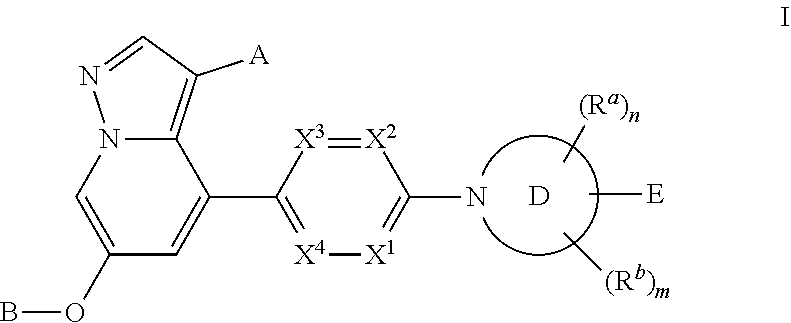
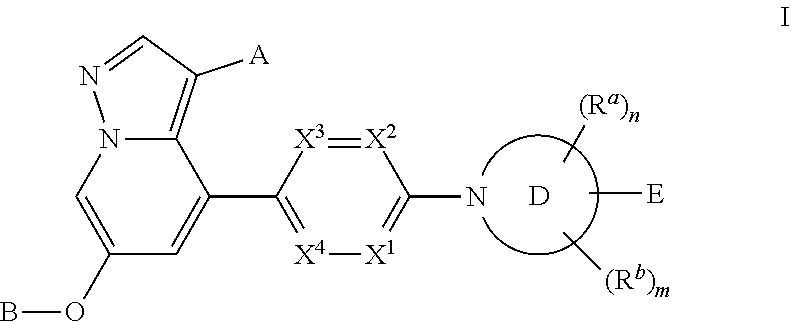
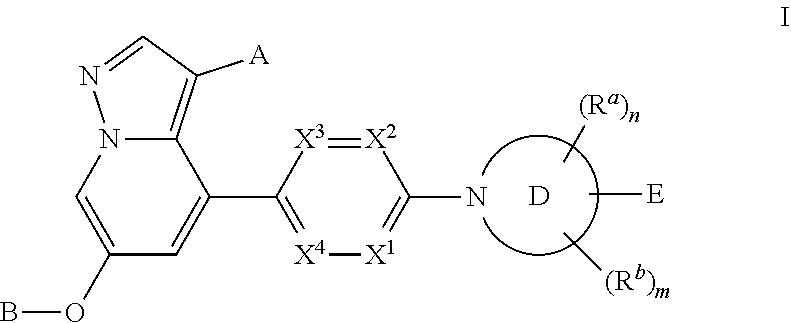
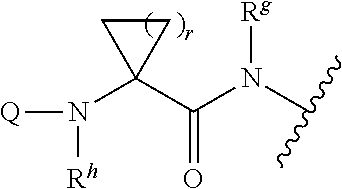
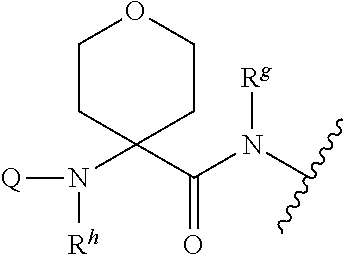


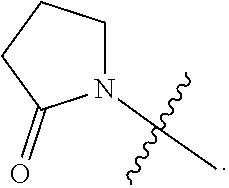


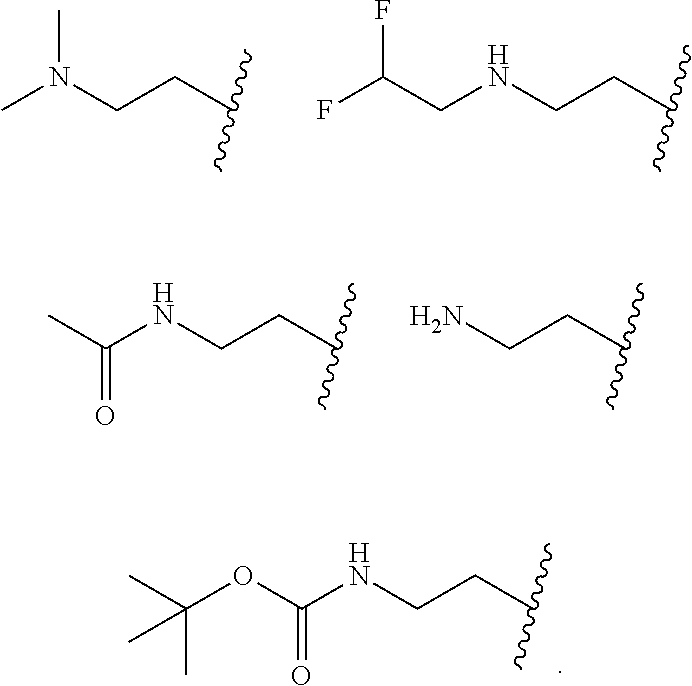
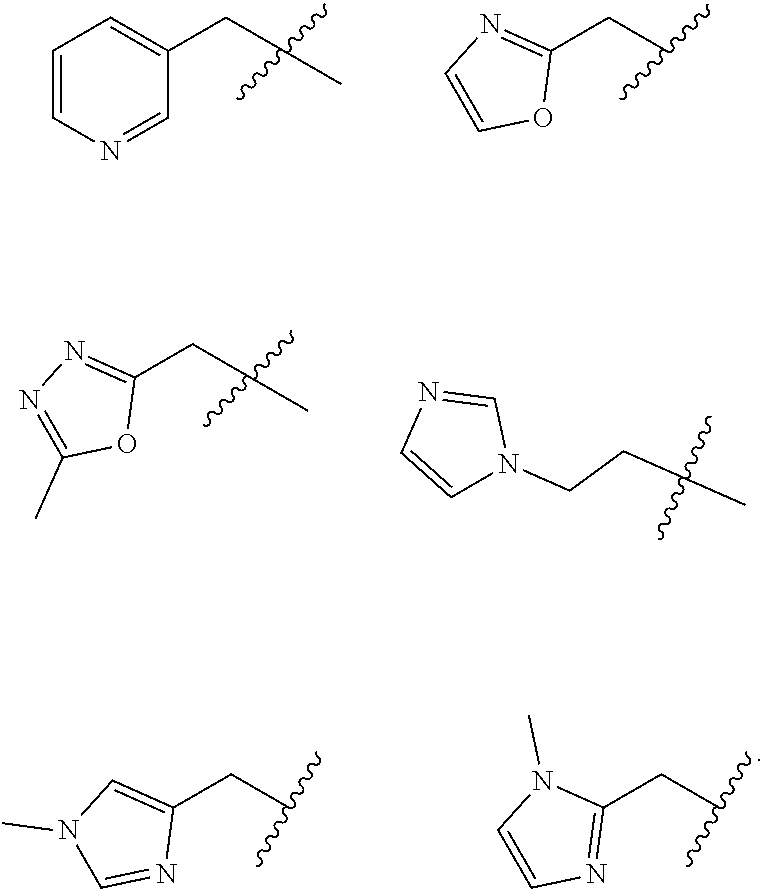
View All Diagrams
| United States Patent | 10,881,652 |
| Andrews , et al. | January 5, 2021 |
Substituted pyrazolo[1,5-A]pyridine compounds as RET kinase inhibitors
Abstract
Provided herein are compounds of the Formula I: ##STR00001## or pharmaceutically acceptable salt or solvate thereof, wherein A, B, X.sup.1, X.sup.2, X.sup.3, X.sup.4, Ring D, E, R.sup.a, R.sup.b, n and m have the meanings given in the specification, which are inhibitors of RET kinase and are useful in the treatment and prevention of diseases which can be treated with a RET kinase inhibitor, including RET-associated diseases and disorders.
| Inventors: | Andrews; Steven W. (Boulder, CO), Aronow; Sean (Boulder, CO), Blake; James F. (Boulder, CO), Brandhuber; Barbara J. (Boulder, CO), Collier; James (Boulder, CO), Cook; Adam (Boulder, CO), Haas; Julia (Boulder, CO), Jiang; Yutong (Boulder, CO), Kolakowski; Gabrielle R. (Boulder, CO), McFaddin; Elizabeth A. (Boulder, CO), McKenney; Megan L. (Boulder, CO), McNulty; Oren T. (Boulder, CO), Metcalf; Andrew T. (Boulder, CO), Moreno; David A. (Boulder, CO), Ramann; Ginelle A. (Boulder, CO), Tang; Tony P. (Boulder, CO), Ren; Li (Boulder, CO), Walls; Shane M. (Boulder, CO) | ||||||||||
|---|---|---|---|---|---|---|---|---|---|---|---|
| Applicant: |
|
||||||||||
| Assignee: | Array Biopharma Inc. (Boulder,
CO) |
||||||||||
| Family ID: | 1000005280323 | ||||||||||
| Appl. No.: | 16/579,150 | ||||||||||
| Filed: | September 23, 2019 |
Prior Publication Data
| Document Identifier | Publication Date | |
|---|---|---|
| US 20200030311 A1 | Jan 30, 2020 | |
Related U.S. Patent Documents
| Application Number | Filing Date | Patent Number | Issue Date | ||
|---|---|---|---|---|---|
| 15860894 | Jan 3, 2018 | 10441581 | |||
| 15858929 | Dec 4, 2018 | 10144734 | |||
| PCT/US2017/055993 | Oct 10, 2017 | ||||
| 62566030 | Sep 29, 2017 | ||||
| 62531690 | Jul 12, 2017 | ||||
| 62491180 | Apr 27, 2017 | ||||
| 62447849 | Jan 18, 2017 | ||||
| 62406275 | Oct 10, 2016 | ||||
| Current U.S. Class: | 1/1 |
| Current CPC Class: | A61K 31/501 (20130101); A61K 45/06 (20130101); A61P 35/00 (20180101); A61K 31/444 (20130101); A61P 1/12 (20180101); A61K 31/4162 (20130101); A61K 31/506 (20130101); A61P 35/02 (20180101); A61K 31/5377 (20130101); C07D 471/04 (20130101); A61P 1/00 (20180101); A61K 31/4545 (20130101); A61K 31/497 (20130101) |
| Current International Class: | C07D 471/04 (20060101); A61K 31/501 (20060101); A61K 31/506 (20060101); A61K 31/5377 (20060101); A61K 45/06 (20060101); A61K 31/497 (20060101); A61K 31/444 (20060101); A61P 35/02 (20060101); A61P 35/00 (20060101); A61P 1/12 (20060101); A61K 31/4162 (20060101); A61K 31/4545 (20060101); A61P 1/00 (20060101) |
References Cited [Referenced By]
U.S. Patent Documents
| 5844092 | December 1998 | Presta et al. |
| 5877016 | March 1999 | Presta et al. |
| 5910574 | June 1999 | Presta et al. |
| 6025166 | February 2000 | Presta et al. |
| 6027927 | February 2000 | Presta et al. |
| 6153189 | November 2000 | Presta et al. |
| 6531152 | March 2003 | Lerner et al. |
| 6861509 | March 2005 | Sanicola-Nadel et al. |
| 7384632 | June 2008 | Devaux et al. |
| 7465726 | December 2008 | Ahmed et al. |
| 7504509 | March 2009 | Ibrahim et al. |
| 7514446 | April 2009 | Davis-Ward et al. |
| 7615383 | November 2009 | Devaux et al. |
| 7795273 | September 2010 | Imbach et al. |
| 7863288 | January 2011 | Ibrahim et al. |
| 7863289 | January 2011 | Spevak et al. |
| 8012966 | September 2011 | Tang et al. |
| 8026247 | September 2011 | Bold et al. |
| 8067434 | November 2011 | Ibrahim et al. |
| 8106069 | January 2012 | Salom et al. |
| 8114989 | February 2012 | Wang et al. |
| 8129374 | March 2012 | Bhagwat et al. |
| 8198298 | June 2012 | Salom et al. |
| 8299057 | October 2012 | Lombardi Borgia et al. |
| 8338417 | December 2012 | Li et al. |
| 8354526 | January 2013 | Ding et al. |
| 8399442 | March 2013 | Berdini et al. |
| 8450322 | May 2013 | Andrews et al. |
| 8461161 | June 2013 | Burns et al. |
| 8501756 | August 2013 | Artman, III et al. |
| 8513263 | August 2013 | Haas et al. |
| 8524709 | September 2013 | Liang et al. |
| 8552002 | October 2013 | Ding et al. |
| 8568998 | October 2013 | Mani et al. |
| 8629135 | January 2014 | Gujral et al. |
| 8637256 | January 2014 | Ernst |
| 8637516 | January 2014 | Fan et al. |
| 8642035 | February 2014 | Luehrsen |
| 8673347 | March 2014 | Traversa et al. |
| 8686005 | April 2014 | Gregor |
| 8691221 | April 2014 | Pavone et al. |
| 8741849 | June 2014 | Panitch et al. |
| 8754209 | June 2014 | Sim et al. |
| 8791123 | July 2014 | Allen et al. |
| 8815901 | August 2014 | Furet et al. |
| 8815906 | August 2014 | Gregor et al. |
| 8895744 | November 2014 | Gambacorti Passerini et al. |
| 8912194 | December 2014 | Ciomei et al. |
| 8912204 | December 2014 | Ibrahim et al. |
| 8933084 | January 2015 | Andrews et al. |
| 8933230 | January 2015 | Yun et al. |
| 8937071 | January 2015 | Eidam et al. |
| 8946226 | February 2015 | Ciomei et al. |
| 9006256 | April 2015 | Matsui |
| 9035063 | May 2015 | Eidam et al. |
| 9102671 | August 2015 | Molteni et al. |
| 9149464 | October 2015 | Bakale et al. |
| 9150517 | October 2015 | Bakale et al. |
| 9186318 | November 2015 | Yun et al. |
| 9216172 | December 2015 | Kohno et al. |
| 9242977 | January 2016 | Takeuchi et al. |
| 9260437 | February 2016 | Ibrahim et al. |
| 9273051 | March 2016 | Chen et al. |
| 9297011 | March 2016 | Downing et al. |
| 9321772 | April 2016 | Dar et al. |
| 9487491 | November 2016 | Shimada et al. |
| 9493455 | November 2016 | Cheve et al. |
| 9505784 | November 2016 | Choi et al. |
| 9522910 | December 2016 | Chilov et al. |
| 9550772 | January 2017 | Cheve et al. |
| 9604980 | March 2017 | Menichincheri et al. |
| 9669028 | June 2017 | Vankayalapati et al. |
| 9682083 | June 2017 | Angiolini et al. |
| 9738660 | August 2017 | Yang et al. |
| 9758508 | September 2017 | Hong et al. |
| 9789100 | October 2017 | Eidam |
| 9801880 | October 2017 | Micklem |
| 10112942 | October 2018 | Andrews et al. |
| 10137124 | November 2018 | Andrews et al. |
| 10138243 | November 2018 | Andrews et al. |
| 10144734 | December 2018 | Andrews et al. |
| 10172845 | January 2019 | Andrews et al. |
| 10172851 | January 2019 | Andrews et al. |
| 10174027 | January 2019 | Andrews et al. |
| 10174028 | January 2019 | Andrews et al. |
| 2004/0185547 | September 2004 | Mohammadi et al. |
| 2005/0209195 | September 2005 | Menta et al. |
| 2005/0222171 | October 2005 | Bold et al. |
| 2006/0183900 | August 2006 | Huang et al. |
| 2007/0117800 | May 2007 | Arnold et al. |
| 2007/0149523 | June 2007 | Ehlert et al. |
| 2007/0265274 | November 2007 | Fagin et al. |
| 2008/0199426 | August 2008 | Sukhatme et al. |
| 2008/0234267 | September 2008 | Lackey |
| 2008/0234276 | September 2008 | Boyle et al. |
| 2008/0234284 | September 2008 | Imbach et al. |
| 2008/0262021 | October 2008 | Capraro et al. |
| 2008/0275054 | November 2008 | Holzer et al. |
| 2008/0287427 | November 2008 | Bold et al. |
| 2008/0312192 | December 2008 | Bold et al. |
| 2008/0319005 | December 2008 | Bold et al. |
| 2009/0012045 | January 2009 | Hitoshi et al. |
| 2009/0027556 | January 2009 | Bleau et al. |
| 2009/0048249 | February 2009 | Chiu et al. |
| 2009/0069360 | March 2009 | Batt et al. |
| 2009/0099167 | April 2009 | Bold et al. |
| 2009/0130229 | May 2009 | Lanzi et al. |
| 2009/0143399 | June 2009 | Hurley et al. |
| 2009/0152083 | June 2009 | Cheng et al. |
| 2009/0209496 | August 2009 | Chaplin et al. |
| 2009/0215761 | August 2009 | Whitten et al. |
| 2009/0227556 | September 2009 | Obaishi |
| 2009/0312321 | December 2009 | Ren et al. |
| 2010/0004239 | January 2010 | Tang et al. |
| 2010/0048540 | February 2010 | Boyle et al. |
| 2010/0069395 | March 2010 | Imbach et al. |
| 2010/0075916 | March 2010 | Gant et al. |
| 2010/0081675 | April 2010 | Hsieh et al. |
| 2010/0152219 | June 2010 | Block et al. |
| 2010/0173954 | July 2010 | Wilhelm et al. |
| 2010/0209488 | August 2010 | Wrasidlo et al. |
| 2010/0280012 | November 2010 | Lee |
| 2010/0297115 | November 2010 | Blaustein |
| 2010/0324065 | December 2010 | Ibrahim et al. |
| 2011/0046370 | February 2011 | Sim et al. |
| 2011/0053934 | March 2011 | Angell et al. |
| 2011/0133637 | June 2011 | Ota |
| 2011/0189167 | August 2011 | Flynn et al. |
| 2011/0195072 | August 2011 | Boulay et al. |
| 2011/0212053 | September 2011 | Qian et al. |
| 2011/0269739 | November 2011 | Kim et al. |
| 2011/0281841 | November 2011 | Lee et al. |
| 2011/0301157 | December 2011 | Bold et al. |
| 2012/0065233 | March 2012 | Gregor |
| 2012/0070410 | March 2012 | Apuy et al. |
| 2012/0225057 | September 2012 | Flynn et al. |
| 2012/0271048 | October 2012 | Sim et al. |
| 2012/0277247 | November 2012 | Menet et al. |
| 2012/0277424 | November 2012 | Sim et al. |
| 2012/0283261 | November 2012 | Bearss et al. |
| 2012/0302567 | November 2012 | Jung et al. |
| 2013/0012703 | January 2013 | Sim et al. |
| 2013/0029925 | January 2013 | Vandier et al. |
| 2013/0053370 | February 2013 | Son et al. |
| 2013/0079343 | March 2013 | Sim et al. |
| 2013/0303518 | November 2013 | Tang et al. |
| 2014/0121239 | May 2014 | Aftab |
| 2014/0137274 | May 2014 | Ishikawa |
| 2014/0272951 | September 2014 | Chakravarti et al. |
| 2014/0371219 | December 2014 | Bae et al. |
| 2015/0018336 | January 2015 | Chen et al. |
| 2015/0051222 | February 2015 | Barbugian et al. |
| 2015/0057335 | February 2015 | Kohno et al. |
| 2015/0065468 | March 2015 | Holladay et al. |
| 2015/0099721 | April 2015 | Acquaviva et al. |
| 2015/0099762 | April 2015 | Eidam et al. |
| 2015/0166564 | June 2015 | Allen et al. |
| 2015/0177246 | June 2015 | Shibata et al. |
| 2015/0238477 | August 2015 | Aftab |
| 2015/0272958 | October 2015 | Kodama et al. |
| 2015/0283132 | October 2015 | Lim et al. |
| 2015/0306086 | October 2015 | Wilcoxen |
| 2016/0000783 | January 2016 | Takeuchi et al. |
| 2016/0009709 | January 2016 | Cheve et al. |
| 2016/0046636 | February 2016 | Gray et al. |
| 2016/0137654 | May 2016 | Arrigo et al. |
| 2016/0176865 | June 2016 | Ibrahim et al. |
| 2017/0014413 | January 2017 | Downing et al. |
| 2017/0044106 | February 2017 | Aftab et al. |
| 2017/0096425 | April 2017 | Andrews et al. |
| 2017/0114032 | April 2017 | Cheng et al. |
| 2017/0121312 | May 2017 | Brubaker et al. |
| 2017/0226100 | August 2017 | Jiaang et al. |
| 2017/0267661 | September 2017 | Kim et al. |
| 2017/0281632 | October 2017 | Cox et al. |
| 2017/0283404 | October 2017 | Cheung et al. |
| 2017/0298074 | October 2017 | Cheung et al. |
| 2018/0009817 | January 2018 | Miyazaki et al. |
| 2018/0009818 | January 2018 | Miyazaki et al. |
| 2018/0133200 | May 2018 | Andrews et al. |
| 2018/0133207 | May 2018 | Andrews et al. |
| 2018/0133213 | May 2018 | Andrews et al. |
| 2018/0134702 | May 2018 | Andrews et al. |
| 2018/0134703 | May 2018 | Andrews et al. |
| 2018/0148445 | May 2018 | Andrews et al. |
| 2018/0179203 | June 2018 | Andrews et al. |
| 2018/0186790 | July 2018 | Andrews et al. |
| 2018/0186791 | July 2018 | Andrews et al. |
| 105255927 | Jan 2016 | CN | |||
| 3037547 | Jun 2016 | EP | |||
| 2015109806 | Jun 2015 | JP | |||
| WO8705297 | Sep 1987 | WO | |||
| WO1997044356 | Nov 1997 | WO | |||
| WO2001016169 | Mar 2001 | WO | |||
| WO2001062273 | Aug 2001 | WO | |||
| WO2003020698 | Mar 2003 | WO | |||
| WO2005044835 | May 2005 | WO | |||
| WO2005051366 | Jun 2005 | WO | |||
| WO2005062795 | Jul 2005 | WO | |||
| WO2005070431 | Aug 2005 | WO | |||
| WO2006089298 | Aug 2006 | WO | |||
| WO2006123113 | Nov 2006 | WO | |||
| WO2006130613 | Dec 2006 | WO | |||
| WO2006131952 | Dec 2006 | WO | |||
| WO2007002325 | Jan 2007 | WO | |||
| WO2007002433 | Jan 2007 | WO | |||
| WO2007022999 | Mar 2007 | WO | |||
| WO2007054357 | May 2007 | WO | |||
| WO2007057397 | May 2007 | WO | |||
| WO2007057399 | May 2007 | WO | |||
| WO2007087245 | Aug 2007 | WO | |||
| WO2007109045 | Sep 2007 | WO | |||
| WO2007110344 | Oct 2007 | WO | |||
| WO2007136103 | Nov 2007 | WO | |||
| WO2008031551 | Mar 2008 | WO | |||
| WO2008079903 | Jul 2008 | WO | |||
| WO2008079906 | Jul 2008 | WO | |||
| WO2008079909 | Jul 2008 | WO | |||
| WO2008080001 | Jul 2008 | WO | |||
| WO2008080015 | Jul 2008 | WO | |||
| WO2009007748 | Jan 2009 | WO | |||
| WO2009012283 | Jan 2009 | WO | |||
| WO2009013126 | Jan 2009 | WO | |||
| WO2009014637 | Jan 2009 | WO | |||
| WO2009017838 | Feb 2009 | WO | |||
| WO2009023978 | Feb 2009 | WO | |||
| WO2009042646 | Apr 2009 | WO | |||
| WO2009053442 | Apr 2009 | WO | |||
| WO2009071480 | Jun 2009 | WO | |||
| WO2009092049 | Jul 2009 | WO | |||
| WO2009118411 | Oct 2009 | WO | |||
| WO2009143018 | Nov 2009 | WO | |||
| WO2009143024 | Nov 2009 | WO | |||
| WO2009152083 | Dec 2009 | WO | |||
| WO2010031816 | Mar 2010 | WO | |||
| WO2010033941 | Mar 2010 | WO | |||
| WO2010048314 | Apr 2010 | WO | |||
| WO2010058006 | May 2010 | WO | |||
| WO2010111527 | Sep 2010 | WO | |||
| WO2010145998 | Dec 2010 | WO | |||
| WO2011006074 | Jan 2011 | WO | |||
| WO2011022439 | Feb 2011 | WO | |||
| WO2011045344 | Apr 2011 | WO | |||
| WO2011092120 | Aug 2011 | WO | |||
| WO2011133637 | Oct 2011 | WO | |||
| WO2011146336 | Nov 2011 | WO | |||
| WO2012034091 | Mar 2012 | WO | |||
| WO2012034095 | Mar 2012 | WO | |||
| WO2012047017 | Apr 2012 | WO | |||
| WO2012053606 | Apr 2012 | WO | |||
| WO2012101029 | Aug 2012 | WO | |||
| WO2012101032 | Aug 2012 | WO | |||
| WO2012109075 | Aug 2012 | WO | |||
| WO2012113774 | Aug 2012 | WO | |||
| WO2012116217 | Aug 2012 | WO | |||
| WO2012139930 | Oct 2012 | WO | |||
| WO2012143248 | Oct 2012 | WO | |||
| WO2012152763 | Nov 2012 | WO | |||
| WO2012158413 | Nov 2012 | WO | |||
| WO2012171337 | Dec 2012 | WO | |||
| WO2013014039 | Jan 2013 | WO | |||
| WO2013016720 | Jan 2013 | WO | |||
| WO2013036232 | Mar 2013 | WO | |||
| WO2013042137 | Mar 2013 | WO | |||
| WO2013050446 | Apr 2013 | WO | |||
| WO2013050448 | Apr 2013 | WO | |||
| WO2013074518 | May 2013 | WO | |||
| WO2013102059 | Jul 2013 | WO | |||
| WO2013174876 | Nov 2013 | WO | |||
| WO2013183578 | Dec 2013 | WO | |||
| WO2014011900 | Jan 2014 | WO | |||
| WO2014019908 | Feb 2014 | WO | |||
| WO2014072220 | May 2014 | WO | |||
| WO2014075035 | May 2014 | WO | |||
| WO2014078322 | May 2014 | WO | |||
| WO2014078323 | May 2014 | WO | |||
| WO2014078325 | May 2014 | WO | |||
| WO2014078328 | May 2014 | WO | |||
| WO2014078331 | May 2014 | WO | |||
| WO2014078372 | May 2014 | WO | |||
| WO2014078378 | May 2014 | WO | |||
| WO2014078408 | May 2014 | WO | |||
| WO2014078417 | May 2014 | WO | |||
| WO2014078454 | May 2014 | WO | |||
| WO2014083567 | Jun 2014 | WO | |||
| WO2014086284 | Jun 2014 | WO | |||
| WO2014141187 | Sep 2014 | WO | |||
| WO2014160521 | Oct 2014 | WO | |||
| WO2014160524 | Oct 2014 | WO | |||
| WO2014184069 | Nov 2014 | WO | |||
| WO2014194127 | Dec 2014 | WO | |||
| WO2015017528 | Feb 2015 | WO | |||
| WO2015017533 | Feb 2015 | WO | |||
| WO2015057873 | Apr 2015 | WO | |||
| WO2015058129 | Apr 2015 | WO | |||
| WO2015061572 | Apr 2015 | WO | |||
| WO2015079251 | Jun 2015 | WO | |||
| WO2015108992 | Jul 2015 | WO | |||
| WO2015112806 | Jul 2015 | WO | |||
| WO2015124697 | Aug 2015 | WO | |||
| WO2015161274 | Oct 2015 | WO | |||
| WO2015161277 | Oct 2015 | WO | |||
| WO2015175788 | Nov 2015 | WO | |||
| WO2015191666 | Dec 2015 | WO | |||
| WO2015191667 | Dec 2015 | WO | |||
| WO2016011141 | Jan 2016 | WO | |||
| WO2016011144 | Jan 2016 | WO | |||
| WO2016011147 | Jan 2016 | WO | |||
| WO2016022569 | Feb 2016 | WO | |||
| WO2016027754 | Feb 2016 | WO | |||
| WO2016037578 | Mar 2016 | WO | |||
| WO2016038519 | Mar 2016 | WO | |||
| WO2016038552 | Mar 2016 | WO | |||
| WO2016075224 | May 2016 | WO | |||
| WO2016077841 | May 2016 | WO | |||
| WO2016081450 | May 2016 | WO | |||
| WO2016096709 | Jun 2016 | WO | |||
| WO2016127074 | Aug 2016 | WO | |||
| WO2016137060 | Sep 2016 | WO | |||
| WO2016141169 | Sep 2016 | WO | |||
| WO2016168992 | Oct 2016 | WO | |||
| WO2017009644 | Jan 2017 | WO | |||
| WO2017011776 | Jan 2017 | WO | |||
| WO2017013160 | Jan 2017 | WO | |||
| WO2017026718 | Feb 2017 | WO | |||
| WO2017027883 | Feb 2017 | WO | |||
| WO2017043550 | Mar 2017 | WO | |||
| WO2017049462 | Mar 2017 | WO | |||
| WO2017097697 | Jun 2017 | WO | |||
| WO2017122815 | Jul 2017 | WO | |||
| WO2017145050 | Aug 2017 | WO | |||
| WO2017146116 | Aug 2017 | WO | |||
| WO2017178844 | Oct 2017 | WO | |||
| WO2017178845 | Oct 2017 | WO | |||
Other References
|
US. Appl. No. 15/211,702, filed Jul. 15, 2016, U.S. Pat. No. 10,023,570, Steven W. Andrews. cited by applicant . U.S. Appl. No. 15/858,658, filed Dec. 29, 2017, U.S. Pat. No. 10,174,027, Steven W. Andrews. cited by applicant . U.S. Appl. No. 15/860,781, filed Jan. 3, 2018, U.S. Pat. No. 10,138,243, Steven W. Andrews. cited by applicant . U.S. Appl. No. 15/860,849, filed Jan. 3, 2018, U.S. Pat. No. 10,174,028, Steven W. Andrews. cited by applicant . U.S. Appl. No. 16/241,837, filed Jan. 7, 2019, US2019/0127373, Steven W. Andrews. cited by applicant . U.S. Appl. No. 16/241,839, filed Jan. 7, 2019, US2019/0127374, Steven W. Andrews. cited by applicant . U.S. Appl. No. 16/245,004, filed Jan. 10, 2019, US2019/0127375, Steven W. Andrews. cited by applicant . U.S. Appl. No. 15/858,240, filed Dec. 29, 2017, U.S. Pat. No. 10,112,942, Steven W. Andrews. cited by applicant . U.S. Appl. No. 15/860,808, filed Jan. 3, 2018, U.S. Pat. No. 10,172,851, Steven W. Andrews. cited by applicant . U.S. Appl. No. 15/860,852, filed Jan. 3, 2018, U.S. Pat. No. 10,137,124, Steven W. Andrews. cited by applicant . U.S. Appl. No. 15/852,929, filed Dec. 29, 2017, U.S. Pat. No. 10,144,734, Steven W. Andrews. cited by applicant . U.S. Appl. No. 15/860,894, filed Jan. 3, 2018, US2018/0133207, Steven W. Andrews. cited by applicant . U.S. Appl. No. 15/861,244, filed Jan. 3, 2018, U.S. Pat. No. 10,172,845, Steven W. Andrews. cited by applicant . Albaugh et al., "Discovery of GNF-5387, a Selective TRK Inhibitor with Efficacy in Rodent Cancer Tumor Models," ACS Med Chem. Lett., Jan. 1, 2012;3(2):140-145. cited by applicant . Amit M et al., "Upregulation of RET induces perineurial invasion of pancreatic adenocarcinoma." Oncogene Jun. 8, 2017: 36:3232-3239. cited by applicant . Andreucci et al., "Targeting the receptor tyrosine kinase RET in combination with aromalase inhibitors in ER positive breast cancer xenografts," Oncotarget, Dec. 6, 2016, 7(49):80543-80553. cited by applicant . Antonescu et al., "Molecular characterization of inflammatory myofibroblastic tumors with frequent ALK and ROS1 gene fusions and rare novel RET rearrangement," Am J Surg Pathol, Jul. 2015;39(7):957-967. cited by applicant . Arighi et al., "RET tyrosine kinase signaling in development and cancer," Cytokine Growth Factor Rev, Aug.-Oct. 2005; 16(4-5):441-467. cited by applicant . Ballerini et al., "RET fusion genes are associated with chronic myelomonocytic leukemia and enhance monocytic differentiation," Leukemia, Nov. 2012;26(11):2384-2389. cited by applicant . Bastien et al., Journal of Molecular Diagnostics, 18(6):1027, Abstract No. S120, 2016 Annual Meeting of the Association for Molecular Pathology, Charlotte, NC, 2016. cited by applicant . Behrens et al., "Go 6976 is a potent inhibitor of neurotrophin-receptor intrinsic tyrosine kinase," J Neurochem. Mar. 1999;72(3):919-924. cited by applicant . Bhinge et al., "EGFR mediates activation of RET in lung adenocarcinoma with neuroendocrine differentiation characterized by ASCL1 expression," Oncotarget, Apr. 18, 2017, 8(16):27155-27165. cited by applicant . Borecka et al., European Journal of Cancer, (Jul. 2016) vol. 61, No. 1, pp. S26. Abstract No. 162, Meeting Info: 24th Biennial Congress of the European Association for Cancer Research, EACR 2016, Manchester, United Kingdom. cited by applicant . Borrello et al., "RET inhibition: implications in cancer therapy," Expert Opin. Ther. Targets, Apr. 2013, 17(4):403-419. cited by applicant . Boulay et al., "The Ret receptor tyrosine kinase pathway functionally interacts with the ERalpha pathway in breast cancer," Cancer Res., May 15, 2008;68(10):3743-3751. cited by applicant . Brodeur, "Neuroblastoma: biological insights into a clinical enigma," Nat Rev Cancer. Mar. 2003 3(3):203-216. cited by applicant . Butler Tjaden et al., "The developmental etiology and pathogenesis of Hirschsprung disease," Transl. Res., Jul. 2013;162(1):1-15. cited by applicant . Calero et al., "Sunitinib suppress neuroblastoma growth through degradation of MYCN and inhibition of angiogenesis," PLoS One. Apr. 23, 2014;9(4):e95628. cited by applicant . Camilleri, "Peripheral mechanisms in irritable bowel syndrome," N Engl J Med, Oct. 25, 2012, 367(17): 1626-1635. cited by applicant . Camoratto et al., "CEP-751 inhibits TRK receptor tyrosine kinase activity in vitro exhibits anti-tumor activity," Int J Cancer. Aug. 7, 1997;72(4):673-679. cited by applicant . Camos et al., "Gene expression profiling of acute myeloid leukemia with translocation t(8.16)(p11:p13) and MYST3-CREBBP rearrangement reveals a distinctive signature with a specific pattern of HOX gene expression," Cancer Res., Jul. 15, 2006;66(14):6947-6954. cited by applicant . Cancer Genome Atlas Network. "Comprehensive molecular characterization of human colon and rectal cancer." Nature. Jul. 18, 2012;487(7407):330-337. cited by applicant . Carlomagno et al., "Identification of tyrosine 806 as a molecular determinant of RET kinase sensitivity to ZD6474," Endocr. Rel. Cancer, Mar. 2009;16(1):233-241. cited by applicant . Carpinelli et al., "PHA-739358, a potent inhibitor of Aurora kinases with a selective target inhibition profile relevant to cancer," Mol Cancer Ther., Dec. 2007;6(12 Pt 1):3158-68. cited by applicant . Cecchirini et al., "Somatic in frame deletions not involving juxtamembranous cysteine residues strongly activate the RET proto-oncogene," Oncogene, May 29, 1997;14(21):2609-2612. cited by applicant . Ceolin et al., "Effect of 3'UTR RET Variants on RET mRNA Secondary Structure and Disease Presentation in Medullary Thyroid Carcinoma," PLoS One, Feb. 1, 2016;11(2):e0147840. doi: 10.1371/journal.pone.0147840. eCollection 2016. cited by applicant . Chang et al., "EGF Induced RET Inhibitor Resistance in CCDC6-RET Lung Cancer Cells," Yonsei Med J, Jan. 2017 58(1):9-18. cited by applicant . Choi et al., "(R)-2-Phenylpyrrolidine Substituted Imidazopyridazines: A New Class of Potent and Selective Pan-TRK Inhibitors," ACS Med Chem Lett., Mar. 16, 2015;6(5):562-567. cited by applicant . Corsello et al., Endocrine Reviews, (Jun. 2014) vol. 35, No. 3, Suppl. S, pp. SUN-0322, Meeting Info.: 96th Annual Meeting and Expo of the Endocrine-Society, Chicago, IL, USA, Jun. 21-24, 2014. cited by applicant . Cranston et al., "RET is constitutively activated by novel tandem mutations that alter the active site resulting in multiple endocrine neoplasia type 2B." Cancer Res., Oct. 15, 2006;66(20):10179-10187. cited by applicant . Croucher et al., "TrkB inhibition by GNF-4256 slows growth and enhances chemotherapeutic efficacy in neuroblastoma xenografts," Cancer Chemother Pharmacol., Jan. 2015;75(1):131-141. cited by applicant . Davila et al., "Comprehensive genomic profiling of a rare thyroid follicular dendritic cell sarcoma," Rare Tumors, 2017, 9(2):6834. cited by applicant . Dawson et al., "Altered expression of RET proto-oncogene product in prostatic intraepithelial neoplasia and prostate cancer," J Natl Cancer Inst, Apr. 1, 1998;90(7):519-523. cited by applicant . De Almeida et al., Endocrine Reviews, 2016, vol. 37, No. 2, Supp. Supplement 1. Abstract No. SUN-068; 93th Annual Meeting and Expo of the Endocrine Society, ENDO 2016. Boston, MA, US. Apr. 1, 2016-Apr. 4, 2016. cited by applicant . De Groot et al., "RET as a diagnostic and therapeutic target in sporadic and hereditary endocrine tumors." Endocrine Rev, Aug. 2006;27(5):535-560. cited by applicant . Demeure et al., "Whole-genome Sequencing of an Aggressive BRAF Wild-type Papillary Thyroid Cancer Identified EML4-ALK Translocation as a Therapeutic Target," World J. Surg., Jun. 2014, 38(6):1296-305. cited by applicant . Diner et al., "Preparation of 3-substituted-1-isopropyl-1H-pyrazolo[3,4-d]pyrimidin-4-amines as RET kinase inhibitors," J. Med. Chem., May 24, 2012, 55(10):4872-4876. cited by applicant . Ding et al., "Artemin, a member of the glial cell line-derived neurotrophic factor family of ligands, is HER2-regulated and mediates acquired trastuzumab resistance by promoting cancer stem cell-like behavior in mammary carcinoma cells." J Biol Chem. Jun. 6, 2014. 289(23):16057-71. cited by applicant . Dogan et al., Laboratory Investigation, (Feb. 2017) vol. 97, Supp. 1, pp. 323A. Abstract No. 1298, Meeting Info: 106th Annual Meeting of the United States and Canadian Academy of Pathology, USCAP 2017. San Antonio, TX, United States. cited by applicant . Dogan et al., "Genomic Profiling of the Two Closely Related "cousins" Acinic Cell Carcinoma and Mammary Analog Secretory Carcinoma of Salivary Glands Reveals Novel NVOA4-RET Fusion in Mammary Analog Secretory Carcinoma." Modern Pathology, vol. 30, Supp. [2], pp. 323A-323A. MA 1298. 2017. cited by applicant . Drilon et al., "Phase II study of cabozantinib for patients with advanced RET-rearranged lung cancers," Journal of Clinical Oncology, May 20, 2015; 33(15S):8007-8007 [Abstract Only], 6 pages. cited by applicant . Esseghir et al., "A role for glial cell derived neurotrophic factor induced expression by inflammatory cytokines and RET/GFR alpha 1 receptor up-regulation in breast cancer," Cancer Res. Dec. 15, 2007;67(24):11732-11741. cited by applicant . Fang et al., "Detection of a novel RET gene fusion in a non-small cell lung cancer patient using AMP chemistry." Journal of Thoracic Oncology, Feb. 1, 2016,11(2):S21-S22. cited by applicant . Flavin et al., "RET protein expression in papillary renal cell carcinoma," Urol. Oncol., Nov.-Dec. 2012;30(6):900-905. cited by applicant . Fugazzola et al., "Molecular and biochemical analysis of RET/PTC4, a novel oncogenic rearrangement between RET and ELE1 genes in a post-Chernobyl papillary thyroid cancer," Oncogene, Sep. 1996, 13(5): 1093-7. cited by applicant . Futami et al., "A novel somatic point mutation of the RET Proto-oncogene in tumor tissues of small cell lung cancer patients," Jpn. J. Cancer Res., Dec. 1995, 86(12):1127-1130. cited by applicant . Gao et al., "Neurotrophic Factor Artemin Promotes Invasiveness and Neurotrophic Function of Pancreatic Adenocarcinoma In Vivo and In Vitro," Pancreas, Jan. 2015, 44(1):134-143. cited by applicant . Gattei et al., "Expression of the RET receptor tyrosine kinase and GDNFR-alpha in normal and leukemic human hematopoietic cells and stromal cells of the bone marrow microenvironment," Blood, Apr. 15, 1997;89(8):2925-2937. cited by applicant . Gattei, et al., "Differential expression of the RET gene in human acute myeloid leukemia," Ann. Hematol, Nov. 1998, 77(5):207-210. cited by applicant . Gattelli et al., "Ret inhibition decreases growth and metastatic potential of estrogen receptor positive breast cancer cells," EMBO Mol. Med., Sep. 2013;5(9):1335-1350. cited by applicant . Gazizova et al., Endocrine Reviews, (Jun. 2014) vol. 35, No. 3, Suppl. S, pp. SAT-0304, Meeting Info.: 96th Annual Meeting and Expo of the Endocrine-Society, Chicago, IL, USA, Jun. 21-24, 2014. cited by applicant . Gil et al., "Paracrine regulation of pancreatic cancer cell invasion by peripheral nerves." J. Natl. Cancer Inst., Jan. 20, 2010;102(2):107-118. cited by applicant . Gozgit et al., "RET fusions identified in colorectal cancer PDX models are sensitive to the potent RET inhibitor ponatinib," AACR Annual Meeting, Apr. 7, 2014, Presentation Abstract. [Abstract Only]. 1 page. cited by applicant . Greco et al., "Molecular pathology of differentiated thyroid cancer," J. Nucl. Med. Mol. Imaging, Oct. 2009. 53:440-454. cited by applicant . Green & Wuts, eds., "Protecting Groups in Organic Synthesis", 2nd ed. New York; John Wiley & Sons, Inc., 1991, Chapter One, 20 pages. cited by applicant . Grey et al., "The RET E616Q Variant is a Gain of Function Mutation Present in a Family with Features of Multiple Endocrine Neoplasia 2A," Endocrine Pathology, Mar. 2017, 28(1):41-48. cited by applicant . Grieco et al., "PTC is a novel rearranged form of the ret proto-oncogene and is frequently detected in vivo in human thyroid papillary carcinomas," Cell, Feb. 23, 1990, 60(4):557-563. cited by applicant . Grubbs et al., "RET fusion as a novel driver of medullary thyroid carcinoma." J. Clin. Endocrinol. Metab., Mar. 2015;100(3):788-793. cited by applicant . Gura et al., "Systems for identifying new drugs are often faulty," Science, 1997, 278:1041-1042. cited by applicant . Halkova et al., "A novel RET/PTC variant detected in a pediatric patient with papillary thyroid cancer without ionization history," Human Pathology, Dec. 2015, 46(12) 1962-1969. cited by applicant . Hezam et al., "Artemin promotes oncogenicity, metastasis and drug resistance in cancer cells," Rev Neurosci, Jan. 26, 2018. 29(1):93-98. cited by applicant . Hirshfield et al., Cancer Research, (Feb. 2017) vol. 77, No. 4, Supp. 1. Abstract No. P3-07-02. Meeting Info: 39th Annual CTRC-AACR San Antonio Breast Cancer Symposium. San Antonio, TX. United States. Dec. 6, 2016-Dec. 10, 2016. cited by applicant . Hoffman et al., "Activation of colonic mucosal 5-HT(4) receptors accelerates propulsive motility and inhibits visceral hypersensitivity," Gastroenterology, Apr. 2012;142(4):844-854. cited by applicant . Hofstra et al., "No mutations found by RET mutation scanning in sporadic and hereditary neuroblastoma." Hum Genet., Mar. 1996, 97(3):362-364. cited by applicant . Huang et al., "Preclinical Modeling of K1F5B-RET Fusion Lung Adenocarcinoma," Mol. Cancer Ther., Oct. 2016, 15(10):2521-2529. cited by applicant . Ibrahimpasic et al., "Genomic Alterations in Fatal Forms of Non-Anaplastic Thyroid Cancer: Identification of MED12 and RBM10 as Novel Thyroid Cancer Genes Associated with Tumor Virulence," Clin. Cancer Res., Oct. 2017, 23(19):5970-5980. cited by applicant . International Search Report and Written Opinion in International Application No. PCT/US2017/055993, dated Jan. 30, 2018, 11 pages. cited by applicant . Ito et al., "Expression of glial cell line-derived neurotrophic factor family members and their receptors in pancreatic cancers," Surgery, Oct. 2005, 138(4):788-794. cited by applicant . Iwahashi et al., "Expression of glial cell line-derived neurotrophic factor correlates with perineural invasion of bile duct carcinoma," Cancer. Jan. 1, 2002, 94(1):167-174. cited by applicant . Iyama et al., "Identification of Three Novel Fusion Oncogenes, SQSTM1/NTRK3, AFAP1L2/RET, and PPF1BP2/RET, in Thyroid Cancers of Young Patients in Fukushima," Thyroid, Jun. 2017, 27(6):811-818. cited by applicant . Iyer et al, "AZ64 inhibits TrkB and enhances the efficacy of chemotherapy and local radiation in neuroblastoma xenografts," Cancer Chemother Pharmacol., Sep. 2012;70(3):477-486. cited by applicant . Johnson et al., Relationships between drug activity in NCI preclinical in vitro and in vivo models and early clinical trials, British Journal of Cancer, 84(10):1424-1431, 2001. cited by applicant . Joung et al., "Diffuse sclerosing variant of papillary thyroid carcinoma: major genetic alterations and prognostic implications." Histopathology, Jul. 2016 69(1):45-53. cited by applicant . Jovanovic et al., "Novel RET mutations in macedonian patients with medullary thyroid carcinoma: genotype-phenotype correlations," Pril (Makedon Akad Nauk Umet Odd Med Nauki), 2015;36(1):93-107. cited by applicant . Ju et al., "A transforming KIF5B and RET gene fusion in lung adenocarcinoma revealed from whole-genome and transcriptome sequencing," Genome Res., Mar. 2012.22(3):436-445. cited by applicant . Kaneta et al., Abstract B173: Preclinical characterization and antitumor efficacy of DS-5010, a highly potent and selective RET inhibitor, Mol Cancer Ther Jan. 1, 2018 (17) (1 Supplement) B173; DOI:10.1158/1535-7163.TARG-17-B173. cited by applicant . Karachialiou et al ., "Real-time liquid biopsies become a reality in cancer treatment," Ann. Transl. Med , Mar. 2015, 3(3):36. cited by applicant . Karrasch et al., "How to Assess the Clinical Relevance of Novel RET Missense Variants in the Absense of Functional Studies?" Eur. Thyroid J., Mar. 2016;5(1):73-77. cited by applicant . Kato et al., "Repair by Src kinase of function-impaired RET with multiple endocrine neoplasia type 2A mutation with substitutions of tyrosines in the COOH-terminal kinase domain for phenylalanine," Cancer Res., Apr. 15, 2002, 62(8):2414-2422. cited by applicant . Kate et al., "RET Aberrations in Diverse Cancers: Next-Generation Sequencing of 4,871 Patients," Clin. Cancer Res., Apr. 15, 2017, 23(8):1988-1997. cited by applicant . Keszthelvi et al., "Revisiting concepts of visceral nociception in irritable bowel syndrome," Eur. J. Pain. Nov. 2012;16(10):1444-1454. cited by applicant . Kheiroddin et al., "RET Gene Analysis in Patients with Medullary Thyroid Carcinoma," Clin. Lab., Jan. 2016, 62(5):871-876. cited by applicant . Kim et al., "A New Germline Ala641Thr Variant in the Transmembrane Domain of the RET Gene Associated With Medullary Thyroid Cancer," Acto Endocrinologica-Bucharest, Apr. 2015, 11(2):189-194. cited by applicant . Kim et al., "Mammaglobin-A is a target for breast cancer vaccination," Oncoimmunology, Feb. 26, 2016;5(2):e1069940. eCollection Feb. 2016. cited by applicant . Kloosterman et al., "A systematic analysis of oncogenic gene fusions in primary colon cancer." Cancer Res. Jul. 15, 2017, 77(14):3814-3822. cited by applicant . Klugbauer et al., "A novel type of RET rearrangement (PTC8) in childhood papillary thyroid carcinomas and characterization of the involved gene (RFG8)," Cancer Res., Dec. 15, 2000;60(24):7028-32. cited by applicant . Kohlmann, et al., "Next-Generation Sequencing Technology Reveals a Characteristic Pattern of Molecular Mutations in 72.8% of Chronic Myelomonocytic Leukemia by Detecting Frequent Alterations in TET2, CBL, RAS, and RUNX1," J. Clin. Oncol. Aug. 20, 2010. 28(24):3858-3865. cited by applicant . Kohno et al., "KIF5B-RET fusions in lung adenocarcinomas," Nature Med., Feb. 12, 2012;18(3):375-377. cited by applicant . Kooistra et al., "KLIFS: A structural kinaseligand interaction database." Nucleic Acids Res., Jan. 2016, 44(D1):D365-D371. cited by applicant . Kraft et al, Cancer Research, 2017, vol. 77, No. 13, Supp. Supplement 1. Abstract No. 4882; American Association for Cancer Research Annual Meeting 2017. Washington DC, United States. Apr. 1, 2017-Apr. 5, 2017. cited by applicant . Krampitz et al., "RET gene mutations (genotype and phenotype) of multiple endocrine neoplasia type 2 and familial medullary thyroid carcinoma," Cancer. Jul. 1, 2014; 120(13):1920-1931. cited by applicant . Kubler et al., "Self-adjuvanted mRNA vaccination in advanced prostate cancer patients: a first-in-man phase I/IIa study," J Immunother Cancer. Jun. 16, 2015, 3:26, 14 pages. cited by applicant . Latteyer et al., "A 6-Base Pair in Frame Germline Deletion in Exon 7 of RET Leads to Increased RET Phosphorylation, ERK Activation, and MEN2A," J. Clin Endocrinol. Metab., Mar. 2016;101(3):1016-1022. cited by applicant . Le Rolle et al., "Identification and characterization of RET fusions in advanced colorectal cancer," Oncotarget, Oct. 6, 2015;6(30):28929-28937. cited by applicant . Lecht et al., "Angiostatic effects of K252a, a Trk inhibitor, in murine brain capillary endothelial cells," Mol Cell Biochem. Jun. 2010;339(1-2):201-213. cited by applicant . Lee et al., "Identification of a novel partner gene, KIAA1217, fused to RET Functional characterization and inhibitor sensitivity of two isoforms in lung adenocarcinoma," Oncotarget, May 2, 2016, 7(24):36101-36114. cited by applicant . Lee et al., "Whole-exome sequencing identified mutational profiles of high-grade colon adenomas," Oncotarget. Jan. 2017, 8(4): 6579-6588. cited by applicant . Li et al., "Trk inhibitor attenuates the BDNF/TrkB-induced protection of neuroblastoma cells from etoposide in vitro and in vivo," Cancer Biol Ther., 2015;16(3):477-483. cited by applicant . Lipson et al., "Identification of new ALK and RET gene fusions from colorectal and lung cancer biopsies," Nature Med., Feb. 12, 2012;18(3):382-384. cited by applicant . Liu et al., "Oncogenic RET receptors display different autophosphorylation sites and substrate binding specificities," J. Biol. Chem., J Biol Chem. Mar. 8, 1996;271(10):5309-5312. cited by applicant . Lopez-Delisle et al., "Activated ALK signals through the ERK-ETV5-RET pathway to drive neuroblastoma oncogenesis." Oncogene, Jan. 11, 2018, doi: 10.1038/s41388-017-0039-5, [Epub ahead of print]. cited by applicant . Louis et al., "The 2016 World Health Organization Classification of Tumors of the Central Nervous System: a summary," Acta Neuropathol, Jun. 2016, 131(6):803-820. cited by applicant . Lu et al., "Targeted next generation sequencing identifies somatic mutations and gene fusions in papillary thyroid carcinoma," Oncotarget, Jul. 2017, 8(28):45784-45792. cited by applicant . Luo et al., "RET is a potential tumor suppresor gene in colorectal cancer," Oncogene, Apr. 18, 2013;32(16):2037-2047. cited by applicant . Mamedova et al., "Abstract #6: Construction of Baculoviral Vectors for RET Kinase Domain Mutants," Summer Undergraduate Research Programs (SURP) Student Abstracts, University of Oklahoma Health Sciences Center, 2016, p. 28 [Abstract Only]. cited by applicant . Matsubara et al., "Identification of CCDC6-RET fusion in the human lung adenocarcinoma cell line, LC-2/ad," Journal of Thoracic Oncology, Dec. 2012;7(12):1872-1876. cited by applicant . McCarthy et al., "Tropomysin receptor kinase inhibitors: a patent update 2009-2013," Expert Opin. Ther. Pat., Jul. 2014;24(7):731-744. cited by applicant . Mendiola et al., "Preparation, Use, and Safety of O-Mesitylenesulfonyllhydroxylamine," Org. Process Res. Dev., Jan. 2009, 13(2):263-267. cited by applicant . Montagnoli et al., "Anti-proliferative effects of GW441756, a novel inhibitor of NGFreceptor tyrosine kinase a (TRKA), in human sarcoma," Italian Journal of Anatomy and Embryology, Nov. 11, 2010, 115(1/2):117. cited by applicant . Morandi et al., "GDNF-RET signalling in ER-positive breast cancers is a key determinant of response and resistance to aromatase inhibitors," Cancer Res., Jun. 15, 2013:73(12):3783-3795. cited by applicant . Morgensztern et al., Journal of Thoracic Oncology. (Jan. 2017) vol. 12, No. 1, Supp. 1, pp. S717-S718. Abstract No. PI.07-035, Meeting Info: 17th World Conference of the International Association for the Study of Lung Cancer, IASLC 2016, Vienna, Austria. Dec. 4, 2016. cited by applicant . Mulligan et al., "Investigation of the genes for RET and its ligand complex, GDNF/GFR alpha-1. in small cell lung carcinoma," Genes Chromosomes Cancer. Apr. 1998, 21(4):326-332. cited by applicant . Mulligan, "RET revisited: expanding the oncogenic portfolio," Nature Reviews Cancer, Mar. 2014 14(3):173-186. cited by applicant . Narayanan et al., "Discovery and preclinical characterization of novel small molecule TRK and ROS1 tyrosine kinase inhibitors for the treatment of cancer and inflammation," PLoS One, Dec. 26, 2013;8(12):e83380. cited by applicant . Narita et al., "Functional RET G691S polymorphism in cutaneous malignant melanoma," Oncogene, Aug. 27, 2009;28(34):3058-3068. cited by applicant . Nelson-Taylor et al., "Resistance to RET-Inhibition in RET-Rearranged NSCLC is Mediated by Reactivation of RAS/MAPK Signaling," Mol. Cancer Ther., Aug. 2017 16(18):1623-1633. cited by applicant . Ott et al., "An immunogenic personal neoantigen vaccine for patients with melanoma," Nature. Jul. 13, 2017 547(7662):217-221. cited by applicant . Pearce et al., Failure modes in anticancer drug discovery and development. Cancer Drug Design and Discovery Edited by Stephen Neidle, Chapter 18, pp. 424-435 (2008). cited by applicant . Petersen and Bogenmann. "The RET and TRKA pathways collaborate to regulate neuroblastoma differentiation," Oncogene, Jan. 8, 2004;23(1):213-225. cited by applicant . Pirker et al., "Alectinib in RET-rearranged non-small cell lung cancer--Another progress in precision medicine?" Transl. Lung Cancer Res., Dec. 2015;4(6):797-800. cited by applicant . Plaza-Menacho et al., "Targeting the receptor tyrosine kinase RET sensitizes breast cancer cells to tamoxifen treatment and reveals a role for RET in endocrine resistance." Oncogene, Aug. 19, 2010;29(33):4648-4657. cited by applicant . Plenker et al., "Drugging the catalytically inactive state of RET kinase in RET-rearranged tumors," Sci Transl Med, Jun. 14, 2017, 9(394), pii: caah6144. doi: 10.1126/scitranslmed.aah6144. cited by applicant . Plosker, "Sipuleucel-T: in metastatic castration-resistant prostate cancer," Drugs. Jan. 1, 2011;71(1):101-108. cited by applicant . Postow et al., "Immune Checkpoint Blockade in Cancer Therapy," Journal of Clinical Oncology, Jun. 10, 2015;33(17):1974-1982. cited by applicant . Qi, et al., "RET mutation p.S891A in a Chinese family with familial medullary thyroid carcinoma and associated cutaneous amyloidosis binding OSMR variant p.G513D," Oncotarget, Oct. 20, 2015;6(32):33993-4003. cited by applicant . Rausch et al., "mRNA vaccine CV9103 and CV9104 for the treatment of prostate cancer," Human Vaccin immunother, 2014;10(11):3146-3152. cited by applicant . Reeser et al., "Validation of a Targeted RNA Sequencing Assay for Kinase Fusion Detection in Solid Tumors," J Mol. Diagn., Sep. 2017 19(5):682-696. cited by applicant . Reungwetwattana et al., "Targeted therapies in development for non-small cell lung cancer," J Carcinog., Dec. 31, 2013;12:22. cited by applicant . Roblin et al., "Topical TrkA Kinase Inhibitor CT327 is an Effective Novel Therapy for the Treatment of Pruritus due to Psoriasis: Results from Experimental Studies, and Efficacy and Safety of CT327 in a Phase 2b Clinical Trial in Patients with Psoriasis," Acta Derm Venereol. May 2015;95(5):542-548. cited by applicant . Romei and Elisei, "RET/PTC Translocations and Clinico-Pathological Features in Human Papillary Thyroid Carcinoma," Front Endocrinol (Lausanne), Apr. 11, 2012, 3:54. cited by applicant . Romei et al., European Thyroid Journal (Aug. 2016) vol. 5, Supp. Supplement 1, pp. 75; 39th Annual Meeting of the European Thyroid Association, ETA 2016. Copenhagen, Denmark. Sep. 3, 2016-Sep. 6, 2016. cited by applicant . Rosenzweig et al., "A case of advanced infantile myofibromatosis harboring a novel MYH10-RET fusion," Pediatr Blood Cancer, Jul. 2017;64(7). doi: 10.1002/pbc.26377. Epub Dec. 28, 2016. cited by applicant . Sabari et al., "Targeting RET-rearranged lung cancers with multikinase inhibitors," Oncoscience; Mar. 2017, 4(3-4):23-24. cited by applicant . Sahin et al., "Personalized RNA mutanome vaccines mobilize poly-specific therapeutic immunity against cancer," Nature, Jul. 13, 2017, 547(7662):222-226. cited by applicant . Saito et al., "Gene abberations for precision medicine against lung adenocarcinoma," Cancer Science, Jun. 2016;107(6):713-720. cited by applicant . Santoro et al., "Development of thyroid papillary carcinomas secondary to tissue-specific expression of the RET/PTC1 oncogene in transgenic mice," Oncogene, Apr. 18, 1996, 12(8):1821-1826. cited by applicant . Scollo et al., "A novel RET gene mutation in a patient with apparently sporadic pheochromocytoma," Endocr. J., 2016;63(1):87-91. cited by applicant . Silva et al., "Identification and characterization of two novel germline RET variants associated with medullary thyroid carcinoma," Endocrine, Jun. 2015, 49(2):366-372. cited by applicant . Simone, Oncology: Introduction, Cecil Textbook of Medicine, 20th Edition, vol. 1, pp. 1004-101 O, 1995. cited by applicant . Sjoblom et al., "The consensus coding sequences of human breast and colorectal cancers," Science, Oct. 13, 2006;314(5797):268-274. cited by applicant . Skalova et al., "Molecular Profiling of Mammary Analog Secretory Carcinoma Revealed a Subset of Tumors Harboring a Novel ETV6-RET Translocation: Report of 10 Cases," Am. J Surg. Pathol., Feb. 2018, 42(2):234-246. cited by applicant . Song et al., "Potent antitumor activity of cabozantinib, a c-MET and VEGFR2 inhibitor, in a colorectal cancer patient-derived tumor explant model," International Journal of Cancer, Apr. 15, 2015; 136(8):1967-1975. cited by applicant . Sromek et al., "Analysis of Newly Identified and Rare Synonymous Genetic Variants in the RET Gene in Patients with Medullary Thyroid Carcinoma in Polish Population," Endocr Pathol., Sep. 2017 28(3):198-206. cited by applicant . Su et al., "RET/PTC Rearrangements Are Associated with Elevated Postoperative TSH Levels and Multifocal Lesions in Papillary Thyroid Cancer without Concomitant Thyroid Benign Disease," PLoS One. Nov. 1, 2016. 11(11):E0165596. cited by applicant . Takeuchi et al., "RET, ROS1 and ALK fusions in lung cancer," Nature Med., Feb. 12, 2012;18(3):378-381. cited by applicant . Tang et al., "Coexistent genetic alterations involving ALK, RET, ROS1 or MET in 15 cases of lung adenocarcinoma," Mod Pathol., Sep. 15, 2017, doi: 10.1038/modpathol.2017.109. [Epub ahead of print]. cited by applicant . Taraviras et al., "Signalling by the RET receptor tyrosine kinase and its role in the development of the mammalian enteric nervous system," Development, Jun. 1999;126(12):2785-2797. cited by applicant . Thress et al., "Identification and preclinical characterization of AZ-23, a novel, selective, and orally bioavailable inhibitor of the Trk kinase pathway," Mol. Cancer Ther., Jul. 2009;8(7):1818-1827. cited by applicant . Van Linden et al., "KLIFS: A knowledge based structural database to navigate kinase-ligand interaction space," J Med Chem., Jan. 23, 2014, 57(2):249-277. cited by applicant . Vanden et al., Annals of Oncology, 2016, vol. 27, Supp. Supplement 6. Abstract No. 427PD; 4pt European Society for Medical Oncology Congress, ESMP 2016. Copenhagen, Denmark. Oct. 7, 2016-Oct. 11, 2016. cited by applicant . Velcheti et al., "FRMD4A/RET: A Novel RET Oncogenic Fusion Variant in Non-Small Cell Lung Carcinoma," J Thorac Oncol., Feb. 2017, 12(2):e15-e16. cited by applicant . Wang et al., "Identification of 4-aminopyrazolylpyrimidines as potent inhibitors of Trk kinases." J Med Chem. Aug. 14, 2008;51(15):4672-1684. cited by applicant . Wang et al., "Trk kinase inhibitors as new treatments for cancer and pain," Expert Opin. Ther. Pat., Mar. 2009;19(3):305-319. cited by applicant . Wells and Santoro, "Targeting the RET pathway in thyroid cancer," Clin Cancer Res., Dec. 1, 2009;15(23):7119-7123. cited by applicant . Wells et al., "Revised American Thyroid Association guidelines for the management of medullary thyroid carcinoma," Thyroid, Jun. 2015;25(6):567-610. cited by applicant . Wood et al, "The genomic landscapes of human breast and colorectal cancers," Science, Nov. 16, 2007, 318(5853):1108-1113. cited by applicant . Yoon et al., "A Pyrazolo[3,4-d]pyrimidin-4-amine Derivative Containing an Isoxazole Moiety is a Selective and Potent Inhibitor of RET Gatekeeper Mutants." J. Med. Chem., Jan. 14, 2016. 59(1):358-373. cited by applicant . Zage et al., "The selective Trk inhibitor AZ623 inhibits brain-derived neurotrophic factor-mediated neuroblastoma cell proliferation and signaling and is synergistic with topotecan," Cancer, Mar. 15, 2011;117(6):1321-1391. doi: 10.1002/cncr.25674. Epub Oct. 19, 2010. cited by applicant . Zeng et al. "The relationship between overexpression of glial cell-derived neurotrophic factor and its RET receptor with progression and prognosis of human pancreatic cancer," J. Int. Med. Res., Jul.-Aug. 2008;36(4):656-664. cited by applicant . Zhang et al., Laboratory Investigation, (Feb. 2017) vol. 97, Supp. 1, pp. 209A. Abstract No. 840, Meeting Info: 106th Annual Meeting of the United States and Canadian Academy of Pathology, USCAP 2017, San Antonio, TX, United States. cited by applicant. |
Primary Examiner: Cheng; Karen
Attorney, Agent or Firm: Crawford; Brad Wayne
Parent Case Text
CROSS-REFERENCE TO RELATED APPLICATIONS
This application is a continuation of U.S. application Ser. No. 15/860,894, filed Jan. 3, 2018, which is a continuation of U.S. application Ser. No. 15/858,929, filed Dec. 29, 2017, which is a continuation of International Application No. PCT/US2017/055993, filed Oct. 10, 2017, which claims priority to U.S. Provisional Application Ser. No. 62/566,030, filed Sep. 29, 2017; 62/531,690, filed Jul. 12, 2017; 62/491,180, filed Apr. 27, 2017; 62/447,849, filed Jan. 18, 2017; and 62/406,275, filed Oct. 10, 2016, each of which is incorporated by reference in its entirety herein.
Claims
What is claimed is:
1. A compound of the Formula I: ##STR01258## and pharmaceutically acceptable salts and solvates thereof, wherein: X.sup.1, X.sup.2, X.sup.3 and X.sup.4 are independently CH, CCH.sub.3, CF or N, wherein zero, one or two of X.sup.1, X.sup.2, X.sup.3 and X.sup.4 is N; A is H, Cl, methyl, ethyl or cyclopropyl; B is: (a) hydrogen, (b) C1-C6 alkyl optionally substituted with 1-3 fluoros, (c) hydroxyC2-C6 alkyl- wherein the alkyl portion is optionally substituted with a C3-C6 cycloalkylidene ring, (d) dihydroxyC3-C6 alkyl- wherein the alkyl portion is optionally substituted with a C3-C6 cycloalkylidene ring, (e) (C1-C6 alkoxy)C1-C6 alkyl- optionally substituted with 1-3 fluoros, (f) (R.sup.1R.sup.2N)C1-C6 alkyl- where R.sup.1 and R.sup.2 are independently selected from H, C1-C6 alkyl (optionally substituted with 1-3 fluoros), (C1-C6 alkoxy)C1-C6 alkyl- and (C1-C6 alkoxy)C(.dbd.O)-- (g) hetAr.sup.1C1-C3 alkyl-, where hetAr.sup.i is a 5-6 membered heteroaryl ring having 1-3 ring heteroatoms independently selected from N, O and S and is optionally substituted with one or more independently selected C1-C6 alkyl substituents; (h) (C3-C6 cycloalkyl)C1-C3 alkyl-, (i) (hetCyc.sup.a)C1-C3 alkyl-, (j) hetCyc.sup.a, (k) (R.sup.1R.sup.2N)C(.dbd.O)C1-C6 alkyl- where R.sup.1 and R.sup.2 are independently selected from H and C1-C6 alkyl, (l) (R.sup.1R.sup.2N)C(.dbd.O)--, where R.sup.1 and R.sup.2 are independently selected from H and C1-C6 alkyl, or (m) hetCyc.sup.aC(.dbd.O)C1-C6 alkyl-; hetCyc.sup.a is a 4-6 membered heterocyclic ring having 1-2 ring heteroatoms independently selected from N and O and optionally substituted with one or more substituents independently selected from OH, C1-C6 alkyl (optionally substituted with 1-3 fluoros), hydroxyC1-C6 alkyl, halogen, (C1-C6 alkyl)C(.dbd.O)--, C1-C6 alkoxy, oxo, and (C1-C6 alkoxy)C(.dbd.O)--; Ring D is (i) a saturated monocyclic 4-7 membered heterocyclic ring having one ring heteroatom which is nitrogen, (ii) a saturated 7-8 membered bridged heterocyclic ring having one ring heteroatom which is nitrogen, or (iii) a saturated 7-11 membered heterospirocyclic ring system having one ring heteroatom which is nitrogen; each R.sup.a is independently C1-C6 alkyl (optionally substituted with 1-3 fluoros), hydroxyC1-C6 alkyl or (C1-C6 alkoxy)C1-C6 alkyl-; R.sup.b is (a) hydroxy, (b) cyclopropyl, (c) hetCyc.sup.bCH.sub.2--, (d) R.sup.iR.sup.jNC(.dbd.O)CH.sub.2OCH.sub.2-- where R.sup.1 and R.sup.j are independently H or C1-C6 alkyl, (e) R.sup.cR.sup.dN--, (f) R.sup.cR.sup.dNCH.sub.2--, (g) C1-C6 alkoxy-, (h) (C1-C4 alkyl)-C(.dbd.O)NH-- wherein said alkyl portion is optionally substituted with hetCyc.sup.b, hetAr.sup.a, C1-C6 alkoxy- or R'R''N--, or said alkyl portion is optionally substituted with two substituents independently selected from R'R''N-- and OH, where each R' and R'' is independently hydrogen or C1-C6 alkyl, (i) (R'R''N)C1-C6 alkoxy(CH.sub.2).sub.n-- where n is 0 or 1 and R' and R'' are independently hydrogen or C1-C6 alkyl, (j) hetCyc.sup.b(C1-C3 alkyl)OCH.sub.2--, (k) hetCyc.sup.bC(.dbd.O)NH-- or (l) hetAr.sup.aC(.dbd.O)NH--; hetCyc.sup.b is a 4-6 membered heterocyclic ring, a 7-8 membered bridged heterocyclic ring, or a 7-10 membered heterospirocyclic ring, each ring having 1-2 ring heteroatoms independently selected from N and O, wherein hetCyc.sup.b is optionally substituted with one or more substituents independently selected from OH, fluoro, C1-C6 alkyl (optionally substituted with 1-3 fluoros), hydroxyC1-C6 alkyl- (optionally substituted with 1-3 fluoros), (C1-C6 alkoxy)C1-C6 alkyl-, (C1-C6 alkoxy)C(.dbd.O)--, C1-C6 alkoxy, and R'R''N-- where R' and R'' are independently hydrogen or C1-C6 alkyl; hetAr.sup.a is a 5-6 membered heteroaryl ring having 1-3 ring heteroatoms independently selected from N, O and S herein hetAr.sup.a is optionally substituted with one or more substituents independently selected from the group consisting of halogen, CN, C1-C6 alkyl (optionally substituted with 1-3 fluoros), and C1-C6 alkoxy (optionally substituted with 1-3 fluoros); R.sup.c is hydrogen or C1-C6 alkyl; R.sup.d is hydrogen, C1-C6 alkyl (optionally substituted with 1-3 fluoros), (C1-C6 alkoxy)C(.dbd.O)--, hydroxyC1-C6 alkyl (optionally substituted with 1-3 fluoros), (hydroxyC1-C6 alkyl)C(.dbd.O)--, (C1-C6 alkyl)C(.dbd.O)--, (R.sup.kR.sup.lN)C1-C6 alkyl- where R.sup.k and R.sup.l are independently H or C1-C6 alkyl, R.sup.mR.sup.nNC(.dbd.O)C1-C6 alkyl- where R.sup.m and R.sup.n are independently H or C1-C6 alkyl, PhCH.sub.2-- wherein the phenyl is optionally substituted with one or more substituents independently selected from the group consisting of halogen, CN, C1-C6 alkyl (optionally substituted with 1-3 fluoros), C1-C6 alkoxy (optionally substituted with 1-3 fluoros), (C1-C6 alkoxy)C1-C6 alkyl- (optionally substituted with 1-3 fluoros), C3-C6 cycloalkyl, hydroxyC1-C6 alkyl, (C1-C6 alkyl)SO.sub.2--, R.sup.eR.sup.fN-- and (R.sup.eR.sup.fN)C1-C6 alkyl- where each R.sup.e and R.sup.f is independently H or C1-C6 alkyl, (C1-C6 alkoxy)C1-C6 alkyl-, or hetCyc.sup.c where hetCyc.sup.c is a 4-6 membered heterocyclic ring having a ring heteroatom selected from N and O and optionally substituted with C1-C6 alkyl; n is 0, 1, 2, 3, 4, 5 or 6; m is 0 or 1; E is: (a) hydrogen, (b) hydroxy, (c) C1-C6 alkyl optionally substituted with 1-3 fluoros, (d) Ar.sup.1C1-C6 alkyl- wherein said alkyl portion is optionally substituted with 1-3 fluoros, (e) hetAr.sup.2C1-C6 alkyl-, (f) (C1-C6 alkoxy)C1-C6 alkoxy-, (g) Ar.sup.1O--, (h) hetAr.sup.2--O--, (i) Ar.sup.1NR.sup.g-- where R.sup.g is H or C1-C6 alkyl, (j) hetAr.sup.2NR.sup.g-- where R.sup.g is H or C1-C6 alkyl, (k) R.sup.3C(.dbd.O)NR.sup.g-- where R.sup.g is H or C1-C6 alkyl; (l) Ar.sup.1C(.dbd.O)NR.sup.g-- where R.sup.g is H or C1-C6 alkyl, (m) hetAr.sup.2C(.dbd.O)NR.sup.g(CH.sub.2).sub.p-- where p is 0 or 1 and R.sup.g is H or C1-C6 alkyl, (n) R.sup.4R.sup.5NC(.dbd.O)--, (o) Ar.sup.1NR.sup.gC(.dbd.O)--, where R.sup.g is H or C1-C6 alkyl, (p) hetAr.sup.2NR.sup.gC(.dbd.O)--, where R.sup.g is H or C1-C6 alkyl, (q) Ar.sup.1(C1-C6 alkyl)C(.dbd.O)-- wherein said alkyl portion is optionally substituted with OH, hydroxy(C1-C6 alkyl), C1-C6 alkoxy or NH.sub.2, (r) hetCyc.sup.5C(.dbd.O)--, (s) R.sup.4R.sup.5NC(.dbd.O)NR.sup.g-- where R.sup.g is H or C1-C6 alkyl, (t) (C1-C6 alkyl)SO.sub.2--, (u) Ar.sup.1(C1-C6 alkyl)C(.dbd.O)NR.sup.g-- where R.sup.g is H or C1-C6 alkyl, (v) hetAr.sup.4C(.dbd.O)NR.sup.g-- where R.sup.g is H or C1-C6 alkyl, (w) hetAr.sup.2--S(.dbd.O)--, (x) (C3-C6 cycloalkyl)CH.sub.2SO.sub.2--, (y) Ar.sup.1(C1-C6 alkyl)SO.sub.2--, (z) hetAr.sup.2SO.sub.2--, (aa) Ar.sup.1, (bb) hetAr.sup.2, (cc) hetCyc.sup.5, (dd) C1-C6 alkoxy, (ee) Ar.sup.1(C1-C6 alkyl)-O--, (ff) hetAr.sup.2(C1-C6 alkyl)-O--, (gg) hetAr.sup.2--O--C1-C6 alkyl-, (hh) Ar.sup.1(C1-C6 alkyl)NR.sup.g-- where R.sup.g is H or C1-C6 alkyl, (ii) hetAr.sup.2--S--, (jj) Ar.sup.2SO.sub.2NR.sup.g(CH.sub.2).sub.p-- where p is 0 or 1 and R.sup.g is H or C1-C6 alkyl, (kk) (C1-C6 alkoxy)C(.dbd.O)--, (ll) (C1-C6 alkyl)NR.sup.gC(.dbd.O)O-- where R.sup.g is H or C1-C6 alkyl, (mm) (C1-C6 alkyl)NR.sup.gSO.sub.2-- where R.sup.g is H or C1-C6 alkyl, (nn) hetCyc.sup.5C(.dbd.O)NR.sup.g-- where R.sup.g is H or C1-C6 alkyl, (oo) Q-NR.sup.h(C1-C3 alkyl)C(.dbd.O)NR.sup.g-- where R.sup.g and R.sup.h are independently H or C1-C6 alkyl and Q is H, C1-C6 alkyl or (C1-C6 alkyl)OC(.dbd.O)--, (pp) ##STR01259## where R.sup.g and R.sup.h are independently H or C1-C6 alkyl, Q is H, C1-C6 alkyl or (C1-C6 alkyl)OC(.dbd.O)-- and r is 1, 2, 3 or 4, (qq) ##STR01260## where R.sup.g and R.sup.h are independently H or C1-C6 alkyl and Q is H, C1-C6 alkyl or (C1-C6 alkyl)OC(.dbd.O)--, (rr) ##STR01261## where R.sup.g is H or C1-C6 alkyl and Q is H, C1-C6 alkyl or (C1-C6 alkyl)OC(.dbd.O)--, (ss) R.sup.gR.sup.hN-- where R.sup.g and R.sup.h are independently H or C1-C6 alkyl, (tt) (C3-C6 cycloalkyl)C(.dbd.O)NR.sup.g-- where the cycloalkyl is optionally and independently substituted with one or more halogens, (uu) (C1-C6 alkyl)C(.dbd.O)NR.sup.gCH.sub.2-- where R.sup.g is H or C1-C6 alkyl, or (vv) C1-C6 alkyl)SO.sub.2NR-- where R.sup.g is H or C1-C6 alkyl; Ar.sup.1 is phenyl optionally substituted with one or more substituents independently selected from the group consisting of halogen, CN, C1-C6 alkyl (optionally substituted with 1-3 fluoros), C1-C6 alkoxy (optionally substituted with 1-3 fluoros), (C1-C6 alkoxy)C1-C6 alkyl- (optionally substituted with 1-3 fluoros), C3-C6 cycloalkyl, hydroxyC1-C6 alkyl, (C1-C6 alkyl)SO.sub.2--, R.sup.eR.sup.fN-- and (R.sup.eR.sup.fN)C1-C6 alkyl- where each R.sup.e and R.sup.f is independently H or C1-C6 alkyl; hetAr.sup.2 is a 5-6 membered heteroaryl ring having 1-3 ring heteroatoms independently selected from N, O and S, or a 9-10 membered bicyclic heteroaryl having 1-2 ring nitrogen atoms, wherein hetAr.sup.2 is optionally substituted with one or more substituents independently selected from the group consisting of halogen, CN, C1-C6 alkyl (optionally substituted with 1-3 fluoros), C1-C6 alkoxy (optionally substituted with 1-3 fluoros), (C1-C6 alkoxy)C1-C6 alkyl- (optionally substituted with 1-3 fluoros) and hydroxyC1-C6 alkoxy-; hetCyc.sup.5 is a 4-6 membered saturated heterocyclic ring having 1-2 ring heteroatoms independently selected from N, O and S wherein said heterocyclic ring is optionally substituted with one or more substituents independently selected from C1-C6 alkoxy and oxo; R.sup.3 is C1-C6 alkyl (optionally substituted with 1-3 fluoros), hydroxyC1-C6 alkyl-, C1-C6 alkoxy, C3-C6 cycloalkyl, (C3-C6 cycloalkyl)CH.sub.2--, (C3-C6 cycloalkyl)O--, (C3-C6 cycloalkyl)CH.sub.2O--, hetCyc.sup.7O--, Ph-O--, or (C1-C6 alkoxy)C1-C6 alkyl-; wherein each of said C3-C6 cycloalkyl moieties is optionally substituted with C1-C6 alkyl (optionally substituted with 1-3 fluoros), C1-C6 alkoxy, OH, or R'R''N-- where R' and R'' are independently hydrogen or C1-C6 alkyl; R.sup.4 is H or C1-C6 alkyl; R.sup.5 is Ar.sup.2, hetAr.sup.3, Ar.sup.2CH.sub.2--, hetCyc.sup.6-CH.sub.2--, hydroxyC1-C6 alkyl-, (C3-C6 cycloalkyl)CH.sub.2--, or C1-C6 alkyl optionally substituted with 1-3 fluoros; Ar.sup.2 is phenyl optionally substituted with one or more substituents independently selected from the group consisting of halogen, CN, C1-C6 alkyl (optionally substituted with 1-3 fluoros), C1-C6 alkoxy (optionally substituted with 1-3 fluoros), (C1-C6 alkoxy)C1-C6 alkyl- (optionally substituted with 1-3 fluoros), C3-C6 cycloalkyl, and R.sup.gR.sup.hN-- where R.sup.g and R.sup.h are independently H or C1-C6 alkyl, or Ar.sup.2 is phenyl fused to a 6 membered heterocyclic ring having a ring nitrogen atom and optionally substituted with C1-C6 alkyl; hetAr.sup.3 is a 5-6 membered heteroaryl ring having 1-3 ring heteroatoms independently selected from N, O and S and optionally substituted with one or more substituents independently selected from the group consisting of halogen, CN, C1-C6 alkyl (optionally substituted with 1-3 fluoros), C1-C6 alkoxy (optionally substituted with 1-3 fluoros), and (C1-C6 alkoxy)C1-C6 alkyl-(optionally substituted with 1-3 fluoros); hetAr.sup.4 is pyridin-4(1H)-onyl or pyridin-2(1H)-onyl optionally substituted with one or more substituents independently selected from C1-C6 alkyl and halogen; hetCyc.sup.6 is a 5-7 membered heterocyclic ring having 1-3 ring heteroatoms independently selected from N, O and S; and hetCyc.sup.7 is a 5-7 membered heterocyclic ring having 1-3 ring heteroatoms independently selected from N, O and S.
2. A compound according to claim 1, wherein D is a saturated monocyclic 4-7 membered heterocyclic ring having one ring heteroatom which is nitrogen.
3. A compound according to claim 1, wherein n is 0 or 1.
4. A compound according to claim 1, wherein E is (a) hydrogen, (b) hydroxy, (c) C1-C6 alkyl optionally substituted with 1-3 fluoros, (d) Ar.sup.1C1-C6 alkyl- wherein said alkyl portion is optionally substituted with 1-3 fluoros, (e) hetAr.sup.2C1-C6 alkyl-, (g) Ar.sup.1O--, (h) hetAr.sup.2O--, (i) Ar.sup.1NR.sup.g-- where R.sup.g is H or C1-C6 alkyl, (j) hetAr.sup.2NR.sup.g-- where R.sup.g is H or C1-C6 alkyl, (k) R.sup.3C(.dbd.O)NR.sup.g-- where R.sup.g is H or C1-C6 alkyl, (l) Ar.sup.1C(.dbd.O)NR.sup.g-- where R.sup.g is H or C1-C6 alkyl, (m) hetAr.sup.2C(.dbd.O)NR.sup.g(CH.sub.2).sub.p-- where p is 0 or 1, (n) R.sup.4R.sup.5NC(.dbd.O)--, or (s) R.sup.4R.sup.5NC(.dbd.O)NR.sup.g-- where R.sup.g is H or C1-C6 alkyl.
5. A compound according to claim 1, wherein B is C1-C6 alkyl optionally substituted with 1-3 fluoros, or hydroxyC2-C6 alkyl wherein the alkyl portion is optionally substituted with a C3-C6 cycloalkylidene ring.
6. A compound according to claim 1, wherein the compound is ##STR01262## ##STR01263## ##STR01264## ##STR01265## or a pharmaceutically acceptable salt thereof.
7. A pharmaceutical composition, comprising a compound according to claim 1 in admixture with a pharmaceutically acceptable diluent or carrier.
8. A method for treating a RET-associated cancer in a patient in need thereof, the method comprising administering to the patient an effective amount of a compound of claim 1, or a pharmaceutically acceptable salt thereof.
9. The method of claim 8, wherein the RET-associated cancer is selected from the group consisting of: lung cancer, papillary thyroid cancer, medullary thyroid cancer, differentiated thyroid cancer, recurrent thyroid cancer, refractory differentiated thyroid cancer, multiple endocrine neoplasia type 2A or 2B (MEN2A or MEN2B, respectively), pheochromocytoma, parathyroid hyperplasia, breast cancer, colorectal cancer, papillary renal cell carcinoma, ganglioneuromatosis of the gastroenteric mucosa, and cervical cancer.
10. The method of claim 9, wherein the RET-associated cancer is medullary thyroid cancer.
11. The method of claim 9, wherein the RET-associated cancer is lung cancer and the lung cancer is small cell lung carcinoma, non-small cell lung cancer, bronchioles lung cell carcinoma, RET fusion lung cancer, or lung adenocarcinoma.
12. The method of claim 11, wherein the lung cancer is RET fusion lung cancer.
13. The method of claim 8, further comprising administering one or more additional therapies or therapeutic agents to the patient.
14. The method according to claim 13, wherein said one or more additional therapies or therapeutic agents is radiotherapy, cytotoxic chemotherapeutics, kinase targeted-therapeutics, apoptosis modulators, signal transduction inhibitors, immune-targeted therapies, or angiogenesis-targeted therapies.
Description
BACKGROUND
The present disclosure relates to novel compounds which exhibit Rearranged during Transfection (RET) kinase inhibition, pharmaceutical compositions comprising the compounds, processes for making the compounds, and the use of the compounds in therapy. More particularly, it relates to substituted pyrazolo[1,5-a]pyridine compounds useful in the treatment and prevention of diseases which can be treated with a RET kinase inhibitor, including RET-associated diseases and disorders.
RET is a single-pass transmembrane receptor belonging to the tyrosine kinase superfamily that is required for normal development, maturation and maintenance of several tissues and cell types (Mulligan, L. M., Nature Reviews Cancer, 2014, 14, 173-186). The extracellular portion of the RET kinase contains four calcium-dependent cadherin-like repeats involved in ligand binding and a juxtamembrane cysteine-rich region necessary for the correct folding of the RET extracellular domain, while the cytoplasmic portion of the receptor includes two tyrosine kinase subdomains.
RET signaling is mediated by the binding of a group of soluble proteins of the glial cell line-derived neurotrophic factor (GDNF) family ligands (GFLs), which also includes neurturin (NTRN), artemin (ARTN) and persephin (PSPN) (Arighi et al., Cytokine Growth Factor Rev., 2005, 16, 441-67). Unlike other receptor tyrosine kinases, RET does not directly bind to GFLs and requires an additional co-receptor: that is, one of four GDNF family receptor-.alpha. (GFR.alpha.) family members, which are tethered to the cell surface by a glycosylphosphatidylinositol linkage. GFLs and GFR.alpha. family members form binary complexes that in turn bind to RET and recruit it into cholesterol-rich membrane subdomains, which are known as lipid rafts, where RET signaling occurs.
Upon binding of the ligand-co-receptor complex, RET dimerization and autophosphorylation on intracellular tyrosine residues recruits adaptor and signaling proteins to stimulate multiple downstream pathways. Adaptor protein binding to these docking sites leads to activation of Ras-MAPK and PI3K-Akt/mTOR signaling pathways or to recruitment of the CBL family of ubiquitin ligases that functions in RET downregulation of the RET-mediated functions.
Aberrant RET expression and/or activity have been demonstrated in different cancers and in gastrointestinal disorders such as irritable bowel syndrome (IBS).
SUMMARY OF THE INVENTION
It has now been found that substituted pyrazolo[1,5-a]pyridine compounds are inhibitors of RET kinase, and are useful for treating diseases such as proliferative diseases such as cancers.
Accordingly, provided herein is a compound of the Formula I:
##STR00002##
or pharmaceutically acceptable salt or solvate thereof, wherein A, B, X.sup.1, X.sup.2, X.sup.3, X.sup.4, Ring D, E, R.sup.a, R.sup.b, n and m are as defined herein.
Also provided herein is a pharmaceutical composition comprising a compound of Formula I or a pharmaceutically acceptable salt or solvate thereof, in admixture with a pharmaceutically acceptable diluent or carrier.
Also provided herein is a method of inhibiting cell proliferation, in vitro or in vivo, the method comprising contacting a cell with an effective amount of a compound of Formula I or a pharmaceutically acceptable salt or solvate thereof, or a pharmaceutical composition thereof as defined herein.
Also provided herein is a method of treating a RET-associated disease or disorder in a patient in need of such treatment, the method comprising administering to the patient a therapeutically effective amount of a compound of Formula I or a pharmaceutically acceptable salt or solvate thereof, or a pharmaceutical composition thereof as defined herein.
Also provided herein is a method of treating cancer and/or inhibiting metastasis associated with a particular cancer in a patient in need of such treatment, the method comprising administering to the patient a therapeutically effective amount of a compound of Formula I or a pharmaceutically acceptable salt or solvate thereof or a pharmaceutical composition thereof as defined herein.
Also provided herein is a method of treating irritable bowel syndrome (IBS) and/or pain associated with IBS in a patient in need of such treatment, the method comprising administering to the patient a therapeutically effective amount of a compound of Formula I or a pharmaceutically acceptable salt or solvate thereof or a pharmaceutical composition thereof as defined herein.
Also provided is a method of providing supportive care to a cancer patient, including preventing or minimizing gastrointestinal disorders, such as diarrhea, associated with treatment, including chemotherapeutic treatment, the method comprising administering to the patient a therapeutically effective amount of a compound of Formula I or a pharmaceutically acceptable salt or solvate thereof or a pharmaceutical composition thereof as defined herein.
Also provided herein is a compound of Formula I or a pharmaceutically acceptable salt or solvate thereof, or a pharmaceutical composition thereof as defined herein for use in therapy.
Also provided herein is a compound of Formula I or a pharmaceutically acceptable salt or solvate thereof or a pharmaceutical composition thereof as defined herein for use in the treatment of cancer and/or inhibiting metastasis associated with a particular cancer.
Also provided herein is a compound of Formula I or a pharmaceutically acceptable salt or solvate thereof or a pharmaceutical composition thereof as defined herein for use in the treatment of irritable bowel syndrome (IBS) or pain associated with IBS.
Also provided is a compound of Formula I or a pharmaceutically acceptable salt or solvate thereof or a pharmaceutical composition thereof as defined herein for use providing supportive care to a cancer patient, including preventing or minimizing gastrointestinal disorders, such as diarrhea, associated with treatment, including chemotherapeutic treatment.
Also provided herein is a compound of Formula I or a pharmaceutically acceptable salt or solvate thereof for use in the inhibition of RET kinase activity.
Also provided herein is a compound of Formula I or a pharmaceutically acceptable salt or solvate thereof or a pharmaceutical composition thereof as defined herein, for use in the treatment of a RET-associated disease or disorder.
Also provided herein is the use of a compound of Formula I or a pharmaceutically acceptable salt or solvate thereof, as defined herein in the manufacture of a medicament for the treatment of cancer and/or inhibiting metastasis associated with a particular cancer.
Also provided herein is the use of a compound of Formula I or a pharmaceutically acceptable salt or solvate thereof, as defined herein in the manufacture of a medicament for the treatment of irritable bowel syndrome (IBS) or pain associated with IBS.
Also provided herein is the use of a compound of Formula I or a pharmaceutically acceptable salt or solvate thereof, as defined herein in the manufacture of a medicament for providing supportive care to a cancer patient, including preventing or minimizing gastrointestinal disorders, such as diarrhea, associated with treatment, including chemotherapeutic treatment.
Also provided herein is a use of a compound of Formula I or a pharmaceutically acceptable salt or solvate thereof, as defined herein in the manufacture of a medicament for the inhibition of RET kinase activity.
Also provided herein is the use of a compound of Formula I or a pharmaceutically acceptable salt or solvate thereof, as defined herein, in the manufacture of a medicament for the treatment of a RET-associated disease or disorder.
Also provided herein is a method for treating cancer in a patient in need thereof, the method comprising (a) determining if the cancer is associated with a dysregulation of a RET gene, a RET kinase, or expression or activity or level of any of the same (e.g., a RET-associated cancer); and (b) if the cancer is determined to be associated with a dysregulation of a RET gene, a RET kinase, or expression or activity or level of any of the same (e.g., a RET-associated cancer), administering to the patient a therapeutically effective amount of a compound of Formula I or a pharmaceutically acceptable salt or solvate thereof, or a pharmaceutical composition thereof.
Also provided herein is a pharmaceutical combination for treating cancer (e.g., a RET-associated cancer, such as a RET-associated cancer having one or more RET inhibitor resistance mutations) in a patient in need thereof, which comprises (a) a compound of Formula I or a pharmaceutically acceptable salt or solvate thereof, (b) an additional therapeutic agent, and (c) optionally at least one pharmaceutically acceptable carrier, wherein the compound of Formula I or the pharmaceutically acceptable salt or solvate thereof and the additional therapeutic are formulated as separate compositions or dosages for simultaneous, separate or sequential use for the treatment of cancer, wherein the amounts of the compound of Formula I or a pharmaceutically acceptable salt or solvate thereof and of the additional therapeutic agent are together effective in treating the cancer. Also provided herein is a pharmaceutical composition comprising such a combination. Also provided herein is the use of such a combination for the preparation of a medicament for the treatment of cancer. Also provided herein is a commercial package or product comprising such a combination as a combined preparation for simultaneous, separate or sequential use; and to a method of treatment of cancer a patient in need thereof.
Also provided herein is a method for reversing or preventing acquired resistance to an anticancer drug, comprising administering a therapeutically effective amount of a compound of Formula I or a pharmaceutically acceptable salt or solvate thereof, to a patient at risk for developing or having acquired resistance to an anticancer drug. In some embodiments, the patient is administered a dose of the anticancer drug (e.g., at substantially the same time as a dose of a compound of Formula I or a pharmaceutically acceptable salt or solvate thereof is administered to the patient).
Also provided herein is a method of delaying and/or preventing development of cancer resistant to an anticancer drug in an individual, comprising administering to the individual an effective amount of a compound of Formula I or a pharmaceutically acceptable salt or solvate thereof, before, during, or after administration of an effective amount of the anticancer drug.
Also provided herein is a method of treating an individual with cancer who has an increased likelihood of developing resistance to an anticancer drug, comprising administering to the individual (a) an effective amount of a compound of Formula I before, during, or after administration of (b) an effective amount of the anticancer drug.
Also provided are methods of treating an individual with a RET-associated cancer that has one or more RET inhibitor resistance mutations that increase resistance of the cancer to a first RET inhibitor (e.g., a substitution at amino acid position 804, e.g., V804M, V804L, or V804E, and/or one or more RET inhibitor resistance mutations listed in Tables 3 and 4), that include administering a compound of Formula I or a pharmaceutically acceptable salt or solvate thereof, before, during, or after administration of another anticancer drug (e.g., a second RET kinase inhibitor).
Also provided are methods of treating an individual with a RET-associated cancer that include administering a compound of Formula I or a pharmaceutically acceptable salt or solvate thereof, before, during, or after administration of another anticancer drug (e.g., a first RET kinase inhibitor).
Also provided herein is a method for treating irritable bowel syndrome (IBS) in a patient in need thereof, the method comprising (a) determining if the IBS is associated with a dysregulation of a RET gene, a RET kinase, or expression or activity or level of any of the same; and (b) if the IBS is determined to be associated with a dysregulation of a RET gene, a RET kinase, or expression or activity or level of any of the same, administering to the patient a therapeutically effective amount of a compound of Formula I or a pharmaceutically acceptable salt or solvate thereof, or a pharmaceutical composition thereof.
Also provided herein is a pharmaceutical combination for treating irritable bowel syndrome (IBS) in a patient in need thereof, which comprises administering (a) a compound of General Formula I or a pharmaceutically acceptable salt or solvate thereof, (b) an additional therapeutic agent, and (c) optionally at least one pharmaceutically acceptable carrier, for simultaneous, separate or sequential use for the treatment of IBS, wherein the amounts of the compound of Formula I or a pharmaceutically acceptable salt or solvate thereof and of the additional therapeutic agent are together effective in treating the IBS. Also provided herein is a pharmaceutical composition comprising such a combination. Also provided herein is the use of such a combination for the preparation of a medicament for the treatment of the IBS. Also provided herein is a commercial package or product comprising such a combination as a combined preparation for simultaneous, separate or sequential use; and to a method of treatment of the IBS a patient in need thereof.
Also provided herein is a process for preparing a compound of Formula I or a pharmaceutically acceptable salt or solvate thereof.
Also provided herein is a compound of Formula I or a pharmaceutically acceptable salt or solvate thereof obtained by a process of preparing the compound as defined herein.
Unless otherwise defined, all technical and scientific terms used herein have the same meaning as commonly understood by one of ordinary skill in the art to which this invention belongs. Methods and materials are described herein for use in the present invention; other, suitable methods and materials known in the art can also be used. The materials, methods, and examples are illustrative only and not intended to be limiting. All publications, patent applications, patents, sequences, database entries, and other references mentioned herein are incorporated by reference in their entirety. In case of conflict, the present specification, including definitions, will control.
Other features and advantages of the invention will be apparent from the following detailed description and figures, and from the claims.
DETAILED DESCRIPTION OF THE INVENTION
Provided herein is a compound of Formula I:
##STR00003##
and pharmaceutically acceptable salts and solvates thereof, wherein:
X.sup.1, X.sup.2, X.sup.3 and X.sup.4 are independently CH, CCH.sub.3, CF or N, wherein zero, one or two of X.sup.1, X.sup.2, X.sup.3 and X.sup.4 is N;
A is H, CN, Cl, methyl, ethyl or cyclopropyl;
B is:
(a) hydrogen,
(b) C1-C6 alkyl optionally substituted with 1-3 fluoros,
(c) hydroxyC2-C6 alkyl- wherein the alkyl portion is optionally substituted with a C3-C6 cycloalkylidene ring,
(d) dihydroxyC3-C6 alkyl- wherein the alkyl portion is optionally substituted with a C3-C6 cycloalkylidene ring,
(e) (C1-C6 alkoxy)C1-C6 alkyl- optionally substituted with 1-3 fluoros,
(f) (R.sup.1R.sup.2N)C1-C6 alkyl- where R.sup.1 and R.sup.2 are independently selected from H, C1-C6 alkyl (optionally substituted with 1-3 fluoros), (C1-C6 alkoxy)C1-C6 alkyl-, (C1-C6 alkyl)C(.dbd.O)-- and (C1-C6 alkoxy)C(.dbd.O)--;
(g) hetAr.sup.1C1-C3 alkyl-, where hetAr.sup.1 is a 5-6 membered heteroaryl ring having 1-3 ring heteroatoms independently selected from N, O and S and is optionally substituted with one or more independently selected C1-C6 alkyl substituents;
(h) (C3-C6 cycloalkyl)C1-C3 alkyl-, wherein said cycloalkyl is optionally substituted with OH,
(i) (hetCyc.sup.a)C1-C3 alkyl-,
(j) hetCyc.sup.a,
(k) (R.sup.1R.sup.2N)C(.dbd.O)C1-C6 alkyl-, where R.sup.1 and R.sup.2 are independently selected from H and C1-C6 alkyl;
(l) (R.sup.1R.sup.2N)C(.dbd.O)--, where R.sup.1 and R.sup.2 are independently selected from H and C1-C6 alkyl, or
(m) hetCyc.sup.aC(.dbd.O)C1-C6 alkyl-;
hetCyc.sup.a is a 4-6 membered heterocyclic ring having 1-2 ring heteroatoms independently selected from N and O and optionally substituted with one or more substituents independently selected from OH, C1-C6 alkyl (optionally substituted with 1-3 fluoros), hydroxyC1-C6 alkyl, halogen, (C1-C6 alkyl)C(.dbd.O)--, C1-C6 alkoxy, oxo and (C1-C6 alkoxy)C(.dbd.O)--;
Ring D is (i) a saturated monocyclic 4-7 membered heterocyclic ring having one ring heteroatom which is nitrogen, (ii) a saturated 7-8 membered bridged heterocyclic ring having one ring heteroatom which is nitrogen, or (iii) a saturated 7-11 membered heterospirocyclic ring system having one ring heteroatom which is nitrogen;
each R.sup.a is independently C1-C6 alkyl (optionally substituted with 1-3 fluoros), hydroxyC1-C6 alkyl or (C1-C6 alkoxy)C1-C6 alkyl-;
R.sup.b is (a) hydroxy, (b) cyclopropyl, (c) hetCyc.sup.bCH.sub.2--, (d) R.sup.iR.sup.jNC(.dbd.O)CH.sub.2OCH.sub.2-- where R.sup.i and R.sup.j are independently H or C1-C6 alkyl, (e) R.sup.cR.sup.dN--, (f) R.sup.cR.sup.dNCH.sub.2--, (g) C1-C6alkoxy-, (h) (C1-C4 alkyl)-C(.dbd.O)NH-- wherein said alkyl portion is optionally substituted with hetCyc.sup.b, hetAr.sup.a, C1-C6 alkoxy- or R'R''N--, or said alkyl portion is optionally substituted with two substituents independently selected from R'R''N-- and OH, where each R' and R'' is independently hydrogen or C1-C6 alkyl, (i) (R'R''N)C1-C6 alkoxy(CH.sub.2).sub.n-- where n is 0 or 1 and R' and R'' are independently hydrogen or C1-C6 alkyl, (j) hetCyc.sup.b(C1-C3 alkyl)OCH.sub.2--, (k) hetCyc.sup.bC(.dbd.O)NH-- or (l) hetAr.sup.aC(.dbd.O)NH--;
hetCyc.sup.b is a 4-6 membered heterocyclic ring, a 7-8 membered bridged heterocyclic ring, or a 7-10 membered heterospirocyclic ring, each ring having 1-2 ring heteroatoms independently selected from N and O, wherein hetCyc.sup.b is optionally substituted with one or more substituents independently selected from OH, fluoro, C1-C6 alkyl (optionally substituted with 1-3 fluoros), hydroxyC1-C6 alkyl- (optionally substituted with 1-3 fluoros), (C1-C6 alkoxy)C1-C6 alkyl-, (C1-C6 alkoxy)C(.dbd.O)--, C1-C6 alkoxy, and R'R''N-- where R' and R'' are independently hydrogen or C1-C6 alkyl;
hetAr.sup.a is a 5-6 membered heteroaryl ring having 1-3 ring heteroatoms independently selected from N, O and S wherein hetAr.sup.a is optionally substituted with one or more substituents independently selected from the group consisting of halogen, CN, C1-C6 alkyl (optionally substituted with 1-3 fluoros), and C1-C6 alkoxy (optionally substituted with 1-3 fluoros),
R.sup.c is hydrogen or C1-C6 alkyl;
R.sup.d is hydrogen, C1-C6 alkyl (optionally substituted with 1-3 fluoros), (C1-C6 alkoxy)C(.dbd.O)--, hydroxyC1-C6 alkyl (optionally substituted with 1-3 fluoros), (hydroxyC1-C6 alkyl)C(.dbd.O)--, (C1-C6 alkyl)C(.dbd.O)--, (R.sup.kR.sup.lN)C1-C6 alkyl- where R.sup.k and R.sup.l are independently H or C1-C6 alkyl, R.sup.mR.sup.nNC(.dbd.O)C1-C6 alkyl- where R.sup.m and R.sup.n are independently H or C1-C6 alkyl, PhCH.sub.2-- wherein the phenyl is optionally substituted with one or more substituents independently selected from the group consisting of halogen, CN, C1-C6 alkyl (optionally substituted with 1-3 fluoros), C1-C6 alkoxy (optionally substituted with 1-3 fluoros), (C1-C6 alkoxy)C1-C6 alkyl-(optionally substituted with 1-3 fluoros), C3-C6 cycloalkyl, hydroxyC1-C6 alkyl, (C1-C6 alkyl)SO.sub.2--, R.sup.eR.sup.fN-- and (R.sup.eR.sup.fN)C1-C6 alkyl- where each R.sup.e and R.sup.f is independently H or C1-C6 alkyl, (C1-C6 alkoxy)C1-C6 alkyl-, or hetCyc.sup.c where hetCyc.sup.c is a 4-6 membered heterocyclic ring having a ring heteroatom selected from N and O and optionally substituted with C1-C6 alkyl;
n is 0, 1, 2, 3, 4, 5 or 6;
m is 0 or 1;
E is:
(a) hydrogen,
(b) hydroxy,
(c) C1-C6 alkyl optionally substituted with 1-3 fluoros,
(d) Ar.sup.1C1-C6 alkyl- wherein said alkyl portion is optionally substituted with 1-3 fluoros,
(e) hetAr.sup.2C1-C6 alkyl-,
(f) (C1-C6 alkoxy)C1-C6 alkoxy-,
(g) Ar.sup.1O--,
(h) hetAr.sup.2--O--,
(i) Ar.sup.1NR.sup.g-- where R.sup.g is H or C1-C6 alkyl,
(j) hetAr.sup.2NR.sup.g-- where R.sup.g is H or C1-C6 alkyl,
(k) R.sup.3C(.dbd.O)NR.sup.g-- where R.sup.g is H or C1-C6 alkyl;
(l) Ar.sup.1C(.dbd.O)NR.sup.g-- where R.sup.g is H or C1-C6 alkyl,
(m) hetAr.sup.2C(.dbd.O)NR.sup.g(CH.sub.2).sub.p-- where p is 0 or 1 and R.sup.g is H or C1-C6 alkyl,
(n) R.sup.4R.sup.5NC(.dbd.O)--,
(o) Ar.sup.1NR.sup.gC(.dbd.O)--, where R.sup.g is H or C1-C6 alkyl,
(p) hetAr.sup.2NR.sup.gC(.dbd.O)--, where R.sup.g is H or C1-C6 alkyl,
(q) Ar.sup.1(C1-C6 alkyl)C(.dbd.O)-- wherein said alkyl portion is optionally substituted with OH, hydroxy(C1-C6 alkyl), C1-C6 alkoxy or NH.sub.2,
(r) hetCyc.sup.5C(.dbd.O)--,
(s) R.sup.4R.sup.5NC(.dbd.O)NR.sup.g-- where R.sup.g is H or C1-C6 alkyl, or
(t) (C1-C6 alkyl)SO.sub.2--;
(u) Ar.sup.1(C1-C6 alkyl)C(.dbd.O)NR.sup.g-- where R.sup.g is H or C1-C6 alkyl,
(v) hetAr.sup.4C(.dbd.O)NR.sup.g-- where R.sup.g is H or C1-C6 alkyl,
(w) hetAr.sup.2--S(.dbd.O)--,
(x) (C3-C6 cycloalkyl)CH.sub.2SO.sub.2--,
(y) Ar.sup.1(C1-C6 alkyl)SO.sub.2--,
(z) hetAr.sup.2SO.sub.2--,
(aa) Ar.sup.1,
(bb) hetAr.sup.2,
(cc) hetCyc.sup.5,
(dd) C1-C6 alkoxy,
(ee) Ar.sup.1(C1-C6 alkyl)-O--,
(ff) hetAr.sup.2(C1-C6 alkyl)-O--,
(gg) hetAr.sup.2--O--C1-C6 alkyl-,
(hh) Ar.sup.1(C1-C6 alkyl)NR.sup.g-- where R.sup.g is H or C1-C6 alkyl,
(ii) hetAr.sup.2--S--,
(jj) Ar.sup.2SO.sub.2NR.sup.g(CH.sub.2).sub.p-- where p is 0 or 1 and R.sup.g is H or C1-C6 alkyl,
(kk) (C1-C6 alkoxy)C(.dbd.O)--,
(ll) (C1-C6 alkyl)NR.sup.gC(.dbd.O)O-- where R.sup.g is H or C1-C6 alkyl,
(mm) (C1-C6 alkyl)NR.sup.gSO.sub.2-- where R.sup.g is H or C1-C6 alkyl,
(nn) hetCyc.sup.5C(.dbd.O)NR.sup.g-- where R.sup.g is H or C1-C6 alkyl,
(oo) Q-NR.sup.h(C1-C3 alkyl)C(.dbd.O)NR.sup.g-- where R.sup.g and R.sup.h are independently H or C1-C6 alkyl and Q is H, C1-C6 alkyl or (C1-C6 alkyl)OC(.dbd.O)--,
(pp)
##STR00004## where R.sup.g and R.sup.h are independently H or C1-C6 alkyl, Q is H, C1-C6 alkyl or (C1-C6 alkyl)OC(.dbd.O)-- and r is 1, 2, 3 or 4,
(qq)
##STR00005## R.sup.g and R.sup.h are independently H or C1-C6 alkyl and Q is H, C1-C6 alkyl or (C1-C6 alkyl)OC(.dbd.O)--,
(rr)
##STR00006## where R.sup.g is H or C1-C6 alkyl and Q is H, C1-C6 alkyl or (C1-C6 alkyl)OC(.dbd.O)--, or
(ss) R.sup.gR.sup.hN-- where R.sup.g and R.sup.h are independently H or C1-C6 alkyl,
(tt) (C3-C6 cycloalkyl)C(.dbd.O)NR.sup.g-- where the cycloalkyl is optionally and independently substituted with one or more halogens,
(uu) (C1-C6 alkyl)C(.dbd.O)NR.sup.gCH.sub.2-- where R.sup.g is H or C1-C6 alkyl, or
(vv) C1-C6 alkyl)SO.sub.2NR.sup.g-- where R.sup.g is H or C1-C6 alkyl;
Ar.sup.1 is phenyl optionally substituted with one or more substituents independently selected from the group consisting of halogen, CN, C1-C6 alkyl (optionally substituted with 1-3 fluoros), C1-C6 alkoxy (optionally substituted with 1-3 fluoros), (C1-C6 alkoxy)C1-C6 alkyl-(optionally substituted with 1-3 fluoros), C3-C6 cycloalkyl, hydroxyC1-C6 alkyl, (C1-C6 alkyl)SO.sub.2--, R.sup.eR.sup.fN-- and (R.sup.eR.sup.fN)C1-C6 alkyl- where each R.sup.e and R.sup.f is independently H or C1-C6 alkyl;
hetAr.sup.2 is a 5-6 membered heteroaryl ring having 1-3 ring heteroatoms independently selected from N, O and S, or a 9-10 membered bicyclic heteroaryl having 1-2 ring nitrogen atoms, wherein hetAr.sup.2 is optionally substituted with one or more substituents independently selected from the group consisting of halogen, CN, C1-C6 alkyl (optionally substituted with 1-3 fluoros), C1-C6 alkoxy (optionally substituted with 1-3 fluoros), (C1-C6 alkoxy)C1-C6 alkyl- (optionally substituted with 1-3 fluoros) and hydroxyC1-C6 alkoxy-;
hetCyc.sup.5 is a 4-6 membered saturated heterocyclic ring having 1-2 ring heteroatoms independently selected from N, O and S wherein said heterocyclic ring is optionally substituted with one or more substituents independently selected from C1-C6 alkoxy and oxo;
R.sup.3 is C1-C6 alkyl (optionally substituted with 1-3 fluoros), hydroxyC1-C6 alkyl-, C1-C6 alkoxy, C3-C6 cycloalkyl, (C3-C6 cycloalkyl)CH.sub.2--, (C3-C6 cycloalkyl)O--, (C3-C6 cycloalkyl)CH.sub.2O--, hetCyc.sup.7O--, Ph-O--, or (C1-C6 alkoxy)C1-C6 alkyl-; wherein each of said C3-C6 cycloalkyl moieties is optionally substituted with C1-C6 alkyl (optionally substituted with 1-3 fluoros), C1-C6 alkoxy, OH or R'R''N-- where R' and R'' are independently hydrogen or C1-C6 alkyl;
R.sup.4 is H or C1-C6 alkyl;
R.sup.5 is Ar.sup.2, hetAr.sup.3, Ar.sup.2CH.sub.2--, hetCyc.sup.6-CH.sub.2--, hydroxyC1-C6 alkyl-, (C3-C6 cycloalkyl)CH.sub.2--, or C1-C6 alkyl optionally substituted with 1-3 fluoros;
Ar.sup.2 is phenyl optionally substituted with one or more substituents independently selected from the group consisting of halogen, CN, C1-C6 alkyl (optionally substituted with 1-3 fluoros), C1-C6 alkoxy (optionally substituted with 1-3 fluoros), (C1-C6 alkoxy)C1-C6 alkyl-(optionally substituted with 1-3 fluoros), C3-C6 cycloalkyl, and R.sup.gR.sup.hN-- where R.sup.g and R.sup.h are independently H or C1-C6 alkyl, or Ar.sup.2 is phenyl fused to a 6 membered heterocyclic ring having a ring nitrogen atom and optionally substituted with C1-C6 alkyl;
hetAr.sup.3 is a 5-6 membered heteroaryl ring having 1-3 ring heteroatoms independently selected from N, O and S and optionally substituted with one or more substituents independently selected from the group consisting of halogen, CN, C1-C6 alkyl (optionally substituted with 1-3 fluoros), C1-C6 alkoxy (optionally substituted with 1-3 fluoros), and (C1-C6 alkoxy)C1-C6 alkyl- (optionally substituted with 1-3 fluoros);
hetAr.sup.4 is pyridin-4(1H)-onyl or pyridin-2(1H)-onyl optionally substituted with one or more substituents independently selected from C1-C6 alkyl and halogen;
hetCyc.sup.6 is a 5-7 membered heterocyclic ring having 1-3 ring heteroatoms independently selected from N, O and S; and
hetCyc.sup.7 is a 5-7 membered heterocyclic ring having 1-3 ring heteroatoms independently selected from N, O and S.
For complex chemical names employed herein, a substituent group is typically named before the group to which it attaches. For example, methoxyethyl comprises an ethyl backbone with a methoxy substituent.
The term "halogen" means --F (sometimes referred to herein as "fluoro" or "fluoros"), --Cl, --Br and --I.
The terms "C1-C3 alkyl", "C3-C6 alkyl", "C1-C6 alkyl", and "C2-C6 alkyl" as used herein refer to saturated linear or branched-chain monovalent hydrocarbon radicals of one to three, three to six, one to six, or two to six carbon atoms, respectively. Examples include, but are not limited to, methyl, ethyl, 1-propyl, isopropyl, 1-butyl, isobutyl, sec-butyl, tert-butyl, 2-methyl-2-propyl, pentyl, neopentyl, and hexyl.
The term "C1-C6 alkyl optionally substituted with 1-3 fluoros" as used herein refers to a C1-C6 alkyl radical as defined herein, wherein one to three hydrogen atoms is replaced with one to three fluoro atoms, respectively. Examples include, but are not limited to, fluoromethyl, difluoromethyl, trifluoromethyl, 2-fluoroethyl, 2,2-difluoroethyl, 2,2,2- and trifluoroethyl.
The term "C1-C6 alkoxy" as used herein refer to saturated linear or branched-chain monovalent alkoxy radicals of one to six carbon atoms, wherein the radical is on the oxygen atom. Examples include methoxy, ethoxy, propoxy, isopropoxy, butoxy and tert-butoxy.
The term "(C1-C6 alkoxy)C1-C6 alkyl" as used herein refers to saturated linear or branched-chain monovalent radicals of one to six carbon atoms, wherein one of the carbon atoms is substituted with a C1-C6 alkoxy group as defined herein. Examples include methoxymethyl (CH.sub.3OCH.sub.2--) and methoxyethyl (CH.sub.3OCH.sub.2CH.sub.2--).
The term "(C1-C6 alkoxy)C1-C6 alkoxy" as used herein refers to a C1-C6 alkoxy radical as defined herein, wherein one of the carbon atoms is substituted with a C1-C6 alkoxy group as defined herein. Examples include methoxymethoxy (CH.sub.3OCH.sub.2O--) and ethoxymethoxy (CH.sub.3CH.sub.2O--CH.sub.2O--).
The terms "hydroxyC1-C6 alkyl" and "hydroxyC2-C6 alkyl", as used herein refers to saturated linear or branched-chain monovalent alkyl radicals of one to six or two to six carbon atoms, respectively, wherein one of the carbon atoms is substituted with a hydroxy group.
The term "dihydroxyC3-C6 alkyl" as used herein refers to a C3-C6 alkyl radical as defined herein, wherein two hydrogen atoms are replaced with a hydroxy group, provided the hydroxy groups are not on the same carbon.
The term "(R.sup.1R.sup.2N)C1-C6 alkyl" as used herein refers to a C1-C6 alkyl radical as defined herein, wherein one of the carbon atoms is substituted with a R.sup.1R.sup.2N-- group, wherein R.sup.1 and R.sup.2 are as defined herein.
The term "hetAr.sup.1C1-C6 alkyl" as used herein refers to a C1-C6 alkyl radical as defined herein, wherein one of the carbon atoms is substituted with a hetAr.sup.1 group, wherein hetAr.sup.1 is as defined herein.
The term "C3-C6 cycloalkyl" as used herein refers to cyclopropyl, cyclobutyl, cyclopentyl or cyclohexyl.
The term "C3-C6 cycloalkylidene ring" as used herein refers to a divalent C3-C6 cycloalkane ring derived from a saturated 3-6 membered hydrocarbon ring by removal of two hydrogen atoms from the same carbon atom, such as for example, cyclopropylidene, cyclobutylidene, cyclopentylidene, and cyclohexylidene. It can be represented in illustrative fashion by the following structure in which n is 1, 2 or 3:
##STR00007##
The term "(C3-C6 cycloalkyl)C1-C3 alkyl" as used herein refers to a C1-C3 alkyl radical as defined herein, wherein one of the carbon atoms is substituted with a C3-C6 cycloalkyl ring. An example is cyclobutylmethyl.
The term "(hetCyc.sup.a)C1-C3 alkyl" as used herein refers to a C1-C3 alkyl radical as defined herein, wherein one of the carbon atoms is substituted with a hetCyc.sup.a group, wherein hetCyc.sup.a is as defined herein.
The term "Ar.sup.1C1-C6 alkyl" as used herein refers to a C1-C6 alkyl radical as defined herein, wherein one of the carbon atoms is substituted with an Ar.sup.1 group, wherein Ar.sup.1 is as defined herein.
The terms "hetAr.sup.2C1-C6 alkyl" as used herein refers to a C1-C6 alkyl radical as defined herein, wherein one of the carbon atoms is substituted with a hetAr.sup.2 group, wherein hetAr.sup.2 is as defined herein.
The term "oxo" as used herein means an oxygen that is double bonded to a carbon atom, i.e., .dbd.O. For example, in one embodiment when referring to hetCyc.sup.a, a 4-6 membered heterocyclic ring having 1-2 ring heteroatoms independently selected from N and O and substituted with an oxo may be, for example, a pyrrolidinyl ring substituted with oxo (e.g., a pyrrolidinonyl ring), which may be represented by the structure:
##STR00008##
The term "spirocyclic ring" as used herein refers to a group having two rings joined by a spirocyclic linkage through a common single carbon atom, wherein each ring is a 4-7-membered ring (including the common carbon atom).
The term "heterospirocyclic" as used herein refers to a group having two rings joined by a spirocyclic linkage through a carbon atom, wherein each ring has 4 to 6 ring atoms (with one ring carbon atom being common to both rings), and wherein one of the ring atoms is a nitrogen atom.
The term "compound," as used herein is meant to include all stereoisomers, geometric isomers, tautomers, and isotopes of the structures depicted. Compounds herein identified by name or structure as one particular tautomeric form are intended to include other tautomeric forms unless otherwise specified.
The term "tautomer" as used herein refers to compounds whose structures differ markedly in arrangement of atoms, but which exist in easy and rapid equilibrium, and it is to be understood that compounds provided herein may be depicted as different tautomers, and when compounds have tautomeric forms, all tautomeric forms are intended to be within the scope of the invention, and the naming of the compounds does not exclude any tautomer.
It will be appreciated that certain compounds provided herein may contain one or more centers of asymmetry and may therefore be prepared and isolated in a mixture of isomers such as a racemic mixture, or in an enantiomerically pure form.
In certain embodiments of Formula I, X.sup.1, X.sup.2, X.sup.3 and X.sup.4 are independently CH or CF. In certain embodiments, each of X.sup.1, X.sup.2, X.sup.3 and X.sup.4 is CH.
In certain embodiments of Formula I, X.sup.1, X.sup.2, X.sup.3 and X.sup.4 are independently CH, CF or N, wherein one of X.sup.1, X.sup.2, X.sup.3 and X.sup.4 is N and the remainder are independently CH or CF. In certain embodiments of Formula I, X.sup.1 is N, and X.sup.2, X.sup.3 and X.sup.4 are independently CH or CF. In certain embodiments, X.sup.1 is N, and X.sup.2, X.sup.3 and X.sup.4 are CH.
In certain embodiments of Formula I, X.sup.1, X.sup.2, X.sup.3 and X.sup.4 are independently CH, CF or N, wherein two of X.sup.1, X.sup.2, X.sup.3 and X.sup.4 are N. In certain embodiments of Formula I, X.sup.1 and X.sup.3 are N and X.sup.2 and X.sup.4 are independently CH or CF. In one embodiment, X.sup.1 and X.sup.3 are N and X.sup.2 and X.sup.4 are CH.
In certain embodiments of Formula I, A is H.
In certain embodiments of Formula I, A is Cl.
In certain embodiments of Formula I, A is CN.
In certain embodiments of Formula I, A is methyl.
In certain embodiments of Formula I, A is ethyl.
In certain embodiments of Formula I, A is cyclopropyl.
In certain embodiments of Formula I, B is hydrogen.
In certain embodiments of Formula I, B is C1-C6 alkyl optionally substituted with 1-3 fluoros. Non-limiting examples include methyl, ethyl, propyl, isopropyl, isobutyl, sec-butyl, 2-ethylbutyl, neopentyl, difluoromethyl, 2,2-difluoroethyl, and 2,2,2-trifluoroethyl. In certain embodiments, B is methyl or ethyl.
In certain embodiments of Formula I, B is hydroxyC2-C6 alkyl wherein the alkyl portion is optionally substituted with a C3-C6 cycloalkylidene ring. In certain embodiments, the alkyl portion is unsubstituted. Non-limiting examples include the structures:
##STR00009##
In certain embodiments of Formula I, B is dihydroxyC3-C6 alkyl- wherein the alkyl portion is optionally substituted with a C3-C6 cycloalkylidene ring. A non-limiting example includes 2,3-dihydroxypropyl.
In certain embodiments of Formula I, B is (C1-C6 alkoxy)C1-C6 alkyl- optionally substituted with 1-3 fluoros. In certain embodiments of Formula I, B is (C1-C6 alkoxy)C2-C6 alkyl- optionally substituted with 1-3 fluoros. Non-limiting examples include the structures:
##STR00010##
In certain embodiments of Formula I, B is (R.sup.1R.sup.2N)C1-C6 alkyl-, where R.sup.1 and R.sup.2 are independently H, C1-C6 alkyl (optionally substituted with 1-3 fluoros), (C1-C6 alkoxy)C1-C6 alkyl-, (C1-C6 alkyl)C(.dbd.O)-- and (C1-C6 alkoxy)C(.dbd.O)--. Non-limiting examples of (R.sup.1R.sup.2N)C1-C6 alkyl- include the structures:
##STR00011##
In certain embodiments of Formula I, B is hetAr.sup.1C1-C3 alkyl-, where hetAr.sup.1 is a 5-6 membered heteroaryl ring having 1-3 ring heteroatoms independently selected from N, O and S and is optionally substituted with one or more independently selected C1-C6 alkyl substituents. In certain embodiments, hetAr.sup.1 is a 5-6 membered heteroaryl ring having 1-3 ring heteroatoms independently selected from N and O and is optionally substituted with C1-C6 alkyl. Non-limiting examples of hetAr.sup.1C1-C3 alkyl- include the structures:
##STR00012##
In certain embodiments of Formula I, B is (C3-C6 cycloalkyl)C1-C3 alkyl- wherein said cycloalkyl is optionally substituted with OH. A non-limiting example is cyclobutylmethyl.
In certain embodiments of Formula I, B is (hetCyc.sup.a)C1-C3 alkyl-, where hetCyc.sup.a is as defined for Formula I. In certain embodiments of Formula I, B is (hetCyc.sup.a)C1-C3 alkyl-, where hetCyc.sup.a is a 4-6 membered heterocyclic ring having 1-2 ring heteroatoms independently selected from N and O and is optionally substituted with one or more substituents independently selected from OH, C1-C6 alkyl (optionally substituted with 1-3 fluoros), hydroxyC1-C6 alkyl-, halogen, (C1-C6 alkyl)C(.dbd.O)--, C1-C6 alkoxy, oxo and (C1-C6 alkoxy)C(.dbd.O)--. Non-limiting examples include the structures:
##STR00013## ##STR00014##
In certain embodiments of Formula I, B is hetCyc.sup.a, where hetCyc.sup.2 is as defined for Formula I. In certain embodiments, hetCyc.sup.a is a 4-6 membered heterocyclic ring having 1-2 ring heteroatoms independently selected from N and O and is optionally substituted with OH, C1-C6 alkyl (optionally substituted with 1-3 fluoros) or hydroxyC1-C6 alkyl-. Non-limiting examples include the structures:
##STR00015##
In certain embodiments of Formula I, B is (R.sup.1R.sup.2N)C(.dbd.O)C1-C6 alkyl- where R.sup.1 and R.sup.2 are independently selected from H and C1-C6 alkyl. Non-limiting examples include the structures:
##STR00016##
In certain embodiments of Formula I, B is (R.sup.1R.sup.2N)C(.dbd.O)--, where R.sup.1 and R.sup.2 are independently selected from H and C1-C6 alkyl. Non-limiting examples include the structure:
##STR00017##
In certain embodiments of Formula I, B is hetCyc.sup.aC(.dbd.O)C1-C6 alkyl- where hetCyc.sup.a is as defined for Formula I. A non-limiting example includes the structure:
##STR00018##
In certain embodiments of Formula I, B is (b) C1-C6 alkyl optionally substituted with 1-3 fluoros or (c) hydroxyC2-C6 alkyl- wherein the alkyl portion is optionally substituted with a C3-C6 cycloalkylidene ring. In certain embodiments of Formula I, B is (b) C1-C6 alkyl optionally substituted with 1-3 fluoros or (c) hydroxyC2-C6 alkyl-.
Referring now to Ring D of Formula I,
##STR00019## Ring D is (i) a saturated monocyclic 4-7 membered heterocyclic ring having one ring heteroatom which is nitrogen, (ii) a saturated 7-8 membered bridged heterocyclic ring having one ring heteroatom which is nitrogen, or (iii) a saturated 7-11 membered heterospirocyclic ring system having one ring heteroatom which is nitrogen, wherein the E group may be bonded to any ring carbon atom of Ring D, each R.sup.a may be bonded to any ring carbon atom of Ring D, and R.sup.b may be bonded to any ring carbon of Ring D, provided that the ring carbon atom bonded to the E group is optionally substituted with only one of R.sup.a or R.sup.b.
In one embodiment, Ring D is a saturated monocyclic 4-7 membered heterocyclic ring having one ring heteroatom which is nitrogen. The phrase "having one ring heteroatom which is nitrogen" when Ring D is a saturated monocyclic 4-7 membered heterocyclic ring means that said ring nitrogen atom is the nitrogen atom shown in Ring D of Formula I. Nonlimiting examples include the structures:
##STR00020##
wherein the wavy line indicates the point of attachment of Ring D to the ring comprising X.sup.1, X.sup.2, X.sup.3 and X.sup.4, the asterisk indicates the point of attachment of Ring D to the E group, and R.sup.a, n, R.sup.b and m are as defined for Formula I. In one embodiment, n is 0, 1, 2, 3 or 4. In one embodiment, n is 0, 1 or 2. In one embodiment, n is 0. In one embodiment, n is 1. In one embodiment, n is 2. In one embodiment, m is 0 or 1. In one embodiment, m is 0. In one embodiment, m is 1. In one embodiment, n is 0 and m is 0 or 1. In one embodiment, n is 0 or 1 and m is 0.
In one embodiment of Formula I, Ring D is a saturated monocyclic 4-6 membered heterocyclic ring having one ring heteroatom which is nitrogen selected from the structures
##STR00021##
wherein the wavy line indicates the point of attachment of Ring D to the ring comprising X.sup.1, X.sup.2, X.sup.3 and X.sup.4, the asterisk indicates the point of attachment of Ring D to the E group, and R.sup.a, n, R.sup.b and m are as defined for Formula I. In one embodiment, n is 0, 1, 2, 3 or 4. In one embodiment, n is 0, 1 or 2. In one embodiment, n is zero. In one embodiment, n is one. In one embodiment, n is two. In one embodiment, m is 0 or 1. In one embodiment, m is 0. In one embodiment, m is 1.
In certain embodiments of Formula I, Ring D is a saturated monocyclic 5-6 membered heterocyclic ring having one ring heteroatom which is nitrogen having the structure:
##STR00022##
wherein the wavy line indicates the point of attachment of Ring D to the ring comprising X.sup.1, X.sup.2, X.sup.3 and X.sup.4, the asterisk indicates the point of attachment of Ring D to the E group, and R.sup.a, n, R.sup.b and m are as defined for Formula I. In one embodiment, each R.sup.a is independently selected from C1-C6 alkyl (optionally substituted with 1-3 fluoros), hydroxyC1-C6 alkyl or (C1-C6 alkoxy)C1-C6 alkyl-. In one embodiment, n is 0, 1, 2, 3 or 4. In one embodiment, n is 0. In one embodiment, n is 1. In one embodiment, n is 2. In one embodiment, R.sup.b is (a) hydroxy, (b) cyclopropyl, (c) hetCyc.sup.bCH.sub.2-- (d) R.sup.iR.sup.jNC(.dbd.O)CH.sub.2OCH.sub.2-- where R.sup.i and R.sup.j are independently H or C1-C6 alkyl, (e) R.sup.cR.sup.dN--, (f) R.sup.cR.sup.dNCH.sub.2--, (g) C1-C6 alkoxy-, (h) (C1-C4 alkyl)-C(.dbd.O)NH-- wherein said alkyl portion is optionally substituted with hetCyc.sup.b, hetAr.sup.a, C1-C6 alkoxy- or R'R''N--, or said alkyl portion is optionally substituted with two substituents independently selected from R'R''N-- and OH, where each R' and R'' is independently hydrogen or C1-C6 alkyl, (i) (R'R''N)C1-C6 alkoxy(CH.sub.2).sub.n-- where n is 0 or 1 and R' and R'' are independently hydrogen or C1-C6 alkyl, (j) hetCyc.sup.b(C1-C3 alkyl)OCH.sub.2--, (k) hetCyc.sup.bC(.dbd.O)NH-- or (l) hetAr.sup.aC(.dbd.O)NH--; R.sup.c is hydrogen or C1-C6 alkyl; hetCyc.sup.b is as defined for Formula I; R.sup.d is hydrogen, C1-C6 alkyl (optionally substituted with 1-3 fluoros), (C1-C6 alkoxy)C(.dbd.O)--, hydroxyC1-C6 alkyl (optionally substituted with 1-3 fluoros), (hydroxyC1-C6 alkyl)C(.dbd.O)--, (C1-C6 alkyl)C(.dbd.O)--, (R.sup.kR.sup.lN)C1-C6 alkyl- where R.sup.k and R.sup.l are independently H or C1-C6 alkyl, R.sup.mR.sup.nNC(.dbd.O)C1-C6 alkyl- where R.sup.m and R.sup.n are independently H or C1-C6 alkyl, PhCH.sub.2--, (C1-C6 alkoxy)C1-C6 alkyl-, or hetCyc.sup.c where hetCyc.sup.c is a 4-6 membered heterocyclic ring having a ring heteroatom selected from N and O and optionally substituted with C1-C6 alkyl. In one embodiment, m is 0 or 1. In one embodiment, m is 0. In one embodiment, m is 1. In one embodiment, Ring D is a saturated monocyclic 6 membered heterocyclic ring having one ring heteroatom which is nitrogen. In one embodiment, Ring D is a saturated monocyclic 5 membered heterocyclic ring having one ring heteroatom which is nitrogen
In certain embodiments of Formula I, Ring D is a saturated monocyclic 4-6 membered heterocyclic ring having one ring heteroatom which is nitrogen selected from the structures:
##STR00023##
wherein the wavy line indicates the point of attachment of Ring D to the ring comprising X.sup.1, X.sup.2, X.sup.3 and X.sup.4, the asterisk indicates the point of attachment of Ring D to the E group, and R.sup.a, n, R.sup.b and m are as defined for Formula I. In one embodiment, each R.sup.a is independently selected from C1-C6 alkyl (optionally substituted with 1-3 fluoros) or (C1-C6 alkoxy)C1-C6 alkyl-. In one embodiment, n is 0, 1, 2, 3 or 4. In one embodiment, n is 0, 1 or 2. In one embodiment, n is 0. In one embodiment, n is one. In one embodiment, R.sup.b is (a) hydroxy, (c) hetCyc.sup.bCH.sub.2--, (d) R.sup.iR.sup.jNC(.dbd.O)CH.sub.2OCH.sub.2-- where R.sup.i and R.sup.j are independently H or C1-C6 alkyl, (e) R.sup.cR.sup.dN--, (f) R.sup.cR.sup.dNCH.sub.2--, (g) C1-C6 alkoxy-, (h) (C1-C4 alkyl)-C(.dbd.O)NH-- wherein said alkyl portion is optionally substituted with hetCyc.sup.b, hetAr.sup.a, C1-C6 alkoxy- or R'R''N--, or said alkyl portion is optionally substituted with two substituents independently selected from R'R''N-- and OH, where each R' and R'' is independently hydrogen or C1-C6 alkyl, (i) (R'R''N)C1-C6 alkoxy(CH.sub.2).sub.n-- where n is 0 or 1 and R' and R'' are independently hydrogen or C1-C6 alkyl, (j) hetCyc.sup.b(C1-C3 alkyl)OCH.sub.2--, (k) hetCyc.sup.bC(.dbd.O)NH-- or (l) hetAr.sup.aC(.dbd.O)NH--; hetCyc.sup.b is as defined for Formula I; R.sup.c is hydrogen or C1-C6 alkyl; R.sup.d is hydrogen, C1-C6 alkyl (optionally substituted with 1-3 fluoros), (C1-C6 alkoxy)C(.dbd.O)--, hydroxyC1-C6 alkyl (optionally substituted with 1-3 fluoros), (C1-C6 alkyl)C(.dbd.O)--, (R.sup.kR.sup.lN)C1-C6 alkyl- where R.sup.k and R.sup.l are independently H or C1-C6 alkyl, R.sup.mR.sup.nNC(.dbd.O)C1-C6 alkyl- where R.sup.m and R.sup.n are independently H or C1-C6 alkyl, PhCH.sub.2--, (C1-C6 alkoxy)C1-C6 alkyl-, or hetCyc.sup.c where hetCyc.sup.c is a 4-6 membered heterocyclic ring having a ring heteroatom selected from N and O and optionally substituted with C1-C6 alkyl. In one embodiment, m is 0 or 1. In one embodiment, m is 0. In one embodiment, m is 1. In one embodiment, n is 0 or 1 and m is 0 or 1. Non-limiting examples when Ring D is an optionally substituted saturated 4-7 membered heterocyclic ring include the structures:
##STR00024## ##STR00025## ##STR00026## ##STR00027## ##STR00028## ##STR00029## ##STR00030##
wherein the wavy line indicates the point of attachment of Ring D to the ring comprising X.sup.1, X.sup.2, X.sup.3 and X.sup.4, and asterisk indicates the point of attachment to the E group.
In one embodiment, Ring D is a saturated monocyclic 6 membered heterocyclic ring having one ring heteroatom which is nitrogen which may be represented by the structure:
##STR00031##
where n and m are zero, that is, Ring D may be represented by the structure:
##STR00032##
wherein the wavy line indicates the point of attachment of Ring D to the ring comprising X.sup.1, X.sup.2, X.sup.3 and X.sup.4, and the asterisk indicates the point of attachment to the E group.
In one embodiment, Ring D is a saturated 4-7 membered heterocyclic ring having one ring heteroatom which is nitrogen; E is (a) hydrogen, (b) hydroxy, (c) C1-C6 alkyl optionally substituted with 1-3 fluoros, (d) Ar.sup.1C1-C6 alkyl wherein said alkyl portion is optionally substituted with 1-3 fluoros, (e) hetAr.sup.2C1-C6 alkyl, (f) (C1-C6 alkoxy)C1-C6 alkoxy-, (g) Ar.sup.1O--, (h) hetAr.sup.2O--, (i) Ar.sup.1NR.sup.g-- where R.sup.g is H or C1-C6 alkyl, (j) hetAr.sup.2NR.sup.g-- where R.sup.g is H or C1-C6 alkyl, (k) R.sup.3C(.dbd.O)NR.sup.g-- where R.sup.g is H or C1-C6 alkyl, (l) Ar.sup.1C(.dbd.O)NR.sup.g-- where R.sup.g is H or C1-C6 alkyl, (m) hetAr.sup.2C(.dbd.O)NR.sup.g(CH.sub.2).sub.p-- where p is 0 or 1, (n) R.sup.4R.sup.5NC(.dbd.O)--, (o) Ar.sup.1NR.sup.gC(.dbd.O)--, where R.sup.g is H or C1-C6 alkyl, (p) hetAr.sup.2NR.sup.gC(.dbd.O)--, where R.sup.g is H or C1-C6 alkyl, (r) hetCyc.sup.5C(.dbd.O)--, (s) R.sup.4R.sup.5NC(.dbd.O)NR.sup.g-- where R.sup.g is H or C1-C6 alkyl, (t) C1-C6 alkyl)SO.sub.2--, (u) Ar.sup.1(C1-C6 alkyl)C(.dbd.O)NR.sup.g-- where R.sup.g is H or C1-C6 alkyl, (v) hetAr.sup.4C(.dbd.O)NR.sup.g-- where R.sup.g is H or C1-C6 alkyl, (w) hetAr.sup.2--S(.dbd.O)--, (x) (C3-C6 cycloalkyl)CH.sub.2SO.sub.2--, (y) Ar.sup.1(C1-C6 alkyl)SO.sub.2--, (z) hetAr.sup.2SO.sub.2--, (aa) Ar.sup.1, (bb) hetAr.sup.2, (cc) hetCyc.sup.5, (dd) C1-C6 alkoxy, (ee) Ar.sup.1(C1-C6 alkyl)-O--, (ff) hetAr.sup.2(C1-C6 alkyl)-O--, (gg) hetAr.sup.2--O--C1-C6 alkyl-, (hh) Ar.sup.1(C1-C6 alkyl)NR.sup.g-- where R.sup.g is H or C1-C6 alkyl, (ii) hetAr.sup.2--S--, (jj) Ar.sup.2SO.sub.2NR(CH.sub.2).sub.p-- where p is 0 or 1 and R.sup.g is H or C1-C6 alkyl, (kk) (C1-C6 alkoxy)C(.dbd.O)--, (ll) (C1-C6 alkyl)NR.sup.gC(.dbd.O)O-- where R.sup.g is H or C1-C6 alkyl, (mm) (C1-C6 alkyl)NR.sup.gSO.sub.2-- where R.sup.g is H or C1-C6 alkyl, (nn) hetCyc.sup.5C(.dbd.O)NR.sup.g--, (oo) Q-NR.sup.h(C1-C3 alkyl)C(.dbd.O)NR.sup.g-- where R.sup.g and R.sup.h are independently H or C1-C6 alkyl and Q is H,
C1-C6 alkyl or (C1-C6 alkyl)OC(.dbd.O)--, (pp)
##STR00033## where R.sup.g and R.sup.h are independently H or C1-C6 alkyl, Q is H, C1-C6 alkyl or (C1-C6 alkyl)OC(.dbd.O)-- and r is 1, 2, 3 or 4, (qq)
##STR00034## where R.sup.g and R.sup.h are independently H or C1-C6 alkyl and Q is H, C1-C6 alkyl or (C1-C6 alkyl)OC(.dbd.O)--, (rr)
##STR00035## where R.sup.g is H or C1-C6 alkyl and Q is H, C1-C6 alkyl or (C1-C6 alkyl)OC(.dbd.O)--, (ss) R.sup.gR.sup.hN-- where R.sup.g and R.sup.h are independently H or C1-C6 alkyl, (tt) (C3-C6 cycloalkyl)C(.dbd.O)NR.sup.g-- where the cycloalkyl is optionally and independently substituted with one or more halogens, (uu) (C1-C6 alkyl)C(.dbd.O)NR.sup.gCH.sub.2-- where R.sup.g is H or C1-C6 alkyls, or (vv) C1-C6 alkyl)SO.sub.2NR-- where R.sup.g is H or C1-C6 alkyl; each R.sup.a is independently C1-C6 alkyl (optionally substituted with 1-3 fluoros), hydroxyC1-C6 alkyl or (C1-C6 alkoxy)C1-C6 alkyl-; R.sup.b is (a) hydroxy, (b) cyclopropyl, (c) hetCyc.sup.bCH.sub.2--, (d) R.sup.iR.sup.jNC(.dbd.O)CH.sub.2OCH.sub.2-- where R.sup.i and R.sup.j are independently H or C1-C6 alkyl, (e) R.sup.cR.sup.dN--, (f) R.sup.cR.sup.dNCH.sub.2--, (g) C1-C6 alkoxy-, (h) (C1-C4 alkyl)-C(.dbd.O)NH-- wherein said alkyl portion is optionally substituted with hetCyc.sup.b, hetAr.sup.a, C1-C6 alkoxy- or R'R''N--, or said alkyl portion is optionally substituted with two substituents independently selected from R'R''N-- and OH, where each R' and R'' is independently hydrogen or C1-C6 alkyl, (i) (R'R''N)C1-C6 alkoxy(CH.sub.2).sub.n-- where n is 0 or 1 and R' and R'' are independently hydrogen or C1-C6 alkyl, (j) hetCyc.sup.b(C1-C3 alkyl)OCH.sub.2--, (k) hetCyc.sup.bC(.dbd.O)NH-- or (l) hetAr.sup.aC(.dbd.O)NH--; R.sup.c is hydrogen or C1-C6 alkyl; R.sup.d is hydrogen, C1-C6 alkyl (optionally substituted with 1-3 fluoros), (C1-C6 alkoxy)C(.dbd.O)--, hydroxyC1-C6 alkyl (optionally substituted with 1-3 fluoros), (hydroxyC1-C6 alkyl)C(.dbd.O)--, (C1-C6 alkyl)C(.dbd.O)--, (R.sup.kR.sup.lN)C1-C6 alkyl- where R.sup.k and R.sup.l are independently H or C1-C6 alkyl, R.sup.mR.sup.nNC(.dbd.O)C1-C6 alkyl- where R.sup.m and R.sup.n are independently H or C1-C6 alkyl, PhCH.sub.2--, (C1-C6 alkoxy)C1-C6 alkyl-, or hetCyc.sup.c where hetCyc.sup.c is a 4-6 membered heterocyclic ring having a ring heteroatom selected from N and O and optionally substituted with C1-C6 alkyl; n is 0, 1, 2, 3, 4, 5 or 6; m is 0 or 1; and Ar.sup.1, hetAr.sup.2, hetAr.sup.a, hetCyc.sup.b, hetCyc.sup.5, R.sup.g, R.sup.3, R.sup.4, and R.sup.5 are as defined for Formula I. In one embodiment, each R.sup.a is independently selected from a C1-C6 substituent (optionally substituted with 1-3 fluoros). In one embodiment, R.sup.b is (a) hydroxy, (c) hetCyc.sup.bCH.sub.2--, (d) R.sup.iR.sup.jNC(.dbd.O)CH.sub.2OCH.sub.2-- where R.sup.i and R.sup.j are independently H or C1-C6 alkyl, (e) R.sup.cR.sup.dN--, (f) R.sup.cR.sup.dNCH.sub.2--, (h) (C1-C4 alkyl)-C(.dbd.O)NH-- wherein said alkyl portion is optionally substituted with hetCyc.sup.b, hetAr.sup.a, C1-C6 alkoxy- or R'R''N--, or said alkyl portion is optionally substituted with two substituents independently selected from R'R''N-- and OH, where each R' and R'' is independently hydrogen or C1-C6 alkyl, or (k) hetCyc.sup.bC(.dbd.O)NH--; R.sup.c is hydrogen or C1-C6 alkyl; R.sup.d is hydrogen, C1-C6 alkyl (optionally substituted with 1-3 fluoros), (C1-C6 alkoxy)C(.dbd.O)--, hydroxyC1-C6 alkyl (optionally substituted with 1-3 fluoros), (hydroxyC1-C6 alkyl)C(.dbd.O)--, (C1-C6 alkyl)C(.dbd.O)--, (R.sup.kR.sup.lN)C1-C6 alkyl- where R.sup.k and R.sup.l are independently H or C1-C6 alkyl, R.sup.mR.sup.nNC(.dbd.O)C1-C6 alkyl- where R.sup.m and R.sup.n are independently H or C1-C6 alkyl, PhCH.sub.2--, (C1-C6 alkoxy)C1-C6 alkyl-, or hetCyc.sup.c where hetCyc.sup.c is a 4-6 membered heterocyclic ring having a ring heteroatom selected from N and O and optionally substituted with C1-C6 alkyl; hetCyc.sup.b and hetAr.sup.a are as defined for Formula I, n is 0, 1 or 2; and m is 0 or 1. In one embodiment, R.sup.b is (a) OH, (c) hetCyc.sup.bCH.sub.2-- wherein hetCyc.sup.b is a 4-6 membered heterocyclic ring having 1-2 ring heteroatoms independently selected from N and O, wherein hetCyc.sup.b is optionally substituted with C1-C6 alkyl (optionally substituted with 1-3 fluoros), (e) R.sup.cR.sup.dN-- or (f) R.sup.cR.sup.dNCH.sub.2--; R.sup.c is hydrogen or C1-C6 alkyl; and R.sup.d is hydrogen or C1-C6 alkyl (optionally substituted with 1-3 fluoros).
In one embodiment, Ring D is a saturated monocyclic 6-membered heterocyclic ring having one ring heteroatom which is nitrogen which may be represented by the structure:
##STR00036##
wherein the wavy line indicates the point of attachment of Ring D to the ring comprising X.sup.1, X.sup.2, X.sup.3 and X.sup.4, and the asterisk indicates the point of attachment to the E group, and R.sup.a is C1-C6 alkyl (optionally substituted with 1-3 fluoros), hydroxyC1-C6 alkyl or (C1-C6 alkoxy)C1-C6 alkyl-. In one embodiment, R.sup.a is C1-C6 alkyl.
In one embodiment, Ring D is a saturated monocyclic 6-membered heterocyclic ring having one ring heteroatom which is nitrogen which may be represented by the structures:
##STR00037##
wherein the wavy line indicates the point of attachment of Ring D to the ring comprising X.sup.1, X.sup.2, X.sup.3 and X.sup.4, and the asterisk indicates the point of attachment to the E group, and R.sup.b is (a) hydroxy, (b) cyclopropyl, (c) hetCyc.sup.bCH.sub.2--, (d) R.sup.iR.sup.jNC(.dbd.O)CH.sub.2OCH.sub.2-- where R.sup.i and R.sup.j are independently H or C1-C6 alkyl, (e) R.sup.cR.sup.dN--, (f) R.sup.cR.sup.dNCH.sub.2--, (g) C1-C6 alkoxy-, (h) (C1-C4 alkyl)-C(.dbd.O)NH-- wherein said alkyl portion is optionally substituted with hetCyc.sup.b, hetAr.sup.a, C1-C6 alkoxy- or R'R''N--, or said alkyl portion is optionally substituted with two substituents independently selected from R'R''N-- and OH, where each R' and R'' is independently hydrogen or C1-C6 alkyl, (i) (R'R''N)C1-C6 alkoxy(CH.sub.2).sub.n-- where n is 0 or 1 and R' and R'' are independently hydrogen or C1-C6 alkyl, (j) hetCyc.sup.b(C1-C3 alkyl)OCH.sub.2--, (k) hetCyc.sup.bC(.dbd.O)NH-- or (l) hetAr.sup.aC(.dbd.O)NH--; R.sup.c is hydrogen or C1-C6 alkyl; R.sup.d is hydrogen, C1-C6 alkyl (optionally substituted with 1-3 fluoros), (C1-C6 alkoxy)C(.dbd.O)--, hydroxyC1-C6 alkyl (optionally substituted with 1-3 fluoros), (hydroxyC1-C6 alkyl)C(.dbd.O)--, (C1-C6 alkyl)C(.dbd.O)--, (R.sup.kR.sup.lN)C1-C6 alkyl- where R.sup.k and R.sup.l are independently H or C1-C6 alkyl, R.sup.mR.sup.nNC(.dbd.O)C1-C6 alkyl- where R.sup.m and R.sup.n are independently H or C1-C6 alkyl, PhCH.sub.2--, (C1-C6 alkoxy)C1-C6 alkyl-, or hetCyc.sup.c where hetCyc.sup.c is a 4-6 membered heterocyclic ring having a ring heteroatom selected from N and O and optionally substituted with C1-C6 alkyl. In one embodiment, R.sup.b is (a) OH, (c) hetCyc.sup.bCH.sub.2--, (e) R.sup.cR.sup.dN-- or (f) R.sup.cR.sup.dNCH.sub.2--; R.sup.c is hydrogen or C1-C6 alkyl; R.sup.d is hydrogen or C1-C6 alkyl (optionally substituted with 1-3 fluoros); and hetCyc.sup.b is as defined for Formula I. In one embodiment, R.sup.b is (c) hetCyc.sup.bCH.sub.2--, (e) R.sup.cR.sup.dN-- or (f) R.sup.cR.sup.dNCH.sub.2--; R.sup.c is hydrogen or C1-C6 alkyl; R.sup.d is hydrogen or C1-C6 alkyl (optionally substituted with 1-3 fluoros); and hetCyc.sup.b is as defined for Formula I.
In one embodiment, Ring D is a saturated 4-7 membered heterocyclic ring having one ring heteroatom which is nitrogen; E is (d) Ar.sup.1C1-C6 alkyl- wherein said alkyl portion is optionally substituted with 1-3 fluoros, (e) hetAr.sup.2C1-C6 alkyl-, (g) Ar.sup.1O--, (h) hetAr.sup.2O--, (k) R.sup.3C(.dbd.O)NR.sup.g where R.sup.g is H or C1-C6 alkyl, (l) Ar.sup.1C(.dbd.O)NR.sup.g-- where R.sup.g is H or C1-C6 alkyl, (m) hetAr.sup.2C(.dbd.O)NR.sup.g(CH.sub.2).sub.p-- where p is 0 or 1, or (n) R.sup.4R.sup.5NC(.dbd.O)-- where n is 0, 1, 2, 3, 4, 5 or 6; m is 0 or 1; and Ar.sup.1, hetAr.sup.2, R.sup.g, R.sup.3, R.sup.4, and R.sup.5 are as defined for Formula I. In one embodiment, each R.sup.a is independently selected from a C1-C6 substituent, R.sup.b is OH or R.sup.cR.sup.dN-- where R.sup.c is hydrogen or C1-C6 alkyl and R.sup.d is hydrogen, C1-C6 alkyl or (C1-C6 alkoxy)C(.dbd.O)--; n is 0, 1 or 2; and m is 0 or 1.
In one embodiment, Ring D is a saturated 4-7 membered heterocyclic ring having one ring heteroatom which is nitrogen; E is hydrogen; each R.sup.a is independently C1-C6 alkyl (optionally substituted with 1-3 fluoros), hydroxyC1-C6 alkyl or (C1-C6 alkoxy)C1-C6 alkyl-; R.sup.b is (a) hydroxy, (b) cyclopropyl, (c) hetCyc.sup.bCH.sub.2-- where hetCyc.sup.b is a 4-6 membered heterocyclic ring having 1-2 ring heteroatoms independently selected from N and O, (d) R.sup.iR.sup.jNC(.dbd.O)CH.sub.2OCH.sub.2-- where R.sup.i and R.sup.j are independently H or C1-C6 alkyl, (e) R.sup.cR.sup.dN--, (f) R.sup.cR.sup.dNCH.sub.2--, (g) C1-C6 alkoxy-, (h) (C1-C4 alkyl)-C(.dbd.O)NH-- wherein said alkyl portion is optionally substituted with hetCyc.sup.b, hetAr.sup.a, C1-C6 alkoxy- or R'R''N--, or said alkyl portion is optionally substituted with two substituents independently selected from R'R''N-- and OH, where each R' and R'' is independently hydrogen or C1-C6 alkyl, (i) (R'R''N)C1-C6 alkoxy(CH.sub.2).sub.n-- where n is 0 or 1 and R' and R'' are independently hydrogen or C1-C6 alkyl, or (j) hetCyc.sup.b(C1-C3 alkyl)OCH.sub.2--; hetCyc.sup.b is as defined for Formula I; R.sup.c is hydrogen or C1-C6 alkyl; R.sup.d is hydrogen, C1-C6 alkyl (optionally substituted with 1-3 fluoros), (C1-C6 alkoxy)C(.dbd.O)--, hydroxyC1-C6 alkyl (optionally substituted with 1-3 fluoros), (hydroxyC1-C6 alkyl)C(.dbd.O)--, (C1-C6 alkyl)C(.dbd.O)--, (R.sup.kR.sup.lN)C1-C6 alkyl- where R.sup.k and R.sup.l are independently H or C1-C6 alkyl, R.sup.mR.sup.nNC(.dbd.O)C1-C6 alkyl- where R.sup.m and R.sup.n are independently H or C1-C6 alkyl, PhCH.sub.2--, (C1-C6 alkoxy)C1-C6 alkyl-, or hetCyc.sup.c where hetCyc.sup.c is a 4-6 membered heterocyclic ring having a ring heteroatom selected from N and O and optionally substituted with C1-C6 alkyl; n is 0, 1, 2, 3, 4, 5 or 6; and m is 0 or 1. In one embodiment, Ring D is a saturated 6 membered heterocyclic ring having one ring heteroatom. In one embodiment, Ring D is a saturated 5 membered heterocyclic ring having one ring heteroatom. In one embodiment, R.sup.b is OH or R.sup.cR.sup.dN-- where R.sup.c is hydrogen or C1-C6 alkyl and R.sup.d is hydrogen, C1-C6 alkyl, (C1-C6 alkoxy)C(.dbd.O)-- or PhCH.sub.2--. In one embodiment, n is 0, 1 or 2 and m is 0 or 1. In one embodiment, n is 0 and m is 0 or 1. Non-limiting examples include the structures:
##STR00038##
In one embodiment, Ring D is a saturated 4-7 membered heterocyclic ring having one ring heteroatom which is nitrogen; each R.sup.a is independently C1-C6 alkyl (optionally substituted with 1-3 fluoros), hydroxyC1-C6 alkyl or (C1-C6 alkoxy)C1-C6 alkyl-; R.sup.b is (a) hydroxy, (b) cyclopropyl, (c) hetCyc.sup.bCH.sub.2--, (d) R.sup.iR.sup.jNC(.dbd.O)CH.sub.2OCH.sub.2-- where R.sup.i and R.sup.j are independently H or C1-C6 alkyl, (e) R.sup.cR.sup.dN--, (f) R.sup.cR.sup.dNCH.sub.2--, (g) C1-C6 alkoxy-, (h) (C1-C4 alkyl)-C(.dbd.O)NH-- wherein said alkyl portion is optionally substituted with hetCyc.sup.b, hetAr.sup.a, C1-C6alkoxy- or R'R''N--, or said alkyl portion is optionally substituted with two substituents independently selected from R'R''N-- and OH, where each R' and R'' is independently hydrogen or C1-C6 alkyl, (i) (R'R''N)C1-C6 alkoxy(CH.sub.2).sub.n-- where n is 0 or 1 and R' and R'' are independently hydrogen or C1-C6 alkyl, or (j) hetCyc.sup.b(C1-C3 alkyl)OCH.sub.2--; hetCyc.sup.b is as defined for Formula I; R.sup.c is hydrogen or C1-C6 alkyl; R.sup.d is hydrogen, C1-C6 alkyl (optionally substituted with 1-3 fluoros), (C1-C6 alkoxy)C(.dbd.O)--, hydroxyC1-C6 alkyl (optionally substituted with 1-3 fluoros), (hydroxyC1-C6 alkyl)C(.dbd.O)--, (C1-C6 alkyl)C(.dbd.O)--, (R.sup.kR.sup.lN)C1-C6 alkyl- where R.sup.k and R.sup.l are independently H or C1-C6 alkyl, R.sup.mR.sup.nNC(.dbd.O)C1-C6 alkyl- where R.sup.m and R.sup.n are independently H or C1-C6 alkyl, PhCH.sub.2--, (C1-C6 alkoxy)C1-C6 alkyl-, or hetCyc.sup.c where hetCyc.sup.c is a 4-6 membered heterocyclic ring having a ring heteroatom selected from N and O and optionally substituted with C1-C6 alkyl; n is 0, 1, 2, 3, 4, 5 or 6; m is 0 or 1; and E is hydroxy. In one embodiment, n is 0, 1 or 2 and m is 0 or 1. In one embodiment, Ring D is a saturated 6 membered heterocyclic ring having one ring heteroatom which is nitrogen. In one embodiment, R.sup.b is R.sup.cR.sup.dN-- where R.sup.c is hydrogen or C1-C6 alkyl and R.sup.d is hydrogen, C1-C6 alkyl or (C1-C6 alkoxy)C(.dbd.O)--. In one embodiment, n is 0, 1 or 2 and m is 0 or 1. In one embodiment, n is 0 and m is 0 or 1. A non-limiting example includes the structure:
##STR00039##
In one embodiment, Ring D is a saturated 4-7 membered heterocyclic ring having one ring heteroatom which is nitrogen; each R.sup.a is independently C1-C6 alkyl (optionally substituted with 1-3 fluoros), hydroxyC1-C6 alkyl or (C1-C6 alkoxy)C1-C6 alkyl-; R.sup.b is (a) hydroxy, (b) cyclopropyl, (c) hetCyc.sup.bCH.sub.2--, (d) R.sup.iR.sup.jNC(.dbd.O)CH.sub.2OCH.sub.2-- where R.sup.i and R.sup.j are independently H or C1-C6 alkyl, (e) R.sup.cR.sup.dN--, (f) R.sup.cR.sup.dNCH.sub.2--, (g) C1-C6 alkoxy-, (h) (C1-C4 alkyl)-C(.dbd.O)NH-- wherein said alkyl portion is optionally substituted with hetCyc.sup.b, hetAr.sup.a, C1-C6 alkoxy- or R'R''N--, or said alkyl portion is optionally substituted with two substituents independently selected from R'R''N-- and OH, where each R' and R'' is independently hydrogen or C1-C6 alkyl, (i) (R'R''N)C1-C6 alkoxy(CH.sub.2).sub.n-- where n is 0 or 1 and R' and R'' are independently hydrogen or C1-C6 alkyl, or (j) hetCyc.sup.b(C1-C3 alkyl)OCH.sub.2--; hetCyc.sup.b is as defined for Formula I; R.sup.c is hydrogen or C1-C6 alkyl; R.sup.d is hydrogen, C1-C6 alkyl (optionally substituted with 1-3 fluoros), (C1-C6 alkoxy)C(.dbd.O)--, hydroxyC1-C6 alkyl (optionally substituted with 1-3 fluoros), (hydroxyC1-C6 alkyl)C(.dbd.O)--, (C1-C6 alkyl)C(.dbd.O)--, (R.sup.kR.sup.lN)C1-C6 alkyl- where R.sup.k and R.sup.l are independently H or C1-C6 alkyl, R.sup.mR.sup.nNC(.dbd.O)C1-C6 alkyl- where R.sup.m and R.sup.n are independently H or C1-C6 alkyl, PhCH.sub.2--, (C1-C6 alkoxy)C1-C6 alkyl-, or hetCyc.sup.c where hetCyc.sup.c is a 4-6 membered heterocyclic ring having a ring heteroatom selected from N and O and optionally substituted with C1-C6 alkyl; n is 0, 1, 2, 3, 4, 5 or 6; m is 0 or 1; and E is C1-C6 alkyl optionally substituted with 1-3 fluoros. In one embodiment, Ring D is a saturated 6 membered heterocyclic ring having one ring heteroatom which is nitrogen. In one embodiment, R.sup.b is OH or R.sup.cR.sup.dN-- where R.sup.c is hydrogen or C1-C6 alkyl and R.sup.d is hydrogen, C1-C6 alkyl or (C1-C6 alkoxy)C(.dbd.O)--. In one embodiment, n is 0, 1 or 2 and m is 0 or 1. In one embodiment, n is 0 and m is 0 or 1. Non-limiting examples include the structures:
##STR00040##
In one embodiment, Ring D is a saturated 4-7 membered heterocyclic ring having one ring heteroatom which is nitrogen, R.sup.a, R.sup.b, n, and m are as defined for Formula I, and E is Ar.sup.1C1-C6 alkyl wherein said alkyl portion is optionally substituted with 1-3 fluoros and where Ar.sup.1 is as defined for Formula I. In one embodiment, Ring D is a saturated 4-7 membered heterocyclic ring having one ring heteroatom which is nitrogen; each R.sup.a is independently C1-C6 alkyl (optionally substituted with 1-3 fluoros), hydroxyC1-C6 alkyl or (C1-C6 alkoxy)C1-C6 alkyl-; R.sup.b is (a) hydroxy, (b) cyclopropyl, (c) hetCyc.sup.bCH.sub.2--, (d) R.sup.iR.sup.jNC(.dbd.O)CH.sub.2OCH.sub.2-- where R.sup.i and R.sup.j are independently H or C1-C6 alkyl, (e) R.sup.cR.sup.dN--, (f) R.sup.cR.sup.dNCH.sub.2--, (g) C1-C6 alkoxy-, (h) (C1-C4 alkyl)-C(.dbd.O)NH-- wherein said alkyl portion is optionally substituted with hetCyc.sup.b, hetAr.sup.a, C1-C6 alkoxy- or R'R''N--, or said alkyl portion is optionally substituted with two substituents independently selected from R'R''N-- and OH, where each R' and R'' is independently hydrogen or C1-C6 alkyl, (i) (R'R''N)C1-C6 alkoxy(CH.sub.2).sub.n-- where n is 0 or 1 and R' and R'' are independently hydrogen or C1-C6 alkyl, (j) hetCyc.sup.b(C1-C3 alkyl)OCH.sub.2-- or (k) hetCyc.sup.bC(.dbd.O)NH--; hetCyc.sup.b is as defined for Formula I; R.sup.c is hydrogen or C1-C6 alkyl; R.sup.d is hydrogen, C1-C6 alkyl (optionally substituted with 1-3 fluoros), (C1-C6 alkoxy)C(.dbd.O)--, hydroxyC1-C6 alkyl (optionally substituted with 1-3 fluoros), (hydroxyC1-C6 alkyl)C(.dbd.O)--, (C1-C6 alkyl)C(.dbd.O)--, (R.sup.kR.sup.lN)C1-C6 alkyl- where R.sup.k and R.sup.l are independently H or C1-C6 alkyl, R.sup.mR.sup.nNC(.dbd.O)C1-C6 alkyl- where R.sup.m and R.sup.n are independently H or C1-C6 alkyl, PhCH.sub.2--, (C1-C6 alkoxy)C1-C6 alkyl-, or hetCyc.sup.c where hetCyc.sup.c is a 4-6 membered heterocyclic ring having a ring heteroatom selected from N and O and optionally substituted with C1-C6 alkyl; n is 0, 1, 2, 3, 4, 5 or 6; m is 0 or 1; and E is Ar.sup.1C1-C6 alkyl, wherein said alkyl portion is optionally substituted with 1-3 fluoros and where Ar.sup.1 is as defined for Formula I. In one embodiment, Ring D is a saturated 6 membered heterocyclic ring having one ring heteroatom which is nitrogen. In one embodiment, R.sup.b is OH. In one embodiment, n is 0, 1 or 2 and m is 0 or 1. In one embodiment, n is 0 and m is 0 or 1. Non-limiting examples include the structures:
##STR00041## ##STR00042## ##STR00043## ##STR00044## ##STR00045## ##STR00046##
In one embodiment, Ring D is a saturated 4-7 membered heterocyclic ring having one ring heteroatom which is nitrogen; each R.sup.a is independently C1-C6 alkyl (optionally substituted with 1-3 fluoros), hydroxyC1-C6 alkyl or (C1-C6 alkoxy)C1-C6 alkyl-; R.sup.b is (a) hydroxy, (b) cyclopropyl, (c) hetCyc.sup.bCH.sub.2--, (d) R.sup.iR.sup.jNC(.dbd.O)CH.sub.2OCH.sub.2-- where R.sup.i and R.sup.j are independently H or C1-C6 alkyl, (e) R.sup.cR.sup.dN--, (f) R.sup.cR.sup.dNCH.sub.2--, (g) C1-C6 alkoxy-, (h) (C1-C4 alkyl)-C(.dbd.O)NH-- wherein said alkyl portion is optionally substituted with hetCyc.sup.b, hetAr.sup.a, C1-C6 alkoxy- or R'R''N--, or said alkyl portion is optionally substituted with two substituents independently selected from R'R''N-- and OH, where each R' and R'' is independently hydrogen or C1-C6 alkyl, (i) (R'R''N)C1-C6 alkoxy(CH.sub.2).sub.n-- where n is 0 or 1 and R' and R'' are independently hydrogen or C1-C6 alkyl, (j) hetCyc.sup.b(C1-C3 alkyl)OCH.sub.2--, (k) hetCyc.sup.bC(.dbd.O)NH-- or (l) hetAr.sup.aC(.dbd.O)NH--; hetAr.sup.a and hetCyc.sup.b are as defined for Formula I; R.sup.c is hydrogen or C1-C6 alkyl; R.sup.d is hydrogen, C1-C6 alkyl (optionally substituted with 1-3 fluoros), (C1-C6 alkoxy)C(.dbd.O)--, hydroxyC1-C6 alkyl (optionally substituted with 1-3 fluoros), (hydroxyC1-C6 alkyl)C(.dbd.O)--, (C1-C6 alkyl)C(.dbd.O)--, (R.sup.kR.sup.lN)C1-C6 alkyl- where R.sup.k and R.sup.l are independently H or C1-C6 alkyl, R.sup.mR.sup.nNC(.dbd.O)C1-C6 alkyl- where R.sup.m and R.sup.n are independently H or C1-C6 alkyl, PhCH.sub.2--, (C1-C6 alkoxy)C1-C6 alkyl-, or hetCyc.sup.c where hetCyc.sup.c is a 4-6 membered heterocyclic ring having a ring heteroatom selected from N and O and optionally substituted with C1-C6 alkyl; n is 0, 1, 2, 3, 4, 5 or 6; m is 0 or 1; and E is hetAr.sup.2C1-C6 alkyl, where hetAr.sup.1 is as defined for Formula I. In one embodiment, hetAr.sup.2 is a 5-6 membered heteroaryl ring having 1-2 ring nitrogen atoms and optionally substituted with one or more substituents independently selected from the group consisting of halogen, C1-C6 alkyl (optionally substituted with 1-3 fluoros), and C1-C6 alkoxy (optionally substituted with 1-3 fluoros). In one embodiment, Ring D is a saturated 6 membered heterocyclic ring having one ring heteroatom which is nitrogen. In one embodiment, n is 0 or 1 and m is 0 or 1. In one embodiment, n is 0 and m is 0. In one embodiment, n is 0 and m is 1. In one embodiment, R.sup.b is (a) hydroxy, (e) R.sup.cR.sup.dN--, (h) (C1-C4 alkyl)-C(.dbd.O)NH-- wherein said alkyl portion is optionally substituted with hetCyc.sup.b, hetAr.sup.a, C1-C6 alkoxy- or R'R''N--, or said alkyl portion is optionally substituted with two substituents independently selected from R'R''N-- and OH, where each R' and R'' is independently hydrogen or C1-C6 alkyl, (k) hetCyc.sup.bC(.dbd.O)NH-- or (l) hetAr.sup.aC(.dbd.O)NH--. Non-limiting examples include the structures:
##STR00047## ##STR00048## ##STR00049## ##STR00050##
In one embodiment, Ring D is a saturated 4-7 membered heterocyclic ring having one ring heteroatom which is nitrogen; each R.sup.a is independently C1-C6 alkyl (optionally substituted with 1-3 fluoros), hydroxyC1-C6 alkyl or (C1-C6 alkoxy)C1-C6 alkyl-; R.sup.b is (a) hydroxy, (b) cyclopropyl, (c) hetCyc.sup.bCH.sub.2--, (d) R.sup.iR.sup.jNC(.dbd.O)CH.sub.2OCH.sub.2-- where R.sup.i and R.sup.j are independently H or C1-C6 alkyl, (e) R.sup.cR.sup.dN--, (f) R.sup.cR.sup.dNCH.sub.2--, (g) C1-C6 alkoxy-, (h) (C1-C4 alkyl)-C(.dbd.O)NH-- wherein said alkyl portion is optionally substituted with hetCyc.sup.b, hetAr.sup.a, C1-C6 alkoxy- or R'R''N--, or said alkyl portion is optionally substituted with two substituents independently selected from R'R''N-- and OH, where each R' and R'' is independently hydrogen or C1-C6 alkyl, (i) (R'R''N)C1-C6 alkoxy(CH.sub.2).sub.n-- where n is 0 or 1 and R' and R'' are independently hydrogen or C1-C6 alkyl, or (j) hetCyc.sup.b(C1-C3 alkyl)OCH.sub.2--; hetCyc.sup.b is as defined for Formula I; R.sup.c is hydrogen or C1-C6 alkyl; R.sup.d is hydrogen, C1-C6 alkyl (optionally substituted with 1-3 fluoros), (C1-C6 alkoxy)C(.dbd.O)--, hydroxyC1-C6 alkyl (optionally substituted with 1-3 fluoros), (hydroxyC1-C6 alkyl)C(.dbd.O)--, (C1-C6 alkyl)C(.dbd.O)--, (R.sup.kR.sup.lN)C1-C6 alkyl- where R.sup.k and R.sup.l are independently H or C1-C6 alkyl, R.sup.mR.sup.nNC(.dbd.O)C1-C6 alkyl- where R.sup.m and R.sup.n are independently H or C1-C6 alkyl, PhCH.sub.2--, (C1-C6 alkoxy)C1-C6 alkyl-, or hetCyc.sup.c where hetCyc.sup.c is a 4-6 membered heterocyclic ring having a ring heteroatom selected from N and O and optionally substituted with C1-C6 alkyl; n is 0, 1, 2, 3, 4, 5 or 6; m is 0 or 1; and E is (C1-C6 alkoxy)C1-C6 alkoxy-. In one embodiment, n is 0 or 1 and m is 0 or 1. In one embodiment, n is 0 and m is 0. In one embodiment, n is 0 and m is 1. In one embodiment, R.sup.b is R.sup.cR.sup.dN--. Non-limiting examples include the structures:
##STR00051##
In one embodiment, Ring D is a saturated 4-7 membered heterocyclic ring having one ring heteroatom which is nitrogen; each R.sup.a is independently C1-C6 alkyl (optionally substituted with 1-3 fluoros), hydroxyC1-C6 alkyl or (C1-C6 alkoxy)C1-C6 alkyl-; R.sup.b is (a) hydroxy, (b) cyclopropyl, (c) hetCyc.sup.bCH.sub.2--, (d) R.sup.iR.sup.jNC(.dbd.O)CH.sub.2OCH.sub.2-- where R.sup.i and R.sup.j are independently H or C1-C6 alkyl, (e) R.sup.cR.sup.dN--, (f) R.sup.cR.sup.dNCH.sub.2--, (g) C1-C6 alkoxy-, (h) (C1-C4 alkyl)-C(.dbd.O)NH-- wherein said alkyl portion is optionally substituted with hetCyc.sup.b, hetAr.sup.a, C1-C6 alkoxy- or R'R''N--, or said alkyl portion is optionally substituted with two substituents independently selected from R'R''N-- and OH, where each R' and R'' is independently hydrogen or C1-C6 alkyl, (i) (R'R''N)C1-C6 alkoxy(CH.sub.2).sub.n-- where n is 0 or 1 and R' and R'' are independently hydrogen or C1-C6 alkyl, or (j) hetCyc.sup.b(C1-C3 alkyl)OCH.sub.2--; hetCyc.sup.b is as defined for Formula I; R.sup.c is hydrogen or C1-C6 alkyl; R.sup.d is hydrogen, C1-C6 alkyl (optionally substituted with 1-3 fluoros), (C1-C6 alkoxy)C(.dbd.O)--, hydroxyC1-C6 alkyl (optionally substituted with 1-3 fluoros), (hydroxyC1-C6 alkyl)C(.dbd.O)--, (C1-C6 alkyl)C(.dbd.O)--, (R.sup.kR.sup.lN)C1-C6 alkyl- where R.sup.k and R.sup.l are independently H or C1-C6 alkyl, R.sup.mR.sup.nNC(.dbd.O)C1-C6 alkyl- where R.sup.m and R.sup.n are independently H or C1-C6 alkyl, PhCH.sub.2--, (C1-C6 alkoxy)C1-C6 alkyl-, or hetCyc.sup.c where hetCyc.sup.c is a 4-6 membered heterocyclic ring having a ring heteroatom selected from N and O and optionally substituted with C1-C6 alkyl; n is 0, 1, 2, 3, 4, 5 or 6; m is 0 or 1; and E is Ar.sup.1O--, where Ar.sup.1 is as defined for Formula I. In one embodiment, Ar.sup.1 is unsubstituted or substituted with one or more substituents independently selected from halogen, CN and C1-C6 alkyl (optionally substituted with 1-3 fluoros). In one embodiment, Ring D is a saturated 4 or 6 membered heterocyclic ring having one ring heteroatom which is nitrogen. In one embodiment, n is 0, 1 or 2 and m is 0 or 1. In one embodiment, n is 0 and m is 0. Non-limiting examples include the structures:
##STR00052## ##STR00053## ##STR00054##
In one embodiment, Ring D is a saturated 4-7 membered heterocyclic ring having one ring heteroatom which is nitrogen; each R.sup.a is independently C1-C6 alkyl (optionally substituted with 1-3 fluoros), hydroxyC1-C6 alkyl or (C1-C6 alkoxy)C1-C6 alkyl-; R.sup.b is (a) hydroxy, (b) cyclopropyl, (c) hetCyc.sup.bCH.sub.2--, (d) R.sup.iR.sup.jNC(.dbd.O)CH.sub.2OCH.sub.2-- where R.sup.i and R.sup.j are independently H or C1-C6 alkyl, (e) R.sup.cR.sup.dN--, (f) R.sup.cR.sup.dNCH.sub.2--, (g) C1-C6 alkoxy-, (h) (C1-C4 alkyl)-C(.dbd.O)NH-- wherein said alkyl portion is optionally substituted with hetCyc.sup.b, hetAr.sup.a, C1-C6 alkoxy- or R'R''N--, or said alkyl portion is optionally substituted with two substituents independently selected from R'R''N-- and OH, where each R' and R'' is independently hydrogen or C1-C6 alkyl, (i) (R'R''N)C1-C6 alkoxy(CH.sub.2).sub.n-- where n is 0 or 1 and R' and R'' are independently hydrogen or C1-C6 alkyl, or (j) hetCyc.sup.b(C1-C3 alkyl)OCH.sub.2--; hetCyc.sup.b is as defined for Formula I; R.sup.c is hydrogen or C1-C6 alkyl; R.sup.d is hydrogen, C1-C6 alkyl (optionally substituted with 1-3 fluoros), (C1-C6 alkoxy)C(.dbd.O)--, hydroxyC1-C6 alkyl (optionally substituted with 1-3 fluoros), (hydroxyC1-C6 alkyl)C(.dbd.O)--, (C1-C6 alkyl)C(.dbd.O)--, (R.sup.kR.sup.lN)C1-C6 alkyl- where R.sup.k and R.sup.l are independently H or C1-C6 alkyl, R.sup.mR.sup.nNC(.dbd.O)C1-C6 alkyl- where R.sup.m and R.sup.n are independently H or C1-C6 alkyl, PhCH.sub.2--, (C1-C6 alkoxy)C1-C6 alkyl-, or hetCyc.sup.c where hetCyc.sup.c is a 4-6 membered heterocyclic ring having a ring heteroatom selected from N and O and optionally substituted with C1-C6 alkyl; n is 0, 1, 2, 3, 4, 5 or 6; m is 0 or 1; and E is hetAr.sup.2O--, where hetAr.sup.2 is as defined for Formula I. In one embodiment, hetAr.sup.2 is a 5-6-membered heteroaryl ring having 1-2 ring heteroatoms independently selected from N and O and is optionally substituted with one or more substituents independently selected from the group consisting of halogen, C1-C6 alkoxy (optionally substituted with 1-3 fluoros), C1-C6 alkyl (optionally substituted with 1-3 fluoros) and hydroxyC1-C6 alkoxy. In one embodiment, Ring D is a saturated 4-6 membered heterocyclic ring having one ring heteroatom which is nitrogen. In one embodiment, Ring D is a saturated 5-6 membered heterocyclic ring having one ring heteroatom which is nitrogen. In one embodiment, n is 0 or 1 and m is 0 or 1. In one embodiment, n is 0 and m is 0. In one embodiment, n is 0 and m is 1. In one embodiment, R.sup.a is C1-C6 alkyl. In one embodiment, R.sup.b is R.sup.cR.sup.dN--. Non-limiting examples include the structures:
##STR00055## ##STR00056## ##STR00057## ##STR00058## ##STR00059## ##STR00060## ##STR00061## ##STR00062##
In one embodiment, Ring D is a saturated 4-7 membered heterocyclic ring having one ring heteroatom which is nitrogen; each R.sup.a is independently C1-C6 alkyl (optionally substituted with 1-3 fluoros), hydroxyC1-C6 alkyl or (C1-C6 alkoxy)C1-C6 alkyl-; R.sup.b is (a) hydroxy, (b) cyclopropyl, (c) hetCyc.sup.bCH.sub.2--, (d) R.sup.iR.sup.jNC(.dbd.O)CH.sub.2OCH.sub.2-- where R.sup.i and R.sup.j are independently H or C1-C6 alkyl, (e) R.sup.cR.sup.dN--, (f) R.sup.cR.sup.dNCH.sub.2--, (g) C1-C6 alkoxy-, (h) (C1-C4 alkyl)-C(.dbd.O)NH-- wherein said alkyl portion is optionally substituted with hetCyc.sup.b, hetAr.sup.a, C1-C6 alkoxy- or R'R''N--, or said alkyl portion is optionally substituted with two substituents independently selected from R'R''N-- and OH, where each R' and R'' is independently hydrogen or C1-C6 alkyl, (i) (R'R''N)C1-C6 alkoxy(CH.sub.2).sub.n-- where n is 0 or 1 and R' and R'' are independently hydrogen or C1-C6 alkyl, or (j) hetCyc.sup.b(C1-C3 alkyl)OCH.sub.2--; hetCyc.sup.b is as defined for Formula I; R.sup.c is hydrogen or C1-C6 alkyl; R.sup.d is hydrogen, C1-C6 alkyl (optionally substituted with 1-3 fluoros), (C1-C6 alkoxy)C(.dbd.O)--, hydroxyC1-C6 alkyl (optionally substituted with 1-3 fluoros), (hydroxyC1-C6 alkyl)C(.dbd.O)--, (C1-C6 alkyl)C(.dbd.O)--, (R.sup.kR.sup.lN)C1-C6 alkyl- where R.sup.k and R.sup.l are independently H or C1-C6 alkyl, R.sup.mR.sup.nNC(.dbd.O)C1-C6 alkyl- where R.sup.m and R.sup.n are independently H or C1-C6 alkyl, PhCH.sub.2--, (C1-C6 alkoxy)C1-C6 alkyl-, or hetCyc.sup.c where hetCyc.sup.c is a 4-6 membered heterocyclic ring having a ring heteroatom selected from N and O and optionally substituted with C1-C6 alkyl; n is 0, 1, 2, 3, 4, 5 or 6; m is 0 or 1; and E is Ar.sup.1NR.sup.g--, where Ar.sup.1 is as defined for Formula I and R.sup.g is H or C1-C6 alkyl. In one embodiment, Ar.sup.1 is optionally substituted with one or more halogens. In one embodiment, Ring D is a saturated 6 membered heterocyclic ring having one ring heteroatom which is nitrogen. In one embodiment, n is 0, 1 or 2 and m is 0 or 1. In one embodiment, n is 0 and m is 0. A non-limiting example includes the structure:
##STR00063##
In one embodiment, Ring D is a saturated 4-7 membered heterocyclic ring having one ring heteroatom which is nitrogen; each R.sup.a is independently C1-C6 alkyl (optionally substituted with 1-3 fluoros), hydroxyC1-C6 alkyl or (C1-C6 alkoxy)C1-C6 alkyl-; R.sup.b is (a) hydroxy, (b) cyclopropyl, (c) hetCyc.sup.bCH.sub.2--, (d) R.sup.iR.sup.jNC(.dbd.O)CH.sub.2OCH.sub.2-- where R.sup.i and R.sup.j are independently H or C1-C6 alkyl, (e) R.sup.cR.sup.dN--, (f) R.sup.cR.sup.dNCH.sub.2--, (g) C1-C6 alkoxy-, (h) (C1-C4 alkyl)-C(.dbd.O)NH-- wherein said alkyl portion is optionally substituted with hetCyc.sup.b, hetAr.sup.a, C1-C6 alkoxy- or R'R''N--, or said alkyl portion is optionally substituted with two substituents independently selected from R'R''N-- and OH, where each R' and R'' is independently hydrogen or C1-C6 alkyl, (i) (R'R''N)C1-C6 alkoxy(CH.sub.2).sub.n-- where n is 0 or 1 and R' and R'' are independently hydrogen or C1-C6 alkyl, or (j) hetCyc.sup.b(C1-C3 alkyl)OCH.sub.2--; hetCyc.sup.b is as defined for Formula I; R.sup.c is hydrogen or C1-C6 alkyl; R.sup.d is hydrogen, C1-C6 alkyl (optionally substituted with 1-3 fluoros), (C1-C6 alkoxy)C(.dbd.O)--, hydroxyC1-C6 alkyl (optionally substituted with 1-3 fluoros), (hydroxyC1-C6 alkyl)C(.dbd.O)--, (C1-C6 alkyl)C(.dbd.O)--, (R.sup.kR.sup.lN)C1-C6 alkyl- where R.sup.k and R.sup.l are independently H or C1-C6 alkyl, R.sup.mR.sup.nNC(.dbd.O)C1-C6 alkyl- where R.sup.m and R.sup.n are independently H or C1-C6 alkyl, PhCH.sub.2--, (C1-C6 alkoxy)C1-C6 alkyl-, or hetCyc.sup.c where hetCyc.sup.c is a 4-6 membered heterocyclic ring having a ring heteroatom selected from N and O and optionally substituted with C1-C6 alkyl; n is 0, 1, 2, 3, 4, 5 or 6; m is 0 or 1; and E is hetAr.sup.2NR.sup.g-- where hetAr.sup.2 is a defined for Formula I and R.sup.g is H or C1-C6 alkyl. In one embodiment, hetAr.sup.2 is a pyridyl ring optionally substituted with one or more substituents independently selected from C1-C6 alkyl and halogen. In one embodiment, n is 0, 1 or 2 and m is 0 or 1. In one embodiment, R.sup.a is C1-C6 alkyl. In one embodiment, n is 0 and m is 0. Non-limiting examples include the structures:
##STR00064##
In one embodiment, Ring D is a saturated 4-7 membered heterocyclic ring having one ring heteroatom which is nitrogen; each R.sup.a is independently C1-C6 alkyl (optionally substituted with 1-3 fluoros), hydroxyC1-C6 alkyl or (C1-C6 alkoxy)C1-C6 alkyl-; R.sup.b is (a) hydroxy, (b) cyclopropyl, (c) hetCyc.sup.bCH.sub.2--, (d) R.sup.iR.sup.jNC(.dbd.O)CH.sub.2OCH.sub.2-- where R.sup.i and R.sup.j are independently H or C1-C6 alkyl, (e) R.sup.cR.sup.dN--, (f) R.sup.cR.sup.dNCH.sub.2--, (g) C1-C6 alkoxy-, (h) (C1-C4 alkyl)-C(.dbd.O)NH-- wherein said alkyl portion is optionally substituted with hetCyc.sup.b, hetAr.sup.a, C1-C6 alkoxy- or R'R''N--, or said alkyl portion is optionally substituted with two substituents independently selected from R'R''N-- and OH, where each R' and R'' is independently hydrogen or C1-C6 alkyl, (i) (R'R''N)C1-C6 alkoxy(CH.sub.2).sub.n-- where n is 0 or 1 and R' and R'' are independently hydrogen or C1-C6 alkyl, or (j) hetCyc.sup.b(C1-C3 alkyl)OCH.sub.2--; hetCyc.sup.b is as defined for Formula I; R.sup.c is hydrogen or C1-C6 alkyl; R.sup.d is hydrogen, C1-C6 alkyl (optionally substituted with 1-3 fluoros), (C1-C6 alkoxy)C(.dbd.O)--, hydroxyC1-C6 alkyl (optionally substituted with 1-3 fluoros), (hydroxyC1-C6 alkyl)C(.dbd.O)--, (C1-C6 alkyl)C(.dbd.O)--, (R.sup.kR.sup.lN)C1-C6 alkyl- where R.sup.k and R.sup.l are independently H or C1-C6 alkyl, R.sup.mR.sup.nNC(.dbd.O)C1-C6 alkyl- where R.sup.m and R.sup.n are independently H or C1-C6 alkyl, PhCH.sub.2--, (C1-C6 alkoxy)C1-C6 alkyl-, or hetCyc.sup.c where hetCyc.sup.c is a 4-6 membered heterocyclic ring having a ring heteroatom selected from N and O and optionally substituted with C1-C6 alkyl; n is 0, 1, 2, 3, 4, 5 or 6; m is 0 or 1; and E is R.sup.3C(.dbd.O)NR.sup.g-- where R.sup.3 and R.sup.g are as defined for Formula I. In one embodiment, R.sup.g is hydrogen. In one embodiment, Ring D is a saturated 6 membered heterocyclic ring having one ring heteroatom which is nitrogen. In one embodiment, n is 0, 1 or 2 and m is 0 or 1. In one embodiment, n is 0 or 1 and m is 0. In one embodiment, m is 1 and n is 0. In one embodiment, R.sup.a is C1-C6 alkyl (optionally substituted with 1-3 fluoros). In one embodiment, R.sup.b is hydroxy, hetCyc.sup.bCH.sub.2--, R.sup.cR.sup.dN--, R.sup.cR.sup.dNCH.sub.2--, C1-C6 alkoxy, (R'R''N)C1-C6 alkoxy(CH.sub.2).sub.n-- where n is 0 or 1 and R' and R'' are independently hydrogen or C1-C6 alkyl, or hetCyc.sup.b(C1-C3 alkyl)OCH.sub.2--, where hetCyc.sup.b, R.sup.c and R.sup.d are as defined for Formula I. In one embodiment, R.sup.b is hetCyc.sup.bCH.sub.2-- where hetCyc.sup.b is a 4-6 membered heterocyclic ring having 1-2 ring heteroatoms independently selected from N and O, wherein hetCyc.sup.b is optionally substituted with one or more substituents independently selected from OH, C1-C6 alkyl (optionally substituted with 1-3 fluoros), and R'R''N-- where R' and R'' are independently hydrogen or C1-C6 alkyl. In one embodiment, R.sup.b is R.sup.cR.sup.dN-- or R.sup.cR.sup.dNCH.sub.2-- where R.sup.c is hydrogen or C1-C6 alkyl and R.sup.d is hydrogen or C1-C6 alkyl (optionally substituted with 1-3 fluoros). Non-limiting examples include the structures:
##STR00065## ##STR00066## ##STR00067## ##STR00068## ##STR00069## ##STR00070## ##STR00071## ##STR00072## ##STR00073## ##STR00074## ##STR00075##
In one embodiment, Ring D is a saturated 4-7 membered heterocyclic ring having one ring heteroatom which is nitrogen; each R.sup.a is independently C1-C6 alkyl (optionally substituted with 1-3 fluoros), hydroxyC1-C6 alkyl or (C1-C6 alkoxy)C1-C6 alkyl-; R.sup.b is (a) hydroxy, (b) cyclopropyl, (c) hetCyc.sup.bCH.sub.2--, (d) R.sup.iR.sup.jNC(.dbd.O)CH.sub.2OCH.sub.2-- where R.sup.i and R.sup.j are independently H or C1-C6 alkyl, (e) R.sup.cR.sup.dN--, (f) R.sup.cR.sup.dNCH.sub.2--, (g) C1-C6 alkoxy-, (h) (C1-C4 alkyl)-C(.dbd.O)NH-- wherein said alkyl portion is optionally substituted with hetCyc.sup.b, hetAr.sup.a, C1-C6 alkoxy- or R'R''N--, or said alkyl portion is optionally substituted with two substituents independently selected from R'R''N-- and OH, where each R' and R'' is independently hydrogen or C1-C6 alkyl, (i) (R'R''N)C1-C6 alkoxy(CH.sub.2).sub.n-- where n is 0 or 1 and R' and R'' are independently hydrogen or C1-C6 alkyl, or (j) hetCyc.sup.b(C1-C3 alkyl)OCH.sub.2--; hetCyc.sup.b is as defined for Formula I; R.sup.c is hydrogen or C1-C6 alkyl; R.sup.d is hydrogen, C1-C6 alkyl (optionally substituted with 1-3 fluoros), (C1-C6 alkoxy)C(.dbd.O)--, hydroxyC1-C6 alkyl (optionally substituted with 1-3 fluoros), (hydroxyC1-C6 alkyl)C(.dbd.O)--, (C1-C6 alkyl)C(.dbd.O)--, (R.sup.kR.sup.lN)C1-C6 alkyl- where R.sup.k and R.sup.l are independently H or C1-C6 alkyl, R.sup.mR.sup.nNC(.dbd.O)C1-C6 alkyl- where R.sup.m and R.sup.n are independently H or C1-C6 alkyl, PhCH.sub.2--, (C1-C6 alkoxy)C1-C6 alkyl-, or hetCyc.sup.c where hetCyc.sup.c is a 4-6 membered heterocyclic ring having a ring heteroatom selected from N and O and optionally substituted with C1-C6 alkyl; n is 0, 1, 2, 3, 4, 5 or 6; m is 0 or 1; and E is Ar.sup.1C(.dbd.O)NR.sup.g-- where Ar.sup.1 is as defined for Formula I. In one embodiment, Ar.sup.1 is unsubstituted or substituted with one or more substituents independently selected from halogen, CN, C1-C6 alkyl (optionally substituted with 1-3 fluoros), C1-C6 alkoxy (optionally substituted with 1-3 fluoros), C3-C6 cycloalkyl, hydroxyC1-C6 alkyl, (C1-C6 alkyl)SO.sub.2--, and (R.sup.eR.sup.fN)C1-C6 alkyl- where each R.sup.e and R.sup.f is independently H or C1-C6 alkyl. In one embodiment, Ring D is a saturated 5-6 membered heterocyclic ring having one ring heteroatom which is nitrogen. In one embodiment, n is 0, 1 or 2 and m is 0 or 1. In one embodiment, n is 0 or 1 and m is 0. In one embodiment, n is 1 and m is 0. In one embodiment, n is 0 and m is 1. In one embodiment, R.sup.a is C1-C6 alkyl (optionally substituted with 1-3 fluoros) or hydroxyC1-C6 alkyl. In one embodiment, R.sup.b is C1-C6 alkoxy, hetCyc.sup.bCH.sub.2-- or R.sup.cR.sup.dNCH.sub.2--, where hetCyc.sup.b, R.sup.c and R.sup.d are as defined for Formula I. In one embodiment, R.sup.b is hetCyc.sup.bCH.sub.2-- where hetCyc.sup.b is a 4-6 membered heterocyclic ring having 1-2 ring heteroatoms independently selected from N and O, wherein hetCyc.sup.b is optionally substituted with one or more substituents independently selected from OH, fluoro, C1-C6 alkyl (optionally substituted with 1-3 fluoros) and (C1-C6 alkoxy)C1-C6 alkyl-. In one embodiment, R.sup.b is R.sup.cR.sup.dNCH.sub.2-- where R.sup.c is H or C1-C6 alkyl and R.sup.d is C1-C6 alkyl (optionally substituted with 1-3 fluoros), hydroxyC1-C6 alkyl (optionally substituted with 1-3 fluoros). In one embodiment, R.sup.b is hydroxyl. Non-limiting examples include the structures:
##STR00076## ##STR00077## ##STR00078## ##STR00079## ##STR00080## ##STR00081## ##STR00082## ##STR00083## ##STR00084## ##STR00085## ##STR00086##
In one embodiment, Ring D is a saturated 4-7 membered heterocyclic ring having one ring heteroatom which is nitrogen; each R.sup.a is independently C1-C6 alkyl (optionally substituted with 1-3 fluoros), hydroxyC1-C6 alkyl or (C1-C6 alkoxy)C1-C6 alkyl-; R.sup.b is (a) hydroxy, (b) cyclopropyl, (c) hetCyc.sup.bCH.sub.2--, (d) R.sup.iR.sup.jNC(.dbd.O)CH.sub.2OCH.sub.2-- where R.sup.i and R.sup.j are independently H or C1-C6 alkyl, (e) R.sup.cR.sup.dN--, (f) R.sup.cR.sup.dNCH.sub.2--, (g) C1-C6 alkoxy-, (h) (C1-C4 alkyl)-C(.dbd.O)NH-- wherein said alkyl portion is optionally substituted with hetCyc.sup.b, hetAr.sup.a, C1-C6 alkoxy- or R'R''N--, or said alkyl portion is optionally substituted with two substituents independently selected from R'R''N-- and OH, where each R' and R'' is independently hydrogen or C1-C6 alkyl, (i) (R'R''N)C1-C6 alkoxy(CH.sub.2).sub.n-- where n is 0 or 1 and R' and R'' are independently hydrogen or C1-C6 alkyl, or (j) hetCyc.sup.b(C1-C3 alkyl)OCH.sub.2--; hetCyc.sup.b is as defined for Formula I; R.sup.c is hydrogen or C1-C6 alkyl; R.sup.d is hydrogen, C1-C6 alkyl (optionally substituted with 1-3 fluoros), (C1-C6 alkoxy)C(.dbd.O)--, hydroxyC1-C6 alkyl (optionally substituted with 1-3 fluoros), (hydroxyC1-C6 alkyl)C(.dbd.O)--, (C1-C6 alkyl)C(.dbd.O)--, (R.sup.kR.sup.lN)C1-C6 alkyl- where R.sup.k and R.sup.l are independently H or C1-C6 alkyl, R.sup.mR.sup.nNC(.dbd.O)C1-C6 alkyl- where R.sup.m and R.sup.n are independently H or C1-C6 alkyl, PhCH.sub.2--, (C1-C6 alkoxy)C1-C6 alkyl-, or hetCyc.sup.c where hetCyc.sup.c is a 4-6 membered heterocyclic ring having a ring heteroatom selected from N and O and optionally substituted with C1-C6 alkyl; n is 0, 1, 2, 3, 4, 5 or 6; m is 0 or 1; and E is hetAr.sup.2C(.dbd.O)NR.sup.g(CH.sub.2).sub.p-- where p is 0 or 1, and hetAr.sup.2 and R.sup.g are as defined for Formula I. In one embodiment, hetAr.sup.2 is a 5-6-membered heteroaryl ring having 1-2 ring heteroatoms independently selected from N and O and is optionally substituted with one or more substituents independently selected from the group consisting of halogen, C1-C6 alkyl (optionally substituted with 1-3 fluoros) and C1-C6 alkoxy (optionally substituted with 1-3 fluoros). In one embodiment, Ring D is a saturated 6 membered heterocyclic ring having one ring heteroatom which is nitrogen. In one embodiment, n is 0, 1 or 2 and m is 0 or 1. In one embodiment, n is 0 or 1 and m is 0. In one embodiment, R.sup.a is C1-C6 alkyl (optionally substituted with 1-3 fluoros) or hydroxyC1-C6 alkyl. In one embodiment, R.sup.b is hydroxy, hetCyc.sup.bCH.sub.2--, R.sup.cR.sup.dNCH.sub.2--, C1-C6 alkoxy, or hetCyc.sup.b(C1-C3 alkyl)OCH.sub.2--, where hetCyc.sup.b, R.sup.c and R.sup.d are as defined for Formula I. In one embodiment, R.sup.b is hetCyc.sup.bCH.sub.2-- where hetCyc.sup.b is a 4-6 membered heterocyclic ring having 1-2 ring heteroatoms independently selected from N and O, wherein hetCyc.sup.b is optionally substituted with one or more substituents independently selected from C1-C6 alkyl (optionally substituted with 1-3 fluoros). In one embodiment, R.sup.b is R.sup.cR.sup.dNCH.sub.2-- where R.sup.c is H or C1-C6 alkyl and R.sup.d is C1-C6 alkyl (optionally substituted with 1-3 fluoros). Non-limiting examples include the structures:
##STR00087## ##STR00088## ##STR00089## ##STR00090## ##STR00091## ##STR00092## ##STR00093## ##STR00094## ##STR00095## ##STR00096## ##STR00097##
In one embodiment, Ring D is a saturated 4-7 membered heterocyclic ring having one ring heteroatom which is nitrogen; each R.sup.a is independently C1-C6 alkyl (optionally substituted with 1-3 fluoros), hydroxyC1-C6 alkyl or (C1-C6 alkoxy)C1-C6 alkyl-; R.sup.b is (a) hydroxy, (b) cyclopropyl, (c) hetCyc.sup.bCH.sub.2--, (d) R.sup.iR.sup.jNC(.dbd.O)CH.sub.2OCH.sub.2-- where R.sup.i and R.sup.j are independently H or C1-C6 alkyl, (e) R.sup.cR.sup.dN--, (f) R.sup.cR.sup.dNCH.sub.2--, (g) C1-C6 alkoxy-, (h) (C1-C4 alkyl)-C(.dbd.O)NH-- wherein said alkyl portion is optionally substituted with hetCyc.sup.b, hetAr.sup.a, C1-C6 alkoxy- or R'R''N--, or said alkyl portion is optionally substituted with two substituents independently selected from R'R''N-- and OH, where each R' and R'' is independently hydrogen or C1-C6 alkyl, (i) (R'R''N)C1-C6 alkoxy(CH.sub.2).sub.n-- where n is 0 or 1 and R' and R'' are independently hydrogen or C1-C6 alkyl, or (j) hetCyc.sup.b(C1-C3 alkyl)OCH.sub.2--; hetCyc.sup.b is as defined for Formula I; R.sup.c is hydrogen or C1-C6 alkyl; R.sup.d is hydrogen, C1-C6 alkyl (optionally substituted with 1-3 fluoros), (C1-C6 alkoxy)C(.dbd.O)--, hydroxyC1-C6 alkyl (optionally substituted with 1-3 fluoros), (hydroxyC1-C6 alkyl)C(.dbd.O)--, (C1-C6 alkyl)C(.dbd.O)--, (R.sup.kR.sup.lN)C1-C6 alkyl- where R.sup.k and R.sup.l are independently H or C1-C6 alkyl, R.sup.mR.sup.nNC(.dbd.O)C1-C6 alkyl- where R.sup.m and R.sup.n are independently H or C1-C6 alkyl, PhCH.sub.2--, (C1-C6 alkoxy)C1-C6 alkyl-, or hetCyc.sup.c where hetCyc.sup.c is a 4-6 membered heterocyclic ring having a ring heteroatom selected from N and O and optionally substituted with C1-C6 alkyl; n is 0, 1, 2, 3, 4, 5 or 6; m is 0 or 1; and E is R.sup.4R.sup.5NC(.dbd.O)-- where R.sup.4 and R.sup.5 are as defined for Formula I. In one embodiment, Ring D is a saturated 6 membered heterocyclic ring having one ring heteroatom which is nitrogen. In one embodiment, n is 0, 1 or 2 and m is 0 or 1. In one embodiment, n is 0 or 1 and m is 0. In one embodiment, R.sup.a is C1-C6 alkyl (optionally substituted with 1-3 fluoros) or hydroxyC1-C6 alkyl. In one embodiment, R.sup.b is hetCyc.sup.bCH.sub.2--, R.sup.cR.sup.dNCH.sub.2--, or hetCyc.sup.b(C1-C3 alkyl)OCH.sub.2--, where hetCyc.sup.b, R.sup.c and R.sup.d are as defined for Formula I. In one embodiment, R.sup.b is hetCyc.sup.bCH.sub.2-- where hetCyc.sup.b is a 4-6 membered heterocyclic ring, a 7-8 membered bridged heterocyclic ring, or a 7-10 membered heterospirocyclic ring, each ring having 1-2 ring heteroatoms independently selected from N and O, wherein hetCyc.sup.b is optionally substituted with one or more substituents independently selected from fluoro, C1-C6 alkyl (optionally substituted with 1-3 fluoros), C1-C6 alkoxy, (C1-C6 alkoxy)C(.dbd.O)--, and R'R''N-- where R' and R'' are independently hydrogen or C1-C6 alkyl. In one embodiment, R.sup.b is R.sup.cR.sup.dNCH.sub.2-- where R.sup.c is H or C1-C6 alkyl and R.sup.d is C1-C6 alkyl (optionally substituted with 1-3 fluoros). Non-limiting examples includes the structures:
##STR00098## ##STR00099## ##STR00100## ##STR00101## ##STR00102## ##STR00103## ##STR00104##
In one embodiment, Ring D is a saturated 4-7 membered heterocyclic ring having one ring heteroatom which is nitrogen; each R.sup.a is independently C1-C6 alkyl (optionally substituted with 1-3 fluoros), hydroxyC1-C6 alkyl or (C1-C6 alkoxy)C1-C6 alkyl-; R.sup.b is (a) hydroxy, (b) cyclopropyl, (c) hetCyc.sup.bCH.sub.2--, (d) R.sup.iR.sup.jNC(.dbd.O)CH.sub.2OCH.sub.2-- where R.sup.i and R.sup.j are independently H or C1-C6 alkyl, (e) R.sup.cR.sup.dN--, (f) R.sup.cR.sup.dNCH.sub.2--, (g) C1-C6 alkoxy-, (h) (C1-C4 alkyl)-C(.dbd.O)NH-- wherein said alkyl portion is optionally substituted with hetCyc.sup.b, hetAr.sup.a, C1-C6 alkoxy- or R'R''N--, or said alkyl portion is optionally substituted with two substituents independently selected from R'R''N-- and OH, where each R' and R'' is independently hydrogen or C1-C6 alkyl, (i) (R'R''N)C1-C6 alkoxy(CH.sub.2).sub.n-- where n is 0 or 1 and R' and R'' are independently hydrogen or C1-C6 alkyl, or (j) hetCyc.sup.b(C1-C3 alkyl)OCH.sub.2--; hetCyc.sup.b is as defined for Formula I; R.sup.c is hydrogen or C1-C6 alkyl; R.sup.d is hydrogen, C1-C6 alkyl (optionally substituted with 1-3 fluoros), (C1-C6 alkoxy)C(.dbd.O)--, hydroxyC1-C6 alkyl (optionally substituted with 1-3 fluoros), (hydroxyC1-C6 alkyl)C(.dbd.O)--, (C1-C6 alkyl)C(.dbd.O)--, (R.sup.kR.sup.lN)C1-C6 alkyl- where R.sup.k and R.sup.l are independently H or C1-C6 alkyl, R.sup.mR.sup.nNC(.dbd.O)C1-C6 alkyl- where R.sup.m and R.sup.n are independently H or C1-C6 alkyl, PhCH.sub.2--, (C1-C6 alkoxy)C1-C6 alkyl-, or hetCyc.sup.c where hetCyc.sup.c is a 4-6 membered heterocyclic ring having a ring heteroatom selected from N and O and optionally substituted with C1-C6 alkyl; n is 0, 1, 2, 3, 4, 5 or 6; m is 0 or 1; and E is Ar.sup.1NR.sup.gC(.dbd.O)-- where Ar.sup.1 and R.sup.g are as defined for Formula I. In one embodiment, Ar.sup.1 is unsubstituted or substituted with one or more halogens. In one embodiment, m is 0. In one embodiment n is 0 or 1. In one embodiment, R.sup.a is C1-C6 alkyl (optionally substituted with 1-3 fluoros). Non-limiting examples include the structures:
##STR00105##
In one embodiment, Ring D is a saturated 4-7 membered heterocyclic ring having one ring heteroatom which is nitrogen; each R.sup.a is independently C1-C6 alkyl (optionally substituted with 1-3 fluoros), hydroxyC1-C6 alkyl or (C1-C6 alkoxy)C1-C6 alkyl-; R.sup.b is (a) hydroxy, (b) cyclopropyl, (c) hetCyc.sup.bCH.sub.2--, (d) R.sup.iR.sup.jNC(.dbd.O)CH.sub.2OCH.sub.2-- where R.sup.i and R.sup.j are independently H or C1-C6 alkyl, (e) R.sup.cR.sup.dN--, (f) R.sup.cR.sup.dNCH.sub.2--, (g) C1-C6 alkoxy-, (h) (C1-C4 alkyl)-C(.dbd.O)NH-- wherein said alkyl portion is optionally substituted with hetCyc.sup.b, hetAr.sup.a, C1-C6 alkoxy- or R'R''N--, or said alkyl portion is optionally substituted with two substituents independently selected from R'R''N-- and OH, where each R' and R'' is independently hydrogen or C1-C6 alkyl, (i) (R'R''N)C1-C6 alkoxy(CH.sub.2).sub.n-- where n is 0 or 1 and R' and R'' are independently hydrogen or C1-C6 alkyl, or (j) hetCyc.sup.b(C1-C3 alkyl)OCH.sub.2--; hetCyc.sup.b is as defined for Formula I; R.sup.c is hydrogen or C1-C6 alkyl; R.sup.d is hydrogen, C1-C6 alkyl (optionally substituted with 1-3 fluoros), (C1-C6 alkoxy)C(.dbd.O)--, hydroxyC1-C6 alkyl (optionally substituted with 1-3 fluoros), (hydroxyC1-C6 alkyl)C(.dbd.O)--, (C1-C6 alkyl)C(.dbd.O)--, (R.sup.kR.sup.lN)C1-C6 alkyl- where R.sup.k and R.sup.l are independently H or C1-C6 alkyl, R.sup.mR.sup.nNC(.dbd.O)C1-C6 alkyl- where R.sup.m and R.sup.n are independently H or C1-C6 alkyl, PhCH.sub.2--, (C1-C6 alkoxy)C1-C6 alkyl-, or hetCyc.sup.c where hetCyc.sup.c is a 4-6 membered heterocyclic ring having a ring heteroatom selected from N and O and optionally substituted with C1-C6 alkyl; n is 0, 1, 2, 3, 4, 5 or 6; m is 0 or 1; and E is hetAr.sup.2NR.sup.gC(.dbd.O)-- where hetAr.sup.2 and R.sup.g are as defined for Formula I. In one embodiment, hetAr.sup.1 is a 5-6 membered heteroaryl having 1-2 ring nitrogen atoms and optionally substituted with one or more substituents independently selected from C1-C6 alkyl (optionally substituted with 1-3 fluoros) and C1-C6 alkoxy (optionally substituted with 1-3 fluoros). In one embodiment, m is 0. In one embodiment n is 0 or 1. In one embodiment, R.sup.a is C1-C6 alkyl (optionally substituted with 1-3 fluoros). Non-limiting examples include the structures:
##STR00106##
In one embodiment, Ring D is a saturated 4-7 membered heterocyclic ring having one ring heteroatom which is nitrogen; each R.sup.a is independently C1-C6 alkyl (optionally substituted with 1-3 fluoros), hydroxyC1-C6 alkyl or (C1-C6 alkoxy)C1-C6 alkyl-; R.sup.b is (a) hydroxy, (b) cyclopropyl, (c) hetCyc.sup.bCH.sub.2--, (d) R.sup.iR.sup.jNC(.dbd.O)CH.sub.2OCH.sub.2-- where R.sup.i and R.sup.j are independently H or C1-C6 alkyl, (e) R.sup.cR.sup.dN--, (f) R.sup.cR.sup.dNCH.sub.2--, (g) C1-C6 alkoxy-, (h) (C1-C4 alkyl)-C(.dbd.O)NH-- wherein said alkyl portion is optionally substituted with hetCyc.sup.b, hetAr.sup.a, C1-C6 alkoxy- or R'R''N--, or said alkyl portion is optionally substituted with two substituents independently selected from R'R''N-- and OH, where each R' and R'' is independently hydrogen or C1-C6 alkyl, (i) (R'R''N)C1-C6 alkoxy(CH.sub.2).sub.n-- where n is 0 or 1 and R' and R'' are independently hydrogen or C1-C6 alkyl, or (j) hetCyc.sup.b(C1-C3 alkyl)OCH.sub.2--; hetCyc.sup.b is as defined for Formula I; R.sup.c is hydrogen or C1-C6 alkyl; R.sup.d is hydrogen, C1-C6 alkyl (optionally substituted with 1-3 fluoros), (C1-C6 alkoxy)C(.dbd.O)--, hydroxyC1-C6 alkyl (optionally substituted with 1-3 fluoros), (hydroxyC1-C6 alkyl)C(.dbd.O)--, (C1-C6 alkyl)C(.dbd.O)--, (R.sup.kR.sup.lN)C1-C6 alkyl- where R.sup.k and R.sup.l are independently H or C1-C6 alkyl, R.sup.mR.sup.nNC(.dbd.O)C1-C6 alkyl- where R.sup.m and R.sup.n are independently H or C1-C6 alkyl, PhCH.sub.2--, (C1-C6 alkoxy)C1-C6 alkyl-, or hetCyc.sup.c where hetCyc.sup.c is a 4-6 membered heterocyclic ring having a ring heteroatom selected from N and O and optionally substituted with C1-C6 alkyl; n is 0, 1, 2, 3, 4, 5 or 6; m is 0 or 1; and E is hetCyc.sup.5C(.dbd.O)-- where hetCyc.sup.5 is as defined for Formula I. In one embodiment, m is 0. In one embodiment n is 0 or 1. In one embodiment, R.sup.a is C1-C6 alkyl (optionally substituted with 1-3 fluoros). A non-limiting example is the structure:
##STR00107##
In one embodiment, Ring D is a saturated 4-7 membered heterocyclic ring having one ring heteroatom which is nitrogen; each R.sup.a is independently C1-C6 alkyl (optionally substituted with 1-3 fluoros), hydroxyC1-C6 alkyl or (C1-C6 alkoxy)C1-C6 alkyl-; R.sup.b is (a) hydroxy, (b) cyclopropyl, (c) hetCyc.sup.bCH.sub.2--, (d) R.sup.iR.sup.jNC(.dbd.O)CH.sub.2OCH.sub.2-- where R.sup.i and R.sup.j are independently H or C1-C6 alkyl, (e) R.sup.cR.sup.dN--, (f) R.sup.cR.sup.dNCH.sub.2--, (g) C1-C6 alkoxy-, (h) (C1-C4 alkyl)-C(.dbd.O)NH-- wherein said alkyl portion is optionally substituted with hetCyc.sup.b, hetAr.sup.a, C1-C6 alkoxy- or R'R''N--, or said alkyl portion is optionally substituted with two substituents independently selected from R'R''N-- and OH, where each R' and R'' is independently hydrogen or C1-C6 alkyl, (i) (R'R''N)C1-C6 alkoxy(CH.sub.2).sub.n-- where n is 0 or 1 and R' and R'' are independently hydrogen or C1-C6 alkyl, or (j) hetCyc.sup.b(C1-C3 alkyl)OCH.sub.2--; hetCyc.sup.b is as defined for Formula I; R.sup.c is hydrogen or C1-C6 alkyl; R.sup.d is hydrogen, C1-C6 alkyl (optionally substituted with 1-3 fluoros), (C1-C6 alkoxy)C(.dbd.O)--, hydroxyC1-C6 alkyl (optionally substituted with 1-3 fluoros), (hydroxyC1-C6 alkyl)C(.dbd.O)--, (C1-C6 alkyl)C(.dbd.O)--, (R.sup.kR.sup.lN)C1-C6 alkyl- where R.sup.k and R.sup.l are independently H or C1-C6 alkyl, R.sup.mR.sup.nNC(.dbd.O)C1-C6 alkyl- where R.sup.m and R.sup.n are independently H or C1-C6 alkyl, PhCH.sub.2--, (C1-C6 alkoxy)C1-C6 alkyl-, or hetCyc.sup.c where hetCyc.sup.c is a 4-6 membered heterocyclic ring having a ring heteroatom selected from N and O and optionally substituted with C1-C6 alkyl; n is 0, 1, 2, 3, 4, 5 or 6; m is 0 or 1; and E is R.sup.4R.sup.5NC(.dbd.O)NR.sup.g-- where R.sup.4, R.sup.5 and R.sup.g are as defined for Formula I. In one embodiment, R.sup.4 and R.sup.5 are independently hydrogen or C1-C6 alkyl. In one embodiment, Ring D is a saturated 6 membered heterocyclic ring having one ring heteroatom which is nitrogen. In one embodiment, n is 0, 1 or 2 and m is 0 or 1. In one embodiment, n is 0 or 1 and m is 0. In one embodiment, R.sup.a is C1-C6 alkyl (optionally substituted with 1-3 fluoros). In one embodiment, n is 0 and m is 1. In one embodiment, R.sup.b is hetCyc.sup.bCH.sub.2-- where hetCyc.sup.b is a 4-6 membered heterocyclic ring having 1-2 ring heteroatoms independently selected from N and O, wherein hetCyc.sup.b is optionally substituted with C1-C6 alkyl (optionally substituted with 1-3 fluoros). In one embodiment, R.sup.b is R.sup.cR.sup.dNCH.sub.2-- where R.sup.c is H or C1-C6 alkyl and R.sup.d is C1-C6 alkyl (optionally substituted with 1-3 fluoros). Non-limiting examples include the structures:
##STR00108##
In one embodiment, Ring D is a saturated 4-7 membered heterocyclic ring having one ring heteroatom which is nitrogen; each R.sup.a is independently C1-C6 alkyl (optionally substituted with 1-3 fluoros), hydroxyC1-C6 alkyl or (C1-C6 alkoxy)C1-C6 alkyl-; R.sup.b is (a) hydroxy, (b) cyclopropyl, (c) hetCyc.sup.bCH.sub.2--, (d) R.sup.iR.sup.jNC(.dbd.O)CH.sub.2OCH.sub.2-- where R.sup.i and R.sup.j are independently H or C1-C6 alkyl, (e) R.sup.cR.sup.dN--, (f) R.sup.cR.sup.dNCH.sub.2--, (g) C1-C6 alkoxy-, (h) (C1-C4 alkyl)-C(.dbd.O)NH-- wherein said alkyl portion is optionally substituted with hetCyc.sup.b, hetAr.sup.a, C1-C6 alkoxy- or R'R''N--, or said alkyl portion is optionally substituted with two substituents independently selected from R'R''N-- and OH, where each R' and R'' is independently hydrogen or C1-C6 alkyl, (i) (R'R''N)C1-C6 alkoxy(CH.sub.2).sub.n-- where n is 0 or 1 and R' and R'' are independently hydrogen or C1-C6 alkyl, or (j) hetCyc.sup.b(C1-C3 alkyl)OCH.sub.2--; hetCyc.sup.b is as defined for Formula I; R.sup.c is hydrogen or C1-C6 alkyl; R.sup.d is hydrogen, C1-C6 alkyl (optionally substituted with 1-3 fluoros), (C1-C6 alkoxy)C(.dbd.O)--, hydroxyC1-C6 alkyl (optionally substituted with 1-3 fluoros), (hydroxyC1-C6 alkyl)C(.dbd.O)--, (C1-C6 alkyl)C(.dbd.O)--, (R.sup.kR.sup.lN)C1-C6 alkyl- where R.sup.k and R.sup.l are independently H or C1-C6 alkyl, R.sup.mR.sup.nNC(.dbd.O)C1-C6 alkyl- where R.sup.m and R.sup.n are independently H or C1-C6 alkyl, PhCH.sub.2--, (C1-C6 alkoxy)C1-C6 alkyl-, or hetCyc.sup.c where hetCyc.sup.c is a 4-6 membered heterocyclic ring having a ring heteroatom selected from N and O and optionally substituted with C1-C6 alkyl; n is 0, 1, 2, 3, 4, 5 or 6; m is 0 or 1; and E is (C1-C6 alkyl)SO.sub.2--. In one embodiment, Ring D is a saturated 6 membered heterocyclic ring having one ring heteroatom which is nitrogen. In one embodiment, n is 0, 1 or 2 and m is 0 or 1. In one embodiment, n is 0 or 1 and m is 0. In one embodiment, R.sup.a is C1-C6 alkyl (optionally substituted with 1-3 fluoros). Non-limiting examples include the structures:
##STR00109##
In one embodiment, Ring D is a saturated 4-7 membered heterocyclic ring having one ring heteroatom which is nitrogen; each R.sup.a is independently C1-C6 alkyl (optionally substituted with 1-3 fluoros), hydroxyC1-C6 alkyl or (C1-C6 alkoxy)C1-C6 alkyl-; R.sup.b is (a) hydroxy, (b) cyclopropyl, (c) hetCyc.sup.bCH.sub.2--, (d) R.sup.iR.sup.jNC(.dbd.O)CH.sub.2OCH.sub.2-- where R.sup.i and R.sup.j are independently H or C1-C6 alkyl, (e) R.sup.cR.sup.dN--, (f) R.sup.cR.sup.dNCH.sub.2--, (g) C1-C6 alkoxy-, (h) (C1-C4 alkyl)-C(.dbd.O)NH-- wherein said alkyl portion is optionally substituted with hetCyc.sup.b, hetAr.sup.a, C1-C6 alkoxy- or R'R''N--, or said alkyl portion is optionally substituted with two substituents independently selected from R'R''N-- and OH, where each R' and R'' is independently hydrogen or C1-C6 alkyl, (i) (R'R''N)C1-C6 alkoxy(CH.sub.2).sub.n-- where n is 0 or 1 and R' and R'' are independently hydrogen or C1-C6 alkyl, or (j) hetCyc.sup.b(C1-C3 alkyl)OCH.sub.2--; hetCyc.sup.b is as defined for Formula I; R.sup.c is hydrogen or C1-C6 alkyl; R.sup.d is hydrogen, C1-C6 alkyl (optionally substituted with 1-3 fluoros), (C1-C6 alkoxy)C(.dbd.O)--, hydroxyC1-C6 alkyl (optionally substituted with 1-3 fluoros), (hydroxyC1-C6 alkyl)C(.dbd.O)--, (C1-C6 alkyl)C(.dbd.O)--, (R.sup.kR.sup.lN)C1-C6 alkyl- where R.sup.k and R.sup.l are independently H or C1-C6 alkyl, R.sup.mR.sup.nNC(.dbd.O)C1-C6 alkyl- where R.sup.m and R.sup.n are independently H or C1-C6 alkyl, PhCH.sub.2--, (C1-C6 alkoxy)C1-C6 alkyl-, or hetCyc.sup.c where hetCyc.sup.c is a 4-6 membered heterocyclic ring having a ring heteroatom selected from N and O and optionally substituted with C1-C6 alkyl; n is 0, 1, 2, 3, 4, 5 or 6; m is 0 or 1; and E is Ar.sup.1(C1-C6 alkyl)C(.dbd.O)NR.sup.g-- where Ar.sup.1 and R.sup.g are as defined for Formula I. In one embodiment, Ar.sup.1 is unsubstituted or substituted with one or more halogens. In one embodiment, n is 0 or 1 and m is 0. In one embodiment, R.sup.a is C1-C6 alkyl (optionally substituted with 1-3 fluoros). Non-limiting examples include the structures:
##STR00110##
In one embodiment, Ring D is a saturated 4-7 membered heterocyclic ring having one ring heteroatom which is nitrogen; each R.sup.a is independently C1-C6 alkyl (optionally substituted with 1-3 fluoros), hydroxyC1-C6 alkyl or (C1-C6 alkoxy)C1-C6 alkyl-; R.sup.b is (a) hydroxy, (b) cyclopropyl, (c) hetCyc.sup.bCH.sub.2--, (d) R.sup.iR.sup.jNC(.dbd.O)CH.sub.2OCH.sub.2-- where R.sup.i and R.sup.j are independently H or C1-C6 alkyl, (e) R.sup.cR.sup.dN--, (f) R.sup.cR.sup.dNCH.sub.2--, (g) C1-C6 alkoxy-, (h) (C1-C4 alkyl)-C(.dbd.O)NH-- wherein said alkyl portion is optionally substituted with hetCyc.sup.b, hetAr.sup.a, C1-C6 alkoxy- or R'R''N--, or said alkyl portion is optionally substituted with two substituents independently selected from R'R''N-- and OH, where each R' and R'' is independently hydrogen or C1-C6 alkyl, (i) (R'R''N)C1-C6 alkoxy(CH.sub.2).sub.n-- where n is 0 or 1 and R' and R'' are independently hydrogen or C1-C6 alkyl, or (j) hetCyc.sup.b(C1-C3 alkyl)OCH.sub.2--; hetCyc.sup.b is as defined for Formula I; R.sup.c is hydrogen or C1-C6 alkyl; R.sup.d is hydrogen, C1-C6 alkyl (optionally substituted with 1-3 fluoros), (C1-C6 alkoxy)C(.dbd.O)--, hydroxyC1-C6 alkyl (optionally substituted with 1-3 fluoros), (hydroxyC1-C6 alkyl)C(.dbd.O)--, (C1-C6 alkyl)C(.dbd.O)--, (R.sup.kR.sup.lN)C1-C6 alkyl- where R.sup.k and R.sup.l are independently H or C1-C6 alkyl, R.sup.mR.sup.nNC(.dbd.O)C1-C6 alkyl- where R.sup.m and R.sup.n are independently H or C1-C6 alkyl, PhCH.sub.2--, (C1-C6 alkoxy)C1-C6 alkyl-, or hetCyc.sup.c where hetCyc.sup.c is a 4-6 membered heterocyclic ring having a ring heteroatom selected from N and O and optionally substituted with C1-C6 alkyl; n is 0, 1, 2, 3, 4, 5 or 6; m is 0 or 1; and E is hetAr.sup.4C(.dbd.O)NR.sup.g-- where hetAr.sup.4 and R.sup.g are as defined for Formula I. In one embodiment, n is 0 or 1 and m is 0. In one embodiment, R.sup.a is C1-C6 alkyl. Non-limiting examples include the structures:
##STR00111##
In one embodiment, Ring D is a saturated 4-7 membered heterocyclic ring having one ring heteroatom which is nitrogen; each R.sup.a is independently C1-C6 alkyl (optionally substituted with 1-3 fluoros), hydroxyC1-C6 alkyl or (C1-C6 alkoxy)C1-C6 alkyl-; R.sup.b is (a) hydroxy, (b) cyclopropyl, (c) hetCyc.sup.bCH.sub.2--, (d) R.sup.iR.sup.jNC(.dbd.O)CH.sub.2OCH.sub.2-- where R.sup.i and R.sup.j are independently H or C1-C6 alkyl, (e) R.sup.cR.sup.dN--, (f) R.sup.cR.sup.dNCH.sub.2--, (g) C1-C6 alkoxy-, (h) (C1-C4 alkyl)-C(.dbd.O)NH-- wherein said alkyl portion is optionally substituted with hetCyc.sup.b, hetAr.sup.a, C1-C6 alkoxy- or R'R''N--, or said alkyl portion is optionally substituted with two substituents independently selected from R'R''N-- and OH, where each R' and R'' is independently hydrogen or C1-C6 alkyl, (i) (R'R''N)C1-C6 alkoxy(CH.sub.2).sub.n-- where n is 0 or 1 and R' and R'' are independently hydrogen or C1-C6 alkyl, or (j) hetCyc.sup.b(C1-C3 alkyl)OCH.sub.2--; hetCyc.sup.b is as defined for Formula I; R.sup.c is hydrogen or C1-C6 alkyl; R.sup.d is hydrogen, C1-C6 alkyl (optionally substituted with 1-3 fluoros), (C1-C6 alkoxy)C(.dbd.O)--, hydroxyC1-C6 alkyl (optionally substituted with 1-3 fluoros), (hydroxyC1-C6 alkyl)C(.dbd.O)--, (C1-C6 alkyl)C(.dbd.O)--, (R.sup.kR.sup.lN)C1-C6 alkyl- where R.sup.k and R.sup.l are independently H or C1-C6 alkyl, R.sup.mR.sup.nNC(.dbd.O)C1-C6 alkyl- where R.sup.m and R.sup.n are independently H or C1-C6 alkyl, PhCH.sub.2--, (C1-C6 alkoxy)C1-C6 alkyl-, or hetCyc.sup.c where hetCyc.sup.c is a 4-6 membered heterocyclic ring having a ring heteroatom selected from N and O and optionally substituted with C1-C6 alkyl; n is 0, 1, 2, 3, 4, 5 or 6; m is 0 or 1; and E is hetAr.sup.2--S(.dbd.O)-- where hetAr.sup.2 is as defined for Formula I. In one embodiment, hetAr.sup.2 is a 5-6-membered heteroaryl ring. In one embodiment, hetAr.sup.2 is unsubstituted. In one embodiment, n is 0. In one embodiment, m is 0. A non-limiting example includes the structure:
##STR00112##
In one embodiment, Ring D is a saturated 4-7 membered heterocyclic ring having one ring heteroatom which is nitrogen; each R.sup.a is independently C1-C6 alkyl (optionally substituted with 1-3 fluoros), hydroxyC1-C6 alkyl or (C1-C6 alkoxy)C1-C6 alkyl-; R.sup.b is (a) hydroxy, (b) cyclopropyl, (c) hetCyc.sup.bCH.sub.2--, (d) R.sup.iR.sup.jNC(.dbd.O)CH.sub.2OCH.sub.2-- where R.sup.i and R.sup.j are independently H or C1-C6 alkyl, (e) R.sup.cR.sup.dN--, (f) R.sup.cR.sup.dNCH.sub.2--, (g) C1-C6 alkoxy-, (h) (C1-C4 alkyl)-C(.dbd.O)NH-- wherein said alkyl portion is optionally substituted with hetCyc.sup.b, hetAr.sup.a, C1-C6 alkoxy- or R'R''N--, or said alkyl portion is optionally substituted with two substituents independently selected from R'R''N-- and OH, where each R' and R'' is independently hydrogen or C1-C6 alkyl, (i) (R'R''N)C1-C6 alkoxy(CH.sub.2).sub.n-- where n is 0 or 1 and R' and R'' are independently hydrogen or C1-C6 alkyl, or (j) hetCyc.sup.b(C1-C3 alkyl)OCH.sub.2--; hetCyc.sup.b is as defined for Formula I; R.sup.c is hydrogen or C1-C6 alkyl; R.sup.d is hydrogen, C1-C6 alkyl (optionally substituted with 1-3 fluoros), (C1-C6 alkoxy)C(.dbd.O)--, hydroxyC1-C6 alkyl (optionally substituted with 1-3 fluoros), (hydroxyC1-C6 alkyl)C(.dbd.O)--, (C1-C6 alkyl)C(.dbd.O)--, (R.sup.kR.sup.lN)C1-C6 alkyl- where R.sup.k and R.sup.l are independently H or C1-C6 alkyl, R.sup.mR.sup.nNC(.dbd.O)C1-C6 alkyl- where R.sup.m and R.sup.n are independently H or C1-C6 alkyl, PhCH.sub.2--, (C1-C6 alkoxy)C1-C6 alkyl-, or hetCyc.sup.c where hetCyc.sup.c is a 4-6 membered heterocyclic ring having a ring heteroatom selected from N and O and optionally substituted with C1-C6 alkyl; n is 0, 1, 2, 3, 4, 5 or 6; m is 0 or 1; and E is (C3-C6 cycloalkyl)CH.sub.2SO.sub.2--. In one embodiment, n is 0. In one embodiment, m is 0. A non-limiting example includes the structure:
##STR00113##
In one embodiment, Ring D is a saturated 4-7 membered heterocyclic ring having one ring heteroatom which is nitrogen; each R.sup.a is independently C1-C6 alkyl (optionally substituted with 1-3 fluoros), hydroxyC1-C6 alkyl or (C1-C6 alkoxy)C1-C6 alkyl-; R.sup.b is (a) hydroxy, (b) cyclopropyl, (c) hetCyc.sup.bCH.sub.2--, (d) R.sup.iR.sup.jNC(.dbd.O)CH.sub.2OCH.sub.2-- where R.sup.i and R.sup.j are independently H or C1-C6 alkyl, (e) R.sup.cR.sup.dN--, (f) R.sup.cR.sup.dNCH.sub.2--, (g) C1-C6 alkoxy-, (h) (C1-C4 alkyl)-C(.dbd.O)NH-- wherein said alkyl portion is optionally substituted with hetCyc.sup.b, hetAr.sup.a, C1-C6 alkoxy- or R'R''N--, or said alkyl portion is optionally substituted with two substituents independently selected from R'R''N-- and OH, where each R' and R'' is independently hydrogen or C1-C6 alkyl, (i) (R'R''N)C1-C6 alkoxy(CH.sub.2).sub.n-- where n is 0 or 1 and R' and R'' are independently hydrogen or C1-C6 alkyl, or (j) hetCyc.sup.b(C1-C3 alkyl)OCH.sub.2--; hetCyc.sup.b is as defined for Formula I; R.sup.c is hydrogen or C1-C6 alkyl; R.sup.d is hydrogen, C1-C6 alkyl (optionally substituted with 1-3 fluoros), (C1-C6 alkoxy)C(.dbd.O)--, hydroxyC1-C6 alkyl (optionally substituted with 1-3 fluoros), (hydroxyC1-C6 alkyl)C(.dbd.O)--, (C1-C6 alkyl)C(.dbd.O)--, (R.sup.kR.sup.lN)C1-C6 alkyl- where R.sup.k and R.sup.l are independently H or C1-C6 alkyl, R.sup.mR.sup.nNC(.dbd.O)C1-C6 alkyl- where R.sup.m and R.sup.n are independently H or C1-C6 alkyl, PhCH.sub.2--, (C1-C6 alkoxy)C1-C6 alkyl-, or hetCyc.sup.c where hetCyc.sup.c is a 4-6 membered heterocyclic ring having a ring heteroatom selected from N and O and optionally substituted with C1-C6 alkyl; n is 0, 1, 2, 3, 4, 5 or 6; m is 0 or 1; and E is Ar.sup.1(C1-C6 alkyl)SO.sub.2-- where Ar.sup.1 is as defined for Formula I. In one embodiment, Ar.sup.1 is unsubstituted. In one embodiment, n is 0. In one embodiment, m is 0. A non-limiting example includes the structure:
##STR00114##
In one embodiment, Ring D is a saturated 4-7 membered heterocyclic ring having one ring heteroatom which is nitrogen; each R.sup.a is independently C1-C6 alkyl (optionally substituted with 1-3 fluoros), hydroxyC1-C6 alkyl or (C1-C6 alkoxy)C1-C6 alkyl-; R.sup.b is (a) hydroxy, (b) cyclopropyl, (c) hetCyc.sup.bCH.sub.2--, (d) R.sup.iR.sup.jNC(.dbd.O)CH.sub.2OCH.sub.2-- where R.sup.i and R.sup.j are independently H or C1-C6 alkyl, (e) R.sup.cR.sup.dN--, (f) R.sup.cR.sup.dNCH.sub.2--, (g) C1-C6 alkoxy-, (h) (C1-C4 alkyl)-C(.dbd.O)NH-- wherein said alkyl portion is optionally substituted with hetCyc.sup.b, hetAr.sup.a, C1-C6alkoxy- or R'R''N--, or said alkyl portion is optionally substituted with two substituents independently selected from R'R''N-- and OH, where each R' and R'' is independently hydrogen or C1-C6 alkyl, (i) (R'R''N)C1-C6 alkoxy(CH.sub.2).sub.n-- where n is 0 or 1 and R' and R'' are independently hydrogen or C1-C6 alkyl, or (j) hetCyc.sup.b(C1-C3 alkyl)OCH.sub.2--; hetCyc.sup.b is as defined for Formula I; R.sup.c is hydrogen or C1-C6 alkyl; R.sup.d is hydrogen, C1-C6 alkyl (optionally substituted with 1-3 fluoros), (C1-C6 alkoxy)C(.dbd.O)--, hydroxyC1-C6 alkyl (optionally substituted with 1-3 fluoros), (hydroxyC1-C6 alkyl)C(.dbd.O)--, (C1-C6 alkyl)C(.dbd.O)--, (R.sup.kR.sup.lN)C1-C6 alkyl- where R.sup.k and R.sup.l are independently H or C1-C6 alkyl, R.sup.mR.sup.nNC(.dbd.O)C1-C6 alkyl- where R.sup.m and R.sup.n are independently H or C1-C6 alkyl, PhCH.sub.2--, (C1-C6 alkoxy)C1-C6 alkyl-, or hetCyc.sup.c where hetCyc.sup.c is a 4-6 membered heterocyclic ring having a ring heteroatom selected from N and O and optionally substituted with C1-C6 alkyl; n is 0, 1, 2, 3, 4, 5 or 6; m is 0 or 1; and E is hetAr.sup.2SO.sub.2-- where hetAr.sup.2 is as defined for Formula I. In one embodiment, hetAr.sup.2 is a 5-6-membered heteroaryl ring. In one embodiment, hetAr.sup.2 is unsubstituted. In one embodiment, n is 0. In one embodiment, m is 0. A non-limiting example includes the structure:
##STR00115##
In one embodiment, Ring D is a saturated 4-7 membered heterocyclic ring having one ring heteroatom which is nitrogen; each R.sup.a is independently C1-C6 alkyl (optionally substituted with 1-3 fluoros), hydroxyC1-C6 alkyl or (C1-C6 alkoxy)C1-C6 alkyl-; R.sup.b is (a) hydroxy, (b) cyclopropyl, (c) hetCyc.sup.bCH.sub.2--, (d) R.sup.iR.sup.jNC(.dbd.O)CH.sub.2OCH.sub.2-- where R.sup.i and R.sup.j are independently H or C1-C6 alkyl, (e) R.sup.cR.sup.dN--, (f) R.sup.cR.sup.dNCH.sub.2--, (g) C1-C6 alkoxy-, (h) (C1-C4 alkyl)-C(.dbd.O)NH-- wherein said alkyl portion is optionally substituted with hetCyc.sup.b, hetAr.sup.a, C1-C6 alkoxy- or R'R''N--, or said alkyl portion is optionally substituted with two substituents independently selected from R'R''N-- and OH, where each R' and R'' is independently hydrogen or C1-C6 alkyl, (i) (R'R''N)C1-C6 alkoxy(CH.sub.2).sub.n-- where n is 0 or 1 and R' and R'' are independently hydrogen or C1-C6 alkyl, or (j) hetCyc.sup.b(C1-C3 alkyl)OCH.sub.2--; hetCyc.sup.b is as defined for Formula I; R.sup.c is hydrogen or C1-C6 alkyl; R.sup.d is hydrogen, C1-C6 alkyl (optionally substituted with 1-3 fluoros), (C1-C6 alkoxy)C(.dbd.O)--, hydroxyC1-C6 alkyl (optionally substituted with 1-3 fluoros), (hydroxyC1-C6 alkyl)C(.dbd.O)--, (C1-C6 alkyl)C(.dbd.O)--, (R.sup.kR.sup.lN)C1-C6 alkyl- where R.sup.k and R.sup.l are independently H or C1-C6 alkyl, R.sup.mR.sup.nNC(.dbd.O)C1-C6 alkyl- where R.sup.m and R.sup.n are independently H or C1-C6 alkyl, PhCH.sub.2--, (C1-C6 alkoxy)C1-C6 alkyl-, or hetCyc.sup.c where hetCyc.sup.c is a 4-6 membered heterocyclic ring having a ring heteroatom selected from N and O and optionally substituted with C1-C6 alkyl; n is 0, 1, 2, 3, 4, 5 or 6; m is 0 or 1; and E is Ar.sup.1 where Ar.sup.1 is as defined for Formula I. In one embodiment, Ar.sup.1 is unsubstituted. In one embodiment, n is 0. In one embodiment, m is 0 or 1. In one embodiment, R.sup.b is OH. A non-limiting example includes the structure:
##STR00116##
In one embodiment, Ring D is a saturated 4-7 membered heterocyclic ring having one ring heteroatom which is nitrogen; each R.sup.a is independently C1-C6 alkyl (optionally substituted with 1-3 fluoros), hydroxyC1-C6 alkyl or (C1-C6 alkoxy)C1-C6 alkyl-; R.sup.b is (a) hydroxy, (b) cyclopropyl, (c) hetCyc.sup.bCH.sub.2-- (d) R.sup.iR.sup.jNC(.dbd.O)CH.sub.2OCH.sub.2-- where R.sup.i and R.sup.j are independently H or C1-C6 alkyl, (e) R.sup.cR.sup.dN--, (f) R.sup.cR.sup.dNCH.sub.2--, (g) C1-C6 alkoxy-, (h) (C1-C4 alkyl)-C(.dbd.O)NH-- wherein said alkyl portion is optionally substituted with hetCyc.sup.b, hetAr.sup.a, C1-C6 alkoxy- or R'R''N--, or said alkyl portion is optionally substituted with two substituents independently selected from R'R''N-- and OH, where each R' and R'' is independently hydrogen or C1-C6 alkyl, (i) (R'R''N)C1-C6 alkoxy(CH.sub.2).sub.n-- where n is 0 or 1 and R' and R'' are independently hydrogen or C1-C6 alkyl, or (j) hetCyc.sup.b(C1-C3 alkyl)OCH.sub.2--; hetCyc.sup.b is as defined for Formula I; R.sup.c is hydrogen or C1-C6 alkyl; R.sup.d is hydrogen, C1-C6 alkyl (optionally substituted with 1-3 fluoros), (C1-C6 alkoxy)C(.dbd.O)--, hydroxyC1-C6 alkyl (optionally substituted with 1-3 fluoros), (hydroxyC1-C6 alkyl)C(.dbd.O)--, (C1-C6 alkyl)C(.dbd.O)--, (R.sup.kR.sup.lN)C1-C6 alkyl- where R.sup.k and R.sup.l are independently H or C1-C6 alkyl, R.sup.mR.sup.nNC(.dbd.O)C1-C6 alkyl- where R.sup.m and R.sup.n are independently H or C1-C6 alkyl, PhCH.sub.2--, (C1-C6 alkoxy)C1-C6 alkyl-, or hetCyc.sup.c where hetCyc.sup.c is a 4-6 membered heterocyclic ring having a ring heteroatom selected from N and O and optionally substituted with C1-C6 alkyl; n is 0, 1, 2, 3, 4, 5 or 6; m is 0 or 1; and E is hetAr.sup.2 where hetAr.sup.2 is as defined for Formula I. In one embodiment, hetAr.sup.2 is unsubstituted or substituted with C1-C6 alkyl (optionally substituted with 1-3 fluoros). In one embodiment, n is 0. In one embodiment, m is 0 or 1. In one embodiment, R.sup.b is OH. Non-limiting examples include the structures:
##STR00117##
In one embodiment, Ring D is a saturated 4-7 membered heterocyclic ring having one ring heteroatom which is nitrogen; each R.sup.a is independently C1-C6 alkyl (optionally substituted with 1-3 fluoros), hydroxyC1-C6 alkyl or (C1-C6 alkoxy)C1-C6 alkyl-; R.sup.b is (a) hydroxy, (b) cyclopropyl, (c) hetCyc.sup.bCH.sub.2--, (d) R.sup.iR.sup.jNC(.dbd.O)CH.sub.2OCH.sub.2-- where R.sup.i and R.sup.j are independently H or C1-C6 alkyl, (e) R.sup.cR.sup.dN--, (f) R.sup.cR.sup.dNCH.sub.2--, (g) C1-C6 alkoxy-, (h) (C1-C4 alkyl)-C(.dbd.O)NH-- wherein said alkyl portion is optionally substituted with hetCyc.sup.b, hetAr.sup.a, C1-C6 alkoxy- or R'R''N--, or said alkyl portion is optionally substituted with two substituents independently selected from R'R''N-- and OH, where each R' and R'' is independently hydrogen or C1-C6 alkyl, (i) (R'R''N)C1-C6 alkoxy(CH.sub.2).sub.n-- where n is 0 or 1 and R' and R'' are independently hydrogen or C1-C6 alkyl, or (j) hetCyc.sup.b(C1-C3 alkyl)OCH.sub.2--; hetCyc.sup.b is as defined for Formula I; R.sup.c is hydrogen or C1-C6 alkyl; R.sup.d is hydrogen, C1-C6 alkyl (optionally substituted with 1-3 fluoros), (C1-C6 alkoxy)C(.dbd.O)--, hydroxyC1-C6 alkyl (optionally substituted with 1-3 fluoros), (hydroxyC1-C6 alkyl)C(.dbd.O)--, (C1-C6 alkyl)C(.dbd.O)--, (R.sup.kR.sup.lN)C1-C6 alkyl- where R.sup.k and R.sup.l are independently H or C1-C6 alkyl, R.sup.mR.sup.nNC(.dbd.O)C1-C6 alkyl- where R.sup.m and R.sup.n are independently H or C1-C6 alkyl, PhCH.sub.2--, (C1-C6 alkoxy)C1-C6 alkyl-, or hetCyc.sup.c where hetCyc.sup.c is a 4-6 membered heterocyclic ring having a ring heteroatom selected from N and O and optionally substituted with C1-C6 alkyl; n is 0, 1, 2, 3, 4, 5 or 6; m is 0 or 1; and E is hetCyc.sup.5 where hetCyc.sup.5 is as defined for Formula I. In one embodiment, m is 0. In one embodiment, n is 0 or 1. In one embodiment, R.sup.a is C1-C6 alkyl (optionally substituted with 1-3 fluoros). Non-limiting examples include the structures:
##STR00118##
In one embodiment, Ring D is a saturated 4-7 membered heterocyclic ring having one ring heteroatom which is nitrogen; each R.sup.a is independently C1-C6 alkyl (optionally substituted with 1-3 fluoros), hydroxyC1-C6 alkyl or (C1-C6 alkoxy)C1-C6 alkyl-; R.sup.b is (a) hydroxy, (b) cyclopropyl, (c) hetCyc.sup.bCH.sub.2--, (d) R.sup.iR.sup.jNC(.dbd.O)CH.sub.2OCH.sub.2-- where R.sup.i and R.sup.j are independently H or C1-C6 alkyl, (e) R.sup.cR.sup.dN--, (f) R.sup.cR.sup.dNCH.sub.2--, (g) C1-C6 alkoxy-, (h) (C1-C4 alkyl)-C(.dbd.O)NH-- wherein said alkyl portion is optionally substituted with hetCyc.sup.b, hetAr.sup.a, C1-C6 alkoxy- or R'R''N--, or said alkyl portion is optionally substituted with two substituents independently selected from R'R''N-- and OH, where each R' and R'' is independently hydrogen or C1-C6 alkyl, (i) (R'R''N)C1-C6 alkoxy(CH.sub.2).sub.n-- where n is 0 or 1 and R' and R'' are independently hydrogen or C1-C6 alkyl, or (j) hetCyc.sup.b(C1-C3 alkyl)OCH.sub.2--; hetCyc.sup.b is as defined for Formula I; R.sup.c is hydrogen or C1-C6 alkyl; R.sup.d is hydrogen, C1-C6 alkyl (optionally substituted with 1-3 fluoros), (C1-C6 alkoxy)C(.dbd.O)--, hydroxyC1-C6 alkyl (optionally substituted with 1-3 fluoros), (hydroxyC1-C6 alkyl)C(.dbd.O)--, (C1-C6 alkyl)C(.dbd.O)--, (R.sup.kR.sup.lN)C1-C6 alkyl- where R.sup.k and R.sup.l are independently H or C1-C6 alkyl, R.sup.mR.sup.nNC(.dbd.O)C1-C6 alkyl- where R.sup.m and R.sup.n are independently H or C1-C6 alkyl, PhCH.sub.2--, (C1-C6 alkoxy)C1-C6 alkyl-, or hetCyc.sup.c where hetCyc.sup.c is a 4-6 membered heterocyclic ring having a ring heteroatom selected from N and O and optionally substituted with C1-C6 alkyl; n is 0, 1, 2, 3, 4, 5 or 6; m is 0 or 1; and E is C1-C6 alkoxy. In one embodiment, n is 0. In one embodiment, m is 0 or 1. In one embodiment, R.sup.b is R.sup.cR.sup.dN-- where R.sup.c is H and R.sup.d is H. Non-limiting examples include the structures:
##STR00119##
In one embodiment, Ring D is a saturated 4-7 membered heterocyclic ring having one ring heteroatom which is nitrogen; each R.sup.a is independently C1-C6 alkyl (optionally substituted with 1-3 fluoros), hydroxyC1-C6 alkyl or (C1-C6 alkoxy)C1-C6 alkyl-; R.sup.b is (a) hydroxy, (b) cyclopropyl, (c) hetCyc.sup.bCH.sub.2--, (d) R.sup.iR.sup.jNC(.dbd.O)CH.sub.2OCH.sub.2-- where R.sup.i and R.sup.j are independently H or C1-C6 alkyl, (e) R.sup.cR.sup.dN--, (f) R.sup.cR.sup.dNCH.sub.2--, (g) C1-C6 alkoxy-, (h) (C1-C4 alkyl)-C(.dbd.O)NH-- wherein said alkyl portion is optionally substituted with hetCyc.sup.b, hetAr.sup.a, C1-C6 alkoxy- or R'R''N--, or said alkyl portion is optionally substituted with two substituents independently selected from R'R''N-- and OH, where each R' and R'' is independently hydrogen or C1-C6 alkyl, (i) (R'R''N)C1-C6 alkoxy(CH.sub.2).sub.n-- where n is 0 or 1 and R' and R'' are independently hydrogen or C1-C6 alkyl, or (j) hetCyc.sup.b(C1-C3 alkyl)OCH.sub.2--; hetCyc.sup.b is as defined for Formula I; R.sup.c is hydrogen or C1-C6 alkyl; R.sup.d is hydrogen, C1-C6 alkyl (optionally substituted with 1-3 fluoros), (C1-C6 alkoxy)C(.dbd.O)--, hydroxyC1-C6 alkyl (optionally substituted with 1-3 fluoros), (hydroxyC1-C6 alkyl)C(.dbd.O)--, (C1-C6 alkyl)C(.dbd.O)--, (R.sup.kR.sup.lN)C1-C6 alkyl- where R.sup.k and R.sup.l are independently H or C1-C6 alkyl, R.sup.mR.sup.nNC(.dbd.O)C1-C6 alkyl- where R.sup.m and R.sup.n are independently H or C1-C6 alkyl, PhCH.sub.2--, (C1-C6 alkoxy)C1-C6 alkyl-, or hetCyc.sup.c where hetCyc.sup.c is a 4-6 membered heterocyclic ring having a ring heteroatom selected from N and O and optionally substituted with C1-C6 alkyl; n is 0, 1, 2, 3, 4, 5 or 6; m is 0 or 1; and E is Ar.sup.1(C1-C6 alkyl)-O-- where Ar.sup.1 is as defined for Formula I. In one embodiment, Ar.sup.1 is unsubstituted. In one embodiment, n is 0. In one embodiment, m is 0. Non-limiting examples include the structures:
##STR00120##
In one embodiment, Ring D is a saturated 4-7 membered heterocyclic ring having one ring heteroatom which is nitrogen; each R.sup.a is independently C1-C6 alkyl (optionally substituted with 1-3 fluoros), hydroxyC1-C6 alkyl or (C1-C6 alkoxy)C1-C6 alkyl-; R.sup.b is (a) hydroxy, (b) cyclopropyl, (c) hetCyc.sup.bCH.sub.2--, (g) C1-C6 alkoxy-, (h) (C1-C4 alkyl)-C(.dbd.O)NH-- wherein said alkyl portion is optionally substituted with hetCyc.sup.b, hetAr.sup.a, C1-C6 alkoxy- or R'R''N-- or said alkyl portion is optionally substituted with two substituents independently selected from R'R''N-- and OH, where each R' and R'' is independently hydrogen or C1-C6 alkyl, (i) (R'R''N)C1-C6 alkoxy(CH.sub.2).sub.n-- where n is 0 or 1 and R' and R'' are independently hydrogen or C1-C6 alkyl, or (j) hetCyc.sup.b(C1-C3 alkyl)OCH.sub.2--; hetCyc.sup.b is as defined for Formula I; (d) R.sup.iR.sup.jNC(.dbd.O)CH.sub.2OCH.sub.2-- where R.sup.i and R.sup.j are independently H or C1-C6 alkyl, (e) R.sup.cR.sup.dN--, or (f) R.sup.cR.sup.dNCH.sub.2--; R.sup.c is hydrogen or C1-C6 alkyl; R.sup.d is hydrogen, C1-C6 alkyl (optionally substituted with 1-3 fluoros), (C1-C6 alkoxy)C(.dbd.O)--, hydroxyC1-C6 alkyl (optionally substituted with 1-3 fluoros), (hydroxyC1-C6 alkyl)C(.dbd.O)--, (C1-C6 alkyl)C(.dbd.O)--, (R.sup.kR.sup.lN)C1-C6 alkyl- where R.sup.k and R.sup.l are independently H or C1-C6 alkyl, R.sup.mR.sup.nNC(.dbd.O)C1-C6 alkyl- where R.sup.m and R.sup.n are independently H or C1-C6 alkyl, PhCH.sub.2--, (C1-C6 alkoxy)C1-C6 alkyl-, or hetCyc.sup.c where hetCyc.sup.c is a 4-6 membered heterocyclic ring having a ring heteroatom selected from N and O and optionally substituted with C1-C6 alkyl; n is 0, 1, 2, 3, 4, 5 or 6; m is 0 or 1; and E is hetAr.sup.2(C1-C6 alkyl)-O-- where hetAr.sup.2 is as defined for Formula I. In one embodiment, hetAr.sup.2 is a 5-6-membered heteroaryl ring. In one embodiment, hetAr.sup.2 is unsubstituted. In one embodiment, n is 0. In one embodiment, m is 0. Non-limiting examples include the structures:
##STR00121##
In one embodiment, Ring D is a saturated 4-7 membered heterocyclic ring having one ring heteroatom which is nitrogen; each R.sup.a is independently C1-C6 alkyl (optionally substituted with 1-3 fluoros), hydroxyC1-C6 alkyl or (C1-C6 alkoxy)C1-C6 alkyl-; R.sup.b is (a) hydroxy, (b) cyclopropyl, (c) hetCyc.sup.bCH.sub.2--, (d) R.sup.iR.sup.jNC(.dbd.O)CH.sub.2OCH.sub.2-- where R.sup.i and R.sup.j are independently H or C1-C6 alkyl, (e) R.sup.cR.sup.dN--, (f) R.sup.cR.sup.dNCH.sub.2--, (g) C1-C6 alkoxy-, (h) (C1-C4 alkyl)-C(.dbd.O)NH-- wherein said alkyl portion is optionally substituted with hetCyc.sup.b, hetAr.sup.a, C1-C6 alkoxy- or R'R''N--, or said alkyl portion is optionally substituted with two substituents independently selected from R'R''N-- and OH, where each R' and R'' is independently hydrogen or C1-C6 alkyl, (i) (R'R''N)C1-C6 alkoxy(CH.sub.2).sub.n-- where n is 0 or 1 and R' and R'' are independently hydrogen or C1-C6 alkyl, or (j) hetCyc.sup.b(C1-C3 alkyl)OCH.sub.2--; hetCyc.sup.b is as defined for Formula I; R.sup.c is hydrogen or C1-C6 alkyl; R.sup.d is hydrogen, C1-C6 alkyl (optionally substituted with 1-3 fluoros), (C1-C6 alkoxy)C(.dbd.O)--, hydroxyC1-C6 alkyl (optionally substituted with 1-3 fluoros), (hydroxyC1-C6 alkyl)C(.dbd.O)--, (C1-C6 alkyl)C(.dbd.O)--, (R.sup.kR.sup.lN)C1-C6 alkyl- where R.sup.k and R.sup.l are independently H or C1-C6 alkyl, R.sup.mR.sup.nNC(.dbd.O)C1-C6 alkyl- where R.sup.m and R.sup.n are independently H or C1-C6 alkyl, PhCH.sub.2--, (C1-C6 alkoxy)C1-C6 alkyl-, or hetCyc.sup.c where hetCyc.sup.c is a 4-6 membered heterocyclic ring having a ring heteroatom selected from N and O and optionally substituted with C1-C6 alkyl; n is 0, 1, 2, 3, 4, 5 or 6; m is 0 or 1; and E is hetAr.sup.2--O--C1-C6 alkyl- where hetAr.sup.2 is as defined for Formula I. In one embodiment, hetAr.sup.2 is a 5-6-membered heteroaryl ring. In one embodiment, hetAr.sup.2 is unsubstituted. In one embodiment, n is 0. In one embodiment, m is 0. Non-limiting examples include the structures:
##STR00122##
In one embodiment, Ring D is a saturated 4-7 membered heterocyclic ring having one ring heteroatom which is nitrogen; each R.sup.a is independently C1-C6 alkyl (optionally substituted with 1-3 fluoros), hydroxyC1-C6 alkyl or (C1-C6 alkoxy)C1-C6 alkyl-; R.sup.b is (a) hydroxy, (b) cyclopropyl, (c) hetCyc.sup.bCH.sub.2--, (d) R.sup.iR.sup.jNC(.dbd.O)CH.sub.2OCH.sub.2-- where R.sup.i and R.sup.j are independently H or C1-C6 alkyl, (e) R.sup.cR.sup.dN--, (f) R.sup.cR.sup.dNCH.sub.2--, (g) C1-C6 alkoxy-, (h) (C1-C4 alkyl)-C(.dbd.O)NH-- wherein said alkyl portion is optionally substituted with hetCyc.sup.b, hetAr.sup.a, C1-C6 alkoxy- or R'R''N--, or said alkyl portion is optionally substituted with two substituents independently selected from R'R''N-- and OH, where each R' and R'' is independently hydrogen or C1-C6 alkyl, (i) (R'R''N)C1-C6 alkoxy(CH.sub.2).sub.n-- where n is 0 or 1 and R' and R'' are independently hydrogen or C1-C6 alkyl, or (j) hetCyc.sup.b(C1-C3 alkyl)OCH.sub.2--; hetCyc.sup.b is as defined for Formula I; R.sup.c is hydrogen or C1-C6 alkyl; R.sup.d is hydrogen, C1-C6 alkyl (optionally substituted with 1-3 fluoros), (C1-C6 alkoxy)C(.dbd.O)--, hydroxyC1-C6 alkyl (optionally substituted with 1-3 fluoros), (hydroxyC1-C6 alkyl)C(.dbd.O)--, (C1-C6 alkyl)C(.dbd.O)--, (R.sup.kR.sup.lN)C1-C6 alkyl- where R.sup.k and R.sup.l are independently H or C1-C6 alkyl, R.sup.mR.sup.nNC(.dbd.O)C1-C6 alkyl- where R.sup.m and R.sup.n are independently H or C1-C6 alkyl, PhCH.sub.2--, (C1-C6 alkoxy)C1-C6 alkyl-, or hetCyc.sup.c where hetCyc.sup.c is a 4-6 membered heterocyclic ring having a ring heteroatom selected from N and O and optionally substituted with C1-C6 alkyl; n is 0, 1, 2, 3, 4, 5 or 6; m is 0 or 1; and E is Ar.sup.1(C1-C6 alkyl)NR.sup.g-- where Ar.sup.1 and R.sup.g are as defined for Formula I. In one embodiment, Ar.sup.1 is unsubstituted or substituted with one or more halogens. In one embodiment, m is 0. In one embodiment, n is 0 or 1. In one embodiment, R.sup.1 is C1-C6 alkyl (optionally substituted with 1-3 fluoros). Non-limiting examples include the structures:
##STR00123##
In one embodiment, Ring D is a saturated 4-7 membered heterocyclic ring having one ring heteroatom which is nitrogen; each R.sup.a is independently C1-C6 alkyl (optionally substituted with 1-3 fluoros), hydroxyC1-C6 alkyl or (C1-C6 alkoxy)C1-C6 alkyl-; R.sup.b is (a) hydroxy, (b) cyclopropyl, (c) hetCyc.sup.bCH.sub.2--, (d) R.sup.iR.sup.jNC(.dbd.O)CH.sub.2OCH.sub.2-- where R.sup.i and R.sup.j are independently H or C1-C6 alkyl, (e) R.sup.cR.sup.dN--, (f) R.sup.cR.sup.dNCH.sub.2--, (g) C1-C6 alkoxy-, (h) (C1-C4 alkyl)-C(.dbd.O)NH-- wherein said alkyl portion is optionally substituted with hetCyc.sup.b, hetAr.sup.a, C1-C6 alkoxy- or R'R''N--, or said alkyl portion is optionally substituted with two substituents independently selected from R'R''N-- and OH, where each R' and R'' is independently hydrogen or C1-C6 alkyl, (i) (R'R''N)C1-C6 alkoxy(CH.sub.2).sub.n-- where n is 0 or 1 and R' and R'' are independently hydrogen or C1-C6 alkyl, or (j) hetCyc.sup.b(C1-C3 alkyl)OCH.sub.2--; hetCyc.sup.b is as defined for Formula I; R.sup.c is hydrogen or C1-C6 alkyl; R.sup.d is hydrogen, C1-C6 alkyl (optionally substituted with 1-3 fluoros), (C1-C6 alkoxy)C(.dbd.O)--, hydroxyC1-C6 alkyl (optionally substituted with 1-3 fluoros), (hydroxyC1-C6 alkyl)C(.dbd.O)--, (C1-C6 alkyl)C(.dbd.O)--, (R.sup.kR.sup.lN)C1-C6 alkyl- where R.sup.k and R.sup.l are independently H or C1-C6 alkyl, R.sup.mR.sup.nNC(.dbd.O)C1-C6 alkyl- where R.sup.m and R.sup.n are independently H or C1-C6 alkyl, PhCH.sub.2--, (C1-C6 alkoxy)C1-C6 alkyl-, or hetCyc.sup.c where hetCyc.sup.c is a 4-6 membered heterocyclic ring having a ring heteroatom selected from N and O and optionally substituted with C1-C6 alkyl; n is 0, 1, 2, 3, 4, 5 or 6; m is 0 or 1; and E is hetAr.sup.2--S-- where hetAr.sup.2 is as defined for Formula I. In one embodiment, hetAr.sup.2 is a 5-6-membered heteroaryl ring. In one embodiment, hetAr.sup.2 is unsubstituted. In one embodiment, n is 0. In one embodiment, m is 0. A non-limiting example is the structure:
##STR00124##
In one embodiment, Ring D is a saturated 4-7 membered heterocyclic ring having one ring heteroatom which is nitrogen; each R.sup.a is independently C1-C6 alkyl (optionally substituted with 1-3 fluoros), hydroxyC1-C6 alkyl or (C1-C6 alkoxy)C1-C6 alkyl-; R.sup.b is (a) hydroxy, (b) cyclopropyl, (c) hetCyc.sup.bCH.sub.2--, (d) R.sup.iR.sup.jNC(.dbd.O)CH.sub.2OCH.sub.2-- where R.sup.i and R.sup.j are independently H or C1-C6 alkyl, (e) R.sup.cR.sup.dN--, (f) R.sup.cR.sup.dNCH.sub.2--, (g) C1-C6 alkoxy-, (h) (C1-C4 alkyl)-C(.dbd.O)NH-- wherein said alkyl portion is optionally substituted with hetCyc.sup.b, hetAr.sup.a, C1-C6 alkoxy- or R'R''N--, or said alkyl portion is optionally substituted with two substituents independently selected from R'R''N-- and OH, where each R' and R'' is independently hydrogen or C1-C6 alkyl, (i) (R'R''N)C1-C6 alkoxy(CH.sub.2).sub.n-- where n is 0 or 1 and R' and R'' are independently hydrogen or C1-C6 alkyl, or (j) hetCyc.sup.b(C1-C3 alkyl)OCH.sub.2--; hetCyc.sup.b is as defined for Formula I; R.sup.c is hydrogen or C1-C6 alkyl; R.sup.d is hydrogen, C1-C6 alkyl (optionally substituted with 1-3 fluoros), (C1-C6 alkoxy)C(.dbd.O)--, hydroxyC1-C6 alkyl (optionally substituted with 1-3 fluoros), (hydroxyC1-C6 alkyl)C(.dbd.O)--, (C1-C6 alkyl)C(.dbd.O)--, (R.sup.kR.sup.lN)C1-C6 alkyl- where R.sup.k and R.sup.l are independently H or C1-C6 alkyl, R.sup.mR.sup.nNC(.dbd.O)C1-C6 alkyl- where R.sup.m and R.sup.n are independently H or C1-C6 alkyl, PhCH.sub.2--, (C1-C6 alkoxy)C1-C6 alkyl-, or hetCyc.sup.c where hetCyc.sup.c is a 4-6 membered heterocyclic ring having a ring heteroatom selected from N and O and optionally substituted with C1-C6 alkyl; n is 0, 1, 2, 3, 4, 5 or 6; m is 0 or 1; and E is Ar.sup.2SO.sub.2NR.sup.g(CH.sub.2).sub.p-- where p is 0 or 1, R.sup.g is H or C1-C6 alkyl, and Ar.sup.2 is as defined for Formula I. In one embodiment, p is 0. In one embodiment, p is 1. In one embodiment, Ar.sup.2 is phenyl optionally substituted with one or more substituents independently selected from the group consisting of halogen, CN, C1-C6 alkyl (optionally substituted with 1-3 fluoros), C1-C6 alkoxy (optionally substituted with 1-3 fluoros), (C1-C6 alkoxy)C1-C6 alkyl- (optionally substituted with 1-3 fluoros), C3-C6 cycloalkyl, and R.sup.gR.sup.hN-- where R.sup.g and R.sup.h are independently H or C1-C6 alkyl. In one embodiment, Ar.sup.2 is phenyl optionally substituted with one or more independently selected C1-C6 alkyl (optionally substituted with 1-3 fluoros) substituents. In one embodiment, m is 0 or 1. In one embodiment, n is 0. Non-limiting examples include the structures:
##STR00125##
In one embodiment, Ring D is a saturated 4-7 membered heterocyclic ring having one ring heteroatom which is nitrogen; each R.sup.a is independently C1-C6 alkyl (optionally substituted with 1-3 fluoros), hydroxyC1-C6 alkyl or (C1-C6 alkoxy)C1-C6 alkyl-; R.sup.b is (a) hydroxy, (b) cyclopropyl, (c) hetCyc.sup.bCH.sub.2--, (d) R.sup.iR.sup.jNC(.dbd.O)CH.sub.2OCH.sub.2-- where R.sup.i and R.sup.j are independently H or C1-C6 alkyl, (e) R.sup.cR.sup.dN--, (f) R.sup.cR.sup.dNCH.sub.2--, (g) C1-C6 alkoxy-, (h) (C1-C4 alkyl)-C(.dbd.O)NH-- wherein said alkyl portion is optionally substituted with hetCyc.sup.b, hetAr.sup.a, C1-C6 alkoxy- or R'R''N--, or said alkyl portion is optionally substituted with two substituents independently selected from R'R''N-- and OH, where each R' and R'' is independently hydrogen or C1-C6 alkyl, (i) (R'R''N)C1-C6 alkoxy(CH.sub.2).sub.n-- where n is 0 or 1 and R' and R'' are independently hydrogen or C1-C6 alkyl, or (j) hetCyc.sup.b(C1-C3 alkyl)OCH.sub.2--; hetCyc.sup.b is as defined for Formula I; R.sup.c is hydrogen or C1-C6 alkyl; R.sup.d is hydrogen, C1-C6 alkyl (optionally substituted with 1-3 fluoros), (C1-C6 alkoxy)C(.dbd.O)--, hydroxyC1-C6 alkyl (optionally substituted with 1-3 fluoros), (hydroxyC1-C6 alkyl)C(.dbd.O)--, (C1-C6 alkyl)C(.dbd.O)--, (R.sup.kR.sup.lN)C1-C6 alkyl- where R.sup.k and R.sup.l are independently H or C1-C6 alkyl, R.sup.mR.sup.nNC(.dbd.O)C1-C6 alkyl- where R.sup.m and R.sup.n are independently H or C1-C6 alkyl, PhCH.sub.2--, (C1-C6 alkoxy)C1-C6 alkyl-, or hetCyc.sup.c where hetCyc.sup.c is a 4-6 membered heterocyclic ring having a ring heteroatom selected from N and O and optionally substituted with C1-C6 alkyl; n is 0, 1, 2, 3, 4, 5 or 6; m is 0 or 1; and E is (C1-C6 alkoxy)C(.dbd.O)--. In one embodiment, m is 0. In one embodiment, n is 0 or 1. In one embodiment, R.sup.a is hydroxyC1-C6 alkyl. Non-limiting examples include the structures:
##STR00126##
In one embodiment, Ring D is a saturated 4-7 membered heterocyclic ring having one ring heteroatom which is nitrogen; each R.sup.a is independently C1-C6 alkyl (optionally substituted with 1-3 fluoros), hydroxyC1-C6 alkyl or (C1-C6 alkoxy)C1-C6 alkyl-; R.sup.b is (a) hydroxy, (b) cyclopropyl, (c) hetCyc.sup.bCH.sub.2--, (d) R.sup.iR.sup.jNC(.dbd.O)CH.sub.2OCH.sub.2-- where R.sup.i and R.sup.j are independently H or C1-C6 alkyl, (e) R.sup.cR.sup.dN--, (f) R.sup.cR.sup.dNCH.sub.2--, (g) C1-C6 alkoxy-, (h) (C1-C4 alkyl)-C(.dbd.O)NH-- wherein said alkyl portion is optionally substituted with hetCyc.sup.b, hetAr.sup.a, C1-C6 alkoxy- or R'R''N--, or said alkyl portion is optionally substituted with two substituents independently selected from R'R''N-- and OH, where each R' and R'' is independently hydrogen or C1-C6 alkyl, (i) (R'R''N)C1-C6 alkoxy(CH.sub.2).sub.n-- where n is 0 or 1 and R' and R'' are independently hydrogen or C1-C6 alkyl, or (j) hetCyc.sup.b(C1-C3 alkyl)OCH.sub.2--; hetCyc.sup.b is as defined for Formula I; R.sup.c is hydrogen or C1-C6 alkyl; R.sup.d is hydrogen, C1-C6 alkyl (optionally substituted with 1-3 fluoros), (C1-C6 alkoxy)C(.dbd.O)--, hydroxyC1-C6 alkyl (optionally substituted with 1-3 fluoros), (hydroxyC1-C6 alkyl)C(.dbd.O)--, (C1-C6 alkyl)C(.dbd.O)--, (R.sup.kR.sup.lN)C1-C6 alkyl- where R.sup.k and R.sup.l are independently H or C1-C6 alkyl, R.sup.mR.sup.nNC(.dbd.O)C1-C6 alkyl- where R.sup.m and R.sup.n are independently H or C1-C6 alkyl, PhCH.sub.2--, (C1-C6 alkoxy)C1-C6 alkyl-, or hetCyc.sup.c where hetCyc.sup.c is a 4-6 membered heterocyclic ring having a ring heteroatom selected from N and O and optionally substituted with C1-C6 alkyl; n is 0, 1, 2, 3, 4, 5 or 6; m is 0 or 1; and E is (C1-C6 alkyl)NR.sup.gC(.dbd.O)O-- where R.sup.g is H or C1-C6 alkyl. In one embodiment, m is 0. In one embodiment, n is 0 or 1. In one embodiment, R.sup.a is C1-C6 alkyl (optionally substituted with 1-3 fluoros). Non-limiting examples include the structures:
##STR00127##
In one embodiment, Ring D is a saturated 4-7 membered heterocyclic ring having one ring heteroatom which is nitrogen; each R.sup.a is independently C1-C6 alkyl (optionally substituted with 1-3 fluoros), hydroxyC1-C6 alkyl or (C1-C6 alkoxy)C1-C6 alkyl-; R.sup.b is (a) hydroxy, (b) cyclopropyl, (c) hetCyc.sup.bCH.sub.2--, (d) R.sup.iR.sup.jNC(.dbd.O)CH.sub.2OCH.sub.2-- where R.sup.i and R.sup.j are independently H or C1-C6 alkyl, (e) R.sup.cR.sup.dN--, (f) R.sup.cR.sup.dNCH.sub.2--, (g) C1-C6 alkoxy-, (h) (C1-C4 alkyl)-C(.dbd.O)NH-- wherein said alkyl portion is optionally substituted with hetCyc.sup.b, hetAr.sup.a, C1-C6 alkoxy- or R'R''N--, or said alkyl portion is optionally substituted with two substituents independently selected from R'R''N-- and OH, where each R' and R'' is independently hydrogen or C1-C6 alkyl, (i) (R'R''N)C1-C6 alkoxy(CH.sub.2).sub.n-- where n is 0 or 1 and R' and R'' are independently hydrogen or C1-C6 alkyl, or (j) hetCyc.sup.b(C1-C3 alkyl)OCH.sub.2--; hetCyc.sup.b is as defined for Formula I; R.sup.c is hydrogen or C1-C6 alkyl; R.sup.d is hydrogen, C1-C6 alkyl (optionally substituted with 1-3 fluoros), (C1-C6 alkoxy)C(.dbd.O)--, hydroxyC1-C6 alkyl (optionally substituted with 1-3 fluoros), (hydroxyC1-C6 alkyl)C(.dbd.O)--, (C1-C6 alkyl)C(.dbd.O)--, (R.sup.kR.sup.lN)C1-C6 alkyl- where R.sup.k and R.sup.l are independently H or C1-C6 alkyl, R.sup.mR.sup.nNC(.dbd.O)C1-C6 alkyl- where R.sup.m and R.sup.n are independently H or C1-C6 alkyl, PhCH.sub.2--, (C1-C6 alkoxy)C1-C6 alkyl-, or hetCyc.sup.c where hetCyc.sup.c is a 4-6 membered heterocyclic ring having a ring heteroatom selected from N and O and optionally substituted with C1-C6 alkyl; n is 0, 1, 2, 3, 4, 5 or 6; m is 0 or 1; and E is (C1-C6 alkyl)NR.sup.gSO.sub.2-where R.sup.g is H or C1-C6 alkyl. In one embodiment, m is 0. In one embodiment, n is 0. A non-limiting example is the structure:
##STR00128##
In one embodiment, Ring D is a saturated 4-7 membered heterocyclic ring having one ring heteroatom which is nitrogen; each R.sup.a is independently C1-C6 alkyl (optionally substituted with 1-3 fluoros), hydroxyC1-C6 alkyl or (C1-C6 alkoxy)C1-C6 alkyl-; R.sup.b is (a) hydroxy, (b) cyclopropyl, (c) hetCyc.sup.bCH.sub.2--, (d) R.sup.iR.sup.jNC(.dbd.O)CH.sub.2OCH.sub.2-- where R.sup.i and R.sup.j are independently H or C1-C6 alkyl, (e) R.sup.cR.sup.dN--, (f) R.sup.cR.sup.dNCH.sub.2--, (g) C1-C6 alkoxy-, (h) (C1-C4 alkyl)-C(.dbd.O)NH-- wherein said alkyl portion is optionally substituted with hetCyc.sup.b, hetAr.sup.a, C1-C6 alkoxy- or R'R''N--, or said alkyl portion is optionally substituted with two substituents independently selected from R'R''N-- and OH, where each R' and R'' is independently hydrogen or C1-C6 alkyl, (i) (R'R''N)C1-C6 alkoxy(CH.sub.2).sub.n-- where n is 0 or 1 and R' and R'' are independently hydrogen or C1-C6 alkyl, or (j) hetCyc.sup.b(C1-C3 alkyl)OCH.sub.2--; hetCyc.sup.b is as defined for Formula I; R.sup.c is hydrogen or C1-C6 alkyl; R.sup.d is hydrogen, C1-C6 alkyl (optionally substituted with 1-3 fluoros), (C1-C6 alkoxy)C(.dbd.O)--, hydroxyC1-C6 alkyl (optionally substituted with 1-3 fluoros), (hydroxyC1-C6 alkyl)C(.dbd.O)--, (C1-C6 alkyl)C(.dbd.O)--, (R.sup.kR.sup.lN)C1-C6 alkyl- where R.sup.k and R.sup.l are independently H or C1-C6 alkyl, R.sup.mR.sup.nNC(.dbd.O)C1-C6 alkyl- where R.sup.m and R.sup.n are independently H or C1-C6 alkyl, PhCH.sub.2--, (C1-C6 alkoxy)C1-C6 alkyl-, or hetCyc.sup.c where hetCyc.sup.c is a 4-6 membered heterocyclic ring having a ring heteroatom selected from N and O and optionally substituted with C1-C6 alkyl; n is 0, 1, 2, 3, 4, 5 or 6; m is 0 or 1; and E is hetCyc.sup.5C(.dbd.O)NR.sup.g-- where R.sup.g is H or C1-C6 alkyl and hetCyc.sup.5 is as defined for Formula I. In one embodiment, hetCyc.sup.5 is a 5-6 membered heterocyclic ring having a ring nitrogen atom. In one embodiment, m is 0 or 1. In one embodiment, n is 0. In one embodiment, R.sup.b is R.sup.cR.sup.dNCH.sub.2-- where R.sup.c and R.sup.d are as defined for Formula I. In one embodiment, R.sup.c and R.sup.d are hydrogen or C1-C6 alkyl. Non-liming examples include the structures:
##STR00129##
In one embodiment, Ring D is a saturated 4-7 membered heterocyclic ring having one ring heteroatom which is nitrogen; each R.sup.a is independently C1-C6 alkyl (optionally substituted with 1-3 fluoros), hydroxyC1-C6 alkyl or (C1-C6 alkoxy)C1-C6 alkyl-; R.sup.b is (a) hydroxy, (b) cyclopropyl, (c) hetCyc.sup.bCH.sub.2--, (d) R.sup.iR.sup.jNC(.dbd.O)CH.sub.2OCH.sub.2-- where R.sup.i and R.sup.j are independently H or C1-C6 alkyl, (e) R.sup.cR.sup.dN--, (f) R.sup.cR.sup.dNCH.sub.2--, (g) C1-C6 alkoxy-, (h) (C1-C4 alkyl)-C(.dbd.O)NH-- wherein said alkyl portion is optionally substituted with hetCyc.sup.b, hetAr.sup.a, C1-C6 alkoxy- or R'R''N--, or said alkyl portion is optionally substituted with two substituents independently selected from R'R''N-- and OH, where each R' and R'' is independently hydrogen or C1-C6 alkyl, (i) (R'R''N)C1-C6 alkoxy(CH.sub.2).sub.n-- where n is 0 or 1 and R' and R'' are independently hydrogen or C1-C6 alkyl, or (j) hetCyc.sup.b(C1-C3 alkyl)OCH.sub.2--; hetCyc.sup.b is as defined for Formula I; R.sup.c is hydrogen or C1-C6 alkyl; R.sup.d is hydrogen, C1-C6 alkyl (optionally substituted with 1-3 fluoros), (C1-C6 alkoxy)C(.dbd.O)--, hydroxyC1-C6 alkyl (optionally substituted with 1-3 fluoros), (hydroxyC1-C6 alkyl)C(.dbd.O)--, (C1-C6 alkyl)C(.dbd.O)--, (R.sup.kR.sup.lN)C1-C6 alkyl- where R.sup.k and R.sup.l are independently H or C1-C6 alkyl, R.sup.mR.sup.nNC(.dbd.O)C1-C6 alkyl- where R.sup.m and R.sup.n are independently H or C1-C6 alkyl, PhCH.sub.2--, (C1-C6 alkoxy)C1-C6 alkyl-, or hetCyc.sup.c where hetCyc.sup.c is a 4-6 membered heterocyclic ring having a ring heteroatom selected from N and O and optionally substituted with C1-C6 alkyl; n is 0, 1, 2, 3, 4, 5 or 6; m is 0 or 1; and E is Q-NR.sup.h(C1-C3 alkyl)C(.dbd.O)NR.sup.g-- where R.sup.g and R.sup.h are independently H or C1-C6 alkyl and Q is H, C1-C6 alkyl or (C1-C6 alkyl)OC(.dbd.O)--. In one embodiment, m is 0. In one embodiment, n is 0 or 1. In one embodiment, R.sup.a is C1-C6 alkyl (optionally substituted with 1-3 fluoros). Non-limiting examples include the structures:
##STR00130##
In one embodiment, Ring D is a saturated 4-7 membered heterocyclic ring having one ring heteroatom which is nitrogen; each R.sup.a is independently C1-C6 alkyl (optionally substituted with 1-3 fluoros), hydroxyC1-C6 alkyl or (C1-C6 alkoxy)C1-C6 alkyl-; R.sup.b is (a) hydroxy, (b) cyclopropyl, (c) hetCyc.sup.bCH.sub.2--, (d) R.sup.iR.sup.jNC(.dbd.O)CH.sub.2OCH.sub.2-- where R.sup.i and R.sup.j are independently H or C1-C6 alkyl, (e) R.sup.cR.sup.dN--, (f) R.sup.cR.sup.dNCH.sub.2--, (g) C1-C6 alkoxy-, (h) (C1-C4 alkyl)-C(.dbd.O)NH-- wherein said alkyl portion is optionally substituted with hetCyc.sup.b, hetAr.sup.a, C1-C6 alkoxy- or R'R''N--, or said alkyl portion is optionally substituted with two substituents independently selected from R'R''N-- and OH, where each R' and R'' is independently hydrogen or C1-C6 alkyl, (i) (R'R''N)C1-C6 alkoxy(CH.sub.2).sub.n-- where n is 0 or 1 and R' and R'' are independently hydrogen or C1-C6 alkyl, or (j) hetCyc.sup.b(C1-C3 alkyl)OCH.sub.2--; hetCyc.sup.b is as defined for Formula I; R.sup.c is hydrogen or C1-C6 alkyl; R.sup.d is hydrogen, C1-C6 alkyl (optionally substituted with 1-3 fluoros), (C1-C6 alkoxy)C(.dbd.O)--, hydroxyC1-C6 alkyl (optionally substituted with 1-3 fluoros), (hydroxyC1-C6 alkyl)C(.dbd.O)--, (C1-C6 alkyl)C(.dbd.O)--, (R.sup.kR.sup.lN)C1-C6 alkyl- where R.sup.k and R.sup.l are independently H or C1-C6 alkyl, R.sup.mR.sup.nNC(.dbd.O)C1-C6 alkyl- where R.sup.m and R.sup.n are independently H or C1-C6 alkyl, PhCH.sub.2--, (C1-C6 alkoxy)C1-C6 alkyl-, or hetCyc.sup.c where hetCyc.sup.c is a 4-6 membered heterocyclic ring having a ring heteroatom selected from N and O and optionally substituted with C1-C6 alkyl; n is 0, 1, 2, 3, 4, 5 or 6; m is 0 or 1; and E is (pp)
##STR00131## where R.sup.g and R.sup.h are independently H or C1-C6 alkyl, Q is H, C1-C6 alkyl or (C1-C6alkyl)OC(.dbd.O)-- and r is 1, 2, 3 or 4. In one embodiment, m is 0. In one embodiment, n is 0 or 1. In one embodiment, R.sup.a is C1-C6 alkyl (optionally substituted with 1-3 fluoros). Non-limiting examples include the structures:
##STR00132##
In one embodiment, Ring D is a saturated 4-7 membered heterocyclic ring having one ring heteroatom which is nitrogen; each R.sup.a is independently C1-C6 alkyl (optionally substituted with 1-3 fluoros), hydroxyC1-C6 alkyl or (C1-C6 alkoxy)C1-C6 alkyl-; R.sup.b is (a) hydroxy, (b) cyclopropyl, (c) hetCyc.sup.bCH.sub.2--, (d) R.sup.iR.sup.jNC(.dbd.O)CH.sub.2OCH.sub.2-- where R.sup.i and R.sup.j are independently H or C1-C6 alkyl, (e) R.sup.cR.sup.dN--, (f) R.sup.cR.sup.dNCH.sub.2--, (g) C1-C6 alkoxy-, (h) (C1-C4 alkyl)-C(.dbd.O)NH-- wherein said alkyl portion is optionally substituted with hetCyc.sup.b, hetAr.sup.a, C1-C6 alkoxy- or R'R''N--, or said alkyl portion is optionally substituted with two substituents independently selected from R'R''N-- and OH, where each R' and R'' is independently hydrogen or C1-C6 alkyl, (i) (R'R''N)C1-C6 alkoxy(CH.sub.2).sub.n-- where n is 0 or 1 and R' and R'' are independently hydrogen or C1-C6 alkyl, or (j) hetCyc.sup.b(C1-C3 alkyl)OCH.sub.2--; hetCyc.sup.b is as defined for Formula I; R.sup.c is hydrogen or C1-C6 alkyl; R.sup.d is hydrogen, C1-C6 alkyl (optionally substituted with 1-3 fluoros), (C1-C6 alkoxy)C(.dbd.O)--, hydroxyC1-C6 alkyl (optionally substituted with 1-3 fluoros), (hydroxyC1-C6 alkyl)C(.dbd.O)--, (C1-C6 alkyl)C(.dbd.O)--, (R.sup.kR.sup.lN)C1-C6 alkyl- where R.sup.k and R.sup.l are independently H or C1-C6 alkyl, R.sup.mR.sup.nNC(.dbd.O)C1-C6 alkyl- where R.sup.m and R.sup.n are independently H or C1-C6 alkyl, PhCH.sub.2--, (C1-C6 alkoxy)C1-C6 alkyl-, or hetCyc.sup.c where hetCyc.sup.c is a 4-6 membered heterocyclic ring having a ring heteroatom selected from N and O and optionally substituted with C1-C6 alkyl; n is 0, 1, 2, 3, 4, 5 or 6; m is 0 or 1; and E is
##STR00133## where R.sup.g and R.sup.h are independently H or C1-C6 alkyl and Q is H, C1-C6 alkyl or (C1-C6 alkyl)OC(.dbd.O)--. In one embodiment, m is 0. In one embodiment, n is 0 or 1. In one embodiment, R.sup.a is C1-C6 alkyl (optionally substituted with 1-3 fluoros). Non-limiting examples include the structures:
##STR00134##
In one embodiment, Ring D is a saturated 4-7 membered heterocyclic ring having one ring heteroatom which is nitrogen; each R.sup.a is independently C1-C6 alkyl (optionally substituted with 1-3 fluoros), hydroxyC1-C6 alkyl or (C1-C6 alkoxy)C1-C6 alkyl-; R.sup.b is (a) hydroxy, (b) cyclopropyl, (c) hetCyc.sup.bCH.sub.2--, (d) R.sup.iR.sup.jNC(.dbd.O)CH.sub.2OCH.sub.2-- where R.sup.i and R.sup.j are independently H or C1-C6 alkyl, (e) R.sup.cR.sup.dN--, (f) R.sup.cR.sup.dNCH.sub.2--, (g) C1-C6 alkoxy-, (h) (C1-C4 alkyl)-C(.dbd.O)NH-- wherein said alkyl portion is optionally substituted with hetCyc.sup.b, hetAr.sup.a, C1-C6 alkoxy- or R'R''N--, or said alkyl portion is optionally substituted with two substituents independently selected from R'R''N-- and OH, where each R' and R'' is independently hydrogen or C1-C6 alkyl, (i) (R'R''N)C1-C6 alkoxy(CH.sub.2).sub.n-- where n is 0 or 1 and R' and R'' are independently hydrogen or C1-C6 alkyl, or (j) hetCyc.sup.b(C1-C3 alkyl)OCH.sub.2--; hetCyc.sup.b is as defined for Formula I; R.sup.c is hydrogen or C1-C6 alkyl; R.sup.d is hydrogen, C1-C6 alkyl (optionally substituted with 1-3 fluoros), (C1-C6 alkoxy)C(.dbd.O)--, hydroxyC1-C6 alkyl (optionally substituted with 1-3 fluoros), (hydroxyC1-C6 alkyl)C(.dbd.O)--, (C1-C6 alkyl)C(.dbd.O)--, (R.sup.kR.sup.lN)C1-C6 alkyl- where R.sup.k and R.sup.l are independently H or C1-C6 alkyl, R.sup.mR.sup.nNC(.dbd.O)C1-C6 alkyl- where R.sup.m and R.sup.n are independently H or C1-C6 alkyl, PhCH.sub.2--, (C1-C6 alkoxy)C1-C6 alkyl-, or hetCyc.sup.c where hetCyc.sup.c is a 4-6 membered heterocyclic ring having a ring heteroatom selected from N and O and optionally substituted with C1-C6 alkyl; n is 0, 1, 2, 3, 4, 5 or 6; m is 0 or 1; and E is
##STR00135## where R.sup.g is H or C1-C6 alkyl and Q is H, C1-C6 alkyl or (C1-C6 alkyl)OC(.dbd.O)--. In one embodiment, m is 0. In one embodiment, n is 0 or 1. In one embodiment, R.sup.a is C1-C6 alkyl (optionally substituted with 1-3 fluoros). Non-limiting examples include the structures:
##STR00136##
In one embodiment, Ring D is a saturated 4-7 membered heterocyclic ring having one ring heteroatom which is nitrogen; each R.sup.a is independently C1-C6 alkyl (optionally substituted with 1-3 fluoros), hydroxyC1-C6 alkyl or (C1-C6 alkoxy)C1-C6 alkyl-; R.sup.b is (a) hydroxy, (b) cyclopropyl, (c) hetCyc.sup.bCH.sub.2--, (d) R.sup.iR.sup.jNC(.dbd.O)CH.sub.2OCH.sub.2-- where R.sup.i and R.sup.j are independently H or C1-C6 alkyl, (e) R.sup.cR.sup.dN--, (f) R.sup.cR.sup.dNCH.sub.2--, (g) C1-C6 alkoxy-, (h) (C1-C4 alkyl)-C(.dbd.O)NH-- wherein said alkyl portion is optionally substituted with hetCyc.sup.b, hetAr.sup.a, C1-C6 alkoxy- or R'R''N--, or said alkyl portion is optionally substituted with two substituents independently selected from R'R''N-- and OH, where each R' and R'' is independently hydrogen or C1-C6 alkyl, (i) (R'R''N)C1-C6 alkoxy(CH.sub.2).sub.n-- where n is 0 or 1 and R' and R'' are independently hydrogen or C1-C6 alkyl, or (j) hetCyc.sup.b(C1-C3 alkyl)OCH.sub.2--; hetCyc.sup.b is as defined for Formula I; R.sup.c is hydrogen or C1-C6 alkyl; R.sup.d is hydrogen, C1-C6 alkyl (optionally substituted with 1-3 fluoros), (C1-C6 alkoxy)C(.dbd.O)--, hydroxyC1-C6 alkyl (optionally substituted with 1-3 fluoros), (hydroxyC1-C6 alkyl)C(.dbd.O)--, (C1-C6 alkyl)C(.dbd.O)--, (R.sup.kR.sup.lN)C1-C6 alkyl- where R.sup.k and R.sup.l are independently H or C1-C6 alkyl, R.sup.mR.sup.nNC(.dbd.O)C1-C6 alkyl- where R.sup.m and R.sup.n are independently H or C1-C6 alkyl, PhCH.sub.2--, (C1-C6 alkoxy)C1-C6 alkyl-, or hetCyc.sup.c where hetCyc.sup.c is a 4-6 membered heterocyclic ring having a ring heteroatom selected from N and O and optionally substituted with C1-C6 alkyl; n is 0, 1, 2, 3, 4, 5 or 6; m is 0 or 1; and E is R.sup.gR.sup.hN-- where R.sup.g and R.sup.h are independently H or C1-C6 alkyl. In one embodiment, n is 0 or 1. In one embodiment, m is 0 or 1. In one embodiment, R.sup.b is hydroxy, C1-C6 alkoxy- or hetCyc.sup.b(C1-C3 alkyl)OCH.sub.2--, where hetCyc.sup.b is as defined for Formula I. In one embodiment, hetCyc.sup.b is a 5-6 membered heteroaryl ring having 1-2 ring heteroatoms independently selected from N and O. Non-limiting examples include the structures:
##STR00137##
In one embodiment, Ring D is a saturated 4-7 membered heterocyclic ring having one ring heteroatom which is nitrogen; each R.sup.a is independently C1-C6 alkyl (optionally substituted with 1-3 fluoros), hydroxyC1-C6 alkyl or (C1-C6 alkoxy)C1-C6 alkyl-; R.sup.b is (a) hydroxy, (b) cyclopropyl, (c) hetCyc.sup.bCH.sub.2--, (d) R.sup.iR.sup.jNC(.dbd.O)CH.sub.2OCH.sub.2-- where R.sup.i and R.sup.j are independently H or C1-C6 alkyl, (e) R.sup.cR.sup.dN--, (f) R.sup.cR.sup.dNCH.sub.2--, (g) C1-C6 alkoxy-, (h) (C1-C4 alkyl)-C(.dbd.O)NH-- wherein said alkyl portion is optionally substituted with hetCyc.sup.b, hetAr.sup.a, C1-C6 alkoxy- or R'R''N--, or said alkyl portion is optionally substituted with two substituents independently selected from R'R''N-- and OH, where each R' and R'' is independently hydrogen or C1-C6 alkyl, (i) (R'R''N)C1-C6 alkoxy(CH.sub.2).sub.n-- where n is 0 or 1 and R' and R'' are independently hydrogen or C1-C6 alkyl, or (j) hetCyc.sup.b(C1-C3 alkyl)OCH.sub.2--; hetCyc.sup.b is as defined for Formula I; R.sup.c is hydrogen or C1-C6 alkyl; R.sup.d is hydrogen, C1-C6 alkyl (optionally substituted with 1-3 fluoros), (C1-C6 alkoxy)C(.dbd.O)--, hydroxyC1-C6 alkyl (optionally substituted with 1-3 fluoros), (hydroxyC1-C6 alkyl)C(.dbd.O)--, (C1-C6 alkyl)C(.dbd.O)--, (R.sup.kR.sup.lN)C1-C6 alkyl- where R.sup.k and R.sup.l are independently H or C1-C6 alkyl, R.sup.mR.sup.nNC(.dbd.O)C1-C6 alkyl- where R.sup.m and R.sup.n are independently H or C1-C6 alkyl, PhCH.sub.2--, (C1-C6 alkoxy)C1-C6 alkyl-, or hetCyc.sup.c where hetCyc.sup.c is a 4-6 membered heterocyclic ring having a ring heteroatom selected from N and O and optionally substituted with C1-C6 alkyl; n is 0, 1, 2, 3, 4, 5 or 6; m is 0 or 1; and E is (C3-C6 cycloalkyl)C(.dbd.O)NR.sup.g-- where the cycloalkyl is optionally and independently substituted with one or more halogens. A non-limiting example includes the structure:
##STR00138##
In one embodiment, Ring D is a saturated 4-7 membered heterocyclic ring having one ring heteroatom which is nitrogen; each R.sup.a is independently C1-C6 alkyl (optionally substituted with 1-3 fluoros), hydroxyC1-C6 alkyl or (C1-C6 alkoxy)C1-C6 alkyl-; R.sup.b is (a) hydroxy, (b) cyclopropyl, (c) hetCyc.sup.bCH.sub.2--, (d) R.sup.iR.sup.jNC(.dbd.O)CH.sub.2OCH.sub.2-- where R.sup.i and R.sup.j are independently H or C1-C6 alkyl, (e) R.sup.cR.sup.dN--, (f) R.sup.cR.sup.dNCH.sub.2--, (g) C1-C6 alkoxy-, (h) (C1-C4 alkyl)-C(.dbd.O)NH-- wherein said alkyl portion is optionally substituted with hetCyc.sup.b, hetAr.sup.a, C1-C6 alkoxy- or R'R''N--, or said alkyl portion is optionally substituted with two substituents independently selected from R'R''N-- and OH, where each R' and R'' is independently hydrogen or C1-C6 alkyl, (i) (R'R''N)C1-C6 alkoxy(CH.sub.2).sub.n-- where n is 0 or 1 and R' and R'' are independently hydrogen or C1-C6 alkyl, or (j) hetCyc.sup.b(C1-C3 alkyl)OCH.sub.2--; hetCyc.sup.b is as defined for Formula I; R.sup.c is hydrogen or C1-C6 alkyl; R.sup.d is hydrogen, C1-C6 alkyl (optionally substituted with 1-3 fluoros), (C1-C6 alkoxy)C(.dbd.O)--, hydroxyC1-C6 alkyl (optionally substituted with 1-3 fluoros), (hydroxyC1-C6 alkyl)C(.dbd.O)--, (C1-C6 alkyl)C(.dbd.O)--, (R.sup.kR.sup.lN)C1-C6 alkyl- where R.sup.k and R.sup.l are independently H or C1-C6 alkyl, R.sup.mR.sup.nNC(.dbd.O)C1-C6 alkyl- where R.sup.m and R.sup.n are independently H or C1-C6 alkyl, PhCH.sub.2--, (C1-C6 alkoxy)C1-C6 alkyl-, or hetCyc.sup.c where hetCyc.sup.c is a 4-6 membered heterocyclic ring having a ring heteroatom selected from N and O and optionally substituted with C1-C6 alkyl; n is 0, 1, 2, 3, 4, 5 or 6; m is 0 or 1; and E is (C1-C6 alkyl)C(.dbd.O)NR.sup.gCH.sub.2-- where R.sup.g is H or C1-C6 alkyl. A non-limiting example includes the structure:
##STR00139##
In one embodiment, Ring D is a saturated 4-7 membered heterocyclic ring having one ring heteroatom which is nitrogen; each R.sup.a is independently C1-C6 alkyl (optionally substituted with 1-3 fluoros), hydroxyC1-C6 alkyl or (C1-C6 alkoxy)C1-C6 alkyl-; R.sup.b is (a) hydroxy, (b) cyclopropyl, (c) hetCyc.sup.bCH.sub.2--, (d) R.sup.iR.sup.jNC(.dbd.O)CH.sub.2OCH.sub.2-- where R.sup.i and R.sup.j are independently H or C1-C6 alkyl, (e) R.sup.cR.sup.dN--, (f) R.sup.cR.sup.dNCH.sub.2--, (g) C1-C6 alkoxy-, (h) (C1-C4 alkyl)-C(.dbd.O)NH-- wherein said alkyl portion is optionally substituted with hetCyc.sup.b, hetAr.sup.a, C1-C6 alkoxy- or R'R''N--, or said alkyl portion is optionally substituted with two substituents independently selected from R'R''N-- and OH, where each R' and R'' is independently hydrogen or C1-C6 alkyl, (i) (R'R''N)C1-C6 alkoxy(CH.sub.2).sub.n-- where n is 0 or 1 and R' and R'' are independently hydrogen or C1-C6 alkyl, or (j) hetCyc.sup.b(C1-C3 alkyl)OCH.sub.2--; hetCyc.sup.b is as defined for Formula I; R.sup.c is hydrogen or C1-C6 alkyl; R.sup.d is hydrogen, C1-C6 alkyl (optionally substituted with 1-3 fluoros), (C1-C6 alkoxy)C(.dbd.O)--, hydroxyC1-C6 alkyl (optionally substituted with 1-3 fluoros), (hydroxyC1-C6 alkyl)C(.dbd.O)--, (C1-C6 alkyl)C(.dbd.O)--, (R.sup.kR.sup.lN)C1-C6 alkyl- where R.sup.k and R.sup.l are independently H or C1-C6 alkyl, R.sup.mR.sup.nNC(.dbd.O)C1-C6 alkyl- where R.sup.m and R.sup.n are independently H or C1-C6 alkyl, PhCH.sub.2--, (C1-C6 alkoxy)C1-C6 alkyl-, or hetCyc.sup.c where hetCyc.sup.c is a 4-6 membered heterocyclic ring having a ring heteroatom selected from N and O and optionally substituted with C1-C6 alkyl; n is 0, 1, 2, 3, 4, 5 or 6; m is 0 or 1; and E is C1-C6 alkyl)SO.sub.2NR.sup.g-- where R.sup.g is H or C1-C6 alkyl. A non-limiting example includes the structure:
##STR00140##
In one embodiment, Ring D is a saturated 7-8 membered bridged heterocyclic ring having one ring heteroatom which is nitrogen. The phrase "having one ring heteroatom which is nitrogen" when Ring D is a saturated 7-8 membered bridged heterocyclic ring means that the one ring nitrogen atom is the nitrogen atom shown in Ring D of Formula I. Non-limiting examples include rings such as
##STR00141##
wherein the wavy line indicates the point of attachment of Ring D to the ring comprising X.sup.1, X.sup.2, X.sup.3 and X.sup.4, the asterisk indicates the point of attachment of Ring D to the E group, and R.sup.a, n, R.sup.b and m are as defined for Formula I. In one embodiment, n is 0 or 1. In one embodiment, n is 0. In one embodiment, n is 1. In one embodiment, m is 0 or 1. In one embodiment, m is 0. In one embodiment, m is 1. In one embodiment, n is 0 and m is 0 or 1.
In one embodiment, Ring D is a saturated 7 membered bridged heterocyclic ring having one ring heteroatom which is nitrogen. Non-limiting examples include structures:
##STR00142##
wherein the wavy line indicates the point of attachment of Ring D to the ring comprising X.sup.1, X.sup.2, X.sup.3 and X.sup.4, the asterisk indicates the point of attachment of Ring D to the E group, and R.sup.a, n, R.sup.b and m are as defined for Formula I. In one embodiment, n is 0 or 1 and m is 0 or 1. In one embodiment, n is 0 and m is 0 or 1. In one embodiment, R.sup.b is R.sup.cR.sup.dN-- where R.sup.c is H or C1-C6 alkyl and R.sup.d is H or C1-C6 alkyl. In one embodiment, R.sup.b is R.sup.cR.sup.dN-- where R.sup.c and R.sup.d are H.
In one embodiment, Ring D is a saturated 7 membered bridged heterocyclic ring having one ring heteroatom which is nitrogen having the structure
##STR00143##
wherein the wavy line indicates the point of attachment of Ring D to the ring comprising X.sup.1, X.sup.2, X.sup.3 and X.sup.4, the asterisk indicates the point of attachment of Ring D to the E group, and R.sup.b and m are as defined for Formula I. In one embodiment, m is 0. In one embodiment, m is 1. In one embodiment, R.sup.b is R.sup.cR.sup.dN-- where R.sup.c is H or C1-C6 alkyl and R.sup.d is H or C1-C6 alkyl. In one embodiment, R.sup.b is R.sup.cR.sup.dN-- where R.sup.c and R.sup.d are H. Non-limiting examples include the structures:
##STR00144##
where the wavy line indicates the point of attachment of Ring D to the ring comprising X.sup.1, X.sup.2, X.sup.3 and X.sup.4, the asterisk indicates the point of attachment to the E group.
In one embodiment, Ring D is a saturated 7-8 membered bridged heterocyclic ring having one ring heteroatom which is nitrogen, and E is selected from (a) hydrogen, (b) hydroxy, (f) (C1-C6 alkoxy)C1-C6 alkoxy, (h) hetAr.sup.2O--, (j) hetAr.sup.2NR.sup.g-- where R.sup.g is H or C1-C6 alkyl, (n) R.sup.4R.sup.5NC(.dbd.O)--, (o) Ar.sup.1NR.sup.gC(.dbd.O)--, where R.sup.g is H or C1-C6 alkyl, and (p) hetAr.sup.2NR.sup.gC(.dbd.O)--, where R.sup.g is H or C1-C6 alkyl, where Ar.sup.1, hetAr.sup.2, R.sup.4 and R.sup.5 are as defined for Formula I.
In one embodiment, Ring D is a saturated 7-8 membered bridged heterocyclic ring having one ring heteroatom which is nitrogen, each R.sup.a is independently C1-C6 alkyl (optionally substituted with 1-3 fluoros), hydroxyC1-C6 alkyl or (C1-C6 alkoxy)C1-C6 alkyl-; R.sup.b is (a) hydroxy, (b) cyclopropyl, (c) hetCyc.sup.bCH.sub.2--, (d) R.sup.iR.sup.jNC(.dbd.O)CH.sub.2OCH.sub.2-- where R.sup.i and R.sup.j are independently H or C1-C6 alkyl, (e) R.sup.cR.sup.dN--, (f) R.sup.cR.sup.dNCH.sub.2--, (g) C1-C6 alkoxy-, (h) (C1-C4 alkyl)-C(.dbd.O)NH-- wherein said alkyl portion is optionally substituted with hetCyc.sup.b, hetAr.sup.a, C1-C6 alkoxy- or R'R''N--, or said alkyl portion is optionally substituted with two substituents independently selected from R'R''N-- and OH, where each R' and R'' is independently hydrogen or C1-C6 alkyl, (i) (R'R''N)C1-C6 alkoxy(CH.sub.2).sub.n-- where n is 0 or 1 and R' and R'' are independently hydrogen or C1-C6 alkyl, or (j) hetCyc.sup.b(C1-C3 alkyl)OCH.sub.2--; hetCyc.sup.b is as defined for Formula I; R.sup.c is hydrogen or C1-C6 alkyl; R.sup.d is hydrogen, C1-C6 alkyl (optionally substituted with 1-3 fluoros), (C1-C6 alkoxy)C(.dbd.O)--, hydroxyC1-C6 alkyl (optionally substituted with 1-3 fluoros), (hydroxyC1-C6 alkyl)C(.dbd.O)--, (C1-C6 alkyl)C(.dbd.O)--, (R.sup.kR.sup.lN)C1-C6 alkyl- where R.sup.k and R.sup.l are independently H or C1-C6 alkyl, R.sup.mR.sup.nNC(.dbd.O)C1-C6 alkyl- where R.sup.m and R.sup.n are independently H or C1-C6 alkyl, PhCH.sub.2--, (C1-C6 alkoxy)C1-C6 alkyl-, or hetCyc.sup.c where hetCyc.sup.c is a 4-6 membered heterocyclic ring having a ring heteroatom selected from N and O and optionally substituted with C1-C6 alkyl; n is 0, 1 2, 3, 4, 5 or 6; m is 0 or 1; and E is hydrogen. In one embodiment, Ring D is a saturated 7 membered bridged heterocyclic ring having one ring heteroatom which is nitrogen. In one embodiment, n is 0, 1 or 2 and m is 0 or 1. In one embodiment, n is 0 and m is 0 or 1. In one embodiment, R.sup.b is R.sup.cR.sup.dN-- where R.sup.c is hydrogen or C1-C6 alkyl and R.sup.d is hydrogen, C1-C6 alkyl or (C1-C6 alkoxy)C(.dbd.O)--. A non-limiting example includes the structure:
##STR00145##
In one embodiment, Ring D is a saturated 7-8 membered bridged heterocyclic ring having one ring heteroatom which is nitrogen; each R.sup.a is independently C1-C6 alkyl (optionally substituted with 1-3 fluoros), hydroxyC1-C6 alkyl or (C1-C6 alkoxy)C1-C6 alkyl-; R.sup.b is (a) hydroxy, (b) cyclopropyl, (c) hetCyc.sup.bCH.sub.2--, (d) R.sup.iR.sup.jNC(.dbd.O)CH.sub.2OCH.sub.2-- where R.sup.i and R.sup.j are independently H or C1-C6 alkyl, (e) R.sup.cR.sup.dN--, (f) R.sup.cR.sup.dNCH.sub.2--, (g) C1-C6 alkoxy-, (h) (C1-C4 alkyl)-C(.dbd.O)NH-- wherein said alkyl portion is optionally substituted with hetCyc.sup.b, hetAr.sup.a, C1-C6 alkoxy- or R'R''N--, or said alkyl portion is optionally substituted with two substituents independently selected from R'R''N-- and OH, where each R' and R'' is independently hydrogen or C1-C6 alkyl, (i) (R'R''N)C1-C6 alkoxy(CH.sub.2).sub.n-- where n is 0 or 1 and R' and R'' are independently hydrogen or C1-C6 alkyl, or (j) hetCyc.sup.b(C1-C3 alkyl)OCH.sub.2--; hetCyc.sup.b is as defined for Formula I; R.sup.c is hydrogen or C1-C6 alkyl; R.sup.d is hydrogen, C1-C6 alkyl (optionally substituted with 1-3 fluoros), (C1-C6 alkoxy)C(.dbd.O)--, hydroxyC1-C6 alkyl (optionally substituted with 1-3 fluoros), (hydroxyC1-C6 alkyl)C(.dbd.O)--, (C1-C6 alkyl)C(.dbd.O)--, (R.sup.kR.sup.lN)C1-C6 alkyl- where R.sup.k and R.sup.l are independently H or C1-C6 alkyl, R.sup.mR.sup.nNC(.dbd.O)C1-C6 alkyl- where R.sup.m and R.sup.n are independently H or C1-C6 alkyl, PhCH.sub.2--, (C1-C6 alkoxy)C1-C6 alkyl-, or hetCyc.sup.c where hetCyc.sup.c is a 4-6 membered heterocyclic ring having a ring heteroatom selected from N and O and optionally substituted with C1-C6 alkyl; n is 0, 1, 2, 3, 4, 5 or 6; m is 0 or 1; and E is hydroxy. In one embodiment, Ring D is a saturated 7 membered bridged heterocyclic ring having one ring heteroatom which is nitrogen. In one embodiment, n is 0, 1 or 2 and m is 0 or 1. In one embodiment, n is 0 and m is 0. A non-limiting example includes the structure:
##STR00146##
In one embodiment, Ring D is a saturated 7-8 membered bridged heterocyclic ring having one ring heteroatom which is nitrogen; each R.sup.a is independently C1-C6 alkyl (optionally substituted with 1-3 fluoros), hydroxyC1-C6 alkyl or (C1-C6 alkoxy)C1-C6 alkyl-; R.sup.b is (a) hydroxy, (b) cyclopropyl, (c) hetCyc.sup.bCH.sub.2--, (d) R.sup.iR.sup.jNC(.dbd.O)CH.sub.2OCH.sub.2-- where R.sup.i and R.sup.j are independently H or C1-C6 alkyl, (e) R.sup.cR.sup.dN--, (f) R.sup.cR.sup.dNCH.sub.2--, (g) C1-C6 alkoxy-, (h) (C1-C4 alkyl)-C(.dbd.O)NH-- wherein said alkyl portion is optionally substituted with hetCyc.sup.b, hetAr.sup.a, C1-C6 alkoxy- or R'R''N--, or said alkyl portion is optionally substituted with two substituents independently selected from R'R''N-- and OH, where each R' and R'' is independently hydrogen or C1-C6 alkyl, (i) (R'R''N)C1-C6 alkoxy(CH.sub.2).sub.n-- where n is 0 or 1 and R' and R'' are independently hydrogen or C1-C6 alkyl, or (j) hetCyc.sup.b(C1-C3 alkyl)OCH.sub.2--; hetCyc.sup.b is as defined for Formula I; R.sup.c is hydrogen or C1-C6 alkyl; R.sup.d is hydrogen, C1-C6 alkyl (optionally substituted with 1-3 fluoros), (C1-C6 alkoxy)C(.dbd.O)--, hydroxyC1-C6 alkyl (optionally substituted with 1-3 fluoros), (hydroxyC1-C6 alkyl)C(.dbd.O)--, (C1-C6 alkyl)C(.dbd.O)--, (R.sup.kR.sup.lN)C1-C6 alkyl- where R.sup.k and R.sup.l are independently H or C1-C6 alkyl, R.sup.mR.sup.nNC(.dbd.O)C1-C6 alkyl- where R.sup.m and R.sup.n are independently H or C1-C6 alkyl, PhCH.sub.2--, (C1-C6 alkoxy)C1-C6 alkyl-, or hetCyc.sup.c where hetCyc.sup.c is a 4-6 membered heterocyclic ring having a ring heteroatom selected from N and O and optionally substituted with C1-C6 alkyl; n is 0, 1, 2, 3, 4, 5 or 6; m is 0 or 1; and E is (C1-C6 alkoxy)C1-C6 alkoxy. In one embodiment, Ring D is a saturated 7 membered bridged heterocyclic ring having one ring heteroatom which is nitrogen. In one embodiment, n is 0, 1 or 2 and m is 0 or 1. In one embodiment, n is 0 and m is 0. A non-limiting example includes the structure:
##STR00147##
In one embodiment, Ring D is a saturated 7-8 membered bridged heterocyclic ring having one ring heteroatom which is nitrogen; each R.sup.a is independently C1-C6 alkyl (optionally substituted with 1-3 fluoros), hydroxyC1-C6 alkyl or (C1-C6 alkoxy)C1-C6 alkyl-; R.sup.b is (a) hydroxy, (b) cyclopropyl, (c) hetCyc.sup.bCH.sub.2--, (d) R.sup.iR.sup.jNC(.dbd.O)CH.sub.2OCH.sub.2-- where R.sup.i and R.sup.j are independently H or C1-C6 alkyl, (e) R.sup.cR.sup.dN--, (f) R.sup.cR.sup.dNCH.sub.2--, (g) C1-C6 alkoxy-, (h) (C1-C4 alkyl)-C(.dbd.O)NH-- wherein said alkyl portion is optionally substituted with hetCyc.sup.b, hetAr.sup.a, C1-C6 alkoxy- or R'R''N--, or said alkyl portion is optionally substituted with two substituents independently selected from R'R''N-- and OH, where each R' and R'' is independently hydrogen or C1-C6 alkyl, (i) (R'R''N)C1-C6 alkoxy(CH.sub.2).sub.n-- where n is 0 or 1 and R' and R'' are independently hydrogen or C1-C6 alkyl, or (j) hetCyc.sup.b(C1-C3 alkyl)OCH.sub.2--; hetCyc.sup.b is as defined for Formula I; R.sup.c is hydrogen or C1-C6 alkyl; R.sup.d is hydrogen, C1-C6 alkyl (optionally substituted with 1-3 fluoros), (C1-C6 alkoxy)C(.dbd.O)--, hydroxyC1-C6 alkyl (optionally substituted with 1-3 fluoros), (hydroxyC1-C6 alkyl)C(.dbd.O)--, (C1-C6 alkyl)C(.dbd.O)--, (R.sup.kR.sup.lN)C1-C6 alkyl- where R.sup.k and R.sup.l are independently H or C1-C6 alkyl, R.sup.mR.sup.nNC(.dbd.O)C1-C6 alkyl- where R.sup.m and R.sup.n are independently H or C1-C6 alkyl, PhCH.sub.2, (C1-C6 alkoxy)C1-C6 alkyl-, or hetCyc.sup.c where hetCyc.sup.c is a 4-6 membered heterocyclic ring having a ring heteroatom selected from N and O and optionally substituted with C1-C6 alkyl; n is 0, 1, 2, 3, 4, 5 or 6; m is 0 or 1; and E is hetAr.sup.2O-- where hetAr.sup.2 is as defined for Formula I. In one embodiment hetAr.sup.2 is a 5-6 membered heteroaryl ring having 1-2 ring nitrogen atoms optionally substituted with one or more substituents independently selected from C1-C6 alkoxy and halogen. In one embodiment, hetAr.sup.2 is unsubstituted. In one embodiment, Ring D is a saturated 7 membered bridged heterocyclic ring having one ring heteroatom which is nitrogen. In one embodiment, n is 0, 1 or 2 and m is 0 or 1. In one embodiment, n is 0 or 1 and m is 0. In one embodiment, n is 0 and m is 0. Non-limiting examples include the structures:
##STR00148##
In one embodiment, Ring D is a saturated 7-8 membered bridged heterocyclic ring having one ring heteroatom which is nitrogen; each R.sup.a is independently C1-C6 alkyl (optionally substituted with 1-3 fluoros), hydroxyC1-C6 alkyl or (C1-C6 alkoxy)C1-C6 alkyl-; R.sup.b is (a) hydroxy, (b) cyclopropyl, (c) hetCyc.sup.bCH.sub.2--, (d) R.sup.iR.sup.jNC(.dbd.O)CH.sub.2OCH.sub.2-- where R.sup.i and R.sup.j are independently H or C1-C6 alkyl, (e) R.sup.cR.sup.dN--, (f) R.sup.cR.sup.dNCH.sub.2--, (g) C1-C6 alkoxy-, (h) (C1-C4 alkyl)-C(.dbd.O)NH-- wherein said alkyl portion is optionally substituted with hetCyc.sup.b, hetAr.sup.a, C1-C6 alkoxy- or R'R''N--, or said alkyl portion is optionally substituted with two substituents independently selected from R'R''N-- and OH, where each R' and R'' is independently hydrogen or C1-C6 alkyl, (i) (R'R''N)C1-C6 alkoxy(CH.sub.2).sub.n-- where n is 0 or 1 and R' and R'' are independently hydrogen or C1-C6 alkyl, or (j) hetCyc.sup.b(C1-C3 alkyl)OCH.sub.2--; hetCyc.sup.b is as defined for Formula I; R.sup.c is hydrogen or C1-C6 alkyl; R.sup.d is hydrogen, C1-C6 alkyl (optionally substituted with 1-3 fluoros), (C1-C6 alkoxy)C(.dbd.O)--, hydroxyC1-C6 alkyl (optionally substituted with 1-3 fluoros), (hydroxyC1-C6 alkyl)C(.dbd.O)--, (C1-C6 alkyl)C(.dbd.O)--, (R.sup.kR.sup.lN)C1-C6 alkyl- where R.sup.k and R.sup.l are independently H or C1-C6 alkyl, R.sup.mR.sup.nNC(.dbd.O)C1-C6 alkyl- where R.sup.m and R.sup.n are independently H or C1-C6 alkyl, PhCH.sub.2--, (C1-C6 alkoxy)C1-C6 alkyl-, or hetCyc.sup.c where hetCyc.sup.c is a 4-6 membered heterocyclic ring having a ring heteroatom selected from N and O and optionally substituted with C1-C6 alkyl; n is 0, 1, 2, 3, 4, 5 or 6; m is 0 or 1; and E is hetAr.sup.2NH-- where hetAr.sup.2 is as defined for Formula I. In one embodiment hetAr.sup.2 is a 5-6 membered heteroaryl ring having 1-2 ring nitrogen atoms and optionally substituted with one or more substituents independently selected from C1-C6 alkoxy, halogen and C1-C6 alkoxy (optionally substituted with 1-3 fluoros). In one embodiment, Ring D is a saturated 7 membered bridged heterocyclic ring having one ring heteroatom which is nitrogen. In one embodiment, n is 0, 1 or 2 and m is 0 or 1. In one embodiment, n is 0 and m is 0. Non-limiting examples include the structures:
##STR00149##
In one embodiment, Ring D is a saturated 7-8 membered bridged heterocyclic ring having one ring heteroatom which is nitrogen; each R.sup.a is independently C1-C6 alkyl (optionally substituted with 1-3 fluoros), hydroxyC1-C6 alkyl or (C1-C6 alkoxy)C1-C6 alkyl-; R.sup.b is (a) hydroxy, (b) cyclopropyl, (c) hetCyc.sup.bCH.sub.2--, (d) R.sup.iR.sup.jNC(.dbd.O)CH.sub.2OCH.sub.2-- where R.sup.i and R.sup.j are independently H or C1-C6 alkyl, (e) R.sup.cR.sup.dN--, (f) R.sup.cR.sup.dNCH.sub.2--, (g) C1-C6 alkoxy-, (h) (C1-C4 alkyl)-C(.dbd.O)NH-- wherein said alkyl portion is optionally substituted with hetCyc.sup.b, hetAr.sup.a, C1-C6 alkoxy- or R'R''N--, or said alkyl portion is optionally substituted with two substituents independently selected from R'R''N-- and OH, where each R' and R'' is independently hydrogen or C1-C6 alkyl, (i) (R'R''N)C1-C6 alkoxy(CH.sub.2).sub.n-- where n is 0 or 1 and R' and R'' are independently hydrogen or C1-C6 alkyl, or (j) hetCyc.sup.b(C1-C3 alkyl)OCH.sub.2--; hetCyc.sup.b is as defined for Formula I; R.sup.c is hydrogen or C1-C6 alkyl; R.sup.d is hydrogen, C1-C6 alkyl (optionally substituted with 1-3 fluoros), (C1-C6 alkoxy)C(.dbd.O)--, hydroxyC1-C6 alkyl (optionally substituted with 1-3 fluoros), (hydroxyC1-C6 alkyl)C(.dbd.O)--, (C1-C6 alkyl)C(.dbd.O)--, (R.sup.kR.sup.lN)C1-C6 alkyl- where R.sup.k and R.sup.l are independently H or C1-C6 alkyl, R.sup.mR.sup.nNC(.dbd.O)C1-C6 alkyl- where R.sup.m and R.sup.n are independently H or C1-C6 alkyl, PhCH.sub.2--, (C1-C6 alkoxy)C1-C6 alkyl-, or hetCyc.sup.c where hetCyc.sup.c is a 4-6 membered heterocyclic ring having a ring heteroatom selected from N and O and optionally substituted with C1-C6 alkyl; n is 0, 1, 2, 3, 4, 5 or 6; m is 0 or 1; and E is R.sup.3C(.dbd.O)NR.sup.g-- where R.sup.3 and R.sup.g are as defined for Formula I. In one embodiment, n is 0 and m is 0. A non-limiting example includes the structure:
##STR00150##
In one embodiment, Ring D is a saturated 7-8 membered bridged heterocyclic ring having one ring heteroatom which is nitrogen; each R.sup.a is independently C1-C6 alkyl (optionally substituted with 1-3 fluoros), hydroxyC1-C6 alkyl or (C1-C6 alkoxy)C1-C6 alkyl-; R.sup.b is (a) hydroxy, (b) cyclopropyl, (c) hetCyc.sup.bCH.sub.2--, (d) R.sup.iR.sup.jNC(.dbd.O)CH.sub.2OCH.sub.2-- where R.sup.i and R.sup.j are independently H or C1-C6 alkyl, (e) R.sup.cR.sup.dN--, (f) R.sup.cR.sup.dNCH.sub.2--, (g) C1-C6 alkoxy-, (h) (C1-C4 alkyl)-C(.dbd.O)NH-- wherein said alkyl portion is optionally substituted with hetCyc.sup.b, hetAr.sup.a, C1-C6 alkoxy- or R'R''N--, or said alkyl portion is optionally substituted with two substituents independently selected from R'R''N-- and OH, where each R' and R'' is independently hydrogen or C1-C6 alkyl, (i) (R'R''N)C1-C6 alkoxy(CH.sub.2).sub.n-- where n is 0 or 1 and R' and R'' are independently hydrogen or C1-C6 alkyl, or (j) hetCyc.sup.b(C1-C3 alkyl)OCH.sub.2--; hetCyc.sup.b is as defined for Formula I; R.sup.c is hydrogen or C1-C6 alkyl; R.sup.d is hydrogen, C1-C6 alkyl (optionally substituted with 1-3 fluoros), (C1-C6 alkoxy)C(.dbd.O)--, hydroxyC1-C6 alkyl (optionally substituted with 1-3 fluoros), (hydroxyC1-C6 alkyl)C(.dbd.O)--, (C1-C6 alkyl)C(.dbd.O)--, (R.sup.kR.sup.lN)C1-C6 alkyl- where R.sup.k and R.sup.l are independently H or C1-C6 alkyl, R.sup.mR.sup.nNC(.dbd.O)C1-C6 alkyl- where R.sup.m and R.sup.n are independently H or C1-C6 alkyl, PhCH.sub.2--, (C1-C6 alkoxy)C1-C6 alkyl-, or hetCyc.sup.c where hetCyc.sup.c is a 4-6 membered heterocyclic ring having a ring heteroatom selected from N and O and optionally substituted with C1-C6 alkyl; n is 0, 1, 2, 3, 4, 5 or 6; m is 0 or 1; and E is Ar.sup.1C(.dbd.O)NH-- where Ar.sup.1 is as defined for Formula I. In one embodiment, Ar.sup.1 is unsubstituted. In one embodiment, n is 0 and m is 0. A non-limiting example includes the structure:
##STR00151##
In one embodiment, Ring D is a saturated 7-8 membered bridged heterocyclic ring having one ring heteroatom which is nitrogen; each R.sup.a is independently C1-C6 alkyl (optionally substituted with 1-3 fluoros), hydroxyC1-C6 alkyl or (C1-C6 alkoxy)C1-C6 alkyl-; R.sup.b is (a) hydroxy, (b) cyclopropyl, (c) hetCyc.sup.bCH.sub.2--, (d) R.sup.iR.sup.jNC(.dbd.O)CH.sub.2OCH.sub.2-- where R.sup.i and R.sup.j are independently H or C1-C6 alkyl, (e) R.sup.cR.sup.dN--, (f) R.sup.cR.sup.dNCH.sub.2--, (g) C1-C6 alkoxy-, (h) (C1-C4 alkyl)-C(.dbd.O)NH-- wherein said alkyl portion is optionally substituted with hetCyc.sup.b, hetAr.sup.a, C1-C6 alkoxy- or R'R''N--, or said alkyl portion is optionally substituted with two substituents independently selected from R'R''N-- and OH, where each R' and R'' is independently hydrogen or C1-C6 alkyl, (i) (R'R''N)C1-C6 alkoxy(CH.sub.2).sub.n-- where n is 0 or 1 and R' and R'' are independently hydrogen or C1-C6 alkyl, or (j) hetCyc.sup.b(C1-C3 alkyl)OCH.sub.2--; hetCyc.sup.b is as defined for Formula I; R.sup.c is hydrogen or C1-C6 alkyl; R.sup.d is hydrogen, C1-C6 alkyl (optionally substituted with 1-3 fluoros), (C1-C6 alkoxy)C(.dbd.O)--, hydroxyC1-C6 alkyl (optionally substituted with 1-3 fluoros), (hydroxyC1-C6 alkyl)C(.dbd.O)--, (C1-C6 alkyl)C(.dbd.O)--, (R.sup.kR.sup.lN)C1-C6 alkyl- where R.sup.k and R.sup.l are independently H or C1-C6 alkyl, R.sup.mR.sup.nNC(.dbd.O)C1-C6 alkyl- where R.sup.m and R.sup.n are independently H or C1-C6 alkyl, PhCH.sub.2--, (C1-C6 alkoxy)C1-C6 alkyl-, or hetCyc.sup.c where hetCyc.sup.c is a 4-6 membered heterocyclic ring having a ring heteroatom selected from N and O and optionally substituted with C1-C6 alkyl; n is 0, 1, 2, 3, 4, 5 or 6; m is 0 or 1; and E is hetAr.sup.2C(.dbd.O)NR'-- where hetAr.sup.2 and R' are as defined for Formula I. In one embodiment, hetAr.sup.2 is unsubstituted. In one embodiment, n is 0 and m is 0. A non-limiting example includes the structure:
##STR00152##
In one embodiment, Ring D is a saturated 7-8 membered bridged heterocyclic ring having one ring heteroatom which is nitrogen; each R.sup.a is independently C1-C6 alkyl (optionally substituted with 1-3 fluoros), hydroxyC1-C6 alkyl or (C1-C6 alkoxy)C1-C6 alkyl-; R.sup.b is (a) hydroxy, (b) cyclopropyl, (c) hetCyc.sup.bCH.sub.2--, (d) R.sup.iR.sup.jNC(.dbd.O)CH.sub.2OCH.sub.2-- where R.sup.i and R.sup.j are independently H or C1-C6 alkyl, (e) R.sup.cR.sup.dN--, (f) R.sup.cR.sup.dNCH.sub.2--, (g) C1-C6 alkoxy-, (h) (C1-C4 alkyl)-C(.dbd.O)NH-- wherein said alkyl portion is optionally substituted with hetCyc.sup.b, hetAr.sup.a, C1-C6 alkoxy- or R'R''N--, or said alkyl portion is optionally substituted with two substituents independently selected from R'R''N-- and OH, where each R' and R'' is independently hydrogen or C1-C6 alkyl, (i) (R'R''N)C1-C6 alkoxy(CH.sub.2).sub.n-- where n is 0 or 1 and R' and R'' are independently hydrogen or C1-C6 alkyl, or (j) hetCyc.sup.b(C1-C3 alkyl)OCH.sub.2--; hetCyc.sup.b is as defined for Formula I; R.sup.c is hydrogen or C1-C6 alkyl; R.sup.d is hydrogen, C1-C6 alkyl (optionally substituted with 1-3 fluoros), (C1-C6 alkoxy)C(.dbd.O)--, hydroxyC1-C6 alkyl (optionally substituted with 1-3 fluoros), (hydroxyC1-C6 alkyl)C(.dbd.O)--, (C1-C6 alkyl)C(.dbd.O)--, (R.sup.kR.sup.lN)C1-C6 alkyl- where R.sup.k and R.sup.l are independently H or C1-C6 alkyl, R.sup.mR.sup.nNC(.dbd.O)C1-C6 alkyl- where R.sup.m and R.sup.n are independently H or C1-C6 alkyl, PhCH.sub.2--, (C1-C6 alkoxy)C1-C6 alkyl-, or hetCyc.sup.c where hetCyc.sup.c is a 4-6 membered heterocyclic ring having a ring heteroatom selected from N and O and optionally substituted with C1-C6 alkyl; n is 0, 1, 2, 3, 4, 5 or 6; m is 0 or 1; and E is R.sup.4R.sup.5NC(.dbd.O)-- where R.sup.4 and R.sup.5 are as defined for Formula I. In one embodiment, Ring D is a saturated 7 membered bridged heterocyclic ring having one ring heteroatom which is nitrogen. In one embodiment, n is 0, 1 or 2 and m is 0 or 1. In one embodiment, n is 0 and m is 0. Non-limiting examples includes the structures:
##STR00153##
In one embodiment, Ring D is a saturated 7-8 membered bridged heterocyclic ring having one ring heteroatom which is nitrogen; each R.sup.a is independently C1-C6 alkyl (optionally substituted with 1-3 fluoros), hydroxyC1-C6 alkyl or (C1-C6 alkoxy)C1-C6 alkyl-; R.sup.b is (a) hydroxy, (b) cyclopropyl, (c) hetCyc.sup.bCH.sub.2--, (d) R.sup.iR.sup.jNC(.dbd.O)CH.sub.2OCH.sub.2-- where R.sup.i and R.sup.j are independently H or C1-C6 alkyl, (e) R.sup.cR.sup.dN--, (f) R.sup.cR.sup.dNCH.sub.2--, (g) C1-C6 alkoxy-, (h) (C1-C4 alkyl)-C(.dbd.O)NH-- wherein said alkyl portion is optionally substituted with hetCyc.sup.b, hetAr.sup.a, C1-C6 alkoxy- or R'R''N--, or said alkyl portion is optionally substituted with two substituents independently selected from R'R''N-- and OH, where each R' and R'' is independently hydrogen or C1-C6 alkyl, (i) (R'R''N)C1-C6 alkoxy(CH.sub.2).sub.n-- where n is 0 or 1 and R' and R'' are independently hydrogen or C1-C6 alkyl, or (j) hetCyc.sup.b(C1-C3 alkyl)OCH.sub.2--; hetCyc.sup.b is as defined for Formula I; R.sup.c is hydrogen or C1-C6 alkyl; R.sup.d is hydrogen, C1-C6 alkyl (optionally substituted with 1-3 fluoros), (C1-C6 alkoxy)C(.dbd.O)--, hydroxyC1-C6 alkyl (optionally substituted with 1-3 fluoros), (hydroxyC1-C6 alkyl)C(.dbd.O)--, (C1-C6 alkyl)C(.dbd.O)--, (R.sup.kR.sup.lN)C1-C6 alkyl- where R.sup.k and R.sup.l are independently H or C1-C6 alkyl, R.sup.mR.sup.nNC(.dbd.O)C1-C6 alkyl- where R.sup.m and R.sup.n are independently H or C1-C6 alkyl, PhCH.sub.2--, (C1-C6 alkoxy)C1-C6 alkyl-, or hetCyc.sup.c where hetCyc.sup.c is a 4-6 membered heterocyclic ring having a ring heteroatom selected from N and O and optionally substituted with C1-C6 alkyl; n is 0, 1, 2, 3, 4, 5 or 6; m is 0 or 1; and E is Ar.sup.1NR.sup.gC(.dbd.O)--, where Ar.sup.1 and R.sup.g areas defined for Formula I. In one embodiment, Ar.sup.1 is substituted with one or more substituents independently selected from halogen, CN and C1-C6 alkyl (optionally substituted with 1-3 fluoros). In one embodiment, Ar.sup.1 is unsubstituted. In one embodiment, Ring D is a saturated 7 membered bridged heterocyclic ring having one ring heteroatom which is nitrogen. In one embodiment, n is 0, 1 or 2 and m is 0 or 1. In one embodiment, n is 0 and m is 0. A non-limiting example includes the structure:
##STR00154##
In one embodiment, Ring D is a saturated 7-8 membered bridged heterocyclic ring having one ring heteroatom which is nitrogen; each R.sup.a is independently C1-C6 alkyl (optionally substituted with 1-3 fluoros), hydroxyC1-C6 alkyl or (C1-C6 alkoxy)C1-C6 alkyl-; R.sup.b is (a) hydroxy, (b) cyclopropyl, (c) hetCyc.sup.bCH.sub.2--, (d) R.sup.iR.sup.jNC(.dbd.O)CH.sub.2OCH.sub.2-- where R.sup.i and R.sup.j are independently H or C1-C6 alkyl, (e) R.sup.cR.sup.dN--, (f) R.sup.cR.sup.dNCH.sub.2--, (g) C1-C6 alkoxy-, (h) (C1-C4 alkyl)-C(.dbd.O)NH-- wherein said alkyl portion is optionally substituted with hetCyc.sup.b, hetAr.sup.a, C1-C6 alkoxy- or R'R''N--, or said alkyl portion is optionally substituted with two substituents independently selected from R'R''N-- and OH, where each R' and R'' is independently hydrogen or C1-C6 alkyl, (i) (R'R''N)C1-C6 alkoxy(CH.sub.2).sub.n-- where n is 0 or 1 and R' and R'' are independently hydrogen or C1-C6 alkyl, or (j) hetCyc.sup.b(C1-C3 alkyl)OCH.sub.2--; hetCyc.sup.b is as defined for Formula I; R.sup.c is hydrogen or C1-C6 alkyl; R.sup.d is hydrogen, C1-C6 alkyl (optionally substituted with 1-3 fluoros), (C1-C6 alkoxy)C(.dbd.O)--, hydroxyC1-C6 alkyl (optionally substituted with 1-3 fluoros), (hydroxyC1-C6 alkyl)C(.dbd.O)--, (C1-C6 alkyl)C(.dbd.O)--, (R.sup.kR.sup.lN)C1-C6 alkyl- where R.sup.k and R.sup.l are independently H or C1-C6 alkyl, R.sup.mR.sup.nNC(.dbd.O)C1-C6 alkyl- where R.sup.m and R.sup.n are independently H or C1-C6 alkyl, PhCH.sub.2--, (C1-C6 alkoxy)C1-C6 alkyl-, or hetCyc.sup.c where hetCyc.sup.c is a 4-6 membered heterocyclic ring having a ring heteroatom selected from N and O and optionally substituted with C1-C6 alkyl; n is 0, 1, 2, 3, 4, 5 or 6; m is 0 or 1; and E is hetAr.sup.2NR.sup.gC(.dbd.O)-- where hetAr.sup.2 and R.sup.g are as defined for Formula I. In one embodiment hetAr.sup.2 is a 5-6 membered heteroaryl ring having 1-2 ring nitrogen atoms and optionally substituted with one or more substituents independently selected from halogen and C1-C6 alkoxy. In one embodiment, Ring D is a saturated 7 membered bridged heterocyclic ring having one ring heteroatom which is nitrogen. In one embodiment, n is 0, 1 or 2 and m is 0 or 1. In one embodiment, n is 0 and m is 0. A non-limiting example includes the structure:
##STR00155##
In one embodiment, Ring D is a saturated 7-11 membered heterospirocyclic ring system having one ring heteroatom which is nitrogen; each R.sup.a is independently C1-C6 alkyl (optionally substituted with 1-3 fluoros), hydroxyC1-C6 alkyl or (C1-C6 alkoxy)C1-C6 alkyl-; R.sup.b is (a) hydroxy, (b) cyclopropyl, (c) hetCyc.sup.bCH.sub.2--, (d) R.sup.iR.sup.jNC(.dbd.O)CH.sub.2OCH.sub.2-- where R.sup.i and R.sup.j are independently H or C1-C6 alkyl, (e) R.sup.cR.sup.dN--, (f) R.sup.cR.sup.dNCH.sub.2--, (g) C1-C6 alkoxy-, (h) (C1-C4 alkyl)-C(.dbd.O)NH-- wherein said alkyl portion is optionally substituted with hetCyc.sup.b, hetAr.sup.a, C1-C6 alkoxy- or R'R''N--, or said alkyl portion is optionally substituted with two substituents independently selected from R'R''N-- and OH, where each R' and R'' is independently hydrogen or C1-C6 alkyl, (i) (R'R''N)C1-C6 alkoxy(CH.sub.2).sub.n-- where n is 0 or 1 and R' and R'' are independently hydrogen or C1-C6 alkyl, or (j) hetCyc.sup.b(C1-C3 alkyl)OCH.sub.2--; hetCyc.sup.b is as defined for Formula I; R.sup.c is hydrogen or C1-C6 alkyl; R.sup.d is hydrogen, C1-C6 alkyl (optionally substituted with 1-3 fluoros), (C1-C6 alkoxy)C(.dbd.O)--, hydroxyC1-C6 alkyl (optionally substituted with 1-3 fluoros), (hydroxyC1-C6 alkyl)C(.dbd.O)--, (C1-C6 alkyl)C(.dbd.O)--, (R.sup.kR.sup.lN)C1-C6 alkyl- where R.sup.k and R.sup.l are independently H or C1-C6 alkyl, R.sup.mR.sup.nNC(.dbd.O)C1-C6 alkyl- where R.sup.m and R.sup.n are independently H or C1-C6 alkyl, PhCH.sub.2--, (C1-C6 alkoxy)C1-C6 alkyl-, or hetCyc.sup.c where hetCyc.sup.c is a 4-6 membered heterocyclic ring having a ring heteroatom selected from N and O and optionally substituted with C1-C6 alkyl; n is 0, 1, 2, 3, 4, 5 or 6; m is 0 or 1. The phrase "having one ring heteroatom which is nitrogen" when Ring D is a saturated 7-11 membered heterospirocyclic ring system means that said one ring nitrogen is the ring nitrogen atom shown in Ring D of Formula I. In one embodiment, Ring D is a saturated 9 membered heterospirocyclic ring system having one ring heteroatom which is nitrogen. In one embodiment, Ring D is a 7-azaspiro[3.5]nonanyl ring, e.g., a 7-azaspiro[3.5]nonan-2-yl ring. Nonlimiting examples include the structures:
##STR00156##
wherein the wavy line indicates the point of attachment of Ring D to the ring comprising X.sup.1, X.sup.2, X.sup.3 and X.sup.4, the asterisk indicates the point of attachment of Ring D to the E group, and R.sup.a, n, R.sup.b and m are as defined for Formula I. In one embodiment, n is 0, 1 or 2 and m is 0 or 1. In one embodiment, n is 0 or 1. In one embodiment, n is 0. In one embodiment, n is 1. In one embodiment, m is 0 or 1. In one embodiment, m is 0. In one embodiment, m is 1. In one embodiment, n is 0 and m is 0.
In one embodiment, Ring D is a saturated 7-11 membered heterospirocyclic ring system having one ring heteroatom which is nitrogen; each R.sup.a is independently C1-C6 alkyl (optionally substituted with 1-3 fluoros), hydroxyC1-C6 alkyl or (C1-C6 alkoxy)C1-C6 alkyl-; R.sup.b is (a) hydroxy, (b) cyclopropyl, (c) hetCyc.sup.bCH.sub.2--, (d) R.sup.iR.sup.jNC(.dbd.O)CH.sub.2OCH.sub.2-- where R.sup.i and R.sup.j are independently H or C1-C6 alkyl, (e) R.sup.cR.sup.dN--, (f) R.sup.cR.sup.dNCH.sub.2--, (g) C1-C6 alkoxy-, (h) (C1-C4 alkyl)-C(.dbd.O)NH-- wherein said alkyl portion is optionally substituted with hetCyc.sup.b, hetAr.sup.a, C1-C6 alkoxy- or R'R''N--, or said alkyl portion is optionally substituted with two substituents independently selected from R'R''N-- and OH, where each R' and R'' is independently hydrogen or C1-C6 alkyl, (i) (R'R''N)C1-C6 alkoxy(CH.sub.2).sub.n-- where n is 0 or 1 and R' and R'' are independently hydrogen or C1-C6 alkyl, or (j) hetCyc.sup.b(C1-C3 alkyl)OCH.sub.2--; hetCyc.sup.b is as defined for Formula I; R.sup.c is hydrogen or C1-C6 alkyl; R.sup.d is hydrogen, C1-C6 alkyl (optionally substituted with 1-3 fluoros), (C1-C6 alkoxy)C(.dbd.O)--, hydroxyC1-C6 alkyl (optionally substituted with 1-3 fluoros), (hydroxyC1-C6 alkyl)C(.dbd.O)--, (C1-C6 alkyl)C(.dbd.O)--, (R.sup.kR.sup.lN)C1-C6 alkyl- where R.sup.k and R.sup.l are independently H or C1-C6 alkyl, R.sup.mR.sup.nNC(.dbd.O)C1-C6 alkyl- where R.sup.m and R.sup.n are independently H or C1-C6 alkyl, PhCH.sub.2--, (C1-C6 alkoxy)C1-C6 alkyl-, or hetCyc.sup.c where hetCyc.sup.c is a 4-6 membered heterocyclic ring having a ring heteroatom selected from N and O and optionally substituted with C1-C6 alkyl; n is 0, 1, 2, 3, 4, 5 or 6; m is 0 or 1; and E is hydrogen. In one embodiment, Ring D is a 7-azaspiro[3.5]nonanyl ring, e.g., a 7-azaspiro[3.5]nonan-2-yl ring. In one embodiment, n is 0 and m is 0 or 1. In one embodiment, R.sup.b is R.sup.cR.sup.dN-- where R.sup.c is hydrogen or C1-C6 alkyl and R.sup.d is hydrogen, C1-C6 alkyl or (C1-C6 alkoxy)C(.dbd.O)--. Non-limiting examples include the structures:
##STR00157##
In one embodiment, Formula I includes compounds of Formula I-A, wherein:
X.sup.1, X.sup.2, X.sup.3 and X.sup.4 are independently CH, CF or N, wherein zero, one or two of X.sup.1, X.sup.2, X.sup.3 and X.sup.4 is N;
A is H, CN, Cl, methyl, ethyl or cyclopropyl;
B is
(a) hydrogen,
(b) C1-C6 alkyl optionally substituted with 1-3 fluoros,
(c) hydroxyC2-C6 alkyl- wherein the alkyl portion is optionally substituted with a C3-C6 cycloalkylidene ring,
(d) dihydroxyC3-C6 alkyl- wherein the alkyl portion is optionally substituted with a C3-C6 cycloalkylidene ring,
(e) (C1-C6 alkoxy)C1-C6 alkyl- optionally substituted with 1-3 fluoros,
(f) (R.sup.1R.sup.2N)C1-C6 alkyl- where R.sup.1 and R.sup.2 are independently selected from H, C1-C6 alkyl (optionally substituted with 1-3 fluoros), (C1-C6 alkoxy)C1-C6 alkyl-, (C1-C6 alkyl)C(.dbd.O)-- and (C1-C6 alkoxy)C(.dbd.O)--;
(g) hetAr.sup.1C1-C3 alkyl-, where hetAr.sup.1 is a 5-6 membered heteroaryl ring having 1-3 ring heteroatoms independently selected from N, O and S and is optionally substituted with one or more independently selected C1-C6 alkyl groups;
(h) (C3-C6 cycloalkyl)C1-C3 alkyl-,
(i) (hetCyc.sup.a)C1-C3 alkyl-,
(j) hetCyc.sup.a,
(k) (R.sup.1R.sup.2N)C(.dbd.O)C1-C6 alkyl- where R.sup.1 and R.sup.2 are independently selected from H and C1-C6 alkyl,
(l) (R.sup.1R.sup.2N)C(.dbd.O)--, where R.sup.1 and R.sup.2 are independently selected from H and C1-C6 alkyl, or
(m) hetCyc.sup.aC(.dbd.O)C1-C6 alkyl-;
hetCyc.sup.a is a 4-6 membered heterocyclic ring having 1-2 ring heteroatoms independently selected from N and O and optionally substituted with one or more substituents independently selected from OH, C1-C6 alkyl (optionally substituted with 1-3 fluoros), hydroxyC1-C6 alkyl, halogen, (C1-C6 alkyl)C(.dbd.O)--, C1-C6 alkoxy, oxo and (C1-C6 alkoxy)C(.dbd.O)--;
Ring D is a saturated 4-7 membered heterocyclic ring having one ring heteroatom which is nitrogen;
each R.sup.a is independently C1-C6 alkyl (optionally substituted with 1-3 fluoros), hydroxyC1-C6 alkyl or (C1-C6 alkoxy)C1-C6 alkyl-;
R.sup.b is (a) hydroxy, (b) cyclopropyl, (c) hetCyc.sup.bCH.sub.2--, (d) R.sup.iR.sup.jNC(.dbd.O)CH.sub.2OCH.sub.2-- where R.sup.i and R.sup.j are independently H or C1-C6 alkyl, (e) R.sup.cR.sup.dN--, (f) R.sup.cR.sup.dNCH.sub.2--, (g) C1-C6 alkoxy-, (h) (C1-C4 alkyl)-C(.dbd.O)NH-- wherein said alkyl portion is optionally substituted with hetCyc.sup.b, hetAr.sup.a, C1-C6 alkoxy- or R'R''N--, or said alkyl portion is optionally substituted with two substituents independently selected from R'R''N-- and OH, where each R' and R'' is independently hydrogen or C1-C6 alkyl, (i) (R'R''N)C1-C6 alkoxy(CH.sub.2).sub.n-- where n is 0 or 1 and R' and R'' are independently hydrogen or C1-C6 alkyl, (j) hetCyc.sup.b(C1-C3 alkyl)OCH.sub.2--, (k) hetCyc.sup.bC(.dbd.O)NH-- or (l) hetAr.sup.aC(.dbd.O)NH--;
hetCyc.sup.b is a 4-6 membered heterocyclic ring, a 7-8 membered bridged heterocyclic ring, or a 7-10 membered heterospirocyclic ring, each ring having 1-2 ring heteroatoms independently selected from N and O, wherein hetCyc.sup.b is optionally substituted with one or more substituents independently selected from OH, fluoro, C1-C6 alkyl (optionally substituted with 1-3 fluoros), hydroxyC1-C6 alkyl- (optionally substituted with 1-3 fluoros), (C1-C6 alkoxy)C1-C6 alkyl-, (C1-C6 alkoxy)C(.dbd.O)--, C1-C6 alkoxy, and R'R''N-- where R' and R'' are independently hydrogen or C1-C6 alkyl;
hetAr.sup.a is a 5-6 membered heteroaryl ring having 1-3 ring heteroatoms independently selected from N, O and S herein hetAr.sup.a is optionally substituted with one or more substituents independently selected from the group consisting of halogen, CN, C1-C6 alkyl (optionally substituted with 1-3 fluoros), and C1-C6 alkoxy (optionally substituted with 1-3 fluoros);
R.sup.c is hydrogen or C1-C6 alkyl;
R.sup.d is hydrogen, C1-C6 alkyl (optionally substituted with 1-3 fluoros), (C1-C6 alkoxy)C(.dbd.O)--, hydroxyC1-C6 alkyl (optionally substituted with 1-3 fluoros), (hydroxyC1-C6 alkyl)C(.dbd.O)--, (C1-C6 alkyl)C(.dbd.O)--, (R.sup.kR.sup.lN)C1-C6 alkyl- where R.sup.k and R.sup.l are independently H or C1-C6 alkyl, R.sup.mR.sup.nNC(.dbd.O)C1-C6 alkyl- where R.sup.m and R.sup.n are independently H or C1-C6 alkyl, PhCH.sub.2--, (C1-C6 alkoxy)C1-C6 alkyl-, or hetCyc.sup.c where hetCyc.sup.c is a 4-6 membered heterocyclic ring having a ring heteroatom selected from N and O and optionally substituted with C1-C6 alkyl;
n is 0, 1, 2, 3, 4, 5 or 6;
m is 0 or 1;
E is
(a) hydrogen,
(b) hydroxy,
(c) C1-C6 alkyl optionally substituted with 1-3 fluoros,
(d) Ar.sup.1C1-C6 alkyl- wherein said alkyl portion is optionally substituted with 1-3 fluoros,
(e) hetAr.sup.2C1-C6 alkyl-,
(f) (C1-C6 alkoxy)C1-C6 alkoxy-,
(g) Ar.sup.1O--,
(h) hetAr.sup.2O--,
(i) Ar.sup.1NR.sup.g-- where R.sup.g is H or C1-C6 alkyl,
(j) hetAr.sup.2NR.sup.g-- where R.sup.g is H or C1-C6 alkyl,
(k) R.sup.3C(.dbd.O)NR.sup.g-- where R.sup.g is H or C1-C6 alkyl,
(l) Ar.sup.1C(.dbd.O)NR.sup.g-- where R.sup.g is H or C1-C6 alkyl,
(m) hetAr.sup.2C(.dbd.O)NR.sup.g(CH.sub.2).sub.p-- where p is 0 or 1 and R.sup.g is H or C1-C6 alkyl,
(n) R.sup.4R.sup.5NC(.dbd.O)--,
(o) Ar.sup.1NR.sup.gC(.dbd.O)--, where R.sup.g is H or C1-C6 alkyl,
(p) hetAr.sup.2NR.sup.gC(.dbd.O)--, where R.sup.g is H or C1-C6 alkyl,
(r) hetCyc.sup.5C(.dbd.O)--,
(s) R.sup.4R.sup.5NC(.dbd.O)NR.sup.g-- where R.sup.g is H or C1-C6 alkyl,
(t) (C1-C6 alkyl)SO.sub.2--;
(u) Ar.sup.1(C1-C6 alkyl)C(.dbd.O)NR.sup.g-- where R.sup.g is H or C1-C6 alkyl,
(v) hetAr.sup.4C(.dbd.O)NR.sup.g-- where R.sup.g is H or C1-C6 alkyl,
(w) hetAr.sup.2--S(.dbd.O)--,
(x) (C3-C6 cycloalkyl)CH.sub.2SO.sub.2--,
(y) Ar.sup.1(C1-C6 alkyl)SO.sub.2--,
(z) hetAr.sup.2SO.sub.2--,
(aa) Ar.sup.1,
(bb) hetAr.sup.2,
(cc) hetCyc.sup.5,
(dd) C1-C6 alkoxy,
(ee) Ar.sup.1(C1-C6 alkyl)-O--,
(ff) hetAr.sup.2(C1-C6 alkyl)-O--,
(gg) hetAr.sup.2--O--C1-C6 alkyl-,
(hh) Ar.sup.1(C1-C6 alkyl)NR.sup.g-- where R.sup.g is H or C1-C6 alkyl, or
(ii) hetAr.sup.2--S--,
(jj) Ar.sup.2SO.sub.2NR.sup.g(CH.sub.2).sub.p-- where p is 0 or 1 and R.sup.g is H or C1-C6 alkyl,
(kk) (C1-C6 alkoxy)C(.dbd.O)--,
(ll) (C1-C6 alkyl)NR.sup.gC(.dbd.O)O-- where R.sup.g is H or C1-C6 alkyl,
(mm) (C1-C6 alkyl)NR.sup.gSO.sub.2-- where R.sup.g is H or C1-C6 alkyl,
(nn) hetCyc.sup.5C(.dbd.O)NR.sup.g-- where R.sup.g is H or C1-C6 alkyl,
(oo) Q-NR.sup.h(C1-C3 alkyl)C(.dbd.OO)NR.sup.g-- where R.sup.g and R.sup.h are independently H or C1-C6 alkyl and Q is H, C1-C6 alkyl or (C1-C6 alkyl)OC(.dbd.O)--,
(pp)
##STR00158## where R.sup.g and R.sup.h are independently H or C1-C6 alkyl, Q is H, C1-C6 alkyl or (C1-C6 alkyl)OC(.dbd.O)-- and r is 1, 2, 3 or 4,
(qq)
##STR00159## where R.sup.g and R.sup.h are independently H or C1-C6 alkyl and Q is H, C1-C6 alkyl or (C1-C6 alkyl)OC(.dbd.O)--,
(rr)
##STR00160## where R.sup.g is H or C1-C6 alkyl and Q is H, C1-C6 alkyl or (C1-C6 alkyl)OC(.dbd.O)--, or
(ss) R.sup.gR.sup.hN-- where R.sup.g and R.sup.h are independently H or C1-C6 alkyl,
(tt) (C3-C6 cycloalkyl)C(.dbd.O)NR.sup.g-- where the cycloalkyl is optionally and independently substituted with one or more halogens,
(uu) (C1-C6 alkyl)C(.dbd.O)NR.sup.gCH.sub.2-- where R.sup.g is H or C1-C6 alkyl, or
(vv) C1-C6 alkyl)SO.sub.2NR-- where R.sup.g is H or C1-C6 alkyl;
Ar.sup.1 is phenyl optionally substituted with one or more substituents independently selected from the group consisting of halogen, CN, C1-C6 alkyl (optionally substituted with 1-3 fluoros), C1-C6 alkoxy (optionally substituted with 1-3 fluoros), (C1-C6 alkoxy)C1-C6 alkyl-(optionally substituted with 1-3 fluoros), C3-C6 cycloalkyl, hydroxyC1-C6 alkyl, (C1-C6 alkyl)SO.sub.2--, R.sup.eR.sup.fN-- and (R.sup.eR.sup.fN)C1-C6 alkyl- where each R.sup.e and R.sup.f is independently H or C1-C6 alkyl;
hetAr.sup.2 is a 5-6 membered heteroaryl ring having 1-3 ring heteroatoms independently selected from N, O and S, or a 9-10 membered bicyclic heteroaryl having 1-2 ring nitrogen atoms, wherein hetAr.sup.2 is optionally substituted with one or more substituents independently selected from the group consisting of halogen, CN, C1-C6 alkyl (optionally substituted with 1-3 fluoros), C1-C6 alkoxy (optionally substituted with 1-3 fluoros), (C1-C6 alkoxy)C1-C6 alkyl- (optionally substituted with 1-3 fluoros) and hydroxyC1-C6 alkoxy-;
hetCyc.sup.5 is a 4-6 membered saturated heterocyclic ring having 1-2 ring heteroatoms independently selected from N, O and S wherein said heterocyclic ring is optionally substituted with one or more substituents independently selected from C1-C6 alkoxy and oxo;
R.sup.3 is C1-C6 alkyl (optionally substituted with 1-3 fluoros), hydroxyC1-C6 alkyl-, C1-C6 alkoxy, C3-C6 cycloalkyl, (C3-C6 cycloalkyl)CH.sub.2--, (C3-C6 cycloalkyl)O--, (C3-C6cycloalkyl)CH.sub.2O--, hetCyc.sup.7O--, Ph-O--, or (C1-C6 alkoxy)C1-C6 alkyl-; wherein each of said C3-C6 cycloalkyl moieties is optionally substituted with C1-C6 alkyl (optionally substituted with 1-3 fluoros), C1-C6 alkoxy, OH or R'R''N-- where R' and R'' are independently hydrogen or C1-C6 alkyl;
R.sup.4 is H or C1-C6 alkyl;
R.sup.5 is Ar.sup.2, hetAr.sup.3, Ar.sup.2CH.sub.2--, hetCyc.sup.6-CH.sub.2--, hydroxyC1-C6 alkyl-, (C3-C6 cycloalkyl)CH.sub.2--, or C1-C6 alkyl optionally substituted with 1-3 fluoros;
Ar.sup.2 is phenyl optionally substituted with one or more substituents independently selected from the group consisting of halogen, CN, C1-C6 alkyl (optionally substituted with 1-3 fluoros), C1-C6 alkoxy (optionally substituted with 1-3 fluoros), (C1-C6 alkoxy)C1-C6 alkyl-(optionally substituted with 1-3 fluoros), C3-C6 cycloalkyl, and R.sup.gR.sup.hN-- where R.sup.g and R.sup.h are independently H or C1-C6 alkyl, or Ar.sup.2 is phenyl fused to a 6 membered heterocyclic ring having a ring nitrogen atom and optionally substituted with C1-C6 alkyl;
hetAr.sup.3 is a 5-6 membered heteroaryl ring having 1-3 ring heteroatoms independently selected from N, O and S and optionally substituted with one or more substituents independently selected from the group consisting of halogen, CN, C1-C6 alkyl (optionally substituted with 1-3 fluoros), C1-C6 alkoxy (optionally substituted with 1-3 fluoros), and (C1-C6 alkoxy)C1-C6 alkyl- (optionally substituted with 1-3 fluoros);
hetAr.sup.4 is pyridin-4(1H)-onyl or pyridin-2(1H)-onyl optionally substituted with one or more substituents independently selected from C1-C6 alkyl and halogen;
hetCyc.sup.6 is a 5-7 membered heterocyclic ring having 1-3 ring heteroatoms independently selected from N, O and S; and
hetCyc.sup.7 is a 5-7 membered heterocyclic ring having 1-3 ring heteroatoms independently selected from N, O and S.
In one embodiment of Formula I-A, X.sup.1 is N; X.sup.2, X.sup.3 and X.sup.4 are CH.
In one embodiment of Formula I-A, A is CN.
In one embodiment of Formula I-A, X.sup.1 is N; X.sup.2, X.sup.3 and X.sup.4 are CH; and A is CN.
In one embodiment of Formula I-A, B is C1-C6 alkyl optionally substituted with 1-3 fluoros, or hydroxyC2-C6 alkyl- wherein the alkyl portion is optionally substituted with a C3-C6 cycloalkylidene ring. In one embodiment of Formula I-A, B is C1-C6 alkyl or hydroxyC2-C6 alkyl-.
In one embodiment of Formula I-A, X.sup.1 is N; X.sup.2, X.sup.3 and X.sup.4 are CH; A is CN; and B is C1-C6 alkyl optionally substituted with 1-3 fluoros, or hydroxyC2-C6 alkyl- wherein the alkyl portion is optionally substituted with a C3-C6 cycloalkylidene ring. In one embodiment, B is C1-C6 alkyl or hydroxyC2-C6 alkyl-.
In one embodiment of Formula I-A, X.sup.1 is N; X.sup.2, X.sup.3 and X.sup.4 are CH; A is CN; and B is C1-C6 alkyl optionally substituted with 1-3 fluoros. In one embodiment, B is C1-C6 alkyl.
In one embodiment of Formula I-A, X.sup.1 is N; X.sup.2, X.sup.3 and X.sup.4 are CH; A is CN; and B is hydroxyC2-C6 alkyl- optionally substituted with a C3-C6 cycloalkylidene ring. In one embodiment, B is hydroxyC2-C6 alkyl-.
In one embodiment of Formula I-A, Ring D is:
##STR00161##
wherein the wavy line indicates the point of attachment of Ring D to the ring comprising X.sup.1, X.sup.2, X.sup.3 and X.sup.4, the asterisk indicates the point of attachment of Ring D to the E group, and R.sup.a, n, R.sup.b and m are as defined for Formula I-A. In one embodiment, n is 0, 1, 2, 3 or 4. In one embodiment, n is 0. In one embodiment, n is 0 or 1 and m is 0 or 1. In one embodiment, n is 0 and m is 1. In one embodiment, R.sup.b is hydroxy, or R.sup.cR.sup.dN-- where R.sup.c is hydrogen or C1-C6 alkyl and R.sup.d is hydrogen or C1-C6 alkyl.
In one embodiment of Formula I-A, Ring D is:
##STR00162##
wherein the wavy line indicates the point of attachment of Ring D to the ring comprising X.sup.1, X.sup.2, X.sup.3 and X.sup.4, the asterisk indicates the point of attachment of Ring D to the E group, and R.sup.a, n, R.sup.b and m are as defined for Formula I-A. In one embodiment, n is 0, 1, 2, 3 or 4. In one embodiment, n is 0. In one embodiment, n is 0 or 1 and m is 0 or 1. In one embodiment, n is 0 and m is 1. In one embodiment, R.sup.b is hydroxy, or R.sup.cR.sup.dN-- where R.sup.c is hydrogen or C1-C6 alkyl and R.sup.d is hydrogen or C1-C6 alkyl.
In one embodiment of Formula I-A, Ring D is:
##STR00163##
wherein the wavy line indicates the point of attachment of Ring D to the ring comprising X.sup.1, X.sup.2, X.sup.3 and X.sup.4, the asterisk indicates the point of attachment of Ring D to the E group, and R.sup.a, n, R.sup.b and m are as defined for Formula I-A. In one embodiment, n is 0, 1, 2, 3 or 4. In one embodiment, n is 0. In one embodiment, n is 0 or 1 and m is 0 or 1. In one embodiment, n is 0 and m is 1. In one embodiment, R.sup.b is hydroxy, or R.sup.cR.sup.dN-- where R.sup.c is hydrogen or C1-C6 alkyl and R.sup.d is hydrogen or C1-C6 alkyl.
In one embodiment of Formula I-A, E is (d) Ar.sup.1C1-C6 alkyl- wherein said alkyl portion is optionally substituted with 1-3 fluoros, (e) hetAr.sup.2C1-C6 alkyl-, (g) Ar.sup.1O--, (h) hetAr.sup.2O--, (i) Ar.sup.1NR.sup.g-- where R.sup.g is H or C1-C6 alkyl, (l) Ar.sup.1C(.dbd.O)NR.sup.g-- where R.sup.g is H or C1-C6 alkyl, or (m) hetAr.sup.2C(.dbd.O)NR.sup.g(CH.sub.2).sub.p--, where p is 0 or 1 and Ar.sup.1, hetAr.sup.2 and R.sup.g are as defined for Formula I-A.
In one embodiment of Formula I-A, X.sup.1 is N; X.sup.2, X.sup.3 and X.sup.4 are CH; A is CN; B is C1-C6 alkyl optionally substituted with 1-3 fluoros or hydroxyC2-C6 alkyl- optionally substituted with a C3-C6 cycloalkylidene ring; and Ring D is:
##STR00164##
wherein the wavy line indicates the point of attachment of Ring D to the ring comprising X.sup.1, X.sup.2, X.sup.3 and X.sup.4, the asterisk indicates the point of attachment of Ring D to the E group, and R.sup.a, n, R.sup.b and m are as defined for Formula I-A.
In one embodiment of Formula I-A, X.sup.1 is N; X.sup.2, X.sup.3 and X.sup.4 are CH; A is CN; B is C1-C6 alkyl optionally substituted with 1-3 fluoros or hydroxyC2-C6 alkyl- optionally substituted with a C3-C6 cycloalkylidene ring; and Ring D is:
##STR00165##
wherein the wavy line indicates the point of attachment of Ring D to the ring comprising X.sup.1, X.sup.2, X.sup.3 and X.sup.4, the asterisk indicates the point of attachment of Ring D to the E group, and R.sup.a, n, R.sup.b and m are as defined for Formula I-A.
In one embodiment of Formula I-A, X.sup.1 is N; X.sup.2, X.sup.3 and X.sup.4 are CH; A is CN; B is C1-C6 alkyl optionally substituted with 1-3 fluoros or hydroxyC2-C6 alkyl- optionally substituted with a C3-C6 cycloalkylidene ring; and Ring D is:
##STR00166##
wherein the wavy line indicates the point of attachment of Ring D to the ring comprising X.sup.1, X.sup.2, X.sup.3 and X.sup.4, the asterisk indicates the point of attachment of Ring D to the E group, and R.sup.a, n, R.sup.b and m are as defined for Formula I-A.
In one embodiment of Formula I-A, X.sup.1 is N; X.sup.2, X.sup.3 and X.sup.4 are CH; A is CN; B is C1-C6 alkyl optionally substituted with 1-3 fluoros; and Ring D is
##STR00167##
wherein the wavy line indicates the point of attachment of Ring D to the ring comprising X.sup.1, X.sup.2, X.sup.3 and X.sup.4, the asterisk indicates the point of attachment of Ring D to the E group, and R.sup.a, n, R.sup.b and m are as defined for Formula I-A.
In one embodiment of Formula I-A, X.sup.1 is N; X.sup.2, X.sup.3 and X.sup.4 are CH; A is CN; B is C1-C6 alkyl optionally substituted with 1-3 fluoros; and Ring D is
##STR00168##
wherein the wavy line indicates the point of attachment of Ring D to the ring comprising X.sup.1, X.sup.2, X.sup.3 and X.sup.4, the asterisk indicates the point of attachment of Ring D to the E group, and R.sup.a, n, R.sup.b and m are as defined for Formula I-A.
In one embodiment of Formula I-A, X.sup.1 is N; X.sup.2, X.sup.3 and X.sup.4 are CH; A is CN; B is C1-C6 alkyl optionally substituted with 1-3 fluoros; and Ring D is
##STR00169##
wherein the wavy line indicates the point of attachment of Ring D to the ring comprising X.sup.1, X.sup.2, X.sup.3 and X.sup.4, the asterisk indicates the point of attachment of Ring D to the E group, and R.sup.a, n, R.sup.b and m are as defined for Formula I-A.
In one embodiment of Formula I-A, X.sup.1 is N; X.sup.2, X.sup.3 and X.sup.4 are CH; A is CN; B is hydroxyC2-C6 alkyl- optionally substituted with a C3-C6 cycloalkylidene ring; and Ring D is a piperidin-4-yl ring having the structure:
##STR00170##
wherein the wavy line indicates the point of attachment of Ring D to the ring comprising X.sup.1, X.sup.2, X.sup.3 and X.sup.4, the asterisk indicates the point of attachment of Ring D to the E group, and R.sup.a, n, R.sup.b and m are as defined for Formula I-A.
In one embodiment of Formula I-A, X.sup.1 is N; X.sup.2, X.sup.3 and X.sup.4 are CH; A is CN; B is hydroxyC2-C6 alkyl- optionally substituted with a C3-C6 cycloalkylidene ring; and Ring D is a piperidin-4-yl ring having the structure:
##STR00171##
wherein the wavy line indicates the point of attachment of Ring D to the ring comprising X.sup.1, X.sup.2, X.sup.3 and X.sup.4, the asterisk indicates the point of attachment of Ring D to the E group, and R.sup.a, n, R.sup.b and m are as defined for Formula I-A.
In one embodiment of Formula I-A, X.sup.1 is N; X.sup.2, X.sup.3 and X.sup.4 are CH; A is CN; B is hydroxyC2-C6 alkyl- optionally substituted with a C3-C6 cycloalkylidene ring; and Ring D is a piperidin-4-yl ring having the structure:
##STR00172##
wherein the wavy line indicates the point of attachment of Ring D to the ring comprising X.sup.1, X.sup.2, X.sup.3 and X.sup.4, the asterisk indicates the point of attachment of Ring D to the E group, and R.sup.a, n, R.sup.b and m are as defined for Formula I-A.
In one embodiment of Formula I-A, X.sup.1 is N; X.sup.2, X.sup.3 and X.sup.4 are CH; A is CN; B is C1-C6 alkyl optionally substituted with 1-3 fluoros or hydroxyC2-C6 alkyl- optionally substituted with a C3-C6 cycloalkylidene ring; Ring D is a piperidin-4-yl ring having the structure:
##STR00173##
wherein the wavy line indicates the point of attachment of Ring D to the ring comprising X.sup.1, X.sup.2, X.sup.3 and X.sup.4, the asterisk indicates the point of attachment of Ring D to the E group, and R.sup.a, n, R.sup.b and m are as defined for Formula I-A; and E is (d) Ar.sup.1C1-C6 alkyl- wherein said alkyl portion is optionally substituted with 1-3 fluoros, (e) hetAr.sup.2C1-C6 alkyl-, (g) Ar.sup.1O--, (h) hetAr.sup.2O--, (l) Ar.sup.1C(.dbd.O)NR.sup.g-- where R.sup.g is H or C1-C6 alkyl, or (m) hetAr.sup.2C(.dbd.O)NR.sup.g(CH.sub.2).sub.p--, where p is 0 or 1 and Ar.sup.1, hetAr.sup.2 and R.sup.g are as defined for Formula I-A.
In one embodiment of Formula I-A, X.sup.1 is N; X.sup.2, X.sup.3 and X.sup.4 are CH; A is CN; B is C1-C6 alkyl optionally substituted with 1-3 fluoros or hydroxyC2-C6 alkyl- optionally substituted with a C3-C6 cycloalkylidene ring; Ring D is a piperidin-4-yl ring having the structure:
##STR00174##
wherein the wavy line indicates the point of attachment of Ring D to the ring comprising X.sup.1, X.sup.2, X.sup.3 and X.sup.4, the asterisk indicates the point of attachment of Ring D to the E group, and R.sup.a, n, R.sup.b and m are as defined for Formula I-A; and E is (d) Ar.sup.1C1-C6 alkyl- wherein said alkyl portion is optionally substituted with 1-3 fluoros, (e) hetAr.sup.2C1-C6 alkyl-, (g) Ar.sup.1O--, (h) hetAr.sup.2O--, (l) Ar.sup.1C(.dbd.O)NR.sup.g-- where R.sup.g is H or C1-C6 alkyl, or (m) hetAr.sup.2C(.dbd.O)NR.sup.g(CH.sub.2).sub.p--, where p is 0 or 1 and Ar.sup.1, hetAr.sup.2 and R.sup.g are as defined for Formula I-A.
In one embodiment of Formula I-A, X.sup.1 is N; X.sup.2, X.sup.3 and X.sup.4 are CH; A is CN; B is C1-C6 alkyl optionally substituted with 1-3 fluoros or hydroxyC2-C6 alkyl- optionally substituted with a C3-C6 cycloalkylidene ring; Ring D is a piperidin-4-yl ring having the structure:
##STR00175##
wherein the wavy line indicates the point of attachment of Ring D to the ring comprising X.sup.1, X.sup.2, X.sup.3 and X.sup.4, the asterisk indicates the point of attachment of Ring D to the E group, and R.sup.a, n, R.sup.b and m are as defined for Formula I-A; and E is (d) Ar.sup.1C1-C6 alkyl- wherein said alkyl portion is optionally substituted with 1-3 fluoros, (e) hetAr.sup.2C1-C6 alkyl-, (g) Ar.sup.1O--, (h) hetAr.sup.2O--, (l) Ar.sup.1C(.dbd.O)NR.sup.g-- where R.sup.g is H or C1-C6 alkyl, or (m) hetAr.sup.2C(.dbd.O)NR.sup.g(CH.sub.2).sub.p--, where p is 0 or 1 and Ar.sup.1, hetAr.sup.2 and R.sup.g are as defined for Formula I-A.
In one embodiment of Formula I-A, E is (d) Ar.sup.1C1-C6 alkyl- wherein said alkyl portion is optionally substituted with 1-3 fluoros, (e) hetAr.sup.2C1-C6 alkyl-, (g) Ar.sup.1O--, (h) hetAr.sup.2O--, (l) Ar.sup.1C(.dbd.O)NR.sup.g-- where R.sup.g is H or C1-C6 alkyl, or (m) hetAr.sup.2C(.dbd.O)NR.sup.g(CH.sub.2).sub.p--, where p is 0 or 1 and Ar.sup.1, hetAr.sup.2 and R.sup.g are as defined for Formula I-A.
In one embodiment of Formula I-A, X.sup.1 is N; X.sup.2, X.sup.3 and X.sup.4 are CH; A is CN; B is C1-C6 alkyl optionally substituted with 1-3 fluoros; Ring D is
##STR00176##
wherein the wavy line indicates the point of attachment of Ring D to the ring comprising X.sup.1, X.sup.2, X.sup.3 and X.sup.4, the asterisk indicates the point of attachment of Ring D to the E group, and R.sup.a, n, R.sup.b and m are as defined for Formula I-A; and E is (d) Ar.sup.1C1-C6 alkyl- wherein said alkyl portion is optionally substituted with 1-3 fluoros, (e) hetAr.sup.2C1-C6 alkyl-, (g) Ar.sup.1O--, (h) hetAr.sup.2O--, (i) Ar.sup.1NR.sup.g-- where R.sup.g is H or C1-C6 alkyl, (l) Ar.sup.1C(.dbd.O)NR.sup.g-- where R.sup.g is H or C1-C6 alkyl, or (m) hetAr.sup.2C(.dbd.O)NR.sup.g(CH.sub.2).sub.p--, where p is 0 or 1 and Ar.sup.1, hetAr.sup.2 and R.sup.g are as defined for Formula I-A.
In one embodiment of Formula I-A, X.sup.1 is N; X.sup.2, X.sup.3 and X.sup.4 are CH; A is CN; B is C1-C6 alkyl optionally substituted with 1-3 fluoros; Ring D is
##STR00177##
wherein the wavy line indicates the point of attachment of Ring D to the ring comprising X.sup.1, X.sup.2, X.sup.3 and X.sup.4, the asterisk indicates the point of attachment of Ring D to the E group, and R.sup.a, n, R.sup.b and m are as defined for Formula I-A; and E is (d) Ar.sup.1C1-C6 alkyl- wherein said alkyl portion is optionally substituted with 1-3 fluoros, (e) hetAr.sup.2C1-C6 alkyl-, (g) Ar.sup.1O--, (h) hetAr.sup.2O--, (l) Ar.sup.1C(.dbd.O)NR.sup.g-- where R.sup.g is H or C1-C6 alkyl, or (m) hetAr.sup.2C(.dbd.O)NR.sup.g(CH.sub.2).sub.p--, where p is 0 or 1 and Ar.sup.1, hetAr.sup.2 and R.sup.g are as defined for Formula I-A.
In one embodiment of Formula I-A, X.sup.1 is N; X.sup.2, X.sup.3 and X.sup.4 are CH; A is CN; B is C1-C6 alkyl optionally substituted with 1-3 fluoros; Ring D is
##STR00178##
wherein the wavy line indicates the point of attachment of Ring D to the ring comprising X.sup.1, X.sup.2, X.sup.3 and X.sup.4, the asterisk indicates the point of attachment of Ring D to the E group, and R.sup.a, n, R.sup.b and m are as defined for Formula I-A; and E is (d) Ar.sup.1C1-C6 alkyl- wherein said alkyl portion is optionally substituted with 1-3 fluoros, (e) hetAr.sup.2C1-C6 alkyl-, (g) Ar.sup.1O--, (h) hetAr.sup.2O--, (l) Ar.sup.1C(.dbd.O)NR.sup.g-- where R.sup.g is H or C1-C6 alkyl, or (m) hetAr.sup.2C(.dbd.O)NR.sup.g(CH.sub.2).sub.p--, where p is 0 or 1 and Ar.sup.1, hetAr.sup.2 and R.sup.g are as defined for Formula I-A.
In one embodiment of Formula I-A, X.sup.1 is N; X.sup.2, X.sup.3 and X.sup.4 are CH; A is CN; B is hydroxyC2-C6 alkyl- wherein the alkyl portion is optionally substituted with a C3-C6 cycloalkylidene ring; Ring D is
##STR00179##
wherein the wavy line indicates the point of attachment of Ring D to the ring comprising X.sup.1, X.sup.2, X.sup.3 and X.sup.4, the asterisk indicates the point of attachment of Ring D to the E group, and R.sup.a, n, R.sup.b and m are as defined for Formula I-A; and E is (d) Ar.sup.1C1-C6 alkyl- wherein said alkyl portion is optionally substituted with 1-3 fluoros, (e) hetAr.sup.2C1-C6 alkyl-, (g) Ar.sup.1O--, (h) hetAr.sup.2O--, (l) Ar.sup.1C(.dbd.O)NR.sup.g-- where R.sup.g is H or C1-C6 alkyl, or (m) hetAr.sup.2C(.dbd.O)NR.sup.g(CH.sub.2).sub.p--, where p is 0 or 1 and Ar.sup.1, hetAr.sup.2 and R.sup.g are as defined for Formula I-A.
In one embodiment of Formula I-A, X.sup.1 is N; X.sup.2, X.sup.3 and X.sup.4 are CH; A is CN; B is hydroxyC2-C6 alkyl- wherein the alkyl portion is optionally substituted with a C3-C6 cycloalkylidene ring; Ring D is
##STR00180##
wherein the wavy line indicates the point of attachment of Ring D to the ring comprising X.sup.1, X.sup.2, X.sup.3 and X.sup.4, the asterisk indicates the point of attachment of Ring D to the E group, and R.sup.a, n, R.sup.b and m are as defined for Formula I-A; and E is (d) Ar.sup.1C1-C6 alkyl- wherein said alkyl portion is optionally substituted with 1-3 fluoros, (e) hetAr.sup.2C1-C6 alkyl-, (g) Ar.sup.1O--, (h) hetAr.sup.2O--, (l) Ar.sup.1C(.dbd.O)NR.sup.g-- where R.sup.g is H or C1-C6 alkyl, or (m) hetAr.sup.2C(.dbd.O)NR.sup.g(CH.sub.2).sub.p--, where p is 0 or 1 and Ar.sup.1, hetAr.sup.2 and R.sup.g are as defined for Formula I-A.
In one embodiment of Formula I-A, X.sup.1 is N; X.sup.2, X.sup.3 and X.sup.4 are CH; A is CN; B is hydroxyC2-C6 alkyl- wherein the alkyl portion is optionally substituted with a C3-C6 cycloalkylidene ring; Ring D is
##STR00181##
wherein the wavy line indicates the point of attachment of Ring D to the ring comprising X.sup.1, X.sup.2, X.sup.3 and X.sup.4, the asterisk indicates the point of attachment of Ring D to the E group, and R.sup.a, n, R.sup.b and m are as defined for Formula I-A; and E is (d) Ar.sup.1C1-C6 alkyl- wherein said alkyl portion is optionally substituted with 1-3 fluoros, (e) hetAr.sup.2C1-C6 alkyl-, (g) Ar.sup.1O--, (h) hetAr.sup.2O--, (l) Ar.sup.1C(.dbd.O)NR.sup.g-- where R.sup.g is H or C1-C6 alkyl, or (m) hetAr.sup.2C(.dbd.O)NR.sup.g(CH.sub.2).sub.p--, where p is 0 or 1 and Ar.sup.1, hetAr.sup.2 and R.sup.g are as defined for Formula I-A.
In one embodiment, Formula I includes compounds of Formula I-B, wherein:
X.sup.1, X.sup.2, X.sup.3 and X.sup.4 are independently CH, CF or N, wherein zero, one or two of X.sup.1, X.sup.2, X.sup.3 and X.sup.4 is N;
A is H, CN, Cl, methyl, ethyl or cyclopropyl;
B is
(a) hydrogen,
(b) C1-C6 alkyl optionally substituted with 1-3 fluoros,
(c) hydroxyC2-C6 alkyl- wherein the alkyl portion is optionally substituted with a C3-C6 cycloalkylidene ring,
(d) dihydroxyC3-C6 alkyl- wherein the alkyl portion is optionally substituted with a C3-C6 cycloalkylidene ring,
(e) (C1-C6 alkoxy)C1-C6 alkyl- optionally substituted with 1-3 fluoros,
(f) (R.sup.1R.sup.2N)C1-C6 alkyl- where R.sup.1 and R.sup.2 are independently selected from H, C1-C6 alkyl (optionally substituted with 1-3 fluoros), (C1-C6 alkoxy)C1-C6 alkyl- and (C1-C6 alkoxy)C(.dbd.O)--;
(g) hetAr.sup.1C1-C3 alkyl-, where hetAr.sup.1 is a 5-6 membered heteroaryl ring having 1-3 ring heteroatoms independently selected from N, O and S and is optionally substituted with one or more independently selected C1-C6 alkyl groups;
(h) (C3-C6 cycloalkyl)C1-C3 alkyl-,
(i) (hetCyc.sup.a)C1-C3 alkyl-, or
(j) hetCyc.sup.a;
hetCyc.sup.a is a 4-6 membered heterocyclic ring having 1-2 ring heteroatoms independently selected from N and O and optionally substituted with one or more substituents independently selected from OH, C1-C6 alkyl (optionally substituted with 1-3 fluoros), and hydroxyC1-C6 alkyl;
Ring D is a saturated 7-8 membered bridged heterocyclic ring having one ring heteroatom which is nitrogen;
each R.sup.a is independently C1-C6 alkyl (optionally substituted with 1-3 fluoros) or hydroxyC1-C6 alkyl;
R.sup.b is hydroxy, cyclopropyl, or R.sup.cR.sup.dN-- where R.sup.c is hydrogen or C1-C6 alkyl and R.sup.d is hydrogen, C1-C6 alkyl or (C1-C6 alkoxy)C(.dbd.O)--;
n is 0, 1, 2, 3, 4, 5 or 6;
m is 0 or 1;
E is
(a) hydrogen,
(b) hydroxy,
(f) (C1-C6 alkoxy)C1-C6 alkoxy,
(h) hetAr.sup.2O--,
(j) hetAr.sup.2NR.sup.g-- where R.sup.g is H or C1-C6 alkyl,
(n) R.sup.4R.sup.5NC(.dbd.O)--,
(o) Ar.sup.1NR.sup.gC(.dbd.O)--, where R.sup.g is H or C1-C6 alkyl, or
(p) hetAr.sup.2NR.sup.gC(.dbd.O)--, where R.sup.g is H or C1-C6 alkyl;
Ar.sup.1 is phenyl optionally substituted with one or more substituents independently selected from the group consisting of halogen, CN, C1-C6 alkyl (optionally substituted with 1-3 fluoros), C1-C6 alkoxy (optionally substituted with 1-3 fluoros), (C1-C6 alkoxy)C1-C6 alkyl-(optionally substituted with 1-3 fluoros), C3-C6 cycloalkyl, and R.sup.eR.sup.fN-- where R.sup.e and R.sup.f are independently H or C1-C6 alkyl;
hetAr.sup.2 is a 5-6 membered heteroaryl ring having 1-3 ring heteroatoms independently selected from N, O and S, or a 9-10 membered bicyclic heteroaryl having 1-2 ring nitrogen atoms, wherein hetAr.sup.2 is optionally substituted with one or more substituents independently selected from the group consisting of halogen, CN, C1-C6 alkyl (optionally substituted with 1-3 fluoros), C1-C6 alkoxy (optionally substituted with 1-3 fluoros), and (C1-C6 alkoxy)C1-C6 alkyl- (optionally substituted with 1-3 fluoros);
R.sup.4 is H or C1-C6 alkyl;
R.sup.5 is Ar.sup.2, hetAr.sup.3 or C1-C6 alkyl optionally substituted with 1-3 fluoros;
Ar.sup.2 is phenyl optionally substituted with one or more substituents independently selected from the group consisting of halogen, CN, C1-C6 alkyl (optionally substituted with 1-3 fluoros), C1-C6 alkoxy (optionally substituted with 1-3 fluoros), (C1-C6 alkoxy)C1-C6 alkyl-(optionally substituted with 1-3 fluoros), C3-C6 cycloalkyl, and R.sup.gR.sup.hN-- where R.sup.g and R.sup.h are independently H or C1-C6 alkyl; and
hetAr.sup.3 is a 5-6 membered heteroaryl ring having 1-3 ring heteroatoms independently selected from N, O and S and optionally substituted with one or more substituents independently selected from the group consisting of halogen, CN, C1-C6 alkyl (optionally substituted with 1-3 fluoros), C1-C6 alkoxy (optionally substituted with 1-3 fluoros), and (C1-C6 alkoxy)C1-C6 alkyl- (optionally substituted with 1-3 fluoros).
In one embodiment of Formula I-B, X.sup.1 is N; X.sup.2, X.sup.3 and X.sup.4 are CH.
In one embodiment of Formula I-B, A is CN.
In one embodiment of Formula I-B, X.sup.1 is N; X.sup.2, X.sup.3 and X.sup.4 are CH; and A is CN.
In one embodiment of Formula I-B, B is C1-C6 alkyl optionally substituted with 1-3 fluoros, or hydroxyC2-C6 alkyl- wherein the alkyl portion is optionally substituted with a C3-C6 cycloalkylidene ring. In one embodiment of Formula I-B, B is C1-C6 alkyl or hydroxyC2-C6 alkyl-.
In one embodiment of Formula I-B, X.sup.1 is N; X.sup.2, X.sup.3 and X.sup.4 are CH; A is CN; and B is C1-C6 alkyl optionally substituted with 1-3 fluoros, or hydroxyC2-C6 alkyl- wherein the alkyl portion is optionally substituted with a C3-C6 cycloalkylidene ring. In one embodiment, B is C1-C6 alkyl or hydroxyC2-C6 alkyl-.
In one embodiment of Formula I-B, X.sup.1 is N; X.sup.2, X.sup.3 and X.sup.4 are CH; A is CN; and B is C1-C6 alkyl optionally substituted with 1-3 fluoros. In one embodiment, B is C1-C6 alkyl.
In one embodiment of Formula I-B, X.sup.1 is N; X.sup.2, X.sup.3 and X.sup.4 are CH; A is CN; and hydroxyC2-C6 alkyl- wherein the alkyl portion is optionally substituted with a C3-C6 cycloalkylidene ring. In one embodiment, B is hydroxyC2-C6 alkyl-.
In one embodiment of Formula I-B, Ring D is
##STR00182##
wherein the wavy line indicates the point of attachment of Ring D to the ring comprising X.sup.1, X.sup.2, X.sup.3 and X.sup.4, the asterisk indicates the point of attachment of Ring D to the E group, and R.sup.b and m are as defined for Formula I-B. In one embodiment, n is 0, 1, 2, 3 or 4. In one embodiment, n is 0. In one embodiment, n is 0 or 1 and m is 0 or 1. In one embodiment, n is 0 and m is 1. In one embodiment, R.sup.b is R.sup.cR.sup.dN-- where R.sup.c is H or C1-C6 alkyl and R.sup.d is H or C1-C6 alkyl. In one embodiment, R.sup.b is R.sup.cR.sup.dN-- where R.sup.c and R.sup.d are H.
In one embodiment of Formula I-B, E is R.sup.4R.sup.5NC(.dbd.O)--, where R.sup.4 and R.sup.5 are as defined for Formula I-B.
In one embodiment of Formula I-B, X.sup.1 is N; X.sup.2, X.sup.3 and X.sup.4 are CH; A is CN; B is C1-C6 alkyl optionally substituted with 1-3 fluoros, or hydroxyC2-C6 alkyl- wherein the alkyl portion is optionally substituted with a C3-C6 cycloalkylidene ring; and Ring D is
##STR00183##
wherein the wavy line indicates the point of attachment of Ring D to the ring comprising X.sup.1, X.sup.2, X.sup.3 and X.sup.4, the asterisk indicates the point of attachment of Ring D to the E group, and R.sup.b and m are as defined for Formula I-B. In one embodiment, m is 0. In one embodiment, m is 1. In one embodiment, R.sup.b is R.sup.cR.sup.dN-- where R.sup.c is H or C1-C6 alkyl and R.sup.d is H or C1-C6 alkyl. In one embodiment, R.sup.b is R.sup.cR.sup.dN-- where R.sup.c and R.sup.d are H.
In one embodiment of Formula I-B, X.sup.1 is N; X.sup.2, X.sup.3 and X.sup.4 are CH; A is CN; B is C1-C6 alkyl optionally substituted with 1-3 fluoros or hydroxyC2-C6 alkyl- optionally substituted with a C3-C6 cycloalkylidene ring; Ring D is
##STR00184##
wherein the wavy line indicates the point of attachment of Ring D to the ring comprising X.sup.1, X.sup.2, X.sup.3 and X.sup.4, the asterisk indicates the point of attachment of Ring D to the E group, and R.sup.a, n, R.sup.b and m are as defined for Formula I-A; and E is (n) R.sup.4R.sup.5NC(.dbd.O)--, where R.sup.4 and R.sup.5 are as defined for Formula I-B.
In one embodiment of Formula I-B, X.sup.1 is N; X.sup.2, X.sup.3 and X.sup.4 are CH; A is CN; B is C1-C6 alkyl optionally substituted with 1-3 fluoros or hydroxyC2-C6 alkyl- optionally substituted with a C3-C6 cycloalkylidene ring; Ring D is
##STR00185##
wherein the wavy line indicates the point of attachment of Ring D to the ring comprising X.sup.1, X.sup.2, X.sup.3 and X.sup.4, the asterisk indicates the point of attachment of Ring D to the E group; E is (h) hetAr.sup.2O--, (j) hetAr.sup.2NR.sup.g-- where R.sup.g is H or C1-C6 alkyl, (o) Ar.sup.1NR.sup.gC(.dbd.O)--, where R.sup.g is H or C1-C6 alkyl, or (p) hetAr.sup.2NR.sup.gC(.dbd.O)--, where R.sup.g is H or C1-C6 alkyl; and R.sup.b and m are as defined for Formula I-B. In one embodiment, m is 0. In one embodiment, m is 1. In one embodiment, R.sup.b is R.sup.cR.sup.dN-- where R.sup.c is H or C1-C6 alkyl and R.sup.d is H or C1-C6 alkyl. In one embodiment, R.sup.b is R.sup.cR.sup.dN-- where R.sup.c and R.sup.d are H.
In one embodiment of Formula I-B, X.sup.1 is N; X.sup.2, X.sup.3 and X.sup.4 are CH; A is CN; B C1-C6 alkyl optionally substituted with 1-3 fluoros; Ring D is
##STR00186##
wherein the wavy line indicates the point of attachment of Ring D to the ring comprising X.sup.1, X.sup.2, X.sup.3 and X.sup.4, the asterisk indicates the point of attachment of Ring D to the E group; E is (h) hetAr.sup.2O--, (j) hetAr.sup.2NR.sup.g-- where R.sup.g is H or C1-C6 alkyl, (o) Ar.sup.1NR.sup.gC(.dbd.O)--, where R.sup.g is H or C1-C6 alkyl, or (p) hetAr.sup.2NR.sup.gC(.dbd.O)--, where R.sup.g is H or C1-C6 alkyl; and R.sup.b and m are as defined for Formula I-B. In one embodiment, m is 0. In one embodiment, m is 1. In one embodiment, R.sup.b is R.sup.cR.sup.dN-- where R.sup.c is H or C1-C6 alkyl and R.sup.d is H or C1-C6 alkyl. In one embodiment, R.sup.b is R.sup.cR.sup.dN-- where R.sup.c and R.sup.d are H.
In one embodiment of Formula I-B, X.sup.1 is N; X.sup.2, X.sup.3 and X.sup.4 are CH; A is CN; B hydroxyC1-C6 alkyl wherein the alkyl portion is optionally substituted with a C3-C6 cycloalkylidene ring; and Ring D is
##STR00187##
wherein the wavy line indicates the point of attachment of Ring D to the ring comprising X.sup.1, X.sup.2, X.sup.3 and X.sup.4, the asterisk indicates the point of attachment of Ring D to the E group; E is (h) hetAr.sup.2O--, (j) hetAr.sup.2NR.sup.g-- where R.sup.g is H or C1-C6 alkyl, (o) Ar.sup.1NR.sup.gC(.dbd.O)--, where R.sup.g is H or C1-C6 alkyl, or (p) hetAr.sup.2NR.sup.gC(.dbd.O)--, where R.sup.g is H or C1-C6 alkyl; and R.sup.b and m are as defined for Formula I-B. In one embodiment, m is 0. In one embodiment, m is 1. In one embodiment, R.sup.b is R.sup.cR.sup.dN-- where R.sup.c is H or C1-C6 alkyl and R.sup.d is H or C1-C6 alkyl. In one embodiment, R.sup.b is R.sup.cR.sup.dN-- where R.sup.c and R.sup.d are H.
In one embodiment, Formula I includes compounds of Formula I-C,
##STR00188##
wherein:
X.sup.1, X.sup.2, X.sup.3 and X.sup.4 are independently CH, CF or N, wherein zero, one or two of X.sup.1, X.sup.2, X.sup.3 and X.sup.4 is N;
A is H, CN, Cl, methyl, ethyl or cyclopropyl;
B is
(a) hydrogen,
(b) C1-C6 alkyl optionally substituted with 1-3 fluoros,
(c) hydroxyC2-C6 alkyl- wherein the alkyl portion is optionally substituted with a C3-C6 cycloalkylidene ring,
(d) dihydroxyC3-C6 alkyl- wherein the alkyl portion is optionally substituted with a C3-C6 cycloalkylidene ring,
(e) (C1-C6 alkoxy)C1-C6 alkyl- optionally substituted with 1-3 fluoros,
(f) (R.sup.1R.sup.2N)C1-C6 alkyl- where R.sup.1 and R.sup.2 are independently selected from H, C1-C6 alkyl (optionally substituted with 1-3 fluoros), (C1-C6 alkoxy)C1-C6 alkyl-, (C1-C6 alkyl)C(.dbd.O)-- and (C1-C6 alkoxy)C(.dbd.O)--;
(g) hetAr.sup.1C1-C3 alkyl-, where hetAr.sup.1 is a 5-6 membered heteroaryl ring having 1-3 ring heteroatoms independently selected from N, O and S and is optionally substituted with one or more independently selected C1-C6 alkyl groups;
(h) (C3-C6 cycloalkyl)C1-C3 alkyl-,
(i) (hetCyc.sup.a)C1-C3 alkyl-,
(j) hetCyc.sup.a,
(k) (R.sup.1R.sup.2N)C(.dbd.O)C1-C6 alkyl- where R.sup.1 and R.sup.2 are independently selected from H and C1-C6 alkyl, or
(l) (R.sup.1R.sup.2N)C(.dbd.O)--, where R.sup.1 and R.sup.2 are independently selected from H and C1-C6 alkyl;
hetCyc.sup.a is a 4-6 membered heterocyclic ring having 1-2 ring heteroatoms independently selected from N and O and optionally substituted with one or more substituents independently selected from OH, C1-C6 alkyl (optionally substituted with 1-3 fluoros), hydroxyC1-C6 alkyl, halogen, (C1-C6 alkyl)C(.dbd.O)--, C1-C6 alkoxy, oxo and (C1-C6 alkoxy)C(.dbd.O)--;
R.sup.b is (a) hydroxy, (b) cyclopropyl, (c) hetCyc.sup.bCH.sub.2--, (d) R.sup.iR.sup.jNC(.dbd.O)CH.sub.2OCH.sub.2-- where R.sup.i and R.sup.j are independently H or C1-C6 alkyl, (e) R.sup.cR.sup.dN--, (f) R.sup.cR.sup.dNCH.sub.2--, (g) C1-C6 alkoxy-, (h) (C1-C4 alkyl)-C(.dbd.O)NH-- wherein said alkyl portion is optionally substituted with hetCyc.sup.b, hetAr.sup.a, C1-C6 alkoxy- or R'R''N--, or said alkyl portion is optionally substituted with two substituents independently selected from R'R''N-- and OH, where each R' and R'' is independently hydrogen or C1-C6 alkyl, (i) (R'R''N)C1-C6 alkoxy(CH.sub.2).sub.n-- where n is 0 or 1 and R' and R'' are independently hydrogen or C1-C6 alkyl, (j) hetCyc.sup.b(C1-C3 alkyl)OCH.sub.2--, (k) hetCyc.sup.bC(.dbd.O)NH-- or (l) hetAr.sup.aC(.dbd.O)NH--;
hetCyc.sup.b is a 4-6 membered heterocyclic ring, a 7-8 membered bridged heterocyclic ring, or a 7-10 membered heterospirocyclic ring, each ring having 1-2 ring heteroatoms independently selected from N and O, wherein hetCyc.sup.b is optionally substituted with one or more substituents independently selected from OH, fluoro, C1-C6 alkyl (optionally substituted with 1-3 fluoros), hydroxyC1-C6 alkyl- (optionally substituted with 1-3 fluoros), (C1-C6 alkoxy)C1-C6 alkyl-, (C1-C6 alkoxy)C(.dbd.O)--, C1-C6 alkoxy, and R'R''N-- where R' and R'' are independently hydrogen or C1-C6 alkyl;
hetAr.sup.a is a 5-6 membered heteroaryl ring having 1-3 ring heteroatoms independently selected from N, O and S herein hetAr.sup.a is optionally substituted with one or more substituents independently selected from the group consisting of halogen, CN, C1-C6 alkyl (optionally substituted with 1-3 fluoros), and C1-C6 alkoxy (optionally substituted with 1-3 fluoros);
R.sup.c is hydrogen or C1-C6 alkyl;
R.sup.d is hydrogen, C1-C6 alkyl (optionally substituted with 1-3 fluoros), (C1-C6 alkoxy)C(.dbd.O)--, hydroxyC1-C6 alkyl (optionally substituted with 1-3 fluoros), (hydroxyC1-C6 alkyl)C(.dbd.O)--, (C1-C6 alkyl)C(.dbd.O)--, (R.sup.kR.sup.lN)C1-C6 alkyl- where R.sup.k and R.sup.l are independently H or C1-C6 alkyl, R.sup.mR.sup.nNC(.dbd.O)C1-C6 alkyl- where R.sup.m and R.sup.n are independently H or C1-C6 alkyl, PhCH.sub.2--, (C1-C6 alkoxy)C1-C6 alkyl-, or hetCyc.sup.c where hetCyc.sup.c is a 4-6 membered heterocyclic ring having a ring heteroatom selected from N and O and optionally substituted with C1-C6 alkyl;
E is
(a) hydrogen,
(b) hydroxy,
(c) C1-C6 alkyl optionally substituted with 1-3 fluoros,
(d) Ar.sup.1C1-C6 alkyl- wherein said alkyl portion is optionally substituted with 1-3 fluoros,
(e) hetAr.sup.2C1-C6 alkyl-,
(f) (C1-C6 alkoxy)C1-C6 alkoxy-,
(g) Ar.sup.1O--,
(h) hetAr.sup.2O--,
(i) Ar.sup.1NR.sup.g-- where R.sup.g is H or C1-C6 alkyl,
(j) hetAr.sup.2NR.sup.g-- where R.sup.g is H or C1-C6 alkyl,
(k) R.sup.3C(.dbd.O)NR.sup.g-- where R.sup.g is H or C1-C6 alkyl,
(l) Ar.sup.1C(.dbd.O)NR.sup.g-- where R.sup.g is H or C1-C6 alkyl,
(m) hetAr.sup.2C(.dbd.O)NR.sup.g(CH.sub.2).sub.p-- where p is 0 or 1 and R.sup.g is H or C1-C6 alkyl,
(n) R.sup.4R.sup.5NC(.dbd.O)--,
(o) Ar.sup.1NR.sup.gC(.dbd.O)--, where R.sup.g is H or C1-C6 alkyl,
(p) hetAr.sup.2NR.sup.gC(.dbd.O)--, where R.sup.g is H or C1-C6 alkyl,
(r) hetCyc.sup.5C(.dbd.O)--,
(s) R.sup.4R.sup.5NC(.dbd.O)NR.sup.g-- where R.sup.g is H or C1-C6 alkyl,
(t) (C1-C6 alkyl)SO.sub.2--;
(u) Ar.sup.1(C1-C6 alkyl)C(.dbd.O)NR.sup.g-- where R.sup.g is H or C1-C6 alkyl,
(v) hetAr.sup.4C(.dbd.O)NR.sup.g-- where R.sup.g is H or C1-C6 alkyl,
(w) hetAr.sup.2--S(.dbd.O)--,
(x) (C3-C6 cycloalkyl)CH.sub.2SO.sub.2--,
(y) Ar.sup.1(C1-C6 alkyl)SO.sub.2--,
(z) hetAr.sup.2SO.sub.2--,
(aa) Ar.sup.1,
(bb) hetAr.sup.2,
(cc) hetCyc.sup.5,
(dd) C1-C6 alkoxy,
(ee) Ar.sup.1(C1-C6 alkyl)-O--,
(ff) hetAr.sup.2(C1-C6 alkyl)-O--,
(gg) hetAr.sup.2--O--C1-C6 alkyl-,
(hh) Ar.sup.1(C1-C6 alkyl)NR.sup.g-- where R.sup.g is H or C1-C6 alkyl-,
(ii) hetAr.sup.2--S--,
(jj) Ar.sup.2SO.sub.2NR(CH.sub.2).sub.p-- where p is 0 or 1 and R.sup.g is H or C1-C6 alkyl,
(kk) (C1-C6 alkoxy)C(.dbd.O)--,
(ll) (C1-C6 alkyl)NR.sup.gC(.dbd.O)O-- where R.sup.g is H or C1-C6 alkyl,
(mm) (C1-C6 alkyl)NR.sup.gSO.sub.2-- where R.sup.g is H or C1-C6 alkyl,
(oo) Q-NR.sup.h(C1-C3 alkyl)C(.dbd.O)NR.sup.g-- where R.sup.g and R.sup.h are independently H or C1-C6 alkyl and Q is H, C1-C6 alkyl or (C1-C6 alkyl)OC(.dbd.O)--,
(pp)
##STR00189## where R.sup.g and R.sup.h are independently H or C1-C6 alkyl, Q is H, C1-C6 alkyl or (C1-C6 alkyl)OC(.dbd.O)-- and r is 1, 2, 3 or 4,
(qq)
##STR00190## where R.sup.g and R.sup.h are independently H or C1-C6 alkyl and Q is H, C1-C6 alkyl or (C1-C6 alkyl)OC(.dbd.O)--,
(rr)
##STR00191## where R.sup.g is H or C1-C6 alkyl and Q is H, C1-C6 alkyl or (C1-C6 alkyl)OC(.dbd.O)--, or
(ss) R.sup.gR.sup.hN-- where R.sup.g and R.sup.h are independently H or C1-C6 alkyl;
Ar.sup.1 is phenyl optionally substituted with one or more substituents independently selected from the group consisting of halogen, CN, C1-C6 alkyl (optionally substituted with 1-3 fluoros), C1-C6 alkoxy (optionally substituted with 1-3 fluoros), (C1-C6 alkoxy)C1-C6 alkyl-(optionally substituted with 1-3 fluoros), C3-C6 cycloalkyl, hydroxyC1-C6 alkyl, (C1-C6 alkyl)SO.sub.2--, R.sup.eR.sup.fN-- and (R.sup.eR.sup.fN)C1-C6 alkyl- where each R.sup.e and R.sup.f is independently H or C1-C6 alkyl;
hetAr.sup.2 is a 5-6 membered heteroaryl ring having 1-3 ring heteroatoms independently selected from N, O and S, or a 9-10 membered bicyclic heteroaryl having 1-2 ring nitrogen atoms, wherein hetAr.sup.2 is optionally substituted with one or more substituents independently selected from the group consisting of halogen, CN, C1-C6 alkyl (optionally substituted with 1-3 fluoros), C1-C6 alkoxy (optionally substituted with 1-3 fluoros), (C1-C6 alkoxy)C1-C6 alkyl- (optionally substituted with 1-3 fluoros) and hydroxyC1-C6 alkoxy-;
hetCyc.sup.5 is a 4-6 membered saturated heterocyclic ring having 1-2 ring heteroatoms independently selected from N, O and S wherein said heterocyclic ring is optionally substituted with one or more substituents independently selected from C1-C6 alkoxy and oxo;
R.sup.3 is C1-C6 alkyl (optionally substituted with 1-3 fluoros), hydroxyC1-C6 alkyl-, C1-C6 alkoxy, C3-C6 cycloalkyl, (C3-C6 cycloalkyl)CH.sub.2--, (C3-C6 cycloalkyl)O--, (C3-C6 cycloalkyl)CH.sub.2O--, hetCyc.sup.7O--, Ph-O--, or (C1-C6 alkoxy)C1-C6 alkyl-; wherein each of said C3-C6 cycloalkyl moieties is optionally substituted with C1-C6 alkyl (optionally substituted with 1-3 fluoros), C1-C6 alkoxy, OH or R'R''N-- where R' and R'' are independently hydrogen or C1-C6 alkyl;
R.sup.4 is H or C1-C6 alkyl;
R.sup.5 is Ar.sup.2, hetAr.sup.3, Ar.sup.2CH.sub.2--, hetCyc.sup.6-CH.sub.2--, hydroxyC1-C6 alkyl-, (C3-C6 cycloalkyl)CH.sub.2--, or C1-C6 alkyl optionally substituted with 1-3 fluoros;
Ar.sup.2 is phenyl optionally substituted with one or more substituents independently selected from the group consisting of halogen, CN, C1-C6 alkyl (optionally substituted with 1-3 fluoros), C1-C6 alkoxy (optionally substituted with 1-3 fluoros), (C1-C6 alkoxy)C1-C6 alkyl-(optionally substituted with 1-3 fluoros), C3-C6 cycloalkyl, and R.sup.gR.sup.hN-- where R.sup.g and R.sup.h are independently H or C1-C6 alkyl, or Ar.sup.2 is phenyl fused to a 6 membered heterocyclic ring having a ring nitrogen atom and optionally substituted with C1-C6 alkyl;
hetAr.sup.3 is a 5-6 membered heteroaryl ring having 1-3 ring heteroatoms independently selected from N, O and S and optionally substituted with one or more substituents independently selected from the group consisting of halogen, CN, C1-C6 alkyl (optionally substituted with 1-3 fluoros), C1-C6 alkoxy (optionally substituted with 1-3 fluoros), and (C1-C6 alkoxy)C1-C6 alkyl- (optionally substituted with 1-3 fluoros);
hetAr.sup.4 is pyridin-4(1H)-onyl or pyridin-2(1H)-onyl optionally substituted with one or more substituents independently selected from C1-C6 alkyl and halogen;
hetCyc.sup.6 is a 5-7 membered heterocyclic ring having 1-3 ring heteroatoms independently selected from N, O and S; and
hetCyc.sup.7 is a 5-7 membered heterocyclic ring having 1-3 ring heteroatoms independently selected from N, O and S.
In one embodiment of Formula I-C, X.sup.1 is N; and X.sup.2, X.sup.3 and X.sup.4 are CH.
In one embodiment of Formula I-C, A is CN.
In one embodiment of Formula I-C, X.sup.1 is N; X.sup.2, X.sup.3 and X.sup.4 are CH; and A is CN.
In one embodiment of Formula I-C, B is C1-C6 alkyl optionally substituted with 1-3 fluoros, or hydroxyC2-C6 alkyl- wherein the alkyl portion is optionally substituted with a C3-C6 cycloalkylidene ring. In one embodiment of Formula I-C, B is C1-C6 alkyl or hydroxyC2-C6 alkyl-.
In one embodiment of Formula I-C, X.sup.1 is N; X.sup.2, X.sup.3 and X.sup.4 are CH; A is CN; and B is C1-C6 alkyl optionally substituted with 1-3 fluoros, or hydroxyC2-C6 alkyl- wherein the alkyl portion is optionally substituted with a C3-C6 cycloalkylidene ring. In one embodiment, B is C1-C6 alkyl or hydroxyC2-C6 alkyl-.
In one embodiment of Formula I-C, X.sup.1 is N; X.sup.2, X.sup.3 and X.sup.4 are CH; A is CN; and B is C1-C6 alkyl optionally substituted with 1-3 fluoros. In one embodiment, B is C1-C6 alkyl.
In one embodiment of Formula I-C, X.sup.1 is N; X.sup.2, X.sup.3 and X.sup.4 are CH; A is CN; and B is hydroxyC2-C6 alkyl- optionally substituted with a C3-C6 cycloalkylidene ring. In one embodiment, B is hydroxyC2-C6 alkyl-.
In one embodiment of Formula I-C, E is (d) Ar.sup.1C1-C6 alkyl- wherein said alkyl portion is optionally substituted with 1-3 fluoros, (e) hetAr.sup.2C1-C6 alkyl-, (g) Ar.sup.1O--, (h) hetAr.sup.2O--, (i) Ar.sup.1NR.sup.g-- where R.sup.g is H or C1-C6 alkyl, (k) R.sup.3C(.dbd.O)NR.sup.g-- where R.sup.g is H or C1-C6 alkyl, (l) Ar.sup.1C(.dbd.O)NR.sup.g-- where R.sup.g is H or C1-C6 alkyl, or (m) hetAr.sup.2C(.dbd.O)NR.sup.g(CH.sub.2).sub.p--, where p is 0 or 1 and R.sup.3, R.sup.g, Ar.sup.1 and hetAr.sup.2 are as defined for Formula I-C.
In one embodiment of Formula I-C, A is CN; B is C1-C6 alkyl optionally substituted with 1-3 fluoros; and E is (d) Ar.sup.1C1-C6 alkyl- wherein said alkyl portion is optionally substituted with 1-3 fluoros, (e) hetAr.sup.2C1-C6 alkyl-, (g) Ar.sup.1O--, (h) hetAr.sup.2O--, (i) Ar.sup.1NR.sup.g-- where R.sup.g is H or C1-C6 alkyl, (k) R.sup.3C(.dbd.O)NR.sup.g-- where R.sup.g is H or C1-C6 alkyl, (l) Ar.sup.1C(.dbd.O)NR.sup.g-- where R.sup.g is H or C1-C6 alkyl, or (m) hetAr.sup.2C(.dbd.O)NR.sup.g(CH.sub.2).sub.p--, where p is 0 or 1 and R.sup.3, R.sup.g, Ar.sup.1 and hetAr.sup.2 are as defined for Formula I-C.
In one embodiment of Formula I-C, A is CN; B is hydroxyC2-C6 alkyl- optionally substituted with a C3-C6 cycloalkylidene ring; and E is (d) Ar.sup.1C1-C6 alkyl- wherein said alkyl portion is optionally substituted with 1-3 fluoros, (e) hetAr.sup.2C1-C6 alkyl-, (g) Ar.sup.1O--, (h) hetAr.sup.2O--, (i) Ar.sup.1NR.sup.g-- where R.sup.g is H or C1-C6 alkyl, (k) R.sup.3C(.dbd.O)NR.sup.g-- where R.sup.g is H or C1-C6 alkyl, (l) Ar.sup.1C(.dbd.O)NR.sup.g-- where R.sup.g is H or C1-C6 alkyl, or (m) hetAr.sup.2C(.dbd.O)NR.sup.g(CH.sub.2).sub.p--, where p is 0 or 1 and Ar.sup.1, hetAr.sup.2 and R.sup.g are as defined for Formula I-C.
In one embodiment of Formula I-C, R.sup.b is (c) hetCyc.sup.bCH.sub.2-- where hetCyc.sup.b is a 4-6 membered heterocyclic ring having 1-2 ring heteroatoms independently selected from N and O, wherein hetCyc.sup.b is optionally substituted with one or more substituents independently selected from OH, fluoro, C1-C6 alkyl (optionally substituted with 1-3 fluoros), hydroxyC1-C6 alkyl-(optionally substituted with 1-3 fluoros), and (C1-C6 alkoxy)C1-C6 alkyl-, (e) R.sup.cR.sup.dN--, or (f) R.sup.cR.sup.dNCH.sub.2--; R.sup.c is hydrogen or C1-C6 alkyl; and R.sup.d is hydrogen, C1-C6 alkyl (optionally substituted with 1-3 fluoros), (C1-C6 alkoxy)C(.dbd.O)--, hydroxyC1-C6 alkyl (optionally substituted with 1-3 fluoros), (hydroxyC1-C6 alkyl)C(.dbd.O)--, (C1-C6 alkyl)C(.dbd.O)--, (R.sup.kR.sup.lN)C1-C6 alkyl- where R.sup.k and R.sup.l are independently H or C1-C6 alkyl, R.sup.mR.sup.nNC(.dbd.O)C1-C6 alkyl- where R.sup.m and R.sup.n are independently H or C1-C6 alkyl, PhCH.sub.2--, (C1-C6 alkoxy)C1-C6 alkyl-, or hetCyc.sup.c where hetCyc.sup.c is a 4-6 membered heterocyclic ring having a ring heteroatom selected from N and O and optionally substituted with C1-C6 alkyl.
In one embodiment of Formula I-C, R.sup.b is hetCyc.sup.bCH.sub.2-- where hetCyc.sup.b is a 4-6 membered heterocyclic ring having 1-2 ring heteroatoms independently selected from N and O, wherein hetCyc.sup.b is optionally substituted with one or more substituents independently selected from OH, fluoro, C1-C6 alkyl (optionally substituted with 1-3 fluoros), hydroxyC1-C6 alkyl-(optionally substituted with 1-3 fluoros), and (C1-C6 alkoxy)C1-C6 alkyl-.
In one embodiment of Formula I-C, R.sup.b is R.sup.cR.sup.dN--; R.sup.c is hydrogen or C1-C6 alkyl; and R.sup.d is hydrogen, C1-C6 alkyl (optionally substituted with 1-3 fluoros), (C1-C6 alkoxy)C(.dbd.O)--, hydroxyC1-C6 alkyl (optionally substituted with 1-3 fluoros), (hydroxyC1-C6 alkyl)C(.dbd.O)--, (C1-C6 alkyl)C(.dbd.O)--, (R.sup.kR.sup.lN)C1-C6 alkyl- where R.sup.k and R.sup.l are independently H or C1-C6 alkyl, R.sup.mR.sup.nNC(.dbd.O)C1-C6 alkyl- where R.sup.m and R.sup.n are independently H or C1-C6 alkyl, PhCH.sub.2--, (C1-C6 alkoxy)C1-C6 alkyl-, or hetCyc.sup.c where hetCyc.sup.c is a 4-6 membered heterocyclic ring having a ring heteroatom selected from N and O and optionally substituted with C1-C6 alkyl.
In one embodiment of Formula I-C, R.sup.b is R.sup.cR.sup.dNCH.sub.2--; R.sup.c is hydrogen or C1-C6 alkyl; and R.sup.d is hydrogen, C1-C6 alkyl (optionally substituted with 1-3 fluoros), (C1-C6 alkoxy)C(.dbd.O)--, hydroxyC1-C6 alkyl (optionally substituted with 1-3 fluoros), (hydroxyC1-C6 alkyl)C(.dbd.O)--, (C1-C6 alkyl)C(.dbd.O)--, (R.sup.kR.sup.lN)C1-C6 alkyl- where R.sup.k and R.sup.l are independently H or C1-C6 alkyl, R.sup.mR.sup.nNC(.dbd.O)C1-C6 alkyl- where R.sup.m and R.sup.n are independently H or C1-C6 alkyl, PhCH.sub.2--, (C1-C6 alkoxy)C1-C6 alkyl-, or hetCyc.sup.c where hetCyc.sup.c is a 4-6 membered heterocyclic ring having a ring heteroatom selected from N and O and optionally substituted with C1-C6 alkyl.
In one embodiment of Formula I-C, A is CN, B is hydroxyC2-C6 alkyl- optionally substituted with a C3-C6 cycloalkylidene ring; E is (d) Ar.sup.1C1-C6 alkyl- wherein said alkyl portion is optionally substituted with 1-3 fluoros, (e) hetAr.sup.2C1-C6 alkyl-, (g) Ar.sup.1O--, (h) hetAr.sup.2O--, (i) Ar.sup.1NR.sup.g-- where R.sup.g is H or C1-C6 alkyl, (k) R.sup.3C(.dbd.O)NR.sup.g-- where R.sup.g is H or C1-C6 alkyl, (l) Ar.sup.1C(.dbd.O)NR.sup.g-- where R.sup.g is H or C1-C6 alkyl, or (m) hetAr.sup.2C(.dbd.O)NR.sup.g(CH.sub.2).sub.p--, where p is 0 or 1 and R.sup.3, R.sup.g, Ar.sup.1 and hetAr.sup.2 are as defined for Formula I-C; and R.sup.b is (c) hetCyc.sup.bCH.sub.2-- where hetCyc.sup.b is a 4-6 membered heterocyclic ring having 1-2 ring heteroatoms independently selected from N and O, wherein hetCyc.sup.b is optionally substituted with one or more substituents independently selected from OH, fluoro, C1-C6 alkyl (optionally substituted with 1-3 fluoros), hydroxyC1-C6 alkyl- (optionally substituted with 1-3 fluoros), and (C1-C6 alkoxy)C1-C6 alkyl-.
In one embodiment of Formula I-C, A is CN, B is hydroxyC2-C6 alkyl- optionally substituted with a C3-C6 cycloalkylidene ring; E is (d) Ar.sup.1C1-C6 alkyl- wherein said alkyl portion is optionally substituted with 1-3 fluoros, (e) hetAr.sup.2C1-C6 alkyl-, (g) Ar.sup.1O--, (h) hetAr.sup.2O--, (i) Ar.sup.1NR.sup.g-- where R.sup.g is H or C1-C6 alkyl, (k) R.sup.3C(.dbd.O)NR.sup.g-- where R.sup.g is H or C1-C6 alkyl, (l) Ar.sup.1C(.dbd.O)NR.sup.g-- where R.sup.g is H or C1-C6 alkyl, or (m) hetAr.sup.2C(.dbd.O)NR.sup.g(CH.sub.2).sub.p--, where p is 0 or 1 and R.sup.3, R.sup.g, Ar.sup.1 and hetAr.sup.2 are as defined for Formula I-C; R.sup.b is (e) R.sup.cR.sup.dN--; R.sup.c is hydrogen or C1-C6 alkyl; and R.sup.d is hydrogen, C1-C6 alkyl (optionally substituted with 1-3 fluoros), (C1-C6 alkoxy)C(.dbd.O)--, hydroxyC1-C6 alkyl (optionally substituted with 1-3 fluoros), (hydroxyC1-C6 alkyl)C(.dbd.O)--, (C1-C6 alkyl)C(.dbd.O)--, (R.sup.kR.sup.lN)C1-C6 alkyl- where R.sup.k and R.sup.l are independently H or C1-C6 alkyl, R.sup.mR.sup.nNC(.dbd.O)C1-C6 alkyl- where R.sup.m and R.sup.n are independently H or C1-C6 alkyl, PhCH.sub.2--, (C1-C6 alkoxy)C1-C6 alkyl-, or hetCyc.sup.c where hetCyc.sup.c is a 4-6 membered heterocyclic ring having a ring heteroatom selected from N and O and optionally substituted with C1-C6 alkyl.
In one embodiment of Formula I-C, A is CN, B is hydroxyC2-C6 alkyl- optionally substituted with a C3-C6 cycloalkylidene ring; E is (d) Ar.sup.1C1-C6 alkyl- wherein said alkyl portion is optionally substituted with 1-3 fluoros, (e) hetAr.sup.2C1-C6 alkyl-, (g) Ar.sup.1O--, (h) hetAr.sup.2O--, (i) Ar.sup.1NR.sup.g-- where R.sup.g is H or C1-C6 alkyl, (k) R.sup.3C(.dbd.O)NR.sup.g-- where R.sup.g is H or C1-C6 alkyl, (l) Ar.sup.1C(.dbd.O)NR.sup.g-- where R.sup.g is H or C1-C6 alkyl, or (m) hetAr.sup.2C(.dbd.O)NR.sup.g(CH.sub.2).sub.p--, where p is 0 or 1 and R.sup.3, R, Ar.sup.1 and hetAr.sup.2 are as defined for Formula I-C; R.sup.b is (f) R.sup.cR.sup.dNCH.sub.2--; R.sup.c is hydrogen or C1-C6 alkyl; and R.sup.d is hydrogen, C1-C6 alkyl (optionally substituted with 1-3 fluoros), (C1-C6alkoxy)C(.dbd.O)--, hydroxyC1-C6 alkyl (optionally substituted with 1-3 fluoros), (hydroxyC1-C6 alkyl)C(.dbd.O)--, (C1-C6 alkyl)C(.dbd.O)--, (R.sup.kR.sup.lN)C1-C6 alkyl- where R.sup.k and R.sup.l are independently H or C1-C6 alkyl, R.sup.mR.sup.nNC(.dbd.O)C1-C6 alkyl- where R.sup.m and R.sup.n are independently H or C1-C6 alkyl, PhCH.sub.2--, (C1-C6 alkoxy)C1-C6 alkyl-, or hetCyc.sup.c where hetCyc.sup.c is a 4-6 membered heterocyclic ring having a ring heteroatom selected from N and O and optionally substituted with C1-C6 alkyl.
In one embodiment of Formula I-C, A is CN; B is C1-C6 alkyl optionally substituted with 1-3 fluoros; E is (d) Ar.sup.1C1-C6 alkyl- wherein said alkyl portion is optionally substituted with 1-3 fluoros, (e) hetAr.sup.2C1-C6 alkyl-, (g) Ar.sup.1O--, (h) hetAr.sup.2O--, (i) Ar.sup.1NR.sup.g-- where R.sup.g is H or C1-C6 alkyl, (k) R.sup.3C(.dbd.O)NR.sup.g-- where R.sup.g is H or C1-C6 alkyl, (l) Ar.sup.1C(.dbd.O)NR.sup.g-- where R.sup.g is H or C1-C6 alkyl, or (m) hetAr.sup.2C(.dbd.O)NR.sup.g(CH.sub.2).sub.p--, where p is 0 or 1 and R.sup.3, R.sup.g, Ar.sup.1 and hetAr.sup.2 are as defined for Formula I-C; and R.sup.b is (c) hetCyc.sup.bCH.sub.2-- where hetCyc.sup.b is a 4-6 membered heterocyclic ring having 1-2 ring heteroatoms independently selected from N and O, wherein hetCyc.sup.b is optionally substituted with one or more substituents independently selected from OH, fluoro, C1-C6 alkyl (optionally substituted with 1-3 fluoros), hydroxyC1-C6 alkyl- (optionally substituted with 1-3 fluoros), and (C1-C6 alkoxy)C1-C6 alkyl-.
In one embodiment of Formula I-C, A is CN; B is C1-C6 alkyl optionally substituted with 1-3 fluoros; E is (d) Ar.sup.1C1-C6 alkyl- wherein said alkyl portion is optionally substituted with 1-3 fluoros, (e) hetAr.sup.2C1-C6 alkyl-, (g) Ar.sup.1O--, (h) hetAr.sup.2O--, (i) Ar.sup.1NR.sup.g-- where R.sup.g is H or C1-C6 alkyl, (k) R.sup.3C(.dbd.O)NR.sup.g-- where R.sup.g is H or C1-C6 alkyl, (l) Ar.sup.1C(.dbd.O)NR.sup.g-- where R.sup.g is H or C1-C6 alkyl, or (m) hetAr.sup.2C(.dbd.O)NR.sup.g(CH.sub.2).sub.p--, where p is 0 or 1 and R.sup.3, R.sup.g, Ar.sup.1 and hetAr.sup.2 are as defined for Formula I-C; R.sup.b is (e) R.sup.cR.sup.dN--; R.sup.c is hydrogen or C1-C6 alkyl; and R.sup.d is hydrogen, C1-C6 alkyl (optionally substituted with 1-3 fluoros), (C1-C6 alkoxy)C(.dbd.O)--, hydroxyC1-C6 alkyl (optionally substituted with 1-3 fluoros), (hydroxyC1-C6 alkyl)C(.dbd.O)--, (C1-C6 alkyl)C(.dbd.O)--, (R.sup.kR.sup.lN)C1-C6 alkyl- where R.sup.k and R.sup.l are independently H or C1-C6 alkyl, R.sup.mR.sup.nNC(.dbd.O)C1-C6 alkyl- where R.sup.m and R.sup.n are independently H or C1-C6 alkyl, PhCH.sub.2--, (C1-C6 alkoxy)C1-C6 alkyl-, or hetCyc.sup.c where hetCyc.sup.c is a 4-6 membered heterocyclic ring having a ring heteroatom selected from N and O and optionally substituted with C1-C6 alkyl.
In one embodiment of Formula I-C, A is CN; B is C1-C6 alkyl optionally substituted with 1-3 fluoros; E is (d) Ar.sup.1C1-C6 alkyl- wherein said alkyl portion is optionally substituted with 1-3 fluoros, (e) hetAr.sup.2C1-C6 alkyl-, (g) Ar.sup.1O--, (h) hetAr.sup.2O--, (i) Ar.sup.1NR.sup.g-- where R.sup.g is H or C1-C6 alkyl, (k) R.sup.3C(.dbd.O)NR.sup.g-- where R.sup.g is H or C1-C6 alkyl, (l) Ar.sup.1C(.dbd.O)NR.sup.g-- where R.sup.g is H or C1-C6 alkyl, or (m) hetAr.sup.2C(.dbd.O)NR.sup.g(CH.sub.2).sub.p--, where p is 0 or 1 and R.sup.3, R.sup.g, Ar.sup.1 and hetAr.sup.2 are as defined for Formula I-C; R.sup.b is (f) R.sup.cR.sup.dNCH.sub.2--; R.sup.c is hydrogen or C1-C6 alkyl; and R.sup.d is hydrogen, C1-C6 alkyl (optionally substituted with 1-3 fluoros), (C1-C6 alkoxy)C(.dbd.O)--, hydroxyC1-C6 alkyl (optionally substituted with 1-3 fluoros), (hydroxyC1-C6 alkyl)C(.dbd.O)--, (C1-C6 alkyl)C(.dbd.O)--, (R.sup.kR.sup.lN)C1-C6 alkyl- where R.sup.k and R.sup.l are independently H or C1-C6 alkyl, R.sup.mR.sup.nNC(.dbd.O)C1-C6 alkyl- where R.sup.m and R.sup.n are independently H or C1-C6 alkyl, PhCH.sub.2--, (C1-C6 alkoxy)C1-C6 alkyl-, or hetCyc.sup.c where hetCyc.sup.c is a 4-6 membered heterocyclic ring having a ring heteroatom selected from N and O and optionally substituted with C1-C6 alkyl.
In one embodiment of Formula I-C, X.sup.1 is N; X.sup.2, X.sup.3 and X.sup.4 are CH; A is CN; B is hydroxyC2-C6 alkyl- optionally substituted with a C3-C6 cycloalkylidene ring; E is (d) Ar.sup.1C1-C6 alkyl- wherein said alkyl portion is optionally substituted with 1-3 fluoros, (e) hetAr.sup.2C1-C6 alkyl-, (g) Ar.sup.1O--, (h) hetAr.sup.2O--, (i) Ar.sup.1NR.sup.g-- where R.sup.g is H or C1-C6 alkyl, (k) R.sup.3C(.dbd.O)NR.sup.g-- where R.sup.g is H or C1-C6 alkyl, (l) Ar.sup.1C(.dbd.O)NR.sup.g-- where R.sup.g is H or C1-C6 alkyl, or (m) hetAr.sup.2C(.dbd.O)NR.sup.g(CH.sub.2).sub.p--, where p is 0 or 1 and R.sup.3, R, Ar.sup.1 and hetAr.sup.2 are as defined for Formula I-C; and R.sup.b is (c) hetCyc.sup.bCH.sub.2-- where hetCyc.sup.b is a 4-6 membered heterocyclic ring having 1-2 ring heteroatoms independently selected from N and O, wherein hetCyc.sup.b is optionally substituted with one or more substituents independently selected from OH, fluoro, C1-C6 alkyl (optionally substituted with 1-3 fluoros), hydroxyC1-C6 alkyl- (optionally substituted with 1-3 fluoros), and (C1-C6 alkoxy)C1-C6 alkyl-.
In one embodiment of Formula I-C, X.sup.1 is N; X.sup.2, X.sup.3 and X.sup.4 are CH; A is CN; B is hydroxyC2-C6 alkyl- optionally substituted with a C3-C6 cycloalkylidene ring; E is (d) Ar.sup.1C1-C6 alkyl- wherein said alkyl portion is optionally substituted with 1-3 fluoros, (e) hetAr.sup.2C1-C6 alkyl-, (g) Ar.sup.1O--, (h) hetAr.sup.2O--, (i) Ar.sup.1NR.sup.g-- where R.sup.g is H or C1-C6 alkyl, (k) R.sup.3C(.dbd.O)NR.sup.g-- where R.sup.g is H or C1-C6 alkyl, (l) Ar.sup.1C(.dbd.O)NR.sup.g-- where R.sup.g is H or C1-C6 alkyl, or (m) hetAr.sup.2C(.dbd.O)NR.sup.g(CH.sub.2).sub.p--, where p is 0 or 1 and R.sup.3, R, Ar.sup.1 and hetAr.sup.2 are as defined for Formula I-C; R.sup.b is (e) R.sup.cR.sup.dN--; R.sup.c is hydrogen or C1-C6 alkyl; and R.sup.d is hydrogen, C1-C6 alkyl (optionally substituted with 1-3 fluoros), (C1-C6 alkoxy)C(.dbd.O)--, hydroxyC1-C6 alkyl (optionally substituted with 1-3 fluoros), (hydroxyC1-C6 alkyl)C(.dbd.O)--, (C1-C6 alkyl)C(.dbd.O)--, (R.sup.kR.sup.lN)C1-C6 alkyl- where R.sup.k and R.sup.l are independently H or C1-C6 alkyl, R.sup.mR.sup.nNC(.dbd.O)C1-C6 alkyl- where R.sup.m and R.sup.n are independently H or C1-C6 alkyl, PhCH.sub.2--, (C1-C6 alkoxy)C1-C6 alkyl-, or hetCyc.sup.c where hetCyc.sup.c is a 4-6 membered heterocyclic ring having a ring heteroatom selected from N and O and optionally substituted with C1-C6 alkyl.
In one embodiment of Formula I-C, X.sup.1 is N; X.sup.2, X.sup.3 and X.sup.4 are CH; A is CN; B is hydroxyC2-C6 alkyl- optionally substituted with a C3-C6 cycloalkylidene ring; E is (d) Ar.sup.1C1-C6 alkyl- wherein said alkyl portion is optionally substituted with 1-3 fluoros, (e) hetAr.sup.2C1-C6 alkyl-, (g) Ar.sup.1O--, (h) hetAr.sup.2O--, (i) Ar.sup.1NR.sup.g-- where R.sup.g is H or C1-C6 alkyl, (k) R.sup.3C(.dbd.O)NR.sup.g-- where R.sup.g is H or C1-C6 alkyl, (l) Ar.sup.1C(.dbd.O)NR.sup.g-- where R.sup.g is H or C1-C6 alkyl, or (m) hetAr.sup.2C(.dbd.O)NR.sup.g(CH.sub.2).sub.p--, where p is 0 or 1 and R.sup.3, R, Ar.sup.1 and hetAr.sup.2 are as defined for Formula I-C; R.sup.b is (f) R.sup.cR.sup.dNCH.sub.2--; R.sup.c is hydrogen or C1-C6 alkyl; and R.sup.d is hydrogen, C1-C6 alkyl (optionally substituted with 1-3 fluoros), (C1-C6 alkoxy)C(.dbd.O)--, hydroxyC1-C6 alkyl (optionally substituted with 1-3 fluoros), (hydroxyC1-C6 alkyl)C(.dbd.O)--, (C1-C6 alkyl)C(.dbd.O)--, (R.sup.kR.sup.lN)C1-C6 alkyl- where R.sup.k and R.sup.l are independently H or C1-C6 alkyl, R.sup.mR.sup.nNC(.dbd.O)C1-C6 alkyl- where R.sup.m and R.sup.n are independently H or C1-C6 alkyl, PhCH.sub.2--, (C1-C6 alkoxy)C1-C6 alkyl-, or hetCyc.sup.c where hetCyc.sup.c is a 4-6 membered heterocyclic ring having a ring heteroatom selected from N and O and optionally substituted with C1-C6 alkyl.
In one embodiment of Formula I-C, X.sup.1 is N; X.sup.2, X.sup.3 and X.sup.4 are CH; A is CN; B is C1-C6 alkyl optionally substituted with 1-3 fluoros; E is (d) Ar.sup.1C1-C6 alkyl- wherein said alkyl portion is optionally substituted with 1-3 fluoros, (e) hetAr.sup.2C1-C6 alkyl-, (g) Ar.sup.1O--, (h) hetAr.sup.2O--, (i) Ar.sup.1NR.sup.g-- where R.sup.g is H or C1-C6 alkyl, (k) R.sup.3C(.dbd.O)NR.sup.g-- where R.sup.g is H or C1-C6 alkyl, (l) Ar.sup.1C(.dbd.O)NR.sup.g-- where R.sup.g is H or C1-C6 alkyl, or (m) hetAr.sup.2C(.dbd.O)NR.sup.g(CH.sub.2).sub.p--, where p is 0 or 1 and R.sup.3, R.sup.g, Ar.sup.1 and hetAr.sup.2 are as defined for Formula I-C; and R.sup.b is (c) hetCyc.sup.bCH.sub.2-- where hetCyc.sup.b is a 4-6 membered heterocyclic ring having 1-2 ring heteroatoms independently selected from N and O, wherein hetCyc.sup.b is optionally substituted with one or more substituents independently selected from OH, fluoro, C1-C6 alkyl (optionally substituted with 1-3 fluoros), hydroxyC1-C6 alkyl- (optionally substituted with 1-3 fluoros), and (C1-C6 alkoxy)C1-C6 alkyl-.
In one embodiment of Formula I-C, X.sup.1 is N; X.sup.2, X.sup.3 and X.sup.4 are CH; A is CN; B is C1-C6 alkyl optionally substituted with 1-3 fluoros; E is (d) Ar.sup.1C1-C6 alkyl- wherein said alkyl portion is optionally substituted with 1-3 fluoros, (e) hetAr.sup.2C1-C6 alkyl-, (g) Ar.sup.1O--, (h) hetAr.sup.2O--, (i) Ar.sup.1NR.sup.g-- where R.sup.g is H or C1-C6 alkyl, (k) R.sup.3C(.dbd.O)NR.sup.g-- where R.sup.g is H or C1-C6 alkyl, (l) Ar.sup.1C(.dbd.O)NR.sup.g-- where R.sup.g is H or C1-C6 alkyl, or (m) hetAr.sup.2C(.dbd.O)NR.sup.g(CH.sub.2).sub.p--, where p is 0 or 1 and R.sup.3, R.sup.g, Ar.sup.1 and hetAr.sup.2 are as defined for Formula I-C; R.sup.b is (e) R.sup.cR.sup.dN--; R.sup.c is hydrogen or C1-C6 alkyl; and R.sup.d is hydrogen, C1-C6 alkyl (optionally substituted with 1-3 fluoros), (C1-C6 alkoxy)C(.dbd.O)--, hydroxyC1-C6 alkyl (optionally substituted with 1-3 fluoros), (hydroxyC1-C6 alkyl)C(.dbd.O)--, (C1-C6 alkyl)C(.dbd.O)--, (R.sup.kR.sup.lN)C1-C6 alkyl- where R.sup.k and R.sup.l are independently H or C1-C6 alkyl, R.sup.mR.sup.nNC(.dbd.O)C1-C6 alkyl- where R.sup.m and R.sup.n are independently H or C1-C6 alkyl, PhCH.sub.2--, (C1-C6 alkoxy)C1-C6 alkyl-, or hetCyc.sup.c where hetCyc.sup.c is a 4-6 membered heterocyclic ring having a ring heteroatom selected from N and O and optionally substituted with C1-C6 alkyl.
In one embodiment of Formula I-C, X.sup.1 is N; X.sup.2, X.sup.3 and X.sup.4 are CH; A is CN; B is C1-C6 alkyl optionally substituted with 1-3 fluoros; E is (d) Ar.sup.1C1-C6 alkyl- wherein said alkyl portion is optionally substituted with 1-3 fluoros, (e) hetAr.sup.2C1-C6 alkyl-, (g) Ar.sup.1O--, (h) hetAr.sup.2O--, (i) Ar.sup.1NR.sup.g-- where R.sup.g is H or C1-C6 alkyl, (k) R.sup.3C(.dbd.O)NR.sup.g-- where R.sup.g is H or C1-C6 alkyl, (l) Ar.sup.1C(.dbd.O)NR.sup.g-- where R.sup.g is H or C1-C6 alkyl, or (m) hetAr.sup.2C(.dbd.O)NR.sup.g(CH.sub.2).sub.p--, where p is 0 or 1 and R.sup.3, R, Ar.sup.1 and hetAr.sup.2 are as defined for Formula I-C; R.sup.b is (f) R.sup.cR.sup.dNCH.sub.2--; R.sup.c is hydrogen or C1-C6 alkyl; and R.sup.d is hydrogen, C1-C6 alkyl (optionally substituted with 1-3 fluoros), (C1-C6 alkoxy)C(.dbd.O)--, hydroxyC1-C6 alkyl (optionally substituted with 1-3 fluoros), (hydroxyC1-C6 alkyl)C(.dbd.O)--, (C1-C6 alkyl)C(.dbd.O)--, (R.sup.kR.sup.lN)C1-C6 alkyl- where R.sup.k and R.sup.l are independently H or C1-C6 alkyl, R.sup.mR.sup.nNC(.dbd.O)C1-C6 alkyl- where R.sup.m and R.sup.n are independently H or C1-C6 alkyl, PhCH.sub.2--, (C1-C6 alkoxy)C1-C6 alkyl-, or hetCyc.sup.c where hetCyc.sup.c is a 4-6 membered heterocyclic ring having a ring heteroatom selected from N and O and optionally substituted with C1-C6 alkyl.
In one embodiment, Formula I includes compounds of Formula I-D, wherein:
X.sup.1 and X.sup.3 are N, and X.sup.2 and X.sup.4 are CH or CF; and A, B, E, R.sup.a, R.sup.b, m and n are as defined for Formula I.
In one embodiment of Formula I-D, A is CN.
In one embodiment of Formula I-D, B is (c) hydroxyC2-C6 alkyl- wherein the alkyl portion is optionally substituted with a C3-C6 cycloalkylidene ring, (f) (R.sup.1R.sup.2N)C1-C6 alkyl- where R.sup.1 and R.sup.2 are independently selected from H, C1-C6 alkyl (optionally substituted with 1-3 fluoros), (C1-C6 alkoxy)C1-C6 alkyl-, (C1-C6 alkyl)C(.dbd.O)-- and (C1-C6 alkoxy)C(.dbd.O)--, (g) hetAr.sup.1C1-C3 alkyl-, where hetAr.sup.i is a 5-6 membered heteroaryl ring having 1-3 ring heteroatoms independently selected from N, O and S and is optionally substituted with one or more independently selected C1-C6 alkyl substituents, or (i) (hetCyc.sup.a)C1-C3 alkyl-; and hetCyc.sup.a is a 4-6 membered heterocyclic ring having 1-2 ring heteroatoms independently selected from N and O and optionally substituted with one or more substituents independently selected from OH, C1-C6 alkyl (optionally substituted with 1-3 fluoros), hydroxyC1-C6 alkyl, halogen, (C1-C6 alkyl)C(.dbd.O)--, C1-C6 alkoxy, oxo and (C1-C6 alkoxy)C(.dbd.O)--.
In one embodiment of Formula I-D, A is CN; B is (c) hydroxyC2-C6 alkyl- wherein the alkyl portion is optionally substituted with a C3-C6 cycloalkylidene ring, (f) (R.sup.1R.sup.2N)C1-C6 alkyl- where R.sup.1 and R.sup.2 are independently selected from H, C1-C6 alkyl (optionally substituted with 1-3 fluoros), (C1-C6 alkoxy)C1-C6 alkyl-, (C1-C6 alkyl)C(.dbd.O)-- and (C1-C6 alkoxy)C(.dbd.O)--, (g) hetAr.sup.1C1-C3 alkyl-, where hetAr.sup.1 is a 5-6 membered heteroaryl ring having 1-3 ring heteroatoms independently selected from N, O and S and is optionally substituted with one or more independently selected C1-C6 alkyl substituents, or (i) (hetCyc.sup.a)C1-C3 alkyl-; and hetCyc.sup.a is a 4-6 membered heterocyclic ring having 1-2 ring heteroatoms independently selected from N and O and optionally substituted with one or more substituents independently selected from OH, C1-C6 alkyl (optionally substituted with 1-3 fluoros), hydroxyC1-C6 alkyl, halogen, (C1-C6 alkyl)C(.dbd.O)--, C1-C6 alkoxy, oxo and (C1-C6 alkoxy)C(.dbd.O)--.
In one embodiment of Formula I-D, E is (l) Ar.sup.1C(.dbd.O)NR.sup.g-- where R.sup.g is H or C1-C6 alkyl, or (m) hetAr.sup.2C(.dbd.O)NR.sup.g(CH.sub.2).sub.p-- where p is 0 or 1 and R.sup.g is H or C1-C6 alkyl.
In one embodiment of Formula I-D, A is CN; B is (c) hydroxyC2-C6 alkyl- wherein the alkyl portion is optionally substituted with a C3-C6 cycloalkylidene ring, (f) (R.sup.1R.sup.2N)C1-C6 alkyl- where R.sup.1 and R.sup.2 are independently selected from H, C1-C6 alkyl (optionally substituted with 1-3 fluoros), (C1-C6 alkoxy)C1-C6 alkyl-, (C1-C6 alkyl)C(.dbd.O)-- and (C1-C6 alkoxy)C(.dbd.O)--, (g) hetAr.sup.1C1-C3 alkyl-, where hetAr.sup.1 is a 5-6 membered heteroaryl ring having 1-3 ring heteroatoms independently selected from N, O and S and is optionally substituted with one or more independently selected C1-C6 alkyl substituents, or (i) (hetCyc.sup.a)C1-C3 alkyl-; hetCyc.sup.a is a 4-6 membered heterocyclic ring having 1-2 ring heteroatoms independently selected from N and O and optionally substituted with one or more substituents independently selected from OH, C1-C6 alkyl (optionally substituted with 1-3 fluoros), hydroxyC1-C6 alkyl, halogen, (C1-C6 alkyl)C(.dbd.O)--, C1-C6 alkoxy, oxo and (C1-C6 alkoxy)C(.dbd.O)--; and E is (l) Ar.sup.1C(.dbd.O)NR.sup.g-- where R.sup.g is H or C1-C6 alkyl, or (m) hetAr.sup.2C(.dbd.O)NR.sup.g(CH.sub.2).sub.p-- where p is 0 or 1 and R.sup.g is H or C1-C6 alkyl.
In one embodiment of Formula I-D, m is 1; and n is 0 or 1.
In one embodiment of Formula I-D, m is 1; and n is 0.
In one embodiment of Formula I-D, m is 1; n is 0; and R.sup.b is hydroxy.
In one embodiment of Formula I-D, m is 0; and n is 0 or 1.
In one embodiment of Formula I-D, m is 0; n is 0 or 1; and R.sup.a is C1-C6 alkyl optionally substituted with 1-3 fluoros.
In one embodiment of Formula I-D, A is CN; B is (c) hydroxyC2-C6 alkyl- wherein the alkyl portion is optionally substituted with a C3-C6 cycloalkylidene ring, (f) (R.sup.1R.sup.2N)C1-C6 alkyl- where R.sup.1 and R.sup.2 are independently selected from H, C1-C6 alkyl (optionally substituted with 1-3 fluoros), (C1-C6 alkoxy)C1-C6 alkyl-, (C1-C6 alkyl)C(.dbd.O)-- and (C1-C6 alkoxy)C(.dbd.O)--, (g) hetAr.sup.1C1-C3 alkyl-, where hetAr.sup.1 is a 5-6 membered heteroaryl ring having 1-3 ring heteroatoms independently selected from N, O and S and is optionally substituted with one or more independently selected C1-C6 alkyl substituents, or (i) (hetCyc.sup.a)C1-C3 alkyl-; hetCyc.sup.a is a 4-6 membered heterocyclic ring having 1-2 ring heteroatoms independently selected from N and O and optionally substituted with one or more substituents independently selected from OH, C1-C6 alkyl (optionally substituted with 1-3 fluoros), hydroxyC1-C6 alkyl, halogen, (C1-C6 alkyl)C(.dbd.O)--, C1-C6 alkoxy, oxo and (C1-C6 alkoxy)C(.dbd.O)--; E is (l) Ar.sup.1C(.dbd.O)NR.sup.g-- where R.sup.g is H or C1-C6 alkyl, or (m) hetAr.sup.2C(.dbd.O)NR.sup.g(CH.sub.2).sub.p-- where p is 0 or 1 and R.sup.g is H or C1-C6 alkyl; m is 0 or 1; n is 0 or 1; R.sup.a is C1-C6 alkyl optionally substituted with 1-3 fluoros; and R.sup.b is hydroxy. In one embodiment, m is 1, n is 0, and R.sup.b is hydroxy. In one embodiment, m is 0, n is 1, and R.sup.b is C1-C6 alkyl optionally substituted with 1-3 fluoros.
In one embodiment of Formula I-D, Ring D is
##STR00192##
wherein the wavy line indicates the point of attachment of Ring D to the ring comprising X.sup.1, X.sup.2, X.sup.3 and X.sup.4, the asterisk indicates the point of attachment of Ring D to the E group.
In one embodiment of Formula I-D, A is CN; B is (c) hydroxyC2-C6 alkyl- wherein the alkyl portion is optionally substituted with a C3-C6 cycloalkylidene ring, (f) (R.sup.1R.sup.2N)C1-C6 alkyl- where R.sup.1 and R.sup.2 are independently selected from H, C1-C6 alkyl (optionally substituted with 1-3 fluoros), (C1-C6 alkoxy)C1-C6 alkyl-, (C1-C6 alkyl)C(.dbd.O)-- and (C1-C6 alkoxy)C(.dbd.O)--, (g) hetAr.sup.1C1-C3 alkyl-, where hetAr.sup.1 is a 5-6 membered heteroaryl ring having 1-3 ring heteroatoms independently selected from N, O and S and is optionally substituted with one or more independently selected C1-C6 alkyl substituents, or (i) (hetCyc.sup.a)C1-C3 alkyl-; hetCyc.sup.a is a 4-6 membered heterocyclic ring having 1-2 ring heteroatoms independently selected from N and O and optionally substituted with one or more substituents independently selected from OH, C1-C6 alkyl (optionally substituted with 1-3 fluoros), hydroxyC1-C6 alkyl, halogen, (C1-C6 alkyl)C(.dbd.O)--, C1-C6 alkoxy, oxo and (C1-C6 alkoxy)C(.dbd.O)--; E is (l) Ar.sup.1C(.dbd.O)NR.sup.g-- where R.sup.g is H or C1-C6 alkyl, or (m) hetAr.sup.2C(.dbd.O)NR.sup.g(CH.sub.2).sub.p-- where p is 0 or 1 and R.sup.g is H or C1-C6 alkyl; m is 0 or 1; n is 0 or 1; R.sup.a is C1-C6 alkyl optionally substituted with 1-3 fluoros; and Ring D is
##STR00193##
wherein the wavy line indicates the point of attachment of Ring D to the ring comprising X.sup.1, X.sup.2, X.sup.3 and X.sup.4, the asterisk indicates the point of attachment of Ring D to the E group. In one embodiment, m is 1, n is 0, and R.sup.b is hydroxy. In one embodiment, m is 0, n is 1, and R.sup.b is C1-C6 alkyl optionally substituted with 1-3 fluoros.
In one embodiment, compounds of Formula I include compounds of Formula I-E:
##STR00194##
where E is (k) R.sup.3C(.dbd.O)NR.sup.g-- where R.sup.g is H or C1-C6 alkyl; R.sup.b is (c) hetCyc.sup.bCH.sub.2-; and R.sup.3, A, B, X.sup.1, X.sup.2, X.sup.3 and X.sup.4 are as defined for Formula I.
In one embodiment of Formula I-E, X.sup.1 is N; and X.sup.2, X.sup.3 and X.sup.4 are CH.
In one embodiment of Formula I-E, A is CN.
In one embodiment of Formula I-E, X.sup.1 is N; X.sup.2, X.sup.3 and X.sup.4 are CH; and A is CN.
In one embodiment of Formula I-E, B is C1-C6 alkyl optionally substituted with 1-3 fluoros.
In one embodiment of Formula I-E, X.sup.1 is N; X.sup.2, X.sup.3 and X.sup.4 are CH; A is CN; and B is C1-C6 alkyl optionally substituted with 1-3 fluoros.
In one embodiment, compounds of Formula I include compounds of Formula I-F
##STR00195##
where E is (d) Ar.sup.1C1-C6 alkyl- wherein said alkyl portion is optionally substituted with 1-3 fluoros or (e) hetAr.sup.2C1-C6 alkyl-; R.sup.b is (a) hydroxy, (d) R.sup.iR.sup.jNC(.dbd.O)CH.sub.2OCH.sub.2-- where R.sup.i and R.sup.j are independently H or C1-C6 alkyl, or (e) R.sup.cR.sup.dN--; and X.sup.1, X.sup.1, X.sup.3, X.sup.4, A, B, Ar.sup.1, hetAr.sup.2, R.sup.c and R.sup.d are as defined for Formula I.
In one embodiment of Formula I-F, X.sup.1 is N; and X.sup.2, X.sup.3 and X.sup.4 are CH. In one embodiment, E is (d) Ar.sup.1C1-C6 alkyl- wherein said alkyl portion is optionally substituted with 1-3 fluoros. In one embodiment, E is (e) hetAr.sup.2C1-C6 alkyl-.
In one embodiment of Formula I-F, A is CN. In one embodiment, E is (d) Ar.sup.1C1-C6 alkyl- wherein said alkyl portion is optionally substituted with 1-3 fluoros. In one embodiment, E is (e) hetAr.sup.2C1-C6 alkyl-.
In one embodiment of Formula I-F, B is C1-C6 alkyl optionally substituted with 1-3 fluoros, or hydroxyC2-C6 alkyl- wherein the alkyl portion is optionally substituted with a C3-C6 cycloalkylidene ring. In one embodiment of Formula I-F, B is C1-C6 alkyl or hydroxyC2-C6 alkyl-. In one embodiment, E is (d) Ar.sup.1C1-C6 alkyl- wherein said alkyl portion is optionally substituted with 1-3 fluoros. In one embodiment, E is (e) hetAr.sup.2C1-C6 alkyl-.
In one embodiment of Formula I-F, X.sup.1 is N; X.sup.2, X.sup.3 and X.sup.4 are CH; A is CN; and B is C1-C6 alkyl optionally substituted with 1-3 fluoros, or hydroxyC2-C6 alkyl- wherein the alkyl portion is optionally substituted with a C3-C6 cycloalkylidene ring. In one embodiment, B is C1-C6 alkyl or hydroxyC2-C6 alkyl-. In one embodiment, E is (d) Ar.sup.1C1-C6 alkyl- wherein said alkyl portion is optionally substituted with 1-3 fluoros. In one embodiment, E is (e) hetAr.sup.2C1-C6 alkyl-.
In one embodiment of Formula I-F, X.sup.1 is N; X.sup.2, X.sup.3 and X.sup.4 are CH; A is CN; B is C1-C6 alkyl optionally substituted with 1-3 fluoros, or hydroxyC2-C6 alkyl- wherein the alkyl portion is optionally substituted with a C3-C6 cycloalkylidene ring; and R.sup.b is (a) hydroxy. In one embodiment, E is (d) Ar.sup.1C1-C6 alkyl- wherein said alkyl portion is optionally substituted with 1-3 fluoros. In one embodiment, E is (e) hetAr.sup.2C1-C6 alkyl-.
In one embodiment of Formula I-F, X.sup.1 is N; X.sup.2, X.sup.3 and X.sup.4 are CH; A is CN; B is C1-C6 alkyl optionally substituted with 1-3 fluoros, or hydroxyC2-C6 alkyl- wherein the alkyl portion is optionally substituted with a C3-C6 cycloalkylidene ring; and R.sup.b is (d) R.sup.iR.sup.jNC(.dbd.O)CH.sub.2OCH.sub.2-- where R.sup.i and R.sup.j are independently H or C1-C6 alkyl. In one embodiment, E is (d) Ar.sup.1C1-C6 alkyl- wherein said alkyl portion is optionally substituted with 1-3 fluoros. In one embodiment, E is (e) hetAr.sup.2C1-C6 alkyl-.
In one embodiment of Formula I-F, X.sup.1 is N; X.sup.2, X.sup.3 and X.sup.4 are CH; A is CN; B is C1-C6 alkyl optionally substituted with 1-3 fluoros, or hydroxyC2-C6 alkyl- wherein the alkyl portion is optionally substituted with a C3-C6 cycloalkylidene ring; and R.sup.b is (e) R.sup.cR.sup.dN-- where R.sup.c and R.sup.d are as defined for Formula I. In one embodiment, E is (d) Ar.sup.1C1-C6 alkyl- wherein said alkyl portion is optionally substituted with 1-3 fluoros. In one embodiment, E is (e) hetAr.sup.2C1-C6 alkyl-.
In one embodiment of Formula I-F, X.sup.1 is N; X.sup.2, X.sup.3 and X.sup.4 are CH; A is CN; B is C1-C6 alkyl optionally substituted with 1-3 fluoros, or hydroxyC2-C6 alkyl- wherein the alkyl portion is optionally substituted with a C3-C6 cycloalkylidene ring; and R.sup.b is (e) R.sup.cR.sup.dN-- where R.sup.c and R.sup.d are as defined for Formula I. In one embodiment, E is (d) Ar.sup.1C1-C6 alkyl- wherein said alkyl portion is optionally substituted with 1-3 fluoros. In one embodiment, E is (e) hetAr.sup.2C1-C6 alkyl-.
In one embodiment, compounds of Formula I include compounds of Formula I-G
##STR00196##
where E is (l) Ar.sup.1C(.dbd.O)NR.sup.g-- where R.sup.g is H or C1-C6 alkyl or (m) hetAr.sup.2C(.dbd.O)NR.sup.g(CH.sub.2).sub.p-- where p is 0 or 1 and R.sup.g is H or C1-C6 alkyl; R.sup.a is C1-C6 alkyl optionally substituted with 1-3 fluoros; and Ar.sup.1, hetAr.sup.2, X.sup.1, X.sup.1, X.sup.3, X.sup.4, A and B are as defined for Formula I.
In one embodiment of Formula I-G, X.sup.1 is N; and X.sup.2, X.sup.3 and X.sup.4 are CH.
In one embodiment of Formula I-G, A is CN.
In one embodiment of Formula I-G, B is (b) C1-C6 alkyl optionally substituted with 1-3 fluoros, (c) hydroxyC2-C6 alkyl- wherein the alkyl portion is optionally substituted with a C3-C6 cycloalkylidene ring, (f) (R.sup.1R.sup.2N)C1-C6 alkyl- where R.sup.1 and R.sup.2 are independently selected from H, C1-C6 alkyl (optionally substituted with 1-3 fluoros), (C1-C6 alkoxy)C1-C6 alkyl-, (C1-C6 alkyl)C(.dbd.O)-- and (C1-C6 alkoxy)C(.dbd.O)--, (g) hetAr.sup.1C1-C3 alkyl-, where hetAr.sup.1 is a 5-6 membered heteroaryl ring having 1-3 ring heteroatoms independently selected from N, O and S and is optionally substituted with one or more independently selected C1-C6 alkyl substituents, or (i) (hetCyc.sup.a)C1-C3 alkyl-, where hetCyc.sup.a is as defined for Formula I.
In one embodiment of Formula I-G, X.sup.1 is N; X.sup.2, X.sup.3 and X.sup.4 are CH; A is CN; and B is C1-C6 alkyl optionally substituted with 1-3 fluoros. In one embodiment, B is C1-C6 alkyl.
In one embodiment of Formula I-G, X.sup.1 is N; X.sup.2, X.sup.3 and X.sup.4 are CH; A is CN; and B is hydroxyC2-C6 alkyl- optionally substituted with a C3-C6 cycloalkylidene ring. In one embodiment, B is hydroxyC2-C6 alkyl-.
In one embodiment of Formula I-G, X.sup.1 is N; X.sup.2, X.sup.3 and X.sup.4 are CH; A is CN; and B is (R.sup.1R.sup.2N)C1-C6 alkyl- where R.sup.1 and R.sup.2 are independently selected from H, C1-C6 alkyl (optionally substituted with 1-3 fluoros), (C1-C6 alkoxy)C1-C6 alkyl-, (C1-C6 alkyl)C(.dbd.O)-- and (C1-C6 alkoxy)C(.dbd.O)--.
In one embodiment of Formula I-G, X.sup.1 is N; X.sup.2, X.sup.3 and X.sup.4 are CH; A is CN; and B is hetAr.sup.1C1-C3 alkyl-, where hetAr.sup.1 is a 5-6 membered heteroaryl ring having 1-3 ring heteroatoms independently selected from N, O and S and is optionally substituted with one or more independently selected C1-C6 alkyl substituents.
In one embodiment of Formula I-G, X.sup.1 is N; X.sup.2, X.sup.3 and X.sup.4 are CH; A is CN; and B is (hetCyc.sup.a)C1-C3 alkyl-, where hetCyc.sup.a is as defined for Formula I.
In one embodiment, compounds of Formula I include compounds of Formula I-H
##STR00197##
where E is (l) Ar.sup.1C(.dbd.O)NR.sup.g-- where R.sup.g is H or C1-C6 alkyl or (m) hetAr.sup.2C(.dbd.O)NR.sup.g(CH.sub.2).sub.p-- where p is 0 or 1 and R.sup.g is H or C1-C6 alkyl; R.sup.b is (a) hydroxy, (c) hetCyc.sup.bCH.sub.2-, (f) R.sup.cR.sup.dNCH.sub.2--, (g) C1-C6 alkoxy-, or (j) hetCyc.sup.b(C1-C3 alkyl)OCH.sub.2--; and Ar.sup.1, hetAr.sup.2, X.sup.1, X.sup.1, X.sup.3, X.sup.4, A, B, hetCyc.sup.b, R.sup.c and R.sup.d are as defined for Formula I.
In one embodiment of Formula I-H, X.sup.1 is N; and X.sup.2, X.sup.3 and X.sup.4 are CH.
In one embodiment of Formula I-H, A is CN.
In one embodiment of Formula I-H, B is (b) C1-C6 alkyl optionally substituted with 1-3 fluoros. In one embodiment, B is C1-C6 alkyl.
In one embodiment of Formula I-H, X.sup.1 is N; X.sup.2, X.sup.3 and X.sup.4 are CH; A is CN; and B is C1-C6 alkyl optionally substituted with 1-3 fluoros. In one embodiment, B is C1-C6 alkyl.
In one embodiment of Formula I-H, X.sup.1 is N; X.sup.2, X.sup.3 and X.sup.4 are CH; A is CN; B is C1-C6 alkyl optionally substituted with 1-3 fluoros; and R.sup.b is (a) hydroxy.
In one embodiment of Formula I-H, X.sup.1 is N; X.sup.2, X.sup.3 and X.sup.4 are CH; A is CN; B is C1-C6 alkyl optionally substituted with 1-3 fluoros; and R.sup.b is (c) hetCyc.sup.bCH.sub.2--.
In one embodiment of Formula I-H, X.sup.1 is N; X.sup.2, X.sup.3 and X.sup.4 are CH; A is CN; B is C1-C6 alkyl optionally substituted with 1-3 fluoros; and R.sup.b is (f) R.sup.cR.sup.dNCH.sub.2--.
In one embodiment of Formula I-H, X.sup.1 is N; X.sup.2, X.sup.3 and X.sup.4 are CH; A is CN; B is C1-C6 alkyl optionally substituted with 1-3 fluoros; and R.sup.b is (g) C1-C6 alkoxy-.
In one embodiment of Formula I-H, X.sup.1 is N; X.sup.2, X.sup.3 and X.sup.4 are CH; A is CN; B is C1-C6 alkyl optionally substituted with 1-3 fluoros; and R.sup.b is (j) hetCyc.sup.b(C1-C3 alkyl)OCH.sub.2--.
In one embodiment, compounds of Formula I include compounds of Formula I-I
##STR00198##
where E is (n) R.sup.4R.sup.5NC(.dbd.O)--; R.sup.b is (c) hetCyc.sup.bCH.sub.2--, (f) R.sup.cR.sup.dNCH.sub.2-- or (j) hetCyc.sup.b(C1-C3 alkyl)OCH.sub.2--; and X.sup.1, X.sup.1, X.sup.3, X.sup.4, A, B, hetCyc.sup.b, R.sup.c, R.sup.d, R.sup.4 and R.sup.5 are as defined for Formula I.
In one embodiment of Formula I-I, X.sup.1 is N; and X.sup.2, X.sup.3 and X.sup.4 are CH.
In one embodiment of Formula I-I, A is CN.
In one embodiment of Formula I-I, B is (b) C1-C6 alkyl optionally substituted with 1-3 fluoros. In one embodiment, B is C1-C6 alkyl.
In one embodiment of Formula I-I, X.sup.1 is N; X.sup.2, X.sup.3 and X.sup.4 are CH; A is CN; and B is C1-C6 alkyl optionally substituted with 1-3 fluoros. In one embodiment, B is C1-C6 alkyl.
In one embodiment of Formula I-H, X.sup.1 is N; X.sup.2, X.sup.3 and X.sup.4 are CH; A is CN; B is C1-C6 alkyl optionally substituted with 1-3 fluoros; and R.sup.b is (c) hetCyc.sup.bCH.sub.2--.
In one embodiment of Formula I-H, X.sup.1 is N; X.sup.2, X.sup.3 and X.sup.4 are CH; A is CN; B is C1-C6 alkyl optionally substituted with 1-3 fluoros; and R.sup.b is (f) R.sup.cR.sup.dNCH.sub.2--.
In one embodiment of Formula I-H, X.sup.1 is N; X.sup.2, X.sup.3 and X.sup.4 are CH; A is CN; B is C1-C6 alkyl optionally substituted with 1-3 fluoros; and R.sup.b is (j) hetCyc.sup.b(C1-C3 alkyl)OCH.sub.2--.
In one embodiment, compounds of Formula I include compounds of Formula I-I
##STR00199##
where E is (n) R.sup.4R.sup.5NC(.dbd.O)--; R.sup.b is (c) hetCyc.sup.bCH.sub.2--, (f) R.sup.cR.sup.dNCH.sub.2--, or (j) hetCyc.sup.b(C1-C3 alkyl)OCH.sub.2--; and X.sup.1, X.sup.1, X.sup.3, X.sup.4, A, B, R.sup.4, R.sup.5, hetCyc.sup.b, R.sup.c and R.sup.d are as defined for Formula I.
In one embodiment of Formula I-I, X.sup.1 is N; and X.sup.2, X.sup.3 and X.sup.4 are CH.
In one embodiment of Formula I-I, A is CN.
In one embodiment of Formula I-I, B is (b) C1-C6 alkyl optionally substituted with 1-3 fluoros or (i) (hetCyc.sup.a)C1-C3 alkyl-.
In one embodiment of Formula I-I, X.sup.1 is N; X.sup.2, X.sup.3 and X.sup.4 are CH; A is CN; and B is (b) C1-C6 alkyl optionally substituted with 1-3 fluoros.
In one embodiment of Formula I-I, X.sup.1 is N; X.sup.2, X.sup.3 and X.sup.4 are CH; A is CN; and B is (i) (hetCyc.sup.a)C1-C3 alkyl-.
In one embodiment of Formula I-I, X.sup.1 is N; X.sup.2, X.sup.3 and X.sup.4 are CH; A is CN; B is (b) C1-C6 alkyl optionally substituted with 1-3 fluoros or (i) (hetCyc.sup.a)C1-C3 alkyl-; and R.sup.b is (c) hetCyc.sup.bCH.sub.2--.
In one embodiment of Formula I-I, X.sup.1 is N; X.sup.2, X.sup.3 and X.sup.4 are CH; A is CN; B is (b) C1-C6 alkyl optionally substituted with 1-3 fluoros or (i) (hetCyc.sup.a)C1-C3 alkyl-; and R.sup.b is (f) R.sup.cR.sup.dNCH.sub.2--.
In one embodiment of Formula I-I, X.sup.1 is N; X.sup.2, X.sup.3 and X.sup.4 are CH; A is CN; B is (b) C1-C6 alkyl optionally substituted with 1-3 fluoros or (i) (hetCyc.sup.a)C1-C3 alkyl-; and R.sup.b is (j) hetCyc.sup.b(C1-C3 alkyl)OCH.sub.2--.
In one embodiment, compounds of Formula I include compounds of Formula I-J
##STR00200##
where E is (n) R.sup.4R.sup.5NC(.dbd.O)--; R.sup.a is C1-C6 alkyl optionally substituted with 1-3 fluoros; and X.sup.1, X.sup.1, X.sup.3, X.sup.4, A, B, R.sup.4 and R.sup.5 are as defined for Formula I.
In one embodiment of Formula I-J, X.sup.1 is N; and X.sup.2, X.sup.3 and X.sup.4 are CH.
In one embodiment of Formula I-J, A is CN.
In one embodiment of Formula I-J, X.sup.1 is N; X.sup.2, X.sup.3 and X.sup.4 are CH; and A is CN.
In one embodiment of Formula I-J, B is (b) C1-C6 alkyl optionally substituted with 1-3 fluoros. In one embodiment, B is (b) C1-C6 alkyl.
In one embodiment of Formula I-J, B is (c) hydroxyC2-C6 alkyl- wherein the alkyl portion is optionally substituted with a C3-C6 cycloalkylidene ring. In one embodiment of Formula I-J, B is (c) hydroxyC2-C6 alkyl-
In one embodiment of Formula I-J, X.sup.1 is N; X.sup.2, X.sup.3 and X.sup.4 are CH; A is CN; and B is (b) C1-C6 alkyl optionally substituted with 1-3 fluoros. In one embodiment, B is (b) C1-C6 alkyl.
In one embodiment of Formula I-J, X.sup.1 is N; X.sup.2, X.sup.3 and X.sup.4 are CH; A is CN; and B is (c) hydroxyC2-C6 alkyl- wherein the alkyl portion is optionally substituted with a C3-C6 cycloalkylidene ring. In one embodiment of Formula I-J, B is (c) hydroxyC2-C6 alkyl-.
In one embodiment, compounds of Formula I include compounds of Formula I-K where E is (l) Ar.sup.1C(.dbd.O)NR.sup.g-- where R.sup.g is H or C1-C6 alkyl or (m) hetAr.sup.2C(.dbd.O)NR.sup.g(CH.sub.2).sub.p-- where p is 0 or 1 and R.sup.g is H or C1-C6 alkyl; Ring D is
##STR00201##
where the wavy line indicates the point of attachment of Ring D to the ring comprising X.sup.1, X.sup.2, X.sup.3 and X.sup.4; R.sup.a is C1-C6 alkyl optionally substituted with 1-3 fluoros; and X.sup.1, X.sup.1, X.sup.3, X.sup.4, A, B, Ar.sup.1 and hetAr.sup.2 are as defined for Formula I.
In one embodiment of Formula I-K, X.sup.1 is N; and X.sup.2, X.sup.3 and X.sup.4 are CH.
In one embodiment of Formula I-K, A is CN.
In one embodiment of Formula I-K, X.sup.1 is N; X.sup.2, X.sup.3 and X.sup.4 are CH; and A is CN.
In one embodiment of Formula I-K, B is (a) hydrogen, (b) C1-C6 alkyl optionally substituted with 1-3 fluoros, (c) hydroxyC2-C6 alkyl- wherein the alkyl portion is optionally substituted with a C3-C6 cycloalkylidene ring, (f) (R.sup.1R.sup.2N)C1-C6 alkyl- where R.sup.1 and R.sup.2 are independently selected from H, C1-C6 alkyl (optionally substituted with 1-3 fluoros), (C1-C6 alkoxy)C1-C6 alkyl- and (C1-C6 alkoxy)C(.dbd.O)--, (g) hetAr.sup.1C1-C3 alkyl-, where hetAr.sup.1 is a 5-6 membered heteroaryl ring having 1-3 ring heteroatoms independently selected from N, O and S and is optionally substituted with one or more independently selected C1-C6 alkyl substituents, or (i) (hetCyc.sup.a)C1-C3 alkyl-, where hetCyc.sup.a is as defined for Formula I.
In one embodiment of Formula I-K, X.sup.1 is N; X.sup.2, X.sup.3 and X.sup.4 are CH; A is CN; and B is (a) hydrogen.
In one embodiment of Formula I-K, X.sup.1 is N; X.sup.2, X.sup.3 and X.sup.4 are CH; A is CN; and B is (b) C1-C6 alkyl optionally substituted with 1-3 fluoros.
In one embodiment of Formula I-K, X.sup.1 is N; X.sup.2, X.sup.3 and X.sup.4 are CH; A is CN; and B is (c) hydroxyC2-C6 alkyl- wherein the alkyl portion is optionally substituted with a C3-C6 cycloalkylidene ring.
In one embodiment of Formula I-K, X.sup.1 is N; X.sup.2, X.sup.3 and X.sup.4 are CH; A is CN; and B is (f) (R.sup.1R.sup.2N)C1-C6 alkyl- where R.sup.1 and R.sup.2 are independently selected from H, C1-C6 alkyl (optionally substituted with 1-3 fluoros), (C1-C6 alkoxy)C1-C6 alkyl- and (C1-C6 alkoxy)C(.dbd.O)--
In one embodiment of Formula I-K, X.sup.1 is N; X.sup.2, X.sup.3 and X.sup.4 are CH; A is CN; and B is (g) hetAr.sup.1C1-C3 alkyl-, where hetAr.sup.1 is a 5-6 membered heteroaryl ring having 1-3 ring heteroatoms independently selected from N, O and S and is optionally substituted with one or more independently selected C1-C6 alkyl substituents.
In one embodiment of Formula I-K, X.sup.1 is N; X.sup.2, X.sup.3 and X.sup.4 are CH; A is CN; and B is (i) (hetCyc.sup.a)C1-C3 alkyl-, where hetCyc.sup.a is as defined for Formula I.
In one embodiment, compounds of Formula I include compounds of Formula I-L where E is (g) Ar.sup.1O-- or (h) hetAr.sup.2--O--; Ring D is
##STR00202##
where the wavy line indicates the point of attachment of Ring D to the ring comprising X.sup.1, X.sup.2, X.sup.3 and X.sup.4; and X.sup.1, X.sup.1, X.sup.3, X.sup.4, A, B, Ar.sup.1 and hetAr.sup.2 are as defined for Formula I.
In one embodiment of Formula I-L, X.sup.1 is N; and X.sup.2, X.sup.3 and X.sup.4 are CH.
In one embodiment of Formula I-L, A is CN.
In one embodiment of Formula I-L, X.sup.1 is N; X.sup.2, X.sup.3 and X.sup.4 are CH; and A is CN.
In one embodiment of Formula I-L, B is (b) C1-C6 alkyl optionally substituted with 1-3 fluoros, (c) hydroxyC2-C6 alkyl- wherein the alkyl portion is optionally substituted with a C3-C6 cycloalkylidene ring, (i) (hetCyc.sup.a)C1-C3 alkyl- or (k) (R.sup.1R.sup.2N)C(.dbd.O)C1-C6 alkyl- where R.sup.1 and R.sup.2 are independently selected from H and C1-C6 alkyl.
In one embodiment of Formula I-L, X.sup.1 is N; X.sup.2, X.sup.3 X.sup.4 are CH; and A is CN; and B is (b) C1-C6 alkyl optionally substituted with 1-3 fluoros.
In one embodiment of Formula I-L, X.sup.1 is N; X.sup.2, X.sup.3 X.sup.4 are CH; and A is CN; and B is (c) hydroxyC2-C6 alkyl- wherein the alkyl portion is optionally substituted with a C3-C6 cycloalkylidene ring.
In one embodiment of Formula I-L, X.sup.1 is N; X.sup.2, X.sup.3 X.sup.4 are CH; and A is CN; and B is (i) (hetCyc.sup.a)C1-C3 alkyl- or (k) (R.sup.1R.sup.2N)C(.dbd.O)C1-C6 alkyl- where R.sup.1 and R.sup.2 are independently selected from H and C1-C6 alkyl.
In one embodiment, compounds of Formula I include compounds of Formula I-M
##STR00203##
where E is (k) R.sup.3C(.dbd.O)NR.sup.g where R.sup.g is H or C1-C6 alkyl; R.sup.b is (a) hydroxy; and X.sup.1, X.sup.1, X.sup.3, X.sup.4, R.sup.3, A and B, are as defined for Formula I.
In one embodiment of Formula I-M, X.sup.1 is N; and X.sup.2, X.sup.3 and X.sup.4 are CH.
In one embodiment of Formula I-M, A is CN.
In one embodiment of Formula I-M, X.sup.1 is N; X.sup.2, X.sup.3 and X.sup.4 are CH; and A is CN.
In one embodiment of Formula I-M, B is (b) C1-C6 alkyl optionally substituted with 1-3 fluoros. In one embodiment, B is (b) C1-C6 alkyl.
In one embodiment of Formula I-M, X.sup.1 is N; X.sup.2, X.sup.3 and X.sup.4 are CH; A is CN; and B is (b) C1-C6 alkyl optionally substituted with 1-3 fluoros. In one embodiment, B is (b) C1-C6 alkyl.
In one embodiment of Formula I-M, R.sup.3 is C1-C6 alkyl (optionally substituted with 1-3 fluoros), C1-C6 alkoxy, or C3-C6 cycloalkyl, wherein said C3-C6 cycloalkyl is optionally substituted with C1-C6 alkyl (optionally substituted with 1-3 fluoros), C1-C6 alkoxy, OH, or R'R''N-- where R' and R'' are independently hydrogen or C1-C6 alkyl.
The compounds of Formula I include pharmaceutically acceptable salts thereof. In addition, the compounds of Formula I also include other salts of such compounds which are not necessarily pharmaceutically acceptable salts, and which may be useful as intermediates for preparing and/or purifying compounds of Formula I and/or for separating enantiomers of compounds of Formula I. Non-limiting examples of pharmaceutically acceptable salts of compounds of Formula I include monohydrochloride, dihydrochloride, trifluoroacetic acid, and di-trifluoroacetic acid salts. In one embodiment, compounds of Formula I include trifluoroacetic acid and dihydrochloride salts.
It will further be appreciated that the compounds of Formula I or their salts may be isolated in the form of solvates, and accordingly that any such solvate is included within the scope of the present invention. For example, compounds of Formula I and salts thereof can exist in unsolvated as well as solvated forms with pharmaceutically acceptable solvents such as water, ethanol, and the like.
In one embodiment, the compounds of Formula I include the compounds of Examples 1-819 and stereoisomers and pharmaceutically acceptable salts and solvates thereof. In one embodiment, the compounds of Examples 1-819 are in the free base form. In one embodiment, the compounds of Examples 1-819 are dihydrochloride or trifluoroacetic acid salts.
The term "pharmaceutically acceptable" indicates that the compound, or salt or composition thereof is compatible chemically and/or toxicologically with the other ingredients comprising a formulation and/or the patient being treated therewith.
Compounds provided herein may also contain unnatural proportions of atomic isotopes at one or more of the atoms that constitute such compounds. That is, an atom, in particular when mentioned in relation to a compound according to Formula I, comprises all isotopes and isotopic mixtures of that atom, either naturally occurring or synthetically produced, either with natural abundance or in an isotopically enriched form. For example, when hydrogen is mentioned, it is understood to refer to .sup.1H, .sup.2H, .sup.3H or mixtures thereof; when carbon is mentioned, it is understood to refer to .sup.11C, .sup.12C, .sup.13C, .sup.14C or mixtures thereof; when nitrogen is mentioned, it is understood to refer to .sup.13N, .sup.14N, .sup.15N or mixtures thereof; when oxygen is mentioned, it is understood to refer to .sup.14O, .sup.15O, .sup.16O, .sup.17O, .sup.18O or mixtures thereof; and when fluoro is mentioned, it is understood to refer to .sup.18F, .sup.19F or mixtures thereof. The compounds provided herein therefore also comprise compounds with one or more isotopes of one or more atoms, and mixtures thereof, including radioactive compounds, wherein one or more non-radioactive atoms has been replaced by one of its radioactive enriched isotopes. Radiolabeled compounds are useful as therapeutic agents, e.g., cancer therapeutic agents, research reagents, e.g., assay reagents, and diagnostic agents, e.g., in vivo imaging agents. All isotopic variations of the compounds provided herein, whether radioactive or not, are intended to be encompassed within the scope of the present invention.
For illustrative purposes, Schemes 1-6 show general methods for preparing the compounds provided herein as well as key intermediates. For a more detailed description of the individual reaction steps, see the Examples section below. Those skilled in the art will appreciate that other synthetic routes may be used to synthesize the inventive compounds. Although specific starting materials and reagents are depicted in the Schemes and discussed below, other starting materials and reagents can be easily substituted to provide a variety of derivatives and/or reaction conditions. In addition, many of the compounds prepared by the methods described below can be further modified in light of this disclosure using conventional chemistry well known to those skilled in the art.
##STR00204## ##STR00205##
Scheme 1 shows a general scheme for the synthesis of compound X where A is CN, and B, X.sup.1, X.sup.2, X.sup.3, X.sup.4, Ring D, R.sup.a, R.sup.b, n, m and E are as defined for Formula I.
Compound 2 is obtained by treating 3-bromo-5-methoxypyridine (compound 1), which is commercially available, with O-(mesitylsulfonyl)hydroxylamine. The O-mesitylsulfonylhydroxylamine may be prepared as described in Mendiola, J., et al., Org. Process Res. Dev. 2009, 13(2), 263-267. Compound 2 may be reacted with ethyl propiolate to provide a mixture of compounds 3A and 3B, which typically are obtained in a ratio of approximately 2:1 to 9:1, respectively. The mixture of compounds 3A and 3B may be treated with 48% HBr at elevated temperatures, followed by recrystallization or chromatography purifications, to isolate compound 4A as the minor isomer and compound 4B as the major isomer. After isolation, compound 4A may be treated with POCl.sub.3 to provide compound 5. The formyl group may be converted to an oxime group using NH.sub.2OH to provide compound 6. The oxime group may be converted to a nitrile group using acetic anhydride to provide compound 7. The methoxy group of compound 7 may be converted to a hydroxy group by treating compound 7 with aluminum trichloride to provide compound 8.
When group B is hydrogen, compound 12 may be prepared by coupling compound 8 with the corresponding boronic ester compound 10 (where Ring D, E, X.sup.1, X.sup.2, X.sup.3 and X.sup.4 are as defined for Formula I; Z is --B(OR.sup.x)(OR.sup.y) and R.sup.z and R.sup.y are H or (1-6C)alkyl, or R.sup.x and R.sup.y together with the atoms to which they are connected form a 5-6 membered ring optionally substituted with 1-4 substituents selected from (C1-C3 alkyl)) to provide compound 11a using appropriate palladium-catalyzed cross-coupling reaction conditions, e.g., Suzuki coupling reaction conditions (for example, a palladium catalyst and optionally a ligand in the presence of an inorganic base, for example, Pd(PPh.sub.3).sub.4 and Na.sub.2CO.sub.3 in dioxane at elevated temperatures), wherein if Ring D of compound 10 is substituted with an R.sup.b substituent that is R.sup.cR.sup.dN-- wherein one or both of R.sup.c and R.sup.d is hydrogen, the nitrogen atom of R.sup.b may be protected with an appropriate amino protecting group prior to coupling. The amino protecting group if present on a substituent of Ring D of compound 11a may be removed under standard conditions (for example, a Boc group may be removed by treating compound 11a to acidic conditions, e.g., HCl) to provide compound 12 where B is hydrogen. Alternatively, the E group may be functionalized (i.e., reacted or treated with an appropriate reagent) under standard conditions such as described below to provide compound 12 where B is hydrogen and E is as defined for Formula I except that E is not hydrogen.
Alternatively, when group B is as defined for Formula I other than hydrogen, Compound 11a may be reacted with a reagent such as C1-C6 alkyl-OH, (C1-C6 alkoxy)C1-C6 alkyl-OH optionally substituted with 1-3 fluoros, hetAr.sup.1C1-C3 alkyl-OH, (C3-C6 cycloalkyl)C1-C3 alkyl-OH, (hetCyc.sup.a)C1-C3 alkyl-OH, hetCyc.sup.aOH or hetCyc.sup.aC(.dbd.O)C1-C6 alkyl-OH, where hetAr.sup.1 and hetCyc.sup.a are as defined for Formula I, under Mitsunobu reaction conditions (PPh.sub.3 and diisopropyl azodicarboxylate) to provide compound 11. Compound 12 may then be prepared from compound 11 as described above.
Alternatively, when group B is as defined for Formula I other than hydrogen, compound 9 may be prepared by reacting compound 8 with a reagent such as C1-C6 alkyl-X optionally substituted with 1-3 fluoros, hydroxyC2-C6 alkyl-X wherein the alkyl portion is optionally substituted with a C3-C6 cycloalkylidene ring, dihydroxyC3-C6 alkyl-X wherein the alkyl portion is optionally substituted with a C3-C6 cycloalkylidene ring, (C1-C6 alkoxy)C1-C6 alkyl-X optionally substituted with 1-3 fluoros, (R.sup.1R.sup.2N)C1-C6 alkyl-X, hetAr.sup.1C1-C3 alkyl-X, (C3-C6 cycloalkyl)C1-C3 alkyl-X, (hetCyc.sup.a)C1-C3 alkyl-X, hetCyc.sup.a-X, or hetCyc.sup.aC(.dbd.O)C1-C6 alkyl-X, where R.sup.1, R.sup.2, hetAr.sup.1, and hetCyc.sup.a are as defined for Formula I and X is a leaving atom or group (such as a halide or triflate), wherein each of said reagents is optionally substituted with a protecting group (e.g., a t-butyldimethylsilyl group if the B group has one or two additional hydroxy groups), in the presence of a base (for example, an alkali metal carbonate, such as potassium carbonate). For example, when B is C1-C6 alkyl optionally substituted with 1-3 fluoros, compound may be prepared by reacting compound 8 with a C1-C6 alkyl-X, where X is a halogen such as Br or Cl, or a leaving group such as triflate. Compound 11 may then be prepared by coupling compound 9 with the corresponding boronic ester compound 10 using appropriate palladium-catalyzed cross-coupling reaction conditions, e.g., Suzuki coupling reaction conditions (for example, a palladium catalyst and optionally a ligand in the presence of an inorganic base, for example, Pd(PPh.sub.3).sub.4 and Na.sub.2CO.sub.3 in dioxane at elevated temperatures), wherein if Ring D of compound 10 is substituted with an R.sup.b substituent that is R.sup.cR.sup.dN-- wherein one or both of R.sup.c and R.sup.d is hydrogen, the nitrogen atom of R.sup.b may be protected with an appropriate amino protecting group prior to coupling. Compound 12 may then be prepared from compound 11 as described above.
##STR00206##
Scheme 2 shows another general scheme for the synthesis of compound 17 where A is CN, and B, X.sup.1, X.sup.2, X.sup.3, X.sup.4, Ring D, R.sup.a, R.sup.b, n, m and E are as defined for Formula I.
Compound 9 (prepared, e.g., as described in Scheme 1) in which B is as defined for Formula I, may be coupled with compound 13 (where X.sup.1, X.sup.2, X.sup.3 and X.sup.4 are as defined for Formula I; L.sup.2 is a leaving group such as a triflate or halide); Z is --B(OR.sup.x)(OR.sup.y) and R.sup.z and R.sup.y are H or (1-6C)alkyl, or R.sup.x and R.sup.y together with the atoms to which they are connected form a 5-6 membered ring optionally substituted with 1-4 substituents selected from (C1-C3 alkyl)), using appropriate palladium-catalyzed cross-coupling reaction conditions, e.g., Suzuki coupling reaction conditions (for example, a palladium catalyst and optionally a ligand in the presence of an inorganic base, for example, Pd(PPh.sub.3).sub.4 and Na.sub.2CO.sub.3 in dioxane at elevated temperatures) to provide compound 14. Compound 16 may be prepared by coupling compound 14 with compound 15 under appropriate S.sub.NAr conditions (for example, optionally in the presence of a base such as K.sub.2CO.sub.3 and at elevated temperature), wherein if Ring D of compound 15 is substituted with an R.sup.b substituent that is R.sup.cR.sup.dN-- wherein one or both of R.sup.c and R.sup.d is hydrogen, the nitrogen atom of R.sup.b may be protected with an appropriate amino protecting group prior to coupling. The amino protecting group if present may then be removed under standard conditions (for example, a Boc group may be removed by treating compound 1 to acidic conditions, e.g., HCl) to provide compound 17 where E is H.
Alternatively, the E group may be functionalized (i.e., reacted or treated with an appropriate reagent) under standard conditions such as described below to provide compound 17 where E is as defined for Formula I except that E is not H.
##STR00207##
Scheme 3 shows a general scheme for the synthesis of Compound 21 where A is H, and B, X.sup.1, X.sup.2, X.sup.3, X.sup.4, Ring D, R.sup.a, R.sup.b, n, m and E are as defined for Formula I.
Compound 18 may be prepared by coupling compound 4A (prepared e.g., as described in Scheme 1) with the corresponding boronic ester compound 10 (where Ring D, X.sup.1, X.sup.2, X.sup.3 and X.sup.4 are as defined for Formula I; Z is --B(OR.sup.x)(OR.sup.y) and R.sup.z and R.sup.y are H or (1-6C)alkyl, or R.sup.x and R.sup.y together with the atoms to which they are connected form a 5-6 membered ring optionally substituted with 1-4 substituents selected from (C1-C3 alkyl)) using appropriate palladium-catalyzed cross-coupling reaction conditions, e.g., Suzuki coupling reaction conditions (for example, a palladium catalyst and optionally a ligand in the presence of an inorganic base, for example, Pd(PPh.sub.3).sub.4 and Na.sub.2CO.sub.3 in dioxane at elevated temperatures), wherein if Ring D of compound 10 is substituted with an R.sup.b substituent that is R.sup.cR.sup.dN-- wherein one or both of R.sup.c and R.sup.d is hydrogen, the nitrogen atom of R.sup.b may be protected with an appropriate amino protecting group prior to coupling. Compound 19 may be prepared by treating compound 18 with aluminum trichloride.
When B is as defined for Formula I other than hydrogen, compound 20 may be prepared by reacting compound 19 with a reagent such as C1-C6 alkyl-X optionally substituted with 1-3 fluoros, hydroxyC2-C6 alkyl-X wherein the alkyl portion is optionally substituted with a C3-C6 cycloalkylidene ring, dihydroxyC3-C6 alkyl-X wherein the alkyl portion is optionally substituted with a C3-C6 cycloalkylidene ring, (C1-C6 alkoxy)C1-C6 alkyl-X optionally substituted with 1-3 fluoros, (R.sup.1R.sup.2N)C1-C6 alkyl-X, hetAr.sup.1C1-C3 alkyl-X, (C3-C6 cycloalkyl)C1-C3 alkyl-X, (hetCyc.sup.a)C1-C3 alkyl-X, hetCyc.sup.a-X or hetCyc.sup.aC(.dbd.O)C1-C6 alkyl-X, where R.sup.1, R.sup.2, hetAr.sup.1, and hetCyc.sup.a are as defined for Formula I and X is a leaving atom or group (such as a halide or triflate), wherein each of said reagents is optionally substituted with a protecting group (e.g., a t-butyldimethylsilyl group if B has one or two additional hydroxy groups). For example, when B is C1-C6 alkyl optionally substituted with 1-3 fluoros, compound may be prepared by reacting compound 19 with C1-C6 alkyl-X, where X is a halogen such as Br or Cl, or a leaving group such as triflate. Compound 21 may then be prepared from compound 20. If Ring D comprises a substituent having an amino protecting group, the amino protecting group may be removed under standard conditions (for example, a Boc group may be removed by treating compound 20 to acidic conditions, e.g., HCl) to provide compound 21 where E is H.
Alternatively, the E group of compound 20 may be functionalized (i.e., reacted or treated with an appropriate reagent) under standard conditions such as described below to provide compound 21 where E is as defined for Formula I except that E is not H.
Alternatively, when group B is hydrogen, compound 21 may be prepared from compound 19 according to the deprotection and optional functionalization steps described herein.
##STR00208##
Scheme 4 shows an alternative general scheme for the synthesis of Compound 21 where A is H, and B, X.sup.1, X.sup.2, X.sup.3, X.sup.4, Ring D, R.sup.a, R.sup.b, n, m and E are as defined for Formula I.
Compound 22 may be prepared by treating compound 4A (prepared e.g., as described in Scheme 1) with aluminum trichloride.
When group B is hydrogen, compound 19 may be prepared by coupling compound 22 with the corresponding boronic ester compound 10 (where Ring D, X.sup.1, X.sup.2, X.sup.3 and X.sup.4 are as defined for Formula I; Z is --B(OR.sup.x)(OR.sup.y) and R.sup.z and R.sup.y are H or (1-6C)alkyl, or R.sup.x and R.sup.y together with the atoms to which they are connected form a 5-6 membered ring optionally substituted with 1-4 substituents selected from (C1-C3 alkyl)) using appropriate palladium-catalyzed cross-coupling reaction conditions, e.g., Suzuki coupling reaction conditions (for example, a palladium catalyst and optionally a ligand in the presence of an inorganic base, for example, Pd(PPh.sub.3).sub.4 and Na.sub.2CO.sub.3 in dioxane at elevated temperatures), wherein if Ring D of compound 10 is substituted with an R.sup.b substituent that is R.sup.cR.sup.dN-- wherein one or both of R.sup.c and R.sup.d is hydrogen, the nitrogen atom of R.sup.b may be protected with an appropriate amino protecting group prior to coupling. Compound 21 may be prepared from compound 19 according to the process described for Scheme 3.
Alternatively, when group B is as defined for Formula I other than hydrogen, compound 23 may be prepared by reacting compound 22 with a reagent such as C1-C6 alkyl-X optionally substituted with 1-3 fluoros, hydroxyC2-C6 alkyl-X wherein the alkyl portion is optionally substituted with a C3-C6 cycloalkylidene ring, dihydroxyC3-C6 alkyl-X wherein the alkyl portion is optionally substituted with a C3-C6 cycloalkylidene ring, (C1-C6 alkoxy)C1-C6 alkyl-X optionally substituted with 1-3 fluoros, (R.sup.1R.sup.2N)C1-C6 alkyl-X, hetAr.sup.1C1-C3 alkyl-X, (C3-C6 cycloalkyl)C1-C3 alkyl-X, (hetCyc.sup.a)C1-C3 alkyl-X, hetCyc.sup.a-X or hetCyc.sup.aC(.dbd.O)C1-C6 alkyl-X, where R.sup.1, R.sup.2, hetAr.sup.1, and hetCyc.sup.a are as defined for Formula I and X is a leaving atom or group (such as a halide or triflate), wherein each of said reagents is optionally substituted with a protecting group (e.g., a t-butyldimethylsilyl group if B has one or two additional hydroxy groups). For example, when B is C1-C6 alkyl optionally substituted with 1-3 fluoros, compound may be prepared by reacting compound 22 with C1-C6 alkyl-X, where X is a halogen such as Br or Cl, or a leaving group such as triflate. Compound 20 may be prepared by coupling compound 23 with compound 10 as described in Scheme 3. Compound 21 may be prepared from compound 20 according to the process described for Scheme 3.
Alternatively, when group B is as defined for Formula I other than hydrogen, compound 20 may be prepared by reacting compound 19 with a group such as (C1-C6 alkyl)OH, an appropriately substituted (C1-C3 alkyl)OH, an appropriately substituted (C1-C6 alkyl)OH, or hetCyc.sup.aOH (i.e., where hetCyc.sup.a a 4-6 membered heterocyclic ring having 1-2 ring heteroatoms independently selected from N and O and is optionally substituted with OH, C1-C6 alkyl (optionally substituted with 1-3 fluoros) or hydroxyC1-C6 alkyl) under Mitsunobu reaction conditions (PPh.sub.3 and diisopropyl azodicarboxylate). Compound 21 may be prepared from compound 20 according to the process described for Scheme 3.
##STR00209##
Scheme 5 shows an alternative general scheme for the synthesis of Compound 21 where A is H, and B, X.sup.1, X.sup.2, X.sup.3, X.sup.4, Ring D, R.sup.a, R.sup.b, n, m and E are as defined for Formula I.
Compound 22 may be prepared by treating compound 4A (prepared e.g., as described in Scheme 1) with aluminum trichloride.
When group B is as defined for Formula I other than hydrogen, compound 23 may be prepared by reacting compound 22 with a reagent such as C1-C6 alkyl-X optionally substituted with 1-3 fluoros, hydroxyC2-C6 alkyl-X wherein the alkyl portion is optionally substituted with a C3-C6 cycloalkylidene ring, dihydroxyC3-C6 alkyl-X wherein the alkyl portion is optionally substituted with a C3-C6 cycloalkylidene ring, (C1-C6 alkoxy)C1-C6 alkyl-X optionally substituted with 1-3 fluoros, (R.sup.1R.sup.2N)C1-C6 alkyl-X, hetAr.sup.1C1-C3 alkyl-X, (C3-C6 cycloalkyl)C1-C3 alkyl-X, (hetCyc.sup.a)C1-C3 alkyl-X, hetCyc.sup.a-X or hetCyc.sup.aC(.dbd.O)C1-C6 alkyl-X, where R.sup.1, R.sup.2, hetAr.sup.1, and hetCyc.sup.a are as defined for Formula I and X is a leaving atom or group (such as a halide or triflate), wherein each of said reagents is optionally substituted with a protecting group (e.g., a t-butyldimethylsilyl group if B has one or two additional hydroxy groups). For example, when B is C1-C6 alkyl optionally substituted with 1-3 fluoros, compound may be prepared by reacting compound 22 with C1-C6 alkyl-X, where X is a halogen such as Br or Cl, or a leaving group such as triflate.
Compound 24 may be prepared by reacting compound 23 with compound 13 (where X.sup.1, X.sup.2, X.sup.3 and X.sup.4 are as defined for Formula I; L.sup.2 is a leaving group such as a triflate or halide); Z is --B(OR.sup.x)(OR.sup.y) and R.sup.z and R.sup.y are H or (1-6C)alkyl, or R.sup.x and R.sup.y together with the atoms to which they are connected form a 5-6 membered ring optionally substituted with 1-4 substituents selected from (C1-C3 alkyl)) using appropriate palladium-catalyzed cross-coupling reaction conditions, e.g., Suzuki coupling reaction conditions (for example, a palladium catalyst and optionally a ligand in the presence of an inorganic base, for example, Pd(PPh.sub.3).sub.4 and Na.sub.2CO.sub.3 in dioxane at elevated temperatures).
When group B is hydrogen, compound 24 may be prepared by reacting compound 22 directly with compound 13 as described above.
Compound 20 may be prepared by coupling compound 24 with compound 15 where Ring D and E are as defined for Formula I under appropriate S.sub.NAr conditions (for example, optionally in the presence of a base such as K.sub.2CO.sub.3 and at elevated temperature). If Ring D of compound 15 comprises a substituent having a primary or secondary ring nitrogen atom, the nitrogen atom is protected with an appropriate amino protecting group prior to coupling, and then the amino protecting group may be removed subsequent to coupling as described above.
Compound 21 may be prepared from compound 20 according to the process described for Scheme 3.
##STR00210##
Scheme 6 shows a general scheme for the synthesis of Compound 31 where A is Cl, and B, X.sup.1, X.sup.2, X.sup.3, X.sup.4, Ring D, R.sup.a, R.sup.b, n, m and E are as defined for Formula I.
Compound 25 may be prepared by treating compound 4A (prepared e.g., as described in Scheme 1) with aluminum trichloride.
Compound 26 may be prepared by treating compound 25 with aluminum trichloride.
When group B is as defined for Formula I other than hydrogen, compound 27 may be prepared by reacting compound 26 with a reagent such as C1-C6 alkyl-X optionally substituted with 1-3 fluoros, hydroxyC2-C6 alkyl-X wherein the alkyl portion is optionally substituted with a C3-C6 cycloalkylidene ring, dihydroxyC3-C6 alkyl-X wherein the alkyl portion is optionally substituted with a C3-C6 cycloalkylidene ring, (C1-C6 alkoxy)C1-C6 alkyl-X optionally substituted with 1-3 fluoros, (R.sup.1R.sup.2N)C1-C6 alkyl-X, hetAr.sup.1C1-C3 alkyl-X, (C3-C6 cycloalkyl)C1-C3 alkyl-X, (hetCyc.sup.a)C1-C3 alkyl-X, hetCyc.sup.a-X or hetCyc.sup.aC(.dbd.O)C1-C6 alkyl-X, where R.sup.1, R.sup.2, hetAr.sup.1, and hetCyc.sup.a are as defined for Formula I and X is a leaving atom or group (such as a halide or triflate), wherein each of said reagents is optionally substituted with a protecting group (e.g., a t-butyldimethylsilyl group if B has one or two additional hydroxy groups). For example, when B is C1-C6 alkyl optionally substituted with 1-3 fluoros, compound may be prepared by reacting compound 26 with C1-C6 alkyl-X, where X is a halogen such as Br or Cl, or a leaving group such as triflate.
Compounds 28 (when group B is methyl), 29 (when group B is hydrogen) and 30 (when group B is other than hydrogen) may be prepared by coupling compounds 25, 26 and 27, respectively, with the corresponding boronic ester compound 10 (where Ring D, E, X.sup.1, X.sup.2, X.sup.3 and X.sup.4 are as defined for Formula I; Z is --B(OR.sup.x)(OR.sup.y) and R.sup.z and R.sup.y are H or (1-6C)alkyl, or R.sup.x and R.sup.y together with the atoms to which they are connected form a 5-6 membered ring optionally substituted with 1-4 substituents selected from (C1-C3 alkyl)) using appropriate palladium-catalyzed cross-coupling reaction conditions, e.g., Suzuki coupling reaction conditions (for example, a palladium catalyst and optionally a ligand in the presence of an inorganic base, for example, Pd(PPh.sub.3).sub.4 and Na.sub.2CO.sub.3 in dioxane at elevated temperatures), wherein if Ring D of is substituted with an R.sup.b substituent that is R.sup.cR.sup.dN-- wherein one or both of R.sup.c and R.sup.d is hydrogen, the nitrogen atom of R.sup.b may be protected with an appropriate amino protecting group prior to coupling. The amino protecting group if present on a substituent of Ring D of compound 29 or 30 may be removed under standard conditions (for example, a Boc group may be removed by treating compound 1 to acidic conditions, e.g., HCl) to provide compound 31 where E is H.
Alternatively, the E group may be functionalized (i.e., reacted or treated with an appropriate reagent) under standard conditions such as described below to provide compound 31 where E is as defined for Formula I except that E is not H.
The E group of compounds 11, 11a, 16, 19, 20, 29 and 30 described in Schemes 1-6 may be functionalized (i.e., reacted or treated with an appropriate reagent) to introduce an E group, where E is any of the E groups defined for Formula I with the exception of hydrogen, using standard chemistry well known to persons skilled in the art. As used herein, the term "functionalized" refers to a process step in the E group of a compound of general Formula I is reacted or treated with an appropriate reagent to provide a compound of Formula I where E is as defined for Formula I except that E is other than hydrogen.
For example, an amide derivative (e.g., where E is Ar.sup.1C(.dbd.O)NR.sup.g--, hetAr.sup.2C(.dbd.O)NR.sup.g(CH.sub.2).sub.p-- p is 0 or 1, or R.sup.4R.sup.5NC(.dbd.O)NR.sup.g--, may be obtained by reacting compound 11 wherein E is --NH.sub.2 with an carboxylic acid derivative such as an acid chloride using conventional amide bond formation conditions, for example in the presence of a base (e.g., an amine base such as DIEA) in an appropriate solvent (such as DCM) to provide a functionalized compound 12. Alternative, compound 11 wherein E is --NH.sub.2 may be reacted with an carboxylic acid using conventional amide bond formation conditions, for example by treating the carboxylic acid with an activating agent (e.g., HATU) followed by addition of compound 11 in the presence of a base ((e.g., an amine base such as DIEA) in an appropriate solvent (such as DMA) to provide a functionalized compound 12. The same chemistry may be utilized with compounds 11a, 16, 19, 20, 29 and 30 to prepare functionalized compounds 12, 17, 21 and 31.
As another example, a urea derivative, (e.g., where E is R.sup.4R.sup.5NHC(.dbd.O)NR.sup.g--) may be prepared reacting a compound 11 where E is --NH.sub.2 with a compound having the formula R.sup.4R.sup.5N.dbd.C(.dbd.O) where R.sup.4 and R.sup.5 are as defined for Formula I in the presence of an appropriate base (e.g., DIEA) to provide a functionalized compound 12. The same chemistry may be utilized with compounds 11a, 16, 19, 20, 29 and 30 to prepare functionalized compounds 12, 17, 21 and 31.
As another example, an alkoxy, aryloxy or heteroaryloxy derivative (e.g., where E is (C1-C6 alkoxy)C1-C6 alkoxy, Ar.sup.1O-- or hetAr.sup.2O--), may be prepared by reacting a compound 11 where E is hydroxy with a compound having the formula (C1-C6 alkoxy)C1-C6 alkyl-X, Ar.sup.1--X or hetAr.sup.2--X, where X is a halogen, in the presence of an inorganic base (e.g., an alkali metal hydride, such as sodium hydride or potassium hydride) in an appropriate solvent (e.g., an aprotic solvent such as DMA). The same chemistry may be utilized with compounds 11a, 16, 19, 20, 29 and 30 to prepare functionalized compounds 12, 17, 21 and 31.
The term "amino protecting group" as used herein refers to a derivative of the groups commonly employed to block or protect an amino group while reactions are carried out on other functional groups on the compound. Examples of suitable protecting groups for use in any of the processes described herein include carbamates, amides, alkyl and aryl groups, imines, as well as many N-heteroatom derivatives which can be removed to regenerate the desired amine group. Non-limiting examples of amino protecting groups are acetyl, trifluoroacetyl, t-butyloxycarbonyl ("Boc"), benzyloxycarbonyl ("CBz") and 9-fluorenylmethyleneoxycarbonyl ("Fmoc"). Further examples of these groups, and other protecting groups, are found in T. W. Greene, et al. Greene's Protective Groups in Organic Synthesis. New York: Wiley Interscience, 2006.
Accordingly, further provided herein is a process for preparing of a compound of Formula I or a pharmaceutically acceptable salt thereof as defined herein which comprises:
(a) for a compound of Formula I where E is H, A is CN, and B, X.sup.1, X.sup.2, X.sup.3, X.sup.4, Ring D, R.sup.a, R.sup.b, m and n are as defined for Formula I, coupling a corresponding compound 9 having the formula
##STR00211##
where B is as defined for Formula I, with a corresponding boronate ester having the formula 10
##STR00212##
where Z is --B(OR.sup.x)(OR.sup.y) and R.sup.x and R.sup.y are H or (1-6C)alkyl, or R.sup.x and R.sup.y together with the atoms to which they are connected form a 5-6 membered ring optionally substituted with 1-4 substituents selected from (C1-C3 alkyl), and Ring D, E, X.sup.1, X.sup.2, X.sup.3, X.sup.4, R.sup.a, R.sup.b, m and n are as defined for Formula I, wherein if Ring D is substituted with an R.sup.b substituent that is R.sup.cR.sup.dN-- wherein one or both of R.sup.c and R.sup.d is hydrogen, the nitrogen atom of R.sup.b may be protected with an amino protecting group prior to coupling, in the presence of a palladium catalyst and optionally a ligand and in the presence of a base, optionally followed by removal of the amino protecting group if present; or
(b) for a compound of Formula I where A, B, X.sup.1, X.sup.2, X.sup.3, X.sup.4, Ring D, R.sup.a, R.sup.b, m, n, and E are as defined for Formula I with the exception that E is not hydrogen, functionalizing a corresponding compound of the formula
##STR00213##
wherein Ring D, B, X.sup.1, X.sup.2, X.sup.3, X.sup.4, R.sup.a, R.sup.b, m and n are as defined for Formula I and E.sup.1 is --NH.sub.2 or OH; or
(c) for a compound of Formula I where A is CN and B, X.sup.1, X.sup.2, X.sup.3, X.sup.4, Ring D, R.sup.a, R.sup.b, m, n, and E are as defined for Formula I, reacting a corresponding compound of the formula 14
##STR00214##
wherein Ring D, B, X.sup.1, X.sup.2, X.sup.3, and X.sup.4 are as defined for Formula I and L.sup.2 is a leaving group such as a halogen or triflate, with a compound of the formula 15
##STR00215##
wherein Ring D, R.sup.a, R.sup.b, m, n, and E are as defined for Formula I and wherein if Ring D is substituted with an R.sup.b substituent that is R.sup.cR.sup.dN-- wherein one or both of R.sup.c and R.sup.d is hydrogen, the nitrogen atom of R.sup.b may be protected with an appropriate amino protecting group prior to coupling, in the presence of a base, optionally followed by removal of the amino protecting group if present; or
(d) for a compound of Formula I where E is H, A is CN, and B, X.sup.1, X.sup.2, X.sup.3, X.sup.4, and Ring D are as defined for Formula I, coupling a corresponding compound of formula 14
##STR00216##
where L.sup.2 is a leaving group and B, X.sup.1, X.sup.2, X.sup.3, and X.sup.4 are as defined for Formula I, with a compound of formula 15
##STR00217##
where Ring D, R.sup.a, R.sup.b, m and n are as defined for Formula I and E is hydrogen, wherein if Ring D is substituted with an R.sup.b substituent that is R.sup.cR.sup.dN-- wherein one or both of R.sup.c and R.sup.d is hydrogen, the nitrogen atom of R.sup.b may be protected with an appropriate amino protecting group prior to coupling, in the presence of a base, optionally followed by removal of the amino protecting group if present; or
(e) for a compound of Formula I where A is H, B is H, and X.sup.1, X.sup.2, X.sup.3, X.sup.4, Ring D and E are as defined for Formula I, treating a corresponding compound of formula 18
##STR00218##
where A is H, B is H, and X.sup.1, X.sup.2, X.sup.3, X.sup.4, Ring D, R.sup.a, R.sup.b, m, n, and E are as defined for Formula I wherein if Ring D is substituted with an R.sup.b substituent that is R.sup.cR.sup.dN-- wherein one or both of R.sup.c and R.sup.d is hydrogen, the nitrogen atom of R.sup.b may be protected with an amino protecting group, with aluminum trichloride to provide compound 19
##STR00219##
optionally followed by removal of the amino protecting group if present; or
(f) for a compound of Formula I where A is H, and B, X.sup.1, X.sup.2, X.sup.3, X.sup.4, Ring D, R.sup.a, R.sup.b, m, n, and E are as defined for Formula I,
(i) treating a corresponding compound of formula 18
##STR00220##
where A is H, and X.sup.1, X.sup.2, X.sup.3, X.sup.4, Ring D, R.sup.a, R.sup.b, m, n, and E are as defined for Formula I, wherein if Ring D is substituted with an R.sup.b substituent that is R.sup.cR.sup.dN-- wherein one or both of R.sup.c and R.sup.d is hydrogen, the nitrogen atom of R.sup.b may be protected with an appropriate amino protecting group, with aluminum trichloride to provide compound 19
##STR00221##
(ii) reacting compound 19 with C1-C6 alkyl-X optionally substituted with 1-3 fluoros, hydroxyC2-C6 alkyl-X wherein the alkyl portion is optionally substituted with a C3-C6cycloalkylidene ring, dihydroxyC3-C6 alkyl-X wherein the alkyl portion is optionally substituted with a C3-C6 cycloalkylidene ring, (C1-C6 alkoxy)C1-C6 alkyl-X optionally substituted with 1-3 fluoros, (R.sup.1R.sup.2N)C1-C6 alkyl-X, hetAr.sup.1C1-C3 alkyl-X, (C3-C6 cycloalkyl)C1-C3 alkyl-X, (hetCyc.sup.a)C1-C3 alkyl-X, hetCyc.sup.a-X or hetCyc.sup.aC(.dbd.O)C1-C6 alkyl-X, where R.sup.1, R.sup.2, hetAr.sup.1, and hetCyc.sup.a are as defined for Formula I and X is a leaving atom or group, optionally followed by removal of the amino protecting group if present; or
(g) for a compound of Formula I where A is H or Cl, B is H, and X.sup.1, X.sup.2, X.sup.3, X.sup.4, Ring D, R.sup.a, R.sup.b, m, n, and E are as defined for Formula I, coupling a compound of formula
##STR00222##
where A is H or Cl with a boronate ester having formula 10
##STR00223##
where Z is --B(OR.sup.x)(OR.sup.y) and R.sup.x and R.sup.y are H or (1-6C)alkyl, or R.sup.x and R.sup.y together with the atoms to which they are connected form a 5-6 membered ring optionally substituted with 1-4 substituents selected from (C1-C3 alkyl), and Ring D, E, X.sup.1, X.sup.2, X.sup.3, X.sup.4, R.sup.a, R.sup.b, m and n are as defined for Formula I, wherein if Ring D is substituted with an R.sup.b substituent that is R.sup.cR.sup.dN-- wherein one or both of R.sup.c and R.sup.d is hydrogen, the nitrogen atom of R.sup.b may be protected with an amino protecting group prior to said coupling, in the presence of a palladium catalyst and optionally a ligand and in the presence of a base, optionally followed by removal of the amino protecting group if present; or
(h) for a compound of Formula I where A is H or Cl, and B, X.sup.1, X.sup.2, X.sup.3, X.sup.4, Ring D, R.sup.a, R.sup.b, m, n, and E are as defined for Formula I, coupling a compound of the formula
##STR00224##
where A is H or Cl, with a corresponding boronate ester compound of formula 10
##STR00225##
where Z is --B(OR.sup.x)(OR.sup.y) and R.sup.x and R.sup.y are H or (1-6C)alkyl, or R.sup.x and R.sup.y together with the atoms to which they are connected form a 5-6 membered ring optionally substituted with 1-4 substituents selected from (C1-C3 alkyl), and Ring D, E, X.sup.1, X.sup.2, X.sup.3, X.sup.4, R.sup.a, R.sup.b, m and n are as defined for Formula I, wherein if Ring D is substituted with an R.sup.b substituent that is R.sup.cR.sup.dN-- wherein one or both of R.sup.c and R.sup.d is hydrogen, the nitrogen atom of R.sup.b may be protected with an amino protecting group prior to said coupling, in the presence of a palladium catalyst and optionally a ligand and in the presence of a base, and optionally followed by removal of the amino protecting group if present; or
(i) for a compound of Formula I where A is H, and B, X.sup.1, X.sup.2, X.sup.3, X.sup.4, Ring D, R.sup.a, R.sup.b, m, n, and E are as defined for Formula I, coupling a compound of formula 24
##STR00226##
where B, X.sup.1, X.sup.2, X.sup.3 and X.sup.4, are as defined for Formula I and L.sup.2 is a leaving group or atom, with a corresponding compound of formula 15
##STR00227##
where Ring D, R.sup.a, R.sup.b, m, n, and E are as defined for Formula I wherein if Ring D is substituted with an R.sup.b substituent that is R.sup.cR.sup.dN-- wherein one or both of R.sup.c and R.sup.d is hydrogen, the nitrogen atom of R.sup.b may be protected with an amino protecting group, optionally followed by removal of the amino protecting group if present; and
removing any additional protecting groups if present and optionally forming a pharmaceutically acceptable salt thereof.
The term "amino protecting group" as used herein refers to a derivative of the groups commonly employed to block or protect an amino group while reactions are carried out on other functional groups on the compound. Examples of suitable protecting groups for use in any of the processes described herein include carbamates, amides, alkyl and aryl groups, imines, as well as many N-heteroatom derivatives which can be removed to regenerate the desired amine group. Non-limiting examples of amino protecting groups are acetyl, trifluoroacetyl, t-butyloxycarbonyl ("Boc"), benzyloxycarbonyl ("CBz") and 9-fluorenylmethyleneoxycarbonyl ("Fmoc"). Further examples of these groups, and other protecting groups, are found in T. W. Greene, et al., Greene's Protective Groups in Organic Synthesis. New York: Wiley Interscience, 2006.
Hydroxy groups may be protected with any convenient hydroxy protecting group, for example as described in T. W. Greene, et al., Greene's Protective Groups in Organic Synthesis. New York: Wiley Interscience, 2006. Examples include benzyl, trityl, silyl ethers, and the like.
Nitrogen atoms in compounds described in any of the above methods may be protected with any convenient nitrogen protecting group, for example as described in Greene & Wuts, eds., "Protecting Groups in Organic Synthesis", 2.sup.nd ed. New York; John Wiley & Sons, Inc., 1991. Examples of nitrogen protecting groups include acyl and alkoxycarbonyl groups, such as t-butoxycarbonyl (BOC), phenoxycarbonyl, and [2-(trimethyl silyl)ethoxy]methyl (SEM).
The ability of test compounds to act as RET inhibitors may be demonstrated by the assay described in Example A. IC.sub.50 values are shown in Table 5.
In some embodiments, the compounds provided herein exhibit potent and selective RET inhibition. For example, the compounds provided herein exhibit nanomolar potency against wild type RET and select RET mutants, including the KIF5B-RET fusion and V804M gatekeeper mutation, with minimal activity against related kinases.
In some embodiments, the compounds of Formula I or a pharmaceutically acceptable salt or solvate thereof, selectively target a RET kinase. For example, a compound of Formula I or a pharmaceutically acceptable salt or solvate thereof, can selectively target a RET kinase over another kinase or non-kinase target.
In some embodiments, a compound of Formula I or a pharmaceutically acceptable salt or solvate thereof, exhibits at least a 30-fold selectivity for a RET kinase over another kinase. For example, a compound of Formula I or a pharmaceutically acceptable salt or solvate thereof, exhibits at least a 40-fold selectivity; at least a 50-fold selectivity; at least a 60-fold selectivity; at least a 70-fold selectivity; at least a 80-fold selectivity; at least a 90-fold selectivity; at least 100-fold selectivity; at least 200-fold selectivity; at least 300-fold selectivity; at least 400-fold selectivity; at least 500-fold selectivity; at least 600-fold selectivity; at least 700-fold selectivity; at least 800-fold selectivity; at least 900-fold selectivity; or at least 1000-fold selectivity for a RET kinase over another kinase. In some embodiments, selectivity for a RET kinase over another kinase is measured in a cellular assay (e.g., a cellular assay as provided herein).
In some embodiments, the compounds provided herein can exhibit selectivity for a RET kinase over a KDR kinase (e.g., VEGFR2). In some embodiments, the selectivity for a RET kinase over a KDR kinase is observed without loss of gatekeeper mutant potency. In some embodiments, the selectivity over a KDR kinase is at least 10-fold (e.g., at least a 40-fold selectivity; at least a 50-fold selectivity; at least a 60-fold selectivity; at least a 70-fold selectivity; at least a 80-fold selectivity; at least a 90-fold selectivity; at least 100-fold selectivity; at least 150-fold selectivity; at least 200-fold selectivity; at least 250-fold selectivity; at least 300-fold selectivity; at least 350-fold selectivity; or at least 400-fold selectivity) as compared to the inhibition of KIF5B-RET (i.e. the compounds were more potent against KIF5B-RET than KDR). In some embodiments, the selectivity for a RET kinase over a KDR kinase is about 30-fold. In some embodiments, the selectivity for a RET kinase over a KDR kinase is at least 100-fold. In some embodiments, the selectivity for a RET kinase over a KDR kinase is at least 150-fold. In some embodiments, the selectivity for a RET kinase over a KDR kinase is at least 400-fold. Without being bound by any theory, potent KDR kinase inhibition is believed to be a common feature among multikinase inhibitors (MKIs) that target RET and may be the source of the dose-limiting toxicities observed with such compounds.
In some embodiments, inhibition of V804M was similar to that observed for wild-type RET. For example, inhibition of V804M was within about 2-fold (e.g., about 5-fold, about 7-fold, about 10-fold) of inhibition of wild-type RET (i.e. the compounds were similarly potent against wild-type RET and V804M). In some embodiments, selectivity for a wildtype or V804M RET kinase over another kinase is measured in an enzyme assay (e.g., an enzyme assay as provided herein). In some embodiments, the compounds provided herein exhibit selective cytotoxicity to RET-mutant cells.
In some embodiments, the compounds provided herein exhibit brain and/or central nervous system (CNS) penetrance. Such compounds are capable of crossing the blood brain barrier and inhibiting a RET kinase in the brain and/or other CNS structures. In some embodiments, the compounds provided herein are capable of crossing the blood brain barrier in a therapeutically effective amount. For example, treatment of a patient with cancer (e.g., a RET-associated cancer such as a RET-associated brain or CNS cancer) can include administration (e.g., oral administration) of the compound to the patient. In some such embodiments, the compounds provided herein are useful for treating a primary brain tumor or metastatic brain tumor.
In some embodiments, the compounds of Formula I or a pharmaceutically acceptable salt or solvate thereof, exhibit one or more of high GI absorption, low clearance, and low potential for drug-drug interactions.
Compounds of Formula I are useful for treating diseases and disorders which can be treated with a RET kinase inhibitor, such as RET-associated diseases and disorders, e.g., proliferative disorders such as cancers, including hematological cancers and solid tumors, and gastrointestinal disorders such as IBS.
As used herein, terms "treat" or "treatment" refer to therapeutic or palliative measures. Beneficial or desired clinical results include, but are not limited to, alleviation, in whole or in part, of symptoms associated with a disease or disorder or condition, diminishment of the extent of disease, stabilized (i.e., not worsening) state of disease, delay or slowing of disease progression, amelioration or palliation of the disease state (e.g., one or more symptoms of the disease), and remission (whether partial or total), whether detectable or undetectable. "Treatment" can also mean prolonging survival as compared to expected survival if not receiving treatment.
As used herein, the terms "subject," "individual," or "patient," are used interchangeably, refers to any animal, including mammals such as mice, rats, other rodents, rabbits, dogs, cats, swine, cattle, sheep, horses, primates, and humans. In some embodiments, the patient is a human. In some embodiments, the subject has experienced and/or exhibited at least one symptom of the disease or disorder to be treated and/or prevented. In some embodiments, the subject has been identified or diagnosed as having a cancer with a dysregulation of a RET gene, a RET protein, or expression or activity, or level of any of the same (a RET-associated cancer) (e.g., as determined using a regulatory agency-approved, e.g., FDA-approved, assay or kit). In some embodiments, the subject has a tumor that is positive for a dysregulation of a RET gene, a RET protein, or expression or activity, or level of any of the same (e.g., as determined using a regulatory agency-approved assay or kit). The subject can be a subject with a tumor(s) that is positive for a dysregulation of a RET gene, a RET protein, or expression or activity, or level of any of the same (e.g., identified as positive using a regulatory agency-approved, e.g., FDA-approved, assay or kit). The subject can be a subject whose tumors have a dysregulation of a RET gene, a RET protein, or expression or activity, or a level of the same (e.g., where the tumor is identified as such using a regulatory agency-approved, e.g., FDA-approved, kit or assay). In some embodiments, the subject is suspected of having a RET-associated cancer. In some embodiments, the subject has a clinical record indicating that the subject has a tumor that has a dysregulation of a RET gene, a RET protein, or expression or activity, or level of any of the same (and optionally the clinical record indicates that the subject should be treated with any of the compositions provided herein). In some embodiments, the patient is a pediatric patient.
The term "pediatric patient" as used herein refers to a patient under the age of 21 years at the time of diagnosis or treatment. The term "pediatric" can be further be divided into various subpopulations including: neonates (from birth through the first month of life); infants (1 month up to two years of age); children (two years of age up to 12 years of age); and adolescents (12 years of age through 21 years of age (up to, but not including, the twenty-second birthday)). Berhman R E, Kliegman R, Arvin A M, Nelson W E. Nelson Textbook of Pediatrics, 15th Ed. Philadelphia: W.B. Saunders Company, 1996; Rudolph A M, et al. Rudolph's Pediatrics, 21st Ed. New York: McGraw-Hill, 2002; and Avery M D, First L R. Pediatric Medicine, 2nd Ed. Baltimore: Williams & Wilkins; 1994. In some embodiments, a pediatric patient is from birth through the first 28 days of life, from 29 days of age to less than two years of age, from two years of age to less than 12 years of age, or 12 years of age through 21 years of age (up to, but not including, the twenty-second birthday). In some embodiments, a pediatric patient is from birth through the first 28 days of life, from 29 days of age to less than 1 year of age, from one month of age to less than four months of age, from three months of age to less than seven months of age, from six months of age to less than 1 year of age, from 1 year of age to less than 2 years of age, from 2 years of age to less than 3 years of age, from 2 years of age to less than seven years of age, from 3 years of age to less than 5 years of age, from 5 years of age to less than 10 years of age, from 6 years of age to less than 13 years of age, from 10 years of age to less than 15 years of age, or from 15 years of age to less than 22 years of age.
In certain embodiments, compounds of Formula I are useful for preventing diseases and disorders as defined herein (for example, autoimmune diseases, inflammatory diseases, and cancer). The term "preventing" as used herein means the prevention of the onset, recurrence or spread, in whole or in part, of the disease or condition as described herein, or a symptom thereof.
The term "RET-associated disease or disorder" as used herein refers to diseases or disorders associated with or having a dysregulation of a RET gene, a RET kinase (also called herein RET kinase protein), or the expression or activity or level of any (e.g., one or more) of the same (e.g., any of the types of dysregulation of a RET gene, a RET kinase, a RET kinase domain, or the expression or activity or level of any of the same described herein). Non-limiting examples of a RET-associated disease or disorder include, for example, cancer and gastrointestinal disorders such as irritable bowel syndrome (IBS).
The term "RET-associated cancer" as used herein refers to cancers associated with or having a dysregulation of a RET gene, a RET kinase (also called herein RET kinase protein), or expression or activity, or level of any of the same. Non-limiting examples of a RET-associated cancer are described herein.
The phrase "dysregulation of a RET gene, a RET kinase, or the expression or activity or level of any of the same" refers to a genetic mutation (e.g., a RET gene translocation that results in the expression of a fusion protein, a deletion in a RET gene that results in the expression of a RET protein that includes a deletion of at least one amino acid as compared to the wild-type RET protein, a mutation in a RET gene that results in the expression of a RET protein with one or more point mutations, or an alternative spliced version of a RET mRNA that results in a RET protein having a deletion of at least one amino acid in the RET protein as compared to the wild-type RET protein) or a RET gene amplification that results in overexpression of a RET protein or an autocrine activity resulting from the overexpression of a RET gene in a cell that results in a pathogenic increase in the activity of a kinase domain of a RET protein (e.g., a constitutively active kinase domain of a RET protein) in a cell. As another example, a dysregulation of a RET gene, a RET protein, or expression or activity, or level of any of the same, can be a mutation in a RET gene that encodes a RET protein that is constitutively active or has increased activity as compared to a protein encoded by a RET gene that does not include the mutation. For example, a dysregulation of a RET gene, a RET protein, or expression or activity, or level of any of the same, can be the result of a gene or chromosome translocation which results in the expression of a fusion protein that contains a first portion of RET that includes a functional kinase domain, and a second portion of a partner protein (i.e., that is not RET). In some examples, dysregulation of a RET gene, a RET protein, or expression or activity or level of any of the same can be a result of a gene translocation of one RET gene with another non-RET gene. Non-limiting examples of fusion proteins are described in Table 1. Non-limiting examples of RET kinase protein point mutations/insertions/deletions are described in Table 2. Additional examples of RET kinase protein mutations (e.g., point mutations) are RET inhibitor resistance mutations. Non-limiting examples of RET inhibitor resistance mutations are described in Tables 3 and 4.
The term "wildtype" or "wild-type" describes a nucleic acid (e.g., a RET gene or a RET mRNA) or protein (e.g., a RET protein) that is found in a subject that does not have a RET-associated disease, e.g., a RET-associated cancer (and optionally also does not have an increased risk of developing a RET-associated disease and/or is not suspected of having a RET-associated disease), or is found in a cell or tissue from a subject that does not have a RET-associated disease, e.g., a RET-associated cancer (and optionally also does not have an increased risk of developing a RET-associated disease and/or is not suspected of having a RET-associated disease).
The term "regulatory agency" refers to a country's agency for the approval of the medical use of pharmaceutical agents with the country. For example, a non-limiting example of a regulatory agency is the U.S. Food and Drug Administration (FDA).
Provided herein is a method of treating cancer (e.g., a RET-associated cancer) in a patient in need of such treatment, the method comprising administering to the patient a therapeutically effective amount of a compound of Formula I or a pharmaceutically acceptable salt or solvate thereof or a pharmaceutical composition thereof. For example, provided herein are methods for treating a RET-associated cancer in a patient in need of such treatment, the method comprising a) detecting a dysregulation of a RET gene, a RET kinase, or the expression or activity or level of any of the same in a sample from the patient; and b) administering a therapeutically effective amount of a compound of Formula I or a pharmaceutically acceptable salt or solvate thereof. In some embodiments, the dysregulation of a RET gene, a RET kinase, or the expression or activity or level of any of the same includes one or more fusion proteins. Non-limiting examples of RET gene fusion proteins are described in Table 1. In some embodiments, the fusion protein is KIF5B-RET. In some embodiments, the dysregulation of a RET gene, a RET kinase, or the expression or activity or level of any of the same includes one or more RET kinase protein point mutations/insertions. Non-limiting examples of RET kinase protein point mutations/insertions/deletions are described in Table 2. In some embodiments, the RET kinase protein point mutations/insertions/deletions are selected from the group consisting of M918T, M918V, C634W, V804L, and V804M. In some embodiments, a compound of Formula I is selected from i) Example No. 1-20; ii) Example No. 21-40; iii) Example No. 41-49; iv) Example No. 50-70; v) Example No. 71-89; vi) Example No. 90-109; vii) Example No. 110-129; viii) Example No. 130-149; ix) Example No. 150-169; x) Example No. 170-189; xi) Example No. 190-209; xii) Example No. 210-229; xiii) Example No. 230-249; xiv) Example No. 250-259; xv) Example No. 270-289; xvi) Example No. 290-309; xvii) Example No. 310-329; xviii) Example No. 330-349; xix) Example No. 350-369; xx) Example No. 370-384; xxi) Example No. 385-394; xxii) Example No. 395-407; xxiii) Example No. 408-427; xxiii) Example No. 428-447; xxiv) Example No. 448-467; or xxvi) Example No. 468-488; xxvii) Example No. 489-509; xxviii) Example No. 510-530; xxvix) Example No. 531-551; xxx) Example No. 552-572; xxxi) Example No. 573-593; xxxii) Example No. 594-614; xxxiii) Example No. 615-635; xxxiv) Example No. 636-686; xxxv) Example No. 687-707; xxxvi) Example No. 708-728; xxxvii) Example No. 729-749; xxxviii) Example No. 750-770; xxxix) Example No. 771-791; xl) Example No. 792-812; xli) Example No. 813-819.
In some embodiments of any of the methods or uses described herein, the cancer (e.g., RET-associated cancer) is a hematological cancer. In some embodiments of any of the methods or uses described herein, the cancer (e.g., RET-associated cancer) is a solid tumor. In some embodiments of any of the methods or uses described herein, the cancer (e.g., RET-associated cancer) is lung cancer (e.g., small cell lung carcinoma or non-small cell lung carcinoma), papillary thyroid cancer, medullary thyroid cancer, differentiated thyroid cancer, recurrent thyroid cancer, refractory differentiated thyroid cancer, lung adenocarcinoma, bronchioles lung cell carcinoma, multiple endocrine neoplasia type 2A or 2B (MEN2A or MEN2B, respectively), pheochromocytoma, parathyroid hyperplasia, breast cancer, colorectal cancer (e.g., metastatic colorectal cancer), papillary renal cell carcinoma, ganglioneuromatosis of the gastroenteric mucosa, inflammatory myofibroblastic tumor, or cervical cancer. In some embodiments of any of the methods or uses described herein, the cancer (e.g., RET-associated cancer) is selected from the group of: acute lymphoblastic leukemia (ALL), acute myeloid leukemia (AML), cancer in adolescents, adrenocortical carcinoma, anal cancer, appendix cancer, astrocytoma, atypical teratoid/rhabdoid tumor, basal cell carcinoma, bile duct cancer, bladder cancer, bone cancer, brain stem glioma, brain tumor, breast cancer, bronchial tumor, Burkitt lymphoma, carcinoid tumor, unknown primary carcinoma, cardiac tumors, cervical cancer, childhood cancers, chordoma, chronic lymphocytic leukemia (CLL), chronic myelogenous leukemia (CML), chronic myeloproliferative neoplasms, colon cancer, colorectal cancer, craniopharyngioma, cutaneous T-cell lymphoma, bile duct cancer, ductal carcinoma in situ, embryonal tumors, endometrial cancer, ependymoma, esophageal cancer, esthesioneuroblastoma, Ewing sarcoma, extracranial germ cell tumor, extragonadal germ cell tumor, extrahepatic bile duct cancer, eye cancer, fallopian tube cancer, fibrous histiocytoma of bone, gallbladder cancer, gastric cancer, gastrointestinal carcinoid tumor, gastrointestinal stromal tumors (GIST), germ cell tumor, gestational trophoblastic disease, glioma, hairy cell tumor, hairy cell leukemia, head and neck cancer, heart cancer, hepatocellular cancer, histiocytosis, Hodgkin's lymphoma, hypopharyngeal cancer, intraocular melanoma, islet cell tumors, pancreatic neuroendocrine tumors, Kaposi sarcoma, kidney cancer, Langerhans cell histiocytosis, laryngeal cancer, leukemia, lip and oral cavity cancer, liver cancer, lung cancer, lymphoma, macroglobulinemia, malignant fibrous histiocytoma of bone, osteocarcinoma, melanoma, Merkel cell carcinoma, mesothelioma, metastatic squamous neck cancer, midline tract carcinoma, mouth cancer, multiple endocrine neoplasia syndromes, multiple myeloma, mycosis fungoides, myelodysplastic syndromes, myelodysplastic/myeloproliferative neoplasms, myelogenous leukemia, myeloid leukemia, multiple myeloma, myeloproliferative neoplasms, nasal cavity and paranasal sinus cancer, nasopharyngeal cancer, neuroblastoma, non-Hodgkin's lymphoma, non-small cell lung cancer, oral cancer, oral cavity cancer, lip cancer, oropharyngeal cancer, osteosarcoma, ovarian cancer, pancreatic cancer, papillomatosis, paraganglioma, paranasal sinus and nasal cavity cancer, parathyroid cancer, penile cancer, pharyngeal cancer, pheochromosytoma, pituitary cancer, plasma cell neoplasm, pleuropulmonary blastoma, pregnancy and breast cancer, primary central nervous system lymphoma, primary peritoneal cancer, prostate cancer, rectal cancer, renal cell cancer, retinoblastoma, rhabdomyosarcoma, salivary gland cancer, sarcoma, Sezary syndrome, skin cancer, small cell lung cancer, small intestine cancer, soft tissue sarcoma, squamous cell carcinoma, squamous neck cancer, stomach cancer, T-cell lymphoma, testicular cancer, throat cancer, thymoma and thymic carcinoma, thyroid cancer, transitional cell cancer of the renal pelvis and ureter, unknown primary carcinoma, urethral cancer, uterine cancer, uterine sarcoma, vaginal cancer, vulvar cancer, and Wilms' tumor.
In some embodiments, a hematological cancer (e.g., hematological cancers that are RET-associated cancers) is selected from the group consisting of leukemias, lymphomas (non-Hodgkin's lymphoma), Hodgkin's disease (also called Hodgkin's lymphoma), and myeloma, for instance, acute lymphocytic leukemia (ALL), acute myeloid leukemia (AML), acute promyelocytic leukemia (APL), chronic lymphocytic leukemia (CLL), chronic myeloid leukemia (CML), chronic myelomonocytic leukemia (CMML), chronic neutrophilic leukemia (CNL), acute undifferentiated leukemia (AUL), anaplastic large-cell lymphoma (ALCL), prolymphocytic leukemia (PML), juvenile myelomonocyctic leukemia (JMML), adult T-cell ALL, AML with trilineage myelodysplasia (AML/TMDS), mixed lineage leukemia (MLL), myelodysplastic syndromes (MDSs), myeloproliferative disorders (MPD), and multiple myeloma (MM). Additional examples of hematological cancers include myeloproliferative disorders (MPD) such as polycythemia vera (PV), essential thrombocytopenia (ET) and idiopathic primary myelofibrosis (IMF/IPF/PMF). In one embodiment, the hematological cancer (e.g., the hematological cancer that is a RET-associated cancer) is AML or CMML.
In some embodiments, the cancer (e.g., the RET-associated cancer) is a solid tumor. Examples of solid tumors (e.g., solid tumors that are RET-associated cancers) include, for example, thyroid cancer (e.g., papillary thyroid carcinoma, medullary thyroid carcinoma), lung cancer (e.g., lung adenocarcinoma, small-cell lung carcinoma), pancreatic cancer, pancreatic ductal carcinoma, breast cancer, colon cancer, colorectal cancer, prostate cancer, renal cell carcinoma, head and neck tumors, neuroblastoma, and melanoma. See, for example, Nature Reviews Cancer, 2014, 14, 173-186.
In some embodiments, the cancer is selected from the group consisting of lung cancer, papillary thyroid cancer, medullary thyroid cancer, differentiated thyroid cancer, recurrent thyroid cancer, refractory differentiated thyroid cancer, multiple endocrine neoplasia type 2A or 2B (MEN2A or MEN2B, respectively), pheochromocytoma, parathyroid hyperplasia, breast cancer, colorectal cancer, papillary renal cell carcinoma, ganglioneuromatosis of the gastroenteric mucosa, and cervical cancer.
In some embodiments, the patient is a human.
Compounds of Formula I and pharmaceutically acceptable salts and solvates thereof are also useful for treating a RET-associated cancer.
Accordingly, also provided herein is a method for treating a patient diagnosed with or identified as having a RET-associated cancer, e.g., any of the exemplary RET-associated cancers disclosed herein, comprising administering to the patient a therapeutically effective amount of a compound of Formula I or a pharmaceutically acceptable salt or solvate thereof, or a pharmaceutical composition thereof as defined herein.
Dysregulation of a RET kinase, a RET gene, or the expression or activity or level of any (e.g., one or more) of the same can contribute to tumorigenesis. For example, a dysregulation of a RET kinase, a RET gene, or expression or activity or level of any of the same can be a translocation, overexpression, activation, amplification, or mutation of a RET kinase, a RET gene, or a RET kinase domain. Translocation can include translocations involving the RET kinase domain, mutations can include mutations involving the RET ligand-binding site, and amplification can be of a RET gene. Other dysregulations can include RET mRNA splice variants and RET autocrine/paracrine signaling, which can also contribute to tumorigenesis.
In some embodiments, the dysregulation of a RET gene, a RET kinase, or expression or activity or level of any of the same, includes overexpression of wild-type RET kinase (e.g., leading to autocrine activation). In some embodiments, the dysregulation of a RET gene, a RET kinase protein, or expression or activity or level of any of the same, includes overexpression, activation, amplification, or mutation in a chromosomal segment comprising the RET gene or a portion thereof, including, for example, the kinase domain portion, or a portion capable of exhibiting kinase activity.
In some embodiments, the dysregulation of a RET gene, a RET kinase protein, or expression or activity or level of any of the same, includes one or more chromosome translocations or inversions resulting in a RET gene fusion. In some embodiments, the dysregulation of a RET gene, a RET kinase protein, or expression or activity or level of any of the same, is a result of genetic translocations in which the expressed protein is a fusion protein containing residues from a non-RET partner protein, and includes a minimum of a functional RET kinase domain.
Non-limiting examples of RET fusion proteins are shown in Table 1.
Table 1. Exemplary RET Fusion Partners and Cancers
TABLE-US-00001 TABLE 1 Exemplary RET Fusion Partners and Cancers Non-limiting Exemplary RET- Fusion Partner Associated Cancer(s) BCR Chronic Myelomonocytic Leukemia (CMML) CLIP1 Adenocarcinoma KIF5B NSCLC, Ovarian Cancer, Spitzoid Neoplasms; Lung Adenocarcinoma.sup.3,4,14,28; Adenosquamous Carcinomas.sup.15 CCDC6 (also NSCLC, Colon Cancer, called PTC1, Papillary Thyroid Cancer; D10S170, or H4) Adenocarcinomas; Lung Adenocarcinoma; Metastatic Colorectal Cancer.sup.5; Adenosquamous Carcinomas.sup.15, Breast Cancer.sup.30 PTC1ex9 (a novel Metastatic papillary thyroid CCDC6 cancer.sup.2 rearrangement) NCOA4 (also Papillary Thyroid Cancer.sup.21, called PTC3, NSCLC, Colon Cancer, ELE1, and RFG) Salivary Gland Cancer, Metastatic Colorectal Cancer.sup.5; Lung Adenocarcinoma.sup.15; Adenosquamous Carcinomas.sup.15 Diffuse Sclerosing Variant of Papillary Thyroid Cancer.sup.16, Breast Cancer.sup.30, Acinic Cell Carcinoma.sup.32, Mammary Analog Secretory Carcinoma.sup.33 TRIM33 (also NSCLC, Papillary Thyroid called PTC7 and Cancer RFG7) ERC1 (also called Papillary Thyroid Cancer, ELKS) Breast Cancer FGFR1OP CMML, Primary Myelofibrosis with secondary Acute Myeloid Leukemia MBD1 (also Papillary Thyroid Cancer known as PCM1) RAB61P2 Papillary Thyroid Cancer PRKAR1A (also Papillary Thyroid Cancer called PTC2) TRIM24 (also Papillary Thyroid Cancer called PTC6) KTN1 (also called Papillary Thyroid Cancer PTC8) GOLGA5 (also Papillary Thyroid Cancer, called PTC5) Spitzoid Neoplasms HOOK3 Papillary Thyroid Cancer KIAA1468 (also Papillary Thyroid Cancer, called PTC9 and Lung Adenocarcinoma.sup.8,12 RFG9) TRIM27 (also Papillary Thyroid Cancer called RFP) AKAP13 Papillary Thyroid Cancer FKBP15 Papillary Thyroid Cancer SPECC1L Papillary Thyroid Cancer; Thyroid Gland Carcinoma TBL1XR1 Papillary Thyroid Cancer; Thyroid Gland Carcinoma CEP55 Diffuse Gastric Cancer.sup.7 CUX1 Lung Adenocarcinoma ACBD5 Papillary Thyroid Carcinoma MYH13 Medullary Thyroid Carcinoma.sup.1 Uncharacterized Inflammatory Myofibroblastic Tumor.sup.6 PIBF1 Bronchiolus Lung Cell Carcinoma.sup.9 KIAA1217 (also Papillary Thyroid Cancer.sup.10,13 called SKT) Lung Adenocarcinoma.sup.14 NSCLC.sup.14 MPRIP NSCLC.sup.11 HRH4-RET Thyroid cancer and/or paillary thyroid carcinoma.sup.17 Ria-RET Thyroid cancer and/or papillary thyroid carcinoma.sup.17 RFG8 Papillary thyroid carcinoma.sup.18 FOXP4 Lung adenocarcinoma.sup.19 MYH10 Infantile myofibromatosis.sup.20 HTIF1 Various.sup.22 TIF1G Various.sup.22 H4L Various.sup.22 PTC4 (a novel Papillary thyroid cancer.sup.23 NCO4/ELE1 rearrangement) FRMD4A NSCLC.sup.24 SQSTM1 Papillary thyroid carcinoma.sup.25 AFAP1L2 Papillary thyroid carcinoma.sup.25 AFAP1 NSCLC.sup.31 PPFIBP2 Papillary thyroid carcinoma.sup.25 EML4 Papillary thyroid cancer.sup.26 PARD3 NSCLC.sup.27 UVELD Papillary thyroid cancer.sup.29 RASGEF1A Breast cancer.sup.30 TEL In vitro.sup.34 RUFY1 Colorectal Cancer.sup.35 OLFM4 Small-Bowel Cancer.sup.36 UEVLD Papillary Thyroid Carcinoma.sup.37 DLG5 Non-Anaplastic Thyroid (NAT) Cancer.sup.38 RRBP1 Colon Cancer.sup.39 .sup.1Grubbs et al. J. Clin. Endocrinol. Metab. 100: 788-793, 2015. .sup.2Halkova et al., Human Pathology 46: 1962-1969, 2015. .sup.3U.S. Pat. No. 9,297,011 .sup.4U.S. Pat. No. 9,216,172 .sup.5Le Rolle et al., Oncotarget. 6(30): 28929-37, 2015. .sup.6Antonescu et al., Am J Surg Pathol. 39(7): 957-67, 2015. .sup.7U.S. patent application Publication No. 2015/0177246. 8U.S. patent application Publication No. 2015/0057335. .sup.9Japanese Patent Application Publication No. 2015/109806A. 10Chinese Patent Application Publication No. 105255927A. .sup.11Fang, et al. Journal of Thoracic Oncology 11.2 (2016): S21-S22. .sup.12European Patent Application Publication No. EP3037547A1. .sup.13Lee et al., Oncotarget. DOI: 10.18632/oncotarget.9137, e-published ahead of printing, 2016. .sup.14Saito et al., Cancer Science 107: 713-720, 2016. .sup.15Pirker et al., Transl. Lung Cancer Res. 4(6): 797-800, 2015. .sup.16Joung et al., Histopathology 69(1): 45-53, 2016. .sup.17PCT Patent Application Publication No. WO 2016/141169. .sup.18Klugbauer et al., Cancer Res., 60(24): 7028-32, 2000. .sup.19Bastien et al., Journal of Molecular Diagnostics, 18(6): 1027, Abstract Number: S120, 2016 Annual Meeting of the Association for Molecular Pathology, Charlotte, NC, 2016. .sup.20Rosenzweig et al., Pediatr Blood Cancer, doi: 10.1002/pbc.26377, 2016. .sup.21Su et al., PLoS One, 11(111): e0165596, 2016. .sup.22U.S. Pat. No. 9,487,491. .sup.23Fugazzola et al., Oncogene, 13(5): 1093-7, 1996. .sup.24Velcheti et al., J Thorac Oncol., 12(2): e15-e16. doi: 10.1016/j.jtho.2016.11.274, 2017. .sup.25Iyama et al., Thyroid, doi: 10.1089/thy.2016.0673, 2017. .sup.26Demeure et al., World J Surg.. 38(6): 1296-305. doi: 10.1007/s00268-014-2485-3, 2014. .sup.27Sabari et al., Oncoscience, Advance Publications, www.impactjournals.com/oncoscience/files/papers/1/345/345.pdf, 2017. .sup.28U.S. patent application Publication No. 2017/0014413. .sup.29Lu et al., Oncotarget, doi: 10.18632/oncotarget.17412, [Epub ahead of print], 2017. .sup.30Hirshfield et al., Cancer Research, (February 2017) Vol. 77, No. 4, Supp. 1. Abstract Number: P3-07-02. Meeting Info: 39th Annual CTRC-AACR San Antonio Breast Cancer Symposium. San Antonio, TX, United States. 6 Dec. 2016-10 Dec. 2016. .sup.31Morgensztern et al., Journal of Thoracic Oncology, (January 2017) Vol. 12, No. 1, Supp. 1, pp. S717-S718, Abstract Number: P1.07-035, Meeting Info: 17th World Conference of the International Association for the Study of Lung Cancer, IASLC 2016. Vienna, Austria. 4 Dec. 2016. .sup.32Dogan et al., Laboratory Investigation, (February 2017) Vol. 97, Supp. 1, pp. 323A. Abstract Number: 1298, Meeting Info: 106th Annual Meeting of the United States and Canadian Academy of Pathology, USCAP 2017. San Antonio, TX, United States. .sup.33Dogan et al., MODERN PATHOLOGY, Vol. 30, Supp. [2], pp. 323A-323A. MA 1298, 2017. .sup.34PCT Patent Application Publication No. WO 2017/146116. .sup.35PCT Patent Application Publication No. WO 2017/122815. .sup.36Reeser et al., J. Mol. Diagn., 19(5): 682-696, doi: 10.1016/j.jmoldx.2017.05.006, 2017. .sup.37Lu et al., Oncotarget, 8(28): 45784-45792, doi: 10.18632/oncotarget.17412, 2017. .sup.38Ibrahimpasic et al., Clin. Cancer Res., doi: 10.1158/1078-0432.CCR-17-1183, 2017. .sup.39Kloosterman et al., Cancer Res., 77(14): 3814-3822. doi: 10.1158/0008-5472.CAN-16-3563, 2017.
In some embodiments, the dysregulation of a RET gene, a RET kinase, or expression or activity or level of any of the same, includes one or more deletions (e.g., deletion of an amino acid at position 4), insertions, or point mutation(s) in a RET kinase. In some embodiments, the dysregulation of a RET gene, a RET kinase, or expression or activity or level of any of the same, includes a deletion of one or more residues from the RET kinase, resulting in constitutive activity of the RET kinase domain.
In some embodiments, the dysregulation of a RET gene, a RET kinase, or expression or activity or level of any of the same, includes at least one point mutation in a RET gene that results in the production of a RET kinase that has one or more amino acid substitutions, insertions, or deletions as compared to the wild-type RET kinase (see, for example, the point mutations listed in Table 2).
TABLE-US-00002 TABLE 2 Activating RET Kinase Protein Point Mutations/Insertions/Deletions Exemplary RET Point Mutations Amino acid position 2 Amino acid position 3 Amino acid position 4 Amino acid position 5 Amino acid position 6 Amino acid position 7 Amino acid position 8 Amino acid position 11 Amino acid position 12 Amino acid position 13 Amino acid position 20 Amino acid position 32 (e.g., S32L) Amino acid position 34 (e.g., D34S) Amino acid position 40 (e.g., L40P) Amino acid position 56 (e.g., L56M).sup.30 Amino acid position 64 (e.g., P64L) Amino acid position 67 (e.g., R67H) Amino acid position 114 (e.g., R114H) Amino acid position 136 (e.g., glutamic acid to stop codon) Amino acid position 145 (e.g., V145G) Amino acid position 180 (e.g., arginine to stop codon) Amino acid position 200 Amino acid position 292 (e.g., V292M) Amino acid position 294 Amino acid position 321 (e.g., G321R) Amino acid position 330 (e.g., R330Q) Amino acid position 338 (e.g., T338I) Amino acid position 360 (e.g., R360W) Amino acid position 373 (e.g., alanine to frameshift) Amino acid position 393 (e.g., F393L) Amino acid position 423 (e.g., G423R).sup.27 Amino acid position 432 Amino acid position 446 (e.g., G446R).sup.28 .DELTA. Amino acid residues 505-506 (6-Base Pair In-Frame Germline Deletion in Exon 7).sup.3 Amino acid position 510 (e.g., A510V) Amino acid position 511 (e.g., E511K) Amino acid position 513 (e.g., G513D).sup.7* Amino acid position 515 (e.g., C515S, C515W.sup.4) Amino acid position 525 (e.g., R525W).sup.7* Amino acid position 531 (e.g., C531R, or 9 base pair duplication.sup.2) Amino acid position 532 (e.g., duplication).sup.2 Amino acid position 533 (e.g., G533C, G533S) Amino acid position 550 (e.g., G550E) Amino acid position 591 (e.g., V591I) Amino acid position 593 (e.g., G593E) Amino acid position 595 (e.g., E595D and E595A).sup.18 Amino acid position 600 (e.g., R600Q) Amino acid position 602 (e.g., 1602V).sup.6 Amino acid position 603 (e.g., K603Q, K603E.sup.2) Amino acid position 606 (e.g., Y606C) Amino acid position 609 (e.g., C609Y, C609S, C609G, C609R, C609F, C609W, C690C.sup.32) Amino acid position 611 (e.g., C611R, C611S, C611G, C611Y, C611F, C611W) Amino acid position 616 (e.g., E616Q).sup.23 Amino acid position 618 (e.g., C618S, C618Y, C618R, C618Y, C618G, C618F, C618W) Amino acid position 619 (e.g., F619F) Amino acid position 620 (e.g., C620S, C620W, C620R, C620G, C620L, C620Y, C620F) Amino acid position 623 (e.g., E623K) Amino acid position 624 (e.g., D624N) Amino acid position 630 (e.g., C630A, C630R, C630S, C630Y, C630F, C630W) Amino acid position 631 (e.g., D631N, D631Y, D631A, D631G, D631V, D631E, ) Amino acid position 632 (e.g., E632K, E632G.sup.5,11) .DELTA. Amino acid residues 632-633 (6-Base Pair In-Frame Germline Deletion in Exon 11).sup.9 Amino acid position 633 (e.g., 9 base pair duplication.sup.2) Amino acid position 634 (e.g., C634W, C634Y, C634S, C634R, C634F, C634G, C634L, C634A, or C634T, or an insertion ELCR.sup.2, or a 12 base pair duplication.sup.2) (e.g., causing MTC) Amino acid position 635 (e.g., R635G) Amino acid position 636 (e.g., T636P.sup.2, T636M.sup.4) Amino acid position 640 (e.g., A640G) Amino acid position 641 (e.g., A641S, A641T.sup.8) Amino acid position 648 (e.g., V648I) Amino acid position 649 (e.g., S649L).sup.28 Amino acid position 664 (e.g., A664D) Amino acid position 665 (e.g., H665Q) Amino acid position 666 (e.g., K666E, K666M, K666N, K666R) Amino acid position 675 (T675T, silent nucleotide change).sup.18 Amino acid position 686 (e.g., S686N) Amino acid position 689 (e.g., S689T).sup.18 Amino acid position 691 (e.g., G691S) Amino acid position 694 (e.g., R694Q) Amino acid position 700 (e.g., M700L) Amino acid position 706 (e.g., V706M, V706A) Amino acid position 713 splice variant (e.g., E713K).sup.6 Amino acid position 732 (e.g., E732K).sup.20 Amino acid position 736 (e.g., G736R).sup.6 Amino acid position 748 (e.g., G748C) Amino acid position 750 (e.g., A750P) Amino acid position 765 (e.g., S765P) Amino acid position 766 (e.g., P766S, P766M.sup.6) Amino acid position 768 (e.g., E768Q, E768D) Amino acid position 769 (e.g., L769L) Amino acid position 770 (e.g., R770Q) Amino acid position 771 (e.g., D771N) Amino acid position 777 (e.g., N777S) Amino acid position 778 (e.g., V778I) Amino acid position 781 (e.g., Q781R) Amino acid position 788 (e.g., I788I.sup.32) Amino acid position 790 (e.g., L790F) Amino acid position 791 (e.g., Y791F, Y791N.sup.24) Amino acid position 802 Amino acid position 804 (e.g., V804L.sup.15,16, V804M.sup.15,16, V804E.sup.12) (e.g., causing MTC) Amino acid position 805 (e.g., E805K) Amino acid position 804/805 (e.g., V804M/E805K).sup.17 Amino acid position 806 (e.g., Y806F, Y806S.sup.12, Y806G, Y806C.sup.2,12,14, Y806E.sup.14, Y806H.sup.12, Y806N.sup.12, Y806Y.sup.32) Amino acid position 810 (e.g., G810R.sup.12, G810S.sup.12, G810A.sup.13) Amino acid position 818 (e.g., E818K) Amino acid position 819 (e.g., S819I) Amino acid position 823 (e.g., G823E) Amino acid position 826 (e.g., Y826M, Y826S).sup.10 Amino acid position 833 (e.g., R833C) Amino acid position 836 (e.g., S836S).sup.19 Amino acid position 841 (e.g., P841L, P841P) Amino acid position 843 (e.g., E843D) Amino acid position 844 (e.g., R844W, R844Q, R844L) Amino acid position 848 (e.g., M848T) Amino acid position 852 (e.g., I852M) Amino acid position 865 (e.g., L865V).sup.12 Amino acid position 870 (e.g., L870F).sup.12 Amino acid position 873 (e.g., R873W) Amino acid position 876 (e.g., A876V) Amino acid position 881 (e.g., L881V) Amino acid position 882 Amino acid position 883 (e.g., A883F, A883S, A883T) Amino acid position 884 (e.g., E884K) Amino acid position 886 (e.g., R886W) Amino acid position 891 (e.g., S891A, S891S.sup.32) Amino acid position 897 (e.g., R897Q) Amino acid position 898 (e.g., D898V) Amino acid position 900 (e.g., Y900F).sup.22 Amino acid position 901 (e.g., E901K) Amino acid position 904 (e.g., S904F, S904S, S904C.sup.2) Amino acid position 905 (e.g., Y905F).sup.22 Amino acid position 907 (e.g., K907E, K907M) Amino acid position 908 (e.g., R908K) Amino acid position 911 (e.g., G911D) Amino acid position 912 (e.g., R912P, R912Q) Amino acid position 918 (e.g., M918T.sup.2, M918V, M918L.sup.6) (e.g., causing MTC) Amino acid position 919 (e.g., A919V) Amino acid position 921 (e.g., E921K) Amino acid position 922 (e.g., S922P, S922Y) Amino acid position 930 (e.g., T930M) Amino acid position 961 (e.g., F961L) Amino acid position 972 (e.g., R972G) Amino acid position 981 (e.g., Y981F).sup.22 Amino acid position 982 (e.g., R982C) Amino acid position 1009 (e.g., M1009V) Amino acid position 1015 (e.g., Y1015F).sup.22 Amino acid position 1017 (e.g., D1017N) Amino acid position 1041 (e.g., V1041G) Amino acid position 1064 (e.g., M1064T) Amino acid position 1096 (e.g., Y1096F).sup.21 RET + 3.sup.1 (In-Frame Deletion in Exons 6 and 11).sup.25 (3 bp In-Frame Deletion in Exon 15).sup.26 Nucleotide position 2136 + 2 (e.g., 2136 + 2 T > G).sup.29 (del632-636 ins6).sup.31 Amino acid positions 791 and 852 (e.g., Y791F + I852M).sup.31 Amino acid positions 634 and 852 (e.g., C634R + I852M).sup.31 .sup.1U.S. patent application Publication No. 2014/0272951. .sup.2Krampitz et al., Cancer 120: 1920-1931, 2014. .sup.3Latteyer, et al., J. Clin. Endocrinol.Metab. 101(3): 1016-22, 2016. .sup.4Silva, et al. Endocrine 49.2: 366-372, 2015. .sup.5Scollo, et al., Endocr.J. 63(1): 87-91, 2016. .sup.6Jovanovic, et al., Prilozi 36(1): 93-107, 2015. .sup.7Qi, et al., Oncotarget. 6(32): 33993-4003, 2015. *R525W and G513D appear to act in combination with S891A to enchance oncogenic activity. .sup.8Kim, et al. ACTA ENDOCRINOLOGICA-BUCHAREST 11.2, 189-194, 2015. .sup.9Cecchirini, et al. Oncogene, 14, 2609-2612, 1997. .sup.10Karrasch, et al. Eur. Thyroid J., 5(1): 73-7, 2016. .sup.11Scollo et al., Endocr.J. 63: 87-91, 2016. .sup.12PCT Patent Application Publication No. WO 2016/127074. .sup.13Huang et al., Mol. Cancer Ther., 2016 Aug. 5. pii: molcanther.0258.2016. [Epub ahead of print]. .sup.14Carlomagno, et al., Endocr. Rel. Cancer 16(1): 233-41, 2009. .sup.15Yoon et al., J. Med. Chem. 59(1): 358-73, 2016. .sup.16U.S. Pat. No. 8,629,135. .sup.17Cranston, et al., Cancer Res. 66(20): 10179-87, 2006. .sup.18Kheiroddin et al., Clin. Lab. 62(5): 871-6, 2016. .sup.19Ceolin et al., PLoS One. 11(2): e0147840, doi: 10.1371/journal.pone.0147840, 2016. .sup.20Nadezda et al., Summer Undergraduate Research Programs (SURP) Student Abstracts, University of Oklahoma Health Sciences Center, 2016. .sup.21Liu et al., J. Biol. Chem., 271(10): 5309-12, 1995. .sup.22Kato et al., Cancer Res., 62: 2414-22, 2002. .sup.23Grey et al., Endocrine Pathology, doi: 10.1007/s12022-016-9451-6, 2016. .sup.24De Almeida et al., Endocrine Reviews, 2016, Vol. 37, No. 2, Supp. Supplement 1. Abstract Number: SUN-068; 98.sup.th Annual Meeting and Expo of the Endocrine Society, ENDO 2016. Boston, MA, US. 1 Apr. 2016-4 Apr. 2016. .sup.25Vanden et al., Annals of Oncology, 2016, Vol. 27, Supp. Supplement 6. Abstract Number: 427PD; 41.sup.st European Society for Medical Oncology Congress, ESMP 2016. Copenhagen, Denmark. 7 Oct. 2016-11 Oct. 2016. .sup.26Romei et al., European Thyroid Journal (August 2016) Vol. 5, Supp. Supplement 1, pp. 75; 39.sup.th Annual Meeting of the European Thyroid Association, ETA 2016. Copenhagen, Denmark. 3 Sep. 2016-6 Sep. 2016. .sup.27Lee et al., Oncotarget, 8(4): 6579-6588, doi: 10.18632/oncotarget.14172, 2017. .sup.28Zhang et al., Laboratory Investigation, (February 2017) Vol. 97, Supp. 1, pp. 209A. Abstract Number: 840, Meeting Info: 106th Annual Meeting of the United States and Canadian Academy of Pathology, USCAP 2017. San Antonio, TX, United States. .sup.29Borecka et al., European Journal of Cancer, (July 2016) Vol. 61, No. 1, pp. S26, Abstract Number: 162, Meeting Info: 24th Biennial Congress of the European Association for Cancer Research, EACR 2016. Manchester, United Kingdom. .sup.30Corsello et al., Endocrine Reviews, (June 2014) Vol. 35, No. 3, Suppl. S, pp. SUN-0322, Meeting Info.: 96th Annual Meeting and Expo of the Endocrine-Society, Chicago, IL, USA, Jun. 21-24, 2014. .sup.31Gazizova et al., Endocrine Reviews, (June 2014) Vol. 35, No. 3, Suppl. S, pp. SAT-0304, Meeting Info.: 96th Annual Meeting and Expo of the Endocrine-Society, Chicago, IL, USA, Jun. 21-24, 2014. .sup.32Sromek et al., Endocr Pathol., doi: 10.1007/s12022-017-9487-2, 2017.
In some embodiments, the dysregulation of a RET gene, a RET kinase, or expression or activity or level of any of the same, includes at least one point mutation in a RET gene that results in the production of a RET kinase that has one or more amino acid substitutions, insertions, or deletions as compared to the wild-type RET kinase (see, for example, the point mutations listed in Table 2a).
TABLE-US-00003 Exemplary activating RET Kinase Protein Point Mutations/Insertions/Deletions Exemplary RET Point Mutations Amino acid position 20 Amino acid position 32 (e.g., S32L) Amino acid position 34 (e.g., D34S) Amino acid position 40 (e.g., L40P) Amino acid position 64 (e.g., P64L) Amino acid position 67 (e.g., R67H) Amino acid position 114 (e.g., R114H) Amino acid position 145 (e.g., V145G) Amino acid position 200 Amino acid position 292 (e.g., V292M) Amino acid position 294 Amino acid position 321 (e.g., G321R) Amino acid position 330 (e.g., R330Q) Amino acid position 338 (e.g., T338I) Amino acid position 360 (e.g., R360W) Amino acid position 393 (e.g., F393L) Amino acid position 432 .DELTA. Amino acid residues 505-506 (6-Base Pair In-Frame Germline Deletion in Exon 7) Amino acid position 510 (e.g., A510V) Amino acid position 511 (e.g., E511K) Amino acid position 513 (e.g., G513D) Aminoacid position 515 (e.g., C515S, C515W.sup.4) Amino acid position 525 (e.g., R525W) Amino acid position 531 (e.g., C531R, or 9 base pair duplication) Amino acid position 532 (e.g., duplication) Amino acid position 533 (e.g., G533C, G533S) Amino acid position 550 (e.g., G550E) Amino acid position 591 (e.g., V591I) Amino acid position 593 (e.g., G593E) Amino acid position 595 (e.g., E595D and E595A) Amino acid position 600 (e.g., R600Q) Amino acid position 602 (e.g., I602V) Amino acid position 603 (e.g., K603Q, K603E) Amino acid position 606 (e.g., Y606C) Amino acid position 609 (e.g., C609Y, C609S, C609G, C609R, C609F, C609W) Amino acid position 611 (e.g., C611R, C611S, C611G, C611Y, C611F, C611W) Amino acid position 616 (e.g., E616Q) Amino acid position 618 (e.g., C618S, C618Y, C618R, C618G, C618F, C618W) Amino acid position 620 (e.g., C620S, C620W, C620R, C620G, C620L, C620Y, C620F) Amino acid position 623 (e.g., E623K) Amino acid position 624 (e.g., D624N) Amino acid position 630 (e.g., C630A, C630R, C630S, C630Y, C630F, C630W) Amino acid position 631 (e.g., D631N, D631Y, D631A, D631G, D631V, D631E, ) Amino acid position 632 (e.g., E632K, E632G) .DELTA. Amino acid residues 632-633 (6-Base Pair In-Frame Germline Deletion in Exon 11) Amino acid position 633 (e.g., 9 base pair duplication) Amino acid position 634 (e.g., C634W, C634Y, C634S, C634R, C634F, C634G, C634L, C634A, or C634T, or an insertion ELCR, or a 12 base pair duplication) (e.g., causing MTC) Amino acid position 635 (e.g., R635G) Amino acid position 636 (e.g., T636P, T636M) Amino acid position 640 (e.g., A640G) Amino acid position 641 (e.g., A641S, A641T) Amino acid position 648 (e.g., V648I) Amino acid position 649 (e.g., S649L) Amino acid position 664 (e.g., A664D) Amino acid position 665 (e.g., H665Q) Amino acid position 666 (e.g., K666E, K666M, K666N, K666R) Amino acid position 686 (e.g., S686N) Amino acid position 689 (e.g., S689T) Amino acid position 691 (e.g., G691S) Amino acid position 694 (e.g., R694Q) Amino acid position 700 (e.g., M700L) Amino acid position 706 (e.g., V706M, V706A) Amino acid position 713 splice variant (e.g., E713K) Amino acid position 732 (e.g., E732K) Amino acid position 736 (e.g., G736R) Amino acid position 748 (e.g., G748C) Amino acid position 750 (e.g., A750P) Amino acid position 765 (e.g., S765P) Amino acid position 766 (e.g., P766S, P766M) Amino acid position 768 (e.g., E768Q, E768D) Amino acid position 769 (e.g., L769L) Amino acid position 770 (e.g., R770Q) Amino acid position 771 (e.g., D771N) Amino acid position 777 (e.g., N777S) Amino acid position 778 (e.g., V778I) Amino acid position 781 (e.g., Q781R) Amino acid position 790 (e.g., L790F) Amino acid position 791 (e.g., Y791F, Y791N) Amino acid position 802 Amino acid position 804 (e.g., V804L, V804M, V804E) (e.g., causing MTC) Amino acid position 805 (e.g., E805K) Amino acid position 804/805 (e.g., V804M/E805K) Amino acid position 806 (e.g., Y806F, Y806S, Y806G, Y806C, Y806E, Y806H Y806N) Amino acid position 810 (e.g., G810R, G810S, G810A) Amino acid position 818 (e.g., E818K) Amino acid position 819 (e.g., S819I) Amino acid position 823 (e.g., G823E) Amino acid position 826 (e.g., Y826M, Y826S) Amino acid position 833 (e.g., R833C) Amino acid position 836 (e.g., S836S) Amino acid position 841 (e.g., P841L, P841P) Amino acid position 843 (e.g., E843D) Amino acid position 844 (e.g., R844W, R844Q, R844L) Amino acid position 848 (e.g., M848T) Amino acid position 852 (e.g., I852M) Amino acid position 865 (e.g., L865V) Amino acid position 870 (e.g., L870F) Amino acid position 873 (e.g., R873W) Amino acid position 876 (e.g., A876V) Amino acid position 881 (e.g., L881V) Amino acid position 882 Amino acid position 883 (e.g., A883F, A883S, A883T) Amino acid position 884 (e.g., E884K) Amino acid position 886 (e.g., R886W) Amino acid position 891 (e.g., S891A) Amino acid position 897 (e.g., R897Q) Amino acid position 898 (e.g., D898V) Amino acid position 900 (e.g., Y900F) Amino acid position 901 (e.g., E901K) Amino acid position 904 (e.g., S904F, S904S, S904C) Amino acid position 907 (e.g., K907E, K907M) Amino acid position 908 (e.g., R908K) Amino acid position 911 (e.g., G911D) Amino acid position 912 (e.g., R912P, R912Q) Amino acid position 918 (e.g., M918T, M918V, M918L) (e.g., causing MTC) Amino acid position 919 (e.g., A919V) Amino acid position 921 (e.g., E921K) Amino acid position 922 (e.g., S922P, S922Y) Amino acid position 930 (e.g., T930M) Amino acid position 961 (e.g., F961L) Amino acid position 972 (e.g., R972G) Amino acid position 982 (e.g., R982C) Amino acid position 1009 (e.g., M1009V) Amino acid position 1015 (e.g., Y1015F) Amino acid position 1017 (e.g., D1017N) Amino acid position 1041 (e.g., V1041G) Amino acid position 1064 (e.g., M1064T) Amino acid position 1096 (e.g., Y1096F) RET + 3 (In-Frame Deletion in Exons 6 and 11) (3 bp In-Frame Deletion in Exon 15)
In some embodiments, the dysregulation of a RET gene, a RET kinase, or expression or activity or level of any of the same, includes a splice variation in a RET mRNA which results in an expressed protein that is an alternatively spliced variant of RET having at least one residue deleted (as compared to the wild-type RET kinase) resulting in a constitutive activity of a RET kinase domain.
A "RET kinase inhibitor" as defined herein includes any compound exhibiting RET inhibition activity. In some embodiments, a RET kinase inhibitor is selective for a RET kinase. Exemplary RET kinase inhibitors can exhibit inhibition activity (IC.sub.50) against a RET kinase of less than about 1000 nM, less than about 500 nM, less than about 200 nM, less than about 100 nM, less than about 50 nM, less than about 25 nM, less than about 10 nM, or less than about 1 nM as measured in an assay as described herein. In some embodiments, a RET kinase inhibitor can exhibit inhibition activity (IC.sub.50) against a RET kinase of less than about 25 nM, less than about 10 nM, less than about 5 nM, or less than about 1 nM as measured in an assay as provided herein.
As used herein, a "first RET kinase inhibitor" or "first RET inhibitor" is a RET kinase inhibitor as defined herein, but which does not include a compound of Formula I or a pharmaceutically acceptable salt or solvate thereof as defined herein. As used herein, a "second RET kinase inhibitor" or a "second RET inhibitor" is a RET kinase inhibitor as defined herein, but which does not include a compound of Formula I or a pharmaceutically acceptable salt or solvate thereof as defined herein. When both a first and a second RET inhibitor are present in a method provided herein, the first and second RET kinase inhibitor are different.
In some embodiments, the dysregulation of a RET gene, a RET kinase, or expression or activity or level of any of the same, includes at least one point mutation in a RET gene that results in the production of a RET kinase that has one or more amino acid substitutions or insertions or deletions in a RET gene that results in the production of a RET kinase that has one or more amino acids inserted or removed, as compared to the wild-type RET kinase. In some cases, the resulting RET kinase is more resistant to inhibition of its phosphotransferase activity by one or more first RET kinase inhibitor(s), as compared to a wildtype RET kinase or a RET kinase not including the same mutation. Such mutations, optionally, do not decrease the sensitivity of the cancer cell or tumor having the RET kinase to treatment with a compound of Formula I or a pharmaceutically acceptable salt or solvate thereof (e.g., as compared to a cancer cell or a tumor that does not include the particular RET inhibitor resistance mutation). In such embodiments, a RET inhibitor resistance mutation can result in a RET kinase that has one or more of an increased V.sub.max, a decreased K.sub.m for ATP, and an increased K.sub.D for a first RET kinase inhibitor, when in the presence of a first RET kinase inhibitor, as compared to a wildtype RET kinase or a RET kinase not having the same mutation in the presence of the same first RET kinase inhibitor.
In other embodiments, the dysregulation of a RET gene, a RET kinase, or expression or activity or level of any of the same, includes at least one point mutation in a RET gene that results in the production of a RET kinase that has one or more amino acid substitutions as compared to the wild-type RET kinase, and which has increased resistance to a compound of Formula I or a pharmaceutically acceptable salt or solvate thereof, as compared to a wildtype RET kinase or a RET kinase not including the same mutation. In such embodiments, a RET inhibitor resistance mutation can result in a RET kinase that has one or more of an increased V.sub.max, a decreased K.sub.m, and a decreased K.sub.D in the presence of a compound of Formula I or a pharmaceutically acceptable salt or solvate thereof, as compared to a wildtype RET kinase or a RET kinase not having the same mutation in the presence of the same compound of Formula I or a pharmaceutically acceptable salt or solvate thereof.
Examples of RET inhibitor resistance mutations can, e.g., include point mutations, insertions, or deletions in and near the ATP binding site in the tertiary structure of RET kinase, including but not limited to the gatekeeper residue, P-loop residues, residues in or near the DFG motif, and ATP cleft solvent front amino acid residues. Additional examples of these types of mutations include changes in residues that may affect enzyme activity and/or drug binding including but are not limited to residues in the activation loop, residues near or interacting with the activation loop, residues contributing to active or inactive enzyme conformations, changes including mutations, deletions, and insertions in the loop proceeding the C-helix and in the C-helix. Specific residues or residue regions that may be changed (and are RET inhibitor resistance mutations) include but are not limited to those listed in Table 3 based on the human wildtype RET protein sequence (e.g., SEQ ID NO: 1). Additional examples of RET inhibitor resistance mutation positions are shown in Table 4. Changes to these residues may include single or multiple amino acid changes, insertions within or flanking the sequences, and deletions within or flanking the sequences.
TABLE-US-00004 Exemplary Sequence of Mature Human RET Protein (SEQ ID NO: 1) MAKATSGAAG LRLLLLLLLP LLGKVALGLY FSRDAYWEKL YVDQAAGTPL LYVHALRDAP EEVPSFRLGQ HLYGTYRTRL HENNWICIQE DTGLLYLNRS LDHSSWEKLS VRNRGFPLLT VYLKVFLSPT SLREGECQWP GCARVYFSFF NTSFPACSSL KPRELCFPET RPSFRIRENR PPGTFHQFRL LPVQFLCPNI SVAYRLLEGE GLPFRCAPDS LEVSTRWALD REQREKYELV AVCTVHAGAR EEVVMVPFPV TVYDEDDSAP TFPAGVDTAS AVVEFKRKED TVVATLRVFD ADVVPASGEL VRRYTSTLLP GDTWAQQTFR VEHWPNETSV QANGSFVRAT VHDYRLVLNR NLSISENRTM QLAVLVNDSD FQGPGAGVLL LHFNVSVLPV SLHLPSTYSL SVSRRARRFA QIGKVCVENC QAFSGINVQY KLHSSGANCS TLGVVTSAED TSGILFVNDT KALRRPKCAE LHYMVVATDQ QTSRQAQAQL LVTVEGSYVA EEAGCPLSCA VSKRRLECEE CGGLGSPTGR CEWRQGDGKG ITRNFSTCSP STKTCPDGHC DVVETQDINI CPQDCLRGSI VGGHEPGEPR GIKAGYGTCN CFPEEEKCFC EPEDIQDPLC DELCRTVIAA AVLFSFIVSV LLSAFCIHCY HKFAHKPPIS SAEMTFRRPA QAFPVSYSSS GARRPSLDSM ENQVSVDAFK ILEDPKWEFP RKNLVLGKTL GEGEFGKVVK ATAFHLKGRA GYTTVAVKML KENASPSELR DLLSEFNVLK QVNHPHVIKL YGACSQDGPL LLIVEYAKYG SLRGFLRESR KVGPGYLGSG GSRNSSSLDH PDERALTMGD LISFAWQISQ GMQYLAEMKL VHRDLAARNI LVAEGRKMKI SDFGLSRDVY EEDSYVKRSQ GRIPVKWMAI ESLFDHIYTT QSDVWSFGVL LWEIVTLGGN PYPGIPPERL FNLLKTGHRM ERPDNCSEEM YRLMLQCWKQ EPDKRPVFAD ISKDLEKMMV KRRDYLDLAA STPSDSLIYD DGLSEEETPL VDCNNAPLPR ALPSTWIENK LYGMSDPNWP GESPVPLTRA DGTNTGFPRY PNDSVYANWM LSPSAAKLMD TFDS
In some embodiments, compounds of Formula I and pharmaceutically acceptable salts and solvates are useful in treating patients that develop cancers with RET inhibitor resistance mutations (e.g., that result in an increased resistance to a first RET inhibitor, e.g., a substitution at amino acid position 804, e.g., V804M, V804L, or V804E, and/or one or more RET inhibitor resistance mutations listed in Tables 3 and 4) by either dosing in combination or as a follow-up therapy to existing drug treatments (e.g., other RET kinase inhibitors; e.g., first and/or second RET kinase inhibitors). Exemplary first and second RET kinase inhibitors are described herein. In some embodiments, a first or second RET kinase inhibitor can be selected from the group consisting of cabozantinib, vandetanib, alectinib, sorafenib, lenvatinib, ponatinib, dovitinib, sunitinib, foretinib, BLU667, and BLU6864.
In some embodiments, compounds of Formula I or pharmaceutically acceptable salts and solvates thereof are useful for treating a cancer that has been identified as having one or more RET inhibitor resistance mutations (that result in an increased resistance to a first or second RET inhibitor, e.g., a substitution at amino acid position 804, e.g., V804M, V804L, or V804E). Non-limiting examples of RET inhibitor resistance mutations are listed in Tables 3 and 4.
TABLE-US-00005 TABLE 3 RET Inhibitor Resistance Mutations Exemplary RET Resistance Mutations Amino acid position 732 (e.g., E732K).sup.7 Amino acid position 788 (e.g., I788N).sup.8 Amino acid position 804 (e.g., V804M.sup.1,2, V804L.sup.1,2, V804E.sup.6) Amino acid position 804/805 (e.g., V804M/E805K).sup.3 Amino acid position 806 (e.g., Y806C.sup.4,6, Y806E.sup.4, Y806S.sup.6, Y806H.sup.6, Y806N.sup.6) Amino acid position 810 (e.g., G810A.sup.5, G810R.sup.6, G810S.sup.6) Amino acid position 865 (e.g., L865V.sup.6) Amino acid position 870 (e.g., L870F.sup.6) .sup.1Yoon et, al., J. Med. Chem. 59(1): 358-73, 2016 .sup.2U.S. Pat. No. 8,629,135. .sup.3Cranston, et al., Cancer Res. 66(20): 10179-87, 2006. .sup.4Carlomagno, et al., Endocr. Rel. Cancer 16(1): 233-41, 2009. .sup.5Huang et al., Mol. Cancer Ther., 2016 Aug. 5. pii: molcanther.0258.2016. [Epub ahead of print]. .sup.6PCT Patent Application Publication No. WO 2016/127074. .sup.7Nadezda et al., Summer Undergraduate Research Programs (SURP) Student Abstracts, University of Oklahoma Health Sciences Center, 2016. .sup.8Plenker et al., Sci. Transl. Med., 9(394), doi: 10.1126/scitranslmed.aah6144, 2017.
TABLE-US-00006 TABLE 4 Additional Exemplary Amino Acid Positions of RET Inhibitor Resistance Mutations RET Amino Acid and Exemplary Position Mutation Mechanistic Resistance Rationale L730 P Steric hindrance and/or active conformational effect G731 V Steric hindrance and/or active conformational effect E732 K Steric hindrance and/or active conformational effect G733 V Steric hindrance and/or active conformational effect E734 K Steric hindrance and/or active conformational effect L760 M Active conformational effect K761 E Active conformational effect E762 K Active conformational effect N763 D Active conformational effect A764 V Active conformational effect S765 N Active conformational effect P766 A Active conformational effect S767 C Active conformational effect E768 K Active conformational effect L779 M Steric hindrance and/or active conformational effect I788 M Steric hindrance and/or active conformational effect M868 R Steric hindrance and/or active conformational effect K869 E Steric hindrance and/or active conformational effect L870 Q Steric hindrance and/or active conformational effect V871 M Steric hindrance and/or active conformational effect H872 R Steric hindrance and/or active conformational effect R873 P Steric hindrance and/or active conformational effect D874 Y Steric hindrance and/or active conformational effect L881 R Steric hindrance and/or active conformational effect L895 M Active conformational effect S896 N Active conformational effect R897 C Active conformational effect D898 Y Active conformational effect V899 G Active conformational effect Y900 D Active conformational effect E901 K Active conformational effect E902 K Active conformational effect D903 Y Active conformational effect S904 C Active conformational effect Y905 D Active conformational effect V906 M Active conformational effect K907 E Active conformational effect R908 P Active conformational effect S909 C Active conformational effect Q910 R Active conformational effect G911 C Active conformational effect R912 P Active conformational effect
The oncogenic role of RET was firstly described in papillary thyroid carcinoma (PTC) (Grieco et al., Cell, 1990, 60, 557-63), which arises from follicular thyroid cells and is the most common thyroid malignancy. Approximately 20-30% of PTC harbor somatic chromosomal rearrangements (translocations or inversions) linking the promoter and the 5' portions of constitutively expressed, unrelated genes to the RET tyrosine kinase domain (Greco et al., Q. J. Nucl. Med. Mol. Imaging, 2009, 53, 440-54), therefore driving its ectopic expression in thyroid cells. To date, a variety of fusion partners have been identified, all providing a protein/protein interaction domain that induces ligand-independent RET dimerization and constitutive kinase activity (see, e.g., Table 1). The role of RET-PTC rearrangements in the pathogenesis of PTC has been confirmed in transgenic mice (Santoro et al., Oncogene, 1996, 12, 1821-6). Recently, a 10.6 Mb pericentric inversion in chromosome 10, where RET gene maps, has been identified in about 2% of lung adenocarcinoma patients, generating different variants of the chimeric gene KIF5B-RET (Ju et al., Genome Res., 2012, 22, 436-45; Kohno et al., 2012, Nature Med., 18, 375-7; Takeuchi et al., Nature Med., 2012, 18, 378-81; Lipson et al., 2012, Nature Med., 18, 382-4). The fusion transcripts are highly expressed and all the resulting chimeric proteins contain the N-terminal portion of the coiled-coil region of KIF5B, which mediates homodimerization, and the entire RET kinase domain. None of RET positive patients harbor other known oncogenic alterations (such as EGFR or K-Ras mutation, ALK translocation), supporting the possibility that KIF5B-RET fusion could be a driver mutation of lung adenocarcinoma. The oncogenic potential of KIF5B-RET has been confirmed by transfecting the fusion gene into cultured cell lines: similarly to what has been observed with RET-PTC fusion proteins, KIF5B-RET is constitutively phosphorylated and induces NIH-3T3 transformation and IL-3 independent growth ofBA-F3 cells. However, other RET fusion proteins have been identified in lung adenocarcinoma patients, such as the CCDC6-RET fusion protein, which has been found to play a key role in the proliferation of the human lung adenocarcinoma cell line LC-2/ad (Journal of Thoracic Oncology, 2012, 7(12): 1872-1876). RET inhibitors have been shown to be useful in treating lung cancers involving RET rearrangements (Drilon, A. E. et al. J Clin Oncol 33, 2015 (suppl; abstr 8007)). RET fusion proteins have also been identified in patients having colorectal cancer (Song Eun-Kee, et al. International Journal of Cancer, 2015, 136: 1967-1975).
Besides rearrangements of the RET sequence, gain of function point mutations of RET proto-oncogene are also driving oncogenic events, as shown in medullary thyroid carcinoma (MTC), which arises from parafollicular calcitonin-producing cells (de Groot, et al., Endocrine Rev., 2006, 27, 535-60; Wells and Santoro, Clin. Cancer Res., 2009, 15, 7119-7122). Around 25% of MTC are associated with multiple endocrine neoplasia type 2 (MEN2), a group of inherited cancer syndromes affecting neuroendocrine organs caused by germline activating point mutations of RET. In MEN2 subtypes (MEN2A, MEN2B and Familial MTC/FMTC) RET gene mutations have a strong phenotype-genotype correlation defining different MTC aggressiveness and clinical manifestations of the disease. In MEN2A syndrome mutations involve one of the six cysteine residues (mainly C634) located in the cysteine-rich extracellular region, leading to ligand-independent homodimerization and constitutive RET activation. Patients develop MTC at a young age (onset at 5-25 years) and may also develop pheochromocytoma (50%) and hyperparathyroidism. MEN2B is mainly caused by M918T mutation, which is located in the kinase domain. This mutation constitutively activates RET in its monomeric state and alters substrate recognition by the kinase. MEN2B syndrome is characterized by an early onset (<1 year) and very aggressive form of MTC, pheochromocytoma (50% of patients) and ganglioneuromas. In FMTC the only disease manifestation is MTC, usually occurring at an adult age. Many different mutations have been detected, spanning the entire RET gene. The remaining 75% of MTC cases are sporadic and about 50% of them harbor RET somatic mutations: the most frequent mutation is M918T that, as in MEN2B, is associated with the most aggressive phenotype. Somatic point mutations of RET have also been described in other tumors such as colorectal cancer (Wood et al., Science, 2007, 318, 1108-13) and small cell lung carcinoma (Jpn. J. Cancer Res., 1995, 86, 1127-30).
RET signaling components have been found to be expressed in primary breast tumors and to functionally interact with estrogen receptor-cc pathway in breast tumor cell lines (Boulay et al., Cancer Res. 2008, 68, 3743-51; Plaza-Menacho et al., Oncogene, 2010, 29, 4648-57), while RET expression and activation by GDNF family ligands could play an important role in perineural invasion by different types of cancer cells (Ito et al., Surgery, 2005, 138, 788-94; Gil et al., J. Natl. Cancer Inst., 2010, 102, 107-18; Iwahashi et al., Cancer, 2002, 94, 167-74).
RET is also expressed in 30-70% of invasive breast cancers, with expression being relatively more frequent in estrogen receptor-positive tumors (Plaza-Menacho, I., et al., Oncogene, 2010, 29, 4648-4657; Esseghir, S., et al., Cancer Res., 2007, 67, 11732-11741; Morandi, A., et al., Cancer Res., 2013, 73, 3783-3795; Gattelli, A., EMBO Mol. Med., 2013, 5, 1335-1350).
The identification of RET rearrangements has been reported in a subset of (patient-derived xenograft) PDX established from colorectal cancer. Although the frequency of such events in colorectal cancer patients remains to be defined, these data suggest a role of RET as a target in this indication (Gozgit et al., AACR Annual Meeting 2014). Studies have shown that the RET promoter is frequently methylated in colorectal cancers, and heterozygous missense mutations, which are predicted to reduce RET expression, are identified in 5-10% of cases, which suggests that RET might have some features of a tumor suppressor in sporadic colon cancers (Luo, Y., et al., Oncogene, 2013, 32, 2037-2047; Sjoblom, T., et al., Science, 2006, 268-274; Cancer Genome Atlas Network, Nature, 2012, 487, 330-337).
An increasing number of tumor types are now being shown to express substantial levels of wild-type RET kinase that could have implications for tumor progression and spread. RET is expressed in 50-65% of pancreatic ductal carcinomas, and expression is more frequent in metastatic and higher grade tumors (Ito, Y, et al., Surgery, 2005, 138, 788-794; Zeng, Q., et al., J. Int. Med. Res. 2008, 36, 656-664).
In neoplasms of hematopoietic lineages, RET is expressed in acute myeloid leukemia (AML) with monocytic differentiation, as well as in CMML (Gattei, V. et al., Blood, 1997, 89, 2925-2937; Gattei, V., et al., Ann. Hematol, 1998, 77, 207-210; Camos, M., Cancer Res. 2006, 66, 6947-6954). Recent studies have identified rare chromosomal rearrangements that involve RET in patients with chronic myelomonocytic leukemia (CMML). CMML is frequently associated with rearrangements of several tyrosine kinases, which result in the expression of chimeric cytosolic oncoproteins that lead to activation of RAS pathways (Kohlmann, A., et al., J. Clin. Oncol. 2010, 28, 2858-2865). In the case of RET, gene fusions that link RET with BCR (BCR-RET) or with fibroblast growth factor receptor 1 oncogene partner (FGFR1OP-RET) were transforming in early hematopoietic progenitor cells and could shift maturation of these cells towards monocytic paths, probably through the initiation of RET-mediated RAS signaling (Ballerini, P., et al., Leukemia, 2012, 26, 2384-2389).
RET expression has also been shown to occur in several other tumor types, including prostate cancer, small-cell lung carcinoma, melanoma, renal cell carcinoma, and head and neck tumors (Narita, N., et al., Oncogene, 2009, 28, 3058-3068; Mulligan, L. M., et al., Genes Chromosomes Cancer, 1998, 21, 326-332; Flavin, R., et al., Urol. Oncol., 2012, 30, 900-905; Dawson, D. M., J Natl Cancer Inst, 1998, 90, 519-523).
In neuroblastoma, RET expression and activation by GFLs has roles in tumor cell differentiation, potentially collaborating with other neurotrophic factor receptors to down regulate N-Myc, the expression of which is a marker of poor prognosis (Hofstra, R. M., W., et al., Hum. Genet. 1996, 97, 362-364; Petersen, S. and Bogenmann, E., Oncogene, 2004, 23, 213-225; Brodeur, G. M., Nature Ref Cancer, 2003, 3, 203-216).
Multitargeted inhibitors which cross react with RET are known (Borrello, M. G., et al., Expert Opin. Ther. Targets, 2013, 17(4), 403-419; International Patent Application Nos. WO 2014/141187, WO 2014/184069, and WO 2015/079251).
Accordingly, provided herein are methods for treating a patient diagnosed with (or identified as having) a cancer that include administering to the patient a therapeutically effective amount of a compound of Formula I or a pharmaceutically acceptable salt or solvate thereof. Also provided herein are methods for treating a patient identified or diagnosed as having a RET-associated cancer that include administering to the patient a therapeutically effective amount of a compound of Formula I or a pharmaceutically acceptable salt or solvate thereof or a pharmaceutical composition thereof. In some embodiments, the patient that has been identified or diagnosed as having a RET-associated cancer through the use of a regulatory agency-approved, e.g., FDA-approved test or assay for identifying dysregulation of a RET gene, a RET kinase, or expression or activity or level of any of the same, in a patient or a biopsy sample from the patient or by performing any of the non-limiting examples of assays described herein. In some embodiments, the test or assay is provided as a kit. In some embodiments, the cancer is a RET-associated cancer. For example, the RET-associated cancer can be a cancer that includes one or more RET inhibitor resistance mutations.
Also provided are methods for treating cancer in a patient in need thereof, the method comprising: (a) determining if the cancer in the patient is a RET-associated cancer; and (b) if the cancer is determined to be a RET-associated cancer, administering to the patient a therapeutically effective amount of a compound of Formula I or a pharmaceutically acceptable salt or solvate thereof or a pharmaceutical composition thereof. Some embodiments of these methods further include administering to the subject another anticancer agent (e.g., a second RET inhibitor, a second compound of Formula I or a pharmaceutically acceptable salt or solvate thereof, or immunotherapy). In some embodiments, the subject was previously treated with a first RET inhibitor or previously treated with another anticancer treatment, e.g., resection of the tumor or radiation therapy. In some embodiments, the patient is determined to have a RET-associated cancer through the use of a regulatory agency-approved, e.g., FDA-approved test or assay for identifying dysregulation of a RET gene, a RET kinase, or expression or activity or level of any of the same, in a patient or a biopsy sample from the patient or by performing any of the non-limiting examples of assays described herein. In some embodiments, the test or assay is provided as a kit. In some embodiments, the cancer is a RET-associated cancer. For example, the RET-associated cancer can be a cancer that includes one or more RET inhibitor resistance mutations.
Also provided are methods of treating a patient that include performing an assay on a sample obtained from the patient to determine whether the patient has a dysregulation of a RET gene, a RET kinase, or expression or activity or level of any of the same, and administering (e.g., specifically or selectively administering) a therapeutically effective amount of a compound of Formula I or a pharmaceutically acceptable salt or solvate thereof or a pharmaceutical composition thereof to the patient determined to have a dysregulation of a RET gene, a RET kinase, or expression or activity or level of any of the same. Some embodiments of these methods further include administering to the subject another anticancer agent (e.g., a second RET inhibitor, a second compound of Formula I or a pharmaceutically acceptable salt or solvate thereof, or immunotherapy). In some embodiments of these methods, the subject was previously treated with a first RET inhibitor or previously treated with another anticancer treatment, e.g., resection of a tumor or radiation therapy. In some embodiments, the patient is a patient suspected of having a RET-associated cancer, a patient presenting with one or more symptoms of a RET-associated cancer, or a patient having an elevated risk of developing a RET-associated cancer. In some embodiments, the assay utilizes next generation sequencing, pyrosequencing, immunohistochemistry, or break apart FISH analysis. In some embodiments, the assay is a regulatory agency-approved assay, e.g., FDA-approved kit. Additional, non-limiting assays that may be used in these methods are described herein. Additional assays are also known in the art. In some embodiments, the dysregulation of a RET gene, a RET kinase, or expression or activity or level of any of the same includes one or more RET inhibitor resistance mutations.
Also provided is a compound of Formula I or a pharmaceutically acceptable salt or solvate thereof or a pharmaceutical composition thereof for use in treating a RET-associated cancer in a patient identified or diagnosed as having a RET-associated cancer through a step of performing an assay (e.g., an in vitro assay) on a sample obtained from the patient to determine whether the patient has a dysregulation of a RET gene, a RET kinase, or expression or activity or level of any of the same, where the presence of a dysregulation of a RET gene, a RET kinase, or expression or activity or level of any of the same, identifies that the patient has a RET-associated cancer. Also provided is the use of a compound of Formula I or a pharmaceutically acceptable salt or solvate thereof for the manufacture of a medicament for treating a RET-associated cancer in a patient identified or diagnosed as having a RET-associated cancer through a step of performing an assay on a sample obtained from the patient to determine whether the patient has a dysregulation of a RET gene, a RET kinase, or expression or activity or level of any of the same where the presence of dysregulation of a RET gene, a RET kinase, or expression or activity or level of any of the same, identifies that the patient has a RET-associated cancer. Some embodiments of any of the methods or uses described herein further include recording in the patient's clinical record (e.g., a computer readable medium) that the patient is determined to have a dysregulation of a RET gene, a RET kinase, or expression or activity or level of any of the same, through the performance of the assay, should be administered a compound of Formula I or a pharmaceutically acceptable salt or solvate thereof or a pharmaceutical composition thereof. In some embodiments, the assay utilizes next generation sequencing, pyrosequencing, immunohistochemistry, or break apart FISH analysis. In some embodiments, the assay is a regulatory agency-approved assay, e.g., FDA-approved kit. In some embodiments, the dysregulation of a RET gene, a RET kinase, or expression or activity or level of any of the same includes one or more RET inhibitor resistance mutations.
Also provided is a compound of Formula I or a pharmaceutically acceptable salt or solvate thereof, for use in the treatment of a cancer in a patient in need thereof or a patient identified or diagnosed as having a RET-associated cancer. Also provided is the use of a compound of Formula I or a pharmaceutically acceptable salt or solvate thereof for the manufacture of a medicament for treating a cancer in a patient identified or diagnosed as having a RET-associated cancer. In some embodiments, the cancer is a RET-associated cancer, for example, a RET-associated cancer having one or more RET inhibitor resistance mutations. In some embodiments, a patient is identified or diagnosed as having a RET-associated cancer through the use of a regulatory agency-approved, e.g., FDA-approved, kit for identifying dysregulation of a RET gene, a RET kinase, or expression or activity or level of any of the same, in a patient or a biopsy sample from the sample. As provided herein, a RET-associated cancer includes those described herein and known in the art.
In some embodiments of any of the methods or uses described herein, the patient has been identified or diagnosed as having a cancer with a dysregulation of a RET gene, a RET kinase, or expression or activity or level of any of the same. In some embodiments of any of the methods or uses described herein, the patient has a tumor that is positive for a dysregulation of a RET gene, a RET kinase, or expression or activity or level of any of the same. In some embodiments of any of the methods or uses described herein, the patient can be a patient with a tumor(s) that is positive for a dysregulation of a RET gene, a RET kinase, or expression or activity or level of any of the same. In some embodiments of any of the methods or uses described herein, the patient can be a patient whose tumors have a dysregulation of a RET gene, a RET kinase, or expression or activity or level of any of the same. In some embodiments of any of the methods or uses described herein, the patient is suspected of having a RET-associated cancer (e.g., a cancer having one or more RET inhibitor resistance mutations). In some embodiments, provided herein are methods for treating a RET-associated cancer in a patient in need of such treatment, the method comprising a) detecting a dysregulation of a RET gene, a RET kinase, or the expression or activity or level of any of the same in a sample from the patient; and b) administering a therapeutically effective amount of a compound of Formula I or a pharmaceutically acceptable salt or solvate thereof. In some embodiments, the dysregulation of a RET gene, a RET kinase, or the expression or activity or level of any of the same includes one or more fusion proteins. Non-limiting examples of RET gene fusion proteins are described in Table 1. In some embodiments, the fusion protein is KIF5B-RET. In some embodiments, the dysregulation of a RET gene, a RET kinase, or the expression or activity or level of any of the same includes one or more RET kinase protein point mutations/insertions/deletions. Non-limiting examples of RET kinase protein point mutations/insertions/deletions are described in Table 2. In some embodiments, the RET kinase protein point mutations/insertions/deletions are selected from the group consisting of M918T, M918V, C634W, V804L, and V804M. In some embodiments, the dysregulation of a RET gene, a RET kinase, or the expression or activity or level of any of the same includes one or more RET inhibitor resistance mutations. Non-limiting examples of RET inhibitor resistance mutations are described in Tables 3 and 4. In some embodiments, the RET inhibitor resistance mutation is V804M. In some embodiments, the cancer with a dysregulation of a RET gene, a RET kinase, or expression or activity or level of any of the same is determined using a regulatory agency-approved, e.g., FDA-approved, assay or kit. In some embodiments, the tumor that is positive for a dysregulation of a RET gene, a RET kinase, or expression or activity or level of any of the same is a tumor positive for one or more RET inhibitor resistance mutations. In some embodiments, the tumor with a dysregulation of a RET gene, a RET kinase, or expression or activity or level of any of the same is determined using a regulatory agency-approved, e.g., FDA-approved, assay or kit.
In some embodiments of any of the methods or uses described herein, the patient has a clinical record indicating that the patient has a tumor that has a dysregulation of a RET gene, a RET kinase, or expression or activity or level of any of the same (e.g., a tumor having one or more RET inhibitor resistance mutations). In some embodiments, the clinical record indicates that the patient should be treated with one or more of the compounds of Formula I or a pharmaceutically acceptable salts or solvates thereof or compositions provided herein. In some embodiments, the cancer with a dysregulation of a RET gene, a RET kinase, or expression or activity or level of any of the same is a cancer having one or more RET inhibitor resistance mutations. In some embodiments, the cancer with a dysregulation of a RET gene, a RET kinase, or expression or activity or level of any of the same is determined using a regulatory agency-approved, e.g., FDA-approved, assay or kit. In some embodiments, the tumor that is positive for a dysregulation of a RET gene, a RET kinase, or expression or activity or level of any of the same is a tumor positive for one or more RET inhibitor resistance mutations. In some embodiments, the tumor with a dysregulation of a RET gene, a RET kinase, or expression or activity or level of any of the same is determined using a regulatory agency-approved, e.g., FDA-approved, assay or kit.
Also provided are methods of treating a patient that include administering a therapeutically effective amount of a compound of Formula I or a pharmaceutically acceptable salt or solvate thereof to a patient having a clinical record that indicates that the patient has a dysregulation of a RET gene, a RET kinase, or expression or activity or level of any of the same. Also provided is the use of a compound of Formula I or a pharmaceutically acceptable salt or solvate thereof for the manufacture of a medicament for treating a RET-associated cancer in a patient having a clinical record that indicates that the patient has a dysregulation of a RET gene, a RET kinase, or expression or activity or level of any of the same. Some embodiments of these methods and uses can further include: a step of performing an on a sample obtained from the patient to determine whether the patient has a dysregulation of a RET gene, a RET kinase, or expression or activity or level of any of the same, and recording the information in a patient's clinical file (e.g., a computer readable medium) that the patient has been identified to have a dysregulation of a RET gene, a RET kinase, or expression or activity or level of any of the same. In some embodiments, the assay is an in vitro assay. For example, an assay that utilizes next generation sequencing, immunohistochemistry, or break apart FISH analysis. In some embodiments, the assay is a regulatory agency-approved, e.g., FDA-approved, kit. In some embodiments, the dysregulation of a RET gene, RET kinase, or expression or activity or level of any of the same includes one or more RET inhibitor resistance mutations.
Also provided herein is a method of treating a subject. The method includes performing an assay on a sample obtained from the subject to determine whether the subject has a dysregulation of a RET gene, a RET protein, or expression or level of any of the same. The method also includes administering to a subject determined to have a dysregulation of a RET gene, a RET protein, or expression or activity, or level of any of the same a therapeutically effective amount of a compound of Formula I or a pharmaceutically acceptable salt or solvate thereof. In some embodiments, the dysregulation in a RET gene, a RET kinase protein, or expression or activity of the same is a gene or chromosome translocation that results in the expression of a RET fusion protein (e.g., any of the RET fusion proteins described herein). In some embodiments, the RET fusion can be selected from a KIF5B-RET fusion and a CCDC6-RET fusion. In some embodiments, the dysregulation in a RET gene, a RET kinase protein, or expression or activity or level of any of the same is one or more point mutation in the RET gene (e.g., any of the one or more of the RET point mutations described herein). The one or more point mutations in a RET gene can result, e.g., in the translation of a RET protein having one or more of the following amino acid substitutions: M918T, M918V, C634W, V804L, and V804M. In some embodiments, the dysregulation in a RET gene, a RET kinase protein, or expression or activity or level of any of the same is one or more RET inhibitor resistance mutations (e.g., any combination of the one or more RET inhibitor resistance mutations described herein). Some embodiments of these methods further include administering to the subject another anticancer agent (e.g., a second RET inhibitor a second compound of Formula I or a pharmaceutically acceptable salt or solvate thereof, or immunotherapy).
In some embodiments, the compounds provided herein exhibit brain and/or central nervous system (CNS) penetrance. Such compounds are capable of crossing the blood brain barrier and inhibiting a RET kinase in the brain and/or other CNS structures. In some embodiments, the compounds provided herein are capable of crossing the blood brain barrier in a therapeutically effective amount. For example, treatment of a patient with cancer (e.g., a RET-associated cancer such as a RET-associated brain or CNS cancer) can include administration (e.g., oral administration) of the compound to the patient. In some such embodiments, the compounds provided herein are useful for treating a primary brain tumor or metastatic brain tumor. For example, the compounds can be used in the treatment of one or more of gliomas such as glioblastoma (also known as glioblastoma multiforme), astrocytomas, oligodendrogliomas, ependymomas, and mixed gliomas, meningiomas, medulloblastomas, gangliogliomas, schwannomas (neurilemmomas), and craniopharyngiomas (see, for example, the tumors listed in Louis, D. N. et al. Acta Neuropathol 131(6), 803-820 (June 2016)). In some embodiments, the brain tumor is a primary brain tumor. In some embodiments, the patient has previously been treated with another anticancer agent, e.g., another RET inhibitor (e.g., a compound that is not a compound of General Formula I) or a multi-kinase inhibitor. In some embodiments, the brain tumor is a metastatic brain tumor. In some embodiments, the patient has previously been treated with another anticancer agent, e.g., another RET inhibitor (e.g., a compound that is not a compound of General Formula I) or a multi-kinase inhibitor.
Also provided are methods (e.g., in vitro methods) of selecting a treatment for a patient identified or diagnosed as having a RET-associated cancer. Some embodiments can further include administering the selected treatment to the patient identified or diagnosed as having a RET-associated cancer. For example, the selected treatment can include administration of a therapeutically effective amount of a compound of Formula I or a pharmaceutically acceptable salt or solvate thereof. Some embodiments can further include a step of performing an assay on a sample obtained from the patient to determine whether the patient has a dysregulation of a RET gene, a RET kinase, or expression or activity or level of any of the same, and identifying and diagnosing a patient determined to have a dysregulation of a RET gene, a RET kinase, or expression or activity or level of any of the same, as having a RET-associated cancer. In some embodiments, the cancer is a RET-associated cancer having one or more RET inhibitor resistance mutations. In some embodiments, the patient has been identified or diagnosed as having a RET-associated cancer through the use of a regulatory agency-approved, e.g., FDA-approved, kit for identifying dysregulation of a RET gene, a RET kinase, or expression or activity or level of any of the same, in a patient or a biopsy sample from the patient. In some embodiments, the RET-associated cancers is a cancer described herein or known in the art. In some embodiments, the assay is an in vitro assay. For example, an assay that utilizes the next generation sequencing, immunohistochemistry, or break apart FISH analysis. In some embodiments, the assay is a regulatory agency-approved, e.g., FDA-approved, kit.
Also provided herein are methods of selecting a treatment for a patient, wherein the methods include a step of performing an assay on a sample obtained from the patient to determine whether the patient has a dysregulation of a RET gene, a RET kinase, or expression or activity or level of any of the same (e.g., one or more RET inhibitor resistance mutations), and identifying or diagnosing a patient determined to have a dysregulation of a RET gene, a RET kinase, or expression or activity or level of any of the same, as having a RET-associated cancer. Some embodiments further include administering the selected treatment to the patient identified or diagnosed as having a RET-associated cancer. For example, the selected treatment can include administration of a therapeutically effective amount of a compound of Formula I or a pharmaceutically acceptable salt or solvate thereof to the patient identified or diagnosed as having a RET-associated cancer. In some embodiments, the assay is an in vitro assay. For example, an assay that utilizes the next generation sequencing, immunohistochemistry, or break apart FISH analysis. In some embodiments, the assay is a regulatory agency-approved, e.g., FDA-approved, kit.
Also provided are methods of selecting a patient for treatment, wherein the methods include selecting, identifying, or diagnosing a patient having a RET-associated cancer, and selecting the patient for treatment including administration of a therapeutically-effective amount of a compound of Formula I or a pharmaceutically acceptable salt or solvate thereof. In some embodiments, identifying or diagnosing a patient as having a RET-associated cancer can include a step of performing an assay on a sample obtained from the patient to determine whether the patient has a dysregulation of a RET gene, a RET kinase, or expression or activity or level of any of the same, and identifying or diagnosing a patient determined to have a dysregulation of a RET gene, a RET kinase, or expression or activity or level of any of the same, as having a RET-associated cancer. In some embodiments, the method of selecting a treatment can be used as a part of a clinical study that includes administration of various treatments of a RET-associated cancer. In some embodiments, a RET-associated cancer is a cancer having one or more RET inhibitor resistance mutations. In some embodiments, the assay is an in vitro assay. For example, an assay that utilizes the next generation sequencing, immunohistochemistry, or break apart FISH analysis. In some embodiments, the assay is a regulatory agency-approved, e.g., FDA-approved, kit. In some embodiments, the dysregulation of the RET gene, the RET kinase, or expression or activity or level of any of the same includes one or more RET inhibitor resistance mutations.
In some embodiments of any of the methods or uses described herein, an assay used to determine whether the patient has a dysregulation of a RET gene, or a RET kinase, or expression or activity or level of any of the same, using a sample from a patient can include, for example, next generation sequencing, immunohistochemistry, fluorescence microscopy, break apart FISH analysis, Southern blotting, Western blotting, FACS analysis, Northern blotting, and PCR-based amplification (e.g., RT-PCR and quantitative real-time RT-PCR). As is well-known in the art, the assays are typically performed, e.g., with at least one labelled nucleic acid probe or at least one labelled antibody or antigen-binding fragment thereof. Assays can utilize other detection methods known in the art for detecting dysregulation of a RET gene, a RET kinase, or expression or activity or levels of any of the same (see, e.g., the references cited herein). In some embodiments, the dysregulation of the RET gene, the RET kinase, or expression or activity or level of any of the same includes one or more RET inhibitor resistance mutations. In some embodiments, the sample is a biological sample or a biopsy sample (e.g., a paraffin-embedded biopsy sample) from the patient. In some embodiments, the patient is a patient suspected of having a RET-associated cancer, a patient having one or more symptoms of a RET-associated cancer, and/or a patient that has an increased risk of developing a RET-associated cancer)
In the field of medical oncology it is normal practice to use a combination of different forms of treatment to treat each patient with cancer. In medical oncology the other component(s) of such conjoint treatment or therapy in addition to compositions provided herein may be, for example, surgery, radiotherapy, and chemotherapeutic agents, such as kinase inhibitors, signal transduction inhibitors and/or monoclonal antibodies. Compounds of Formula I therefore may also be useful as adjuvants to cancer treatment, that is, they can be used in combination with one or more additional therapies or therapeutic agents, for example a chemotherapeutic agent that works by the same or by a different mechanism of action.
In some embodiments of any the methods described herein, the compound of Formula I (or a pharmaceutically acceptable salt or solvate thereof) is administered in combination with a therapeutically effective amount of at least one additional therapeutic agent selected from one or more additional therapies or therapeutic (e.g., chemotherapeutic) agents.
Non-limiting examples of additional therapeutic agents include: other RET-targeted therapeutic agents (i.e. a first or second RET kinase inhibitor), receptor tyrosine kinase-targeted therapeutic agents, signal transduction pathway inhibitors, checkpoint inhibitors, modulators of the apoptosis pathway (e.g. obataclax); cytotoxic chemotherapeutics, angiogenesis-targeted therapies, immune-targeted agents, including immunotherapy, and radiotherapy.
In some embodiments, the other RET-targeted therapeutic is a multikinase inhibitor exhibiting RET inhibition activity. In some embodiments, the other RET-targeted therapeutic inhibitor is selective for a RET kinase. Exemplary RET kinase inhibitors can exhibit inhibition activity (IC.sub.50) against a RET kinase of less than about 1000 nM, less than about 500 nM, less than about 200 nM, less than about 100 nM, less than about 50 nM, less than about 25 nM, less than about 10 nM, or less than about 1 nM as measured in an assay as described herein. In some embodiments, a RET kinase inhibitors can exhibit inhibition activity (IC.sub.50) against a RET kinase of less than about 25 nM, less than about 10 nM, less than about 5 nM, or less than about 1 nM as measured in an assay as provided herein.
Non-limiting examples of RET-targeted therapeutic agents include alectinib, apatinib, cabozantinib (XL-184), dovitinib, lenvatinib, motesanib, nintedanib, ponatinib, regorafenib, sitravatinib (MGCD516), sunitinib, sorafenib, vatalanib, vandetanib, AUY-922 (5-(2,4-Dihydroxy-5-isopropyl-phenyl)-N-ethyl-4-[4-(morpholinomethyl)phen- yl]isoxazole-3-carboxamide), BLU6864, BLU-667, DCC-2157, GSK3179106, NVP-AST487 (1-[4-[(4-ethylpiperazin-1-yl)methyl]-3-(trifluoromethyl)phenyl]-3-[4-[6-- (methyl amino)pyrimidin-4-yl]oxyphenyl]urea), PZ-1, RPI-1 (1,3-dihydro-5,6-dimethoxy-3-[(4-hydroxyphenyl)methylene]-H-indol-2-one), RXDX-105 (1-(3-((6,7-dimethoxyquinazolin-4-yl)oxy)phenyl)-3-(5-(1,1,1-tri- fluoro-2-methylpropan-2-yl)isoxazol-3-yl)urea), SPP86 (1-Isopropyl-3-(phenylethynyl)-1H-pyrazolo[3,4-d]pyrimidin-4-amine), and TG101209 (N-(1,1-dimethylethyl)-3-[[5-methyl-2-[[4-(4-methyl-1-piperaziny- l)phenyl]amino]-4-pyrimidinyl]amino]-benzenesulfonamide).
Additional examples of other RET kinase inhibitors include those described in U.S. Pat. Nos. 9,150,517 and 9,149,464, and International Publication No. WO 2014075035, all of which are hereby incorporated by reference. For example, in some embodiments the other RET inhibitor is a compound of formula I:
##STR00228## wherein R.sub.1 is C.sub.6-C.sub.24alkyl or polyethylene glycol; or a pharmaceutically acceptable salt form thereof. In some embodiments, the other RET inhibitor is 4-{5-[bis-(chloroethyl)-amino]-1-methyl-1H-benzimidazol-2-yl}butyric acid dodecyl ester.
Additional examples of other RET kinase inhibitors include those described in International Publication No. WO 2016127074, which is hereby incorporated by reference. For example, in some embodiments, the other RET inhibitor is a compound of Formula (I) or a pharmaceutically acceptable salt thereof, wherein:
##STR00229##
wherein Rings A and B are each independently selected from aryl, heteroaryl, cycloalkyl and heterocyclyl;
each L.sup.1 and L.sup.2 is independently selected from a bond, --(C1-C6 alkylene)-, -(C2-C6alkenylene)-, -(C2-C6 alkynylene)-, -(C1-C6 haloalkylene)-, -(C1-C6 heteroalkylene)-, --C(O)--O--, --S--, --S(O), --S(O).sub.2--, --N(R.sup.1)--, --O--(C1-C6 alkylene)-, -(C1-C6 alkylene)-O--, --N(R.sup.1)--C(O)--, --C(O)N(R.sup.1)--, --(C1-C6 alkylene)-N(R.sup.1)--, --N(R.sup.1)--(C1-C6 alkylene)-, --N(R.sup.1)--C(O)--(C1-C6 alkylene)-, -(C1-C6 alkylene)-N(R.sup.1)--C(O)--, --C(O)--N(R.sup.1)--(C1-C6 alkylene)-, -(C1-C6 alkylene)-C(O)--N(R.sup.1)--, --N(R.sup.1)--S(O).sub.2--, --S(O).sub.2--N(R.sup.1)--, --N(R.sup.1)--S(O).sub.2--(C1-C6 alkylene)-, and --S(O).sub.2--N(R.sup.1)--(C1-C6 alkylene)-; wherein each alkylene, alkenylene, alkynylene, haloalkylene, and heteroalkylene is independently substituted with 0-5 occurrences of R'; each R.sup.A and R.sup.B is independently selected from C1-C6 alkyl, C1-C6 alkoxy, halo, C1-C6 haloalkyl, C1-C6 hydroxyalkyl, C1-C6 heteroalkyl, and --N(R.sup.1)(R.sup.1); wherein each alkyl, alkoxy, haloalkyl, hydroxyalkyl, and hydroxyalkyl is independently substituted with 0-5 occurrences of Ra;
each R.sup.C and R.sup.D is independently selected from C1-C6 alkyl, C2-C6 alkenyl, C2-C6 alkynyl, C1-C6 alkoxy, halo, C1-C6 heteroalkyl, C1-C6 haloalkyl, C1-C6 haloalkoxy, C1-C6 hydroxyalkyl, cycloalkyl, aryl, heteroaryl, aryloxy, aralkyl, heterocyclyl, heterocyclylalkyl, nitro, cyano, --C(O)R.sup.1, --OC(O)R.sup.1, --C(O)OR.sup.1, --(C1-C6 alkylene)-C(O)R.sup.1, --SR.sup.1, --S(O).sub.2R.sup.1, --S(O).sub.2--N(R.sup.1)(R.sup.1), --(C1-C6 alkylene)-S(O).sub.2R.sup.1, --(C1-C6 alkylene)-S(O).sub.2--N(R.sup.1)(R.sup.1), --N(R.sup.1)(R.sup.1)--C(O)--N(R.sup.1)(R.sup.1)--N(R.sup.1)--C(O)R.sup.1- , --N(R.sup.1)--C(O)OR.sup.1, --(C1-C6 alkylene)-N(R.sup.1)--C(O)R.sup.1, --N(R.sup.1)S(O).sub.2R.sup.1, and --P(O)(R.sup.1)(R.sup.1); wherein each of alkyl, alkenyl, alkynyl, alkoxy, heteroalkyl, haloalkyl, haloalkoxy, hydroxyalkyl, cycloalkyl, aryl, heteroaryl, aryloxy, aralkyl, heterocyclyl, and heterocyclylalkyl is independently substituted with 0-5 occurrences of R.sup.a; or 2 R.sup.c or 2 R.sup.D together with the carbon atom(s) to which they are attached form a cycloalkyl or heterocyclyl ring independently substituted with 0-5 occurrences of R.sup.a;
each R.sup.1 is independently selected from hydrogen, hydroxyl, halo, thiol, C1-C6 alkyl, C1-C6 thioalkyl, C1-C6 alkoxy, C1-C6 haloalkyl, C1-C6 hydroxyalkyl, C1-C6 heteroalkyl, cycloalkyl, cycloalkylalkyl, heteroarylalkyl, heterocyclyl, and heterocyclylalkyl, wherein each of alkyl, thioalkyl, alkoxy, haloalkyl, hydroxyalkyl, heteroalkyl, cycloalkyl, cycloalkylalkyl, heteroarylalkyl, heterocyclyl, and heterocyclylalkyl is independently substituted with 0-5 occurrences of R.sup.b, or 2 R.sup.1 together with the atom(s) to which they are attached form a cycloalkyl or heterocyclyl ring independently substituted with 0-5 occurrences of R.sup.b;
each R.sup.a and R.sup.b is independently C1-C6 alkyl, halo, hydroxyl, C1-C6 haloalkyl, C1-C6 heteroalkyl, C1-C6 hydroxyalkyl, C1-C6 alkoxy, cycloalkyl, heterocyclyl, or cyano, wherein each of alkyl, haloalkyl, heteroalkyl, hydroxyalkyl, alkoxy, cycloalkyl and heterocyclyl is independently substituted with 0-5 occurrences of R';
each R' is C1-C6 alkyl, C1-C6 heteroalkyl, halo, hydroxyl, C1-C6 haloalkyl, C1-C6 hydroxyalkyl, cycloalkyl or cyano; or 2 R', together with the atom(s) to which they are attached form a cycloalkyl or heterocyclyl ring;
m is 0, 1, 2, or 3;
n is 0, 1, or 2; and
p and q are each independently 0, 1, 2, 3, or 4. For example, a RET inhibitor can be selected from the group consisting of:
##STR00230## ##STR00231## ##STR00232## ##STR00233## ##STR00234## ##STR00235## or a pharmaceutically acceptable salt thereof.
In some embodiments, a RET inhibitor is selected from the group consisting of: ABT-348 (N-[4-[4-Amino-7-[1-(2-hydroxyethyl)-1H-pyrazol-4-yl]thieno[3,2-c]pyridin- -3-yl]phenyl]-N'-(3-fluorophenyl)urea); AD-57, which has the structure:
##STR00236## AD-80 (1-(4-(4-amino-1-isopropyl-1H-pyrazolo[3,4-d]pyrimidin-3-yl)phenyl)-3-(2-- fluoro-5-(trifluoromethyl)phenyl)urea); ALW-II-41-27 (N-(5-((4-((4-ethylpiperazin-1-yl)methyl)-3-(trifluoromethyl)phenyl)carba- moyl)-2-methylphenyl)-5-(thiophen-2-yl)nicotinamide); Amuvatinib (MP470) (N-(benzo[d][1,3]dioxol-5-ylmethyl)-4-(benzofuro[3,2-d]pyrimidin-4-yl)pip- erazine-1-carbothioamide); BPR1J373 (a derivative of 5-phenylthiazol-2-ylamine-pyriminide); CLM3; doramapimod (BIRB-796) (1-(3-(tert-butyl)-1-(p-tolyl)-1H-pyrazol-5-yl)-3-(4-(2-morpholinoethoxy)- naphthalen-1-yl)urea); DS-5010; famitinib (5-[2-(diethylamino)ethyl]-2-[(Z)-(5-fluoro-2-oxo-1H-indol-3-ylidene)meth- yl]-3-methyl-6,7-dihydro-1H-pyrrolo[3,2-c]pyridin-4-one); fedratinib (SAR 302503, TG101348) (N-(tert-butyl)-3-((5-methyl-2-((4-(2-(pyrrolidin-1-yl)ethoxy)phenyl)amin- o)pyrimidin-4-yl)amino)benzenesulfonamide); GSK3179106; GSK3352589; HG-6-63-01 ((E)-3-(2-(4-chloro-1H-pyrrolo[2,3-b]pyridin-5-yl)vinyl)-N-(4-((4-ethylpi- perazin-1-yl)methyl)-3-(trifluoromethyl)phenyl)-4-methylbenzamide); NVP-BBT594 (5-((6-acetamidopyrimidin-4-yl)oxy)-N-(4-((4-methylpiperazin-1-yl)methyl)- -3-(trifluoromethyl)phenyl)indoline-1-carboxamide); PP2 (4-amino-5-(4-chlorophenyl)-7-(dimethylethyl)pyrazolo[3,4-d]pyrimidine); PP242 (2-(4-amino-1-isopropyl-1H-pyrazolo[3,4-d]pyrimidin-3-yl)-1H-indol-- 5-ol); quizartinib (AC220) (1-(5-(tert-butyl)isoxazol-3-yl)-3-(4-(7-(2-morpholinoethoxy)benzo[d]imid- azo[2,1-b]thiazol-2-yl)phenyl)urea); semaxanib (SU5416, VEGFR2 Kinase Inhibitor III) ((Z)-3-((3,5-dimethyl-1H-pyrrol-2-yl)methylene)indolin-2-one); SU4984 (3-[4-(1-formylpiperazin-4-yl)benzylidenyl]-2-indolinone); Withaferin A ((4.beta.,5.beta.,6.beta.,22R)-4,27-Dihydroxy-5,6:22,26-diepoxyergosta-2,- 24-diene-1,26-dione); XL-999 ((Z)-5-((1-ethylpiperidin-4-yl)amino)-3-((3-fluorophenyl)(5-methyl-1H-imi- dazol-2-yl)methylene)indolin-2-one); XMD15-44 (N-(4-((4-ethylpiperazin-1-yl)methyl)-3-(trifluoromethyl)phenyl)-4-methyl- -3-(pyridin-3-ylethynyl)benzamide); Y078-DM1 (antibody drug conjugate composed of a RET antibody (Y078) linked to a derivative of the cytotoxic agent maytansine); and Y078-DM1 (antibody drug conjugate composed of a RET antibody (Y078) linked to a derivative of the cytotoxic agent maytansine).
Further examples of RET inhibitors include: N-(2-fluoro-5-trifluoromethylphenyl)-N'-{4'-[(2''-benzamido)pyridin-4''-y- lamino]phenyl}urea; 1-isopropyl-3-(phenylethynyl)- 1H-pyrazolo[3,4-d]pyrimidin-4-amine; 3-((6,7-dimethoxyquinazolin-4-yl)amino)-4-fluoro-2-methylphenol; N-(5-(tert-butyl)isoxazol-3-yl)-2-(4-(imidazo[1,2-a]pyridin-6-yl)phenyl)a- cetamide; N-(5-(tert-butyl)isoxazol-3-yl)-2-(3-(imidazo[1,2-b]pyridazin-6-- yloxy)phenyl)acetamide; 2-amino-6- {[2-(4-chlorophenyl)-2-oxoethyl]sulfanyl}-4-(3-thienyl)pyridine-3,5-dicar- bonitrile; and 3-arylureidobenzylidene-indolin-2-ones.
Yet other therapeutic agents include RET inhibitors such as those described, for example, in U.S. Pat. Nos. 7,504,509; 8,012,966; 8,299,057; 8,399,442; 8,067,434; 8,629,135; 8,895,744; 8,937,071; 9,006,256; and 9,035,063; U.S. Publication Nos. 2015/0272958; 2015/0238477; 2014/0121239; 20160176865; 2011/0053934; 2011/0301157; 2010/0324065; 2009/0227556; 2009/0130229; 2009/0099167; 2005/0209195; International Publication Nos. WO 2017/043550; WO 2017/026718; WO 2016/037578; WO 2016/038519; WO 2016/038552; WO 2014/184069; WO 2014/072220; WO 2012/053606; WO 2009/017838; WO 2008/031551; WO 2007/136103; WO 2007/087245; WO 2007/057399; WO 2005/051366; WO 2005/062795; and WO 2005/044835; and J. Med. Chem. 2012, 55 (10), 4872-4876, all of which are hereby incorporated by reference in their entireties.
Non-limiting examples of receptor tyrosine kinase (e.g., Trk) targeted therapeutic agents, include afatinib, cabozantinib, cetuximab, crizotinib, dabrafenib, entrectinib, erlotinib, gefitinib, imatinib, lapatinib, lestaurtinib, nilotinib, pazopanib, panitumumab, pertuzumab, sunitinib, trastuzumab, 1-((3S,4R)-4-(3-fluorophenyl)-1-(2-methoxyethyl)pyrrolidin-3-yl)-3-(4-met- hyl-3-(2-methylpyrimidin-5-yl)-1-phenyl-1H-pyrazol-5-yl)urea, AG 879, AR-772, AR-786, AR-256, AR-618, AZ-23, AZ623, DS-6051, Go 6976, GNF-5837, GTx-186, GW 441756, LOXO-101, MGCD516, PLX7486, RXDX101, TPX-0005, and TSR-011. Additional Trk targeted therapeutic agents include those described in U.S. Pat. Nos. 8,450,322; 8,513,263; 8,933,084; 8,791,123; 8,946,226; 8,450,322; 8,299,057; and 8,912,194; U.S. Publication No. 2016/0137654; 2015/0166564; 2015/0051222; 2015/0283132; and 2015/0306086; International Publication No. WO 2010/033941; WO 2010/048314; WO 2016/077841; WO 2011/146336; WO 2011/006074; WO 2010/033941; WO 2012/158413; WO 2014078454; WO 2014078417; WO 2014078408; WO 2014078378; WO 2014078372; WO 2014078331; WO 2014078328; WO 2014078325; WO 2014078323; WO 2014078322; WO 2015175788; WO 2009/013126; WO 2013/174876; WO 2015/124697; WO 2010/058006; WO 2015/017533; WO 2015/112806; WO 2013/183578; and WO 2013/074518, all of which are hereby incorporated by reference in their entireties.
Further examples of Trk inhibitors can be found in U.S. Pat. No. 8,637,516, International Publication No. WO 2012/034091, U.S. Pat. No. 9,102,671, International Publication No. WO 2012/116217, U.S. Publication No. 2010/0297115, International Publication No. WO 2009/053442, U.S. Pat. No. 8,642,035, International Publication No. WO 2009092049, U.S. Pat. No. 8,691,221, International Publication No. WO2006131952, all of which are incorporated by reference in their entireties herein. Exemplary Trk inhibitors include GNF-4256, described in Cancer Chemother. Pharmacol. 75(1):131-141, 2015; and GNF-5837 (N-[3-[[2,3-dihydro-2-oxo-3-(1H-pyrrol-2-ylmethylene)-1H-indol-6-yl]amino- ]-4-methylphenyl]-N'-[2-fluoro-5-(trifluoromethyl)phenyl]-urea), described in ACS Med. Chem. Lett. 3(2):140-145, 2012, each of which is incorporated by reference in its entirety herein.
Additional examples of Trk inhibitors include those disclosed in U.S. Publication No. 2010/0152219, U.S. Pat. No. 8,114,989, and International Publication No. WO 2006/123113, all of which are incorporated by reference in their entireties herein. Exemplary Trk inhibitors include AZ623, described in Cancer 117(6):1321-1391, 2011; AZD6918, described in Cancer Biol. Ther. 16(3):477-483, 2015; AZ64, described in Cancer Chemother. Pharmacol. 70:477-486, 2012; AZ-23 ((S)-5-Chloro-N2-(1-(5-fluoropyridin-2-yl)ethyl)-N4-(5-isopropoxy-1H-pyra- zol-3-yl)pyrimidine-2,4-diamine), described in Mol. Cancer Ther. 8:1818-1827, 2009; and AZD7451; each of which is incorporated by reference in its entirety.
A Trk inhibitor can include those described in U.S. Pat. Nos. 7,615,383; 7,384,632; 6,153,189; 6,027,927; 6,025,166; 5,910,574; 5,877,016; and 5,844,092, each of which is incorporated by reference in its entirety.
Further examples of Trk inhibitors include CEP-751, described in Int. J. Cancer 72:672-679, 1997; CT327, described in Acta Derm. Venereol. 95:542-548, 2015; compounds described in International Publication No. WO 2012/034095; compounds described in U.S. Pat. No. 8,673,347 and International Publication No. WO 2007/022999; compounds described in U.S. Pat. No. 8,338,417; compounds described in International Publication No. WO 2016/027754; compounds described in U.S. Pat. No. 9,242,977; compounds described in U.S. Publication No. 2016/0000783; sunitinib (N-(2-diethylaminoethyl)-5-[(Z)-(5-fluoro-2-oxo-1H-indol-3-ylidene)methyl- ]-2,4-dimethyl-1H-pyrrole-3-carboxamide), as described in PLoS One 9:e95628, 2014; compounds described in International Publication No. WO 2011/133637; compounds described in U.S. Pat. No. 8,637,256; compounds described in Expert. Opin. Ther. Pat. 24(7):731-744, 2014; compounds described in Expert Opin. Ther. Pat. 19(3):305-319, 2009; (R)-2-phenylpyrrolidine substituted imidazopyridazines, e.g., GNF-8625, (R)-1-(6-(6-(2-(3-fluorophenyl)pyrrolidin-1-yl)imidazo[1,2-b]pyridazin-3-- yl)-[2,4'-bipyridin]-2'-yl)piperidin-4-ol as described in ACS Med. Chem. Lett. 6(5):562-567, 2015; GTx-186 and others, as described in PLoS One 8(12):e83380, 2013; K252a ((9S-(9.alpha., 10.beta.,12.alpha.))-2,3,9,10,11,12-hexahydro-10-hydroxy-10-(methoxycarbo- nyl)-9-methyl-9,12-epoxy-1H-diindolo[1,2,3-fg:3',2',11'-kl]pyrrolo[3,4-i][- 1,6]benzodiazocin-1-one), as described in Mol. Cell Biochem. 339(1-2):201-213, 2010; 4-aminopyrazolylpyrimidines, e.g., AZ-23 (((S)-5-chloro-N2-(1-(5-fluoropyridin-2-yl)ethyl)-N4-(5-isopropoxy-1H-pyr- azol-3-yl)pyrimidine-2,4-diamine)), as described in J. Med. Chem. 51(15):4672-4684, 2008; PHA-739358 (danusertib), as described in Mol. Cancer Ther. 6:3158, 2007; Go 6976 (5,6,7,13-tetrahydro-13-methyl-5-oxo-12H-indolo[2,3-a]pyrrolo[3,4-c]carba- zole-12-propanenitrile), as described in J. Neurochem. 72:919-924, 1999; GW441756 ((3Z)-3-[(1-methylindol-3-yl)methylidene]-1H-pyrrolo[3,2-b]pyrid- in-2-one), as described in IJAE 115:117, 2010; milciclib (PHA-848125AC), described in J. Carcinog. 12:22, 2013; AG-879 ((2E)-3-[3,5-Bis(1,1-dimethylethyl)-4-hydroxyphenyl]-2-cyano-2-propenethi- oamide); altiratinib (N-(4-((2-(cyclopropanecarboxamido)pyridin-4-yl)oxy)-2,5-difluorophenyl)-- N-(4-fluorophenyl)cyclopropane-1,1-dicarboxamide); cabozantinib (N-(4-((6,7-Dimethoxyquinolin-4-yl)oxy)phenyl)-N'-(4-fluorophenyl)cyclopr- opane-1,1-dicarboxamide); lestaurtinib ((5S,6S,8R)-6-Hydroxy-6-(hydroxymethyl)-5-methyl-7,8,14,15-tetrahydro-5H-- 16-oxa-4b,8a, 14-triaza-5,8-methanodibenzo[b,h]cycloocta[jkl]cyclopenta[e]-as-indacen-1- 3(6H)-one); dovatinib (4-amino-5-fluoro-3-[6-(4-methylpiperazin-1-yl)-1H-benzimidazol-2-yl]quin- olin-2(1H)-one mono 2-hydroxypropanoate hydrate); sitravatinib (N-(3-fluoro-4-((2-(5-(((2-methoxyethyl)amino)methyl)pyridin-2-yl)thieno[- 3,2-b]pyridin-7-yl)oxy)phenyl)-N-(4-fluorophenyl)cyclopropane-1,1-dicarbox- amide); ONO-5390556; regorafenib (4-[4-({[4-Chloro-3-(trifluoromethyl)phenyl]carbamoyl}amino)-3-fluorophen- oxy]-N-methylpyridine-2-carboxamide hydrate); and VSR-902A; all of the references above are incorporated by reference in their entireties herein.
The ability of a Trk inhibitor to act as a TrkA, TrkB, and/or Trk C inhibitor may be tested using the assays described in Examples A and B in U.S. Pat. No. 8,513,263, which is incorporated herein by reference.
In some embodiments, signal transduction pathway inhibitors include Ras-Raf-MEK-ERK pathway inhibitors (e.g., binimetinib, selumetinib, encorafinib, sorafenib, trametinib, and vemurafenib), PI3K-Akt-mTOR-S6K pathway inhibitors (e.g. everolimus, rapamycin, perifosine, temsirolimus), and other kinase inhibitors, such as baricitinib, brigatinib, capmatinib, danusertib, ibrutinib, milciclib, quercetin, regorafenib, ruxolitinib, semaxanib, AP32788, BLU285, BLU554, INCB39110, INCB40093, INCB50465, INCB52793, INCB54828, MGCD265, NMS-088, NMS-1286937, PF 477736 ((R)-amino-N-[5,6-dihydro-2-(1-methyl-1H-pyrazol-4-yl)-6-oxo- 1Hpyrrolo[4,3,2-ef][2,3]benzodiazepin-8-yl]-cyclohexaneacetamide), PLX3397, PLX7486, PLX8394, PLX9486, PRN1008, PRN1371, RXDX103, RXDX106, RXDX 108, and TG101209 (N-tert-butyl-3-(5-methyl-2-(4-(4-methylpiperazin-1-yl)phenylamino)pyrimi- din-4- ylamino)benzenesulfonamide).
Non-limiting examples of checkpoint inhibitors include ipilimumab, tremelimumab, nivolumab, pidilizumab, MPDL3208A, MEDI4736, MSB0010718C, BMS-936559, BMS-956559, BMS-935559 (MDX-1105), AMP-224, and pembrolizumab.
In some embodiments, cytotoxic chemotherapeutics are selected from arsenic trioxide, bleomycin, cabazitaxel, capecitabine, carboplatin, cisplatin, cyclophosphamide, cytarabine, dacarbazine, daunorubicin, docetaxel, doxorubicin, etoposide, fluorouracil, gemcitabine, irinotecan, lomustine, methotrexate, mitomycin C, oxaliplatin, paclitaxel, pemetrexed, temozolomide, and vincristine.
Non-limiting examples of angiogenesis-targeted therapies include aflibercept and bevacizumab.
The term "immunotherapy" refers to an agent that modulates the immune system. In some embodiments, an immunotherapy can increase the expression and/or activity of a regulator of the immune system. In some embodiments, an immunotherapy can decrease the expression and/or activity of a regulator of the immune system. In some embodiments, an immunotherapy can recruit and/or enhance the activity of an immune cell.
In some embodiments, the immunotherapy is a cellular immunotherapy (e.g., adoptive T-cell therapy, dendritic cell therapy, natural killer cell therapy). In some embodiments, the cellular immunotherapy is sipuleucel-T (APC8015; Provenge.TM.; Plosker (2011) Drugs 71(1): 101-108). In some embodiments, the cellular immunotherapy includes cells that express a chimeric antigen receptor (CAR). In some embodiments, the cellular immunotherapy is a CAR-T cell therapy. In some embodiments, the CAR-T cell therapy is tisagenlecleucel (Kymriah.TM.).
In some embodiments, the immunotherapy is an antibody therapy (e.g., a monoclonal antibody, a conjugated antibody). In some embodiments, the antibody therapy is bevacizumab (Mvasti.TM., Avastin.RTM.), trastuzumab (Herceptin.RTM.), avelumab (Bavencio.RTM.), rituximab (MabThera.TM., Rituxan.RTM.), edrecolomab (Panorex), daratumuab (Darzalex.RTM.), olaratumab (Lartruvo.TM.), ofatumumab (Arzerra.RTM.), alemtuzumab (Campath.RTM.), cetuximab (Erbitux.RTM.), oregovomab, pembrolizumab (Keytruda.RTM.), dinutiximab (Unituxin.RTM.), obinutuzumab (Gazyva.RTM.), tremelimumab (CP-675,206), ramucirumab (Cyramza.RTM.), ublituximab (TG-1101), panitumumab (Vectibix.RTM.), elotuzumab (Empliciti.TM.), avelumab (Bavencio.RTM.), necitumumab (Portrazza.TM.), cirmtuzumab (UC-961), ibritumomab (Zevalin.RTM.), isatuximab (SAR650984), nimotuzumab, fresolimumab (GC1008), lirilumab (INN), mogamulizumab (Poteligeo.RTM.), ficlatuzumab (AV-299), denosumab (Xgeva.RTM.), ganitumab, urelumab, pidilizumab or amatuximab.
In some embodiments, the immunotherapy is an antibody-drug conjugate. In some embodiments, the antibody-drug conjugate is gemtuzumab ozogamicin (Mylotarg.TM.), inotuzumab ozogamicin (Besponsa.RTM.), brentuximab vedotin (Adcetris.RTM.), ado-trastuzumab emtansine (TDM-1; Kadcyla.RTM.), mirvetuximab soravtansine (IMGN853) or anetumab ravtansine
In some embodiments, the immunotherapy includes blinatumomab (AMG103; Blincyto.RTM.) or midostaurin (Rydapt).
In some embodiments, the immunotherapy includes a toxin. In some embodiments, the immunotherapy is denileukin diftitox (Ontak.RTM.).
In some embodiments, the immunotherapy is a cytokine therapy. In some embodiments, the cytokine therapy is an interleukin 2 (IL-2) therapy, an interferon alpha (IFN.alpha.) therapy, a granulocyte colony stimulating factor (G-CSF) therapy, an interleukin 12 (IL-12) therapy, an interleukin 15 (IL-15) therapy, an interleukin 7 (IL-7) therapy or an erythropoietin-alpha (EPO) therapy. In some embodiments, the IL-2 therapy is aldesleukin (Proleukin.RTM.). In some embodiments, the IFN.alpha. therapy is IntronA.RTM. (Roferon-A.RTM.). In some embodiments, the G-CSF therapy is filgrastim (Neupogen.RTM.).
In some embodiments, the immunotherapy is an immune checkpoint inhibitor. In some embodiments, the immunotherapy includes one or more immune checkpoint inhibitors. In some embodiments, the immune checkpoint inhibitor is a CTLA-4 inhibitor, a PD-1 inhibitor or a PD-L1 inhibitor. In some embodiments, the CTLA-4 inhibitor is ipilimumab (Yervoy.RTM.) or tremelimumab (CP-675,206). In some embodiments, the PD-1 inhibitor is pembrolizumab (Keytruda.RTM.) or nivolumab (Opdivo.RTM.). In some embodiments, the PD-L1 inhibitor is atezolizumab (Tecentriq.RTM.), avelumab (Bavencio.RTM.) or durvalumab (Imfinzi.TM.).
In some embodiments, the immunotherapy is mRNA-based immunotherapy. In some embodiments, the mRNA-based immunotherapy is CV9104 (see, e.g., Rausch et al. (2014) Human Vaccin Immunother 10(11): 3146-52; and Kubler et al. (2015) J. Immunother Cancer 3:26).
In some embodiments, the immunotherapy is bacillus Calmette-Guerin (BCG) therapy.
In some embodiments, the immunotherapy is an oncolytic virus therapy. In some embodiments, the oncolytic virus therapy is talimogene alherparepvec (T-VEC; Imlygic.RTM.).
In some embodiments, the immunotherapy is a cancer vaccine. In some embodiments, the cancer vaccine is a human papillomavirus (HPV) vaccine. In some embodiments, the HPV vaccine is Gardasil.RTM., Gardasil9.RTM. or Cervarix.RTM.. In some embodiments, the cancer vaccine is a hepatitis B virus (HBV) vaccine. In some embodiments, the HBV vaccine is Engerix-B.RTM., Recombivax HB.RTM. or GI-13020 (Tarmogen.RTM.). In some embodiments, the cancer vaccine is Twinrix.RTM. or Pediarix.RTM.. In some embodiments, the cancer vaccine is BiovaxID.RTM., Oncophage.RTM., GVAX, ADXS11-001, ALVAC-CEA, PROSTVAC.RTM., Rindopepimut.RTM., CimaVax-EGF, lapuleucel-T (APC8024; Neuvenge.TM.), GRNVAC1, GRNVAC2, GRN-1201, hepcortespenlisimut-L (Hepko-V5), DCVAX.RTM., SCIB1, BMT CTN 1401, PrCa VBIR, PANVAC, ProstAtak.RTM., DPX-Survivac, or viagenpumatucel-L (HS-110).
In some embodiments, the immunotherapy is a peptide vaccine. In some embodiments, the peptide vaccine is nelipepimut-S (E75) (NeuVax.TM.), IMA901, or SurVaxM (SVN53-67). In some embodiments, the cancer vaccine is an immunogenic personal neoantigen vaccine (see, e.g., Ott et al. (2017) Nature 547: 217-221; Sahin et al. (2017) Nature 547: 222-226). In some embodiments, the cancer vaccine is RGSH4K, or NEO-PV-01. In some embodiments, the cancer vaccine is a DNA-based vaccine. In some embodiments, the DNA-based vaccine is a mammaglobin-A DNA vaccine (see, e.g., Kim et al. (2016) Oncolmmunology 5(2): e1069940).
In some embodiments, immune-targeted agents are selected from aldesleukin, interferon alfa-2b, ipilimumab, lambrolizumab, nivolumab, prednisone, and sipuleucel-T.
Non-limiting examples of radiotherapy include radioiodide therapy, external-beam radiation, and radium 223 therapy.
Additional kinase inhibitors include those described in, for example, U.S. Pat. Nos. 7,514,446; 7,863,289; 8,026,247; 8,501,756; 8,552,002; 8,815,901; 8,912,204; 9,260,437; 9,273,051; U.S. Publication No. US 2015/0018336; International Publication No. WO 2007/002325; WO 2007/002433; WO 2008/080001; WO 2008/079906; WO 2008/079903; WO 2008/079909; WO 2008/080015; WO 2009/007748; WO 2009/012283; WO 2009/143018; WO 2009/143024; WO 2009/014637; 2009/152083; WO 2010/111527; WO 2012/109075; WO 2014/194127; WO 2015/112806; WO 2007/110344; WO 2009/071480; WO 2009/118411; WO 2010/031816; WO 2010/145998; WO 2011/092120; WO 2012/101032; WO 2012/139930; WO 2012/143248; WO 2012/152763; WO 2013/014039; WO 2013/102059; WO 2013/050448; WO 2013/050446; WO 2014/019908; WO 2014/072220; WO 2014/184069; and WO 2016/075224 all of which are hereby incorporated by reference in their entireties.
Further examples of kinase inhibitors include those described in, for example, WO 2016/081450; WO 2016/022569; WO 2016/011141; WO 2016/011144; WO 2016/011147; WO 2015/191667; WO 2012/101029; WO 2012/113774; WO 2015/191666; WO 2015/161277; WO 2015/161274; WO 2015/108992; WO 2015/061572; WO 2015/058129; WO 2015/057873; WO 2015/017528; WO/2015/017533; WO 2014/160521; and WO 2014/011900, each of which is hereby incorporated by reference in its entirety.
Accordingly, also provided herein is a method of treating cancer, comprising administering to a patient in need thereof a pharmaceutical combination for treating cancer which comprises (a) a compound of Formula I or a pharmaceutically acceptable salt or solvate thereof, (b) an additional therapeutic agent, and (c) optionally at least one pharmaceutically acceptable carrier for simultaneous, separate or sequential use for the treatment of cancer, wherein the amounts of the compound of Formula I or a pharmaceutically acceptable salt or solvate thereof and the additional therapeutic agent are together effective in treating the cancer.
In some embodiments, the additional therapeutic agent(s) includes any one of the above listed therapies or therapeutic agents which are standards of care in cancers wherein the cancer has a dysregulation of a RET gene, a RET protein, or expression or activity, or level of any of the same.
These additional therapeutic agents may be administered with one or more doses of the compound of Formula I, or a pharmaceutically acceptable salt or solvate thereof, or pharmaceutical composition thereof, as part of the same or separate dosage forms, via the same or different routes of administration, and/or on the same or different administration schedules according to standard pharmaceutical practice known to one skilled in the art.
Also provided herein is (i) a pharmaceutical combination for treating a cancer in a patient in need thereof, which comprises (a) a compound of Formula I or a pharmaceutically acceptable salt or solvate thereof, (b) at least one additional therapeutic agent (e.g., any of the exemplary additional therapeutic agents described herein or known in the art), and (c) optionally at least one pharmaceutically acceptable carrier for simultaneous, separate or sequential use for the treatment of cancer, wherein the amounts of the compound of Formula I or pharmaceutically acceptable salt or solvate thereof and of the additional therapeutic agent are together effective in treating the cancer; (ii) a pharmaceutical composition comprising such a combination; (iii) the use of such a combination for the preparation of a medicament for the treatment of cancer; and (iv) a commercial package or product comprising such a combination as a combined preparation for simultaneous, separate or sequential use; and to a method of treatment of cancer in a patient in need thereof. In one embodiment the patient is a human. In some embodiments, the cancer is a RET-associated cancer. For example, a RET-associated cancer having one or more RET inhibitor resistance mutations.
The term "pharmaceutical combination", as used herein, refers to a pharmaceutical therapy resulting from the mixing or combining of more than one active ingredient and includes both fixed and non-fixed combinations of the active ingredients. The term "fixed combination" means that a compound of Formula I or a pharmaceutically acceptable salt or solvate thereof and at least one additional therapeutic agent (e.g., a chemotherapeutic agent), are both administered to a patient simultaneously in the form of a single composition or dosage. The term "non-fixed combination" means that a compound of Formula I or a pharmaceutically acceptable salt or solvate thereof and at least one additional therapeutic agent (e.g., chemotherapeutic agent) are formulated as separate compositions or dosages such that they may be administered to a patient in need thereof simultaneously, concurrently or sequentially with variable intervening time limits, wherein such administration provides effective levels of the two or more compounds in the body of the patient. These also apply to cocktail therapies, e.g. the administration of three or more active ingredients
Accordingly, also provided herein is a method of treating a cancer, comprising administering to a patient in need thereof a pharmaceutical combination for treating cancer which comprises (a) a compound of Formula I or pharmaceutically acceptable salt or solvate thereof, (b) an additional therapeutic agent, and (c) optionally at least one pharmaceutically acceptable carrier for simultaneous, separate or sequential use for the treatment of cancer, wherein the amounts of the compound of Formula I or pharmaceutically acceptable salt or solvate thereof and the additional therapeutic agent are together effective in treating the cancer. In one embodiment, the compound of Formula I or pharmaceutically acceptable salt or solvate thereof, and the additional therapeutic agent are administered simultaneously as separate dosages. In one embodiment, the compound of Formula I or pharmaceutically acceptable salt or solvate thereof, and the additional therapeutic agent are administered as separate dosages sequentially in any order, in jointly therapeutically effective amounts, e.g. in daily or intermittently dosages. In one embodiment, the compound of Formula I or pharmaceutically acceptable salt or solvate thereof, and the additional therapeutic agent are administered simultaneously as a combined dosage. In some embodiments, the cancer is a RET-associated cancer. For example, a RET-associated cancer having one or more RET inhibitor resistance mutations.
Also provided herein is a method of treating a disease or disorder mediated by RET in a patient in need of such treatment, the method comprising administering to the patient a therapeutically effective amount of a compound of Formula I or a pharmaceutically acceptable salt or solvate thereof or a pharmaceutical composition thereof. In some embodiments, the disease or disorder mediated by RET is a dysregulation of RET gene, a RET kinase, or expression or activity or level of any of the same. For example the dysregulation of a RET gene, a RET kinase, or expression or activity or level of any of the same includes one or more RET inhibitor resistance mutations. A disease or disorder mediated by RET can include any disease, disorder or condition that is directly or indirectly linked to expression or activity of RET, including overexpression and/or abnormal activity levels. In one embodiment, the disease is cancer (e.g., a RET-associated cancer). In one embodiment, the cancer is any of the cancers or RET-associated cancers described herein.
Although the genetic basis of tumorigenesis may vary between different cancer types, the cellular and molecular mechanisms required for metastasis appear to be similar for all solid tumor types. During a metastatic cascade, the cancer cells lose growth inhibitory responses, undergo alterations in adhesiveness and produce enzymes that can degrade extracellular matrix components. This leads to detachment of tumor cells from the original tumor, infiltration into the circulation through newly formed vasculature, migration and extravasation of the tumor cells at favorable distant sites where they may form colonies. A number of genes have been identified as being promoters or suppressors of metastasis. For example, overexpression of glial cell-derived neurotrophic factor (GDNF) and its RET receptor tyrosine kinase have been correlated with cancer proliferation and metastasis. See, e.g., Zeng, Q. et al. J. Int. Med. Res. (2008) 36(4): 656-64.
Accordingly, also provided herein are methods for inhibiting, preventing, aiding in the prevention, or decreasing the symptoms of metastasis of a cancer in a patient in need thereof, the method comprising administering to the patient a therapeutically effective amount of a compound of Formula I or a pharmaceutically acceptable salt or solvate thereof or a pharmaceutical composition thereof. Such methods can be used in the treatment of one or more of the cancers described herein. See, e.g., US Publication No. 2013/0029925; International Publication No. WO 2014/083567; and U.S. Pat. No. 8,568,998. In some embodiments, the cancer is a RET-associated cancer. In some embodiments, the compound of Formula I or a pharmaceutically acceptable salt or solvate thereof is used in combination with an additional therapy or another therapeutic agent, including a chemotherapeutic agent, such as a kinase inhibitor. For example, a first or second RET kinase inhibitor.
The term "metastasis" is an art known term and means the formation of an additional tumor (e.g., a solid tumor) at a site distant from a primary tumor in a subject or patient, where the additional tumor includes the same or similar cancer cells as the primary tumor.
Also provided are methods of decreasing the risk of developing a metastasis or an additional metastasis in a patient having a RET-associated cancer that include: selecting, identifying, or diagnosing a patient as having a RET-associated cancer, and administering a therapeutically effective amount of a compound of Formula I or a pharmaceutically acceptable salt or solvate thereof to the patient selected, identified, or diagnosed as having a RET-associated cancer. Also provided are methods of decreasing the risk of developing a metastasis or an additional metastasis in a patient having a RET-associated cancer that includes administering a therapeutically effective amount of a compound of Formula I or a pharmaceutically acceptable salt or solvent thereof to a patient having a RET-associated cancer. The decrease in the risk of developing a metastasis or an additional metastasis in a patient having a RET-associated cancer can be compared to the risk of developing a metastasis or an additional metastasis in the patient prior to treatment, or as compared to a patient or a population of patients having a similar or the same RET-associated cancer that has received no treatment or a different treatment. In some embodiments, the RET-associated cancer is a RET-associated cancer having one or more RET inhibitor resistance mutations.
The phrase "risk of developing a metastasis" means the risk that a subject or patient having a primary tumor will develop an additional tumor (e.g., a solid tumor) at a site distant from a primary tumor in a subject or patient over a set period of time, where the additional tumor includes the same or similar cancer cells as the primary tumor. Methods for reducing the risk of developing a metastasis in a subject or patient having a cancer are described herein.
The phrase "risk of developing additional metastases" means the risk that a subject or patient having a primary tumor and one or more additional tumors at sites distant from the primary tumor (where the one or more additional tumors include the same or similar cancer cells as the primary tumor) will develop one or more further tumors distant from the primary tumor, where the further tumors include the same or similar cancer cells as the primary tumor. Methods for reducing the risk of developing additional metastasis are described herein.
As used herein, a "first RET kinase inhibitor" or "first RET inhibitor" is a RET kinase inhibitor as defined herein, but which does not include a compound of Formula I or a pharmaceutically acceptable salt or solvate thereof as defined herein. As used herein, a "second RET kinase inhibitor" or a "second RET inhibitor" is a RET kinase inhibitor as defined herein, but which does not include a compound of Formula I or a pharmaceutically acceptable salt or solvate thereof as defined herein. When both a first and a second RET inhibitor are present in a method provided herein, the first and second RET kinase inhibitor are different.
In some embodiments, the presence of one or more RET inhibitor resistance mutations in a tumor causes the tumor to be more resistant to treatment with a first RET inhibitor. Methods useful when a RET inhibitor resistance mutation causes the tumor to be more resistant to treatment with a first RET inhibitor are described below. For example, provided herein are methods of treating a subject having a cancer that include: identifying a subject having a cancer cell that has one or more RET inhibitor resistance mutations; and administering to the identified subject a compound of Formula I or a pharmaceutically acceptable salt or solvate thereof. In some embodiments, the compound of Formula I or a pharmaceutically acceptable salt or solvate thereof is administered in combination with the first RET inhibitor. Also provided are methods of treating a subject identified as having a cancer cell that has one or more RET inhibitor resistance mutations that include administering to the subject a compound of Formula I or a pharmaceutically acceptable salt or solvate thereof. In some embodiments, the compound of Formula I or a pharmaceutically acceptable salt or solvate thereof is administered in combination with the first RET inhibitor. In some embodiments, the one or more RET inhibitor resistance mutations confer increased resistance to a cancer cell or tumor to treatment with the first RET inhibitor. In some embodiments, the one or more RET inhibitor resistance mutations include one or more RET inhibitor resistance mutations listed in Tables 3 and 4. For example, the one or more RET inhibitor resistance mutations can include a substitution at amino acid position 804, e.g., V804M, V804L, or V804E.
For example, provided herein are methods for treating a RET-associated cancer in a subject in need of such treatment, the method comprising (a) detecting a dysregulation of a RET gene, a RET kinase, or the expression or activity or level of any of the same in a sample from the subject; and (b) administering to the subject a therapeutically effective amount of a first RET inhibitor, wherein the first RET inhibitor is selected from the group consisting of cabozantinib, vandetanib, alectinib, sorafenib, lenvatinib, ponatinib, dovitinib, sunitinib, foretinib, BLU667, and BLU6864. In some embodiments, the methods further comprise (after (b)) (c) determining whether a cancer cell in a sample obtained from the subject has at least one RET inhibitor resistance mutation; and (d) administering a compound of Formula I, or a pharmaceutically acceptable salt of solvate thereof as a monotherapy or in conjunction with another anticancer agent to the subject if the subject has a cancer cell that has at least one RET inhibitor resistance mutation; or (e) administering additional doses of the first RET inhibitor of step (b) to the subject if the subject has a cancer cell that does not have a RET inhibitor resistance mutation. In some embodiments, provided herein are methods for treating a RET-associated cancer in a subject in need of such treatment, the method comprising (a) detecting a dysregulation of a RET gene, a RET kinase, or the expression or activity or level of any of the same in a sample from the subject; and (b) administering to the subject a therapeutically effective amount of a first RET inhibitor, wherein the first RET inhibitor is selected from the group consisting of cabozantinib, vandetanib, alectinib, sorafenib, lenvatinib, ponatinib, dovitinib, sunitinib, foretinib, BLU667, and BLU6864. In some embodiments, the methods further comprise (after (b)) (c) determining whether a cancer cell in a sample obtained from the subject has at least one RET inhibitor resistance mutation; and (d) administering a compound of Formula I selected from i) Example No. 1-20; ii) Example No. 21-40; iii) Example No. 41-49; iv) Example No. 50-70; v) Example No. 71-89; vi) Example No. 90-109; vii) Example No. 110-129; viii) Example No. 130-149; ix) Example No. 150-169; x) Example No. 170-189; xi) Example No. 190-209; xii) Example No. 210-229; xiii) Example No. 230-249; xiv) Example No. 250-259; xv) Example No. 270-289; xvi) Example No. 290-309; xvii) Example No. 310-329; xviii) Example No. 330-349; xix) Example No. 350-369; xx) Example No. 370-384; xxi) Example No. 385-394; xxii) Example No. 395-407; xxiii) Example No. 408-427; xxiii) Example No. 428-447; xxiv) Example No. 448-467; or xxvi) Example No. 468-488; xxvii) Example No. 489-509; xxviii) Example No. 510-530; xxvix) Example No. 531-551; xxx) Example No. 552-572; xxxi) Example No. 573-593; xxxii) Example No. 594-614; xxxiii) Example No. 615-635; xxxiv) Example No. 636-686; xxxv) Example No. 687-707; xxxvi) Example No. 708-728; xxxvii) Example No. 729-749; xxxviii) Example No. 750-770; xxxix) Example No. 771-791; xl) Example No. 792-812; xli) Example No. 813-819, or a pharmaceutically acceptable salt of solvate thereof as a monotherapy or in conjunction with another anticancer agent to the subject if the subject has a cancer cell that has at least one RET inhibitor resistance mutation; or (e) administering additional doses of the first RET inhibitor of step (b) to the subject if the subject has a cancer cell that does not have a RET inhibitor resistance mutation. In some embodiments, provided herein are methods for treating a RET-associated cancer in a subject in need of such treatment, the method comprising (a) detecting one or more fusion proteins of Table 1 and/or one or more RET kinase protein point mutations/insertions/deletions of Table 2 in a sample from the subject; and (b) administering to the subject a therapeutically effective amount of a first RET inhibitor, wherein the first RET inhibitor is selected from the group consisting of cabozantinib, vandetanib, alectinib, sorafenib, lenvatinib, ponatinib, dovitinib, sunitinib, foretinib, BLU667, and BLU6864. In some embodiments, the methods further comprise (after (b)) (c) determining whether a cancer cell in a sample obtained from the subject has at least one RET inhibitor resistance mutation of Tables 3 or 4; and (d) administering a compound of Formula I selected from i) Example No. 1-20; ii) Example No. 21-40; iii) Example No. 41-49; iv) Example No. 50-70; v) Example No. 71-89; vi) Example No. 90-109; vii) Example No. 110-129; viii) Example No. 130-149; ix) Example No. 150-169; x) Example No. 170-189; xi) Example No. 190-209; xii) Example No. 210-229; xiii) Example No. 230-249; xiv) Example No. 250-259; xv) Example No. 270-289; xvi) Example No. 290-309; xvii) Example No. 310-329; xviii) Example No. 330-349; xix) Example No. 350-369; xx) Example No. 370-384; xxi) Example No. 385-394; xxii) Example No. 395-407; xxiii) Example No. 408-427; xxiii) Example No. 428-447; xxiv) Example No. 448-467; or xxvi) Example No. 468-488; xxvii) Example No. 489-509; xxviii) Example No. 510-530; xxvix) Example No. 531-551; xxx) Example No. 552-572; xxxi) Example No. 573-593; xxxii) Example No. 594-614; xxxiii) Example No. 615-635; xxxiv) Example No. 636-686; xxxv) Example No. 687-707; xxxvi) Example No. 708-728; xxxvii) Example No. 729-749; xxxviii) Example No. 750-770; xxxix) Example No. 771-791; xl) Example No. 792-812; xli) Example No. 813-819, or a pharmaceutically acceptable salt of solvate thereof as a monotherapy or in conjunction with another anticancer agent to the subject if the subject has a cancer cell that has at least one RET inhibitor resistance mutation; or (e) administering additional doses of the first RET inhibitor of step (b) to the subject if the subject has a cancer cell that does not have a RET inhibitor resistance mutation. In some embodiments, provided herein are methods for treating a RET-associated cancer in a subject in need of such treatment, the method comprising (a) detecting the fusion protein KIF5B-RET in a sample from the subject; and (b) administering to the subject a therapeutically effective amount of a first RET inhibitor, wherein the first RET inhibitor is selected from the group consisting of cabozantinib, vandetanib, alectinib, sorafenib, lenvatinib, ponatinib, dovitinib, sunitinib, foretinib, BLU667, and BLU6864. In some embodiments, the methods further comprise (after (b)) (c) determining whether a cancer cell in a sample obtained from the subject has the RET inhibitor resistance mutation V804M; and (d) administering a compound of Formula I or a pharmaceutically acceptable salt or solvate thereof selected from the group consisting of a compound of Formula I selected from i) Example No. 1-20; ii) Example No. 21-40; iii) Example No. 41-49; iv) Example No. 50-70; v) Example No. 71-89; vi) Example No. 90-109; vii) Example No. 110-129; viii) Example No. 130-149; ix) Example No. 150-169; x) Example No. 170-189; xi) Example No. 190-209; xii) Example No. 210-229; xiii) Example No. 230-249; xiv) Example No. 250-259; xv) Example No. 270-289; xvi) Example No. 290-309; xvii) Example No. 310-329; xviii) Example No. 330-349; xix) Example No. 350-369; xx) Example No. 370-384; xxi) Example No. 385-394; xxii) Example No. 395-407; xxiii) Example No. 408-427; xxiii) Example No. 428-447; xxiv) Example No. 448-467; or xxvi) Example No. 468-488; xxvii) Example No. 489-509; xxviii) Example No. 510-530; xxvix) Example No. 531-551; xxx) Example No. 552-572; xxxi) Example No. 573-593; xxxii) Example No. 594-614; xxxiii) Example No. 615-635; xxxiv) Example No. 636-686; xxxv) Example No. 687-707; xxxvi) Example No. 708-728; xxxvii) Example No. 729-749; xxxviii) Example No. 750-770; xxxix) Example No. 771-791; xl) Example No. 792-812; xli) Example No. 813-819, or a pharmaceutically acceptable salt of solvate thereof as a monotherapy or in conjunction with another anticancer agent to the subject if the subject has a cancer cell that has at least one RET inhibitor resistance mutation; or (e) administering additional doses of the first RET inhibitor of step (b) to the subject if the subject has a cancer cell that does not have a RET inhibitor resistance mutation.
As another example, provided herein are methods for treating a RET-associated cancer in a subject in need of such treatment, the method comprising (a) detecting a dysregulation of a RET gene, a RET kinase, or the expression or activity or level of any of the same in a sample from the subject; and (b) administering to the subject a therapeutically effective amount of a compound of Formula I, or a pharmaceutically acceptable salt of solvate thereof. In some embodiments, the methods further comprise (after (b)) (c) determining whether a cancer cell in a sample obtained from the subject has at least one RET inhibitor resistance mutation; and (d) administering a second RET inhibitor, wherein the second RET inhibitor is selected from the group consisting of cabozantinib, vandetanib, alectinib, sorafenib, lenvatinib, ponatinib, dovitinib, sunitinib, foretinib, BLU667, and BLU6864, as a monotherapy or in conjunction with another anticancer agent to the subject if the subject has a cancer cell that has at least one RET inhibitor resistance mutation; or (e) administering additional doses of the compound of Formula I or a pharmaceutically acceptable salt or solvate thereof of step (b) to the subject if the subject has a cancer cell that does not have a RET inhibitor resistance mutation. In some embodiments, provided herein are methods for treating a RET-associated cancer in a subject in need of such treatment, the method comprising (a) detecting a dysregulation of a RET gene, a RET kinase, or the expression or activity or level of any of the same in a sample from the subject; and (b) administering to the subject a therapeutically effective amount of a compound of Formula I selected from i) Example No. 1-20; ii) Example No. 21-40; iii) Example No. 41-49; iv) Example No. 50-70; v) Example No. 71-89; vi) Example No. 90-109; vii) Example No. 110-129; viii) Example No. 130-149; ix) Example No. 150-169; x) Example No. 170-189; xi) Example No. 190-209; xii) Example No. 210-229; xiii) Example No. 230-249; xiv) Example No. 250-259; xv) Example No. 270-289; xvi) Example No. 290-309; xvii) Example No. 310-329; xviii) Example No. 330-349; xix) Example No. 350-369; xx) Example No. 370-384; xxi) Example No. 385-394; xxii) Example No. 395-407; xxiii) Example No. 408-427; xxiii) Example No. 428-447; xxiv) Example No. 448-467; or xxvi) Example No. 468-488; xxvii) Example No. 489-509; xxviii) Example No. 510-530; xxvix) Example No. 531-551; xxx) Example No. 552-572; xxxi) Example No. 573-593; xxxii) Example No. 594-614; xxxiii) Example No. 615-635; xxxiv) Example No. 636-686; xxxv) Example No. 687-707; xxxvi) Example No. 708-728; xxxvii) Example No. 729-749; xxxviii) Example No. 750-770; xxxix) Example No. 771-791; xl) Example No. 792-812; xli) Example No. 813-819, or a pharmaceutically acceptable salt of solvate thereof. In some embodiments, the methods further comprise (after (b)) (c) determining whether a cancer cell in a sample obtained from the subject has at least one RET inhibitor resistance mutation; and (d) administering a second RET inhibitor, wherein the second RET inhibitor is selected from the group consisting of cabozantinib, vandetanib, alectinib, sorafenib, lenvatinib, ponatinib, dovitinib, sunitinib, foretinib, BLU667, and BLU6864, as a monotherapy or in conjunction with another anticancer agent to the subject if the subject has a cancer cell that has at least one RET inhibitor resistance mutation; or (e) administering additional doses of the compound of Formula I or a pharmaceutically acceptable salt or solvate thereof of step (b) to the subject if the subject has a cancer cell that does not have a RET inhibitor resistance mutation. In some embodiments, provided herein are methods for treating a RET-associated cancer in a subject in need of such treatment, the method comprising (a) detecting one or more fusion proteins of Table 1 and/or one or more RET kinase protein point mutations/insertions/deletions of Table 2 in a sample from the subject; and (b) administering to the subject a therapeutically effective amount of a compound of Formula I selected from i) Example No. 1-20; ii) Example No. 21-40; iii) Example No. 41-49; iv) Example No. 50-70; v) Example No. 71-89; vi) Example No. 90-109; vii) Example No. 110-129; viii) Example No. 130-149; ix) Example No. 150-169; x) Example No. 170-189; xi) Example No. 190-209; xii) Example No. 210-229; xiii) Example No. 230-249; xiv) Example No. 250-259; xv) Example No. 270-289; xvi) Example No. 290-309; xvii) Example No. 310-329; xviii) Example No. 330-349; xix) Example No. 350-369; xx) Example No. 370-384; xxi) Example No. 385-394; xxii) Example No. 395-407; xxiii) Example No. 408-427; xxiii) Example No. 428-447; xxiv) Example No. 448-467; or xxvi) Example No. 468-488; xxvii) Example No. 489-509; xxviii) Example No. 510-530; xxvix) Example No. 531-551; xxx) Example No. 552-572; xxxi) Example No. 573-593; xxxii) Example No. 594-614; xxxiii) Example No. 615-635; xxxiv) Example No. 636-686; xxxv) Example No. 687-707; xxxvi) Example No. 708-728; xxxvii) Example No. 729-749; xxxviii) Example No. 750-770; xxxix) Example No. 771-791; xl) Example No. 792-812; xli) Example No. 813-819, or a pharmaceutically acceptable salt of solvate thereof. In some embodiments, the methods further comprise (after (b)) (c) determining whether a cancer cell in a sample obtained from the subject has at least one RET inhibitor resistance mutation of Tables 3 or 4; and (d) administering a second RET inhibitor, wherein the second RET inhibitor is selected from the group consisting of cabozantinib, vandetanib, alectinib, sorafenib, lenvatinib, ponatinib, dovitinib, sunitinib, foretinib, BLU667, and BLU6864, as a monotherapy or in conjunction with another anticancer agent to the subject if the subject has a cancer cell that has at least one RET inhibitor resistance mutation; or (e) administering additional doses of the compound of Formula I or a pharmaceutically acceptable salt or solvate thereof of step (b) to the subject if the subject has a cancer cell that does not have a RET inhibitor resistance mutation. In some embodiments, provided herein are methods for treating a RET-associated cancer in a subject in need of such treatment, the method comprising (a) detecting the fusion protein KIF5B-RET in a sample from the subject; and (b) administering to the subject a therapeutically effective amount of a compound of Formula I selected from i) Example No. 1-20; ii) Example No. 21-40; iii) Example No. 41-49; iv) Example No. 50-70; v) Example No. 71-89; vi) Example No. 90-109; vii) Example No. 110-129; viii) Example No. 130-149; ix) Example No. 150-169; x) Example No. 170-189; xi) Example No. 190-209; xii) Example No. 210-229; xiii) Example No. 230-249; xiv) Example No. 250-259; xv) Example No. 270-289; xvi) Example No. 290-309; xvii) Example No. 310-329; xviii) Example No. 330-349; xix) Example No. 350-369; xx) Example No. 370-384; xxi) Example No. 385-394; xxii) Example No. 395-407; xxiii) Example No. 408-427; xxiii) Example No. 428-447; xxiv) Example No. 448-467; or xxvi) Example No. 468-488; xxvii) Example No. 489-509; xxviii) Example No. 510-530; xxvix) Example No. 531-551; xxx) Example No. 552-572; xxxi) Example No. 573-593; xxxii) Example No. 594-614; xxxiii) Example No. 615-635; xxxiv) Example No. 636-686; xxxv) Example No. 687-707; xxxvi) Example No. 708-728; xxxvii) Example No. 729-749; xxxviii) Example No. 750-770; xxxix) Example No. 771-791; xl) Example No. 792-812; xli) Example No. 813-819, or a pharmaceutically acceptable salt of solvate thereof. In some embodiments, the methods further comprise (after (b)) (c) determining whether a cancer cell in a sample obtained from the subject has the RET inhibitor resistance mutation V804M; and (d) administering a second RET inhibitor, wherein the second RET inhibitor is selected from the group consisting of cabozantinib, vandetanib, alectinib, sorafenib, lenvatinib, ponatinib, dovitinib, sunitinib, foretinib, BLU667, and BLU6864, as a monotherapy or in conjunction with another anticancer agent to the subject if the subject has a cancer cell that has at least one RET inhibitor resistance mutation; or (e) administering additional doses of the compound of Formula I or a pharmaceutically acceptable salt or solvate thereof of step (b) to the subject if the subject has a cancer cell that does not have a RET inhibitor resistance mutation.
Also, provided herein are methods for treating a RET-associated cancer in a subject in need of such treatment, the method comprising (a) detecting a dysregulation of a RET gene, a RET kinase, or the expression or activity or level of any of the same in a sample from the subject; and (b) administering to the subject a therapeutically effective amount of a compound of Formula I or a pharmaceutically acceptable salt or solvate thereof. In some embodiments, the methods further comprise (after (b)) (c) determining whether a cancer cell in a sample obtained from the subject has at least one RET inhibitor resistance mutation; and (d) administering additional doses of the compound of Formula I or a pharmaceutically acceptable salt or solvate thereof of step (b) to the subject as a monotherapy or in conjunction with another anticancer agent (e.g., a second RET inhibitor, a second compound of Formula I or a pharmaceutically acceptable salt thereof, or immunotherapy) or anticancer therapy (e.g., surgery or radiation) if the subject has a cancer cell that has at least one RET inhibitor resistance mutation. In some embodiments, provided herein are methods for treating a RET-associated cancer in a subject in need of such treatment, the method comprising (a) detecting a dysregulation of a RET gene, a RET kinase, or the expression or activity or level of any of the same in a sample from the subject; and (b) administering to the subject a therapeutically effective amount of a compound of Formula I selected from i) Example No. 1-20; ii) Example No. 21-40; iii) Example No. 41-49; iv) Example No. 50-70; v) Example No. 71-89; vi) Example No. 90-109; vii) Example No. 110-129; viii) Example No. 130-149; ix) Example No. 150-169; x) Example No. 170-189; xi) Example No. 190-209; xii) Example No. 210-229; xiii) Example No. 230-249; xiv) Example No. 250-259; xv) Example No. 270-289; xvi) Example No. 290-309; xvii) Example No. 310-329; xviii) Example No. 330-349; xix) Example No. 350-369; xx) Example No. 370-384; xxi) Example No. 385-394; xxii) Example No. 395-407; xxiii) Example No. 408-427; xxiii) Example No. 428-447; xxiv) Example No. 448-467; or xxvi) Example No. 468-488; xxvii) Example No. 489-509; xxviii) Example No. 510-530; xxvix) Example No. 531-551; xxx) Example No. 552-572; xxxi) Example No. 573-593; xxxii) Example No. 594-614; xxxiii) Example No. 615-635; xxxiv) Example No. 636-686; xxxv) Example No. 687-707; xxxvi) Example No. 708-728; xxxvii) Example No. 729-749; xxxviii) Example No. 750-770; xxxix) Example No. 771-791; xl) Example No. 792-812; xli) Example No. 813-819, or a pharmaceutically acceptable salt of solvate thereof. In some embodiments, the methods further comprise (after (b)) (c) determining whether a cancer cell in a sample obtained from the subject has at least one RET inhibitor resistance mutation; and (d) administering additional doses of the compound of Formula I or a pharmaceutically acceptable salt or solvate thereof of step (b) to the subject as a monotherapy or in conjunction with another anticancer agent (e.g., a second RET inhibitor, a second compound of Formula I or a pharmaceutically acceptable salt thereof, or immunotherapy) or anticancer therapy (e.g., surgery or radiation) if the subject has a cancer cell that has at least one RET inhibitor resistance mutation. In some embodiments, provided herein are methods for treating a RET-associated cancer in a subject in need of such treatment, the method comprising (a) detecting one or more fusion proteins of Table 1 and/or one or more RET kinase protein point mutations/insertions/deletions of Table 2 in a sample from the subject; and (b) administering to the subject a therapeutically effective amount of a compound of Formula I or a pharmaceutically acceptable salt or solvate thereof selected from the group consisting of a compound of Formula I selected from i) Example No. 1-20; ii) Example No. 21-40; iii) Example No. 41-49; iv) Example No. 50-70; v) Example No. 71-89; vi) Example No. 90-109; vii) Example No. 110-129; viii) Example No. 130-149; ix) Example No. 150-169; x) Example No. 170-189; xi) Example No. 190-209; xii) Example No. 210-229; xiii) Example No. 230-249; xiv) Example No. 250-259; xv) Example No. 270-289; xvi) Example No. 290-309; xvii) Example No. 310-329; xviii) Example No. 330-349; xix) Example No. 350-369; xx) Example No. 370-384; xxi) Example No. 385-394; xxii) Example No. 395-407; xxiii) Example No. 408-427; xxiii) Example No. 428-447; xxiv) Example No. 448-467; or xxvi) Example No. 468-488; xxvii) Example No. 489-509; xxviii) Example No. 510-530; xxvix) Example No. 531-551; xxx) Example No. 552-572; xxxi) Example No. 573-593; xxxii) Example No. 594-614; xxxiii) Example No. 615-635; xxxiv) Example No. 636-686; xxxv) Example No. 687-707; xxxvi) Example No. 708-728; xxxvii) Example No. 729-749; xxxviii) Example No. 750-770; xxxix) Example No. 771-791; xl) Example No. 792-812; xli) Example No. 813-819, or a pharmaceutically acceptable salt of solvate thereof. In some embodiments, the methods further comprise (after (b)) (c) determining whether a cancer cell in a sample obtained from the subject has at least one RET inhibitor resistance mutation of Tables 3 or 4; and (d) administering additional doses of the compound of Formula I or a pharmaceutically acceptable salt or solvate thereof of step (b) to the subject as a monotherapy or in conjunction with another anticancer agent (e.g., a second RET inhibitor, a second compound of Formula I or a pharmaceutically acceptable salt thereof, or immunotherapy) or anticancer therapy (e.g., surgery or radiation) if the subject has a cancer cell that has at least one RET inhibitor resistance mutation. In some embodiments, a second RET inhibitor selected from the group consisting of cabozantinib, vandetanib, alectinib, sorafenib, lenvatinib, ponatinib, dovitinib, sunitinib, foretinib, BLU667, and BLU6864 is administered in step (d). In some embodiments, provided herein are methods for treating a RET-associated cancer in a subject in need of such treatment, the method comprising (a) detecting the fusion protein KIF5B-RET in a sample from the subject; and (b) administering to the subject a therapeutically effective amount of a compound of Formula I selected from i) Example No. 1-20; ii) Example No. 21-40; iii) Example No. 41-49; iv) Example No. 50-70; v) Example No. 71-89; vi) Example No. 90-109; vii) Example No. 110-129; viii) Example No. 130-149; ix) Example No. 150-169; x) Example No. 170-189; xi) Example No. 190-209; xii) Example No. 210-229; xiii) Example No. 230-249; xiv) Example No. 250-259; xv) Example No. 270-289; xvi) Example No. 290-309; xvii) Example No. 310-329; xviii) Example No. 330-349; xix) Example No. 350-369; xx) Example No. 370-384; xxi) Example No. 385-394; xxii) Example No. 395-407; xxiii) Example No. 408-427; xxiii) Example No. 428-447; xxiv) Example No. 448-467; or xxvi) Example No. 468-488; xxvii) Example No. 489-509; xxviii) Example No. 510-530; xxvix) Example No. 531-551; xxx) Example No. 552-572; xxxi) Example No. 573-593; xxxii) Example No. 594-614; xxxiii) Example No. 615-635; xxxiv) Example No. 636-686; xxxv) Example No. 687-707; xxxvi) Example No. 708-728; xxxvii) Example No. 729-749; xxxviii) Example No. 750-770; xxxix) Example No. 771-791; xl) Example No. 792-812; xli) Example No. 813-819, or a pharmaceutically acceptable salt of solvate thereof. In some embodiments, the methods further comprise (after (b)) (c) determining whether a cancer cell in a sample obtained from the subject has the RET inhibitor resistance mutation V804M; and (d) administering additional doses of the compound of Formula I or a pharmaceutically acceptable salt or solvate thereof of step (b) to the subject as a monotherapy or in conjunction with another anticancer agent (e.g., a second RET inhibitor, a second compound of Formula I or a pharmaceutically acceptable salt thereof, or immunotherapy) or anticancer therapy (e.g., surgery or radiation) if the subject has a cancer cell that has at least one RET inhibitor resistance mutation. In some embodiments, a second RET inhibitor selected from the group consisting of cabozantinib, vandetanib, alectinib, sorafenib, lenvatinib, ponatinib, dovitinib, sunitinib, foretinib, BLU667, and BLU6864 is administered in step (d).
Also provided are methods of selecting a treatment for a subject having a cancer that include: identifying a subject having a cancer cell that has one or more RET inhibitor resistance mutations; and selecting a treatment that includes administration of a compound of Formula I or a pharmaceutically acceptable salt or solvate thereof. In some embodiments, the one or more RET inhibitor resistance mutations confer increased resistance to a cancer cell or tumor to treatment with a first RET inhibitor. In some embodiments, the compound of Formula I or a pharmaceutically acceptable salt or solvate thereof is administered in combination with the first RET inhibitor. Also provided are methods of selecting a treatment for a subject having a cancer that include: selecting a treatment that includes administration of a compound of Formula I or a pharmaceutically acceptable salt or solvate thereof for a subject identified as having a cancer cell that has one or more RET inhibitor resistance mutations. Also provided are methods of selecting a subject having a cancer for a treatment that does not include a first RET inhibitor as a monotherapy that include: identifying a subject having a cancer cell that has one or more RET inhibitor resistance mutations; and selecting the identified subject for a treatment that includes a compound of Formula I or a pharmaceutically acceptable salt or solvate thereof. Also provided are methods of selecting a subject having a cancer for a treatment that does not include a first RET inhibitor as a monotherapy that include: selecting a subject identified as having a cancer cell that has one or more RET inhibitor resistance mutations for a treatment that includes administration of a compound of Formula I or a pharmaceutically acceptable salt or solvate thereof. In some embodiments, the one or more RET inhibitor resistance mutations include one or more RET inhibitor resistance mutations listed in Tables 3 and 4. In some embodiments, the one or more RET inhibitor resistance mutations can include a substitution at amino acid position 804, e.g., V804M, V804L, or V804E.
Also provided are methods of determining the likelihood that a subject having a cancer (e.g., a RET-associated cancer) will have a positive response to treatment with a first RET inhibitor as a monotherapy that include: determining whether a cancer cell in a sample obtained from the subject has one or more RET inhibitor resistance mutations; and determining that a subject having a cancer cell that has one or more RET inhibitor resistance mutations has a decreased likelihood of having a positive response (i.e. an increased likelihood of having a negative response) to treatment with a first RET inhibitor as a monotherapy. Also provided are methods of determining the likelihood that a subject having a cancer (e.g., a RET-associated cancer) will have a positive response to treatment with a first RET inhibitor as a monotherapy that include: determining whether a cancer cell in a sample obtained from the subject has one or more RET inhibitor resistance mutations; and determining that a subject not having a cancer cell that has one or more RET inhibitor resistance mutations has an increased likelihood of having a positive response to treatment with a first RET inhibitor as a monotherapy as compared to a subject having a cancer cell that has one or more RET inhibitor resistance mutations. Also provided are methods of predicting the efficacy of treatment with a first RET inhibitor as a monotherapy in a subject having cancer that include: determining whether a cancer cell in a sample obtained from the subject has one or more RET inhibitor resistance mutations; and determining that treatment with a first RET inhibitor as a monotherapy is less likely to be effective in a subject having a cancer cell in a sample obtained from the subject that has one or more RET inhibitor resistance mutations. Also provided are methods of predicting the efficacy of treatment with a first RET inhibitor as a monotherapy in a subject having cancer that include: determining that treatment with a first RET inhibitor as a monotherapy is less likely to be effective in a subject having a cancer cell in a sample obtained from the subject that has one or more RET inhibitor resistance mutations. In some embodiments, the one or more RET inhibitor resistance mutations confer increased resistance to a cancer cell or tumor to treatment with the first RET inhibitor. In some embodiments, the one or more RET inhibitor resistance mutations include one or more RET inhibitor resistance mutations listed in Tables 3 and 4. For example, the one or more RET inhibitor resistance mutations can include a substitution at amino acid position 804, e.g., V804M, V804L, or V804E.
Also provided are methods of treating a subject having a cancer that include: (a) administering one or more doses of a first RET inhibitor to the subject for a period of time; (b) after (a), determining whether a cancer cell in a sample obtained from the subject has at least one RET inhibitor resistance mutation; and (c) administering a compound of Formula I or a pharmaceutically acceptable salt or solvate thereof as a monotherapy or in conjunction with another anticancer agent to the subject if the subject has a cancer cell that has at least one RET inhibitor resistance mutation; or (d) administering additional doses of the first RET inhibitor of step (a) to the subject if the subject has a cancer cell that does not have a RET inhibitor resistance mutation. In some embodiments, where the subject is administered additional doses of the first RET inhibitor of step (a), the subject can also be administered another anticancer agent (e.g., a second RET inhibitor or a compound of Formula I or a pharmaceutically acceptable salt or solvate thereof, or immunotherapy). In some embodiments, the additional anticancer agent is any anticancer agent known in the art. For example, the additional anticancer agent is another RET inhibitor (e.g., a second RET inhibitor). In some embodiments, the additional anticancer agent is an immunotherapy. In some embodiments of step (c), another RET inhibitor can be the first RET inhibitor administered in step (a). In some embodiments, the one or more RET inhibitor resistance mutations confer increased resistance to a cancer cell or tumor to treatment with the first RET inhibitor. In some embodiments, the one or more RET inhibitor resistance mutations include one or more RET inhibitor resistance mutations listed in Tables 3 and 4. For example, the one or more RET inhibitor resistance mutations can include a substitution at amino acid position 804, e.g., V804M, V804L, or V804E.
Also provided are methods of treating a subject having a cancer that include: (a) administering one or more doses of a first RET inhibitor to the subject for a period of time; (b) after (a), determining whether a cancer cell in a sample obtained from the subject has at least one RET inhibitor resistance mutation; and (c) administering a second RET inhibitor as a monotherapy or in conjunction with another anticancer agent to the subject if the subject has a cancer cell that has at least one RET inhibitor resistance mutation; or (d) administering additional doses of the first RET inhibitor step (a) to the subject if the subject has a cancer cell that does not have a RET inhibitor resistance mutation. In some embodiments, where the subject is administered additional doses of the first RET inhibitor of step (a), the subject can also be administered another anticancer agent. In some embodiments, the one or more RET inhibitor resistance mutations confer increased resistance to a cancer cell or tumor to treatment with the first RET inhibitor. In some embodiments, the one or more RET inhibitor resistance mutations include one or more RET inhibitor resistance mutations listed in Tables 3 and 4. For example, the one or more RET inhibitor resistance mutations can include a substitution at amino acid position 804, e.g., V804M, V804L, or V804E. In some embodiments, the additional anticancer agent is any anticancer agent known in the art. For example, the additional anticancer agent is another RET inhibitor (e.g., a compound of Formula I or a pharmaceutically acceptable salt or solvate thereof). In some embodiments, the additional anticancer agent is an immunotherapy.
Also provided are methods of treating a subject having a cancer (e.g., a RET-associated cancer) that include: (a) determining whether a cancer cell in a sample obtained from a subject having a cancer and previously administered one or more doses of a first RET inhibitor, has one or more RET inhibitor resistance mutations; and (b) administering a compound of Formula I or a pharmaceutically acceptable salt or solvate thereof as a monotherapy or in conjunction with another anticancer agent to the subject if the subject has a cancer cell that has at least one RET inhibitor resistance mutation; or (c) administering additional doses of the first RET inhibitor previously administered to the subject if the subject has cancer cell that does not have a RET inhibitor resistance mutation. In some embodiments, where the subject is administered additional doses of the first RET inhibitor previously administered to the subject, the subject can also be administered another anticancer agent (e.g., a compound of Formula I or a pharmaceutically acceptable salt or solvate thereof, or immunotherapy). In some embodiments, the one or more RET inhibitor resistance mutations confer increased resistance to a cancer cell or tumor to treatment with the first RET inhibitor. In some embodiments, the one or more RET inhibitor resistance mutations include one or more RET inhibitor resistance mutations listed in Tables 3 and 4. For example, the one or more RET inhibitor resistance mutations can include a substitution at amino acid position 804, e.g., V804M, V804L, or V804E. In some embodiments, the additional anticancer agent is any anticancer agent known in the art. For example, the additional anticancer agent is another RET inhibitor (e.g., a second RET inhibitor). In some embodiments, the additional anticancer agent is an immunotherapy. In some embodiments of step (b), another anticancer agent can be the first RET inhibitor administered in step (a).
Also provided are methods of treating a subject having a cancer that include: (a) determining whether a cancer cell in a sample obtained from a subject having a cancer and previously administered one or more doses of a first RET inhibitor has one or more RET inhibitor resistance mutations; and (b) administering a second RET inhibitor as a monotherapy or in conjunction with another anticancer agent to the subject if the subject has a cancer cell that has at least one RET inhibitor resistance mutation; or (c) administering additional doses of the first RET inhibitor previously administered to the subject if the subject has a cancer cell that does not have a RET inhibitor resistance mutation. In some embodiments, where the subject is administered additional doses of the first RET inhibitor previously administered to the subject, the subject can also be administered another anticancer agent. In some embodiments, the one or more RET inhibitor resistance mutations confer increased resistance to a cancer cell or tumor to treatment with the first RET inhibitor. In some embodiments, the one or more RET inhibitor resistance mutations include one or more RET inhibitor resistance mutations listed in Tables 3 and 4. For example, the one or more RET inhibitor resistance mutations can include a substitution at amino acid position 804, e.g., V804M, V804L, or V804E. In some embodiments, the additional anticancer agent is any anticancer agent known in the art. For example, the additional anticancer agent is another RET inhibitor (e.g., a compound of Formula I or a pharmaceutically acceptable salt or solvate thereof). In some embodiments, the additional anticancer agent is an immunotherapy. In some embodiments of (b), another anticancer agent can be the first RET inhibitor administered in step (a).
Also provided are methods of selecting a treatment for a subject having a cancer that include (a) administering one or more doses of a first RET inhibitor to the subject for a period of time; (b) after (a), determining whether a cancer cell in a sample obtained from the subject has at least one RET inhibitor resistance mutation; and (c) selecting a compound of Formula I or a pharmaceutically acceptable salt or solvate thereof as a monotherapy or in conjunction with another anticancer agent for the subject if the subject has a cancer cell that has one or more RET inhibitor resistance mutations; or (d) selecting additional doses of the first RET inhibitor of step (a) for the subject if the subject has a cancer cell that does not have a RET inhibitor resistance mutation. In some embodiments, when additional doses of the first RET inhibitor of step (a) are selected for the subject, the method can further include selecting doses of another anticancer agent for the subject. In some embodiments, the one or more RET inhibitor resistance mutations confer increased resistance to a cancer cell or tumor to treatment with the first RET inhibitor. In some embodiments, the one or more RET inhibitor resistance mutations include one or more RET inhibitor resistance mutations listed in Tables 3 and 4. For example, the one or more RET inhibitor resistance mutations can include a substitution at amino acid position 804, e.g., V804M, V804L, or V804E. In some embodiments, the additional anticancer agent is any anticancer agent known in the art. For example, the additional anticancer agent is another RET inhibitor (e.g., a second RET inhibitor). In some embodiments, the additional anticancer agent is an immunotherapy. In some embodiments of step (c), another RET inhibitor can be the first RET inhibitor administered in step (a).
Also provided are methods of selecting a treatment for a subject having a cancer that include (a) administering one or more doses of a first RET inhibitor to the subject for a period of time; (b) after (a), determining whether a cancer cell in a sample obtained from the subject has at least one RET inhibitor resistance mutation; and (c) selecting a second RET inhibitor as a monotherapy or in conjunction with another anticancer agent if the subject has a cancer cell that has one or more RET inhibitor resistance mutations; or (d) selecting additional doses of the first RET inhibitor of step (a) for the subject if the subject has a cancer cell that does not have a RET inhibitor resistance mutation. In some embodiments, when additional doses of the first RET inhibitor of step (a) are selected for the subject, the method can further include selecting doses of another anticancer agent for the subject. In some embodiments, the one or more RET inhibitor resistance mutations confer increased resistance to a cancer cell or tumor to treatment with the first RET inhibitor. In some embodiments, the one or more RET inhibitor resistance mutations include one or more RET inhibitor resistance mutations listed in Tables 3 and 4. For example, the one or more RET inhibitor resistance mutations can include a substitution at amino acid position 804, e.g., V804M, V804L, or V804E. In some embodiments, the additional anticancer agent is any anticancer agent known in the art. For example, the additional anticancer agent is another RET inhibitor (e.g., a compound of Formula I or a pharmaceutically acceptable salt or solvate thereof). In some embodiments, the additional anticancer agent is an immunotherapy. In some embodiments, another RET can be the first RET inhibitor administered in step (a).
Also provided are methods of selecting a treatment for a subject having a cancer that include (a) determining whether a cancer cell in a sample obtained from a subject having a cancer and previously administered one or more doses of a first RET inhibitor has one or more RET inhibitor resistance mutations; (b) selecting a compound of Formula I or a pharmaceutically acceptable salt or solvate thereof as a monotherapy or in conjunction with another anticancer agent for the subject if the subject has a cancer cell that has at least one RET inhibitor resistance mutation; or (c) selecting additional doses of the first RET inhibitor previously administered to the subject if the subject has a cancer cell that does not have a RET inhibitor resistance mutation. In some embodiments, when additional doses of the first RET inhibitor previously administered to the subject are selected for the subject, the method can further include selecting doses of another anticancer agent (e.g., a compound of Formula I or a pharmaceutically acceptable salt or solvate thereof, or immunotherapy) for the subject. In some embodiments, the one or more RET inhibitor resistance mutations confer increased resistance to a cancer cell or tumor to treatment with the first RET inhibitor. In some embodiments, the one or more RET inhibitor resistance mutations include one or more RET inhibitor resistance mutations listed in Tables 3 and 4. For example, the one or more RET inhibitor resistance mutations can include a substitution at amino acid position 804, e.g., V804M, V804L, or V804E. In some embodiments, the additional anticancer agent is any anticancer agent known in the art. For example, the additional anticancer agent is another RET inhibitor (e.g., a second RET inhibitor). In some embodiments, the additional anticancer agent is an immunotherapy. In some embodiments of step (c), another RET inhibitor can be the first RET inhibitor administered in step (a).
Also provided are methods of selecting a treatment for a subject having a cancer that include (a) determining whether a cancer cell in a sample obtained from a subject having a cancer and previously administered one or more doses of a first RET inhibitor has one or more RET inhibitor resistance mutations; (b) selecting a second RET inhibitor as a monotherapy or in conjunction with another anticancer agent for the subject if the subject has a cancer cell that has at least one RET inhibitor resistance mutation; or (c) selecting additional doses of the first RET inhibitor previously administered to the subject if the subject has a cancer cell that does not have a RET inhibitor resistance mutation. In some embodiments, when additional doses of the first RET inhibitor previously administered to the subject are selected for the subject, the method can further include selecting doses of another anticancer agent (e.g., a compound of Formula I or a pharmaceutically acceptable salt or solvate thereof, or immunotherapy) for the subject. In some embodiments, the one or more RET inhibitor resistance mutations confer increased resistance to a cancer cell or tumor to treatment with the first RET inhibitor. In some embodiments, the one or more RET inhibitor resistance mutations include one or more RET inhibitor resistance mutations listed in Tables 3 and 4. For example, the one or more RET inhibitor resistance mutations can include a substitution at amino acid position 804, e.g., V804M, V804L, or V804E. In some embodiments, the additional anticancer agent is any anticancer agent known in the art. For example, the additional anticancer agent is another RET inhibitor (e.g., a compound of Formula I or a pharmaceutically acceptable salt or solvate thereof). In some embodiments, the additional anticancer agent is an immunotherapy. In some embodiments, another RET can be the first RET inhibitor administered in step (a).
Also provided are methods of determining a subject's risk for developing a cancer that has some resistance to a first RET inhibitor that include: determining whether a cell in a sample obtained from the subject has one or more RET inhibitor resistance mutations; and identifying a subject having a cell that has one or more RET inhibitor resistance mutations, as having an increased likelihood of developing a cancer that has some resistance to the first RET inhibitor. Also provided are methods of determining a subject's risk for developing a cancer that has some resistance to a first RET inhibitor that include: identifying a subject having a cell that has one or more RET inhibitor resistance mutations, as having an increased likelihood of developing a cancer that has some resistance to the first RET inhibitor. Also provided are methods of determining the presence of a cancer that has some resistance to a first RET inhibitor that include: determining whether a cancer cell in a sample obtained from the subject has one or more RET inhibitor resistance mutations; and determining that the subject having a cancer cell that has one or more RET inhibitor resistance mutations has a cancer that has some resistance to the first RET inhibitor. Also provided are methods of determining the presence of a cancer that has some resistance to a first RET inhibitor in a subject that include: determining that a subject having a cancer cell that has one or more RET inhibitor resistance mutations, has a cancer that has some resistance to the first RET inhibitor. In some embodiments, the one or more RET inhibitor resistance mutations confer increased resistance to a cancer cell or tumor to treatment with the first RET inhibitor. In some embodiments, the one or more RET inhibitor resistance mutations include one or more RET inhibitor resistance mutations listed in Tables 3 and 4. For example, the one or more RET inhibitor resistance mutations can include a substitution at amino acid position 804, e.g., V804M, V804L, or V804E.
In some embodiments of any of the methods described herein, a RET inhibitor resistance mutation that confers increased resistance to a cancer cell or tumor to treatment with a first RET inhibitor can be any of the RET inhibitor resistance mutations listed in Table 3 or 4 (e.g., a substitution at amino acid position 804, e.g., V804M, V804L, or V804E).
In some embodiments, the presence of one or more RET inhibitor resistance mutations in a tumor causes the tumor to be more resistant to treatment with a compound of Formula I or a pharmaceutically acceptable salt or solvate thereof. Methods useful when a RET inhibitor resistance mutation causes the tumor to be more resistant to treatment with a compound of Formula I or a pharmaceutically acceptable salt or solvate thereof are described below. For example, provided herein are methods of treating a subject having a cancer that include: identifying a subject having a cancer cell that has one or more RET inhibitor resistance mutations; and administering to the identified subject a treatment that does not include a compound of Formula I or a pharmaceutically acceptable salt or solvate thereof as a monotherapy (e.g., a second RET kinase inhibitor). Also provided are methods of treating a subject identified as having a cancer cell that has one or more RET inhibitor resistance mutations that include administering to the subject a treatment that does not include a compound of Formula I or a pharmaceutically acceptable salt or solvate thereof as a monotherapy (e.g., a second RET kinase inhibitor). In some embodiments, the one or more RET inhibitor resistance mutations confer increased resistance to a cancer cell or tumor to treatment with a compound of Formula I or a pharmaceutically acceptable salt or solvate thereof.
Also provided are methods of selecting a treatment for a subject having a cancer that include: identifying a subject having a cancer cell that has one or more RET inhibitor resistance mutations; and selecting a treatment that does not include a compound of Formula I or a pharmaceutically acceptable salt or solvate thereof as a monotherapy for the identified subject (e.g., a second RET kinase inhibitor). Also provided are methods of selecting a treatment for a subject having a cancer that include: selecting a treatment that does not include a compound of Formula I or a pharmaceutically acceptable salt or solvate thereof as a monotherapy (e.g., a second RET kinase inhibitor) for a subject identified as having a cancer cell that has one or more RET inhibitor resistance mutations. Also provided are methods of selecting a subject having a cancer for a treatment that does not include a compound of Formula I or a pharmaceutically acceptable salt or solvate thereof as a monotherapy (e.g., a second RET kinase inhibitor) that include: identifying a subject having a cancer cell that has one or more RET inhibitor resistance mutations; and selecting the identified subject for a treatment that does not include a compound of Formula I or a pharmaceutically acceptable salt or solvate thereof as a monotherapy (e.g., a second RET kinase inhibitor). Also provided are methods of selecting a subject having a cancer for a treatment that does not include a compound of Formula I or a pharmaceutically acceptable salt or solvate thereof as a monotherapy (e.g., a second RET kinase inhibitor) that include: selecting a subject identified as having a cancer cell that has one or more RET inhibitor resistance mutations for a treatment that does not include a compound of Formula I or a pharmaceutically acceptable salt or solvate thereof as a monotherapy. In some embodiments, the one or more RET inhibitor resistance mutations confer increased resistance to a cancer cell or tumor to treatment with a compound of Formula I or a pharmaceutically acceptable salt or solvate thereof.
Also provided are methods of determining the likelihood that a subject having a cancer will have a positive response to treatment with a compound of Formula I or a pharmaceutically acceptable salt or solvate thereof as a monotherapy that include: determining whether a cancer cell in a sample obtained from the subject has one or more RET inhibitor resistance mutations; and determining that the subject having the cancer cell that has one or more RET inhibitor resistance mutations has a decreased likelihood of having a positive response to treatment with a compound of Formula I or a pharmaceutically acceptable salt or solvate thereof as a monotherapy. Also provided are methods of determining the likelihood that a subject having cancer will have a positive response to treatment with a compound of Formula I or a pharmaceutically acceptable salt or solvate thereof as a monotherapy that include: determining that a subject having a cancer cell that has one or more RET inhibitor resistance mutations has a decreased likelihood of having a positive response to treatment with a compound of Formula I or a pharmaceutically acceptable salt or solvate thereof as a monotherapy. Also provided are methods of predicting the efficacy of treatment with a compound of Formula I or a pharmaceutically acceptable salt or solvate thereof as a monotherapy in a subject having cancer that include: determining whether a cancer cell in a sample obtained from the subject has one or more RET inhibitor resistance mutations; and determining that treatment with a compound of Formula I or a pharmaceutically acceptable salt or solvate thereof as a monotherapy is less likely to be effective in a subject having a cancer cell in a sample obtained from the subject that has one or more RET inhibitor resistance mutations. Also provided are methods of predicting the efficacy of treatment with a compound of Formula I or a pharmaceutically acceptable salt or solvate thereof as a monotherapy in a subject having cancer that include: determining that treatment with a compound of Formula I or a pharmaceutically acceptable salt or solvate thereof as a monotherapy is less likely to be effective in a subject having a cancer cell in a sample obtained from the subject that has one or more RET inhibitor resistance mutations. In some embodiments, the one or more RET inhibitor resistance mutations confer increased resistance to a cancer cell or tumor to treatment with a compound of Formula I or a pharmaceutically acceptable salt or solvate thereof.
Also provided are methods of treating a subject having a cancer that include: (a) administering one or more doses of a compound of Formula I or a pharmaceutically acceptable salt or solvate thereof for a period of time; (b) after (a), determining whether a cancer cell in a sample obtained from the subject has one or more RET inhibitor resistance mutations; and (c) administering a second RET inhibitor or a second compound of Formula I or a pharmaceutically acceptable salt or solvate thereof as a monotherapy or in conjunction with another anticancer agent to a subject having a cancer cell that has one or more RET inhibitor resistance mutations; or (d) administering additional doses of the compound of Formula I or a pharmaceutically acceptable salt or solvate thereof of step (a) to a subject having a cancer cell that does not have a RET inhibitor resistance mutation. In some embodiments, where the subject is administered additional doses of the compound of Formula I or a pharmaceutically acceptable salt or solvate thereof of step (a), the subject can also be administered another anticancer agent or a second compound of Formula I or a pharmaceutically acceptable salt or solvate thereof. In some embodiments, the one or more RET inhibitor resistance mutations confer increased resistance to a cancer cell or tumor to treatment with a compound of Formula I or a pharmaceutically acceptable salt or solvate thereof. In some embodiments, the additional anticancer agent is any anticancer agent known in the art. For example, the additional anticancer agent is another RET inhibitor (e.g., a second RET inhibitor). In some embodiments, the additional anticancer agent is an immunotherapy. In some embodiments, another RET can be the compound of Formula I or a pharmaceutically acceptable salt or solvate thereof administered in step (a).
Also provided are methods of treating a subject having a cancer that include: (a) determining whether a cancer cell in a sample obtained from a subject having a cancer and previously administered one or more doses of a compound of Formula I or a pharmaceutically acceptable salt or solvate thereof, has one or more RET inhibitor resistance mutations; (b) administering a second RET inhibitor or a second compound of Formula I or a pharmaceutically acceptable salt or solvate thereof as a monotherapy or in conjunction with another anticancer agent to a subject having a cancer cell that has one or more RET inhibitor resistance mutations; or (c) administering additional doses of the compound of Formula I or a pharmaceutically acceptable salt or solvate thereof previously administered to a subject having a cancer cell that does not have a RET inhibitor resistance mutation. In some embodiments, where the subject is administered additional doses of the compound of Formula I or a pharmaceutically acceptable salt or solvate thereof of step (a), the subject can also be administered another anticancer agent. In some embodiments, the one or more RET inhibitor resistance mutations confer increased resistance to a cancer cell or tumor to treatment with a compound of Formula I or a pharmaceutically acceptable salt or solvate thereof. In some embodiments, the additional anticancer agent is any anticancer agent known in the art. For example, the additional anticancer agent is another RET inhibitor (e.g., a second RET inhibitor). In some embodiments, the additional anticancer agent is an immunotherapy. In some embodiments, another RET can be the compound of Formula I or a pharmaceutically acceptable salt or solvate thereof administered in step (a).
Also provided are methods of selecting a treatment for a subject having a cancer that include: (a) administering one or more doses of a compound of Formula I or a pharmaceutically acceptable salt or solvate thereof to the subject for a period of time; (b) after (a), determining whether a cancer cell in a sample obtained from the subject has one or more RET inhibitor resistance mutations; and (c) selecting a second RET inhibitor or a second compound of Formula I or a pharmaceutically acceptable salt or solvate thereof as a monotherapy or in conjunction with another anticancer agent for the subject if the subject has a cancer cell that has a RET inhibitor resistance mutation; or (d) selecting additional doses of the compound of Formula I or a pharmaceutically acceptable salt or solvate thereof of step (a) for the subject if the subject has a cancer cell that does not have a RET inhibitor resistance mutation. In some embodiments, where additional doses of a compound of Formula I or a pharmaceutically acceptable salt or solvate thereof of step (a) are selected for the subject, the method can also include further selecting another anticancer agent. In some embodiments, the one or more RET inhibitor resistance mutations confer increased resistance to a cancer cell or tumor to treatment with a compound of Formula I or a pharmaceutically acceptable salt or solvate thereof. In some embodiments, the additional anticancer agent is any anticancer agent known in the art. For example, the additional anticancer agent is another RET inhibitor (e.g., a second RET inhibitor). In some embodiments, the additional anticancer agent is an immunotherapy. In some embodiments, another RET can be the compound of Formula I or a pharmaceutically acceptable salt or solvate thereof administered in step (a).
Also provided are methods of selecting a treatment for a subject having a cancer that include: (a) determining whether a cancer cell in a sample obtained from a subject having a cancer and previously administered one or more doses of a compound of Formula I or a pharmaceutically acceptable salt or solvate thereof, has one or more RET inhibitor resistance mutations; (b) selecting a second RET inhibitor or a second compound of Formula I or a pharmaceutically acceptable salt or solvate thereof as a monotherapy or in conjunction with another anticancer agent for the subject if the subject has a cancer cell that has a RET inhibitor resistance mutation; or (c) selecting additional doses of the compound of Formula I or a pharmaceutically acceptable salt or solvate thereof previously administered to the subject if the subject has a cancer cell that does not have a RET inhibitor resistance mutation. In some embodiments, where additional doses of the compound of Formula I or a pharmaceutically acceptable salt or solvate thereof of step (a) are selected for the subject, the method can also include further selecting another anticancer agent. In some embodiments, the one or more RET inhibitor resistance mutations confer increased resistance to a cancer cell or tumor to treatment with a compound of Formula I or a pharmaceutically acceptable salt or solvate thereof. In some embodiments, the additional anticancer agent is any anticancer agent known in the art. For example, the additional anticancer agent is another RET inhibitor (e.g., a second RET inhibitor). In some embodiments, the additional anticancer agent is an immunotherapy. In some embodiments, another RET can be the compound of Formula I or a pharmaceutically acceptable salt or solvate thereof administered in step (a).
Also provided are methods of determining a subject's risk for developing a cancer that has some resistance to a compound of Formula I or a pharmaceutically acceptable salt or solvate thereof that include: determining whether a cell in a sample obtained from the subject has one or more RET inhibitor resistance mutations; and identifying the subject if the subject has a cell that has one or more RET inhibitor resistance mutations as having an increased likelihood of developing a cancer that has some resistance to a compound of Formula I or a pharmaceutically acceptable salt or solvate thereof. Also provided are methods of determining a subject's risk for developing a cancer that has some resistance to a compound of Formula I or a pharmaceutically acceptable salt or solvate thereof that include: identifying a subject having a cell that has one or more RET inhibitor resistance mutations as having an increased likelihood of developing a cancer that has some resistance to a compound of Formula I or a pharmaceutically acceptable salt or solvate thereof. Also provided are methods of determining the presence of a cancer that has some resistance to a compound of Formula I or a pharmaceutically acceptable salt or solvate thereof that includes: determining whether a cancer cell in a sample obtained from the subject has one or more RET inhibitor resistance mutations; and determining that the subject having the cancer cell that has one or more RET inhibitor resistance mutations has a cancer that has some resistance to a compound of Formula I or a pharmaceutically acceptable salt or solvate thereof. Also provided are methods of determining the presence of a cancer that has some resistance to a compound of Formula I or a pharmaceutically acceptable salt or solvate thereof in a subject that include: determining that a subject having a cancer cell that has one or more RET inhibitor resistance mutations has a cancer that has some resistance to a compound of Formula I or a pharmaceutically acceptable salt or solvate thereof. In some embodiments, the one or more RET inhibitor resistance mutations confer increased resistance to a cancer cell or tumor to treatment with a compound of Formula I or a pharmaceutically acceptable salt or solvate thereof.
In some embodiments of any of the methods described herein, a RET inhibitor resistance mutation that confers increased resistance to a cancer cell or tumor to treatment with a compound of Formula I or a pharmaceutically acceptable salt or solvate thereof, can be any of the RET inhibitor resistance mutations listed in Table 3 or 4.
Methods of determining the level of resistance of a cancer cell or a tumor to a RET inhibitor (e.g., any of the RET inhibitors described herein or known in the art) can be determined using methods known in the art. For example, the level of resistance of a cancer cell to a RET inhibitor can be assessed by determining the IC.sub.50 of a RET inhibitor (e.g., any of the RET inhibitors described herein or known in the art) on the viability of a cancer cell. In other examples, the level of resistance of a cancer cell to a RET inhibitor can be assessed by determining the growth rate of the cancer cell in the presence of a RET inhibitor (e.g., any of the RET inhibitors described herein). In other examples, the level of resistance of a tumor to a RET inhibitor can be assessed by determining the mass or size of one or more tumors in a subject over time during treatment with a RET inhibitor (e.g., any of the RET inhibitors described herein). In other examples, the level of resistance of a cancer cell or a tumor to a RET inhibitor can be indirectly assessed by determining the activity of a RET kinase including one or more of the RET inhibitor resistance mutations (i.e., the same RET kinase expressed in a cancer cell or a tumor in a subject). The level of resistance of a cancer cell or tumor having one or more RET inhibitor resistance mutations to a RET inhibitor is relative to the level of resistance in a cancer cell or tumor that does not have a RET inhibitor resistance mutation (e.g., a cancer cell or tumor that does not have the same RET inhibitor resistance mutations, a cancer cell or a tumor that does not have any RET inhibitor resistance mutations, or a cancer cell or a tumor that expresses a wildtype RET protein). For example, the determined level of resistance of a cancer cell or a tumor having one or more RET inhibitor resistance mutations can be greater than about 1%, greater than about 2%, greater than about 3%, greater than about 4%, greater than about 5%, greater than about 6%, greater than about 7%, greater than about 8%, greater than about 9%, greater than about 10%, greater than about 11%, greater than about 12%, greater than about 13%, greater than about 14%, greater than about 15%, greater than about 20%, greater than about 25%, greater than about 30%, greater than about 35%, greater than about 40%, greater than about 45%, greater than about 50%, greater than about 60%, greater than about 70%, greater than about 80%, greater than about 90%, greater than about 100%, greater than about 110%, greater than about 120%, greater than about 130%, greater than about 140%, greater than about 150%, greater than about 160%, greater than about 170%, greater than about 180%, greater than about 190%, greater than about 200%, greater than about 210%, greater than about 220%, greater than about 230%, greater than about 240%, greater than about 250%, greater than about 260%, greater than about 270%, greater than about 280%, greater than about 290%, or greater than about 300% of the level of resistance in a cancer cell or tumor that does not have a RET inhibitor resistance mutation (e.g., a cancer cell or tumor that does not have the same RET inhibitor resistance mutations, a cancer cell or a tumor that does not have any RET inhibitor resistance mutations, or a cancer cell or a tumor that expresses a wildtype RET protein).
RET is thought to play an important role in the development and survival of afferent nociceptors in the skin and gut. RET kinase knock-out mice lack enteric neurons and have other nervous system anomalies suggesting that a functional RET kinase protein product is necessary during development (Taraviras, S. et al., Development, 1999, 126:2785-2797). Moreover population studies of patients with Hirschsprung's disease characterized by colonic obstruction due to lack of normal colonic enervation have a higher proportion of both familial and sporadic loss of function RET mutations (Butler Tjaden N., et al., Transl. Res., 2013, 162: 1-15). Irritable bowel syndrome (IBS) is a common illness affecting 10-20% of individuals in developed countries and is characterized by abnormal bowel habits, bloating and visceral hypersensitivity (Camilleri, M., N. Engl. J. Med., 2012, 367: 1626-1635). While the etiology of IBS is unknown it is thought to result from either a disorder between the brain and gastrointestinal tract, a disturbance in the gut microbiome or increased inflammation. The resulting gastrointestinal changes affect normal bowel transit resulting in either diarrhea or constipation. Furthermore in many IBS patients the sensitization of the peripheral nervous system results in visceral hypersensitivity or allodynia (Keszthelyi, D., Eur. J. Pain, 2012, 16: 1444-1454). See, e.g., U.S. Publication No. 2015/0099762.
Accordingly, provided herein are methods for treating a patient diagnosed with (or identified as having) an irritable bowel syndrome (IBS) including diarrhea-predominant, constipation- predominant or alternating stool pattern, functional bloating, functional constipation, functional diarrhea, unspecified functional bowel disorder, functional abdominal pain syndrome, chronic idiopathic constipation, functional esophageal disorders, functional gastroduodenal disorders, functional anorectal pain, and inflammatory bowel disease that include administering to the patient a therapeutically effective amount of a compound of Formula I or a pharmaceutically acceptable salt or solvate thereof.
Also provided herein are methods for treating a patient identified or diagnosed as having a RET-associated irritable bowel syndrome (IBS) (e.g., a patient that has been identified or diagnosed as having a RET-associated irritable bowel syndrome (IBS) through the use of a regulatory agency-approved, e.g., FDA-approved, kit for identifying dysregulation of a RET gene, a RET kinase, or expression or activity or level of any of the same, in a patient or a biopsy sample from the patient) that include administering to the patient a therapeutically effective amount of a compound of Formula I or a pharmaceutically acceptable salt or solvate thereof.
Also provided herein are methods for treating pain associated with IBS that include administering to the patient a therapeutically effective amount of a compound of Formula I or a pharmaceutically acceptable salt or solvate thereof. In some embodiments, a compound of Formula I or a pharmaceutically acceptable salt or solvate thereof is administered in combination with another therapeutic agent useful for treating one or more symptoms of IBS.
Also provided are methods for treating an irritable bowel syndrome (IBS) in a patient in need thereof, the method comprising: (a) determining if the irritable bowel syndrome (IBS) in the patient is a RET-associated IBS (e.g., using a regulatory-agency approved, e.g., FDA-approved, kit for identifying dysregulation of a RET gene, a RET kinase, or expression or activity or level of any of the same, in a patient or a biopsy sample from the patient, or by performing any of the non-limiting examples of assays described herein); and (b) if the IBS is determined to be a RET-associated IBS, administering to the patient a therapeutically effective amount of a compound of Formula I or a pharmaceutically acceptable salt or solvate thereof.
In some embodiments, the compounds of the present invention are useful for treating irritable bowel syndrome (IBS) in combination with one or more additional therapeutic agents or therapies effective in treating the irritable bowel syndrome that work by the same or a different mechanism of action. The at least one additional therapeutic agent may be administered with a compound of Formula I or a pharmaceutically acceptable salt or solvate thereof as part of the same or separate dosage forms, via the same or different routes of administration, and on the same or different administration schedules according to standard pharmaceutical practice known to one skilled in the art.
Non-limiting examples of additional therapeutics for the treatment of irritable bowel syndrome (IBS) include probiotics, fiber supplements (e.g., psyllium, methylcellulose), anti-diarrheal medications (e.g., loperamide), bile acid binders (e.g., cholestyramine, colestipol, colesevelam), anticholinergic and antispasmodic medications (e.g., hyoscyamine, dicyclomine), antidepressant medications (e.g., tricyclic antidepressant such as imipramine or notriptyline or a selective serotonin reuptake inhibitor (SSRI) such as fluoxetine or paroxetine), antibiotics (e.g., rifaximin), alosetron, and lubiprostone.
Accordingly, also provided herein are methods of treating irritable bowel syndrome (IBS), comprising administering to a patient in need thereof a pharmaceutical combination for treating IBS which comprises (a) a compound of Formula I or pharmaceutically acceptable salt or solvate thereof, (b) an additional therapeutic agent, and (c) optionally at least one pharmaceutically acceptable carrier for simultaneous, separate or sequential use for the treatment of IBS, wherein the amounts of the compound of Formula I or pharmaceutically acceptable salt or solvate thereof and the additional therapeutic agent are together effective in treating the IBS. In one embodiment, the compound of Formula I or pharmaceutically acceptable salt or solvate thereof, and the additional therapeutic agent are administered simultaneously as separate dosages. In one embodiment, the compound of Formula I or pharmaceutically acceptable salt or solvate thereof, and the additional therapeutic agent are administered as separate dosages sequentially in any order, in jointly therapeutically effective amounts, e.g. in daily or intermittently dosages. In one embodiment, compound of Formula I or pharmaceutically acceptable salt or solvate thereof, and the additional therapeutic agent are administered simultaneously as a combined dosage.
Also provided herein is (i) a pharmaceutical combination for treating irritable bowel syndrome in a patient in need thereof, which comprises (a) a compound of Formula I or a pharmaceutically acceptable salt or solvate thereof, (b) at least one additional therapeutic agent (e.g., any of the exemplary additional therapeutic agents described herein for treating irritable bowel syndrome or known in the art), and (c) optionally at least one pharmaceutically acceptable carrier for simultaneous, separate or sequential use for the treatment of irritable bowel syndrome, wherein the amounts of the compound of Formula I or pharmaceutically acceptable salt or solvate thereof and of the additional therapeutic agent are together effective in treating the irritable bowel syndrome; (ii) a pharmaceutical composition comprising such a combination; (iii) the use of such a combination for the preparation of a medicament for the treatment of irritable bowel syndrome; and (iv) a commercial package or product comprising such a combination as a combined preparation for simultaneous, separate or sequential use; and to a method of treatment of irritable bowel syndrome in a patient in need thereof. In one embodiment the patient is a human.
The term "pharmaceutical combination", as used herein, refers to a pharmaceutical therapy resulting from the mixing or combining of more than one active ingredient and includes both fixed and non-fixed combinations of the active ingredients. The term "fixed combination" means that a compound of Formula I or a pharmaceutically acceptable salt or solvate thereof and at least one additional therapeutic agent (e.g., an agent effective in treating irritable bowel syndrome), are both administered to a patient simultaneously in the form of a single composition or dosage. The term "non-fixed combination" means that a compound of Formula I or a pharmaceutically acceptable salt or solvate thereof and at least one additional therapeutic agent (e.g., an agent effective in treating irritable bowel syndrome) are formulated as separate compositions or dosages, such that they may be administered to a patient in need thereof simultaneously, concurrently or sequentially with variable intervening time limits, wherein such administration provides effective levels of the two or more compounds in the body of the patient. In one embodiment, the compound of Formula I and the additional therapeutic agent are formulated as separate unit dosage forms, wherein the separate dosages forms are suitable for either sequential or simultaneous administration. These also apply to cocktail therapies, e.g. the administration of three or more active ingredients.
In some embodiments, a compound provided herein can be used as an agent for supportive care for a patient undergoing cancer treatment. For example, a compound of Formula I or a pharmaceutically acceptable salt or solvate thereof, can be useful to reduce one or more symptoms associated with treatment with one or more cancer therapies such as diarrheal or constipations complications and/or abdominal pain. See, for example, U.S. Publication No. 2015/0099762 and Hoffman, J. M. et al. Gastroenterology (2012) 142:844-854. Accordingly, a compound, or a pharmaceutically acceptable salt thereof, or composition provided herein can be administered to a patient to address one or more complications associated with cancer treatment (e.g., gastrointestinal complications such as diarrhea, constipation, or abdominal pain).
In some embodiments, a therapeutically effective amount of a compound of Formula I or a pharmaceutically acceptable salt or solvate thereof, can be administered to a patient undergoing cancer treatment (e.g., a patient experiencing an adverse event associated with cancer treatment such as an immune-related adverse event or a gastrointestinal complication including diarrhea, constipation, and abdominal pain). For example, a compound provided herein, or a pharmaceutically acceptable salt thereof, can be used in the treatment of colitis or IBS associated with administration of a checkpoint inhibitor; see, e.g., Postow, M. A. et al. Journal of Clinical Oncology (2015) 33: 1974-1982. In some such embodiments, a compound provided herein, or a pharmaceutically acceptable salt thereof, can be formulated to exhibit low bioavailability and/or be targeted for delivery in the gastrointestinal tract. See, for example, U.S. Pat. No. 6,531,152.
Also provided is a method for inhibiting RET kinase activity in a cell, comprising contacting the cell with a compound of Formula I. In one embodiment, the contacting is in vitro. In one embodiment, the contacting is in vivo. In one embodiment, the contacting is in vivo, wherein the method comprises administering an effective amount of a compound of Formula I or a pharmaceutically acceptable salt or solvate thereof to a subject having a cell having RET kinase activity. In some embodiments, the cell is a cancer cell. In one embodiment, the cancer cell is any cancer as described herein. In some embodiments, the cancer cell is a RET-associated cancer cell. In some embodiments, the cell is a gastrointestinal cell.
Also provided is a method for inhibiting RET kinase activity in a mammalian cell, comprising contacting the cell with a compound of Formula I. In one embodiment, the contacting is in vitro. In one embodiment, the contacting is in vivo. In one embodiment, the contacting is in vivo, wherein the method comprises administering an effective amount of a compound of Formula I or a pharmaceutically acceptable salt or solvate thereof to a mammal having a cell having RET kinase activity. In some embodiments, the mammalian cell is a mammalian cancer cell. In one embodiment, the mammalian cancer cell is any cancer as described herein. In some embodiments, the mammalian cancer cell is a RET-associated cancer cell. In some embodiments, the mammalian cell is a gastrointestinal cell.
As used herein, the term "contacting" refers to the bringing together of indicated moieties in an in vitro system or an in vivo system. For example, "contacting" a RET kinase with a compound provided herein includes the administration of a compound provided herein to an individual or patient, such as a human, having a RET kinase, as well as, for example, introducing a compound provided herein into a sample containing a cellular or purified preparation containing the RET kinase.
Also provided herein is a method of inhibiting cell proliferation, in vitro or in vivo, the method comprising contacting a cell with an effective amount of a compound of Formula I or a pharmaceutically acceptable salt or solvate thereof, or a pharmaceutical composition thereof as defined herein
The phrase "effective amount" means an amount of compound that, when administered to a patient in need of such treatment, is sufficient to (i) treat a RET kinase-associated disease or disorder, (ii) attenuate, ameliorate, or eliminate one or more symptoms of the particular disease, condition, or disorder, or (iii) delay the onset of one or more symptoms of the particular disease, condition, or disorder described herein. The amount of a compound of Formula I that will correspond to such an amount will vary depending upon factors such as the particular compound, disease condition and its severity, the identity (e.g., weight) of the patient in need of treatment, but can nevertheless be routinely determined by one skilled in the art.
When employed as pharmaceuticals, the compounds of Formula I can be administered in the form of pharmaceutical compositions. These compositions can be prepared in a manner well known in the pharmaceutical art, and can be administered by a variety of routes, depending upon whether local or systemic treatment is desired and upon the area to be treated. Administration may be topical (including transdermal, epidermal, ophthalmic and to mucous membranes including intranasal, vaginal and rectal delivery), pulmonary (e.g., by inhalation or insufflation of powders or aerosols, including by nebulizer; intratracheal or intranasal), oral or parenteral. Oral administration can include a dosage form formulated for once-daily or twice-daily (BID) administration. Parenteral administration includes intravenous, intraarterial, subcutaneous, intraperitoneal intramuscular or injection or infusion; or intracranial, e.g., intrathecal or intraventricular, administration. Parenteral administration can be in the form of a single bolus dose, or may be, for example, by a continuous perfusion pump. Pharmaceutical compositions and formulations for topical administration may include transdermal patches, ointments, lotions, creams, gels, drops, suppositories, sprays, liquids and powders. Conventional pharmaceutical carriers, aqueous, powder or oily bases, thickeners and the like may be necessary or desirable
Also provided herein are pharmaceutical compositions which contain, as the active ingredient, a compound of Formula I or a pharmaceutically acceptable salt or solvate thereof, in combination with one or more pharmaceutically acceptable carriers (excipients). In some embodiments, the composition is suitable for topical administration. In making the compositions provided herein, the active ingredient is typically mixed with an excipient, diluted by an excipient or enclosed within such a carrier in the form of, for example, a capsule, sachet, paper, or other container. When the excipient serves as a diluent, it can be a solid, semi-solid, or liquid material, which acts as a vehicle, carrier or medium for the active ingredient. Thus, the compositions can be in the form of tablets, pills, powders, lozenges, sachets, cachets, elixirs, suspensions, emulsions, solutions, syrups, aerosols (as a solid or in a liquid medium), ointments containing, for example, up to 10% by weight of the active compound, soft and hard gelatin capsules, suppositories, sterile injectable solutions, and sterile packaged powders. In one embodiment, the composition is formulated for oral administration. In one embodiment, the composition is formulated as a tablet or capsule.
The compositions comprising a compound of Formula I or a pharmaceutically acceptable salt or solvate thereof can be formulated in a unit dosage form, each dosage containing from about 5 to about 1,000 mg (1 g), more usually about 100 mg to about 500 mg, of the active ingredient. The term "unit dosage form" refers to physically discrete units suitable as unitary dosages for human subjects and other patients, each unit containing a predetermined quantity of active material (i.e., a compound for Formula I as provided herein) calculated to produce the desired therapeutic effect, in association with a suitable pharmaceutical excipient.
In some embodiments, the compositions provided herein contain from about 5 mg to about 50 mg of the active ingredient. One having ordinary skill in the art will appreciate that this embodies compounds or compositions containing about 5 mg to about 10 mg, about 10 mg to about 15 mg, about 15 mg to about 20 mg, about 20 mg to about 25 mg, about 25 mg to about 30 mg, about 30 mg to about 35 mg, about 35 mg to about 40 mg, about 40 mg to about 45 mg, or about 45 mg to about 50 mg of the active ingredient.
In some embodiments, the compositions provided herein contain from about 50 mg to about 500 mg of the active ingredient. One having ordinary skill in the art will appreciate that this embodies compounds or compositions containing about 50 mg to about 100 mg, about 100 mg to about 150 mg, about 150 mg to about 200 mg, about 200 mg to about 250 mg, about 250 mg to about 300 mg, about 350 mg to about 400 mg, or about 450 mg to about 500 mg of the active ingredient.
In some embodiments, the compositions provided herein contain from about 500 mg to about 1,000 mg of the active ingredient. One having ordinary skill in the art will appreciate that this embodies compounds or compositions containing about 500 mg to about 550 mg, about 550 mg to about 600 mg, about 600 mg to about 650 mg, about 650 mg to about 700 mg, about 700 mg to about 750 mg, about 750 mg to about 800 mg, about 800 mg to about 850 mg, about 850 mg to about 900 mg, about 900 mg to about 950 mg, or about 950 mg to about 1,000 mg of the active ingredient.
In some embodiments, the compounds provided herein can be administered in an amount ranging from about 1 mg/kg to about 100 mg/kg. In some embodiments, the compound provided herein can be administered in an amount of about 1 mg/kg to about 20 mg/kg, about 5 mg/kg to about 50 mg/kg, about 10 mg/kg to about 40 mg/kg, about 15 mg/kg to about 45 mg/kg, about 20 mg/kg to about 60 mg/kg, or about 40 mg/kg to about 70 mg/kg. For example, about 5 mg/kg, about 10 mg/kg, about 15 mg/kg, about 20 mg/kg, about 25 mg/kg, about 30 mg/kg, about 35 mg/kg, about 40 mg/kg, about 45 mg/kg, about 50 mg/kg, about 55 mg/kg, about 60 mg/kg, about 65 mg/kg, about 70 mg/kg, about 75 mg/kg, about 80 mg/kg, about 85 mg/kg, about 90 mg/kg, about 95 mg/kg, or about 100 mg/kg. In some embodiments, such administration can be once-daily or twice-daily (BID) administration.
The active compound may be effective over a wide dosage range and is generally administered in a pharmaceutically effective amount. It will be understood, however, that the amount of the compound actually administered will usually be determined by a physician, according to the relevant circumstances, including the condition to be treated, the chosen route of administration, the actual compound administered, the age, weight, and response of the individual patient, the severity of the patient's symptoms, and the like.
Provided herein are pharmaceutical kits useful, for example, in the treatment of RET-associated diseases or disorders, such as cancer or irritable bowel syndrome (IBS), which include one or more containers containing a pharmaceutical composition comprising a therapeutically effective amount of a compound provided herein. Such kits can further include, if desired, one or more of various conventional pharmaceutical kit components, such as, for example, containers with one or more pharmaceutically acceptable carriers, additional containers, etc., as will be readily apparent to those skilled in the art. Instructions, either as inserts or as labels, indicating quantities of the components to be administered, guidelines for administration, and/or guidelines for mixing the components, can also be included in the kit.
One skilled in the art will recognize that, both in vivo and in vitro trials using suitable, known and generally accepted cell and/or animal models are predictive of the ability of a test compound to treat or prevent a given disorder.
One skilled in the art will further recognize that human clinical trials including first-in-human, dose ranging and efficacy trials, in healthy patients and/or those suffering from a given disorder, may be completed according to methods well known in the clinical and medical arts.
EXAMPLES
The following examples illustrate the invention.
BIOLOGICAL EXAMPLES
Example A
RET Enzyme Assay
Compounds of Formula I were screened for their ability to inhibit wildtype and V804M mutant RET kinase using CisBio's HTRF.RTM. KinEASE.TM.-TK assay technology. Briefly, N-terminal GST tagged recombinant human RET cytoplasmic domain (aa 658-end) from Eurofins (0.25 nM RET; Catalog No. 14-570M) or N-terminal GST tagged recombinant human V804M mutant RET cytoplasmic domain (aa 658-end) from Millipore (0.25 nM enzyme; Catalog No. 14-760) was incubated with 250 nM TK-substrate biotin (CisBio, part of Catalog No. 62TK0PEC) and 1 mM ATP along with test compound in a buffer consisting of 25 mM HEPES pH 7.4, 10 mM MgCl.sub.2, 0.01% Triton X-100, and 2% DMSO in a volume of 8 .mu.L. Compounds were typically prepared in a threefold serial dilution in DMSO and added to the assay to give the appropriate final concentration. After a 30-minute incubation at 22.degree. C., the reaction was quenched by adding 8 .mu.L of quench solution containing 31.25 nM Sa-XL665 and 1.times.TK-ab-Cryptate in HTRF detection buffer (all from CisBio, part of Cat. No. 62TK0PEC). After a 1 hour incubation at 22.degree. C., the extent of reaction was determined using a PerkinElmer EnVision multimode plate reader via HTRF dual wavelength detection, and the percent of control (POC) was calculated using a ratiometric emission factor. 100 POC was determined using no test compounds and 0 POC was determined using pre-quenched control reactions. The POC values were fit to a 4 parameter logistic curve, and the IC.sub.50 is defined as the concentration of inhibitor at which the POC equals 50 for the fitted curve. The IC.sub.50 values for the compounds tested in this assay are provided in Table 5.
Example B
RET Cell Assay
The cellular potency of a compound inhibiting RET kinase was determined in HEK-293 cells expressing a Kif5b-RET fusion protein. Briefly, HEK-293 cells expressing a Kif5b-RET fusion protein were plated at 50K cells/well in 96 well poly-D-Lysine coated plates the day prior to the assay. The cells were incubated for 1 hour with test compound in DMEM (Dulbecco's Modified Eagle Medium) at a final DMSO concentration of 0.5%. Compounds were typically prepared in a three fold serial dilution in DMSO and added to the assay to give the appropriate final concentration. After 1 hour the media was removed, the cells were fixed with 3.8% formaldehyde for 20 min, washed with PBS, and permeabilized for 10 min with 100% methanol. The plates were then washed with PBS-0.05% Tween20, and blocked with LI-COR Blocking solution (LI-COR catalog #927-40000) for 1 hour. Plates were washed with PBS-0.05% Tween20, then incubated with anti-phospho-RET(Tyr1062) (Santa Cruz catalog # sc-20252-R) antibody and anti-GAPDH (Millipore catalog # MAB374) antibody for 2 hours. The plates were washed with PBS-0.05% Tween20, and incubated with anti-rabbit 680 (Molecular Probes catalog No. A21109) and anti-mouse 800 (LI-COR catalog No. 926-32210) secondary antibodies for 1 hour. All antibodies were diluted in LI-COR Block containing 0.05% Tween. The plates were washed with PBS-0.05% Tween20, 100 .mu.L PBS was added to each well, and the plates were read on a LI-COR Aerius fluorescent plate reader. The phospho-RET signal was normalized to the GAPDH signal. 100 POC (percent of control) was determined using no test compounds and 0 POC was determined using 1 .mu.M of a control inhibitor. The POC values were fit to a 4 parameter logistic curve. The IC.sub.50 value is the point where the curve crosses 50 POC. The IC.sub.50 values for the compounds tested in this assay are provided in Table 5.
Example C
RET G810R Mutant Assay
The potency of a compound inhibiting G81 OR mutant RET kinase was determined using CisBio's HTRF Kinease-TK assay technology. The assays contained G81OR mutant RET produced at Array Biopharma, Inc. (1 nM enzyme--p1982 Lot. No. 160713. The kinase was incubated with 250 nM TK-substrate biotin (CisBio, part of Catalog #62TK0PEC) and 1 mM ATP along with test compound in a buffer consisting of 25 mM HEPES, pH 7.4, 10 mM MgCl.sub.2, 0.01% Triton X-100, and 2% DMSO in a volume of 8 .mu.L. Compounds were typically prepared as a threefold serial dilution in DMSO and added to the assay to give the appropriate final concentration. After a 60-min incubation at 22.degree. C., the reaction was quenched by adding 8 .mu.L of quench solution containing 31.25 nM Sa-XL665 and 1.times.TK-Ab-Cryptate in HTRF detection buffer (all from CisBio, part of cat #62TK0PEC). After a 1-h incubation at 22.degree. C., the extent of reaction was determined using a PerkinElmer EnVision multimode plate reader via HTRF dual wavelength detection, and the percent of control (POC) was calculated using a ratiometric emission factor. One hundred POC was determined using no test compounds, and 0 POC was determined using pre-quenched control reactions. A 4-parameter logistic curve was fit to the POC values as a function of the concentration of compound, and the IC.sub.50 value was the point where the best-fit curve crossed 50 POC.
TABLE-US-00007 TABLE 5 IC.sub.50's of compounds tested in the assay of Examples A, B and C RET Enzyme RET enzyme KIF5B-RET RET Enzyme (wild type) (V804M) pTYR1062 (G810R) Ex. # IC.sub.50 (nM) IC.sub.50 (nM) Cell IC.sub.50 (nM) IC50 (nM) 1 91.5 758.2 205.6 1026 2 1891.7 3930.6 N/A N/A 3 82.9 587.7 143 N/A 4 231.4 1969.1 N/A N/A 5 457.3 3808.5 N/A 3669 6 1518.4 N/A N/A N/A 7 105.5 1107.7 364 N/A 8 41.5 285.3 146.2 N/A 9 18.8 24.6 9.8 128 10 61.2 264.4 163.8 N/A 11 93.6 511.3 722.8 N/A 12 34.8 328.3 212.8 N/A 13 23.1 127.2 54.8 N/A 14 199.1 817.4 N/A N/A 15 264.6 1038.8 N/A N/A 16 69.9 199.1 61.1 N/A 17 165.4 1874.7 N/A N/A 18 54.7 632.3 366.1 N/A 19 24.6 120.1 20.6 N/A 20 336.9 1571.7 N/A N/A 21 15.5 70.6 25.5 N/A 22 16.6 138.1 38 N/A 23 15.6 83.9 43.3 N/A 24 49 355 310 N/A 25 38.1 207.5 330 N/A 26 40.6 183.2 165.6 N/A 27 15.3 50.4 8.3 636 28 158 1020.9 N/A N/A 29 15.5 54.6 8.4 613 30 49.6 236.4 41.1 N/A 31 75.8 316.4 137.9 N/A 32 90.2 502.2 97.8 N/A 33 44.5 215.2 20.8 N/A 34 64.9 402.2 72.2 N/A 35 8.4 17.3 2.7 133 36 8 20.2 6.3 N/A 37 16 39.3 4.7 N/A 38 13.3 22 3.6 N/A 39 17.2 54.3 12.7 550 40 18.5 70 16.8 632 41 80.2 248.9 48 N/A 42 6.7 13.6 1.5 N/A 43 12.2 21 5.4 N/A 44 20.7 108.2 31.6 195 45 6.3 20.9 2.9 37 46 14.5 44.5 11.2 N/A 47 13.7 34.8 4.2 64 48 10 17.3 2.5 N/A 49 29.6 169 34.6 1375 50 67.8 585.6 135.5 N/A 51 112.7 442.8 N/A N/A 52 20.1 49.7 2 N/A 53 14.4 27.9 1.3 N/A 54 10.8 21.1 1.2 N/A 55 22.9 70.7 3.4 N/A 56 13.9 35.9 1.2 N/A 57 14.8 94.5 12.5 N/A 58 68.6 692.1 153.1 N/A 59 74.3 401.5 170.7 N/A 60 50.5 194.2 93 N/A 61 22.4 97.5 17.8 N/A 62 13.4 31.9 1.7 92 63 66.5 511.9 150.1 N/A 64 19.2 69 10 628 65 9.1 45.7 6.1 N/A 66 9.1 27.5 1.5 N/A 67 21.6 49.9 11.4 N/A 68 19 64.8 13.3 N/A 69 14.9 49.7 11.7 N/A 70 16.4 46.4 10.1 N/A 71 74.6 586.8 80 N/A 72 14.7 46.2 2 N/A 73 16.3 49.1 1.9 N/A 74 11.5 57.4 10.3 N/A 75 24.6 50.2 4.7 N/A 76 23.9 77.6 54.9 N/A 77 16.5 33.3 3 N/A 78 25 34.5 2 280 79 43.3 105.7 6.3 755 80 13.9 25.9 2 N/A 81 11.2 27 2.6 N/A 82 61.3 250.6 58.5 N/A 83 34.2 79.6 6.8 1711 84 25.5 128.8 45.6 N/A 85 39.8 150.8 91.3 N/A 86 16.7 72.5 20 N/A 87 5.3 30.7 9.7 463 88 26.2 71 4.2 N/A 89 26.9 282.8 38.7 N/A 90 29.3 153.9 30.8 N/A 91 13.3 52.7 7.9 N/A 92 11.3 40.3 6.4 N/A 93 9.4 19 1.8 N/A 94 16.8 28.8 3.7 N/A 95 79.9 478.5 1667 N/A 96 48.9 311.9 689.8 N/A 97 137.5 602.4 N/A N/A 98 208.9 1549.4 N/A N/A 99 21.1 100.7 265.2 N/A 100 38 100.5 10.6 N/A 101 12.8 29.7 1.2 N/A 102 11.8 27.5 1 N/A 103 61.8 323.2 57.7 N/A 104 10.7 20.4 3.1 N/A 105 11.2 25 1.2 96 106 24.7 90.3 12.2 N/A 107 12.4 51.6 9.4 N/A 108 12.6 73.9 5.6 N/A 109 18.3 65.2 30 N/A 110 22.6 42.8 44.4 N/A 111 25.3 255.8 40 N/A 112 40.4 243.5 48.5 N/A 113 70.5 237.4 168.4 N/A 114 65.6 106.8 37.4 N/A 115 155.9 321.8 N/A N/A 116 86.9 578 136.1 N/A 117 46.2 160 39.1 N/A 118 49.8 352.6 51 N/A 119 69.9 119.7 34.9 N/A 120 177.4 846.1 N/A N/A 121 276.1 1622.5 N/A N/A 122 124.3 580.7 N/A N/A 123 51.1 123.4 73.6 N/A 124 31.3 104.4 8.9 N/A 125 24.1 134.3 32.7 N/A 126 222.4 1516.6 N/A N/A 127 43.2 191.1 26.5 N/A 128 94.8 584.7 113.7 N/A 129 21.7 37.8 3.2 N/A 130 21 40.5 3.5 N/A 131 21 40.7 3.5 N/A 132 24.8 68.4 7.6 N/A 133 16 31.1 2.4 N/A 134 34.5 187.9 68.2 N/A 135 22.1 151.2 41.8 N/A 136 31.9 196.3 130.5 N/A 137 30.3 242.4 226.8 N/A 138 164.5 1108.6 N/A N/A 139 12.4 22.8 1.4 N/A 140 7.9 47 9.2 N/A 141 48.1 346.6 115.6 N/A 142 56 405.5 169.2 N/A 143 50.1 310.5 377.3 N/A 144 9.8 22.2 1.1 N/A 145 32.3 118.3 9.1 N/A 146 19.1 47.6 1.6 N/A 147 18.5 44.7 5.6 N/A 148 102.7 1153.6 N/A N/A 149 131.8 1076.2 N/A N/A 150 133.2 1117.3 N/A N/A 151 39.5 129.6 77.2 N/A 152 49.9 163.6 106 N/A 153 230.6 2403.5 N/A N/A 154 142.6 962.4 N/A N/A 155 21.3 97.2 44.1 N/A 156 28.4 108 31 N/A 157 21.3 47.2 10.2 N/A 158 1716.6 10000 N/A N/A 159 25.3 181.2 49.7 N/A 160 91 512.3 294.2 N/A 161 8.7 19.2 6.1 N/A 162 17.4 45.7 9.8 N/A 163 28.8 104.4 34.9 N/A 164 358.2 4281.1 N/A N/A 165 14.6 60.1 37.6 N/A 166 1023.9 10000 N/A N/A 167 16.7 39.3 9.2 N/A 168 5.8 14.6 5.2 N/A 169 8.2 35.3 13.7 N/A 170 44.3 260.8 162.6 N/A 171 29.3 134.2 89.7 N/A 172 338.7 3403.3 N/A N/A 173 1976.5 10000 N/A N/A 174 9.8 17.8 3.2 N/A 175 75.8 417.4 272.4 N/A 176 26.4 77.5 18.4 N/A 177 20.9 46 13.3 N/A 178 73.2 429.1 354.2 N/A 179 27.1 139 59.6 N/A 180 68.6 328.6 362.8 N/A 181 83.6 478 78.6 N/A 182 191.5 1299.6 N/A N/A 183 15.4 41.2 23.4 N/A 184 40 379.3 271 N/A 185 10.4 93.9 50 N/A 186 15.5 68.9 25.4 N/A 187 5 15.2 8.3 N/A 188 13.7 75.5 44.6 N/A 189 9.2 35 36.7 N/A 190 22.4 201.9 39.1 N/A 191 93.7 1197.3 968.7 N/A 192 12.9 50.5 27.3 N/A 193 21.1 73.8 26.2 N/A 194 70.3 585.5 165.6 N/A 195 124.6 1864.5 N/A N/A 196 16 200.5 29.5 N/A 197 45.3 316.2 179.3 N/A 198 18.3 126.7 61.7 N/A 199 14.7 107.5 40.3 N/A 200 554.4 4088.7 N/A N/A 201 10.5 22.7 4.5 165 202 11.6 26.5 18.9 181 203 9.2 68.3 23.3 N/A 204 82.3 813.1 N/A 495 205 10.7 62.1 6.5 275 206 13.8 91.1 44.2 N/A 207 18 92.7 27 496 208 20 87.2 23.9 N/A 209 11 141.8 36.3 N/A 210 19.7 272.8 94.7 1600 211 84 767.9 445.1 8099 212 19.2 69.4 12 286 213 16.3 137.4 34.3 N/A 214 21.4 38.4 14.2 N/A 215 30.2 272 110.6 N/A 216 195.9 1574.7 N/A N/A 217 7.9 45.3 15.5 N/A 218 25.3 222 69.5 N/A 219 17.3 109.2 43.9 N/A 220 33 229.7 57.2 N/A 221 10.9 49.9 16.3 N/A 222 22.2 59.5 6.3 N/A 223 193.6 1614.9 N/A N/A 224 14.4 84.5 14.5 N/A 225 39.1 316.7 141.6 N/A 226 16.9 152.4 20.9 N/A 227 18 140.5 26.5 N/A 228 33.5 411.4 64.8 N/A 229 10.3 213.5 140.45 N/A 230 251.3 3206.5 N/A N/A 231 12.8 56.9 7.6 N/A 232 22.1 122.9 127.3 N/A 233 10.5 44 5.3 N/A 234 15.1 49.8 5.2 N/A 235 26.9 155 32.1 N/A 236 30.3 132.7 22.4 N/A 237 23.9 74.7 12.6 1169 238 99 573.7 260.9 N/A 239 11.9 33.8 4.6 253 240 15.4 51 4.5 245 241 21.7 131 18.1 834 242 13.2 96.2 18.9 284 243 10.6 69.3 9.4 303
244 19.9 91.1 20.9 353 245 36.1 218.5 56.3 1675 246 38.5 299.6 85 3494 247 55.2 306 145.4 N/A 248 11.3 55.2 25.4 N/A 249 46.4 181.6 27.5 N/A 250 76.5 508.2 98.8 N/A 251 8.4 31.7 16.7 N/A 252 8 16.8 5.4 N/A 253 25.3 61.3 38.8 N/A 254 120.1 298.9 N/A N/A 255 30.7 69.1 12.4 N/A 256 24.5 86.8 51.2 N/A 257 20.3 88.7 30.6 N/A 258 12.3 19.2 1.2 N/A 259 16.8 39.1 10.8 N/A 260 131.7 534.8 N/A N/A 261 24.6 154.7 86.9 N/A 262 49.4 337.2 88.8 N/A 263 90.8 888.2 318.9 N/A 264 30.4 118.7 26.8 N/A 265 7.6 19.3 10.8 N/A 266 29.4 182.5 32.5 N/A 267 18.1 67.1 15.9 N/A 268 23.3 128.6 23.1 N/A 269 18.8 70.2 4.9 N/A 270 16.9 44.8 10.5 N/A 271 44.9 137.3 8.6 N/A 272 17.9 55.2 14.7 N/A 273 21.3 41.6 7.9 N/A 274 16.5 64.2 20.2 N/A 275 39.9 460.1 124.3 N/A 276 640.7 4408.8 N/A N/A 277 29.8 242.6 74.9 779 278 22.7 186.3 108.5 858 279 33.4 147.7 20.2 N/A 280 226.2 620.7 N/A N/A 281 23 140.8 65.3 N/A 282 36.1 144.6 31.6 2304 283 17.1 83.7 18.1 1077 284 76.6 693.1 141.6 5741 285 103.4 961.7 N/A 10000 286 29.8 93.8 14.1 864 287 17.3 77.8 9.1 N/A 288 16.1 80 7.7 N/A 289 18 119.4 52.4 N/A 290 17.3 158.3 80.5 N/A 291 95.4 895.5 956.6 N/A 292 14.7 122.6 36.4 N/A 293 106.2 904.7 N/A N/A 294 15.1 244.4 111.3 N/A 295 29 81.4 19.7 N/A 296 50.8 247.6 110.8 N/A 297 121 737.2 N/A N/A 298 94.9 606.4 251.1 N/A 299 6.8 14.9 5.6 N/A 300 14.8 57.4 13.3 N/A 301 6.1 32.6 4.7 52 302 11.8 26.7 13.7 74 303 14.1 28.7 4.6 73 304 22.1 68.3 10.3 136 305 10.7 47.2 5.8 75 306 23.3 95.2 4.3 239 307 25.5 39.8 395.1 N/A 308 11.3 28.8 14.5 329 309 7.6 18.1 18 N/A 310 14.7 30.8 3.2 67 311 8.3 15.4 3.7 28 312 7.7 35.3 10 43 313 52.1 230.2 107.6 N/A 314 14.2 30.7 13.9 66 315 16.5 50.2 12 164 316 18.8 47.5 9.4 165 317 25.9 69.7 6.6 104 318 6.6 15.8 3.5 32 319 17.8 85.6 9.3 160 320 20.6 59.3 3.7 N/A 321 9.8 37.3 14.3 65 322 13.7 27.4 8.9 73 323 16.1 30.5 3.6 69 324 8.7 22 1.4 30 325 17.1 70.9 23.4 255 326 103.9 661.8 203.1 N/A 327 13.2 22.8 11.7 N/A 328 14.9 109.7 19.4 N/A 329 112 751 225.8 N/A 330 165.9 745.5 N/A N/A 331 18.9 137.3 34.5 N/A 332 11 48.3 29.8 N/A 333 963.6 6081 N/A N/A 334 6.6 28.5 18.1 79 335 68.7 221.2 172.9 163 336 16.6 88.9 30.8 241 337 391.6 1085.9 N/A 1000 338 11 33.7 15 52 339 726.9 2657.9 N/A 5804 340 12.9 33.5 2.2 92 341 7.6 12 4.4 21 342 12.4 32 7.6 58 343 15.1 50.4 20 80 344 27.1 233.5 58.7 168 345 717 3887.4 N/A 3617 346 135 1472.2 N/A N/A 347 189.6 1812.1 N/A N/A 348 31.1 135.4 71.8 N/A 349 101.1 627.6 131 N/A 350 21.7 185.6 43.4 N/A 351 133.5 1286.4 N/A N/A 352 89.6 1553.9 229.9 N/A 353 87.6 647.4 148.9 N/A 354 53 542.9 137.6 N/A 355 210 2822.4 N/A N/A 356 159.5 2217.3 N/A N/A 357 194.6 1446.7 N/A N/A 358 7.6 41.3 7.6 38 359 10.9 56.9 7 123 360 88.9 833.3 277.9 N/A 361 11.7 74.4 9.2 90 362 4.4 16.9 4.7 19 363 5.5 22.7 3.3 35 364 104.8 972.1 N/A N/A 365 347.5 3719.7 N/A N/A 366 451.4 2866.2 N/A N/A 367 37.1 89.4 41 N/A 368 22.6 69.6 5.5 159 369 34.3 55.4 5.2 92 370 19.6 111.5 24.6 N/A 371 4.2 19.7 23.6 24 372 18.3 55 18.6 109 373 29.7 233.8 116.5 N/A 374 9.8 58.5 23.9 43 375 155.4 749.7 N/A 1073 376 93 428.3 168.4 1069 377 57.7 314.8 39.4 754 378 N/A N/A N/A N/A 379 8.8 21.8 4.8 54 380 7.1 14.7 6.3 41 381 10.3 24.7 15.1 N/A 382 20.5 62.9 8.8 N/A 383 21.5 43.4 18.3 62 384 5.7 14 2.6 22 385 5.8 26.4 4.7 37 386 9.7 101.9 9.8 67 387 52.7 497 429.3 327 388 22 71 18.6 75 389 13.4 26 1.3 124 390 11.1 37.2 4.3 63 391 6.7 10.6 2 21 392 48.9 212.5 54.2 458 393 6.4 52.8 9.3 58 394 7.5 31 3.5 39 395 26.4 102.8 146.9 146 396 26.5 87.5 115.8 114 397 17.5 40.2 16.8 86 398 230.7 2422.2 N/A 8419 399 26.1 56.9 4.1 319 400 13.7 36.6 8.2 189 401 19 33.6 2.9 109 402 11.7 18.5 3.2 71 403 22.3 37.1 2.1 182 404 12.2 31.2 20.7 94 405 8 28.2 12.7 N/A 406 12.2 54.9 19.1 73 407 14 47.5 19.7 42 408 30.2 239.8 72.6 N/A 409 8.9 12.7 3.3 N/A 410 8.7 14.3 3.9 N/A 411 150.2 1078.2 N/A N/A 412 17.3 89.7 13.6 N/A 413 637 3424.7 N/A 5467 414 15.8 50.1 16.5 145 415 6.9 24 5.6 N/A 416 8.6 38.6 8.6 N/A 417 32 58 204.9 89 418 340.2 473.3 N/A N/A 419 106.5 176.3 N/A N/A 420 147.4 227.9 N/A N/A 421 25.7 61.9 70.1 159 422 16.5 30.7 28.9 116 423 23.6 54.1 38.2 144 424 42.2 32.4 137.4 273 425 31.2 70.3 74 195 426 238.4 457 N/A N/A 427 41.8 72.8 152.3 1122 428 47.5 104.2 141.5 N/A 429 56.2 222.5 745.3 4107 430 334.7 542 N/A N/A 431 38.2 102 47.8 854 432 32.2 81.2 9.5 239 433 20.2 48.5 2.7 90 434 6.2 45.2 7.7 32 435 12.4 35.2 2.7 57 436 19.3 96.2 8.7 182 437 21.8 87.2 9.4 95 438 14.9 92.8 28.2 68 439 22 142.6 16.3 118 440 13.2 30 5 N/A 441 12.4 49.9 13.8 231 442 15 56.2 6.9 70 443 12.6 47.7 6.5 111 444 15.2 60.4 12.7 N/A 445 19.6 161.3 17.2 89 446 26.2 94.8 52.8 241 447 24.8 163 98.3 N/A 448 22.9 161.9 80.1 N/A 449 85.4 1111.1 417.2 N/A 450 20.8 180.6 38 137 451 15.5 84.5 18.3 86 452 9.8 71.2 22.3 109 453 21.4 158.4 24.8 245 454 20.7 189.5 64.3 195 455 25.8 83.8 16.6 231 456 17.7 42.9 11.9 75 457 74.8 395 238.5 470 458 35.6 239.4 82.4 414 459 12.7 70 461.8 297 460 12.3 87.4 22.9 401 461 45.9 357.6 65.6 725 462 22.9 93 63.2 283 463 34.6 190.7 36.4 454 464 39.5 211.9 32.7 312 465 28.6 121.4 21.7 383 466 41.7 203.7 55.7 N/A 467 383.8 2091.3 N/A N/A 468 20.1 83.1 17.6 N/A 469 42.9 208.2 139.2 N/A 470 12.5 95.1 29.6 N/A 471 44.7 391.4 88.2 N/A 472 22 171 47.3 N/A 473 19.8 68.1 11 195 474 12.8 141.4 43.5 N/A 475 10.1 69.9 25.6 N/A 476 9.3 62.8 19.5 N/A 477 19.4 173.3 34.7 N/A 478 59.9 613.7 116.5 N/A 479 728.3 2778.9 N/A N/A 480 317.3 1708 N/A 1739 481 16.6 88.9 30.8 N/A 482 47 N/A N/A 10000 483 127 508 N/A N/A 484 590.6 3508.1 N/A N/A 485 3.7 30.7 32.3 N/A 486 397.9 2303.6 N/A N/A 487 5.5 35.1 88 78 488 8.4 73 23.9 N/A 489 20.5 484.2 73.9 104 490 913.7 10000 N/A 10000 491 65.1 358 N/A 269 492 20.1 80.5 30.6 55 493 12.8 166.2 17.2 79 494 55.2 307.3 N/A 276
495 40.4 358.1 57.6 176 496 118.7 588.3 N/A 422 497 110.1 573.8 N/A 896 498 71.9 216.1 171.4 194 499 322.1 446.8 N/A 3336 500 108.6 2197.9 N/A 1205 501 276 3898.7 N/A 5553 502 78.1 1145.1 142.1 1034 503 103.7 718.4 N/A 970 504 10.2 64.8 9.5 47 505 250.4 3282.6 N/A 1670 506 432.1 6553.4 N/A 2012 507 49.4 528.9 1223 399 508 45.1 211.1 110.1 292 509 12.8 195.8 38.7 82 510 523.6 6442.1 N/A 10000 511 598 10000 N/A 1111 512 65.7 719.4 235.1 1093 513 13.9 185.6 29 106 514 26.1 101.1 35.7 207 515 141.8 1027.2 N/A 2392 516 114.8 720.7 N/A 944 517 265.9 10000 N/A 10000 518 478 1164.2 N/A 4570 519 10.2 35.1 7.8 42 520 8.2 31.1 5.6 22 521 59.6 402.5 N/A 723 522 12.2 98.4 9.6 56 523 11.2 39.3 7.4 63 524 25 154.3 28 111 525 20.4 207.4 35.2 133 526 24.6 123.5 22.7 94 527 24.4 443.8 104.2 261 528 6.4 14.7 3 18 529 115.8 1111.9 N/A 698 530 534.8 10000 N/A 10000 531 26.9 159.1 34.4 158 532 98.9 471.6 454.3 841 533 454.3 6705.6 N/A 6786 534 107.5 2683.6 N/A 3297 535 173 1520.5 N/A 1050 536 403.9 1511.9 N/A 2854 537 317.9 1394.1 N/A 3052 538 620.6 4423.4 N/A 5231 539 434.8 2716.5 N/A 5008 540 329.1 2134.6 N/A 4435 541 10.6 89.4 5 106 542 28.8 179.5 33.5 209 543 7.8 91.9 10 80 544 21.7 343 25.2 278 545 90.6 N/A N/A 836 546 29.8 243.3 157.7 274 547 68.6 762.1 388 1382 548 33.5 441.1 320.4 395 549 50.7 688.6 481 1088 550 45.2 724.2 218.7 1219 551 60.5 1990.8 130.9 666 552 44.6 311.3 75.3 394 553 138.2 732.8 N/A 1775 554 255.7 6537.2 N/A 1442 555 19.9 189.4 35 258 556 12.5 22.8 41.8 114 557 29.1 266.5 45.2 420 558 27.7 192.5 34.2 345 559 55.3 508.7 100.1 693 560 23.9 166.7 35.6 280 561 361.7 2985.3 N/A 7429 562 37.6 195.9 25.2 176 563 41.7 176.5 51.6 211 564 11.1 17.9 3.1 39 565 13.7 116.3 23.3 168 566 10.1 147.2 51.7 124 567 7.8 140.2 37.9 66 568 35.5 216.6 141.4 331 569 20.8 59.9 9.9 40 570 7.2 28.9 6.5 44 571 8.9 55.3 5.3 48 572 11.2 67.6 36.7 116 573 15.2 94.1 48.3 155 574 28.5 212.1 65.8 119 575 33.2 165.7 219.1 144 576 439.5 3690.9 N/A 1217 577 203.6 1673.1 N/A 602 578 9.8 43.7 7.6 51 579 9.8 27.4 4.1 32 580 8 25.3 7.4 55 581 8.4 21.4 3.3 35 582 18.2 32.9 11.4 62 583 46.3 308.9 109 642 584 13.7 110.7 23.3 226 585 32.3 304.7 33.4 289 586 25.7 158.9 10.9 251 587 30.8 96.9 13.2 95 588 58.8 513.1 91.4 467 589 57.4 716 136.5 677 590 92.3 443.3 122.6 431 591 122.8 2320.8 N/A 2022 592 25 270.7 54.2 280 593 31.9 245.7 42.2 309 594 30.5 85.6 8.45 71 595 45.5 348.4 55.6 N/A 597 6 13.6 2.2 25 598 10.9 59.1 10.2 48 599 17 35.8 4.8 94 600 14 79.4 17.7 113 601 17 67.7 11 97 602 7.6 49 7.2 61 603 17.2 68 10 158 604 18.2 43.4 5.9 129 605 784.1 3987.4 N/A 6980 606 15.1 119.6 51.7 226 607 21.1 69.4 23.3 320 608 22.9 130.6 488.2 193 609 190.9 983.7 N/A 1113 610 27.1 195.1 142.4 296 611 36 150.3 34.9 457 612 13.9 139.4 225.6 258 613 10 27.2 3.2 48 614 19.3 49.8 9.5 76 615 9.6 24 8.9 62 616 23.6 67.9 10.9 N/A 617 44.9 118.6 15 N/A 618 15.1 148.5 39.4 319 619 14.3 77.4 13.1 286 620 15.8 N/A 19 333 621 16.4 83 22.6 260 622 23 196.5 104.8 582 623 31.3 139.5 20.7 363 624 30.3 280.2 34.8 414 625 105.1 718.3 N/A 3513 626 20.4 112.7 1071.8 415 627 41 254.4 1667 917 628 18.3 272.7 79 259 629 13.7 125.9 43.4 293 630 16.8 87.5 80.6 270 631 29 244.9 23.6 312 632 38.9 98.9 107.8 507 633 14.5 124.1 45.1 165 634 30.1 251.1 71.4 272 635 17.5 94.8 222.9 228 636 30.7 158.7 100.8 315 637 263.6 1952 N/A 2112 638 21.4 237.6 22.4 213 639 105.1 442.8 N/A 1131 640 47.3 166.4 801.5 508 641 13.3 88.7 6.9 86 642 27.1 255.4 19.6 930 643 32.4 183.4 17.6 223 644 25.1 203.8 19.7 185 645 12.4 86 10.6 89 646 30.9 207.8 23.5 159 647 34.9 361.6 50.5 279 648 72 575.9 125.7 888 649 112 793.4 N/A 1029 650 149.6 1088.8 N/A 1017 651 6.5 53.9 48.9 78 652 14.9 181.6 177.5 190 653 12.3 39.5 228.7 108 654 10.2 90.6 10.5 114 655 27.5 79.7 19.8 149 656 6.3 35 4.3 54 657 15.5 86.5 17.7 91 658 19.4 159.3 161.1 191 659 14.7 133.3 14.6 267 660 16.2 106.9 9.1 168 661 36.2 142.4 48.9 274 662 9.8 42.4 10.4 46 663 492.1 5103.1 N/A 10000 664 3959.5 10000 N/A 10000 665 729.5 3613.2 N/A 10000 666 29.6 41.9 27.2 72 667 174.9 493.3 N/A 994 668 45.6 133.5 66.1 604 669 22 59.1 28.8 402 670 18.4 67 17.5 194 671 20.7 75.1 23.1 159 672 13 52.3 23.9 148 673 11.1 65.5 21.4 157 674 39.3 105.4 3.2 279 675 30.2 91 2.4 249 676 12.9 30.1 8 141 677 13.5 26.8 5 61 678 17.9 38.4 2.3 55 679 18 33.3 2.3 135 680 5.2 28.9 12 88 681 42.9 226.1 25.2 311 682 24.9 53.3 4.9 106 683 16.5 90.2 11.5 196 684 15.2 40.9 4.3 122 685 19.6 53.2 7.7 498 686 11 40.7 8.6 174 687 14.8 45.4 13.2 81 688 5 11.5 5.4 109 689 12.7 50.4 9 165 690 3.7 12.6 3.7 42 691 21.9 31.5 3 85 692 9.3 38.9 7.8 128 693 6 63.3 14.1 183 694 27.7 74.2 4.8 161 695 21.8 82.1 28.6 204 696 42.4 61 11.7 277 697 34.7 93 8.4 382 698 6.1 16 81.5 114 699 16 26.5 8.8 153 700 78.7 88.5 N/A 357 701 6.1 21.3 25.1 162 702 10.7 48.3 10.5 130 703 7.2 26.3 14.7 63 704 21.9 87.4 10.9 218 705 4.6 17.8 24.3 131 706 17 121.7 16.5 4540 707 9.1 36.3 11.6 59 708 43 450 372 1044 709 11 32 8 83 710 53 517 103 467 711 6 11 3 26 712 20 191 29 315 713 17 276 90 284 714 32 303 103 747 715 34 132 66 158 716 125 765 N/A 1151 717 23 473 268 1405 718 34 310 85 607 719 16 112 47 123 720 435 3438 938 10000 721 14 30 30 58 722 2 10 3 15 723 3 10 2 13 724 15 95 11 40 725 4 15 2 16 726 44 176 105 214 727 24 195 67 194 728 19 316 80 804 729 7 21 13 35 730 5 12 5 16 731 5 15 8 27 732 96 455 N/A 472 733 434 8002 N/A 10000 734 52 321 80 694 735 56 568 N/A 6169 736 53 993 N/A 10000 737 69 295 105 10000 738 40 304 18 10000 739 68 301 96 10000 740 43 320 119 8460 741 217 1315 N/A 5702 742 4 24 5 648 743 12 63 6 1119 744 40 218 36 1109 745 128 966 N/A 10000 746 28 97 15 1283
747 19 66 12 1490 748 14 81 12 1999 749 25 152 15 2584 750 42 212 23 4308 751 48 256 39 1530 752 143 2665 N/A 10000 753 13 72 7 943 754 7 73 16 543 755 143 1197 483 1305 756 6 50 22 81 757 19 537 41 2375 758 29 164 15 570 759 11 137 11 338 760 53 508 76 2594 761 18 134 13 394 762 12 116 11 239 763 22 124 16 3272 764 79 247 418 351 765 578 3799 N/A 10000 766 23 361 54 351 767 23 196 13 592 768 11 118 16 1984 769 12 162 36 6870 770 4 24 12 63 771 9 26 4 52 772 8 24 4 30 773 12 10000 9 10000 774 8 45 6 51 775 3 16 5 26 776 10 46 11 94 777 3 13 3 25 778 23 129 19 192 779 19 66 13 58 780 21 91 15 328 781 41 90 7 154 782 33 221 92 520 783 3 43 62 76 784 24 77 17 796 785 37 142 20 1475 786 48 179 13 965 787 22 60 8 541 788 23 93 9 983 789 23 159 8 1022 790 8 35 34 268 791 16 77 19 107 792 13 106 18 92 793 8 47 11 76 794 5 32 7 29 795 16 245 25 122 796 5 34 7 21 797 10 30 11 423 798 9 9 11 222 799 21 37 28 274 800 9 21 6 86 801 114 1078 N/A 1744 802 176 818 N/A 1214 803 62 213 N/A 384 804 71 266 N/A 368 805 33 319 72 301 806 33 180 59 276 807 5 21 6 55 808 6 27 5 51 809 8 37 9 73 810 19 78 13 128 811 7 24 9 94 812 16 83 26 158 813 6 23 8 38 814 8 24 9 64 815 9 37 13 87 816 13 39 24 83 817 7 27 29 80 818 38 253 60 431 819 23 149 55 245 N/A = not available
SYNTHETIC EXAMPLES
Synthesis of Synthetic Intermediates
Intermediate P1
##STR00237##
4-Bromo-6-hydroxypyrazolo[1,5-a]pyridine-3-carbonitrile
Part A: Preparation of O-(mesitylsulfonyl)hydroxylamine
Step 1: Preparation of tert-butyl (mesitylsulfonyl)oxycarbamate
To a 0.degree. C. solution of 2,4,6-trimethylbenzene-1-sulfonyl chloride (10.0 g, 45.72 mmol) and tert-butyl hydroxycarbamate (6.088 g, 45.72 mmol) in MTBE (100 mL) was added TEA (14.46 mL, 48.01 mmol) drop-wise while stirring. The resulting suspension was stirred at 0.degree. C. for an additional 30 min and then warmed to ambient temperature. The reaction was then diluted with water (100 mL), adjusted to pH 4 with 1 N HCl.sub.(aq). The organic layer was dried (Na.sub.2SO.sub.4), filtered and concentrated to yield the title compound initially as a yellowish oil, which upon drying overnight under high vacuum became a white solid (12.89 g, 89% yield). .sup.1H NMR (CDCl.sub.3) .delta. 7.66 (br s, 1H), 6.98 (s, 2H), 2.67 (s, 6H), 2.32 (s, 3H), 1.31 (s, 9H).
Step 2: Preparation of O-(mesitylsulfonyl)hydroxylamine
To TFA (117 mL, 1521 mmol) at 0.degree. C. was slowly added tert-butyl (mesitylsulfonyl)oxycarbamate (39.0 g, 124 mmol) over 25 min. The reaction mixture was stirred at 0.degree. C. for 1.5 h and then quenched with the sequential addition of crushed ice and water. The resulting thick suspension was vigorously stirred at ambient temperature for 5 min. Without allowing the filter cake to run dry, the solids were collected by careful vacuum filtration followed by subsequent rinsing with water (4 L) until the filtrate reached pH 6 (Caution: explosion risk exists with dry compound at ambient temperature). The wet filter cake was taken up in DCM (150 mL) and the resulting biphasic solution was separated. The DCM layer was dried over MgSO.sub.4 for 30 min and then filtered and rinsed with DCM (420 mL) to provide the title compound as a 0.22 M solution in DCM
Part B: Preparation of 4-Bromo-6-hydroxypyrazolo[1,5-a]pyridine-3-carbonitrile
Step 1: Preparation of 1-amino-3-bromo-5-methoxypyridin-1-ium 2,4,6 trimethylbenzenesulfonate
To a solution of O-(mesitylsulfonyl)hydroxylamine (Part A, 26.6 g, 117 mmol) in DCM (570 mL) cooled to 0.degree. C. was added 3-bromo-5-methoxypyridine (22.1 g, 117 mmol) in portions. The reaction mixture was stirred for 1 h at 0.degree. C. then treated with additional 3-bromo-5-methoxypyridine (250 mg, 1.39 mmol) and stirred for an additional 2 h at 0.degree. C. The reaction mixture was diluted with Et.sub.2O (600 mL), stirred at 0.degree. C. for 10 min and then vacuum filtered, rinsed with Et.sub.2O (3.times.250 mL). Upon reduction in volume by about 1/3, the filtrate yielded additional precipitate which was collected by filtration. Both filter cakes were dried in vacuo to provide the title compound (39.3 g, 83% yield). .sup.1H NMR (CDCl.sub.3) .delta. 9.25 (br s, 1H), 8.99 (m, 1H), 8.74 (m, 1H), 7.46 (m, 1H), 6.83 (s, 2H), 3.92 (s, 3H), 2.65 (s, 6H), 2.22 (s, 3H).
Step 2: Preparation of Ethyl 6-bromo-4-methoxypyrazolo[1,5-a]pyridine-3-carboxylate and Ethyl 4-bromo-6-methoxypyrazolo[1,5-a]pyridine-3-carboxylate
To a magnetically stirred white suspension of 1-amino-3-bromo-5-methoxypyridin-1-ium 2,4,6-trimethylbenzenesulfonate (33.24 g, 82.42 mmol) in DMF (82 mL) at ambient temperature was added TEA (22.98 mL, 164.8 mmol), followed by drop-wise addition of ethyl propiolate (16.71 mL, 164.8 mmol). After vigorous stirring for 2 d, the reaction was slowly quenched via portionwise addition to rapidly stirring ice water (820 mL). The mixture was stirred at ambient temperature for 10 min and then vacuum filtered. Solids collected were rinsed with water and air-dried, yielding the title compounds as an orange solid in an isomeric ratio of about 4:1 (by .sup.1H NMR) with the 6-Br isomer as the major isomer (21 g). The wet solid isomeric mixture (about 75% w/w) was directly used in Step 3 without further purification. MS (apci) m/z=298.9, 300.9 (M+H). Regioisomeric ratio was determined by MeO chemical shift in .sup.1H NMR (CDCl.sub.3) .delta. 3.98 (6-Br isomer) vs. 3.83 (4-Br isomer).
Step 3: Preparation of 6-bromo-4-methoxypyrazolo[1,5-a]pyridine (P1) and 4-bromo-6-methoxypyrazolo[1,5-a]pyridine
The isomeric mixture of ethyl 6-bromo-4-methoxypyrazolo[1,5-a]pyridine-3-carboxylate and ethyl 4-bromo-4-methoxypyrazolo[1,5-a]pyridine-3-carboxylate from Step 2 (15 g, 50.1 mmol) was added to 48% HBr (114 mL) while stirring, then heated at 80.degree. C. for 90 min followed by stirring at ambient temperature overnight. The resulting suspension was vacuum filtered and rinsed with water. The aqueous filtrate and the filter cake were treated independently. The filter cake was taken up in MTBE and vacuum filtered to remove insoluble impurities. The MTBE filtrate was dried over anhydrous Na.sub.2SO.sub.4, filtered and concentrated in vacuo to yield 6-bromo-4-methoxypyrazolo[1,5-a]pyridine as a beige solid (about 98:2 6-/4- Br; 5.08 g). MS (apci) m/z=226.9, 228.9 (M+H). .sup.1H NMR (CDCl.sub.3) .delta. 8.26 (m, 1H), 7.82 (d, 1H), 6.61 (m, 1H), 6.43 (m, 1H), 3.94 (s, 3H). Independently the original aqueous reaction mixture filtrate was extracted with EtOAc. The combined organic extracts were dried (Na.sub.2SO.sub.4), filtered and concentrated in vacuo. The crude residue was taken up in DCM (50 mL) and then filtered to remove insoluble solids. Concentration of the DCM filtrate under vacuum followed by silica chromatography (0 to 50% EtOAc/hexanes) yielded a second batch of 6-bromo-4-methoxypyrazolo[1,5-a]pyridine (Intermediate P1) as white solid (upper R.sub.f spot, 2.06 g), as well as the minor isomer title compound 4-bromo-6-methoxypyrazolo[1,5-a]pyridine (Intermediate P2) also as white solid (lower R.sub.f spot, 1.32 g). MS (apci) m/z=226.9, 228.9 (M+H). .sup.1H NMR (CDCl.sub.3) .delta. 8.02 (m, 1H), 7.85 (d, 1H), 7.17 (d, 1H), 6.55 (m, 1H), 3.80 (s, 3H).
Step 4: Preparation of 4-bromo-6-methoxypyrazolo[1,5-a]pyridine-3-carbaldehyde
A solution of 4-bromo-6-methoxypyrazolo[1,5-a]pyridine (5.0 g, 22 mmol) in DMF (220 mL) was cooled to 0.degree. C. and then slowly treated with POCl.sub.3 (6.2 mL, 66 mmol). The reaction was warmed to ambient temperature and stirred overnight. The reaction mixture was cooled to 0.degree. C., quenched with water (220 mL), and basified with 6 M NaOH.sub.(aq) to pH 9-10. The reaction mixture was stirred for 1 h and then vacuum filtered. The solids were rinsed sequentially with water and MTBE. The collected solid was suspended in DCM (500 mL) and stirred in a sonicating bath for 30 min and then vacuum filtered. The filtrate was retained, while the filter cake was taken up in water (300 mL) and extracted with DCM. The organic extracts, along with the retained DCM filtrate, were combined and dried over anhydrous Na.sub.2SO.sub.4, then filtered and concentrated in vacuo to provide the title compound (4.84 g, 86% yield). MS (apci), m/z=256.9 (M+H).
Step 5: Preparation of 4-bromo-6-methoxypyrazolo[1,5-a]pyridine-3-carbaldehyde oxime
To a suspension of 4-bromo-6-methoxypyrazolo[1,5-a]pyridine-3-carbaldehyde (4.84 g, 19.0 mmol) in EtOH (253 mL) at ambient temperature was added water (127 mL) and hydroxylamine hydrochloride (1.98 g, 28.5 mmol). After stirring at 50.degree. C. overnight, the reaction mixture was cooled to ambient temperature and concentrated in vacuo. The residue was suspended in water (150 mL) and then quenched slowly with saturated NaHCO.sub.3(aq) (30 mL). After stirring for 1 hour at ambient temperature the suspension was vacuum filtered and the filter cake rinsed sequentially with H.sub.2O (500 mL) and MTBE (100 mL) to yield the title compound as a 2:1 E/Z mixture (5.13 g, quantitative yield), which was used in the next step without further purification. MS (apci) m/z=271.9 (M+H).
Step 6: Preparation of 4-bromo-6-methoxypyrazolo[1,5-a]pyridine-3-carbonitrile
The E/Z mixture of 4-bromo-6-methoxypyrazolo[1,5-a]pyridine-3-carbaldehyde oxime (4.95 g, 18.33 mmol) in acetic anhydride (172.9 mL, 1833 mmol) was stirred at 140.degree. C. for 25 h, and then cooled to ambient temperature. The resulting suspension was further cooled in an ice bath for 15 min and then vacuum filtered and rinsed sequentially with water and MTBE to provide the title compound (3.74 g, 81% yield). .sup.1H NMR (d.sup.6-DMSO) .delta. 8.70 (s, 1H), 8.60 (s, 1H), 7.78 (s, 1H), 3.83 (s, 3H).
Step 7: Preparation of 4-Bromo-6-hydroxypyrazolo[1,5-a]pyridine-3-carbonitrile
A slurry of 4-bromo-6-methoxypyrazolo[1,5-a]pyridine-3-carbonitrile (50.0 g, 198.4 mmol) in DCE (500 mL) was treated with AlCl.sub.3 (79.34 g, 595.1 mmol). Under a N.sub.2(g) atmosphere, the resulting mixture was stirred 19 h at 76.degree. C., before cooling to room temperature. Using THF (1750 mL) as a rinse solvent, the reaction mixture was poured into a mechanically stirred suspension of sodium sulfate decahydrate (10 eq, 639 g) in THF (1000 mL). After stirring overnight at ambient temperature, the resulting suspension was filtered, and the solids were rinsed with additional THF (2.times.250 mL). The filtrate was concentrated in vacuo, and the resulting solid was dried under high vacuum for 3 days to afford the title compound (46.18 g, 98% yield) in sufficient purity for subsequent use. .sup.1H NMR (d.sup.6-DMSO) .delta. 10.48 (s, 1H), 8.58 (s, 1H), 8.38 (d, 1H), 7.64 (3, 1H).
Intermediate P5
##STR00238##
4-Bromo-6-ethoxypyrazolo[1,5-a]pyridine-3-carbonitrile
A solution of 4-bromo-6-hydroxypyrazolo[1,5-a]pyridine-3-carbonitrile (Intermediate P1; 4.0 g, 16.80 mmol) in DMA (100 mL) was treated with K.sub.2CO.sub.3(s) (7.0 g, 51 mmol) and iodoethane (2.0 mL, 25 mmol) and then stirred for 3 hrs at 60.degree. C. The reaction mixture was cooled to ambient temperature and then quenched with 1:1 NH.sub.4OH/Water. The resulting suspension was filtered, and the solids were isolated to provide the title compound (4.35 g, 97% yield) in sufficient purity for subsequent use.
Intermediate P6
##STR00239##
6-Ethoxy-4-(6-fluoropyridin-3-yl)pyrazolo[1,5-a]pyridine-3-carbonitrile
In a pressure vessel, a solution of 4-bromo-6-ethoxypyrazolo[1,5-a]pyridine-3-carbonitrile (Intermediate P5; 500 mg, 1.88 mmol) in dioxane (9.40 mL) was treated sequentially with 2-fluoro-5-(4,4,5,5-tetramethyl-1,3,2-dioxaborolan-2-yl)pyridine (629 mg, 2.82 mmol), Pd(PPh.sub.3).sub.4(217 mg, 0.188 mmol) and 2 M Na.sub.2CO.sub.3(aq) (4.70 mL, 9.40). The resulting mixture was sparged with Ar.sub.(g) and then the vessel was sealed. The mixture was stirred 8 h at 90.degree. C., and then overnight at ambient temperature. The reaction mixture was diluted with water and extracted with EtOAc. The combined organic extracts were washed with water and brine, dried over anhydrous Na.sub.2SO.sub.4(s), filtered and concentrated in vacuo. The crude residue was purified by silica chromatography (25-100% EtOAc in hexanes as the gradient eluent) to cleanly provide the title compound (500 mg, 94% yield). MS (apci) m/z=283.1 (M+H).
Intermediate P25
##STR00240##
4-Bromo-6-(2-((tert-butyldimethylsilyl)ox)ethoxy)pyrazolo[1,5-a]pyridine-3- -carbonitrile
A mixture of (2-bromoethoxy)(tert-butyl)dimethylsilane (451 .mu.L, 2.10 mmol), 4-bromo-6-hydroxypyrazolo[1,5-a]pyridine-3-carbonitrile (Intermediate P1; 500 mg, 2.10 mmol) and K.sub.2CO.sub.3(s) (871 mg, 6.30 mmol) in DMF (10.5 mL) was stirred for 1 day at 50.degree. C. After cooling to ambient temperature, the reaction mixture was diluted with EtOAc and washed with water and brine. The resulting organic extracts were directly purified by silica chromatography (0-100% EtOAc/hexanes as the gradient eluent) to cleanly provide the title compound (420 mg, 49% yield).
Intermediate P26
##STR00241##
6-(2-((tert-butyldimethylsilyl)oxy)ethoxy)-4-(6-fluoropyridin-3-yl)pyrazol- o[1,5-a]pyridine-3-carbonitrile
In a pressure vessel, a solution of 4-bromo-6-(2-((tert-butyldimethylsilyl)oxy)ethoxy)pyrazolo[1,5-a]pyridine- -3-carbonitrile (Intermediate P25; 420 mg, 1.06 mmol) in dioxane (10.6 mL) was treated sequentially with 2-fluoro-5-(4,4,5,5-tetramethyl-1,3,2-dioxaborolan-2-yl)pyridine (355 mg, 1.59 mmol), Pd(PPh.sub.3).sub.4(61.2 mg, 0.530 mmol) and 2 M Na.sub.2CO.sub.3(aq) (2.65 mL, 5.30). The resulting mixture was sparged with Ar.sub.(g) and the vessel was sealed. The mixture was stirred 8 h at 90.degree. C., and then overnight at ambient temperature. The reaction mixture was diluted with water and extracted with EtOAc. The combined organic extracts were washed with water (10 mL) and brine (10 mL), then were dried over anhydrous Na.sub.2SO.sub.4(s), filtered and concentrated in vacuo. The crude residue was purified by silica chromatography (using 0-15% MeOH in DCM as the gradient eluent) to afford impure title compound. The impure material was re-subjected to silica chromatography (0-50% EtOAc in Hexanes as the gradient eluent) to cleanly provide the title compound (351 mg, 80% yield). .sup.1H NMR (400 MHz, DMSO-d.sub.6-) .delta.: 8.81 (d, 1H, J=2.0 Hz), 8.61 (s, 1H), 8.48 (d, 1H, J=2.7 Hz), 8.25 (td, 1H, J=7.8, 2.7 Hz), 7.47 (d, 1H, J=1.9 Hz), 7.38 (dd, 1H, J=7.8, 2.3 Hz), 4.21 (t, 2H, J=4.3 Hz), 3.97 (t, 2H, J=4.7 Hz), 0.86 (s, 9H), 0.08 (s, 6H).
Intermediate P41
##STR00242##
4-Bromo-6-(2-hydroxy-2-methylpropoxy)pyrazolo[1,5-a]pyridine-3-carbonitril- e
In a pressure vessel, a mixture of 4-bromo-6-hydroxypyrazolo[1,5-a]pyridine-3-carbonitrile (Intermediate P1; 10.0 g, 42.0 mmol) and K.sub.2CO.sub.3(s) (17.4 g, 126 mmol) in DMF (50 mL) was treated with 2,2-dimethyloxirane (36.9 mL, 420 mmol). After sealing the vessel, the reaction mixture was stirred for 12 h at 60.degree. C., then for 12 h at 85.degree. C. The mixture was allowed to cool to ambient temperature. The room temperature mixture was poured into water (400 mL), then stirred for 1 hour at ambient temperature. The resultant suspension was vacuum filtered and the filter cake was rinsed with water. The solids were collected and dried in vacuo to cleanly provide the title compound (11 g, 84% yield).
Intermediate P42
##STR00243##
4-(6-fluoropyridin-3-yl)-6-(2-hydroxy-2-methylpropoxy)pyrazolo[1,5-a]pyrid- ine-3-carbonitrile
A mixture of 4-bromo-6-(2-hydroxy-2-methylpropoxy)pyrazolo[1,5-a]pyridine-3-carbonitri- le (Intermediate P41; 10.0 g, 32.2 mmol), 2-fluoro-5-(4,4,5,5-tetramethyl-1,3,2-dioxaborolan-2-yl)pyridine (10.8 g, 48.4 mmol) and Pd(PPh.sub.3).sub.4(1.12 g, 0.967 mmol) in dioxane (200 mL) was treated with 2 M Na.sub.2CO.sub.3(aq) (64.5 mL, 129 mmol). The resulting mixture was sparged with Ar.sub.(g), then stirred for 12 h at 85.degree. C. under an atmosphere of N.sub.2(g). After cooling to ambient temperature, the resultant mixture was poured into cold water (1.5 L). The pH of the mixture was adjusted to about pH 6 with the addition of 10% citric acid. After stirring for 1 hour at ambient temperature, the resultant suspension was vacuum filtered. The solids were collected and dried in vacuo to cleanly provide the title compound (10 g, 95% yield).
Intermediate P46
##STR00244##
4-(6-(4-amino-4-methylpiperidin-1-yl)pyridin-3-yl)-6-(2-hydroxy-2-methylpr- opoxy)pyrazolo[1,5-a]pyridine-3-carbonitrile
Step 1: Preparation of tert-butyl (1-(5-(3-cyano-6-(2-hydroxy-2-methylpropoxy)pyrazolo[1,5-a]pyridin-4-yl)p- yridin-2-yl)-4-methylpiperidin-4-yl)carbamate
A solution of 4-(6-fluoropyridin-3-yl)-6-(2-hydroxy-2-methylpropoxy)pyrazolo[1,5-a]pyri- dine-3-carbonitrile (Intermediate P42; 100 mg, 0.306 mmol) in DMA (2.04 mL) was treated sequentially with tert-butyl (4-methylpiperidin-4-yl)carbamate (98.5 mg, 0.460 mmol) and DIEA (107 .mu.L, 0.613 mmol). The resulting mixture was sparged with Ar.sub.(g), then stirred overnight at 90.degree. C. After cooling to ambient temperature, the reaction mixture was diluted with water and washed with DCM. The combined organic extracts were washed with water and brine, then dried over anhydrous Na.sub.2SO.sub.4(s), filtered and concentrated in vacuo to afford the title compound (22.4 mg, 50% yield) in sufficient purity for step 2. MS (apci) m/z=521.3 (M+H).
Step 2: Preparation of 4-(6-(4-amino-4-methylpiperidin-1-yl)pyridin-3-yl)-6-(2-hydroxy-2-methylp- ropoxy)pyrazolo[1,5-a]pyridine-3-carbonitrile
A solution of tert-butyl (1-(5-(3-cyano-6-(2-hydroxy-2-methylpropoxy)pyrazolo[1,5-a]pyridin-4-yl)p- yridin-2-yl)-4-methylpiperidin-4-yl)carbamate (160 mg, 0.307 mmol) in DCM (1.54 mL) was treated with TFA (1 mL, 13.8 mmol). After stirring for 30 min at ambient temperature, the mixture was treated with additional TFA (1 mL) and stirred an additional 1 hour at ambient temperature. The reaction mixture was concentrated in vacuo and the residue was purified by silica chromatography (1-9% MeOH in DCM with 0.1-0.9% NH.sub.4OH as the gradient eluent) to cleanly provide the title compound (110 mg, 85% yield). MS (apci) m/z=421.2 (M+H).
Intermediate P47
##STR00245##
3-(5-(3-cyano-6-(2-hydroxy-2-methylpropoxy)pyrazolo[1,5-a]pyridin-4-yl)pyr- idin-2-yl)-3-azabicyclo[3.1.1]heptane-6-carboxylic acid
Step 1: Preparation of methyl 3-(5-(3-cyano-6-(2-hydroxy-2-methylpropoxy)pyrazolo[1,5-a]pyridin-4-yl)py- ridin-2-yl)-3-azabicyclo[3.1.1]heptane-6-carboxylate
A solution of 4-(6-fluoropyridin-3-yl)-6-(2-hydroxy-2-methylpropoxy)pyrazolo[1,5-a]pyri- dine-3-carbonitrile (Intermediate P42; 103.4 mg, 0.3169 mmol) in DMA (2.11 mL) was treated sequentially with methyl 3-azabicyclo[3.1.1]heptane-6-carboxylate (88.52 mg, 0.5703 mmol) and DIEA (110.7 .mu.L, 0.6337 mmol) and then sparged with Ar.sub.(g) for 5 min. The mixture was stirred overnight at 90.degree. C., then for 4 h at 100.degree. C., before introducing TEA (0.2 mL). The mixture was stirred overnight at 100.degree. C., then for 4 days at 90.degree. C. After cooling to ambient temperature, the reaction mixture was diluted with water and washed with DCM. The combined organic extracts were washed with water and brine, then dried over anhydrous Na.sub.2SO.sub.4(s), filtered and concentrated in vacuo. The crude residue was purified by silica chromatography (1-9% MeOH in DCM as the gradient eluent) to afford the title compound (134 mg, 58% yield). MS (apci) m/z=462.2 (M+H).
Step 2: Preparation of 3-(5-(3-cyano-6-(2-hydroxy-2-methylpropoxy)pyrazolo[1,5-a]pyridin-4-yl)py- ridin-2-yl)-3-azabicyclo[3.1.1]heptane-6-carboxylic acid
A solution of methyl 3-(5-(3-cyano-6-(2-hydroxy-2-methylpropoxy)pyrazolo[1,5-a]pyridin-4-yl)py- ridin-2-yl)-3-azabicyclo[3.1.1]heptane-6-carboxylate (134 mg, 0.290 mmol) in EtOH (2.90 mL) was treated with 2 M NaOH.sub.(aq) (436 .mu.L). After stirring overnight at ambient temperature, the mixture was brought to pH 4 with the addition of 2.0 N HCl(aq), and then the aqueous layer was returned to pH 7 with the addition of saturated NaHCO.sub.3(aq). The aqueous phase was extracted with DCM. The combined organic extracts were washed with brine, then dried over anhydrous Na.sub.2SO.sub.4(s), filtered and concentrated in vacuo to afford the title compound (100 mg, 77% yield). MS (apci) m/z=448.2 (M+H).
Intermediate P48
##STR00246##
4-(6-(4-amino-4-methylpiperidin-1-yl)pyridin-3-yl)-6-(2-hydroxy-2-methylpr- opoxy)pyrazolo[1,5-a]pyridine-3-carbonitrile dihydrochloride
Step 1: Preparation of tert-butyl (1-(5-(3-cyano-6-(2-hydroxy-2-methylpropoxy)pyrazolo[1,5-a]pyridin-4-yl)p- yridin-2-yl)-4-methylpiperidin-4-yl)carbamate
A solution of 4-(6-fluoropyridin-3-yl)-6-(2-hydroxy-2-methylpropoxy)pyrazolo[1,5-a]pyri- dine-3-carbonitrile (Intermediate P42; 2.535 g, 7.768 mmol) in DMSO (6.1 mL) was treated sequentially with tert-butyl (4-methylpiperidin-4-yl)carbamate (1.998 mg, 9.322 mmol) and DIEA (4.06 mL, 23.3 mmol). The resulting mixture stirred overnight at 90.degree. C. After cooling to ambient temperature, the reaction mixture was poured into 80 mL water and diluted with 80 mL heptane and stirred for 1 hour. The suspension was filtered and the solids were rinsed with 25 mL water then 25 mL heptane. The isolated solids were dried under vacuum for 18 hours to afford the title compound (4.04 g, 99.9% yield) in sufficient purity for step 2. MS (apci) m/z=521.3 (M+H)
Step 2: Preparation of 4-(6-(4-amino-4-methylpiperidin-1-yl)pyridin-3-yl)-6-(2-hydroxy-2-methylp- ropoxy)pyrazolo[1,5-a]pyridine-3-carbonitrile dihydrochloride
A solution of tert-butyl (1-(5-(3-cyano-6-(2-hydroxy-2-methylpropoxy)pyrazolo[1,5-a]pyridin-4-yl)p- yridin-2-yl)-4-methylpiperidin-4-yl)carbamate (4.04 g, 7.76 mmol) in DCM (20 mL) was cooled to 0.degree. C. The reaction was treated with TFA (5.98 mL) and allowed to warm to RT. After stirring for 30 min at ambient the reaction mixture was concentrated in vacuo. The residue was dissolved in MeOH (20 mL) and cooled to 0.degree. C. and then treated with Hydrochloric acid, 5 to 6N solution in 2-propanol (15.5 mL, 77.5 mmol) and stirred f0or 15 min at 0.degree. C. The reaction was diluted with 20 mL MTBE, filtered, and solids were rinsed with 20 mL 1:1 MTBE:MeOH. The isolated solids were dried under vacuum to cleanly provide the title compound (3.37 g, 88% yield). MS (apci) m/z=421.2 (M+H).
Intermediate P49
##STR00247##
(R)-4-(6-(3-amino-3-methylpyrrolidin-1-yl)pyridin-3-yl)-6-(2-hydroxy-2-me- thylpropoxy)pyrazolo[1,5-a]pyridine-3-carbonitrile bis(2,2,2-trifluoroacetate)
Step 1: Preparation of tert-butyl (R)-(1-(5-(3-cyano-6-(2-hydroxy-2-methylpropoxy)pyrazolo[1,5-a]pyridin-4-- yl)pyridin-2-yl)-3-methylpyrrolidin-3-yl)carbamate
To a mixture of 4-(6-fluoropyridin-3-yl)-6-(2-hydroxy-2-methylpropoxy)pyrazolo[1,5-a]pyri- dine-3-carbonitrile (Intermediate P42; 750 mg, 2.30 mmol) and (R)-(3-Methyl-pyrrolidin-3-yl)-carbamic acid tert-butyl ester HCl (644 mg, 3.22 mmol) in DMSO (4.6 mL) was added DIEA (1.2 mL, 6.89 mmol). The reaction mixture was stirred 12 h at 90.degree. C. After cooling to ambient temperature, the reaction mixture was diluted into cold water and stirred for 2 h at ambient temperature. The suspension was filtered and the solids were rinsed with water. The isolated solids were dried under vacuum for 48 h to afford the title compound (1.05 g, 90% yield) in sufficient purity for step 2. MS (apci) m/z=507.3 (M+H)
Step 2: (R)-4-(6-(3-amino-3-methylpyrrolidin-1-yl)pyridin-3-yl)-6-(2-hydro- xy-2-methylpropoxy)pyrazolo[1,5-a]pyridine-3-carbonitrile bis(2,2,2-trifluoroacetate)
To a solution of (R)-(1-(5-(3-cyano-6-(2-hydroxy-2-methylpropoxy)pyrazolo[1,5-a]pyridin-4-- yl)pyridin-2-yl)-3-methylpyrrolidin-3-yl)carbamate (1.05 g, 2.07 mmol) in 3 mL DCM was treated with TFA (3 mL, 39 mmol). The reaction mixture was stirred for 4 h at ambient temperature, and then concentrated in vacuo. The residue was diluted with DCM (4 mL) and toluene (1 mL) and stirred at ambient temperature for 15 min. The mixture was concentrated in vacuo and dried under vacuum for 2 days to afford the title compound with quantitative yield. MS (apci) m/z=407.3 (M+H).
Intermediate P50
##STR00248##
(S)-4-(6-(3-amino-3-methylpyrrolidin-1-yl)pyridin-3-yl)-6-(2-hydroxy-2-met- hylpropoxy)pyrazolo[1,5-a]pyridine-3-carbonitrile bis(2,2,2-trifluoroacetate)
Step 1: Preparation of tert-butyl (S)-(1-(5-(3-cyano-6-(2-hydroxy-2-methylpropoxy)pyrazolo[1,5-a]pyridin-4-- yl)pyridin-2-yl)-3-methylpyrrolidin-3-yl)carbamate
To a mixture of 4-(6-fluoropyridin-3-yl)-6-(2-hydroxy-2-methylpropoxy)pyrazolo[1,5-a]pyri- dine-3-carbonitrile (Intermediate P42; 700 mg, 2.15 mmol) and (S)-(3-Methyl-pyrrolidin-3-yl)-carbamic acid tert-butyl ester HCl (601 mg, 3.0 mmol) in DMSO (4.3 mL) was added DIEA (1.1 mL, 6.44 mmol). The reaction mixture was stirred 12 h at 90.degree. C. After cooling to ambient temperature, the reaction mixture was diluted into cold water and stirred for 2 h at ambient temperature. The suspension was filtered and the solids were rinsed with water. The isolated solids were dried under vacuum for 48 h to afford the title compound (950 mg, 87% yield) in sufficient purity for step 2. MS (apci) m/z=507.3 (M+H)
Step 2: Preparation of (S)-4-(6-(3-amino-3-methylpyrrolidin-1-yl)pyridin-3-yl)-6-(2-hydroxy-2-me- thylpropoxy)pyrazolo[1,5-a]pyridine-3-carbonitrile bis(2,2,2-trifluoroacetate)
To a solution of tert-butyl (S)-(1-(5-(3-cyano-6-(2-hydroxy-2-methylpropoxy)pyrazolo[1,5-a]pyridin-4-- yl)pyridin-2-yl)-3-methylpyrrolidin-3-yl)carbamate (950 mg, 1.88 mmol) in 3 mL DCM was treated with TFA (3 mL, 39 mmol). The reaction mixture was stirred for 4 h at ambient temperature, and then concentrated in vacuo. The residue was diluted with DCM (4 mL) and toluene (1 mL) and stirred at ambient temperature for 15 min. The mixture was concentrated in vacuo and dried under vacuum for 2 days afford the title compound with quantitive yield. MS (apci) m/z=407.2 (M+H).
Intermediate P51
##STR00249##
4-(6-(3-aminopyrrolidin-1-yl)pyridin-3-yl)-6-(2-hydroxy-2-methylpropoxy)py- razolo[1,5-a]pyridine-3-carbonitrile bis(2,2,2-trifluoroacetate)
Step 1: Preparation of tert-butyl (1-(5-(3-cyano-6-(2-hydroxy-2-methylpropoxy)pyrazolo[1,5-a]pyridin-4-yl)p- yridin-2-yl)pyrrolidin-3-yl)carbamate
To a mixture of 4-(6-fluoropyridin-3-yl)-6-(2-hydroxy-2-methylpropoxy)pyrazolo[1,5-a]pyri- dine-3-carbonitrile (Intermediate P42; 850 mg, 2.60 mmol) and 3-(tert-butoxycarbonylamino)pyrrolidine (679 mg, 3.65 mmol) in DMSO (5.2 mL) was added DIEA (1.36 mL, 7.81 mmol). The reaction mixture was stirred 12 h at 90.degree. C. After cooling to ambient temperature, the reaction mixture was diluted into cold water and stirred for 2 h at ambient temperature. The suspension was filtered and the solids were rinsed with water. The isolated solids were dried under vacuum for 48 h to afford the title compound (1.26 g, 98% yield) in sufficient purity for step 2. MS (apci) m/z=493.3 (M+H)
Step 2: Preparation of 4-(6-(3-aminopyrrolidin-1-yl)pyridin-3-yl)-6-(2-hydroxy-2-methylpropoxy)p- yrazolo[1,5-a]pyridine-3-carbonitrile bis(2,2,2-trifluoroacetate)
To a solution of tert-butyl (1-(5-(3-cyano-6-(2-hydroxy-2-methylpropoxy)pyrazolo[1,5-a]pyridin-4-yl)p- yridin-2-yl)pyrrolidin-3-yl)carbamate (950 mg, 1.88 mmol) in 3 mL DCM was treated with TFA (3 mL, 39 mmol). The reaction mixture was stirred for 4 h at ambient temperature, and then concentrated in vacuo. The residue was diluted with DCM (4 mL) and toluene (1 mL) and stirred at ambient temperature for 15 min. The mixture was concentrated in vacuo and dried under vacuum for 2 days afford the title compound with quantative yield. MS (apci) m/z=393.2 (M+H).
Intermediate P52
##STR00250##
6-ethoxy-4-(6-(4-hydroxypiperidin-1-yl)pyridin-3-yl)pyrazolo[1,5-a]pyridin- e-3-carbonitrile
To a solution of 6-ethoxy-4-(6-fluoropyridin-3-yl)pyrazolo[1,5-a]pyridine-3-carbonitrile (Intermediate P6, 0.500 g, 1.77 mmol) in DMSO (3.5 mL) was added TEA (0.741 mL, 5.31 mmol) and piperidin-4-ol (269 mg, 2.66 mmol). The reaction mixture was stirred at 70.degree. C. for 5 h. After cooling to ambient temperature, the reaction mixture was poured into ice water. The resultant solids were isolated by vacuum filtration to afford the title compound (501 mg, 1.38 mmol, 77.8% yield). MS (apci) m/z=364.2 (M+H).
Intermediate P53
##STR00251##
4-(6-(4-benzyl-4-hydroxypiperidin-1-yl)pyridin-3-yl)-6-ethoxypyrazolo[1,5-- a]pyridine-3-carbonitrile
To a solution of 6-ethoxy-4-(6-fluoropyridin-3-yl)pyrazolo[1,5-a]pyridine-3-carbonitrile (Intermediate P6, 30 mg, 0.106 mmol) in DMA (0.5 mL) was added TEA (0.044 mL, 0.319 mmol) and 4-benzylpiperidin-4-ol (40.7 mg, 0.213 mmol) The reaction mixture was stirred at 90.degree. C. for 24 h. After cooling to ambient temperature, the reaction mixture was diluted with DCM and washed with saturated NH.sub.4Cl.sub.(aq) then water. The combined aqueous washes were further extracted with DCM, and the combined organic extracts were dried over anhydrous Na.sub.2SO.sub.4(s) and concentrated in vacuo. The residue was purified by silica chromatography (30-100% EtOAc in hexanes as the gradient eluent) to afford the title compound (39 mg, 0.0860 mmol, 80.9% yield). MS (apci) m/z=454.2 (M+H).
Intermediate P54
##STR00252##
6-(2-hydroxy-2-methylpropoxy)-4-(6-(4-(pyridin-2-ylthio)piperidin-1-yl)pyr- idin-3-yl)pyrazolo[1,5-a]pyridine-3-carbonitrile
To a solution of 4-(6-fluoropyridin-3-yl)-6-(2-hydroxy-2-methylpropoxy)pyrazolo[1,5-a]pyri- dine-3-carbonitrile (Intermediate P42; 210 mg, 0.64 mmol) and 2-(piperidin-4-ylsulfanyl)pyridine (357 mg, 1.84 mmol) in DMA (1.6 mL) was added TEA (628 .mu.L, 4.50 mmol). The reaction mixture was stirred overnight at 95.degree. C. After cooling to ambient temperature, the reaction mixture was diluted water and extracted with EtOAc. The organic extracts were washed with water and brine. The organic extracts were dried over anhydrous Na.sub.2SO.sub.4(s), filtered and concentrated in vacuo. The residue was purified by silica chromatography (10-90% EtOAc in Hexanes to afford the title compound (20 mg, 61% yield). MS (apci) m/z=501.2 (M+H).
Intermediate P55
##STR00253##
4-(6-(4-benzyl-4-(hydroxymethyl)piperidin-1-yl)pyridin-3-yl)-6-ethoxypyraz- olo[1,5-a]pyridine-3-carbonitrile
To a solution of 6-ethoxy-4-(6-fluoropyridin-3-yl)pyrazolo[1,5-a]pyridine-3-carbonitrile (Intermediate P6, 100.5 mg, 0.3560 mmol) in DMSO (3 ml) was added (4-benzylpiperidin-4-yl)methanol hydrochloride (151.5 mg, 0.6267 mmol) and cesium carbonate (812.0 mg, 2.492 mmol). The reaction mixture was stirred at 60.degree. C. for 24 h. After cooling to ambient temperature, the reaction mixture was diluted with DCM and washed with water and saturated NH.sub.4Cl.sub.(aq). The combined aqueous layers were extracted with DCM, and the combined organic extracts were dried over anhydrous Na.sub.2SO.sub.4(s) and concentrated. The residue was purified by silica chromatography (0-100% EtOAc in hexanes as the gradient eluent) to afford the title compound (118.2 mg, 0.2528 mmol, 71.00% yield). MS (apci) m/z=468.2 (M+H).
Intermediate P56
##STR00254##
4-(6-(4-amino-4-(hydroxymethyl)piperidin-1-yl)pyridin-3-yl)-6-ethoxypyrazo- lo[1,5-a]pyridine-3-carbonitrile
Step 1: Preparation of methyl 4-((tert-butoxycarbonyl)amino)-1-(5-(3-cyano-6-ethoxypyrazolo[1,5-a]pyrid- in-4-yl)pyridin-2-yl)piperidine-4-carboxylate
To a solution of 6-ethoxy-4-(6-fluoropyridin-3-yl)pyrazolo[1,5-a]pyridine-3-carbonitrile (Intermediate P6, 303.4 mg, 1.075 mmol) in DMSO (21.50 mL) was added 4-N-Boc-amino-piperidine-4-carboxylic acid methyl ester (416.5 mg, 1.612 mmol) and potassium carbonate (297.1 mg, 2.150 mmol). The reaction mixture was stirred at 110.degree. C. for 72 h. The reaction mixture was diluted with water and extracted with EtOAc. The combined organic extracts were dried over anhydrous MgSO.sub.4(s) and concentrated in vacuo. The resultant crude residue was purified by silica chromatography (0-100% EtOAc in hexanes as the gradient eluent) to afford the title compound (76.7 mg, 13.7% yield) in sufficient purity for step 2. MS (apci) m/z=521.2 (M+H).
Step 2: Preparation of tert-butyl (1-(5-(3-cyano-6-ethoxypyrazolo[1,5-a]pyridin-4-yl)pyridin-2-yl)-4-(hydro- xymethyl)piperidin-4-yl)carbamate
To a solution of lithium borohydride (0.0120 mL, 0.365 mmol) in THF (0.912 mL) was added methyl 4-((tert-butoxycarbonyl)amino)-1-(5-(3-cyano-6-ethoxypyrazolo[1,5-a]pyrid- in-4-yl)pyridin-2-yl)piperidine-4-carboxylate (47.5 mg, 0.0912 mmol). The reaction mixture was stirred at rt for 2 h. The reaction mixture was concentrated in vacuo, and the residue was diluted with EtOAc and washed with brine. The organic extract was dried over anhydrous MgSO.sub.4(s) and concentrated in vacuo to afford the title compound as crude product (65.9 mg), which was used in the next step without further purifications. MS (apci) m/z=493.2 (M+H).
Step 3: Preparation of 4-(6-(4-amino-4-(hydroxymethyl)piperidin-1-yl)pyridin-3-yl)-6-ethoxypyraz- olo[1,5-a]pyridine-3-carbonitrile
A solution of tert-butyl (1-(5-(3-cyano-6-ethoxypyrazolo[1,5-a]pyridin-4-yl)pyridin-2-yl)-4-(hydro- xymethyl)piperidin-4-yl)carbamate (65.9 mg, 0.134 mmol) in DCM (1 mL) was treated with TFA (0.2 mL, 2.68 mmol). The reaction mixture was stirred at rt 30 min then concentrated in vacuo. The residue was taken up in DCM and washed with saturated Na.sub.2CO.sub.3. The aqueous fraction was extracted with DCM, and the combined organic extracts were dried over anhydrous MgSO.sub.4(s) and concentrated in vacuo to afford the title compound (35.6 mg, 68% yield). MS (apci) m/z=393.2 (M+H).
Intermediate P57
##STR00255##
tert-butyl (R)-(1-(5-(3-cyano-6-ethoxypyrazolo[1,5-a]pyridin-4-yl)pyridin-- 2-yl)piperidin-3-yl)carbamate
To a solution of 6-ethoxy-4-(6-fluoropyridin-3-yl)pyrazolo[1,5-a]pyridine-3-carbonitrile (Intermediate P6, 0.147 g, 0.521 mmol) in DMSO (1 mL) was added tert-butyl (R)-piperidin-3-ylcarbamate (209 mg, 1.04 mmol) and potassium carbonate (216 mg, 1.56 mmol). The reaction mixture was heated to 110.degree. C. for 72 h. After cooling to ambient temperature, the reaction mixture was diluted with DCM and quenched with saturated NH.sub.4Cl and extracted into additional DCM. The combined organic extracts were dried over anhydrous Na.sub.2SO.sub.4(s) and concentrated in vacuo. The residue was purified by silica chromatography (0-100% EtOAc in hexanes as the gradient eluent) to afford the title compound (100 mg, 0.216 mmol, 41.5% yield). MS (apci) m/z=463.2 (M+H).
Intermediate P58
##STR00256##
4-(6-((3 S,4S)-3-azido-4-hydroxypyrrolidin-1-yl)pyridin-3-yl)-6-ethoxypyra- zolo[1,5-a]pyridine-3-carbonitrile
Step 1: Preparation of (3S,4S)-tert-butyl 3-azido-4-hydroxypyrrolidine-1-carboxylate
A solution of tert-butyl 6-oxa-3-azabicyclo[3.1.0]hexane-3-carboxylate (15.42 g, 83.25 mmol), (R)--N,N'-Bis(3,5-Di-tert-butylsalicylidene)-1,2-cyclohexanediaminochromi- um(III) chloride (0.5904 g, 0.8325 mmol), potassium carbonate (13.81 g, 99.90 mmol), and azidotrimethylsilane (12.79 ml, 91.58 mmol) was sparged with nitrogen and stirred at rt for 24 h. The reaction mixture was treated with silica gel (30 g) and water (2 mL) and stirred at rt for an additional 72 h. The solution was filtered through a pad of Celite.RTM. and concentrated in vacuo. The residue was purified by silica chromatography (20-50% EtOAc in hexanes as the gradient eluent) to afford the title compound (18.5 g, 81.05 mmol, 97.36% yield) in sufficient purity for step 2.
Step 2: Preparation of (3S,4S)-4-azidopyrrolidin-3-ol dihydrochloride
A solution of tert-butyl (3S,4S)-3-azido-4-hydroxypyrrolidine-1-carboxylate (0.500 g, 2.19 mmol) in DCM (2.19 mL) was treated with 6M HCl in IPA (4.5 mL, 27 mmol). The reaction mixture was stirred at rt for 4 h, at which time the reaction mixture was concentrated in vacuo to afford the title compound (assumed theoretical yield, 0.440 g, 2.19 mmol) in sufficient purity for step 3. MS (apci) m/z=129.1 (M+H).
Step 3: Preparation of 4-(6-((3S,4S)-3-azido-4-hydroxypyrrolidin-1-yl)pyridin-3-yl)-6-ethoxypyra- zolo[1,5-a]pyridine-3-carbonitrile
To a solution of 6-ethoxy-4-(6-fluoropyridin-3-yl)pyrazolo[1,5-a]pyridine-3-carbonitrile (Intermediate P6, 0.300 g, 1.06 mmol) in DMSO (2 mL) was added N-ethyl-N-isopropylpropan-2-amine (3.70 mL, 21.3 mmol) and (3S,4S)-4-azidopyrrolidin-3-ol dihydrochloride (0.427 g, 2.13 mmol) The reaction mixture was stirred 100.degree. C. for 24 h. After cooling to ambient temperature, the reaction mixture was quenched with saturated NH.sub.4Cl.sub.(aq) and extracted into DCM. The combined organic extracts were dried over anhydrous Na.sub.2SO.sub.4(s) and concentrated in vacuo. The residue was purified by silica chromatography (20-100% EtOAc in hexanes as the gradient eluent) to afford the title compound (0.220 g, 0.564 mmol, 53.0% yield over two steps). MS (apci) m/z=391.15 (M+H).
Intermediate P59
##STR00257##
4-(6-((3R,4R)-3-azido-4-hydroxypyrrolidin-1-yl)pyridin-3-yl)-6-ethoxypyraz- olo[1,5-a]pyridine-3-carbonitrile
Step 1: Preparation of (3R,4R)-tert-butyl 3-azido-4-hydroxypyrrolidine-1-carboxylate
A solution of tert-butyl 6-oxa-3-azabicyclo[3.1.0]hexane-3-carboxylate (15.42 g, 83.25 mmol), (1 S,2S)-(-)-[1,2-Cyclohexanediamino-N,N'-bis(3,5-di-t-butylsalicylidene)]ch- romium (III) chloride (1.181 g, 1.665 mmol), and azidotrimethylsilane (12.79 ml, 91.58 mmol) was sparged with nitrogen and stirred at rt for 24 h. To this was added potassium carbonate (13.81 g, 99.90 mmol) in MeOH (100 mL), and the reaction mixture was stirred an additional 5 h at rt. The solution was filtered through a pad of Celite.RTM. and concentrated in vacuo. The residue was taken up in EtOAc and water. The aqueous fraction was extracted with EtOAc, and the combined organic extracts were washed successively with saturated NaHCO.sub.3(aq), water, and brine. They were dried over anhydrous MgSO.sub.4(s) and concentrated in vacuo. The residue was purified by silica chromatography (20% EtOAc in hexanes as the eluent) to afford the title compound (18.5 g, 81.05 mmol, 97.36% yield) in sufficient purity for step 2.
Step 2: Preparation of (3R,4R)-4-azidopyrrolidin-3-ol dihydrochloride
A solution of tert-butyl (3R,4R)-3-azido-4-hydroxypyrrolidine-1-carboxylate (0.500 g, 2.19 mmol) in DCM (2.19 mL) was treated with 6M HCl in IPA (4.5 mL, 27 mmol). The reaction mixture was stirred at rt for 4 h, at which time the reaction mixture was concentrated in vacuo to afford the title compound (assumed theoretical yield, 0.440 g, 2.19 mmol) in sufficient purity for step 3. MS (apci) m/z=129.1 (M+H).
Step 3: Preparation of 4-(6-((3R,4R)-3-azido-4-hydroxypyrrolidin-1-yl)pyridin-3-yl)-6-ethoxypyra- zolo[1,5-a]pyridine-3-carbonitrile
To a solution of 6-ethoxy-4-(6-fluoropyridin-3-yl)pyrazolo[1,5-a]pyridine-3-carbonitrile (Intermediate P6, 0.300 g, 1.06 mmol) in DMSO (2 mL) was added N-ethyl-N-isopropylpropan-2-amine (3.70 mL, 21.3 mmol) and (3R,4R)-4-azidopyrrolidin-3-ol dihydrochloride (0.427 g, 2.13 mmol) The reaction mixture was stirred 100.degree. C. for 24 h. After cooling to ambient temperature, the reaction mixture was quenched with saturated NH.sub.4Cl.sub.(aq) and extracted into DCM. The combined organic extracts were dried over anhydrous Na.sub.2SO.sub.4(s) and concentrated in vacuo. The residue was purified by silica chromatography (20-100% EtOAc in hexanes as the gradient eluent) to afford the title compound (0.205 g, 0.525 mmol, 49.4% yield over two steps). MS (apci) m/z=391.2 (M+H).
Intermediate P60
##STR00258##
tert-butyl ((3R,4S)-1-(5-(3-cyano-6-ethoxypyrazolo[1,5-a]pyridin-4-yl)pyridin-2-yl)-- 4-hydroxypyrrolidin-3-yl)carbamate
To a solution of 6-ethoxy-4-(6-fluoropyridin-3-yl)pyrazolo[1,5-a]pyridine-3-carbonitrile (Intermediate P6, 0.215 g, 0.762 mmol) in DMSO (1.5 mL) was added N-ethyl-N-isopropylpropan-2-amine (0.663 ml, 3.81 mmol) and tert-butyl ((3R,4S)-4-hydroxypyrrolidin-3-yl)carbamate (0.231 g, 1.14 mmol). The reaction mixture was stirred 100.degree. C. for 24 h. After cooling to ambient temperature, the reaction mixture was quenched with saturated NH.sub.4Cl.sub.(aq) and extracted into DCM. The combined organic extracts were dried over anhydrous Na.sub.2SO.sub.4(s) and concentrated in vacuo. The residue was purified by silica chromatography (20-100% EtOAc in hexanes as the gradient eluent) to afford the title compound (0.347 g, 0.747 mmol, 98.1% yield). MS (apci) m/z=465.3 (M+H).
Intermediate P61
##STR00259##
tert-butyl ((3 S,4R)-1-(5-(3-cyano-6-ethoxypyrazolo[1,5-a]pyridin-4-yl)pyridin-2-yl)-4-h- ydroxypyrrolidin-3-yl)carbamate
To a solution of 6-ethoxy-4-(6-fluoropyridin-3-yl)pyrazolo[1,5-a]pyridine-3-carbonitrile (Intermediate P6, 0.215 g, 0.762 mmol) in DMSO (1.5 mL) was added N-ethyl-N-isopropylpropan-2-amine (0.663 ml, 3.81 mmol) and tert-butyl ((3 S,4R)-4-hydroxypyrrolidin-3-yl)carbamate (0.231 g, 1.14 mmol). The reaction mixture was stirred 100.degree. C. for 24 h. After cooling to ambient temperature, the reaction mixture was quenched with saturated NH.sub.4Cl.sub.(aq) and extracted into DCM. The combined organic extracts were dried over anhydrous Na.sub.2SO.sub.4(s) and concentrated in vacuo. The residue was purified by silica chromatography (0-100% EtOAc in hexanes as the gradient eluent) to afford the title compound (0.284 g, 0.611 mmol, 80.3% yield). MS (apci) m/z=465.2 (M+H).
Intermediate P62
##STR00260##
tert-butyl ((3R,5 S)-1-(5-(3-cyano-6-ethoxypyrazolo[1,5-a]pyridin-4-yl)pyridin-2-yl)-5-(tri- fluoromethyl)piperidin-3-yl)carbamate
To a solution of 6-ethoxy-4-(6-fluoropyridin-3-yl)pyrazolo[1,5-a]pyridine-3-carbonitrile (Intermediate P6, 0.060 g, 0.21 mmol) in DMSO (0.4 mL) was added potassium carbonate (0.15 g, 1.1 mmol) and tert-butyl ((3R,5 S)-5-(trifluoromethyl)piperidin-3-yl)carbamate (0.171 g, 0.638 mmol). The reaction mixture was stirred at 110.degree. C. for 24 h. After cooling to ambient temperature, the reaction mixture was quenched with saturated NH.sub.4Cl.sub.(aq) and extracted into DCM. The combined organic extracts were dried over anhydrous Na.sub.2SO.sub.4(s) and concentrated in vacuo. The residue was purified by silica chromatography (0-100% EtOAc in hexanes as the gradient eluent) to afford the title compound (0.0538 g47.7% yield) in sufficient purity for step 2. MS (apci) m/z=531.2 (M+H).
Intermediate P63
##STR00261##
4-(6-((1R,5 S,6r)-6-amino-3-azabicyclo[3.1.1]heptan-3-yl)pyridin-3-yl)-6-(2-hydroxy-2- -methylpropoxy)pyrazolo[1,5-a]pyridine-3-carbonitrile dihydrochloride
Step 1: Preparation of tert-butyl ((1R,5S,6r)-3-(5-(3-cyano-6-(2-hydroxy-2-methylpropoxy)pyrazolo[1,5-a]pyr- idin-4-yl)pyridin-2-yl)-3-azabicyclo[3.1.1]heptan-6-yl)carbamate
To a solution of 4-(6-fluoropyridin-3-yl)-6-(2-hydroxy-2-methylpropoxy)pyrazolo[1,5-a]pyri- dine-3-carbonitrile (Intermediate P42; 200 mg, 0.57 mmol) and tert-butyl ((1R,5S,6r)-3-azabicyclo[3.1.1]heptan-6-yl)carbamate (169 mg, 0.80 mmol) in DMSO (0.57 mL) was added DIEA (298 .mu.L, 1.71 mmol). Under a N.sub.2(g) atmosphere, reaction was stirred overnight at 90.degree. C. After cooling to ambient temperature, the reaction mixture was diluted with water (5.7 mL). The suspension was filtered and the solids were rinsed with water (3.times.5 mL) then MTBE (3.times.5 mL). The isolated solids were dried under vacuum while the MTBE filtrate was concentrated in vacuo. The filtrate residue was purified by C18 reverse phase chromatography (5-50% ACN in water). The precipitate solids and chromatography product were combined and concentrated in vacuo to cleanly provide the title compound (292 mg, 98% yield) in sufficient purity for step 2. MS (apci) m/z=519.20 (M+H)
Step 2: Preparation of 4-(6-((1R,5S,6r)-6-amino-3-azabicyclo[3.1.1]heptan-3-yl)pyridin-3-yl)-6-(- 2-hydroxy-2-methylpropoxy)pyrazolo[1,5-a]pyridine-3-carbonitrile dihydrochloride
To a solution of tert-butyl ((1R,5S,6r)-3-(5-(3-cyano-6-(2-hydroxy-2-methylpropoxy)pyrazolo[1,5-a]pyr- idin-4-yl)pyridin-2-yl)-3-azabicyclo[3.1.1]heptan-6-yl)carbamate (148 mg, 0.29 mmol) in MeOH (571 .mu.L) was added HCl (conc.) (476 .mu.L, 5.71 mmol) dropwise. The reaction was stirred for 2 h at ambient temperature. The reaction was diluted with EtOAc (1 mL) and was stirred at ambient temperature for 10 minutes. MTBE (1 mL) was added and a suspension formed. The suspension was filtered and solids were rinsed with 10% MeOH in MTBE (3.times.1 mL) to cleanly provide the title compound (114 mg, 81% yield). MS (apci) m/z=419.15 (M+H).
Intermediate P64
##STR00262##
4-(6-(4-aminopiperidin-1-yl)pyridin-3-yl)-6-(2-hydroxy-2-methylpropoxy)pyr- azolo[1,5-a]pyridine-3-carbonitrile
Step 1: Preparation of tert-butyl (1-(5-(3-cyano-6-(2-hydroxy-2-methylpropoxy)pyrazolo[1,5-a]pyridin-4-yl)p- yridin-2-yl)piperidin-4-yl)carbamate
To a solution of 4-(6-fluoropyridin-3-yl)-6-(2-hydroxy-2-methylpropoxy)pyrazolo[1,5-a]pyri- dine-3-carbonitrile (Intermediate P42; 205 mg, 0.628 mmol) and tert-butyl piperidin-4-ylcarbamate (252 mg, 1.26 mmol) in DMA (2.09 mL) was added DIEA (549 .mu.L, 3.14 mmol). The reaction was stirred 2 h at 95.degree. C. After cooling to ambient temperature, the reaction mixture was diluted with water and extracted with EtOAc. The organic extracts were washed with water and brine. The organic extracts were dried over anhydrous Na.sub.2SO.sub.4(s), filtered and concentrated in vacuo to afford the title compound (assumed quantative yield, 319 mg) in sufficient purity for step 2. MS (apci) m/z=507.20 (M+H)
Step 2: Preparation of 4-(6-(4-aminopiperidin-1-yl)pyridin-3-yl)-6-(2-hydroxy-2-methylpropoxy)py- razolo[1,5-a]pyridine-3-carbonitrile
To a solution of tert-butyl (1-(5-(3-cyano-6-(2-hydroxy-2-methylpropoxy)pyrazolo[1,5-a]pyridin-4-yl)p- yridin-2-yl)piperidin-4-yl)carbamate (319 mg, 0.63 mmol) in DCM (3.15 mL) was added TFA (3.14 mL, 40.9 mmol). The reaction was stirred for 30 min at ambient temperature. The reaction was concentrated in vacuo. The residue was resuspended in DCM and purified using silica chromatography (1-9% MeOH in DCM with 0.1-0.9% NH.sub.4OH as the gradient eluent) to cleanly provide the title compound (37 mg, 53% yield) MS (apci) m/z=407.2 (M+H).
Intermediate P65
##STR00263##
1-(5-(3-cyano-6-(2-hydroxy-2-methylpropoxy)pyrazolo[1,5-a]pyridin-4-yl)pyr- idin-2-yl)-4-methylpiperidine-4-carboxylic acid
Step 1: Preparation of methyl 1-(5-(3-cyano-6-(2-hydroxy-2-methylpropoxy)pyridin-4-yl)pyridin-2-yl)-4-m- ethylpiperidine-4-carboxylate
To a solution of 4-(6-fluoropyridin-3-yl)-6-(2-hydroxy-2-methylpropoxy)pyrazolo[1,5-a]pyri- dine-3-carbonitrile (Intermediate P42; 1.04 mg, 3.19 mmol) and 4-Methyl-piperidine-4-carboxylic acid methyl ester (1.00 mg, 6.37 mmol) in DMSO (3.2 mL) was added DIEA (1.67 mL, 9.56 mmol). The reaction was stirred 16 h at 90.degree. C. After cooling to ambient temperature, the reaction mixture was diluted with water and extracted with EtOAc. The organic extracts were washed with water and brine. The organic extracts were dried over anhydrous Na.sub.2SO.sub.4(s), filtered and concentrated in vacuo. The residue was purified using silica chromatography (30-100% Hexanes to EtOAc) to afford the title compound (1.40 g, 95% yield) in sufficient purity for step 2. MS (apci) m/z=464.2 (M+H).
Step 2: Preparation of 1-(5-(3-cyano-6-(2-hydroxy-2-methylpropoxy)pyrazolo[1,5-a]pyridin-4-yl)py- ridin-2-yl)-4-methylpiperidine-4-carboxylic acid
To a solution of methyl 1-(5-(3-cyano-6-(2-hydroxy-2-methylpropoxy)pyrazolo[1,5-a]pyridin-4-yl)py- ridin-2-yl)-4-methylpiperidine-4-carboxylate (1.40 g, 3.02 mmol) in THF (15 mL) and MeOH (15 mL) and treated with potassium hydroxide (4.53 mL, 9.06 mmol). The reaction was stirred for 48 h at ambient temperature. The reaction was concentrated in vacuo. The residue was diluted with water and extracted with Et.sub.2O. The aqueous layer was acidified to pH 5 using 4N HCl and extracted with 4:1 DCM:IPA. The combined organic extracts were washed with water. The organic extracts were dried over anhydrous Na.sub.2SO.sub.4(s), filtered and concentrated in vacuo to afford the title compound (1.20 g, 88% yield) in sufficient purity for step 2. MS (apci) m/z=450.2
Intermediate P66
##STR00264##
4-(6-fluoropyridin-3-yl)-6-hydroxypyrazolo[1,5-a]pyridine-3-carbonitrile
In a pressure vessel, a solution of 4-bromo-6-hydroxypyrazolo[1,5-a]pyridine-3-carbonitrile (Intermediate P1; 15.4 g, 64.7 mmol) in dioxane (320 mL) was treated sequentially with 2-fluoro-5-(4,4,5,5-tetramethyl-1,3,2-dioxaborolan-2-yl)pyridine (15.2 g, 67.9 mmol), Pd(PPh.sub.3).sub.4(3.74 g, 3.23 mmol) and 2 M Na.sub.2CO.sub.3(aq) (97 mL, 194 mmol). The resulting mixture was sparged with Ar.sub.(g) and then the vessel was sealed. The mixture was stirred 16 h at 80.degree. C. After cooling to ambient temperature, the reaction mixture was diluted with MTBE and extracted with 1 M NaOH. The combined aqueous layers were extracted with MTBE. The combined aqueous layers were acidified to pH 4 with 4 M HCl. The suspension was filtered and washed with water to cleanly provide the title compound (14.8 g, 72% yield). MS (apci) m/z=253.1 (M-H).sup.1H NMR (400 MHz, DMSO-d.sub.6) .delta. 8.53 (s, 1H), 8.48-8.47 (d, 1H), 8.41-8.40 (d, 1H), 8.26-8.21 (m, 1H), 7.38-7.36 (m, 1H), 7.31-7.30 (d, 1H).
Intermediate P67
##STR00265##
4-(6-(4-amino-4-methylpiperidin-1-yl)pyridin-3-yl)-6-hydroxypyrazolo[1,5-a- ]pyridine-3-carbonitrile dihydrochloride
Step 1: Preparation of tert-butyl (1-(5-(3-cyano-6-hydroxypyrazolo[1,5-a]pyridin-4-yl)pyridin-2-yl)-4-methy- lpiperidin-4-yl)carbamate
To a solution of 4-(6-fluoropyridin-3-yl)-6-hydroxypyrazolo[1,5-a]pyridine-3-carbonitrile (Intermediate P66; 3.0 g, 9.44 mmol) and tert-butyl 4-methylpiperidin-4-ylcarbamate (2.83 mg, 13.2 mmol) in DMSO (12 mL) was added DIEA (4.93 mL, 28.3 mmol). The reaction was stirred 16 h at 90.degree. C. After cooling to ambient temperature, the reaction mixture was diluted into water and acidified to pH 5 using a 10% citric acid solution and stirred for 15 min at ambient temperature. The suspension was filtered and the precipitate was rinsed with water. The isolated solids were dissolved in 4:1 DCM:IPA and dried over anhydrous Na.sub.2SO.sub.4(s), filtered and concentrated in vacuo. The residue was purified using silica chromatography (5-75% EtOAc in DCM) to afford the title compound (assumed theoretical yield, 4.23 g) in sufficient purity for step 2. MS (apci) m/z=449.3 (M+H)
Step 2: Preparation of 4-(6-(4-amino-4-methylpiperidin-1-yl)pyridin-3-yl)-6-hydroxypyrazolo[1,5-- a]pyridine-3-carbonitrile dihydrochloride
To a solution of tert-butyl (1-(5-(3-cyano-6-hydroxypyrazolo[1,5-a]pyridin-4-yl)pyridin-2-yl)-4-methy- lpiperidin-4-yl)carbamate (assumed 4.23 g, 9.44 mmol) in MeOH (30 mL) was added HCl (5-6 N solution in 2-propanol, 28.3 mL, 142 mmol). The reaction was stirred for 2.5 h at ambient temperature. The reaction was diluted with MTBE (30 mL) and stirred for 30 min at ambient temperature. The suspension was filtered and washed with MTBE (50 mL) to cleanly provide the title compound (2.18 g, 55% yield over two steps) MS (apci) m/z=349.2 (M+H).
Intermediate P68
##STR00266##
N-(1-(5-(3-cyano-6-hydroxypyrazolo[1,5-a]pyridin-4-yl)pyridin-2-yl)-4-meth- ylpiperidin-4-yl)-5-fluoro-2-methylbenzamide
To a solution of 4-(6-(4-amino-4-methylpiperidin-1-yl)pyridin-3-yl)-6-hydroxypyrazolo[1,5-- a]pyridine-3-carbonitrile dihydrochloride (Intermediate P67; 503 mg, 1.19 mmol), 5-fluoro-2-methylbenzoic acid (552 mg, 3.58 mmol), and HATU (1.36 g, 3.58 mmol) in DMSO (5 mL) was added DIEA (1.7 mL, 9.55 mmol). The reaction was stirred 16 h at ambient temperature. The reaction mixture was diluted with THF (4 mL) and treated with NaOH (5.97 mL, 11.9 mmol) and stirred for 4 h at ambient temperature. The reaction was concentrated in vacuo. The residue was diluted with EtOAc and washed with water. The pH was adjusted to pH 5 with AcOH and then extracted with EtOAc. The organic extracts were washed with brine. The organic extracts were dried over anhydrous Na.sub.2SO.sub.4(s), filtered and concentrated in vacuo. The residue was purified using silica chromatography (50-100% Hexanes to EtOAc) to afford the title compound (534 mg, 92% yield) in sufficient purity for step 2. MS (apci) m/z=485.2 (M+H).
Intermediate P69
##STR00267##
methyl 4-((tert-butoxycarbonyl)amino)-1-(5-(3-cyano-6-ethoxypyrazolo[1,5-a- ]pyridin-4-yl)pyridin-2-yl)piperidine-4-carboxylate
To a solution of 6-ethoxy-4-(6-fluoropyridin-3-yl)pyrazolo[1,5-a]pyridine-3-carbonitrile (Intermediate P6, 0.700 g, 2.480 mmol) in DMSO (4.96 mL) was added DIEA (1.296 mL, 7.439 mmol) and methyl 4-((tert-butoxycarbonyl)amino)piperidine-4-carboxylate (0.8968 g, 3.472 mmol). The reaction mixture was stirred 90.degree. C. for 24 h. After cooling to ambient temperature, the reaction mixture was quenched water and extracted into EtOAc. The combined organic extracts were washed with saturated NaCl.sub.(aq), dried over anhydrous Na.sub.2SO.sub.4(s) and concentrated in vacuo. The residue was purified by silica chromatography (10-90% EtOAc in hexanes as the gradient eluent) to afford the title compound (1.003 g, 1.927 mmol, 77.69% yield). MS (apci) m/z=521.3 (M+H).
Intermediate P70
##STR00268##
N-(1-(5-(3-cyano-6-ethoxypyrazolo[1,5-a]pyridin-4-yl)pyridin-2-yl)-4-formy- lpiperidin-4-yl)-5-fluoro-2-methylbenzamide
Step 1: Preparation of methyl 4-amino-1-(5-(3-cyano-6-ethoxypyrazolo[1,5-a]pyridin-4-yl)pyridin-2-yl)pi- peridine-4-carboxylate
A solution of methyl 4-((tert-butoxycarbonyl)amino)-1-(5-(3-cyano-6-ethoxypyrazolo[1,5-a]pyrid- in-4-yl)pyridin-2-yl)piperidine-4-carboxylate (Intermediate P69, 0.8 g, 1.5 mmol) in DCM was treated with TFA. The reaction mixture was stirred at rt for 24 h, then concentrated in vacuo. HCl in iPrOH (6N) was added to the mixture to precipitate product. The suspension was stirred at RT for 1 h then concentrated, affording the title compound (assumed theoretical yield, 0.65 g, 1.5 mmol) in sufficient purity for step 2. MS (apci) m/z=421.25 (M+H).
Step 2: Preparation of methyl 1-(5-(3-cyano-6-ethoxypyrazolo[1,5-a]pyridin-4-yl)pyridin-2-yl)-4-(5-fluo- ro-2-methylbenzamido)piperidine-4-carboxylate
To a solution of methyl 4-amino-1-(5-(3-cyano-6-ethoxypyrazolo[1,5-a]pyridin-4-yl)pyridin-2-yl)pi- peridine-4-carboxylate (0.65 g, 1.5 mmol) in DCM (31 mL) was added 5-fluoro-2-methylbenzoic acid (0.36 g, 2.3 mmol) and HATU (0.88 g, 2.3 mmol). The reaction mixture was stirred at rt for 1 h, at which time a catalytic amount of DMAP was added. The reaction mixture was stirred at 50.degree. C. for 1 h, then cooled to RT and purified directly by silica chromatography (0-100% EtOAc in Hexanes then 1-10% MeOH in CHCl.sub.3 as the gradient eluent) to afford the title compound (0.8 g, 1.4 mmol, 93% yield over two steps) in sufficient purity for step 3. MS (apci) m/z=557.2 (M+H).
Step 3: Preparation of N-(1-(5-(3-cyano-6-ethoxypyrazolo[1,5-a]pyridin-4-yl)pyridin-2-yl)-4-(hyd- roxymethyl)piperidin-4-yl)-5-fluoro-2-methylbenzamide
To a solution of methyl 1-(5-(3-cyano-6-ethoxypyrazolo[1,5-a]pyridin-4-yl)pyridin-2-yl)-4-(5-fluo- ro-2-methylbenzamido)piperidine-4-carboxylate (750 mg, 1.35 mmol) in THF (26.949 mL) at 0.degree. C. was added lithium borohydride (117 mg, 5.39 mmol). The reaction mixture was stirred at 0.degree. C. for 1 h. The reaction mixture was diluted with EtOAc and washed with a 10% aqueous citric acid solution. The organic extract was dried and concentrated in vacuo. The residue was purified by silica chromatography (0-100% EtOAc in Hexanes then 1-10% MeOH in EtOAc as the gradient eluent) to afford the title compound (700 mg, 1.32 mmol, 98.3% yield) in sufficient purity for step 4. MS (apci) m/z=529.1 (M+H).
Step 4: Preparation of N-(1-(5-(3-cyano-6-ethoxypyrazolo[1,5-a]pyridin-4-yl)pyridin-2-yl)-4-form- ylpiperidin-4-yl)-5-fluoro-2-methylbenzamide
To a solution of N-(1-(5-(3-cyano-6-ethoxypyrazolo[1,5-a]pyridin-4-yl)pyridin-2-yl)-4-(hyd- roxymethyl)piperidin-4-yl)-5-fluoro-2-methylbenzamide (100 mg, 0.189 mmol) in DCM (0.946 mL) at 0.degree. C. was added 3-oxo-115-benzo[d][1,2]iodaoxole-1,1,1 (3H)-triyl triacetate (201 mg, 0.473 mmol). The reaction mixture was warmed to rt and stirred at that temperature for 1 h, at which time additional 3-oxo-115-benzo[d][1,2]iodaoxole-1,1,1(3H)-triyl triacetate (201 mg, 0.473 mmol) was added. The reaction mixture was stirred at rt an additional 15 min, then quenched with EtOAc and saturated NaHCO.sub.3(aq). The organic extract was washed with Na.sub.2S2O.sub.3(aq), dried, and concentrated in vacuo. The residue was purified by silica chromatography (0-100% EtOAc in Hexanes then 1-10% MeOH in EtOAc as the gradient eluent) to afford the title compound (358 mg, 55.3% yield). MS (apci) m/z=527.15 (M+H).
Intermediate P71
tert-butyl (1-(5-(3-cyano-6-ethoxypyrazolo[1,5-a]pyridin-4-yl)pyridin-2-yl- )-4-formylpiperidin-4-yl)carbamate
##STR00269##
Step 1: Preparation of tert-butyl (1-(5-(3-cyano-6-ethoxypyrazolo[1,5-a]pyridin-4-yl)pyridin-2-yl)-4-(hydro- xymethyl)piperidin-4-yl)carbamate
To a solution of methyl 4-((tert-butoxycarbonyl)amino)-1-(5-(3-cyano-6-ethoxypyrazolo[1,5-a]pyrid- in-4-yl)pyridin-2-yl)piperidine-4-carboxylate (Intermediate P69, 1.00 g, 1.92 mmol) in THF (12.8 mL) at 0.degree. C. was added lithium borohydride (0.167 g, 7.68 mmol). The reaction mixture was allowed to reach rt and stirred at this temperature for 24 h. The reaction mixture was quenched with water, and the residual solids were removed by filtration. The filtrate was extracted with EtOAc, and the combined organic extracts were washed with saturated NaCl.sub.(aq). The organic extracts were dried over anhydrous Na.sub.2SO.sub.4(s) and concentrated in vacuo. The residue was purified by silica chromatography (10-90% EtOAc in hexanes as the gradient eluent) to afford the title compound (0.832 g, 1.69 mmol, 87.9% yield) in sufficient purity for step 2. MS (apci) m/z=493.3 (M+H).
Step 2: Preparation of tert-butyl (1-(5-(3-cyano-6-ethoxypyrazolo[1,5-a]pyridin-4-yl)pyridin-2-yl)-4-formyl- piperidin-4-yl)carbamate
To a solution of tert-butyl (1-(5-(3-cyano-6-ethoxypyrazolo[1,5-a]pyridin-4-yl)pyridin-2-yl)-4-(hydro- xymethyl)piperidin-4-yl)carbamate (0.832 g, 1.69 mmol) in THF (16.9 mL) was added 3-oxo-115-benzo[d][1,2]iodaoxole-1,1,1(3H)-triyl triacetate (0.832 g, 1.69 mmol). The reaction mixture was stirred at rt for 24 h then quenched with water. The mixture was extracted with EtOAc, and the combined organic extracts were washed with saturated NaCl.sub.(aq). The organic extracts were concentrated in vacuo, and the residue was purified by silica chromatography (10-90% EtOAc in hexanes as the gradient eluent) to afford the title compound (0.594 g, 1.21 mmol, 71.7% yield). MS (apci) m/z=491.2 (M+H).
Intermediate P72
##STR00270##
4-(6-(4-amino-4-((dimethylamino)methyl)piperidin-1-yl)pyridin-3-yl)-6-etho- xypyrazolo[1,5-a]pyridine-3-carbonitrile
Step 1: Preparation of tert-butyl (1-(5-(3-cyano-6-ethoxypyrazolo[1,5-a]pyridin-4-yl)pyridin-2-yl)-4-((dime- thylamino)methyl)piperidin-4-yl)carbamate
To a mixture of tert-butyl (1-(5-(3-cyano-6-ethoxypyrazolo[1,5-a]pyridin-4-yl)pyridin-2-yl)-4-formyl- piperidin-4-yl)carbamate (0.594 g, 1.21 mmol) in DCM (0.077 mL) was added dimethylamine hydrochloride (0.197 g, 2.42 mmol) and DIEA (0.443 mL, 2.54 mmol). This mixture was stirred at rt for 15 min, then sodium triacetoxyborohydride (0.385 g, 1.82 mmol) was slowly added. The reaction mixture was stirred at rt for 24 h then quenched with water. The solution was extracted with EtOAc, and the combined organic extracts were washed with saturated NaCl.sub.(aq). The organic extracts were dried over anhydrous Na.sub.2SO.sub.4(s) and concentrated in vacuo, and the residue was purified by silica chromatography (10-90% EtOAc in hexanes as the gradient eluent) to afford the title compound (0.181 g, 0.348 mmol, 28.8% yield) in sufficient purity for step 2. MS (apci) m/z=520.3 (M+H).
Step 2: Preparation of 4-(6-(4-amino-4-((dimethylamino)methyl)piperidin-1-yl)pyridin-3-yl)-6-eth- oxypyrazolo[1,5-a]pyridine-3-carbonitrile
A mixture of tert-butyl (1-(5-(3-cyano-6-ethoxypyrazolo[1,5-a]pyridin-4-yl)pyridin-2-yl)-4-((dime- thylamino)methyl)piperidin-4-yl)carbamate (0.181 g, 0.348 mmol) in DCM (0.02 mL) was treated with TFA (0.0268 mL). The reaction mixture was stirred at rt. The reaction mixture was concentrated in vacuo, resuspended in DCM, and washed successively with saturated NaHCO.sub.3(aq) and saturated NaCl.sub.(aq). The organic extract was dried over anhydrous Na.sub.2SO.sub.4(s) and concentrated in vacuo to afford the title compound (0.145 g, 0.346 mmol, 99.2% yield). MS (apci) m/z=420.3 (M+H).
Intermediate P73
##STR00271##
4-(6-(4-amino-4-(morpholinomethyl)piperidin-1-yl)pyridin-3-yl)-6-ethoxypyr- azolo[1,5-a]pyridine-3-carbonitrile
Step 1: Preparation of tert-butyl (1-(5-(3-cyano-6-ethoxypyrazolo[1,5-a]pyridin-4-yl)pyridin-2-yl)-4-(morph- olinomethyl)piperidin-4-yl)carbamate
To a solution of tert-butyl (1-(5-(3-cyano-6-ethoxypyrazolo[1,5-a]pyridin-4-yl)pyridin-2-yl)-4-formyl- piperidin-4-yl)carbamate (Intermediate P71, 400 mg, 0.815 mmol) in DCM (4.077 mL) was added morpholine (0.07703 mL, 0.815 mmol) and sodium triacetoxyborohydride (346 mg, 1.63 mmol). The reaction mixture was stirred at rt for 72 h. The reaction mixture was concentrated in vacuo, and the residue was purified by C-18 reverse phase chromatography (5-95% ACN in water [+0.1% TFA] as the gradient eluent). The fractions containing the desired product were diluted with 4:1 DCM/IPA and washed successively with saturated NaHCO.sub.3(aq) and saturated NaCl.sub.(aq). The organic extract was dried over anhydrous Na.sub.2SO.sub.4(s), filtered, and concentrated in vacuo to afford the title compound (assumed theoretical yield, 458 mg, 0.815 mmol) in sufficient purity for step 2. MS (apci) m/z=562.4 (M+H).
Step 2: Preparation of 4-(6-(4-amino-4-(morpholinomethyl)piperidin-1-yl)pyridin-3-yl)-6-ethoxypy- razolo[1,5-a]pyridine-3-carbonitrile
A solution of tert-butyl (1-(5-(3-cyano-6-ethoxypyrazolo[1,5-a]pyridin-4-yl)pyridin-2-yl)-4-(morph- olinomethyl)piperidin-4-yl)carbamate (458 mg, 0.815 mmol) in DCM (0.815 mL) was treated with TFA (0.0628 mL, 0.815 mmol). The reaction mixture was stirred at rt for 1 h. The reaction mixture was quenched with 4:1 DCM/IPA and water. The mixture was washed successively with saturated NaHCO.sub.3(aq) and saturated NaCl.sub.(aq). The organic extract was dried over anhydrous Na.sub.2SO.sub.4(s), filtered, and concentrated in vacuo to afford the title compound (135 mg, 0.292 mmol, 35.9% yield over two steps). MS (apci) m/z=462.3 (M+H).
Intermediate P74
##STR00272##
4-(6-(4-amino-4-((4-ethylpiperazin-1-yl)methyl)piperidin-1-yl)pyridin-3-yl- )-6-ethoxypyrazolo[1,5-a]pyridine-3-carbonitrile
A solution of tert-butyl (1-(5-(3-cyano-6-ethoxypyrazolo[1,5-a]pyridin-4-yl)pyridin-2-yl)-4-((4-et- hylpiperazin-1-yl)methyl)piperidin-4-yl)carbamate (Example 379, 0.149 g, 0.253 mmol) in DCM (0.0163 mL) was treated with HCl in IPA (0.00769 mL, 0.253 mmol). The reaction mixture was stirred at rt then quenched with DCM and saturated Na.sub.2CO.sub.3(aq). The organic extract was dried over anhydrous MgSO.sub.4(s), filtered, then concentrated in vacuo to afford the title compound (assumed theoretical yield, 0.124 g, 0.253 mmol). MS (apci) m/z=489.3 (M+H).
Intermediate P75
##STR00273##
3-chloro-N-(1-(5-(3-cyano-6-hydroxypyrazolo[1,5-a]pyridin-4-yl)pyridin-2-y- l)-4-methylpiperidin-4-yl)picolinamide
To a solution of 4-(6-(4-amino-4-methylpiperidin-1-yl)pyridin-3-yl)-6-hydroxypyrazolo[1,5-- a]pyridine-3-carbonitrile dihydrochloride (Intermediate P67; 256 mg, 0.608 mmol), 3-Chloropicolinic acid (287 mg, 1.82 mmol), and HATU (294 mg, 1.82 mmol) in DMSO (3 mL) was added DIEA (0.74 mL, 4.25 mmol). The reaction was stirred overnight at ambient temperature. The reaction mixture was diluted with EtOAc (10 mL) and washed with water (10 mL) and 4:1AcOH:water (10 mL) and then extracted with EtOAc. The organic extracts were washed with 4:1 AcOH:Water and then brine. The organic extracts were dried over anhydrous Na.sub.2SO.sub.4(s), filtered and concentrated in vacuo. The residue was diluted with THF (4 mL) and 2M NaOH (6 mL). The solution was concentrated in vacuo. The residue was resuspended in DCM (2 mL) and purified by C18 reverse phase chromatography (5-95% ACN in water with 0.1% TFA as the gradient eluent) to afford the title compound as the TFA salt. The TFA salt was resuspended in DCM and passed through a Pl-HCO.sub.3 resin to elute the free-based product. The organic eluents were concentrated in vacuo and recrystallized using DCM/Hexanes to afford the title compound (226 mg, 76% yield). MS (apci) m/z=488.2 (M+H).
Intermediate P76
##STR00274##
1-(5-(3-cyano-6-ethoxypyrazolo[1,5-a]pyridin-4-yl)pyridin-2-yl)-4-formyl-N- -isobutylpiperidine-4-carboxamide
Step 1: Preparation of methyl 1-(5-(3-cyano-6-ethoxypyrazolo[1,5-a]pyridin-4-yl)pyridin-2-yl)-4-(isobut- ylcarbamoyl)piperidine-4-carboxylate
To a solution of 6-ethoxy-4-(6-fluoropyridin-3-yl)pyrazolo[1,5-a]pyridine-3-carbonitrile (Intermediate P6, 616.0 mg, 2.182 mmol) in DMSO (8.7 mL) was added methyl 4-(isobutylcarbamoyl)piperidine-4-carboxylate (1058 mg, 4.364 mmol) and DIEA (0.7602 mL, 4.364 mmol). The reaction mixture was stirred at 75.degree. C. for 16 h. After cooling to ambient temperature, the reaction mixture was diluted with EtOAc and washed successively with water and saturated NaCl.sub.(aq). The organic extract was dried over anhydrous Na.sub.2SO.sub.4(s), filtered, and concentrated in vacuo. The residue was purified by silica chromatography (5-95% acetone in DCM as the gradient eluent) to afford the title compound (818.0 mg, 1.621 mmol, 74% yield) in sufficient purity for step 2. MS (apci) m/z=505.3 (M+H).
Step 2: Preparation of 1-(5-(3-cyano-6-ethoxypyrazolo[1,5-a]pyridin-4-yl)pyridin-2-yl)-4-(hydrox- ymethyl)-N-isobutylpiperidine-4-carboxamide
To a solution of methyl 1-(5-(3-cyano-6-ethoxypyrazolo[1,5-a]pyridin-4-yl)pyridin-2-yl)-4-(isobut- ylcarbamoyl)piperidine-4-carboxylate (818.0 mg, 1.621 mmol) in MeOH (16 mL) was added sodium borohydride (98%, 1532 mg, 40.1 mmol). The reaction mixture was stirred at rt for 17 h. The reaction mixture was diluted with DCM and washed with water. The organic extract was dried over anhydrous Na.sub.2SO.sub.4(s), filtered, and concentrated in vacuo to afford the title compound (762 mg, 1.599 mmol, 99% yield) in sufficient purity for step 3. MS (apci) m/z=477.3 (M+H).
Step 3: Preparation of 1-(5-(3-cyano-6-ethoxypyrazolo[1,5-a]pyridin-4-yl)pyridin-2-yl)-4-formyl-- N-isobutylpiperidine-4-carboxamide
A solution of 1-(5-(3-cyano-6-ethoxypyrazolo[1,5-a]pyridin-4-yl)pyridin-2-yl)-4-(hydrox- ymethyl)-N-isobutylpiperidine-4-carboxamide (762.0 mg, 1.599 mmol) in DCM (16 mL) was treated with 3-oxo-115-benzo[d][1,2]iodaoxole- 1,1,1(3H)-triyl triacetate (813.8 mg, 1.919 mmol). The reaction mixture was stirred at rt for 16 h. The crude reaction mixture was concentrated in vacuo, and the residue was directly purified by silica chromatography (5-95% EtOAc in DCM as the gradient eluent) to afford the title compound (555.2 mg, 1.170 mmol, 73.17% yield). MS (apci) m/z=475.2 (M+H).
Intermediate P77
##STR00275##
4-(6-(4-benzyl-4-formylpiperidin-1-yl)pyridin-3-yl)-6-ethoxypyrazolo[1,5-a- ]pyridine-3-carbonitrile
Step 1: Preparation of 4-(6-(4-benzyl-4-(hydroxymethyl)piperidin-1-yl)pyridin-3-yl)-6-ethoxypyra- zolo[1,5-a]pyridine-3-carbonitrile
To a solution of 6-ethoxy-4-(6-fluoropyridin-3-yl)pyrazolo[1,5-a]pyridine-3-carbonitrile (Intermediate P6, 100.5 mg, 0.3560 mmol) in DMSO (3 mL) was added (4-benzylpiperidin-4-yl)methanol hydrochloride (151.5 mg, 0.6267 mmol), and cesium carbonate (812.0 mg, 2.492 mmol). The reaction mixture was stirred at 60.degree. C. for 24 h. After cooling to ambient temperature, the reaction mixture was diluted with DCM and washed successively with water and saturated NH.sub.4Cl.sub.(aq). The aqueous fractions were extracted with DCM, and the combined organic extracts were dried over anhydrous Na.sub.2SO.sub.4(s) then purified by silica chromatography (0-100% EtOAc in hexanes as the gradient eluent) to afford the title compound (118.2 mg, 0.2528 mmol, 71.00% yield) in sufficient purity for step 2. MS (apci) m/z=468.2 (M+H).
Step 2: Preparation of 4-(6-(4-benzyl-4-formylpiperidin-1-yl)pyridin-3-yl)-6-ethoxypyrazolo[1,5-- a]pyridine-3-carbonitrile
A solution of 4-(6-(4-benzyl-4-(hydroxymethyl)piperidin-1-yl)pyridin-3-yl)-6-ethoxypyra- zolo[1,5-a]pyridine-3-carbonitrile (51.3 mg, 0.110 mmol) in DCM (1.5 mL) was treated with 3-oxo-115-benzo[d][1,2]iodaoxole-1,1,1(3H)-triyl triacetate (93.1 mg, 0.219 mmol). The reaction mixture was stirred at rt for 1.5 h. The reaction mixture was quenched with saturated NaHCO.sub.3(aq) and extracted with DCM. The combined organic extracts were dried over anhydrous Na.sub.2SO.sub.4(s) and purified by silica chromatography (0-100% EtOAc in hexanes as the gradient eluent) to afford the title compound (46.7 mg, 0.100 mmol, 91.4% yield) in sufficient purity for step 2. MS (apci) m/z=466.3 (M+H).
Intermediate P78
##STR00276##
6-hydroxy-4-(6-(4-(pyridin-2-yloxy)piperidin-1-yl)pyridin-3-yl)pyrazolo[1,- 5-a]pyridine-3-carbonitrile
Step 1: Preparation of 2-(4-(pyridin-2-yloxy)piperidin-1-yl)-5-(4,4,5,5-tetramethyl-1,3,2-dioxab- orolan-2-yl)pyridine
To a solution of 2-Chloropyridine-5-boronic acid, pinacol ester (1.18 g, 4.93 mmol) in DMSO (5.0 mL) was added DIEA (4.29 mL, 24.6 mmol) and 2-(piperidin-4-yloxy)pyridine dihydrochloride (1.55 g, 6.16 mmol). The reaction mixture was stirred at 90.degree. C. for 72 h. After cooling to ambient temperature, the reaction mixture was quenched with water and extracted with EtOAc. The combined organic extracts were successively washed with water and saturated NaCl.sub.(aq) then dried over anhydrous Na.sub.2SO.sub.4(s), filtered, and concentrated in vacuo to afford the title compound (1.19 g, 3.12 mmol, 63.3% yield) in sufficient purity for step 2.
Step 2: Preparation of 6-hydroxy-4-(6-(4-(pyridin-2-yloxy)piperidin-1-yl)pyridin-3-yl)pyrazolo[1- ,5-a]pyridine-3-carbonitrile
A solution of 4-bromo-6-hydroxypyrazolo[1,5-a]pyridine-3-carbonitrile (Intermediate P1, 800.5 mg, 3.363 mmol) in 4:1 dioxane:water (30 mL) was treated with 2-(4-(pyridin-2-yloxy)piperidin-1-yl)-5-(4,4,5,5-tetramethyl-1,3,2-dioxab- orolan-2-yl)pyridine (1410.406 mg, 3.699 mmol), tetrakis(triphenylphosphine)palladium (0) (388.6035 mg, 0.3363 mmol), and aqueous potassium carbonate (1394.277 mg, 10.088 mmol). The reaction mixture was sparged with argon and stirred at 90.degree. C. for 16 h. After cooling to ambient temperature, the reaction mixture was quenched with water and adjusted to pH 7 with 4N HCl. The mixture was extracted with 4:1 DCM:IPA, and the combined organic extracts were dried over anhydrous Na.sub.2SO.sub.4(s), filtered, and concentrated in vacuo. The residue was purified by silica chromatography (5-95% acetone in hexanes as the gradient eluent) to afford the title compound (475.3 mg, 1.152 mmol, 34.3% yield). MS (apci) m/z=413.2 (M+H).
Intermediate P79
##STR00277##
4-(6-fluoropyridin-3-yl)-6-(2-morpholinoethoxy)pyrazolo[1,5-a]pyridine-3-c- arbonitrile
Step 1: Preparation of 4-bromo-6-(2-morpholinoethoxy)pyrazolo[1,5-a]pyridine-3-carbonitrile
A solution of 4-bromo-6-hydroxypyrazolo[1,5-a]pyridine-3-carbonitrile (Intermediate P1, 1000 mg, 4.201 mmol) in DMA (21.005 L) was treated with potassium carbonate (1742 mg, 12.60 mmol) and 4-(2-chloroethyl)morpholine (1.132 mL, 8.402 mmol). The reaction mixture was stirred at 50.degree. C. for 72 h. After cooling to ambient temperature, the reaction mixture was quenched with saturated NaCl.sub.(aq). The resultant precipitate was isolated by filtration to afford the title compound (1475 mg, 4.200 mmol, 99% yield) in sufficient purity for step 2. MS (apci) m/z=351 (M+).
Step 2: Preparation of 4-(6-fluoropyridin-3-yl)-6-(2-morpholinoethoxy)pyrazolo[1,5-a]pyridine-3-- carbonitrile
A solution of 4-bromo-6-(2-morpholinoethoxy)pyrazolo[1,5-a]pyridine-3-carbonitrile (0.83 g, 1.394 mmol) in 1,4-dioxane (1000 mL) was treated with 2-Fluoro-5-(4,4,5,5-tetramethyl-1,3,2-dioxaborolan-2-yl)pyridine (373.2181 mg, 1.673 mmol), tetrakis(triphenylphosphine)palladium (0) (32.22577 mg, 0.0279 mmol), and aqueous potassium carbonate (2.092 mL, 4.183 mmol). The reaction mixture was sparged with argon and stirred at 90.degree. C. for 16 h. After cooling to ambient temperature, the reaction mixture was diluted with MTBE and washed with 1N NaOH. The aqueous fractions were extracted with MTBE then adjusted to pH 4 with 4N HCl. Saturated NaCl.sub.(aq) was added and the aqueous mixture was extracted with 4:1 DCM/IPA. The combined organic extracts were dried over anhydrous Na.sub.2SO.sub.4(s), filtered and concentrated in vacuo to afford the title compound (0.341 g, 0.928 mmol, 66.6% yield). MS (apci) m/z=368.1 (M+H).
Intermediate P80
##STR00278##
(R)-4-(6-fluoropyridin-3-yl)-6-(2-hydroxypropoxy)pyrazolo[1,5-a]pyridine-- 3-carbonitrile
To a solution of 4-(6-fluoropyridin-3-yl)-6-hydroxypyrazolo[1,5-a]pyridine-3-carbonitrile (Intermediate P66, 0.2027 g, 0.78935 mmol) in THF (3.16 mL) was added aqueous sodium hydroxide (2M, 0.40257 mL, 0.80514 mmol) dropwise. The mixture was stirred at rt for 1 h, at which time (R)-2-methyloxirane (0.33181 mL, 4.7361 mmol) was added. The reaction mixture was stirred at 80.degree. C. for 16 h. After cooling to ambient temperature, the pH was adjusted to 5 by addition of a 10% aqueous citric acid solution. The mixture was extracted with EtOAc, then the combined organic extracts were washed successively with water and saturated NaCl.sub.(aq) then dried over anhydrous Na.sub.2SO.sub.4(s), filtered, and concentrated in vacuo. The residue was purified by silica chromatography (10-90% EtOAc in hexanes as the gradient eluent) to afford the title compound (0.084 g, 0.26897 mmol, 34.074% yield. MS (apci) m/z=313.1 (M+H).
Intermediate P81
##STR00279##
tert-butyl (1-(5-(6-methoxypyrazolo[1,5-a]pyridin-4-yl)pyridin-2-yl)-4-met- hylpiperidin-4-yl)carbamate
Step 1: Preparation of 4-(6-fluoropyridin-3-yl)-6-methoxypyrazolo[1,5-a]pyridine
To a solution of 4-bromo-6-methoxypyrazolo[1,5-a]pyridine (5.122 g, 22.56 mmol) in 1,4-dioxane (45.12 mL) was added 2-fluoro-5-(4,4,5,5-tetramethyl-1,3,2-dioxaborolan-2-yl)pyridine (6.038 g, 27.07 mmol), tetrakis(triphenylphosphine)palladium (0) (1.043 g, 0.9023 mmol), and aqueous sodium carbonate (2M, 23.69 mL, 47.37 mmol). The reaction mixture was stirred at 80.degree. C. for 16 h. After cooling to ambient temperature, the reaction mixture was poured onto water and stirred for 4 h. The resultant precipitate was isolated by vacuum filtration then taken up in MTBE and stirred an additional 30 min. The precipitate was isolated by vacuum filtration to afford the title compound (4.616 g, 18.98 mmol, 84.13% yield) in sufficient purity for step 2. MS (apci) m/z=244.1 (M+H).
Step 2: Preparation of tert-butyl (1-(5-(6-methoxypyrazolo[1,5-a]pyridin-4-yl)pyridin-2-yl)-4-methylpiperid- in-4-yl)carbamate
To a solution of 4-(6-fluoropyridin-3-yl)-6-methoxypyrazolo[1,5-a]pyridine (2.25 g, 9.25 mmol) in DMSO (18.5 mL) was added tert-butyl (4-methylpiperidin-4-yl)carbamate (2.97 g, 13.9 mmol) and DIEA (4.83 mL, 27.8 mmol). The reaction mixture was stirred at 90.degree. C. for 16 h. After cooling to ambient temperature, the reaction mixture was quenched with water and extracted with EtOAc. The combined organic extracts were washed with saturated NaCl.sub.(aq, dried over anhydrous Na.sub.2SO.sub.4(s), and concentrated in vacuo. The residue was purified by silica chromatography (10-90% EtOAc in hexanes as the gradient eluent) to afford the title compound (3.8 g, 8.68 mmol, 93.9% yield). MS (apci) m/z=438.3 (M+H).
Intermediate P82
##STR00280##
1-(5-(6-methoxypyrazolo[1,5-a]pyridin-4-yl)pyridin-2-yl)-4-methylpiperidin- -4-amine
A solution of tert-butyl (1-(5-(6-methoxypyrazolo[1,5-a]pyridin-4-yl)pyridin-2-yl)-4-methylpiperid- in-4-yl)carbamate (Intermediate P81, 0.500 g, 1.14 mmol) in DCM (5 mL) was treated with TFA (5 mL). The reaction mixture was stirred at rt for 1 h. The reaction mixture was concentrated in vacuo, and the residue was diluted with EtOAc and washed successively with saturated NaHCO.sub.3(aq) and saturated NaCl.sub.(aq). The organic extract was dried over anhydrous Na.sub.2SO.sub.4(s), and concentrated in vacuo to afford the title compound (0.38 g, 1.13 mmol, 98.5% yield). MS (apci) m/z=338.2 (M+H).
Intermediate P83
##STR00281##
1-(5-(3-chloro-6-methoxypyrazolo[1,5-a]pyridin-4-yl)pyridin-2-yl)-4-methyl- piperidin-4-amine
Step 1: Preparation of tert-butyl (1-(5-(3-chloro-6-methoxypyrazolo[1,5-a]pyridin-4-yl)pyridin-2-yl)-4-meth- ylpiperidin-4-yl)carbamate
To a solution of tert-butyl (1-(5-(6-methoxypyrazolo[1,5-a]pyridin-4-yl)pyridin-2-yl)-4-methylpiperid- in-4-yl)carbamate (Intermediate P81, 0.800 g, 1.83 mmol) in DCM (12.2 mL) was added NCS (0.293 g, 2.19 mmol). The reaction mixture was stirred at rt for 16 h. The reaction mixture was diluted with EtOAc and washed successively with water and saturated NaCl.sub.(aq). The organic extract was dried over anhydrous Na.sub.2SO.sub.4(s), and concentrated in vacuo. The residue was purified by silica chromatography (10-90% EtOAc in hexanes as the gradient eluent) to afford the title compound (0.765 g, 1.62 mmol, 88.6% yield) in sufficient purity for step 2. MS (apci) m/z=472.2 (M+H).
Step 2: Preparation of 1-(5-(3-chloro-6-methoxypyrazolo[1,5-a]pyridin-4-yl)pyridin-2-yl)-4-methy- lpiperidin-4-amine
A solution of tert-butyl (1-(5-(3-chloro-6-methoxypyrazolo[1,5-a]pyridin-4-yl)pyridin-2-yl)-4-meth- ylpiperidin-4-yl)carbamate (0.765 g, 1.62 mmol) in DCM (12 mL) was treated with TFA (12 mL). The reaction mixture was stirred at rt for 1 h. The reaction mixture was diluted with EtOAc and washed successively with saturated NaHCO.sub.3(aq) and saturated NaCl.sub.(aq). The organic extract was dried over anhydrous Na.sub.2SO.sub.4(s), and concentrated in vacuo to afford the title compound (0.548 g, 1.47 mmol, 90.9% yield). MS (apci) m/z=372.2 (M+H).
Intermediate P84
##STR00282##
4-bromo-3-chloropyrazolo[1,5-a]pyridin-6-ol
Step 1: Preparation of 4-bromo-3-chloro-6-methoxypyrazolo[1,5-a]pyridine
To a solution of 4-bromo-6-methoxypyrazolo[1,5-a]pyridine (15 g, 66.06 mmol) in DCM (100 mL) was added NCS (8.821 g, 66.06 mmol). The reaction mixture was sonicated for 5 min then stirred at rt for 24 h. The reaction mixture was diluted with Et.sub.2O, in which it was stirred for 10 min then sonicated for 2 min. The solid precipitate was isolated by vacuum filtration to afford the title compound (18.69 g, 71.47 mmol, 108.2% yield) in sufficient purity for step 2. MS (apci) m/z=263.1 (M+H).
Step 2: Preparation of 4-bromo-3-chloropyrazolo[1,5-a]pyridin-6-ol
A solution of 4-bromo-3-chloro-6-methoxypyrazolo[1,5-a]pyridine (7.59 g, 29.0 mmol) in DCE (290 mL) was sparged with N.sub.2 and treated with aluminum trichloride (11.6 g, 87.1 mmol) over the course of 5 min. The reaction mixture was stirred at 76.degree. C. for 16 h. After cooling to ambient temperature, the reaction mixture was quenched with DMA then concentrated in vacuo. The residue was taken up in water and cooled on ice for 30 min. The resultant precipitate was isolated by vacuum filtration then taken up in DMA. The solution was filtered through a plug of silica to afford the title compound as a solution in DMA (assumed quantitative yield, 7.00 g, 28.3 mmol).
Intermediate P85
1-((3-chloro-4-(6-fluoropyridin-3-yl)pyrazolo[1,5-a]pyridin-6-yl)oxy)-2-me- thylpropan-2-ol
##STR00283##
Step 1: Preparation of 1-((4-bromo-3-chloropyrazolo[1,5-a]pyridin-6-yl)oxy)-2-methylpropan-2-ol
To a solution of 4-bromo-3-chloropyrazolo[1,5-a]pyridin-6-ol (Intermediate P84, 4.2 g, 17.0 mmol) in DMA (300 mL) was added potassium carbonate (23.5 g, 170 mmol) and 2,2-dimethyloxirane (14.9 mL, 169.8 mmol). The reaction mixture was stirred at 85.degree. C. for 2 h. After cooling to ambient temperature, the reaction mixture was quenched with 1:1 saturated NH.sub.4Cl.sub.(aq)/water. The solution was extracted with EtOAc. The combined organic extracts were dried over anhydrous Na.sub.2SO.sub.4(s) and concentrated in vacuo to afford the title compound (2.62 g, 5.74 mmol, 33.8% yield) in sufficient purity for step 2. MS (apci) m/z=321.0 (M+H).
Step 2: Preparation of 1-((3-chloro-4-(6-fluoropyridin-3-yl)pyrazolo[1,5-a]pyridin-6-yl)oxy)-2-m- ethylpropan-2-ol
To a solution of 1-((4-bromo-3-chloropyrazolo[1,5-a]pyridin-6-yl)oxy)-2-methylpropan-2-ol (1.44 g, 4.51 mmol) in 1,4-dioxane was added 2-fluoro-5-(4,4,5,5-tetramethyl-1,3,2-dioxaborolan-2-yl)pyridine (1.51 g, 6.76 mmol), tetrakis(triphenylphosphine)palladium(0) (0.260 g, 0.225 mmol), and aqueous sodium carbonate (2M, 50 mL, 100 mmol). The reaction mixture was sparged with N.sub.2 and stirred at 90.degree. C. for 16 h. After cooling to ambient temperature, the reaction mixture was quenched with water. The solution was extracted with MTBE, and the combined organic extracts were dried over anhydrous Na.sub.2SO.sub.4(s), and concentrated in vacuo. The residue was purified by silica chromatography (0-100% EtOAc in hexanes as the gradient eluent) to afford the title compound (0.37 g, 1.10 mmol, 24.5% yield). MS (apci) m/z=336.1 (M+H).
Intermediate P86
##STR00284##
3-chloro-N-(1-(5-(3-cyano-6-hydroxypyrazolo[1,5-a]pyridin-4-yl)pyridin-2-y- l)-4-methylpiperidin-4-yl)-5-fluoropicolinamide
To a solution of 4-(6-(4-amino-4-methylpiperidin-1-yl)pyridin-3-yl)-6-hydroxypyrazolo[1,5-- a]pyridine-3-carbonitrile dihydrochloride (Intermediate P67, 0.253 g, 0.600 mmol) in DCM (3 mL) was added 3-chloro-5-fluoropicolinic acid (0.232 g, 1.32 mmol), HATU (0.502 g, 1.32 mmol), and DIEA (0.524 mL, 3.00 mmol). The reaction mixture was stirred at rt for 30 min. The reaction mixture was diluted with DCM and washed with aqueous citric acid (adjusted to pH 5). The aqueous mixture was extracted with DCM, and the combined organic extracts were washed successively with water and saturated NaCl.sub.(aq) then dried over anhydrous Na.sub.2SO.sub.4(s) and concentrated in vacuo. The residue was taken up in THF and 2M NaOH and stirred at rt for 5 min. The mixture was diluted with DCM, washed with aqueous citric acid (adjusted to pH 5), and extracted with 4:1 DCM/IPA. The combined organic extracts were washed with saturated NaCl.sub.(aq), dried over anhydrous Na.sub.2SO.sub.4(s), filtered, and concentrated in vacuo. The residue was purified by C-18 reverse phase chromatography (5-95% ACN in water [+0.1% TFA] as the gradient eluent). The fractions containing the desired product were diluted with 4:1 DCM/IPA and washed successively with saturated NaHCO.sub.3(aq) and saturated NaCl.sub.(aq). The organic extract was dried over anhydrous Na.sub.2SO.sub.4(s), filtered, and concentrated in vacuo to afford the title compound (0.325 g, 0.578 mmol, 96.3% yield). MS (apci) m/z=506.2 (M+H).
Intermediate P87
##STR00285##
N-(1-(5-(3-cyano-6-hydroxypyrazolo[1,5-a]pyridin-4-yl)pyridin-2-yl)-4-meth- ylpiperidin-4-yl)benzamide
To a solution of 4-(6-(4-amino-4-methylpiperidin-1-yl)pyridin-3-yl)-6-hydroxypyrazolo[1,5-- a]pyridine-3-carbonitrile dihydrochloride (Intermediate P67, 255.4 mg, 0.606 mmol) in DCM (6 mL) was added benzoic acid (185.072 mg, 1.51545 mmol), HATU (576.228 mg, 1.515 mmol), and DIEA (1.056 mL, 6.06 mmol). The reaction mixture was stirred at rt for 16 h then concentrated in vacuo. The residue was taken up in THF and treated with 2M KOH.sub.(aq). The mixture was stirred at rt for 1 h then adjusted to pH 4 by addition of 2M HCl. The mixture was diluted with water and extracted with 4:1 DCM/IPA. The combined organic extracts were washed with water then dried over anhydrous Na.sub.2SO.sub.4(s), filtered, and concentrated in vacuo. The residue was purified by C-18 reverse phase chromatography (5-95% ACN in water [+0.1% TFA] as the gradient eluent). The fractions containing the desired product were washed with saturated NaHCO.sub.3(aq) and extracted with 4:1 DCM/IPA. The combined organic extracts were dried over anhydrous Na.sub.2SO.sub.4(s), filtered, and concentrated in vacuo to afford the title compound (172.5 mg, 0.381 mmol, 62.9% yield). MS (apci) m/z=453.2 (M+H).
Intermediate P88
##STR00286##
N-(1-(5-(3-cyano-6-(2-(piperazin-1-yl)ethoxy)pyrazolo[1,5-a]pyridin-4-yl)p- yridin-2-yl)-4-methylpiperidin-4-yl)benzamide
Step 1: Preparation of tert-butyl 4-(2-((4-(6-(4-benzamido-4-methylpiperidin-1-yl)pyridin-3-yl)-3-cyanopyra- zolo[1,5-a]pyridin-6-yl)oxy)ethyl)piperazine-1-carboxylate
To a solution of N-(1-(5-(3-cyano-6-hydroxypyrazolo[1,5-a]pyridin-4-yl)pyridin-2-yl)-4-met- hylpiperidin-4-yl)benzamide (Intermediate P87, 157.2 mg, 0.3474 mmol) in DMA (3.5 mL) was added tert-Butyl 4-(2-chloroethyl)tetrahydro-1 (2H)-pyrazinecarboxylate (172.8 mg, 0.6948 mmol) and cesium carbonate (565.9 mg, 1.737 mmol). The reaction mixture was stirred at 60.degree. C. for 16 h. After cooling to ambient temperature, the reaction mixture was diluted with EtOAc and washed successively with water and saturated NaCl.sub.(aq). The combined organic extracts were dried over anhydrous Na.sub.2SO.sub.4(s), filtered, and concentrated in vacuo to afford the title compound (assumed theoretical yield, 231 mg, 0.3474 mmol) in sufficient purity for step 2. MS (apci) m/z=665.4 (M+H).
Step 2: Preparation of N-(1-(5-(3-cyano-6-(2-(piperazin-1-yl)ethoxy)pyrazolo[1,5-a]pyridin-4-yl)- pyridin-2-yl)-4-methylpiperidin-4-yl)benzamide
A solution of tert-butyl 4-(2-((4-(6-(4-benzamido-4-methylpiperidin-1-yl)pyridin-3-yl)-3-cyanopyra- zolo[1,5-a]pyridin-6-yl)oxy)ethyl)piperazine-1-carboxylate in DCM (1.75 mL) was treated with TFA (1.75 mL, 22.9 mmol). The reaction mixture was stirred at rt for 30 min then concentrated in vacuo. The residue was directly purified by C-18 reverse phase chromatography (5-95% ACN in water (+0.1% TFA) as the gradient eluent). The fractions containing the desired product were washed with saturated NaHCO.sub.3(aq) and extracted with 4:1 DCM/IPA. The combined organic extracts were dried over anhydrous Na.sub.2SO.sub.4(s), filtered, and concentrated in vacuo to afford the title compound (111.8 mg, 0.1980 mmol, 56.99% yield over two steps). MS (apci) m/z=565.3 (M+H).
Intermediate P89
##STR00287##
4-(6-(4-amino-4-methylpiperidin-1-yl)pyridin-3-yl)-6-ethoxypyrazolo[1,5-a]- pyridine-3-carbonitrile
A solution of tert-butyl (1-(5-(3-cyano-6-ethoxypyrazolo[1,5-a]pyridin-4-yl)pyridin-2-yl)-4-methyl- piperidin-4-yl)carbamate (Example 469, 100 mg, 0.210 mmol) in DCM (2 mL) was treated with TFA (2 mL). The reaction mixture was stirred at rt for 1 h. The crude reaction mixture was directly purified by silica chromatography (5-50% [MeOH+2% NH.sub.4OH] in DCM as the gradient eluent) to afford the title compound (20 mg, 0.0531 mmol, 25.3% yield). MS (apci) m/z=377.2 (M+H).
Intermediate P90
##STR00288##
N-(1-(5-(3-cyano-6-hydroxypyrazolo[1,5-a]pyridin-4-yl)pyridin-2-yl)-4-meth- ylpiperidin-4-yl)picolinamide
To a solution of 4-(6-(4-amino-4-methylpiperidin-1-yl)pyridin-3-yl)-6-hydroxypyrazolo[1,5-- a]pyridine-3-carbonitrile dihydrochloride (Intermediate P67, 1.38 g, 3.2754 mmol) in DCM (6.5507 mL) was added 2-Picolinic acid (1.0081 g, 8.1884 mmol), HATU (3.1135 g, 8.1884 mmol), and DIEA (5.7207 mL, 32.754 mmol). The reaction mixture was stirred at rt for 1 h then concentrated in vacuo. The residue was taken up in THF and 2M aqueous KOH and stirred at rt for 30 min. The mixture was adjusted to pH 4 by addition of 1M HCl and extracted with 4:1 DCM/IPA. The combined organic extracts were washed successively with water and saturated NaCl.sub.(aq) then dried over anhydrous Na.sub.2SO.sub.4(s), filtered, and concentrated in vacuo. The residue was purified by C-18 reverse phase chromatography (5-95% ACN in water (+0.1% TFA) as the gradient eluent). The fractions containing the desired product were diluted with 4:1 DCM/IPA and washed successively with saturated NaHCO.sub.3(aq) and saturated NaCl.sub.(aq). The organic extract was dried over anhydrous Na.sub.2SO.sub.4(s), filtered, and concentrated in vacuo to afford the title compound (737 mg, 1.6251 mmol, 49.616% yield). MS (apci) m/z=454.2 (M+H).
Intermediate P91
##STR00289##
N-(1-(5-(3-cyano-6-(2-(piperazin-1-yl)ethoxy)pyrazolo[1,5-a]pyridin-4-yl)p- yridin-2-yl)-4-methylpiperidin-4-yl)picolinamide
Step 1: Preparation of tert-butyl 4-(2-((3-cyano-4-(6-(4-methyl-4-(picolinamido)piperidin-1-yl)pyridin-3-yl- )pyrazolo[1,5-a]pyridin-6-yl)oxy)ethyl)piperazine-1-carboxylate
To a solution of N-(1-(5-(3-cyano-6-hydroxypyrazolo[1,5-a]pyridin-4-yl)pyridin-2-yl)-4-met- hylpiperidin-4-yl)picolinamide (Intermediate P90, 120 mg, 0.265 mmol) in DMA (2.646 mL) was added tert-Butyl 4-(2-chloroethyl)tetrahydro-1(2H)-pyrazinecarboxylate (65.8 mg, 0.265 mmol) and cesium carbonate (431 mg, 1.32 mmol). The reaction mixture was stirred at 60.degree. C. for 48 h. After cooling to ambient temperature, the reaction mixture was diluted with 4:1 DCM/IPA and washed successively with saturated NaHCO.sub.3(aq) and saturated NaCl.sub.(aq). The organic extract was dried over anhydrous Na.sub.2SO.sub.4(s), filtered, and concentrated in vacuo to afford the title compound (176 mg, 0.264 mmol, 99.9% yield) in sufficient purity for step 2. MS (apci) m/z=666.4 (M+H).
Step 2: Preparation of N-(1-(5-(3-cyano-6-(2-(piperazin-1-yl)ethoxy)pyrazolo[1,5-a]pyridin-4-yl)- pyridin-2-yl)-4-methylpiperidin-4-yl)picolinamide
A solution of tert-butyl 4-(2-((3-cyano-4-(6-(4-methyl-4-(picolinamido)piperidin-1-yl)pyridin-3-yl- )pyrazolo[1,5-a]pyridin-6-yl)oxy)ethyl)piperazine-1-carboxylate (176 mg, 0.264 mmol) in DCM (2.643 mL) was treated with TFA (0.2 mL). The reaction mixture was stirred at rt for 1 h. The reaction mixture was diluted with 4:1 DCM/IPA and washed successively with saturated NaHCO.sub.3(aq), water, and saturated NaCl.sub.(aq). The organic extract was dried over anhydrous Na.sub.2SO.sub.4(s), filtered, and concentrated in vacuo to afford the title compound (assumed theoretical yield, 150 mg, 0.264 mmol). MS (apci) m/z=566.4 (M+H).
Intermediate P92
##STR00290##
1-(5-(3-cyano-6-ethoxypyrazolo[1,5-a]pyridin-4-yl)pyridin-2-yl)-4-methylpi- peridine-4-carboxylic acid
Step 1: Preparation of methyl 1-(5-(3-cyano-6-ethoxypyrazolo[1,5-a]pyridin-4-yl)pyridin-2-yl)-4-methylp- iperidine-4-carboxylate
To a solution of 6-ethoxy-4-(6-fluoropyridin-3-yl)pyrazolo[1,5-a]pyridine-3-carbonitrile (Intermediate P6, 0.9974 g, 3.533 mmol) in DMA (14.13 mL) was added methyl 4-methylpiperidine-4-carboxylate (1.666 g, 10.6 mmol) and TEA (2.396 mL, 17.67 mmol). The reaction mixture was stirred at 80.degree. C. for 16 h. After cooling to ambient temperature, the reaction mixture was diluted with EtOAc and washed successively with water and brine. The aqueous fractions were extracted with 4:1 DCM/IPA. The combined organic extracts were concentrated in vacuo, and the residue was taken up in EtOAc and washed successively with water and brine. The organic extract was dried over anhydrous Na.sub.2SO.sub.4(s), filtered, and concentrated in vacuo. The residue was purified by silica chromatography (5-95% EtOAc in hexanes as the gradient eluent) to afford the title compound (436.4 mg, 1.040 mmol, 29.44%) in sufficient purity for step 2. MS (apci) m/z=420.2 (M+H).
Step 2: Preparation of 1-(5-(3-cyano-6-ethoxypyrazolo[1,5-a]pyridin-4-yl)pyridin-2-yl)-4-methylp- iperidine-4-carboxylic acid
A mixture of methyl 1-(5-(3-cyano-6-ethoxypyrazolo[1,5-a]pyridin-4-yl)pyridin-2-yl)-4-methylp- iperidine-4-carboxylate (776.5 mg, 1.851 mmol) in 1:1 THF/MeOH (37 mL) was treated with KOH (aq. 2M) (3.7 mL, 7.4 mmol). After stirred at rt for 80 h, the reaction mixture was diluted with 1N NaOH and washed successively with MTBE and DCM. After phase-separation, the aqueous layer was acidified to ca. pH 5 and extracted with 4:1 DCM/IPA. The combined organic extracts were dried over anhydrous Na.sub.2SO.sub.4(s), filtered, and concentrated in vacuo to afford the title compound (470.4 mg, 1.160 mmol, 62.68% yield). MS (apci) m/z=406.2 (M+H).
Intermediate P93
##STR00291##
4-(6-fluoropyridin-3-yl)-6-methoxypyrazolo[1,5-a]pyridine-3-carbonitrile
In a pressure tube, a mixture of 4-bromo-6-methoxypyrazolo[1,5-a]pyridine-3-carbonitrile (Intermediate P1, Step 6; 1.1854 g, 4.7026 mmol), 2-fluoro-5-(4,4,5,5-tetramethyl-1,3,2-dioxaborolan-2-yl)pyridine (1.2587 g, 5.6432 mmol), Pd(PPh.sub.3).sub.4(0.1087 g, 0.094 mmol) and 2 M Na.sub.2CO.sub.3(aq) (15 mL, 30 mmol) in dioxane (15 mL) was sparged with N.sub.2(g). The vessel was sealed, and the sparged mixture was stirred for 4 d at 60.degree. C. After cooling to ambient temperature, the reaction mixture was quenched with water. The resultant precipitate was filtered, washed with water, and then purified by silica chromatography (0-25% MeOH in DCM) to afford the title compound (734.6 mg, 58% yield). MS (apci), m/z=269.1 (M+H).
Intermediate P94
##STR00292##
4-(6-((3 S,4S)-4-amino-3-hydroxypiperidin-1-yl)pyridin-3-yl)-6-methoxypyra- zolo[1,5-a]pyridine-3-carbonitrile dihydrochloride
A solution of tert-butyl ((3S,4S)-1-(5-(3-cyano-6-methoxypyrazolo[1,5-a]pyridin-4-yl)pyridin-2-yl)- -3-hydroxypiperidin-4-yl)carbamate (Example 514, 274.5 mg, 0.5909 mmol) in dioxane (3 mL) was treated with 37% HCl (97 .mu.L, 1.18 mmol), then stirred overnight at ambient temperature. The resulting mixture was concentrated in vacuo to afford the title compound (258 mg, 100% yield). MS (apci) m/z=365.2 (M+H).
Intermediate P95
##STR00293##
4-(6-(4-amino-4-methylpiperidin-1-yl)pyridin-3-yl)-6-ethoxypyrazolo[1,5-a]- pyridine-3-carbonitrile dihydrochloride
A stirring, ambient temperature, solution of tert-butyl (1-(5-(3-cyano-6-ethoxypyrazolo[1,5-a]pyridin-4-yl)pyridin-2-yl)-4-methyl- piperidin-4-yl)carbamate (Example 469, 807 mg, 1.69 mmol) in MeOH (3387 .mu.L) was treated dropwise with 12 M HCl(aq) (1.41 mL, 16.9 mmol). The resulting mixture was stirred overnight at ambient temperature. The resulting thick slurry was diluted with MeOH (ca. 1 mL), and vacuum filtered. The solids were rinsed with MeOH (3.times.1 mL) and MTBE (3.times.10 mL), then dried in vacuo to afford the title compound (690 mg, 91% yield). MS (apci) m/z=377.2 (M+H).
Intermediate P96
##STR00294##
Tert-butyl (1-(5-(3-cyano-6-ethoxypyrazolo[1,5-a]pyridin-4-yl)pyridin-2-yl- )-4-(pyrrolidin-1-ylmethyl)piperidin-4-yl)carbamate
Tert-Butyl (1-(5-(3-cyano-6-ethoxypyrazolo[1,5-a]pyridin-4-yl)pyridin-2-yl)-4-formyl- piperidin-4-yl)carbamate (Intermediate P71, 100 mg, 0.2038 mmol) was added to solution of pyrrolidine (681 .mu.L, 0.82 mmol) and TEA (142 .mu.L, 1.0 mmol) in DCM (1.0 mL), and the mixture was stirred for 1 h at ambient temperature. Subsequently, NaBH(AcO).sub.3 (86.4 mg, 0.41 mmol) was added, and the resulting mixture was stirred for 2.5 h at ambient temperature then concentrated in vacuo. The residue was purified by C18 reverse phase chromatography (5-95% ACN:water with 0.1% TFA). Fractions containing the desired product were combined, diluted with 4:1 DCM:iPrOH, then sequentially extracted with saturated NaHCO.sub.3(aq), water and brine. The organic extracts were dried over anhydrous Na.sub.2SO.sub.4(s), filtered, and concentrated in vacuo to cleanly afford the title compound (40 mg, 36% yield). MS (apci) m/z=546.3 (M+H).
Intermediate P97
##STR00295##
4-(6-(4-amino-4-(pyrrolidin-1-ylmethyl)piperidin-1-yl)pyridin-3-yl)-6-etho- xypyrazolo[1,5-a]pyridine-3-carbonitrile
A solution of tert-butyl (1-(5-(3-cyano-6-ethoxypyrazolo[1,5-a]pyridin-4-yl)pyridin-2-yl)-4-(pyrro- lidin-1-ylmethyl)piperidin-4-yl)carbamate (Intermediate P96; 40 mg, 0.073 mmol) in DCE (4.7 .mu.L) and TFA (5.6 .mu.L, 0.073 mmol) was stirred for 90 min at ambient temperature. The resulting mixture was diluted with 4:1 DCM:iPrOH, then sequentially extracted with saturated NaHCO.sub.3(aq), water and brine. The organic extracts were dried over anhydrous Na.sub.2SO.sub.4(s), filtered, and concentrated in vacuo to cleanly afford the title compound (30 mg, 92% yield). MS (apci) m/z=446.3 (M+H).
Intermediate P98
##STR00296##
4-(6-(4-amino-4-((4-ethylpiperazin-1-yl)methyl)piperidin-1-yl)pyridin-3-yl- )-6-ethoxypyrazolo[1,5-a]pyridine-3-carbonitrile dihydrochloride
A solution of tert-butyl (1-(5-(3-cyano-6-ethoxypyrazolo[1,5-a]pyridin-4-yl)pyridin-2-yl)-4-((4-et- hylpiperazin-1-yl)methyl)piperidin-4-yl)carbamate (Example 379, 171.2 mg, 0.2908 mmol) in dioxane (5.0 mL) was treated with 12 M HCl.sub.(aq) (23.88 .mu.L, 0.2908 mmol). The resulting mixture was stirred for 45 min at ambient temperature before concentrating the mixture in vacuo to cleanly afford the title compound (205.5 mg, quantitative yield). MS (apci) m/z=489.3 (M+H).
Intermediate P99
##STR00297##
tert-butyl (S)-(1-(5-(3-cyano-6-ethoxypyrazolo[1,5-a]pyridin-4-yl)pyridin-- 2-yl)-4-((3,4-dimethylpiperazin-1-yl)methyl)piperidin-4-yl)carbamate
A solution of tert-butyl (1-(5-(3-cyano-6-ethoxypyrazolo[1,5-a]pyridin-4-yl)pyridin-2-yl)-4-formyl- piperidin-4-yl)carbamate (Intermediate P71, 278 mg, 0.567 mmol) and (S)-1,2-dimethylpiperazine (Intermediate P93; 270 mg, 2.36 mmol) in DCE (5 mL) was stirred for 30 min at ambient temperature before adding NaBH(AcO).sub.3 (480.4 mg, 2.267 mmol). The resulting mixture was stirred overnight at ambient temperature, then concentrated in vacuo. The residue was suspended in 4:1 DCM:iPrOH, and extracted sequentially with saturated NaHCO.sub.3(aq) (2.times.) and brine. The organic extracts were dried over anhydrous Na.sub.2SO.sub.4(s), filtered and concentrated in vacuo. The residue was purified by silica chromatography (using 0-15% [MeOH with 1% NH.sub.4OH] in DCM as the gradient eluent) to cleanly afford the title compound (133 mg, 40% yield). MS (apci) m/z=589.3 (M+H).
Intermediate P100
##STR00298##
methyl 1-(5-(3-cyano-6-ethoxypyrazolo[1,5-a]pyridin-4-yl)pyridin-2-yl)-4-(- 3-methylbutanamido)piperidine-4-carboxylate
A solution of methyl 4-amino-1-(5-(3-cyano-6-ethoxypyrazolo[1,5-a]pyridin-4-yl)pyridin-2-yl)pi- peridine-4-carboxylate (Step 1, Intermediate P70, 500 mg, 1.19 mmol) in DCM (5 mL) was treated with DIEA (415.4 .mu.L, 2.378 mmol), then stirred for 10 min at 0.degree. C. The cold solution was treated dropwise with isovaleryl chloride (174 .mu.L, 1.43 mmol). The resulting mixture was stirred for 1 h at 0.degree. C. The mixture was diluted with 4:1 DCM:iPrOH, and extracted with saturated NaHCO.sub.3(aq) (2.times.). After back extracting the aqueous extracts with DCM, all organic extracts were combined, dried over anhydrous Na.sub.2SO.sub.4(s), filtered, and concentrated in vacuo to cleanly afford the title compound (943.9 mg, 79% yield). MS (apci) m/z=505.2 (M+H).
Intermediate P101
##STR00299##
N-(1-(5-(3-cyano-6-ethoxypyrazolo[1,5-a]pyridin-4-yl)pyridin-2-yl)-4-(hydr- oxymethyl)piperidin-4-yl)-3-methylbutanamide
A solution of methyl 1-(5-(3-cyano-6-ethoxypyrazolo[1,5-a]pyridin-4-yl)pyridin-2-yl)-4-(3-meth- ylbutanamido)piperidine-4-carboxylate (Intermediate P93; 476.3 mg, 0.9439 mmol) in THF (5 mL) was stirred for 20 min at 0.degree. C. The cold solution was treated with LiBH.sub.4 (82.24 mg, 3.776 mmol). The resulting mixture was stirred overnight at ambient temperature, then concentrated in vacuo. The residue was dissolved in EtOAc, and extracted with brine (3.times.). After back extracting the aqueous extracts with EtOAc, the organic extracts were combined, dried over anhydrous Na.sub.2SO.sub.4(s), filtered, and concentrated in vacuo. The crude product was purified by silica chromatography (using 40-100% EtOAc in Hexanes as the gradient eluent) to cleanly afford the title compound (95.7 mg, 21% yield). MS (apci) m/z=477.25 (M+H).
Intermediate P102
##STR00300##
N-(1-(5-(3-cyano-6-ethoxypyrazolo[1,5-a]pyridin-4-yl)pyridin-2-yl)-4-formy- lpiperidin-4-yl)-3-methylbutanamide
A solution of N-(1-(5-(3-cyano-6-ethoxypyrazolo[1,5-a]pyridin-4-yl)pyridin-2-yl)-4-(hyd- roxymethyl)piperidin-4-yl)-3-methylbutanamide (Intermediate P101; 95.7 mg, 0.201 mmol) in DCM (2 mL) was treated with DMP (170 mg, 0.402 mmol). The resulting mixture was stirred for 1.5 h at ambient temperature. The reaction mixture was diluted with DCM, and extracted with saturated NaHCO.sub.3(aq). After back extracting the aqueous extracts with DCM, the organic extracts were combined, dried over anhydrous Na.sub.2SO.sub.4(s), and filtered. The filtrate was purified directly by silica chromatography (using 20-80% EtOAc in Hexanes as the gradient eluent) to cleanly afford the title compound (41.0 mg, 43% yield). MS (apci) m/z=475.2 (M+H).
Intermediate P103
##STR00301##
methyl 1-(5-(3-cyano-6-ethoxypyrazolo[1,5-a]pyridin-4-yl)pyridin-2-yl)-4-(- (isopropoxycarbonyl)amino)piperidine-4-carboxylate
A solution of methyl 4-amino-1-(5-(3-cyano-6-ethoxypyrazolo[1,5-a]pyridin-4-yl)pyridin-2-yl)pi- peridine-4-carboxylate (step 1, Intermediate P70, 334.8 mg, 0.7962 mmol) in DCM (51.23 .mu.L) was treated with DIEA (278.1 .mu.L, 1.592 mmol), then stirred for 10 min at 0.degree. C. The cold solution was treated dropwise with isopropyl carbonochloridate (955.5 .mu.L, 0.9555 mmol). The resulting mixture was stirred for 40 min at 0.degree. C., then overnight at ambient temperature. The mixture was purified directly by silica chromatography (using 30-70% EtOAc in Hexanes as the gradient eluent) to cleanly afford the title compound (323.5 mg, 80% yield). MS (apci) m/z=507.15 (M+H).
Intermediate P104
##STR00302##
isopropyl (1-(5-(3-cyano-6-ethoxypyrazolo[1,5-a]pyridin-4-yl)pyridin-2-yl)- -4-(hydroxymethyl)piperidin-4-yl)carbamate
A solution of methyl 1-(5-(3-cyano-6-ethoxypyrazolo[1,5-a]pyridin-4-yl)pyridin-2-yl)-4-((isopr- opoxycarbonyl)amino)piperidine-4-carboxylate (Intermediate P103; 323.5 mg, 0.6386 mmol) in THF (3 mL) was stirred for 20 min at 0.degree. C. The cold solution was treated with LiBH.sub.4 (55.64 mg, 2.554 mmol). The resulting mixture was stirred overnight at ambient temperature, then concentrated in vacuo. The residue was dissolved in DCM, and extracted with brine. The organic extracts were purified directly by silica chromatography (using 30-100% EtOAc in Hexanes as the gradient eluent) to cleanly afford the title compound (171.7 mg, 56% yield). MS (apci) m/z=479.2 (M+H).
Intermediate P105
##STR00303##
isopropyl (1-(5-(3-cyano-6-ethoxypyrazolo[1,5-a]pyridin-4-yl)pyridin-2-yl)- -4-formylpiperidin-4-yl)carbamate
A solution of isopropyl (1-(5-(3-cyano-6-ethoxypyrazolo[1,5-a]pyridin-4-yl)pyridin-2-yl)-4-(hydro- xymethyl)piperidin-4-yl)carbamate (Intermediate P104; 171 mg, 0.357 mmol) in DCM (1 mL) was treated with DMP (303.1 mg, 0.7147 mmol). The resulting mixture was stirred overnight at ambient temperature. The reaction mixture was diluted with DCM, and extracted sequentially with water and brine. After back extracting the aqueous extracts with DCM, the organic extracts were combined, dried over anhydrous Na.sub.2SO.sub.4(s), and filtered. The filtrate was purified directly by silica chromatography (using 20-80% EtOAc in Hexanes as the gradient eluent) to cleanly afford the title compound (167.4 mg, 98% yield). MS (apci) m/z=477.2 (M+H).
Intermediate P106
##STR00304##
4-(6-(4-amino-4-(pyridin-2-ylmethyl)piperidin-1-yl)pyridin-3-yl)-6-ethoxyp- yrazolo[1,5-a]pyridine-3-carbonitrile
A solution of 4-(pyridin-2-ylmethyl)piperidin-4-amine bis(2,2,2-trifluoroacetate) (Intermediate R41; 287.5 mg, 0.6856 mmol) in DMF (2 mL) was treated with 6-ethoxy-4-(6-fluoropyridin-3-yl)pyrazolo[1,5-a]pyridine-3-carbonitrile (Intermediate P6, 176 mg, 0.624 mmol), K.sub.2CO.sub.3(s) (431 mg, 3.12 mmol) was stirred overnight at 70.degree. C. The mixture was cooled to ambient temperature, diluted with water (50 mL) and extracted with DCM (3.times.20 mL). The organic extracts were dried over anhydrous Na.sub.2SO.sub.4(s), filtered, and concentrated in vacuo. The crude residue was purified by silica chromatography (0-15% MeOH in DCM) to afford the title compound (73 mg, 26% yield). MS (apci) m/z=454 (M+H).
Intermediate P107
##STR00305##
1-(5-(3-cyano-6-ethoxypyrazolo[1,5-a]pyridin-4-yl)pyridin-2-yl)-4-((2-morp- holinoethoxy)methyl)piperidine-4-carboxylic acid dihydrochloride
A solution of 1-(5-(3-cyano-6-ethoxypyrazolo[1,5-a]pyridin-4-yl)pyridin-2-yl)-4-(hydrox- ymethyl)piperidine-4-carboxylic acid (Intermediate P156; 30 mg, 0.071 mmol) in DMF (1 mL) was treated with NaH (60 wt. % in mineral oil; 8.5 mg, 0.21 mmol). The suspension was stirred for 5 min at 50.degree. C., then treated with 4-(2-chloroethyl)morpholine (32 mg, 0.21 mmol). The resulting mixture was stirred for 15 h at 50.degree. C. before introducing additional NaH (2 equivalents) and 4-(2-chloroethyl)morpholine (3 equivalents). The mixture was stirred for 4 h at 70.degree. C. After cooling to ambient temperature, the mixture was concentrated in vacuo, and diluted with MeOH (2 mL). The methanolic mixture was treated with 2 M NaOH.sub.(aq) (2 mL), and stirred for 15 h at 50.degree. C. After cooling to ambient temperature, the reaction mixture was concentrated in vacuo, and purified by C18 reverse phase chromatography (5-95% acetonitrile/water). Fractions containing the desired product were combined, concentrated in vacuo, and then treated with 4 M HCl in dioxane. The HCl mixture was concentrated in vacuo to afford the title compound (25 mg, 58% yield). MS (apci) m/z=535.2 (M+H).
Intermediate P108
##STR00306##
Ethyl 1-(5-(3-cyano-6-ethoxypyrazolo[1,5-a]pyridin-4-yl)pyridin-2-yl)-4-((- 2-(dimethylamino)ethoxy)methyl)piperidine-4-carboxylate dihydrochloride
A solution of ethyl 1-(5-(3-cyano-6-ethoxypyrazolo[1,5-a]pyridin-4-yl)pyridin-2-yl)-4-(hydrox- ymethyl)piperidine-4-carboxylate (Example 701; 30 mg, 0.067 mmol) in DMF (1 mL) was treated with NaH (60 wt. % in mineral oil; 21 mg, 0.53 mmol). The suspension was stirred for 5 min at 50.degree. C., then treated with 2-chloro-N,N-dimethylethan-1-amine hydrochloride (38 mg, 0.27 mmol). The resulting mixture was stirred for 1 h at ambient temperature then for 15 h at 50.degree. C. After cooling to ambient temperature, the mixture was diluted with water and extracted with DCM. The organic extracts were purified by C18 reverse phase chromatography (5-95% ACN:water with 0.1% TFA). Fractions containing the desired product were combined, passed through a basic resin (Stratospheres Pl-HCO3) rinsing with 1 M HCl.sub.(aq), then concentrated in vacuo to afford the title compound (6 mg, 17% yield). MS (apci) m/z=521.3 (M+H).
Intermediate P109
##STR00307##
1-(5-(3-cyano-6-ethoxypyrazolo[1,5-a]pyridin-4-yl)pyridin-2-yl)-4-((2-(dim- ethylamino)ethoxy)methyl)piperidine-4-carboxylic acid dihydrochloride
A mixture of ethyl 1-(5-(3-cyano-6-ethoxypyrazolo[1,5-a]pyridin-4-yl)pyridin-2-yl)-4-((2-(di- methylamino)ethoxy)methyl)piperidine-4-carboxylate dihydrochloride (8 mg, 0.02 mmol), 2 M NaOH.sub.(aq) (1 mL) and EtOH (1 mL) was stirred for 60 h at ambient temperature. After concentrating the mixture in vacuo, the residue was purified by C18 reverse phase chromatography (5-95% ACN:water with 0.1% TFA). Fractions containing the desired product were combined, concentrated in vacuo and then treated with 4 M HCl in dioxane. The HCl mixture was concentrated in vacuo to afford the title compound (4 mg, 53% yield). MS (apci) m/z=493.4 (M+H).
Intermediate P110
##STR00308##
6-ethoxy-4-(4,4,5,5-tetramethyl-1,3,2-dioxaborolan-2-yl)pyrazolo[1,5-a]pyr- idine-3-carbonitrile
In a pressure vessel, a solution of 4-bromo-6-ethoxypyrazolo[1,5-a]pyridine-3-carbonitrile (Intermediate P5, 1.37 g, 5.15 mmol) in dioxane (52 mL) was treated with bis(pinacolato)diboron (3.92 g, 15.4 mmol), PdCl.sub.2(dppf).CH.sub.2Cl.sub.2 (0.420 g, 0.515 mmol), and KOAc (1.52 g, 15.4 mmol), then sparged with Ar.sub.(g). The vessel was sealed, and the mixture was stirred for 16 h at 90.degree. C. After cooling to ambient temperature, the reaction mixture was diluted with EtOAc, and washed sequentially with water (2.times.) and brine (1.times.). The organic extracts were dried over anhydrous Na.sub.2SO.sub.4(s), filtered and concentrated in vacuo. The crude residue was purified by silica chromatography (using 5-75% Hexanes-EtOAc as the gradient eluent) to cleanly afford the title compound (1.31 g, 81% yield). MS (apci) m/z=314.2 (M+H).
Intermediate P111
##STR00309##
methyl 4-((tert-butoxycarbonyl)amino)-1-(4-(3-cyano-6-ethoxypyrazolo[1,5-a- ]pyridin-4-yl)phenyl)piperidine-4-carboxylate
In a pressure vessel, a solution of methyl 1-(4-bromophenyl)-4-((tert-butoxycarbonyl)amino)piperidine-4-carboxylate (Intermediate R43; 377.4 mg, 0.9131 mmol) in dioxane (77 mL) was treated with 6-ethoxy-4-(4,4,5,5-tetramethyl-1,3,2-dioxaborolan-2-yl)pyrazolo[1,5- -a]pyridine-3-carbonitrile (Intermediate P110; 314.5 mg, 1.004 mmol), Pd(PPh.sub.3).sub.4 (105.5 mg, 0.09131 mmol) and K.sub.2CO.sub.3(s) (378.6 mg, 2.739 mmol), then sparged with Ar.sub.(g). The vessel was sealed, and stirred for 16 h at 90.degree. C. After cooling to ambient temperature, the reaction mixture was diluted with EtOAc, and washed sequentially with water (2.times.) and brine (1.times.). The organic extracts were dried over anhydrous Na.sub.2SO.sub.4(s), filtered and concentrated in vacuo. The crude residue was purified by silica chromatography (using 5-95% Hexanes-EtOAc as the gradient eluent) to cleanly afford the title compound (173.0 mg, 36% yield). MS (apci) m/z=520.3 (M+H).
Intermediate P112
##STR00310##
tert-butyl (1-(4-(3-cyano-6-ethoxypyrazolo[1,5-a]pyridin-4-yl)phenyl)-4-(h- ydroxymethyl)piperidin-4-yl)carbamate
A solution of methyl 4-((tert-butoxycarbonyl)amino)-1-(4-(3-cyano-6-ethoxypyrazolo[1,5-a]pyrid- in-4-yl)phenyl)piperidine-4-carboxylate (Intermediate P111; 173.0 mg, 0.3329 mmol) in THF (3.3 mL) was stirred at 0.degree. C., then treated with LiBH.sub.4 (36.26 mg, 1.665 mmol). The resulting mixture was stirred overnight at ambient temperature, then diluted with 10% citric acid solution, and extracted with EtOAc (2.times.). The combined organic extracts were washed sequentially with water (1.times.) and brine (1.times.), dried over anhydrous Na.sub.2SO.sub.4(s), filtered, and concentrated in vacuo. The crude product was purified by silica chromatography (using 5-95% Hexanes-Acetone as the gradient eluent) to cleanly afford the title compound (64 mg, 39% yield). MS (apci) m/z=492.3 (M+H).
Intermediate P113
##STR00311##
tert-butyl (1-(4-(3-cyano-6-ethoxypyrazolo[1,5-a]pyridin-4-yl)phenyl)-4-fo- rmylpiperidin-4-yl)carbamate
A solution of tert-butyl (1-(4-(3-cyano-6-ethoxypyrazolo[1,5-a]pyridin-4-yl)phenyl)-4-(hydroxymeth- yl)piperidin-4-yl)carbamate (Intermediate P112; 64.0 mg, 0.130 mmol) in DCM (1.3 mL) was treated with DMP (66.3 mg, 0.156 mmol). The resulting mixture was stirred for 16 h at ambient temperature. The reaction mixture was concentrated in vacuo. The crude residue was purified directly by silica chromatography (using 5-95% Hexanes-EtOAc as the gradient eluent) to cleanly afford the title compound (41.8 mg, 66% yield). MS (apci) m/z=490.3 (M+H).
Intermediate P114
##STR00312##
4-(4-(4-amino-4-((dimethylamino)methyl)piperidin-1-yl)phenyl)-6-ethoxypyra- zolo[1,5-a]pyridine-3-carbonitrile
Step 1: Preparation of tert-butyl (1-(4-(3-cyano-6-ethoxypyrazolo[1,5-a]pyridin-4-yl)phenyl)-4-((dimethylam- ino)methyl)piperidin-4-yl)carbamate
A solution of dimethylamine hydrochloride (34.8 mg, 0.427 mmol) in DCM (1.7 mL) was treated with TEA (59.5 .mu.L, 0.427 mmol). The mixture was stirred at for 15 minutes at ambient temperature before tert-butyl (1-(4-(3-cyano-6-ethoxypyrazolo[1,5-a]pyridin-4-yl)phenyl)-4-formylpiperi- din-4-yl)carbamate (Intermediate P113; 41.8 mg, 0.0854 mmol) was added. The resulting mixture was stirred for 15 min at ambient temperature, then NaBH(AcO).sub.3 (90.5 mg, 0.427 mmol) was added. The reaction mixture was stirred for 16 h at room temperature. The mixture was diluted with 4:1 DCM:iPrOH, and washed with water. The organic extracts were washed sequentially with water (1.times.) and brine (1.times.), dried over anhydrous Na.sub.2SO.sub.4(s), filtered, and concentrated in vacuo afford the title compound which was carried directly into Step 2 (0.0854 mmol, quantitative yield was assumed). MS (apci) m/z=519.3 (M+H).
Step 2: Preparation of 4-(4-(4-amino-4-((dimethylamino)methyl)piperidin-1-yl)phenyl)-6-ethoxypyr- azolo[1,5-a]pyridine-3-carbonitrile
Crude tert-butyl (1-(4-(3-cyano-6-ethoxypyrazolo[1,5-a]pyridin-4-yl)phenyl)-4-((dimethylam- ino)methyl)piperidin-4-yl)carbamate (Step 1, 0.0854 mmol) was 1:1 DCM:TFA (2.0 mL), and stirred for 30 min at ambient temperature before concentrating the mixture in vacuo. The crude residue was suspended in 4:1 DCM:iPrOH, and extracted with saturated NaHCO.sub.3(aq) (2.times.). The organic extracts were dried over anhydrous Na.sub.2SO.sub.4(s), filtered and concentrated in vacuo to afford the title compound (35.7 mg, quantitative yield). MS (apci) m/z=419.3 (M+H).
Intermediate P115
##STR00313##
3-cyano-4-(6-fluoropyridin-3-yl)pyrazolo[1,5-a]pyridin-6-yl dimethylcarbamate
A solution of 4-(6-fluoropyridin-3-yl)-6-hydroxypyrazolo[1,5-a]pyridine-3-carbonitrile (Intermediate P66, 145.9 mg, 0.5739 mmol) and DIEA (200.5 .mu.L, 1.148 mmol) in DCM (2.0 mL) was treated with dimethylcarbamic chloride (92.57 mg, 0.8609 mmol), then stirred overnight at ambient temperature. The reaction mixture was washed with water. The organic extracts were separated, and purified directly by silica chromatography (using 20-80% Hexanes/EtOAc as the gradient eluent) to cleanly afford the title compound (158.4 mg, 85% yield). MS (apci) m/z=326.1 (M+H).
Intermediate P116
##STR00314##
6-(2-(1H-imidazol-1-yl)ethoxy)-4-(6-fluoropyridin-3-yl)pyrazolo[1,5-a]pyri- dine-3-carbonitrile
A mixture of 4-(6-fluoropyridin-3-yl)-6-hydroxypyrazolo[1,5-a]pyridine-3-carbonitrile (Intermediate P66, 100.3 mg, 0.3945 mmol), 1-(2-chloroethyl)-1H-imidazole hydrochloride (197.7 mg, 1.184 mmol) and Cs.sub.2CO.sub.3(s) (1.285 g, 3.945 mmol) in DMA (2.0 mL) was stirred overnight at 60.degree. C. After cooling to ambient temperature, the reaction mixture was diluted with water and washed sequentially with DCM (4.times.) and 4:1 DCM:iPrOH. The combined organic extracts were dried over anhydrous Na.sub.2SO.sub.4(s), and filtered. The filtrate was purified directly by silica chromatography (using 0-25% DCM/MeOH with 1% NH.sub.4OH as the gradient eluent) to cleanly afford the title compound (158.4 mg, 85% yield). MS (apci) m/z=349.10 (M+H).
Intermediate P117
##STR00315##
4-(6-fluoropyridin-3-yl)-6-((1-methyl-1H-imidazol-4-yl)methoxy)pyrazolo[1,- 5-a]pyridine-3-carbonitrile
A mixture of 4-(6-fluoropyridin-3-yl)-6-hydroxypyrazolo[1,5-a]pyridine-3-carbonitrile (Intermediate P66, 103.6 mg, 0.4075 mmol), 4-(chloromethyl)-1-methyl-1H-imidazole hydrochloride (199.7 mg, 1.196 mmol) and Cs.sub.2CO.sub.3(s) (1.328 g, 4.075 mmol) in DMA (2.0 mL) was stirred for 1 d at 60.degree. C., then for an additional 1 d at 110.degree. C. After cooling to ambient temperature, the reaction mixture was acidified with 2 M HCl.sub.(aq), and purified directly by C18 reverse phase chromatography (using 0-70% water/ACN with 0.1% TFA as the gradient eluent). Fractions containing the desired product were combined, partially concentrated in vacuo to remove the ACN, then partitioned between saturated NaHCO.sub.3(aq) and 4:1 DCM:iPrOH. The biphasic mixture was extracted with additional 4:1 DCM:iPrOH (3.times.). The combined organic extracts were dried over anhydrous Na.sub.2SO.sub.4(s), filtered and concentrated in vacuo to afford the title compound (26.0 mg, 18% yield). MS (apci) m/z=349.10 (M+H).
Intermediate P118
##STR00316##
tert-butyl (1-(5-(3-cyano-6-(2-morpholinoethoxy)pyrazolo[1,5-a]pyridin-4-y- l)pyridin-2-yl)-4-methylpiperidin-4-yl)carbamate
A solution of 4-(6-fluoropyridin-3-yl)-6-(2-morpholinoethoxy)pyrazolo[1,5-a]pyridine-3-- carbonitrile (Intermediate P79, 485 mg, 1.32 mmol) in DMSO (2.64 mL) was treated with tert-butyl 4-methylpiperidin-4-ylcarbamate (396 mg, 1.85 mmol) and DIEA (690 .mu.L, 3.96 mmol) was stirred overnight at 90.degree. C. After cooling to ambient temperature, the reaction mixture was poured into water (200 mL), and acidified to pH 5 with 10% citric acid. After stirring for 15 min at ambient temperature, the aqueous suspension was vacuum filtered. The solids were purified by silica chromatography (5-95%: 10% MeOH in DCM with 1% NH.sub.4OH/DCM) to afford the title compound (390 mg, 53% yield). MS (apci) m/z=562.3 (M+H).
Intermediate P119
##STR00317##
4-(6-(4-amino-4-methylpiperidin-1-yl)pyridin-3-yl)-6-(2-morpholinoethoxy)p- yrazolo[1,5-a]pyridine-3-carbonitrile bis(2,2,2-trifluoroacetate)
A solution of tert-butyl (1-(5-(3-cyano-6-(2-morpholinoethoxy)pyrazolo[1,5-a]pyridin-4-yl)pyridin-- 2-yl)-4-methylpiperidin-4-yl)carbamate (Intermediate P118; 390 mg, 0.694 mmol) was suspended in DCM (3 mL) and treated with TFA (1.0 mL). The resulting mixture was stirred for 2 h at ambient temperature before concentrating the mixture in vacuo to afford the title compound as a TFA salt (229.6 mg, 48% yield). MS: m/z=462.3 (M+H).
Intermediate P120
##STR00318##
methyl 1-(5-(3-cyano-6-(2-morpholinoethoxy)pyrazolo[1,5-a]pyridin-4-yl)pyr- idin-2-yl)-4-methylpiperidine-4-carboxylate
A solution of 4-(6-fluoropyridin-3-yl)-6-(2-morpholinoethoxy)pyrazolo[1,5-a]pyridine-3-- carbonitrile (Intermediate P79, 305.6 mg, 0.8318 mmol) in DMF (3.327 mL) was treated with methyl 4-methylpiperidine-4-carboxylate (350.3 .mu.L, 2.495 mmol) and TEA (564.2 .mu.L, 4.159 mmol) was stirred overnight at 90.degree. C. After cooling to ambient temperature, the reaction mixture diluted with EtOAc, and washed sequentially with water (3.times.) and brine (1.times.). After washing the aqueous extracts with 4:1 DCM:iPrOH, the DCM:iPrOH extracts were concentrated in vacuo. The residue was dissolved in EtOAc, then extracted with water (3.times.) and brine (1.times.) before combining with the original EtOAc extracts. The combined EtOAc extracts were dried over anhydrous Na.sub.2SO.sub.4(s), filtered and concentrated in vacuo. The crude residue was purified by silica chromatography (using 5-95% Hexanes:EtOAc as the gradient eluent) to afford the title compound (354 mg, 84% yield). MS (apci) m/z=505.3 (M+H).
Intermediate P121
##STR00319##
1-(5-(3-cyano-6-(2-morpholinoethoxy)pyrazolo[1,5-a]pyridin-4-yl)pyridin-2-- yl)-4-methylpiperidine-4-carboxylic acid
A solution of methyl 1-(5-(3-cyano-6-(2-morpholinoethoxy)pyrazolo[1,5-a]pyridin-4-yl)pyridin-2- -yl)-4-methylpiperidine-4-carboxylate (Intermediate P120; 354 mg, 0.702 mmol) in 1:1 THF:MeOH (3.0 mL) was treated with 2.0 M KOH.sub.(aq) (3.5 mL, 7.02 mmol), then stirred for 64 h at ambient temperature. The resulting mixture was diluted with water then treated with 1.0 M NaOH.sub.(aq) to bring the mixture to pH 14. The mixture was extracted with 4:1 DCM:iPrOH (3.times.). The aqueous extracts were acidified (ca. pH 4) with the addition of 1.0 M HCl.sub.(aq), then extracted with 4:1 DCM:iPrOH (3.times.). The organic extracts from the acid extraction were combined, dried over anhydrous Na.sub.2SO.sub.4(s), filtered, and concentrated in vacuo to afford the title compound (298 mg, 87% yield). MS (apci) m/z=505.3 (M+H).
Intermediate P122
##STR00320##
6-(2-morpholinoethoxy)-4-(4,4,5,5-tetramethyl-1,3,2-dioxaborolan-2-yl)pyra- zolo[1,5-a]pyridine-3-carbonitrile
In a pressure vessel, a mixture of 4-bromo-6-(2-morpholinoethoxy)pyrazolo[1,5-a]pyridine-3-carbonitrile (Intermediate P79, step 1, 426 mg, 1.21 mmol), bis(pinacolato)diboron (3.08 g, 12.1 mmol), PdCl.sub.2(dppf).CH.sub.2Cl.sub.2 (89 mg, 0.121 mmol) and KOAc (595 mg, 6.06 mmol) in dioxane (10 mL) was sparged with N.sub.2(g), for 1 min. The vessel was sealed, and the mixture was stirred overnight at 90.degree. C. After cooling to ambient temperature, the reaction mixture was diluted with DCM (15 mL), and filtered through Celite.RTM.. The filtrate was concentrated in vacuo, and the residue was purified by silica chromatography (using 0-100% Hexanes/Acetone as the gradient eluent) to afford the title compound (185 mg, 38% yield). MS (apci) m/z=317 (M+H).
Intermediate P123
##STR00321##
tert-butyl (1-(6-(3-cyano-6-(2-morpholinoethoxy)pyrazolo[1,5-a]pyridin-4-y- l)pyridin-3-yl)-4-methylpiperidin-4-yl)carbamate
In a pressure tube, a suspension of 6-(2-morpholinoethoxy)-4-(4,4,5,5-tetramethyl-1,3,2-dioxaborolan-2-yl)pyr- azolo[1,5-a]pyridine-3-carbonitrile (Intermediate P122; 24 mg, 0.061 mmol) in 3:1 dioxane:water (0.4 mL) was treated with Cs.sub.2CO.sub.3(s) (60 mg, 0.18 mmol) and tert-butyl (1-(6-bromopyridin-3-yl)-4-methylpiperidin-4-yl)carbamate (Intermediate R45; 25 mg, 0.068 mmol), then sparged with N.sub.2(g) for 5 min. The resulting mixture was treated with X-phos (150.9 mg, 0.3165 mmol) and Pd.sub.2(dba).sub.3 (144.9 mg, 0.1582 mmol), then sparged with N.sub.2(g). After sealing the vessel, the reaction mixture was stirred for 20 h at 80.degree. C. After cooling to ambient temperature, the resulting suspension was diluted with water (25 mL) and extracted with DCM (2.times.25 mL). The combined organic extracts were dried over anhydrous MgSO.sub.4(s), filtered and concentrated in vacuo. The crude residue was purified by silica chromatography (using 0-90% Acetone/Hexanes as the gradient eluent) to cleanly afford the title compound (5.4 mg, 16% yield). MS (apci) m/z=562.3 (M+H).
Intermediate P124
##STR00322##
4-(5-(4-amino-4-methylpiperidin-1-yl)pyridin-2-yl)-6-(2-morpholinoethoxy)p- yrazolo[1,5-a]pyridine-3-carbonitrile dihydrochloride
A solution of tert-butyl (1-(6-(3-cyano-6-(2-morpholinoethoxy)pyrazolo[1,5-a]pyridin-4-yl)pyridin-- 3-yl)-4-methylpiperidin-4-yl)carbamate (Intermediate P123; 5.0 mg, 0.0089 mmol) in DCM (500 .mu.L) was treated with 5-6 N HCl in iPrOH (534 .mu.L, 2.67 mmol), and stirred for 30 min at ambient temperature. The resulting mixture was concentrated in vacuo, azeotroping with Et.sub.2O, and then dried under high vacuum to afford the title compound (4.8 mg, quantitative yield). MS (apci) m/z=462.3 (M+H).
Intermediate P125
##STR00323##
4-bromo-6-(2-chloroethoxy)pyrazolo[1,5-a]pyridine-3-carbonitrile
A mixture of 4-bromo-6-hydroxypyrazolo[1,5-a]pyridine-3-carbonitrile (Intermediate P1, 574 mg, 2.41 mmol) in DMF (2.41 mL) was treated sequentially with anhydrous K.sub.2CO.sub.3(s) (1.67 g, 12.1 mmol) and 1-chloro-2-iodoethane (221 .mu.L, 2.41 mmol), then stirred for 48 h at ambient temperature. Subsequently, additional 1-chloro-2-iodoethane (221 .mu.L, 2.41 mmol) was introduced, and the mixture was stirred for an additional 60 h at ambient temperature. The reaction mixture was partitioned between DCM and water. The resulting emulsion was filtered, and the biphasic filtrate was separated. After back extracting the aqueous extracts with 4:1 DCM:iPrOH (3.times.), all organic extracts were combined, dried over anhydrous Na.sub.2SO.sub.4(s), filtered and concentrated in vacuo. The crude residue was purified by silica chromatography (using 0-100% EtOAc/Hexanes as the gradient eluent) to cleanly afford the title compound (331 mg, 46% yield). .sup.1H NMR (CDCl.sub.3) .delta. 8.19 (s, 1H), 8.11 (d, 1H), 7.47 (d, 1H), 4.24 (t, 2H), 3.84 (t, 2H).
Intermediate P126
##STR00324##
6-(2-(azetidin-1-yl)ethoxy)-4-bromopyrazolo[1,5-a]pyridine-3-carbonitrile
A solution of 4-bromo-6-(2-chloroethoxy)pyrazolo[1,5-a]pyridine-3-carbonitrile (Intermediate P125; 77 mg, 0.256 mmol) in DMF (256 .mu.L) was treated sequentially with DIEA (447 .mu.l, 2.56 mmol) and azetidine (43.9 mg, 0.769 mmol). The resulting mixture was stirred overnight at 60.degree. C. After cooling to ambient temperature, the reaction mixture was diluted with water, and the resultant suspension was filtered. The solids were collected, and dried under high vacuum to cleanly afford the title compound (42 mg, 51% yield). MS (apci) m/z=321 (M+H).
Intermediate P127
##STR00325##
(3-cyano-6-(2-morpholinoethoxy)pyrazolo[1,5-a]pyridin-4-yl)boronic acid
In a pressure vessel, a mixture of 4-bromo-6-(2-morpholinoethoxy)pyrazolo[1,5-a]pyridine-3-carbonitrile (Intermediate P79, step 1, 200 mg, 0.3360 mmol), bis(pinacolato)diboron (1.446 g, 5.694 mmol), PdCl.sub.2(dppf).CH.sub.2Cl.sub.2 (46.4 mg, 0.0570 mmol) and KOAc (167.7 mg, 1.709 mmol) in dioxane (3.36 mL) was sparged with Ar.sub.(g), for 10 min. The vessel was sealed, and the mixture was stirred overnight at 90.degree. C. After cooling to ambient temperature, the reaction mixture was diluted with DCM, and filtered through GF/F paper. The filtrate was concentrated in vacuo, and the residue was purified by silica chromatography (using 0-20% MeOH in DCM with 2% NH.sub.4OH as the gradient eluent). The purified residue was dissolved in DCM (2 mL) and triturated with Et.sub.2O (5 mL). The resulting suspension was filtered, and the solids were isolated to afford the title compound (60 mg, 56% yield). MS (apci) m/z=317.1 (M+H).
Intermediate P128
##STR00326##
tert-butyl (1-(5-(3-cyano-6-(2-morpholinoethoxy)pyrazolo[1,5-a]pyridin-4-y- l)pyrazin-2-yl)-4-methylpiperidin-4-yl)carbamate
In a pressure tube, a mixture of (3-cyano-6-(2-morpholinoethoxy)pyrazolo[1,5-a]pyridin-4-yl)boronic acid (Intermediate P127; 215 mg, 0.680 mmol), tert-butyl (1-(5-chloropyrazin-2-yl)-4-methylpiperidin-4-yl)carbamate (Intermediate R46; 37.6 mg, 0.0991 mmol), X-phos (64.8 mg, 0.136 mmol) and Pd.sub.2(dba).sub.3 (31.1 mg, 0.0340 mmol) in dioxane (3.40 mL) was treated with 2 M K.sub.3PO.sub.4(aq) (1.02 mL, 2.04 mmol). The mixture was sparged with Ar.sub.(g) for 10 min, and then the vessel was sealed. The reaction mixture was stirred overnight at 80.degree. C. After cooling to ambient temperature, the reaction mixture was diluted with DCM and extracted sequentially with water and brine. The organic extracts were dried over anhydrous Na.sub.2SO.sub.4(s), filtered and concentrated in vacuo. The crude residue was purified by silica chromatography (using 0-100% EtOAc/Hexanes followed by 0-10% MeOH in DCM with 0.1% NH.sub.4OH as the gradient eluent) to cleanly afford the title compound (102 mg, 27% yield). MS (apci) m/z=563.3 (M+H).
Intermediate P129
##STR00327##
4-(5-(4-amino-4-methylpiperidin-1-yl)pyrazin-2-yl)-6-(2-morpholinoethoxy)p- yrazolo[1,5-a]pyridine-3-carbonitrile bis(2,2,2-trifluoroacetate)
A solution tert-butyl (1-(5-(3-cyano-6-(2-morpholinoethoxy)pyrazolo[1,5-a]pyridin-4-yl)pyrazin-- 2-yl)-4-methylpiperidin-4-yl)carbamate (Intermediate P128; 102 mg, 0.181 mmol) in DCM (1 mL) and TFA (1.4 mL, 18.1 mmol) was stirred for 2.5 h at ambient temperature. The reaction mixture was concentrated in vacuo. The residue was diluted with DCM, then triturated with Et.sub.2O, and concentrated in vacuo (repeat trituration 3.times.). The solid residue was dried under high vacuum to afford the title compound (125 mg, 100% yield). MS (apci) m/z=463.3 (M+H).
Intermediate P130
##STR00328##
tert-butyl (1-(5-(3-cyano-6-(2-morpholinoethoxy)pyrazolo[1,5-a]pyridin-4-y- l)pyrimidin-2-yl)-4-methylpiperidin-4-yl)carbamate
Step 1: Preparation of (2-(4-((tert-butoxycarbonyl)amino)-4-methylpiperidin-1-yl)pyrimidin-5-yl)- boronic acid
In a pressure vessel, a mixture of tert-butyl (4-methylpiperidin-4-yl)carbamate (0.23 g, 1.1 mmol), 2-fluoro-5-(4,4,5,5-tetramethyl-1,3,2-dioxaborolan-2-yl)pyrimidine (0.2 g, 0.89 mmol) and K.sub.2CO.sub.3(s) (0.62 g, 4.5 mmol) was combined in dioxane (8.9 mL), and the vessel was sealed. The reaction mixture was stirred overnight at 60.degree. C. After cooling to ambient temperature, the reaction mixture was directly used for the next step assuming quantitative yield. MS (apci) m/z=337.2 (M+H).
Step 2: Preparation of tert-butyl (1-(5-(3-cyano-6-(2-morpholinoethoxy)pyrazolo[1,5-a]pyridin-4-yl)pyrimidi- n-2-yl)-4-methylpiperidin-4-yl)carbamate
In a sealed vessel, a solution of (2-(4-((tert-butoxycarbonyl)amino)-4-methylpiperidin-1-yl)pyrimidin-5-yl)- boronic acid (300 mg, 0.892 mmol) and K.sub.2CO.sub.3(s) (617 mg, 4.46 mmol) in dioxane (8.92 mL) was treated with water (0.892 mL), 4-bromo-6-(2-morpholinoethoxy)pyrazolo[1,5-a]pyridine-3-carbonitrile (Intermediate P79, step 1, 313 mg, 0.892 mmol) and Pd(PPh.sub.3).sub.4(103 mg, 0.0892 mmol), then sparged with Ar.sub.(g). After sealing the vessel, the reaction mixture was stirred for 16 h at 80.degree. C. After cooling to ambient temperature, the reaction mixture was diluted with EtOAc, and washed with brine (3.times.). The organic extracts were dried over anhydrous Na.sub.2SO.sub.4(s), filtered and concentrated in vacuo. The crude residue was purified by silica chromatography (using 0-20% MeOH in EtOAc as the gradient eluent) to cleanly afford the title compound (243 mg, 36% yield). MS (apci) m/z=563.4 (M+H).
Intermediate P131
##STR00329##
4-(2-(4-amino-4-methylpiperidin-1-yl)pyrimidin-5-yl)-6-(2-morpholinoethoxy- )pyrazolo[1,5-a]pyridine-3-carbonitrile bis(2,2,2-trifluoroacetate)
A solution tert-butyl (1-(5-(3-cyano-6-(2-morpholinoethoxy)pyrazolo[1,5-a]pyridin-4-yl)pyrimidi- n-2-yl)-4-methylpiperidin-4-yl)carbamate (Intermediate P130; 91 mg, 0.147 mmol in DCM (2 mL) and TFA (2 mL, 26 mmol) was stirred overnight at ambient temperature, then treated with additional TFA (2 mL). The reaction mixture was stirred for 4 h at 40.degree. C., and 60 h at ambient temperature before concentrating in vacuo. The residue was dried under high vacuum for 3 h to afford the title compound (101.52 mg, quantitative yield). MS (apci) m/z=463.3 (M+H).
Intermediate P132
##STR00330##
tert-butyl 4-(2-((4-bromo-3-cyanopyrazolo[1,5-a]pyridin-6-yl)oxy)ethyl)pip- erazine-1-carboxylate
A mixture of 4-bromo-6-hydroxypyrazolo[1,5-a]pyridine-3-carbonitrile (Intermediate P1, 200 mg, 0.840 mmol) in DMA (4.20 mL) was treated sequentially with K.sub.2CO.sub.3(s) (348 mg, 12.1 mmol) and tert-butyl 4-(2-bromoethyl)piperazine-1-carboxylate (493 mg, 1.68 mmol), then stirred for 3 h at 60.degree. C. After cooling to ambient temperature, the mixture was diluted with brine. The resulting suspension was filtered, and the solids were rinsed with water (5.times.). The solids the were collected, dissolved in DCM and concentrated in vacuo to cleanly afford the title compound (239 mg, 63% yield). MS (apci) m/z=452.0 (M+H).
The compounds in Table bbb were prepared using a similar procedure to that used for the synthesis of tert-butyl 4-(2-((4-bromo-3-cyanopyrazolo[1,5-a]pyridin-6-yl)oxy)ethyl)piperazine-1-- carboxylate (Intermediate P132) replacing tert-butyl 4-(2-bromoethyl)piperazine-1-carboxylate with (1.0-2.0 equivalents) of the appropriate alkyl halide (or alkyl halide salt). Reactions were conducted between 50-60.degree. C., and monitored for completion by LCMS, and reaction durations were adjusted accordingly. Where noted (*) an additional work up step was required, involving an aqueous work up of the filtrate (or the reaction mixture) using DCM, water and brine, followed by a chromatographic purification of the organics from the extraction using an appropriate gradient eluent.
TABLE-US-00008 TABLE bbb Inter- mediate # Structure Chemical Name Analytical P133 ##STR00331## tert-butyl 3-(((4-bromo-3- cyanopyrazolo[1,5-a]pyridin-6- yl)oxy)methyl)-3- fluoropyrrolidine-1-carboxylate .sup.1H NMR (CDCl.sub.3) .delta. 8.20 (s, 1H), 8.14 (d, 1H), 7.49 (br m, 1H), 4.19 m, 2H), 3.46- 3.82 (m, 6H), 2.28 (m, 1H), 2.09 (m, 1H) 1.46(s, 12H). P134 ##STR00332## 4-bromo-6-(2-(pyrrolidin-1- yl)ethoxy)pyrazolo[1,5- a]pyridine-3-carbonitrile MS (apci) m/z 337 (M + 2, with Br pattern) P135* ##STR00333## tert-butyl 3-(((4-bromo-3- cyanopyrazolo[1,5-a]pyridin-6- yl)oxy)methyl)-3- fluoroazetidine-1-carboxylate .sup.1H NMR (CDCl.sub.3) .delta. 8.83 (d, 1H), 8.67 (s, 1H), 7.91 (d, 1H), 4.49-4.55 (d, 2H), 3.91- 4.15 (m, 4H), 1.39 (s, 9H) P136* ##STR00334## tert-butyl (R)-2-(((4-bromo-3- cyanopyrazolo[1,5-a]pyridin-6- yl)oxy)methyl)morpholine-4- carboxylate .sup.1H NMR (CDCl.sub.3) 8.21 (s, 1H), 8.17(d, 1H), 7.50(d, 1H), 3.78-4.42(m, 9H), 1.48(s, 9H) P137* ##STR00335## 4-bromo-6-((1-methyl-1H- imidazol-4- yl)methoxy)pyrazolo[1,5- a]pyridine-3-carbonitrile MS (apci) m/z 334 (M + 2, with Br pattern) P138* ##STR00336## tert-butyl (S)-2-(((4-bromo-3- cyanopyrazolo[1,5-a]pyridin-6- yl)oxy)methyl)morpholine-4- carboxylate .sup.1H NMR (CDCl.sub.3)8.23 (d, 1H), 8.21 (s, 1H), 7.51 (d, 1H), 3.52- 4.14 (m, 9H), 1.48 (s, 9H) P139* ##STR00337## tert-butyl (2-((4-bromo-3- cyanopyrazolo[1,5-a]pyridin-6- yl)oxy)ethyl)carbamate .sup.1H NMR (CDCl.sub.3) .delta. 8.19 (s, 1H), 8.10 (d, 1H), 7.43 (d, 1H), 4.91 (s, 1H), 4.03 (t, 2H), 3.56 (t, 2H), 1.44 (s, 9H)
Intermediate P140
##STR00338##
tert-butyl (R)-2-(((3-cyano-4-(4,4,5,5-tetramethyl-1,3,2-dioxaborolan-2-yl- )pyrazolo[1,5-a]pyridin-6-yl)oxy)methyl)morpholine-4-carboxylate
In a pressure vessel, a mixture of tert-butyl (R)-2-(((4-bromo-3-cyanopyrazolo[1,5-a]pyridin-6-yl)oxy)methyl)morpholine- -4-carboxylate (Intermediate P136; 367 mg, 0.839 mmol), bis(pinacolato)diboron (2.131 g, 8.39 mmol), PdCl.sub.2(dppf).CH.sub.2Cl.sub.2 (68.4 mg, 0.0839 mmol) and KOAc (412 mg, 4.20 mmol) in dioxane (8.393 mL) was sparged with Ar.sub.(g), for 10 min. The vessel was sealed, and the mixture was stirred overnight at 80.degree. C. After cooling to ambient temperature, the reaction mixture was diluted with EtOAc, and filtered through GF/F paper. The filtrate was concentrated in vacuo, and the residue was triturated with pentane. The pentane suspension was filtered, and the solids were isolated to afford the title compound (304 mg, 75% yield). .sup.1HNMR (CDCl.sub.3) .delta. 8.19 (s, 1H), 7.70 (s, 1H), 7.25 (s, 1H), 3.80-4.12 (m, 6H), 3.52-3.75 (m, 3H), 1.57 (s, 9H), 1.49 (s, 12H).
The compounds in Table ccc were prepared using a similar procedure to that used for the synthesis of tert-butyl (R)-2-(((3-cyano-4-(4,4,5,5-tetramethyl-1,3,2-dioxaborolan-2-yl)pyrazolo[- 1,5-a]pyridin-6-yl)oxy)methyl)morpholine-4-carboxylate (Intermediate P140) replacing tert-butyl (R)-2-(((4-bromo-3-cyanopyrazolo[1,5-a]pyridin-6-yl)oxy)methyl)morpholine- -4-carboxylate (Intermediate P136) with the appropriate 4-bromo-6-alkoxypyrazolo[1,5-a]pyridine-3-carbonitrile from Table bbb (or the synthetic intermediate referenced therein). Reactions were monitored for completion by LCMS, and reaction durations were adjusted accordingly. Work ups were conducted with either DCM or EtOAc, and where noted (*) either a second trituration from pentane or a chromatographic purification using an appropriate gradient eluent (in place of the trituration) was required.
TABLE-US-00009 TABLE ccc Inter- mediate # Structure Chemical Name Analytical P141* ##STR00339## tert-butyl 4-(2-((3-cyano-4- (4,4,5,5-tetramethyl-1,3,2- dioxaborolan-2-yl)pyrazolo[1,5- a]pyridin-6- yl)oxy)ethyl)piperazine-1- carboxylate MS (apci) m/z 416.2 (M-Pinacol) .sup.1H NMR (CDCl.sub.3) .delta. 8.19 (s, 1H), 8.16 (d, 1H), 7.65 (d, 1H), 4.10 (t, 2H), 3.45 (t, 4H), 2.83 (t, 2H), 2.51 (t, 4H) 1.45 (s, 9H), 1.41 (s, 12H). P142 ##STR00340## tert-butyl 3-(((3-cyano-4- (4,4,5,5-tetramethyl-1,3,2- dioxaborolan-2-yl)pyrazolo[1,5- a]pyridin-6-yl)oxy)methyl)-3- fluoropyrrolidine-l-carboxylate .sup.1H NMR (CDCl.sub.3) .delta. 8.20 (m, 2H), 7.67 (s, 1H), 4.17 (m, 2H), 3.49-3.84 (m, 5H), 2.00- 2.35 (m, 3H), 1.45 (s, 9H), 1.42(s, 12H). P143* ##STR00341## 6-(2-(pyrrolidin-1-yl)ethoxy)-4- (4,4,5,5-tetramethyl-1,3,2- dioxaborolan-2-yl)pyrazolo[1,5- a]pyridine-3-carbonitrile MS (apci) m/z 301.1 (M-Pinacol) P144 ##STR00342## tert-butyl 3-(((3-cyano-4- (4,4,5,5-tetramethyl-1,3,2- dioxaborolan-2-yl)pyrazolo[1,5- a]pyridin-6-yl)oxy)methyl)-3- fluoroazetidine-l-carboxylate .sup.1H NMR (CDCl.sub.3) .delta. 8.21 (d, 1H), 8.19 (s, 1H), 7.69 (d, 1H), 4.11-4.39 (m, 6H), 1.45 (s, 9H), 1.41 (s, 12H) P145 ##STR00343## 6-((1-methyl-1H-imidazol-4- yl)methoxy)-4-(4,4,5,5- tetramethyl-1,3,2-dioxaborolan- 2-yl)pyrazolo[1,5-a]pyridine-3- carbonitrile .sup.1H NMR (CDCl.sub.3) .delta. 8.36 (s, 1H), 8.18 (d, 1H), 7.45 (d, 1H), 7.01 (d, 1H), 6.97 (s, 1H), 5.05 (s, 2H), 3.71 (s, 3H), 1.26 (s, 12H) P146 ##STR00344## tert-butyl (S)-2-(((3-cyano-4- (4,4,5,5-tetramethyl-1,3,2- dioxaborolan-2-yl)pyrazolo[1,5- a]pyridin-6- yl)oxy)methyl)morpholine-4- carboxylate .sup.1H NMR (CDCl.sub.3) .delta. 8.20 (d, 1H), 7.69 (s, 1H), 7.26 (d, 1H), 3.54-4.25 (m, 9H), 1.48 (s, 9H), !.42 (s, 12H) P147 ##STR00345## tert-butyl (2-((3-cyano-4- (4,4,5,5-tetramethyl-1,3,2- dioxaborolan-2-yl)pyrazolo[1,5- a]pyridin-6- yl)oxy)ethyl)carbamate MS (apci) m/z 347.1 (M-pinacol)
Intermediate P148
##STR00346##
Tert-butyl (R)-2-(((4-(5-(4-(2-chloro-6-methylbenzamido)-4-methylpiperidin- -1-yl)pyrazin-2-yl)-3-cyanopyrazolo[1,5-a]pyridin-6-yl)oxy)methyl)morpholi- ne-4-carboxylate
In a pressure tube, a mixture of tert-butyl (R)-2-(((3-cyano-4-(4,4,5,5-tetramethyl-1,3,2-dioxaborolan-2-yl)pyrazolo[- 1,5-a]pyridin-6-yl)oxy)methyl)morpholine-4-carboxylate (Intermediate P140; 96 mg, 0.198 mmol), 2-chloro-N-(1-(5-chloropyrazin-2-yl)-4-methylpiperidin-4-yl)-6-methylbenz- amide (Intermediate R48; 37.6 mg, 0.0991 mmol), 2 M K.sub.3PO.sub.4(aq) (149 .mu.L, 0.297 mmol), X-phos (9.45 mg, 0.0198 mmol) and Pd.sub.2(dba).sub.3 (4.54 mg, 0.00495 mmol) in dioxane (1.0 mL) was sparged with Ar.sub.(g) for 10 min, and then the vessel was sealed. The reaction mixture was stirred overnight at 80.degree. C. After cooling to ambient temperature, the reaction mixture was diluted with DCM, and extracted sequentially with water (3.times.) and brine (1.times.). The organic extracts were concentrated in vacuo, and purified by silica chromatography (using 0-100% EtOAc/Hexanes as the gradient eluent) to cleanly afford the title compound (40.3 mg, 58% yield). MS (apci) m/z=701.2 (M+H).
The compounds in Table ddd were prepared using a similar procedure to that used for the synthesis of tert-butyl (R)-2-(((4-(5-(4-(2-chloro-6-methylbenzamido)-4-methylpiperidin-1-yl)pyra- zin-2-yl)-3-cyanopyrazolo[1,5-a]pyridin-6-yl)oxy)methyl)morpholine-4-carbo- xylate (Intermediate P148) replacing of tert-butyl (R)-2-(((3-cyano-4-(4,4,5,5-tetramethyl-1,3,2-dioxaborolan-2-yl)pyrazolo[- 1,5-a]pyridin-6-yl)oxy)methyl)morpholine-4-carboxylate (Intermediate P140) with the appropriate boronate ester from Table ccc (or the synthetic intermediate referenced therein). Reactions were monitored for completion by LCMS, and reaction durations were adjusted accordingly. The title compounds were isolated following a chromatographic purification using an appropriate eluent.
TABLE-US-00010 TABLE ddd Inter- MS (apci) mediate # Structure Chemical Name m/z P149 ##STR00347## tert-butyl 3-((((4- (5-(4-(2-chloro-6- methylbenzamido)-4- methylpiperidin-1- yl)pyrazin-2-yl)-3- cyanopyrazolo[1,5- a]pyridin-6- yl)oxy)methyl)-3- fluoropyrrolidine- 1-carboxylate 703.20 (M + H) P150 ##STR00348## tert-butyl (S)-2- (((4-(5-(4-(2- chloro-6- methylbenzamido)-4- methylpiperidin-1- yl)pyrazin-2-yl)-3- cyanopyrazolo[1,5-a] pyridin-6-yl)oxy)methyl) morpholine-4- carboxylate 701.2 (M + H) P151 ##STR00349## tert-butyl (2-((4- (5-(4-(2-chloro-6- methylbenzamido)-4- methylpiperidin-1- yl)pyrazin-2-yl)-3- cyanopyrazolo[1,5-a] pyridin-6-yl)oxy)ethyl) carbamate 645.2 (M + H)
Intermediate P152
##STR00350##
N-(1-(5-(6-(2-aminoethoxy)-3-cyanopyrazolo[1,5-a]pyridin-4-yl)pyrazin-2-yl- )-4-methylpiperidin-4-yl)-2-chloro-6-methylbenzamide bis(2,2,2-trifluoroacetate)
A solution tert-butyl (2-((4-(5-(4-(2-chloro-6-methylbenzamido)-4-methylpiperidin-1-yl)pyrazin-- 2-yl)-3-cyanopyrazolo[1,5-a]pyridin-6-yl)oxy)ethyl)carbamate (Intermediate P151; 134 mg, 0.208 mmol) in DCM (1 mL) and TFA (0.5 mL, 6.53 mmol) was stirred overnight at ambient temperature. The reaction mixture was concentrated in vacuo to afford the title compound (161 mg, quantitative yield). MS (apci) m/z=545.2 (M+H).
Intermediate P153
##STR00351##
Tert-butyl 3-(((4-(5-(4-amino-4-methylpiperidin-1-yl)pyrazin-2-yl)-3-cyano- pyrazolo[1,5-a]pyridin-6-yl)oxy)methyl)-3-fluoroazetidine-1-carboxylate
In a pressure tube, a mixture of tert-butyl 3-(((3-cyano-4-(4,4,5,5-tetramethyl-1,3,2-dioxaborolan-2-yl)pyrazolo[1,5-- a]pyridin-6-yl)oxy)methyl)-3-fluoroazetidine-1-carboxylate (Intermediate P144; 155 mg, 0.328 mmol), 1-(5-chloropyrazin-2-yl)-4-methylpiperidin-4-amine bis(2,2,2-trifluoroacetate) (Intermediate R47; 149 mg, 0.328 mmol), was treated with 2 M K3PO.sub.4(aq) (492 .mu.L, 0.984 mmol), X-phos (31.3 mg, 0.0656 mmol) and Pd.sub.2(dba).sub.3 (15.0 mg, 0.0164 mmol) in dioxane (1.64 mL) was sparged with Ar.sub.(g) for 3 min, and then the vessel was sealed. The reaction mixture was stirred for 4 h at 80.degree. C. After cooling to ambient temperature, the reaction mixture was purified directly, first by silica chromatography (using 0-30% MeOH in DCM as the gradient eluent) then by C18 reverse phase chromatography (using 5-95% ACN in water with 0.1% TFA as the gradient eluent) to afford the TFA salt of the title compound. The TFA salt was diluted with DCM, then extracted with saturated NaHCO.sub.3(aq). The organic extracts were dried over anhydrous NazSO.sub.4(s), filtered, and concentrated in vacuo to cleanly afford the title compound (27 mg, 15% yield). MS (apci) m/z=473.2 (M+H).
Intermediate P154
##STR00352##
Tert-butyl 3-(((4-(5-(4-(2-chloro-5-fluorobenzamido)-4-methylpiperidin-1-y- l)pyrazin-2-yl)-3-cyanopyrazolo[1,5-a]pyridin-6-yl)oxy)methyl)-3-fluoroaze- tidine-1-carboxylate
A solution of 2-chloro-5-fluorobenzoic acid (5.9 mg, 0.034 mmol), tert-butyl 3-(((4-(5-(4-amino-4-methylpiperidin-1-yl)pyrazin-2-yl)-3-cyanopyrazolo[1- ,5-a]pyridin-6-yl)oxy)methyl)-3-fluoroazetidine-1-carboxylate (Intermediate P153; 6 mg, 0.011 mmol), DIEA (20 .mu.L, 0.11 mmol) and HATU (8.5 mg, 0.022 mmol) in DCM (112 .mu.L) was stirred overnight at ambient temperature. The resulting mixture was purified directly by silica chromatography (using 0-100% EtOAc in Hexanes as the gradient eluent) to cleanly provide the title compound (3 mg, 39% yield). MS (apci) m/z=693.2 (M+H).
Intermediate P155
##STR00353##
(S)-4-(6-(4-amino-4-((3,4-dimethylpiperazin-1-yl)methyl)piperidin-1-yl)pyr- idin-3-yl)-6-ethoxypyrazolo[1,5-a]pyridine-3-carbonitrile
A solution of tert-butyl (S)-(1-(5-(3-cyano-6-ethoxypyrazolo[1,5-a]pyridin-4-yl)pyridin-2-yl)-4-((- 3,4-dimethylpiperazin-1-yl)methyl)piperidin-4-yl)carbamate (Intermediate P99; 133.0 mg, 0.2259 mmol) in dioxane (5.0 mL) was treated with 12 M HCl.sub.(aq) (37.1 .mu.L, 0.452 mmol). The resulting mixture was stirred for 4 d at ambient temperature before concentrating the mixture in vacuo. The residue was dissolved in 4:1 DCM:iPrOH, and extracted with saturated NaHCO.sub.3(aq) (2.times.). The aqueous extracts were washed with additional 4:1 DCM:iPrOH (3.times.). The combined organic extracts were dried over anhydrous Na.sub.2SO.sub.4(s), filtered and concentrated in vacuo to cleanly afford the title compound (70.1 mg, 64% yield). MS (apci) m/z=489.3 (M+H).
Intermediate P156
##STR00354##
Intermediate P156 was isolated as a side product in the preparation of ethyl 1-(5-(3-cyano-6-ethoxypyrazolo[1,5-a]pyridin-4-yl)pyridin-2-yl)-4-(- hydroxymethyl)piperidine-4-carboxylate (Example 701).
Intermediate P157
##STR00355##
2-chloro-N-(1-(5-(3-cyano-6-((3-fluoroazetidin-3-yl)methoxy)pyrazolo[1,5-a- ]pyridin-4-yl)pyrazin-2-yl)-4-methylpiperidin-4-yl)-5-fluorobenzamide bis(2,2,2-trifluoroacetate)
A solution tert-butyl 3-(((4-(5-(4-(2-chloro-5-fluorobenzamido)-4-methylpiperidin-1-yl)pyrazin-- 2-yl)-3-cyanopyrazolo[15-a]pyridin-6-yl)oxy)methyl)-3-fluoroazetidine-1-ca- rboxylate (Intermediate P154; 19 mg, 0.027 mmol) in DCM (2 mL) and TFA (2 mL, 13 mmol) was stirred for 2 h at ambient temperature. The reaction mixture was concentrated in vacuo to afford the title compound (16 mg, 73% yield). MS (apci) m/z=593.2 (M+H).
Intermediate P158
##STR00356##
tert-butyl ((3r,4r)-1-(5-(3-cyano-6-ethoxypyrazolo[1,5-a]pyridin-4-yl)pyri- din-2-yl)-4-hydroxypiperidin-3-yl)carbamate
A mixture of 6-ethoxy-4-(6-fluoropyridin-3-yl)pyrazolo[1,5-a]pyridine-3-carbonitrile (Intermediate P6, 0.204 g, 0.723 mmol), tert-butyl ((3r,4r)-4-hydroxypiperidin-3-yl)carbamate (0.313 g, 1.45 mmol) and DIEA (0.378 ml, 2.17 mmol) in DMSO (1.81 mL) was heated at 90.degree. C. overnight. After cooling to RT, the reaction mixture was partitioned between EtOAc and water. After phase-separation, the aqueous layer was extracted with EtOAc. The organic extracts were combined, washed with brine, dried with Na.sub.2SO.sub.4 and concentrated to yield the title product (0.33 g, 0.69 mmol, 95% yield). MS (apci) m/z=479.2 (M+H).
Intermediate P159
##STR00357##
4-(6-((3R,4S)-4-amino-3-hydroxypiperidin-1-yl)pyridin-3-yl)-6-methoxypyraz- olo[1,5-a]pyridine-3-carbonitrile
Step 1: Preparation of tert-butyl ((3R,4S)-1-(5-(3-cyano-6-methoxypyrazolo[1,5-a]pyridin-4-yl)pyridin-2-yl)- -3-hydroxypiperidin-4-yl)carbamate
A mixture of 4-(6-fluoropyridin-3-yl)-6-methoxypyrazolo[1,5-a]pyridine-3-carbonitrile (Intermediate P93, 0.206 g, 0.768 mmol), tert-butyl ((3R,4S)-3-hydroxypiperidin-4-yl)carbamate (0.216 g, 0.998 mmol) and DIEA (0.669 mL, 3.84 mmol) in DMSO (1.92 mL) was heated to 90.degree. C. overnight. The reaction mixture was worked up with EtOAc and water. The organic layers were washed with brine, dried with Na.sub.2SO.sub.4, filtered and concentrated. The crude material was purified by silica chromatography (1-10% MeOH in DCM) to yield the title product (0.223 g, 62.5% yield). MS (apci) m/z=465.2 (M+H).
Step 2: Preparation of 4-(6-((3R,4S)-4-amino-3-hydroxypiperidin-1-yl)pyridin-3-yl)-6-methoxypyra- zolo[1,5-a]pyridine-3-carbonitrile
Tert-butyl ((3R,4S)-1-(5-(3-cyano-6-methoxypyrazolo[1,5-a]pyridin-4-yl)pyridin-2-yl)- -3-hydroxypiperidin-4-yl)carbamate (0.223 g, 0.480 mmol) was taken up in DCM and TFA (1 mL each) and stirred for 1 h. The mixture was concentrated, taken up in DCM and stirred with MP-carbonate for 20 min. The mixture was filtered and concentrated to give the title product (0.055 g, 31.4% yield). MS (apci) m/z=365.1 (M+H).
Intermediate P160
##STR00358##
tert-butyl ((3 S,4S)-1-(5-(3-chloro-6-ethoxypyrazolo[1,5-a]pyridin-4-yl)pyridin-2-yl)-3-- hydroxypiperidin-4-yl)carbamate
A solution of 3-chloro-6-ethoxy-4-(6-fluoropyridin-3-yl)pyrazolo[1,5-a]pyridine (Example 425, Step 2; 93.1 mg, 0.319 mmol) and tert-butyl ((3S,4S)-3-hydroxypiperidin-4-yl)carbamate (104 mg, 0.479 mmol) in DMSO (2 mL) was treated with DIEA (0.279 mL, 1.60 mmol) and stirred at 115.degree. C. overnight. After cooling to RT, the reaction mixture was diluted with water and filtered, yielding the title compound (112 mg, 72% yield). MS (apci) m/z=488.2 (M+H).
Intermediate P161
##STR00359##
(3 S,4S)-4-amino-1-(5-(3-chloro-6-ethoxypyrazolo[1,5-a]pyridin-4-yl)pyridi- n-2-yl)piperidin-3-ol dihydrochloride
A solution of tert-butyl ((3S,4S)-1-(5-(3-chloro-6-ethoxypyrazolo[1,5-a]pyridin-4-yl)pyridin-2-yl)- -3-hydroxypiperidin-4-yl)carbamate (Intermediate P160, 110 mg, 0.225 mmol) in 1,4-dioxane (2 mL, 0.225 mmol) was treated with HCl (0.0370 mL, 0.451 mmol) and stirred at RT overnight. Removal of solvent under vacuum yielded the title compound as solid assuming quantitative yield. MS (apci) m/z=388.2 (M+H).
Intermediate P162
##STR00360##
tert-butyl ((3 S,4S)-4-amino-1-(5-(3-cyano-6-ethoxypyrazolo[1,5-a]pyridin-4-yl)pyridin-2- -yl)piperidin-3-yl)carbamate
Step 1: Preparation of tert-butyl ((3S,4R)-1-(5-(3-cyano-6-ethoxypyrazolo[1,5-a]pyridin-4-yl)pyridin-2-yl)-- 4-hydroxypiperidin-3-yl)carbamate
A mixture of 6-ethoxy-4-(6-fluoropyridin-3-yl)pyrazolo[1,5-a]pyridine-3-carbonitrile (Intermediate P6, 0.270 g, 0.957 mmol), tert-butyl ((3 S,4R)-4-hydroxypiperidin-3-yl)carbamate (0.414 g, 1.91 mmol) and Hunig's base (0.500 ml, 2.87 mmol) in DMSO (2.39 mL) was heated to 90.degree. C. overnight. The reaction mixture was worked up with EtOAc and water. The organic layers were washed with brine, dried with Na.sub.2SO.sub.4, filtered and concentrated to yield the title compound (0.291 g, 63.6% yield). MS (apci) m/z=479.2 (M+H).
Step 2: Preparation of (3S,4R)-3-((tert-butoxycarbonyl)amino)-1-(5-(3-cyano-6-ethoxypyrazolo[1,5- -a]pyridin-4-yl)pyridin-2-yl)piperidin-4-yl methanesulfonate
A mixture of tert-butyl ((3 S,4R)-1-(5-(3-cyano-6-ethoxypyrazolo[1,5-a]pyridin-4-yl)pyridin-2-yl)-4-h- ydroxypiperidin-3-yl)carbamate (0.291 g, 0.608 mmol), methanesulfonyl chloride (0.0471 ml, 0.608 mmol) and Hunig's base (0.159 ml, 0.912 mmol) in DCM (6.08 mL) was stirred at RT overnight. The mixture was the worked up with DCM and water. The organic layers were washed with brine, dried with Na.sub.2SO.sub.4, filtered and concentrated to yield the title compound (0.293 g, 86.6% yield). MS (apci) m/z=557.2 (M+H).
Step 3: Preparation of tert-butyl ((3S,4S)-4-azido-1-(5-(3-cyano-6-ethoxypyrazolo[1,5-a]pyridin-4-yl)pyridi- n-2-yl)piperidin-3-yl)carbamate
(3 S,4R)-3-((tert-butoxycarbonyl)amino)-1-(5-(3-cyano-6-ethoxypyrazolo[1,- 5-a]pyridin-4-yl)pyridin-2-yl)piperidin-4-yl methanesulfonate (0.293 g, 0.526 mmol) and NaN.sub.3 (0.0513 g, 0.790 mmol) in DMF (2.11 mL) was heated to 90.degree. C. overnight. The mixture was worked up with DCM and water. The organic layers were washed with brine, dried with Na.sub.2SO.sub.4, filtered and concentrated. The crude material was purified by silica chromatography (1-10% MeOH in DCM) to yield the title compound (0.177 g, 66.8% yield). MS (apci) m/z=504.2 (M+H).
Step 4: Preparation of tert-butyl ((3 S,4S)-4-amino-1-(5-(3-cyano-6-ethoxypyrazolo[1,5-a]pyridin-4-yl)pyridin-2- -yl)piperidin-3-yl)carbamate
Tert-butyl ((3S,4S)-4-azido-1-(5-(3-cyano-6-ethoxypyrazolo[1,5-a]pyridin-4-yl)pyridi- n-2-yl)piperidin-3-yl)carbamate (0.177 g, 0.351 mmol) and Pd/C (0.00748 g, 0.0703 mmol) in MeOH (3.51 mL) was stirred under H.sub.2 balloon overnight. This was the filtered and concentrated to give the title compound (0.152 g, 90.6% yield). MS (apci) m/z=478.2 (M+H).
Intermediate P163
##STR00361##
4-(5-(4-amino-4-methylpiperidin-1-yl)pyrimidin-2-yl)-6-(2-morpholinoethoxy- )pyrazolo[1,5-a]pyridine-3-carbonitrile
Step 1: Preparation of 4-(5-bromopyrimidin-2-yl)-6-(2-morpholinoethoxy)pyrazolo[1,5-a]pyridine-3- -carbonitrile
To a mixture of (3-cyano-6-(2-morpholinoethoxy)pyrazolo[1,5-a]pyridin-4-yl)boronic acid (Intermediate P127, 86 mg, 0.27 mmol) and 5-bromo-2-iodopyrimidine (78 mg, 0.27 mmol) in dioxane (2 mL) and water (0.8 mL) was added XPhos (26 mg, 0.054 mmol), Pd.sub.2(dba).sub.3 (12 mg, 0.014 mmol) and 2M K.sub.3PO.sub.4 (0.4 mL, 0.8 mmol). The reaction was heated to 60.degree. C. for 3 hours. After cooling to RT, the reaction was partitioned between DCM and water (15 mL each), followed by extracting the aqueous with DCM (2.times.15 mL). The organic extracts were combined and concentrated. The crude material was purified by silica chromatography (0 to 100% acetone in hexanes) to yield the title compound (48 mg, 41%). MS (apci) m/z=429.1, 431.1 (M+H).
Step 2: Preparation of tert-butyl (1-(2-(3-cyano-6-(2-morpholinoethoxy)pyrazolo[1,5-a]pyridin-4-yl)pyrimidi- n-5-yl)-4-methylpiperidin-4-yl)carbamate
A mixture of 4-(5-bromopyrimidin-2-yl)-6-(2-morpholinoethoxy)pyrazolo[1,5-a]pyridine-3- -carbonitrile (48 mg, 0.11 mmol), tert-butyl (4-methylpiperidin-4-yl)carbamate (36 mg, 0.17 mmol), Cs.sub.2CO.sub.3 (73 mg, 0.22 mmol), XPHOS (11 mg, 0.022 mmol) and Pd.sub.2dba.sub.3 (10 mg, 0.011 mmol) in dioxane (1 mL) was heated at 90.degree. C. overnight. The reaction mixture was diluted with water (25 mL) and extracted with DCM (2.times.25 mL). The combined organic extracts were filtered through a Celite.RTM. pad and concentrated under reduced pressure. The crude material was purified by silica chromatography (10-100% acetone in hexanes) to yield the title compound (22 mg, 35%). MS (apci) m/z=563.3 (M+H).
Step 3: Preparation of 4-(5-(4-amino-4-methylpiperidin-1-yl)pyrimidin-2-yl)-6-(2-morpholinoethox- y)pyrazolo[1,5-a]pyridine-3-carbonitrile
A mixture of tert-butyl (1-(2-(3-cyano-6-(2-morpholinoethoxy)pyrazolo[1,5-a]pyridin-4-yl)pyrimidi- n-5-yl)-4-methylpiperidin-4-yl)carbamate (22 mg, 0.04 mmol) in 1:1 DCM:TFA was stirred at RT for 1 h and then concentrated. The crude material was taken up in minimal amount of MeOH and passed thru a P1-HCO.sub.3 resin plug. Removal of solvent under reduced pressure yielded the title compound with quantitative yield. MS (apci) m/z=463.2 (M+H).
Intermediate P164
##STR00362##
(S)-4-bromo-6-(2-hydroxypropoxy)pyrazolo[1,5-a]pyridine-3-carbonitrile
A mixture of 4-bromo-6-hydroxypyrazolo[1,5-a]pyridine-3-carbonitrile (Intermediate P1; 500 mg, 2.10 mmol) in DMF (4 mL) was treated sequentially with K.sub.2CO.sub.3(s) (1451 mg, 10.5 mmol) and (S)-2-methyloxirane (1830 mg, 31.5 mmol). The reaction mixture was stirred for 3 d at 50.degree. C. in a sealed vessel. After cooling to ambient temperature, the reaction mixture was diluted with water (50 mL) and extracted with DCM (2.times.50 mL). The combined organic extracts were washed with brine (50 mL). The resultant emulsion was filtered through a coarse glass frit, and the biphasic filtrate was separated. The organic extracts were washed again with brine (50 mL), then dried over anhydrous MgSO.sub.4(s), filtered and concentrated in vacuo. The crude residue was purified by silica chromatography (using 0-90% EtOAc/Hexanes as the gradient eluent) to cleanly provide the title compound (357 mg, 57% yield). .sup.1H NMR (400 MHz, CDCl.sub.3) .delta. 8.21 (s, 1H), 8.14 (d, 1H), 7.49 (d, 1H), 4.25 (m, 1H), 3.96 (dd, 1H), 3.86 (dd, 1H), 1.33 (d, 3H).
Intermediate P165
##STR00363##
(S)-4-(6-fluoropyridin-3-yl)-6-(2-hydroxypropoxy)pyrazolo[1,5-a]pyridine-3- -carbonitrile
In a pressure tube, a solution of (S)-4-bromo-6-(2-hydroxypropoxy)pyrazolo[1,5-a]pyridine-3-carbonitrile (Intermediate P164; 357 mg, 1.21 mmol) in dioxane (6 mL) was treated with 2-fluoro-5-(4,4,5,5-tetramethyl-1,3,2-dioxaborolan-2-yl)pyridine (323 mg, 1.45 mmol), and 2 M Na.sub.2CO.sub.3(aq) (1808 .mu.L, 3.62 mmol) was sparged with N.sub.2(g) for 5 min. The resulting mixture was treated with Pd(PPh.sub.3).sub.4(34.8 mg, 0.0301 mmol) then sparged again with N.sub.2(g) for 5 min, before sealing the vessel. The reaction mixture was stirred for 22 h at 80.degree. C. After cooling to ambient temperature, the reaction mixture was diluted with water (25 mL) and stirred for 1 h. The resulting suspension was vacuum filtered and the solids were collected to cleanly provide the title compound (191 mg, 51% yield). MS (apci) m/z=313.1 (M+H).
Intermediate P166
##STR00364##
6-(2-hydroxy-2-methylpropoxy)-4-(4,4,5,5-tetramethyl-1,3,2-dioxaborolan-2-- yl)pyrazolo[1,5-a]pyridine-3-carbonitrile
In a pressure vessel, a mixture of 4-bromo-6-(2-hydroxy-2-methylpropoxy)pyrazolo[1,5-a]pyridine-3-carbonitri- le (Intermediate P41; 2.0 g, 6.4 mmol), bis(pinacolato)diboron (2.5 g, 9.7 mmol), PdCl.sub.2(dppf)*CH.sub.2Cl.sub.2 (0.53 g, 0.64 mmol), and KOAc (1.9 g, 19 mmol) in dioxane (15 mL) was sparged with Ar.sub.(g) for 10 min. The vessel was sealed and the mixture was stirred overnight at 90.degree. C. After cooling to room temperature, the reaction mixture was diluted with EtOAc (100 mL). The resulting suspension was filtered, and the filter cake was washed with EtOAc. The filtrate was concentrated in vacuo, and the residue was purified by silica chromatography (25% EtOAc in Hexanes as the eluent) to afford the title compound (2.2 g, 91% yield). .sup.1H-NMR (400 MHz, CDCl.sub.3) .delta.: 8.19 (s, 1H), 8.17 (d, J=2.3 Hz, 1H), 7.66 (d, J=2.3 Hz, 1H), 3.80 (s, 2H), 1.41 (s, 12H), 1.35 (s, 6H).
Intermediate P167
##STR00365##
3-chloro-6-methoxy-4-(4,4,5,5-tetramethyl-1,3,2-dioxaborolan-2-yl)pyrazolo- [1,5-a]pyridine
A mixture of 4-bromo-3-chloro-6-methoxypyrazolo[1,5-a]pyridine (Intermediate P84, Step 1; 152 mg, 0.581 mmol), PdCl.sub.2(dppf).CH.sub.2Cl.sub.2 (23.7 mg, 0.029 mmol), KOAc (285 mg, 2.91 mmol) and bis(pinacolato)diboron (443 mg, 1.74 mmol) in dioxane (5.8 mL) was sparged with Ar.sub.(g). The reaction vessel was sealed, and the mixture was stirred for 2 h 15 min at 90.degree. C. After cooling to ambient temperature, the reaction mixture was filtered through Celite.RTM.. The filtrate was concentrated in vacuo to afford the title compound (102 mg, 57%). MS (apci) m/z=309.1 (M+H).
Intermediate P168
##STR00366##
6-methoxy-4-(4,4,5,5-tetramethyl-1,3,2-dioxaborolan-2-yl)pyrazolo[1,5-a]py- ridine-3-carbonitrile
A mixture of 4-bromo-6-methoxypyrazolo[1,5-a]pyridine-3-carbonitrile (Intermediate P1, Step 6; 150 mg, 0.6 mmol), PdCl.sub.2(dppf) (17 mg, 0.02 mmol), KOAc (165 mg, 1.7 mmol) and 4,4,4',4',5,5,5',5'-octamethyl-2,2'-bi(1,3,2-dioxaborolane) (267 mg, 1.05 mmol) in dioxane (4 mL) was sparged with argon, then heated to 90.degree. C. for 3 h. After cooling to RT, the reaction was filtered through Celite.RTM. and concentrated. The crude material was purified by silica chromatography (0-10% MeOH/DCM) to afford the title product (126 mg, 70%).
Intermediate P169
##STR00367##
4-bromo-6-(3-((tert-butyldimethylsilyl)oxy)-3-methylbutoxy)pyrazolo[1,5-a]- pyridine-3-carbonitrile
To a solution of 4-bromo-6-hydroxypyrazolo[1,5-a]pyridine-3-carbonitrile (Intermediate P1; 194 mg, 0.815 mmol) in DMA (4.0 mL, 0.815 mmol) was added K.sub.2CO.sub.3 (338 mg, 2.44 mmol) then ((4-bromo-2-methylbutan-2-yl)oxy)(tert-butyl)dimethylsilane (459 mg, 1.63 mmol). The reaction was sealed and heated at 60.degree. C. overnight. After cooling to RT, the reaction was diluted with brine and filtered, rinsed with water. The solid obtained was dissolved in minimal amount of DCM, followed by addition of Et.sub.2O to induce precipitation. After stirred for 2 h, the suspension was filtered to afford the title product (250 mg, 70%). 1H-NMR (400 MHz, CDCl.sub.3) .delta.: 8.19 (s, 1H), 8.09 (br d, 1H), 7.42 (br d, 1H), 4.13 (t, 2H), 1.97 (t, 2H), 1.31 (s, 6H), 0.86 (s, 9H), 0.10 (s, 6H).
Intermediate P170
##STR00368##
4-bromo-6-(2-(3,3-difluoroazetidin-1-yl)ethoxy)pyrazolo[1,5-a]pyridine-3-c- arbonitrile
To a mixture of 4-bromo-6-(2-chloroethoxy)pyrazolo[1,5-a]pyridine-3-carbonitrile (Intermediate P125; 50 mg, 0.17 mmol) in DMF (0.33 mL) were added DIEA (291 .mu.l, 1.7 mmol), followed by 3,3-difluoroazetidine (46 mg, 0.50 mmol). The reaction was stirred at 60.degree. C. for 4 d, after which additional 3,3-difluoroazetidine (46 mg, 0.50 mmol) was added and heating resumed for another 16 h to reach completion. The reaction was diluted with water and filtered to afford the title product, which was directly used without further purifications (31 mg, 37%). MS (apci) m/z=357, 359 (M+H).
Intermediate P171
##STR00369##
4-bromo-6-(2-oxo-2-(pyrrolidin-1-yl)ethoxy)pyrazolo[1,5-a]pyridine-3-carbo- nitrile
To a solution of 4-bromo-6-hydroxypyrazolo[1,5-a]pyridine-3-carbonitrile (Intermediate P1; 100 mg, 0.420 mmol) in DMA (2 mL) were added K.sub.2CO.sub.3 (87.1 mg, 0.63 mmol) then 2-chloro-1-(pyrrolidin-1-yl)ethan-1-one (74.4 mg, 0.504 mmol). The reaction was heated at 50.degree. C. overnight, then poured into water (10 mL) and stirred for 1 h before it was filtered and rinsed with water (5 mL), yielding the title product as beige solid (127 mg, 86%). .sup.1H NMR (CDCl.sub.3) .delta. 8.20 (s, 1H), 8.19 (d, 1H), 7.50 (d, 1H), 4.66 (s, 2H), 3.54 (t, 2H), 3.47 (t, 2H), 2.04 (m, 2H), 1.90 (m, 2H).
Intermediate P172
##STR00370##
4-(5-(4-amino-4-methylpiperidin-1-yl)pyrazin-2-yl)-6-ethoxypyrazolo[1,5-a]- pyridine-3-carbonitrile bis(2,2,2-trifluoroacetate)
Step 1: Preparation of tert-butyl (1-(5-(3-cyano-6-ethoxypyrazolo[1,5-a]pyridin-4-yl)pyrazin-2-yl)-4-methyl- piperidin-4-yl)carbamate
A mixture of 6-ethoxy-4-(4,4,5,5-tetramethyl-1,3,2-dioxaborolan-2-yl)pyrazolo[1,5-a]py- ridine-3-carbonitrile (Intermediate P110; 500 mg, 1.60 mmol), tert-butyl (1-(5-chloropyrazin-2-yl)-4-methylpiperidin-4-yl)carbamate (Intermediate R46; 521.8 mg, 1.60 mmol), K.sub.3PO.sub.4 (2 M aq, 2.4 mL, 4.79 mmol), dicyclohexyl(2',4',6'-triisopropyl-[1,1'-biphenyl]-2-yl)phosphane (152.2 mg, 0.32 mmol) and Pd.sub.2(dba).sub.3 (73.10 mg, 0.080 mmol) in 1,4-dioxane (8.0 mL) was degassed with argon for 3 min, then sealed and heated to 80.degree. C. overnight. After an aqueous workup the crude material was purified using silica chromatography (0-100% EtOAc in hexanes) to afford the title product (338.5 mg, 44%). MS (apci) m/z=478.2 (M+H).
Step 2: Preparation of 4-(5-(4-amino-4-methylpiperidin-1-yl)pyrazin-2-yl)-6-ethoxypyrazolo[1,5-a- ]pyridine-3-carbonitrile bis(2,2,2-trifluoroacetate)
To a solution of tert-butyl (1-(5-(3-cyano-6-ethoxypyrazolo[1,5-a]pyridin-4-yl)pyrazin-2-yl)-4-methyl- piperidin-4-yl)carbamate (338.5 mg, 0.71 mmol) in DCM (2 mL) was added 2,2,2-trifluoroacetic acid (2 mL). After stirred at RT for 1 h, the reaction was diluted with Et.sub.2O (20 mL) and filtered to afford the title product (342 mg, 80%). MS (apci) m/z=378.1 (M+H).
Intermediate P173
##STR00371##
4-(5-(4-amino-4-methylpiperidin-1-yl)pyrazin-2-yl)-6-(2-hydroxy-2-methylpr- opoxy)pyrazolo[1,5-a]pyridine-3-carbonitrile dihydrochloride
The title product was prepared according to the procedure described in Intermediate P172, replacing 6-ethoxy-4-(4,4,5,5-tetramethyl-1,3,2-dioxaborolan-2-yl)pyrazolo[1,5-a]py- ridine-3-carbonitrile with 6-(2-hydroxy-2-methylpropoxy)-4-(4,4,5,5-tetramethyl-1,3,2-dioxaborolan-2- -yl)pyrazolo[1,5-a]pyridine-3-carbonitrile (Intermediate P166) in Step 1. MS (apci) m/z=422.3 (M+H).
Intermediate P174
##STR00372##
4-(5-(4-amino-4-methylpiperidin-1-yl)pyrazin-2-yl)-6-methoxypyrazolo[1,5-a- ]pyridine-3-carbonitrile bis(2,2,2-trifluoroacetate)
Step 1: Preparation of tert-butyl (4-methyl-1-(5-(4,4,5,5-tetramethyl-1,3,2-dioxaborolan-2-yl)pyrazin-2-yl)- piperidin-4-yl)carbamate
In a pressure vessel were combined tert-butyl (1-(5-chloropyrazin-2-yl)-4-methylpiperidin-4-yl)carbamate (Intermediate R46; 26 mg, 0.080 mmol), 4,4,4',4',5,5,5',5'-octamethyl-2,2'-bi(1,3,2-dioxaborolane) (202 mg, 0.80 mmol), PdCl.sub.2(dppf)-DCM (6.5 mg, 0.0080 mmol), KOAc (39 mg, 0.40 mmol) and dioxane (796 .mu.l). The reaction mixture was sparged with argon for 10 min before it was sealed and heated to 90.degree. C. overnight. After cooling to RT, the reaction was partitioned between DCM and water, extracting the aqueous with DCM (3.times.) after phase-separation. The combined organic extracts were washed with brine, then dried (Na.sub.2SO.sub.4), filtered and concentrated. The crude material was used directly in the next step assuming quantitative yield.
Step 2: Preparation of tert-butyl (1-(5-(3-cyano-6-methoxypyrazolo[1,5-a]pyridin-4-yl)pyrazin-2-yl)-4-methy- lpiperidin-4-yl)carbamate
A mixture of 4-bromo-6-methoxypyrazolo[1,5-a]pyridine-3-carbonitrile (Intermediate P1, Step 6; 300 mg, 1.19 mmol), tert-butyl (4-methyl-1-(5-(4,4,5,5-tetramethyl-1,3,2-dioxaborolan-2-yl)pyrazin-2-yl)- piperidin-4-yl)carbamate (1158 mg, 1.19 mmol), Pd(Ph.sub.3P).sub.4 (138 mg, 0.119 mmol) and Na.sub.2CO.sub.3 (2 M aq, 3.6 mL, 7.14 mmol) in dioxane (6.0 mL) was sparged with argon for 10 min then heated to 80.degree. C. overnight. After cooling to ambient temperature, the reaction was diluted with water (10 mL) and extracted with 4:1 DCM:IPA (5.times.10 mL). The combined organic extractions was passed through a Phase Separator frit, and the filtrate was concentrated then purified by silica gel chromatography (0-10% MeOH in DCM) to afford the title product as solid (173 mg, 31%). MS (apci) m/z=464.2 (M+H).
Step 3: Preparation of 4-(5-(4-amino-4-methylpiperidin-1-yl)pyrazin-2-yl)-6-methoxypyrazolo[1,5-- a]pyridine-3-carbonitrile bis(2,2,2-trifluoroacetate)
To a solution of tert-butyl (1-(5-(3-cyano-6-methoxypyrazolo[1,5-a]pyridin-4-yl)pyrazin-2-yl)-4-methy- lpiperidin-4-yl)carbamate (173 mg, 0.336 mmol) in DCM (2 mL) was added TFA (2 mL). After stirred at RT for 30 min, the reaction was diluted with Et.sub.2O (20 mL) and filtered to yield the title product (163 mg, 78%). MS (apci) m/z=364.2 (M+H).
Intermediate P175
##STR00373##
1-(5-(3-chloro-6-methoxypyrazolo[1,5-a]pyridin-4-yl)pyrazin-2-yl)-4-methyl- piperidin-4-amine
A mixture of 3-chloro-6-methoxy-4-(4,4,5,5-tetramethyl-1,3,2-dioxaborolan-2-yl)pyrazol- o[1,5-a]pyridine (P167 55 mg, 0.18 mmol), 1-(5-chloropyrazin-2-yl)-4-methylpiperidin-4-amine (R47, 40 mg, 0.18 mmol), dicyclohexyl(2',4',6'-triisopropyl-[1,1'-biphenyl]-2-yl)phosphane (17 mg, 0.036 mmol)), and Pd.sub.2(dba).sub.3 (8.2 mg, 0.0089 mmol) in 1,4-dioxane (891 .mu.L) and K.sub.3PO.sub.4 (2 M aq, 267 .mu.L) was sparged with argon before sealed and heated to 80.degree. C. overnight. After cooling to RT, the reaction was diluted with DCM, washed with water and brine, then dried (Na.sub.2SO.sub.4), filtered and concentrated. The residue was purified using silica chromatography (0-20% MeOH in DCM with 0.2% NH.sub.4OH) to afford the title compound (29 mg, 44%). LCMS m/z=373.1 (M+H).
Intermediate P176
##STR00374##
tert-butyl (R)-2-(((4-(5-(4-amino-4-methylpiperidin-1-yl)pyrazin-2-yl)-3-c- yanopyrazolo[1,5-a]pyridin-6-yl)oxy)methyl)morpholine-4-carboxylate
The title compound (36 mg, 16%) was prepared by a similar method as described in Intermediate P175, replacing 3-chloro-6-methoxy-4-(4,4,5,5-tetramethyl-1,3,2-dioxaborolan-2-yl)pyrazol- o[1,5-a]pyridine with tert-butyl (R)-2-(((3-cyano-4-(4,4,5,5-tetramethyl-1,3,2-dioxaborolan-2-yl)pyrazolo[- 1,5-a]pyridin-6-yl)oxy)methyl)morpholine-4-carboxylate (Intermediate P140). LCMS m/z=549.3 (M+H).
Intermediate P177
##STR00375##
tert-butyl (S)-2-(((4-(5-(4-amino-4-methylpiperidin-1-yl)pyrazin-2-yl)-3-c- yanopyrazolo[1,5-a]pyridin-6-yl)oxy)methyl)morpholine-4-carboxylate
The title compound (36 mg, 16%) was prepared by a similar method as described in Intermediate P175, replacing 3-chloro-6-methoxy-4-(4,4,5,5-tetramethyl-1,3,2-dioxaborolan-2-yl)pyrazol- o[1,5-a]pyridine with tert-butyl (S)-2-(((3-cyano-4-(4,4,5,5-tetramethyl-1,3,2-dioxaborolan-2-yl)pyrazolo[- 1,5-a]pyridin-6-yl)oxy)methyl)morpholine-4-carboxylate (Intermediate P146). LCMS m/z=549.3 (M+H).
Intermediate R3
##STR00376##
4-Ethyl-N-isopropyl-1-(5-(4,4,5,5-tetramethyl-1,3,2-dioxaborolan-2-yl)pyri- din-2-yl)piperidine-4-carboxamide
Step 1: Preparation of 1-(5-boronopyridin-2-yl)-4-ethylpiperidine-4-carboxylic acid
A solution of 2-fluoro-5-(4,4,5,5-tetramethyl-1,3,2-dioxaborolan-2-yl)pyridine (2.0 g, 9.0 mmol) in DMSO (18 mL) was treated with 4-ethylpiperidine-4-carboxylic acid (4.7 g, 30 mmol) and K.sub.2CO.sub.3(s) (5.0 g, 36 mmol). The resulting mixture was stirred overnight at 80.degree. C. After cooling to ambient temperature, the reaction mixture was diluted with water, and extracted with 20% MeOH/DCM. The combined organic extracts were dried over anhydrous Na.sub.2SO.sub.4(s), filtered, and concentrated in vacuo to afford the title compound (4.2 g, quantitative yield). The material was carried forward without further purification. MS (apci) m/z=320.2 (M+H).
Step 2: Preparation of 4-Ethyl-N-isopropyl-1-(5-(4,4,5,5-tetramethyl-1,3,2-dioxaborolan-2-yl)pyr- idin-2-yl)piperidine-4-carboxamide
A solution of 1-(5-boronopyridin-2-yl)-4-ethylpiperidine-4-carboxylic acid (2.45 g, 8.81 mmol) in DMA (35 mL) was treated sequentially with DIEA (8.44 mL, 48.5 mmol), propan-2-amine (2.25 mL, 26.4 mmol), and HATU (8.37 g, 22.0 mmol), then stirred overnight at ambient temperature. The resulting mixture was diluted with water, and extracted with 20% MeOH/DCM. The combined organic extracts were dried over anhydrous Na.sub.2SO.sub.4(s), filtered, and concentrated in vacuo. The crude residue was purified by C18 reverse phase chromatography (0-80% ACN/water as the gradient eluent) to cleanly provide the title compound (1.0 g, 36% yield). MS (apci) m/z=411.2 (M+H).
Intermediate R8
##STR00377##
N-(6-methoxypyridin-3-yl)-3-azabicyclo[3.1.1]heptan-6-amine (TFA Salt)
Step 1: Preparation of tert-butyl 6-((6-methoxypyridin-3-yl)amino)-3-azabicyclo[3.1.1]heptane-3-carboxylate
Under an atmosphere of N.sub.2(g), a solution of tert-butyl 6-oxo-3-azabicyclo[3.1.1]heptane-3-carboxylate (40 mg, 0.19 mmol) and 6-methoxypyridin-3-amine (33 mg, 0.27 mmol) in 1:1 MeOH:DCE (1.5 mL) was treated with decaborane (6.9 mg, 0.057 mmol). After stirring overnight at ambient temperature, the reaction mixture was quenched with water. The resulting biphasic mixture was extracted with DCM. The combined organic extracts were dried over anhydrous Na.sub.2SO.sub.4(s), filtered, and concentrated in vacuo. The crude residue was purified by silica chromatography (40-100% EtOAc/Hexanes as the gradient eluent) to afford the title compound (56 mg, 93% yield). MS (apci) m/z=320.2 (M+H).
Step 2: Preparation of N-(6-methoxypyridin-3-yl)-3-azabicyclo[3.1.1]heptan-6-amine (TFA Salt)
A solution of tert-butyl 6-((6-methoxypyridin-3-yl)amino)-3-azabicyclo[3.1.1]heptane-3-carboxylate (56 mg, 0.175 mmol) in DCM (500 .mu.L) was treated with trifluroacetic acid (TFA) (0.40 mL, 5.26 mmol and stirred overnight at ambient temperature. The reaction mixture was concentrated in vacuo and purified by C18 reverse phase chromatography (5-95% water-ACN with 0.01% TFA as the gradient eluent) to cleanly provide the title compound as TFA salt. (25 mg, 65% yield). MS (apci) m/z=220.1 (M+H).
Intermediate R13
##STR00378##
(2-methoxy-5-(piperidin-4-yloxy)pyridine
Step 1: Preparation of tert-butyl 4-((6-methoxypyridin-3-yl)oxy)piperidine-1-carboxylate
A solution of 6-methoxypyridin-3-ol (100 mg, 0.799 mmol) and tert-butyl 4-hydroxypiperidine-1-carboxylate (161 mg, 0.799 mmol) in THF was treated with PPh.sub.3 (231 mg, 0879 mmol), then sparged with Ar.sub.(g) for 5 min. While stirring at ambient temperature, the mixture was treated slowly with DIAD (186 .mu.L, 0.959 mmol). The resulting reaction mixture was stirred for 9 h at ambient temperature, then overnight at 70.degree. C. before introducing additional DIAD (186 .mu.L, 0.959 mmol). The reaction mixture was stirred for 4 h at 70.degree. C. and then allowed to cool to ambient temperature. After concentrating the reaction mixture in vacuo, the residue was suspended in DCM and washed with saturated Na.sub.2CO.sub.3(aq), water and brine. The combined organic extracts were dried over anhydrous Na.sub.2SO.sub.4(s), filtered and concentrated in vacuo to afford the title compound (246 mg, quantitative yield). MS (apci) m/z=309.15 (M+H).
Step 2
Preparation of 2-methoxy-5-(piperidin-4-yloxy)pyridine. A solution of tert-butyl 4-((6-methoxypyridin-3-yl)oxy)piperidine-1-carboxylate (246 mg, 0.80 mmol) in DCM (4.0 mL) was treated with TFA (4.0 mL, 0.80 mmol), then stirred for 5 min at ambient temperature before introducing additional TFA (1 mL). After stirring for 45 min at ambient temperature, the reaction mixture was concentrated in vacuo. The crude residue was purified by silica chromatography (1-9% MeOH in DCM with 0.1-0.9% NH.sub.4OH as the gradient eluent) to cleanly provide the title compound (127.5 mg, 77% yield). MS (apci) m/z=209.1 (M+H).
Intermediate R14
##STR00379##
Tert-butyl (R)-3-((methylsulfonyl)oxy)pyrrolidine-1-carboxylate
A solution of N-tert-Butoxycarbonyl-(R)-(-)-3-pyrrolidinol (2.0 g, 10.7 mmol) in DCM (28 mL) was treated with TEA (2.9 mL, 21.4 mmol). The solution was cooled to 0.degree. C. for 30 minutes. Then methanesulfonyl chloride (868 .mu.L, 11.2 mmol) was added. The reaction was stirred at 0.degree. C. for 30 minutes. The reaction was diluted with DCM and washed with saturated NaHCO.sub.3(aq). The organic extracts were dried over anhydrous Na.sub.2SO.sub.4(s), filtered and concentrated in vacuo. The residue was purified by silica chromatography (5-95% EtOAc in Hexanes as the gradient eluent) to afford the title compound (2.83 g, 100% yield). .sup.1H NMR (400 MHz, DMSO-d6) .delta. 5.24 (s, 1H), 3.55-3.38 (m, 3H), 3.31-3.27 (m, 1H), 3.23 (s, 3H), 2.18-2.08 (m, 2H), 1.40 (s, 9H).
Intermediate R15
##STR00380##
4-ethyl-N-phenylpiperidine-4-carboxamide
Step 1: Preparation of tert-butyl 4-ethyl-4-(phenylcarbamoyl)piperidine-1-carboxylate
A solution of 1-(tert-butoxycarbonyl)-4-ethylpiperidine-4-carboxylic acid (269.5 mg, 1.047 mmol) and HATU (477.9 mg, 1.257 mmol) in DMF (3.9 mL) was treated with DIEA (3.649 mL, 2.095 mmol) and aniline (0.1051 mL, 1.152 mmol). The reaction mixture was stirred at 60.degree. C. for 60 h. The reaction mixture was diluted with EtOAc and washed successively with water and saturated NaCl.sub.(aq). The combined organic extracts were dried over anhydrous Na.sub.2SO.sub.4(s) and concentrated in vacuo. The residue was purified by silica chromatography (0-100% EtOAc in hexanes as the gradient eluent) to afford the title compound (assumed theoretical yield, 348.1 mg, 1.047 mmol) in sufficient purity for step 2. MS (apci) m/z=233.2 (M+H-Boc).
Step 2: Preparation of 4-ethyl-N-phenylpiperidine-4-carboxamide
A solution tert-butyl 4-ethyl-4-(phenylcarbamoyl)piperidine-1-carboxylate (348.1 mg, 1.047 mmol) in DCM (2 mL) was treated with TFA (2 mL) and stirred at rt for 1 h. The reaction mixture was concentrated in vacuo. The residue was diluted with saturated NaHCO.sub.3(aq) and extracted with 4:1 DCM/IPA. The combined organic extracts were dried over anhydrous Na.sub.2SO.sub.4(s) and concentrated in vacuo to afford the title compound (162.4 mg, 0.6990 mmol, 66.7% yield over two steps). MS (apci) m/z=233.1 (M+H).
Intermediate R16
##STR00381##
4-ethyl-N-isobutylpiperidine-4-carboxamide
Step 1: Preparation of tert-butyl 4-ethyl-4-(isobutylcarbamoyl)piperidine-1-carboxylate
A solution of 1-(tert-butoxycarbonyl)-4-ethylpiperidine-4-carboxylic acid (260.3 mg, 1.012 mmol) and HATU (461.5 mg, 1.214 mmol) in DMF (3.9 mL) was treated with DIEA (3.524 mL, 2.023 mmol) and 2-methylpropan-1-amine (81.38 mg, 1.113 mmol). The reaction mixture was stirred at 60.degree. C. for 60 h. The reaction mixture was diluted with EtOAc and washed successively with water and saturated NaCl.sub.(aq). The combined organic extracts were dried over anhydrous Na.sub.2SO.sub.4(s) and concentrated in vacuo. The residue was purified by silica chromatography (1-95% EtOAc in hexanes as the gradient eluent) to afford the title compound (assumed theoretical yield, 216 mg, 1.012 mmol) in sufficient purity for step 2. MS (apci) m/z=213.2 (M+H-Boc).
Step 2: Preparation of 4-ethyl-N-isobutylpiperidine-4-carboxamide
A solution tert-butyl 4-ethyl-4-(isobutylcarbamoyl)piperidine-1-carboxylate (216 mg, 1.012 mmol) in DCM (1 mL) was treated with TFA (1 mL) and stirred at rt for 16 h. The reaction mixture was concentrated in vacuo. The residue was diluted with saturated NaHCO.sub.3(aq) and extracted with 4:1 DCM/IPA. The combined organic extracts were dried over anhydrous Na.sub.2SO.sub.4(s) and concentrated in vacuo to afford the title compound (100.8 mg, 0.3988 mmol, 39% yield over two steps). MS (apci) m/z=213.2 (M+H).
Intermediate R17
##STR00382##
4-(benzylsulfonyl)piperidine
Step 1: Preparation of tert-butyl 4-(benzylthio)piperidine
1-carboxylate. A solution of tert-butyl 4-mercaptopiperidine-1-carboxylate (211.2 mg, 0.9718 mmol) and benzyl bromide (199.5 mg, 1.166 mmol) in DMF (3.9 mL) was treated with potassium carbonate (537.2 mg, 3.887 mmol). The reaction mixture was stirred at 70.degree. C. for 60 h. After cooling to ambient temperature, the reaction mixture was diluted with EtOAc and washed successively with water and saturated NaCl.sub.(aq). The combined organic extracts were concentrated in vacuo, and the residue was purified by silica chromatography (1-50% EtOAc in hexanes as the gradient eluent) to afford the title compound (290.1 mg, 0.9436 mmol, 97% yield) in sufficient purity for step 2. MS (apci) m/z=208.1 (M+H-Boc).
Step 2: Preparation of tert-butyl 4-(benzylsulfonyl)piperidine-1-carboxylate
To a solution of tert-butyl 4-(benzylthio)piperidine-1-carboxylate (290.1 mg, 0.9436 mmol) in DCM (9.5 mL) was added 3-chlorobenzoperoxoic acid (488.5 mg, 2.831 mmol). The reaction mixture was stirred at 0.degree. C. and gradually warmed to rt, then stirred at rt for 16 h. The reaction mixture was concentrated in vacuo, and the residue was purified by silica chromatography (0-95% EtOAc in hexanes as the gradient eluent) to afford the title compound (assumed theoretical yield, 320.3 mg, 0.9436 mmol) in sufficient purity for step 3. MS (apci) m/z=240.1 (M+H-Boc).
Step 3: Preparation of 4-(benzylsulfonyl)piperidine
A solution of tert-butyl 4-(benzylsulfonyl)piperidine-1-carboxylate (320.3 mg, 0.9436 mmol) in DCM (2 mL) was treated with TFA (2 mL, 26 mmol). The reaction mixture was stirred at rt for 15 min. The reaction mixture was washed with saturated NaHCO.sub.3(aq) then extracted with 4:1 DCM/IPA. The combined organic extracts were concentrated in vacuo to afford the title compound (138.0 mg, 0.5766 mmol, 61.1% yield over two steps). MS (apci) m/z=240.1 (M+H).
Intermediate R18
##STR00383##
N-isopropylpiperidine-4-sulfonamide
Step 1: Preparation of tert-butyl 4-(N-isopropylsulfamoyl)piperidine-1-carboxylate
A mixture of tert-butyl 4-(chlorosulfonyl)piperidine-1-carboxylate (1.0137 g, 3.5723 mmol) in DCM (2 mL) was treated with pyridine (722 .mu.L, 8.93 mmol) and propan-2-amine (460 .mu.L, 5.36 mmol), then stirred overnight at ambient temperature. The resulting mixture was washed with water (4.times.). The organic extracts were dried over anhydrous Na.sub.2SO.sub.4(s), filtered, and concentrated in vacuo to afford the title compound in sufficient purity to carry into step 2 (1.09 g, quantitative yield). MS (apci) m/z=207.2 [(M-Boc)+H].
Step 2: Preparation of N-isopropylpiperidine-4-sulfonamide
Crude tert-butyl 4-(N-isopropylsulfamoyl)piperidine-1-carboxylate (1.09 g, 3.56 mmol) was suspended in DCM (5 mL) and treated with TFA (2.5 mL, 32 mmol). The resulting mixture was stirred for 3 h at ambient temperature before concentrating the mixture in vacuo. The crude residue was suspended in 4:1 DCM:iPrOH, and extracted with saturated NaHCO.sub.3(aq). The organic extracts were dried over anhydrous Na.sub.2SO.sub.4(s), filtered and concentrated in vacuo to afford the title compound (734 mg, quantitative yield). MS (apci) m/z=207.2 (M+H).
Intermediate R19
##STR00384##
isopropyl (4-methylpiperidin-4-yl)carbamate
Step 1: Preparation of tert-butyl 4-((isopropoxycarbonyl)amino)-4-methylpiperidine-1-carboxylate
A mixture of tert-butyl 4-amino-4-methylpiperidine-1-carboxylate (546.5 mg, 2.550 mmol) and DIEA (1113 .mu.L, 6.375 mmol) in DCM (164.1 .mu.L) was cooled to 0.degree. C., then treated dropwise (over 10 min) with isopropyl carbonochloridate (3825 .mu.L, 3.825 mmol). After being allowed to gradually warm to ambient temperature, the mixture was stirred overnight at ambient temperature. The mixture was concentrated in vacuo, and the crude residue was purified by silica chromatography (using 0-100% Hexanes/EtOAc as the gradient eluent) to cleanly afford the title compound (746.6 mg, 97% yield). MS (apci) m/z=201.2 (M+H).
Step 2: Part A: Preparation of isopropyl (4-methylpiperidin-4-yl)carbamate
A mixture of tert-butyl 4-((isopropoxycarbonyl)amino)-4-methylpiperidine-1-carboxylate (315.0 mg, 1.049 mmol) in DCM (4 mL) was treated dropwise with TFA (2.5 mL, 32 mmol). The resulting mixture was stirred for 1 h at ambient temperature before concentrating the mixture in vacuo. The crude residue was suspended in DCM, treated with saturated NaHCO.sub.3(aq), and then the biphasic mixture was extracted with 4:1 DCM:iPrOH. The aqueous phase was set aside for Step 2: Part B. The combined organic extracts were dried over anhydrous Na.sub.2SO.sub.4(s), filtered and concentrated in vacuo to afford the title compound (96.0 mg, 46% yield). MS (apci) m/z=201.2 (M+H).
Step 2: Part B: Preparation of isopropyl (4-methylpiperidin-4-yl)carbamate hydrochloride
##STR00385##
Additional title compound, in the form of the HCl salt, was extracted from the aqueous phase by adjusting the pH of the aqueous extracts to pH 2 with the addition of 2M HCl.sub.(aq). The acidified aqueous extracts were concentrated in vacuo, reducing the volume by half. Trituration of this mixture with dioxane afforded a precipitate, which was collected by filtration. Subsequent, air drying of the solids provided the HCl salt of the title compound (182.7 mg, quantitative yield based on expected recovery). MS (apci) m/z=201.2 (M+H):
Intermediate R20
##STR00386##
tert-butyl (3S,4 S)-3-hydroxy-4-(3-methylbutanamido)pyrrolidine-1-carboxylate
A solution of tert-butyl (3S,4S)-3-amino-4-hydroxypyrrolidine-1-carboxylate (355.5 mg, 1.758 mmol) in DCM (2 mL) was treated with DIEA (921.0 .mu.L, 5.273 mmol) then stirred for 30 min at 0.degree. C. The 0.degree. C. mixture was treated dropwise with isovaleryl chloride (235.7 .mu.L, 1.933 mmol). The resulting mixture was stirred for 20 min, over which time the temperature was allowed to gradually reach ambient temperature. The reaction mixture was diluted with DCM, and washed with saturated NaHCO.sub.3(aq). The organic extracts were directly purified by silica chromatography (using 20-100% EtOAc in Hexanes as the gradient eluent) to cleanly provide the title compound (487.2 mg, 97% yield). MS (apci) m/z=187.2 ([M-boc]+H).
Intermediate R21
##STR00387##
N-((3 S,4S)-4-hydroxypyrrolidin-3-yl)-3-methylbutanamide hydrochloride
A solution of tert-butyl (3S,4S)-3-hydroxy-4-(3-methylbutanamido)pyrrolidine-1-carboxylate (Intermediate R20; 487.2 mg, 1.701 mmol) in dioxane (2.0 mL) was treated with 12 M HCl.sub.(aq) (139.7 .mu.L, 1.701 mmol). The resulting mixture was stirred for 2 h at ambient temperature before concentrating the mixture in vacuo to afford the title compound (378 mg, 100% yield). MS (apci) m/z=187.2 (M+H-Boc).
Intermediate R22
##STR00388##
ethyl piperidine-4-carboxylate hydrochloride
A solution of 1-(tert-butyl) 4-ethyl piperidine-1,4-dicarboxylate (321.9 mg, 1.251 mmol) in DCM (2.0 mL) was treated with TFA (2.0 mL, 25.96 mmol). The resulting mixture was stirred overnight at ambient temperature before concentrating the mixture in vacuo. The crude residue was suspended in dioxane, and treated with 12 M HCl.sub.(aq). The resulting mixture was concentrated in vacuo to afford the title compound (240 mg, 99% yield).
Intermediate R23
##STR00389##
tert-butyl 4-((isopropylcarbamoyl)oxy)-4-methylpiperidine-1-carboxylate
A solution of 2-isocyanatopropane (50.5 mg, 0.593 mmol) in DCM (2 mL) and 12 M HCl.sub.(aq) (2.44 .mu.L, 0.0297 mmol) was stirred 5 min at ambient temperature, then added to tert-butyl 4-hydroxy-4-methylpiperidine-1-carboxylate (172.1 mg, 0.7994 mmol). The reaction mixture was stirred overnight at ambient temperature before introducing additional 2-isocyanatopropane (50.5 mg, 0.593 mmol) and 12 M HCl.sub.(aq) (2.44 .mu.L, 0.0297 mmol). The resulting mixture was stirred for 3 h at ambient temperature before another equivalent of 2-isocyanatopropane (50.5 mg, 0.593 mmol) was introduced. After stirring overnight at ambient temperature, the reaction mixture was concentrated in vacuo. The crude residue was purified directly by silica chromatography (using 0-100% Hexanes/EtOAc as the gradient eluent) to cleanly provide the title compound (180 mg, quantitative yield). MS (apci) m/z=201.2 (M+H).
Intermediate R24
##STR00390##
4-methylpiperidin-4-yl isopropylcarbamate hydrochloride
A solution of to tert-butyl 4-((isopropylcarbamoyl)oxy)-4-methylpiperidine-1-carboxylate (Intermediate R23; 60 mg, 0.20 mmol) in DCM (1.0 mL) was treated with TFA (1.0 mL, 13.0 mmol). The resulting mixture was stirred for 30 min at ambient temperature before concentrating the mixture in vacuo. The crude residue was suspended in dioxane (1 mL), and treated with two drops of conc. HCl.sub.(aq). The resulting mixture was concentrated in vacuo to afford the title compound (50 mg, quantitative yield). MS (apci) m/z=201.2 (M+H).
Intermediate R25
##STR00391##
cyclobutyl carbonochloridate
The title compound (93.3 mg, 0.693 mmol, quantitative yield is assumed) was prepared and worked up using a similar procedure to that described for (S)-tetrahydrofuran-3-yl carbonochloridate (Intermediate R54), replacing (S)-tetrahydrofuran-3-ol (100 mg, 1.13 mmol) with cyclobutanol (54.3 .mu.l, 0.693 mmol).
Intermediate R26
##STR00392##
1-methoxycyclopropane-1-carboxylic acid
Step 1: Preparation of methyl 1-methoxycyclopropane-1-carboxylate
A solution of 1-hydroxy-1-cyclopropanecarboxylic acid (1.02 g, 9.99 mmol) in DMF (33 mL) was treated sequentially with iodomethane (1.56 mL, 25.0 mmol) and NaH (60 wt. % in mineral oil; 1.00 g, 25.0 mmol), then stirred for 16 h at ambient temperature. The resulting mixture was diluted with water, and then extracted with Et.sub.2O (2.times.). The combined organic extracts were washed sequentially with water (3.times.) and brine (1.times.), and then dried over anhydrous Na.sub.2SO.sub.4(s), filtered, and concentrated in vacuo to afford the title compound in sufficient purity to carry into step 2 (1.30 g, quantitative yield).
Step 2: Preparation of 1-methoxycyclopropane-1-carboxylic acid
A solution of crude methyl 1-methoxycyclopropane-1-carboxylate (Step 1; 1.30, 9.99 mmol, assumed) in 1:1 THF:MeOH (60 mL) was treated with 2.0 M KOH.sub.(aq). (14.99 mL, 29.97 mmol), then stirred for 60 h at ambient temperature. The resulting mixture was diluted with Et.sub.2O, and extracted with 1.0 M NaOH.sub.(aq) (2.times.). The combined aqueous extracts were acidified to pH .about.2 with the addition of 4.0 M HCl.sub.(aq), then extracted with DCM (2.times.). The combined DCM extracts were dried over anhydrous Na.sub.2SO.sub.4(s), filtered, and concentrated in vacuo to afford the title compound (240 mg, 99% yield). .sup.1H NMR (400 MHz, DMSO-d.sub.6) .delta. 12.56 (s, 1H), 3.29 (s, 3H), 1.14-1.04 (m, 4H).
Intermediate R27
##STR00393##
tert-butyl (S)-3,4-dimethylpiperazine-1-carboxylate
A solution of tert-butyl (S)-3-methylpiperazine-1-carboxylate (4.9980 g, 24.955 mmol) in DCM (10 mL) was treated with formaldehyde (37 wt % in water with 5-15% MeOH stabilizer; 2.79 mL, 37.4 mmol), and stirred for 2.5 h at ambient temperature. The reaction mixture was treated with NaBH(AcO).sub.3 (7.9334 mg, 37.432 mmol), and stirred overnight at room temperature. The reaction mixture was concentrated in vacuo. The residue was diluted with 4:1 DCM:iPrOH, and filtered. The filtrate was extracted sequentially with saturated NaHCO.sub.3(aq)(2.times.) and water. The organic extracts were dried over anhydrous Na.sub.2SO.sub.4(s), filtered, and concentrated in vacuo to cleanly afford the title compound (3.9335 g, 74% yield). MS (apci) m/z=215.2 (M+H).
Intermediate R28
##STR00394##
(S)-1,2-dimethylpiperazine
A solution of tert-butyl (S)-3,4-dimethylpiperazine-1-carboxylate (Intermediate R27; 3.9335 g, 18.354 mmol) in DCM (2.0 mL) was treated with TFA (1.5 mL, 19.5 mmol). The resulting mixture was stirred overnight at ambient temperature before concentrating the mixture in vacuo. The residue was diluted with 4:1 DCM:iPrOH, and extracted with saturated NaHCO.sub.3(aq). The aqueous extracts were back extracted with 4:1 DCM:iPrOH. The combined organic extracts were dried over anhydrous Na.sub.2SO.sub.4(s), filtered, and concentrated in vacuo to cleanly afford the title compound (2.0 g, 95% yield). MS (apci) m/z=115.3 (M+H).
Intermediate R29
##STR00395##
N,N-dimethyl-4-(pyridin-2-ylmethyl)piperidin-4-amine bis(2,2,2-trifluoroacetate)
Step 1: Preparation of tert-butyl 4-(dimethylamino)-4-(pyridin-2-ylmethyl)piperidine-1-carboxylate
A solution of tert-Butyl 4-amino-4-(pyridin-2-ylmethyl)piperidine-1-carboxylate (50.2 mg, 0.172 mmol) in DCM (1.15 mL) was treated with formaldehyde (37 wt. % in water with 5-15% MeOH stabilizer; 64.7 .mu.l, 0.861 mmol) and NaBH(AcO).sub.3 (365 mg, 1.72 mmol), and stirred for 1 h at ambient temperature. The reaction mixture was diluted with water and the biphasic mixture was extracted with DCM (3.times.). The combined organic extracts were washed with brine. After back extracting all aqueous extracts once again with DCM, all DCM extracts were combined and concentrated in vacuo. The crude residue was purified by silica chromatography (50-100% EtOAc/Hexanes followed by 0-10% MeOH in EtOAc) to cleanly afford the title compound (55 mg, 100% yield). MS (apci) m/z=320.2 (M+H).
Step 2: Preparation of N,N-dimethyl-4-(pyridin-2-ylmethyl)piperidin-4-amine bis(2,2,2-trifluoroacetate)
A mixture of tert-butyl 4-(dimethylamino)-4-(pyridin-2-ylmethyl)piperidine-1-carboxylate (55 mg, 0.172 mmol) in DCM (2 mL) was treated with TFA (1 mL, 6.51 mmol). The resulting mixture was stirred overnight at ambient temperature before concentrating the mixture in vacuo to afford the title compound (77.0 mg, quantitative yield). MS (apci) m/z=220.1 (M+H).
Intermediate R30
##STR00396##
2-(dimethylamino)-N-(4-(pyridin-2-ylmethyl)piperidin-4-yl)acetamide bis(2,2,2-trifluoroacetate)
Step 1: Preparation of tert-butyl 4-(2-(dimethylamino)acetamido)-4-(pyridin-2-ylmethyl)piperidine-1-carboxy- late
A solution of 1 tert-butyl 4-amino-4-(pyridin-2-ylmethyl)piperidine-1-carboxylate (50 mg, 0.172 mmol) in DCM (1144 .mu.L) was treated sequentially with HATU (78.3 mg, 0.206 mmol), DIEA (59.8 .mu.L, 0.343 mmol) and N,N-dimethylglycine (19.5 mg, 0.189 mmol). The resulting mixture was stirred overnight at ambient temperature, and then purified directly by C18 reverse phase chromatography (using 5-95% ACN/water with 0.1% TFA as the gradient eluent) to afford the title compound as the TFA salt. The TFA salt was suspended in MeOH (5 mL), eluted through a basic resin (Stratospheres P1-HCO3) to cleanly afford the title compound (50 mg, 77% yield). MS (apci) m/z=377.2 (M+H).
Step 2: Preparation of 2-(dimethylamino)-N-(4-(pyridin-2-ylmethyl)piperidin-4-yl)acetamide bis(2,2,2-trifluoroacetate)
A mixture of tert-butyl 4-(2-(dimethylamino)acetamido)-4-(pyridin-2-ylmethyl)piperidine-1-carboxy- late (50 mg, 0.13 mmol) in DCM (1 mL) was treated with TFA (1 mL, 13.07 mmol). The resulting mixture was stirred for 1 h at ambient temperature to afford the title compound (50 mg, 75% yield). MS (apci) m/z=277.2 (M+H).
The compounds in Table aaa were prepared using a similar 2 step procedure to that used for the synthesis of 2-(dimethylamino)-N-(4-(pyridin-2-ylmethyl)piperidin-4-yl)acetamide bis(2,2,2-trifluoroacetate) (Intermediate R30) replacing N,N-dimethylglycine in step 1 with (1.0-1.1 equivalents) of the appropriate carboxylic acid.
TABLE-US-00011 TABLE aaa MS (apci) Int # Structure Chemical Name m/z R31 ##STR00397## 2-(piperidin-1-yl)-N-(4- (pyridin-2- ylmethyl)piperidin-4- yl)acetamide bis(2,2,2- trifluoroacetate) 317.3 (M + H) R32 ##STR00398## 1-methyl-N-(4-(pyridin-2- ylmethyl)piperidin-4-yl)- 1H-imidazole-5- carboxamide bis(2,2,2- trifluoroacetate) 300.2 (M + H) R33 ##STR00399## 2-(1-methyl-1H-imidazol- 2-yl)-N-(4-(pyridin-2- ylmethyl)piperidin-4- yl)acetamide bis(2,2,2- trifluoroacetate) 314.3 (M + H) R34 ##STR00400## 2-morpholino-N-(4- (pyridin-2- ylmethyl)piperidin-4- yl)acetamide bis(2,2,2- trifluoroacetate) 319.2 (M + H) R35 ##STR00401## 3-morpholino-N-(4- (pyridin-2- ylmethyl)piperidin-4- yl)propanamide bis(2,2,2- trifluoroacetate) 333.2 (M + H) R36 ##STR00402## (9H-fluoren-9-yl)methyl (R)-(3-methyl-1-oxo-1- ((4-(pyridin-2- ylmethyl)piperidin-4- yl)amino)butan-2- yl)carbamate bis(2,2,2- trifluoroacetate) 513.2 (M + H) R37 ##STR00403## (9H-fluoren-9-yl)methyl (S)-(3-methyl-1-oxo-1- ((4-(pyridin-2- ylmethyl)piperidin-4- yl)amino)butan-2- yl)carbamate bis(2,2,2- trifluoroacetate) 513.2 (M + H)
Intermediate R38
##STR00404##
(R)-1-methyl-N-(4-(pyridin-2-ylmethyl)piperidin-4-yl)pyrrolidine-2-carboxa- mide bis(2,2,2-trifluoroacetate)
Step 1: Preparation of tert-butyl (R)-4-(1-methylpyrrolidine-2-carboxamido)-4-(pyridin-2-ylmethyl)piperidin- e-1-carboxylate
A solution of 1 tert-butyl 4-amino-4-(pyridin-2-ylmethyl)piperidine-1-carboxylate (50 mg, 0.172 mmol) in DCM (1144 .mu.L) was treated sequentially with HATU (78.3 mg, 0.206 mmol), DIEA (59.8 .mu.L, 0.343 mmol) and N-methyl-D-proline hydrochloride (28.4 mg, 0.172 mmol). The resulting mixture was stirred overnight at ambient temperature, and then purified directly by C18 reverse phase chromatography (using 5-95% ACN/water with 0.1% TFA as the gradient eluent) to afford the title compound as the TFA salt. The TFA salt was suspended in MeOH (5 mL), eluted through a basic resin (Stratospheres P1-HCO3) to cleanly afford the title compound (55 mg, 80% yield). MS (apci) m/z=408.3 (M+H).
Step 2: Preparation of (R)-1-methyl-N-(4-(pyridin-2-ylmethyl)piperidin-4-yl)pyrrolidine-2-carbox- amide bis(2,2,2-trifluoroacetate)
A mixture of tert-butyl (R)-4-(1-methylpyrrolidine-2-carboxamido)-4-(pyridin-2-ylmethyl)piperidin- e-1-carboxylate (55 mg, 0.14 mmol) in DCM (1 mL) was treated with TFA (1 mL, 13.07 mmol). The resulting mixture was stirred for 1 h at ambient temperature before concentrating the mixture in vacuo to afford the title compound (55 mg, 76% yield). MS (apci) m/z=303.2 (M+H).
Intermediate R39
##STR00405##
(9H-fluoren-9-yl)methyl (R)-(1-oxo-1-((4-(pyridin-2-ylmethyl)piperidin-4-yl)amino)propan-2-yl)car- bamate bis(2,2,2-trifluoroacetate)
Step 1: Preparation of tert-butyl (R)-4-(2-((((9H-fluoren-9-yl)methoxy)carbonyl)amino)propanamido)-4-(pyrid- in-2-ylmethyl)piperidine-1-carboxylate
A solution of 1 tert-butyl 4-amino-4-(pyridin-2-ylmethyl)piperidine-1-carboxylate (51.3 mg, 0.176 mmol) in DCM (880 .mu.L) was treated sequentially with HATU (80.3 mg, 0.211 mmol), DIEA (61.3 .mu.L, 0.352 mmol) and (((9H-fluoren-9-yl)methoxy)carbonyl)-D-alanine (58.0 mg, 0.176 mmol), then stirred at ambient temperature for 2 d. The reaction mixture was washed with water, then dried over Na.sub.2SO.sub.4(s), filtered, and concentrated. The crude was purified by silica chromatography (0-100% EtOAc/hexanes followed by 0-10% MeOH/EtOAc) to cleanly afford the title compound (107 mg, quantitative yield). MS (apci) m/z=585.2 (M+H).
Step 2: Preparation of (9H-fluoren-9-yl)methyl (R)-(1-oxo-1-((4-(pyridin-2-ylmethyl)piperidin-4-yl)amino)propan-2-yl)car- bamate bis(2,2,2-trifluoroacetate)
A mixture of tert-butyl (R)-4-(2-((((9H-fluoren-9-yl)methoxy)carbonyl)amino)propanamido)-4-(pyrid- in-2-ylmethyl)piperidine-1-carboxylate (55 mg, 0.14 mmol) in DCM (1 mL) was treated with TFA (0.5 mL, 6.53 mmol). The resulting mixture was stirred for 1 h at ambient temperature before concentrating the mixture in vacuo to afford the title compound (130 mg, 100% yield). MS (apci) m/z=485.2 (M+H).
Intermediate R40
##STR00406##
(R)-2-methoxy-N-(4-(pyridin-2-ylmethyl)piperidin-4-yl)propenamide bis(2,2,2-trifluoroacetate
Step 1: Preparation of tert-butyl (R)-4-(2-methoxypropanamido)-4-(pyridin-2-ylmethyl)piperidine-1-carboxyla- te
A solution of 1 tert-butyl 4-amino-4-(pyridin-2-ylmethyl)piperidine-1-carboxylate (51.3 mg, 0.176 mmol) in DCM (880 .mu.L) was treated sequentially with HATU (80.3 mg, 0.211 mmol), DIEA (61.3 .mu.L, 0.352 mmol) and (R)-(+)-2-methoxypropionic acid (18.9 .mu.L, 0.176 mmol). The resulting mixture was stirred overnight at ambient temperature. The reaction mixture was purified directly by silica chromatography (using a stepped gradient of 0-100% EtOAc/Hex followed by 0-10% MeOH/EtOAc) to cleanly afford the title compound (0.176 mmol, quantitative yield was assumed), which was carried directly into step 2. MS (apci) m/z=378.2 (M+H).
Step 2: Preparation of (R)-2-methoxy-N-(4-(pyridin-2-ylmethyl)piperidin-4-yl)propenamide bis(2,2,2-trifluoroacetate
A mixture of tert-butyl (R)-4-(2-methoxypropanamido)-4-(pyridin-2-ylmethyl)piperidine-1-carboxyla- te (Step 1; 0.176 mmol) in DCM (1 mL) was treated with TFA (1 mL, 13.07 mmol). The mixture was stirred for 1 h at ambient temperature before concentrating the mixture in vacuo to afford the title compound (123 mg, quantitative yield). MS (apci) m/z=278.2 (M+H).
Intermediate R41
##STR00407##
4-(pyridin-2-ylmethyl)piperidin-4-amine bis(2,2,2-trifluoroacetate)
A mixture of 1 tert-butyl 4-amino-4-(pyridin-2-ylmethyl)piperidine-1-carboxylate (200 mg, 0.686 mmol) in DCM (0.25 mL) was treated with TFA (0.25 mL, 3.27 mmol). The resulting mixture was stirred for 1.75 h at ambient temperature before concentrating the mixture in vacuo to afford the title compound (287 mg, 100% yield). MS (apci) m/z=192.2 (M+H)
Intermediate R42
##STR00408##
ethyl 4-(hydroxymethyl)piperidine-4-carboxylate hydrochloride
Step 1: Preparation of 1-(tert-butyl) 4-ethyl 4-(hydroxymethyl)piperidine-1,4-dicarboxylate
A solution of 1-tert-butyl 4-ethyl piperidine-1,4-dicarboxylate (6.86 g, 26.6 mmol) in THF (30 mL) was cooled to -40.degree. C. The cold solution was treated slowly with LiHMDS (53.3 mL, 53.3 mmol) and stirred at -40.degree. C. for 1 h. Subsequently, paraformaldehyde (3.20 g, 106.6 mmol) was added, and the reaction mixture was warmed to ambient temperature, then stirred for 14 h. The reaction was quenched with water and saturated NaHCO.sub.3(aq). then extracted with DCM (3.times.). The combined organic layers were washed with brine, then dried over anhydrous Na.sub.2SO.sub.4(s), filtered, and concentrated in vacuo. to afford the title compound (10.6 g, quantitative yield). The portion of the crude residue (1 g) was purified directly by silica chromatography (using 9:1 to 1:1 Hexanes:EtOAc as the gradient eluent) to cleanly afford the title compound, which was carried directly into step 2. MS (apci) m/z=188.1 (M+H-Boc).
Step 2: Preparation of ethyl 4-(hydroxymethyl)piperidine-4-carboxylate hydrochloride
A solution of 1-(tert-butyl) 4-ethyl 4-(hydroxymethyl)piperidine-1,4-dicarboxylate (250 mg, 0.870 mmol) in MeOH (1740 .mu.L) was treated dropwise with 12 M HCl.sub.(aq) (725 .mu.L, 8.70 mmol), then stirred overnight at ambient temperature. The reaction mixture was diluted with MeOH, and concentrated in vacuo. The resultant residue was triturated with EtOAc (5 mL) and ACN (5 mL), then concentrated in vacuo to cleanly afford the title compound (195 mg, 100% yield).
Intermediate R43
##STR00409##
methyl 1-(4-bromophenyl)-4-((tert-butoxycarbonyl)amino)piperidine-4-carbox- ylate
In a pressure vessel, a solution of methyl 4-((tert-butoxycarbonyl)amino)piperidine-4-carboxylate (1.99 g, 7.70 mmol) in dioxane (77 mL) was treated with 1,4-dibromobenzene (5.45 g, 23.1 mmol), Pd.sub.2(dba).sub.3 (0.705 g, 0.770 mmol), (+)-BINAP (0.959 g, 1.54 mmol) and Cs.sub.2CO.sub.3(s) (7.53 g, 23.1 mmol), then sparged with Ar.sub.(g). The vessel was sealed, and stirred for 16 h at 90.degree. C. After cooling to ambient temperature, the reaction mixture was diluted with EtOAc, and washed with water (2.times.) and brine (1.times.). The organic extracts were dried over anhydrous Na.sub.2SO.sub.4(s), filtered and concentrated in vacuo. The crude residue was purified by silica chromatography (using 5-75% Hexanes-EtOAc as the gradient eluent) to cleanly afford the title compound (377.4 mg, 81% yield). MS (apci) m/z=415.2 (M+2 with Br pattern).
Intermediate R44
##STR00410##
tert-butyl (4-methyl-1-(pyridin-3-yl)piperidin-4-yl)carbamate
In a pressure tube, a suspension of 3-bromopyridine (304.9 .mu.L, 3.165 mmol), tert-butyl (4-methylpiperidin-4-yl)carbamate (678.2 mg, 3.165 mmol), and Cs.sub.2CO.sub.3(s) (2.062 g, 6.329 mmol) in dioxane (15 mL) was sparged with N.sub.2(g) for 5 min then treated with X-phos (150.9 mg, 0.3165 mmol) and Pd.sub.2(dba).sub.3 (144.9 mg, 0.1582 mmol). The resulting mixture was sparged with N.sub.2(g). After sealing the vessel, the reaction mixture was stirred for 60 h at 90.degree. C. After cooling to ambient temperature, the resulting suspension was diluted with water (25 mL) and extracted with DCM (2.times.25 mL). The combined organic extracts were dried over anhydrous MgSO.sub.4(s), filtered and concentrated in vacuo. The crude residue was purified by silica chromatography (0-50% acetone/hexanes) to afford the title compound (639.9 mg, 81% yield). MS (apci) m/z=292.2 (M+H).
Intermediate R45
##STR00411##
tert-butyl (1-(6-bromopyridin-3-yl)-4-methylpiperidin-4-yl)carbamate
A solution of tert-butyl (4-methyl-1-(pyridin-3-yl)piperidin-4-yl)carbamate (Intermediate R44; 50 mg, 0.172 mmol) in DCM (0.5 mL) was cooled to 0.degree. C., then treated with NBS (30.5 mg, 0.172 mmol). The resulting mixture was stirred for 1 h at 0.degree. C., and then diluted with water. The biphasic mixture was extracted with DCM (2.times.1 mL). The combined organic extracts were partially concentrated then purified directly by silica chromatography (0-90% acetone/hexanes) to afford the title compound (50.2 mg, 79% yield). MS (apci) m/z=372.2 (M+H).
Intermediate R46
##STR00412##
tert-butyl (1-(5-chloropyrazin-2-yl)-4-methylpiperidin-4-yl)carbamate
In a sealed vessel, a mixture of tert-butyl (4-methylpiperidin-4-yl)carbamate (1.44 g, 6.71 mmol), 2,5-dichloropyrazine (1.00 g, 6.71 mmol) and K.sub.2CO.sub.3(s) (4.64 g, 33.6 mmol) in dioxane (67.1 mL) was stirred for 60 h at 60.degree. C. After cooling to ambient temperature, the resulting suspension was diluted with EtOAc, filtered through Celite.RTM. then concentrated in vacuo. The crude residue was purified by silica chromatography (0-100% EtOAc in hexanes) to afford the title compound (657 mg, 30% yield). MS (apci) m/z=327.1 (M+H).
Intermediate R47
##STR00413##
1-(5-chloropyrazin-2-yl)-4-methylpiperidin-4-amine bis(2,2,2-trifluoroacetate)
A mixture of tert-butyl (1-(5-chloropyrazin-2-yl)-4-methylpiperidin-4-yl)carbamate (Intermediate R46; 500 mg, 1.53 mmol) in DCM (0.5 mL) was treated with TFA (0.25 mL, 3.27 mmol). The resulting mixture was stirred for 2 h at ambient temperature before concentrating the mixture in vacuo to afford the title compound (696 mg, quantitative yield). MS (apci) m/z=227.1 (M+H).
Intermediate R48
##STR00414##
2-chloro-N-(1-(5-chloropyrazin-2-yl)-4-methylpiperidin-4-yl)-6-methylbenza- mide
A solution of 1-(5-chloropyrazin-2-yl)-4-methylpiperidin-4-amine bis(2,2,2-trifluoroacetate) (Intermediate R47; 596 mg, 1.31 mmol) in DCM (26 mL) was treated sequentially with 2-chloro-6-methylbenzoic acid (1.345 g, 7.89 mmol), HATU (1.999 g, 5.26 mmol) and DIEA (4.6 mL 26.3 mmol). The resulting mixture was stirred overnight at ambient temperature, before concentrating the mixture in vacuo. The crude residue was purified by silica chromatography (0-60% EtOAc in hexanes) to afford the title compound (360 mg, 72% yield). MS (apci) m/z=379 (M+H).
Intermediate R49
##STR00415##
2-chloro-6-methyl-N-(4-methyl-1-(5-(4,4,5,5-tetramethyl-1,3,2-dioxaborolan- -2-yl)pyrazin-2-yl)piperidin-4-yl)benzamide
In a pressure vessel, a mixture of 2-chloro-N-(1-(5-chloropyrazin-2-yl)-4-methylpiperidin-4-yl)-6-methylbenz- amide (Intermediate R48; 730 mg, 1.92 mmol), bis(pinacolato)diboron (4.888 g, 19.2 mmol), KOAc (944 mg, 9.62 mmol) and PdCl.sub.2(dppf).CH.sub.2Cl.sub.2 (157 mg, 0.192 mmol), in dioxane (19.25 mL) was sparged with Ar.sub.(g). The vessel was sealed, and the mixture was stirred overnight at 80.degree. C. After cooling to ambient temperature, the reaction mixture was diluted with DCM, and filtered through a GF/F filter. The filtrate was concentrated in vacuo, and the residue was triturated with pentane (50 mL). The resulting suspension was sonicated for 4 min, and then filtered. The solids were collected to afford the title compound (980 mg, 54% yield). MS (apci) m/z=389.1 (M+H).
Intermediate R50
##STR00416##
tert-butyl (4-methyl-1-(5-(4,4,5,5-tetramethyl-1,3,2-dioxaborolan-2-yl)pyr- imidin-2-yl)piperidin-4-yl)carbamate
In a pressure vessel, a mixture of tert-butyl (4-methylpiperidin-4-yl)carbamate (0.23 g, 1.1 mmol), 2-fluoro-5-(4,4,5,5-tetramethyl-1,3,2-dioxaborolan-2-yl)pyrimidine (0.2 g, 0.89 mmol) and K.sub.2CO.sub.3(s) (944 mg, 9.62 mmol) was combined in dioxane (8.9 mL). The vessel was sealed, and the reaction mixture was stirred overnight at 60.degree. C. After cooling to ambient temperature, the reaction mixture was preserved as a suspension (i.e. without further work up, purification or isolation) containing the title compound (assumed 370 mg, quantitative yield. MS (apci) m/z=419.3 (M+H).
Intermediate R51
##STR00417##
6-ethoxy-4-(6-(1-tosyl- 1,6-diazaspiro[2.5]octan-6-yl)pyridin-3-yl)pyrazolo[1,5-a]pyridine-3-carb- onitrile
A mixture of 4-(6-(4-amino-4-(hydroxymethyl)piperidin-1-yl)pyridin-3-yl)-6-ethoxypyraz- olo[1,5-a]pyridine-3-carbonitrile (Intermediate P56, 78.5 mg, 0.200 mmol), TsCl (114 mg, 0.600 mmol), DMAP (4.89 mg, 0.0400 mmol) and TEA (139 .mu.L, 1.00 mmol) in DCM (3 mL) was stirred for 1.5 h at ambient temperature, before introducing additional TsCl (38 mg, 0.20 mmol). After stirring for an additional 15 h at ambient temperature, the resulting mixture was purified directly by silica chromatography (using 0-50% EtOAc in Hexanes as the gradient eluent) to afford the title compound (55 mg, 52% yield). MS (apci) m/z=529.2 (M+H), 551.2 (M+Na).
Intermediate R52
##STR00418##
6-ethoxy-4-(6-(1-(phenylsulfonyl)- 1,6-diazaspiro[2.5]octan-6-yl)pyridin-3-yl)pyrazolo[1,5-a]pyridine-3-carb- onitrile
A suspension of 4-(6-(4-amino-4-(hydroxymethyl)piperidin-1-yl)pyridin-3-yl)-6-ethoxypyraz- olo[1,5-a]pyridine-3-carbonitrile (Intermediate P56, 40 mg, 0.10 mmol), and TEA (57 .mu.L, 0.41 mmol) in DCM (2 mL) was treated sequentially with benzenesulfonyl chloride (33 .mu.L, 0.25 mmol) and DMAP (1.2 mg, 0.01 mmol). The resulting mixture was stirred for 22 h at ambient temperature. The reaction mixture was purified directly by silica chromatography (0-70% EtOAc in hexanes) to afford the title compound (26 mg, 50% yield). MS (apci) m/z=515.2 (M+H), 537.1 (M+Na).
Intermediate R53
##STR00419##
Tert-butyl ((3 S,4S)-1-(5-chloropyrazin-2-yl)-3-hydroxypiperidin-4-yl)carbamate
A solution of 2,5-dichloropyrazine (217 mg, 1.46 mmol), tert-butyl ((3S,4S)-3-hydroxypiperidin-4-yl)carbamate (300 mg, 1.387 mmol) and K.sub.2CO.sub.3 (575 mg, 2.25 mmol) in DMSO (2.3 mL) was stirred at 90.degree. C. for 12 h, then at room temperature overnight. The reaction was diluted with water (15 mL) and extracted with DCM (3.times.15 mL). The combined organic extracts was washed with brine (15 mL), dried over anhydrous Na.sub.2SO.sub.4(s), filtered, and concentrated in vacuo. The crude was purified by silica chromatography (0-15% MeOH/DCM) followed by reverse phase chromatography (0 to 98% MeCN/water). The fractions containing product were combined, concentrated to remove most ACN, diluted with sat. NaHCO.sub.3 (15 mL) and extracted with DCM (3.times.15 mL). The combined organic extracts was washed with brine (15 mL) and dried over anhydrous Na.sub.2SO.sub.4(s), filtered, and concentrated in vacuo to afford the title compound (180.7 mg, 40% yield). MS (apci) m/z=329.2 (M+H).
Intermediate R54
##STR00420##
(S)-tetrahydrofuran-3-yl carbonochloridate
A solution of triphosgene (111 mg, 0.375 mmol) in DCM (284 .mu.L) was stirred at 0.degree. C., while sequentially adding dropwise (S)-tetrahydrofuran-3-ol (100 mg, 1.13 mmol) and a solution of pyridine (91.8 .mu.L, 1.13 mmol) in DCM (0.15 mL). The resulting mixture was stirred for 1.5 h at 0.degree. C., then for an additional 0.5 h at ambient temperature. The resulting mixture was filtered to remove pyridinium solids. The filtrate containing the title compound in DCM was collected and used as is in subsequent steps assuming quantitative yield.
Intermediate R55
##STR00421##
4-(2-fluorobenzyl)piperidin-4-ol hydrochloride
Step 1: Preparation of tert-butyl 4-(2-fluorobenzyl)-4-hydroxypiperidine-1-carboxylate
To a solution of (2-fluorobenzyl)magnesium chloride (0.5 M in Et.sub.2O, 2.4 mL, 1.227 mmol) cooled to -78.degree. C. was added tert-butyl 4-oxopiperidine-1-carboxylate (203.7 mg, 1.022 mmol) portionwise. The reaction mixture was allowed to gradually warm up to RT and stirred overnight. After removal of solvent under reduced pressure, the residue was taken up in DCM and washed with water and brine. The organic layer was concentrated and the crude material was treated with silica chromatography (0-70% EtOAc in hexanes) to yield the title compound as colorless oil (143.9 mg, 45.5%). MS (apci) m/z=210.2 (M+H-Boc).
Step 2: Preparation of 4-(2-fluorobenzyl)piperidin-4-ol hydrochloride
A solution of tert-butyl 4-(2-fluorobenzyl)-4-hydroxypiperidine-1-carboxylate (143.9 mg, 0.4651 mmol) in 1,4-dioxane (0.5 mL) was treated with conc. HCl (0.038 mL, 0.46 mmol) and stirred at RT for 1 h. Removal of solvent under reduced pressure gave the title product as colorless oil (114 mg, 99% yield). MS (apci) m/z=210.1 (M+H).
Intermediate R56
##STR00422##
4-(2-methoxybenzyl)piperidin-4-ol hydrochloride
Step 1: Preparation of tert-butyl 4-hydroxy-4-(2-methoxybenzyl)piperidine-1-carboxylate
To a solution of (2-methoxybenzyl)magnesium chloride (0.25 M in 2-methyltetrahydrofuran, 4.8 mL, 1.2 mmol) cooled to -78.degree. C. was added tert-butyl 4-oxopiperidine-1-carboxylate (207.0 mg, 1.04 mmol) portionwise. The reaction was stirred at -78.degree. C. for 2 h before it was quenched with sat. NH.sub.4Cl (aq.). After phase-separation, the aqueous was extracted with EtOAc (3.times.). The organic extracts were combined, dried over Na.sub.2SO.sub.4, filtered and concentrated. The residue was purified by silica chromatography (0-70% EtOAc in hexanes) to afford the title compound as a colorless oil (64.1 mg, 19%). MS (apci) m/z=222.2 (M+H-Boc).
Step 2: Preparation of 4-(2-methoxybenzyl)piperidin-4-ol hydrochloride
The title product (51 mg, 99%) was prepared according to the procedure described for the preparation of Intermediate R55, Step 2. MS (apci) m/z=222.2 (M+H).
Intermediate R57
##STR00423##
4-(4-fluorobenzyl)piperidin-4-ol hydrochloride
Step 1: Preparation of tert-butyl 4-(4-fluorobenzyl)-4-hydroxypiperidine-1-carboxylate
To a solution of (4-fluorobenzyl)magnesium chloride (0.5 M in 2-methyltetrahydrofuran, 7.5 mL, 3.75 mmol) cooled to 0.degree. C. was added tert-butyl 4-oxopiperidine-1-carboxylate (496.4 mg, 2.49 mmol) portionwise. The mixture was stirred at 0.degree. C. for 30 min before it was quenched with sat. NH.sub.4Cl (aq). After phase-separation, the aqueous was extracted with EtOAc (3.times.). The organic extracts were combined, dried over Na.sub.2SO.sub.4, filtered and concentrated. The residue was purified by silica chromatography (0-70% EtOAc in hexanes) to afford the title compound as a colorless oil (950.5 mg, 73%). MS (apci) m/z=210.2 (M+H-Boc).
Step 2: Preparation of 4-(2-methoxybenzyl)piperidin-4-ol hydrochloride
The title product (51 mg, 99%) was prepared according to the procedure described for the preparation of Intermediate R55, Step 2. MS (apci) m/z=210.1 (M+H).
Intermediate R58
##STR00424##
4-((6-methylpyridin-2-yl)methyl)piperidin-4-ol
Step 1: Preparation of tert-butyl 4-hydroxy-4-((6-methylpyridin-2-yl)methyl)piperidine-1-carboxylate
To a flask that was dried under vacuum with heat was added 2,6-dimethylpyridine (0.06 mL, 0.5 mmol) and dry THF (1.1 mL) under argon. After cooling to -78.degree. C., n-BuLi (2.5 M in THF, 0.17 mL, 0.43 mmol) was introduced. The reaction was allowed to warm up to 0.degree. C., then cooled to -78.degree. C. again, and 1-benzylpiperidin-4-one (66 mg, 0.33 mmol) was added. The reaction was allowed to slowly warm up to RT and stirred for 3 h before it was partitioned between DCM and water. After phase-separation and extracting the aqueous with DCM (2.times.), the organic extracts were combined, dried (Na.sub.2SO.sub.4), filtered and concentrated. The crude was purified by silica chromatography (0-20% MeOH in DCM) to afford the title compound (73 mg, 71%). MS (apci) m/z=307.2 (M+H).
Step 2: Preparation of 4-((6-methylpyridin-2-yl)methyl)piperidin-4-ol
A mixture of tert-butyl 4-hydroxy-4-((6-methylpyridin-2-yl)methyl)piperidine-1-carboxylate (73 mg, 0.24 mmol) in DCM (3 mL) and TFA (2 mL) was stirred at RT for 2 h before it was concentrated. The residue was taken up in minimal amount of MeOH and passed thru a P1-HCO.sub.3 resin plug. Removal of solvent under reduced pressure yielded the title compound with quantitative yield. MS (apci) m/z=207.1 (M+H).
Intermediate R59
##STR00425##
4-(3-methoxybenzyl)piperidin-4-ol hydrochloride
Step 1: Preparation of tert-butyl 4-hydroxy-4-(3-methoxybenzyl)piperidine-1-carboxylate
To a solution of (3-methoxybenzyl)magnesium chloride (0.25 M in 2-methyltetrahydrofuran, 15 mL, 3.75 mmol) cooled to 0.degree. C. was added tert-butyl 4-oxopiperidine-1-carboxylate (678 mg, 3.40 mmol) portionwise. The reaction mixture was allowed to slowly warm up to RT and stirred overnight before quenched with sat. NH.sub.4Cl (aq.). After phase-separation, the aqueous was extracted with EtOAc (3.times.). The organic extracts were combined, dried over Na.sub.2SO.sub.4, filtered and concentrated. The residue was purified by silica chromatography (0-70% EtOAc in hexanes) to afford the title compound as a colorless oil (1.09 g). MS (apci) m/z=222.2 (M+H-Boc).
Step 2: Preparation of 4-(3-methoxybenzyl)piperidin-4-ol hydrochloride
The title product was prepared according to the procedure described for the preparation of Intermediate R55, Step 2. MS (apci) m/z=222.1 (M+H).
RE23649-093
##STR00426##
4-((3-chloropyridin-2-yl)methyl)piperidin-4-ol
Step 1: Preparation of tert-butyl 4-((3-chloropyridin-2-yl)methyl)-4-hydroxypiperidine-1-carboxylate
A solution of 3-chloro-2-methylpyridine (64.2 mg, 0.50 mmol) in THF (1 mL) was sparged with N.sub.2 and cooled to -78.degree. C. before n-butyllithium (2.5 M THF, 0.16 mL, 0.41 mmol) was added dropwise. After stirred at -78.degree. C. for 45 min, the mixture was warmed to RT and stirred for 2 h before cooled again to -78.degree. C. A solution of tert-butyl 4-oxopiperidine-1-carboxylate (74.2 mg, 0.37 mmol) in THF (1.5 mL) was added dropwise. After stirring for 2 hr at -78.degree. C., the mixture was warmed to rt and stirred for 2 d. The reaction was then partitioned between EtOAc and sat. NH.sub.4Cl (aq). After phase-separation, the aqueous was extracted with EtOAc (3.times.). The organic extracts were combined, dried over Na.sub.2SO.sub.4, filtered and concentrated. The residue was purified by silica chromatography (10-90% EtOAc in hexanes) to afford the title compound as a colorless oil (103.5 mg, 85%). MS (apci) m/z=227.1 (M+H-Boc).
Step 2: Preparation of 4-((3-chloropyridin-2-yl)methyl)piperidin-4-ol
A solution of tert-butyl 4-((3-chloropyridin-2-yl)methyl)-4-hydroxypiperidine-1-carboxylate (103.5 mg, 0.32 mmol) in DCM (1.5 mL) was treated with TFA (1.5 mL) and stirred at RT overnight. After removal of solvent under reduced pressure, the residue was treated with NaHCO.sub.3 (sat.) and extracted with 4:1 DCM/IPA (4.times.). The combined organic extracts were passed through a phase-separator frit and concentrated to afford the title product as a colorless oil (71.1 mg, 99%). MS (apci) m/z=227.1 (M+H).
Intermediate R61
##STR00427##
4-((5-fluoropyridin-3-yl)methyl)piperidin-4-ol
Step 1: Preparation of tert-butyl 4-((5-fluoropyridin-3-yl)methyl)-4-hydroxypiperidine-1-carboxylate
A solution of 3-fluoro-5-methylpyridine (279 mg, 2.51 mmol) in THF (1.5 mL) was sparged with N.sub.2 and cooled to -78.degree. C. before butyllithium (2.5 M THF, 0.79 mL, 1.99 mmol) was added dropwise. After 5 min stirring, a solution of tert-butyl 4-oxopiperidine-1-carboxylate (359.7 mg, 1.805 mmol) in THF (1.5 mL) was added dropwise, and stirring continued for another 5 min. The reaction was then quenched with sat. NH.sub.4Cl (aq) and filtered. After phase-separation, the organic layer was washed with water, dried (Na.sub.2SO.sub.4), filtered and concentrated. The crude material was purified by silica chromatography (10-90% EtOAc in hexanes) to afford the title product as a colorless oil (104.9 mg, 18.7%). MS (apci) m/z=211.1 (M+H-Boc).
Step 2: Preparation of 4-((5-fluoropyridin-3-yl)methyl)piperidin-4-ol
The title product was prepared according to the procedure described for the preparation of Intermediate R60, Step 2. MS (apci) m/z=211.2 (M+H).
The compounds in Table R1 were prepared using similar methods as described for the preparation of Intermediate R56 (Method A), Intermediate R57 (Method B), Intermediate R60 (Method C), Intermediate R55 (Method D) or Intermediate R58 (Method E), using the appropriate reagent and chromatography conditions for Step 1.
TABLE-US-00012 TABLE R1 Inter- LCMS mediate Method Structure Chemical Name m/z R62 A ##STR00428## 4-(3- methylbenzyl)piperidin- 4-ol hydrochloride 206.2 (M + H) R63 A ##STR00429## 4-(4- methylbenzyl)piperidin- 4-ol hydrochloride 206.3 (M + H) R64 B ##STR00430## 4-(2- methylbenzyl)piperidin- 4-ol hydrochloride 206.2 (M + H) R65 C ##STR00431## 4-((5-methylpyrazin-2- yl)methyl)piperidin-4-ol 208.2 (M + H) R66 C ##STR00432## 4-((6-methoxypyridin-3- yl)methyl)piperidin-4-ol hydrochloride 223.1 (M + H) R67 D ##STR00433## 4-(3- fluorobenzyl)piperidin-4- ol hydrochloride 210.2 (M + H) R68 E ##STR00434## 4-((3-fluoropyridin-2- yl)methyl)piperidin-4-ol 211.2 (M + H)
Intermediate R69
##STR00435##
1-(5-chloropyrazin-2-yl)-4-((3-chloropyridin-2-yl)methyl)piperidin-4-ol
A solution of 4-((3-chloropyridin-2-yl)methyl)piperidin-4-ol (R60, 222.0 mg, 0.98 mmol) and 2,5-dichloropyrazine (145.9 mg, 0.98 mmol) in DMSO (2 mL) was treated with DIEA (0.86 mL, 4.90 mmol) and stirred at 100.degree. C. overnight. After cooling to RT the reaction was diluted with H.sub.2O and extracted with 4:1 DCM/IPA (3.times.). The organic extracts were combined and concentrated. The crude residue was purified by silica chromatography (20-80% EtOAc in hexanes) to afford the title product as a colorless oil (206.7 mg, 62% yield). MS (apci) m/z=339.1 (M+H).
Intermediate R70
##STR00436##
1-(5-chloropyrazin-2-yl)-4-((3-fluoropyridin-2-yl)methyl)piperidin-4-ol
The title product (460 mg, 59%) was prepared according to the procedure described for the preparation of Intermediate R69, replacing 4-((3-chloropyridin-2-yl)methyl)piperidin-4-ol with 4-((3-fluoropyridin-2-yl)methyl)piperidin-4-ol (Intermediate R68). MS (apci) m/z=323.1 (M+H).
Intermediate R71
##STR00437##
1-(5-chloropyrazin-2-yl)-4-(pyridin-2-ylmethyl)piperidin-4-ol
The title product (550 mg, 96%) was prepared according to the procedure described for the preparation of Intermediate R69, replacing 4-((3-chloropyridin-2-yl)methyl)piperidin-4-ol with 4-(pyridin-2-ylmethyl)piperidin-4-ol dihydrochloride. MS (apci) m/z=305.1 (M+H).
Intermediate R72
##STR00438##
4-benzyl-1-(5-chloropyrazin-2-yl)piperidin-4-amine
Step 1: Preparation of 4-benzylpiperidin-4-amine bis(2,2,2-trifluoroacetate)
A mixture of tert-butyl 4-amino-4-benzylpiperidine-1-carboxylate (210 mg, 0.723 mmol) in DCM (2 mL) and TFA (1 mL) was stirred at RT for .about.3 h before it was concentrated to yield the title compound assuming quantitative yield. MS (apci) m/z=191.2 (M+H).
Step 2: Preparation of 4-benzyl-1-(5-chloropyrazin-2-yl)piperidin-4-amine
To a solution of 2,5-dichloropyrazine (0.1316 mL, 0.7243 mmol) in DMSO (10 mL) were added K.sub.2CO.sub.3 (300.3 mg, 2.173 mmol) followed by 4-benzylpiperidin-4-amine bis(2,2,2-trifluoroacetate) (303 mg, 0.72 mmol). The reaction was sealed and heated at 75.degree. C. overnight. After cooling to RT, the reaction was diluted with EtOAc (10 mL) and water (20 mL). After phase-separation, the aqueous was extracted with EtOAc (2.times.). The combined organic extracts were concentrated and used directly in the next step. MS (apci) m/z=303.1 (M+H).
SYNTHETIC EXAMPLES
Example 1
##STR00439##
1-(5-(3-Cyano-6-methoxypyrazolo[1,5-a]pyridin-4-yl)pyridin-2-yl)-4-ethyl-N- -isopropylpiperidine-4-carboxamide
A stirred solution of 4-bromo-6-methoxypyrazolo[1,5-a]pyridine-3-carbonitrile (Intermediate P1, Step 6 of Part B; 20 mg, 0.0793 mmol) in dioxane (33.7 mL) was treated with (6-(4-ethyl-4-(isopropylcarbamoyl)piperidin-1-yl)pyridin-3-yl)boroni- c acid (Intermediate R3; 38.0 mg, 0.119 mmol) and 2 M K.sub.2CO.sub.3(aq) (79.3 .mu.L, 0.159 mmol). The mixture was purged with N.sub.2(g) for 5 min, then treated with X-Phos (7.56 mg, 0.0159 mmol) and Pd.sub.2(dba).sub.3 (3.63 mg, 0.00397 mmol), and purged again with N.sub.2(g) for an additional 5 min. The resulting reaction mixture was stirred overnight at 80.degree. C. After cooling to ambient temperature, the reaction mixture was diluted with water and the biphasic mixture was extracted with EtOAc. The combined organic extracts were dried over anhydrous Na.sub.2SO.sub.4(s), filtered, and concentrated in vacuo. Purification of the crude residue by silica chromatography (0-10% MeOH/DCM in EtOAc as the gradient eluent) cleanly provided the title compound (29.2 mg, 82% yield). MS (apci) m/z=447.2 (M+H).
Example 2
##STR00440##
tert-butyl (S)-(1-(5-(3-cyano-6-ethoxypyrazolo[1,5-a]pyridin-4-yl)pyridin-- 2-yl)piperidin-3-yl)carbamate
A suspension of 6-ethoxy-4-(6-fluoropyridin-3-yl)pyrazolo[1,5-a]pyridine-3-carbonitrile (Intermediate P6; 0.086 g, 0.30 mmol) in DMSO (709 .mu.L) was treated with tert-butyl (S)-piperidin-3-ylcarbamate (180 mg, 0.91 mmol) and K.sub.2CO.sub.3(s) (170 mg, 1.2 mmol) was stirred overnight at 110.degree. C. The reaction mixture was cooled to ambient temperature, and then diluted with DCM. The pH of the resulting mixture was adjusted to about pH 7 with the addition of saturated NH.sub.4Cl.sub.(aq). The biphasic mixture was extracted with DCM, and the combined organic extracts were dried over anhydrous Na.sub.2SO.sub.4(s), filtered, and concentrated in vacuo. The crude residue was purified by silica chromatography (0-15% MeOH/EtOAc as the gradient eluent) to afford the title compound (94 mg, 67% yield). MS (apci) m/z=463.3 (M+H).
Example 3
##STR00441##
(S)-4-(6-(3-aminopiperidin-1-yl)pyridin-3-yl)-6-ethoxypyrazolo[1,5-a]pyrid- ine-3-carbonitrile
A solution of tert-butyl (S)-(1-(5-(3-cyano-6-ethoxypyrazolo[1,5-a]pyridin-4-yl)pyridin-2-yl)piper- idin-3-yl)carbamate (Example 2; 10 mg, 0.0216 mmol) in DCM (500 .mu.L) was treated with TFA (49.7 .mu.L, 0.6486 mmol) and stirred overnight at ambient temperature. The reaction mixture was diluted with DCM and directly purified by C18 reverse phase chromatography (20-80% ACN/Water with 0.1% formic acid as the gradient eluent) to afford the title compound (5.7 mg, 73% yield). MS (apci) m/z=363.2 (M+H).
Example 4
##STR00442##
(S)-6-ethoxy-4-(6-(3-(methylamino)piperidin-1-yl)pyridin-3-yl)pyrazolo[1,5- -a]pyridine-3-carbonitrile (TFA Salt)
Step 1: Preparation of tert-butyl (S)-(1-(5-(3-cyano-6-ethoxypyrazolo[1,5-a]pyridin-4-yl)pyridin-2-yl)piper- idin-3-yl)(methyl)carbamate 2,2,2-trifluoroacetate
A solution of tert-butyl (S)-(1-(5-(3-cyano-6-ethoxypyrazolo[1,5-a]pyridin-4-yl)pyridin-2-yl)piper- idin-3-yl)carbamate (Example 2; 0.026 g, 0.0562 mmol) in DMA (250 .mu.L) was treated with TEA (94 .mu.L, 0.675 mmol) and a solution of iodomethane (1 drop, approximately 3.5 .mu.L, 0562 mmol) in DMA (250 .mu.L). The reaction mixture was stirred 2 h at ambient temperature before introducing additional concentrated iodomethane (2 drops, approximately 7 .mu.L, 1.1 mmol). The reaction mixture was allowed to stir overnight at 0.degree. C. Due to insufficient reaction progression, the reaction mixture was treated with NaH (60% in mineral oil; 3 mg, 0.125 mmol). The resulting mixture was allowed to stir 6 h at ambient temperature, and then additional concentrated iodomethane (4 drops, approximately 14 .mu.L, 2.25 mmol) was added. The reaction mixture was stirred overnight at ambient temperature, and then quenched with water in DCM. The resulting biphasic mixture was extracted with DCM, and the combined organic extracts were dried over anhydrous Na.sub.2SO.sub.4(s), filtered, and concentrated in vacuo. The residue was purified by C18 reverse phase chromatography (5-95% ACN in water with 0.01% TFA as the gradient eluent) to afford the title compound as the TFA Salt (13.7 mg, 51% yield). MS (apci) m/z=477.3 (M+H).
Step 2: Preparation of (S)-6-ethoxy-4-(6-(3-(methylamino)piperidin-1-yl)pyridin-3-yl)pyrazolo[1,- 5-a]pyridine-3-carbonitrile
A solution of tert-butyl (S)-(1-(5-(3-cyano-6-ethoxypyrazolo[1,5-a]pyridin-4-yl)pyridin-2-yl)piper- idin-3-yl)(methyl)carbamate 2,2,2-trifluoroacetate (step 1, 13.7 mg, 0.0288 mmol) in DCM (500 .mu.L) was treated with TFA (22.0 .mu.L, 0.288 mmol) was stirred for 5 h at ambient temperature. The reaction mixture was diluted with MeOH (1 mL) and purified directly by C18 reverse phase chromatography (5-95% ACN in water with 0.01% TFA as the gradient eluent) to afford the title compound (9.7 mg, 90% yield). MS (apci) m/z=377.2 (M+H).
Example 5
##STR00443##
(S)-4-(6-(3-(dimethylamino)piperidin-1-yl)pyridin-3-yl)-6-ethoxypyrazolo[1- ,5-a]pyridine-3-carbonitrile (TFA Salt)
A solution of tert-butyl (S)-(1-(5-(3-cyano-6-ethoxypyrazolo[1,5-a]pyridin-4-yl)pyridin-2-yl)piper- idin-3-yl)carbamate (Example 2; 20 mg, 0.0432 mmol) and formaldehyde (130 .mu.L, 0.140 mmol) in formic acid (326 .mu.L) was stirred 4 h at ambient temperature and then an additional 2 h at 90.degree. C. Due to insufficient reaction progression, the reaction mixture was treated with NaH (60% in mineral oil; 3 mg, 0.125 mmol). The resulting mixture was quenched with saturated NH.sub.4Cl.sub.(aq). The resulting biphasic mixture was concentrated in vacuo. The residue was purified by C18 reverse phase chromatography (5-95% ACN in water with 0.01% TFA as the gradient eluent) to afford the title compound (5.5 mg, 33% yield). MS (apci) m/z=391.2 (M+H).
Example 6
##STR00444##
tert-butyl ((3 S,4S)-1-(5-(3-cyano-6-ethoxypyrazolo[1,5-a]pyridin-4-yl)pyridin-2-yl)-4-m- ethylpiperidin-3-yl)(methyl)carbamate
A suspension of 6-ethoxy-4-(6-fluoropyridin-3-yl)pyrazolo[1,5-a]pyridine-3-carbonitrile (Intermediate P6; 0.060 g, 0.21 mmol) in DMSO (1.0 mL) was treated with tert-butyl methyl((3S,4S)-4-methylpiperidin-3-yl)carbamate (97 mg, 0.43 mmol) and K.sub.2CO.sub.3(s) (120 mg, 0.85 mmol) was stirred for 10 h at 90.degree. C. The reaction mixture was cooled to ambient temperature and then quenched with the addition of a 1:1 mixture of water and saturated NH.sub.4Cl.sub.(aq). The resulting mixture was extracted with DCM. The combined organic extracts were dried over anhydrous Na.sub.2SO.sub.4(s), filtered, and concentrated in vacuo. The crude residue was purified by C18 reverse phase chromatography (20-90% ACN/water as the gradient eluent) to afford the title compound (63 mg, 60% yield). MS (apci) m/z=491.3 (M+H).
Example 7
##STR00445##
6-Ethoxy-4-(6-((3 S,4 S)-4-methyl-3-(methylamino)piperidin-1-yl)pyridin-3-yl)pyrazolo[1,5-a]pyr- idine-3-carbonitrile (TFA Salt)
A suspension of tert-butyl ((3 S,4S)-1-(5-(3-cyano-6-ethoxypyrazolo[1,5-a]pyridin-4-yl)pyridin-2-yl)-4-m- ethylpiperidin-3-yl)(methyl)carbamate (Example 6; 63 mg, 0.13 mmol) in DCM (0.5 mL) was treated with TFA (98.3 .mu.L, 1.284 mmol). The reaction mixture was stirred for 5 h at ambient temperature, and then concentrated in vacuo. The crude residue was purified by C18 reverse phase chromatography (5-95% ACN in water with 0.01% TFA as the gradient eluent) to afford the title compound as TFA salt (41.1 mg, 82% yield). MS (apci) m/z=391.2 (M+H).
Example 8
##STR00446##
4-(6-((3R,4R)-3-amino-4-hydroxypiperidin-1-yl)pyridin-3-yl)-6-ethoxypyrazo- lo[1,5-a]pyridine-3-carbonitrile 2,2,2-trifluoroacetate
A suspension of 6-ethoxy-4-(6-fluoropyridin-3-yl)pyrazolo[1,5-a]pyridine-3-carbonitrile Intermediate P6; 87 mg, 0.31 mmol) in DMSO (3.0 mL) was treated with tert-butyl ((3R,4R)-4-hydroxypiperidin-3-yl)carbamate (200 mg, 0.92 mmol) and K.sub.2CO.sub.3(s) (170 mg, 1.2 mmol) was stirred overnight at 110.degree. C. After cooling to ambient temperature, the reaction mixture was diluted with DCM, and the pH of the mixture was adjusted to about pH 7 with the addition of saturated NH.sub.4Cl.sub.(aq). The resulting biphasic mixture was extracted with DCM. The combined organic extracts were dried over anhydrous Na.sub.2SO.sub.4(s), filtered, and concentrated in vacuo. The crude residue was purified by C18 reverse phase chromatography (10-85% ACN in water with 0.01% TFA as the gradient eluent) to provide a 2:1 mixture of the title compound plus the Boc protected title compound. The mixture was next purified by C18 reverse phase chromatography (5-95% ACN in water with 0.1 w/w % TFA) to afford the title compound as the TFA salt (15 mg, 13% yield). MS (apci) m/z=379.1 (M+H).
Example 9
##STR00447##
6-ethoxy-4-(6-(4-(pyridin-2-yloxy)piperidin-1-yl)pyridin-3-yl)pyrazolo[1,5- -a]pyridine-3-carbonitrile
A suspension of 6-ethoxy-4-(6-fluoropyridin-3-yl)pyrazolo[1,5-a]pyridine-3-carbonitrile (Intermediate P6; 30 mg, 0.11 mmol), 2-(piperidin-4-yloxy)pyridine (28.4 mg, 0.159 mmol), and TEA (44 .mu.L, 0.319 mmol) in DMA (500 .mu.L) was stirred overnight at 90.degree. C. After cooling to ambient temperature, the reaction mixture was diluted with DCM and quenched with water. The resulting biphasic mixture was extracted with DCM. The combined organic extracts were dried over anhydrous Na.sub.2SO.sub.4(s), filtered, and concentrated in vacuo. The crude residue was purified by silica chromatography (40-100% EtOAc/Hexanes as the gradient eluent) to afford the title compound (23.6 mg, 50% yield). MS (apci) m/z=441.2 (M+H).
Example 10
##STR00448##
6-ethoxy-4-(6-(4-(pyrimidin-2-yloxy)piperidin-1-yl)pyridin-3-yl)pyrazolo[1- ,5-a]pyridine-3-carbonitrile
The title compound (18.6 mg, 40% yield) was prepared and purified using a similar procedure to that described for Example 9, replacing 2-(piperidin-4-yloxy)pyridine with 2-(piperidin-4-yloxy)pyrimidine. MS (apci) m/z=442.3 (M+H).
Example 11
##STR00449##
6-ethoxy-4-(6-(6-hydroxy-3-azabicyclo[3.1.1]heptan-3-yl)pyridin-3-yl)pyraz- olo[1,5-a]pyridine-3-carbonitrile
The title compound was prepared, quenched and worked up using similar procedures to those described for Example 6, replacing tert-butyl ((3R,4R)-4-hydroxypiperidin-3-yl)carbamate with 3-azabicyclo[3.1.1]heptan-6-ol. The crude residue was suspended in 19:1 Et.sub.2O:MeOH, and the resultant suspension was filtered to cleanly provide the title compound (73.2 mg, 61% yield). MS (apci) m/z=376.2 (M+H).
Example 12
##STR00450##
6-ethoxy-4-(6-(6-(2-methoxyethoxy)-3-azabicyclo[3.1.1]heptan-3-yl)pyridin-- 3-yl)pyrazolo[1,5-a]pyridine-3-carbonitrile
A cold (0.degree. C.) suspension of 6-ethoxy-4-(6-(6-hydroxy-3-azabicyclo[3.1.1]heptan-3-yl)pyridin-3-yl)pyra- zolo[1,5-a]pyridine-3-carbonitrile (Example 11; 15 mg, 0.040 mmol) in DMA (500 .mu.L) was treated with NaH (3 mg, 0.12 mmol). The resulting mixture was allowed to warm to ambient temperature, before introducing 1-bromo-2-methoxyethane (56 mg, 0.40 mmol). After stirring for 1 hour at 90.degree. C., the reaction mixture was cooled to ambient temperature and quenched with water. The resulting mixture was diluted with additional water and brine, and was extracted with DCM. The combined organic extracts were dried over anhydrous Na.sub.2SO.sub.4(s), filtered, and concentrated in vacuo. The residue was purified by silica chromatography (0-15% MeOH/EtOAc as the gradient eluent) to afford the title compound (7.7 mg, 44% yield). MS (apci) m/z=434.2 (M+H).
Example 13
##STR00451##
6-ethoxy-4-(6-((rel-1R,5 S,6R)-6-(pyrimidin-2-yloxy)-3-azabicyclo[3.1.1]heptan-3-yl)pyridin-3-yl)p- yrazolo[1,5-a]pyridine-3-carbonitrile
A cold (0.degree. C.) suspension of 6-ethoxy-4-(6-(6-hydroxy-3-azabicyclo[3.1.1]heptan-3-yl)pyridin-3-yl)pyra- zolo[1,5-a]pyridine-3-carbonitrile (Example 11; 20 mg, 0.0533 mmol) in DMSO (500 .mu.L) was treated with NaH (2.6 mg, 0.107 mmol) The resulting mixture was allowed to warm to ambient temperature, and 2-chloropyrimidine (18.3 mg, 0.160 mmol) was added. After stirring for 0.5 h at 50.degree. C., the reaction mixture was cooled to ambient temperature and quenched dropwise with water. The resulting mixture was diluted with additional water and brine and then extracted with DCM. The combined organic extracts were dried over anhydrous Na.sub.2SO.sub.4(s), filtered, and concentrated in vacuo. The residue was purified by silica chromatography (0-15% MeOH/EtOAc as the gradient eluent) to afford the title compound (13.9 mg, 58% yield). MS (apci) m/z=454.2 (M+H).
Example 14
##STR00452##
6-ethoxy-4-(6-((rel-1R,5 S,6R)-6-(pyridin-2-yloxy)-3-azabicyclo[3.1.1]heptan-3-yl)pyridin-3-yl)pyr- azolo[1,5-a]pyridine-3-carbonitrile
The title compound was prepared using a similar method to that described for Example 13, replacing 2-chloropyrimidine with 2-chloropyridine. Purification by silica chromatography (40-100% EtOAc/hexanes as the gradient eluent) cleanly provided the title compound (11.3 mg, 47% yield). (MS (apci) m/z=453.2 (M+H).
Example 15
##STR00453##
(4-(6-(6-amino-3-azabicyclo[3.1.1]heptan-3-yl)pyridin-3-yl)-6-ethoxypyrazo- lo[1,5-a]pyridine-3-carbonitrile (TFA Salt)
Step 1: Preparation of tert-butyl (3-(5-(3-cyano-6-ethoxypyrazolo[1,5-a]pyridin-4-yl)pyridin-2-yl)-3-azabic- yclo[3.1.1]heptan-6-yl)carbamate
A suspension of 6-ethoxy-4-(6-fluoropyridin-3-yl)pyrazolo[1,5-a]pyridine-3-carbonitrile (Intermediate P6; 0.065 g, 0.23 mmol), tert-butyl (3-azabicyclo[3.1.1]heptan-6-yl)carbamate (98 mg, 0.46 mmol) and K.sub.2CO.sub.3(s) (130 mg, 0.92 mmol) in DMSO (500 .mu.L) was stirred overnight at 90.degree. C. The reaction mixture was diluted with DCM, and quenched with water. The resulting biphasic mixture was diluted with additional water and brine, and then extracted with DCM. The combined organic extracts were dried over anhydrous Na.sub.2SO.sub.4(s), filtered, and concentrated in vacuo. The residue was purified by silica chromatography (40-100% EtOAc/hexanes as the gradient eluent) to afford the title compound (7.3 mg, 67% yield). MS (apci) m/z=475.2 (M+H).
Step 2: Preparation of 4-(6-(6-amino-3-azabicyclo[3.1.1]heptan-3-yl)pyridin-3-yl)-6-ethoxypyrazo- lo[1,5-a]pyridine-3-carbonitrile 2,2,2-trifluoroacetate
A solution of tert-butyl (3-(5-(3-cyano-6-ethoxypyrazolo[1,5-a]pyridin-4-yl)pyridin-2-yl)-3-azabic- yclo[3.1.1]heptan-6-yl)carbamate (90 mg, 0.1896 mmol) in DCM (1.25 mL) was treated with TFA (581 .mu.L, 7.59 mmol) and stirred overnight at ambient temperature. The reaction mixture was concentrated in vacuo, and the residue was purified by C18 reverse phase chromatography (5-95% ACN in water with 0.01% TFA as the gradient eluent) to afford the title compound as TFA salt (8.72 mg). MS (apci) m/z=375.2 (M+H).
Example 16
##STR00454##
6-ethoxy-4-(6-((rel-1R,5S,6S)-6-((6-methoxypyridin-3-yl)amino)-3-azabicycl- o[3.1.1]heptan-3-yl)pyridin-3-yl)pyrazolo[1,5-a]pyridine-3-carbonitrile
A suspension of 6-ethoxy-4-(6-fluoropyridin-3-yl)pyrazolo[1,5-a]pyridine-3-carbonitrile (Intermediate P6; 64.4 mg, 0.228 mmol), N-(6-methoxypyridin-3-yl)-3-azabicyclo[3.1.1]heptan-6-amine 2,2,2-trifluoroacetate (Intermediate R8; 25 mg, 0.114 mmol) in DMSO (500 .mu.L) was treated with K.sub.2CO.sub.3(s) (63.0 mg, 0.456 mmol) and stirred overnight at 90.degree. C. After cooling to ambient temperature, the reaction mixture was diluted with DCM and quenched with water. The resulting biphasic mixture was extracted with DCM. The combined organic extracts were dried over anhydrous Na.sub.2SO.sub.4(s), filtered, and concentrated in vacuo. The crude residue was purified by silica chromatography (40-100% EtOAc/hexanes as the gradient eluent) to afford the title compound (10.2 mg, 19% yield). MS (apci) m/z=482.3 (M+H).
Example 17
##STR00455##
(S)-6-(2-hydroxyethoxy)-4-(6-(3-hydroxypiperidin-1-yl)pyridin-3-yl)pyrazol- o[1,5-a]pyridine-3-carbonitrile
A solution of 6-(2-((tert-butyldimethylsilyl)oxy)ethoxy)-4-(6-fluoropyridin-3-yl)pyrazo- lo[1,5-a]pyridine-3-carbonitrile (Intermediate P26; 30 mg, 0.073 mmol) in DMSO (1.5 mL) was treated with (S)-3-hydroxypiperidine hydrochloride (0.050 g, 0.36 mmol) and K.sub.2CO.sub.3(s) (40 mg, 0.29 mmol) and stirred 2 h at 110.degree. C. After cooling to ambient temperature, the reaction mixture was quenched with water. The resultant suspension was filtered, and the isolated solids were purified by silica chromatography (0-20% MeOH in DCM as the gradient eluent) to afford the title compound (7.5 mg, 27% yield). MS (apci) m/z=380.1 (M+H).
Example 18
##STR00456##
(S)-4-(6-(3-aminopiperidin-1-yl)pyridin-3-yl)-6-(2-hydroxyethoxy)pyrazolo[- 1,5-a]pyridine-3-carbonitrile
A solution of 6-(2-((tert-butyldimethylsilyl)oxy)ethoxy)-4-(6-fluoropyridin-3-yl)pyrazo- lo[1,5-a]pyridine-3-carbonitrile (Intermediate P26; 60 mg, 0.15 mmol) in DMSO (2.9 mL) was treated with (S)-3-(tert-butoxycarbonylamino)piperidine (0.12 g, 0.58 mmol) and K.sub.2CO.sub.3(s) (80 mg, 0.58 mmol) and stirred for 1 hour at 110.degree. C. After cooling to ambient temperature, the reaction mixture was neutralized with the addition 1 M HCl.sub.(aq). The resultant suspension was extracted with DCM, and the organic extracts were dried over anhydrous Na.sub.2SO.sub.4(s), filtered and concentrated in vacuo. The residue was purified by silica chromatography (0-10% MeOH in DCM as the gradient eluent) to afford the Boc-protected title compound. The Boc-protected material was dissolved in DCM (3 mL) then treated with 4 N HCl in dioxanes (3 mL). After stirring overnight at ambient temperature, the reaction mixture was concentrated in vacuo. The residue was purified by silica chromatography (0-100% [20% MeOH, 2% NH.sub.4OH, 78% DCM] in DCM as the gradient eluent) to cleanly provide the title compound (20 mg, 35% yield). MS (apci) m/z=379.2 (M+H).
Example 19
##STR00457##
tert-butyl (1-(5-(3-cyano-6-(2-hydroxyethoxy)pyrazolo[1,5-a]pyridin-4-yl)p- yridin-2-yl)-4-methylpiperidin-4-yl)carbamate
A solution of 6-(2-((tert-butyldimethylsilyl)oxy)ethoxy)-4-(6-fluoropyridin-3-yl)pyrazo- lo[1,5-a]pyridine-3-carbonitrile (Intermediate P26; 111 mg, 0.269 mmol) and tert-butyl N-(4-methyl-4-piperidyl)carbamate (173 mg, 0.807 mmol) in DMSO (2.5 mL) was stirred for 1 hour at 110.degree. C. After cooling to ambient temperature, the reaction mixture was quenched with water. The resultant suspension was filtered, and the solids were collected to cleanly provide the title compound (65 mg, 49% yield). MS (apci) m/z=493.2 (M+H).
Example 20
##STR00458##
4-(6-(4-amino-4-methylpiperidin-1-yl)pyridin-3-yl)-6-(2-hydroxyethoxy)pyra- zolo[1,5-a]pyridine-3-carbonitrile
A solution of tert-butyl (1-(5-(3-cyano-6-(2-hydroxyethoxy)pyrazolo[1,5-a]pyridin-4-yl)pyridin-2-y- l)-4-methylpiperidin-4-yl)carbamate (Example 19; 45 mg, 0.091 mmol) in DCM (2 mL) was treated with 4 N HCl in dioxanes (3 mL, 12 mmol) and stirred for 2 h at ambient temperature. The resultant mixture was concentrated in vacuo to afford the title compound as the HCl salt. The salt was dissolved in MeOH, filtered through an Agilent PL-HCO3 MP 0 filter (to neutralize the HCl salt), and concentrated in vacuo to cleanly provide the title compound (30 mg, 84% yield). MS (apci) m/z=393.2 (M+H).
Example 21
##STR00459##
N-(1-(5-(3-cyano-6-(2-hydroxyethoxy)pyrazolo[1,5-a]pyridin-4-yl)pyridin-2-- yl)-4-methylpiperidin-4-yl)-3-methylbutanamide
A solution of 4-(6-(4-amino-4-methylpiperidin-1-yl)pyridin-3-yl)-6-(2-hydroxyethoxy)pyr- azolo[1,5-a]pyridine-3-carbonitrile (Example 20; 15 mg, 0.038 mmol) in DCM (191 .mu.L) was treated sequentially with DIEA (20 .mu.L, 0.11 mmol) and isovaleryl chloride (5.1 .mu.L, 0.042 mmol) and stirred overnight at ambient temperature. The reaction mixture was concentrated in vacuo, and the residue was purified by silica chromatography (0-20% MeOH in DCM as the gradient eluent) to cleanly provide the title compound (4.8 mg, 26% yield). MS (apci) m/z=477.2 (M+H).
Example 22
##STR00460##
N-(1-(5-(3-cyano-6-(2-hydroxyethoxy)pyrazolo[1,5-a]pyridin-4-yl)pyridin-2-- yl)-4-methylpiperidin-4-yl)isobutyramide
The title compound was prepared using a similar procedure to that described for Example 21, replacing isovaleryl chloride with isobutyryl chloride and using 5 equivalents of DIE. Following purification by silica chromatography (0-20% MeOH in DCM as the gradient eluent), the title compound was cleanly isolated (3.8 mg, 21% yield). MS (apci) m/z=463.2 (M+H).
Example 23
##STR00461##
Isobutyl (1-(5-(3-cyano-6-(2-hydroxyethoxy)pyrazolo[1,5-a]pyridin-4-yl)pyr- idin-2-yl)-4-methylpiperidin-4-yl)carbamate
The title compound was prepared using a similar procedure to that described for Example 21, replacing isovaleryl chloride with isobutyl chloroformate (1 equivalent). Following purification by silica chromatography (0-20% MeOH in DCM as the gradient eluent), the title compound was cleanly isolated (6.6 mg, 35% yield). MS (apci) m/z=493.2 (M+H).
Example 24
##STR00462##
(R)--N-(1-(5-(3-cyano-6-(2-hydroxyethoxy)pyrazolo[1,5-a]pyridin-4-yl)pyrid- in-2-yl)-4-methylpiperidin-4-yl)-2-hydroxy-3-methylbutanamide
A solution of 4-(6-(4-amino-4-methylpiperidin-1-yl)pyridin-3-yl)-6-(2-hydroxyethoxy)pyr- azolo[1,5-a]pyridine-3-carbonitrile (Example 20; 15 mg, 0.038 mmol) in DCM (764 .mu.L) was treated (R)-2-hydroxy-3-methylbutanoic acid (5.42 mg, 0.0459), HATU (17.4 mg, 0.0459 mmol) and DIEA (26.6 .mu.L, 0.153 mmol), and stirred overnight at ambient temperature. The mixture was concentrated in vacuo, and then purified by silica chromatography (0-20% MeOH in DCM as the gradient eluent) to afford the title compound contaminated with DIEA. The impure residue was partitioned between MTBE and saturated NH.sub.4Cl.sub.(aq). The combined organic extracts were concentrated in vacuo to cleanly provide the title compound (1.6 mg, 9% yield). MS (apci) m/z=493.2 (M+H).
Example 25
##STR00463##
1-(1-(5-(3-Cyano-6-(2-hydroxyethoxy)pyrazolo[1,5-a]pyridin-4-yl)pyridin-2-- yl)-4-methylpiperidin-4-yl)-3-isopropylurea
A solution of 4-(6-(4-amino-4-methylpiperidin-1-yl)pyridin-3-yl)-6-(2-hydroxyethoxy)pyr- azolo[1,5-a]pyridine-3-carbonitrile (Example 20; 15 mg, 0.038 mmol) in anhydrous DMA (191 .mu.L) was treated sequentially with DIEA (20.0 .mu.L, 0.115 mmol) and isopropyl isocyanate (3.78 .mu.L, 0.0382 mmol). After stirring overnight at ambient temperature, the reaction mixture was purified directly by C18 reverse phase chromatography (5-95% ACN in water with 0.1% TFA as the gradient eluent) to cleanly provide the title compound as a TFA salt. The salt was dissolved in MeOH, filtered through an Agilent PL-HCO3 MP SPE tube to neutralize, and the filtrate was concentrated in vacuo to cleanly provide the title compound (4.15 mg, 23% yield). MS (apci) m/z=478.2 (M+H).
Example 26
##STR00464##
1-(1-(5-(3-Cyano-6-(2-hydroxyethoxy)pyrazolo[1,5-a]pyridin-4-yl)pyridin-2-- yl)-4-methylpiperidin-4-yl)-3-isobutylurea
The title compound (2.0, 11% yield) was prepared, purified and neutralized using a similar procedure to that described for Example 25, replacing isopropyl isocyanate with 1-isocyanato-2-methylpropane. MS (apci) m/z=492.3 (M+H).
Example 27
##STR00465##
4-(6-(4-benzyl-4-hydroxypiperidin-1-yl)pyridin-3-yl)-6-(2-hydroxy-2-methyl- propoxy)pyrazolo[1,5-a]pyridine-3-carbonitrile
A mixture of 4-(6-fluoropyridin-3-yl)-6-(2-hydroxy-2-methylpropoxy)pyrazolo[1,5-a]pyri- dine-3-carbonitrile (Intermediate P42; 29.3 mg, 0.0898 mmol), 4-benzylpiperidin-4-ol (25.8 mg, 0.135 mmol) and TEA (37.5 .mu.L, 0.269 mmol) in DMA (599 .mu.L) was stirred overnight at 90.degree. C. After cooling to ambient temperature, the reaction mixture was diluted with water and washed with DCM. The organic extracts were washed with brine, then dried over anhydrous Na.sub.2SO.sub.4(s), filtered and concentrated in vacuo. The residue was purified by C18 reverse phase chromatography (5-95% water:ACN with 0.1% TFA as the gradient eluent) to afford the title compound as the TFA salt. The TFA salt was dissolved in DCM and washed with saturated Na.sub.2CO.sub.3(aq). The organic extracts were washed with brine, then dried over anhydrous Na.sub.2SO.sub.4(s), filtered and concentrated in vacuo to cleanly provide the title compound (22.4 mg, 50% yield). MS (apci) m/z=498.2 (M+H).
Example 28
##STR00466##
6-(2-hydroxy-2-methylpropoxy)-4-(6-(4-hydroxy-4-methylpiperidin-1-yl)pyrid- in-3-yl)pyrazolo[1,5-a]pyridine-3-carbonitrile
The title compound (10.8 mg, 28% yield) was prepared and purified using a similar procedure to that described for Example 27, replacing 4-benzylpiperidin-4-ol with 4-methylpiperidin-4-ol. MS (apci) m/z=422.1 (M+H).
Example 29
##STR00467##
N-(1-(5-(3-cyano-6-(2-hydroxy-2-methylpropoxy)pyrazolo[1,5-a]pyridin-4-yl)- pyridin-2-yl)-4-methylpiperidin-4-yl)benzamide
A mixture of 4-(6-(4-amino-4-methylpiperidin-1-yl)pyridin-3-yl)-6-(2-hydroxy-2-methylp- ropoxy)pyrazolo[1,5-a]pyridine-3-carbonitrile (Intermediate P46; 36 mg, 0.0856 mmol), benzoic acid (20.9 mg, 0.171 mmol) and HATU (35.8 mg, 0.0942 mmol) in DCM (856 .mu.L) was treated with DIEA (74.8 .mu.L, 0.428 mmol) and then stirred for 2 h at ambient temperature. The reaction mixture was concentrated in vacuo. The residue was suspended in 60:40 ACN:water containing 2% TFA, then filtered through a syringe filter. The filtrate was purified directly by C18 reverse phase chromatography (5-95% ACN in water with 0.1% TFA as the gradient eluent) to afford the title compound as the TFA salt. The TFA salt was treated with saturated NaHCO.sub.3(aq) and extracted with DCM. The combined organic extracts were washed with brine, then dried over anhydrous Na.sub.2SO.sub.4(s), filtered and concentrated in vacuo to afford the title compound (33.2 mg, 74% yield). MS (apci) m/z=525.25 (M+H).
The compounds in Table N were prepared using a similar method to that described for the synthesis of Example 29, replacing benzoic acid with the appropriate carboxylic acid. Reactions were monitored for completion by LCMS, and reaction durations were adjusted accordingly. Title compounds were cleanly isolated following chromatographic purification using an appropriate gradient eluent (and if necessary converted to the free base).
TABLE-US-00013 TABLE N MS (apci) Ex # Structure Chemical Name m/z 30 ##STR00468## N-(1-(5-(3-cyano-6-(2- hydroxy-2- methylpropoxy)pyrazolo[1,5- a]pyridin-4-yl)pyridin- 2-yl)-4-methylpiperidin-4- yl)isobutyramide 491.3 (M + H) 31 ##STR00469## N-(1-(5-(3-cyano-6-(2- hydroxy-2- methylpropoxy)pyrazolo[1,5- a]pyridin-4-yl)pyridin- 2-yl)-4-methylpiperidin-4- yl)-6- methoxynicotinamide 556.3 (M + H)
Example 32
##STR00470##
3-(5-(3-cyano-6-(2-hydroxy-2-methylpropoxy)pyrazolo[1,5-a]pyridin-4-yl)pyr- idin-2-yl)-N-isopropyl-3-azabicyclo[3.1.1]heptane-6-carboxamide
A mixture of 3-(5-(3-cyano-6-(2-hydroxy-2-methylpropoxy)pyrazolo[1,5-a]pyridin-4-yl)py- ridin-2-yl)-3-azabicyclo[3.1.1]heptane-6-carboxylic acid (Intermediate P47; 32 mg, 0.072 mmol), propan-2-amine (11.7 .mu.L, 0.143 mmol) and HATU (29.9 mg, 0.358 mmol) in DCM (715 .mu.L) was treated with DIEA (62.4 .mu.L, 0.358 mmol) and then stirred overnight at ambient temperature. The reaction mixture was concentrated in vacuo. The residue was purified by silica chromatography (1-6% MeOH in DCM as the gradient eluent) to afford the title compound (8.3 mg, 24% yield). MS (apci) m/z=489.3 (M+H).
The compounds in Table O were prepared using a similar method to that described for the synthesis of Example 32, replacing propan-2-amine with the appropriate amine. Reactions were monitored for completion by LCMS, and reaction durations were adjusted accordingly. Title compounds were cleanly isolated following chromatographic purification using an appropriate gradient eluent.
TABLE-US-00014 TABLE O MS (apci) Ex # Structure Chemical Name m/z 33 ##STR00471## 3-(5-(3-cyano-6-(2- hydroxy-2- methylpropoxy)pyrazolo[1,5- a]pyridin-4- yl)pyridin-2-yl)-N- phenyl-3- azabicyclo[3.1.1]heptane- 6-carboxamide 523.2 (M+H) 34 ##STR00472## 3-(5-(3-cyano-6-(2- hydroxy-2- methylpropoxy)pyrazolo[1,5- a]pyridin-4- yl)pyridin-2-yl)-N- (6-methoxypyridin- 3-yl)-3- azabicyclo[3.1.1]heptane- 6-carboxamide 554.25 (M+H)
Example 35
##STR00473##
6-(2-hydroxy-2-methylpropoxy)-4-(6-(4-(pyridin-2-yloxy)piperidin-1-yl)pyri- din-3-yl)pyrazolo[1,5-a]pyridine-3-carbonitrile
A mixture of 4-(6-fluoropyridin-3-yl)-6-(2-hydroxy-2-methylpropoxy)pyrazolo[1,5-a]pyri- dine-3-carbonitrile (Intermediate P42; 29.7 mg, 0.0910 mmol), 2-(piperidin-4-yloxy)pyridine (24.3 mg, 0.137 mmol) and TEA (38.1 .mu.L, 0.273 mmol) in DMA (607 .mu.L) was stirred overnight at 90.degree. C. After cooling to ambient temperature, the reaction mixture was diluted with water and washed with DCM. The organic extracts were washed with brine, then dried over anhydrous Na.sub.2SO.sub.4(s), filtered and concentrated in vacuo. The residue was purified by C18 reverse phase chromatography (5-95% ACN in water with 0.1% TFA as the gradient eluent) to afford the title compound as the TFA salt. The TFA salt was dissolved in DCM and washed with saturated Na.sub.2CO.sub.3(aq). The organic extracts were washed with brine, then dried over anhydrous Na.sub.2SO.sub.4(s), filtered and concentrated in vacuo to cleanly provide the title compound (12.1 mg, 27% yield). MS (apci) m/z=485.2 (M+H). .sup.1H NMR (400 MHz, CDCl.sub.3) .delta.: 8.34 (d, 1H), 8.20 (s, 1H), 8.15 (m, 2H), 7.71 (dd, 1H), 7.58 (m, 1H), 7.15 (d, 1H), 6.86 (m, 1H), 6.81 (d, 1H), 6.74 (d, 1H), 5.35 (m, 1H), 4.06 (m, 2H), 3.86 (s, 2H), 3.55 (m, 2H), 2.15 (m, 2H), 1.88 (m, 2H), 1.40 (s, 6H).
The compounds in Table P were prepared using a similar method to that described for the synthesis of Example 35, replacing 2-(piperidin-4-yloxy)pyridine with the appropriate piperidine. Reactions were monitored for completion by LCMS, and reaction durations were adjusted accordingly.
TABLE-US-00015 TABLE P MS (apci) Ex # Structure Chemical Name m/z 36 ##STR00474## 6-(2-hydroxy-2- methylpropoxy)-4-(6- (4-(pyridin-3- yloxy)piperidin-1- yl)pyridin-3- yl)pyrazolo[1,5- a]pyridine-3- carbonitrile 485.2 (M + H) 37 ##STR00475## 4-(6-(4-(4- fluorophenoxy)piperidin- 1-yl)pyridin-3-yl)- 6-(2-hydroxy-2- methylpropoxy)pyrazolo[1,5- a]pyridine-3- carbonitrile 502.2 (M + H) 38 ##STR00476## 6-(2-hydroxy-2- methylpropoxy)-4-(6- (4-phenoxypiperidin- 1-yl)pyridin-3- yl)pyrazolo[1,5- a]pyridine-3- carbonitrile 484.2 (M + H) 39 ##STR00477## 6-(2-hydroxy-2- methylpropoxy)-4-(6- (4- (phenylamino)piperidin- 1-yl)pyridin-3- yl)pyrazolo[1,5- a]pyridine-3- carbonitrile 483.2 (M + H) 40 ##STR00478## 6-(2-hydroxy-2- methylpropoxy)-4-(6- (4-(pyridin-2- ylmethyl)piperidin-1- yl)pyridin-3- yl)pyrazolo[1,5- a]pyridine-3- carbonitrile 483.2 (M + H) 41 ##STR00479## 4-(6-(4- benzylpiperidin-1- yl)pyridin-3-yl)-6-(2- hydroxy-2- methylpropoxy)pyrazolo[1,5- a]pyridine-3- carbonitrile 482.2 (M + H)
Example 42
##STR00480##
6-(2-hydroxy-2-methylpropoxy)-4-(6-(4-((6-methoxypyridin-3-yl)oxy)piperidi- n-1-yl)pyridin-3-yl)pyrazolo[1,5-a]pyridine-3-carbonitrile
A solution of 2-methoxy-5-(piperidin-4-yloxy)pyridine (Intermediate R13; 66.1 mg, 0.317 mmol) in DMA (794 .mu.L) was treated with 4-(6-fluoropyridin-3-yl)-6-(2-hydroxy-2-methylpropoxy)pyrazolo[1,5-a]pyri- dine-3-carbonitrile (Intermediate P42; 51.8 mg, 0.159 mmol), and TEA (43.4 .mu.L, 0.317 mmol). The resulting mixture was sparged with Ar.sub.(g) then stirred overnight at 110.degree. C. After cooling to ambient temperature, the reaction mixture was diluted with DCM and washed with saturated NaHCO.sub.3(aq), and brine. The combined organic extracts were dried over anhydrous Na.sub.2SO.sub.4(s), filtered and concentrated in vacuo. The residue was purified by C18 reverse phase chromatography (5-95% ACN in water with 0.1% TFA as the gradient eluent) to afford the title compound as the TFA salt. The TFA salt was dissolved in DCM and washed with saturated NaHCO.sub.3(aq). The aqueous extracts were back extracted with DCM. The combined organic extracts were washed with brine, and subsequently dried over anhydrous Na.sub.2SO.sub.4(s), filtered and concentrated in vacuo to cleanly provide the title compound (41 mg, 50% yield). MS (apci) m/z=515.2 (M+H).
Example 43
##STR00481##
6-(2-hydroxy-2-methylpropoxy)-4-(6-(3-phenoxyazetidin-1-yl)pyridin-3-yl)py- razolo[1,5-a]pyridine-3-carbonitrile
A mixture of 4-(6-fluoropyridin-3-yl)-6-(2-hydroxy-2-methylpropoxy)pyrazolo[1,5-a]pyri- dine-3-carbonitrile (Intermediate P42; 42.7 mg, 0.131 mmol), 3-phenoxyazetidine (23.4 mg, 0.157 mmol) and TEA (54.7 .mu.L, 0.393 mmol) in DMA (872 .mu.L) was stirred overnight at 90.degree. C. After cooling to ambient temperature, the reaction mixture was diluted with water and washed with DCM. The organic extracts were washed with brine and dried over anhydrous Na.sub.2SO.sub.4(s), filtered and concentrated in vacuo. The residue was purified by C18 reverse phase chromatography (5-95% ACN in water with 0.1% TFA as the gradient eluent) to afford the title compound as the TFA salt. The TFA salt was dissolved in DCM and washed with saturated Na.sub.2CO.sub.3(aq). The combined organic extracts were washed with brine, then dried over anhydrous Na.sub.2SO.sub.4(s), filtered and concentrated in vacuo to cleanly provide the title compound (14.1 mg, 24% yield). MS (apci) m/z=456.2 (M+H).
Example 44
##STR00482##
6-ethoxy-4-(6-(4-hydroxy-4-(pyridin-2-ylmethyl)piperidin-1-yl)pyridin-3-yl- )pyrazolo[1,5-a]pyridine-3-carbonitrile
6-ethoxy-4-(6-fluoropyridin-3-yl)pyrazolo[1,5-a]pyridine-3-carbonitrile (Intermediate P6, 0.030 g, 0.11 mmol), triethylamine (0.044 mL, 0.32 mmol) and 4-(pyridin-2-ylmethyl)piperidin-4-ol (0.041 g, 0.21 mmol) were combined in DMA (0.5 mL) and stirred at 90.degree. C. for 5 h. The reaction mixture was diluted with DCM (5 mL), sat. NH.sub.4Cl (aq., 5 mL) and water (20 mL). After phase-separation, the aqueous layer was extracted with DCM. The combined organic extracts were dried (Na.sub.2SO.sub.4), filtered, concentrated and purified by silica chromatography (30-100% EtOAc/hexanes) to provide the title product as solid (0.022 g, 46% yield). .sup.1H NMR (400 MHz, CDCl.sub.3) .delta. 8.5 (dq, 1H), 8.3 (d, 1H), 8.15 (s, 1H), 8.05 (d, 1H), 7.65 (qd, 2H), 7.15 (qd, 1H), 7.1 (d, 1H), 7.05 (d, 1H), 6.75 (d, 1H), 6.05 (br s, 1H), 4.1 (q, 2H), 3.45 (m, 2H), 2.9 (s, 2H), 1.6 (m, 4H), 1.5 (t, 3H). LCMS (apci) m/z=455.2 (M+H).
Example 45
##STR00483##
4-(6-((3 S,4S)-3-amino-4-((5-fluoro-6-methoxypyridin-3-yl)oxy)pyrrolidin-1- -yl)pyridin-3-yl)-6-ethoxypyrazolo[1,5-a]pyridine-3-carbonitrile
Step 1: Preparation of tert-butyl ((3S,4R)-1-(5-(3-cyano-6-ethoxypyrazolo[1,5-a]pyridin-4-yl)pyridin-2-yl)-- 4-hydroxypyrrolidin-3-yl)carbamate
6-ethoxy-4-(6-fluoropyridin-3-yl)pyrazolo[1,5-a]pyridine-3-carbonitrile (Intermediate P6, 0.22 g, 0.76 mmol), N-ethyl-N-isopropylpropan-2-amine (0.66 mL, 3.81 mmol), and tert-butyl ((3S,4R)-4-hydroxypyrrolidin-3-yl)carbamate (0.23 g, 1.14 mmol) were combined in DMSO (1.5 mL) and stirred at 100.degree. C. for 60 h. The reaction mixture was diluted with sat. NH.sub.4Cl and extracted into DCM. The combined organic extracts were dried (Na.sub.2SO.sub.4), filtered, concentrated in vacuo and purified by silica chromatography (0-100% EtOAc/hexanes) to provide the product as solid (0.28 g, 80% yield).
Step 2: Preparation of 4-(6-((3S,4S)-3-amino-4-((5-fluoro-6-methoxypyridin-3-yl)oxy)pyrrolidin-1- -yl)pyridin-3-yl)-6-ethoxypyrazolo[1,5-a]pyridine-3-carbonitrile
A mixture of tert-butyl ((3 S,4R)-1-(5-(3-cyano-6-ethoxypyrazolo[1,5-a]pyridin-4-yl)pyridin-2-yl)-4-h- ydroxypyrrolidin-3-yl)carbamate (0.030 g, 0.07 mmol), 5-fluoro-6-methoxypyridin-3-ol (0.037 g, 0.26 mmol), and triphenylphosphine (0.068 g, 0.26 mmol) was combined in 1:1 DCM/THF (0.7 mL). The reaction vessel was sparged with argon, and diisopropyl (E)-diazene-1,2-dicarboxylate (0.035 mL, 0.26 mmol) was added. The reaction was stirred at room temperature for 48 h. The reaction mixture was diluted with DCM and H.sub.2O, filtered through phase separating paper, and extracted into DCM. The combined organic extracts were dried (Na.sub.2SO.sub.4), filtered, concentrated in vacuo and purified by silica chromatography (0-100% EtOAc/hexanes). The fractions containing the Boc-protected title compound were concentrated, and the residue was diluted with 6 mL 1:1 DCM/5N HCl in isopropyl alcohol. This mixture was stirred at room temperature 24 h. The combined organic extracts were washed with 2M NaOH and purified by reverse phase chromatography (0-80% ACN/Water [0.1% Formic Acid]) to provide the title compound (2.2 mg, 7.0% yield). .sup.1H NMR (400 MHz, CD.sub.3OD) .delta. 8.4 (d, 1H), 8.3 (s, 1H), 8.25 (dd, 1H), 7.75 (dd, 1H), 7.7 (d, 1H), 7.3 (dd, 1H), 7.2 (d, 1H), 6.7 (dd, 1H), 4.1 (m, 2H), 3.95 (s, 3H), 3.9 (m, 2H), 3.7 (dd, 1H), 3.6 (dd, 1H), 3.3 (s, 2H), 1.45 (t, 3H). LCMS (apci) m/z=490.1 (M+H).
Example 46
##STR00484##
6-(2-hydroxy-2-methylpropoxy)-4-(6-(3-(pyridin-2-yloxy)azetidin-1-yl)pyrid- in-3-yl)pyrazolo[1,5-a]pyridine-3-carbonitrile
A mixture of 4-(6-fluoropyridin-3-yl)-6-(2-hydroxy-2-methylpropoxy)pyrazolo[1,5-a]pyri- dine-3-carbonitrile (0.040 g, 0.12 mmol) (Intermediate P42), 2-(azetidin-3-yloxy)pyridine dihydrochloride (0.055 g, 0.24 mmol) and triethylamine (0.10 mL, 0.74 mmol) in DMA (0.82 mL) was heated in a sealed vial to 90.degree. C. overnight. After cooling to ambient temperature, the reaction was partitioned between DCM and water (10 mL each). After phase-separation, the aqueous was extracted with DCM (2.times.10 mL). The combined organic extracts was washed with brine, dried (Na.sub.2SO.sub.4), filtered and concentrated. The crude was purified by preparative HPLC (5-95% ACN in water with 0.1% TFA) to yield the title product as a TFA salt, which was then converted to the free base by partitioning in DCM and Na.sub.2CO.sub.3 (sat. aq). The combined organic extracts were washed with brine, dried (Na.sub.2SO.sub.4), filtered and concentrated to yield the title product (4.7 mg, 8.4% yield). .sup.1H NMR (CDCl.sub.3) .delta. 8.31 (dd, 1H), 8.19 (s, 1H), 8.14 (m, 2H), 7.68 (dd, 1H), 7.61 (m, 1H), 7.13 (d, 1H), 6.91 (m, 1H), 6.80 (m, 1H), 6.44 (dd, 1H), 5.57 (m, 1H), 4.55 (m, 2H), 4.15 (m, 2H), 3.86 (s, 2H), 1.39 (s, 6H). LCMS (apci) m/z=457.2 (M+H).
Example 47
##STR00485##
6-(2-hydroxy-2-methylpropoxy)-4-(6-(4-((6-methoxypyridazin-3-yl)oxy)piperi- din-1-yl)pyridin-3-yl)pyrazolo[1,5-a]pyridine-3-carbonitrile
A mixture of 4-(6-fluoropyridin-3-yl)-6-(2-hydroxy-2-methylpropoxy)pyrazolo[1,5-a]pyri- dine-3-carbonitrile (0.031 g, 0.095 mmol) (Intermediate P42), 3-methoxy-6-(piperidin-4-yloxy)pyridazine dihydrochloride (0.090 g, 0.32 mmol), triethylamine (0.10 mL, 0.76 mmol) in DMA (0.32 mL) was heated in a sealed vial to 95.degree. C. overnight. After cooling to ambient temperature, the reaction mixture was diluted with DCM (10 mL) and sequentially washed with sat. NaHCO.sub.3 (15 mL), water (2.times.15 mL) and brine (15 mL), then dried (Na.sub.2SO.sub.4), filtered and concentrated. The crude material was purified by C18 reverse phase chromatography (5-95% ACN in water with 0.01% TFA) and the combined product fractions was concentrated and converted to the free base with sat. NaHCO.sub.3 (15 mL). The aqueous layer was extracted with DCM (3.times.15 mL). The combined organic extracts were washed with brine (15 mL), dried (Na.sub.2SO.sub.4), filtered and concentrated to afford the title compound as a white solid (22.5 mg, 46% yield). .sup.1H NMR (CDCl.sub.3) .delta. 8.32 (dd, 1H), 8.19 (s, 1H), 8.13 (d, 1H), 7.68 (dd, 1H), 7.13 (d, 1H), 6.92 (m, 2H), 6.80 (m, 1H), 5.42 (m, 1H), 4.10 (m, 2H), 4.04 (s, 3H), 3.84 (s, 2H), 3.46 (m, 2H), 2.22 (m, 2H), 1.88 (m, 2H), 1.39 (s, 6H). LCMS (apci) m/z=516.2 (M+H).
Example 48
##STR00486##
1-(5-(3-cyano-6-(2-hydroxy-2-methylpropoxy)pyrazolo[1,5-a]pyridin-4-yl)pyr- idin-2-yl)-4-methyl-N-phenylpiperidine-4-carboxamide
A solution of 4-(6-fluoropyridin-3-yl)-6-(2-hydroxy-2-methylpropoxy)pyrazolo[1,5-a]pyri- dine-3-carbonitrile (25 mg, 0.077 mmol) (Intermediate P42), 4-methyl-N-phenylpiperidine-4-carboxamide (66.9 mg, 0.31 mmol) and triethylamine (104 .mu.L, 0.77 mmol) in DMA (0.4 mL) was heated in a sealed vessel at 80.degree. C. for 32 h. The reaction was then cooled to room temperature, diluted with EtOAc and washed with water and brine. The combined organic extracts were dried over Na.sub.2SO.sub.4, filtered, and concentrated in vacuo. The crude material was purified by preparative HPLC (5 to 95% ACN in water with 0.1% TFA) to provide the title product as a TFA salt, which was converted to the free base by partitioning between 20% IPA in DCM and NaHCO.sub.3 (sat. aq). After phase-separation, the aqueous layer was extracted with DCM. The combined organic extracts were dried (Na.sub.2SO.sub.4), filtered, and concentrated under vacuum to afford the title product as white solid (23.7 mg, 56% yield). LCMS (apci) m/z=525.2 (M+H). .sup.1H NMR (400 MHz, d.sub.6-DMSO) .delta. 9.38 (s, 1H), 8.66-8.65 (d, 1H), 8.57 (s, 1H), 8.33-8.32 (d, 1H), 7.77-7.74 (dd, 1H), 7.66-7.64 (m, 2H), 7.32-7.28 (m, 3H), 7.07-7.03 (m, 1H), 6.98-6.96 (d, 1H), 4.70 (s, 1H), 3.95-3.87 (m, 4H), 3.42-3.36 (m, 2H), 2.23-2.19 (m, 2H), 1.58-1.52 (m, 2H), 1.30 (s, 3H), 1.22 (s, 6H).
Example 49
##STR00487##
6-(2-hydroxy-2-methylpropoxy)-4-(6-(4-(isobutyl sulfonyl)piperidin-1-yl)pyridin-3-yl)pyrazolo[1,5-a]pyridine-3-carbonitri- le
4-(6-fluoropyridin-3-yl)-6-(2-hydroxy-2-methylpropoxy)pyrazolo[1,5-a]pyri- dine-3-carbonitrile (27.2 mg, 0.083 mmol) (Intermediate P42) and 4-(isobutylsulfonyl)piperidine (51.3 mg, 0.25 mmol) were dissolved in DMA (0.5 mL, 0.15 M) at room temperature. The reaction mixture was treated with triethylamine (56 .mu.L, 0.42 mmol), sealed, and heated at 80.degree. C. for 36 h. The reaction mixture was then cooled to room temperature, diluted with ethyl acetate and washed with water and brine. The combined organic extracts were dried over Na.sub.2SO.sub.4, filtered, and concentrated in vacuo. The crude material was purified by preparative HPLC (5 to 95% ACN in water with 0.1% TFA) to provide the product as a TFA salt, which was converted to the free base by partitioning between 20% IPA in DCM and NaHCO.sub.3 (sat. aq). After phase separation, the aqueous layer was extracted with DCM. The combined organic extracts were dried (Na.sub.2SO.sub.4), filtered, and concentrated under vacuum to afford the title product as a white solid (20 mg, 47% yield). LCMS (apci) m/z=512.2 (M+H). .sup.1H-NMR (400 MHz, d.sub.6-DMSO) .delta. 8.67-8.66 (d, 1H), 8.57 (s, 1H), 8.35-8.34 (d, 1H), 7.81-7.78 (dd, 1H), 7.32-7.31 (d, 1H), 7.03-7.01 (d, 1H), 4.70 (s, 1H), 4.57-4.54 (m, 2H), 3.87 (s, 2H), 3.46-3.36 (m, 1H), 3.01-2.93 (m, 4H), 2.29-2.19 (m, 1H), 2.10-2.06 (m, 2H), 1.64-1.53 (m, 2H), 1.22 (s, 6H), 1.07-1.03 (m, 7H).
Example 50
##STR00488##
4-(6-(4-((5-fluoro-2-methylbenzyl)amino)-4-methylpiperidin-1-yl)pyridin-3-- yl)-6-(2-hydroxy-2-methylpropoxy)pyrazolo[1,5-a]pyridine-3-carbonitrile
To a solution of 4-(6-(4-amino-4-methylpiperidin-1-yl)pyridin-3-yl)-6-(2-hydroxy-2-methylp- ropoxy)pyrazolo[1,5-a]pyridine-3-carbonitrile (Intermediate P46; 50 mg, 0.119 mmol) in DCM (1 mL) was added DIEA (73 .mu.L, 0.416 mmol). The solution stirred for 10 min at ambient temperature. 5-Fluoro-2-methylbenzaldehyde (29 .mu.L, 0.238 mmol) was added, followed by NaBH(AcO).sub.3 (76 mg, 0.357 mmol) The resulting reaction mixture was allowed to stir 12 h at ambient temperature. The reaction was diluted with DCM and washed with saturated NaHCO.sub.3(aq). The combined organic extracts were dried over anhydrous Na.sub.2SO.sub.4(s), filtered and concentrated in vacuo. The residue was purified by silica chromatography (1-10% MeOH in DCM with 0.1-1% NH.sub.4OH as the gradient eluent) to cleanly provide the title compound (25 mg, 39% yield). MS (apci) m/z=543.3 (M+H)
Example 51
##STR00489##
4-(6-(4-(benzylamino)-4-methylpiperidin-1-yl)pyridin-3-yl)-6-(2-hydroxy-2-- methylpropoxy)pyrazolo[1,5-a]pyridine-3-carbonitrile
To a solution of 4-(6-(4-amino-4-methylpiperidin-1-yl)pyridin-3-yl)-6-(2-hydroxy-2-methylp- ropoxy)pyrazolo[1,5-a]pyridine-3-carbonitrile (Intermediate P46; 50 mg, 0.119 mmol) in DCM (1 mL) was added DIEA (73 .mu.L, 0.416 mmol). The solution stirred for 10 min at ambient temperature. Then benzaldehyde (25 mg, 0.238 mmol) was added, followed by NaBH(AcO).sub.3 (76 mg, 0.357 mmol) The resulting reaction mixture was allowed to stir 12 h at ambient temperature. The reaction was diluted with DCM and washed with saturated NaHCO.sub.3(aq). The combined organic extracts were dried over anhydrous Na.sub.2SO.sub.4(s), filtered and concentrated in vacuo. The residue was purified by silica chromatography (1-10% MeOH in DCM with 0.1-1% NH.sub.4OH as the gradient eluent) to cleanly provide the title compound (27 mg, 45% yield) MS (apci) m/z=511.3 (M+H)
Example 52
##STR00490##
N-(1-(5-(3-cyano-6-(2-hydroxy-2-methylpropoxy)pyrazolo[1,5-a]pyridin-4-yl)- pyridin-2-yl)-4-methylpiperidin-4-yl)-2-(trifluoromethyl)benzamide
A mixture of 4-(6-(4-amino-4-methylpiperidin-1-yl)pyridin-3-yl)-6-(2-hydroxy-2-methylp- ropoxy)pyrazolo[1,5-a]pyridine-3-carbonitrile (Intermediate P46; 50 mg, 0.12 mmol), HATU (50 mg, 0.13 mmol), and 2-(trifluoromethyl)benzoic acid (25 mg, 0.13 mmol) in DMSO (1 mL) was treated with DIEA (83 .mu.L, 0.48 mmol) and then stirred for 18 h at ambient temperature. The reaction mixture was concentrated in vacuo. The reaction mixture was diluted with EtOAc and washed with water. The organic extracts then dried over anhydrous MgSO.sub.4(s), filtered and concentrated in vacuo. The residue was purified by silica chromatography (1-10% MeOH in DCM with 0.1-1% NH.sub.4OH as the gradient eluent) to cleanly provide the title compound (37 mg, 53% yield) MS (apci) m/z=593.3 (M+H).
The compounds in Table Q were prepared using a similar method to that described for the synthesis of Example 52, replacing 2-(trifluoromethyl)benzoic acid with the appropriate carboxylic acid. Reactions were monitored for completion by LCMS, and reaction durations were adjusted accordingly. Title compounds were cleanly isolated following chromatographic purification using an appropriate gradient eluent (and if necessary converted to the free base).
TABLE-US-00016 TABLE Q LCMS Ex. # Structure Chemical Name m/z 53 ##STR00491## N-(1-(5-(3-cyano-6-(2- hydroxy-2- methylpropoxy)pyrazolo[1,5- a]pyridin-4-yl)pyridin- 2-yl)-4-methylpiperidin-4- yl)-3-fluoro-2- methylbenzamide 557.3 (M + H) 54 ##STR00492## N-(1-(5-(3-cyano-6-(2- hydroxy-2- methylpropoxy)pyrazolo[1,5- a]pyridin-4-yl)pyridin- 2-yl)-4-methylpiperidin-4- yl)-2,3-difluorobenzamide 561.3 (M + H) 55 ##STR00493## N-(1-(5-(3-cyano-6-(2- hydroxy-2- methylpropoxy)pyrazolo[1,5- a]pyridin-4-yl)pyridin- 2-yl)-4-methylpiperidin-4- yl)-5-fluoro-2- (trifluoromethyl)benzamide 611.3 (M + H)
Example 56
##STR00494##
N-(1-(5-(3-cyano-6-(2-hydroxy-2-methylpropoxy)pyrazolo[1,5-a]pyridin-4-yl)- pyridin-2-yl)-4-methylpiperidin-4-yl)-2-fluoro-6-methylbenzamide
A mixture of 4-(6-(4-amino-4-methylpiperidin-1-yl)pyridin-3-yl)-6-(2-hydroxy-2-methylp- ropoxy)pyrazolo[1,5-a]pyridine-3-carbonitrile (Intermediate P46; 50 mg, 0.12 mmol), HATU (90 mg, 0.24 mmol), and 2-Fluoro-6-methylbenzoic acid (37 mg, 0.24 mmol) in DMSO (1 mL) was treated with DIEA (93 .mu.L, 0.54 mmol) and then stirred for 18 h at ambient temperature. The reaction mixture was concentrated in vacuo. The reaction mixture was diluted with EtOAc and washed with water. The organic extracts were dried over anhydrous MgSO.sub.4(s), filtered and concentrated in vacuo. The residue was purified by silica chromatography (1-10% MeOH in DCM with 0.1-1% NH.sub.4OH as the gradient eluent) to cleanly provide the title compound (35 mg, 53% yield) MS (apci) m/z=557.3 (M+H).
The compounds in Table R were prepared using a similar method to that described for the synthesis of Example 56, replacing 2-Fluoro-6-methylbenzoic acid with the appropriate carboxylic acid. Reactions were monitored for completion by LCMS, and reaction durations were adjusted accordingly. Title compounds were cleanly isolated following chromatographic purification using an appropriate gradient eluent (and if necessary converted to the free base).
TABLE-US-00017 TABLE R LCMS Ex. # Structure Chemical Name m/z 57 ##STR00495## N-(1-(5-(3-cyano-6-(2- hydroxy-2- methylpropoxy)pyrazolo[1,5- a]pyridin-4-yl)pyridin- 2-yl)-4-methylpiperidin-4- yl)-3,4-difluorobenzamide 561.3 (M + H) 58 ##STR00496## N-(1-(5-(3-cyano-6-(2- hydroxy-2- methylpropoxy)pyrazolo[1,5- a]pyridin-4-yl)pyridin- 2-yl)-4-methylpiperidin-4- yl)-2,6- dimethylisonicotinamide 554.3 (M + H)
Example 59
##STR00497##
N-(1-(5-(3-cyano-6-(2-hydroxy-2-methylpropoxy)pyrazolo[1,5-a]pyridin-4-yl)- pyridin-2-yl)-4-methylpiperidin-4-yl)pyrimidine-4-carboxamide
A mixture of 4-(6-(4-amino-4-methylpiperidin-1-yl)pyridin-3-yl)-6-(2-hydroxy-2-methylp- ropoxy)pyrazolo[1,5-a]pyridine-3-carbonitrile (Intermediate P46; 43 mg, 0.10 mmol), HATU (77.8 mg, 0.21 mmol), and pyrimidine-4-carboxylic acid (12.7 mg, 0.10 mmol) in DMSO (600 .mu.L) was treated with DIEA (80 .mu.L, 0.46 mmol) and then stirred for 18 h at ambient temperature. The reaction mixture was diluted with EtOAc and washed with water. The organic extracts then dried over anhydrous MgSO.sub.4(s), filtered and concentrated in vacuo. The residue was purified by silica chromatography (1-10% MeOH in DCM with 0.1-1% NH.sub.4OH as the gradient eluent) to cleanly provide the title compound (35 mg, 53% yield). MS (apci) m/z=527.3 (M+H).
Example 60
##STR00498##
N-(1-(5-(3-cyano-6-(2-hydroxy-2-methylpropoxy)pyrazolo[1,5-a]pyridin-4-yl)- pyridin-2-yl)-4-methylpiperidin-4-yl)-3,4-difluorobenzamide
The compound was prepared using a similar method to that described for the synthesis of Example 59, replacing pyrimidine-4-carboxylic acid with pyrazine-2-carboxylic acid. MS (apci) m/z=527.2 (M+H).
Example 61
##STR00499##
N-(1-(5-(3-cyano-6-(2-hydroxy-2-methylpropoxy)pyrazolo[1,5-a]pyridin-4-yl)- pyridin-2-yl)-4-methylpiperidin-4-yl)picolinamide
A mixture of 4-(6-(4-amino-4-methylpiperidin-1-yl)pyridin-3-yl)-6-(2-hydroxy-2-methylp- ropoxy)pyrazolo[1,5-a]pyridine-3-carbonitrile (Intermediate P46; 35 mg, 0.08 mmol), HATU (34.8 mg, 0.09 mmol), and picolinic acid (22.6 mg, 0.18 mmol) in DCM (832 .mu.L) was treated with DIEA (47 .mu.L, 0.35 mmol) and then stirred for 18 h at ambient temperature. The reaction mixture was concentrated in vacuo. The residue was suspended in 60:40 ACN:water containing 2% TFA. The solution was purified directly by C18 reverse phase chromatography (5-95% ACN in water with 0.1% TFA as the gradient eluent) to afford the title compound as the TFA salt. The TFA salt was treated with saturated NaHCO.sub.3(aq) and extracted with DCM. The combined organic extracts were washed with brine, then dried over anhydrous Na.sub.2SO.sub.4(s), filtered and concentrated in vacuo to afford the title compound (43.7 mg, 49.3% yield). MS (apci) m/z=526.20 (M+H). .sup.1H NMR (400 MHz, CDCl.sub.3) .delta. 8.54 (m, 1H), 8.33 (d, 1H), 8.19 (s, 1H), 8.18 (dt, 1H), 8.16 (s, br, 1H), 8.14 (d, 1H), 7.85 (td, 1H). 7.70 (dd, 1H), 7.43 (m, 1H), 7.13 (d, 1H), 6.80 (d, 1H), 4.08 (m, 2H), 3.85 (s, 2H), 3.37 (m, 2H), 2.42 (m, 2H), 1.82 (m, 2H), 1.59 (s, 3H), 1.39 (s, 6H)
Example 62
##STR00500##
N-(1-(5-(3-cyano-6-(2-hydroxy-2-methylpropoxy)pyrazolo[1,5-a]pyridin-4-yl)- pyridin-2-yl)-4-methylpiperidin-4-yl)-5-fluoro-2-methylbenzamide
A mixture of 4-(6-(4-amino-4-methylpiperidin-1-yl)pyridin-3-yl)-6-(2-hydroxy-2-methylp- ropoxy)pyrazolo[1,5-a]pyridine-3-carbonitrile (Intermediate P46; 15.8 mg, 0.038 mmol), HATU (15.7 mg, 0.041 mmol), and 5-Fluoro-2-methylbenzoic acid (11.6 mg, 0.075 mmol) in DCM (1.07 mL) was treated with DIEA (33 .mu.L, 0.19 mmol) and then stirred for 18 h at ambient temperature. The reaction mixture was concentrated in vacuo. The residue was suspended in 60:40 ACN:water containing 2% TFA. The solution was purified directly by C18 reverse phase chromatography (5-95% ACN in water with 0.1% TFA as the gradient eluent) to afford the title compound as the TFA salt. The TFA salt was treated with saturated NaHCO.sub.3(aq) and extracted with DCM. The combined organic extracts were washed with brine, then dried over anhydrous Na.sub.2SO.sub.4(s), filtered and concentrated in vacuo to afford the title compound (11.2 mg, 53.6% yield). MS (apci) m/z=557.3 (M+H). .sup.1H NMR (400 MHz, CDCl.sub.3) .delta. 8.34 (d, 1H), 8.20 (s, 1H), 8.15 (d, 1H), 7.71 (dd, 1H), 7.17 (dd, 1H). 7.14 (d, 1H), 7.06 (dd, 1H), 7.00 (td, 1H), 6.81 (d, 1H), 5.50 (s, br, 1H), 4.01 (m, 2H), 3.86 (s, 2H), 3.41 (m, 2H), 2.41 (s, 3H), 2.30 (m, 2H), 1.84 (m, 2H), 1.61 (s, 3H), 1.39 (s, 6H)
The compounds in Table S were prepared using a similar method to that described for the synthesis of Example 62, replacing 5-Fluoro-2-methylbenzoic acid with the appropriate carboxylic acid. Reactions were monitored for completion by LCMS, and reaction durations were adjusted accordingly. Title compounds were cleanly isolated following chromatographic purification using an appropriate gradient eluent (and if necessary converted to the free base).
TABLE-US-00018 TABLE S LCMS Ex. # Structure Chemical Name m/z 63 ##STR00501## N-(1-(5-(3-cyano-6-(2- hydroxy-2- methylpropoxy)pyrazolo[1,5- a]pyridin-4-yl)pyridin- 2-yl)-4-methylpiperidin-4- yl)pyridazine-3- carboxamide 527.20 (M + H) 64 ##STR00502## N-(1-(5-(3-cyano-6-(2- hydroxy-2- methylpropoxy)pyrazolo[1,5- a]pyridin-4-yl)pyridin- 2-yl)-4-methylpiperidin-4- yl)-3,5-difluorobenzamide 561.2 (M + H) 65 ##STR00503## N-(1-(5-(3-cyano-6-(2- hydroxy-2- methylpropoxy)pyrazolo[1,5- a]pyridin-4-yl)pyridin- 2-yl)-4-methylpiperidin-4- yl)-3-fluorobenzamide 543.2 (M + H) 66 ##STR00504## N-(1-(5-(3-cyano-6-(2- hydroxy-2- methylpropoxy)pyrazolo[1,5- a]pyridin-4-yl)pyridin- 2-yl)-4-methylpiperidin-4- yl)-2-methylbenzamide 539.3 (M + H) 67 ##STR00505## N-(1-(5-(3-cyano-6-(2- hydroxy-2- methylpropoxy)pyrazolo[1,5- a]pyridin-4-yl)pyridin- 2-yl)-4-methylpiperidin-4- yl)-2- cyclopropylbenzamide 565.3 (M + H) 68 ##STR00506## N-(1-(5-(3-cyano-6-(2- hydroxy-2- methylpropoxy)pyrazolo[1,5- a]pyridin-4-yl)pyridin- 2-yl)-4-methylpiperidin-4- yl)-2-methoxybenzamide 555.3 (M + H) 69 ##STR00507## N-(1-(5-(3-cyano-6-(2- hydroxy-2- methylpropoxy)pyrazolo[1,5- a]pyridin-4-yl)pyridin- 2-yl)-4-methylpiperidin-4- yl)-3-methoxybenzamide 555.3 (M + H) 70 ##STR00508## N-(1-(5-(3-cyano-6-(2- hydroxy-2- methylpropoxy)pyrazolo[1,5- a]pyridin-4-yl)pyridin- 2-yl)-4-methylpiperidin-4- yl)-3- cyclopropylbenzamide 565.3 (M + H) 71 ##STR00509## N-(1-(5-(3-cyano-6-(2- hydroxy-2- methylpropoxy)pyrazolo[1,5- a]pyridin-4-yl)pyridin- 2-yl)-4-methylpiperidin-4- yl)-6- methoxypicolinamide 556.3 (M + H) 72 ##STR00510## 3-chloro-N-(1-(5-(3- cyano-6-(2-hydroxy-2- methylpropoxy)pyrazolo[1,5- a]pyridin-4-yl)pyridin- 2-yl)-4-methylpiperidin-4- yl)-2-methylbenzamide 573.3 (M + H) 73 ##STR00511## 5-chloro-N-(1-(5-(3- cyano-6-(2-hydroxy-2- methylpropoxy)pyrazolo[1,5- a]pyridin-4-yl)pyridin- 2-yl)-4-methylpiperidin-4- yl)-2-methylbenzamide 573.3 (M + H) 74 ##STR00512## 2-cyano-N-(1-(5-(3-cyano- 6-(2-hydroxy-2- methylpropoxy)pyrazolo[1,5- a]pyridin-4-yl)pyridin- 2-yl)-4-methylpiperidin-4- yl)benzamide 550.3 (M + H) 75 ##STR00513## N-(1-(5-(3-cyano-6-(2- hydroxy-2- methylpropoxy)pyrazolo[1,5- a]pyridin-4-yl)pyridin- 2-yl)-4-methylpiperidin-4- yl)-2-ethylbenzamide 553.3 (M + H) 76 ##STR00514## N-(1-(5-(3-cyano-6-(2- hydroxy-2- methylpropoxy)pyrazolo[1,5- a]pyridin-4-yl)pyridin- 2-yl)-4-methylpiperidin-4- yl)-2- (methylsulfonyl)benzamide 603.3 (M + H) 77 ##STR00515## N-(1-(5-(3-cyano-6-(2- hydroxy-2- methylpropoxy)pyrazolo[1,5- a]pyridin-4-yl)pyridin- 2-yl)-4-methylpiperidin-4- yl)-2-fluorobenzamide 543.3 (M + H)
Example 78
##STR00516##
3-chloro-N-(1-(5-(3-cyano-6-(2-hydroxy-2-methylpropoxy)pyrazolo[1,5-a]pyri- din-4-yl)pyridin-2-yl)-4-methylpiperidin-4-yl)picolinamide
A mixture of 4-(6-(4-amino-4-methylpiperidin-1-yl)pyridin-3-yl)-6-(2-hydroxy-2-methylp- ropoxy)pyrazolo[1,5-a]pyridine-3-carbonitrile (Intermediate P46; 50 mg, 0.12 mmol), HATU (50 mg, 0.13 mmol), and 3-chloropicolinic acid (37 mg, 0.24 mmol) in DMSO (1.2 mL, 0.1 M) was treated with DIEA (100 .mu.L, 0.59 mmol) and then stirred for 1 h at ambient temperature. The reaction mixture was diluted with EtOAc and washed with water. The organic extracts were washed with brine, then dried over anhydrous Na.sub.2SO.sub.4(s), filtered and concentrated in vacuo. The residue was suspended in 60:40 ACN:water containing 2% TFA. The solution was purified directly by C18 reverse phase chromatography (5-95% ACN in water with 0.1% TFA as the gradient eluent) to afford the title compound as the TFA salt. The TFA salt was treated with saturated NaHCO.sub.3(aq) and extracted with DCM. The combined organic extracts were washed with brine, then dried over anhydrous Na.sub.2SO.sub.4(s), filtered and concentrated in vacuo to afford the title compound (45 mg, 68% yield). MS (apci) m/z=560.2 (M+H). .sup.1H NMR (400 MHz, CDCl.sub.3) .delta. 8.43 (dd, 1H), 8.32 (d, 1H), 8.18 (s, 1H), 8.12 (d, 1H), 7.88 (s, br, 1H), 7.81 (dd, 1H). 7.68 (dd, 1H), 7.35 (dd, 1H), 7.11 (d, 1H), 6.78 (d, 1H), 4.06 (m, 2H), 3.85 (s, 2H), 3.36 (m, 2H), 2.38 (m, 2H), 1.79 (m, 2H), 1.60 (s, 3H), 1.38 (s, 6H).
Example 79
##STR00517##
N-(1-(5-(3-cyano-6-(2-hydroxy-2-methylpropoxy)pyrazolo[1,5-a]pyridin-4-yl)- pyridin-2-yl)-4-methylpiperidin-4-yl)-3-(trifluoromethyl)picolinamide
A mixture of 4-(6-(4-amino-4-methylpiperidin-1-yl)pyridin-3-yl)-6-(2-hydroxy-2-methylp- ropoxy)pyrazolo[1,5-a]pyridine-3-carbonitrile (Intermediate P46; 50 mg, 0.12 mmol), HATU (50 mg, 0.13 mmol), and 3-(trifluoromethyl)picolinic acid (45.4 mg, 0.24 mmol) in DMSO (1.19 mL, 0.1 M) was treated with DIEA (104 .mu.L, 0.60 mmol) and then stirred for 18 h at ambient temperature. The reaction mixture was diluted with EtOAc and washed with water. The organic extracts were washed with brine, then dried over anhydrous Na.sub.2SO.sub.4(s), filtered and concentrated in vacuo. The residue was suspended in 60:40 ACN:water containing 2% TFA. The solution was purified directly by C18 reverse phase chromatography (5-95% ACN in water with 0.1% TFA as the gradient eluent) to afford the title compound as the TFA salt. The TFA salt was treated with saturated NaHCO.sub.3(aq) and extracted with DCM. The combined organic extracts were washed with brine, then dried over anhydrous Na.sub.2SO.sub.4(s), filtered and concentrated in vacuo to afford the title compound (46.5 mg, 66% yield). MS (apci) m/z=594.3 (M+H). .sup.1H NMR (400 MHz, CDCl.sub.3) .delta. 8.8.71 (d, 1H), 8.34 (d, 1H), 8.19 (s, 1H), 8.16 (d, 1H), 8.14 (d, 1H), 7.70 (dd, 1H). 7.56 (dd, 1H), 7.52 (s, br, 1H), 7.13 (d, 1H), 6.80 (d, 1H), 4.06 (m, 2H), 3.85 (s, 2H), 3.36 (m, 2H), 2.40 (m, 2H), 1.82 (m, 2H), 1.60 (s, 3H), 1.39 (s, 6H).
Example 80
##STR00518##
N-(1-(5-(3-cyano-6-(2-hydroxy-2-methylpropoxy)pyrazolo[1,5-a]pyridin-4-yl)- pyridin-2-yl)-4-methylpiperidin-4-yl)-2,6-difluorobenzamide
A mixture of 4-(6-(4-amino-4-methylpiperidin-1-yl)pyridin-3-yl)-6-(2-hydroxy-2-methylp- ropoxy)pyrazolo[1,5-a]pyridine-3-carbonitrile (Intermediate P46; 50 mg, 0.12 mmol), HATU (50 mg, 0.13 mmol), and 2,6-difluorobenzoic acid (37.6 mg, 0.24 mmol) in DMSO (1.19 mL, 0.1 M) was treated with DIEA (104 .mu.L, 0.60 mmol) and then stirred for 18 h at ambient temperature. The reaction mixture was diluted with EtOAc and washed with water. The organic extracts were washed with brine, then dried over anhydrous Na.sub.2SO.sub.4(s), filtered and concentrated in vacuo. The residue was suspended in 60:40 ACN:water containing 2% TFA. The solution was purified directly by C18 reverse phase chromatography (5-95% ACN in water with 0.1% TFA as the gradient eluent) to afford the title compound as the TFA salt. The TFA salt was treated with saturated NaHCO.sub.3(aq) and extracted with DCM. The combined organic extracts were washed with brine, then dried over anhydrous Na.sub.2SO.sub.4(s), filtered and concentrated in vacuo to afford the title compound (46.5 mg, 66% yield). MS (apci) m/z=561.2 (M+H).
Example 81
##STR00519##
N-(1-(5-(3-cyano-6-(2-hydroxy-2-methylpropoxy)pyrazolo[1,5-a]pyridin-4-yl)- pyridin-2-yl)-4-methylpiperidin-4-yl)-2,5-difluorobenzamide
A mixture of 4-(6-(4-amino-4-methylpiperidin-1-yl)pyridin-3-yl)-6-(2-hydroxy-2-methylp- ropoxy)pyrazolo[1,5-a]pyridine-3-carbonitrile (Intermediate P46; 67 mg, 0.16 mmol), HATU (67 mg, 0.18 mmol), and 2,5-difluorobenzoic acid (50 mg, 0.32 mmol) in DMSO (1.6 mL, 0.1 M) was treated with DIEA (0.14 mL, 0.80 mmol) and then stirred for 18 h at ambient temperature. The reaction mixture was diluted with EtOAc and washed with water. The organic extracts were washed with brine, then dried over anhydrous Na.sub.2SO.sub.4(s), filtered and concentrated in vacuo. The residue was suspended in 60:40 ACN:water containing 2% TFA. The solution was purified directly by C18 reverse phase chromatography (5-95% ACN in water with 0.1% TFA as the gradient eluent) to afford the title compound as the TFA salt. The TFA salt was treated with saturated NaHCO.sub.3(aq) and extracted with DCM. The combined organic extracts were washed with brine, then dried over anhydrous Na.sub.2SO.sub.4(s), filtered and concentrated in vacuo to afford the title compound (57 mg, 64% yield). MS (apci) m/z=561.2 (M+H). .sup.1H NMR (400 MHz, CDCl.sub.3) .delta. 8.34 (d, 1H), 8.20 (s, 1H), 8.14 (d, 1H), 7.76 (m, 1H). 7.70 (dd, 1H), 7.14 (m, 3H), 6.80 (d, 1H), 6.62 (d, 1H), 4.06 (m, 2H), 3.86 (s, 2H), 3.34 (m, 2H), 2.31 (m, 2H), 1.81 (m, 2H), 1.59 (s, 3H), 1.39 (s, 6H).
The compounds in Table T were prepared using a similar method to that described for the synthesis of Example 81, replacing 2,5-difluorobenzoic acid with the appropriate carboxylic acid. Reactions were monitored for completion by LCMS, and reaction durations were adjusted accordingly. Title compounds were cleanly isolated following chromatographic purification using an appropriate gradient eluent (and if necessary converted to the free base).
TABLE-US-00019 TABLE T LCMS Ex. # Structure Chemical Name m/z 82 ##STR00520## N-(1-(5-(3-cyano-6-(2- hydroxy-2- methylpropoxy)pyrazolo[l,5- a]pyridin-4-yl)pyridin- 2-yl)-4-methylpiperidin-4- yl)-6-ethylpicolinamide 554.3 (M + H) 83 ##STR00521## N-(1-(5-(3-cyano-6-(2- hydroxy-2- methylpropoxy)pyrazolo[l,5- a]pyridin-4-yl)pyridin- 2-yl)-4-methylpiperidin-4- yl)-3-fluoropicolinamide 544.3 (M + H) 84 ##STR00522## N-(1-(5-(3-cyano-6-(2- hydroxy-2- methylpropoxy)pyrazolo [l,5-a]pyridin-4-yl)pyridin- 2-yl)-4-methylpiperidin-4- methoxypicolinamide 556.3 (M + H) 85 ##STR00523## N-(1-(5-(3-cyano-6-(2- hydroxy-2- methylpropoxy)pyrazolo [1,5-a]pyridin-4-yl)pyridin- 2-yl)-4-methylpiperidin-4- yl)pyrimidine-2- carboxamide 527.2 (M + H) 86 ##STR00524## 3-chloro-N-(1-(5-(3- cyano-6-(2-hydroxy-2- methylpropoxy)pyrazolo [1,5-a]pyridin-4-yl)pyridin- 2-yl)-4-methylpiperidin-4- yl)benzamide 559.2 (M + H)
Example 87
##STR00525##
5-chloro-N-(1-(5-(3-cyano-6-(2-hydroxy-2-methylpropoxy)pyrazolo[1,5-a]pyri- din-4-yl)pyridin-2-yl)-4-methylpiperidin-4-yl)-2-methylnicotinamide
A mixture of 4-(6-(4-amino-4-methylpiperidin-1-yl)pyridin-3-yl)-6-(2-hydroxy-2-methylp- ropoxy)pyrazolo[1,5-a]pyridine-3-carbonitrile dihydrochloride (Intermediate P48; 53 mg, 0.107 mmol), HATU (44.9 mg, 0.118 mmol), and 5-Chloro-2-methyl-3-pyridinecarboxylic acid (36.9 mg, 0.107 mmol) in DMSO (1.28 mL, 0.1 M) was treated with DIEA (0.09 mL, 0.54 mmol) and then stirred for 18 h at ambient temperature. The reaction mixture was diluted with EtOAc and washed with water. The organic extracts were washed with brine, then dried over anhydrous Na.sub.2SO.sub.4(s), filtered and concentrated in vacuo. The residue was suspended in 60:40 ACN:water containing 2% TFA. The solution was purified directly by C18 reverse phase chromatography (5-95% ACN in water with 0.1% TFA as the gradient eluent) to afford the title compound as the TFA salt. The TFA salt was treated with saturated NaHCO.sub.3(aq) and extracted with DCM. The combined organic extracts were washed with brine, then dried over anhydrous Na.sub.2SO.sub.4(s), filtered and concentrated in vacuo to afford the title compound (26.1 mg, 42% yield). MS (apci) m/z=574.2 (M+H).
Example 88
##STR00526##
N-(1-(5-(3-cyano-6-(2-hydroxy-2-methylpropoxy)pyrazolo[1,5-a]pyridin-4-yl)- pyridin-2-yl)-4-methylpiperidin-4-yl)-3,6-dimethylpicolinamide
A mixture of 4-(6-(4-amino-4-methylpiperidin-1-yl)pyridin-3-yl)-6-(2-hydroxy-2-methylp- ropoxy)pyrazolo[1,5-a]pyridine-3-carbonitrile dihydrochloride (Intermediate P48; 63 mg, 0.128 mmol), HATU (67 mg, 0.18 mmol), and 3,6-Dimethylpicolinic acid (38.6 mg, 0.26 mmol) in DMSO (1.28 mL, 0.1 M) was treated with DIEA (0.11 mL, 0.64 mmol) and then stirred for 18 h at ambient temperature. The reaction mixture was diluted with EtOAc and washed with water. The organic extracts were washed with brine, then dried over anhydrous Na.sub.2SO.sub.4(s), filtered and concentrated in vacuo. The residue was suspended in 60:40 ACN:water containing 2% TFA. The solution was purified directly by C18 reverse phase chromatography (5-95% ACN in water with 0.1% TFA as the gradient eluent) to afford the title compound as the TFA salt. The TFA salt was treated with saturated NaHCO.sub.3(aq) and extracted with DCM. The combined organic extracts were washed with brine, then dried over anhydrous Na.sub.2SO.sub.4(s), filtered and concentrated in vacuo to afford the title compound (57 mg, 64% yield). MS (apci) m/z=554.3 (M+H).
The compounds in Table U were prepared using a similar method to that described for the synthesis of Example 88, replacing 3,6-Dimethylpicolinic acid with the appropriate carboxylic acid. Reactions were monitored for completion by LCMS, and reaction durations were adjusted accordingly. Title compounds were cleanly isolated following chromatographic purification using an appropriate gradient eluent (and if necessary converted to the free base).
TABLE-US-00020 TABLE U LCMS Ex. # Structure Chemical Name m/z 89 ##STR00527## N-(1-(5-(3-cyano-6-(2- hydroxy-2- methylpropoxy)pyrazolo [l,5-a]pyridin-4-yl)pyridin- 2-yl)-4-methylpiperidin-4- yl)-5-fluoro-2- methoxynicotinamide 574.3 (M + H) 90 ##STR00528## N-(1-(5-(3-cyano-6-(2- hydroxy-2- methylpropoxy)pyrazolo [l,5-a]pyridin-4-yl)pyridin- 2-yl)-4-methylpiperidin-4- yl)-4-methoxypyrimidine- 2-carboxamide 557.3 (M + H) 91 ##STR00529## 5-cyano-N-(1-(5-(3-cyano- 6-(2-hydroxy-2- methylpropoxy)pyrazolo [1,5-a]pyridin-4-yl)pyridin- 2-yl)-4-methylpiperidin-4- yl)-2-methylbenzamide 564.3 (M + H) 92 ##STR00530## N-(1-(5-(3-cyano-6-(2- hydroxy-2- methylpropoxy)pyrazolo [l,5-a]pyridin-4-yl)pyridin- 2-yl)-4-methylpiperidin-4- yl)-4-fluorobenzamide 543.2 (M + H) 93 ##STR00531## N-(1-(5-(3-cyano-6-(2- hydroxy-2- methylpropoxy)pyrazolo [1,5-a]pyridin-4-yl)pyridin- 2-yl)-4-methylpiperidin-4- yl)-4-fluoro-2- methylbenzamide 557.3 (M + H) 94 ##STR00532## N-(1-(5-(3-cyano-6-(2- hydroxy-2- methylpropoxy)pyrazolo [1,5-a]pyridin-4-yl)pyridin- 2-yl)-4-methylpiperidin-4- yl)-3-fluoro-6- methylpicolinamide 558.3 (M + H) 95 ##STR00533## N-(1-(5-(3-cyano-6-(2- hydroxy-2- methylpropoxy)pyrazolo [1,5-a]pyridin-4-yl)pyridin- 2-yl)-4-methylpiperidin-4- yl)-4-oxo-1,4- dihydropyridine-3- carboxamide 542.3 (M + H) 96 ##STR00534## N-(1-(5-(3-cyano-6-(2- hydroxy-2- methylpropoxy)pyrazolo [1,5-a]pyridin-4-yl)pyridin- 2-yl)-4-methylpiperidin-4- yl)-4-oxo-1,4- dihydropyridine-2- carboxamide 542.3 (M + H) 97 ##STR00535## N-(1-(5-(3-cyano-6-(2- hydroxy-2- methylpropoxy)pyrazolo [1,5-a]pyridin-4-yl)pyridin- 2-yl)-4-methylpiperidin-4- yl)-1-methyl-2-oxo-1,2- dihydropyridine-3- carboxamide 556.2 (M + H) 98 ##STR00536## N-(1-(5-(3-cyano-6-(2- hydroxy-2- methylpropoxy)pyrazolo [1,5-a]pyridin-4-yl)pyridin- 2-yl)-4-methylpiperidin-4- yl)-1,6-dimethyl-4-oxo- 1,4-dihydropyridine-2- carboxamide 570.3 (M + H) 99 ##STR00537## N-(1-(5-(3-cyano-6-(2- hydroxy-2- methylpropoxy)pyrazolo [1,5-a]pyridin-4-yl)pyridin- 2-yl)-4-methylpiperidin-4- yl)-3-fluoro-6-oxo-1,6- dihydropyridine-2- carboxamide 560.3 (M + H) 100 ##STR00538## N-(1-(5-(3-cyano-6-(2- hydroxy-2- methylpropoxy)pyrazolo [1,5-a]pyridin-4-yl)pyridin- 2-yl)-4-methylpiperidin-4- (methoxymethyl)benzamide 569.3 (M + H) 101 ##STR00539## 2-chloro-N-(1-(5-(3- cyano-6-(2-hydroxy-2- methylpropoxy)pyrazolo [1,5-a]pyridin-4-yl)pyridin- 2-yl)-4-methylpiperidin-4- yl)-6-methylbenzamide 573.2 (M + H) 102 ##STR00540## 2-chloro-N-(1-(5-(3- cyano-6-(2-hydroxy-2- methylpropoxy)pyrazolo [1,5-a]pyridin-4-yl)pyridin- 2-yl)-4-methylpiperidin-4- yl)-6-fluorobenzamide 577.2 (M + H) 103 ##STR00541## N-(1-(5-(3-cyano-6-(2- hydroxy-2- methylpropoxy)pyrazolo [1,5-a]pyridin-4-yl)pyridin- 2-yl)-4-methylpiperidin-4- yl)-4,6- dimethylpicolinamide 554.3 (M + H) 104 ##STR00542## 3-chloro-N-(1-(5-(3- cyano-6-(2-hydroxy-2- methylpropoxy)pyrazolo [1,5-a]pyridin-4-yl)pyridin- 2-yl)-4-methylpiperidin-4- yl)-5-fluoropicolinamide 578.2 (M + H)
Example 105
##STR00543##
2-chloro-N-(1-(5-(3-cyano-6-(2-hydroxy-2-methylpropoxy)pyrazolo[1,5-a]pyri- din-4-yl)pyridin-2-yl)-4-methylpiperidin-4-yl)-5-fluorobenzamide
A mixture of 4-(6-(4-amino-4-methylpiperidin-1-yl)pyridin-3-yl)-6-(2-hydroxy-2-methylp- ropoxy)pyrazolo[1,5-a]pyridine-3-carbonitrile dihydrochloride (Intermediate P48; 56 mg, 0.11 mmol), HATU (47.5 mg, 0.125 mmol), and 2-Chloro-5-fluorobenzoic acid (39.6 mg, 0.23 mmol) in DMSO (1.13 mL, 0.1 M) was treated with DIEA (0.06 mL, 0.125 mmol) and then stirred for 4 h at ambient temperature. The reaction mixture was concentrated in vacuo. The reaction mixture was diluted with EtOAc and washed with water. The organic extracts were washed with brine, then dried over anhydrous Na.sub.2SO.sub.4(s), filtered and concentrated in vacuo. The residue was suspended in 60:40 ACN:water containing 2% TFA. The solution was purified directly by C18 reverse phase chromatography (5-95% ACN in water with 0.1% TFA as the gradient eluent) to afford the title compound as the TFA salt. The TFA salt was treated with saturated NaHCO.sub.3(aq) and extracted with DCM. The combined organic extracts were washed with brine, then dried over anhydrous Na.sub.2SO.sub.4(s), filtered and concentrated in vacuo to afford the title compound (34.3 mg, 52% yield). MS (apci) m/z=577.2 (M+H).
The compounds in Table V were prepared using a similar method to that described for the synthesis of Example 105, replacing 2-Chloro-5-fluorobenzoic acid with the appropriate carboxylic acid. Reactions were monitored for completion by LCMS, and reaction durations were adjusted accordingly. Title compounds were cleanly isolated following chromatographic purification using an appropriate gradient eluent (and if necessary converted to the free base).
TABLE-US-00021 TABLE V LCMS Ex. # Structure Chemical Name m/z 106 ##STR00544## N-(1-(5-(3-cyano-6-(2- hydroxy-2- methylpropoxy)pyrazolo [1,5-a]pyridin-4-yl)pyridin- 2-yl)-4-methylpiperidin-4- yl)-5-fluoro-2- methoxybenzamide 573.3 (M + H) 107 ##STR00545## N-(1-(5-(3-cyano-6-(2- hydroxy-2- methylpropoxy)pyrazolo [1,5-a]pyridin-4-yl)pyridin- 2-yl)-4-methylpiperidin-4- yl)-3-fluoro-6- methoxypicolinamide 574.2 (M + H)
Example 108
##STR00546##
N-(1-(5-(3-cyano-6-(2-hydroxy-2-methylpropoxy)pyrazolo[1,5-a]pyridin-4-yl)- pyridin-2-yl)-4-methylpiperidin-4-yl)-3,5-difluoro-2-methoxybenzamide
A mixture of 4-(6-(4-amino-4-methylpiperidin-1-yl)pyridin-3-yl)-6-(2-hydroxy-2-methylp- ropoxy)pyrazolo[1,5-a]pyridine-3-carbonitrile dihydrochloride (Intermediate P48; 52 mg, 0.105 mmol), HATU (44.1 mg, 0.116 mmol), 3,5-difluoro-2-methoxybenzoic acid (19.8 mg, 0.105 mmol) in DMSO (1.05 mL, 0.1 M) was treated with DIEA (0.09 mL, 0.527 mmol) and then stirred for 2 h at ambient temperature. The reaction mixture was diluted with EtOAc and washed with water. The organic extracts were washed with brine, then dried over anhydrous Na.sub.2SO.sub.4(s), filtered and concentrated in vacuo. The residue was suspended in 60:40 ACN:water containing 2% TFA. The solution was purified directly by C18 reverse phase chromatography (5-95% ACN in water with 0.1% TFA as the gradient eluent) to afford the title compound as the TFA salt. The TFA salt was treated with saturated NaHCO.sub.3(aq) and extracted with DCM. The combined organic extracts were washed with brine, then dried over anhydrous Na.sub.2SO.sub.4(s), filtered and concentrated in vacuo to afford the title compound (41.6 mg, 66.8% yield). MS (apci) m/z=591.3 (M+H).
Example 109
##STR00547##
N-(1-(5-(3-cyano-6-(2-hydroxy-2-methylpropoxy)pyrazolo[1,5-a]pyridin-4-yl)- pyridin-2-yl)-4-methylpiperidin-4-yl)-3-(hydroxymethyl)benzamide
Prepared using a similar method to that described for the synthesis of Example 108, replacing 3,5-difluoro-2-methoxybenzoic acid with the appropriate carboxylic acid. The reaction was monitored for completion by LCMS, and reaction duration was adjusted accordingly. The title compound was cleanly isolated following chromatographic purification using an appropriate gradient eluent (and if necessary converted to the free base). MS (apci) m/z=555.3 (M+H).
Example 110
##STR00548##
N-(1-(5-(3-cyano-6-(2-hydroxy-2-methylpropoxy)pyrazolo[1,5-a]pyridin-4-yl)- pyridin-2-yl)-4-methylpiperidin-4-yl)-2-methyl-1,2,3,4-tetrahydroisoquinol- ine-5-carboxamide
Step 1: Preparation of tert-butyl 5-((1-(5-(3-cyano-6-(2-hydroxy-2-methylpropoxy)pyrazolo[1,5-a]pyridin-4-y- l)pyridin-2-yl)-4-methylpiperidin-4-yl)carbamoyl)-3,4-dihydroisoquinoline-- 2(1H)-carboxylate
A mixture of 4-(6-(4-amino-4-methylpiperidin-1-yl)pyridin-3-yl)-6-(2-hydroxy-2-methylp- ropoxy)pyrazolo[1,5-a]pyridine-3-carbonitrile dihydrochloride (Intermediate P48; 50 mg, 0.10 mmol), HATU (42 mg, 0.11 mmol), 2-(tert-butoxycarbonyl)-1,2,3,4-tetrahydroisoquinoline-5-carboxylic acid (56 mg, 0.20 mmol) in DMSO (1.0 mL, 0.1 M) was treated with DIEA (0.09 mL, 0.51 mmol) and then stirred for 2 h at ambient temperature. The reaction mixture was concentrated in vacuo. The reaction mixture was diluted with EtOAc and washed with water. The organic extracts were washed with brine, then dried over anhydrous Na.sub.2SO.sub.4(s), filtered and concentrated in vacuo. The residue was purified by silica chromatography (0.5-9% MeOH in DCM with 0.05-0.9% NH.sub.4OH as the gradient eluent) to afford the title compound (63 mg, 91% yield) in sufficient purity for step 2. MS (apci) m/z=680.4 (M+H)
Step 2: Preparation of N-(1-(5-(3-cyano-6-(2-hydroxy-2-methylpropoxy)pyrazolo[1,5-a]pyridin-4-yl- )pyridin-2-yl)-4-methylpiperidin-4-yl)-1,2,3,4-tetrahydroisoquinoline-5-ca- rboxamide
Tert-butyl 5-((1-(5-(3-cyano-6-(2-hydroxy-2-methylpropoxy)pyrazolo[1,5-a]pyridin-4-y- l)pyridin-2-yl)-4-methylpiperidin-4-yl)carbamoyl)-3,4-dihydroisoquinoline-- 2(1H)-carboxylate (62 mg, 0.091 mmol) in DCM (0.46 mL) was treated with TFA (0.46 mL, 0.68 mmol) and stirred at ambient temperature for 15 minutes. The reaction was concentrated in vacuo and resuspended in 10 mL DCM and passed through a Pl-HCO.sub.3 resin to free-base product. Plug was washed with 10 mL DCM. Solution was concentrated in vacuo to afford the title compound (53 mg, 100% yield) in sufficient purity for step 3. MS (apci) m/z=580.3 (M+H)
Step 3: Preparation of N-(1-(5-(3-cyano-6-(2-hydroxy-2-methylpropoxy)pyrazolo[1,5-a]pyridin-4-yl- )pyridin-2-yl)-4-methylpiperidin-4-yl)-2-methyl-1,2,3,4-tetrahydroisoquino- line-5-carboxamide
N-(1-(5-(3-cyano-6-(2-hydroxy-2-methylpropoxy)pyrazolo[1,5-a]pyridin-4-yl- )pyridin-2-yl)-4-methylpiperidin-4-yl)-1,2,3,4-tetrahydroisoquinoline-5-ca- rboxamide (53 mg, 0.091 mmol) in DMA (0.9 mL, 0.1M) was treated with sodium triacetoxyhydroborate (194 mg, 0.914 mmol) followed by formaldehyde (127 .mu.L, 0.457 mmol). The reaction was stirred at ambient temperature for 30 min. The reaction mixture was diluted with EtOAc and washed with water. The organic extracts were washed with brine, then dried over anhydrous Na.sub.2SO.sub.4(s), filtered and concentrated in vacuo. An additional aqueous extraction was performed using 20 mL 4:1 DCM:IPA, organics were dried with anhydrous Na.sub.2SO.sub.4(s), filtered and concentrated in vacuo. The residue was suspended in 60:40 ACN:water containing 2% TFA. The solution was purified directly by C18 reverse phase chromatography (5-95% ACN in water with 0.1% TFA as the gradient eluent) to afford the title compound as the TFA salt. The TFA salt was treated with saturated NaHCO.sub.3(aq) and extracted with 4:1DCM:IPA. The combined organic extracts were washed with brine, then dried over anhydrous Na.sub.2SO.sub.4(s), filtered and concentrated in vacuo to afford the title compound (41.6 mg, 66.8% yield). MS (apci) m/z=594.3 (M+H).
Example 111
##STR00549##
N-(1-(5-(3-cyano-6-(2-hydroxy-2-methylpropoxy)pyrazolo[1,5-a]pyridin-4-yl)- pyridin-2-yl)-4-methylpiperidin-4-yl)-2-cyclopropylacetamide
A mixture of 4-(6-(4-amino-4-methylpiperidin-1-yl)pyridin-3-yl)-6-(2-hydroxy-2-methylp- ropoxy)pyrazolo[1,5-a]pyridine-3-carbonitrile (Intermediate P46; 21 mg, 0.05 mmol), HATU (23 mg, 0.06 mmol), Cyclopropylacetic acid (5 mg, 0.05 mmol) in DCM (100 .mu.L) was treated with DIEA (35 .mu.L, 0.2 mmol) and then stirred for 18 h at ambient temperature. The reaction mixture was diluted with DCM and washed with water. The organic extracts were washed with brine, then dried over anhydrous Na.sub.2SO.sub.4(s), filtered and concentrated in vacuo. The residue was purified by silica chromatography (50-100% EtOAc in Hexanes then 0-20% MeOH in EtOAc as the gradient eluent) to cleanly provide the title compound (17 mg, 67.5% yield) MS (apci) m/z=503.30 (M+H).
The compounds in Table W were prepared using a similar method to that described for the synthesis of Example 111, replacing cyclopropylacetic acid with the appropriate carboxylic acid. Reactions were monitored for completion by LCMS, and reaction durations were adjusted accordingly. Title compounds were cleanly isolated following chromatographic purification using an appropriate gradient eluent (and if necessary converted to the free base).
TABLE-US-00022 TABLE W LCMS Ex. # Structure Chemical Name m/z 112 ##STR00550## N-(1-(5-(3-cyano-6-(2- hydroxy-2- methylpropoxy)pyrazolo [1,5-a]pyridin-4-yl)pyridin- 2-yl)-4-methylpiperidin-4- yl)-6-methylpicolinamide 540.30 (M + H) 113 ##STR00551## N-(1-(5-(3-cyano-6-(2- hydroxy-2- methylpropoxy)pyrazolo [l,5-a]pyridin-4-yl)pyridin- 2-yl)-4-methylpiperidin-4- yl)nicotinamide 526.25 (M + H) 114 ##STR00552## N-(1-(5-(3-cyano-6-(2- hydroxy-2- methylproxy)pyrazol[1,5- a]pyridin-4-yl)pyridin- 2-yl)-4-methylpiperidin-4- yl)-3,3- dimethylbutanamide 519.30 (M + H) 115 ##STR00553## N-(1-(5-(3-cyano-6-(2- hydroxy-2- methylpropoxy)pyrazolo [1,5-a]pyridin-4-yl)pyridin- 2-yl)-4-methylpiperidin-4- yl)-5-methylpicolinamide 540.30 (M + H)
Example 116
##STR00554##
N-(1-(5-(3-cyano-6-(2-hydroxy-2-methylpropoxy)pyrazolo[1,5-a]pyridin-4-yl)- pyridin-2-yl)-4-methylpiperidin-4-yl)propionamide
A mixture of 4-(6-(4-amino-4-methylpiperidin-1-yl)pyridin-3-yl)-6-(2-hydroxy-2-methylp- ropoxy)pyrazolo[1,5-a]pyridine-3-carbonitrile (Intermediate P46; 21.3 mg, 0.051 mmol), HATU (21 mg, 0.055 mmol), propionic acid (3.4 .mu.L, 0.046 mmol) in DCM (92 .mu.L) was treated with DIEA (32 .mu.L, 0.18 mmol) and then stirred for 18 h at ambient temperature. The reaction mixture was diluted with DCM and washed with water. The organic extracts were washed with brine, then dried over anhydrous Na.sub.2SO.sub.4(s), filtered and concentrated in vacuo. The residue was purified by silica chromatography (50-100% EtOAc in Hexanes then 0-20% MeOH in EtOAc as the gradient eluent) to cleanly provide the title compound (17.5 mg, 79.7% yield) MS (apci) m/z=477.25 (M+H).
The compounds in Table X were prepared using a similar method to that described for the synthesis of Example 116, replacing propionic acid with the appropriate carboxylic acid. Reactions were monitored for completion by LCMS, and reaction durations were adjusted accordingly. Title compounds were cleanly isolated following chromatographic purification using an appropriate gradient eluent (and if necessary converted to the free base).
TABLE-US-00023 LCMS Ex. # Structure Chemical Name m/z 117 ##STR00555## N-(1-(5-(3-cyano-6-(2- hydroxy-2- methylproxy)pyrazolo [1,5-a]pyridin-4-yl)pyridin- 2-yl)-4-methylpiperidin-4- yl)cyclopropanecarboximide 489.30 (M + H) 118 ##STR00556## N-(1-(5-(3-cyano-6-(2- hydroxy-2- methylproxy)pyrazolo [1,5-a]pyridin-4-yl)pyridin- 2-yl)-4-methylpiperidin-4- yl)-3,3,3- trifluoropropanamide 531.20 (M + H)
Example 119
##STR00557##
N-(1-(5-(3-cyano-6-(2-hydroxy-2-methylpropoxy)pyrazolo[1,5-a]pyridin-4-yl)- pyridin-2-yl)-4-methylpiperidin-4-yl)-4-methylpicolinamide 2,2,2-trifluoroacetate
A mixture of 4-(6-(4-amino-4-methylpiperidin-1-yl)pyridin-3-yl)-6-(2-hydroxy-2-methylp- ropoxy)pyrazolo[1,5-a]pyridine-3-carbonitrile (Intermediate P46; 20 mg, 0.048 mmol), HATU (54 mg, 0.14 mmol), 4-methylpicolinic acid (6.52 mg, 0.048 mmol) in DCM (238 .mu.L) was treated with DIEA (33 .mu.L, 0.19 mmol) and then stirred for 1 h at ambient temperature. The reaction mixture was filtered to remove solids, then the filtrate was concentrated in vacuo. The residue was purified by C18 reverse phase chromatography (5-95% ACN in water with 0.1% TFA as the gradient eluent) to afford the title compound as the TFA salt (14.2 mg, 55.3% yield). MS (apci) m/z=540.3 (M+H).
The compounds in Table Y were prepared using a similar method to that described for the synthesis of Example 119, replacing 4-methylpicolinic acid with the appropriate carboxylic acid. Reactions were monitored for completion by LCMS, and reaction durations were adjusted accordingly. Title compounds were cleanly isolated following chromatographic purification using an appropriate gradient eluent.
TABLE-US-00024 TABLE Y LCMS Ex. # Structure Chemical Name m/z 120 ##STR00558## N-(1-(5-(3-cyano-6-(2- hydroxy-2- methylpropoxy)pyrazolo [1,5-a]pyridin-4-yl)pyridin- 2-yl)-4-methylpiperidin-4- yl)-2-methyl-2- phenylpropanamide 2,2,2- trifluoroacetate 567.3 (M + H) 121 ##STR00559## 2-(4-chlorophenyl)-N-(1- (5-(3-cyano-6-(2-hydroxy-2- methylpropoxy)pyrazolo [1,5-a]pyridin-4-yl)pyridin- 2-yl)-4-methylpiperidin-4- yl)-2-methylpropanamide 2,2,2-trifluoroacetate 601.3 (M + H)
Example 122
##STR00560##
N-(1-(5-(3-cyano-6-(2-hydroxy-2-methylpropoxy)pyrazolo[1,5-a]pyridin-4-yl)- pyridin-2-yl)-4-methylpiperidin-4-yl)-6-methylnicotinamide
A mixture of 4-(6-(4-amino-4-methylpiperidin-1-yl)pyridin-3-yl)-6-(2-hydroxy-2-methylp- ropoxy)pyrazolo[1,5-a]pyridine-3-carbonitrile (Intermediate P46; 20 mg, 0.048 mmol), HATU (54 mg, 0.14 mmol), 6-methylnicotinic acid (6.52 mg, 0.048 mmol) in DCM (238 .mu.L) was treated with DIEA (33 .mu.L, 0.19 mmol) and then stirred for 4 h at ambient temperature. The reaction was purified directly by silica chromatography (1-10% MeOH in CHCl.sub.3 with 0.1-1% NH.sub.4OH as the gradient eluent) to cleanly provide the title compound (10 mg, 39% yield) MS (apci) m/z=540.3 (M+H).
The compounds in Table Z were prepared using a similar method to that described for the synthesis of Example 122, replacing 6-methylnicotinic acid with the appropriate carboxylic acid. Reactions were monitored for completion by LCMS, and reaction durations were adjusted accordingly. Title compounds were cleanly isolated following chromatographic purification using an appropriate gradient eluent (and if necessary converted to the free base).
TABLE-US-00025 TABLE Z LCMS Ex. # Structure Chemical Name m/z 123 ##STR00561## N-(1-(5-(3-cyano-6-(2- hydroxy-2- methylpropoxy)pyrazolo [1,5-a]pyridin-4-yl)pyridin- 2-yl)-4-methylpiperidin-4- yl)-2-methylnicotinamide 540.3 (M + H) 124 ##STR00562## N-(1-(5-(3-cyano-6-(2- hydroxy-2- methylpropoxy)pyrazolo [1,5-a]pyridin-4-yl)pyridin- 2-yl)-4-methylpiperidin-4- yl)-3-methylpicolinamide 540.3 (M + H) 125 ##STR00563## N-(1-(5-(3-cyano-6-(2- hydroxy-2- methylpropoxy)pyrazolo [1,5-a]pyridin-4-yl)pyridin- 2-yl)-4-methylpiperidin-4- yl)-2-phenylacetamide 539.3 (M + H) 126 ##STR00564## N-(1-(5-(3-cyano-6-(2- hydroxy-2- methylpropoxy)pyrazolo [1,5-a]pyridin-4-yl)pyridin- 2-yl)-4-methylpiperidin-4- yl)-3-methyl-3- phenylbutanamide 581.3 (M + H) 127 ##STR00565## N-(1-(5-(3-cyano-6-(2- hydroxy-2- methylpropoxy)pyrazolo [1,5-a]pyridin-4-yl)pyridin- 2-yl)-4-methylpiperidin-4- yl)-4-methylnicotinamide 540.3 (M + H) 128 ##STR00566## N-(1-(5-(3-cyano-6-(2- hydroxy-2- methylpropoxy)pyrazolo [1,5-a]pyridin-4-yl)pyridin- 2-yl)-4-methylpiperidin-4- yl)-5-methylnicotinamide 540.3 (M + H)
Example 129
##STR00567##
N-(1-(5-(3-cyano-6-(2-hydroxy-2-methylpropoxy)pyrazolo[1,5-a]pyridin-4-yl)- pyridin-2-yl)-4-methylpiperidin-4-yl)-3-methoxy-2-methylbenzamide
A mixture of 4-(6-(4-amino-4-methylpiperidin-1-yl)pyridin-3-yl)-6-(2-hydroxy-2-methylp- ropoxy)pyrazolo[1,5-a]pyridine-3-carbonitrile (Intermediate P46; 50 mg, 0.12 mmol), HATU (54 mg, 0.14 mmol), 3-methoxy-2-methylbenzoic acid (24 mg, 0.14 mmol) in DMSO (793 .mu.L) was treated with DIEA (25 .mu.L, 0.14 mmol) and then stirred for 18 h at ambient temperature. The reaction mixture was diluted with EtOAc and washed with water. The organic extracts were washed with brine, then dried over anhydrous Na.sub.2SO.sub.4(s), filtered and concentrated in vacuo. The solution was purified directly by C18 reverse phase chromatography (5-95% ACN in water with 0.1% TFA as the gradient eluent) to afford the title compound as the TFA salt. The TFA salt was treated with saturated NaHCO.sub.3(aq) and extracted with DCM. The combined organic extracts were washed with brine, then dried over anhydrous Na.sub.2SO.sub.4(s), filtered and concentrated in vacuo to afford the title compound (25 mg, 37% yield). MS (apci) m/z=569.3 (M+H).
The compounds in Table AA were prepared using a similar method to that described for the synthesis of Example 129, replacing 3-methoxy-2-methylbenzoic acid with the appropriate carboxylic acid. Reactions were monitored for completion by LCMS, and reaction durations were adjusted accordingly. Title compounds were cleanly isolated following chromatographic purification using an appropriate gradient eluent (and if necessary converted to the free base).
TABLE-US-00026 TABLE AA MS (apci) Ex. # Structure Chemical Name m/z 130 ##STR00568## N-(1-(5-(3-cyano-6-(2- hydroxy-2- methylpropoxy)pyrazolo [1,5-a]pyridin-4-yl)pyridin- 2-yl)-4-methylpiperidin-4- yl)-5-methoxy-2- methylbenzamide 569.3 (M + H) 131 ##STR00569## N-(1-(5-(3-cyano-6-(2- hydroxy-2- methylpropoxy)pyrazolo [1,5-a]pyridin-4-yl)pyridin- 2-yl)-4-methylpiperidin-4- yl)-2,6-dimethylbenzamide 553.3 (M + H)
Example 132
##STR00570##
N-(1-(5-(3-cyano-6-(2-hydroxy-2-methylpropoxy)pyrazolo[1,5-a]pyridin-4-yl)- pyridin-2-yl)-4-methylpiperidin-4-yl)-3,5-difluoropicolinamide
A mixture of 4-(6-(4-amino-4-methylpiperidin-1-yl)pyridin-3-yl)-6-(2-hydroxy-2-methylp- ropoxy)pyrazolo[1,5-a]pyridine-3-carbonitrile dihydrochloride (Intermediate P48; 50 mg, 0.10 mmol), HATU (59 mg, 0.16 mmol), 3,5-difluoropicolinic acid (25 mg, 0.16 mmol) in DMSO (793 .mu.L) was treated with DIEA (73 .mu.L, 0.42 mmol) and then stirred for 18 h at ambient temperature. The reaction mixture was diluted with EtOAc and washed with water. The organic extracts were washed with brine, then dried over anhydrous Na.sub.2SO.sub.4(s), filtered and concentrated in vacuo. The solution was purified directly by C18 reverse phase chromatography (5-95% ACN in water with 0.1% TFA as the gradient eluent) to afford the title compound as the TFA salt. The TFA salt was treated with saturated NaHCO.sub.3(aq) and extracted with DCM. The combined organic extracts were washed with brine, then dried over anhydrous Na.sub.2SO.sub.4(s), filtered and concentrated in vacuo to afford the title compound (29.7 mg, 44.5% yield). MS (apci) m/z=562.2 (M+H).
The compounds in Table BB were prepared using a similar method to that described for the synthesis of Example 132, replacing 3,5-difluoropicolinic acid with the appropriate carboxylic acid. Reactions were monitored for completion by LCMS, and reaction durations were adjusted accordingly. Title compounds were cleanly isolated following chromatographic purification using an appropriate gradient eluent (and if necessary converted to the free base).
TABLE-US-00027 TABLE BB LCMS Ex. # Structure Chemical Name m/z 133 ##STR00571## N-(1-(5-(3-cyano-6-(2- hydroxy-2- methylpropoxy)pyrazolo [1,5-a]pyridin-4-yl)pyridin- 2-yl)-4-methylpiperidin-4- yl)-2-fluoro-5- methylbenzamide 557.3 (M + H) 134 ##STR00572## N-(1-(5-(3-cyano-6-(2- hydroxy-2- methylpropoxy)pyrazolo [1,5-a]pyridin-4-yl)pyridin- 2-yl)-4-methylpiperidin-4- yl)-2- methylisonicotinamide 540.3 (M + H) 135 ##STR00573## N-(1-(5-(3-cyano-6-(2- hydroxy-2- methylpropoxy)pyrazolo [1,5-a]pyridin-4-yl)pyridin- 2-yl)-4-methylpiperidin-4- yl)-4,6- dimethoxypyrimidine-2- carboxamide 587.3 (M + H) 136 ##STR00574## N-(1-(5-(3-cyano-6-(2- hydroxy-2- methylpropoxy)pyrazolo [1,5-a]pyridin-4-yl)pyridin- 2-yl)-4-methylpiperidin-4- yl)-4-methylpyrimidine-2- carboxamide 541.3 (M + H) 137 ##STR00575## N-(1-(5-(3-cyano-6-(2- hydroxy-2- methylpropoxy)pyrazolo [1,5-a]pyridin-4-yl)pyridin- 2-yl)-4-methylpiperidin-4- yl)-4-methylpyrimidine-5- carboxamide 541.3 (M + H) 138 ##STR00576## N-(1-(5-(3-cyano-6-(2- hydroxy-2- methylpropoxy)pyrazolo [1,5-a]pyridin-4-yl)pyridin- 2-yl)-4-methylpiperidin-4- yl)-6-methyl-4-oxo-1,4- dihydropyridine-2- carboxamide 556.3 (M + H) 139 ##STR00577## 2-chloro-N-(1-(5-(3- cyano-6-(2-hydroxy-2- methylpropoxy)pyrazolo [1,5-a]pyridin-4-yl)pyridin- 2-yl)-4-methylpiperidin-4- yl)-3,5-difluorobenzamide 595.2 (M + H) 140 ##STR00578## 5-chloro-N-(1-(5-(3- cyano-6-(2-hydroxy-2- methylpropoxy)pyrazolo [1,5-a]pyridin-4-yl)pyridin- 2-yl)-4-methylpiperidin-4- yl)-2- methylisonicotinamide 561.3 (M + H) 141 ##STR00579## N-(1-(5-(3-cyano-6-(2- hydroxy-2- methylpropoxy)pyrazolo [1,5-a]pyridin-4-yl)pyridin- 2-yl)-4-methylpiperidin-4- yl)-4,6- dimethylpyrimidine-2- carboxamide 555.3 (M + H) 142 ##STR00580## N-(1-(5-(3-cyano-6-(2- hydroxy-2- methylpropoxy)pyrazolo [1,5-a]pyridin-4-yl)pyridin- 2-yl)-4-methylpiperidin-4- yl)-3- ((dimethylamino)methyl) benzamide 582.3 (M + H)
Example 143
##STR00581##
N-(1-(5-(3-cyano-6-(2-hydroxy-2-methylpropoxy)pyrazolo[1,5-a]pyridin-4-yl)- pyridin-2-yl)-4-methylpiperidin-4-yl)-3-methyl-6-oxo-1,6-dihydropyridine-2- -carboxamide
A mixture of 4-(6-(4-amino-4-methylpiperidin-1-yl)pyridin-3-yl)-6-(2-hydroxy-2-methylp- ropoxy)pyrazolo[1,5-a]pyridine-3-carbonitrile dihydrochloride (Intermediate P48; 50 mg, 0.10 mmol), HATU (90 mg, 0.238 mmol), 6-hydroxy-3-methylpicolinic acid (36 mg, 0.238 mmol) in DMSO (793 .mu.L) was treated with DIEA (93 .mu.L, 0.535 mmol) and then stirred for 18 h at ambient temperature. The reaction mixture was diluted with EtOAc and washed with water. The organic extracts were washed with brine, then dried over anhydrous Na.sub.2SO.sub.4(s), filtered and concentrated in vacuo. The solution was purified directly by C18 reverse phase chromatography (5-95% ACN in water with 0.1% TFA as the gradient eluent) to afford the title compound as the TFA salt. The TFA salt was treated with saturated NaHCO.sub.3(aq) and extracted with DCM. The combined organic extracts were washed with brine, then dried over anhydrous Na.sub.2SO.sub.4(s), filtered and concentrated in vacuo to afford the title compound (10 mg, 15.1% yield). MS (apci) m/z=556.3 (M+H).
The compounds in Table CC were prepared using a similar method to that described for the synthesis of Example 143, replacing 6-Hydroxy-3-methylpicolinic acid with the appropriate carboxylic acid. Reactions were monitored for completion by LCMS, and reaction durations were adjusted accordingly. Title compounds were cleanly isolated following chromatographic purification using an appropriate gradient eluent (and if necessary converted to the free base).
TABLE-US-00028 TABLE CC LCMS Ex. # Structure Chemical Name m/z 144 ##STR00582## 2-chloro-N-(1-(5-(3-cyano-6-(2-hydroxy- 2-methylpropoxy)pyrazolo[1,5-a]pyridin- 4-yl)pyridin-2-yl)-4-methylpiperidin-4- yl)benzamide 559.2 (M + H) 145 ##STR00583## 5-chloro-N-(1-(5-(3-cyano-6-(2-hydroxy-2 -methylpropoxy)pyrazolo[1,5-a]pyridin-4- yl)pyridin-2-yl(-4-methylpiperidin-4-yl)-4- methylnicotinamide 574.3 (M + H) 146 ##STR00584## N-(1-(5-(3-cyano-6-(2-hydroxy-2- methylpropoxy)pyrazolo[1,5-a]pyridin-4- yl)pyridin-2-yl)-4-methylpiperidin-4-yl)- 2,3,6-trifluorobenzamide 579.3 (M + H)
Example 147
##STR00585##
N-(1-(5-(3-cyano-6-(2-hydroxy-2-methylpropoxy)pyrazolo[1,5-a]pyridin-4-yl)- pyridin-2-yl)-4-methylpiperidin-4-yl)-5-fluoro-2-methylisonicotinamide
A mixture of 4-(6-(4-amino-4-methylpiperidin-1-yl)pyridin-3-yl)-6-(2-hydroxy-2-methylp- ropoxy)pyrazolo[1,5-a]pyridine-3-carbonitrile dihydrochloride (Intermediate P48; 50 mg, 0.10 mmol), HATU (90 mg, 0.238 mmol), 5-Fluoro-2-methylisonicotinic acid (18 mg, 0.12 mmol) in DMSO (793 .mu.L) was treated with DIEA (93 .mu.L, 0.535 mmol) and then stirred for 18 h at ambient temperature. The reaction mixture was diluted with EtOAc and washed with water. The organic extracts were washed with brine, then dried over anhydrous Na.sub.2SO.sub.4(s), filtered and concentrated in vacuo. The reaction was purified directly by silica chromatography (1-10% MeOH in DCM as the gradient eluent) to cleanly provide the title compound (41.9 mg, 63.2% yield) MS (apci) m/z=558.3 (M+H).
Example 148
##STR00586##
N-(1-(5-(3-cyano-6-(2-hydroxy-2-methylpropoxy)pyrazolo[1,5-a]pyridin-4-yl)- pyridin-2-yl)-4-methylpiperidin-4-yl)-1,5-dimethyl-1H-pyrazole-4-carboxami- de
A mixture of 4-(6-(4-amino-4-methylpiperidin-1-yl)pyridin-3-yl)-6-(2-hydroxy-2-methylp- ropoxy)pyrazolo[1,5-a]pyridine-3-carbonitrile dihydrochloride (Intermediate P46; 50 mg, 0.12 mmol), HATU (54 mg, 0.14 mmol), 1,5-dimethyl-1H-pyrazole-4-carboxylic acid (25 mg, 0.18 mmol) in DCM (2.4 mL) was treated with DIEA (104 .mu.L, 0.59 mmol) and then stirred for 16 h at ambient temperature. The reaction mixture was diluted with DCM and washed with saturated NaHCO.sub.3. The organic extracts were dried over anhydrous Na.sub.2SO.sub.4(s), filtered and concentrated in vacuo. The reaction was purified by silica chromatography (1-10% MeOH in EtOAc as the gradient eluent) to cleanly provide the title compound (41.9 mg, 63.2% yield) MS (apci) m/z=543.20 (M+H).
The compounds in Table DD were prepared using a similar method to that described for the synthesis of Example 148, replacing 1,5-dimethyl-1H-pyrazole-4-carboxylic acid with the appropriate carboxylic acid. Reactions were monitored for completion by LCMS, and reaction durations were adjusted accordingly. Title compounds were cleanly isolated following chromatographic purification using an appropriate gradient eluent (and if necessary converted to the free base).
TABLE-US-00029 TABLE DD LCMS Ex. # Structure Chemical Name m/z 149 ##STR00587## N-(1-(5-(3-cyano-6-(2- hydroxy-2- methylpropoxy)pyrazolo[1,5- a]pyridin-4-yl)pyridin-2-yl)-4- methylpiperidin-4-yl)-1-methyl- 1H-pyrazole-4-carboxamide 528.6 (M + H) 150 ##STR00588## N-(1-(5-(3-cyano-6-(2- hydroxy-2- methylpropoxy)pyrazolo[1,5- a]pyridin-4-yl)pyridin-2-yl)-4- methylpiperidin-4-yl)-1,3- dimethyl-1H-pyrazole-4- carboxamide 543.2 (M + H)
Example 151
##STR00589##
N-(1-(5-(3-cyano-6-(2-hydroxy-2-methylpropoxy)pyrazolo[1,5-a]pyridin-4-yl)- pyridin-2-yl)-4-methylpiperidin-4-yl)-2-methyl oxazole-4-carboxamide
A mixture of 4-(6-(4-amino-4-methylpiperidin-1-yl)pyridin-3-yl)-6-(2-hydroxy-2-methylp- ropoxy)pyrazolo[1,5-a]pyridine-3-carbonitrile dihydrochloride (Intermediate P46; 50 mg, 0.12 mmol), HATU (54 mg, 0.14 mmol), 2-methyloxazole-4-carboxylic acid (18 mg, 0.14 mmol) in DCM (2.4 mL) was treated with DIEA (104 .mu.L, 0.59 mmol) and then stirred for 20 h at ambient temperature. The reaction mixture was diluted with DCM (5 mL) and washed with 0.1M NaOH. The organic extracts were dried over anhydrous Na.sub.2SO.sub.4(s), filtered and concentrated in vacuo. The residue was triturated with MTBE to cleanly provide the title compound (15 mg, 23.8% yield) MS (apci) m/z=543.20 (M+H).
The compounds in Table EE were prepared using a similar method to that described for the synthesis of Example 151, replacing 2-methyloxazole-4-carboxylic acid with the appropriate carboxylic acid. Reactions were monitored for completion by LCMS, and reaction durations were adjusted accordingly. Title compounds were cleanly isolated following the same a basic workup and trituration purification.
TABLE-US-00030 TABLE EE LCMS Ex. # Structure Chemical Name m/z 152 ##STR00590## N-(1-(5-(3-cyano-6-(2-hydroxy- 2-methylpropoxy)pyrazolo[1,5- a]pyridin-4-yl)pyridin-2-yl)-4- methylpiperidin-4-yl)- 1-methyl-1H-pyrazole-3- carboxamide 528.2 (M + H) 153 ##STR00591## N-(1-(5-(3-cyano-6-(2-hydroxy- 2-methylpropoxy)pyrazolo[1,5- a]pyridin-4-yl)pyridin-2-yl)-4- methylpiperidin-4-yl)-1,4- dimethyl-1H-imidazole-5- carboxamide 543.20 (M + H) 154 ##STR00592## N-(1-(5-(3-cyano-6-(2-hydroxy- 2-methylpropoxy)pyrazolo[1,5- a]pyridin-4-yl)pyridin-2-yl)-4- methylpiperidin-4-yl)-1- isopropyl-1H-pyrazole-4- carboxamide 557.20 (M + H)
Example 155
##STR00593##
6-(2-hydroxy-2-methylpropoxy)-4-(6-(3-(pyridin-3-yloxy)azetidin-1-yl)pyrid- in-3-yl)pyrazolo[1,5-a]pyridine-3-carbonitrile
A mixture of 4-(6-fluoropyridin-3-yl)-6-(2-hydroxy-2-methylpropoxy)pyrazolo[1,5-a]pyri- dine-3-carbonitrile (Intermediate P42; 30.7 mg, 0.0941 mmol), 3-(azetidin-3-yloxy)pyridine (28.3 mg, 0.188 mmol) and TEA (78.7 .mu.L, 0.564 mmol) in DMA (627 .mu.L) was stirred overnight at 90.degree. C. After cooling to ambient temperature, the reaction mixture was diluted with water and washed with DCM. The organic extracts were washed with brine and dried over anhydrous Na.sub.2SO.sub.4(s), filtered and concentrated in vacuo. The residue was purified by C18 reverse phase chromatography (5-95% ACN in water with 0.1% TFA as the gradient eluent) to afford the title compound as the TFA salt. The TFA salt was dissolved in DCM and washed with saturated Na.sub.2CO.sub.3(aq). The combined organic extracts were washed with brine, then dried over anhydrous Na.sub.2SO.sub.4(s), filtered and concentrated in vacuo to cleanly provide the title compound (17 mg, 39.6% yield). MS (apci) m/z=457.2 (M+H).
The compounds in Table FF were prepared using a similar method to that described for the synthesis of Example 155, replacing 3-(azetidin-3-yloxy)pyridine with the appropriate azetidine nucleophile. Reactions were monitored for completion by LCMS, and reaction durations were adjusted accordingly. Title compounds were cleanly isolated following chromatographic purification using an appropriate gradient eluent (and if necessary converted to the free base).
TABLE-US-00031 TABLE FF LCMS Ex. # Structure Chemical Name m/z 156 ##STR00594## 4-(6-(3-(4-cyanophenoxy)azetidin-1- yl)pyridin-3-yl)-6-(2-hydroxy-2- methylpropoxy)pyrazolo[1,5- a]pyridine-3-carbonitrile 481.1 (M + H) 157 ##STR00595## 6-(2-hydroxy-2-methylpropoxy)-4- (6-(3-(m-tolyloxy)azetidin-1- yl)pyridin-3-yl)pyrazolo[1,5- a]pyridine-3-carbonitrile 470.2 (M + H) 158 ##STR00596## 6-(2-hydroxy-2-methylpropoxy)-4- (6-(3-(2-methoxyethoxy)azetidin- 1-yl)pyridin-3-yl)pyrazolo[1,5- a]pyridine-3-carbonitrile 438.2 (M + H) 159 ##STR00597## 4-(6-(3-(2-fluorophenoxy)azetidin- 1-yl)pyridin-3-yl)-6-(2-hydroxy-2- methylpropoxy)pyrazolo[1,5- a]pyridine-3-carbonitrile 474.1 (M + H) 160 ##STR00598## 6-(2-hydroxy-2-methylpropoxy)- 4-(6-(3-((5-methoxypyridin-3- yl)oxy)azetidin-1-yl)pyridin-3- yl)pyrazolo[1,5-a]pyridine-3- carbonitrile 487.1 (M + H) 161 ##STR00599## 6-(2-hydroxy-2-methylpropoxy)- 4-(6-(3-(p-tolyloxy)azetidin-1- yl)pyridin-3-yl)pyrazolo[1,5- a]pyridine-3-carbonitrile 470.2 (M + H) 162 ##STR00600## 4-(6-(3-(3-chlorophenoxy)azetidin- 1-yl)pyridin-3-yl)-6-(2-hydroxy-2- methylpropoxy)pyrazolo[1,5- a]pyridine-3-carbonitrile 490.1 (M + H)
Example 163
##STR00601##
6-(2-hydroxy-2-methylpropoxy)-4-(6-(3-(4-(trifluoromethyl)phenoxy)azetidin- -1-yl)pyridin-3-yl)pyrazolo[1,5-a]pyridine-3-carbonitrile
A mixture of 4-(6-fluoropyridin-3-yl)-6-(2-hydroxy-2-methylpropoxy)pyrazolo[1,5-a]pyri- dine-3-carbonitrile (Intermediate P42; 36.4 mg, 0.112 mmol), 3-(4-(trifluoromethyl)phenoxy)azetidine hydrochloride (70.7 mg, 0.279 mmol) and TEA (93.3 .mu.L, 0.669 mmol) in DMA (372 .mu.L) was stirred overnight at 90.degree. C. After cooling to ambient temperature, the reaction mixture was diluted with water and washed with DCM. The organic extracts were washed with brine and dried over anhydrous Na.sub.2SO.sub.4(s), filtered and concentrated in vacuo. The residue was purified by C18 reverse phase chromatography (5-95% ACN in water with 0.1% TFA as the gradient eluent) to afford the title compound as the TFA salt. The TFA salt was dissolved in DCM and washed with saturated Na.sub.2CO.sub.3(aq). The combined organic extracts were washed with brine, then dried over anhydrous Na.sub.2SO.sub.4(s), filtered and concentrated in vacuo to cleanly provide the title compound (15 mg, 25.7% yield). MS (apci) m/z=524.1 (M+H).
Example 164
##STR00602##
6-(2-hydroxy-2-methylpropoxy)-4-(6-(3-((3-methylpyridin-2-yl)oxy)azetidin-- 1-yl)pyridin-3-yl)pyrazolo[1,5-a]pyridine-3-carbonitrile
A mixture of 4-(6-fluoropyridin-3-yl)-6-(2-hydroxy-2-methylpropoxy)pyrazolo[1,5-a]pyri- dine-3-carbonitrile (Intermediate P42; 35 mg, 0.107 mmol), 2-(azetidin-3-yloxy)-3-methylpyridine dihydrochloride (76.3 mg, 0.322 mmol) and TEA (117 .mu.L, 0.858 mmol) in DMA (358 .mu.L) was stirred overnight at 105.degree. C. After cooling to ambient temperature, the reaction mixture was diluted with DCM and washed with saturated Na.sub.2CO.sub.3(aq). The organic extracts were washed with water. Then the organic extracts were washed with brine and dried over anhydrous Na.sub.2SO.sub.4(s), filtered and concentrated in vacuo. The residue was suspended in 60:40 ACN:water containing 2% TFA. The solution was purified directly by C18 reverse phase chromatography (5-95% ACN in water with 0.1% TFA as the gradient eluent) to afford the title compound as the TFA salt. The TFA salt was treated with saturated NaHCO.sub.3(aq) and extracted with DCM. The combined organic extracts were washed with brine, then dried over anhydrous Na.sub.2SO.sub.4(s), filtered and concentrated in vacuo to afford the title compound (9.4 mg, 18.6% yield). MS (apci) m/z=471.10 (M+H).
The compounds in Table GG were prepared using a similar method to that described for the synthesis of Example 164, replacing 2-(azetidin-3-yloxy)-3-methylpyridine dihydrochloride with the appropriate azetidine nucleophile. Reactions were monitored for completion by LCMS, and reaction durations were adjusted accordingly. Title compounds were cleanly isolated following chromatographic purification using an appropriate gradient eluent (and if necessary converted to the free base).
TABLE-US-00032 TABLE GG LCMS Ex. # Structure Chemical Name m/z 165 ##STR00603## 6-(2-hydroxy-2-methylpropoxy)- 4-(6-(3-((5-methylpyridin-2- yl)oxy)azetidin-1-yl)pyridin-3- yl)pyrazolo[1,5-a]pyridine-3- carbonitrile 471.20 (M + H) 166 ##STR00604## 6-(2-hydroxy-2-methylpropoxy)- 4-(6-(3-((1-methyl-1H-pyrazol- 5-yl)oxy)azetidin-1-yl)pyridin-3- yl)pyrazolo[1,5-a]pyridine-3- carbonitrile 460.20 (M + H) 167 ##STR00605## 6-(2-hydroxy-2-methylpropoxy)- 4-(6-(3-((5-methyoxypyridin-2- yl)oxy)azetidin-1-yl)pyridin-3- yl)pyrazolo[1,5-a]pyridine-3- carbonitrile 487.20 (M + H) 168 ##STR00606## 4-(6-(3-(3- fluorophenoxy)azetidin-1- yl)pyridin-3-yl)-6-(2-hydroxy- 2-methylpropoxy)pyrazolo[1,5- a]pyridine-3-carbonitrile 474.20 (M + H)
Example 169
##STR00607##
4-(6-(3-(4-fluorophenoxy)azetidin-1-yl)pyridin-3-yl)-6-(2-hydroxy-2-methyl- propoxy)pyrazolo[1,5-a]pyridine-3-carbonitrile
A mixture of 4-(6-fluoropyridin-3-yl)-6-(2-hydroxy-2-methylpropoxy)pyrazolo[1,5-a]pyri- dine-3-carbonitrile (Intermediate P42; 36.5 mg, 0.112 mmol), 3-(4-fluorophenoxy)azetidine hydrochloride (68.3 mg, 0.336 mmol) and TEA (91.8 .mu.L, 0.671 mmol) in DMA (358 .mu.L) was stirred overnight at 105.degree. C. After cooling to ambient temperature, the reaction mixture was diluted with DCM and washed with water. Then the organic extracts were washed with brine and dried over anhydrous Na.sub.2SO.sub.4(s), filtered and concentrated in vacuo. The residue was suspended in 60:40 ACN:water containing 2% TFA. The solution was purified directly by C18 reverse phase chromatography (5-95% ACN in water with 0.1% TFA as the gradient eluent) to afford the title compound as the TFA salt. The TFA salt was treated with saturated NaHCO.sub.3(aq) and extracted with DCM. The combined organic extracts were washed with brine, then dried over anhydrous Na.sub.2SO.sub.4(s), filtered and concentrated in vacuo to afford the title compound (23.5 mg, 44.4% yield). MS (apci) m/z=474.20 (M+H).
Example 170
##STR00608##
4-(6-(3-((5-fluoropyridin-2-yl)oxy)azetidin-1-yl)pyridin-3-yl)-6-(2-hydrox- y-2-methylpropoxy)pyrazolo[1,5-a]pyridine-3-carbonitrile
A mixture of 4-(6-fluoropyridin-3-yl)-6-(2-hydroxy-2-methylpropoxy)pyrazolo[1,5-a]pyri- dine-3-carbonitrile (Intermediate P42; 35 mg, 0.107 mmol), 2-(azetidin-3-yloxy)-5-fluoropyridine dihydrochloride (51.7 mg, 0.215 mmol) and TEA (65.1 .mu.L, 0.644 mmol) in DMA (358 .mu.L) was stirred overnight at 105.degree. C. After cooling to ambient temperature, the reaction mixture was diluted with DCM and washed with water. Then the organic extracts were washed with brine and dried over anhydrous Na.sub.2SO.sub.4(s), filtered and concentrated in vacuo. The residue was suspended in 60:40 ACN:water containing 2% TFA. The solution was purified directly by C18 reverse phase chromatography (5-95% ACN in water with 0.1% TFA as the gradient eluent) to afford the title compound as the TFA salt. The TFA salt was treated with saturated NaHCO.sub.3(aq) and extracted with DCM. The combined organic extracts were washed with brine, then dried over anhydrous Na.sub.2SO.sub.4(s), filtered and concentrated in vacuo to afford the title compound (8.3 mg, 16.3% yield). MS (apci) m/z=475.20 (M+H).
Example 171
##STR00609##
4-(6-(3-((5-chloropyridin-2-yl)oxy)azetidin-1-yl)pyridin-3-yl)-6-(2-hydrox- y-2-methylpropoxy)pyrazolo[1,5-a]pyridine-3-carbonitrile
A mixture of 4-(6-fluoropyridin-3-yl)-6-(2-hydroxy-2-methylpropoxy)pyrazolo[1,5-a]pyri- dine-3-carbonitrile (Intermediate P42; 35 mg, 0.107 mmol), 2-(azetidin-3-yloxy)-5-chloropyridine dihydrochloride (94.7 mg, 0.368 mmol) and TEA (117 .mu.L, 0.858 mmol) in DMA (358 .mu.L) was stirred overnight at 105.degree. C. After cooling to ambient temperature, the reaction mixture was diluted with DCM and washed with water. Then the organic extracts were washed with brine, dried over anhydrous Na.sub.2SO.sub.4(s), filtered and concentrated in vacuo. The residue was suspended in 60:40 ACN:water containing 2% TFA. The solution was purified directly by C18 reverse phase chromatography (5-95% ACN in water with 0.1% TFA as the gradient eluent) to afford the title compound as the TFA salt. The TFA salt was treated with saturated NaHCO.sub.3(aq) and extracted with DCM. The combined organic extracts were washed with brine, then dried over anhydrous Na.sub.2SO.sub.4(s), filtered and concentrated in vacuo to afford the title compound (19.1 mg, 36.3% yield). MS (apci) m/z=491.10 (M+H).
Example 172
##STR00610##
6-(2-hydroxy-2-methylpropoxy)-4-(6-(3-(o-tolyloxy)azetidin-1-yl)pyridin-3-- yl)pyrazolo[1,5-a]pyridine-3-carbonitrile
A mixture of 4-(6-fluoropyridin-3-yl)-6-(2-hydroxy-2-methylpropoxy)pyrazolo[1,5-a]pyri- dine-3-carbonitrile (Intermediate P42; 35 mg, 0.107 mmol), 3-(2-Methylphenoxy)azetidine (52.2 mg, 0.322 mmol) and TEA (44 .mu.L, 0.322 mmol) in DMA (358 .mu.L) was stirred overnight at 105.degree. C. After cooling to ambient temperature, the reaction mixture was diluted with DCM and washed with water. Then the organic extracts were washed with brine and dried over anhydrous Na.sub.2SO.sub.4(s), filtered and concentrated in vacuo. The reaction was purified by silica chromatography (40-90% EtOAc in Hexanes as the gradient eluent). Impurities remained and product-containing fractions were concentrated in vacuo. The residue was suspended in 60:40 ACN:water containing 2% TFA. The solution was purified directly by C18 reverse phase chromatography (5-95% ACN in water with 0.1% TFA as the gradient eluent) to afford the title compound as the TFA salt. The TFA salt was treated with saturated NaHCO.sub.3(aq) and extracted with DCM. The combined organic extracts were washed with brine, then dried over anhydrous Na.sub.2SO.sub.4(s), filtered and concentrated in vacuo to afford the title compound (21.6 mg, 42.9% yield). MS (apci) m/z=470.20 (M+H).
Example 173
##STR00611##
6-(2-hydroxy-2-methylpropoxy)-4-(6-(3-isopropoxyazetidin-1-yl)pyridin-3-yl- )pyrazolo[1,5-a]pyridine-3-carbonitrile
A mixture of 4-(6-fluoropyridin-3-yl)-6-(2-hydroxy-2-methylpropoxy)pyrazolo[1,5-a]pyri- dine-3-carbonitrile (Intermediate P42; 35 mg, 0.107 mmol), 3-(1-methylethoxy)-azetidine hydrochloride (48.8 mg, 0.322 mmol) and TEA (73 .mu.L, 0.536 mmol) in DMA (358 .mu.L) was stirred overnight at 90.degree. C. After cooling to ambient temperature, the reaction mixture was diluted with DCM and washed with water. The organic extracts were washed with brine and dried over anhydrous Na.sub.2SO.sub.4(s), filtered and concentrated in vacuo. The residue was suspended in 60:40 ACN:water containing 2% TFA. The solution was purified directly by C18 reverse phase chromatography (5-95% ACN in water with 0.1% TFA as the gradient eluent) to afford the title compound as the TFA salt. The TFA salt was treated with saturated NaHCO.sub.3(aq) and extracted with DCM. The combined organic extracts were washed with brine, then dried over anhydrous Na.sub.2SO.sub.4(s), filtered and concentrated in vacuo to afford the title compound (16.8 mg, 37.2% yield). MS (apci) m/z=422.20 (M+H).
The compounds in Table HH were prepared using a similar method to that described for the synthesis of 173, replacing 3-(1-methylethoxy)-azetidine hydrochloride with the appropriate azetidine nucleophile. Reactions were monitored for completion by LCMS, and reaction durations were adjusted accordingly. Title compounds were cleanly isolated following chromatographic purification using an appropriate gradient eluent (and if necessary converted to the free base).
TABLE-US-00033 TABLE HH LCMS Ex. # Structure Chemical Name m/z 174 ##STR00612## 4-(6-(3-((5-fluoro-6-methoxypyridin- 3-yl)oxy)azetidin-1-yl)pyridin-3-yl)- 6-(2-hydroxy-2- methylpropoxy)pyrazolo[1,5- a]pyridine-3-carbonitrile 505.20 (M + H) 175 ##STR00613## 6-(2-hydroxy-2-methylpropoxy)-4- (6-(3-((6-methylpyridazin-3- yl)oxy)azetidin-1-yl)pyridin-3- yl)pyrazolo[1,5-a]pyridine-3- carbonitrile 472.20 (M + H)
Example 176
##STR00614##
6-(2-hydroxy-2-methylpropoxy)-4-(6-(3-methyl-3-(pyridin-2-yloxy)azetidin-1- -yl)pyridin-3-yl)pyrazolo[1,5-a]pyridine-3-carbonitrile
A mixture of 4-(6-fluoropyridin-3-yl)-6-(2-hydroxy-2-methylpropoxy)pyrazolo[1,5-a]pyri- dine-3-carbonitrile (Intermediate P42; 76.1 mg, 0.233 mmol), 2-((3-methylazetidin-3-yl)oxy)pyridine (95 mg, 0.579 mmol) and TEA (159 .mu.L, 1.17 mmol) in DMA (777 .mu.L) was stirred overnight at 105.degree. C. After cooling to ambient temperature, the reaction mixture was diluted with DCM and washed with water. The organic extracts were washed with brine and dried over anhydrous Na.sub.2SO.sub.4(s), filtered and concentrated in vacuo. The residue was suspended in 60:40 ACN:water containing 2% TFA. The solution was purified directly by C18 reverse phase chromatography (5-95% ACN in water with 0.1% TFA as the gradient eluent) to afford the title compound as the TFA salt. The TFA salt was treated with saturated NaHCO.sub.3(aq) and extracted with DCM. The combined organic extracts were washed with brine, then dried over anhydrous Na.sub.2SO.sub.4(s), filtered and concentrated in vacuo to afford the title compound (33 mg, 30.1% yield). MS (apci) m/z=471.20 (M+H).
Example 177
##STR00615##
6-(2-hydroxy-2-methylpropoxy)-4-(6-(3-((6-methoxypyridin-3-yl)oxy)azetidin- -1-yl)pyridin-3-yl)pyrazolo[1,5-a]pyridine-3-carbonitrile
A mixture of 4-(6-fluoropyridin-3-yl)-6-(2-hydroxy-2-methylpropoxy)pyrazolo[1,5-a]pyri- dine-3-carbonitrile (Intermediate P42; 75.8 mg, 0.232 mmol), 5-(azetidin-3-yloxy)-2-methoxypyridine (93 mg, 0.516 mmol) and TEA (118 .mu.L, 1.16 mmol) in DMA (774 .mu.L) was stirred overnight at 95.degree. C. After cooling to ambient temperature, the reaction mixture was diluted with DCM and washed with water. The organic extracts were washed with brine and dried over anhydrous Na.sub.2SO.sub.4(s), filtered and concentrated in vacuo. The residue was suspended in 60:40 ACN:water containing 2% TFA. The solution was purified directly by C18 reverse phase chromatography (5-95% ACN in water with 0.1% TFA as the gradient eluent) to afford the title compound as the TFA salt. The TFA salt was treated with saturated NaHCO.sub.3(aq) and extracted with DCM. The combined organic extracts were washed with brine, then dried over anhydrous Na.sub.2SO.sub.4(s), filtered and concentrated in vacuo to afford the title compound (65.6 mg, 58% yield). MS (apci) m/z=487.15 (M+H).
Example 178
##STR00616##
6-(2-hydroxy-2-methylpropoxy)-4-(6-(3-((5-methoxypyrazin-2-yl)oxy)azetidin- -1-yl)pyridin-3-yl)pyrazolo[1,5-a]pyridine-3-carbonitrile
A mixture of 4-(6-fluoropyridin-3-yl)-6-(2-hydroxy-2-methylpropoxy)pyrazolo[1,5-a]pyri- dine-3-carbonitrile (Intermediate P42; 32.2 mg, 0.0987 mmol), 2-(azetidin-3-yloxy)-5-methoxypyrazine (41.7 mg, 0.230 mmol) and TEA (67.5 .mu.L, 0.493 mmol) in DMA (329 .mu.L) was stirred overnight at 95.degree. C. After cooling to ambient temperature, the reaction mixture was diluted with DCM and washed with water. The organic extracts were washed with brine and dried over anhydrous Na.sub.2SO.sub.4(s), filtered and concentrated in vacuo. The residue was suspended in 60:40 ACN:water containing 2% TFA. The solution was purified directly by C18 reverse phase chromatography (5-95% ACN in water with 0.1% TFA as the gradient eluent) to afford the title compound as the TFA salt. The TFA salt was treated with saturated NaHCO.sub.3(aq) and extracted with DCM. The combined organic extracts were washed with brine, then dried over anhydrous Na.sub.2SO.sub.4(s), filtered and concentrated in vacuo to afford the title compound (14.8 mg, 30.8% yield). MS (apci) m/z=488.20 (M+H).
Example 179
##STR00617##
6-(2-hydroxy-2-methylpropoxy)-4-(6-(3-((6-methoxypyridazin-3-yl)oxy)azetid- in-1-yl)pyridin-3-yl)pyrazolo[1,5-a]pyridine-3-carbonitrile
A mixture of 4-(6-fluoropyridin-3-yl)-6-(2-hydroxy-2-methylpropoxy)pyrazolo[1,5-a]pyri- dine-3-carbonitrile (Intermediate P42; 32.2 mg, 0.0987 mmol), 3-(azetidin-3-yloxy)-6-methoxypyridazine (51 mg, 0.281 mmol) and TEA (67.5 .mu.L, 0.493 mmol) in DMA (329 .mu.L) was stirred overnight at 95.degree. C. After cooling to ambient temperature, the reaction mixture was diluted with DCM and washed with water. The organic extracts were washed with brine and dried over anhydrous Na.sub.2SO.sub.4(s), filtered and concentrated in vacuo. The residue was suspended in 60:40 ACN:water containing 2% TFA. The solution was purified directly by C18 reverse phase chromatography (5-95% ACN in water with 0.1% TFA as the gradient eluent) to afford the title compound as the TFA salt. The TFA salt was treated with saturated NaHCO.sub.3(aq) and extracted with DCM. The combined organic extracts were washed with brine, then dried over anhydrous Na.sub.2SO.sub.4(s), filtered and concentrated in vacuo to afford the title compound (28.6 mg, 59.5% yield). MS (apci) m/z=488.20 (M+H).
Example 180
##STR00618##
6-(2-hydroxy-2-methylpropoxy)-4-(6-(3-((2-methoxypyrimidin-5-yl)oxy)azetid- in-1-yl)pyridin-3-yl)pyrazolo[1,5-a]pyridine-3-carbonitrile
A mixture of 4-(6-fluoropyridin-3-yl)-6-(2-hydroxy-2-methylpropoxy)pyrazolo[1,5-a]pyri- dine-3-carbonitrile (Intermediate P42; 30.0 mg, 0.0919 mmol), 5-(azetidin-3-yloxy)-2-methoxypyrimidine (56 mg, 0.309 mmol) and TEA (101 .mu.L, 0.735 mmol) in DMA (306 .mu.L) was stirred overnight at 95.degree. C. After cooling to ambient temperature, the reaction mixture was diluted with DCM and washed with water. The organic extracts were washed with brine and dried over anhydrous Na.sub.2SO.sub.4(s), filtered and concentrated in vacuo. The residue was suspended in 60:40 ACN:water containing 2% TFA. The solution was purified directly by C18 reverse phase chromatography (5-95% ACN in water with 0.1% TFA as the gradient eluent) to afford the title compound as the TFA salt. The TFA salt was treated with saturated NaHCO.sub.3(aq) and extracted with DCM. The combined organic extracts were washed with brine, then dried over anhydrous Na.sub.2SO.sub.4(s), filtered and concentrated in vacuo to afford the title compound (14.9 mg, 33.2% yield). MS (apci) m/z=488.20 (M+H).
Example 181
##STR00619##
6-(2-hydroxy-2-methylpropoxy)-4-(6-(3-(3-(trifluoromethyl)phenoxy)azetidin- -1-yl)pyridin-3-yl)pyrazolo[1,5-a]pyridine-3-carbonitrile
A mixture of 4-(6-fluoropyridin-3-yl)-6-(2-hydroxy-2-methylpropoxy)pyrazolo[1,5-a]pyri- dine-3-carbonitrile (Intermediate P42; 31.9 mg, 0.0978 mmol), 3-[3-(trifluoromethyl)phenoxy]azetidine hydrochloride (74.4 mg, 0.293 mmol) and TEA (93.6 .mu.L, 0.684 mmol) in DMA (326 .mu.L) was stirred overnight at 105.degree. C. After cooling to ambient temperature, the reaction mixture was diluted with DCM and washed with saturated NaHCO.sub.3(aq). The organic extracts were washed with water. Then the organic extracts were washed with brine and dried over anhydrous Na.sub.2SO.sub.4(s), filtered and concentrated in vacuo. The residue was suspended in 60:40 ACN:water containing 2% TFA. The solution was purified directly by C18 reverse phase chromatography (5-95% ACN in water with 0.1% TFA as the gradient eluent) to afford the title compound as the TFA salt. The TFA salt was treated with saturated NaHCO.sub.3(aq) and extracted with DCM. The combined organic extracts were washed with brine, then dried over anhydrous Na.sub.2SO.sub.4(s), filtered and concentrated in vacuo to afford the title compound (36.6 mg, 71.5% yield). MS (apci) m/z=524.10 (M+H).
The compounds in Table II were prepared using a similar method to that described for the synthesis of Example 181, replacing 3-[3-(trifluoromethyl)phenoxy]azetidine hydrochloride with the appropriate azetidine nucleophile. Reactions were monitored for completion by LCMS, and reaction durations were adjusted accordingly. Title compounds were cleanly isolated following chromatographic purification.
TABLE-US-00034 TABLE II LCMS Ex. # Structure Chemical Name m/z 182 ##STR00620## 6-(2-hydroxy-2-methylpropoxy)-4-(6-(3- ((6-(trifluoromethyl)pyridin-2- yl)oxy)azetidin-1-yl)pyridin-3- yl)pyrazolo[1,5-a]pyridine-3-carbonitrile 525.10 (M + H) 183 ##STR00621## 4-(6-(3-(4-chlorophenoxy)azetidin-1- yl)pyridin-3-yl)-6-(2-hydroxy-2- methylpropoxy)pyrazolo[1,5- a]pyridine-3-carbonitrile 490.10 (M + H) 184 ##STR00622## 4-(6-(3-(2,4-difluorophenoxy)azetidin- 1-yl)pyridin-3-yl)-6-(2-hydroxy-2- methylpropoxy)pyrazolo[1,5- a]pyridine-3-carbonitrile 492.15 (M + H) 185 ##STR00623## 4-(6-(3-(2,6-difluorophenoxy)azetidin- 1-yl)pyridin-3-yl)-6-(2-hydroxy-2- methylpropoxy)pyrazolo[1,5- a]pyridine-3-carbonitrile 492.10 (M + H) 186 ##STR00624## 4-(6-(3-(3,4-difluorophenoxy)azetidin- 1-yl)pyridin-3-yl)-6-(2-hydroxy-2- methylpropoxy)pyrazolo[1,5- a]pyridine-3-carbonitrile 492.10 (M + H) 187 ##STR00625## 4-(6-(3-(3,5-difluorophenoxy)azetidin- 1-yl)pyridin-3-yl)-6-(2-hydroxy-2- methylpropoxy)pyrazolo[1,5- a]pyridine-3-carbonitrile 492.15 (M + H) 188 ##STR00626## 4-(6-(3-((5-chloro-6-methoxypyridin- 3-yl)oxy)azetidin-1-yl)pyridin-3-yl)- 6-(2-hydroxy-2- methylpropoxy)pyrazolo[1,5- a]pyridine-3-carbonitrile 521.10 (M + H) 189 ##STR00627## 4-(6-(3-((5-fluoropyridin-3- yl)oxy)azetidin-1-yl)pyridin-3-yl)-6-(2- hydroxy-2- methylpropoxy)pyrazolo[1,5- a]pyridine-3-carbonitrile 475.10 (M + H) 190 ##STR00628## 4-(6-(3-(benzyloxy)azetidin-1- yl)pyridin-3-yl)-6-(2-hydroxy-2- methylpropoxy)pyrazolo[1,5- a]pyridine-3-carbonitrile 470.20 (M + H) 191 ##STR00629## 4-(6-(3-((4- fluorophenyl)amino)azetidin- 1-yl)pyridin-3-yl)-6-(2- hydroxy-2- methylpropoxy)pyrazolo[1, 5-a]pyridine-3-carbonitrile 473.20 (M + H)
Example 192
##STR00630##
4-(6-(3-((6-(difluoromethoxy)pyridin-3-yl)oxy)azetidin-1-yl)pyridin-3-yl)-- 6-(2-hydroxy-2-methylpropoxy)pyrazolo[1,5-a]pyridine-3-carbonitrile
A mixture of 4-(6-fluoropyridin-3-yl)-6-(2-hydroxy-2-methylpropoxy)pyrazolo[1,5-a]pyri- dine-3-carbonitrile (Intermediate P42; 30.7 mg, 0.0941 mmol), 5-(azetidin-3-yloxy)-2-(difluoromethoxy)pyridine (55 mg, 0.254 mmol) and TEA (64.3 .mu.L, 0.470 mmol) in DMA (314 .mu.L) was stirred overnight at 95.degree. C. After cooling to ambient temperature, the reaction mixture was diluted with EtOAc and washed with water. Then the organic extracts were washed with brine and dried over anhydrous Na.sub.2SO.sub.4(s), filtered and concentrated in vacuo. The residue was suspended in 60:40 ACN:water containing 2% TFA. The solution was purified directly by C18 reverse phase chromatography (5-95% ACN in water with 0.1% TFA as the gradient eluent) to afford the title compound as the TFA salt. The TFA salt was treated with saturated NaHCO.sub.3(aq) and extracted with DCM. The combined organic extracts were washed with brine, then dried over anhydrous Na.sub.2SO.sub.4(s), filtered and concentrated in vacuo to afford the title compound (39.9 mg, 81.2% yield). MS (apci) m/z=523.20 (M+H).
Example 193
##STR00631##
6-(2-hydroxy-2-methylpropoxy)-4-(6-(3-((4-methylpyridin-2-yl)oxy)azetidin-- 1-yl)pyridin-3-yl)pyrazolo[1,5-a]pyridine-3-carbonitrile
A mixture of 4-(6-fluoropyridin-3-yl)-6-(2-hydroxy-2-methylpropoxy)pyrazolo[1,5-a]pyri- dine-3-carbonitrile (Intermediate P42; 25.5 mg, 0.0781 mmol), 2-(azetidin-3-yloxy)-4-methylpyridine (50 mg, 0.304 mmol) and TEA (74.8 .mu.L, 0.547 mmol) in DMA (391 .mu.L) was stirred overnight at 95.degree. C. After cooling to ambient temperature, the reaction mixture was diluted with water and extracted with EtOAc. The organic extracts were washed with water. Then the organic extracts were washed with brine and dried over anhydrous Na.sub.2SO.sub.4(s), filtered and concentrated in vacuo. The residue was suspended in 60:40 ACN:water containing 2% TFA. The solution was purified directly by C18 reverse phase chromatography (5-95% ACN in water with 0.1% TFA as the gradient eluent) to afford the title compound as the TFA salt. The TFA salt was treated with saturated NaHCO.sub.3(aq) and extracted with DCM. The combined organic extracts were washed with brine, then dried over anhydrous Na.sub.2SO.sub.4(s), filtered and concentrated in vacuo to afford the title compound (19.3 mg, 52.5% yield). MS (apci) m/z=471.3 (M+H).
Example 194
##STR00632##
6-(2-hydroxy-2-methylpropoxy)-4-(6-(3-((4-methoxypyridin-2-yl)oxy)azetidin- -1-yl)pyridin-3-yl)pyrazolo[1,5-a]pyridine-3-carbonitrile
A mixture of 4-(6-fluoropyridin-3-yl)-6-(2-hydroxy-2-methylpropoxy)pyrazolo[1,5-a]pyri- dine-3-carbonitrile (Intermediate P42; 28 mg, 0.0858 mmol), 2-(azetidin-3-yloxy)-4-methoxypyridine (15.5 mg, 0.858 mmol) and TEA (82.1 .mu.L, 0.601 mmol) in DMA (286 .mu.L) was stirred overnight at 95.degree. C. After cooling to ambient temperature, the reaction mixture was diluted with water and extracted with EtOAc. The organic extracts were washed with water. Then the organic extracts were washed with brine and dried over anhydrous Na.sub.2SO.sub.4(s), filtered and concentrated in vacuo. The residue was suspended in 60:40 ACN:water containing 2% TFA. The solution was purified directly by C18 reverse phase chromatography (5-95% ACN in water with 0.1% TFA as the gradient eluent) to afford the title compound as the TFA salt. The TFA salt was treated with saturated NaHCO.sub.3(aq) and extracted with DCM. The combined organic extracts were washed with brine, then dried over anhydrous Na.sub.2SO.sub.4(s), filtered and concentrated in vacuo to afford the title compound (16.9 mg, 40.5% yield). MS (apci) m/z=487.20 (M+H).
Example 195
##STR00633##
6-(2-hydroxy-2-methylpropoxy)-4-(6-(3-(pyridin-2-ylmethoxy)azetidin-1-yl)p- yridin-3-yl)pyrazolo[1,5-a]pyridine-3-carbonitrile
A mixture of 4-(6-fluoropyridin-3-yl)-6-(2-hydroxy-2-methylpropoxy)pyrazolo[1,5-a]pyri- dine-3-carbonitrile (Intermediate P42; 25 mg, 0.077 mmol), 2-((azetidin-3-yloxy)methyl)pyridine (17 mg, 0.10 mmol) and TEA (73 .mu.L, 0.54 mmol) in DMA (260 .mu.L) was stirred overnight at 95.degree. C. After cooling to ambient temperature, the reaction mixture was diluted with water and extracted with EtOAc. The organic extracts were washed with water. Then the organic extracts were washed with brine and dried over anhydrous Na.sub.2SO.sub.4(s), filtered and concentrated in vacuo. The residue was suspended in 60:40 ACN:water containing 2% TFA. The solution was purified directly by C18 reverse phase chromatography (5-95% ACN in water with 0.1% TFA as the gradient eluent) to afford the title compound as the TFA salt. The TFA salt was treated with saturated NaHCO.sub.3(aq) and extracted with DCM. The combined organic extracts were washed with brine, then dried over anhydrous Na.sub.2SO.sub.4(s), filtered and concentrated in vacuo to afford the title compound (6.6 mg, 18% yield). MS (apci) m/z=471.20 (M+H).
Example 196
##STR00634##
6-(2-hydroxy-2-methylpropoxy)-4-(6-(3-((pyridin-2-yloxy)methyl)azetidin-1-- yl)pyridin-3-yl)pyrazolo[1,5-a]pyridine-3-carbonitrile
A mixture of 4-(6-fluoropyridin-3-yl)-6-(2-hydroxy-2-methylpropoxy)pyrazolo[1,5-a]pyri- dine-3-carbonitrile (Intermediate P42; 26 mg, 0.0797 mmol), 2-(azetidin-3-ylmethoxy)pyridine (73.5 mg, 0.448 mmol) and TEA (76.3 .mu.L, 0.558 mmol) in DMA (266 .mu.L) was stirred overnight at 95.degree. C. After cooling to ambient temperature, the reaction mixture was diluted with water and extracted with EtOAc. The organic extracts were washed with water. Then the organic extracts were washed with brine and dried over anhydrous Na.sub.2SO.sub.4(s), filtered and concentrated in vacuo. The residue was suspended in 60:40 ACN:water containing 2% TFA. The solution was purified directly by C18 reverse phase chromatography (5-95% ACN in water with 0.1% TFA as the gradient eluent) to afford the title compound as the TFA salt. The TFA salt was treated with saturated NaHCO.sub.3(aq) and extracted with DCM. The combined organic extracts were washed with brine, then dried over anhydrous Na.sub.2SO.sub.4(s), filtered and concentrated in vacuo to afford the title compound (16.6 mg, 44.3% yield). MS (apci) m/z=471.20 (M+H).
Example 197
##STR00635##
N-(1-(5-(3-cyano-6-(2-hydroxy-2-methylpropoxy)pyrazolo[1,5-a]pyridin-4-yl)- pyridin-2-yl)-3-methylazetidin-3-yl)-5-fluoro-2-methylbenzamide
Step 1: Preparation of tert-butyl (1-(5-(3-cyano-6-(2-hydroxy-2-methylpropoxy)pyrazolo[1,5-a]pyridin-4-yl)p- yridin-2-yl)-3-methylazetidin-3-yl)carbamate
A mixture of 4-(6-fluoropyridin-3-yl)-6-(2-hydroxy-2-methylpropoxy)pyrazolo[1,5-a]pyri- dine-3-carbonitrile (Intermediate P42; 753 mg, 2.307 mmol), tert-butyl (3-methylazetidin-3-yl)carbamate hydrochloride (770.9 mg, 3.461 mmol) and DIEA (1.809 mL, 10.38 mmol) in DMSO (4.615 mL) was stirred overnight at 90.degree. C. After cooling to ambient temperature, the reaction mixture was diluted with water and extracted with EtOAc. The organic extracts were washed with brine and dried over anhydrous Na.sub.2SO.sub.4(s), filtered and concentrated in vacuo. The residue was purified by silica chromatography (1-10% MeOH in DCM as the gradient eluent) to afford the title compound (1.089 g, 95.81% yield) in sufficient purity for step 2. MS (apci) m/z=493.3 (M+H).
Step 2: Preparation of 4-(6-(3-amino-3-methylazetidin-1-yl)pyridin-3-yl)-6-(2-hydroxy-2-methylpr- opoxy)pyrazolo[1,5-a]pyridine-3-carbonitrile
A solution of tert-butyl (1-(5-(3-cyano-6-(2-hydroxy-2-methylpropoxy)pyrazolo[1,5-a]pyridin-4-yl)p- yridin-2-yl)-3-methylazetidin-3-yl)carbamate (1.089 g, 2.211 mmol) in DCM (5.527 mL) was treated with TFA (10 mL, 130 mmol). After stirring for 1 h at ambient temperature the mixture was concentrated in vacuo and the residue diluted with EtOAc and washed with saturated NaHCO.sub.3(aq). The organic extracts were washed with brine and dried over anhydrous Na.sub.2SO.sub.4(s), filtered and concentrated in vacuo to cleanly provide the title compound (800 mg, 92.2% yield) in sufficient purity for step 3. MS (apci) m/z=393.2 (M+H).
Step 3: Preparation of N-(1-(5-(3-cyano-6-(2-hydroxy-2-methylpropoxy)pyrazolo[1,5-a]pyridin-4-yl- )pyridin-2-yl)-3-methylazetidin-3-yl)-5-fluoro-2-methylbenzamide
A mixture of 4-(6-(3-amino-3-methylazetidin-1-yl)pyridin-3-yl)-6-(2-hydroxy-2-methylpr- opoxy)pyrazolo[1,5-a]pyridine-3-carbonitrile (54 mg, 0.138 mmol), HATU (57.5 mg, 0.151 mmol), 5-Fluoro-2-methylbenzoic acid (42.4 mg, 0.275 mmol) in DMSO (1.38 mL) was treated with DIEA (120 .mu.L, 0.688 mmol) and then stirred overnight at ambient temperature. The reaction mixture was diluted with EtOAc and washed with water. The organic extracts were washed with brine, then dried over anhydrous Na.sub.2SO.sub.4(s), filtered and concentrated in vacuo. The residue was purified by silica chromatography (0.5-10% MeOH in DCM with 0.05-1% NH.sub.4OH as the gradient eluent) to cleanly provide the title compound (48.2 mg, 66.3% yield) MS (apci) m/z=529.2 (M+H)
Example 198
##STR00636##
(R)-1-(5-(3-cyano-6-(2-hydroxy-2-methylpropoxy)pyrazolo[1,5-a]pyridin-4-yl- )pyridin-2-yl)-N-phenylpyrrolidine-3-carboxamide
Step 1: Preparation of tert-butyl (R)-3-(phenylcarbamoyl)pyrrolidine-1-carboxylate
A mixture of (R)-1-N-Boc-beta-proline (504.1 mg, 2.34 mmol), HATU (1.069 g, 2.810 mmol), and Aniline (239.9 mg, 2.576 mmol) in DCM (25 mL) was treated with DIEA (816 .mu.L, 4.684 mmol) and then stirred 60 hours at ambient temperature. The reaction mixture concentrated in vacuo. The residue was purified by silica chromatography (10-60% EtOAc in Hexanes as the gradient eluent) to afford the title compound (assumed theoretical yield, 679 mg, 2.34 mmol) in sufficient purity for step 2. MS (apci) m/z=191.10 (M-Boc).
Step 2: Preparation of (R)--N-phenylpyrrolidine-3-carboxamide
Tert-butyl (R)-3-(phenylcarbamoyl)pyrrolidine-1-carboxylate (assumed 679 mg, 2.34 mmol) in 2 mL DCM was treated with TFA (2 mL, 26 mmol). The reaction mixture was stirred for 16 h at ambient temperature, and then concentrated in vacuo. The crude residue was diluted with 4:1 DCM:IPA and washed with saturated NaHCO.sub.3(aq). The organic extracts were dried over anhydrous Na.sub.2SO.sub.4(s), filtered and concentrated in vacuo to afford the title compound (218.9 mg, 49.13% yield over two steps) in sufficient purity for step 3. MS (apci) m/z=191.10 (M+H).
Step 3: Preparation of (R)-1-(5-(3-cyano-6-(2-hydroxy-2-methylpropoxy)pyrazolo[1,5-a]pyridin-4-y- l)pyridin-2-yl)-N-phenylpyrrolidine-3-carboxamide
A mixture of 4-(6-fluoropyridin-3-yl)-6-(2-hydroxy-2-methylpropoxy)pyrazolo[1,5-a]pyri- dine-3-carbonitrile (Intermediate P42; 33.4 mg, 0.102 mmol, (R)--N-phenylpyrrolidine-3-carboxamide (58.4 mg, 0.307 mmol) and TEA (69.4 .mu.L, 0.512 mmol) in DMA (512 .mu.L) was stirred overnight at 80.degree. C. After cooling to ambient temperature, the reaction mixture was diluted with EtOAc and washed with water. The organic extracts were washed with brine and the organic extracts were concentrated in vacuo. The residue was purified directly by C18 reverse phase chromatography (5-95% ACN in water with 0.1% TFA as the gradient eluent) to afford the title compound as the TFA salt. The TFA salt was treated with saturated NaHCO.sub.3(aq) and extracted with 4:1 DCM:IPA. The combined organic extracts were dried over anhydrous Na.sub.2SO.sub.4(s), filtered and concentrated in vacuo to afford the title compound (36.8 mg, 72.4% yield). MS (apci) m/z=497.2 (M+H).
Example 199
##STR00637##
(S)-1-(5-(3-cyano-6-(2-hydroxy-2-methylpropoxy)pyrazolo[1,5-a]pyridin-4-yl- )pyridin-2-yl)-N-phenylpyrrolidine-3-carboxamide
Step 1: Preparation of tert-butyl (S)-3-(phenylcarbamoyl)pyrrolidine-1-carboxylate
A mixture of tert-butyl (S)-3-(phenyl carbamoyl)pyrrolidine-1-carboxylate (518.6 mg, 2.409 mmol), HATU (1.008 g, 2.891 mmol), and aniline (269.3 mg, 2.891 mmol) in DCM (25 mL) was treated with DIEA (816 .mu.L, 4.684 mmol) and then stirred 60 hours at ambient temperature. The reaction mixture concentrated in vacuo. The residue was purified by silica chromatography (10-60% EtOAc in Hexanes as the gradient eluent) to afford the title compound (assume theoretical yield, 699 mg, 2.409 mmol) in sufficient purity for step 2. MS (apci) m/z=191.10 (M-Boc).
Step 2: Preparation of (S)--N-phenylpyrrolidine-3-carboxamide
Tert-butyl (S)-3-(phenylcarbamoyl)pyrrolidine-1-carboxylate (assumed 699 mg, 2.409 mmol) in 2 mL DCM was treated with TFA (2 mL, 26 mmol). The reaction mixture was stirred for 16 h at ambient temperature, and then concentrated in vacuo. The crude residue was diluted with 4:1 DCM:IPA and washed with saturated NaHCO.sub.3(aq). The organic extracts were dried over anhydrous Na.sub.2SO.sub.4(s), filtered and concentrated in vacuo to afford the title compound (458.4 mg, 98% yield over two steps) in sufficient purity for step 3. MS (apci) m/z=191.10 (M+H).
Step 3: Preparation of (S)-1-(5-(3-cyano-6-(2-hydroxy-2-methylpropoxy)pyrazolo[1,5-a]pyridin-4-y- l)pyridin-2-yl)-N-phenylpyrrolidine-3-carboxamide
A mixture of 4-(6-fluoropyridin-3-yl)-6-(2-hydroxy-2-methylpropoxy)pyrazolo[1,5-a]pyri- dine-3-carbonitrile (Intermediate P42; 28 mg, 0.086 mmol), (S)--N-phenylpyrrolidine-3-carboxamide (49 mg, 0.257 mmol) and TEA (58 .mu.L, 0.429 mmol) in DMA (572 .mu.L) was stirred overnight at 80.degree. C. After cooling to ambient temperature, the reaction mixture was diluted with EtOAc and washed with water. The organic extracts were washed with brine and the organic extracts were concentrated in vacuo. The residue was purified directly by C18 reverse phase chromatography (5-95% ACN in water with 0.1% TFA as the gradient eluent) to afford the title compound as the TFA salt. The TFA salt was treated with saturated NaHCO.sub.3(aq) and extracted with 4:1 DCM:IPA. The combined organic extracts were dried over anhydrous Na.sub.2SO.sub.4(s), filtered and concentrated in vacuo to afford the title compound (16.7 mg, 39% yield). MS (apci) m/z=497.2 (M+H).
Example 200
##STR00638##
6-(2-hydroxy-2-methylpropoxy)-4-(6-(4'-methyl-[1,4'-bipiperidin]-1'-yl)pyr- idin-3-yl)pyrazolo[1,5-a]pyridine-3-carbonitrile
A mixture of 4-(6-fluoropyridin-3-yl)-6-(2-hydroxy-2-methylpropoxy)pyrazolo[1,5-a]pyri- dine-3-carbonitrile (Intermediate P42; 50 mg, 0.153 mmol), 4'-Methyl-[1,4']bipiperidinyl dihydrochloride (54.7 mg, 0.215 mmol) and DIEA (133 .mu.L, 0.766 mmol) in DMSO (306 .mu.L) was sparged with argon and stirred overnight at 90.degree. C. After cooling to ambient temperature, the reaction mixture was diluted with EtOAc and washed with water. The combined organic extracts were dried over anhydrous Na.sub.2SO.sub.4(s), filtered and concentrated in vacuo. The residue was purified directly by C18 reverse phase chromatography (5-95% ACN in water with 0.1% TFA as the gradient eluent) to afford the title compound as the TFA salt. The TFA salt was treated with saturated NaHCO.sub.3(aq) and extracted with EtOAc. The combined organic extracts were dried over anhydrous Na.sub.2SO.sub.4(s), filtered and concentrated in vacuo to afford the title compound (27 mg, 36% yield). MS (apci) m/z=489.3 (M+H).
Example 201
##STR00639##
(S)-6-(2-hydroxy-2-methylpropoxy)-4-(6-(3-(pyridin-2-yloxy)pyrrolidin-1-yl- )pyridin-3-yl)pyrazolo[1,5-a]pyridine-3-carbonitrile
A mixture of 4-(6-fluoropyridin-3-yl)-6-(2-hydroxy-2-methylpropoxy)pyrazolo[1,5-a]pyri- dine-3-carbonitrile (Intermediate P42; 394 mg, 1.208 mmol, (S)-2-(pyrrolidin-3-yloxy)-pyridine dihydrochloride (1.146 g, 4.833 mmol) and TEA (1.639 mL, 12.08 mmol) in DMA (12 mL) was stirred 16 h at 90.degree. C. After cooling to ambient temperature, the reaction mixture was diluted with water and extracted with EtOAc. The organic extracts were washed with water. Then the organic extracts were washed with brine and dried over anhydrous Na.sub.2SO.sub.4(s), filtered and concentrated in vacuo. The residue was purified directly by C18 reverse phase chromatography (5-95% ACN in water with 0.1% TFA as the gradient eluent) to afford the title compound as the TFA salt. The TFA salt was treated with saturated NaHCO.sub.3(aq) and extracted with 4:1 DCM:IPA. The combined organic extracts were dried over anhydrous Na.sub.2SO.sub.4(s), filtered and concentrated in vacuo to afford the title compound (400 mg, 70% yield). MS (apci) m/z=471.2 (M+H). .sup.1H NMR (400 MHz, DMSO) .delta. 8.65-8.64 (d, 1H), 8.56 (s, 1H), 8.31-8.30 (dd, 1H), 8.22-8.20 (m, 1H), 7.76-7.69 (m, 2H), 7.26-7.25 (d, 1H), 7.01-6.98 (m, 1H), 6.85-6.83 (m, 1H), 6.61-6.59 (d, 1H), 5.69-5.67 (m, 1H), 4.69 (s, 1H), 3.86-3.81 (m, 3H), 3.70-3.65 (m, 2H), 3.60-3.53 (m, 1H), 2.42-2.22 (m, 2H), 1.22 (s, 6H)
Example 202
##STR00640##
(R)-6-(2-hydroxy-2-methylpropoxy)-4-(6-(3-(pyridin-2-yloxy)pyrrolidin-1-yl- )pyridin-3-yl)pyrazolo[1,5-a]pyridine-3-carbonitrile
A solution of 4-(6-fluoropyridin-3-yl)-6-(2-hydroxy-2-methylpropoxy)pyrazolo[1,5-a]pyri- dine-3-carbonitrile (Intermediate P42; 25 mg, 0.077 mmol) in DMA (100 .mu.L) was treated with TEA (27 .mu.L, 0.192 mmol) and (R)-2-(pyrrolidin-3-yloxy)pyridine hydrochloride (15.4 mg, 0.077 mmol) and was stirred overnight at 110.degree. C. After cooling to ambient temperature, the reaction mixture was diluted with water (10 mL) and extracted with DCM (3.times.10 mL) using a phase separator frit. The organic extracts were concentrated in vacuo. The residue was purified directly by C18 reverse phase chromatography (0-60% ACN in water as the gradient eluent) to cleanly provide the title compound (16 mg, 44% yield). MS (apci) m/z=471.2 (M+H).
Example 203
##STR00641##
(S)-4-(6-(3-(4-fluorophenoxy)pyrrolidin-1-yl)pyridin-3-yl)-6-(2-hydroxy-2-- methylpropoxy)pyrazolo[1,5-a]pyridine-3-carbonitrile
A solution of 4-(6-fluoropyridin-3-yl)-6-(2-hydroxy-2-methylpropoxy)pyrazolo[1,5-a]pyri- dine-3-carbonitrile (Intermediate P42; 31.6 mg, 0.097 mmol) in DMA (1 mL) was treated with (S)-3-(4-fluorophenoxy)pyrrolidine hydrochloride (22.1 mg, 0.102 mmol) followed by TEA (65.7 .mu.L, 0.484 mmol) and was stirred overnight at 90.degree. C. Additional (S)-3-(4-fluorophenoxy)pyrrolidine hydrochloride (8.8 mg, 0.48 mmol) was added to the reaction and reaction continued to stir for an additional 16 h at 90.degree. C. After cooling to ambient temperature, the reaction mixture was diluted with water and extracted with EtOAc. The organic extracts were washed with water. Then the organic extracts were washed with brine and dried over anhydrous Na.sub.2SO.sub.4(s), filtered and concentrated in vacuo. The residue was purified by silica chromatography (5-50% Acetone in DCM as the gradient eluent). An impurity remained so product-containing fractions were concentrated in vacuo. The residue was repurified by C18 reverse phase chromatography (5-95% ACN in water with 0.1% TFA as the gradient eluent) to afford the title compound as the TFA salt. The TFA salt was treated with saturated NaHCO.sub.3(aq) and extracted with 4:1 DCM:IPA. The combined organic extracts were dried over anhydrous Na.sub.2SO.sub.4(s), filtered and concentrated in vacuo to afford the title compound (9.8 mg, 20.8% yield). MS (apci) m/z=488.2 (M+H).
Example 204
##STR00642##
(S)-6-(2-hydroxy-2-methylpropoxy)-4-(6-(3-(pyrazin-2-yloxy)pyrrolidin-1-yl- )pyridin-3-yl)pyrazolo[1,5-a]pyridine-3-carbonitrile
Step 1: Preparation of tert-butyl (S)-3-(pyrazin-2-yloxy)pyrrolidine-1-carboxylate
To a solution of tert-butyl (S)-3-(phenylcarbamoyl)pyrrolidine-1-carboxylate (264.5 mg, 1.413 mmol) in DMF (7.1 mL) was added 2-chloropyrazine (192.2 mg, 1.695 mmol) followed by sodium hydride (60% w/w, 113 mg, 2.825 mmol) and then the reaction mixture was stirred for 16 hours at 80.degree. C. After cooling to ambient temperature, the reaction mixture was diluted with water and extracted with EtOAc. The organic extracts were washed with water. Then the organic extracts were washed with brine and dried over anhydrous Na.sub.2SO.sub.4(s), filtered and concentrated in vacuo. The residue was purified by silica chromatography (5-60% EtOAc in Hexanes as the gradient eluent) to afford the title compound (assume theoretical yield, 374.9 mg, 1.413 mmol) in sufficient purity for step 2. .sup.1H NMR (400 MHz, DMSO-d6) .delta. 8.31 (s, 1H), 8.22 (s, 2H), 5.49 (s, 1H), 3.64-3.57 (m, 1H), 3.48-3.31 (m, 3H), 2.23-2.04 (m, 2H), 1.40-1.39 (d, 9H).
Step 2: Preparation of (S)-2-(pyrrolidin-3-yloxy)pyrazine
To a solution of tert-butyl (S)-3-(pyrazin-2-yloxy)pyrrolidine-1-carboxylate (assumed 374.9 mg, 1.413 mmol) in 3 mL DCM was treated with TFA (3 mL, 39 mmol). The reaction mixture was stirred for 0.5 h at ambient temperature, and then concentrated in vacuo. The crude residue was diluted with 4:1 DCM:IPA and washed with saturated NaHCO.sub.3(aq). The organic extracts were dried over anhydrous Na.sub.2SO.sub.4(s), filtered and concentrated in vacuo to afford the title compound (72.1 mg, 31% yield over two steps) in sufficient purity for step 3.1H NMR (400 MHz, DMSO-d6) .delta. 8.27 (s, 1H), 8.21 (s, 2H), 5.46-5.42 (m, 1H), 3.25-3.21 (m, 1H), 3.09-2.95 (m, 3H), 2.17-2.08 (m, 1H), 1.96-1.89 (m, 1H).
Step 3: Preparation of (S)-6-(2-hydroxy-2-methylpropoxy)-4-(6-(3-(pyrazin-2-yloxy)pyrrolidin-1-y- l)pyridin-3-yl)pyrazolo[1,5-a]pyridine-3-carbonitrile
To a solution of 4-(6-fluoropyridin-3-yl)-6-(2-hydroxy-2-methylpropoxy)pyrazolo[1,5-a]pyri- dine-3-carbonitrile (Intermediate P42; 30.8 mg, 0.094 mmol) in DMA (2 mL) was added TEA (64 .mu.L, 0.472 mmol) followed by (S)-2-(pyrrolidin-3-yloxy)pyrazine (71.7 mg, 0.434 mmol). The reaction mixture was stirred overnight at 90.degree. C. After cooling to ambient temperature, the reaction was purified directly by C18 reverse phase chromatography (5-95% ACN in water with 0.1% TFA as the gradient eluent). An impurity remained and product-containing fractions were concentrated in vacuo. The residue was repurified by silica chromatography (5-95% Acetone in DCM as the gradient eluent) to afford the title compound (36.2 mg, 81% yield). MS (apci) m/z=472.2 (M+H).
Example 205
##STR00643##
(S)-6-(2-hydroxy-2-methylpropoxy)-4-(6-(3-((6-methoxypyridin-3-yl)oxy)pyrr- olidin-1-yl)pyridin-3-yl)pyrazolo[1,5-a]pyridine-3-carbonitrile
Step 1: Preparation of tert-butyl (S)-3-((6-methoxypyridin-3-yl)oxy)pyrrolidine-1-carboxylate
To a solution of tert-butyl (R)-3-((methyl sulfonyl)oxy)pyrrolidine-1-carboxylate (Intermediate R14; 208.7 mg, 0.787 mmol) in DMF (8 mL) was added 5-hydroxy-2-methoxylpyridine (118.1 mg, 0.944 mmol) followed by potassium carbonate (217.4 mg, 1.573 mmol) and then the reaction mixture was stirred for 16 hours at 90.degree. C. After cooling to ambient temperature, the reaction mixture was diluted with water and extracted with EtOAc. The organic extracts were washed with water. Then the organic extracts were washed with brine and dried over anhydrous Na.sub.2SO.sub.4(s), filtered and concentrated in vacuo. The residue was purified by silica chromatography (5-75% Acetone in DCM as the gradient eluent) to afford the title compound (assume theoretical yield, 231 mg, 0.787 mmol) in sufficient purity for step 2. MS (apci) m/z=295.1 (M+H).
Step 2: Preparation of (S)-2-methoxy-5-(pyrrolidin-3-yloxy)pyridine
To a solution of tert-butyl (S)-3-((6-methoxypyridin-3-yl)oxy)pyrrolidine-1-carboxylate (assumed 231 mg, 0.787 mmol) in 2 mL DCM was treated with TFA (2 mL, 26 mmol). The reaction mixture was stirred for 15 min at ambient temperature, and then concentrated in vacuo. The crude residue was diluted with 4:1 DCM:IPA and washed with saturated NaHCO.sub.3(aq). The organic extracts were dried over anhydrous Na.sub.2SO.sub.4(s), filtered and concentrated in vacuo to afford the title compound (54.6 mg, 36% yield over two steps) in sufficient purity for step 3. MS (apci) m/z=195.1 (M+H).
Step 3: Preparation of (S)-6-(2-hydroxy-2-methylpropoxy)-4-(6-(3-((6-methoxypyridin-3-yl)oxy)pyr- rolidin-1-yl)pyridin-3-yl)pyrazolo[1,5-a]pyridine-3-carbonitrile
To a solution of 4-(6-fluoropyridin-3-yl)-6-(2-hydroxy-2-methylpropoxy)pyrazolo[1,5-a]pyri- dine-3-carbonitrile (Intermediate P42; 60.8 mg, 0.186 mmol) in DMA (2 mL) was added TEA (126 .mu.L, 0.932 mmol) followed by (S)-2-methoxy-5-(pyrrolidin-3-yloxy)pyridine (54.3 mg, 0.279 mmol). The reaction mixture was stirred overnight at 90.degree. C. After cooling to ambient temperature, the reaction was purified by C18 reverse phase chromatography (5-95% ACN in water with 0.1% TFA as the gradient eluent) to afford the title compound as the TFA salt. The TFA salt was treated with saturated NaHCO.sub.3(aq) and extracted with 4:1 DCM:IPA. The combined organic extracts were dried over anhydrous Na.sub.2SO.sub.4(s), filtered and concentrated in vacuo to afford the title compound (39.5 mg, 42% yield). MS (apci) m/z=501.2 (M+H).
Example 206
##STR00644##
(S)-6-(2-hydroxy-2-methylpropoxy)-4-(6-(3-((6-methoxypyridin-3-yl)oxy)pyrr- olidin-1-yl)pyridin-3-yl)pyrazolo[1,5-a]pyridine-3-carbonitrile
Step 1: Preparation of tert-butyl (S)-3-((5-fluoropyridin-2-yl)oxy)pyrrolidine-1-carboxylate
To a solution of tert-butyl (R)-3-((methyl sulfonyl)oxy)pyrrolidine-1-carboxylate (Intermediate R14; 200.8 mg, 0.757 mmol) in DMF (8 mL) was added 5-fluoro-2-hydroxypyridine (102.7 mg, 0.908 mmol) followed by potassium carbonate (209.2 mg, 1.514 mmol) and then the reaction mixture was stirred for 60 hours at 90.degree. C. After cooling to ambient temperature, the reaction mixture was diluted with EtOAc washed with water. Then the organic extracts were washed with brine and dried over anhydrous Na.sub.2SO.sub.4(s), filtered and concentrated in vacuo. The residue was purified by silica chromatography (5-75% Acetone in DCM as the gradient eluent) to afford the title compound (assume theoretical yield, 213.5 mg, 0.757 mmol) in sufficient purity for step 2. MS (apci) m/z=183.1 (M-Boc).
Step 2: Preparation of (S)-5-fluoro-2-(pyrrolidin-3-yloxy)pyridine
To a solution tert-butyl (S)-3-((5-fluoropyridin-2-yl)oxy)pyrrolidine-1-carboxylate (assumed 213.5 mg, 0.75 mmol) in 2 mL DCM was treated with TFA (2 mL, 26 mmol). The reaction mixture was stirred for 15 min at ambient temperature, and then concentrated in vacuo. The crude residue was diluted with 4:1 DCM:IPA and washed with saturated NaHCO.sub.3(aq). The organic extracts were dried over anhydrous Na.sub.2SO.sub.4(s), filtered and concentrated in vacuo to afford the title compound (57.2 mg, 41% yield over two steps) in sufficient purity for step 3. MS (apci) m/z=183.1 (M+H).
Step 3: Preparation of (S)-6-(2-hydroxy-2-methylpropoxy)-4-(6-(3-((6-methoxypyridin-3-yl)oxy)pyr- rolidin-1-yl)pyridin-3-yl)pyrazolo[1,5-a]pyridine-3-carbonitrile
To a mixture of 4-(6-fluoropyridin-3-yl)-6-(2-hydroxy-2-methylpropoxy)pyrazolo[1,5-a]pyri- dine-3-carbonitrile (Intermediate P42; 30.3 mg, 0.093 mmol) and (S)-5-fluoro-2-(pyrrolidin-3-yloxy)pyridine (55.8 mg, 0.31 mmol) in DMA (2 mL) was added TEA (63 .mu.L, 0.464 mmol). The reaction mixture was stirred 16 h at 90.degree. C. After cooling to ambient temperature, the reaction mixture was diluted with EtOAc washed with water. Then the organic extracts were washed with brine and dried over anhydrous Na.sub.2SO.sub.4(s), filtered and concentrated in vacuo. The reaction was purified by C18 reverse phase chromatography (5-95% ACN in water with 0.1% TFA as the gradient eluent) to afford the title compound as the TFA salt. The TFA salt was treated with saturated NaHCO.sub.3(aq) and extracted with 4:1 DCM:IPA. The combined organic extracts were dried over anhydrous Na.sub.2SO.sub.4(s), filtered and concentrated in vacuo to afford the title compound (29.6 mg, 65% yield). MS (apci) m/z=489.2 (M+H).
Example 207
##STR00645##
(S)-6-(2-hydroxy-2-methylpropoxy)-4-(6-(3-((6-methoxypyridin-2-yl)oxy)pyrr- olidin-1-yl)pyridin-3-yl)pyrazolo[1,5-a]pyridine-3-carbonitrile
Step 1: Preparation of tert-butyl (S)-3-((6-methoxypyridin-2-yl)oxy)pyrrolidine-1-carboxylate
To a mixture of (S)-1-Boc-3-hydroxypyrrolidine (112.5 mg, 0.601 mmol) and 2-Chloro-6-methoxypyridine (86 .mu.L, 0.721 mmol) in DMF (6 mL) was added sodium hydride (60% w/w, 48.1 mg, 1.20 mmol) and then the reaction mixture was stirred for 16 hours at 80.degree. C. Additional sodium hydride (60% w/w, 48.1 mg, 1.20 mmol) was added and the reaction mixture was stirred for an additional 16 hours at 80.degree. C. After cooling to ambient temperature, the reaction mixture was diluted with EtOAc and washed with water. Then the organic extracts were washed with brine and dried over anhydrous Na.sub.2SO.sub.4(s), filtered and concentrated in vacuo. The residue was purified by silica chromatography (5-95% EtOAc in Hexanes as the gradient eluent) to afford the title compound as crude product that was directly used in the next step, assuming quantitative yield. MS (apci) m/z=195.1 (M-Boc).
Step 2: Preparation of (S)-2-methoxy-6-(pyrrolidin-3-yloxy)pyridine
To a solution of tert-butyl (S)-3-((6-methoxypyridin-2-yl)oxy)pyrrolidine-1-carboxylate (assumed 176.8 mg, 0.601 mmol) in 2 mL DCM was treated with TFA (2 mL). The reaction mixture was stirred for 15 min at ambient temperature, and then concentrated in vacuo. The crude residue was diluted with 4:1 DCM:IPA and washed with saturated NaHCO.sub.3(aq). The organic extracts were dried over anhydrous Na.sub.2SO.sub.4(s), filtered and concentrated in vacuo to afford the title compound (81.6 mg, 70% yield over two steps) in sufficient purity for step 3. MS (apci) m/z=195.1 (M+H).
Step 3: Preparation of (S)-6-(2-hydroxy-2-methylpropoxy)-4-(6-(3-((6-methoxypyridin-2-yl)oxy)pyr- rolidin-1-yl)pyridin-3-yl)pyrazolo[1,5-a]pyridine-3-carbonitrile
To a mixture of 4-(6-fluoropyridin-3-yl)-6-(2-hydroxy-2-methylpropoxy)pyrazolo[1,5-a]pyri- dine-3-carbonitrile (Intermediate P42; 57.2 mg, 0.175 mmol) and (S)-2-methoxy-6-(pyrrolidin-3-yloxy)pyridine (71.5 mg, 0.368 mmol) in DMA (3 mL) was added TEA (64 .mu.L, 0.472 mmol). The reaction mixture was stirred overnight at 80.degree. C. After cooling to ambient temperature, the reaction mixture was diluted with EtOAc washed with water. Then the organic extracts were washed with brine and dried over anhydrous Na.sub.2SO.sub.4(s), filtered and concentrated in vacuo. The reaction was purified by C18 reverse phase chromatography (5-95% ACN in water with 0.1% TFA as the gradient eluent) to afford the title compound as the TFA salt. The TFA salt was treated with saturated NaHCO.sub.3(aq) and extracted with 4:1 DCM:IPA. The combined organic extracts were dried over anhydrous Na.sub.2SO.sub.4(s), filtered and concentrated in vacuo to afford the title compound (56.6 mg, 65% yield). MS (apci) m/z=501.2 (M+H).
Example 208
##STR00646##
(S)-6-(2-hydroxy-2-methylpropoxy)-4-(6-(3-((6-methylpyridin-2-yl)oxy)pyrro- lidin-1-yl)pyridin-3-yl)pyrazolo[1,5-a]pyridine-3-carbonitrile
Step 1: Preparation of tert-butyl (S)-3-((6-methylpyridin-2-yl)oxy)pyrrolidine-1-carboxylate
To a mixture of (S)-1-Boc-3-hydroxypyrrolidine (112.5 mg, 0.601 mmol) and 2-chloro-6-methylpyridine (74 .mu.L, 0.669 mmol) in DMF (6 mL) was added sodium hydride (60% w/w, 44.6 mg, 1.11 mmol) and then the reaction mixture was stirred for 16 hours at 80.degree. C. Additional sodium hydride (60% w/w, 44.6 mg, 1.11 mmol) was added and the reaction mixture was stirred for an additional 16 hours at 80.degree. C. After cooling to ambient temperature, the reaction mixture was diluted with EtOAc and washed with water. Then the organic extracts were washed with brine and dried over anhydrous Na.sub.2SO.sub.4(s), filtered and concentrated in vacuo. The residue was purified by silica chromatography (5-95% EtOAc in Hexanes as the gradient eluent) to afford the title compound (assume theoretical yield, 155 mg, 0.557 mmol) in sufficient purity for step 2. MS (apci) m/z=279.1 (M+H).
Step 2: Preparation of (S)-2-methyl-6-(pyrrolidin-3-yloxy)pyridine
To a solution of tert-butyl (S)-3-((6-methylpyridin-2-yl)oxy)pyrrolidine-1-carboxylate (assumed 155 mg, 0.557 mmol) in 2 mL DCM was treated with TFA (2 mL, 26 mmol). The reaction mixture was stirred for 15 min at ambient temperature, and then concentrated in vacuo. The crude residue was diluted with 4:1 DCM:IPA and washed with saturated NaHCO.sub.3(aq). The organic extracts were dried over anhydrous Na.sub.2SO.sub.4(s), filtered and concentrated in vacuo to afford the title compound (81.6 mg, 70% yield over two steps) in sufficient purity for step 3. MS (apci) m/z=179.1 (M+H).
Step 3: Preparation of (S)-6-(2-hydroxy-2-methylpropoxy)-4-(6-(3-((6-methylpyridin-2-yl)oxy)pyrr- olidin-1-yl)pyridin-3-yl)pyrazolo[1,5-a]pyridine-3-carbonitrile
To a mixture of 4-(6-fluoropyridin-3-yl)-6-(2-hydroxy-2-methylpropoxy)pyrazolo[1,5-a]pyri- dine-3-carbonitrile (Intermediate P42; 53.3 mg, 0.163 mmol) and (S)-2-methyl-6-(pyrrolidin-3-yloxy)pyridine (69.9 mg, 0.392 mmol) in DMA (2 mL) was added TEA (111 .mu.L, 0.817 mmol). The reaction mixture was stirred overnight at 80.degree. C. After cooling to ambient temperature, the reaction mixture was diluted with EtOAc washed with water. Then the organic extracts were washed with brine and dried over anhydrous Na.sub.2SO.sub.4(s), filtered and concentrated in vacuo. The residue was purified by silica chromatography 1-30% MeOH in EtOAc with 0.1-2% NH.sub.4OH as the gradient eluent) to cleanly provide the title compound (60.8 mg, 76.8% yield) MS (apci) m/z=485.2 (M+H)
Example 209
##STR00647##
(S)-4-(6-(3-((5-fluoropyridin-3-yl)oxy)pyrrolidin-1-yl)pyridin-3-yl)-6-(2-- hydroxy-2-methylpropoxy)pyrazolo[1,5-a]pyridine-3-carbonitrile
Step 1: Preparation of tert-butyl (S)-3-((5-fluoropyridin-3-yl)oxy)pyrrolidine-1-carboxylate
To a mixture of tert-butyl (R)-3-((methylsulfonyl)oxy)pyrrolidine-1-carboxylate (Intermediate R14; 301.5 mg, 1.136 mmol) and 5-fluoropyridin-3-ol (154.2 mg, 1.364 mmol) in DMF (11 mL) was added potassium carbonate (314.1 mg, 2.273 mmol) and then the reaction mixture was stirred for 16 hours at 80.degree. C. After cooling to ambient temperature, the reaction mixture was diluted with EtOAc washed with water. Then the organic extracts were washed with brine and dried over anhydrous Na.sub.2SO.sub.4(s), filtered and concentrated in vacuo. The residue was purified by silica chromatography (5-95% EtOAc in Hexanes as the gradient eluent) to afford the title compound (assume theoretical yield, 320.7 mg, 1.136 mmol) in sufficient purity for step 2. MS (apci) m/z=183.1 (M-Boc).
Step 2: Preparation of (S)-3-fluoro-5-(pyrrolidin-3-yloxy)pyridine
To a solution tert-butyl (S)-3-((5-fluoropyridin-3-yl)oxy)pyrrolidine-1-carboxylate (assumed 320.7 mg, 1.136 mmol) in 2.5 mL DCM was treated with TFA (2.5 mL, 32.7 mmol). The reaction mixture was stirred for 15 min at ambient temperature, and then concentrated in vacuo. The crude residue was diluted with 4:1 DCM:IPA and washed with saturated NaHCO.sub.3(aq). The organic extracts were dried over anhydrous Na.sub.2SO.sub.4(s), filtered and concentrated in vacuo to afford the title compound (57.2 mg, 41% yield over two steps) in sufficient purity for step 3. MS (apci) m/z=183.1 (M+H).
Step 3: Preparation of (S)-4-(6-(3-((5-fluoropyridin-3-yl)oxy)pyrrolidin-1-yl)pyridin-3-yl)-6-(2- -hydroxy-2-methylpropoxy)pyrazolo[1,5-a]pyridine-3-carbonitrile
To a mixture of 4-(6-fluoropyridin-3-yl)-6-(2-hydroxy-2-methylpropoxy)pyrazolo[1,5-a]pyri- dine-3-carbonitrile (Intermediate P42; 32.7 mg, 0.10 mmol) and (S)-3-fluoro-5-(pyrrolidin-3-yloxy)pyridine (48.4 mg, 0.266 mmol) in DMA (2 mL) was added TEA (68 .mu.L, 0.501 mmol). The reaction mixture was stirred 16 h at 90.degree. C. After cooling to ambient temperature, the reaction mixture was diluted with EtOAc washed with water. Then the organic extracts were washed with brine and dried over anhydrous Na.sub.2SO.sub.4(s), filtered and concentrated in vacuo. The residue was purified by silica chromatography 1-30% MeOH in EtOAc with 0.1-2% NH.sub.4OH as the gradient eluent) to cleanly provide the title compound (23 mg, 47% yield) MS (apci) m/z=489.2 (M+H)
Example 210
##STR00648##
(S)-6-(2-hydroxy-2-methylpropoxy)-4-(6-(3-((5-methoxypyridin-3-yl)oxy)pyrr- olidin-1-yl)pyridin-3-yl)pyrazolo[1,5-a]pyridine-3-carbonitrile
Step 1: Preparation of tert-butyl (S)-3-((5-methoxypyridin-3-yl)oxy)pyrrolidine-1-carboxylate
To a mixture of tert-butyl (R)-3-((methylsulfonyl)oxy)pyrrolidine-1-carboxylate (Intermediate R14; 301.6 mg, 1.137 mmol) and 5-methoxypyridin-3-ol (170.7 mg, 1.364 mmol) in DMF (11 mL) was added potassium carbonate (314 mg, 2.273 mmol) and then the reaction mixture was stirred for 16 hours at 80.degree. C. After cooling to ambient temperature, the reaction mixture was diluted with EtOAc washed with water. Then the organic extracts were washed with brine and dried over anhydrous Na.sub.2SO.sub.4(s), filtered and concentrated in vacuo. The residue was purified by silica chromatography (5-95% EtOAc in Hexanes as the gradient eluent) to afford the title compound (assume theoretical yield, 334.7 mg, 1.137 mmol) in sufficient purity for step 2. MS (apci) m/z=239.1 (M-t-Bu fragment).
Step 2: Preparation of (S)-3-methoxy-5-(pyrrolidin-3-yloxy)pyridine
To a solution of tert-butyl (S)-3-((5-methoxypyridin-3-yl)oxy)pyrrolidine-1-carboxylate (assumed 334.7 mg, 1.137 mmol) in 2.5 mL DCM was treated with TFA (2.5 mL, 32.7 mmol). The reaction mixture was stirred for 15 min at ambient temperature, and then concentrated in vacuo. The crude residue was diluted with 4:1 DCM:IPA and washed with saturated NaHCO.sub.3(aq). The organic extracts were dried over anhydrous Na.sub.2SO.sub.4(s), filtered and concentrated in vacuo to afford the title compound (59.4 mg, 26.9% yield over two steps) in sufficient purity for step 3. MS (apci) m/z=195.1 (M+H).
Step 3: Preparation of ((S)-6-(2-hydroxy-2-methylpropoxy)-4-(6-(3-((5-methoxypyridin-3-yl)oxy)py- rrolidin-1-yl)pyridin-3-yl)pyrazolo[1,5-a]pyridine-3-carbonitrile
To a mixture of 4-(6-fluoropyridin-3-yl)-6-(2-hydroxy-2-methylpropoxy)pyrazolo[1,5-a]pyri- dine-3-carbonitrile (Intermediate P42; 30 mg, 0.092 mmol) and (S)-3-methoxy-5-(pyrrolidin-3-yloxy)pyridine (59.4 mg, 0.306 mmol) in DMA (2 mL) was added TEA (62 .mu.L, 0.46 mmol). The reaction mixture was stirred 16 h at 90.degree. C. After cooling to ambient temperature, the reaction mixture was diluted with EtOAc washed with water. Then the organic extracts were washed with brine and dried over anhydrous Na.sub.2SO.sub.4(s), filtered and concentrated in vacuo. The residue was purified by silica chromatography 1-30% MeOH in EtOAc with 0.1-2% NH.sub.4OH as the gradient eluent) to cleanly provide the title compound (32.6 mg, 71% yield) MS (apci) m/z=501.2 (M+H)
Example 211
##STR00649##
(S)-6-(2-hydroxy-2-methylpropoxy)-4-(6-(3-((2-methoxypyrimidin-5-yl)oxy)py- rrolidin-1-yl)pyridin-3-yl)pyrazolo[1,5-a]pyridine-3-carbonitrile
Step 1: Preparation of tert-butyl (S)-3-((2-methoxypyrimidin-5-yl)oxy)pyrrolidine-1-carboxylate
To a mixture of tert-butyl (R)-3-((methylsulfonyl)oxy)pyrrolidine-1-carboxylate (Intermediate R14; 374.0 mg, 1.410 mmol) and 2-methoxypyrimidine-5-ol (213.3 mg, 1.692 mmol) in DMF (14 mL) was added potassium carbonate (390 mg, 2.819 mmol) and then the reaction mixture was stirred for 60 hours at 80.degree. C. After cooling to ambient temperature, the reaction mixture was diluted with EtOAc washed with water. Then the organic extracts were washed with brine and dried over anhydrous Na.sub.2SO.sub.4(s), filtered and concentrated in vacuo. The residue was purified by silica chromatography (5-95% EtOAc in Hexanes as the gradient eluent) to afford the title compound (assume theoretical yield, 416.4 mg, 1.410 mmol) in sufficient purity for step 2. MS (apci) m/z=196.1 (M-Boc).
Step 2: Preparation of and (S)-2-methoxy-5-(pyrrolidin-3-yloxy)pyrimidine
To a solution of tert-butyl (S)-3-((2-methoxypyrimidin-5-yl)oxy)pyrrolidine-1-carboxylate (assumed 416.4 mg, 1.410 mmol) in 2 mL DCM was treated with TFA (2 mL, 26 mmol). The reaction mixture was stirred for 15 min at ambient temperature, and then concentrated in vacuo. The crude residue was diluted with 4:1 DCM:IPA and washed with saturated NaHCO.sub.3(aq). The organic extracts were dried over anhydrous Na.sub.2SO.sub.4(s), filtered and concentrated in vacuo to afford the title compound (61.7 mg, 20% yield over two steps) in sufficient purity for step 3. MS (apci) m/z=196.1 (M+H).
Step 3: Preparation of (S)-6-(2-hydroxy-2-methylpropoxy)-4-(6-(3-((2-methoxypyrimidin-5-yl)oxy)p- yrrolidin-1-yl)pyridin-3-yl)pyrazolo[1,5-a]pyridine-3-carbonitrile
To a mixture of 4-(6-fluoropyridin-3-yl)-6-(2-hydroxy-2-methylpropoxy)pyrazolo[1,5-a]pyri- dine-3-carbonitrile (Intermediate P42; 31.7 mg, 0.097 mmol) and (S)-2-methoxy-5-(pyrrolidin-3-yloxy)pyrimidine (60.7 mg, 0.311 mmol) in DMA (2 mL) was added TEA (79 .mu.L, 0.58 mmol). The reaction mixture was stirred 16 h at 80.degree. C. The reaction mixture was stirred at 80.degree. C. for 16 hours. The reaction was heated to 100.degree. C. for 60 hours. The reaction was heated to 150.degree. C. for 2 hours in a microwave reactor. The reaction was heated to 150.degree. C. for 8 hours in a microwave reactor. After cooling to ambient temperature, the reaction mixture was diluted with EtOAc washed with water. Then the organic extracts were washed with brine and dried over anhydrous Na.sub.2SO.sub.4(s), filtered and concentrated in vacuo. The reaction was purified by C18 reverse phase chromatography (5-95% ACN in water with 0.1% TFA as the gradient eluent) to afford the title compound as the TFA salt. The TFA salt was treated with saturated NaHCO.sub.3(aq) and extracted with 4:1 DCM:IPA. The combined organic extracts were dried over anhydrous Na.sub.2SO.sub.4(s), filtered and concentrated in vacuo to afford the title compound (16.6 mg, 34% yield). MS (apci) m/z=502.3 (M+H).
Example 212
##STR00650##
(S)-6-(2-hydroxy-2-methylpropoxy)-4-(6-(3-((6-methoxypyridazin-3-yl)oxy)py- rrolidin-1-yl)pyridin-3-yl)pyrazolo[1,5-a]pyridine-3-carbonitrile
Step 1: Preparation of tert-butyl (S)-3-((6-methoxypyridazin-3-yl)oxy)pyrrolidine-1-carboxylate
To a mixture of (S)-1-Boc-3-hydroxypyrrolidine (83.9 mg, 0.448 mmol) 3-Chloro-6-methoxypyridazine (77.7 mg, 0.538 mmol) in DMF (4.5 mL) was added sodium hydride (60% w/w, 35.8 mg, 0.896 mmol) and then the reaction mixture was stirred for 60 hours at 80.degree. C. Additional sodium hydride (60% w/w, 35.8 mg, 0.896 mmol) was added and the reaction mixture was stirred for an additional 16 hours at 80.degree. C. After cooling to ambient temperature, the reaction mixture was diluted with EtOAc and washed with water. Then the organic extracts were washed with brine and dried over anhydrous Na.sub.2SO.sub.4(s), filtered and concentrated in vacuo. The residue was purified by silica chromatography (5-95% EtOAc in Hexanes as the gradient eluent) to afford the title compound (assume theoretical yield, 132 mg, 0.448 mmol) in sufficient purity for step 2. MS (apci) m/z=295.1 (M+H).
Step 2: Preparation of (S)-3-methoxy-6-(pyrrolidin-3-yloxy)pyridazine
To a solution of tert-butyl (S)-3-((6-methoxypyridazin-3-yl)oxy)pyrrolidine-1-carboxylate (assumed 132 mg, 0.448 mmol) in 2 mL DCM was treated with TFA (2 mL, 26 mmol). The reaction mixture was stirred for 15 min at ambient temperature, and then concentrated in vacuo. The crude residue was diluted with 4:1 DCM:IPA and washed with saturated NaHCO.sub.3(aq). The organic extracts were dried over anhydrous Na.sub.2SO.sub.4(s), filtered and concentrated in vacuo to afford the title compound (17.6 mg, 20.1% yield over two steps) in sufficient purity for step 3.
Step 3: Preparation of (S)-6-(2-hydroxy-2-methylpropoxy)-4-(6-(3-((6-methoxypyridazin-3-yl)oxy)p- yrrolidin-1-yl)pyridin-3-yl)pyrazolo[1,5-a]pyridine-3-carbonitrile
To a mixture of 4-(6-fluoropyridin-3-yl)-6-(2-hydroxy-2-methylpropoxy)pyrazolo[1,5-a]pyri- dine-3-carbonitrile (Intermediate P42; 22.4 mg, 0.069 mmol) and (S)-3-methoxy-6-(pyrrolidin-3-yloxy)pyridazine (17.4 mg, 0.892 mmol) in DMA (3 mL) was added TEA (46 .mu.L, 0.343 mmol). The reaction mixture was stirred 16 h at 80.degree. C. The reaction mixture was stirred for 60 h at 100.degree. C. The reaction mixture was then stirred for 2 h at 150.degree. C. in a microwave reactor. The reaction was heated for an additional 8 h at 150.degree. C. in a microwave reactor. After cooling to ambient temperature, the reaction mixture was diluted with EtOAc washed with water. Then the organic extracts were washed with brine and dried over anhydrous Na.sub.2SO.sub.4(s), filtered and concentrated in vacuo. The reaction was purified by C18 reverse phase chromatography (5-95% ACN in water with 0.1% TFA as the gradient eluent) to afford the title compound as the TFA salt. The TFA salt was treated with saturated NaHCO.sub.3(aq) and extracted with 4:1 DCM:IPA. The combined organic extracts were dried over anhydrous Na.sub.2SO.sub.4(s), filtered and concentrated in vacuo to afford the title compound (6.3 mg, 18.3% yield). MS (apci) m/z=502.2 (M+H).
Example 213
##STR00651##
(S)-4-(6-(3-((5-chloro-6-methoxypyridin-3-yl)oxy)pyrrolidin-1-yl)pyridin-3- -yl)-6-(2-hydroxy-2-methylpropoxy)pyrazolo[1,5-a]pyridine-3-carbonitrile
Step 1: Preparation of tert-butyl (S)-3-((5-chloro-6-methoxypyridin-3-yl)oxy)pyrrolidine-1-carboxylate
To a mixture of tert-butyl (R)-3-((methylsulfonyl)oxy)pyrrolidine-1-carboxylate (Intermediate R14; 602.2 mg, 2.27 mmol) and 3-Chloro-5-hydroxy-2-methoxypyridine (301.8 mg, 1.891 mmol) in DMF (22 mL) was added potassium carbonate (522.8 mg, 3.783 mmol) and then the reaction mixture was stirred for 60 hours at 80.degree. C. After cooling to ambient temperature, the reaction mixture was diluted with EtOAc washed with water. Then the organic extracts were washed with brine and dried over anhydrous Na.sub.2SO.sub.4(s), filtered and concentrated in vacuo. The residue was purified by silica chromatography (5-95% EtOAc in Hexanes as the gradient eluent) to afford the title compound (assume theoretical yield, 621.7 mg, 1.891 mmol) in sufficient purity for step 2. MS (apci) m/z=229.1 (M-Boc).
Step 2: Preparation of (S)-3-chloro-2-methoxy-5-(pyrrolidin-3-yloxy)pyridine
To a solution tert-butyl (S)-3-((5-chloro-6-methoxypyridin-3-yl)oxy)pyrrolidine-1-carboxylate (assumed 621.7 mg, 1.891 mmol) in 2 mL DCM was treated with TFA (2 mL, 26 mmol). The reaction mixture was stirred for 15 min at ambient temperature, and then concentrated in vacuo. The crude residue was diluted with 4:1 DCM:IPA and washed with saturated NaHCO.sub.3(aq). The organic extracts were dried over anhydrous Na.sub.2SO.sub.4(s), filtered and concentrated in vacuo to afford the title compound (140.6 mg, 32.5% yield over two steps) in sufficient purity for step 3. MS (apci) m/z=229.10 (M+H).
Step 3: Preparation of (S)-4-(6-(3-((5-chloro-6-methoxypyridin-3-yl)oxy)pyrrolidin-1-yl)pyridin-- 3-yl)-6-(2-hydroxy-2-methylpropoxy)pyrazolo[1,5-a]pyridine-3-carbonitrile
To a mixture of 4-(6-fluoropyridin-3-yl)-6-(2-hydroxy-2-methylpropoxy)pyrazolo[1,5-a]pyri- dine-3-carbonitrile (Intermediate P42; 26.4 mg, 0.081 mmol) and (S)-3-chloro-2-methoxy-5-(pyrrolidin-3-yloxy)pyridine (64.7 mg, 0.283 mmol) in DMA (1 mL) was added TEA (66 .mu.L, 0.49 mmol). The reaction mixture was stirred 16 h at 80.degree. C. After cooling to ambient temperature, the reaction mixture was diluted with EtOAc washed with water. Then the organic extracts were washed with brine and dried over anhydrous Na.sub.2SO.sub.4(s), filtered and concentrated in vacuo. The reaction was purified by C18 reverse phase chromatography (5-95% ACN in water with 0.1% TFA as the gradient eluent) to afford the title compound as the TFA salt. The TFA salt was treated with saturated NaHCO.sub.3(aq) and extracted with 4:1 DCM:IPA. The combined organic extracts were dried over anhydrous Na.sub.2SO.sub.4(s), filtered and concentrated in vacuo to afford the title compound (27.2 mg, 63% yield). MS (apci) m/z=535.2 (M+H).
Example 214
##STR00652##
6-(2-hydroxy-2-methylpropoxy)-4-(6-((trans)-3-methyl-4-(pyridin-2-yloxy)py- rrolidin-1-yl)pyridin-3-yl)pyrazolo[1,5-a]pyridine-3-carbonitrile
Step 1: Preparation of tert-butyl (trans)-3-methyl-4-(pyridin-2-yloxy)pyrrolidine-1-carboxylate
To a mixture of tert-butyl (trans)-3-hydroxy-4-methylpyrrolidine-1-carboxylate (303.8 mg, 1.509 mmol) and 2-fluoropyridine (259 .mu.L, 3.019 mmol) in DMA (7.5 mL) was added sodium hydride (60% w/w, 120.7 mg, 3.019 mmol). The reaction mixture was stirred for 16 h at 80.degree. C. After cooling to ambient temperature, the reaction mixture was diluted with EtOAc and washed with water. Then the organic extracts were washed with brine and dried over anhydrous Na.sub.2SO.sub.4(s), filtered and concentrated in vacuo. The residue was purified by silica chromatography (5-50% EtOAc in hexanes as the gradient eluent) to afford the title compound (assume theoretical yield, 420 mg, 1.509 mmol) in sufficient purity for step 2. MS (apci) m/z=279.1 (M+H).
Step 2: Preparation of 2-(((trans)-4-methylpyrrolidin-3-yl)oxy)pyridine
To a solution of tert-butyl (trans)-3-hydroxy-4-methylpyrrolidine-1-carboxylate (assumed 420 mg, 1.509 mmol) in 3 mL DCM was treated with TFA (3 mL, 39.2 mmol). The reaction mixture was stirred for 15 min at ambient temperature, and then concentrated in vacuo. The crude residue was diluted with 4:1 DCM:IPA and washed with saturated NaHCO.sub.3(aq). The organic extracts were dried over anhydrous Na.sub.2SO.sub.4(s), filtered and concentrated in vacuo to afford the title compound (178.6 mg, 66% yield over two steps) in sufficient purity for step 3. MS (apci) m/z=179.1 (M+H).
Step 3: Preparation of 6-(2-hydroxy-2-methylpropoxy)-4-(6-((trans)-3-methyl-4-(pyridin-2-yloxy)p- yrrolidin-1-yl)pyridin-3-yl)pyrazolo[1,5-a]pyridine-3-carbonitrile
To a mixture of 4-(6-fluoropyridin-3-yl)-6-(2-hydroxy-2-methylpropoxy)pyrazolo[1,5-a]pyri- dine-3-carbonitrile (Intermediate P42; 35 mg, 0.107 mmol) and 2-(((trans)-4-methylpyrrolidin-3-yl)oxy)pyridine (76.5 mg, 0.428 mmol) in DMA (1.1 mL) was added TEA (145 .mu.L, 1.07 mmol). The reaction mixture was stirred 16 h at 90.degree. C. After cooling to ambient temperature, the reaction mixture was diluted with water and extracted with EtOAc. The organic extracts were washed with water. Then the organic extracts were washed with brine and dried over anhydrous Na.sub.2SO.sub.4(s), filtered and concentrated in vacuo. The reaction was purified by C18 reverse phase chromatography (5-95% ACN in water with 0.1% TFA as the gradient eluent) to afford the title compound as the TFA salt. The TFA salt was treated with saturated NaHCO.sub.3(aq) and extracted with 4:1 DCM:IPA. The combined organic extracts were dried over anhydrous Na.sub.2SO.sub.4(s), filtered and concentrated in vacuo to afford the title compound (38.2 mg, 73.5% yield). MS (apci) m/z=485.2 (M+H).
Example 215
##STR00653##
(S)-4-(6-(3-((5-fluoro-6-methoxypyridin-2-yl)oxy)pyrrolidin-1-yl)pyridin-3- -yl)-6-(2-hydroxy-2-methylpropoxy)pyrazolo[1,5-a]pyridine-3-carbonitrile
Step 1: Preparation of 3,6-difluoro-2-methoxypyridine
To a solution of 2,3,6-Trifluoropyridine (1.00 mL, 11.27 mmol) in MeOH (11 mL) was added sodium methoxide (30% solution in MeOH, 2.5 mL), 13.5 mmol). The reaction solution was stirred for 2 h at 70.degree. C. After cooling to ambient temperature, the reaction mixture was diluted with EtOAc and washed with water. Then the organic extracts were washed with brine and dried over anhydrous Na.sub.2SO.sub.4(s), filtered and concentrated in vacuo to afford the title compound (257 mg, 16% yield) in sufficient purity for step 2. .sup.1H NMR (400 MHz, DMSO-d.sub.6) .delta. 7.90-7.84 (m, 1H), 6.75-6.72 (m, 1H), 3.92 (s, 3H).
Step 2: Preparation of tert-butyl (S)-3-((5-fluoro-6-methoxypyridin-2-yl)oxy)pyrrolidine-1-carboxylate
A solution of (S)-1-Boc-3-hydroxypyrrolidine (255 mg, 1.362 mmol) in 13.6 mL DMF was treated with 3,6-difluoro-2-methoxypyridine (256.9 mg, 1.77 mmol) followed by sodium hydride (60% w/w, 163.4 mg, 4.086 mmol). The reaction mixture was stirred for 16 h at 80.degree. C. After cooling to ambient temperature, the reaction mixture was diluted with water and extracted with EtOAc. The organic extracts were washed with water. Then the organic extracts were washed with brine and dried over anhydrous Na.sub.2SO.sub.4(s), filtered and concentrated in vacuo. The residue was purified by silica chromatography (5-40% EtOAc in Hexanes as the gradient eluent) to afford the title compound (assume theoretical yield, 425 mg, 1.362 mmol) in sufficient purity for step 3. MS (apci) m/z=213.1 (M-Boc).
Step 3: Preparation of (S)-3-fluoro-2-methoxy-6-(pyrrolidin-3-yloxy)pyridine
To a solution of tert-butyl (S)-3-((5-fluoro-6-methoxypyridin-2-yl)oxy)pyrrolidine-1-carboxylate (assumed 425 mg, 1.362 mmol) in 3 mL DCM was treated with TFA (3 mL, 39 mmol). The reaction mixture was stirred for 30 min at ambient temperature, and then concentrated in vacuo. The crude residue was diluted with 4:1 DCM:IPA and washed with saturated NaHCO.sub.3(aq). The organic extracts were dried over anhydrous Na.sub.2SO.sub.4(s), filtered and concentrated in vacuo to afford the title compound (222.2 mg, 77% yield over two steps) in sufficient purity for step 4. MS (apci) m/z=213.1 (M+H).
Step 4: Preparation of (S)-4-(6-(3-((5-fluoro-6-methoxypyridin-2-yl)oxy)pyrrolidin-1-yl)pyridin-- 3-yl)-6-(2-hydroxy-2-methylpropoxy)pyrazolo[1,5-a]pyridine-3-carbonitrile
To a solution of 4-(6-fluoropyridin-3-yl)-6-(2-hydroxy-2-methylpropoxy)pyrazolo[1,5-a]pyri- dine-3-carbonitrile (Intermediate P42; 35.2 mg, 0.108 mmol) in DMA (1.1 mL) was added (S)-3-fluoro-2-methoxy-6-(pyrrolidin-3-yloxy)pyridine (91.6 mg, 0.431 mmol) followed by TEA (145 .mu.L, 1.07 mmol). The reaction mixture was stirred 16 h at 90.degree. C. After cooling to ambient temperature, the reaction mixture was diluted with water and extracted with EtOAc. The organic extracts were washed with water. Then the organic extracts were washed with brine and dried over anhydrous Na.sub.2SO.sub.4(s), filtered and concentrated in vacuo. The reaction was purified by C18 reverse phase chromatography (5-95% ACN in water with 0.1% TFA as the gradient eluent) to afford the title compound as the TFA salt. The TFA salt was treated with saturated NaHCO.sub.3(aq) and extracted with 4:1 DCM:IPA. The combined organic extracts were dried over anhydrous Na.sub.2SO.sub.4(s), filtered and concentrated in vacuo to afford the title compound (44.8 mg, 80.1% yield). MS (apci) m/z=519.2 (M+H).
Example 216
##STR00654##
6-(2-hydroxy-2-methylpropoxy)-4-(6-(4-(2-oxopyrrolidin-1-yl)piperidin-1-yl- )pyridin-3-yl)pyrazolo[1,5-a]pyridine-3-carbonitrile
To a solution of 4-(6-fluoropyridin-3-yl)-6-(2-hydroxy-2-methylpropoxy)pyrazolo[1,5-a]pyri- dine-3-carbonitrile (Intermediate P42; 29 mg, 0.09 mmol) and 1-(4-Piperidinyl)-2-pyrrolidinone (30 mg, 0.18 mmol) in DMA (2 mL) was added TEA (61 .mu.L, 0.45 mmol). The reaction mixture was stirred 16 h at 80.degree. C. After cooling to ambient temperature, additional and 1-(4-piperidinyl)-2-pyrrolidinone (30 mg, 0.18 mmol) was added and reaction was stirred 16 h at 80.degree. C. After cooling to ambient temperature, the reaction mixture was diluted with EtOAc and washed with water and brine. The organic extracts were concentrated in vacuo. The residue was purified by C18 reverse phase chromatography (5-95% ACN in water with 0.1% TFA as the gradient eluent) to afford the title compound as the TFA salt. The TFA salt was treated with saturated NaHCO.sub.3(aq) and extracted with 4:1 DCM:IPA. The combined organic extracts were dried over anhydrous Na.sub.2SO.sub.4(s), filtered and concentrated in vacuo to afford the title compound (14.1 mg, 33% yield). MS (apci) m/z=475.2 (M+H).
Example 217
##STR00655##
1-(5-(3-cyano-6-(2-hydroxy-2-methylpropoxy)pyrazolo[1,5-a]pyridin-4-yl)pyr- idin-2-yl)-N-phenylpiperidine-4-carboxamide
Step 1: Preparation of tert-butyl 4-(phenylcarbamoyl)piperidine-1-carboxylate
A mixture of Boc-Inp-OH (253 mg, 1.10 mmol), HATU (504 mg, 1.33 mmol), and aniline (111 .mu.L, 1.22 mmol) in DCM (11 mL) was treated with DIEA (385 .mu.L, 2.21 mmol) and then stirred for 12 h at ambient temperature. The reaction mixture was concentrated in vacuo and the residue was purified by silica chromatography (5-95% EtOAc in Hexanes as the gradient eluent) to afford the title compound (assumed theoretical yield, 338 mg) in sufficient purity for step 2. MS (apci) m/z=205.1 (M-Boc).
Step 2: Preparation of N-phenylpiperidine-4-carboxamide
To a solution of tert-butyl 4-(phenylcarbamoyl)piperidine-1-carboxylate (assumed 338 mg, 1.104 mmol) in 2 mL DCM was treated with TFA (2 mL, 26 mmol). The reaction mixture was stirred for 30 min at ambient temperature, and then concentrated in vacuo. The crude residue was diluted with 4:1 DCM:IPA and washed with saturated NaHCO.sub.3(aq). The organic extracts were dried over anhydrous Na.sub.2SO.sub.4(s), filtered and concentrated in vacuo to afford the title compound (67 mg, 30% yield over two steps) in sufficient purity for step 3. MS (apci) m/z=205.1 (M+H).
Step 3: Preparation of 1-(5-(3-cyano-6-(2-hydroxy-2-methylpropoxy)pyrazolo[1,5-a]pyridin-4-yl)py- ridin-2-yl)-N-phenylpiperidine-4-carboxamide
To a solution of 4-(6-fluoropyridin-3-yl)-6-(2-hydroxy-2-methylpropoxy)pyrazolo[1,5-a]pyri- dine-3-carbonitrile (Intermediate P42; 28 mg, 0.09 mmol) and N-phenylpiperidine-4-carboxamide (66 mg, 0.32 mmol) in DMA (0.5 mL) was added TEA (59 .mu.L, 0.43 mmol). The reaction mixture was stirred 16 h at 80.degree. C. After cooling to ambient temperature, additional TEA (59 .mu.L, 0.43 mmol) was added and reaction was stirred 16 h at 90.degree. C. After cooling to ambient temperature, the reaction mixture was diluted with EtOAc and washed with water and brine. The organic extracts were concentrated in vacuo. The residue was purified by C18 reverse phase chromatography (5-95% ACN in water with 0.1% TFA as the gradient eluent) to afford the title compound as the TFA salt. The TFA salt was treated with saturated NaHCO.sub.3(aq) and extracted with 4:1 DCM:IPA. The combined organic extracts were dried over anhydrous Na.sub.2SO.sub.4(s), filtered and concentrated in vacuo to afford the title compound (21 mg, 47% yield). MS (apci) m/z=511.2 (M+H).
Example 218
##STR00656##
N-benzyl-1-(5-(3-cyano-6-(2-hydroxy-2-methylpropoxy)pyrazolo[1,5-a]pyridin- -4-yl)pyridin-2-yl)piperidine-4-carboxamide
Step 1: Preparation of tert-butyl 4-(benzylcarbamoyl)piperidine-1-carboxylate
A mixture of Boc-Inp-OH (250 mg, 1.09 mmol), HATU (498 mg, 1.31 mmol), and benzylamine (131 .mu.L, 1.20 mmol) in DCM (11 mL) was treated with DIEA (380 .mu.L, 2.18 mmol) and then stirred for 60 h at ambient temperature. The reaction mixture was concentrated in vacuo and the residue was purified by silica chromatography (5-95% EtOAc in Hexanes as the gradient eluent) to afford the title compound (assumed theoretical yield, 347 mg) in sufficient purity for step 2. MS (apci) m/z=219.1 (M-Boc).
Step 2: Preparation of N-benzylpiperidine-4-carboxamide
To a solution of tert-butyl 4-(benzylcarbamoyl)piperidine-1-carboxylate (assumed 347 mg, 1.09 mmol) in 2 mL DCM was treated with TFA (2 mL, 26 mmol). The reaction mixture was stirred for 30 min at ambient temperature, and then concentrated in vacuo. The crude residue was diluted with 4:1 DCM:IPA and washed with saturated NaHCO.sub.3(aq). The organic extracts were dried over anhydrous Na.sub.2SO.sub.4(s), filtered and concentrated in vacuo to afford the title compound (33 mg, 14% yield over two steps) in sufficient purity for step 3. MS (apci) m/z=219.2 (M+H).
Step 3: Preparation of N-benzyl-1-(5-(3-cyano-6-(2-hydroxy-2-methylpropoxy)pyrazolo[1,5-a]pyridi- n-4-yl)pyridin-2-yl)piperidine-4-carboxamide
To a solution of 4-(6-fluoropyridin-3-yl)-6-(2-hydroxy-2-methylpropoxy)pyrazolo[1,5-a]pyri- dine-3-carbonitrile (Intermediate P42; 19 mg, 0.06 mmol) and N-benzylpiperidine-4-carboxamide (33 mg, 0.15 mmol) in DMA (0.3 mL) was added TEA (40 .mu.L, 0.29 mmol). The reaction mixture was stirred 16 h at 80.degree. C. After cooling to ambient temperature, additional TEA (40 .mu.L, 0.29 mmol) was added and reaction was stirred 16 h at 90.degree. C. After cooling to ambient temperature, the reaction mixture was diluted with EtOAc and washed with water and brine. The organic extracts were concentrated in vacuo. The residue was purified by C18 reverse phase chromatography (5-95% ACN in water with 0.1% TFA as the gradient eluent) to afford the title compound as the TFA salt. The TFA salt was treated with saturated NaHCO.sub.3(aq) and extracted with 4:1 DCM:IPA. The combined organic extracts were dried over anhydrous Na.sub.2SO.sub.4(s), filtered and concentrated in vacuo to afford the title compound (19 mg, 63% yield). MS (apci) m/z=525.2 (M+H).
Example 219
##STR00657##
6-(2-hydroxy-2-methylpropoxy)-4-(6-(4-(pyridin-2-ylsulfonyl)piperidin-1-yl- )pyridin-3-yl)pyrazolo[1,5-a]pyridine-3-carbonitrile
Step 1: Preparation of tert-butyl 4-(pyridin-2-ylthio)piperidine-1-carboxylate
To a solution of tert-butyl 4-mercaptopiperidine-1-carboxylate (205 mg, 0.94 mmol) and 2-iodopyridine (263 mg, 1.28 mmol) in DMF (3.8 mL) was added potassium carbonate (521 mg, 3.8 mmol). The reaction mixture was stirred 16 h at 70.degree. C. The reaction was heated 16 h at 90.degree. C. After cooling to ambient temperature, the reaction mixture was diluted with EtOAc and washed with water and brine. The organic extracts were dried over anhydrous Na.sub.2SO.sub.4(s), filtered and concentrated in vacuo. The residue was purified using silica chromatography (0-50% EtOAc in Hexanes as the gradient eluent) to afford the title compound (106.2 mg, 361 mmol) in sufficient purity for step 2. MS (apci) m/z=295.2 (M+H).
Step 2: Preparation of tert-butyl 4-(pyridin-2-ylsulfonyl)piperidine-1-carboxylate
Tert-butyl 4-(pyridin-2-ylthio)piperidine-1-carboxylate (106 mg, 0.36 mmol) and 3-chlorobenzoperoxoic acid (187 mg, 1.08 mmol) were combined in DCM (3.6 mL) at 0.degree. C. The reaction mixture was warmed to ambient temperature and stirred for 16 h. The reaction mixture was concentrated in vacuo. The residue was diluted with 4:1 DCM:IPA and was washed with saturated NaHCO.sub.3(aq). The organic extracts were concentrated in vacuo. The residue was purified by silica chromatography (0-95% EtOAc in Hexanes as the gradient eluent) to afford the title compound (assumed theoretical yield, 118 mg) in sufficient purity for step 3. MS (apci) m/z=227.1 (M-Boc).
Step 3: Preparation of 2-(piperidin-4-ylsulfonyl)pyridine
To a solution of tert-butyl 4-(pyridin-2-ylsulfonyl)piperidine-1-carboxylate (assumed 118 mg, 0.36 mmol) in 2 mL DCM was treated with TFA (2 mL, 26 mmol). The reaction mixture was stirred for 15 min at ambient temperature, and then concentrated in vacuo. The crude residue was diluted with 4:1 DCM:IPA and washed with saturated NaHCO.sub.3(aq). The organic extracts were concentrated in vacuo to afford the title compound (47 mg, 57% yield over two steps) in sufficient purity for step 4. MS (apci) m/z=227.1 (M+H).
Step 4: Preparation of 6-(2-hydroxy-2-methylpropoxy)-4-(6-(4-(pyridin-2-ylsulfonyl)piperidin-1-y- l)pyridin-3-yl)pyrazolo[1,5-a]pyridine-3-carbonitrile
To a solution of 4-(6-fluoropyridin-3-yl)-6-(2-hydroxy-2-methylpropoxy)pyrazolo[1,5-a]pyri- dine-3-carbonitrile (Intermediate P42; 27 mg, 0.08 mmol) and 2-(piperidin-4-ylsulfonyl)pyridine (57 mg, 0.25 mmol) in DMA (0.5 mL) was added TEA (57 .mu.L, 0.42 mmol). The reaction mixture was stirred 60 h at 80.degree. C. After cooling to ambient temperature, the reaction mixture was diluted with EtOAc and washed with water and brine. The combined organic extracts were dried over anhydrous Na.sub.2SO.sub.4(s), filtered and concentrated in vacuo. The residue was purified by silica chromatography (0-100% EtOAc in Hexanes as the gradient eluent) to afford the title compound (20 mg, 46% yield). MS (apci) m/z=533.2 (M+H).
Example 220
##STR00658##
4-(6-(4-((cyclopropylmethyl)sulfonyl)piperidin-1-yl)pyridin-3-yl)-6-(2-hyd- roxy-2-methylpropoxy)pyrazolo[1,5-a]pyridine-3-carbonitrile
Step 1: Preparation of tert-butyl 4-((cyclopropylmethyl)thio)piperidine-1-carboxylate
To a solution of tert-butyl 4-mercaptopiperidine-1-carboxylate (222 mg, 1.02 mmol) and (Bromomethyl)cyclopropane (184 mg, 1.36 mmol) in DMF (4 mL) was added potassium carbonate (566 mg, 4.09 mmol). The reaction mixture was stirred 60 h at 70.degree. C. After cooling to ambient temperature, the reaction mixture was diluted with EtOAc and washed with water and brine. The organic extracts were dried over anhydrous Na.sub.2SO.sub.4(s), filtered and concentrated in vacuo. The residue was purified using silica chromatography (5-95% EtOAc in Hexanes as the gradient eluent) to afford the title compound (256 mg, 92% yield) in sufficient purity for the next step. .sup.1H NMR (400 MHz, DMSO-d.sub.6) .delta. 3.81-3.77 (m, 2H), 2.92-2.86 (m, 2H), 2.48-2.47 (d, 2H), 1.89-1.85 (m, 2H), 1.38 (s, 9H), 1.33-1.23 (m, 2H), 0.93-0.89 (m, 1H), 0.51-0.47 (m, 2H), 0.19-0.16 (m, 2H).
Step 2: Preparation of tert-butyl 4-((cyclopropylmethyl)sulfonyl)piperidine-1-carboxylate
Tert-butyl 4-((cyclopropylmethyl)thio)piperidine-1-carboxylate (256 mg, 0.94 mmol) and 3-chlorobenzoperoxoic acid (187 mg, 1.08 mmol) were combined in DCM (9.5 mL) at 0.degree. C. The reaction mixture was warmed to ambient temperature and stirred for 16 h. The reaction mixture was concentrated in vacuo. The residue was diluted with 4:1 DCM:IPA and was washed with saturated NaHCO.sub.3(aq). The organic extracts were concentrated in vacuo. The residue was purified by silica chromatography (0-95% EtOAc in Hexanes as the gradient eluent) to afford the title compound (assumed theoretical yield, 286 mg) in sufficient purity for step 3. MS (apci) m/z=204.1 (M-Boc).
Step 3: Preparation of 4-((cyclopropylmethyl)sulfonyl)piperidine
To a solution of tert-butyl 4-((cyclopropylmethyl)sulfonyl)piperidine-1-carboxylate (assumed 286 mg, 0.94 mmol) in 2 mL DCM was treated with TFA (2 mL, 26 mmol). The reaction mixture was stirred for 15 min at ambient temperature, and then concentrated in vacuo. The crude residue was diluted with 4:1 DCM:IPA and washed with saturated NaHCO.sub.3(aq). The organic extracts were concentrated in vacuo to afford the title compound (60 mg, 31% yield over two steps) in sufficient purity for step 4. MS (apci) m/z=204.1 (M+H).
Step 4: Preparation of 4-(6-(4-((cyclopropylmethyl)sulfonyl)piperidin-1-yl)pyridin-3-yl)-6-(2-hy- droxy-2-methylpropoxy)pyrazolo[5-a]pyridine-3-carbonitrile
To a solution of 4-(6-fluoropyridin-3-yl)-6-(2-hydroxy-2-methylpropoxy)pyrazolo[1,5-a]pyri- dine-3-carbonitrile (Intermediate P42; 28.1 mg, 0.08 mmol) and of 4-((cyclopropylmethyl)sulfonyl)piperidine (53 mg, 0.26 mmol) in DMA (0.5 mL) was added TEA (44 .mu.L, 0.43 mmol). The reaction mixture was stirred 60 h at 80.degree. C. After cooling to ambient temperature, the reaction mixture was diluted with EtOAc and washed with water and brine. The combined organic extracts were dried over anhydrous Na.sub.2SO.sub.4(s), filtered and concentrated in vacuo. The residue was purified by silica chromatography (0-100% EtOAc in Hexanes as the gradient eluent). Fractions containing the product were concentrated in vacuo. Residue was purified by silica chromatography (0-95% EtOAc in Hexanes as the gradient eluent) and product-containing fractions were concentrated in vacuo. Residue was purified by C18 reverse phase chromatography (5-95% ACN in water with 0.1% TFA as the gradient eluent) to afford the title compound as the TFA salt. The TFA salt was treated with saturated NaHCO.sub.3(aq) and extracted with 4:1 DCM:IPA. The combined organic extracts were dried over anhydrous Na.sub.2SO.sub.4(s), filtered and concentrated in vacuo to afford the title compound (21 mg, 48% yield). MS (apci) m/z=510.2 (M+H).
Example 221
##STR00659##
4-(6-(4-(benzylsulfonyl)piperidin-1-yl)pyridin-3-yl)-6-(2-hydroxy-2-methyl- propoxy)pyrazolo[1,5-a]pyridine-3-carbonitrile
Step 1: Preparation of tert-butyl 4-(benzylthio)piperidine-1-carboxylate
To a solution of tert-butyl 4-mercaptopiperidine-1-carboxylate (211 mg, 0.97 mmol) and Benzyl bromide (200 mg, 1.17 mmol) in DMF (3.9 mL) was added potassium carbonate (537 mg, 3.89 mmol). The reaction mixture was stirred 60 h at 70.degree. C. After cooling to ambient temperature, the reaction mixture was diluted with EtOAc and washed with water and brine. The organic extracts were concentrated in vacuo. The residue was purified using silica chromatography (1-50% EtOAc in Hexanes as the gradient eluent) to afford the title compound (290 mg, 97% yield) in sufficient purity for step 2. MS (apci) m/z=208.1 (M-Boc).
Step 2: Preparation of tert-butyl 4-(benzylsulfonyl)piperidine-1-carboxylate
Tert-butyl 4-(benzylthio)piperidine-1-carboxylate (290 mg, 0.94 mmol) and 3-chlorobenzoperoxoic acid (489 mg, 1.08 mmol) were combined in DCM (9.5 mL) at 0.degree. C. The reaction mixture was warmed to ambient temperature and stirred for 16 h. The reaction mixture was concentrated in vacuo. The residue was diluted with 4:1 DCM:IPA and was washed with saturated NaHCO.sub.3(aq). The organic extracts were concentrated in vacuo. The residue was purified by silica chromatography (0-95% EtOAc in Hexanes as the gradient eluent) to afford the title compound (assumed theoretical yield, 320 mg) in sufficient purity for step 3. MS (apci) m/z=240.1 (M-Boc).
Step 3: Preparation of 4-(benzylsulfonyl)piperidine
To a solution of tert-butyl 4-(benzylsulfonyl)piperidine-1-carboxylate (assumed 320 mg, 0.94 mmol) in 2 mL DCM was treated with TFA (2 mL, 26 mmol). The reaction mixture was stirred for 15 min at ambient temperature, and then concentrated in vacuo. The crude residue was diluted with 4:1 DCM:IPA and washed with saturated NaHCO.sub.3(aq). The organic extracts were concentrated in vacuo to afford the title compound (138 mg, 61% yield over two steps) in sufficient purity for step 4. MS (apci) m/z=240.1 (M+H).
Step 4: Preparation of 4-(6-(4-(benzylsulfonyl)piperidin-1-yl)pyridin-3-yl)-6-(2-hydroxy-2-methy- lpropoxy)pyrazolo[1,5-a]pyridine-3-carbonitrile
To a solution of 4-(6-fluoropyridin-3-yl)-6-(2-hydroxy-2-methylpropoxy)pyrazolo[1,5-a]pyri- dine-3-carbonitrile (Intermediate P42; 24 mg, 0.074 mmol) and of 4-(benzylsulfonyl)piperidine (53 mg, 0.22 mmol) in DMA (0.5 mL) was added TEA (50 .mu.L, 0.37 mmol). The reaction mixture was stirred 76 h at 80.degree. C. After cooling to ambient temperature, the reaction mixture was diluted with EtOAc and washed with water and brine. The combined organic extracts were dried over anhydrous Na.sub.2SO.sub.4(s), filtered and concentrated in vacuo. The residue was purified by silica chromatography (0-100% EtOAc in Hexanes as the gradient eluent). Fractions containing the product were concentrated in vacuo. Residue was purified by C18 reverse phase chromatography (5-95% ACN in water with 0.1% TFA as the gradient eluent) to afford the title compound as the TFA salt. The TFA salt was treated with saturated NaHCO.sub.3(aq) and extracted with 4:1 DCM:IPA. The combined organic extracts were dried over anhydrous Na.sub.2SO.sub.4(s), filtered and concentrated in vacuo to afford the title compound (23 mg, 57% yield). MS (apci) m/z=546.2 (M+H).
Example 222
##STR00660##
1-(5-(3-cyano-6-(2-hydroxy-2-methylpropoxy)pyrazolo[1,5-a]pyridin-4-yl)pyr- idin-2-yl)-4-ethyl-N-phenylpiperidine-4-carboxamide
Step 1: Preparation of tert-butyl 4-ethyl-4-(phenylcarbamoyl)piperidine-1-carboxylate
A mixture of 1-(tert-butoxycarbonyl)-4-ethylpiperidine-4-carboxylic acid (270 mg, 1.05 mmol), HATU (478 mg, 1.26 mmol), and aniline (105 .mu.L, 1.15 mmol) in DMF (3.9 mL) was treated with DIEA (365 .mu.L, 2.1 mmol) and then stirred for 60 h at 60.degree. C. After cooling to ambient temperature, the reaction mixture was diluted with EtOAc and washed with water and brine. The combined organic extracts were dried over anhydrous Na.sub.2SO.sub.4(s), filtered and concentrated in vacuo. The residue was purified by silica chromatography (0-100% EtOAc in Hexanes as the gradient eluent) to afford the title compound (assumed theoretical yield, 348 mg) in sufficient purity for step 2. MS (apci) m/z=233.2 (M-Boc).
Step 2: Preparation of 4-ethyl-N-phenylpiperidine-4-carboxamide
To a solution of tert-butyl 4-ethyl-4-(phenylcarbamoyl)piperidine-1-carboxylate (assumed 348 mg, 1.05 mmol) in 2 mL DCM was treated with TFA (2 mL, 26 mmol). The reaction mixture was stirred for 1 h at ambient temperature, and then concentrated in vacuo. The crude residue was diluted with 4:1 DCM:IPA and washed with saturated NaHCO.sub.3(aq). The organic extracts were dried over anhydrous Na.sub.2SO.sub.4(s), filtered and concentrated in vacuo to afford the title compound (162 mg, 67% yield over two steps) in sufficient purity for step 3. MS (apci) m/z=233.1 (M+H).
Step 3: Preparation of 1-(5-(3-cyano-6-(2-hydroxy-2-methylpropoxy)pyrazolo[1,5-a]pyridin-4-yl)py- ridin-2-yl)-4-ethyl-N-phenylpiperidine-4-carboxamide
To a solution of 4-(6-fluoropyridin-3-yl)-6-(2-hydroxy-2-methylpropoxy)pyrazolo[1,5-a]pyri- dine-3-carbonitrile (Intermediate P42; 20 mg, 0.06 mmol) and 4-ethyl-N-phenylpiperidine-4-carboxamide (42 mg, 0.18 mmol) in DMA (0.24 mL) was added TEA (41 .mu.L, 0.30 mmol). The reaction mixture was stirred 16 h at 90.degree. C. After cooling to ambient temperature, the reaction mixture was diluted with EtOAc and washed with water and brine. The organic extracts were concentrated in vacuo. The residue was purified by C18 reverse phase chromatography (5-95% ACN in water with 0.1% TFA as the gradient eluent) to afford the title compound as the TFA salt. The TFA salt was treated with saturated NaHCO.sub.3(aq) and extracted with 4:1 DCM:IPA. The combined organic extracts were dried over anhydrous Na.sub.2SO.sub.4(s), filtered and concentrated in vacuo. The residue was repurified using silica chromatography (0-100% EtOAc in Hexanes) to afford the title compound (27 mg, 82% yield). MS (apci) m/z=539.3 (M+H).
Example 223
##STR00661##
6-(2-hydroxy-2-methylpropoxy)-4-(6-(4-(pyridin-2-ylsulfinyl)piperidin-1-yl- )pyridin-3-yl)pyrazolo[1,5-a]pyridine-3-carbonitrile
6-(2-hydroxy-2-methylpropoxy)-4-(6-(4-(pyridin-2-ylthio)piperidin-1-yl)py- ridin-3-yl)pyrazolo[1,5-a]pyridine-3-carbonitrile (Intermediate P54, 27 mg, 0.054 mmol) and 3-chloroperoxybenzoic acid (93 mg, 0.54 mmol) were combined in EtOH (270 .mu.L). The reaction was stirred overnight at ambient temperature. The reaction mixture was concentrated in vacuo. The residue was suspended in 60:40 ACN:water containing 2% TFA. The solution was purified directly by C18 reverse phase chromatography (5-95% ACN in water with 0.1% TFA as the gradient eluent) to afford the title compound as the TFA salt. The TFA salt was treated with saturated NaHCO.sub.3(aq) and extracted with DCM. The combined organic extracts were washed with brine, then dried over anhydrous Na.sub.2SO.sub.4(s), filtered and concentrated in vacuo to afford the title compound (13.9 mg, 50% yield). MS (apci) m/z=517.2 (M+H).
Example 224
##STR00662##
(R)--N-(1-(5-(3-cyano-6-(2-hydroxy-2-methylpropoxy)pyrazolo[1,5-a]pyridin-- 4-yl)pyridin-2-yl)-3-methylpyrrolidin-3-yl)benzamide
A mixture of (R)-4-(6-(3-amino-3-methylpyrrolidin-1-yl)pyridin-3-yl)-6-(2-hydroxy-2-me- thylpropoxy)pyrazolo[1,5-a]pyridine-3-carbonitrile bis(2,2,2-trifluoroacetate)(Intermediate P49; 40 mg, 0.098 mmol), HATU (75 mg, 0.20 mmol), and benzoic acid (24 mg, 0.20 mmol) in ACN (600 .mu.L) was treated with DIEA (86 .mu.L, 0.49 mmol) and then stirred for 12 h at ambient temperature. The reaction mixture was diluted with 60:40 ACN:water containing 2% TFA. The solution was purified directly by C18 reverse phase chromatography (5-95% ACN in water with 0.1% TFA as the gradient eluent) to afford the title compound as the TFA salt. The TFA salt was treated with saturated NaHCO.sub.3(aq) and extracted with EtOAc. The combined organic extracts were washed with brine, then dried over anhydrous MgSO.sub.4(s), filtered and concentrated in vacuo to afford the title compound (15 mg, 46% yield). MS (apci) m/z=511.3 (M+H).
The compounds in Table JJ were prepared using a similar method to that described for the synthesis of Example 224, replacing benzoic acid with the appropriate carboxylic acid. Reactions were monitored for completion by LCMS, and reaction durations were adjusted accordingly. Title compounds were cleanly isolated following chromatographic purification using an appropriate gradient eluent (and if necessary converted to the free base).
TABLE-US-00035 TABLE JJ LCMS Ex. # Structure Chemical Name m/z 225 ##STR00663## (R)-N-(1-(5-(3-cyano-6-(2-hydroxy- 2-methylpropoxy)pyrazolo[1,5- a]pyridin-4-yl)pyridin-2-yl)-3- methylpyrrolidin-3-yl)-2- phenylacetamide 525.3 (M + H) 226 ##STR00664## (R)-N-(1-(5-(3-cyano-6-(2- hydroxy-2- methylpropoxy)pyrazolo[1,5- a]pyridin-4-yl)pyridin-2-yl)-3- methylpyrrolidin-3-yl)-2,3- difluorobenzamide 547.3 (M + H) 227 ##STR00665## (R)-N-(1-(5-(3-cyano-6-(2-hydroxy- 2-methylpropoxy)pyrazolo[1,5- a]pyridin-4-yl)pyridin-2-yl)-3- methylpyrrolidin-3-yl)-2,6- difluorobenzamide 547.3 (M + H) 228 ##STR00666## (R)-N-(1-(5-(3-cyano-6-(2-hydroxy- 2-methylpropoxy)pyrazolo[1,5- a]pyridin-4-yl)pyridin-2-yl)-3- methylpyrrolidin-3-yl)-5-fluoro-2- methylbenzamide 543.3 (M + H) 229 ##STR00667## (R)-3-chloro-N-(1-(5-(3-cyano-6- (2-hydroxy-2- methylpropoxy)pyrazolo[1,5- a]pyridin-4-yl)pyridin-2-yl)-3- methylpyrrolidin-3-yl)picolinamide 546.3 (M + H) 230 ##STR00668## (R)-N-(1-(5-(3-cyano-6-(2-hydroxy- 2-methylpropoxy)pyrazolo[1,5- a]pyridin-4-yl)pyridin-2-yl)-3- methylpyrrolidin-3- yl)cyclopropanecarboxamide 475.3 (M + H)
Example 231
##STR00669##
(S)--N-(1-(5-(3-cyano-6-(2-hydroxy-2-methylpropoxy)pyrazolo[1,5-a]pyridin-- 4-yl)pyridin-2-yl)-3-methylpyrrolidin-3-yl)benzamide
A mixture of (S)-4-(6-(3-amino-3-methylpyrrolidin-1-yl)pyridin-3-yl)-6-(2-hydroxy-2-me- thylpropoxy)pyrazolo[1,5-a]pyridine-3-carbonitrile bis(2,2,2-trifluoroacetate) (Intermediate P50; 30 mg, 0.047 mmol), HATU (56 mg, 0.15 mmol), and benzoic acid (18 mg, 0.15 mmol) in ACN (600 .mu.L) was treated with DIEA (64 .mu.L, 0.37 mmol) and then stirred for 12 h at ambient temperature. The reaction mixture was diluted with 60:40 ACN:water containing 2% TFA. The solution was purified directly by C18 reverse phase chromatography (5-95% ACN in water with 0.1% TFA as the gradient eluent) to afford the title compound as the TFA salt. The TFA salt was treated with saturated NaHCO.sub.3(aq) and extracted with EtOAc. The combined organic extracts were washed with brine, then dried over anhydrous MgSO.sub.4(s), filtered and concentrated in vacuo to afford the title compound (12 mg, 51% yield). MS (apci) m/z=511.3 (M+H).
The compounds in Table KK were prepared using a similar method to that described for the synthesis of Example 231, replacing benzoic acid with the appropriate carboxylic acid. Reactions were monitored for completion by LCMS, and reaction durations were adjusted accordingly. Title compounds were cleanly isolated following chromatographic purification using an appropriate gradient eluent (and if necessary converted to the free base).
TABLE-US-00036 TABLE KK LCMS Ex. # Structure Chemical Name m/z 232 ##STR00670## (S)-N-(1-(5-(3-cyano-6-(2-hydroxy- 2-methylpropoxy)pyrazolo[1,5- a]pyridin-4-yl)pyridin-2-yl)-3- methylpyrrolidin-3-yl)-2- phenylacetamide 525.3 (M + H) 233 ##STR00671## (S)-N-(1-(5-(3-cyano-6-(2-hydroxy- 2-methylpropoxy)pyrazolo[1,5- a]pyridin-4-yl)pyridin-2-yl)-3- methylpyrrolidin-3-yl)-2,3- difluorobenzamide 547.3 (M + H) 234 ##STR00672## (S)-N-(1-(5-(3-cyano-6-(2-hydroxy- 2-methylpropoxy)pyrazolo[1,5- a]pyridin-4-yl)pyridin-2-yl)-3- methylpyrrolidin-3-yl)-2,6- difluorobenzamide 547.2 (M + H) 235 ##STR00673## (S)-N-(1-(5-(3-cyano-6-(2-hydroxy- 2-methylpropoxy)pyrazolo[1,5- a]pyridin-4-yl)pyridin-2-yl)-3- methylpyrrolidin-3-yl)-5-fluoro-2- methylbenzamide 543.3 (M + H) 236 ##STR00674## (S)-N-(1-(5-(3-cyano-6-(2-hydroxy- 2-methylpropoxy)pyrazolo[1,5- a]pyridin-4-yl)pyridin-2-yl)-3- methylpyrrolidin-3-yl)-3- fluoropicolinamide 530.2 (M + H) 237 ##STR00675## (S)-3-chloro-N-(1-(5-(3-cyano-6- (2-hydroxy-2- methylpropoxy)pyrazolo[1,5- a]pyridin-4-yl)pyridin-2-yl)-3- methylpyrrolidin-3- yl)picolinamide 546.2 (M + H) 238 ##STR00676## (S)-N-(1-(5-(3-cyano-6-(2-hydroxy- 2-methylpropoxy)pyrazolo[1,5- a]pyridin-4-yl)pyridin-2-yl)-3- methylpyrrolidin-3- yl)cyclopropanecarboxami 475.3 (M + H) 239 ##STR00677## (S)-2-chloro-N-(1-(5-(3-cyano-6- (2-hydroxy-2- methylpropoxy)pyrazolo[1,5- a]pyridin-4-yl)pyridin-2-yl)-3- methylpyrrolidin-3-yl)benzamide 545.2 (M + H) 240 ##STR00678## (S)-N-(1-(5-(3-cyano-6-(2-hydroxy- 2-methylpropoxy)pyrazolo[1,5- a]pyridin-4-yl)pyridin-2-yl)-3- methylpyrrolidin-3-yl)-2- fluorobenzamide 529.3 (M + H) 241 ##STR00679## (S)-N-(1-(5-(3-cyano-6-(2-hydroxy- 2-methylpropoxy)pyrazolo[1,5- a]pyridin-4-yl)pyridin-2-yl)-3- methylpyrrolidin-3-yl)-3- fluorobenzamide 529.2 (M + H)
Example 242
##STR00680##
N-(1-(5-(3-cyano-6-(2-hydroxy-2-methylpropoxy)pyrazolo[1,5-a]pyridin-4-yl)- pyridin-2-yl)pyrrolidin-3-yl)benzamide
A mixture of 4-(6-(3-aminopyrrolidin-1-yl)pyridin-3-yl)-6-(2-hydroxy-2-methylpropoxy)p- yrazolo[1,5-a]pyridine-3-carbonitrile bis(2,2,2-trifluoroacetate) (Intermediate P51; 40 mg, 0.064 mmol), HATU (78 mg, 0.20 mmol), and benzoic acid (25 mg, 0.20 mmol) in ACN (600 .mu.L) was treated with DIEA (89 .mu.L, 0.51 mmol) and then stirred for 12 h at ambient temperature. The reaction mixture was diluted with 60:40 ACN:water containing 2% TFA. The solution was purified directly by C18 reverse phase chromatography (5-95% ACN in water with 0.1% TFA as the gradient eluent) to afford the title compound as the TFA salt. The TFA salt was treated with saturated NaHCO.sub.3(aq) and extracted with EtOAc. The combined organic extracts were washed with brine, then dried over anhydrous MgSO.sub.4(s), filtered and concentrated in vacuo to afford the title compound (15 mg, 47% yield). MS (apci) m/z=497.2 (M+H).
The compounds in Table LL were prepared using a similar method to that described for the synthesis of Example 242, replacing benzoic acid with the appropriate carboxylic acid. Reactions were monitored for completion by LCMS, and reaction durations were adjusted accordingly. Title compounds were cleanly isolated following chromatographic purification using an appropriate gradient eluent (and if necessary converted to the free base).
TABLE-US-00037 TABLE LL LCMS Ex. # Structure Chemical Name m/z 243 ##STR00681## N-(1-(5-(3-cyano-6-(2-hydroxy-2- methylpropoxy)pyrazolo[1,5-a]pyridin-4- yl)pyridin-2-yl)pyrrolidin-3-yl)-2,3- difluorobenzamide 533.2 (M + H) 244 ##STR00682## N-(1-(5-(3-cyano-6-(2-hydroxy-2- methylpropoxy)pyrazolo[1,5-a]pyridin-4- yl)pyridin-2-yl)pyrrolidin-3-yl)-2,6- difluorobenzamide 533.2 (M + H) 245 ##STR00683## N-(1-(5-(3-cyano-6-(2-hydroxy-2- methylpropoxy)pyrazolo[1,5-a]pyridin-4- yl)pyridin-2-yl)pyrrolidin-3-yl)-3- fluoropicolinamide 516.3 (M + H) 246 ##STR00684## 3-chloro-N-(1-(5-(3-cyano-6-(2- hydroxy-2-methylpropoxy)pyrazolo[1, 5-a]pyridin-4-yl)pyridin-2-yl)pyrrolidin- 3-yl)picolinamide 532.2 (M + H)
Example 247
##STR00685##
6-(2-hydroxy-2-methylpropoxy)-4-(6-(4-(pyrimidin-2-yloxy)piperidin-1-yl)py- ridin-3-yl)pyrazolo[1,5-a]pyridine-3-carbonitrile
To a solution of 4-(6-fluoropyridin-3-yl)-6-(2-hydroxy-2-methylpropoxy)pyrazolo[1,5-a]pyri- dine-3-carbonitrile (Intermediate P42; 40 mg, 0.123 mmol) in DMA (1.2 mL) was added 2-(piperidin-4-yloxy)pyrimidine (242 mg, 0.135 mmol) followed by TEA (33.5 .mu.L, 0.245 mmol). The reaction mixture was sparged with argon and stirred overnight at 90.degree. C. Then additional 2-(piperidin-4-yloxy)pyrimidine (242 mg, 0.135 mmol) and TEA (33.5 .mu.L, 0.245 mmol) and the reaction was stirred for 8 h at 110.degree. C. and then the reaction temperature was lowered to 90.degree. C. where it was stirred at for 60 h. After cooling to ambient temperature, the reaction mixture was diluted with water and extracted with DCM. The organic extracts were washed with water. Then the organic extracts were washed with brine and dried over anhydrous Na.sub.2SO.sub.4(s), filtered and concentrated in vacuo. The reaction was purified by silica chromatography (40-99% EtOAc in hexanes as the gradient eluent) to afford the title compound (20.8 mg, 35% yield). MS (apci) m/z=486.2 (M+H).
Example 248
##STR00686##
6-(2-hydroxy-2-methylpropoxy)-4-(6-(4-(pyrazin-2-yloxy)piperidin-1-yl)pyri- din-3-yl)pyrazolo[1,5-a]pyridine-3-carbonitrile
To a solution of 4-(6-fluoropyridin-3-yl)-6-(2-hydroxy-2-methylpropoxy)pyrazolo[1,5-a]pyri- dine-3-carbonitrile (Intermediate P42; 25 mg, 0.077 mmol) in DMA (38 mL) was added 2-(piperidin-4-yloxy)pyrazine (13.7 mg, 0.077 mmol) followed by TEA (21 .mu.L, 0.153 mmol). The reaction mixture was sparged with argon and stirred for 60 h at 90.degree. C. After cooling to ambient temperature, the reaction mixture was diluted with DCM the organic extracts were washed with saturated NaHCO.sub.3(aq) and then water. Then the organic extracts were washed with brine and dried over anhydrous Na.sub.2SO.sub.4(s), filtered and concentrated in vacuo. The residue was resuspended in 1 mL DCM and was purified by silica chromatography (40-99% EtOAc in hexanes as the gradient eluent) to afford the title compound (12.3 mg, 33.1% yield). MS (apci) m/z=486.2 (M+H).
Example 249
##STR00687##
4-(6-(4-((5-chloropyridin-2-yl)oxy)piperidin-1-yl)pyridin-3-yl)-6-(2-hydro- xy-2-methylpropoxy)pyrazolo[1,5-a]pyridine-3-carbonitrile
To a solution of 4-(6-fluoropyridin-3-yl)-6-(2-hydroxy-2-methylpropoxy)pyrazolo[1,5-a]pyri- dine-3-carbonitrile (Intermediate P42; 51.1 mg, 0.157 mmol) in DMA (78 mL) was added 5-chloro-2-(piperidin-4-yloxy)pyridine (40 mg, 0.188 mmol) followed by TEA (43 .mu.L, 0.313 mmol). The reaction mixture was stirred for 48 h at 90.degree. C. After cooling to ambient temperature, the reaction mixture was diluted with DCM the organic extracts were washed with saturated NaHCO.sub.3(aq) and then water. Then the organic extracts were washed with brine and dried over anhydrous Na.sub.2SO.sub.4(s), filtered and concentrated in vacuo. The reaction was purified by silica chromatography (40-75% EtOAc in hexanes as the gradient eluent) to afford the title compound (16.1 mg, 20% yield). MS (apci) m/z=519.2 (M+H).
Example 250
##STR00688##
4-(6-(4-((5-chloro-3-fluoropyridin-2-yl)oxy)piperidin-1-yl)pyridin-3-yl)-6- -(2-hydroxy-2-methylpropoxy)pyrazolo[1,5-a]pyridine-3-carbonitrile
Step 1: Preparation of tert-butyl 4-((5-chloro-3-fluoropyridin-2-yl)oxy)piperidine-1-carboxylate
To a solution of tert-butyl-4-hydroxy-1-piperidinecarboxylate (135 mg, 0.67 mmol) in DMF (2.2 mL) was added sodium hydride (60% w/w, 113 mg, 2.825 mmol). The mixture stirred at ambient temperature for 30 minutes and then 5-chloro-2,3-difluoropyridine (100 mg, 0.67 mmol) was added. The reaction mixture was stirred for 60 h at 60.degree. C. After cooling to ambient temperature, the reaction mixture was diluted with DCM and washed with saturated NaHCO.sub.3(aq) and then water. Then the organic extracts were washed with brine and dried over anhydrous Na.sub.2SO.sub.4(s), filtered and concentrated in vacuo to afford the title compound (assume theoretical yield, 222 mg, 0.671 mmol) in sufficient purity for step 2. MS (apci) m/z=213.1 (M-Boc).
Step 2: Preparation of 5-chloro-3-fluoro-2-(piperidin-4-yloxy)pyridine
To a solution of tert-butyl 4-((5-chloro-3-fluoropyridin-2-yl)oxy)piperidine-1-carboxylate (assumed 222 mg, 0.671 mmol) in 3.4 mL DCM was treated with TFA (3.4 mL, 43.6 mmol). The reaction mixture was stirred for 16 h at ambient temperature, and then concentrated in vacuo. The crude residue was resuspended in DCM (1 mL). The solution was purified by silica chromatography 1-10% MeOH in DCM with 0.1-1% NH.sub.4OH as the gradient eluent) to provide the title compound (56 mg, 36% yield) in sufficient purity for step 3. MS (apci) m/z=231.1 (M+H).
Step 3: Preparation of 4-(6-(4-((5-chloro-3-fluoropyridin-2-yl)oxy)piperidin-1-yl)pyridin-3-yl)-- 6-(2-hydroxy-2-methylpropoxy)pyrazolo[1,5-a]pyridine-3-carbonitrile
To a mixture of 4-(6-fluoropyridin-3-yl)-6-(2-hydroxy-2-methylpropoxy)pyrazolo[1,5-a]pyri- dine-3-carbonitrile (Intermediate P42; 25 mg, 0.77 mmol) and 5-chloro-3-fluoro-2-(piperidin-4-yloxy)pyridine (35 mg, 0.153 mmol) in DMA (0.4 mL) was added TEA (52 .mu.L, 0.383 mmol). The reaction mixture was stirred overnight at 90.degree. C. After cooling to ambient temperature, the reaction mixture was diluted with DCM and washed with saturated NaHCO.sub.3(aq) and then water. Then the organic extracts were washed with brine and dried over anhydrous Na.sub.2SO.sub.4(s), filtered and concentrated in vacuo. The residue was purified by silica chromatography (25-99% EtOAc in hexanes as the gradient eluent) to afford the title compound (8.2 mg, 20% yield). MS (apci) m/z=357.1 (M+H).
Example 251
##STR00689##
4-(6-(4-((5-chloropyridin-3-yl)oxy)piperidin-1-yl)pyridin-3-yl)-6-(2-hydro- xy-2-methylpropoxy)pyrazolo[1,5-a]pyridine-3-carbonitrile
Step 1: Preparation of tert-butyl 4-((5-chloropyridin-3-yl)oxy)piperidine-1-carboxylate
A solution of 5-Chloro-3-pyridinol (1.018 g, 0.786 mmol) and tert-butyl 4-hydroxypiperidine-1-carboxylate (1.582 mg, 0.786 mmol) in THF was treated with PPh.sub.3 (227 mg, 0.864 mmol), then sparged with Ar.sub.(g) for 5 min. While stirring at ambient temperature, the mixture was treated slowly with DIAD (186 .mu.L, 0.959 mmol). The resulting reaction mixture was stirred for 5 h at 70.degree. C. and then allowed to cool to ambient temperature. The reaction was diluted with DCM and washed with saturated Na.sub.2CO.sub.3(aq), water and brine. The combined organic extracts were dried over anhydrous Na.sub.2SO.sub.4(s), filtered and concentrated in vacuo to afford the title compound (246 mg, assumed quantitative yield). MS (apci) m/z=213.1 (M-Boc).
Step 2: Preparation of 3-chloro-5-(piperidin-4-yloxy)pyridine dihydrochloride
To a solution of tert-butyl 4-((5-chloropyridin-3-yl)oxy)piperidine-1-carboxylate (264 mg, 0.844 mmol) in 4.2 mL DCM was treated with TFA (4.2 mL, 54.5 mmol). The reaction mixture was stirred for 16 h at ambient temperature, and then concentrated in vacuo. The crude residue was resuspended in MeOH and treated with then treated with 4 N HCl in dioxanes (5 mL). The solution was stirred at ambient temperature and concentrated in vacuo to provide the title compound as a dihydrochloride salt, which was used in the next step without further purifications. MS (apci) m/z=213.1 (M+H).
Step 3: Preparation of 4-(6-(4-((5-chloropyridin-3-yl)oxy)piperidin-1-yl)pyridin-3-yl)-6-(2-hydr- oxy-2-methylpropoxy)pyrazolo[1,5-a]pyridine-3-carbonitrile
To a mixture of 4-(6-fluoropyridin-3-yl)-6-(2-hydroxy-2-methylpropoxy)pyrazolo[1,5-a]pyri- dine-3-carbonitrile (Intermediate P42; 40 mg, 0.123 mmol) and 3-chloro-5-(piperidin-4-yloxy)pyridine dihydrochloride (35 mg, 0.123 mmol) in DMA (0.6 mL) was added TEA (84 .mu.L, 0.613 mmol). The reaction mixture was stirred overnight at 105.degree. C. The reaction was maintained at 90.degree. C. for 60 h. After cooling to ambient temperature, the reaction mixture was diluted with DCM and washed with water. Then the organic extracts were washed with brine and dried over anhydrous Na.sub.2SO.sub.4(s), filtered and concentrated in vacuo. The residue was suspended in 60:40 ACN:water containing 2% TFA. The solution was purified directly by C18 reverse phase chromatography (5-95% ACN in water with 0.1% TFA as the gradient eluent) to afford the title compound as the TFA salt. The TFA salt was treated with saturated NaHCO.sub.3(aq) and extracted with DCM. The combined organic extracts were washed with brine, then dried over anhydrous Na.sub.2SO.sub.4(s), filtered and concentrated in vacuo to afford the title compound (8.1 mg, 13% yield). MS (apci) m/z=519.20 (M+H).
Example 252
##STR00690##
6-(2-hydroxy-2-methylpropoxy)-4-(6-(4-((5-methoxypyridin-2-yl)oxy)piperidi- n-1-yl)pyridin-3-yl)pyrazolo[1,5-a]pyridine-3-carbonitrile
Step 1: Preparation of tert-butyl 4-((5-methoxypyridin-2-yl)oxy)piperidine-1-carboxylate
To a solution of tert-butyl 4-hydroxypiperidine-1-carboxylate (158 mg, 0.787 mmol) in DMF (2 mL) was added sodium hydride (60% w/w, 38 mg, 0.944 mmol). The reaction was stirred for 10 min at ambient temperature. Then 2-fluoro-5-methoxypyridine (100 mg, 0.787 mmol) was added and reaction stirred overnight at 60.degree. C. The reaction was heated to 70.degree. C. for an additional overnight. The reaction was cooled to ambient temperature and additional of tert-butyl 4-hydroxypiperidine-1-carboxylate (316 mg, 1.574 mmol) and sodium hydride (60% w/w, 76 mg, 1.888 mmol) was added and reaction was stirred for 60 h at 70.degree. C. The reaction was cooled to ambient temperature and diluted with DCM and washed water and brine. The combined organic extracts were dried over anhydrous Na.sub.2SO.sub.4(s), filtered and concentrated in vacuo to afford the title compound (243 mg, assumed quantitative yield). MS (apci) m/z=253.1 (M-Bu.sup.t).
Step 2: Preparation of 5-methoxy-2-(piperidin-4-yloxy)pyridine dihydrochloride
To a solution of tert-butyl 4-((5-methoxypyridin-2-yl)oxy)piperidine-1-carboxylate (assumed 243 mg, 0.786 mmol) in 2 mL DCM was treated with TFA (2 mL, 26 mmol). The reaction mixture was stirred for 1 h at ambient temperature, and then concentrated in vacuo. The crude residue was resuspended in MeOH and treated with then treated with 4 N HCl in dioxanes (4 mL). The solution was stirred at ambient temperature and concentrated in vacuo to provide the title compound as a dihydrochloride salt (221 mg, 100% yield), which was used in the next step without further purifications.
Step 3: Preparation of 6-(2-hydroxy-2-methylpropoxy)-4-(6-(4-((5-methoxypyridin-2-yl)oxy)piperid- in-1-yl)pyridin-3-yl)pyrazolo[1,5-a]pyridine-3-carbonitrile
To a mixture of 4-(6-fluoropyridin-3-yl)-6-(2-hydroxy-2-methylpropoxy)pyrazolo[1,5-a]pyri- dine-3-carbonitrile (Intermediate P42; 25 mg, 0.077 mmol) and 5-methoxy-2-(piperidin-4-yloxy)pyridine dihydrochloride (43 mg, 0.153 mmol) in DMA (0.4 mL) was added TEA (52 .mu.L, 0.383 mmol). The reaction mixture was stirred overnight at 105.degree. C. After cooling to ambient temperature, the reaction mixture was diluted with DCM and washed with saturated NaHCO.sub.3(aq), water, and brine. The organic extracts were dried over anhydrous Na.sub.2SO.sub.4(s), filtered and concentrated in vacuo. The residue was suspended in 60:40 ACN:water containing 2% TFA. The solution was purified directly by C18 reverse phase chromatography (5-95% ACN in water with 0.1% TFA as the gradient eluent) to afford the title compound as the TFA salt. The TFA salt was treated with saturated NaHCO.sub.3(aq) and extracted with DCM. The combined organic extracts were washed with brine, then dried over anhydrous Na.sub.2SO.sub.4(s), filtered and concentrated in vacuo to afford the title compound (4.3 mg, 11% yield). MS (apci) m/z=515.30 (M+H). .sup.1H-NMR (CDCl.sub.3, 400 MHz) .delta. 8.34 (m, 1H), 8.20 (s, 1H), 8.14 (d, 1H), 7.81 (d, 1H), 7.69-7.72 (m, 1H), 7.20-7.24 (m, 1H), 7.14 (m, 1H), 6.81 (d, 1H), 6.68 (m, 1H), 5.20-5.26 (m, 1H), 4.03-4.08 (m, 2H), 3.86 (s, 2H), 3.82 (s, 3H), 3.50-3.56 (m, 2H), 2.09-2.14 (m, 2H), 2.04 (s, 1H), 1.82-1.89 (m, 2H), 1.40 (s, 6H).
Example 253
##STR00691##
4-(6-(4-((5-fluoropyridin-2-yl)oxy)piperidin-1-yl)pyridin-3-yl)-6-(2-hydro- xy-2-methylpropoxy)pyrazolo[1,5-a]pyridine-3-carbonitrile
Step 1: Preparation of tert-butyl 4-((5-fluoropyridin-2-yl)oxy)piperidine-1-carboxylate
To a solution of tert-butyl 4-hydroxypiperidine-1-carboxylate (175 mg, 0.869 mmol) in DMF (2.9 mL) was added sodium hydride (60% w/w, 41.7 mg, 1.043 mmol). The reaction was stirred for 10 min at ambient temperature. 2,5-Difluoropyridine (100 mg, 0.869 mmol) was added and reaction stirred overnight at 60.degree. C. The reaction was heated to 70.degree. C. for an additional overnight. The reaction was cooled to ambient temperature and additional of tert-butyl 4-hydroxypiperidine-1-carboxylate (316 mg, 1.574 mmol) and sodium hydride (60% w/w, 76 mg, 1.888 mmol) was added and reaction was stirred for 4 h at 70.degree. C. The reaction was cooled to ambient temperature and diluted with DCM and washed water and brine. The combined organic extracts were dried over anhydrous Na.sub.2SO.sub.4(s), filtered and concentrated in vacuo to afford the title compound (257.5 mg, assumed quantitative yield). MS (apci) m/z=197.10 (M-Boc).
Step 2: Preparation of 5-methoxy-2-(piperidin-4-yloxy)pyridine dihydrochloride
To a solution of tert-butyl 4-((5-fluoropyridin-2-yl)oxy)piperidine-1-carboxylate (assumed 257.5 mg, 0.869 mmol) in 2 mL DCM was treated with 4 N HCl in dioxanes (4 mL). The solution was stirred at ambient temperature for 15 min and concentrated in vacuo to provide the title compound as a dihydrochloride salt (202 mg, 100% yield) in sufficient purity for step 3 MS (apci) m/z=197.10 (M+H).
Step 3: Preparation of 4-(6-(4-((5-fluoropyridin-2-yl)oxy)piperidin-1-yl)pyridin-3-yl)-6-(2-hydr- oxy-2-methylpropoxy)pyrazolo[1,5-a]pyridine-3-carbonitrile
To a mixture of 4-(6-fluoropyridin-3-yl)-6-(2-hydroxy-2-methylpropoxy)pyrazolo[1,5-a]pyri- dine-3-carbonitrile (Intermediate P42; 35 mg, 0.107 mmol) and 5-methoxy-2-(piperidin-4-yloxy)pyridine dihydrochloride (87 mg, 0.322 mmol) in DMA (0.4 mL) was added TEA (117 .mu.L, 0.858 mmol). The reaction mixture was stirred overnight at 105.degree. C. After cooling to ambient temperature, the reaction mixture was diluted with DCM and washed with water and brine. The organic extracts were dried over anhydrous Na.sub.2SO.sub.4(s), filtered and concentrated in vacuo. The residue was suspended in 60:40 ACN:water containing 2% TFA. The solution was purified directly by C18 reverse phase chromatography (5-95% ACN in water with 0.1% TFA as the gradient eluent) to afford the title compound as the TFA salt. The TFA salt was treated with saturated NaHCO.sub.3(aq) and extracted with DCM. The combined organic extracts were washed with brine, then dried over anhydrous Na.sub.2SO.sub.4(s), filtered and concentrated in vacuo to afford the title compound (7.7 mg, 14% yield). MS (apci) m/z=503.20 (M+H).
Example 254
##STR00692##
6-(2-hydroxy-2-methylpropoxy)-4-(6-(4-((5-(trifluoromethyl)pyridin-2-yl)ox- y)piperidin-1-yl)pyridin-3-yl)pyrazolo[1,5-a]pyridine-3-carbonitrile
To a mixture of 4-(6-fluoropyridin-3-yl)-6-(2-hydroxy-2-methylpropoxy)pyrazolo[1,5-a]pyri- dine-3-carbonitrile (Intermediate P42; 35 mg, 0.107 mmol) and 2-(piperidin-4-yloxy)-5-(trifluoromethyl)pyridine dihydrochloride (79 mg, 0.322 mmol) in DMA (0.4 mL) was added TEA (117 .mu.L, 0.858 mmol). The reaction mixture was stirred overnight at 105.degree. C. After cooling to ambient temperature, the reaction mixture was diluted with DCM and washed with water and brine. The organic extracts were dried over anhydrous Na.sub.2SO.sub.4(s), filtered and concentrated in vacuo. The residue was suspended in 60:40 ACN:water containing 2% TFA. The solution was purified directly by C18 reverse phase chromatography (5-95% ACN in water with 0.1% TFA as the gradient eluent) to afford the title compound as the TFA salt. The TFA salt was treated with saturated NaHCO.sub.3(aq) and extracted with DCM. The combined organic extracts were washed with brine, then dried over anhydrous Na.sub.2SO.sub.4(s), filtered and concentrated in vacuo to afford the title compound (14.6 mg, 25% yield). MS (apci) m/z=553.20 (M+H).
Example 255
##STR00693##
6-(2-hydroxy-2-methylpropoxy)-4-(6-(4-methyl-4-(pyridin-2-yloxy)piperidin-- 1-yl)pyridin-3-yl)pyrazolo[1,5-a]pyridine-3-carbonitrile
Step 1: Preparation of tert-butyl 4-methyl-4-(pyridin-2-yloxy)piperidine-1-carboxylate
To a solution of tert-Butyl 4-hydroxy-4-methylpiperidine-1-carboxylate (266 mg, 1.24 mmol) in DMF (2.6 mL) was added sodium hydride (60% w/w, 91 mg, 2.27 mmol). The reaction was stirred for 5 min at ambient temperature. Then 2-Fluoropyridine (100 mg, 1.03 mmol) was added and reaction stirred overnight at 70.degree. C. The reaction was cooled to ambient temperature and diluted with DCM and washed with saturated NaHCO.sub.3(aq), water, and brine. The combined organic extracts were dried over anhydrous Na.sub.2SO.sub.4(s), filtered and concentrated in vacuo. The residue was purified by silica chromatography (5-50% EtOAc in hexanes as the gradient eluent) to afford the title compound (assumed quantative yield, 301 mg) in sufficient purity for step 2. MS (apci) m/z=293.3 (M+H).
Step 2: Preparation of 2-((4-methylpiperidin-4-yl)oxy)pyridine dihydrochloride
To a solution of tert-butyl 4-methyl-4-(pyridin-2-yloxy)piperidine-1-carboxylate (assumed 301 mg, 1.03 mmol) in 2 mL DCM was treated with TFA (2 mL, 26 mmol). The reaction mixture was stirred for 1 h at ambient temperature, and then concentrated in vacuo. The crude residue was resuspended in MeOH and treated with then treated with 4 N HCl in dioxanes (4 mL). The solution was stirred at ambient temperature for 5 min. The reaction was concentrated in vacuo to provide the title compound as a dihydrochloride salt (221 mg, 100% yield) in sufficient purity for step 3. .sup.1H NMR (400 MHz, d.sup.6-DMSO) .delta. 8.12 (d, 1H), 7.69 (dd, 1H), 6.97 (dd, 1H), 6.84 (d, 1H), 3.26 (m, 4H), 2.74 (m, 2H), 1.89 (m, 2H), 1.64 (s, 3H).
Step 3: Preparation of 6-(2-hydroxy-2-methylpropoxy)-4-(6-(4-methyl-4-(pyridin-2-yloxy)piperidin- -1-yl)pyridin-3-yl)pyrazolo[1,5-a]pyridine-3-carbonitrile
To a mixture of 4-(6-fluoropyridin-3-yl)-6-(2-hydroxy-2-methylpropoxy)pyrazolo[1,5-a]pyri- dine-3-carbonitrile (Intermediate P42; 25 mg, 0.077 mmol) and 2-((4-methylpiperidin-4-yl)oxy)pyridine dihydrochloride (44 mg, 0.17 mmol) in DMA (0.3 mL) was added TEA (84 .mu.L, 0.61 mmol). The reaction mixture was stirred overnight at 105.degree. C. After cooling to ambient temperature, the reaction mixture was diluted with DCM and washed with saturated NaHCO.sub.3(aq), water, and brine. The organic extracts were dried over anhydrous Na.sub.2SO.sub.4(s), filtered and concentrated in vacuo. The residue was suspended in 60:40 ACN:water containing 2% TFA. The solution was purified directly by C18 reverse phase chromatography (5-95% ACN in water with 0.1% TFA as the gradient eluent) to afford the title compound as the TFA salt. The TFA salt was treated with saturated NaHCO.sub.3(aq) and extracted with DCM. The combined organic extracts were washed with brine, then dried over anhydrous Na.sub.2SO.sub.4(s), filtered and concentrated in vacuo to afford the title compound (5.6 mg, 15% yield). (400 MHz, CDCl3) .delta. 8.32 (d, 1H), 8.19 (s, 1H), 8.12 (m, 2H), 7.69 (dd, 1H), 7.54 (m, 1H). 7.13 (d, 1H), 6.83 (m, 1H), 6.78 (d, 1H), 6.72 (d, 1H), 4.08 (m, 2H), 3.85 (s, 3H), 3.36 (m, 2H), 2.57 (m, 2H), 1.79 (m, 2H), 1.70 (s, 3H), 1.39 (s, 6H).
Example 256
##STR00694##
6-(2-hydroxy-2-methylpropoxy)-4-(6-(4-((5-methoxypyrazin-2-yl)oxy)piperidi- n-1-yl)pyridin-3-yl)pyrazolo[1,5-a]pyridine-3-carbonitrile
Step 1: Preparation of tert-butyl 4-((5-methoxypyrazin-2-yl)oxy)piperidine-1-carboxylate
To a solution of tert-butyl 4-hydroxy-4-methylpiperidine-1-carboxylate (278 mg, 1.38 mmol) in DMF (1.7 mL) was added sodium hydride (60% w/w, 61 mg, 1.52 mmol). The reaction was stirred for 5 min at ambient temperature. Then 2-chloro-5-methoxypyrazine (100 mg, 0.692 mmol) was added and reaction stirred overnight at 95.degree. C. The reaction was cooled to ambient temperature and diluted with DCM and washed with saturated NaHCO.sub.3(aq), water, and brine. The combined organic extracts were dried over anhydrous Na.sub.2SO.sub.4(s), filtered and concentrated in vacuo. The residue was purified by silica chromatography (5-40% EtOAc in hexanes as the gradient eluent) to afford the title compound (assumed quantative yield, 214 mg) in sufficient purity for step 2. MS (apci) m/z=210.1 (M-Boc).
Step 2: Preparation of 2-methoxy-5-(piperidin-4-yloxy)pyrazine dihydrochloride
To a solution of tert-butyl 4-((5-methoxypyrazin-2-yl)oxy)piperidine-1-carboxylate (assumed 214 mg, 0.692 mmol) in 2 mL DCM was treated with TFA (2 mL, 26 mmol). The reaction mixture was stirred for 1 h at ambient temperature, and then concentrated in vacuo. The crude residue was resuspended in MeOH and treated with treated with 4 N HCl in dioxanes (4 mL). The solution was stirred at ambient temperature for 5 min. The reaction was concentrated in vacuo to provide the title compound as a dihydrochloride salt (61.3 mg, 21.7% yield) in sufficient purity for step 3. MS (apci) m/z=210.1 (M+H).
Step 3: Preparation of 6-(2-hydroxy-2-methylpropoxy)-4-(6-(4-((5-methoxypyrazin-2-yl)oxy)piperid- in-1-yl)pyridin-3-yl)pyrazolo[1,5-a]pyridine-3-carbonitrile
To a mixture of 4-(6-fluoropyridin-3-yl)-6-(2-hydroxy-2-methylpropoxy)pyrazolo[1,5-a]pyri- dine-3-carbonitrile (Intermediate P42; 32 mg, 0.098 mmol) and 2-methoxy-5-(piperidin-4-yloxy)pyrazine dihydrochloride (61 mg, 0.216 mmol) in DMA (0.3 mL) was added TEA (107 .mu.L, 0.784 mmol). The reaction mixture was stirred overnight at 95.degree. C. After cooling to ambient temperature, the reaction mixture was diluted with DCM and washed with saturated NaHCO.sub.3(aq), water, and brine. The organic extracts were dried over anhydrous Na.sub.2SO.sub.4(s), filtered and concentrated in vacuo. The residue was suspended in 60:40 ACN:water containing 2% TFA. The solution was purified directly by C18 reverse phase chromatography (5-95% ACN in water with 0.1% TFA as the gradient eluent) to afford the title compound as the TFA salt. The TFA salt was treated with saturated NaHCO.sub.3(aq) and extracted with DCM. The combined organic extracts were washed with brine, then dried over anhydrous Na.sub.2SO.sub.4(s), filtered and concentrated in vacuo to afford the title compound (16.7 mg, 33% yield). MS (apci) m/z=516.25 (M+H).
Example 257
##STR00695##
6-(2-hydroxy-2-methylpropoxy)-4-(6-(4-((2-methoxypyrimidin-5-yl)oxy)piperi- din-1-yl)pyridin-3-yl)pyrazolo[1,5-a]pyridine-3-carbonitrile
Step 1: Preparation of tert-butyl 4-((2-methoxypyrimidin-5-yl)oxy)piperidine-1-carboxylate
To a solution of tert-butyl 4-((methylsulfonyl)oxy)piperidine-1-carboxylate (222 mg, 0.793 mmol) and 2-methoxypyrimidin-5-ol (100 mg, 0.793 mmol) in DMF (2 mL) was added potassium carbonate (219 mg, 1.59 mmol) and then the reaction mixture was stirred overnight at 95.degree. C. After cooling to ambient temperature, the reaction mixture was diluted with DCM and washed with saturated NaHCO.sub.3(aq), water, and brine. The organic extracts were dried over anhydrous Na.sub.2SO.sub.4(s), filtered and concentrated in vacuo to afford the title compound (assumed theoretical yield, 245 mg) in sufficient purity for step 2. MS (apci) m/z=254.1 (M-t-bu).
Step 2: Preparation of 2-methoxy-5-(piperidin-4-yloxy)pyrimidine dihydrochloride
To a solution of tert-butyl 4-((2-methoxypyrimidin-5-yl)oxy)piperidine-1-carboxylate (assumed 245 mg, 0.793 mmol) in 2 mL DCM was treated with TFA (2 mL, 26 mmol). The reaction mixture was stirred for 45 min at ambient temperature, and then concentrated in vacuo. The crude residue was treated with 4 N HCl in dioxanes (4 mL). The solution was stirred at ambient temperature for 5 min. The reaction was concentrated in vacuo to provide the title compound as a dihydrochloride salt (166 mg, 74.2% yield) in sufficient purity for step 3. MS (apci) m/z=210.2 (M+H).
Step 3: Preparation of 6-(2-hydroxy-2-methylpropoxy)-4-(6-(4-((2-methoxypyrimidin-5-yl)oxy)piper- idin-1-yl)pyridin-3-yl)pyrazolo[1,5-a]pyridine-3-carbonitrile
To a mixture of 4-(6-fluoropyridin-3-yl)-6-(2-hydroxy-2-methylpropoxy)pyrazolo[1,5-a]pyri- dine-3-carbonitrile (Intermediate P42; 31 mg, 0.096 mmol) 2-methoxy-5-(piperidin-4-yloxy)pyrimidine dihydrochloride (81 mg, 0.287 mmol) in DMA (0.3 mL) was added TEA (105 .mu.L, 0.765 mmol). The reaction mixture was stirred overnight at 95.degree. C. After cooling to ambient temperature, the reaction mixture was diluted with DCM and washed with saturated NaHCO.sub.3(aq), water, and brine. The organic extracts were dried over anhydrous Na.sub.2SO.sub.4(s), filtered and concentrated in vacuo. The residue was suspended in 60:40 ACN:water containing 2% TFA. The solution was purified directly by C18 reverse phase chromatography (5-95% ACN in water with 0.1% TFA as the gradient eluent) to afford the title compound as the TFA salt. The TFA salt was treated with saturated NaHCO.sub.3(aq) and extracted with DCM. The combined organic extracts were washed with brine, then dried over anhydrous Na.sub.2SO.sub.4(s), filtered and concentrated in vacuo to afford the title compound (9.6 mg, 20% yield).
Example 258
##STR00696##
4-(6-(4-((5-fluoro-6-methoxypyridin-3-yl)oxy)piperidin-1-yl)pyridin-3-yl)-- 6-(2-hydroxy-2-methylpropoxy)pyrazolo[1,5-a]pyridine-3-carbonitrile
Step 1: Preparation of tert-butyl 4-((5-fluoro-6-methoxypyridin-3-yl)oxy)piperidine-1-carboxylate
To a solution of tert-butyl 4-((methylsulfonyl)oxy)piperidine-1-carboxylate (197 mg, 0.706 mmol) and 5-fluoro-6-methoxypyridin-3-ol (101 mg, 0.706 mmol) in DMF (1.8 mL) was added potassium carbonate (195 mg, 1.41 mmol) and then the reaction mixture was stirred for 60 h at 95.degree. C. After cooling to ambient temperature, the reaction mixture was diluted with saturated NaHCO.sub.3(aq) and extracted with EtOAc. The organic extracts were washed with water and brine. The organic extracts were dried over anhydrous Na.sub.2SO.sub.4(s), filtered and concentrated in vacuo to afford the title compound (assumed theoretical yield, 230 mg) in sufficient purity for step 2. MS (apci) m/z=227.1 (M-Boc).
Step 2: Preparation of 3-fluoro-2-methoxy-5-(piperidin-4-yloxy)pyridine
To a solution of tert-butyl 4-((5-fluoro-6-methoxypyridin-3-yl)oxy)piperidine-1-carboxylate (assumed 230 mg, 0.706 mmol) in 2 mL DCM was treated with TFA (2 mL, 26 mmol). The reaction mixture was stirred for 45 min at ambient temperature, and then concentrated in vacuo. The residue was purified by silica chromatography (1-9% MeOH in DCM with 0.1-0.9% NH.sub.4OH as the gradient eluent) to afford the title compound (86 mg, 54% yield over two steps) in sufficient purity for step 3. MS (apci) m/z=227.10 (M+H).
Step 3: Preparation of 4-(6-(4-((5-fluoro-6-methoxypyridin-3-yl)oxy)piperidin-1-yl)pyridin-3-yl)- -6-(2-hydroxy-2-methylpropoxy)pyrazolo[1,5-a]pyridine-3-carbonitrile
To a solution of 4-(6-fluoropyridin-3-yl)-6-(2-hydroxy-2-methylpropoxy)pyrazolo[1,5-a]pyri- dine-3-carbonitrile (Intermediate P42; 33 mg, 0.102 mmol) and 3-fluoro-2-methoxy-5-(piperidin-4-yloxy)pyridine (86 mg, 0.380 mmol) in DMA (0.3 mL) was added TEA (97 .mu.L, 0.712 mmol). The reaction mixture was stirred overnight at 105.degree. C. After cooling to ambient temperature, the reaction mixture was diluted with EtOAc and washed with saturated NaHCO.sub.3(aq), water, and brine. The organic extracts were dried over anhydrous Na.sub.2SO.sub.4(s), filtered and concentrated in vacuo. The residue was suspended in 60:40 ACN:water containing 2% TFA. The solution was purified directly by C18 reverse phase chromatography (5-95% ACN in water with 0.1% TFA as the gradient eluent) to afford the title compound as the TFA salt. The TFA salt was treated with saturated NaHCO.sub.3(aq) and extracted with DCM. The combined organic extracts were washed with brine, then dried over anhydrous Na.sub.2SO.sub.4(s), filtered and concentrated in vacuo to afford the title compound (36 mg, 67% yield). MS (apci) m/z=533.20 (M+H).
Example 259
##STR00697##
4-(6-(4-((6-(difluoromethoxy)pyridin-3-yl)oxy)piperidin-1-yl)pyridin-3-yl)- -6-(2-hydroxy-2-methylpropoxy)pyrazolo[1,5-a]pyridine-3-carbonitrile
Step 1: Preparation of tert-butyl 4-((6-(difluoromethoxy)pyridin-3-yl)oxy)piperidine-1-carboxylate
To a solution of tert-butyl 4-((methylsulfonyl)oxy)piperidine-1-carboxylate (133 mg, 0.475 mmol) and 6-(difluoromethoxy)pyridin-3-ol (76.5 mg, 0.475 mmol) in DMF (1.2 mL) was added potassium carbonate (197 mg, 1.42 mmol) and then the reaction mixture was stirred overnight at 95.degree. C. After cooling to ambient temperature, the reaction mixture was diluted with saturated NaHCO.sub.3(aq) and extracted with EtOAc. The organic extracts were washed with water and brine. The organic extracts were dried over anhydrous Na.sub.2SO.sub.4(s), filtered and concentrated in vacuo to afford the title compound (assumed theoretical yield, 164 mg) in sufficient purity for step 2. MS (apci) m/z=245.10 (M-Boc).
Step 2: Preparation of 2-(difluoromethoxy)-5-(piperidin-4-yloxy)pyridine
To a solution tert-butyl 4-((6-(difluoromethoxy)pyridin-3-yl)oxy)piperidine-1-carboxylate (assumed 164 mg, 0.706 mmol) in 2 mL DCM was treated with TFA (2 mL, 26 mmol). The reaction mixture was stirred for 45 min at ambient temperature, and then concentrated in vacuo. The residue was purified by silica chromatography (1-9% MeOH in DCM with 0.1-0.9% NH.sub.4OH as the gradient eluent) to afford the title compound (61 mg, 53% yield over two steps) in sufficient purity for step 3. MS (apci) m/z=245.10 (M+H).
Step 3: Preparation of 4-(6-(4-((6-(difluoromethoxy)pyridin-3-yl)oxy)piperidin-1-yl)pyridin-3-yl- )-6-(2-hydroxy-2-methylpropoxy)pyrazolo[1,5-a]pyridine-3-carbonitrile
To a solution of 4-(6-fluoropyridin-3-yl)-6-(2-hydroxy-2-methylpropoxy)pyrazolo[1,5-a]pyri- dine-3-carbonitrile (Intermediate P42; 31 mg, 0.095 mmol) and 2-(difluoromethoxy)-5-(piperidin-4-yloxy)pyridine (61 mg, 0.25 mmol) in DMA (0.32 mL) was added TEA (65 .mu.L, 0.477 mmol). The reaction mixture was stirred overnight at 95.degree. C. After cooling to ambient temperature, the reaction mixture was diluted with EtOAc and washed with water and brine. The organic extracts were dried over anhydrous Na.sub.2SO.sub.4(s), filtered and concentrated in vacuo. The residue was suspended in 60:40 ACN:water containing 2% TFA. The solution was purified directly by C18 reverse phase chromatography (5-95% ACN in water with 0.1% TFA as the gradient eluent) to afford the title compound as the TFA salt. The TFA salt was treated with saturated NaHCO.sub.3(aq) and extracted with DCM. The combined organic extracts were washed with brine, then dried over anhydrous Na.sub.2SO.sub.4(s), filtered and concentrated in vacuo to afford the title compound (21 mg, 41% yield). MS (apci) m/z=551.20 (M+H).
Example 260
##STR00698##
6-(2-hydroxy-2-methylpropoxy)-4-(6-(4-(2-isopropoxyethoxy)piperidin-1-yl)p- yridin-3-yl)pyrazolo[1,5-a]pyridine-3-carbonitrile
To a solution of 4-(6-fluoropyridin-3-yl)-6-(2-hydroxy-2-methylpropoxy)pyrazolo[1,5-a]pyri- dine-3-carbonitrile (Intermediate P42; 35 mg, 0.106 mmol) and 4-[2-(propan-2-yloxy)ethoxy]piperidine HCl (71 mg, 0.319 mmol) in DMA (0.35 mL) was added TEA (102 .mu.L, 0.744 mmol). The reaction mixture was stirred overnight at 95.degree. C. After cooling to ambient temperature, the reaction mixture was diluted with EtOAc and washed with water and brine. The organic extracts were dried over anhydrous Na.sub.2SO.sub.4(s), filtered and concentrated in vacuo. The residue was suspended in 60:40 ACN:water containing 2% TFA. The solution was purified directly by C18 reverse phase chromatography (5-95% ACN in water with 0.1% TFA as the gradient eluent) to afford the title compound as the TFA salt. The TFA salt was treated with saturated NaHCO.sub.3(aq) and extracted with DCM. The combined organic extracts were washed with brine, then dried over anhydrous Na.sub.2SO.sub.4(s), filtered and concentrated in vacuo to afford the title compound (52.5 mg, 66% yield). MS (apci) m/z=494.20 (M+H).
The compounds in Table MM were prepared using a similar method to that described for the synthesis of Example 260, replacing 4-[2-(propan-2-yloxy)ethoxy]piperidine HCl with the appropriate piperidine nucleophile. Reactions were monitored for completion by LCMS, and reaction durations were adjusted accordingly. Title compounds were cleanly isolated following chromatographic purification using an appropriate gradient eluent (and if necessary converted to the free base).
TABLE-US-00038 TABLE MM MS Ex. # Structure Chemical Name m/z 261 ##STR00699## 4-(6-(4-(benzyloxy)piperidin-1- yl)pyridin-3-yl)-6-(2-hydroxy-2- methylpropoxy)pyrazolo[1,5- a]pyridine-3-carbonitrile 498.20 (M + H) 262 ##STR00700## 6-(2-hydroxy-2-methylpropoxy)- 4-(6-(4-(pyridin-2- ylmethoxy)piperidin-1-yl)pyridin- 3-yl)pyrazolo[1,5-a]pyridine-3- carbonitrile 499.20 (M + H) 263 ##STR00701## 6-(2-hydroxy-2-methylpropoxy)- 4-(6-(4-(pyridin-2- yloxy)methyl)piperidin-1- yl)pyridin-3-yl)pyrazolo[1,5- a]pyridine-3-carbonitrile 499.20 (M + H)
Example 264
##STR00702##
4-(6-(4-((5-chloro-6-methoxypyridin-3-yl)oxy)piperidin-1-yl)pyridin-3-yl)-- 6-(2-hydroxy-2-methylpropoxy)pyrazolo[1,5-a]pyridine-3-carbonitrile
Step 1: Preparation of tert-butyl 4-((5-chloro-6-methoxypyridin-3-yl)oxy)piperidine-1-carboxylate
To a solution of tert-butyl 4-((methylsulfonyl)oxy)piperidine-1-carboxylate (186 mg, 0.664 mmol) and 5-chloro-6-methoxypyridin-3-ol (106 mg, 0.664 mmol) in DMF (1.7 mL) was added potassium carbonate (275 mg, 1.99 mmol) and then the reaction mixture was stirred overnight at 105.degree. C. After cooling to ambient temperature, the reaction mixture was diluted with saturated NaHCO.sub.3(aq) and extracted with EtOAc. The organic extracts were washed with water and brine. The organic extracts were dried over anhydrous Na.sub.2SO.sub.4(s), filtered and concentrated in vacuo to afford the title compound (assumed theoretical yield, 228 mg) in sufficient purity for step 2. MS (apci) m/z=243.10 (M-Boc).
Step 2: Preparation 3-chloro-2-methoxy-5-(piperidin-4-yloxy)pyridine
To a solution tert-butyl 4-((5-chloro-6-methoxypyridin-3-yl)oxy)piperidine-1-carboxylate (assumed 228 mg, 0.664 mmol) in 2 mL DCM was treated with TFA (2 mL, 26 mmol). The reaction mixture was stirred for 15 min at ambient temperature, and then concentrated in vacuo. The residue was purified by silica chromatography (1-9% MeOH in DCM with 0.1-0.9% NH.sub.4OH as the gradient eluent) to afford the title compound (65 mg, 40% yield over two steps) in sufficient purity for step 3. MS (apci) m/z=243.10 (M+H).
Step 3: Preparation of 4-(6-(4-((5-chloro-6-methoxypyridin-3-yl)oxy)piperidin-1-yl)pyridin-3-yl)- -6-(2-hydroxy-2-methylpropoxy)pyrazolo[1,5-a]pyridine-3-carbonitrile
To a solution of 4-(6-fluoropyridin-3-yl)-6-(2-hydroxy-2-methylpropoxy)pyrazolo[1,5-a]pyri- dine-3-carbonitrile (Intermediate P42; 26 mg, 0.079 mmol) and 3-chloro-2-methoxy-5-(piperidin-4-yloxy)pyridine (82 mg, 0.338 mmol) in DMA (0.26 mL) was added TEA (76 .mu.L, 0.553 mmol). The reaction mixture was stirred 1 h at 95.degree. C. After cooling to ambient temperature, the reaction mixture was diluted with 60:40 ACN:water containing 2% TFA. The solution was purified directly by C18 reverse phase chromatography (5-95% ACN in water with 0.1% TFA as the gradient eluent) to afford the title compound as the TFA salt. The TFA salt was treated with saturated NaHCO.sub.3(aq) and extracted with DCM. The combined organic extracts were washed with brine, then dried over anhydrous Na.sub.2SO.sub.4(s), filtered and concentrated in vacuo to afford the title compound (12 mg, 28% yield). MS (apci) m/z=549.15 (M+H).
Example 265
##STR00703##
4-(6-(4-((5-fluoropyridin-3-yl)oxy)piperidin-1-yl)pyridin-3-yl)-6-(2-hydro- xy-2-methylpropoxy)pyrazolo[1,5-a]pyridine-3-carbonitrile
Step 1: Preparation of tert-butyl 4-((5-fluoropyridin-3-yl)oxy)piperidine-1-carboxylate
To a solution of tert-butyl 4-((methyl sulfonyl)oxy)piperidine-1-carboxylate (257 mg, 0.920 mmol) and 3-fluoro-5-hydroxypyridine (104 mg, 0.920 mmol) in DMF (2.3 mL) was added potassium carbonate (381 mg, 2.76 mmol) and then the reaction mixture was stirred overnight at 105.degree. C. After cooling to ambient temperature, the reaction mixture was diluted with saturated NaHCO.sub.3(aq) and extracted with EtOAc. The organic extracts were washed with water and brine. The organic extracts were dried over anhydrous Na.sub.2SO.sub.4(s), filtered and concentrated in vacuo to afford the title compound (assumed theoretical yield, 273 mg) in sufficient purity for step 2. MS (apci) m/z=297.2 (M+H).
Step 2: Preparation 3-fluoro-5-(piperidin-4-yloxy)pyridine
To a solution tert-butyl 4-((5-fluoropyridin-3-yl)oxy)piperidine-1-carboxylate (assumed 273 mg, 0.920 mmol) in 2 mL DCM was treated with TFA (2 mL, 26 mmol). The reaction mixture was stirred for 15 min at ambient temperature, and then concentrated in vacuo. The residue was purified by silica chromatography (1-9% MeOH in DCM with 0.1-0.9% NH.sub.4OH as the gradient eluent) to afford the title compound (89 mg, 49% yield over two steps) in sufficient purity for step 3. MS (apci) m/z=197.10 (M+H).
Step 3: Preparation of 4-(6-(4-((5-fluoropyridin-3-yl)oxy)piperidin-1-yl)pyridin-3-yl)-6-(2-hydr- oxy-2-methylpropoxy)pyrazolo[1,5-a]pyridine-3-carbonitrile
To a solution of 4-(6-fluoropyridin-3-yl)-6-(2-hydroxy-2-methylpropoxy)pyrazolo[methyl 1,5-a]pyridine-3-carbonitrile (Intermediate P42; 25.5 mg, 0.078 mmol) and 3-fluoro-5-(piperidin-4-yloxy)pyridine (15.3 mg, 0.781 mmol) in DMA (0.26 mL) was added TEA (75 .mu.L, 0.547 mmol). The reaction mixture was stirred 1 h at 95.degree. C. After cooling to ambient temperature, the reaction mixture was diluted with 60:40 ACN:water containing 2% TFA. The solution was purified directly by C18 reverse phase chromatography (5-95% ACN in water with 0.1% TFA as the gradient eluent) to afford the title compound as the TFA salt. The TFA salt was treated with saturated NaHCO.sub.3(aq) and extracted with DCM. The combined organic extracts were washed with brine, then dried over anhydrous Na.sub.2SO.sub.4(s), filtered and concentrated in vacuo to afford the title compound (12 mg, 31% yield). MS (apci) m/z=503.25 (M+H).
Example 266
##STR00704##
6-(2-hydroxy-2-methylpropoxy)-4-(6-(4-((4-methoxypyridin-2-yl)oxy)piperidi- n-1-yl)pyridin-3-yl)pyrazolo[1,5-a]pyridine-3-carbonitrile
Step 1: Preparation of tert-butyl 4-((4-methoxypyridin-2-yl)oxy)piperidine-1-carboxylate
To a solution of tert-Butyl 4-hydroxy-4-methylpiperidine-1-carboxylate (146 mg, 0.725 mmol) in DMF (2.4 mL) was added sodium hydride (60% w/w, 37.7 mg, 0.943 mmol). The reaction was stirred for 10 min at ambient temperature. Then 2-chloro-4-methoxypyridine (104 mg, 0.725 mmol) was added and reaction stirred 92 h at 95.degree. C. The reaction was cooled to ambient temperature and diluted with water and extracted with EtOAc. Combined organics were washed with saturated NaHCO.sub.3(aq), water, and brine. The combined organic extracts were dried over anhydrous Na.sub.2SO.sub.4(s), filtered and concentrated in vacuo to afford the title compound (assumed quantative yield, 224 mg) in sufficient purity for step 2. MS (apci) m/z=309.1 (M+H).
Step 2: Preparation of 4-methoxy-2-(piperidin-4-yloxy)pyridine
To a solution tert-butyl 4-((4-methoxypyridin-2-yl)oxy)piperidine-1-carboxylate (assumed 224 mg, 0.725 mmol) in 2 mL DCM was treated with TFA (2 mL, 26 mmol). The reaction mixture was stirred for 20 min at ambient temperature, and then concentrated in vacuo. The crude residue was resuspended in DCM and the solution was purified by silica chromatography (1-9% MeOH in DCM with 0.1-0.9% NH.sub.4OH as the gradient eluent) to afford the title compound (54 mg, 36% yield over two steps) in sufficient purity for step 3. MS (apci) m/z=209.1 (M+H).
Step 3: Preparation of 6-(2-hydroxy-2-methylpropoxy)-4-(6-(4-((4-methoxypyridin-2-yl)oxy)piperid- in-1-yl)pyridin-3-yl)pyrazolo[1,5-a]pyridine-3-carbonitrile
To a mixture of 4-(6-fluoropyridin-3-yl)-6-(2-hydroxy-2-methylpropoxy)pyrazolo[1,5-a]pyri- dine-3-carbonitrile (Intermediate P42; 25 mg, 0.077 mmol) and 4-methoxy-2-(piperidin-4-yloxy)pyridine (16 mg, 0.077 mmol) in DMA (0.3 mL) was added TEA (73 .mu.L, 0.54 mmol). The reaction mixture was stirred overnight at 95.degree. C. After cooling to ambient temperature, the reaction mixture was diluted with water and extracted with EtOAc. The combined organic extracts were washed with saturated NaHCO.sub.3(aq), water, and brine. The organic extracts were dried over anhydrous Na.sub.2SO.sub.4(s), filtered and concentrated in vacuo. The residue was suspended in 60:40 ACN:water containing 2% TFA. The solution was purified directly by C18 reverse phase chromatography (5-95% ACN in water with 0.1% TFA as the gradient eluent) to afford the title compound as the TFA salt. The TFA salt was treated with saturated NaHCO.sub.3(aq) and extracted with DCM. The combined organic extracts were washed with brine, then dried over anhydrous Na.sub.2SO.sub.4(s), filtered and concentrated in vacuo to afford the title compound (16.7 mg, 33% yield). MS (apci) m/z=515.20 (M+H).
Example 267
##STR00705##
6-(2-hydroxy-2-methylpropoxy)-4-(6-(4-(pyridazin-3-yloxy)piperidin-1-yl)py- ridin-3-yl)pyrazolo[1,5-a]pyridine-3-carbonitrile
Step 1: Preparation of tert-butyl 4-(pyridazin-3-yloxy)piperidine-1-carboxylate
To a solution of tert-butyl 4-hydroxy-4-methylpiperidine-1-carboxylate (140 mg, 0.696 mmol) in DMF (2.3 mL) was added sodium hydride (60% w/w, 56 mg, 1.39 mmol). The reaction was stirred for 10 min at ambient temperature. Then 3-chloropyridazine (159 mg, 1.39 mmol) was added and reaction stirred 3 h at 95.degree. C. The reaction was cooled to ambient temperature and diluted with water and extracted with EtOAc. Combined organics were washed with saturated NaHCO.sub.3(aq), water, and brine. The combined organic extracts were dried over anhydrous Na.sub.2SO.sub.4(s), filtered and concentrated in vacuo to afford the title compound (assumed quantative yield, 194 mg) in sufficient purity for step 2. MS (apci) m/z=280.2 (M+H).
Step 2: Preparation of 3-(piperidin-4-yloxy)pyridazine
To a solution of tert-butyl 4-(pyridazin-3-yloxy)piperidine-1-carboxylate (assumed 194 mg, 0.696 mmol) in 2 mL DCM was treated with TFA (2 mL, 26 mmol). The reaction mixture was stirred for 20 min at ambient temperature, and then concentrated in vacuo. The crude residue was resuspended in DCM and the solution was purified by silica chromatography (1-9% MeOH in DCM with 0.1-0.9% NH.sub.4OH as the gradient eluent) to afford the title compound (111 mg, 89% yield over two steps) in sufficient purity for the next step. MS (apci) m/z=180.1 (M+H).
Step 3: Preparation of 6-(2-hydroxy-2-methylpropoxy)-4-(6-(4-(pyridazin-3-yloxy)piperidin-1-yl)p- yridin-3-yl)pyrazolo[1,5-a]pyridine-3-carbonitrile
To a mixture of 4-(6-fluoropyridin-3-yl)-6-(2-hydroxy-2-methylpropoxy)pyrazolo[1,5-a]pyri- dine-3-carbonitrile (Intermediate P42; 28 mg, 0.086 mmol) and 3-(piperidin-4-yloxy)pyridazine (46 mg, 0.257 mmol) in DMA (0.3 mL) was added TEA (82 .mu.L, 0.601 mmol). The reaction mixture was stirred overnight at 95.degree. C. After cooling to ambient temperature, the reaction mixture was diluted with water and extracted with EtOAc. The combined organic extracts were washed with saturated NaHCO.sub.3(aq), water, and brine. The organic extracts were dried over anhydrous Na.sub.2SO.sub.4(s), filtered and concentrated in vacuo. The residue was suspended in 60:40 ACN:water containing 2% TFA. The solution was purified directly by C18 reverse phase chromatography (5-95% ACN in water with 0.1% TFA as the gradient eluent) to afford the title compound as the TFA salt. The TFA salt was treated with saturated NaHCO.sub.3(aq) and extracted with DCM. The combined organic extracts were washed with brine, then dried over anhydrous Na.sub.2SO.sub.4(s), filtered and concentrated in vacuo to afford the title compound (23.5 mg, 56% yield). MS (apci) m/z=486.20 (M+H).
Example 268
##STR00706##
6-(2-hydroxy-2-methylpropoxy)-4-(6-(4-((6-methoxy-5-methylpyridazin-3-yl)o- xy)piperidin-1-yl)pyridin-3-yl)pyrazolo[1,5-a]pyridine-3-carbonitrile
Step 1: Preparation of tert-butyl 4-((6-methoxy-5-methylpyridazin-3-yl)oxy)piperidine-1-carboxylate
To a solution of tert-butyl 4-hydroxy-4-methylpiperidine-1-carboxylate (761 mg, 3.78 mmol) in DMF (7.9 mL) was added sodium hydride (60% w/w, 164 mg, 4.10 mmol). The reaction was stirred for 5 min at ambient temperature. Then 6-chloro-3-methoxy-4-methylpyridazine (500 mg, 3.15 mmol) was added and reaction stirred overnight at 95.degree. C. The reaction was cooled to ambient temperature and diluted with water and extracted with EtOAc. Combined organics were washed with saturated NaHCO.sub.3(aq), water, and brine. The combined organic extracts were dried over anhydrous Na.sub.2SO.sub.4(s), filtered and concentrated in vacuo to afford the title compound (assumed quantative yield, 1.019 g) in sufficient purity for step 2. MS (apci) m/z=324.1 (M+H).
Step 2: Preparation of 3-methoxy-4-methyl-6-(piperidin-4-yloxy)pyridazine
To a solution of tert-butyl 4-((6-methoxy-5-methylpyridazin-3-yl)oxy)piperidine-1-carboxylate (assumed 1.019 g, 3.15 mmol) in 2 mL DCM was treated with TFA (2 mL, 26 mmol). The reaction mixture was stirred for 20 min at ambient temperature, and then concentrated in vacuo. The crude residue was resuspended in DCM and the solution was purified by silica chromatography (1-9% MeOH in DCM with 0.1-0.9% NH.sub.4OH as the gradient eluent) to afford the title compound (70 mg, 10% yield over two steps) in sufficient purity for step 3. MS (apci) m/z=224.15 (M+H).
Step 3: Preparation of 6-(2-hydroxy-2-methylpropoxy)-4-(6-(4-((6-methoxy-5-methylpyridazin-3-yl)- oxy)piperidin-1-yl)pyridin-3-yl)pyrazolo[1,5-a]pyridine-3-carbonitrile
To a mixture of 4-(6-fluoropyridin-3-yl)-6-(2-hydroxy-2-methylpropoxy)pyrazolo[1,5-a]pyri- dine-3-carbonitrile (Intermediate P42; 51 mg, 0.156 mmol) and 3-methoxy-4-methyl-6-(piperidin-4-yloxy)pyridazine (70 mg, 0.314 mmol) in DMA (0.8 mL) was added TEA (150 .mu.L, 1.09 mmol). The reaction mixture was stirred 40 h at 95.degree. C. After cooling to ambient temperature, the reaction mixture was diluted with water and extracted with EtOAc. The combined organic extracts were washed with saturated NaHCO.sub.3(aq), water, and brine. The organic extracts were dried over anhydrous Na.sub.2SO.sub.4(s), filtered and concentrated in vacuo. The residue was suspended in 60:40 ACN:water containing 2% TFA. The solution was purified directly by C18 reverse phase chromatography (5-95% ACN in water with 0.1% TFA as the gradient eluent) to afford the title compound as the TFA salt. The TFA salt was treated with saturated NaHCO.sub.3(aq) and extracted with DCM. The combined organic extracts were washed with brine, then dried over anhydrous Na.sub.2SO.sub.4(s), filtered and concentrated in vacuo to afford the title compound (26.5 mg, 32% yield). MS (apci) m/z=530.30 (M+H).
Example 269
##STR00707##
4-(6-(4-((5-ethylpyridin-2-yl)oxy)piperidin-1-yl)pyridin-3-yl)-6-(2-hydrox- y-2-methylpropoxy)pyrazolo[1,5-a]pyridine-3-carbonitrile
Step 1: Preparation of tert-butyl 4-((5-ethylpyridin-2-yl)oxy)piperidine-1-carboxylate
To a solution of tert-butyl 4-hydroxy-4-methylpiperidine-1-carboxylate (1.42 g, 7.06 mmol) in DMF (11.8 mL) was added sodium hydride (60% w/w, 311 mg, 7.77 mmol). The reaction was stirred for 15 min at ambient temperature. Then 2-chloro-5-ethylpyridine (1.00 g, 3.15 mmol) was added and reaction stirred 48 h at 90.degree. C. The reaction was cooled to ambient temperature and additional tert-Butyl 4-hydroxy-4-methylpiperidine-1-carboxylate (1.42 g, 7.06 mmol) and sodium hydride (60% w/w, 311 mg, 7.77 mmol) were added. The reaction was stirred for 60 h at 90.degree. C. The reaction was cooled to ambient temperature and additional tert-Butyl 4-hydroxy-4-methylpiperidine-1-carboxylate (1.42 g, 7.06 mmol) and sodium hydride (60% w/w, 311 mg, 7.77 mmol) were added. The reaction was stirred for 4 h at 90.degree. C. The reaction was cooled to ambient temperature and diluted with water and saturated NaHCO.sub.3(aq) and extracted with EtOAc. Combined organics were washed with water and brine. The combined organic extracts were dried over anhydrous Na.sub.2SO.sub.4(s), filtered and concentrated in vacuo. The crude residue was resuspended in DCM and the solution was purified by silica chromatography (5-50% EtOAc in Hexanes as the gradient eluent) to afford the title compound (assumed quantative yield, 2.163 g) in sufficient purity for step 2. MS (apci) m/z=307.2 (M+H).
Step 2: Preparation of 5-ethyl-2-(piperidin-4-yloxy)pyridine
To a solution of tert-butyl 4-((5-ethylpyridin-2-yl)oxy)piperidine-1-carboxylate (assumed 2.163 g, 7.06 mmol) in 5 mL DCM was treated with TFA (10 mL, 130 mmol). The reaction mixture was stirred for 20 min at ambient temperature, and then concentrated in vacuo. The crude residue was resuspended in DCM and the solution was purified by silica chromatography (1-9% MeOH in DCM with 0.1-0.9% NH.sub.4OH as the gradient eluent) to afford the title compound (835 mg, 57% yield over two steps) in sufficient purity for step 3. MS (apci) m/z=207.20 (M+H).
Step 3: Preparation of 4-(6-(4-((5-ethylpyridin-2-yl)oxy)piperidin-1-yl)pyridin-3-yl)-6-(2-hydro- xy-2-methylpropoxy)pyrazolo[1,5-a]pyridine-3-carbonitrile
To a mixture of 4-(6-fluoropyridin-3-yl)-6-(2-hydroxy-2-methylpropoxy)pyrazolo[ethyl 1,5-a]pyridine-3-carbonitrile (Intermediate P42; 25 mg, 0.077 mmol) and 5-ethyl-2-(piperidin-4-yloxy)pyridine (55 mg, 0.27 mmol) in DMA (0.8 mL) was added TEA (73 .mu.L, 0.54 mmol). The reaction mixture was stirred 40 h at 95.degree. C. After cooling to ambient temperature, the reaction mixture was diluted with water and extracted with EtOAc. The combined organic extracts were washed with water and brine. The organic extracts were dried over anhydrous Na.sub.2SO.sub.4(s), filtered and concentrated in vacuo. The residue was suspended in 60:40 ACN:water containing 2% TFA. The solution was purified directly by C18 reverse phase chromatography (5-95% ACN in water with 0.1% TFA as the gradient eluent) to afford the title compound as the TFA salt. The TFA salt was treated with saturated NaHCO.sub.3(aq) and extracted with DCM. The combined organic extracts were washed with brine, then dried over anhydrous Na.sub.2SO.sub.4(s), filtered and concentrated in vacuo to afford the title compound (6.7 mg, 17% yield). MS (apci) m/z=513.30 (M+H).
Example 270
##STR00708##
6-(2-hydroxy-2-methylpropoxy)-4-(6-(4-((6-methylpyridazin-3-yl)oxy)piperid- in-1-yl)pyridin-3-yl)pyrazolo[1,5-a]pyridine-3-carbonitrile
Step 1: Preparation of tert-butyl 4-((6-methylpyridazin-3-yl)oxy)piperidine-1-carboxylate
To a solution of tert-Butyl 4-hydroxy-4-methylpiperidine-1-carboxylate (313 mg, 1.56 mmol) in DMF (1.94 mL) was added sodium hydride (60% w/w, 68.4 mg, 1.71 mmol). The reaction was stirred for 5 min at ambient temperature. Then 3-chloro-6-methylpyridazine (100 mg, 0.778 mmol) was added and reaction stirred overnight at 95.degree. C. The reaction was cooled to ambient temperature and diluted with saturated NaHCO.sub.3(aq) and extracted with EtOAc. Combined organics were washed with water and brine. The combined organic extracts were dried over anhydrous Na.sub.2SO.sub.4(s), filtered and concentrated in vacuo to afford the title compound (assumed quantative yield, 228 mg) in sufficient purity for step 2. MS (apci) m/z=294.20 (M+H).
Step 2: 3-methyl-6-(piperidin-4-yloxy)pyridazine
To a solution of tert-butyl 4-((6-methylpyridazin-3-yl)oxy)piperidine-1-carboxylate (assumed 228 mg, 0.778 mmol) in 2 mL DCM was treated with TFA (2 mL, 26 mmol). The reaction mixture was stirred for 1 h at ambient temperature, and then concentrated in vacuo. The crude residue was resuspended in DCM and the solution was purified by silica chromatography (1-9% MeOH in DCM with 0.1-0.9% NH.sub.4OH as the gradient eluent) to afford the title compound (104 mg, 69% yield over two steps) in sufficient purity for step 3. MS (apci) m/z=194.1 (M+H).
Step 3: Preparation of 6-(2-hydroxy-2-methylpropoxy)-4-(6-(4-((6-methylpyridazin-3-yl)oxy)piperi- din-1-yl)pyridin-3-yl)pyrazolo[1,5-a]pyridine-3-carbonitrile
To a mixture of 4-(6-fluoropyridin-3-yl)-6-(2-hydroxy-2-methylpropoxy)pyrazolo[1,5-a]pyri- dine-3-carbonitrile (Intermediate P42; 32 mg, 0.098 mmol) and 3-methyl-6-(piperidin-4-yloxy)pyridazine (57 mg, 0.29 mmol) in DMA (0.3 mL) was added TEA (67 .mu.L, 0.49 mmol). The reaction mixture was stirred overnight at 95.degree. C. After cooling to ambient temperature, the reaction mixture was diluted with EtOAc and washed with water and brine. The organic extracts were dried over anhydrous Na.sub.2SO.sub.4(s), filtered and concentrated in vacuo. The residue was suspended in 60:40 ACN:water containing 2% TFA. The solution was purified directly by C18 reverse phase chromatography (5-95% ACN in water with 0.1% TFA as the gradient eluent) to afford the title compound as the TFA salt. The TFA salt was treated with saturated NaHCO.sub.3(aq) and extracted with DCM. The combined organic extracts were washed with brine, then dried over anhydrous Na.sub.2SO.sub.4(s), filtered and concentrated in vacuo to afford the title compound (25 mg, 51% yield). MS (apci) m/z=500.20 (M+H). .sup.1H NMR (400 MHz, CDCl.sub.3) .delta. 8.35 (d, 1H), 8.20 (s, 1H), 8.15 (d, 1H), 7.72 (dd, 1H), 7.24 (d, 1H). 7.15 (d, 1H), 6.87 (d, 1H), 6.82 (d, 1H), 5.56 (m, 1H), 4.10 (m, 2H), 3.86 (s, 2H), 3.51 (m, 2H), 2.61 (s, 3H), 2.23 (m, 2H), 1.91 (m, 2H), 1.39 (s, 6H).
Example 271
##STR00709##
4-(6-(4-(4-chlorophenoxy)piperidin-1-yl)pyridin-3-yl)-6-(2-hydroxy-2-methy- lpropoxy)pyrazolo[1,5-a]pyridine-3-carbonitrile
To a mixture of 4-(6-fluoropyridin-3-yl)-6-(2-hydroxy-2-methylpropoxy)pyrazolo[1,5-a]pyri- dine-3-carbonitrile (Intermediate P42; 25.5 mg, 0.078 mmol) and 4-(4-chlorophenoxy)piperidine hydrochloride (38.8 mg, 0.156 mmol) in DMA (0.5 mL) was added TEA (33 .mu.L, 0.234 mmol). The reaction mixture was stirred overnight at 90.degree. C. After cooling to ambient temperature, the reaction mixture was diluted with DCM and washed with water and brine. The organic extracts were dried over anhydrous Na.sub.2SO.sub.4(s), filtered and concentrated in vacuo. The residue purified by C18 reverse phase chromatography (5-95% ACN in water with 0.1% TFA as the gradient eluent) to afford the title compound as the TFA salt. The TFA salt was treated with saturated Na.sub.2CO.sub.3(aq) and extracted with DCM. The combined organic extracts were washed with brine, then dried over anhydrous Na.sub.2SO.sub.4(s), filtered and concentrated in vacuo to afford the title compound (28 mg, 70% yield). MS (apci) m/z=518.1 (M+H).
Example 272
##STR00710##
4-(6-(4-(4-cyanophenoxy)piperidin-1-yl)pyridin-3-yl)-6-(2-hydroxy-2-methyl- propoxy)pyrazolo[1,5-a]pyridine-3-carbonitrile
The title compound was prepared using a similar method to that described for the synthesis of Example 271, replacing 4-(4-chlorophenoxy)piperidine hydrochloride with 4-(piperidin-4-yloxy)benzonitrile. MS (apci) m/z=509.2 (M+H).
Example 273
##STR00711##
4-(6-(4-(3-fluorophenoxy)piperidin-1-yl)pyridin-3-yl)-6-(2-hydroxy-2-methy- lpropoxy)pyrazolo[1,5-a]pyridine-3-carbonitrile
To a mixture of 4-(6-fluoropyridin-3-yl)-6-(2-hydroxy-2-methylpropoxy)pyrazolo[1,5-a]pyri- dine-3-carbonitrile (Intermediate P42; 28 mg, 0.085 mmol) and 4-(3-fluorophenoxy)piperidine hydrochloride (39 mg, 0.170 mmol) in DMA (0.6 mL) was added TEA (47 .mu.L, 0.34 mmol). The reaction mixture was stirred overnight at 90.degree. C. After cooling to ambient temperature, the reaction mixture was diluted with DCM and washed with water and brine. The organic extracts were dried over anhydrous Na.sub.2SO.sub.4(s), filtered and concentrated in vacuo. The residue was purified by C18 reverse phase chromatography (5-95% ACN in water with 0.1% TFA as the gradient eluent) to afford the title compound as the TFA salt. The TFA salt was treated with saturated Na.sub.2CO.sub.3(aq) and extracted with DCM. The combined organic extracts were washed with brine, then dried over anhydrous Na.sub.2SO.sub.4(s), filtered and concentrated in vacuo to afford the title compound (25.5 mg, 60% yield). MS (apci) m/z=502.2 (M+H).
Example 274
##STR00712##
4-(6-(4-(2-fluorophenoxy)piperidin-1-yl)pyridin-3-yl)-6-(2-hydroxy-2-methy- lpropoxy)pyrazolo[1,5-a]pyridine-3-carbonitrile
The title compound was prepared using a similar method to that described for the synthesis of Example 273, replacing 4-(3-fluorophenoxy)piperidine hydrochloride with 4-(2-fluorophenoxy)piperidine. MS (apci) m/z=502.2 (M+H).
Example 275
##STR00713##
4-(6-(4-(2-cyanophenoxy)piperidin-1-yl)pyridin-3-yl)-6-(2-hydroxy-2-methyl- propoxy)pyrazolo[1,5-a]pyridine-3-carbonitrile
To a mixture of 4-(6-fluoropyridin-3-yl)-6-(2-hydroxy-2-methylpropoxy)pyrazolo[1,5-a]pyri- dine-3-carbonitrile (Intermediate P42; 27 mg, 0.083 mmol) and 2-(piperidin-4-yloxy)benzonitrile (34 mg, 0.166 mmol) in DMA (0.42 mL) was added TEA (70 .mu.L, 0.498 mmol). The reaction mixture was stirred overnight at 95.degree. C. After cooling to ambient temperature, the reaction mixture was diluted with DCM and washed with water and brine. The organic extracts were dried over anhydrous Na.sub.2SO.sub.4(s), filtered and concentrated in vacuo. The residue was purified by C18 reverse phase chromatography (5-95% ACN in water with 0.1% TFA as the gradient eluent) to afford the title compound as the TFA salt. The TFA salt was treated with saturated Na.sub.2CO.sub.3(aq) and extracted with DCM. The combined organic extracts were washed with brine, then dried over anhydrous Na.sub.2SO.sub.4(s), filtered and concentrated in vacuo to afford the title compound (23 mg, 55% yield). MS (apci) m/z=509.2 (M+H).
Example 276
##STR00714##
6-(2-hydroxy-2-methylpropoxy)-4-(6-(4-methoxypiperidin-1-yl)pyridin-3-yl)p- yrazolo[1,5-a]pyridine-3-carbonitrile
To a mixture of 4-(6-fluoropyridin-3-yl)-6-(2-hydroxy-2-methylpropoxy)pyrazolo[1,5-a]pyri- dine-3-carbonitrile (Intermediate P42; 26.1 mg, 0.08 mmol) in DMA (1 mL) was added 4-methoxy-piperidine (9.7 mg, 0.084 mmol) followed by TEA (54 .mu.L, 0.40 mmol). The reaction mixture was stirred overnight at 90.degree. C. The reaction was cooled to ambient temperature and additional 4-methoxypiperidine (5 mg, 0.04 mmol) was added. After cooling to ambient temperature, the reaction mixture was diluted with water and extracted with EtOAc. Combined organic extracts were washed with water and brine. The organic extracts were dried over anhydrous Na.sub.2SO.sub.4(s), filtered and concentrated in vacuo. The residue was purified by silica chromatography (5-50% Acetone in DCM as the gradient eluent). Fractions containing the product were concentrated in vacuo and repurified by C18 reverse phase chromatography (5-95% ACN in water with 0.1% TFA as the gradient eluent) to afford the title compound as the TFA salt. The TFA salt was treated with saturated Na.sub.2CO.sub.3(aq) and extracted with 4:1 DCM:IPA. The combined organic extracts were washed with brine, then dried over anhydrous Na.sub.2SO.sub.4(s), filtered and concentrated in vacuo to afford the title compound (23 mg, 55% yield). MS (apci) m/z=422.2 (M+H).
Example 277
##STR00715##
6-(2-hydroxy-2-methylpropoxy)-4-(6-(4-(1-methyl-1H-benzo[d]imidazol-2-yl)p- iperidin-1-yl)pyridin-3-yl)pyrazolo[1,5-a]pyridine-3-carbonitrile
A mixture of 4-(6-fluoropyridin-3-yl)-6-(2-hydroxy-2-methylpropoxy)pyrazolo[1,5-a]pyri- dine-3-carbonitrile (Intermediate P42; 50 mg, 0.15 mmol) and 1-methyl-2-(piperidin-4-yl)-1H-benzo[d]imidazole dihydrochloride (66 mg, 0.23 mmol) and DIEA (133 .mu.L, 0.77 mmol) were combined in DMSO (306 .mu.L). The reaction mixture was stirred 72 h at 90.degree. C. After cooling to ambient temperature, the reaction mixture was purified directly by C18 reverse phase chromatography (5-45% ACN in water as the gradient eluent) to afford the title compound (38 mg, 47% yield). MS (apci) m/z=522.2 (M+H).
Example 278
##STR00716##
4-(6-(4-(1H-benzo[d]imidazol-2-yl)piperidin-1-yl)pyridin-3-yl)-6-(2-hydrox- y-2-methylpropoxy)pyrazolo[1,5-a]pyridine-3-carbonitrile
The title compound was prepared using a similar method to that described for the synthesis of Example 277, replacing 1-methyl-2-(piperidin-4-yl)-1H-benzo[d]imidazole dihydrochloride with 2-(piperidin-4-yl)-1H-benzo[d]imidazole. MS (apci) m/z=508.2 (M+H).
Example 279
##STR00717##
1-(5-(3-cyano-6-(2-hydroxy-2-methylpropoxy)pyrazolo[1,5-a]pyridin-4-yl)pyr- idin-2-yl)-4-ethyl-N-isobutylpiperidine-4-carboxamide
Step 1: Preparation tert-butyl 4-ethyl-4-(isobutylcarbamoyl)piperidine-1-carboxylate
A mixture of 1-(tert-butoxycarbonyl)-4-ethylpiperidine-4-carboxylic acid (260 mg, 1.01 mmol), HATU (461 mg, 1.21 mmol), and 2-methylpropan-1-amine (81 mg, 1.11 mmol) in DMF (4 mL) was treated with DIEA (352 .mu.L, 2.0 mmol) and then stirred for 60 h at 60.degree. C. After cooling to ambient temperature, the reaction mixture was diluted with EtOAc and washed with water and brine. The combined organic extracts were dried over anhydrous Na.sub.2SO.sub.4(s), filtered and concentrated in vacuo. The residue was purified by silica chromatography (0-95% EtOAc in Hexanes as the gradient eluent) to afford the title compound (assumed theoretical yield, 316 mg) in sufficient purity for step 2. MS (apci) m/z=256.2 (M-Bu).
Step 2: Preparation of 4-ethyl-N-isobutylpiperidine-4-carboxamide
A solution of tert-butyl 4-ethyl-4-(isobutylcarbamoyl)piperidine-1-carboxylate (assumed 316 mg, 1.01 mmol) in 2 mL DCM was treated with TFA (2 mL, 26 mmol). The reaction mixture was stirred for 1 h at ambient temperature, and then concentrated in vacuo. The crude residue was diluted with 4:1 DCM:IPA and washed with saturated NaHCO.sub.3(aq). The organic extracts were dried over anhydrous Na.sub.2SO.sub.4(s), filtered and concentrated in vacuo to afford the title compound (101 mg, 84% yield over two steps) in sufficient purity for step 3. MS (apci) m/z=213.2 (M+H).
Step 3: Preparation of 1-(5-(3-cyano-6-(2-hydroxy-2-methylpropoxy)pyrazolo[1,5-a]pyridin-4-yl)py- ridin-2-yl)-4-ethyl-N-isobutylpiperidine-4-carboxamide
To a solution of 4-(6-fluoropyridin-3-yl)-6-(2-hydroxy-2-methylpropoxy)pyrazolo[1,5-a]pyri- dine-3-carbonitrile (Intermediate P42; 20 mg, 0.06 mmol) and 4-ethyl-N-phenylpiperidine-4-carboxamide (42 mg, 0.18 mmol) in DMA (0.25 mL) was added TEA (41 .mu.L, 0.30 mmol). The reaction mixture was stirred 14 h at 90.degree. C. After cooling to ambient temperature, the reaction mixture was diluted with EtOAc and washed with water and brine. The organic extracts were dried over anhydrous Na.sub.2SO.sub.4(s), filtered and concentrated in vacuo. The residue was purified by C18 reverse phase chromatography (5-95% ACN in water with 0.1% TFA as the gradient eluent) to afford the title compound as the TFA salt. The TFA salt was treated with saturated NaHCO.sub.3(aq) and extracted with 4:1 DCM:IPA. The combined organic extracts were dried over anhydrous Na.sub.2SO.sub.4(s), filtered and concentrated in vacuo. The residue was repurified by silica chromatography (0-30% MeOH in DCM with 0-2% NH.sub.4OH as the gradient eluent) to cleanly provide the title compound (21 mg, 65% yield) MS (apci) m/z=519.3 (M+H).
Example 280
##STR00718##
6-(2-hydroxy-2-methylpropoxy)-4-(6-(4-(pyridin-2-ylamino)piperidin-1-yl)py- ridin-3-yl)pyrazolo[1,5-a]pyridine-3-carbonitrile
To a solution of 4-(6-fluoropyridin-3-yl)-6-(2-hydroxy-2-methylpropoxy)pyrazolo[1,5-a]pyri- dine-3-carbonitrile (Intermediate P42; 38 mg, 0.117 mmol) N-(piperidin-4-yl)pyridin-2-amine (42 mg, 0.235 mmol) in DMA (0.78 mL) was added TEA (98 .mu.L, 0.70 mmol). The reaction mixture was stirred overnight at 90.degree. C. After cooling to ambient temperature, the reaction mixture was diluted with DCM and washed with water and brine. The organic extracts were dried over anhydrous Na.sub.2SO.sub.4(s), filtered and concentrated in vacuo. The residue was purified by C18 reverse phase chromatography (5-95% ACN in water with 0.1% TFA as the gradient eluent) to afford the title compound as the TFA salt. The TFA salt was treated with saturated NaHCO.sub.3(aq) and extracted with 4:1 DCM:IPA. The combined organic extracts were dried over anhydrous Na.sub.2SO.sub.4(s), filtered and concentrated in vacuo to cleanly provide the title compound (11 mg, 20% yield) MS (apci) m/z=484.2 (M+H).
Example 281
##STR00719##
6-(2-hydroxy-2-methylpropoxy)-4-(6-((1R,5 S,6r)-6-(pyrimidin-2-ylamino)-3-azabicyclo[3.1.1]heptan-3-yl)pyridin-3-yl- )pyrazolo[1,5-a]pyridine-3-carbonitrile
To a mixture of 4-(6-((1R,5S,6r)-6-amino-3-azabicyclo[3.1.1]heptan-3-yl)pyridin-3-yl)-6-(- 2-hydroxy-2-methylpropoxy)pyrazolo[1,5-a]pyridine-3-carbonitrile dihydrochloride (Intermediate P63; 25 mg, 0.051 mmol) and 2-chloropyrimidine (8.7 mg, 0.076 mmol) in DMSO (102 .mu.L) was added DIEA (44 .mu.L, 0.25 mmol). The reaction mixture was stirred 60 h at 90.degree. C. After cooling to ambient temperature, the reaction was purified directly by C18 reverse phase chromatography (5-40% ACN in water as the gradient eluent) to afford the title compound (9.5 mg, 38% yield) MS (apci) m/z=497.25 (M+H).
The compounds in Table NN were prepared using a similar method to that described for the synthesis of Example 281, replacing 2-chloropyrimidine with the appropriate halogenated heterocycle. Reactions were monitored for completion by LCMS, and reaction durations were adjusted accordingly. Title compounds were cleanly isolated following chromatographic purification using an appropriate gradient eluent (and if necessary converted to the free base).
TABLE-US-00039 TABLE NN MS Ex. # Structure Chemical Name m/z 282 ##STR00720## 6-(2-hydroxy-2-methylpropoxy)-4-(6- ((1R,5S,6r)-6-((5-methylpyrimidin-2- yl)amino)-3-azabicyclo[3.1.1]heptan- 3-yl)pyridin-3-yl)pyrazolo[1,5- a]pyridine-3-carbonitrile 511.2 (M + H) 283 ##STR00721## 6-(2-hydroxy-2-methylpropoxy)-4-(6- ((1R,5S,6r)-6-(pyridin-2-ylamino)-3- azabicyclo[3.1.1]heptan-3-yl)pyridin- 3-yl)pyrazolo[1,5-a]pyridine-3- carbonitrile 496.1 (M + H) 284 ##STR00722## 4-(6-((1R,5S,6r)-6-((3-chloropyridin- 2-yl)amino)-3- azabicyclo[3.1.1]heptan-3-yl)pyridin- 3-yl)-6-(2-hydroxy-2- methylpropoxy)pyrazolo[1,5- a]pyridine-3-carbonitrile 530.1 (M + H) 285 ##STR00723## 6-(2-hydroxy-2-methylpropoxy)-4-(6- ((1R,5S,6r)-6-((2-methylpyrimidin-4- yl)amino)-3-azabicyclo[3.1.1]heptan- 3-yl)pyridin-3-yl)pyrazolo[1,5- a]pyridine-3-carbonitrile 511.2 (M + H) 286 ##STR00724## 4-(6-((1R,5S,6r)-6-((3-fluoro-6- methylpyridin-2-yl)amino)-3- azabicyclo[3.1.1]heptan-3- yl)pyridin-3-yl)-6-(2-hydroxy-2- methylpropoxy)pyrazolo[1,5- a]pyridine-3-carbonitrile 475.2 (M + H) 497.1 (M + Na)
Example 287
##STR00725##
N-((1R,5 S,6r)-3-(5-(3-cyano-6-(2-hydroxy-2-methylpropoxy)pyrazolo[1,5-a]p- yridin-4-yl)pyridin-2-yl)-3-azabicyclo[3.1.1]heptan-6-yl)benzamide
A mixture of 4-(6-((1R,5S,6r)-6-amino-3-azabicyclo[3.1.1]heptan-3-yl)pyridin-3-yl)-6-(- 2-hydroxy-2-methylpropoxy)pyrazolo[1,5-a]pyridine-3-carbonitrile dihydrochloride (Intermediate P63; 25 mg, 0.051 mmol), HATU (21 mg, 0.056 mmol), and benzoic acid (7 mg, 0.061 mmol) in DMSO (254 .mu.L) was treated with DIEA (44 .mu.L, 0.254 mmol) and then stirred for 2 min at ambient temperature. The reaction was purified directly by C18 reverse phase chromatography (5-50% ACN in water as the gradient eluent) to afford the title compound (22.8 mg, 86% yield) MS (apci) m/z=523.2 (M+H), 545.2 (M+Na).
Example 288
##STR00726##
N-((1R,5 S,6r)-3-(5-(3-cyano-6-(2-hydroxy-2-methylpropoxy)pyrazolo[1,5-a]p- yridin-4-yl)pyridin-2-yl)-3-azabicyclo[3.1.1]heptan-6-yl)picolinamide
The title compound was prepared using a similar method to that described for the synthesis of Example 287, replacing benzoic acid with picolinic acid. MS m/z=524.2 (M+H), 546.2 (M+Na)
Example 289
##STR00727##
N-(1-(5-(3-cyano-6-(2-hydroxy-2-methylpropoxy)pyrazolo[1,5-a]pyridin-4-yl)- pyridin-2-yl)piperidin-4-yl)benzamide
A mixture of 4-(6-(4-amino-4-methylpiperidin-1-yl)pyridin-3-yl)-6-(2-hydroxy-2-methylp- ropoxy)pyrazolo[1,5-a]pyridine-3-carbonitrile (Intermediate P64; 20 mg, 0.049 mmol), HATU (21 mg, 0.054 mmol), and benzoic acid (9 mg, 0.24 mmol) in DCM (0.5 mL) was treated with DIEA (43 .mu.L, 0.054 mmol) and then stirred for 1 h at ambient temperature. The reaction mixture was concentrated in vacuo. The residue was suspended in 60:40 ACN:water containing 2% TFA. The solution was purified directly by C18 reverse phase chromatography (5-95% ACN in water with 0.1% TFA as the gradient eluent) to afford the title compound as the TFA salt. The TFA salt was treated with saturated NaHCO.sub.3(aq) and extracted with DCM. The combined organic extracts were washed with brine, then dried over anhydrous Na.sub.2SO.sub.4(s), filtered and concentrated in vacuo to afford the title compound (43.7 mg, 49.3% yield). MS (apci) m/z=511.20 (M+H).
The compounds in Table 00 were prepared using a similar method to that described for the synthesis of Example 289, replacing benzoic acid with the appropriate carboxylic acid. Reactions were monitored for completion by LCMS, and reaction durations were adjusted accordingly. Title compounds were cleanly isolated following chromatographic purification using an appropriate gradient eluent (and if necessary converted to the free base).
TABLE-US-00040 TABLE OO MS Ex. # Structure Chemical Name m/z 290 ##STR00728## N-(1-(5-(3-cyano-6-(2-hydroxy-2- methylpropoxy)pyrazolo[1,5- a]pyridin-4-yl)pyridin-2- yl)piperidin-4-yl)-3- fluorobenzamide 529.20 (M + H) 291 ##STR00729## N-(1-(5-(3-cyano-6-(2-hydroxy-2- methylpropoxy)pyrazolo[1,5- a]pyridin-4-yl)pyridin-2- yl)piperidin-4-yl)isobutyramide 477.20 (M + H) 292 ##STR00730## N-(1-(5-(3-cyano-6-(2-hydroxy-2- methylpropoxy)pyrazolo[1,5- a]pyridin-4-yl)pyridin-2- yl)piperidin-4-yl)picolinamide 512.20 (M + H) 293 ##STR00731## N-(1-(5-(3-cyano-6-(2-hydroxy-2- methylpropoxy)pyrazolo[1,5- a]pyridin-4-yl)pyridin-2- yl)piperidin-4-yl)nicotinamide 512.20 (M + H)
Example 294
##STR00732##
N-(1-(5-(3-cyano-6-(2-hydroxy-2-methylpropoxy)pyrazolo[1,5-a]pyridin-4-yl)- pyridin-2-yl)piperidin-4-yl)-4-fluorobenzamide
A mixture of 4-(6-(4-amino-4-methylpiperidin-1-yl)pyridin-3-yl)-6-(2-hydroxy-2-methylp- ropoxy)pyrazolo[1,5-a]pyridine-3-carbonitrile (Intermediate P64; 20 mg, 0.049 mmol), HATU (21 mg, 0.054 mmol), and 4-fluorobenzoic acid (69 mg, 0.049 mmol) in DCM (0.5 mL) was treated with DIEA (43 .mu.L, 0.049 mmol) and then stirred for 2.5 h at ambient temperature. The reaction mixture was concentrated in vacuo. The residue was suspended in 60:40 ACN:water containing 2% TFA. The solution was purified directly by C18 reverse phase chromatography (5-95% ACN in water with 0.1% TFA as the gradient eluent) to afford the title compound as the TFA salt. The TFA salt was treated with saturated NaHCO.sub.3(aq) and extracted with DCM. The combined organic extracts were washed with brine, then dried over anhydrous Na.sub.2SO.sub.4(s), filtered and concentrated in vacuo to afford the title compound (16 mg, 60% yield). MS (apci) m/z=529.20 (M+H).
Example 295
##STR00733##
1-(5-(3-cyano-6-(2-hydroxy-2-methylpropoxy)pyrazolo[1,5-a]pyridin-4-yl)pyr- idin-2-yl)-N-isobutyl-4-methylpiperidine-4-carboxamide
A mixture of 1-(5-(3-cyano-6-(2-hydroxy-2-methylpropoxy)pyrazolo[1,5-a]pyridin-4-yl)py- ridin-2-yl)-4-methylpiperidine-4-carboxylic acid (Intermediate P65; 30 mg, 0.067 mmol), HATU (31 mg, 0.080 mmol), and isobutylamine (6 mg, 0.08 mmol) in DCM (133 .mu.L) was treated with DIEA (35 .mu.L, 0.2 mmol) and then stirred for 2 h at ambient temperature. The reaction mixture was concentrated in vacuo. The residue was purified directly by C18 reverse phase chromatography (5-95% ACN in water with 1% TFA as the gradient eluent) to afford the title compound as the TFA salt. The TFA salt was treated with saturated NaHCO.sub.3(aq) and extracted with DCM. The combined organic extracts were washed with brine, then dried over anhydrous Na.sub.2SO.sub.4(s), filtered and concentrated in vacuo. The residue was triturated with DCM/Hexanes and concentrated in vacuo to afford the title compound (12 mg, 36% yield). MS (apci) m/z=505.3 (M+H).
Example 296
##STR00734##
1-(5-(3-cyano-6-(2-hydroxy-2-methylpropoxy)pyrazolo[1,5-a]pyridin-4-yl)pyr- idin-2-yl)-4-methyl-N-((tetrahydrofuran-2-yl)methyl)piperidine-4-carboxami- de
A mixture of 1-(5-(3-cyano-6-(2-hydroxy-2-methylpropoxy)pyrazolo[1,5-a]pyridin-4-yl)py- ridin-2-yl)-4-methylpiperidine-4-carboxylic acid (Intermediate P65; 30 mg, 0.067 mmol), HATU (30 mg, 0.080 mmol), and (tetrahydrofuran-2-yl)methanamine (7 mg, 0.067 mmol) in DCM (133 .mu.L) was treated with DIEA (35 .mu.L, 0.20 mmol) and then stirred for overnight at ambient temperature. The reaction mixture was concentrated in vacuo. The residue was purified directly by C18 reverse phase chromatography (5-95% ACN in water with 1% TFA as the gradient eluent) to afford the title compound as the TFA salt. The TFA salt was treated with saturated NaHCO.sub.3(aq) and extracted with DCM. The combined organic extracts were washed with brine, then dried over anhydrous Na.sub.2SO.sub.4(s), filtered and concentrated in vacuo. The residue was triturated with DCM/Hexanes and concentrated in vacuo to afford the title compound (24 mg, 67% yield). MS (apci) m/z=533.3 (M+H).
The compounds in Table PP were prepared using a similar method to that described for the synthesis of Example 296, replacing (tetrahydrofuran-2-yl)methanamine with the appropriate amine. Reactions were monitored for completion by LCMS, and reaction durations were adjusted accordingly. Title compounds were cleanly isolated following chromatographic purification using an appropriate gradient eluent (and if necessary converted to the free base).
TABLE-US-00041 TABLE PP MS Ex. # Structure Chemical Name m/z 297 ##STR00735## 1-(5-(3-cyano-6-2-hydroxy-2- methylpropoxy)pyrazolo[1,5-a]pyridin-4- yl)pyridin-2-yl)-4-methyl-N-((tetrahydro- 2H-pyran-4-yl)methyl)piperidine-4- carboxamide 547.3 (M + H) 298 ##STR00736## 1-(5-(3-cyano-6-2-hydroxy-2- methylpropoxy)pyrazolo[1,5-a]pyridin-4- yl)pyridin-2-yl)-4-methyl-N-((tetrahydro- 2H-pyran-4-yl)methyl)piperidine-4- carboxamide 547.3 (M + H)
Example 299
##STR00737##
1-(5-(3-cyano-6-(2-hydroxy-2-methylpropoxy)pyrazolo[1,5-a]pyridin-4-yl)pyr- idin-2-yl)-N-(2,6-difluorophenyl)-4-methylpiperidine-4-carboxamide
Step 1: Preparation of tert-butyl 4-((2,6-difluorophenyl)carbamoyl)-4-methylpiperidine-1-carboxylate
To a solution of 2,6-difluoroaniline (226.2 .mu.L, 2.24 mmol) in toluene (9.0 mL) was treated with trimethylaluminum (1.1 mL, 2.24 mmol) was stirred for 15 min at ambient temperature. Then the solution was treated with ethyl N-Boc-4-methylpiperidine-4-carboxylate (506 mg, 1.86 mmol) and then stirred for 16 h at 70.degree. C. The reaction was cooled to ambient temperature and treated with 0.5 M NaK Tartrate and diluted with EtOAc. The organic solution was washed with water and brine. The organic extracts were dried over anhydrous Na.sub.2SO.sub.4(s), filtered and concentrated in vacuo. The residue was purified by silica chromatography (5-75% EtOAc in Hexanes as the gradient eluent) to cleanly provide the title compound (211 mg, 32% yield) MS (apci) m/z=343.2 (M-H).
Step 2: Preparation of N-(2,6-difluorophenyl)-4-methylpiperidine-4-carboxamide
To a solution of tert-butyl 4-((2,6-difluorophenyl)carbamoyl)-4-methylpiperidine-1-carboxylate (211 mg, 0.60 mmol) in 20 .mu.L DCM was treated with TFA (20 .mu.L, 0.26 mmol). The reaction mixture was stirred for 1 h at ambient temperature, and then concentrated in vacuo vacuo to afford the title compound as the TFA salt. The TFA salt was treated with saturated NaHCO.sub.3(aq) and extracted with 4:1 DCM:IPA. The combined organic extracts were dried over anhydrous Na.sub.2SO.sub.4(s), filtered and concentrated in vacuo. The residue was triturated with DCM/Hexanes and concentrated in vacuo to afford the title compound (107 mg, 71% yield over two steps) in sufficient purity for step 3. MS (apci) m/z=255.1 (M+H).
Step 3: Preparation of 1-(5-(3-cyano-6-(2-hydroxy-2-methylpropoxy)pyrazolo[1,5-a]pyridin-4-yl)py- ridin-2-yl)-N-(2,6-difluorophenyl)-4-methylpiperidine-4-carboxamide
To a solution of 4-(6-fluoropyridin-3-yl)-6-(2-hydroxy-2-methylpropoxy)pyrazolo[1,5-a]pyri- dine-3-carbonitrile (Intermediate P42; 46 mg, 0.14 mmol) and N-(2,6-difluorophenyl)-4-methylpiperidine-4-carboxamide (108 mg, 0.46 mmol) in DMSO (0.564 mL) was added DIEA (74 .mu.L, 0.42 mmol). The reaction mixture was stirred overnight at 70.degree. C. After cooling to ambient temperature, the reaction mixture was diluted with 4:1 DCM:IPA and washed with water and brine. The organic extracts were dried over anhydrous Na.sub.2SO.sub.4(s), filtered and concentrated in vacuo. The residue was purified by C18 reverse phase chromatography (5-95% ACN in water with 0.1% TFA as the gradient eluent) to afford the title compound as the TFA salt. The TFA salt was treated with saturated NaHCO.sub.3(aq) and extracted with 4:1 DCM:IPA. The combined organic extracts were dried over anhydrous Na.sub.2SO.sub.4(s), filtered and concentrated in vacuo. The residue was triturated with DCM/Hexanes and concentrated in vacuo to afford the title compound (50 mg, 63% yield) MS (apci) m/z=561.3 (M+H).
Example 300
##STR00738##
1-(5-(3-cyano-6-(2-hydroxy-2-methylpropoxy)pyrazolo[1,5-a]pyridin-4-yl)pyr- idin-2-yl)-N-(5-fluoro-2-methylphenyl)-4-methylpiperidine-4-carboxamide
Step 1: Preparation of tert-butyl 4-((5-fluoro-2-methylphenyl)carbamoyl)-4-methylpiperidine-1-carboxylate
To a solution of 5-fluoro-2-methylaniline (586 mg, 4.68 mmol) in toluene (12.0 mL) was treated with trimethylaluminum (2.3 mL, 4.68 mmol) was stirred for 15 min at ambient temperature. Then the solution was treated with 1-(tert-butyl) 4-ethyl 4-methylpiperidine-1,4-dicarboxylate (635 mg, 2.341 mmol) and then stirred for 16 h at 70.degree. C. The reaction was cooled to ambient temperature and treated with 0.5 M NaK Tartrate and diluted with EtOAc. The organic solution was washed with water and brine. The organic extracts were dried over anhydrous Na.sub.2SO.sub.4(s), filtered and concentrated in vacuo. The residue was purified by silica chromatography (5-75% EtOAc in Hexanes as the gradient eluent) to cleanly provide the title compound (266 mg, 32% yield) MS (apci) m/z=349.2 (M-H).
Step 2: Preparation of N-(5-fluoro-2-methylphenyl)-4-methylpiperidine-4-carboxamide
To a solution of tert-butyl 4-((5-fluoro-2-methylphenyl)carbamoyl)-4-methylpiperidine-1-carboxylate (211 mg, 0.60 mmol) in 25 .mu.L DCM was treated with TFA (25 .mu.L, 0.32 mmol). The reaction mixture was stirred for 1 h at ambient temperature, and then concentrated in vacuo to afford the title compound as the TFA salt. The TFA salt was treated with saturated NaHCO.sub.3(aq) and extracted with 4:1 DCM:IPA. The combined organic extracts were dried over anhydrous Na.sub.2SO.sub.4(s), filtered and concentrated in vacuo. The residue was triturated with DCM/Hexanes and concentrated in vacuo to afford the title compound (127 mg, 64% yield over two steps) in sufficient purity for step 3. MS (apci) m/z=251.1 (M+H).
Step 3: Preparation of 1-(5-(3-cyano-6-(2-hydroxy-2-methylpropoxy)pyrazolo[1,5-a]pyridin-4-yl)py- ridin-2-yl)-N-(5-fluoro-2-methylphenyl)-4-methylpiperidine-4-carboxamide
To a solution of 4-(6-fluoropyridin-3-yl)-6-(2-hydroxy-2-methylpropoxy)pyrazolo[1,5-a]pyri- dine-3-carbonitrile (Intermediate P42; 55 mg, 0.17 mmol) and N-(5-fluoro-2-methylphenyl)-4-methylpiperidine-4-carboxamide (127 mg, 0.51 mmol) in DMSO (12 .mu.L) was added DIEA (88 .mu.L, 0.51 mmol). The reaction mixture was stirred overnight at 70.degree. C. After cooling to ambient temperature, the reaction mixture was diluted with 4:1 DCM:IPA and washed with water and brine. The organic extracts were dried over anhydrous Na.sub.2SO.sub.4(s), filtered and concentrated in vacuo. The residue was purified by C18 reverse phase chromatography (5-95% ACN in water with 0.1% TFA as the gradient eluent) to afford the title compound as the TFA salt. The TFA salt was treated with saturated NaHCO.sub.3(aq) and extracted with 4:1 DCM:IPA. The combined organic extracts were dried over anhydrous Na.sub.2SO.sub.4(s), filtered and concentrated in vacuo. The residue was triturated with DCM/Hexanes and concentrated in vacuo to afford the title compound (48 mg, 51% yield) MS (apci) m/z=557.3 (M+H).
Example 301
##STR00739##
N-(1-(5-(3-cyano-6-methoxypyrazolo[1,5-a]pyridin-4-yl)pyridin-2-yl)-4-meth- ylpiperidin-4-yl)-5-fluoro-2-methylbenzamide
To a solution of N-(1-(5-(3-cyano-6-hydroxypyrazolo[1,5-a]pyridin-4-yl)pyridin-2-yl)-4-met- hylpiperidin-4-yl)-5-fluoro-2-methylbenzamide (P68, 30 mg, 0.619 mmol) in DMF (0.6 mL) was added potassium carbonate (26 mg, 0.186 mmol), followed by iodomethane (6 .mu.L, 0.09 mmol) and was stirred for 1 h at 60.degree. C. The reaction was diluted with EtOAc and washed with water and brine and dried over anhydrous Na.sub.2SO.sub.4(s), filtered and concentrated in vacuo. The residue was resuspended in DCM (2 mL) and purified using silica chromatography 10-90% EtOAc in Hexanes to afford the title compound (9 mg, 29% yield) MS (apci) m/z=499.2 (M+H).
Example 302
##STR00740##
N-(1-(5-(3-cyano-6-((3-fluoroazetidin-3-yl)methoxy)pyrazolo[1,5-a]pyridin-- 4-yl)pyridin-2-yl)-4-methylpiperidin-4-yl)-5-fluoro-2-methylbenzamide
Step 1: Preparation of tert-butyl 3-(((3-cyano-4-(6-(4-(5-fluoro-2-methylbenzamido)-4-methylpiperidin-1-yl)- pyridin-3-yl)pyrazolo[1,5-a]pyridin-6-yl)oxy)methyl)-3-fluoroazetidine-1-c- arboxylate
To a mixture of N-(1-(5-(3-cyano-6-hydroxypyrazolo[1,5-a]pyridin-4-yl)pyridin-2-yl)-4-met- hylpiperidin-4-yl)-5-fluoro-2-methylbenzamide (Intermediate P68; 47 mg, 0.097 mmol) and tert-butyl 3-(bromomethyl)-3-fluoroazetidine-1-carboxylate (39 mg, 0.146 mmol) was added cesium carbonate (126 mg, 0.388 mmol) in DMA (1 mL) and was stirred overnight at 60.degree. C. After cooling to ambient temperature, reaction was diluted with EtOAc and washed with water and dried over anhydrous Na.sub.2SO.sub.4(s), filtered and concentrated in vacuo. The residue was purified using silica chromatography 25-50% EtOAc in Hexanes to afford the title compound (62 mg, 95% yield) MS (apci) m/z=672.3 (M+H).
Step 2: Preparation of N-(1-(5-(3-cyano-6-((3-fluoroazetidin-3-yl)methoxy)pyrazolo[1,5-a]pyridin- -4-yl)pyridin-2-yl)-4-methylpiperidin-4-yl)-5-fluoro-2-methylbenzamide
To a solution of tert-butyl 3-(((3-cyano-4-(6-(4-(5-fluoro-2-methylbenzamido)-4-methylpiperidin-1-yl)- pyridin-3-yl)pyrazolo[1,5-a]pyridin-6-yl)oxy)methyl)-3-fluoroazetidine-1-c- arboxylate (62 mg, 0.09 mmol) in DCM (4 mL) was treated with TFA (2 mL, 26 mmol). The reaction mixture was stirred for 2 h at ambient temperature, and then concentrated in vacuo. The residue was purified by C18 reverse phase chromatography (5-95% ACN in water with 0.1% TFA as the gradient eluent). Fractions containing the desired product were combined, diluted with 4:1 DCM:iPrOH and washed sequentially with saturated NaHCO.sub.3(aq) and brine. The organic extracts then were dried over anhydrous Na.sub.2SO.sub.4(s), filtered, and concentrated in vacuo to afford the title compound. (42 mg, 80% yield) MS (apci) m/z=572.3 (M+H).
Example 303
##STR00741##
N-(1-(5-(3-cyano-6-((3-fluoro-1-methylazetidin-3-yl)methoxy)pyrazolo[1,5-a- ]pyridin-4-yl)pyridin-2-yl)-4-methylpiperidin-4-yl)-5-fluoro-2-methylbenza- mide
A mixture of N-(1-(5-(3-cyano-6-((3-fluoroazetidin-3-yl)methoxy)pyrazolo[1,5-a]pyridin- -4-yl)pyridin-2-yl)-4-methylpiperidin-4-yl)-5-fluoro-2-methylbenzamide (Example 302; 30 mg, 0.053 mmol), formaldehyde (20 .mu.L, 0.26 mmol), and NaBH(AcO).sub.3 (56 mg, 0.26 mmol) were dissolved in DMA (2 mL). The reaction mixture was stirred overnight at ambient temperature. The reaction mixture was diluted with EtOAc and washed with water. The combined organic extracts were dried over anhydrous Na.sub.2SO.sub.4, filtered, and concentrated in vacuo. The residue was purified by C18 reverse phase chromatography (5-95% ACN in water with 0.1% TFA as the gradient eluent). Fractions containing the desired product were combined, diluted with 4:1 DCM:iPrOH and washed sequentially with saturated NaHCO.sub.3(aq) and brine. The organic extracts then were dried over anhydrous Na.sub.2SO.sub.4(s), filtered, and concentrated in vacuo to afford the title compound (27 mg, 87% yield) MS (apci) m/z=586.3 (M+H). .sup.1H NMR (400 MHz, CDCl.sub.3) .delta. 8.32-8.30 (m, 1H), 8.19-8.15 (m, 2H), 7.71-7.66 (m, 1H), 7.17-7.13 (m, 2H), 7.06-7.02 (m, 1H), 7.00-6.94 (m, 1H), 6.80-6.77 (m, 1H), 5.50 (br s, 1H), 4.36-4.29 (m, 2H), 4.05-3.92 (m, 2H), 3.75-3.57 (m, 2H), 3.43-3.32 (m, 2H), 3.26-3.13 (m, 2H), 2.43 (s, 3H), 2.39 (s, 3H), 2.33-2.21 (m, 2H), 1.90-1.75 (m, 2H), 1.58 (s, 3H).
Example 304
##STR00742##
N-(1-(5-(3-cyano-6-(2-(dimethylamino)ethoxy)pyrazolo[1,5-a]pyridin-4-yl)py- ridin-2-yl)-4-methylpiperidin-4-yl)-5-fluoro-2-methylbenzamide
To a mixture of N-(1-(5-(3-cyano-6-hydroxypyrazolo[1,5-a]pyridin-4-yl)pyridin-2-yl)-4-met- hylpiperidin-4-yl)-5-fluoro-2-methylbenzamide (Intermediate P68; 39 mg, 0.08 mmol) and 2-bromo-N,N-dimethylethan-1-amine hydrobromide (37 mg, 0.16 mmol) was added cesium carbonate (105 mg, 0.32 mmol) in DMA (1 mL) and was stirred overnight at 60.degree. C. After cooling to ambient temperature, reaction was diluted with EtOAc and washed with water and dried over anhydrous Na.sub.2SO.sub.4(s), filtered and concentrated in vacuo. The residue was purified using silica chromatography 2-4% MeOH in DCM. Fractions containing the product were concentrated in vacuo. The residue was repurified was purified by C18 reverse phase chromatography (5-95% ACN in water with 0.1% TFA as the gradient eluent). Fractions containing the desired product were combined, diluted with 4:1 DCM:iPrOH and washed sequentially with saturated NaHCO.sub.3(aq) and brine. The organic extracts then were dried over anhydrous Na.sub.2SO.sub.4(s), filtered, and concentrated in vacuo to afford the title compound (8 mg, 18% yield) MS (apci) m/z=556.3 (M+H).
The compounds in Table QQ were prepared using a similar method to that described for the synthesis of Example 304, replacing 2-bromo-N,N-dimethylethan-1-amine hydrobromide with the appropriate alkyl halide. Reactions were monitored for completion by LCMS, and reaction durations were adjusted accordingly. Title compounds were cleanly isolated following chromatographic purification using an appropriate gradient eluent (and if necessary converted to the free base).
TABLE-US-00042 TABLE QQ MS Ex. # Structure Chemical Name m/z 305 ##STR00743## N-(1-(5-(3-cyano-6-2-pyrrolidin- 1-yl)ethoxy)pyrazolo[1,5- a]pyridin-4-yl)pyridin-2-yl)-4- methylpiperidin-4-yl)-5-fluoro-2- methylbenzamide 582.3 (M + H) 306 ##STR00744## N-(1-(5-(3-cyano-6-2- morpholinoethoxy)pyrazolo[1,5- a]pyridin-4-yl)pyridin-2-yl)-4- methylpiperidin-4-yl)-5-fluoro-2- methylbenzamide 598.3 (M + H)
Example 307
##STR00745##
N-(1-(5-(3-cyano-6-((3-methylazetidin-3-yl)methoxy)pyrazolo[1,5-a]pyridin-- 4-yl)pyridin-2-yl)-4-methylpiperidin-4-yl)-5-fluoro-2-methylbenzamide
Step 1: Preparation of tert-butyl 3-(((3-cyano-4-(6-(4-(5-fluoro-2-methylbenzamido)-4-methylpiperidin-1-yl)- pyridin-3-yl)pyrazolo[1,5-a]pyridin-6-yl)oxy)methyl)-3-methylazetidine-1-c- arboxylate
To a mixture of N-(1-(5-(3-cyano-6-hydroxypyrazolo[1,5-a]pyridin-4-yl)pyridin-2-yl)-4-met- hylpiperidin-4-yl)-5-fluoro-2-methylbenzamide (Intermediate P68; 42 mg, 0.087 mmol) and tert-butyl 3-(bromomethyl)-3-methylazetidine-1-carboxylate (34 mg, 0.13 mmol) was added cesium carbonate (113 mg, 0.347 mmol) in DMA (1 mL) and was stirred overnight at 60.degree. C. After cooling to ambient temperature, reaction was diluted with EtOAc and washed with water and the organic extracts were dried over anhydrous Na.sub.2SO.sub.4(s), filtered and concentrated in vacuo. The residue was purified using silica chromatography 50-100% EtOAc in Hexanes to afford the title compound (21 mg, 36% yield) MS (apci) m/z=668.4 (M+H).
Step 2: Preparation of N-(1-(5-(3-cyano-6-((3-methylazetidin-3-yl)methoxy)pyrazolo[1,5-a]pyridin- -4-yl)pyridin-2-yl)-4-methylpiperidin-4-yl)-5-fluoro-2-methylbenzamide
To a solution of tert-butyl 3-(((3-cyano-4-(6-(4-(5-fluoro-2-methylbenzamido)-4-methylpiperidin-1-yl)- pyridin-3-yl)pyrazolo[1,5-a]pyridin-6-yl)oxy)methyl)-3-methylazetidine-1-c- arboxylate (21 mg, 0.03 mmol) in DCM (4 mL) was treated with TFA (2 mL, 26 mmol). The reaction mixture was stirred for 2 h at ambient temperature, and then concentrated in vacuo. The residue was purified by C18 reverse phase chromatography (5-95% ACN in water with 0.1% TFA as the gradient eluent). Fractions containing the desired product were combined, diluted with 4:1 DCM:iPrOH and washed sequentially with saturated NaHCO.sub.3(aq) and brine. The organic extracts then were dried over anhydrous Na.sub.2SO.sub.4(s), filtered, and concentrated in vacuo to afford the title compound. (13 mg, 73% yield) MS (apci) m/z=568.3 (M+H).
Example 308
##STR00746##
N-(1-(5-(3-cyano-6-((1,3-dimethylazetidin-3-yl)methoxy)pyrazolo[1,5-a]pyri- din-4-yl)pyridin-2-yl)-4-methylpiperidin-4-yl)-5-fluoro-2-methylbenzamide
A mixture of N-(1-(5-(3-cyano-6-((3-methylazetidin-3-yl)methoxy)pyrazolo[1,5-a]pyridin- -4-yl)pyridin-2-yl)-4-methylpiperidin-4-yl)-5-fluoro-2-methylbenzamide (Example 307; 12 mg, 0.021 mmol), formaldehyde (8 .mu.L, 0.106 mmol), and NaBH(AcO).sub.3 (22 mg, 0.106 mmol) were dissolved in DCM (4 mL). The resulting reaction mixture was allowed to stir overnight at room temperature. The reaction mixture was diluted with EtOAc and washed with water. The combined organic extracts were dried over anhydrous Na.sub.2SO.sub.4, filtered, and concentrated in vacuo. The residue was purified by C18 reverse phase chromatography (5-95% ACN in water with 0.1% TFA as the gradient eluent). Fractions containing the desired product were combined, diluted with 4:1 DCM:iPrOH and washed sequentially with saturated NaHCO.sub.3(aq) and brine. The organic extracts then were dried over anhydrous Na.sub.2SO.sub.4(s), filtered, and concentrated in vacuo to afford the title compound (10 mg, 81% yield) MS (apci) m/z=582.3 (M+H).
Example 309
##STR00747##
N-(1-(5-(3-cyano-6-(2-(piperazin-1-yl)ethoxy)pyrazolo[1,5-a]pyridin-4-yl)p- yridin-2-yl)-4-methylpiperidin-4-yl)-5-fluoro-2-methylbenzamide
Step 1: Preparation of tert-butyl 4-(2-((3-cyano-4-(6-(4-(5-fluoro-2-methylbenzamido)-4-methylpiperidin-1-y- l)pyridin-3-yl)pyrazolo[1,5-a]pyridin-6-yl)oxy)ethyl)piperazine-1-carboxyl- ate
To a mixture of N-(1-(5-(3-cyano-6-hydroxypyrazolo[1,5-a]pyridin-4-yl)pyridin-2-yl)-4-met- hylpiperidin-4-yl)-5-fluoro-2-methylbenzamide (Intermediate P68; 55 mg, 0.114 mmol), tert-Butyl 4-(2-chloroethyl)tetrahydro-1(2H)-pyrazine carboxylate (57 mg, 0.227 mmol) was added cesium carbonate (148 mg, 0.454 mmol) in DMA (1 mL) and was stirred overnight at 60.degree. C. After cooling to ambient temperature, reaction was diluted with EtOAc and washed with water and the organic extracts were dried over anhydrous Na.sub.2SO.sub.4(s), filtered and concentrated in vacuo. The residue was purified using silica chromatography (50-100% EtOAc in Hexanes) to afford the title compound (49 mg, 62% yield) MS (apci) m/z=697.4 (M+H).
Step 2: Preparation of N-(1-(5-(3-cyano-6-(2-(piperazin-1-yl)ethoxy)pyrazolo[1,5-a]pyridin-4-yl)- pyridin-2-yl)-4-methylpiperidin-4-yl)-5-fluoro-2-methylbenzamide
To a solution of tert-butyl 4-(2-((3-cyano-4-(6-(4-(5-fluoro-2-methylbenzamido)-4-methylpiperidin-1-y- l)pyridin-3-yl)pyrazolo[1,5-a]pyridin-6-yl)oxy)ethyl)piperazine-1-carboxyl- ate (49 mg, 0.070 mmol) in DCM (4 mL) was treated with TFA (2 mL, 26 mmol). The reaction mixture was stirred for 1 h at ambient temperature, and then concentrated in vacuo. The residue was purified by C18 reverse phase chromatography (5-95% ACN in water with 0.1% TFA as the gradient eluent). Fractions containing the product were concentrated in vacuo. The residue was repurified using silica chromatography (4% MeOH in DCM with 1% TEA as the eluent) to afford the title compound. (33 mg, 79% yield) MS (apci) m/z=597.3 (M+H).
Example 310
##STR00748##
N-(1-(5-(3-cyano-6-(2-(4-methylpiperazin-1-yl)ethoxy)pyrazolo[1,5-a]pyridi- n-4-yl)pyridin-2-yl)-4-methylpiperidin-4-yl)-5-fluoro-2-methylbenzamide
To a solution of N-(1-(5-(3-cyano-6-(2-(piperazin-1-yl)ethoxy)pyrazolo[1,5-a]pyridin-4-yl)- pyridin-2-yl)-4-methylpiperidin-4-yl)-5-fluoro-2-methylbenzamide (Example 309; 27 mg, 0.045 mmol) in DCM (0.25 mL) and MeOH (0.25 mL) was added formaldehyde (17 .mu.L, 0.226 mmol) and NaBH(AcO).sub.3 (48 mg, 0.226 mmol) The resulting reaction mixture was allowed to stir overnight at room temperature. The reaction was directly purified by C18 reverse phase chromatography (5-95% ACN in water with 0.1% TFA as the gradient eluent) to afford the title compound as the TFA salt. The TFA salt was treated with saturated NaHCO.sub.3(aq) and extracted with 4:1 DCM:IPA. The combined organic extracts were dried over anhydrous Na.sub.2SO.sub.4(s), filtered and concentrated in vacuo. The residue was triturated with DCM/Hexanes and concentrated in vacuo to afford the title compound (12.5 mg, 45% yield) MS (apci) m/z=611.4 (M+H).
Example 311
##STR00749##
(S)--N-(1-(5-(3-cyano-6-(morpholin-2-ylmethoxy)pyrazolo[1,5-a]pyridin-4-yl- )pyridin-2-yl)-4-methylpiperidin-4-yl)-5-fluoro-2-methylbenzamide
Step 1: Preparation of tert-butyl (S)-2-(((3-cyano-4-(6-(4-(5-fluoro-2-methylbenzamido)-4-methylpiperidin-1- -yl)pyridin-3-yl)pyrazolo[1,5-a]pyridin-6-yl)oxy)methyl)morpholine-4-carbo- xylate
To N-(1-(5-(3-cyano-6-hydroxypyrazolo[1,5-a]pyridin-4-yl)pyridin-2-yl)-4-- methylpiperidin-4-yl)-5-fluoro-2-methylbenzamide (Intermediate P68; 30 mg, 0.062 mmol) was added cesium carbonate (22 mg, 0.068 mmol) in DMA (1.2 mL). The resulting mixture was sparged with Ar.sub.(g) and stirred for 10 min. (S)-tert-butyl 2-(bromomethyl)morpholine-4-carboxylate (26 mg, 0.093 mmol) was added to the reaction mixture. The resulting mixture was sparged with Ar.sub.(g) and stirred overnight at 60.degree. C. After cooling to ambient temperature, reaction was diluted with EtOAc and washed with water and brine and the organic extracts were dried over anhydrous Na.sub.2SO.sub.4(s), filtered and concentrated in vacuo to afford the title compound (42 mg, 99% yield) MS (apci) m/z=684.3 (M+H).
Step 2: Preparation of (S)--N-(1-(5-(3-cyano-6-(morpholin-2-ylmethoxy)pyrazolo[1,5-a]pyridin-4-y- l)pyridin-2-yl)-4-methylpiperidin-4-yl)-5-fluoro-2-methylbenzamide
To a solution tert-butyl (S)-2-(((3-cyano-4-(6-(4-(5-fluoro-2-methylbenzamido)-4-methylpiperidin-1- -yl)pyridin-3-yl)pyrazolo[1,5-a]pyridin-6-yl)oxy)methyl)morpholine-4-carbo- xylate (42 mg, 0.061 mmol) in DCM (2 mL) was treated with TFA (0.31 mL). The reaction mixture was stirred for 15 min at ambient temperature, and then concentrated in vacuo. The residue was resuspended in DCM (2 mL). The solution was purified by by silica chromatography (0.5-10% MeOH in DCM with 0.05-1% NH.sub.4OH as the gradient eluent) to afford the title compound (6 mg, 16% yield) MS (apci) m/z=584.3 (M+H).
Example 312
##STR00750##
3-chloro-N-(1-(5-(3-cyano-6-methoxypyrazolo[1,5-a]pyridin-4-yl)pyridin-2-y- l)-4-methylpiperidin-4-yl)picolinamide
To a solution of 3-chloro-N-(1-(5-(3-cyano-6-hydroxypyrazolo[1,5-a]pyridin-4-yl)pyridin-2-- yl)-4-methylpiperidin-4-yl)picolinamide (Intermediate P75; 34 mg, 0.070 mmol) in DMF (0.7 mL) was added potassium carbonate (29 mg, 0.209 mmol) and then iodomethane (7 .mu.L, 0.105 mmol) was added to the reaction mixture. The resulting mixture was stirred overnight at 60.degree. C. After cooling to ambient temperature, reaction was diluted with DCM and purified directly using silica chromatography (0.5-10% MeOH in DCM with 0.1-2% NH.sub.4OH as the gradient eluent). Fractions containing the product were concentrated in vacuo. The residue was diluted with EtOAc and washed with water and brine and then dried over anhydrous Na.sub.2SO.sub.4(s), filtered and concentrated in vacuo to afford the title compound (16 mg, 45% yield) MS (apci) m/z=502.2 (M+H).
Example 313
##STR00751##
3-chloro-N-(1-(5-(3-cyano-6-methoxypyrazolo[1,5-a]pyridin-4-yl)pyridin-2-y- l)-4-methylpiperidin-4-yl)-N-methylpicolinamide
To a solution of 3-chloro-N-(1-(5-(3-cyano-6-methoxypyrazolo[1,5-a]pyridin-4-yl)pyridin-2-- yl)-4-methylpiperidin-4-yl)picolinamide (Example 312; 10 mg, 0.020 mmol) in ACN (0.3 mL) was added iodomethane (4 .mu.L, 0.06 mmol) followed by sodium hydride (1.4 mg, 0.06 mmol) and then the reaction mixture was stirred for 1 hour at ambient temperature. The reaction was stirred for 1 hour at 85.degree. C. After cooling to ambient temperature, the reaction mixture was directly purified by C18 reverse phase chromatography (5-95% ACN in water with 0.1% TFA as the gradient eluent) to afford the title compound as the TFA salt. The TFA salt was treated with saturated NaHCO.sub.3(aq) and extracted with 4:1 DCM:IPA. The combined organic extracts were dried over anhydrous Na.sub.2SO.sub.4(s), filtered and concentrated in vacuo to afford the title compound (6.5 mg, 63% yield). MS (apci) m/z=516.2 (M+H).
Example 314
##STR00752##
3-chloro-N-(1-(5-(3-cyano-6-((1-methyl-1H-imidazol-4-yl)methoxy)pyrazolo[1- ,5-a]pyridin-4-yl)pyridin-2-yl)-4-methylpiperidin-4-yl)picolinamide
To a solution of 3-chloro-N-(1-(5-(3-cyano-6-hydroxypyrazolo[1,5-a]pyridin-4-yl)pyridin-2-- yl)-4-methylpiperidin-4-yl)picolinamide (Intermediate P75; 25 mg, 0.051 mmol) in DMF (0.5 mL) was added potassium carbonate (22 mg, 0.159 mmol) then 4-(Chloromethyl)-1-methyl-1H-imidazole (13 mg, 0.102 mmol). The resulting mixture was stirred 2 h at 60.degree. C. After cooling to ambient temperature, reaction was diluted with 60:40 ACN:water. The solution was purified directly by C18 reverse phase chromatography (5-95% ACN in water with 0.1% TFA as the gradient eluent) to afford the title compound as the TFA salt. The TFA salt was dissolved in DCM (10 mL) and MeOH (1 mL) and eluted through a Pl-HCO.sub.3 resin. The organic eluent concentrated in vacuo to afford the title compound (14 mg, 45% yield). MS (apci) m/z=582.2 (M+H).
Example 315
##STR00753##
3-chloro-N-(1-(5-(3-cyano-6-(2-(dimethylamino)ethoxy)pyrazolo[1,5-a]pyridi- n-4-yl)pyridin-2-yl)-4-methylpiperidin-4-yl)picolinamide
To a solution of 3-chloro-N-(1-(5-(3-cyano-6-hydroxypyrazolo[1,5-a]pyridin-4-yl)pyridin-2-- yl)-4-methylpiperidin-4-yl)picolinamide (Intermediate P75; 25 mg, 0.051 mmol) in DMA (0.5 mL) was added cesium carbonate (52 mg, 0.159 mmol) then 2-dimethylaminoethyl chloride hydrochloride (15 mg, 0.102 mmol). The resulting mixture was stirred 1 h at 60.degree. C. After cooling to ambient temperature, potassium carbonate was added. The resulting mixture was stirred overnight at 60.degree. C. After cooling to ambient temperature, reaction was diluted with DCM and purified directly by silica chromatography (0.5-10% MeOH in DCM with 0.1-2% NH.sub.4OH as the gradient eluent) to afford the title compound (14 mg, 47% yield). MS (apci) m/z=559.2 (M+H).
Example 316
##STR00754##
3-chloro-N-(1-(5-(3-cyano-6-((3-fluoro-1-methyl azetidin-3-yl)methoxy)pyrazolo[1,5-a]pyridin-4-yl)pyridin-2-yl)-4-methylp- iperidin-4-yl)picolinamide
Step 1: Preparation of tert-butyl 3-(((4-(6-(4-(3-chloropicolinamido)-4-methylpiperidin-1-yl)pyridin-3-yl)-- 3-cyanopyrazolo[1,5-a]pyridin-6-yl)oxy)methyl)-3-fluoroazetidine-1-carboxy- late
To a solution of 3-chloro-N-(1-(5-(3-cyano-6-hydroxypyrazolo[1,5-a]pyridin-4-yl)pyridin-2-- yl)-4-methylpiperidin-4-yl)picolinamide (Intermediate P75; 37 mg, 0.076 mmol) in DMF (0.76 mL) was added cesium carbonate (27 mg, 0.083 mmol) then tert-butyl 3-(bromomethyl)-3-fluoroazetidine-1-carboxylate (41 mg, 0.15 mmol). The resulting mixture was stirred 3 h at 60.degree. C. After cooling to ambient temperature, reaction was diluted with EtOAc and washed with water and brine and the organic extracts were dried over anhydrous Na.sub.2SO.sub.4(s), filtered and concentrated in vacuo to afford the title compound (Assumed quantative yield, 51 mg) MS (apci) m/z=675.3 (M+H).
Step 2: Preparation of 3-chloro-N-(1-(5-(3-cyano-6-((3-fluoroazetidin-3-yl)methoxy)pyrazolo[1,5-- a]pyridin-4-yl)pyridin-2-yl)-4-methylpiperidin-4-yl)picolinamide
To a solution of tert-butyl 3-(((4-(6-(4-(3-chloropicolinamido)-4-methylpiperidin-1-yl)pyridin-3-yl)-- 3-cyanopyrazolo[1,5-a]pyridin-6-yl)oxy)methyl)-3-fluoroazetidine-1-carboxy- late (62 mg, 0.092 mmol) in DCM (0.46 mL) was treated with TFA (0.46 mL, 6 mmol). The reaction mixture was stirred for 15 min at ambient temperature, and then concentrated in vacuo. The residue was resuspended in DCM (3 mL). The solution was passed through two Pl-HCO.sub.3 resins and eluted with additional DCM. The eluent was concentrated in vacuo to afford the title compound (30 mg, 57% yield) MS (apci) m/z=575.2 (M+H).
Step 3: Preparation of 3-chloro-N-(1-(5-(3-cyano-6-((3-fluoro-1-methylazetidin-3-yl)methoxy)pyra- zolo[1,5-a]pyridin-4-yl)pyridin-2-yl)-4-methylpiperidin-4-yl)picolinamide
To a solution of 3-chloro-N-(1-(5-(3-cyano-6-((3-fluoroazetidin-3-yl)methoxy)pyrazolo[1,5-- a]pyridin-4-yl)pyridin-2-yl)-4-methylpiperidin-4-yl)picolinamide (35 mg, 0.061 mmol) in DMA (0.61 mL) was added formaldehyde (8 .mu.L, 0.304 mmol) and NaBH(AcO).sub.3 (116 mg, 0.547 mmol) The resulting reaction mixture was allowed to stir overnight at room temperature. The reaction was directly purified by C18 reverse phase chromatography (5-75% ACN in water with 0.1% TFA as the gradient eluent) to afford the title compound as the TFA salt. The TFA salt was diluted with DCM and passed through a Pl-HCO.sub.3 resin and eluted with additional DCM. The eluent was concentrated in vacuo. The residue was dissolved in DCM and treated with saturated NaHCO.sub.3(aq) and extracted with 4:1 DCM:IPA. The combined organic extracts were dried over anhydrous Na.sub.2SO.sub.4(s), filtered and concentrated in vacuo to afford the title compound (7 mg, 19% yield) MS (apci) m/z=589.3 (M+H).
Example 317
##STR00755##
3-chloro-N-(1-(5-(3-cyano-6-(2-morpholinoethoxy)pyrazolo[1,5-a]pyridin-4-y- l)pyridin-2-yl)-4-methylpiperidin-4-yl)picolinamide
To a solution of 3-chloro-N-(1-(5-(3-cyano-6-hydroxypyrazolo[1,5-a]pyridin-4-yl)pyridin-2-- yl)-4-methylpiperidin-4-yl)picolinamide (Intermediate P75; 36 mg, 0.074 mmol) in DMA (0.74 mL) was added cesium carbonate (26 mg, 0.081 mmol) followed by 4-(2-chloroethyl)morpholine (44 mg, 0.295 mmol) was added to the reaction mixture. The resulting mixture was stirred overnight at 60.degree. C. After cooling to ambient temperature, reaction was diluted with 60:40 ACN:water. The solution was purified directly by C18 reverse phase chromatography (5-95% ACN in water with 0.1% TFA as the gradient eluent) to afford the title compound as the TFA salt. The TFA salt was treated with saturated NaHCO.sub.3(aq) and extracted with 4:1 DCM:IPA and then washed with brine. The combined organic extracts were dried over anhydrous Na.sub.2SO.sub.4(s), filtered and concentrated in vacuo to afford the title compound (9 mg, 20% yield) MS (apci) m/z=601.3 (M+H).
Example 318
##STR00756##
3-chloro-N-(1-(5-(3-cyano-6-ethoxypyrazolo[1,5-a]pyridin-4-yl)pyridin-2-yl- )-4-methylpiperidin-4-yl)picolinamide
To a solution of 3-chloro-N-(1-(5-(3-cyano-6-hydroxypyrazolo[1,5-a]pyridin-4-yl)pyridin-2-- yl)-4-methylpiperidin-4-yl)picolinamide (Intermediate P75; 36 mg, 0.074 mmol) in DMF (0.74 mL) was added potassium carbonate (31 mg, 0.221 mmol) followed by iodoethane (17 mg, 0.111 mmol). The resulting mixture was stirred overnight at 60.degree. C. After cooling to ambient temperature, reaction was diluted with 60:40 ACN:water. The solution was purified directly by C18 reverse phase chromatography (5-95% ACN in water with 0.1% TFA as the gradient eluent) to afford the title compound as the TFA salt. The TFA salt was treated with saturated NaHCO.sub.3(aq) and extracted with 4:1 DCM:IPA and then washed with brine. The combined organic extracts were dried over anhydrous Na.sub.2SO.sub.4(s), filtered and concentrated in vacuo to afford the title compound (19 mg, 50% yield) MS (apci) m/z=516.2 (M+H).
Example 319
##STR00757##
3-chloro-N-(1-(5-(3-cyano-6-(2-(pyrrolidin-1-yl)ethoxy)pyrazolo[1,5-a]pyri- din-4-yl)pyridin-2-yl)-4-methylpiperidin-4-yl)picolinamide
To a solution of 3-chloro-N-(1-(5-(3-cyano-6-hydroxypyrazolo[1,5-a]pyridin-4-yl)pyridin-2-- yl)-4-methylpiperidin-4-yl)picolinamide (Intermediate P75; 31 mg, 0.063 mmol) in DMA (0.63 mL) was added potassium carbonate (10 mg, 0.69 mmol) followed by 1-(2-Chloroethyl)-pyrrolidine (25 mg, 0.189 mmol). The resulting mixture was stirred overnight at 60.degree. C. After cooling to ambient temperature, the reaction mixture was diluted with EtOAc and washed with water. The water layer was further extracted using 4:1 DCM:IPA. The organic extracts were separately washed with brine, then combined and dried over anhydrous Na.sub.2SO.sub.4, filtered, and concentrated in vacuo. The residue was resuspended with 60:40 ACN:water. The solution was purified directly by C18 reverse phase chromatography (5-95% ACN in water with 0.1% TFA as the gradient eluent) to afford the title compound as the TFA salt. The TFA salt was treated with saturated NaHCO.sub.3(aq) and extracted with 4:1 DCM:IPA and then washed with brine. The combined organic extracts were dried over anhydrous Na.sub.2SO.sub.4(s), filtered and concentrated in vacuo to afford the title compound (16 mg, 42% yield) MS (apci) m/z=585.3 (M+H).
Example 320
##STR00758##
tert-butyl (2-((4-(6-(4-(3-chloropicolinamido)-4-methylpiperidin-1-yl)pyri- din-3-yl)-3-cyanopyrazolo[1,5-a]pyridin-6-yl)oxy)ethyl)carbamate
To a mixture of 3-chloro-N-(1-(5-(3-cyano-6-hydroxypyrazolo[1,5-a]pyridin-4-yl)pyridin-2-- yl)-4-methylpiperidin-4-yl)picolinamide (Intermediate P75; 150 mg, 0.307 mmol) and potassium carbonate (47 mg, 0.34 mmol) in DMA (3.07 mL) was added 2-(boc-amino)ethyl bromide (138 mg, 0.615 mmol). The resulting mixture was stirred overnight at 60.degree. C. After cooling to ambient temperature, additional 2-(boc-amino)ethyl bromide (69 mg, 0.307 mmol) was added and reaction stirred for 1 h at ambient temperature. Then additional potassium carbonate (42 mg, 0.31 mmol) was added and reaction stirred for two overnights at 60.degree. C. After cooling to ambient temperature, the reaction mixture was diluted with EtOAc and washed with water. The organic extracts were washed with brine, then combined and dried over anhydrous Na.sub.2SO.sub.4, filtered, and concentrated in vacuo. The residue was purified by silica chromatography (10-90% EtOAc in hexanes as the gradient eluent) to afford the title compound in sufficient purity for the next step. 10 mg of the title compound was repurified using C18 reverse phase chromatography (5-95% ACN in water with 0.1% TFA as the gradient eluent) to afford the title compound as the TFA salt. The TFA salt was treated with saturated NaHCO.sub.3(aq) and extracted with 4:1 DCM:IPA and then washed with brine. The combined organic extracts were dried over anhydrous Na.sub.2SO.sub.4(s), filtered and concentrated in vacuo to afford the title compound. (169 mg, 87% yield) MS (apci) m/z=631.3 (M+H).
Example 321
##STR00759##
N-(1-(5-(6-(2-aminoethoxy)-3-cyanopyrazolo[1,5-a]pyridin-4-yl)pyridin-2-yl- )-4-methylpiperidin-4-yl)-3-chloropicolinamide
To a solution tert-butyl (2-((4-(6-(4-(3-chloropicolinamido)-4-methylpiperidin-1-yl)pyridin-3-yl)-- 3-cyanopyrazolo[1,5-a]pyridin-6-yl)oxy)ethyl)carbamate (Example 320, 158 mg, 0.250 mmol) in DCM (2.5 mL) was treated with TFA (2.5 mL, 32 mmol). The reaction mixture was stirred for 10 min at ambient temperature, and then concentrated in vacuo. The residue was treated with saturated NaHCO.sub.3(aq) and extracted with 4:1 DCM:IPA and then washed with brine. The combined organic extracts were dried over anhydrous Na.sub.2SO.sub.4(s), filtered and concentrated in vacuo to afford the title compound (130 mg, 98% yield) MS (apci) m/z=531.2 (M+H)
Example 322
##STR00760##
N-(1-(5-(6-(2-acetamidoethoxy)-3-cyanopyrazolo[1,5-a]pyridin-4-yl)pyridin-- 2-yl)-4-methylpiperidin-4-yl)-3-chloropicolinamide
To a solution of N-(1-(5-(6-(2-aminoethoxy)-3-cyanopyrazolo[1,5-a]pyridin-4-yl)pyridin-2-y- l)-4-methylpiperidin-4-yl)-3-chloropicolinamide (Example 321; 27 mg, 0.51 mmol) in DCM (0.5 mL) was added acetic anhydride (5 .mu.L, 0.51 mmol) followed by TEA (14 .mu.L, 0.102 mmol). The reaction solution was stirred for 1 h at ambient temperature. The reaction was concentrated in vacuo. The residue was resuspended with 60:40 ACN:water. The solution was purified directly by C18 reverse phase chromatography (5-75% ACN in water with 0.1% TFA as the gradient eluent) to afford the title compound as the TFA salt. The TFA salt was treated with saturated NaHCO.sub.3(aq) and extracted with 4:1 DCM:IPA and then washed with brine. The combined organic extracts were dried over anhydrous Na.sub.2SO.sub.4(s), filtered and concentrated in vacuo to afford the title compound (20 mg, 67% yield) MS (apci) m/z=573.2 (M+H).
Example 323
##STR00761##
3-chloro-N-(1-(5-(3-cyano-6-(2-((2,2-difluoroethyl)amino)ethoxy)pyrazolo[1- ,5-a]pyridin-4-yl)pyridin-2-yl)-4-methylpiperidin-4-yl)picolinamide
To a solution of N-(1-(5-(6-(2-aminoethoxy)-3-cyanopyrazolo[1,5-a]pyridin-4-yl)pyridin-2-y- l)-4-methylpiperidin-4-yl)-3-chloropicolinamide (Example 321, 27 mg, 0.051 mmol) in DMA (0.5 mL) was added potassium carbonate (35 mg, 0.254 mmol). The suspension was sparged with argon and stirred for 10 min at ambient temperature. Then 2,2-difluoroethyl trifluoromethanesulfonate (11 mg, 0.51 mmol). The resulting mixture was sparged with argon and stirred 60 h at 60.degree. C. After cooling to ambient temperature, reaction was diluted with 60:40 ACN:water. The solution was purified directly by C18 reverse phase chromatography (5-95% ACN in water with 0.1% TFA as the gradient eluent) to afford the title compound as the TFA salt. The TFA salt was treated with saturated NaHCO.sub.3(aq) and extracted with 4:1 DCM:IPA and then washed with brine. The combined organic extracts were dried over anhydrous Na.sub.2SO.sub.4(s), filtered and concentrated in vacuo to afford the title compound (4 mg, 13% yield) MS (apci) m/z=595.2 (M+H).
Example 324
##STR00762##
6-ethoxy-4-(6-(4-((6-methoxypyridazin-3-yl)oxy)piperidin-1-yl)pyridin-3-yl- )pyrazolo[1,5-a]pyridine-3-carbonitrile
Step 1: Preparation of tert-butyl 4-((6-methoxypyridazin-3-yl)oxy)piperidine-1-carboxylate
To a solution of tert-butyl 4-hydroxypiperidine-1-carboxylate (10.0 g, 49.7 mmol) in DMF (82.8 mL) was added sodium hydride (2.19 g, 54.7 mmol). The mixture was stirred at rt for 15 mins, after which 3-chloro-6-methoxypyridazine (7.18 g, 49.7 mmol) was added. The reaction mixture was stirred at 90.degree. C. for 24 h. After cooling to ambient temperature, the reaction mixture was diluted with saturated NaHCO.sub.3(aq) and extracted with EtOAc. The combined organic extracts were washed with water and brine, dried over anhydrous Na.sub.2SO.sub.4(s), and concentrated in vacuo. The residue was purified by silica chromatography (5-50% EtOAc in hexanes as the gradient eluent) to afford the title compound (assumed theoretical yield, 15.4 g, 49.8 mmol) in sufficient purity for Step 2. MS (apci) m/z=310.1 (M+H).
Step 2: Preparation of 3-methoxy-6-(piperidin-4-yloxy)pyridazine
To a solution of tert-butyl 4-((6-methoxypyridazin-3-yl)oxy)piperidine-1-carboxylate (assumed 15.4 g, 49.8 mol) in DCM (16 mL) was added TFA (19.2 mL, 250.9 mmol). The reaction mixture was stirred at rt 15 min, at which time it was concentrated in vacuo. The residue was resuspended in 20 mL DCM and purified by silica chromatography (1-9% MeOH in DCM with 1% NH.sub.4OH as the gradient eluent) to afford the title compound (6.0 g, 28.7 mmol, 57.6% yield over two steps) in sufficient purity for Step 3. MS (apci) m/z=210.1 (M+H).
Step 3: Preparation of 6-ethoxy-4-(6-(4-((6-methoxypyridazin-3-yl)oxy)piperidin-1-yl)pyridin-3-y- l)pyrazolo[1,5-a]pyridine-3-carbonitrile
To a solution of 6-ethoxy-4-(6-fluoropyridin-3-yl)pyrazolo[1,5-a]pyridine-3-carbonitrile (Intermediate P6, 0.012 g, 0.0425 mmol) in DMSO (0.1 mL) was added 3-methoxy-6-(piperidin-4-yloxy)pyridazine (0.0133 g, 0.0638 mmol) and DIEA (37 .mu.L, 0.213 mmol). The reaction mixture was stirred at 110.degree. C. for 24 h. After cooling to ambient temperature, the reaction mixture was diluted with DCM and washed with saturated NH.sub.4Cl.sub.(aq). The combined aqueous washes were further extracted with DCM, and the combined organic extracts were dried over anhydrous Na.sub.2SO.sub.4(s) and concentrated in vacuo. The residue was purified by silica chromatography (0-100% EtOAc in hexanes as the gradient eluent) to afford the title compound (6 mg, 0.0127 mmol, 30% yield). MS (apci) m/z=472.2 (M+H).
Example 325
##STR00763##
4-(6-(4-benzyl-4-hydroxypiperidin-1-yl)pyridin-3-yl)-6-ethoxypyrazolo[1,5-- a]pyridine-3-carbonitrile
To a solution of 6-ethoxy-4-(6-fluoropyridin-3-yl)pyrazolo[1,5-a]pyridine-3-carbonitrile (Intermediate P6, 30 mg, 0.106 mmol) in DMA (0.5 mL) was added TEA (0.044 mL, 0.319 mmol) and 4-benzylpiperidin-4-ol (40.7 mg, 0.213 mmol) The reaction mixture was stirred at 90.degree. C. for 24 h. After cooling to ambient temperature, the reaction mixture was diluted with DCM and washed with saturated NH.sub.4Cl.sub.(aq) then water. The combined aqueous washes were further extracted with DCM, and the combined organic extracts were dried over anhydrous Na.sub.2SO.sub.4(s) and concentrated in vacuo. The residue was purified by silica chromatography (30-100% EtOAc in hexanes as the gradient eluent) to afford the title compound (39 mg, 0.0860 mmol, 80.9% yield). MS (apci) m/z=454.2 (M+H).
The compounds in Table RR were prepared using a similar method to that described for the synthesis of Example 325, replacing 4-benzylpiperidin-4-ol with the appropriate piperidine nucleophile. Reactions were monitored for completion by LCMS, and reaction durations were adjusted accordingly. Title compounds were cleanly isolated following chromatographic purification using an appropriate gradient eluent (and if necessary converted to the free base).
TABLE-US-00043 TABLE RR MS Ex. # Structure Chemical Name m/z 326 ##STR00764## 6-ethoxy-4-(6-(4-hydroxy- 4-(2-(pyridin-3- yl)ethyl)piperidin-1- yl)pyridin-3- yl)pyrazolo[1,5-a]pyridine- 3-carbonitrile 469.15 (M + H) 327 ##STR00765## 6-ethoxy-4-(6-(4-hydroxy- 4-phenylpiperidin-1- yl)pyridin-3- yl)pyrazolo[1,5-a]pyridine- 3-carbonitrile 440.15 (M + H) 328 ##STR00766## 6-ethoxy-4-(6-(4-hydroxy- 4-(pyridin-2-yl)piperidin- 1-yl)pyridin-3- yl)pyraozlo[1,5-a]pyridine- 3-carbonitrile 441.10 (M + H) 329 ##STR00767## 6-ethoxy-4-(6-(4-hydroxy- 4-(pyridin-3-yl)piperidin- 1-yl)pyridin-3- yl)pyrazolo[1,5-a]pyridine- 3-carbonitrile 441.10 (M + H) 330 ##STR00768## 6-ethoxy-4-(6-(4-hydroxy- 4-(pyridin-4-yl)piperidin- 1-yl)pyridin-3- yl)pyrazolo[1,5-a]pyridine- 3-carbonitrile 441.10 (M + H)
Example 331
##STR00769##
6-ethoxy-4-(6-(4-((6-methylpyridazin-3-yl)oxy)piperidin-1-yl)pyridin-3-yl)- pyrazolo[1,5-a]pyridine-3-carbonitrile
To a solution of 6-ethoxy-4-(6-(4-hydroxypiperidin-1-yl)pyridin-3-yl)pyrazolo[1,5-a]pyridi- ne-3-carbonitrile (Intermediate P52, 30 mg, 0.0825 mmol) in 1:1 DCM/THF (0.7 mL) was added 6-methylpyridazin-3-ol (18.2 mg, 0.165 mmol) and triphenylphosphane (43.3 mg, 0.165 mmol). The reaction vessel was sparged with argon, at which time diisopropyl (E)-diazene-1,2-dicarboxylate (0.0235 ml, 0.165 mmol) was added, and the reaction mixture was stirred at rt 24 h. The reaction mixture was diluted with DCM and washed with water. The aqueous fraction was extracted with DCM, and the combined organic extracts were dried over anhydrous Na.sub.2SO.sub.4(s) and concentrated in vacuo. The residue was purified by silica chromatography (50-100% EtOAc in hexanes as the gradient eluent) to afford the title compound (15 mg, 0.0329 mmol, 39.9% yield). MS (apci) m/z=456.2 (M+H).
Example 332
##STR00770##
4-(6-(4-((6-chloropyridin-3-yl)oxy)piperidin-1-yl)pyridin-3-yl)-6-ethoxypy- razolo[1,5-a]pyridine-3-carbonitrile
The title compound was prepared using a similar method to that described for the synthesis of Example 331, replacing 6-methylpyridazin-3-ol with 6-chloropyridin-3-ol. MS (apci) m/z=475.2 (M+H).
Example 333
##STR00771##
6-ethoxy-4-(6-(4-((6-(2-hydroxyethoxy)pyridin-3-yl)oxy)piperidin-1-yl)pyri- din-3-yl)pyrazolo[1,5-a]pyridine-3-carbonitrile
To a solution of ethane-1,2-diol (9.8 mg, 0.16 mmol) in DMF (0.2 mL) was added sodium hydride (60% w/w, 2.3 mg, 0.095 mmol) and stirred at rt for 5 min, at which time 4-(6-(4-((6-chloropyridin-3-yl)oxy)piperidin-1-yl)pyridin-3-yl)-6-ethoxyp- yrazolo[1,5-a]pyridine-3-carbonitrile (Example 332, 15 mg, 0.032 mmol) in an additional 0.3 mL of DMF was added. The reaction mixture was stirred at 110.degree. C. for 24 h. After cooling to ambient temperature, the reaction mixture was quenched with saturated NH.sub.4Cl and extracted with DCM. The combined organic extracts were dried over anhydrous Na.sub.2SO.sub.4(s) and concentrated in vacuo. The residue was purified by C-18 reverse phase chromatography (10-90% ACN in water with 0.1% formic acid as the gradient eluent) to afford the title compound (2.2 mg, 0.0044 mmol, 14% yield). MS (apci) m/z=501.25 (M+H).
Example 334
##STR00772##
N-(4-benzyl-1-(5-(3-cyano-6-ethoxypyrazolo[1,5-a]pyridin-4-yl)pyridin-2-yl- )piperidin-4-yl)-3-hydroxypropanamide
To a solution of 4-(6-(4-benzyl-4-hydroxypiperidin-1-yl)pyridin-3-yl)-6-ethoxypyrazolo[1,5- -a]pyridine-3-carbonitrile (Intermediate P53, 19.5 mg, 0.0430 mmol) was added 3-hydroxypropanenitrile (0.5 mL, 0.0430 mmol). The mixture was stirred at rt for 5 min, at which time sulfuric acid (98%, 0.0023 mL, 0.0430 mmol) was added dropwise. The reaction mixture was stirred at rt for 24 h. The crude mixture was purified by C-18 reverse phase chromatography (0-70% ACN in water as the gradient eluent) to afford the title compound (6 mg, 0.01 mmol, 27% yield). MS (apci) m/z=547.2 (M+H).
Example 335
##STR00773##
N-(4-benzyl-1-(5-(3-cyano-6-ethoxypyrazolo[1,5-a]pyridin-4-yl)pyridin-2-yl- )piperidin-4-yl)-3-hydroxy-3-methylbutanamide
The title compound was prepared using a similar method to that described for the synthesis of Example 334, replacing 3-hydroxypropanenitrile with 3-hydroxy-3-methylbutanenitrile. MS (apci) m/z=553.2 (M+H).
Example 336
##STR00774##
4-(6-(4-benzyl-4-(hydroxymethyl)piperidin-1-yl)pyridin-3-yl)-6-ethoxypyraz- olo[1,5-a]pyridine-3-carbonitrile
To a solution of 6-ethoxy-4-(6-fluoropyridin-3-yl)pyrazolo[1,5-a]pyridine-3-carbonitrile (100.5 mg, 0.3560 mmol) in DMSO (3 ml) was added (4-benzylpiperidin-4-yl)methanol hydrochloride (151.5 mg, 0.6267 mmol) and cesium carbonate (812.0 mg, 2.492 mmol). The reaction mixture was stirred at 60.degree. C. for 24 h. After cooling to ambient temperature, the reaction mixture was diluted with DCM and washed with water and saturated NH.sub.4Cl.sub.(aq). The combined aqueous layers were extracted with DCM, then the combined organic extracts were dried over anhydrous Na.sub.2SO.sub.4(s) and concentrated in vacuo. The residue was purified by silica chromatography (0-100% EtOAc in hexanes as the gradient eluent) to afford the title compound (118.2 mg, 0.2528 mmol, 71.00% yield). MS (apci) m/z=468.2 (M+H).
Example 337
##STR00775##
4-(6-(4-benzyl-4-(methoxymethyl)piperidin-1-yl)pyridin-3-yl)-6-ethoxypyraz- olo[1,5-a]pyridine-3-carbonitrile
To a solution of 4-(6-(4-benzyl-4-(hydroxymethyl)piperidin-1-yl)pyridin-3-yl)-6-ethoxypyra- zolo[1,5-a]pyridine-3-carbonitrile (Intermediate P55, 9.0 mg, 0.019 mmol) in DMF (0.4 mL) was added sodium hydride (60% w/w, 2.8 mg, 0.070 mmol). This mixture was stirred at rt 1 h, at which time methyl iodide (0.021 ml, 0.34 mmol) was added. The reaction mixture was stirred at rt for 72 h. The reaction mixture was diluted with DCM and washed with water. The combined organic extracts were dried over anhydrous Na.sub.2SO.sub.4(s) and concentrated in vacuo. The residue was purified by silica chromatography (0-100% EtOAc in hexanes as the gradient eluent) to afford the title compound (4.0 mg, 0.0083 mmol, 43% yield). MS (apci) m/z=482.25 (M+H).
Example 338
##STR00776##
2-((4-benzyl-1-(5-(3-cyano-6-ethoxypyrazolo[1,5-a]pyridin-4-yl)pyridin-2-y- l)piperidin-4-yl)methoxy)-N,N-dimethylacetamide
The title compound was prepared using a similar method to that described for the synthesis of Example 337, replacing methyl iodide with 2-chloro-N,N-dimethylacetamide. MS (apci) m/z=553.2 (M+H).
Example 339
##STR00777##
6-ethoxy-4-(6-(4-(hydroxymethyl)-4-(4-methoxybenzyl)piperidin-1-yl)pyridin- -3-yl)pyrazolo[1,5-a]pyridine-3-carbonitrile
Step 1: Preparation of tert-butyl 4-formyl-4-(4-methoxybenzyl)piperidine-1-carboxylate
To a sealed 3-neck flask that had been sparged with N.sub.2 was added tert-butyl 4-formylpiperidine-1-carboxylate (201.8 mg, 0.9462 mmol) in THF (2 mL). The mixture was cooled to -78.degree. C. and stirred at this temperature for 10 min, at which time lithium bis(trimethylsilyl)amide (3 mL, 3 mmol) was added dropwise. The reaction mixture was stirred at -78.degree. C. for 40 min then warmed to rt. After 16 h, 1-(bromomethyl)-4-methoxybenzene (0.3 mL, 2.058 mmol) was added, and the reaction mixture was stirred an additional 24 h at rt. The reaction was quenched with water, extracted into EtOAc, and the organic extracts were dried over anhydrous Na.sub.2SO.sub.4(s) and concentrated in vacuo to afford the title compound (assumed theoretical yield, 315 mg, 0.946 mmol) in sufficient purity for Step 2. MS (apci) m/z=234.2 (M+H-Boc).
Step 2: Preparation of 4-(4-methoxybenzyl)piperidine-4-carbaldehyde
To a solution of tert-butyl 4-formyl-4-(4-methoxybenzyl)piperidine-1-carboxylate (assumed 315 mg, 0.946 mmol) in DCM (2 mL) was added TFA (2 mL, 26 mmol). The reaction mixture was stirred at rt 30 min then concentrated in vacuo. The residue was diluted in DCM and 10% NH.sub.4OH in MeOH and stirred for 15 min. The mixture was concentrated in vacuo to afford the title compound (assumed theoretical yield, 220.8 mg, 0.9462 mmol) in sufficient purity for Step 3. MS (apci) m/z=234.2 (M+H).
Step 3: Preparation of 6-ethoxy-4-(6-(4-formyl-4-(4-methoxybenzyl)piperidin-1-yl)pyridin-3-yl)py- razolo[1,5-a]pyridine-3-carbonitrile
To a solution of 6-ethoxy-4-(6-fluoropyridin-3-yl)pyrazolo[1,5-a]pyridine-3-carbonitrile (Intermediate P6, 40.3 mg, 0.143 mmol) in DMSO (0.5 mL) was added 4-(4-methoxybenzyl)piperidine-4-carbaldehyde (66.6 mg, 0.286 mmol) and cesium carbonate (465 mg, 1.43 mmol). The reaction mixture was stirred at 60.degree. C. for 16 h. After cooling to ambient temperature, the reaction mixture was diluted with water and extracted with DCM. The combined organic extracts were dried over anhydrous Na.sub.2SO.sub.4(s) and purified by silica chromatography (0-100% EtOAc in hexanes as the gradient eluent) to afford the title compound (assumed theoretical yield, 70.8 mg, 0.143 mmol) in sufficient purity for Step 4. MS (apci) m/z=496.2 (M+H).
Step 4: Preparation of 6-ethoxy-4-(6-(4-(hydroxymethyl)-4-(4-methoxybenzyl)piperidin-1-yl)pyridi- n-3-yl)pyrazolo[1,5-a]pyridine-3-carbonitrile
MeOH (0.5 mL) was added to 6-ethoxy-4-(6-(4-formyl-4-(4-methoxybenzyl)piperidin-1-yl)pyridin-3-yl)py- razolo[1,5-a]pyridine-3-carbonitrile (assumed 70.8 mg, 0.143 mmol) and stirred at rt 10 min, at which time sodium borohydride (103.5 mg, 2.736 mmol) was added. The reaction mixture was stirred at rt 1.5 h then quenched with water and 2M HCl. The pH of the mixture was adjusted to 12 with 2M NaOH, and the mixture was extracted with 4:1 DCM/IPA. The combined organic extracts were dried over anhydrous Na.sub.2SO.sub.4(s) and concentrated in vacuo. The residue was purified by C-18 reverse phase chromatography (0-70% ACN in water with 0.1% TFA). The fractions containing the desired product were free-based with saturated NaHCO.sub.3(aq) to afford the title compound (1.1 mg, 0.00221 mmol, 1.57% yield over four steps). MS (apci) m/z=498.3 (M+H).
Example 340
##STR00778##
N-(1-(5-(3-cyano-6-ethoxypyrazolo[1,5-a]pyridin-4-yl)pyridin-2-yl)-4-(hydr- oxymethyl)piperidin-4-yl)-5-fluoro-2-methylbenzamide
To a solution of 4-(6-(4-amino-4-(hydroxymethyl)piperidin-1-yl)pyridin-3-yl)-6-ethoxypyraz- olo[1,5-a]pyridine-3-carbonitrile (Intermediate P56, 30 mg, 0.0764 mmol) in DCM (0.005 mL) was added 5-fluoro-2-methylbenzoic acid (11.8 mg, 0.0764 mmol), DIEA (13.4 .mu.l, 0.0764 mmol), and HATU (29.1 mg, 0.0764 mmol). The reaction mixture was stirred at rt 24 h then purified by C18 prep HPLC eluting with a 5-95% acetonitrile/water+0.1% TFA gradient then silica chromaography eluting with (0-100% EtOAc in Hexanes then 0-10% MeOH in EtOAc as the gradient eluent) followed by trituration with 1:3 DCM/MTBE to afford the title compound (23.8 mg, 0.045 mmol, 59% yield). MS (apci) m/z=529.2 (M+H).
The compounds in Table SS were prepared using a similar method to that described for the synthesis of Example 340, replacing 5-fluoro-2-methylbenzoic acid with the appropriate carboxylic acid. Reactions were monitored for completion by LCMS, and reaction durations were adjusted accordingly. Title compounds were cleanly isolated following chromatographic purification using an appropriate gradient eluent (and if necessary converted to the free base).
TABLE-US-00044 TABLE SS MS Ex. # Structure Chemical Name m/z 341 ##STR00779## N-(1-(5-(3-cyano-6- ethoxypyrazolo[1,5- a]pyridin-4-yl)pyridin-2- yl)-4- (hydroxymethyl)piperidin- 4-yl)-2,6- difluorobenzamide 533.20 (M + H) 342 ##STR00780## 3-chloro-N-(1-(5-(3- cyano-6- ethoxypyrazolo[1,5- a]pyridin-4-yl)pyridin-2- yl)-4- (hydroxymethyl)piperidin- 4-yl)picolinamide 532.20 (M.sup.+) 343 ##STR00781## N-(1-(5-(3-cyano-6- ethoxypyrazolo[1,5- a]pyridin-4-yl)pyridin-2- yl)-4- (hydroxymethyl)piperidin- 4-yl)-3-fluoropicolinamide 516.20 (M + H)
Example 344
##STR00782##
(R)-4-(6-(3-aminopiperidin-1-yl)pyridin-3-yl)-6-ethoxypyrazolo[1,5-a]pyrid- ine-3-carbonitrile bis(2,2,2-trifluoroacetate)
A solution of tert-butyl (R)-(1-(5-(3-cyano-6-ethoxypyrazolo[1,5-a]pyridin-4-yl)pyridin-2-yl)piper- idin-3-yl)carbamate (Intermediate P57, 30 mg, 0.0649 mmol) in DCM (0.1 mL) was treated with TFA (0.124 mL). The reaction mixture was stirred at rt for 3 h before it was concentrated in vacuo to yield the title product (12 mg, 31% yield). MS (apci) m/z=363.2 (M+H).
Example 345
##STR00783##
(R)-4-(6-(3-(dimethylamino)piperidin-1-yl)pyridin-3-yl)-6-ethoxypyrazolo[1- ,5-a]pyridine-3-carbonitrile
A solution of tert-butyl (R)-(1-(5-(3-cyano-6-ethoxypyrazolo[1,5-a]pyridin-4-yl)pyridin-2-yl)piper- idin-3-yl)carbamate (Intermediate P57, 30 mg, 0.0649 mmol) in formic acid (0.489 mL) was treated with formaldehyde (0.195 mL, 2.59 mmol). The reaction mixture was stirred at 90.degree. C. for 24 h. After cooling to ambient temperature, the reaction mixture was quenched with water and extracted with DCM. The combined organic extracts were dried over anhydrous Na.sub.2SO.sub.4(s) and concentrated in vacuo. The residue was purified by C-18 reverse phase chromatography (10-90% ACN in water+0.1% formic acid as the gradient eluent) to afford the title compound (2.0 mg, 0.00512 mmol, 7.90% yield). MS (apci) m/z=391.25 (M+H).
Example 346
##STR00784##
(R)-4-(6-(3-(benzylamino)piperidin-1-yl)pyridin-3-yl)-6-ethoxypyrazolo[1,5- -a]pyridine-3-carbonitrile
To a solution of (R)-4-(6-(3-aminopiperidin-1-yl)pyridin-3-yl)-6-ethoxypyrazolo[1,5-a]pyri- dine-3-carbonitrile (Example 344, 10 mg, 0.0276 mmol) in DMA (0.4 mL) was added TEA (0.0115 mL, 0.0828 mmol) and (bromomethyl)benzene (0.003 mL, 0.028 mmol). The reaction mixture was stirred at rt for 24 h. The reaction mixture was quenched with saturated NH.sub.4Cl.sub.(aq) and extracted into DCM. The combined organic extracts were dried over anhydrous Na.sub.2SO.sub.4(s) and concentrated in vacuo. The residue was purified by silica chromatography (0-100% EtOAc in hexanes as the gradient eluent) to afford the title compound (3.9 mg, 31% yield). MS (apci) m/z=453.2 (M+H).
Example 347
##STR00785##
6-ethoxy-4-(6-((3R,4R)-4-methyl-3-(methylamino)piperidin-1-yl)pyridin-3-yl- )pyrazolo[1,5-a]pyridine-3-carbonitrile
Step 1: Preparation of tert-butyl ((3R,4R)-1-(5-(3-cyano-6-ethoxypyrazolo[1,5-a]pyridin-4-yl)pyridin-2-yl)-- 4-methylpiperidin-3-yl)(methyl)carbamate
To a solution of 6-ethoxy-4-(6-fluoropyridin-3-yl)pyrazolo[1,5-a]pyridine-3-carbonitrile (Intermediate P6, 60 mg, 0.213 mmol) in DMSO (0.4 mL) was added potassium carbonate (147 mg, 1.06 mmol) and tert-butyl methyl((3R,4R)-4-methylpiperidin-3-yl)carbamate (146 mg, 0.638 mmol). The reaction mixture was stirred at 110.degree. C. for 24 h. After cooling to ambient temperature, the reaction mixture was quenched with saturated NH.sub.4Cl.sub.(aq) and extracted into DCM. The combined organic extracts were dried over anhydrous Na.sub.2SO.sub.4(s) and concentrated in vacuo. The residue was purified by silica chromatography (0-100% EtOAc in hexanes as the gradient eluent) to afford the title compound (72.5 mg, 0.148 mmol, 69.5% yield) in sufficient purity for step 2. MS (apci) m/z=491.3 (M+H).
Step 2: Preparation of 6-ethoxy-4-(6-((3R,4R)-4-methyl-3-(methylamino)piperidin-1-yl)pyridin-3-y- l)pyrazolo[1,5-a]pyridine-3-carbonitrile
To a solution of tert-butyl ((3R,4R)-1-(5-(3-cyano-6-ethoxypyrazolo[1,5-a]pyridin-4-yl)pyridin-2-yl)-- 4-methylpiperidin-3-yl)(methyl)carbamate (0.020 g, 0.0408 mmol) in DCM (0.2 mL) was added 5M HCl in IPA (0.204 mL, 1.02 mmol). The reaction mixture was stirred at rt for 24 h, at which time it was quenched in water and adjusted to pH 10 by addition of 2M NaOH.sub.(aq). The solution was extracted with DCM, and the combined organic extracts were concentrated in vacuo to afford the title compound (0.0145 g, 0.0371 mmol, 91.1% yield). MS (apci) m/z=391.2 (M+H).
Example 348
##STR00786##
4-(6-((3R,5 S)-3-amino-5-(trifluoromethyl)piperidin-1-yl)pyridin-3-yl)-6-ethoxypyrazo- lo[1,5-a]pyridine-3-carbonitrile
A solution of tert-butyl ((3R,5S)-1-(5-(3-cyano-6-ethoxypyrazolo[1,5-a]pyridin-4-yl)pyridin-2-yl)-- 5-(trifluoromethyl)piperidin-3-yl)carbamate (Intermediate P62, 0.020 g, 0.038 mmol) in DCM (0.2 mL) was treated with 5M HCl in IPA (0.19 mL, 1.1 mmol). The reaction was stirred at rt 6 h. The reaction mixture was concentrated in vacuo, and the residue was purified by silica chromatography (0-30% [9:1 MeOH/NH.sub.4OH] in EtOAc) to afford the title compound (0.0073 g, 0.017 mmol, 45% yield). MS (apci) m/z=431.2 (M+H).
Example 349
##STR00787##
6-ethoxy-4-(6-((3R,5 S)-3-(methylamino)-5-(trifluoromethyl)piperidin-1-yl)pyridin-3-yl)pyrazol- o[1,5-a]pyridine-3-carbonitrile
Step 1: Preparation of tert-butyl ((3R,5S)-1-(5-(3-cyano-6-ethoxypyrazolo[1,5-a]pyridin-4-yl)pyridin-2-yl)-- 5-(trifluoromethyl)piperidin-3-yl)(methyl)carbamate
A solution of tert-butyl ((3R,5 S)-1-(5-(3-cyano-6-ethoxypyrazolo[1,5-a]pyridin-4-yl)pyridin-2-yl)-5-(tri- fluoromethyl)piperidin-3-yl)carbamate (Intermediate P62, 0.020 g, 0.038 mmol) in DMA (0.5 mL) was cooled to 0.degree. C. then treated with sodium hydride (60% w/w, 0.0090 g, 0.11 mmol). The reaction mixture was warmed to rt and stirred for 20 min, at which time iodomethane (0.016 g, 0.11 mmol) was added and the reaction mixture stirred at rt an additional 24 h. The reaction mixture was quenched with saturated NH.sub.4Cl.sub.(aq) and extracted into DCM. The combined organic extracts were dried over anhydrous Na.sub.2SO.sub.4(s) and concentrated in vacuo. The residue was purified by silica chromatography (0-100% EtOAc in hexanes as the gradient eluent) to afford the title compound (0.010 g, 0.018 mmol, 49% yield) in sufficient purity for step 2. MS (apci) m/z=545.25 (M+H).
Step 2: Preparation of 6-ethoxy-4-(6-((3R,5S)-3-(methylamino)-5-(trifluoromethyl)piperidin-1-yl)- pyridin-3-yl)pyrazolo[1,5-a]pyridine-3-carbonitrile
A solution of tert-butyl ((3R,5 S)-1-(5-(3-cyano-6-ethoxypyrazolo[1,5-a]pyridin-4-yl)pyridin-2-yl)-5-(tri- fluoromethyl)piperidin-3-yl)(methyl)carbamate (0.010 g, 0.018 mmol) in DCM (0.2 mL) was treated with 5M HCl in IPA (0.2 ml, 0.018 mmol). The reaction was stirred at rt 6 h. The reaction mixture was concentrated in vacuo, and the residue was purified by silica chromatography (0-30% [9:1 MeOH/NH.sub.4OH] in EtOAc) to afford the title compound (0.0045 g, 0.010 mmol, 55% yield). MS (apci) m/z=445.2 (M+H).
Example 350
##STR00788##
4-(6-((3 S,4R)-3-amino-4-(pyridin-2-yloxy)pyrrolidin-1-yl)pyridin-3-yl)-6-- ethoxypyrazolo[1,5-a]pyridine-3-carbonitrile
Step 1: Preparation of 4-(6-((3S,4R)-3-azido-4-(pyridin-2-yloxy)pyrrolidin-1-yl)pyridin-3-yl)-6-- ethoxypyrazolo[1,5-a]pyridine-3-carbonitrile
To a solution of 4-(6-((3 S,4S)-3-azido-4-hydroxypyrrolidin-1-yl)pyridin-3-yl)-6-ethoxypyrazolo[1,5- -a]pyridine-3-carbonitrile (Intermediate P58, 0.050 g, 0.128 mmol) in 1:1 DCM/THF (0.7 mL) was added pyridin-2-ol (0.0244 g, 0.256 mmol) and triphenylphosphane (0.0672 g, 0.256 mmol). The reaction mixture was sparged with argon, diisopropyl (E)-diazene-1,2-dicarboxylate (0.0350 mL, 0.256 mmol) was added. The reaction mixture was stirred at rt for 24 h. It was quenched with water and extracted into DCM. The combined organic extracts were dried over anhydrous Na.sub.2SO.sub.4(s) and concentrated in vacuo. The residue was purified by silica chromatography (20-100% EtOAc in hexanes as the gradient eluent) to afford the title compound (0.014 g, 0.0299 mmol, 23.4% yield) in sufficient purity for step 2. MS (apci) m/z=468.1 (M+H).
Step 2: Preparation of 4-(6-((3S,4R)-3-amino-4-(pyridin-2-yloxy)pyrrolidin-1-yl)pyridin-3-yl)-6-- ethoxypyrazolo[1,5-a]pyridine-3-carbonitrile
To a solution of 4-(6-((3 S,4R)-3-azido-4-(pyridin-2-yloxy)pyrrolidin-1-yl)pyridin-3-yl)-6-ethoxypy- razolo[1,5-a]pyridine-3-carbonitrile (0.013 g, 0.028 mmol) in 1:1 MeOH/EtOAc (2 mL) was added 10% palladium on carbon (0.33 mg, 0.0028 mmol). The reaction mixture was sparged with H.sub.2 and stirred at rt for 24 h. The solids were removed by filtration, and the filtrate was concentrated in vacuo. The residue was purified by silica chromatography (0-40% [9:1 MeOH/NH.sub.4OH] in EtOAc as the gradient eluent) to afford the title compound (7 mg, 56% yield). MS (apci) m/z=442.2 (M+H).
Example 351
##STR00789##
4-(6-((3 S,4S)-3-amino-4-propoxypyrrolidin-1-yl)pyridin-3-yl)-6-ethoxypyra- zolo[1,5-a]pyridine-3-carbonitrile
Step 1: Preparation of 4-(6-((3S,4S)-3-azido-4-propoxypyrrolidin-1-yl)pyridin-3-yl)-6-ethoxypyra- zolo[1,5-a]pyridine-3-carbonitrile
To a solution of 4-(6-((3S,4S)-3-azido-4-hydroxypyrrolidin-1-yl)pyridin-3-yl)-6-ethoxypyra- zolo[1,5-a]pyridine-3-carbonitrile (Intermediate P58, 0.027 g, 0.069 mmol) in DMA (0.5 mL) was added potassium carbonate (0.029 g, 0.21 mmol) and 1-iodopropane (0.021 ml, 0.21 mmol). The reaction mixture was stirred at 85.degree. C. for 48 h. After cooling to ambient temperature, the reaction was quenched with water and extracted into DCM. The combined organic extracts were dried over anhydrous Na.sub.2SO.sub.4(s) and concentrated in vacuo. The residue was purified by silica chromatography (0-100% EtOAc in hexanes as the gradient eluent) to afford the title compound (assumed theoretical yield, 0.030 g, 0.069 mmol) in sufficient purity for step 2. MS (apci) m/z=433.2 (M+H).
Step 2: Preparation of 4-(6-((3S,4S)-3-amino-4-propoxypyrrolidin-1-yl)pyridin-3-yl)-6-ethoxypyra- zolo[1,5-a]pyridine-3-carbonitrile
To a solution of 4-(6-((3S,4S)-3-azido-4-propoxypyrrolidin-1-yl)pyridin-3-yl)-6-ethoxypyra- zolo[1,5-a]pyridine-3-carbonitrile (0.022 g, 0.051 mmol) in EtOAc (5 mL) was added 10% palladium on carbon (0.012 g, 0.010 mmol). The reaction mixture was sparged with H.sub.2 and stirred at rt for 24 h. The solids were removed by filtration, and the filtrate was concentrated in vacuo. The residue was purified by silica chromatography (0-40% [9:1 MeOH/NH.sub.4OH] in EtOAc as the gradient eluent) to afford the title compound (0.0026 g, 0.0064 mmol, 13% yield over two steps). MS (apci) m/z=407.2 (M+H).
Example 352
##STR00790##
4-(6-((3 S,4 S)-3-amino-4-isobutoxypyrrolidin-1-yl)pyridin-3-yl)-6-ethoxypyrazolo[1,5-- a]pyridine-3-carbonitrile
Step 1: Preparation of 4-(6-((3S,4S)-3-azido-4-isobutoxypyrrolidin-1-yl)pyridin-3-yl)-6-ethoxypy- razolo[1,5-a]pyridine-3-carbonitrile
To a solution of 4-(6-((3S,4S)-3-azido-4-hydroxypyrrolidin-1-yl)pyridin-3-yl)-6-ethoxypyra- zolo[1,5-a]pyridine-3-carbonitrile (Intermediate P58, 0.027 g, 0.069 mmol) in DMA (0.5 mL) was added potassium carbonate (0.029 g, 0.21 mmol) and 1-bromo-2-methylpropane (0.024 ml, 0.21 mmol). The reaction mixture was stirred at 85.degree. C. for 120 h. It was quenched with saturated NH.sub.4Cl.sub.(aq) and extracted into DCM. The combined organic extracts were dried over anhydrous Na.sub.2SO.sub.4(s) and concentrated in vacuo. The residue was purified by silica chromatography (0-100% EtOAc in hexanes as the gradient eluent) to afford the title compound (assumed theoretical yield, 0.031 g, 0.069 mmol) in sufficient purity for step 2. MS (apci) m/z=447.1 (M+H).
Step 2: Preparation of 4-(6-((3S,4S)-3-amino-4-isobutoxypyrrolidin-1-yl)pyridin-3-yl)-6-ethoxypy- razolo[1,5-a]pyridine-3-carbonitrile
To a solution of 4-(6-((3S,4S)-3-azido-4-isobutoxypyrrolidin-1-yl)pyridin-3-yl)-6-ethoxypy- razolo[1,5-a]pyridine-3-carbo nitril e (0.015 g, 0.034 mmol) in EtOAc (5 mL) was added 10% palladium on carbon (0.012 g, 0.010 mmol). The reaction mixture was sparged with H.sub.2 and stirred at rt for 24 h. The solids were removed by filtration, and the filtrate was concentrated in vacuo. The residue was purified by silica chromatography (0-40% [9:1 MeOH/NH.sub.4OH] in EtOAc as the gradient eluent) to afford the title compound (0.0033 g, 0.0078 mmol, 23% yield over two steps). MS (apci) m/z=421.25 (M+H).
Example 353
##STR00791##
4-(6-((3 S,4 S)-3-amino-4-(2-isopropoxyethoxy)pyrrolidin-1-yl)pyridin-3-yl)-6-ethoxypy- razolo[1,5-a]pyridine-3-carbonitrile
Step 1: Preparation of 4-(6-((3S,4S)-3-azido-4-(2-isopropoxyethoxy)pyrrolidin-1-yl)pyridin-3-yl)- -6-ethoxypyrazolo[1,5-a]pyridine-3-carbonitrile
To a solution of 4-(6-((3 S,4S)-3-azido-4-hydroxypyrrolidin-1-yl)pyridin-3-yl)-6-ethoxypyrazolo[1,5- -a]pyridine-3-carbonitrile (Intermediate P58, 0.040 g, 0.10 mmol) in DMA (0.7 mL) was added cesium carbonate (0.17 g, 0.51 mmol) and 2-(2-bromoethoxy)propane (0.086 g, 0.51 mmol). The reaction mixture was stirred at 90.degree. C. for 96 h. It was quenched with saturated NH.sub.4Cl.sub.(aq) and extracted into DCM. The combined organic extracts were dried over anhydrous Na.sub.2SO.sub.4(s) and concentrated in vacuo. The residue was purified by silica chromatography (0-100% EtOAc in hexanes as the gradient eluent) to afford the title compound (assumed theoretical yield, 0.048 g, 0.10 mmol) in sufficient purity for step 2.
Step 2: Preparation of 4-(6-((3 S,4S)-3-amino-4-(2-isopropoxyethoxy)pyrrolidin-1-yl)pyridin-3-yl)-6-ethox- ypyrazolo[1,5-a]pyridine-3-carbonitrile
To a solution of 4-(6-((3 S,4S)-3-azido-4-(2-isopropoxyethoxy)pyrrolidin-1-yl)pyridin-3-yl)-6-ethox- ypyrazolo[1,5-a]pyridine-3-carbonitrile (0.048 g, 0.010 mmol) in EtOAc (2 mL) was added 10% palladium on carbon (0.010 g, 0.010 mmol). The reaction mixture was sparged with H.sub.2 and stirred at rt for 24 h. The solids were removed by filtration, and the filtrate was concentrated in vacuo. The residue was purified by silica chromatography (0-40% [9:1 MeOH/NH.sub.4OH] in EtOAc as the gradient eluent) to afford the title compound (8 mg, 0.017 mmol, 16% yield over two steps). MS (apci) m/z=452.3 (M+H).
Example 354
##STR00792##
4-(6-((3R,4 S)-3-amino-4-(pyridin-2-yloxy)pyrrolidin-1-yl)pyridin-3-yl)-6-ethoxypyraz- olo[1,5-a]pyridine-3-carbonitrile
Step 1: Preparation of 4-(6-((3R,4S)-3-azido-4-(pyridin-2-yloxy)pyrrolidin-1-yl)pyridin-3-yl)-6-- ethoxypyrazolo[1,5-a]pyridine-3-carbonitrile
To a solution of 4-(6-((3R,4R)-3-azido-4-hydroxypyrrolidin-1-yl)pyridin-3-yl)-6-ethoxypyra- zolo[1,5-a]pyridine-3-carbonitrile (Intermediate P59, 0.050 g, 0.128 mmol) in 1:1 DCM/THF (0.7 mL) was added pyridin-2-ol (0.0244 g, 0.256 mmol) and triphenylphosphane (0.0672 g, 0.256 mmol). The reaction mixture was sparged with argon, diisopropyl (E)-diazene-1,2-dicarboxylate (0.0350 mL, 0.256 mmol) was added. The reaction mixture was stirred at rt for 24 h. It was quenched with water and extracted into DCM. The combined organic extracts were dried over anhydrous Na.sub.2SO.sub.4(s) and concentrated in vacuo. The residue was purified by silica chromatography (20-100% EtOAc in hexanes as the gradient eluent) to afford the title compound (0.025 g, 0.0535 mmol, 41.8% yield) in sufficient purity for step 2. MS (apci) m/z=468.1 (M+H).
Step 2: Preparation of 4-(6-((3R,4S)-3-amino-4-(pyridin-2-yloxy)pyrrolidin-1-yl)pyridin-3-yl)-6-- ethoxypyrazolo[1,5-a]pyridine-3-carbonitrile
To a solution of 4-(6-((3R,4S)-3-azido-4-(pyridin-2-yloxy)pyrrolidin-1-yl)pyridin-3-yl)-6-- ethoxypyrazolo[1,5-a]pyridine-3-carbonitrile (0.022 g, 0.0471 mmol) in 1:1 MeOH/EtOAc (2 mL) was added 10% palladium on carbon (0.56 mg, 0.0047 mmol). The reaction mixture was sparged with H.sub.2 and stirred at rt for 24 h. The solids were removed by vacuum filtration, and the filtrate was concentrated in vacuo. The residue was purified by silica chromatography (0-40% [9:1 MeOH/NH.sub.4OH] in EtOAc as the gradient eluent) to afford the title compound (13 mg, 0.0297 mmol, 63.1% yield). MS (apci) m/z=442.2 (M+H).
Example 355
##STR00793##
4-(6-((3R,4R)-3-amino-4-isobutoxypyrrolidin-1-yl)pyridin-3-yl)-6-ethoxypyr- azolo[1,5-a]pyridine-3-carbonitrile
Step 1: Preparation of 4-(6-((3R,4R)-3-azido-4-isobutoxypyrrolidin-1-yl)pyridin-3-yl)-6-ethoxypy- razolo[1,5-a]pyridine-3-carbonitrile
To a solution of 4-(6-((3R,4R)-3-azido-4-hydroxypyrrolidin-1-yl)pyridin-3-yl)-6-ethoxypyra- zolo[1,5-a]pyridine-3-carbonitrile (Intermediate P59, 0.025 g, 0.064 mmol) in DMA (0.5 mL) was added potassium carbonate (0.027 g, 0.19 mmol) and 1-bromo-2-methylpropane (0.022 ml, 0.19 mmol). The reaction mixture was stirred at 85.degree. C. for 120 h. It was quenched with saturated NH.sub.4Cl.sub.(aq) and extracted into DCM. The combined organic extracts were dried over anhydrous Na.sub.2SO.sub.4(s) and concentrated in vacuo. The residue was purified by silica chromatography (0-100% EtOAc in hexanes as the gradient eluent) to afford the title compound (assumed theoretical yield, 0.029 g, 0.064 mmol) in sufficient purity for step 2. MS (apci) m/z=447.2 (M+H).
Step 2: Preparation of 4-(6-((3R,4R)-3-amino-4-isobutoxypyrrolidin-1-yl)pyridin-3-yl)-6-ethoxypy- razolo[1,5-a]pyridine-3-carbonitrile
To a solution of 4-(6-((3R,4R)-3-azido-4-isobutoxypyrrolidin-1-yl)pyridin-3-yl)-6-ethoxypy- razolo[1,5-a]pyridine-3-carbo nitril e (0.014 g, 0.032 mmol) in EtOAc (5 mL) was added 10% palladium on carbon (0.012 g, 0.010 mmol). The reaction mixture was sparged with H.sub.2 and stirred at rt for 24 h. The solids were removed by filtration, and the filtrate was concentrated in vacuo. The residue was purified by silica chromatography (0-40% [9:1 MeOH/NH.sub.4OH] in EtOAc as the gradient eluent) to afford the title compound (1 mg, 0.0024 mmol, 7.3% yield over two steps). MS (apci) m/z=421.3 (M+H).
Example 356
##STR00794##
4-(6-((3R,4R)-3-amino-4-propoxypyrrolidin-1-yl)pyridin-3-yl)-6-ethoxypyraz- olo[1,5-a]pyridine-3-carbonitrile
Step 1: Preparation of 4-(6-((3R,4R)-3-azido-4-propoxypyrrolidin-1-yl)pyridin-3-yl)-6-ethoxypyra- zolo[1,5-a]pyridine-3-carbonitrile
To a solution of 4-(6-((3R,4R)-3-azido-4-hydroxypyrrolidin-1-yl)pyridin-3-yl)-6-ethoxypyra- zolo[1,5-a]pyridine-3-carbonitrile (Intermediate P59, 0.025 g, 0.064 mmol) in DMA (0.5 mL) was added potassium carbonate (0.027 g, 0.19 mmol) and 1-iodopropane (0.019 mL, 0.19 mmol). The reaction mixture was stirred at 85.degree. C. for 48 h. After cooling to ambient temperature, the reaction was quenched with water and extracted into DCM. The combined organic extracts were dried over anhydrous Na.sub.2SO.sub.4(s) and concentrated in vacuo. The residue was purified by silica chromatography (0-100% EtOAc in hexanes as the gradient eluent) to afford the title compound (assumed theoretical yield, 0.028 g, 0.064 mmol) in sufficient purity for step 2. MS (apci) m/z=433.2 (M+H).
Step 2: Preparation of 4-(6-((3R,4R)-3-amino-4-propoxypyrrolidin-1-yl)pyridin-3-yl)-6-ethoxypyra- zolo[1,5-a]pyridine-3-carbonitrile
To a solution of 4-(6-((3R,4R)-3-azido-4-propoxypyrrolidin-1-yl)pyridin-3-yl)-6-ethoxypyra- zolo[1,5-a]pyridine-3-carbonitrile (0.017 g, 0.039 mmol) in EtOAc (5 mL) was added 10% palladium on carbon (0.0093 g, 0.0079 mmol). The reaction mixture was sparged with H.sub.2 and stirred at rt for 24 h. The solids were removed by vacuum filtration, and the filtrate was concentrated in vacuo. The residue was purified by silica chromatography (0-40% [9:1 MeOH/NH.sub.4OH] in EtOAc as the gradient eluent) to afford the title compound (0.0026 g, 0.0064 mmol, 16% yield over two steps). MS (apci) m/z=407.2 (M+H).
Example 357
##STR00795##
4-(6-((3R,4R)-3-amino-4-(2-isopropoxyethoxy)pyrrolidin-1-yl)pyridin-3-yl)-- 6-ethoxypyrazolo[1,5-a]pyridine-3-carbonitrile
Step 1: Preparation of 4-(6-((3R,4R)-3-azido-4-(2-isopropoxyethoxy)pyrrolidin-1-yl)pyridin-3-yl)- -6-ethoxypyrazolo[1,5-a]pyridine-3-carbonitrile
To a solution of 4-(6-((3R,4R)-3-azido-4-hydroxypyrrolidin-1-yl)pyridin-3-yl)-6-ethoxypyra- zolo[1,5-a]pyridine-3-carbonitrile (Intermediate P59, 0.025 g, 0.064 mmol) in DMA (0.5 mL) was added cesium carbonate (0.10 g, 0.32 mmol) and 2-(2-bromoethoxy)propane (0.053 g, 0.32 mmol). The reaction mixture was stirred at 90.degree. C. for 96 h. It was quenched with saturated NH.sub.4Cl.sub.(aq) and extracted into DCM. The combined organic extracts were dried over anhydrous Na.sub.2SO.sub.4(s) and concentrated in vacuo. The residue was purified by silica chromatography (0-100% EtOAc in hexanes as the gradient eluent) to afford the title compound (assumed theoretical yield, 0.031 g, 0.064 mmol) in sufficient purity for step 2.
Step 2: Preparation of 4-(6-((3R,4R)-3-amino-4-(2-isopropoxyethoxy)pyrrolidin-1-yl)pyridin-3-yl)- -6-ethoxypyrazolo[1,5-a]pyridine-3-carbonitrile
To a solution of 4-(6-((3R,4R)-3-azido-4-(2-isopropoxyethoxy)pyrrolidin-1-yl)pyridin-3-yl)- -6-ethoxypyrazolo[1,5-a]pyridine-3-carbonitrile (0.031 g, 0.064 mmol) in EtOAc (2 mL) was added 10% palladium on carbon (0.010 g, 0.010 mmol). The reaction mixture was sparged with H.sub.2 and stirred at rt for 24 h. The solids were removed by filtration, and the filtrate was concentrated in vacuo. The residue was purified by silica chromatography (0-40% [9:1 MeOH/NH.sub.4OH] in EtOAc as the gradient eluent) to afford the title compound (0.0043 g, 0.0095 mmol, 15% yield over two steps). MS (apci) m/z=452.3 (M+H).
Example 358
##STR00796##
4-(6-((3R,4R)-3-amino-4-(pyridin-2-yloxy)pyrrolidin-1-yl)pyridin-3-yl)-6-e- thoxypyrazolo[1,5-a]pyridine-3-carbonitrile
Step 1: Preparation of tert-butyl ((3R,4R)-1-(5-(3-cyano-6-ethoxypyrazolo[1,5-a]pyridin-4-yl)pyridin-2-yl)-- 4-(pyridin-2-yloxy)pyrrolidin-3-yl)carbamate
To a solution of tert-butyl ((3R,4S)-1-(5-(3-cyano-6-ethoxypyrazolo[1,5-a]pyridin-4-yl)pyridin-2-yl)-- 4-hydroxypyrrolidin-3-yl)carbamate (Intermediate P60, 0.030 g, 0.0646 mmol) in 1:1 DCM/THF (0.75 mL) was added pyridin-2-ol (0.0123 g, 0.129 mmol) and triphenylphosphane (0.0339 g, 0.129 mmol). The reaction mixture was sparged with argon, and diisopropyl (E)-diazene-1,2-dicarboxylate (0.0176 mL, 0.129 mmol) was added. The reaction mixture was stirred at rt for 24 h. It was quenched with water and extracted into DCM. The combined organic extracts were dried over anhydrous Na.sub.2SO.sub.4(s) and concentrated in vacuo. The residue was purified by silica chromatography (20-100% EtOAc in hexanes as the gradient eluent) to afford the title compound (assumed theoretical yield, 0.035 g, 0.0646 mmol) in sufficient purity for step 2.
Step 2: Preparation of 4-(6-((3R,4R)-3-amino-4-(pyridin-2-yloxy)pyrrolidin-1-yl)pyridin-3-yl)-6-- ethoxypyrazolo[1,5-a]pyridine-3-carbonitrile
A solution of tert-butyl ((3R,4R)-1-(5-(3-cyano-6-ethoxypyrazolo[1,5-a]pyridin-4-yl)pyridin-2-yl)-- 4-(pyridin-2-yloxy)pyrrolidin-3-yl)carbamate (0.035 g, 0.0646 mmol) in DCM (2 mL) was treated with 6M HCl in IPA (2 mL) and stirred at rt for 24 h. The reaction mixture was concentrated in vacuo, and the residue was taken up in water. 2M NaOH was added and extracted with DCM. The combined organic extracts were passed through a phase separator frit then purified by silica chromatography (0-40% [9:1 MeOH/NH.sub.4OH] in EtOAc as the gradient eluent) to afford the title compound (0.0073 g, 0.0165 mmol, 25.6% yield over two steps). MS (apci) m/z=442.2 (M+H).
Example 359
##STR00797##
4-(6-((3R,4R)-3-amino-4-((6-methoxypyridin-3-yl)oxy)pyrrolidin-1-yl)pyridi- n-3-yl)-6-ethoxypyrazolo[1,5-a]pyridine-3-carbonitrile
Step 1: Preparation of tert-butyl ((3R,4R)-1-(5-(3-cyano-6-ethoxypyrazolo[1,5-a]pyridin-4-yl)pyridin-2-yl)-- 4-(pyridin-2-yloxy)pyrrolidin-3-yl)carbamate
To a solution of tert-butyl ((3R,4S)-1-(5-(3-cyano-6-ethoxypyrazolo[1,5-a]pyridin-4-yl)pyridin-2-yl)-- 4-hydroxypyrrolidin-3-yl)carbamate (Intermediate P60, 0.030 g, 0.0646 mmol) in 1:1 DCM/THF (0.75 mL) was added 5-methoxypyridin-2-ol (0.0162 g, 0.129 mmol) and triphenylphosphane (0.0339 g, 0.129 mmol). The reaction mixture was sparged with argon, and diisopropyl (E)-diazene-1,2-dicarboxylate (0.0176 mL, 0.129 mmol) was added. The reaction mixture was stirred at rt for 24 h. It was quenched with water and extracted into DCM. The combined organic extracts were dried over anhydrous Na.sub.2SO.sub.4(s) and concentrated in vacuo. The residue was purified by silica chromatography (20-100% EtOAc in hexanes as the gradient eluent) to afford the title compound (assumed theoretical yield, 0.037 g, 0.0646 mmol) in sufficient purity for step 2.
Step 2: Preparation of 4-(6-((3R,4R)-3-amino-4-((6-methoxypyridin-3-yl)oxy)pyrrolidin-1-yl)pyrid- in-3-yl)-6-ethoxypyrazolo[1,5-a]pyridine-3-carbonitrile
A solution of tert-butyl ((3R,4R)-1-(5-(3-cyano-6-ethoxypyrazolo[1,5-a]pyridin-4-yl)pyridin-2-yl)-- 4-(pyridin-2-yloxy)pyrrolidin-3-yl)carbamate (0.037 g, 0.0646) in DCM (2 mL) was treated with 6M HCl in IPA (2 mL) and stirred at rt for 24 h. The reaction mixture was concentrated in vacuo, and the residue was taken up in water. 2M NaOH was added and extracted with DCM. The combined organic extracts were passed through a phase separator frit then purified by silica chromatography (0-40% [9:1 MeOH/NH.sub.4OH] in EtOAc as the gradient eluent) to afford the title compound (0.0065 g, 0.0138 mmol, 21.3% yield over two steps). MS (apci) m/z=472.2 (M+H).
Example 360
##STR00798##
4-(6-((3R,4R)-3-amino-4-((6-chloropyridazin-3-yl)oxy)pyrrolidin-1-yl)pyrid- in-3-yl)-6-ethoxypyrazolo[1,5-a]pyridine-3-carbonitrile
Step 1: Preparation of tert-butyl ((3R,4R)-4-((6-chloropyridazin-3-yl)oxy)-1-(5-(3-cyano-6-ethoxypyrazolo[1- ,5-a]pyridin-4-yl)pyridin-2-yl)pyrrolidin-3-yl)carbamate
To a solution of tert-butyl ((3R,4S)-1-(5-(3-cyano-6-ethoxypyrazolo[1,5-a]pyridin-4-yl)pyridin-2-yl)-- 4-hydroxypyrrolidin-3-yl)carbamate (Intermediate P60, 0.030 g, 0.0646 mmol) in 1:1 DCM/THF (0.7 mL) was added 6-chloropyridazin-3-ol (0.0169 g, 0.129 mmol) and triphenylphosphane (0.0339 g, 0.129 mmol). The reaction mixture was sparged with argon, and diisopropyl (E)-diazene-1,2-dicarboxylate (0.0176 mL, 0.129 mmol) was added. The reaction mixture was stirred at rt for 24 h. It was quenched with water and extracted into DCM. The combined organic extracts were dried over anhydrous Na.sub.2SO.sub.4(s) and concentrated in vacuo. The residue was purified by silica chromatography (20-100% EtOAc in hexanes as the gradient eluent) to afford the title compound (assumed theoretical yield, 0.031 g, 0.0646 mmol) in sufficient purity for step 2.
Step 2: Preparation of 4-(6-((3R,4R)-3-amino-4-((6-chloropyridazin-3-yl)oxy)pyrrolidin-1-yl)pyri- din-3-yl)-6-ethoxypyrazolo[1,5-a]pyridine-3-carbonitrile
A solution of tert-butyl ((3R,4R)-4-((6-chloropyridazin-3-yl)oxy)-1-(5-(3-cyano-6-ethoxypyrazolo[1- ,5-a]pyridin-4-yl)pyridin-2-yl)pyrrolidin-3-yl)carbamate (0.031 g, 0.0646) in DCM (2 mL) was treated with 6M HCl in IPA (2 mL) and stirred at rt for 24 h. The reaction mixture was concentrated in vacuo, and the residue was taken up in water. 2M NaOH was added and extracted with DCM. The combined organic extracts were passed through a phase separator frit then purified by silica chromatography (0-40% [9:1 MeOH/NH.sub.4OH] in EtOAc as the gradient eluent) to afford the title compound (0.013 g, 0.0273 mmol, 42.2% yield over two steps). MS (apci) m/z=477.1 (M+H).
Example 361
##STR00799##
4-(6-((3R,4R)-3-amino-4-((5-fluoro-6-methoxypyridin-3-yl)oxy)pyrrolidin-1-- yl)pyridin-3-yl)-6-ethoxypyrazolo[1,5-a]pyridine-3-carbonitrile
Step 1: Preparation of tert-butyl ((3R,4R)-1-(5-(3-cyano-6-ethoxypyrazolo[1,5-a]pyridin-4-yl)pyridin-2-yl)-- 4-((5-fluoro-6-methoxypyridin-3-yl)oxy)pyrrolidin-3-yl)carbamate
To a solution of tert-butyl ((3R,4S)-1-(5-(3-cyano-6-ethoxypyrazolo[1,5-a]pyridin-4-yl)pyridin-2-yl)-- 4-hydroxypyrrolidin-3-yl)carbamate (Intermediate P60, 0.030 g, 0.0646 mmol) in 1:1 DCM/THF (0.7 mL) was added 5-fluoro-6-methoxypyridin-3-ol (0.0185 g, 0.129 mmol) and triphenylphosphane (0.0339 g, 0.129 mmol). The reaction mixture was sparged with argon, and diisopropyl (E)-diazene-1,2-dicarboxylate (0.0176 mL, 0.129 mmol) was added. The reaction mixture was stirred at rt for 24 h. It was quenched with water and extracted into DCM. The combined organic extracts were dried over anhydrous Na.sub.2SO.sub.4(s) and concentrated in vacuo. The residue was purified by silica chromatography (20-100% EtOAc in hexanes as the gradient eluent) to afford the title compound (assumed theoretical yield, 0.038 g, 0.0646 mmol) in sufficient purity for step 2.
Step 2: Preparation of 4-(6-((3R,4R)-3-amino-4-((5-fluoro-6-methoxypyridin-3-yl)oxy)pyrrolidin-1- -yl)pyridin-3-yl)-6-ethoxypyrazolo[1,5-a]pyridine-3-carbonitrile
A solution of tert-butyl ((3R,4R)-1-(5-(3-cyano-6-ethoxypyrazolo[1,5-a]pyridin-4-yl)pyridin-2-yl)-- 4-((5-fluoro-6-methoxypyridin-3-yl)oxy)pyrrolidin-3-yl)carbamate (0.038 g, 0.0646) in DCM (2 mL) was treated with 6M HCl in IPA (2 mL) and stirred at rt for 24 h. The reaction mixture was concentrated in vacuo, and the residue was taken up in water. 2M NaOH was added and extracted with DCM. The combined organic extracts were passed through a phase separator frit then purified by silica chromatography (0-40% [9:1 MeOH/NH.sub.4OH] in EtOAc as the gradient eluent) to afford the title compound (0.0014 g, 0.00286 mmol, 4.43% yield over two steps). MS (apci) m/z=490.2 (M+H).
Example 362
##STR00800##
4-(6-((3 S,4 S)-3-amino-4-(pyridin-2-yloxy)pyrrolidin-1-yl)pyridin-3-yl)-6-ethoxypyraz- olo[1,5-a]pyridine-3-carbonitrile
Step 1: Preparation of tert-butyl ((3S,4S)-1-(5-(3-cyano-6-ethoxypyrazolo[1,5-a]pyridin-4-yl)pyridin-2-yl)-- 4-(pyridin-2-yloxy)pyrrolidin-3-yl)carbamate
To a solution of tert-butyl ((3 S,4R)-1-(5-(3-cyano-6-ethoxypyrazolo[1,5-a]pyridin-4-yl)pyridin-2-yl)-4-h- ydroxypyrrolidin-3-yl)carbamate (Intermediate P61, 0.030 g, 0.0646 mmol) in 1:1 DCM/THF (0.75 mL) was added pyridin-2-ol (0.0123 g, 0.129 mmol) and triphenylphosphane (0.0339 g, 0.129 mmol). The reaction mixture was sparged with argon, and diisopropyl (E)-diazene-1,2-dicarboxylate (0.0176 mL, 0.129 mmol) was added. The reaction mixture was stirred at rt for 24 h. It was quenched with water and extracted into DCM. The combined organic extracts were dried over anhydrous Na.sub.2SO.sub.4(s) and concentrated in vacuo. The residue was purified by silica chromatography (20-100% EtOAc in hexanes as the gradient eluent) to afford the title compound (assumed theoretical yield, 0.035 g, 0.0646 mmol) in sufficient purity for step 2. MS (apci) m/z=542.3 (M+H).
Step 2: Preparation of 4-(6-((3S,4S)-3-amino-4-(pyridin-2-yloxy)pyrrolidin-1-yl)pyridin-3-yl)-6-- ethoxypyrazolo[1,5-a]pyridine-3-carbonitrile
A solution of tert-butyl ((3 S,4S)-1-(5-(3-cyano-6-ethoxypyrazolo[1,5-a]pyridin-4-yl)pyridin-2-yl)-4-(- pyridin-2-yloxy)pyrrolidin-3-yl)carbamate (0.035 g, 0.0646 mmol) in DCM (2 mL) was treated with 6M HCl in IPA (2 mL) and stirred at rt for 24 h. The reaction mixture was concentrated in vacuo, and the residue was taken up in water. 2M NaOH was added and extracted with DCM. The combined organic extracts were passed through a phase separator frit then purified by silica chromatography (0-40% [9:1 MeOH/NH.sub.4OH] in EtOAc as the gradient eluent) to afford the title compound (0.0101 g, 0.0229 mmol, 35.4% yield over two steps). MS (apci) m/z=442.2 (M+H).
Example 363
##STR00801##
4-(6-((3 S,4S)-3-amino-4-((6-methoxypyridin-3-yl)oxy)pyrrolidin-1-yl)pyrid- in-3-yl)-6-ethoxypyrazolo[1,5-a]pyridine-3-carbonitrile
Step 1: Preparation of tert-butyl ((3S,4S)-1-(5-(3-cyano-6-ethoxypyrazolo[1,5-a]pyridin-4-yl)pyridin-2-yl)-- 4-(pyridin-2-yloxy)pyrrolidin-3-yl)carbamate
To a solution of tert-butyl ((3 S,4R)-1-(5-(3-cyano-6-ethoxypyrazolo[1,5-a]pyridin-4-yl)pyridin-2-yl)-4-h- ydroxypyrrolidin-3-yl)carbamate (Intermediate P61, 0.030 g, 0.0646 mmol) in 1:1 DCM/THF (0.75 mL) was added 5-methoxypyridin-2-ol (0.0162 g, 0.129 mmol) and triphenylphosphane (0.0339 g, 0.129 mmol). The reaction mixture was sparged with argon, and diisopropyl (E)-diazene-1,2-dicarboxylate (0.0176 mL, 0.129 mmol) was added. The reaction mixture was stirred at rt for 48 h. It was quenched with water and extracted into DCM. The combined organic extracts were dried over anhydrous Na.sub.2SO.sub.4(s) and concentrated in vacuo. The residue was purified by silica chromatography (20-100% EtOAc in hexanes as the gradient eluent) to afford the title compound (assumed theoretical yield, 0.037 g, 0.0646 mmol) in sufficient purity for step 2. MS (apci) m/z=572.3 (M+H).
Step 2: Preparation of 4-(6-((3 S,4S)-3-amino-4-((6-methoxypyridin-3-yl)oxy)pyrrolidin-1-yl)pyridin-3-yl)- -6-ethoxypyrazolo[1,5-a]pyridine-3-carbonitrile
A solution of tert-butyl ((3 S,4S)-1-(5-(3-cyano-6-ethoxypyrazolo[1,5-a]pyridin-4-yl)pyridin-2-yl)-4-(- pyridin-2-yloxy)pyrrolidin-3-yl)carbamate (0.037 g, 0.0646) in DCM (2 mL) was treated with 6M HCl in IPA (2 mL) and stirred at rt for 24 h. The reaction mixture was concentrated in vacuo, and the residue was taken up in water. 2M NaOH was added and extracted with DCM. The combined organic extracts were passed through a phase separator frit then purified by silica chromatography (0-40% [9:1 MeOH/NH.sub.4OH] in EtOAc as the gradient eluent) to afford the title compound (0.0112 g, 0.0238 mmol, 36.8% yield over two steps). MS (apci) m/z=472.2 (M+H).
Example 364
##STR00802##
4-(6-((3 S,4S)-3-amino-4-((6-chloropyridazin-3-yl)oxy)pyrrolidin-1-yl)pyri- din-3-yl)-6-ethoxypyrazolo[1,5-a]pyridine-3-carbonitrile
Step 1: Preparation of tert-butyl ((3 S,4S)-4-((6-chloropyridazin-3-yl)oxy)-1-(5-(3-cyano-6-ethoxypyrazolo[1,5-- a]pyridin-4-yl)pyridin-2-yl)pyrrolidin-3-yl)carbamate
To a solution of tert-butyl ((3 S,4R)-1-(5-(3-cyano-6-ethoxypyrazolo[1,5-a]pyridin-4-yl)pyridin-2-yl)-4-h- ydroxypyrrolidin-3-yl)carbamate (Intermediate P61, 0.030 g, 0.0646 mmol) in 1:1 DCM/THF (0.7 mL) was added 6-chloropyridazin-3-ol (0.0169 g, 0.129 mmol) and triphenylphosphine (0.0339 g, 0.129 mmol). The reaction mixture was sparged with argon, and diisopropyl (E)-diazene-1,2-dicarboxylate (0.0176 mL, 0.129 mmol) was added. The reaction mixture was stirred at rt for 24 h. It was quenched with water and extracted into DCM. The combined organic extracts were dried over anhydrous Na.sub.2SO.sub.4(s) and concentrated in vacuo. The residue was purified by silica chromatography (20-100% EtOAc in hexanes as the gradient eluent) to afford the title compound (assumed theoretical yield, 0.031 g, 0.0646 mmol) in sufficient purity for step 2. MS (apci) m/z=577.2 (M+H).
Step 2: Preparation of 4-(6-((3S,4S)-3-amino-4-((6-chloropyridazin-3-yl)oxy)pyrrolidin-1-yl)pyri- din-3-yl)-6-ethoxypyrazolo[1,5-a]pyridine-3-carbonitrile
A solution of tert-butyl ((3 S,4S)-4-((6-chloropyridazin-3-yl)oxy)-1-(5-(3-cyano-6-ethoxypyrazolo[1,5-- a]pyridin-4-yl)pyridin-2-yl)pyrrolidin-3-yl)carbamate (0.031 g, 0.0646) in DCM (2 mL) was treated with 6M HCl in IPA (2 mL) and stirred at rt for 24 h. The reaction mixture was concentrated in vacuo, and the residue was taken up in water. 2M NaOH was added and extracted with DCM. The combined organic extracts were passed through a phase separator frit then purified by silica chromatography (0-40% [9:1 MeOH/NH.sub.4OH] in EtOAc as the gradient eluent) to afford the title compound (0.0096 g, 0.0201 mmol, 31.2% yield over two steps). MS (apci) m/z=477.2 (M+H).
Example 365
##STR00803##
(R)-4-(6-(3-aminopyrrolidin-1-yl)pyridin-3-yl)-6-ethoxypyrazolo[1,5-a]pyri- dine-3-carbonitrile
Step 1: Preparation of tert-butyl (R)-(1-(5-(3-cyano-6-ethoxyprazolo[1,5-a]pyridin-4-yl)pyridin-2-yl)pyrrol- idin-3-yl)carbamate
To a solution of 6-ethoxy-4-(6-fluoropyridin-3-yl)pyrazolo[1,5-a]pyridine-3-carbonitrile (Intermediate P6, 0.025 g, 0.0886 mmol) in DMSO (0.5 mL) was added N-ethyl-N-isopropylpropan-2-amine (0.0771 ml, 0.443 mmol) and tert-butyl (R)-pyrrolidin-3-ylcarbamate (0.0330 g, 0.177 mmol). The reaction mixture was stirred 100.degree. C. for 24 h. After cooling to ambient temperature, the reaction mixture was quenched with saturated NH.sub.4Cl.sub.(aq) and extracted into DCM. The combined organic extracts were dried over anhydrous Na.sub.2SO.sub.4(s) and concentrated in vacuo. The residue was purified by silica chromatography (40-100% EtOAc in hexanes as the gradient eluent) to afford the title compound (assumed theoretical yield, 0.040 g, 0.0886 mmol) in sufficient purity for step 2. MS (apci) m/z=449.2 (M+H).
Step 2: Preparation of (R)-4-(6-(3-aminopyrrolidin-1-yl)pyridin-3-yl)-6-ethoxypyrazolo[1,5-a]pyr- idine-3-carbonitrile
A solution of tert-butyl (R)-(1-(5-(3-cyano-6-ethoxypyrazolo[1,5-a]pyridin-4-yl)pyridin-2-yl)pyrro- lidin-3-yl)carbamate (0.040 g, 0.0886 mmol) in DCM (1.5 mL) was treated with 5M HCl in IPA (1.5 mL) and stirred at rt for 2 h. The reaction mixture was concentrated in vacuo, and the residue was taken up in DCM. 2M NaOH was added and extracted with DCM. The combined organic extracts were passed through a phase separator frit then concentrated in vacuo to afford the title compound (0.0227 g, 0.0652 mmol, 73.6% yield over two steps). MS (apci) m/z=349.2 (M+H).
Example 366
##STR00804##
(S)-4-(6-(3-aminopyrrolidin-1-yl)pyridin-3-yl)-6-ethoxypyrazolo[1,5-a]pyri- dine-3-carbonitrile
Step 1: Preparation of tert-butyl (S)-(1-(5-(3-cyano-6-ethoxypyrazolo[1,5-a]pyridin-4-yl)pyridin-2-yl)pyrro- lidin-3-yl)carbamate
To a solution of 6-ethoxy-4-(6-fluoropyridin-3-yl)pyrazolo[1,5-a]pyridine-3-carbonitrile (Intermediate P6, 0.025 g, 0.0886 mmol) in DMSO (0.5 mL) was added N-ethyl-N-isopropylpropan-2-amine (0.0771 ml, 0.443 mmol) and tert-butyl (S)-pyrrolidin-3-ylcarbamate (0.0396 g, 0.213 mmol). The reaction mixture was stirred 100.degree. C. for 24 h. After cooling to ambient temperature, the reaction mixture was quenched with saturated NH.sub.4Cl.sub.(aq) and extracted into DCM. The combined organic extracts were dried over anhydrous Na.sub.2SO.sub.4(s) and concentrated in vacuo. The residue was purified by silica chromatography (40-100% EtOAc in hexanes as the gradient eluent) to afford the title compound (assumed theoretical yield, 0.040 g, 0.0886 mmol) in sufficient purity for step 2. MS (apci) m/z=449.2 (M+H).
Step 2: Preparation of (S)-4-(6-(3-aminopyrrolidin-1-yl)pyridin-3-yl)-6-ethoxypyrazolo[1,5-a]pyr- idine-3-carbonitrile
A solution of tert-butyl (S)-(1-(5-(3-cyano-6-ethoxypyrazolo[1,5-a]pyridin-4-yl)pyridin-2-yl)pyrro- lidin-3-yl)carbamate (0.040 g, 0.0886 mmol) in DCM (1.5 mL) was treated with 5M HCl in IPA (1.5 mL) and stirred at rt for 2 h. The reaction mixture was concentrated in vacuo, and the residue was taken up in DCM. 2M NaOH was added and extracted with DCM. The combined organic extracts were passed through a phase separator frit then concentrated in vacuo to afford the title compound (0.0236 g, 0.0677 mmol, 63.7% yield over two steps). MS (apci) m/z=349.1 (M+H).
Example 367
##STR00805##
4-(6-((3R,5R)-3-amino-5-(trifluoromethyl)piperidin-1-yl)pyridin-3-yl)-6-et- hoxypyrazolo[1,5-a]pyridine-3-carbonitrile
To a solution of 6-ethoxy-4-(6-fluoropyridin-3-yl)pyrazolo[1,5-a]pyridine-3-carbonitrile (Intermediate P6, 0.050 g, 0.18 mmol) in DMSO (0.35 mL) was added cesium carbonate (0.23 g, 0.71 mmol) and tert-butyl ((3R,5R)-5-(trifluoromethyl)piperidin-3-yl)carbamate (0.052 g, 0.19 mmol). The reaction mixture was stirred 105.degree. C. for 24 h. After cooling to ambient temperature, the reaction mixture was quenched with saturated NH.sub.4Cl.sub.(aq) and extracted into DCM. The combined organic extracts were dried over anhydrous Na.sub.2SO.sub.4(s) and concentrated in vacuo. The residue was purified by silica chromatography (0-40% [9:1 MeOH/NH.sub.4OH] in EtOAc as the gradient eluent) followed by purification by preparative HPLC (5-95% ACN in water [+0.1% TFA] as the gradient eluent). The final product fractions were washed with 2M NaOH and extracted with DCM. The combined organic extracts were passed through a phase separator frit and concentrated in vacuo to afford the title compound (0.0085 g, 0.020 mmol, 11% yield). MS (apci) m/z=431.2 (M+H).
Example 368
##STR00806##
1-(5-(3-cyano-6-ethoxypyrazolo[1,5-a]pyridin-4-yl)pyridin-2-yl)-4-methyl-N- -phenylpiperidine-4-carboxamide
Step 1: Preparation of tert-butyl 4-methyl-4-(phenylcarbamoyl)piperidine-1-carboxylate
A solution of 1-Boc-4-methyl-piperidine-4-carboxylic acid (717.3 mg, 2.948 mmol) and HATU (1345 mg, 3.538 mmol) in DCM (30 mL) was treated with DIEA (1.027 mL, 5.896 mmol) and aniline (0.2958 mL, 3.243 mmol). The reaction mixture was stirred at rt for 60 h, then concentrated in vacuo. The residue was purified by silica chromatography (5-70% EtOAc in hexanes as the gradient eluent) to afford the title compound (assumed theoretical yield, 938.6 mg, 2.948 mmol) in sufficient purity for step 2. MS (apci) m/z=219.2 (M+H-Boc).
Step 2: Preparation of 4-methyl-N-phenylpiperidine-4-carboxamide
A solution of tert-butyl 4-methyl-4-(phenylcarbamoyl)piperidine-1-carboxylate (938.6 mg, 2.948 mmol) in DCM (2 mL) was treated with TFA (2 mL, 26 mmol) and stirred at rt for 16 h. The reaction mixture was concentrated in vacuo. The residue was diluted with saturated NaHCO.sub.3(aq) and extracted with 4:1 DCM/IPA. The combined organic extracts were dried over anhydrous Na.sub.2SO.sub.4(s) and concentrated in vacuo to afford the title compound (240.9 mg, 1.104 mmol, 37% yield over two steps) in sufficient purity for step 3. MS (apci) m/z=219.2 (M+H).
Step 3: Preparation of 1-(5-(3-cyano-6-ethoxypyrazolo[1,5-a]pyridin-4-yl)pyridin-2-yl)-4-methyl-- N-phenylpiperidine-4-carboxamide
To a solution of 6-ethoxy-4-(6-fluoropyridin-3-yl)pyrazolo[1,5-a]pyridine-3-carbonitrile (Intermediate P6, 0.030 g, 0.108 mmol) in DMA (0.5 mL) was added TEA (0.073 mL, 0.538 mmol) and 4-methyl-N-phenylpiperidine-4-carboxamide (0.0705 g, 0.323 mmol). The reaction mixture was stirred 80.degree. C. for 20 h. After cooling to ambient temperature, the reaction mixture was quenched with water and extracted into EtOAc. The combined organic extracts were washed with water and saturated NaCl.sub.(aq), then dried over anhydrous Na.sub.2SO.sub.4(s) and concentrated in vacuo. The residue was purified by C-18 reverse phase chromatography (5-95% ACN in water [+0.1% TFA] as the gradient eluent). The fractions containing the desired product were washed with saturated NaHCO.sub.3(aq) and extracted with 4:1 DCM/IPA. The combined organic extracts were dried over anhydrous Na.sub.2SO.sub.4(s) and concentrated in vacuo to afford the title compound (0.0227 g, 0.0472 mmol, 44% yield). MS (apci) m/z=481.2 (M+H).
Example 369
##STR00807##
1-(5-(3-cyano-6-ethoxypyrazolo[1,5-a]pyridin-4-yl)pyridin-2-yl)-4-ethyl-N-- phenylpiperidine-4-carboxamide
To a solution of 6-ethoxy-4-(6-fluoropyridin-3-yl)pyrazolo[1,5-a]pyridine-3-carbonitrile (Intermediate P6, 20.8 mg, 0.0737 mmol) in DMA (0.3 mL) was added TEA (0.0502 mL, 0.368 mmol) and 4-ethyl-N-phenylpiperidine-4-carboxamide (Intermediate R15, 51.4 mg, 0.221 mmol). The reaction mixture was stirred 90.degree. C. for 16 h. After cooling to ambient temperature, the reaction mixture was quenched with water and extracted into EtOAc. The combined organic extracts were washed with water and saturated NaCl.sub.(aq), then dried over anhydrous Na.sub.2SO.sub.4(s) and concentrated in vacuo. The residue was purified by C-18 reverse phase chromatography (5-95% ACN in water [+0.1% TFA] as the gradient eluent). The fractions containing the desired product were washed with saturated NaHCO.sub.3(aq) and extracted with 4:1 DCM/IPA. The combined organic extracts were dried over anhydrous Na.sub.2SO.sub.4(s) and concentrated in vacuo. The residue was purified by silica chromatography (0-100% EtOAc in hexanes as the gradient eluent) to afford the title compound (36.4 mg, 0.0166 mmol, 22.5% yield). MS (apci) m/z=495.3 (M+H).
Example 370
##STR00808##
1-(5-(3-cyano-6-ethoxypyrazolo[1,5-a]pyridin-4-yl)pyridin-2-yl)-4-ethyl-N-- isobutylpiperidine-4-carboxamide
To a solution of 6-ethoxy-4-(6-fluoropyridin-3-yl)pyrazolo[1,5-a]pyridine-3-carbonitrile (Intermediate P6, 21.4 mg, 0.0758 mmol) in DMA (0.25 mL) was added TEA (0.0517 mL, 0.379 mmol) and 4-ethyl-N-isobutylpiperidine-4-carboxamide (Intermediate R16, 48.3 mg, 0.227 mmol). The reaction mixture was stirred 90.degree. C. for 14 h. After cooling to ambient temperature, the reaction mixture was quenched with water and extracted into EtOAc. The combined organic extracts were washed with water and saturated NaCl.sub.(aq), then dried over anhydrous Na.sub.2SO.sub.4(s) and concentrated in vacuo. The residue was purified by C-18 reverse phase chromatography (5-95% ACN in water [+0.1% TFA] as the gradient eluent). The fractions containing the desired product were washed with saturated NaHCO.sub.3(aq) and extracted with 4:1 DCM/IPA. The combined organic extracts were dried over anhydrous Na.sub.2SO.sub.4(s) and concentrated in vacuo. The residue was purified by silica chromatography (0-30% MeOH [+2% NH.sub.4OH] in DCM as the gradient eluent) to afford the title compound (25.6 mg, 0.0539 mmol, 71.1% yield). MS (apci) m/z=475.3 (M+H).
Example 371
##STR00809##
6-ethoxy-4-(6-(4-(isobutylsulfonyl)-4-methylpiperidin-1-yl)pyridin-3-yl)py- razolo[1,5-a]pyridine-3-carbonitrile
Step 1: Preparation of 6-benzyl-1-oxa-6-azaspiro[2.5]octane
A solution of sodium hydride (60% w/w, 4.07 g, 102 mmol) in DMSO (200 mL) was treated with trimethylsulfoxonium iodide (22.4 g, 102 mmol) portionwise at rt over the course of 30 min. This mixture was stirred at rt 1 h then treated with 1-benzyl-4-piperidone (14.0 mL, 78.2 mmol). The reaction mixture was stirred at 60.degree. C. for 16 h. After cooling to ambient temperature, the reaction mixture was quenched with water and extracted into EtOAc. The combined organic extracts were washed with water and saturated NaCl.sub.(aq), then dried over anhydrous Na.sub.2SO.sub.4(s) and concentrated in vacuo. The residue was purified by silica chromatography (5-95% EtOAc [+2% TEA] in DCM as the gradient eluent) to afford the title compound (6.5 g, 32.0 mmol, 40.9% yield) in sufficient purity for step 2.
Step 2: Preparation of 6-benzyl-1-thia-6-azaspiro[2.5]octane
To a solution of 6-benzyl-1-oxa-6-azaspiro[2.5]octane (6.50 g, 32.0 mmol) in MeOH (130 mL) was added thiourea (2.68 g, 35.2 mmol). The reaction mixture was stirred at 40.degree. C. for 16 h. After cooling to ambient temperature, the reaction mixture was diluted with EtOAc and washed with water and saturated NaCl.sub.(aq) The organic extracts were dried over anhydrous Na.sub.2SO.sub.4(s) and concentrated in vacuo. The residue was purified by silica chromatography (5-75% EtOAc [+2% TEA] in DCM as the gradient eluent) to afford the title compound (4.84 g, 22.1 mmol, 69% yield) in sufficient purity for step 3.
Step 3: Preparation of 1-benzyl-4-methylpiperidine-4-thiol
A solution of 6-benzyl-1-thia-6-azaspiro[2.5]octane (4.84 g, 22.1 mmol) in THF (110 mL) was sparged with N.sub.2 and cooled to 0.degree. C. To this solution was added lithium aluminum hydride (33.1 mL, 33.1 mmol), and the mixture was stirred at 0.degree. C. for 1 h. The reaction mixture was treated with dropwise addition of water and 1M NaOH. The reaction mixture was extracted with DCM, and the combined organic extracts were washed with water then dried over anhydrous Na.sub.2SO.sub.4(s) and concentrated in vacuo to afford the title compound (2.22 g, 10.0 mmol, 45.5% yield) in sufficient purity for step 4.
Step 4: Preparation of 1-benzyl-4-(isobutylthio)-4-methylpiperidine
A solution of 1-benzyl-4-methylpiperidine-4-thiol (1.36 g, 6.144 mmol) in DMF (20 mL) was treated with potassium carbonate (2.547 g, 18.43 mmol) and 1-bromo-2-methylpropane (0.8017 mL, 7.373 mmol). The reaction mixture was stirred at 60.degree. C. for 16 h. After cooling to ambient temperature, the reaction mixture was diluted with EtOAc and washed with water and saturated NaCl.sub.(aq) The organic extracts were dried over anhydrous Na.sub.2SO.sub.4(s) and concentrated in vacuo. The residue was purified by silica chromatography (5-95% EtOAc [+2% TEA] in DCM as the gradient eluent). The fractions containing the desired product were combined and concentrated in vacuo, and the residue was purified by C-18 reverse phase chromatography (5-95% ACN in water [+0.1% TFA] as the gradient eluent). The fractions containing the desired product were combined and washed with saturated NaHCO.sub.3(aq) and extracted into 4:1 DCM/IPA. The combined organic extracts were dried over anhydrous Na.sub.2SO.sub.4(s) and concentrated in vacuo to afford the title compound (281.3 mg, 1.014 mmol, 16.5% yield) in sufficient purity for step 5.
Step 5: Preparation of 1-benzyl-4-(isobutylsulfonyl)-4-methylpiperidine
A solution of 1-benzyl-4-(isobutylthio)-4-methylpiperidine (10.138 mL, 1.014 mmol) in DCM (10 mL) was treated with 3-chloroperoxybenzoic acid (681.6 mg, 3.041 mmol). The reaction mixture was stirred at rt for 16 h. The reaction mixture was diluted with DCM and washed with 10% Na.sub.2CO.sub.3(aq). The organic extract was dried over anhydrous Na.sub.2SO.sub.4(s) and concentrated in vacuo. The residue was purified by C-18 reverse phase chromatography (5-95% ACN in water [+0.1% TFA] as the gradient eluent). The fractions containing the desired product were combined and washed with saturated NaHCO.sub.3(aq) and extracted into 4:1 DCM/IPA. The combined organic extracts were dried over anhydrous Na.sub.2SO.sub.4(s) and concentrated in vacuo to afford the title compound (206 mg, 0.6657 mmol, 66.5% yield) in sufficient purity for step 6.
Step 6: Preparation of 4-(isobutylsulfonyl)-4-methylpiperidine
A solution of 1-benzyl-4-(isobutylsulfonyl)-4-methylpiperidine (206.0 mg, 0.666 mmol) in EtOH (6.7 mL) was treated with palladium on carbon (5%, 70.8 mg, 0.0333 mmol). The reaction mixture was sparged with N.sub.2 then H.sub.2, and was stirred at rt under an H.sub.2 atmosphere for 16 h. The solids were removed by vacuum filtration, and the filtrate was concentrated in vacuo to afford the title compound (144.6 mg, 0.659 mmol, 99% yield) in sufficient purity for step 7.
Step 7: Preparation of 6-ethoxy-4-(6-(4-(isobutylsulfonyl)-4-methylpiperidin-1-yl)pyridin-3-yl)p- yrazolo[1,5-a]pyridine-3-carbonitrile
To a solution of 6-ethoxy-4-(6-fluoropyridin-3-yl)pyrazolo[1,5-a]pyridine-3-carbonitrile (Intermediate P6, 118.2 mg, 0.4187 mmol) in DMSO (4.2 mL) was added 4-(isobutylsulfonyl)-4-methylpiperidine (137.8 mg, 0.6281 mmol) and DIEA (0.1459 mL, 0.8375 mmol). The reaction mixture was stirred at 90.degree. C. for 16 h. After cooling to ambient temperature, the reaction mixture was diluted with EtOAc and washed with water and saturated NaCl.sub.(aq) The organic extracts were dried over anhydrous Na.sub.2SO.sub.4(s) and concentrated in vacuo. The residue was purified by C-18 reverse phase chromatography (5-95% ACN in water [+0.1% TFA] as the gradient eluent). The fractions containing the desired product were combined and washed with saturated NaHCO.sub.3(aq) and extracted into 4:1 DCM/IPA. The combined organic extracts were dried over anhydrous Na.sub.2SO.sub.4(s) and concentrated in vacuo to afford the title compound (72.5 mg, 0.1505 mmol, 36% yield). MS (apci) m/z=482.2 (M+H).
Example 372
##STR00810##
N-(4-benzyl-1-(5-(3-cyano-6-ethoxypyrazolo[1,5-a]pyridin-4-yl)pyridin-2-yl- )piperidin-4-yl)acetamide
Step 1: Preparation of N-(4-benzylpiperidin-4-yl)acetamide
A solution of 4-benzylpiperidin-4-ol (0.100 g, 0.523 mmol) in ACN (0.5 mL) was cooled to 0.degree. C. and then treated with dropwise addition of sulfuric acid (98%, 0.418 mL, 7.84 mmol). The reaction mixture was warmed to rt and stirred at the same temperature for 24 h. The reaction mixture was cooled to 0.degree. C. and treated with slow addition of 2M NaOH until basic. The solution was extracted with DCM, and the combined organic extracts were passed through a phase separation frit then concentrated in vacuo to afford the title compound (0.102 g, 0.439 mmol, 84% yield) in sufficient purity for step 2. MS (apci) m/z=233.2 (M+H).
Step 2: Preparation of N-(4-benzyl-1-(5-(3-cyano-6-ethoxypyrazolo[1,5-a]pyridin-4-yl)pyridin-2-y- l)piperidin-4-yl)acetamide
To a solution of 6-ethoxy-4-(6-fluoropyridin-3-yl)pyrazolo[1,5-a]pyridine-3-carbonitrile (Intermediate P6, 0.060 g, 0.213 mmol) in DMSO (1 mL) was added DIEA (0.184 mL, 1.06 mmol) and N-(4-benzylpiperidin-4-yl)acetamide (0.0988 g, 0.425 mmol). The reaction mixture was stirred at 100.degree. C. for 24 h. After cooling to ambient temperature, the reaction mixture was quenched with saturated NH.sub.4Cl.sub.(aq) and extracted into DCM. The combined organic extracts were dried over anhydrous Na.sub.2SO.sub.4(s) and concentrated in vacuo. The residue was purified by silica chromatography (0-100% EtOAc in hexanes as the gradient eluent) to afford the title compound (0.072 g, 0.146 mmol, 68.5% yield). MS (apci) m/z=495.2 (M+H).
Example 373
##STR00811##
4-(6-(4-amino-4-benzylpiperidin-1-yl)pyridin-3-yl)-6-ethoxypyrazolo[1,5-a]- pyridine-3-carbonitrile
To a solution of N-(4-benzyl-1-(5-(3-cyano-6-ethoxypyrazolo[1,5-a]pyridin-4-yl)pyridin-2-y- l)piperidin-4-yl)acetamide (Example 372, 0.020 g, 0.040 mmol) in 1:1 THF/DCM (0.7 mL) was added titanium(IV) propan-2-olate (0.048 mL, 0.16 mmol) and diphenylsilane (0.030 g, 0.16 mmol). The reaction mixture was stirred at rt for 24 h then quenched with water. The mixture was extracted with DCM, and the combined organic extracts were dried over anhydrous Na.sub.2SO.sub.4(s) and concentrated in vacuo. The residue was purified by preparative HPLC (5-95% ACN in water [+0.1% TFA] as the gradient eluent). The fractions containing the desired product were combined and washed with 2M NaOH and extracted into DCM. The combined organic extracts were passed through a phase separation frit then concentrated in vacuo to afford the title compound (0.0030 g, 0.0066 mmol, 16% yield). MS (apci) m/z=453.3 (M+H).
Example 374
##STR00812##
4-(6-(4-(benzylsulfonyl)piperidin-1-yl)pyridin-3-yl)-6-ethoxypyrazolo[1,5-- a]pyridine-3-carbonitrile
To a solution of 6-ethoxy-4-(6-fluoropyridin-3-yl)pyrazolo[1,5-a]pyridine-3-carbonitrile (Intermediate P6, 21.3 m g, 0.0755 mmol) in DMA (0.35 mL) was added TEA (0.0526 mL, 0.377 mmol) and 4-(benzylsulfonyl)piperidine (52.4 mg, 0.219 mmol). The reaction mixture was stirred at 90.degree. C. for 16 h. After cooling to ambient temperature, the reaction mixture was diluted with EtOAc and washed successively with water and saturated NaCl.sub.(aq). The combined organic extracts were dried over anhydrous Na.sub.2SO.sub.4(s) and concentrated in vacuo. The residue was purified by C-18 reverse phase chromatography (5-95% ACN in water [+0.1% TFA] as the gradient eluent). The fractions containing the desired product were combined and washed with saturated NaHCO.sub.3(aq) and extracted into 4:1 DCM/IPA. The combined organic extracts were dried over anhydrous Na.sub.2SO.sub.4(s) and concentrated in vacuo. The residue was purified by silica chromatography (0-100% EtOAc in hexanes as the gradient eluent) to afford the title compound (13 mg, 0.0255 mmol, 34% yield). MS (apci) m/z=502.2 (M+H).
Example 375
##STR00813##
tert-butyl ((1R,5 S,6r)-3-(5-(3-cyano-6-ethoxypyrazolo[1,5-a]pyridin-4-yl)pyridin-2-yl)-3-a- zabicyclo[3.1.1]heptan-6-yl)carbamate
To a solution of 6-ethoxy-4-(6-fluoropyridin-3-yl)pyrazolo[1,5-a]pyridine-3-carbonitrile (Intermediate P6, 80 mg, 0.283 mmol) in DMSO (0.567 mL) was added tert-butyl ((1R,5S,6r)-3-azabicyclo[3.1.1]heptan-6-yl)carbamate (72.2 mg, 0.340 mmol) and DIEA (0.148 mL, 0.850 mmol). The reaction mixture was stirred at 90.degree. C. for 17 h. After cooling to ambient temperature, the reaction mixture was diluted with water and stirred for 1 h. The resultant precipitate was isolated by vacuum filtration and rinsed on the filter successively with water and heptane to afford the title compound (130 mg, 0.266 mmol, 94% yield). MS (apci) m/z=475.2 (M+H).
Example 376
##STR00814##
4-(6-((1R,5 S,6r)-6-amino-3-azabicyclo[3.1.1]heptan-3-yl)pyridin-3-yl)-6-ethoxypyrazo- lo[1,5-a]pyridine-3-carbonitrile dihydrochloride
To a solution of tert-butyl ((1R,5S,6r)-3-(5-(3-cyano-6-ethoxypyrazolo[1,5-a]pyridin-4-yl)pyridin-2-y- l)-3-azabicyclo[3.1.1]heptan-6-yl)carbamate (Example 375, 130 mg, 0.274 mmol) in MeOH (0.548 mL) was added HCl (37% w/w, 0.457 mL, 5.48 mmol) dropwise at rt. The reaction slurry was stirred at rt for 3 h. The slurry was vacuum filtered, and the isolated solid was rinsed on the filter with MeOH and MTBE to afford the title compound (114 mg, 0.252 mmol, 92% yield). MS (apci) m/z=375.2 (M+H).
Example 377
##STR00815##
6-ethoxy-4-(6-((1R,5 S,6r)-6-((3-fluoro-6-methylpyridin-2-yl)amino)-3-azabicyclo[3.1.1]heptan-- 3-yl)pyridin-3-yl)pyrazolo[1,5-a]pyridine-3-carbonitrile
To a mixture of 4-(6-((1R,5S,6r)-6-amino-3-azabicyclo[3.1.1]heptan-3-yl)pyridin-3-yl)-6-e- thoxypyrazolo[1,5-a]pyridine-3-carbonitrile dihydrochloride (Example 376, 25 mg, 0.056 mmol) and 2,3-difluoro-6-methylpyridine (11 mg, 0.084 mmol) in DMSO (0.112 mL) was added DIEA (0.049 mL, 0.28 mmol). The reaction mixture was stirred at 110.degree. C. for 24 h then 150.degree. C. for an additional 24 h. After cooling to ambient temperature, the reaction mixture was directly purified by C-18 reverse phase chromatography (5-95% ACN in water as the gradient eluent) to afford the title compound (7.7 mg, 0.015 mmol, 28%). MS (apci) m/z=484.2 (M+H).
Example 378
##STR00816##
tert-butyl (1-(5-(3-cyano-6-ethoxypyrazolo[1,5-a]pyridin-4-yl)pyridin-2-yl- )-4-((4-ethylpiperazin-1-yl)methyl)piperidin-4-yl)carbamate
To a solution of tert-butyl (1-(5-(3-cyano-6-ethoxypyrazolo[1,5-a]pyridin-4-yl)pyridin-2-yl)-4-formyl- piperidin-4-yl)carbamate (Intermediate P71, 0.225 g, 0.459 mmol), in DCE (2.29 mL) was added 1-ethylpiperazine (0.157 g, 1.38 mmol). The mixture was stirred at rt for 30 min, then sodium triacetoxyborohydride (0.146 g, 0.688 mmol) was added. The reaction mixture was stirred at rt an additional 16 h. The crude reaction mixture was directly purified by silica chromatography (1-10% MeOH in DCM with 0.1-1% NH.sub.4OH as the gradient eluent) to afford the title compound (0.149 mg, 0.253 mmol, 55% yield). MS (apci) m/z=589.4 (M+H).
Example 379
##STR00817##
N-(1-(5-(3-cyano-6-ethoxypyrazolo[1,5-a]pyridin-4-yl)pyridin-2-yl)-4-(morp- holinomethyl)piperidin-4-yl)-5-fluoro-2-methylbenzamide
To a solution of N-(1-(5-(3-cyano-6-ethoxypyrazolo[1,5-a]pyridin-4-yl)pyridin-2-yl)-4-form- ylpiperidin-4-yl)-5-fluoro-2-methylbenzamide (Intermediate P70, 0.0196 g, 0.03722 mmol) in DCE (0.1861 mL) was added morpholine (0.009661 mL, 0.1117 mmol) and sodium triacetoxyborohydride (0.01183 g, 0.05583 mmol). The reaction mixture was stirred at rt for 16 h. The crude reaction mixture was directly purified by silica chromatography (0-100% EtOAc in Hexanes then 0-10% MeOH in CHCl.sub.3 as the gradient eluent) to afford the title compound (0.0172 g, 0.02878 mmol, 77% yield). MS (apci) m/z=598.3 (M+H).
The compounds in Table TT were prepared using a similar method to that described for the synthesis of Example 379, replacing morpholine with the appropriate amine. Reactions were monitored for completion by LCMS, and reaction durations were adjusted accordingly. Title compounds were cleanly isolated following chromatographic purification using an appropriate gradient eluent (and if necessary converted to the free base).
TABLE-US-00045 TABLE TT MS Ex. # Structure Chemical Name m/z 380 ##STR00818## N-(1-(5-(3-cyano-6- ethoxypyrazolo[1,5- a]pyridin-4-yl)pyridin-2- yl)-4-(((3- hydroxypropyl)(methyl) amino)methyl)piperidin-4-yl)- 5-fluoro-2- methylbenzamide 600.30 (M + H) 381 ##STR00819## N-(1-(5-(3-cyano-6- ethoxypyrazolo[1,5- a]pyridin-4-yl)pyridin-2- yl)-4-(((2-hydroxy-2- methylpropyl)amino) methyl)piperidin-4-yl)-5- fluoro-2- methylbenzamide 600.30 (M + H) 382 ##STR00820## N-(1-(5-(3-cyano-6- ethoxypyrazolo[1,5- a]pyridin-4-yl)pyridin-2- yl)-4-(((2,2-difluoro-3- hydroxypropyl)(methyl) amino)methyl)piperidin-4- yl)-5-fluoro-2- methylbenzamide 636.40 (M + H)
Example 383
##STR00821##
N-(1-(5-(3-cyano-6-ethoxypyrazolo[1,5-a]pyridin-4-yl)pyridin-2-yl)-4-((dim- ethylamino)methyl)piperidin-4-yl)-5-fluoro-2-methylbenzamide
To a solution of 4-(6-(4-amino-4-((dimethylamino)methyl)piperidin-1-yl)pyridin-3-yl)-6-eth- oxypyrazolo[1,5-a]pyridine-3-carbonitrile (Intermediate P72, 7 mg, 0.017 mmol) in DMF (0.334 mL) was added 5-fluoro-2-methylbenzoic acid (5.1 mg, 0.033 mmol), HATU (13 mg, 0.033 mmol), and DIEA (0.015 mL, 0.083 mmol). The reaction mixture was stirred at rt for 1 h. The crude reaction mixture was directly purified by silica chromatography (0-100% EtOAc in Hexanes then 1-10% MeOH in EtOAc with 0.1-1% NH.sub.4OH as the gradient eluent) to afford the title compound (5 mg, 0.0090 mmol, 54% yield). MS (apci) m/z=556.2 (M+H).
Example 384
##STR00822##
3-chloro-N-(1-(5-(3-cyano-6-ethoxypyrazolo[1,5-a]pyridin-4-yl)pyridin-2-yl- )-4-((dimethylamino)methyl)piperidin-4-yl)picolinamide
To a mixture of 4-(6-(4-amino-4-((dimethylamino)methyl)piperidin-1-yl)pyridin-3-yl)-6-eth- oxypyrazolo[1,5-a]pyridine-3-carbonitrile (Intermediate P72, 0.050 g, 0.119 mmol) in DMSO (0.795 mL) was added 3-chloropicolinic acid (0.0282 g, 0.179 mmol) followed by Hunig's base (0.0934 mL, 0.536 mmol) and HATU (0.0906 g, 0.238 mmol). The reaction mixture was stirred at rt for 16 h. The reaction mixture was diluted with EtOAc and washed with water. The organic extract was washed with saturated NaCl.sub.(aq), dried over anhydrous Na.sub.2SO.sub.4(s), and concentrated in vacuo. The residue was purified by preparative HPLC (5-95% ACN in water [+0.1% TFA] as the gradient eluent). The fractions containing the desired product were combined and washed with saturated NaHCO.sub.3(aq) and extracted into DCM. The combined organic extracts were washed with saturated NaCl.sub.(aq), dried over anhydrous Na.sub.2SO.sub.4(s), and concentrated in vacuo to afford the title compound (0.0108 g, 0.0193 mmol, 16.2% yield). MS (apci) m/z=559.3 (M+H).
Example 385
##STR00823##
N-(1-(5-(3-cyano-6-ethoxypyrazolo[1,5-a]pyridin-4-yl)pyridin-2-yl)-4-((dim- ethylamino)methyl)piperidin-4-yl)-3-methylbutanamide
To a solution of 4-(6-(4-amino-4-((dimethylamino)methyl)piperidin-1-yl)pyridin-3-yl)-6-eth- oxypyrazolo[1,5-a]pyridine-3-carbonitrile (Intermediate P72, 40 mg, 0.095 mmol) in DCM (0.953 mL) was added and isovaleryl chloride (11 mg, 0.095 mmol) and TEA (0.027 mL, 0.19 mmol). The reaction mixture was stirred at rt 3 h. The reaction mixture was diluted with 4:1 DCM:IPA and washed successively with saturated NaHCO.sub.3(aq), water, and saturated NaCl.sub.(aq). The organic extract was dried over anhydrous Na.sub.2SO.sub.4(s), filtered, and concentrated in vacuo to afford the title compound (48 mg, 0.095 mmol, 100% yield). MS (apci) m/z=504.3 (M+H).
Example 386
##STR00824##
N-(1-(5-(3-cyano-6-ethoxypyrazolo[1,5-a]pyridin-4-yl)pyridin-2-yl)-4-((dim- ethylamino)methyl)piperidin-4-yl)-2-cyclopropylacetamide
The compound was prepared using a similar method to that described for the synthesis of Example 385, replacing isovaleryl chloride with the 2-cyclopropylacetyl chloride. LCMS m/z=502.3 (M+H).
Example 387
##STR00825##
1-(1-(5-(3-cyano-6-ethoxypyrazolo[1,5-a]pyridin-4-yl)pyridin-2-yl)-4-((dim- ethylamino)methyl)piperidin-4-yl)-3-isopropylurea
To a solution of 4-(6-(4-amino-4-((dimethylamino)methyl)piperidin-1-yl)pyridin-3-yl)-6-eth- oxypyrazolo[1,5-a]pyridine-3-carbonitrile (Intermediate P72, 30 mg, 0.072 mmol) and DIEA (125 .mu.L, 0.715 mmol) in DMA (1.43 mL) was added 4-nitrophenyl chlorformate (17 mg, 0.086 mmol). The reaction mixture was stirred for 1 h at ambient temperature. Propan-2-amine (31 .mu.L, 0.358 mmol) was added to the reaction mixture. The reaction mixture was stirred overnight at 80.degree. C. The reaction mixture was cooled to ambient temperature and concentrated in vacuo. The residue was purified by C18 reverse phase chromatography (5-95% ACN in water with 0.1% TFA as the gradient eluent) to afford the title compound as the TFA salt. The TFA salt was treated with saturated NaHCO.sub.3(aq) and extracted with 4:1 DCM:IPA. The combined organic extracts were washed with brine, then dried over anhydrous Na.sub.2SO.sub.4(s), filtered and concentrated in vacuo to afford the title compound (4 mg, 11% yield). MS (apci) m/z=505.3 (M+H).
Example 388
##STR00826##
N-(1-(5-(3-cyano-6-ethoxypyrazolo[1,5-a]pyridin-4-yl)pyridin-2-yl)-4-(morp- holinomethyl)piperidin-4-yl)-2-cyclopropylacetamide
To a solution of 4-(6-(4-amino-4-(morpholinomethyl)piperidin-1-yl)pyridin-3-yl)-6-ethoxypy- razolo[1,5-a]pyridine-3-carbonitrile (Intermediate P73, 30 mg, 0.065 mmol) in DCM (0.650 mL) was added TEA (0.018 mL, 0.13 mmol) and cyclopropylacetyl chloride (9.2 mg, 0.078 mmol). The reaction mixture was stirred at rt for 16 h. The reaction mixture was diluted with 4:1 DCM:IPA and washed successively with saturated NaHCO.sub.3(aq), water, and saturated NaCl.sub.(aq). The organic extract was dried over anhydrous Na.sub.2SO.sub.4(s), filtered, and concentrated in vacuo to afford the title compound (35 mg, 0.064 mmol, 99% yield). MS (apci) m/z=544.3 (M+H).
Example 389
##STR00827##
N-(1-(5-(3-cyano-6-ethoxypyrazolo[1,5-a]pyridin-4-yl)pyridin-2-yl)-4-((4-e- thylpiperazin-1-yl)methyl)piperidin-4-yl)-5-fluoro-2-methylbenzamide
To a solution of 4-(6-(4-amino-4-((4-ethylpiperazin-1-yl)methyl)piperidin-1-yl)pyridin-3-y- l)-6-ethoxypyrazolo[1,5-a]pyridine-3-carbonitrile dihydrochloride (Intermediate P74. 20 mg, 0.0356 mmol) in DMF (0.356 mL) was added 5-fluoro-2-methylbenzoic acid (6.86 mg, 0.0445 mmol), DIEA (0.0311 mL, 0.178 mmol), and HATU (16.9 mg, 0.0445 mmol). The reaction mixture was stirred at rt for 5 min. The crude reaction mixture was directly purified by silica chromatography (0-100% EtOAc in Hexanes then 1-10% MeOH in EtOAc with 0.1-1% NH.sub.4OH as the gradient eluent) to afford the title compound (7 mg, 0.0112 mmol, 31.5% yield). MS (apci) m/z=625.4 (M+H).
The compounds in Table UU were prepared using a similar method to that described for the synthesis of Example 389, replacing 5-fluoro-2-methylbenzoic acid with the appropriate carboxylic acid. Reactions were monitored for completion by LCMS, and reaction durations were adjusted accordingly. Title compounds were cleanly isolated following chromatographic purification using an appropriate gradient eluent (and if necessary converted to the free base).
TABLE-US-00046 TABLE UU MS (apci) Ex. # Structure Chemical Name m/z 390 ##STR00828## N-(1-(5-(3-cyano-6- ethoxypyrazolo[1,5- a]pyridin-4-yl)pyridin-2- yl)-4-((4-ethylpiperazin-1- yl)methyl)piperidin-4-yl)- 3-(trifluoromethyl) picolinamide 662.20 (M + H)
Example 391
##STR00829##
N-(1-(5-(3-cyano-6-ethoxypyrazolo[1,5-a]pyridin-4-yl)pyridin-2-yl)-4-((4-e- thylpiperazin-1-yl)methyl)piperidin-4-yl)-2,5-difluorobenzamide
To a solution of 4-(6-(4-amino-4-(hydroxymethyl)piperidin-1-yl)pyridin-3-yl)-6-ethoxypyraz- olo[1,5-a]pyridine-3-carbonitrile (Intermediate P74, 0.0238 g, 0.0606 mmol) in DMSO (0.606 mL) was added DIEA (0.0530 ml, 0.303 mmol), 2,6-difluorobenzoic acid (0.0192 g, 0.121 mmol), HATU (0.0461 g, 0.121 mmol). The reaction mixture was stirred at rt for 16 h. The crude reaction mixture was directly purified by silica chromatography (1-10% MeOH in DCM with 0.1-1% NH.sub.4OH as the gradient eluent) to afford the title compound (29 mg, 0.023 mmol, 49.5% yield). MS (apci) m/z=629.4 (M+H).
Example 392
##STR00830##
methyl (1-(5-(3-cyano-6-ethoxypyrazolo[1,5-a]pyridin-4-yl)pyridin-2-yl)-4-- ((4-ethylpiperazin-1-yl)methyl)piperidin-4-yl)carbamate
To a solution of 4-(6-(4-amino-4-(hydroxymethyl)piperidin-1-yl)pyridin-3-yl)-6-ethoxypyraz- olo[1,5-a]pyridine-3-carbonitrile (Intermediate P74, 0.0238 g, 0.0606 mmol) in DCM (0.48 mL) was added DIEA (13 .mu.L, 0.072 mmol) followed by methyl chloroformate (5 .mu.L, 0.058 mmol). The reaction mixture was stirred for 1 h at ambient temperature. The crude reaction mixture was filtered and the filtrate was directly purified by silica chromatography (1-10% MeOH in DCM with 0.1-1% NH.sub.4OH as the gradient eluent) to afford the title compound (1.9 mg, 7% yield). MS (apci) m/z=547.3 (M+H).
Example 393
##STR00831##
N-(1-(5-(3-cyano-6-ethoxypyrazolo[1,5-a]pyridin-4-yl)pyridin-2-yl)-4-((4-e- thylpiperazin-1-yl)methyl)piperidin-4-yl)-2-cyclopropylacetamide
To a solution of 4-(6-(4-amino-4-((4-ethylpiperazin-1-yl)methyl)piperidin-1-yl)pyridin-3-y- l)-6-ethoxypyrazolo[1,5-a]pyridine-3-carbonitrile (Intermediate P74, 50 mg, 0.10 mmol) in DMA (1.023 mL) was added cyclopropylacetyl chloride (15 mg, 0.12 mmol) and TEA (0.029 mL, 0.20 mmol). The reaction mixture was stirred at rt for 3 h. The reaction mixture was diluted with 4:1 DCM:IPA and washed successively with saturated NaHCO.sub.3(aq), water, and saturated NaCl.sub.(aq). The organic extract was dried over anhydrous Na.sub.2SO.sub.4(s), filtered, and concentrated in vacuo to afford the title compound (45 mg, 0.079 mmol, 77% yield). MS (apci) m/z=571.4 (M+H).
Example 394
##STR00832##
N-(1-(5-(3-cyano-6-ethoxypyrazolo[1,5-a]pyridin-4-yl)pyridin-2-yl)-4-((4-e- thylpiperazin-1-yl)methyl)piperidin-4-yl)-3-methylbutanamide
The compound was prepared using a similar method to that described for the synthesis of Example 393, replacing 2-cyclopropylacetyl chloride with 3-methylbutanoyl chloride. MS (apci) m/z=573.4 (M+H).
Example 395
##STR00833##
1-(1-(5-(3-cyano-6-ethoxypyrazolo[1,5-a]pyridin-4-yl)pyridin-2-yl)-4-((4-e- thylpiperazin-1-yl)methyl)piperidin-4-yl)-3-isopropylurea
To a solution of 4-(6-(4-amino-4-((4-ethylpiperazin-1-yl)methyl)piperidin-1-yl)pyridin-3-y- l)-6-ethoxypyrazolo[1,5-a]pyridine-3-carbonitrile (Intermediate P74, 30 mg, 0.061 mmol) and DIEA (107 .mu.L, 0.614 mmol) in DMA (1.228 mL) was added 4-nitrophenyl chlorformate (15 mg, 0.074 mmol). The reaction mixture was stirred for 1 h at ambient temperature before propan-2-amine (26.3 .mu.l, 0.307 mmol). was introduced. The reaction mixture was stirred for 2 h at 80.degree. C. The reaction mixture was cooled to ambient temperature and concentrated in vacuo. The residue was purified by C18 reverse phase chromatography (5-95% ACN in water with 0.1% TFA as the gradient eluent) to afford the title compound as the TFA salt. The TFA salt was treated with saturated NaHCO.sub.3(aq) and extracted with 4:1 DCM:IPA. The combined organic extracts were washed with brine, then dried over anhydrous Na.sub.2SO.sub.4(s), filtered and concentrated in vacuo to afford the title compound (27 mg, 77% yield). MS (apci) m/z=574.4 (M+H).
Example 396
##STR00834##
1-(1-(5-(3-cyano-6-ethoxypyrazolo[1,5-a]pyridin-4-yl)pyridin-2-yl)-4-((4-e- thylpiperazin-1-yl)methyl)piperidin-4-yl)-3-isobutylurea
The title compound was prepared using a similar method to that described for the synthesis of Example 395, replacing propan-2-amine with 2-methylpropan-1-amine. MS (apci) m/z=588.4 (M+H).
Example 397
##STR00835##
1-(5-(3-cyano-6-ethoxypyrazolo[1,5-a]pyridin-4-yl)pyridin-2-yl)-N-isobutyl- -4-(morpholinomethyl)piperidine-4-carboxamide
To a solution of 1-(5-(3-cyano-6-ethoxypyrazolo[1,5-a]pyridin-4-yl)pyridin-2-yl)-4-formyl-- N-isobutylpiperidine-4-carboxamide (Intermediate P76, 101.6 mg, 0.2141 mmol) in DCM (1.0 mL) was added morpholine (0.0942 mL, 1.070 mmol) and sodium triacetoxyborohydride (226.9 mg, 1.070 mmol). The reaction mixture was stirred at rt for 16 h. The reaction mixture was concentrated in vacuo, and the resultant crude residue was directly purified by C-18 reverse phase chromatography (5-95% ACN in water [+0.1% TFA] as the gradient eluent). The fractions containing the desired product were diluted with 4:1 DCM:IPA and washed with saturated NaHCO.sub.3(aq). The organic extract was dried over anhydrous Na.sub.2SO.sub.4(s), filtered, and concentrated in vacuo. The residue was purified by silica chromatography (1-30% MeOH [+2% NH.sub.4OH] in DCM as the gradient eluent) afford the title compound (71.1 mg, 0.1303 mmol, 60.86% yield). MS (apci) m/z=546.4 (M+H).
Example 398
##STR00836##
4-(6-(4-benzyl-4-(morpholinomethyl)piperidin-1-yl)pyridin-3-yl)-6-ethoxypy- razolo[1,5-a]pyridine-3-carbonitrile
To a solution of 4-(6-(4-benzyl-4-formylpiperidin-1-yl)pyridin-3-yl)-6-ethoxypyrazolo[1,5-- a]pyridine-3-carbonitrile (Intermediate P77, 10.4 mg, 0.0223 mmol) in DCE (0.75 mL) was added morpholine (9.1 mg, 0.104 mmol). The mixture was stirred at rt for 1 hr then was treated with sodium triacetoxyborohydride (34.0 mg, 0.160 mmol). The reaction mixture was stirred at rt for 96 h. The reaction mixture was diluted with DCM and washed with water. The organic extract was dried over anhydrous Na.sub.2SO.sub.4(s) and purified by silica chromatography (0-100% EtOAc in hexanes as the gradient eluent to afford the title compound (1.6 mg, 0.00295 mmol, 13.2% yield). MS (apci) m/z=537.3 (M+H).
Example 399
##STR00837##
6-(2-(4-methylpiperazin-1-yl)ethoxy)-4-(6-(4-(pyridin-2-yloxy)piperidin-1-- yl)pyridin-3-yl)pyrazolo[1,5-a]pyridine-3-carbonitrile
A solution of triphenylphosphane (31.7966 mg, 0.121 mmol) in 1:1 DCM:THF (0.6 mL) was cooled to 0.degree. C. and treated with diisopropyl azodicarboxylate (0.023 mL, 0.121 mmol) and stirred at 0.degree. C. for 15 min. The reaction mixture was treated with 6-hydroxy-4-(6-(4-(pyridin-2-yloxy)piperidin-1-yl)pyridin-3-yl)pyrazolo[1- ,5-a]pyridine-3-carbonitrile (Intermediate P78, 25.0 mg, 0.0606 mmol) in a 1:1 DCM:THF (0.6 mL) and 1-(N-hydroxyethyl)-4-methyl piperazine (13.1 mg, 0.0909 mmol). The reaction mixture was allowed to warm to rt and was stirred at this temperature for 30 min. The reaction mixture was concentrated in vacuo, and the resultant crude residue was directly purified by C-18 reverse phase chromatography (5-95% ACN in water [+0.1% TFA] as the gradient eluent). The fractions containing the desired product were diluted with 4:1 DCM:IPA and washed with saturated NaHCO.sub.3(aq). The organic extract was dried over anhydrous Na.sub.2SO.sub.4(s), filtered, and concentrated in vacuo to afford the title compound (31.5 mg, 0.0526 mmol, 86.8% yield). MS (apci) m/z=539.2 (M+H).
The compounds in Table VV were prepared using a similar method to that described for the synthesis of Example 399, replacing 1-(N-hydroxyethyl)-4-methyl piperazine with the appropriate alcohol. Reactions were monitored for completion by LCMS, and reaction durations were adjusted accordingly. Title compounds were cleanly isolated following chromatographic purification using an appropriate gradient eluent (and if necessary converted to the free base).
TABLE-US-00047 TABLE VV MS Ex. # Structure Chemical Name m/z 400 ##STR00838## 6-(2- (dimethylamino)ethoxy)-4- (6-(4-(pyridin-2- yloxy)piperidin-1- yl)pyridin-3- yl)pyrazolo[1,5-a]pyridine- 3-carbonitrile 484.20 (M + H) 401 ##STR00839## 6-(2-morpholinoethoxy)-4- (6-(4-(pyridin-2- yloxy)piperidin-1- yl)pyridin-3- yl)pyrazolo[1,5-a]pyridine- 3-carbonitrile 526.20 (M + H) 402 ##STR00840## 6-(2-(1-methylazetidin-3- yl)ethoxy)-4-(6-(4- (pyridin-2-yloxy)piperidin- 1-yl)pyridin-3- yl)pyrazolo[1,5-a]pyridine- 3-carbonitrile 510.20 (M + H) 403 ##STR00841## 6-((4-methylmorpholin-2- yl)methoxy)-4-(6-(4- (pyridin-2-yloxy)piperidin- 1-yl)pyridin-3- yl)pyrazolo[1,5-a]pyridine- 3-carbonitrile 526.20 (M + H) 404 ##STR00842## 4-(6-(4-(pyridin-2- yloxy)piperidin-1- yl)pyridin-3-yl)-6-(2- (pyrrolidin-1- yl)ethoxy)pyrazolo[1,5- a]pyridine-3-carbonitrile 510.30 (M + H)
Example 405
##STR00843##
6-(2-(2-oxopyrrolidin-1-yl)ethoxy)-4-(6-(4-(pyridin-2-yloxy)piperidin-1-yl- )pyridin-3-yl)pyrazolo[1,5-a]pyridine-3-carbonitrile
To a solution of 6-hydroxy-4-(6-(4-(pyridin-2-yloxy)piperidin-1-yl)pyridin-3-yl)pyrazolo[1- ,5-a]pyridine-3-carbonitrile (Intermediate P78, 0.010 g, 0.0242 mmol) in DMF (0.8 mL) was added 1-(2-chloroethyl)pyrrolidin-2-one (7.16 mg, 0.0485 mmol), potassium carbonate (6.7 mg, 0.0485 mmol), and sodium bromide (3.24 mg, 0.0315 mmol). The reaction mixture was stirred at 100.degree. C. for 72 h. After cooling to ambient temperature, the crude reaction mixture purified by C-18 reverse phase chromatography (0-70% ACN in water as the gradient eluent) to afford the title compound (8 mg, 0.0153 mmol, 63% yield). MS (apci) m/z=524.2 (M+H).
The compounds in Table WW were prepared using a similar method to that described for the synthesis of Example 405, replacing 1-(2-chloroethyl)pyrrolidin-2-one with the appropriate alkyl halide. Reactions were monitored for completion by LCMS, and reaction durations were adjusted accordingly. Title compounds were cleanly isolated following chromatographic purification using an appropriate gradient eluent (and if necessary converted to the free base).
TABLE-US-00048 TABLE WW MS Ex. # Structure Chemical Name m/z 406 ##STR00844## 2-((3-cyano-4-(6-(4- (pyridin-2-yloxy)piperidin- 1-yl)pyridin-3- yl)pyrazolo[1,5-a]pyridin- 6-yl)oxy)acetamide 470.10 (M + H) 407 ##STR00845## 2-((3-cyano-4-(6-(4- (pyridin-2-yloxy)piperidin- 1-yl)pyridin-3- yl)pyrazolo[1,5-a]pyridin- 6-yl)oxy)-N- methylacetamide 484.10 (M + H) 408 ##STR00846## 2-((3-cyano-4-(6-(4- (pyridin-2-yloxy)piperidin- 1-yl)pyridin-3- yl)pyrazolo[1,5-a]pyridin- 6-yl)oxy)-N,N- dimethylacetamide 498.15 (M + H)
Example 409
##STR00847##
(R)-6-(2-hydroxypropoxy)-4-(6-(4-(pyridin-2-yloxy)piperidin-1-yl)pyridin-3- -yl)pyrazolo[1,5-a]pyridine-3-carbonitrile
To a solution of 6-hydroxy-4-(6-(4-(pyridin-2-yloxy)piperidin-1-yl)pyridin-3-yl)pyrazolo[1- ,5-a]pyridine-3-carbonitrile (Intermediate P78, 1.023 mL, 0.0512 mmol) in DMF (1.0 mL) was added aqueous sodium hydroxide (1M, 0.0563 mL, 0.0563 mmol). The mixture was stirred at rt for 5 min, at which time R-(+)-propylene oxide (35.8 .mu.L, 0.512 mmol) was added. The reaction mixture was stirred at 80.degree. C. for 16 h. After cooling to ambient temperature, the reaction mixture was diluted with EtOAc then washed successively with water and saturated NaCl.sub.(aq). The organic extract was dried over anhydrous Na.sub.2SO.sub.4(s), filtered, and concentrated in vacuo. The residue was purified by C-18 reverse phase chromatography (5-95% ACN in water [+0.1% TFA] as the gradient eluent). The fractions containing the desired product were diluted with 4:1 DCM/IPA and washed with saturated NaHCO.sub.3(aq). The organic extract was dried over anhydrous Na.sub.2SO.sub.4(s), filtered, and concentrated in vacuo to afford the title compound (8.5 mg, 0.0181 mmol, 35.3% yield). MS (apci) m/z=471.2 (M+H).
Example 410
##STR00848##
(S)-6-(2-hydroxypropoxy)-4-(6-(4-(pyridin-2-yloxy)piperidin-1-yl)pyridin-3- -yl)pyrazolo[1,5-a]pyridine-3-carbonitrile
The title compound was prepared using a similar method to that described for the synthesis of Example 409, replacing R-(+)-propylene oxide with S-(-)-propylene oxide. MS (apci) m/z=471.2 (M+H).
Example 411
##STR00849##
4-(6-(4-hydroxy-4-(pyridin-2-ylmethyl)piperidin-1-yl)pyridin-3-yl)-6-(2-mo- rpholinoethoxy)pyrazolo[1,5-a]pyridine-3-carbonitrile
To a solution of 4-(6-fluoropyridin-3-yl)-6-(2-morpholinoethoxy)pyrazolo[1,5-a]pyridine-3-- carbonitrile (Intermediate P79, 19.7 mg, 0.05362 mmol) in DMSO (1 mL) was added 4-(pyridin-2-ylmethyl)piperidin-4-ol hydrochloride (39.3 mg, 0.1718 mmol) and cesium carbonate (157.2 mg, 0.4826 mmol). The reaction mixture was stirred at 60.degree. C. for 16 h. After cooling to ambient temperature, the reaction mixture was diluted with DCM and washed successively with water and saturated NH.sub.4Cl.sub.(aq). The aqueous fraction was extracted with DCM, and the combined organic extracts were dried over anhydrous Na.sub.2SO.sub.4(s). The mixture was purified by silica chromatography (0-100% MeOH in DCM as the gradient eluent) to afford the title compound (16.9 mg, 0.02505 mmol, 46.72% yield). MS (apci) m/z=540.2 (M+H).
The compounds in Table XX were prepared using a similar method to that described for the synthesis of Example 411, replacing 4-(pyridin-2-ylmethyl)piperidin-4-ol hydrochloride with the appropriate amine. Reactions were monitored for completion by LCMS, and reaction durations were adjusted accordingly. Title compounds were cleanly isolated following chromatographic purification using an appropriate gradient eluent (and if necessary converted to the free base).
TABLE-US-00049 TABLE XX MS Ex. # Structure Chemical Name m/z 412 ##STR00850## 4-(6-(4-benzyl-4- hydroxypiperidin-1- yl)pyridin-3-yl)-6-(2- morpholinoethoxy) pyrazolo[1,5-a]pyridine-3- carbonitrile 539.20 (M + H) 413 ##STR00851## 6-(2-morpholinoethoxy)-4- (6-(3-(pyridin-2- yloxy)azetidin-1- yl)pyridin-3- yl)pyrazolo[1,5-a]pyridine- 3-carbonitrile 498.20 (M + H)
Example 414
##STR00852##
6-(2-methoxyethoxy)-4-(6-(3-(pyridin-2-yloxy)azetidin-1-yl)pyridin-3-yl)py- razolo[1,5-a]pyridine-3-carbonitrile
Step 1: Preparation of 6-hydroxy-4-(6-(3-(pyridin-2-yloxy)azetidin-1-yl)pyridin-3-yl)pyrazolo[1,- 5-a]pyridine-3-carbonitrile
To a solution of 4-(6-fluoropyridin-3-yl)-6-hydroxypyrazolo[1,5-a]pyridine-3-carbonitrile (Intermediate P66, 0.250 g, 0.9834 mmol) in DMA (2.458 mL) was added 2-(azetidin-3-yloxy)pyridine (0.452 g, 3.010 mmol) and TEA (0.9413 mL, 6.884 mmol). The reaction mixture was stirred at 95.degree. C. for 72 h. After cooling to ambient temperature, the reaction mixture was quenched with saturated NaHCO.sub.3(aq) and extracted with EtOAc. The combined organic extracts were washed successively with water and saturated NaCl.sub.(aq) then dried over anhydrous Na.sub.2SO.sub.4(s), filtered, and concentrated in vacuo. The residue was purified by silica chromatography (1-9% MeOH in DCM as the gradient eluent) to afford the title compound (0.1557 g, 0.4050 mmol, 41.19% yield) in sufficient purity for step 2. MS (apci) m/z=385.1 (M+H).
Step 2: Preparation of 6-(2-methoxyethoxy)-4-(6-(3-(pyridin-2-yloxy)azetidin-1-yl)pyridin-3-yl)p- yrazolo[1,5-a]pyridine-3-carbonitrile
To a solution of 6-hydroxy-4-(6-(3-(pyridin-2-yloxy)azetidin-1-yl)pyridin-3-yl)pyrazolo[1,- 5-a]pyridine-3-carbonitrile (0.030 g, 0.07804 mmol) in DMF (0.3902 mL) was added potassium carbonate (0.02157 g, 0.1561 mmol) and 2-bromoethyl methyl ether (0.01467 mL, 0.1561 mmol). The reaction mixture was stirred at 95.degree. C. for 16 h. After cooling to ambient temperature, the reaction mixture was quenched with saturated NaHCO.sub.3(aq) and extracted with EtOAc. The combined organic extracts were washed successively with water and saturated NaCl.sub.(aq) then dried over anhydrous Na.sub.2SO.sub.4(s), filtered, and concentrated in vacuo. The residue was purified by preparative HPLC (5-95% ACN in water [+0.1% TFA] as the gradient eluent). The fractions containing the desired product were washed with saturated NaHCO.sub.3(aq) and extracted with DCM. The combined organic extracts were washed successively with water and saturated NaCl.sub.(aq) then dried over anhydrous Na.sub.2SO.sub.4(s), filtered, and concentrated in vacuo to afford the title compound (0.0108 g, 0.02441 mmol, 31.27% yield). MS (apci) m/z=443.2 (M+H).
Example 415
##STR00853##
(R)-6-(2-hydroxypropoxy)-4-(6-(4-((6-methylpyridazin-3-yl)oxy)piperidin-1-- yl)pyridin-3-yl)pyrazolo[1,5-a]pyridine-3-carbonitrile
To a solution of (R)-4-(6-fluoropyridin-3-yl)-6-(2-hydroxypropoxy)pyrazolo[1,5-a]pyridine-- 3-carbonitrile (Intermediate P80, 0.020 g, 0.0640 mmol) in DMA (0.640 mL) was added 3-methyl-6-(piperidin-4-yloxy)pyridazine (0.039 g, 0.202 mmol) and TEA (0.0613 ml, 0.448 mmol). The reaction mixture was stirred at 90.degree. C. for 48 h. After cooling to ambient temperature, the reaction mixture was quenched with water and extracted with EtOAc. The combined organic extracts were washed successively with water and saturated NaCl.sub.(aq) then dried over anhydrous Na.sub.2SO.sub.4(s), filtered, and concentrated in vacuo. The residue was purified by preparative HPLC (5-95% ACN in water [+0.1% TFA] as the gradient eluent). The fractions containing the desired product were washed with saturated NaHCO.sub.3(aq) and extracted with DCM. The combined organic extracts were washed successively with water and saturated NaCl.sub.(aq) then dried over anhydrous Na.sub.2SO.sub.4(s), filtered, and concentrated in vacuo to afford the title compound (11 mg, 0.022 mmol, 34% yield). MS (apci) m/z=486.2 (M+H).
Example 416
##STR00854##
(R)-6-(2-hydroxypropoxy)-4-(6-(3-(pyridin-2-yloxy)azetidin-1-yl)pyridin-3-- yl)pyrazolo[1,5-a]pyridine-3-carbonitrile
The compound was prepared using a similar method to that described for the synthesis of Example 415, replacing 3-methyl-6-(piperidin-4-yloxy)pyridazine with 2-(azetidin-3-yloxy)pyridine. MS (apci) m/z=443.1 (M+H).
Example 417
##STR00855##
3-chloro-6-methoxy-4-(6-(4-((6-methylpyridazin-3-yl)oxy)piperidin-1-yl)pyr- idin-3-yl)pyrazolo[1,5-a]pyridine
Step 1: Preparation of 4-(6-fluoropyridin-3-yl)-6-methoxypyrazolo[1,5-a]pyridine
To a mixture of 4-bromo-6-methoxypyrazolo[1,5-a]pyridine (10.0 g, 44.04 mmol) in 1,4-dioxane (88.08 mL) was added 2-fluoro-5-(4,4,5,5-tetramethyl-1,3,2-dioxaborolan-2-yl)pyridine (11.79 g, 52.85 mmol), tetrakis(triphenylphosphine)palladium(0) (1.018 g, 0.8808 mmol) and aqueous sodium carbonate (2M, 46.24 mL, 92.49 mmol). The reaction mixture was stirred at 90.degree. C. for 16 h. After cooling to ambient temperature, the reaction mixture was poured onto water and stirred for 4 h. The resultant precipitate was isolated by vacuum filtration then taken up in MTBE and stirred an additional 30 min. The precipitate was isolated by vacuum filtration to afford the title compound (4.616 g, 18.98 mmol, 43.09% yield) in sufficient yield for step 2. MS (apci) m/z=244.0 (M+H).
Step 2: Preparation of 3-chloro-4-(6-fluoropyridin-3-yl)-6-methoxypyrazolo[1,5-a]pyridine
A solution of 4-(6-fluoropyridin-3-yl)-6-methoxypyrazolo[1,5-a]pyridine (1.00 g, 4.11 mmol) in DCM (27.4 mL) was treated with NCS (0.549 g, 4.11 mmol). The reaction mixture was stirred at rt for 16 h. The mixture was poured into 2M NaOH and extracted with 10% IPA in DCM in a PS frit. The organic extract was concentrated in vacuo, and the residue was triturated with Et.sub.2O. The solid was isolated on a glass frit to afford the title compound (0.98 g, 3.53 mmol, 85.8% yield) in sufficient purity for step 3. MS (apci) m/z=278.0 (M+H).
Step 3: Preparation of 3-chloro-6-methoxy-4-(6-(4-((6-methylpyridazin-3-yl)oxy)piperidin-1-yl)py- ridin-3-yl)pyrazolo[1,5-a]pyridine
To a solution of 3-chloro-4-(6-fluoropyridin-3-yl)-6-methoxypyrazolo[1,5-a]pyridine (30 mg, 0.11 mmol) in DMSO (0.2 mL) was added 3-methyl-6-(piperidin-4-yloxy)pyridazine (31 mg, 0.16 mmol) and cesium carbonate (176 mg, 0.54 mmol). The reaction mixture was stirred at 90.degree. C. for 16 h. After cooling to ambient temperature, the mixture was poured into 2M NaOH and extracted with 10% IPA in DCM in a PS frit. The organic extract was concentrated in vacuo, and the residue was purified by silica chromatography (0-100% EtOAc in hexanes as the gradient eluent) to afford the title compound (14 mg, 0.031 mmol, 29% yield). MS (apci) m/z=451.2 (M+H).
Example 418
##STR00856##
3-chloro-N-(1-(5-(6-methoxypyrazolo[1,5-a]pyridin-4-yl)pyridin-2-yl)-4-met- hylpiperidin-4-yl)picolinamide
To a mixture of 1-(5-(6-methoxypyrazolo[1,5-a]pyridin-4-yl)pyridin-2-yl)-4-methylpiperidi- n-4-amine (0.057 g, 0.169 mmol) in DMSO (1.13 mL) was added 3-chloropicolinic acid (0.0399 g, 0.253 mmol), DIEA (0.132 mL, 0.760 mmol), and HATU (0.128 g, 0.338 mmol). The reaction mixture was stirred at rt for 16 h. The reaction mixture was diluted with EtOAc and washed successively with water and saturated NaCl.sub.(aq). The organic extract was dried over anhydrous Na.sub.2SO.sub.4(s), and concentrated in vacuo. The residue was purified by preparative HPLC (5-95% ACN in water [+0.1% TFA] as the gradient eluent). The fractions containing the desired product were diluted with DCM and washed successively with saturated NaHCO.sub.3(aq) and saturated NaCl.sub.(aq). The organic extract was dried over anhydrous Na.sub.2SO.sub.4(s), filtered, and concentrated in vacuo to afford the title compound (0.0501 g, 0.105 mmol, 62.2% yield). MS (apci) m/z=477.2 (M+H).
The compounds in Table YY were prepared using a similar method to that described for the synthesis of Example 418, replacing 3-chloropicolinic acid with the appropriate carboxylic acid. Reactions were monitored for completion by LCMS, and reaction durations were adjusted accordingly. Title compounds were cleanly isolated following chromatographic purification using an appropriate gradient eluent (and if necessary converted to the free base).
TABLE-US-00050 TABLE YY MS (apci) Ex. # Structure Chemical Name m/z 419 ##STR00857## 2-chloro-6-fluoro-N-(1-(5- (6-methoxypyrazolo[1,5- a]pyridin-4-yl)pyridin-2- yl)-4-methylpiperidin-4- yl)benzamide 494.20 (M + H) 420 ##STR00858## 2-chloro-5-fluoro-N-(1-(5- (6-methoxypyrazolo[1,5- a]pyridin-4-yl)pyridin-2- yl)-4-methylpiperidin-4- yl)benzamide 494.20 (M + H)
Example 421
##STR00859##
3-chloro-N-(1-(5-(3-chloro-6-methoxypyrazolo[1,5-a]pyridin-4-yl)pyridin-2-- yl)-4-methylpiperidin-4-yl)picolinamide
To a mixture of 1-(5-(3-chloro-6-methoxypyrazolo[1,5-a]pyridin-4-yl)pyridin-2-yl)-4-methy- lpiperidin-4-amine (0.057 g, 0.153 mmol) in DMSO (1.02 mL) was added 3-chloropicolinic acid (0.0362 g, 0.230 mmol), DIEA (0.120 mL, 0.690 mmol), and HATU (0.117 g, 0.307 mmol). The reaction mixture was stirred at rt for 16 h. The reaction mixture was diluted with EtOAc and washed successively with water and saturated NaCl.sub.(aq). The organic extract was dried over anhydrous Na.sub.2SO.sub.4(s), and concentrated in vacuo. The residue was purified by silica chromatography (10-99% EtOAc in hexanes as the gradient eluent) to afford the title compound (0.0415 g, 0.0811 mmol, 52.9% yield). MS (apci) m/z=511.2 (M+).
The compounds in Table ZZ were prepared using a similar method to that described for the synthesis of Example 421, replacing 3-chloropicolinic acid with the appropriate carboxylic acid. Reactions were monitored for completion by LCMS, and reaction durations were adjusted accordingly. Title compounds were cleanly isolated following chromatographic purification using an appropriate gradient eluent (and if necessary converted to the free base).
TABLE-US-00051 TABLE ZZ MS Ex. # Structure Chemical Name m/z 422 ##STR00860## 2-chloro-N-(1-(5-(3- chloro-6- methoxypyrazolo[1,5- a]pyridin-4-yl)pyridin-2- yl)-4-methylpiperidin-4- yl)-6-fluorobenzamide 528.20 (M.sup.+) 423 ##STR00861## 2-chloro-N-(1-(5-(3- chloro-6- methoxypyrazolo[1,5- a]pyridin-4-yl)pyridin-2- yl)-4-methylpiperidin-4- yl)-5-fluorobenzamide 528.20 (M.sup.+)
Example 424
##STR00862##
3-chloro-N-(1-(5-(3-cyclopropyl-6-methoxypyrazolo[1,5-a]pyridin-4-yl)pyrid- in-2-yl)-4-methylpiperidin-4-yl)picolinamide
Step 1: Preparation of tert-butyl (1-(5-(3-bromo-6-methoxypyrazolo[1,5-a]pyridin-4-yl)pyridin-2-yl)-4-methy- lpiperidin-4-yl)carbamate
To a solution of tert-butyl (1-(5-(6-methoxypyrazolo[1,5-a]pyridin-4-yl)pyridin-2-yl)-4-methylpiperid- in-4-yl)carbamate (Intermediate P81, 0.806 g, 1.84 mmol) in DCM (12.3 mL) was added NBS (0.328 g, 1.84 mmol). The reaction mixture was stirred at rt for 16 h. The reaction mixture was diluted with EtOAc and washed successively with water and saturated NaCl.sub.(aq). The organic extract was dried over anhydrous Na.sub.2SO.sub.4(s), and concentrated in vacuo. The residue was purified by silica chromatography (10-90% EtOAc in hexanes as the gradient eluent) to afford the title compound (0.839 g, 1.62 mmol, 88% yield) in sufficient purity for step 2. MS (apci) m/z=518.1 (M+H+1).
Step 2: Preparation of tert-butyl (1-(5-(3-cyclopropyl-6-methoxypyrazolo[1,5-a]pyridin-4-yl)pyridin-2-yl)-4- -methylpiperidin-4-yl)carbamate
To a mixture of tert-butyl (1-(5-(3-bromo-6-methoxypyrazolo[1,5-a]pyridin-4-yl)pyridin-2-yl)-4-methy- lpiperidin-4-yl)carbamate (0.250 g, 0.484 mmol) in a biphasic mixture of toluene (2.42 mL) and water (0.4 mL) was added cyclopropylboronic acid (0.0832 g, 0.968 mmol), potassium phosphate (0.308 g, 1.45 mmol), palladium(II) acetate (0.0109 g, 0.0484 mmol) and tricyclopentylphosphine (0.0272 g, 0.0968 mmol). The reaction mixture was stirred at 90.degree. C. for 16 h. After cooling to ambient temperature, the reaction mixture was diluted with EtOAc and washed successively with water and saturated NaCl.sub.(aq). The organic extract was dried over anhydrous Na.sub.2SO.sub.4(s), and concentrated in vacuo. The residue was purified by silica chromatography (10-90% EtOAc in hexanes as the gradient eluent) to afford the title compound (0.061 g, 0.128 mmol, 26% yield) in sufficient purity for step 3. MS (apci) m/z=478.3 (M+H).
Step 3: Preparation of 1-(5-(3-cyclopropyl-6-methoxypyrazolo[1,5-a]pyridin-4-yl)pyridin-2-yl)-4-- methylpiperidin-4-amine
A solution of tert-butyl (1-(5-(3-cyclopropyl-6-methoxypyrazolo[1,5-a]pyridin-4-yl)pyridin-2-yl)-4- -methylpiperidin-4-yl)carbamate (0.060 g, 0.13 mmol) in DCM (12 mL) was treated with TFA (12 mL). The reaction mixture was stirred at rt for 1 h. The reaction mixture was diluted with DCM and washed with saturated NaHCO.sub.3(aq). The organic extract was dried over anhydrous Na.sub.2SO.sub.4(s), and concentrated in vacuo to afford the title compound (0.047 g, 0.12 mmol, 99% yield) in sufficient purity for step 4. MS (apci) m/z=378.2 (M+H).
Step 4: Preparation of 3-chloro-N-(1-(5-(3-cyclopropyl-6-methoxypyrazolo[1,5-a]pyridin-4-yl)pyri- din-2-yl)-4-methylpiperidin-4-yl)picolinamide
To a mixture of 1-(5-(3-cyclopropyl-6-methoxypyrazolo[1,5-a]pyridin-4-yl)pyridin-2-yl)-4-- methylpiperidin-4-amine (0.047 g, 0.125 mmol) in DMSO (0.830 mL) was added 3-chloropicolinic acid (0.0294 g, 0.187 mmol), DIEA (0.0976 mL, 0.560 mmol), and HATU (0.0947 g, 0.249 mmol). The reaction mixture was stirred at rt for 16 h. The reaction mixture was diluted with EtOAc and washed successively with water and saturated NaCl.sub.(aq). The organic extract was dried over anhydrous Na.sub.2SO.sub.4(s), and concentrated in vacuo. The residue was purified by preparative HPLC (5-95% ACN in water [+0.1% TFA] as the gradient eluent). The fractions containing the desired product were diluted with DCM and washed successively with saturated NaHCO.sub.3(aq) and saturated NaCl.sub.(aq). The organic extract was dried over anhydrous Na.sub.2SO.sub.4(s), filtered, and concentrated in vacuo to afford the title compound (0.0441 g, 0.0853 mmol, 68.5% yield). MS (apci) m/z=517.2 (M+).
Example 425
##STR00863##
(3S,4S)-1-(5-(3-chloro-6-ethoxypyrazolo[1,5-a]pyridin-4-yl)pyridin-2-yl)-4- -((6-methoxypyridin-3-yl)oxy)pyrrolidin-3-amine
Step 1: Preparation of 4-bromo-3-chloro-6-ethoxypyrazolo[1,5-a]pyridine
To a solution of 4-bromo-3-chloropyrazolo[1,5-a]pyridin-6-ol (Intermediate P84, 2.5 g, 10.1 mmol) in DMA (150 mL) was added potassium carbonate (14.0 g, 101 mmol) and iodoethane (2.45 mL, 30.3 mmol). The reaction mixture was stirred at 65.degree. C. for 16 h. After cooling to ambient temperature, the reaction mixture was quenched with water and extracted with EtOAc. The combined organic extracts were dried over anhydrous Na.sub.2SO.sub.4(s), and concentrated in vacuo to afford the title compound (2.00 g, 7.26 mmol, 72% yield) in sufficient purity for step 2. MS (apci) m/z=277.0 (M+H).
Step 2: Preparation of 3-chloro-6-ethoxy-4-(6-fluoropyridin-3-yl)pyrazolo[1,5-a]pyridine
To a solution of 4-bromo-3-chloro-6-ethoxypyrazolo[1,5-a]pyridine (1.0 g, 3.6 mmol) in 1,4-dioxane (18 mL) was added 2-fluoro-5-(4,4,5,5-tetramethyl-1,3,2-dioxaborolan-2-yl)pyridine (1.1 g, 4.7 mmol), tetrakis(triphenylphosphine)palladium (0) (0.21 g, 0.18 mmol), and aqueous sodium carbonate (2M, 9.1 mL, 18 mmol). The reaction mixture was sparged with N.sub.2 and stirred at 90.degree. C. for 4 h. After cooling to ambient temperature, the reaction mixture was quenched with water and sonicated for 5 min. The resultant precipitate was isolated by vacuum filtration and washed on the filter with Et.sub.2O to afford the title compound (0.4 g, 1.4 mmol, 38% yield) in sufficient purity for step 3. MS (apci) m/z=292.1 (M+H).
Step 3: Preparation of tert-butyl ((3 S,4R)-1-(5-(3-chloro-6-ethoxypyrazolo[1,5-a]pyridin-4-yl)pyridin-2-yl)-4-- hydroxypyrrolidin-3-yl)carbamate
To a solution of 3-chloro-6-ethoxy-4-(6-fluoropyridin-3-yl)pyrazolo[1,5-a]pyridine (0.100 g, 0.343 mmol) in DMSO (1 mL) was added DIEA (0.296 mL, 1.71 mmol) and tert-butyl ((3S,4R)-4-hydroxypyrrolidin-3-yl)carbamate (0.139 g, 0.686 mmol). The reaction mixture was stirred at 95.degree. C. for 16 h. After cooling to ambient temperature, the reaction mixture was quenched with water and cooled to 0.degree. C. The resultant precipitate was isolated by vacuum filtration then taken up in 1:1 MTBE/pentane. The slurry was sonicated for 20 min, and the solids were isolated by vacuum filtration to afford the title compound (0.148 g, 0.312 mmol, 91.1% yield) in sufficient purity for step 4. MS (apci) m/z=474.15 (M+H).
Step 4: Preparation of (3S,4S)-1-(5-(3-chloro-6-ethoxypyrazolo[1,5-a]pyridin-4-yl)pyridin-2-yl)-- 4-((6-methoxypyridin-3-yl)oxy)pyrrolidin-3-amine
To a solution of tert-butyl ((3 S,4R)-1-(5-(3-chloro-6-ethoxypyrazolo[1,5-a]pyridin-4-yl)pyridin-2-yl)-4-- hydroxypyrrolidin-3-yl)carbamate (0.040 g, 0.0844 mmol) in 1:1 THF/DCM (0.8 mL) was added 6-methoxypyridin-3-ol (0.0211 g, 0.169 mmol) and triphenylphosphane (0.0443 g, 0.169 mmol). The reaction mixture was sparged with argon and stirred at rt for 16 h. The reaction mixture was quenched with saturated NH.sub.4Cl.sub.(aq) and extracted with DCM. The combined organic extracts were dried using a PS frit, concentrated in vacuo, and purified by silica chromatography (0-100% EtOAc in hexanes as the gradient eluent). The fractions containing the desired product were concentrated in vacuo, and the residue was taken up in 6M HCl in IPA and stirred for 2 h. The mixture was concentrated in vacuo, taken up in water and 2M NaOH, then extracted with DCM. The combined organic extracts were dried using a PS frit, concentrated in vacuo, and purified by silica chromatography (0-35% [9:1 MeOH/NH.sub.4OH] in EtOAc as the gradient eluent to afford the title compound (0.004 g, 0.00832 mmol, 9.85% yield). MS (apci) m/z=481.2 (M+H).
Example 426
##STR00864##
4-((1-(5-(3-chloro-6-(2-hydroxy-2-methylpropoxy)pyrazolo[1,5-a]pyridin-4-y- l)pyridin-2-yl)piperidin-4-yl)oxy)benzonitrile
To a solution of 1-((3-chloro-4-(6-fluoropyridin-3-yl)pyrazolo[1,5-a]pyridin-6-yl)oxy)-2-m- ethylpropan-2-ol (Intermediate P85, 0.026 g, 0.077 mmol) in DMA (0.5 mL) was added TEA (0.024 g, 0.23 mmol) and 4-(piperidin-4-yloxy)benzonitrile (0.023 g, 0.12 mmol). The reaction mixture was stirred at 105.degree. C. for 16 h. After cooling to ambient temperature, the reaction mixture was quenched with water and extracted with DCM. The combined organic extracts were dried over anhydrous Na.sub.2SO.sub.4(s), concentrated in vacuo, and purified by silica chromatography (0-100% EtOAc in hexanes as the gradient eluent) to afford the title compound (0.012 g, 0.023 mmol, 30% yield). MS (apci) m/z=518.2 (M+H).
The compounds in Table AAA were prepared using a similar method to that described for the synthesis of Example 426, replacing 4-(piperidin-4-yloxy)benzonitrile with the appropriate amine reagent. Reactions were monitored for completion by LCMS, and reaction durations were adjusted accordingly. Title compounds were cleanly isolated following chromatographic purification using an appropriate gradient eluent (and if necessary converted to the free base).
TABLE-US-00052 TABLE AAA MS Ex. # Structure Chemical Name m/z 427 ##STR00865## 1-((3-chloro-4-(6-(4- (pyridin-2-yloxy)piperidin- 1-yl)pyridin-3- yl)pyrazolo[1,5-a]pyridin- 6-yl)oxy)-2-methylpropan- 2-ol 494.20 (M + H) 428 ##STR00866## (S)-1-((3-chloro-4-(6-(3- (pyridin-2- yloxy)pyrrolidin-1- yl)pyridin-3- yl)pyrazolo[1,5-a]pyridin- 6-yl)oxy)-2-methylpropan- 2-ol 480.20 (M + H) 429 ##STR00867## (R)-1-((3-chloro-4-(6-(3- (pyridin-2- yloxy)pyrrolidin-1- yl)pyridin-3- yl)pyrazolo[1,5-a]pyridin- 6-yl)oxy)-2-methylpropan- 2-ol 480.20 (M + H) 430 ##STR00868## 1-((3-chloro-4-(6-(4- (phenylamino)piperidin-1- yl)pyridin-3- yl)pyrazolo[1,5-a]pyridin- 6-yl)oxy)-2-methylpropan- 2-ol 492.20 (M + H) 431 ##STR00869## 1-((3-chloro-4-(6-(4-((6- methoxypyridin-3- yl)oxy)piperidin-1- yl)pyridin-3- yl)pyrazolo[1,5-a]pyridin- 6-yl)oxy)-2-methylpropan- 2-ol 524.20 (M + H)
Example 432
##STR00870##
3-chloro-N-(1-(5-(3-cyano-6-(3-(pyrrolidin-1-yl)propoxy)pyrazolo[1,5-a]pyr- idin-4-yl)pyridin-2-yl)-4-methylpiperidin-4-yl)-5-fluoropicolinamide
To a solution of 3-chloro-N-(1-(5-(3-cyano-6-hydroxypyrazolo[1,5-a]pyridin-4-yl)pyridin-2-- yl)-4-methylpiperidin-4-yl)-5-fluoropicolinamide (Intermediate P86, 0.035 g, 0.0692 mmol) in DMA (0.692 mL) was added potassium carbonate (0.0478 g, 0.346 mmol). The reaction mixture was sparged with argon, then 1-(3-chloropropyl)-pyrrolidine (0.0204 g, 0.138 mmol) was added, and the reaction mixture was stirred at 60.degree. C. for 5 h. After cooling to ambient temperature, the reaction mixture was directly purified by preparative HPLC (5-75% ACN in water [+2% TFA] as the gradient eluent). The fractions containing the desired product were diluted with 4:1 DCM/IPA and washed successively with saturated NaHCO.sub.3(aq) and saturated NaCl.sub.(aq). The organic extract was dried over anhydrous Na.sub.2SO.sub.4(s), filtered, and concentrated in vacuo to afford the title compound (0.0186 g, 0.0301 mmol, 43.6% yield). MS (apci) m/z=617.3 (M+H).
The compounds in Table BBB were prepared using a similar method to that described for the synthesis of Example 432, replacing 1-(3-chloropropyl)-pyrrolidine with the appropriate alkyl halide. Reactions were monitored for completion by LCMS, and reaction durations were adjusted accordingly. Title compounds were cleanly isolated following chromatographic purification using an appropriate gradient eluent (and if necessary converted to the free base).
TABLE-US-00053 TABLE BBB Ex. Chemical MS # Structure Name m/z 433 ##STR00871## 3-chloro-N- (1-(5-(3- cyano-6-(3- morpholino- propoxy) pyrazolo [1,5-a] pyridin-4- yl)pyridin- 2-yl)-4- methyl- piperidin-4- yl)-5-fluoro- picolinamide 633.30 (M + H) 434 ##STR00872## 3-chloro-N- (1-(5-(3- cyano-6- methoxy- pyrazolo[1,5- a]pyridin-4- yl)pyridin- 2-yl)-4- methyl- piperidin-4- yl)-5-fluoro- picolinamide 520.2 (M + H) 435 ##STR00873## 3-chloro- N-(1-(5-(3- cyano-6- (2-methoxy- ethoxy) pyrazolo[1,5- a]pyridin- 4-yl)pyridin- 2-yl)-4- methyl- piperidin-4- yl)-5-fluoro- picolinamide 564.20 (M + H) 436 ##STR00874## 3-chloro- N-(1-(5-(3- cyano-6-(2- (dimethyl- amino) ethoxy) pyrazolo[1,5- a]pyridin-4- yl)pyridin- 2-yl)-4- methyl- piperidin-4- yl)-5-fluoro- picolinamide 577.20 (M + H)
Example 437
##STR00875##
N-(1-(5-(3-cyano-6-(2-morpholinoethoxy)pyrazolo[1,5-a]pyridin-4-yl)pyridin- -2-yl)-4-methylpiperidin-4-yl)benzamide
To a solution of N-(1-(5-(3-cyano-6-hydroxypyrazolo[1,5-a]pyridin-4-yl)pyridin-2-yl)-4-met- hylpiperidin-4-yl)benzamide (Intermediate P87, 30.3 mg, 0.0670 mmol) in DMA (0.7 mL) was added 4-(2-chloroethyl)morpholine hydrochloride (24.9 mg, 0.134 mmol) and cesium carbonate (109 mg, 0.335 mmol). The reaction mixture was stirred at 60.degree. C. for 16 h. After cooling to ambient temperature, the reaction mixture was diluted with EtOAc and washed successively with water and saturated NaCl.sub.(aq), dried over anhydrous Na.sub.2SO.sub.4(s), filtered, and concentrated in vacuo. The residue was purified by C-18 reverse phase chromatography (5-95% ACN in water [+0.1% TFA] as the gradient eluent). The fractions containing the desired product were diluted with 4:1 DCM/IPA and washed with saturated NaHCO.sub.3(aq). The organic extract was dried over anhydrous Na.sub.2SO.sub.4(s), filtered, and concentrated in vacuo to afford the title compound (22.3 mg, 0.0394 mmol, 58.9% yield). MS (apci) m/z=566.3 (M+H).
The compounds in Table CCC were prepared using a similar method to that described for the synthesis of Example 437, replacing 4-(2-chloroethyl)morpholine hydrochloride with the appropriate alkyl halide. Reactions were monitored for completion by LCMS, and reaction durations were adjusted accordingly. Title compounds were cleanly isolated following chromatographic purification using an appropriate gradient eluent (and if necessary converted to the free base).
TABLE-US-00054 TABLE CCC Ex. MS # Structure Chemical Name m/z 438 ##STR00876## N-(1-(5-(3- cyano-6-((1- methyl-1H- imidazol-4- yl)methoxy) pyrazolo[1,5- a]pyridin-4- yl)pyridin-2- yl)-4-methyl- piperidin-4- yl)benzamide 547.30 (M + H) 439 ##STR00877## N-(1-(5-(3- cyano-6-(2- (pyrrolidin-1- yl)ethoxy) pyrazolo[1,5- a]pyridin-4- yl)pyridin-2- yl)-4-methyl- piperidin-4- yl)benzamide 550.30 (M + H) 440 ##STR00878## N-(1-(5- (3-cyano-6-(3- morpholino- propoxy) pyrazolo[1,5-a] pyridin-4-yl) pyridin-2-yl)-4- methylpiperidin- 4-yl)benzamide 580.30 (M + H)
Example 441
##STR00879##
N-(1-(5-(3-cyano-6-((3-fluoro-1-methylazetidin-3-yl)methoxy)pyrazolo[1,5-a- ]pyridin-4-yl)pyridin-2-yl)-4-methylpiperidin-4-yl)benzamide
Step 1: Preparation of tert-butyl 3-(((4-(6-(4-benzamido-4-methylpiperidin-1-yl)pyridin-3-yl)-3-cyanopyrazo- lo[1,5-a]pyridin-6-yl)oxy)methyl)-3-fluoroazetidine-1-carboxylate
To a solution of N-(1-(5-(3-cyano-6-hydroxypyrazolo[1,5-a]pyridin-4-yl)pyridin-2-yl)-4-met- hylpiperidin-4-yl)benzamide (Intermediate P87, 44.8 mg, 0.0990 mmol) in DMA (1 mL) was added tert-butyl 3-(bromomethyl)-3-fluoroazetidine-1-carboxylate (53.1 mg, 0.198 mmol) and cesium carbonate (161 mg, 0.495 mmol). The reaction mixture was stirred at 60.degree. C. for 16 h. After cooling to ambient temperature, the reaction mixture was diluted with EtOAc and washed successively with water and brine. The organic extract was dried over anhydrous Na.sub.2SO.sub.4(s), filtered, and concentrated in vacuo to afford the title compound (assumed theoretical yield, 63 mg, 0.099 mmol) in sufficient purity for step 2. MS (apci) m/z=640.25 (M+H).
Step 2: Preparation of N-(1-(5-(3-cyano-6-((3-fluoroazetidin-3-yl)methoxy)pyrazolo[1,5-a]pyridin- -4-yl)pyridin-2-yl)-4-methylpiperidin-4-yl)benzamide
A solution of tert-butyl 3-(((4-(6-(4-benzamido-4-methylpiperidin-1-yl)pyridin-3-yl)-3-cyanopyrazo- lo[1,5-a]pyridin-6-yl)oxy)methyl)-3-fluoroazetidine-1-carboxylate in DCM (0.5 mL) was treated with TFA (0.5 mL, 6.5 mmol). The reaction mixture was stirred at rt for 30 min then concentrated in vacuo. The resultant crude residue was directly purified by C-18 reverse phase chromatography (5-95% ACN in water [+0.1% TFA] as the gradient eluent). The fractions containing the desired product were diluted with 4:1 DCM/IPA and washed with saturated NaHCO.sub.3(aq). The organic extract was dried over anhydrous Na.sub.2SO.sub.4(s), filtered, and concentrated in vacuo to afford the title compound (29.5 mg, 0.055 mmol, 55.2% yield over two steps). MS (apci) m/z=540.3 (M+H).
Step 3: Preparation of N-(1-(5-(3-cyano-6-((3-fluoro-1-methylazetidin-3-yl)methoxy)pyrazolo[1,5-- a]pyridin-4-yl)pyridin-2-yl)-4-methylpiperidin-4-yl)benzamide
To a solution of N-(1-(5-(3-cyano-6-((3-fluoroazetidin-3-yl)methoxy)pyrazolo[1,5-a]pyridin- -4-yl)pyridin-2-yl)-4-methylpiperidin-4-yl)benzamide (29.5 mg, 0.055 mmol) in 1:1 DCM:MeOH (1.1 mL) was added formaldehyde (21 .mu.L, 0.273 mmol) was added, followed by NaBH(AcO).sub.3 (58 mg, 0.273 mmol) The resulting reaction mixture was allowed to stir 30 min at ambient temperature. The reaction was concentrated in vacuo. The residue was purified directly by C18 reverse phase chromatography (5-95% ACN in water with 0.1% TFA as the gradient eluent) to afford the title compound as the TFA salt. The TFA salt was treated with saturated NaHCO.sub.3(aq) and extracted with 4:1 DCM:IPA. The combined organic extracts were dried over anhydrous Na.sub.2SO.sub.4(s), filtered and concentrated in vacuo to afford the title compound (24 mg, 78% yield). MS (apci) m/z=554.3 (M+H).
Example 442
##STR00880##
N-(1-(5-(3-cyano-6-(2-(4-methylpiperazin-1-yl)ethoxy)pyrazolo[1,5-a]pyridi- n-4-yl)pyridin-2-yl)-4-methylpiperidin-4-yl)benzamide
To a solution of N-(1-(5-(3-cyano-6-(2-(piperazin-1-yl)ethoxy)pyrazolo[1,5-a]pyridin-4-yl)- pyridin-2-yl)-4-methylpiperidin-4-yl)benzamide (Intermediate P88, 32.7 mg, 0.0579 mmol) in 1:1 DCM/MeOH (1 mL) was added formaldehyde (0.0218 mL, 0.290 mmol) and sodium triacetoxyborohydride (61.4 mg, 0.290 mmol). The reaction mixture was stirred at rt for 16 h then concentrated in vacuo. The residue was directly purified by C-18 reverse phase chromatography (5-95% ACN in water [+0.1% TFA] as the gradient eluent). The fractions containing the desired product were diluted with 4:1 DCM/IPA and washed with saturated NaHCO.sub.3(aq). The organic extract was dried over anhydrous Na.sub.2SO.sub.4(s), filtered, and concentrated in vacuo to afford the title compound (21.4 mg, 0.0370 mmol, 63.9% yield). MS (apci) m/z=579.4 (M+H).
Example 443
##STR00881##
N-(1-(5-(3-cyano-6-(2-(4-ethylpiperazin-1-yl)ethoxy)pyrazolo[1,5-a]pyridin- -4-yl)pyridin-2-yl)-4-methylpiperidin-4-yl)benzamide
The compound was prepared using a similar method to that described for the synthesis of Example 442, replacing formaldehyde with acetaldehyde. MS (apci) m/z=593.4 (M+H).
Example 444
##STR00882##
N-(1-(5-(6-(2-(4-acetylpiperazin-1-yl)ethoxy)-3-cyanopyrazolo[1,5-a]pyridi- n-4-yl)pyridin-2-yl)-4-methylpiperidin-4-yl)benzamide
To a solution of N-(1-(5-(3-cyano-6-(2-(piperazin-1-yl)ethoxy)pyrazolo[1,5-a]pyridin-4-yl)- pyridin-2-yl)-4-methylpiperidin-4-yl)benzamide (Intermediate P88, 46.4 mg, 0.0822 mmol) in DCM (1 mL) was added TEA (0.0557 mL, 0.411 mmol) then acetyl chloride (0.164 mL, 0.164 mmol). The reaction mixture was stirred at rt for 16 h then concentrated in vacuo. The residue was directly purified by C-18 reverse phase chromatography (5-95% ACN in water [+0.1% TFA] as the gradient eluent). The fractions containing the desired product were diluted with 4:1 DCM/IPA and washed with saturated NaHCO.sub.3(aq). The organic extract was dried over anhydrous Na.sub.2SO.sub.4(s), filtered, and concentrated in vacuo. The residue was purified by silica chromatography (1-30% [MeOH+2% NH.sub.4OH] in DCM as the gradient eluent) to afford the title compound (24.7 mg, 0.0407 mmol, 49.5% yield). MS (apci) m/z=607.4 (M+H).
Example 445
##STR00883##
N-(1-(5-(3-cyano-6-(2-(dimethylamino)ethoxy)pyrazolo[1,5-a]pyridin-4-yl)py- ridin-2-yl)-4-methylpiperidin-4-yl)benzamide
Step 1: Preparation of tert-butyl (2-((4-(6-(4-benzamido-4-methylpiperidin-1-yl)pyridin-3-yl)-3-cyanopyrazo- lo[1,5-a]pyridin-6-yl)oxy)ethyl)carbamate
To a solution of N-(1-(5-(3-cyano-6-hydroxypyrazolo[1,5-a]pyridin-4-yl)pyridin-2-yl)-4-met- hylpiperidin-4-yl)benzamide (Intermediate P87, 64.2 mg, 0.142 mmol) in DMA (1.5 mL) was added 2-(Boc-amino)ethyl bromide (63.6 mg, 0.284 mmol) and cesium carbonate (231 mg, 0.709 mmol). The reaction mixture was stirred at 60.degree. C. for 16 h. After cooling to ambient temperature, the reaction mixture was diluted with EtOAc and washed successively with water and saturated NaCl.sub.(aq), dried over anhydrous Na.sub.2SO.sub.4(s), filtered, and concentrated in vacuo to afford the title compound (assumed theoretical yield, 84.6 mg, 0.142 mmol) in sufficient purity for step 2. MS (apci) m/z=596.3 (M+H).
Step 2: Preparation of N-(1-(5-(6-(2-aminoethoxy)-3-cyanopyrazolo[1,5-a]pyridin-4-yl)pyridin-2-y- l)-4-methylpiperidin-4-yl)benzamide
A solution of tert-butyl (2-((4-(6-(4-benzamido-4-methylpiperidin-1-yl)pyridin-3-yl)-3-cyanopyrazo- lo[1,5-a]pyridin-6-yl)oxy)ethyl)carbamate (84.6 mg, 0.142 mmol) in DCM (0.75 mL) was treated with TFA (0.75 mL, 9.8 mmol). The reaction mixture was stirred at rt for 30 min then concentrated in vacuo. The residue was directly purified by C-18 reverse phase chromatography (5-95% ACN in water [+0.1% TFA] as the gradient eluent). The fractions containing the desired product were diluted with 4:1 DCM/IPA and washed with saturated NaHCO.sub.3(aq). The organic extract was dried over anhydrous Na.sub.2SO.sub.4(s), filtered, and concentrated in vacuo to afford the title compound (17.9 mg, 0.0361 mmol, 25.5% yield over two steps). MS (apci) m/z=496.2 (M+H).
Step 3: Preparation of N-(1-(5-(3-cyano-6-((3-fluoro-1-methylazetidin-3-yl)methoxy)pyrazolo[1,5-- a]pyridin-4-yl)pyridin-2-yl)-4-methylpiperidin-4-yl)benzamide
To a solution of N-(1-(5-(6-(2-aminoethoxy)-3-cyanopyrazolo[1,5-a]pyridin-4-yl)pyridin-2-y- l)-4-methylpiperidin-4-yl)benzamide (18 mg, 0.036 mmol) in 1:1 DCM:MeOH (0.5 mL) was added formaldehyde (27 .mu.L, 0.36 mmol) was added, followed by NaBH(AcO).sub.3 (77 mg, 0.36 mmol) The resulting reaction mixture was allowed to stir 16 h at ambient temperature. The reaction was concentrated in vacuo. The residue was purified directly by C18 reverse phase chromatography (5-95% ACN in water with 0.1% TFA as the gradient eluent) to afford the title compound as the TFA salt. The TFA salt was treated with saturated NaHCO.sub.3(aq) and extracted with 4:1 DCM:IPA. The combined organic extracts were dried over anhydrous Na.sub.2SO.sub.4(s), filtered and concentrated in vacuo to afford the title compound (9 mg, 49% yield). MS (apci) m/z=524.3 (M+H).
Example 446
##STR00884##
tert-butyl (1-(5-(3-cyano-6-ethoxypyrazolo[1,5-a]pyridin-4-yl)pyridin-2-yl- )-4-methylpiperidin-4-yl)carbamate
To a solution of 6-ethoxy-4-(6-fluoropyridin-3-yl)pyrazolo[1,5-a]pyridine-3-carbonitrile (Intermediate P6, 106.2 mg, 0.3762 mmol) in DMSO (1 mL) was added tert-butyl (4-methylpiperidin-4-yl)carbamate (201.6 mg, 0.9406 mmol) and cesium carbonate (858.1 mg, 2.634 mmol). The reaction mixture was stirred at 60.degree. C. for 16 h. After cooling to ambient temperature, the reaction mixture was diluted with water and extracted into DCM. The combined organic extracts were dried over anhydrous Na.sub.2SO.sub.4(s) and purified by silica chromatography (0-100% EtOAc in hexanes as the gradient eluent) to afford the title compound (159.2 mg, 0.3274 mmol, 87.01% yield). MS (apci) m/z=477.2 (M+H).
Example 447
##STR00885##
N-(1-(5-(3-cyano-6-ethoxypyrazolo[1,5-a]pyridin-4-yl)pyridin-2-yl)-4-methy- lpiperidin-4-yl)picolinamide
To a solution of 4-(6-(4-amino-4-methylpiperidin-1-yl)pyridin-3-yl)-6-ethoxypyrazolo[1,5-a- ]pyridine-3-carbonitrile (Intermediate P89, 25.6 mg, 0.0680 mmol) in DCM (0.136 mL) was added 2-picolinic acid (10.9 mg, 0.0884 mmol), HATU (31.0 mg, 0.0816 mmol), and DIEA (0.0474 mL, 0.272 mmol). The reaction mixture was stirred at rt for 72 h. After cooling to ambient temperature, the reaction mixture was washed with water and concentrated in vacuo. The residue was purified by silica chromatography (50-100% EtOAc in hexanes then 0-10% MeOH in EtOAc as the gradient eluent) to afford the title compound (23 mg, 0.0473 mmol, 70% yield). MS (apci) m/z=482.2 (M+H).
Example 448
##STR00886##
N-(1-(5-(3-cyano-6-ethoxypyrazolo[1,5-a]pyridin-4-yl)pyridin-2-yl)-4-methy- lpiperidin-4-yl)nicotinamide
The title compound was prepared using a similar method to that described for the synthesis of Example 447, replacing 2-picolinic acid with nicotinic acid. MS (apci) m/z=482.2 (M+H).
Example 449
##STR00887##
6-ethoxy-4-(6-(4-((5-fluoro-2-methylbenzyl)amino)-4-methylpiperidin-1-yl)p- yridin-3-yl)pyrazolo[1,5-a]pyridine-3-carbonitrile
To a solution of 4-(6-(4-amino-4-methylpiperidin-1-yl)pyridin-3-yl)-6-ethoxypyrazolo[1,5-a- ]pyridine-3-carbonitrile hydrochloride (Intermediate P89, 26 mg, 0.0630 mmol) in DMF (0.315 mL) was added TEA (0.018 mL, 0.126 mmol) and stirred for 5 min, at which time 5-fluoro-2-methylbenzaldehyde (13.0 mg, 0.0944 mmol) and sodium triacetoxyborohydride (66.7 mg, 0.315 mmol) was added. The reaction mixture was stirred at rt then purified by silica chromatography (0-100% EtOAc in hexanes as the gradient eluent) to afford the title compound (20 mg, 0.0401 mmol, 63.7% yield). MS (apci) m/z=499.2 (M+H).
Example 450
##STR00888##
N-(1-(5-(3-cyano-6-ethoxypyrazolo[1,5-a]pyridin-4-yl)pyridin-2-yl)-4-methy- lpiperidin-4-yl)-2-cyclopropylacetamide
To a solution of 4-(6-(4-amino-4-methylpiperidin-1-yl)pyridin-3-yl)-6-ethoxypyrazolo[1,5-a- ]pyridine-3-carbonitrile (Intermediate P89, 4.3 mg, 0.0114 mmol) in DCM (0.5 mL) was added DIEA (2.95 mg, 0.0228 mmol) and 2-cyclopropylacetyl chloride (1.63 mg, 0.0137 mmol). The reaction mixture was stirred at rt for 2 h then diluted with 4:1 DCM/IPA. The mixture was washed successively with 2M HCl, water, and saturated NaHCO.sub.3(aq). The organic extract was dried over anhydrous Na.sub.2SO.sub.4(s), filtered, concentrated in vacuo, and purified by silica chromatography (0-100% EtOAc in hexanes as the gradient eluent) to afford the title compound (2.3 mg, 0.00502 mmol, 43.9% yield). MS (apci) m/z=459.2 (M+H).
The compounds in Table DDD were prepared using a similar method to that described for the synthesis of Example 450, replacing 2-cyclopropylacetyl chloride with the appropriate acyl chloride or chloroformate. Reactions were monitored for completion by LCMS, and reaction durations were adjusted accordingly. Title compounds were cleanly isolated following chromatographic purification using an appropriate gradient eluent (and if necessary converted to the free base).
TABLE-US-00055 TABLE DDD MS Ex. # Structure Chemical Name m/z 451 ##STR00889## N-(1-(5-(3-cyano-6- ethoxypyrazolo[1,5- a]pyridin-4-yl)pyridin-2- yl)-4-methylpiperidin-4- yl)-3-methylbutanamide 461.20 (M + H) 452 ##STR00890## isopropyl (1-(5-(3-cyano- 6-ethoxypyrazolo[1,5- a]pyridin-4-yl)pyridin-2- yl)-4-methylpiperidin-4- yl)carbamate 463.20 (M + H)
Example 453
##STR00891##
N-(1-(5-(3-cyano-6-(2-morpholinoethoxy)pyrazolo[1,5-a]pyridin-4-yl)pyridin- -2-yl)-4-methylpiperidin-4-yl)picolinamide
To a solution of N-(1-(5-(3-cyano-6-hydroxypyrazolo[1,5-a]pyridin-4-yl)pyridin-2-yl)-4-met- hylpiperidin-4-yl)picolinamide (Intermediate P90, 40 mg, 0.0882 mmol) in DMA (0.882 mL) was added 4-(2-chloroethyl)morpholine hydrochloride (32.8 mg, 0.176 mmol) and cesium carbonate (144 mg, 0.441 mmol). The reaction mixture was stirred at 60.degree. C. for 16 h. After cooling to ambient temperature, the reaction mixture was diluted with 4:1 DCM/IPA and washed successively with water and saturated NaCl.sub.(aq). The organic extract was dried over anhydrous Na.sub.2SO.sub.4(s), filtered, concentrated in vacuo, and purified by C-18 reverse phase chromatography (5-95% ACN in water [+0.1% TFA] as the gradient eluent). The fractions containing the desired product were diluted with 4:1 DCM/IPA and washed with saturated NaHCO.sub.3(aq) and saturated NaCl.sub.(aq). The organic extract was dried over anhydrous Na.sub.2SO.sub.4(s), filtered, and concentrated in vacuo to afford the title compound (15.0 mg, 0.0265 mmol, 30.0% yield). MS (apci) m/z=567.3 (M+H).
The compounds in Table EEE were prepared using a similar method to that described for the synthesis of Example 453, replacing 4-(2-chloroethyl)morpholine hydrochloride with the appropriate alkyl halide. Reactions were monitored for completion by LCMS, and reaction durations were adjusted accordingly. Title compounds were cleanly isolated following chromatographic purification using an appropriate gradient eluent (and if necessary converted to the free base).
TABLE-US-00056 TABLE EEE Ex. MS # Structure Chemical Name m/z 454 ##STR00892## N-(1-(5-(3- cyano-6-((1- methyl-1H- imidazol-4- yl)methoxy) pyrazolo[1,5- a]pyridin-4- yl)pyridin-2-yl)- 4-methylpiperidin- 4-yl)picolinamide 548.30 (M + H) 455 ##STR00893## N-(1-(5-(3- cyano-6-(3- morpholinopropoxy) pyrazolo[1,5-a] pyridin-4- yl)pyridin-2-yl)-4- methylpiperidin-4- yl)picolinamide 581.30 (M + H) 456 ##STR00894## N-(1-(5-(6- (2-(1H-imidazol- 1-yl)ethoxy)-3- cyanopyrazolo[1,5- a]pyridin-4-yl)pyridin- 2-yl)-4- methylpiperidin-4- yl)picolinamide 548.30 (M + H) 457 ##STR00895## N-(1-(5-(3-cyano- 6-((1-methyl-1H- imidazol-2- yl)methoxy)pyrazolo [1,5-a]pyridin-4- yl)pyridin-2- yl)-4-methylpiperidin- 4-yl)picolinamide 548.30 (M + H) 458 ##STR00896## N-(1-(5-(3-cyano- 6-(2-(pyrrolidin-1- yl)ethoxy)pyrazolo [1,5-a]pyridin- 4-yl)pyridin-2-yl)- 4-methylpiperidin-4- yl)picolinamide 551.30 (M + H)
Example 459
##STR00897##
N-(1-(5-(6-(azetidin-3-ylmethoxy)-3-cyanopyrazolo[1,5-a]pyridin-4-yl)pyrid- in-2-yl)-4-methylpiperidin-4-yl)picolinamide
Step 1: Preparation of tert-butyl 3-(((3-cyano-4-(6-(4-methyl-4-(picolinamido)piperidin-1-yl)pyridin-3-yl)p- yrazolo[1,5-a]pyridin-6-yl)oxy)methyl)azetidine-1-carboxylate
To a solution of N-(1-(5-(3-cyano-6-hydroxypyrazolo[1,5-a]pyridin-4-yl)pyridin-2-yl)-4-met- hylpiperidin-4-yl)picolinamide (Intermediate P90, 40 mg, 0.088 mmol) in DMA (0.882 mL) was added 3-bromomethyl-azetidine-1-carboxylic acid tert-butyl ester (22 mg, 0.088 mmol) and cesium carbonate (144 mg, 0.44 mmol). The reaction mixture was stirred at 60.degree. C. for 16 h. After cooling to ambient temperature the reaction mixture was diluted with 4:1 DCM/IPA and washed successively with water and saturated NaCl.sub.(aq). The organic extract was dried over anhydrous Na.sub.2SO.sub.4(s), filtered, concentrated in vacuo, and purified by C-18 reverse phase chromatography (5-95% ACN in water [+0.1% TFA] as the gradient eluent). The fractions containing the desired product were diluted with 4:1 DCM/IPA and washed with saturated NaHCO.sub.3(aq) and saturated NaCl.sub.(aq). The organic extract was dried over anhydrous Na.sub.2SO.sub.4(s), filtered, and concentrated in vacuo to afford the title compound (15.0 mg, 0.0265 mmol, 30.0% yield) in sufficient purity for step 2. MS (apci) m/z=623.3 (M+H).
Step 2: Preparation of N-(1-(5-(6-(azetidin-3-ylmethoxy)-3-cyanopyrazolo[1,5-a]pyridin-4-yl)pyri- din-2-yl)-4-methylpiperidin-4-yl)picolinamide
A solution of tert-butyl 3-(((3-cyano-4-(6-(4-methyl-4-(picolinamido)piperidin-1-yl)pyridin-3-yl)p- yrazolo[1,5-a]pyridin-6-yl)oxy)methyl)azetidine-1-carboxylate (55 mg, 0.088 mmol) in 1:1 (v/v) mixture of DCM:TFA (883 .mu.L) was stirred at rt for 16 h. The reaction mixture was diluted with 4:1 DCM/IPA and washed successively with saturated NaHCO.sub.3(aq) and brine. The organic extract was dried over anhydrous Na.sub.2SO.sub.4(s), filtered, and concentrated in vacuo to afford the title compound (46 mg, 0.088 mmol, 100% yield). MS (apci) m/z=523.3 (M+H).
Example 460
##STR00898##
N-(1-(5-(3-cyano-6-((1-methylazetidin-3-yl)methoxy)pyrazolo[1,5-a]pyridin-- 4-yl)pyridin-2-yl)-4-methylpiperidin-4-yl)picolinamide
To a solution of N-(1-(5-(6-(azetidin-3-ylmethoxy)-3-cyanopyrazolo[1,5-a]pyridin-4-yl)pyri- din-2-yl)-4-methylpiperidin-4-yl)picolinamide (Example 459, 46 mg, 0.088 mmol) in DCM (1.760 mL) was added formaldehyde (0.066 mL, 0.88 mmol) and sodium triacetoxyborohydride (93 mg, 0.44 mmol). The reaction mixture was stirred at rt for 1 h then concentrated in vacuo. The resultant crude residue was directly purified by C-18 reverse phase chromatography (5-95% ACN in water [+0.1% TFA] as the gradient eluent). The fractions containing the desired product were diluted with 4:1 DCM/IPA and washed with saturated NaHCO.sub.3(aq) and saturated NaCl.sub.(aq). The organic extract was dried over anhydrous Na.sub.2SO.sub.4(s), filtered, and concentrated in vacuo to afford the title compound (9.4 mg, 0.017 mmol, 20% yield) in sufficient purity for step 2. MS (apci) m/z=537.3 (M+H).
Example 461
##STR00899##
N-(1-(5-(3-cyano-6-(2-(dimethylamino)ethoxy)pyrazolo[1,5-a]pyridin-4-yl)py- ridin-2-yl)-4-methylpiperidin-4-yl)picolinamide
Step 1: Preparation of tert-butyl (2-((3-cyano-4-(6-(4-methyl-4-(picolinamido)piperidin-1-yl)pyridin-3-yl)p- yrazolo[1,5-a]pyridin-6-yl)oxy)ethyl)carbamate
To a solution of N-(1-(5-(3-cyano-6-hydroxypyrazolo[1,5-a]pyridin-4-yl)pyridin-2-yl)-4-met- hylpiperidin-4-yl)picolinamide (Intermediate P90, 40 mg, 0.088 mmol) in DMA (0.882 mL) was added 2-(Boc-amino)ethyl bromide (20 mg, 0.088 mmol) and cesium carbonate (144 mg, 0.44 mmol). The reaction mixture was stirred at 70.degree. C. for 3 h. After cooling to ambient temperature, the reaction mixture was diluted with 4:1 DCM/IPA and washed successively with water and saturated NaCl.sub.(aq). The organic extract was dried over anhydrous Na.sub.2SO.sub.4(s), filtered, concentrated in vacuo, and purified by C-18 reverse phase chromatography (5-95% ACN in water [+0.1% TFA] as the gradient eluent). The fractions containing the desired product were diluted with 4:1 DCM/IPA and washed with saturated NaHCO.sub.3(aq) and saturated NaCl.sub.(aq). The organic extract was dried over anhydrous Na.sub.2SO.sub.4(s), filtered, and concentrated in vacuo to afford the title compound (assumed theoretical yield, 53 mg, 0.088 mmol) in sufficient purity for step 2. MS (apci) m/z=597.3 (M+H).
Step 2: Preparation of N-(1-(5-(6-(2-aminoethoxy)-3-cyanopyrazolo[1,5-a]pyridin-4-yl)pyridin-2-y- l)-4-methylpiperidin-4-yl)picolinamide
A solution of tert-butyl (2-((3-cyano-4-(6-(4-methyl-4-(picolinamido)piperidin-1-yl)pyridin-3-yl)p- yrazolo[1,5-a]pyridin-6-yl)oxy)ethyl)carbamate (53 mg, 0.089 mmol) in 1:1 (v/v) mixture of DCM:TFA (0.89 mL) was stirred at rt for 16 h. The reaction mixture was diluted with 4:1 DCM/IPA and washed successively with saturated NaHCO.sub.3(aq) and brine. The organic extract was dried over anhydrous Na.sub.2SO.sub.4(s), filtered, and concentrated in vacuo to afford the title compound (34 mg, 0.068 mmol, 77% yield over two steps) in sufficient purity for step 3. MS (apci) m/z=497.2 (M+H).
Step 3: Preparation of N-(1-(5-(3-cyano-6-(2-(dimethylamino)ethoxy)pyrazolo[1,5-a]pyridin-4-yl)p- yridin-2-yl)-4-methylpiperidin-4-yl)picolinamide
To a solution of N-(1-(5-(6-(2-aminoethoxy)-3-cyanopyrazolo[1,5-a]pyridin-4-yl)pyridin-2-y- l)-4-methylpiperidin-4-yl)picolinamide (34 mg, 0.0685 mmol) in DCM (1.369 mL) was added formaldehyde (0.051 mL, 0.685 mmol) and sodium triacetoxyborohydride (72.6 mg, 0.342 mmol). The reaction mixture was stirred at rt for 1 h then concentrated in vacuo. The resultant crude residue was directly purified by C-18 reverse phase chromatography (5-95% ACN in water [+0.1% TFA] as the gradient eluent). The fractions containing the desired product were diluted with 4:1 DCM/IPA and washed with saturated NaHCO.sub.3(aq) and saturated NaCl.sub.(aq). The organic extract was dried over anhydrous Na.sub.2SO.sub.4(s), filtered, and concentrated in vacuo. The resultant film was triturated with DCM/hexanes and concentrated in vacuo to afford the title compound (10.5 mg, 0.0198 mmol, 29% yield). MS (apci) m/z=525.3 (M+H).
Example 462
##STR00900##
N-(1-(5-(3-cyano-6-((3-fluoroazetidin-3-yl)methoxy)pyrazolo[1,5-a]pyridin-- 4-yl)pyridin-2-yl)-4-methylpiperidin-4-yl)picolinamide
Step 1: Preparation of tert-butyl 3-(((3-cyano-4-(6-(4-methyl-4-(picolinamido)piperidin-1-yl)pyridin-3-yl)p- yrazolo[1,5-a]pyridin-6-yl)oxy)methyl)-3-fluoroazetidine-1-carboxylate
To a solution of N-(1-(5-(3-cyano-6-hydroxypyrazolo[1,5-a]pyridin-4-yl)pyridin-2-yl)-4-met- hylpiperidin-4-yl)picolinamide (Intermediate P90, 40 mg, 0.088 mmol) in DMA (0.882 mL) was added 1-boc-3-bromomethyl-azetidine (24 mg, 0.088 mmol) and cesium carbonate (144 mg, 0.44 mmol). The reaction mixture was stirred at 60.degree. C. for 16 h. After cooling to ambient temperature, the reaction mixture was diluted with 4:1 DCM/IPA and washed successively with water and saturated NaCl.sub.(aq). The organic extract was dried over anhydrous Na.sub.2SO.sub.4(s), filtered, concentrated in vacuo, and purified by C-18 reverse phase chromatography (5-95% ACN in water [+0.1% TFA] as the gradient eluent). The fractions containing the desired product were diluted with 4:1 DCM/IPA and washed with saturated NaHCO.sub.3(aq) and saturated NaCl.sub.(aq). The organic extract was dried over anhydrous Na.sub.2SO.sub.4(s), filtered, and concentrated in vacuo to afford the title compound (54 mg, 0.084 mmol, 96% yield) in sufficient purity for step 2. MS (apci) m/z=641.3 (M+H).
Step 2: Preparation of N-(1-(5-(3-cyano-6-((3-fluoroazetidin-3-yl)methoxy)pyrazolo[1,5-a]pyridin- -4-yl)pyridin-2-yl)-4-methylpiperidin-4-yl)picolinamide
A solution of tert-butyl 3-(((3-cyano-4-(6-(4-methyl-4-(picolinamido)piperidin-1-yl)pyridin-3-yl)p- yrazolo[1,5-a]pyridin-6-yl)oxy)methyl)-3-fluoroazetidine-1-carboxylate (54 mg, 0.084 mmol) in 1:1 (v/v) mixture of DCM:TFA (0.84 mL) was stirred at rt for 1 h. The reaction mixture was diluted with 4:1 DCM/IPA and washed successively with saturated NaHCO.sub.3(aq) and brine. The organic extract was dried over anhydrous Na.sub.2SO.sub.4(s), filtered, and concentrated in vacuo. The residue was purified by C-18 reverse phase chromatography (5-95% ACN in water [+0.1% TFA] as the gradient eluent). The fractions containing the desired product were diluted with 4:1 DCM/IPA and washed with saturated NaHCO.sub.3(aq) and saturated NaCl.sub.(aq). The organic extract was dried over anhydrous Na.sub.2SO.sub.4(s), filtered, and concentrated in vacuo to afford the title compound (5.0 mg, 11% yield). MS (apci) m/z=541.2 (M+H).
Example 463
##STR00901##
N-(1-(5-(3-cyano-6-((3-fluoro-1-methylazetidin-3-yl)methoxy)pyrazolo[1,5-a- ]pyridin-4-yl)pyridin-2-yl)-4-methylpiperidin-4-yl)picolinamide
To a solution of N-(1-(5-(3-cyano-6-((3-fluoroazetidin-3-yl)methoxy)pyrazolo[1,5-a]pyridin- -4-yl)pyridin-2-yl)-4-methylpiperidin-4-yl)picolinamide (Example 462, 35 mg, 0.065 mmol) in DCM (1.295 mL) was added formaldehyde (0.048 mL, 0.65 mmol) and sodium triacetoxyborohydride (69 mg, 0.32 mmol). The reaction mixture was stirred at rt for 1 h. The reaction mixture was concentrated in vacuo, and the resultant crude residue was directly purified by C-18 reverse phase chromatography (5-95% ACN in water [+0.1% TFA] as the gradient eluent). The fractions containing the desired product were diluted with 4:1 DCM/IPA and washed with saturated NaHCO.sub.3(aq) and saturated NaCl.sub.(aq). The organic extract was dried over anhydrous Na.sub.2SO.sub.4(s), filtered, and concentrated in vacuo to afford the title compound (19 mg, 0.034 mmol, 53% yield). MS (apci) m/z=555.3 (M+H).
Example 464
##STR00902##
N-(1-(5-(6-(2-(4-acetylpiperazin-1-yl)ethoxy)-3-cyanopyrazolo[1,5-a]pyridi- n-4-yl)pyridin-2-yl)-4-methylpiperidin-4-yl)picolinamide
To a solution of N-(1-(5-(3-cyano-6-(2-(piperazin-1-yl)ethoxy)pyrazolo[1,5-a]pyridin-4-yl)- pyridin-2-yl)-4-methylpiperidin-4-yl)picolinamide (Intermediate P91, 35 mg, 0.0619 mmol) in DCM (0.619 mL) was added TEA (0.00862 mL, 0.0619 mmol) and acetyl chloride (0.124 mL, 0.124 mmol). The reaction mixture was stirred at rt for 1 h. The reaction mixture was diluted with 4:1 DCM/IPA and washed successively with water and brine. The organic extract was dried over anhydrous Na.sub.2SO.sub.4(s), filtered, and concentrated in vacuo. The residue was purified by C-18 reverse phase chromatography (5-95% ACN in water [+0.1% TFA] as the gradient eluent). The fractions containing the desired product were diluted with 4:1 DCM/IPA and washed with saturated NaHCO.sub.3(aq) and saturated NaCl.sub.(aq). The organic extract was dried over anhydrous Na.sub.2SO.sub.4(s), filtered, and concentrated in vacuo to afford the title compound (27.7 mg, 0.0456 mmol, 73.7% yield). MS (apci) m/z=608.3 (M+H).
Example 465
##STR00903##
N-(1-(5-(3-cyano-6-(2-(4-methylpiperazin-1-yl)ethoxy)pyrazolo[1,5-a]pyridi- n-4-yl)pyridin-2-yl)-4-methylpiperidin-4-yl)picolinamide
To a solution of N-(1-(5-(3-cyano-6-(2-(piperazin-1-yl)ethoxy)pyrazolo[1,5-a]pyridin-4-yl)- pyridin-2-yl)-4-methylpiperidin-4-yl)picolinamide (Intermediate P91, 40 mg, 0.0707 mmol) in DCM (1.414 mL) was added formaldehyde (0.0526 mL, 0.707 mmol) and sodium triacetoxyborohydride (74.9 mg, 0.354 mmol). The reaction mixture was stirred at rt for 1 h. The reaction mixture was concentrated in vacuo, and the resultant crude residue was directly purified by C-18 reverse phase chromatography (5-95% ACN in water [+0.1% TFA] as the gradient eluent). The fractions containing the desired product were diluted with 4:1 DCM/IPA and washed with saturated NaHCO.sub.3(aq) and saturated NaCl.sub.(aq). The organic extract was dried over anhydrous Na.sub.2SO.sub.4(s), filtered, and concentrated in vacuo. The residue was purified by silica chromatography (0-10% MeOH in DCM as the gradient eluent) to afford the title compound (15.4 mg, 37.6% yield). MS (apci) m/z=580.3 (M+H).
Example 466
##STR00904##
1-(5-(3-cyano-6-ethoxypyrazolo[1,5-a]pyridin-4-yl)pyridin-2-yl)-N-isopropy- l-4-methylpiperidine-4-carboxamide
To a solution of 1-(5-(3-cyano-6-ethoxypyrazolo[1,5-a]pyridin-4-yl)pyridin-2-yl)-4-methylp- iperidine-4-carboxylic acid (Intermediate P92, 38.2 mg, 0.0942 mmol) in DCM (0.942 mL) was added HATU (43.0 mg, 0.113 mmol), DIEA (0.033 mL, 0.188 mmol), and propan-2-amine (0.009 mL, 0.104 mmol). The reaction mixture was stirred at rt for 16 h. The reaction mixture was concentrated in vacuo, and the resultant crude residue was directly purified by C-18 reverse phase chromatography (5-95% ACN in water [+2% TFA] as the gradient eluent). The fractions containing the desired product were diluted with 4:1 DCM/IPA and washed with saturated NaHCO.sub.3(aq). The organic extract was dried over anhydrous Na.sub.2SO.sub.4(s), filtered, and concentrated in vacuo to afford the title compound (32.4 mg, 0.0726 mmol, 77% yield). MS (apci) m/z=447.2 (M+H).
The compounds in Table FFF were prepared using a similar method to that described for the synthesis of Example 466, replacing propan-2-amine with the appropriate amine coupling partner. Reactions were monitored for completion by LCMS, and reaction durations were adjusted accordingly. Title compounds were cleanly isolated following chromatographic purification using an appropriate gradient eluent (and if necessary converted to the free base).
TABLE-US-00057 TABLE FFF MS Ex. # Structure Chemical Name m/z 467 ##STR00905## 6-ethoxy-4-(6-(4-methyl- 4-(pyrrolidine-1- carbonyl)piperidin-1- yl)pyridin-3- yl)pyrazolo[1,5-a]pyridine- 3-carbonitrile 459.25 (M + H) 468 ##STR00906## 1-(5-(3-cyano-6- ethoxypyrazolo[1,5- a]pyridin-4-yl)pyridin-2- yl)-N-isobutyl-4- methylpiperidine-4- carboxamide 461.25 (M + H) 469 ##STR00907## 1-(5-(3-cyano-6- ethoxypyrazolo[1,5- a]pyridin-4-yl)pyridin-2- yl)-N-(6-methoxypyridin- 3-yl)-4-methylpiperidine- 4-carboxamide 512.20 (M + H) 470 ##STR00908## 1-(5-(3-cyano-6- ethoxypyrazolo[1,5- a]pyridin-4-yl)pyridin-2- yl)-4-methyl-N-(pyridin- 3-yl)piperidine-4- carboxamide 482.20 (M + H) 471 ##STR00909## 1-(5-(3-cyano-6- ethoxypyrazolo[1,5- a]pyridin-4-yl)pyridin-2- yl)-4-methyl-N-(6- methylpyridin-3- yl)piperidine-4- carboxamide 496.20 (M + H) 472 ##STR00910## 1-(5-(3-cyano-6- ethoxypyrazolo[1,5- a]pyridin-4-yl)pyridin-2- yl)-4-methyl-N-(5- methylpyridin-2- yl)piperidine-4- carboxamide 496.20 (M + H) 473 ##STR00911## 1-(5-(3-cyano-6- ethoxypyrazolo[1,5- a]pyridin-4-yl)pyridin-2- yl)-4-methyl-N-(pyridin- 2-yl)piperidine-4- carboxamide 482.20 (M + H) 474 ##STR00912## 1-(5-(3-cyano-6- ethoxypyrazolo[1,5- a]pyridin-4-yl)pyridin-2- yl)-N- (cyclopropylmethyl)-4- methylpiperidine-4- carboxamide 459.20 (M + H) 475 ##STR00913## (R)-1-(5-(3-cyano-6- ethoxypyrazolo[1,5- a]pyridin-4-yl)pyridin-2- yl)-4-methyl-N-(3- methylbutan-2- yl)piperidine-4- carboxamide 475.30 (M + H) 476 ##STR00914## (S)-1-(5-(3-cyano-6- ethoxypyrazolo[1,5- a]pyridin-4-yl)pyridin-2- yl)-4-methyl-N-(3- methylbutan-2- yl)piperidine-4- carboxamide 475.30 (M + H) 477 ##STR00915## 1-(5-(3-cyano-6- ethoxypyrazolo[1,5- a]pyridin-4-yl)pyridin-2- yl)-4-methyl-N-(2,2,2- trifluoroethyl)piperidine- 4-carboxamide 487.20 (M + H) 478 ##STR00916## (S)-1-(5-(3-cyano-6- ethoxypyrazolo[1,5- a]pyridin-4-yl)pyridin-2- yl)-N-(2-hydroxypropyl)- 4-methylpiperidine-4- carboxamide 463.20 (M + H)
Example 479
##STR00917##
4-(6-(4-amino-4-methylpiperidin-1-yl)pyridin-3-yl)-6-(2-hydroxy-2-methylpr- opoxy)pyrazolo[1,5-a]pyridine-3-carbonitrile dihydrochloride
Step 1: Preparation of tert-butyl (1-(5-(3-cyano-6-(2-hydroxy-2-methylpropoxy)pyrazolo[1,5-a]pyridin-4-yl)p- yridin-2-yl)-4-methylpiperidin-4-yl)carbamate
A solution of 4-(6-fluoropyridin-3-yl)-6-(2-hydroxy-2-methylpropoxy)pyrazolo[1,5-a]pyri- dine-3-carbonitrile (Intermediate P42; 2.535 g, 7.768 mmol) in DMSO (6.1 mL) was treated sequentially with tert-butyl (4-methylpiperidin-4-yl)carbamate (1.998 mg, 9.322 mmol) and DIEA (4.06 mL, 23.3 mmol). The resulting mixture stirred overnight at 90.degree. C. After cooling to ambient temperature, the reaction mixture was poured into 80 mL water and diluted with 80 mL heptane and stirred for 1 hour. The suspension was filtered and the solids were rinsed with 25 mL water then 25 mL heptane. The isolated solids were dried under vacuum for 18 hours to afford the title compound (4.04 g, 99.9% yield) in sufficient purity for step 2. MS (apci) m/z=521.3 (M+H)
Step 2: Preparation of 4-(6-(4-amino-4-methylpiperidin-1-yl)pyridin-3-yl)-6-(2-hydroxy-2-methylp- ropoxy)pyrazolo[1,5-a]pyridine-3-carbonitrile dihydrochloride
A solution of tert-butyl (1-(5-(3-cyano-6-(2-hydroxy-2-methylpropoxy)pyrazolo[1,5-a]pyridin-4-yl)p- yridin-2-yl)-4-methylpiperidin-4-yl)carbamate (4.04 g, 7.76 mmol) in DCM (20 mL) was cooled to 0.degree. C. The reaction was treated with TFA (5.98 mL) and allowed to warm to RT. After stirring for 30 min at ambient the reaction mixture was concentrated in vacuo. The residue was dissolved in MeOH (20 mL) and cooled to 0.degree. C. and then treated with Hydrochloric acid, 5 to 6N solution in 2-propanol (15.5 mL, 77.5 mmol) and stirred for 15 min at 0.degree. C. The reaction was diluted with 20 mL MTBE, filtered, and solids were rinsed with 20 mL 1:1 MTBE:MeOH. The isolated solids were dried under vacuum to cleanly provide the title compound (3.37 g, 88% yield). MS (apci) m/z=421.2 (M+H).
Example 480
##STR00918##
6-ethoxy-4-(6-(4-hydroxypiperidin-1-yl)pyridin-3-yl)pyrazolo[1,5-a]pyridin- e-3-carbonitrile
To a solution of 6-ethoxy-4-(6-fluoropyridin-3-yl)pyrazolo[1,5-a]pyridine-3-carbonitrile (Intermediate P6, 0.500 g, 1.77 mmol) in DMSO (3.5 mL) was added TEA (0.741 mL, 5.31 mmol) and piperidin-4-ol (269 mg, 2.66 mmol). The reaction mixture was stirred at 70.degree. C. for 5 h. After cooling to ambient temperature, the reaction mixture was poured into ice water. The resultant solids were isolated by vacuum filtration to afford the title compound (501 mg, 1.38 mmol, 77.8% yield). MS (apci) m/z=364.2 (M+H).
Example 481
##STR00919##
6-(2-hydroxy-2-methylpropoxy)-4-(6-(4-(pyridin-2-ylthio)piperidin-1-yl)pyr- idin-3-yl)pyrazolo[1,5-a]pyridine-3-carbonitrile
To a solution of 4-(6-fluoropyridin-3-yl)-6-(2-hydroxy-2-methylpropoxy)pyrazolo[1,5-a]pyri- dine-3-carbonitrile (Intermediate P42; 210 mg, 0.64 mmol) and 2-(piperidin-4-ylsulfanyl)pyridine (357 mg, 1.84 mmol) in DMA (1.6 mL) was added TEA (628 .mu.L, 4.50 mmol). The reaction mixture was stirred overnight at 95.degree. C. After cooling to ambient temperature, the reaction mixture was diluted water and extracted with EtOAc. The organic extracts were washed with water and brine. The organic extracts were dried over anhydrous Na.sub.2SO.sub.4(s), filtered and concentrated in vacuo. The residue was purified by silica chromatography (10-90% EtOAc in Hexanes to afford the title compound (20 mg, 61% yield). MS (apci) m/z=501.2 (M+H).
Example 482
##STR00920##
Step 1: Preparation of tert-butyl ((1R,5S,6r)-3-(5-(3-cyano-6-(2-hydroxy-2-methylpropoxy)pyrazolo[1,5-a]pyr- idin-4-yl)pyridin-2-yl)-3-azabicyclo[3.1.1]heptan-6-yl)carbamate
To a solution of 4-(6-fluoropyridin-3-yl)-6-(2-hydroxy-2-methylpropoxy)pyrazolo[1,5-a]pyri- dine-3-carbonitrile (Intermediate P42; 200 mg, 0.57 mmol) and tert-butyl ((1R,5S,6r)-3-azabicyclo[3.1.1]heptan-6-yl)carbamate (169 mg, 0.80 mmol) in DMSO (0.57 mL) was added DIEA (298 .mu.L, 1.71 mmol). The reaction mixture was stirred overnight under a N.sub.2(g) atmosphere at 90.degree. C. After cooling to ambient temperature, the reaction mixture was diluted with water (5.7 mL). The suspension was filtered and the solids were rinsed with water (3.times.5 mL) then MTBE (3.times.5 mL). The isolated solids were dried under vacuum while the MTBE filtrate was concentrated in vacuo. The filtrate residue was purified by C18 reverse phase chromatography (5-50% ACN in water). The precipitate solids and chromatography product were combined and concentrated in vacuo to cleanly provide the title compound (292 mg, 98% yield) in sufficient purity for step 2. MS (apci) m/z=519.20 (M+H).
Example 483
##STR00921##
4-(6-((1R,5 S,6r)-6-amino-3-azabicyclo[3.1.1]heptan-3-yl)pyridin-3-yl)-6-(2-hydroxy-2- -methylpropoxy)pyrazolo[1,5-a]pyridine-3-carbonitrile dihydrochloride
To a solution of tert-butyl ((1R,5S,6r)-3-(5-(3-cyano-6-(2-hydroxy-2-methylpropoxy)pyrazolo[1,5-a]pyr- idin-4-yl)pyridin-2-yl)-3-azabicyclo[3.1.1]heptan-6-yl)carbamate (Example 507A; 148 mg, 0.29 mmol) in MeOH (571 .mu.L) was added HCl (conc.) (476 .mu.L, 5.71 mmol) dropwise. The reaction was stirred for 2 h at ambient temperature. The reaction was diluted with EtOAc (1 mL) and was stirred at ambient temperature for 10 minutes. MTBE (1 mL) was added and a suspension formed. The suspension was filtered and solids were rinsed with 10% MeOH in MTBE (3.times.1 mL) to cleanly provide the title compound (114 mg, 81% yield). MS (apci) m/z=419.15 (M+H).
Example 484
##STR00922##
4-(6-(4-aminopiperidin-1-yl)pyridin-3-yl)-6-(2-hydroxy-2-methylpropoxy)pyr- azolo[1,5-a]pyridine-3-carbonitrile
Step 1: Preparation of tert-butyl (1-(5-(3-cyano-6-(2-hydroxy-2-methylpropoxy)pyrazolo[1,5-a]pyridin-4-yl)p- yridin-2-yl)piperidin-4-yl)carbamate
To a solution of 4-(6-fluoropyridin-3-yl)-6-(2-hydroxy-2-methylpropoxy)pyrazolo[1,5-a]pyri- dine-3-carbonitrile (Intermediate P42; 205 mg, 0.628 mmol) and tert-butyl piperidin-4-ylcarbamate (252 mg, 1.26 mmol) in DMA (2.09 mL) was added DIEA (549 .mu.L, 3.14 mmol). The reaction was stirred 2 h at 95.degree. C. After cooling to ambient temperature, the reaction mixture was diluted with water and extracted with EtOAc. The organic extracts were washed with water and brine. The organic extracts were dried over anhydrous Na.sub.2SO.sub.4(s), filtered and concentrated in vacuo to afford the title compound (assumed quantative yield, 319 mg) in sufficient purity for step 2. MS (apci) m/z=507.20 (M+H)
Step 2: Preparation of 4-(6-(4-aminopiperidin-1-yl)pyridin-3-yl)-6-(2-hydroxy-2-methylpropoxy)py- razolo[1,5-a]pyridine-3-carbonitrile
To a solution of tert-butyl (1-(5-(3-cyano-6-(2-hydroxy-2-methylpropoxy)pyrazolo[1,5-a]pyridin-4-yl)p- yridin-2-yl)piperidin-4-yl)carbamate (319 mg, 0.63 mmol) in DCM (3.15 mL) was added TFA (3.14 mL, 40.9 mmol). The reaction was stirred for 30 min at ambient temperature. The reaction was concentrated in vacuo. The residue was resuspended in DCM and purified using silica chromatography (1-9% MeOH in DCM with 0.1-0.9% NH.sub.4OH as the gradient eluent) to cleanly provide the title compound (37 mg, 53% yield) MS (apci) m/z=407.2 (M+H).
Example 485
##STR00923##
N-(1-(5-(3-cyano-6-hydroxypyrazolo[1,5-a]pyridin-4-yl)pyridin-2-yl)-4-meth- ylpiperidin-4-yl)-5-fluoro-2-methylbenzamide
To a solution of 4-(6-(4-amino-4-methylpiperidin-1-yl)pyridin-3-yl)-6-hydroxypyrazolo[1,5-- a]pyridine-3-carbonitrile dihydrochloride (Intermediate P67; 503 mg, 1.19 mmol), 5-fluoro-2-methylbenzoic acid (552 mg, 3.58 mmol), and HATU (1.36 g, 3.58 mmol) in DMSO (5 mL) was added DIEA (1.7 mL, 9.55 mmol). The reaction was stirred 16 h at ambient temperature. The reaction mixture was diluted with THF (4 mL) and treated with NaOH (5.97 mL, 11.9 mmol) and stirred for 4 h at ambient temperature. The reaction was concentrated in vacuo. The residue was diluted with EtOAc and washed with water. The pH was adjusted to pH 5 with AcOH and then extracted with EtOAc. The organic extracts were washed with brine. The organic extracts were dried over anhydrous Na.sub.2SO.sub.4(s), filtered and concentrated in vacuo. The residue was purified using silica chromatography (50-100% Hexanes to EtOAc) to afford the title compound (534 mg, 92% yield) in sufficient purity for step 2. MS (apci) m/z=485.2 (M+H).
Example 486
##STR00924##
4-(6-(4-amino-4-methylpiperidin-1-yl)pyridin-3-yl)-6-ethoxypyrazolo[1,5-a]- pyridine-3-carbonitrile
A solution of tert-butyl (1-(5-(3-cyano-6-ethoxypyrazolo[1,5-a]pyridin-4-yl)pyridin-2-yl)-4-methyl- piperidin-4-yl)carbamate (Example 446, 100 mg, 0.210 mmol) in DCM (2 mL) was treated with TFA (2 mL). The reaction mixture was stirred at rt for 1 h. The crude reaction mixture was directly purified by silica chromatography (5-50% [MeOH+2% NH.sub.4OH] in DCM as the gradient eluent) to afford the title compound (20 mg, 0.0531 mmol, 25.3% yield). MS (apci) m/z=377.2 (M+H).
Example 487
##STR00925##
3-chloro-N-(1-(5-(3-cyano-6-hydroxypyrazolo[1,5-a]pyridin-4-yl)pyridin-2-y- l)-4-methylpiperidin-4-yl)picolinamide
To a solution of 4-(6-(4-amino-4-methylpiperidin-1-yl)pyridin-3-yl)-6-hydroxypyrazolo[1,5-- a]pyridine-3-carbonitrile dihydrochloride (Intermediate P67; 256 mg, 0.608 mmol), 3-Chloropicolinic acid (287 mg, 1.82 mmol), and HATU (294 mg, 1.82 mmol) in DMSO (3 mL) was added DIEA (0.74 mL, 4.25 mmol). The reaction was stirred overnight at ambient temperature. The reaction mixture was diluted with EtOAc (10 mL) and washed with water (10 mL) and 4:1AcOH:water (10 mL) and then extracted with EtOAc. The organic extracts were washed with 4:1 AcOH:Water and then brine. The organic extracts were dried over anhydrous Na.sub.2SO.sub.4(s), filtered and concentrated in vacuo. The residue was diluted with THF (4 mL) and 2M NaOH (6 mL). The solution was concentrated in vacuo. The residue was resuspended in DCM (2 mL) and purified by C18 reverse phase chromatography (5-95% ACN in water with 0.1% TFA as the gradient eluent) to afford the title compound as the TFA salt. The TFA salt was resuspended in DCM and passed through a Pl-HCO.sub.3 resin to elute the free-based product. The organic eluents were concentrated in vacuo and recrystallized using DCM/Hexanes to afford the title compound (226 mg, 76% yield). MS (apci) m/z=488.2 (M+H).
Example 488
##STR00926##
4-(6-(4-((3-fluoropyridin-2-yl)oxy)piperidin-1-yl)pyridin-3-yl)-6-(2-hydro- xy-2-methylpropoxy)pyrazolo[1,5-a]pyridine-3-carbonitrile
Step 1: Preparation of tert-butyl 4-((3-fluoropyridin-2-yl)oxy)piperidine-1-carboxylate
To a solution of tert-Butyl 4-hydroxy-4-methylpiperidine-1-carboxylate (175 mg, 0.869 mmol) in DMF (2.2 mL) was added sodium hydride (60% w/w, 41.7 mg, 1.04 mmol). The reaction was stirred for 10 min at ambient temperature. 2,3-Difluoropyridine (100 mg, 0.869 mmol) was added and reaction stirred overnight at 60.degree. C. The reaction was cooled to ambient temperature and diluted with DCM and washed with saturated NaHCO.sub.3(aq), water, and brine. The combined organic extracts were dried over anhydrous Na.sub.2SO.sub.4(s), filtered and concentrated in vacuo to afford the title compound (assumed quantative yield, 258 mg) in sufficient purity for step 2. MS (apci) m/z=197.2 (M-Boc).
Step 2: Preparation of 3-fluoro-2-(piperidin-4-yloxy)pyridine hydrochloride
To a solution of tert-butyl 4-((3-fluoropyridin-2-yl)oxy)piperidine-1-carboxylate (assumed 258 mg, 0.869 mmol) in 4.3 mL DCM was treated with TFA (4.3 mL, 55.8 mmol). The reaction mixture was stirred for 1 h at ambient temperature, and then concentrated in vacuo. The crude residue was resuspended in MeOH and treated with treated with 4 N HCl in dioxanes (4 mL). The solution was stirred at ambient temperature for 15 min. The reaction was concentrated in vacuo to provide the title compound as a dihydrochloride salt, which was used in the next step without further purifications. MS (apci) m/z=197.1 (M+H).
Step 3: Preparation of 4-(6-(4-((3-fluoropyridin-2-yl)oxy)piperidin-1-yl)pyridin-3-yl)-6-(2-hydr- oxy-2-methylpropoxy)pyrazolo[1,5-a]pyridine-3-carbonitrile
To a mixture of 4-(6-fluoropyridin-3-yl)-6-(2-hydroxy-2-methylpropoxy)pyrazolo[1,5-a]pyri- dine-3-carbonitrile (Intermediate P42; 40 mg, 0.123 mmol) and 3-fluoro-2-(piperidin-4-yloxy)pyridine dihydrochloride (66 mg, 0.245 mmol) in DMA (0.817 mL) was added TEA (103 .mu.L, 0.735 mmol). The reaction mixture was stirred overnight at 95.degree. C. After cooling to ambient temperature, the reaction mixture was diluted with DCM and washed with water and brine. The organic extracts were dried over anhydrous Na.sub.2SO.sub.4(s), filtered and concentrated in vacuo. The residue was purified by C18 reverse phase chromatography (5-95% ACN in water with 0.1% TFA as the gradient eluent) to afford the title compound as the TFA salt. The TFA salt was treated with saturated Na.sub.2CO.sub.3(aq) and extracted with DCM. The combined organic extracts were washed with brine, then dried over anhydrous Na.sub.2SO.sub.4(s), filtered and concentrated in vacuo to afford the title compound (17 mg, 28% yield). MS (apci) m/z=503.2 (M+H).
Example 489
##STR00927##
1-(5-(3-cyano-6-methoxypyrazolo[1,5-a]pyridin-4-yl)pyridin-2-yl)-N-isoprop- ylpiperidine-4-sulfonamide
A mixture of 4-(6-fluoropyridin-3-yl)-6-methoxypyrazolo[1,5-a]pyridine-3-carbonitrile (Intermediate P93; 31.8 mg, 0.119 mmol), N-isopropylpiperidine-4-sulfonamide (Intermediate R18; 45 mg, 0.218 mmol) and DIEA (62.1 .mu.L, 0.356 mmol) in DMSO (500 .mu.L) was stirred for 2 d at 90.degree. C. After cooling to ambient temperature, the mixture was diluted with water, cooled to 0.degree. C., and the resultant suspension was filtered. The solids were rinsed with water, and purified by silica chromatography (using 30-100% Hexanes/EtOAc as the gradient eluent) to afford the title compound (11.5 mg, 21% yield). MS (apci) m/z=455.15 (M+H).
Example 490
##STR00928##
trans-tert-butyl 1-(5-(3-cyano-6-methoxypyrazolo[1,5-a]pyridin-4-yl)pyridin-2-yl)-3-methox- ypiperidin-4-yl)carbamate
A mixture of 4-(6-fluoropyridin-3-yl)-6-methoxypyrazolo[1,5-a]pyridine-3-carbonitrile (Intermediate P93; 201.7 mg, 0.7519 mmol), tert-butyl (3-methoxypiperidin-4-yl)carbamate (mixture of trans isomers) (259.8 mg, 1.128 mmol) and DIEA (394.0 .mu.L, 2.256 mmol) in DMSO (3 mL) was stirred overnight at 90.degree. C. After cooling to ambient temperature, the mixture was diluted with water, and cooled to 0.degree. C. The resultant suspension was filtered, and the solids were rinsed with cold water (3.times.), and purified by silica chromatography (using 30-70% Hexanes/EtOAc as the gradient eluent) to afford the title compound (299.8 mg, 83% yield). MS (apci) m/z=479.2 (M+H).
Example 491
##STR00929##
tert-butyl ((3 S,4S)-1-(5-(3-cyano-6-methoxypyrazolo[1,5-a]pyridin-4-yl)pyridin-2-yl)-3-- hydroxypiperidin-4-yl)carbamate
A solution of 4-(6-fluoropyridin-3-yl)-6-methoxypyrazolo[1,5-a]pyridine-3-carbonitrile (Intermediate P93; 158.5 mg, 0.5909 mmol), and tert-butyl ((3S,4S)-3-hydroxypiperidin-4-yl)carbamate (216.3 mg, 1.000 mmol) in DMSO (2 mL) was treated with DIEA (516.0 .mu.L, 2.954 mmol), then stirred overnight at 100.degree. C. After cooling to ambient temperature, the mixture was diluted with water, and the resultant suspension was filtered. The solids were rinsed with water (3.times.), then dried in vacuo to cleanly afford the title compound (335.8 mg, quantitative yield). MS (apci) m/z=465.2 (M+H).
Example 492
##STR00930##
N-((3 S,4S)-1-(5-(3-cyano-6-methoxypyrazolo[1,5-a]pyridin-4-yl)pyridin-2-y- l)-3-hydroxypiperidin-4-yl)-3-methylbutanamide
A solution of 4-(6-((3 S,4S)-4-amino-3-hydroxypiperidin-1-yl)pyridin-3-yl)-6-methoxypyrazolo[1,5- -a]pyridine-3-carbonitrile dihydrochloride (Intermediate P94; 50 mg, 0.11 mmol) and DIEA (120 .mu.L, 0.69 mmol) in DCM (2 mL) was cooled to 0.degree. C., then treated with isovaleryl chloride (33 .mu.L, 0.27 mmol). The resulting mixture was stirred for 10 min at 0.degree. C., and then for 2 h at ambient temperature. The reaction mixture was purified by silica chromatography (using 20-100% EtOAc in Hexanes as the gradient eluent), then again by C18 reverse phase chromatography (using 20-80% ACN in water with 0.1% TFA as the gradient eluent) to cleanly provide the title compound as the TFA salt. The TFA salt was partitioned between saturated NaHCO.sub.3(aq) and 4:1 DCM:iPrOH, and passed through a PS Frit. The organic extracts were concentrated in vacuo to cleanly afford the title compound (2.0 mg, 3% yield). MS (apci) m/z=449.2 (M+H).
Example 493
##STR00931##
N-((3 S,4S)-1-(5-(3-cyano-6-methoxypyrazolo[1,5-a]pyridin-4-yl)pyridin-2-y- l)-3-hydroxypiperidin-4-yl)-1-(trifluoromethyl)cyclobutane-1-carboxamide
A solution of 4-(6-((3 S,4S)-4-amino-3-hydroxypiperidin-1-yl)pyridin-3-yl)-6-methoxypyrazolo[1,5- -a]pyridine-3-carbonitrile dihydrochloride (Intermediate P94; 50 mg, 0.11 mmol) and DIEA (120 .mu.L, 0.686 mmol) in DCM (2 mL) was treated sequentially with 1-(trifluoromethyl)cyclobutane-1-carboxylic acid (46.1 mg, 0.274 mmol) and HATU (104 mg, 0.274 mmol), then stirred for 1.5 h at ambient temperature. The resulting mixture was purified directly by silica chromatography (using 20-100% EtOAc in Hexanes as the gradient eluent) to cleanly provide the title compound (18.4 mg, 26% yield). MS (apci) m/z=515.2 (M+H).
The compounds in Table GGG were prepared using a similar method to that described in the synthesis of N-((3S,4S)-1-(5-(3-cyano-6-methoxypyrazolo[1,5-a]pyridin-4-yl)pyridin-2-y- l)-3-hydroxypiperidin-4-yl)-1-(trifluoromethyl)cyclobutane-1-carboxamide (Example 493) replacing 1-(trifluoromethyl)cyclobutane-1-carboxylic acid with the appropriate carboxylic acid. Reactions were monitored for completion by LCMS, and reaction durations were adjusted accordingly. The title compounds were isolated following a chromatographic purification utilizing an appropriate gradient eluent.
TABLE-US-00058 TABLE GGG MS Ex (apci) # Structure Chemical Name m/z 494 ##STR00932## N-((3S,4S)-1-(5-(3-cyano- 6-methoxypyrazolo[1,5-a] pyridin-4-yl)pyridin-2- yl)-3-hydroxypiperidin-4- yl)-1-methylcyclobutane-1- carboxamide 461.3 (M + H) 495 ##STR00933## N-((3S,4S)-1-(5-(3-cyano- 6-methoxypyrazolo[1,5- a]pyridin-4-yl)pyridin-2- yl)-3-hydroxypiperidin-4- yl)-1-(trifluoromethyl) cyclopropane-1- carboxamide 501.2 (M + H) 496 ##STR00934## N-((3S,4S)-1-(5-(3-cyano- 6-methoxypyrazolo[1,5- a]pyridin-4-yl)pyridin-2- yl)-3-hydroxypiperidin-4- yl)-2,3- dimethylbutanamide 463.2 (M + H)
Example 497
##STR00935##
Isopropyl (1-(5-(3-cyano-6-methoxypyrazolo[1,5-a]pyridin-4-yl)pyridin-2-yl- )-4-methylpiperidin-4-yl)carbamate
A mixture of 4-(6-fluoropyridin-3-yl)-6-methoxypyrazolo[1,5-a]pyridine-3-carbonitrile (Intermediate P93; 26.5 mg, 0.0988 mmol), isopropyl (4-methylpiperidin-4-yl)carbamate hydrochloride (Intermediate R19, part B; 72.3 mg, 0.305 mmol) and Cs.sub.2CO.sub.3(s) (322 mg, 0.988 mmol) in DMSO (1.5 mL) was stirred overnight at 100.degree. C. The reaction mixture was cooled to ambient temperature. The incomplete reaction mixture was treated with additional isopropyl (4-methylpiperidin-4-yl)carbamate hydrochloride (72.3 mg, 0.305 mmol) and a few drops of DIEA. After stirring for 6 d at ambient temperature, the reaction mixture was diluted with water and extracted with additional DCM (4.times.). The combined DCM extracts were dried over anhydrous Na.sub.2SO.sub.4(s), filtered and concentrated in vacuo. The resulting crude residue was purified by silica chromatography (using 0-100% Hexanes/EtOAc as the gradient eluent) to cleanly afford the title compound (5.1 mg, 12% yield). MS (apci) m/z=449.2 (M+H).
Example 498
##STR00936##
3-chloro-6-methoxy-4-(6-(4-(pyridin-2-yloxy)piperidin-1-yl)pyridin-3-yl)py- razolo[1,5-a]pyridine
In a pressure vessel, a mixture of 3-chloro-4-(6-fluoropyridin-3-yl)-6-methoxypyrazolo[1,5-a]pyridine (Example 417, Step 2; 30 mg, 0.11 mmol), 2-(piperidin-4-yloxy)pyridine (29 mg, 0.16 mmol) and Cs.sub.2CO.sub.3(s) (176 mg, 0.54 mmol) in DMSO (200 .mu.L) was stirred overnight at 90.degree. C. After cooling to ambient temperature, the reaction mixture was poured into 2N NaOH.sub.(aq) (2 mL), and extracted with 10% iPrOH in DCM (2.times.3 mL) in a PS Frit. The combined organic extracts were concentrated in vacuo. The resulting crude residue was purified by silica chromatography (using 0-100% EtOAc/Hexanes as the gradient eluent) to cleanly afford the title compound (22 mg, 47% yield). MS (apci) m/z=436.1 (M+H).
Example 499
##STR00937##
isopropyl (1-(5-(3-chloro-6-methoxypyrazolo[1,5-a]pyridin-4-yl)pyridin-2-y- l)-4-methylpiperidin-4-yl)carbamate
A mixture of 3-chloro-4-(6-fluoropyridin-3-yl)-6-methoxypyrazolo[1,5-a]pyridine (Example 417, Step 2; 26.5 mg, 0.0954 mmol), isopropyl (4-methylpiperidin-4-yl)carbamate hydrochloride (Intermediate R19; 70.9 mg, 0.299 mmol) and Cs.sub.2CO.sub.3(s) (311 mg, 0.954 mmol) in DMSO (3 mL) was stirred overnight at 100.degree. C. The reaction mixture was cooled to ambient temperature. The incomplete reaction mixture was treated with additional isopropyl (4-methylpiperidin-4-yl)carbamate hydrochloride (Intermediate R19, part B; 70.9 mg, 0.299 mmol) and a few drops of DIEA. After stirring for 6 d at ambient temperature, the reaction mixture was partitioned between water and DCM then extracted with additional DCM (3.times.). The DCM extracts were combined, dried over anhydrous Na.sub.2SO.sub.4(s), filtered and concentrated in vacuo. The resulting crude residue was purified by silica chromatography (using 0-100% Hexanes/EtOAc as the gradient eluent) to cleanly afford the title compound (1.8 mg, 3% yield). MS (apci) m/z=458.15 (M+H).
Example 500
##STR00938##
N-((3 S,4S)-1-(5-(3-cyano-6-ethoxypyrazolo[1,5-a]pyridin-4-yl)pyridin-2-yl- )-4-hydroxypyrrolidin-3-yl)-3-methylbutanamide
A solution of 6-ethoxy-4-(6-fluoropyridin-3-yl)pyrazolo[1,5-a]pyridine-3-carbonitrile (Intermediate P6, 176.2 mg, 0.6242 mmol), and N-((3S,4S)-4-hydroxypyrrolidin-3-yl)-3-methylbutanamide hydrochloride (Intermediate R21; 270 mg, 1.212 mmol) in DMSO (1.5 mL) was treated with DIEA (545.1 .mu.L, 3.121 mmol). The reaction mixture was stirred overnight at 90.degree. C., then cooled to ambient temperature, and diluted with water. The resultant suspension was filtered, and the solids were rinsed with water (3.times.), then dried in vacuo. The crude solids were purified by C18 reverse phase chromatography (using 5-95% ACN in water with 0.1% TFA as the gradient eluent) to afford the title compound as the TFA salt. The TFA salt was suspended in MeOH, eluted through a basic resin (Stratospheres MP-HCO3) to cleanly afford the title compound (5.5 mg, 77% yield). MS (apci) m/z=449.2 (M+H).
The compounds in Table HHH were prepared using a similar method to that described for the preparation, isolation and purification of N-((3S,4S)-1-(5-(3-cyano-6-ethoxypyrazolo[1,5-a]pyridin-4-yl)pyridin-2-yl- )-4-hydroxypyrrolidin-3-yl)-3-methylbutanamide (Example 500), replacing the N-((3S,4S)-4-hydroxypyrrolidin-3-yl)-3-methylbutanamide hydrochloride with the appropriate commercial pyrrolidine. Reactions were monitored for completion by LCMS. And reaction durations were adjusted accordingly.
TABLE-US-00059 TABLE HHH MS (apci) Ex # Structure Chemical Name m/z 501 ##STR00939## tert-butyl ((3R,4S)-1- (5-(3-cyano-6- ethoxypyrazolo [1,5-a]pyridin-4-yl)pyridin- 2-yl)-4-hydroxypyrrolidin- 3-yl)carbamate 465.2 (M + H) 502 ##STR00940## tert-butyl ((3S,4R)-1- (5-(3-cyano-6-ethoxypyrazolo [1,5-a]pyridin-4-yl)pyridin- 2-yl)-4-hydroxypyrrolidin- 3-yl)carbamate 465.2 (M + H)
Example 503
##STR00941##
N-(1-(5-(3-cyano-6-ethoxypyrazolo[1,5-a]pyridin-4-yl)pyridin-2-yl)-((trans- )-4-methoxypyrrolidin-3-yl)-3-methylbutanamide
Step 1: Preparation of 4-(6-((trans)-3-amino-4-methoxypyrrolidin-1-yl)pyridin-3-yl)-6-ethoxypyra- zolo[1,5-a]pyridine-3-carbonitrile
A solution of 6-ethoxy-4-(6-fluoropyridin-3-yl)pyrazolo[1,5-a]pyridine-3-carbonitrile (Intermediate P6, 252.1 mg, 0.8931 mmol) in DMSO (4.5 mL) was treated with tert-butyl ((3R,4R)-4-methoxypyrrolidin-3-yl)carbamate (386.3 mg, 1.786 mmol) and DIEA (311.1 .mu.L, 1.786 mmol). The reaction mixture was stirred for 1 h at 90.degree. C. After cooling to ambient temperature, the reaction mixture was diluted with EtOAc, washed with water (3.times.) and brine (1.times.). The organic extracts were dried over Na.sub.2SO.sub.4(s), then filtered, and concentrated in vacuo. The crude residue was dissolved in 1:1 DCM:TFA (4.5 mL), stirred for 30 min at ambient temperature, and subsequently concentrated in vacuo. The residue was purified by C18 reverse phase chromatography (5-95% ACN in water with 0.1% TFA). Fractions containing the desired compound were combined, and partitioned between 4:1 DCM:iPrOH and saturated NaHCO.sub.3(aq). The organic extracts were dried over anhydrous Na.sub.2SO.sub.4(s), filtered, and concentrated in vacuo to afford the title compound (125.8 mg, 37% yield). MS (apci) m/z=379.2 (M+H).
Step 2: Preparation of N-((trans)-1-(5-(3-cyano-6-ethoxypyrazolo[1,5-a]pyridin-4-yl)pyridin-2-yl- )-4-methoxypyrrolidin-3-yl)-3-methylbutanamide
A solution of 4-(6-((trans)-3-amino-4-methoxypyrrolidin-1-yl)pyridin-3-yl)-6-ethoxypyra- zolo[1,5-a]pyridine-3-carbonitrile (46.0 mg, 0.122 mmol) in DCM (1.2 mL) was treated with isovaleryl chloride (29.6 .mu.L, 0.243 mmol) and TEA (84.7 .mu.L, 0.608 mmol), then stirred for 16 h at ambient temperature. The reaction mixture was directly purified by silica chromatography (using 5-60% DCM-Acetone as the gradient eluent) to cleanly provide the title compound (45.6 mg, 81% yield). MS (apci) m/z=463.3 (M+H).
Example 504
##STR00942##
N-((trans)-1-(5-(3-cyano-6-ethoxypyrazolo[1,5-a]pyridin-4-yl)pyridin-2-yl)- -4-methoxypyrrolidin-3-yl)benzamide
A solution of 4-(6-((trans)-3-amino-4-methoxypyrrolidin-1-yl)pyridin-3-yl)-6-ethoxypyra- zolo[1,5-a]pyridine-3-carbonitrile (Example 503, step 1: 46.5 mg, 0.1229 mmol) in DCM (1.2 mL) was treated with benzoyl chloride (28.53 .mu.L, 0.2457 mmol) and TEA (85.63 .mu.L, 0.6144 mmol), then stirred for 16 h at ambient temperature. The reaction mixture was directly purified by silica chromatography (using 5-60% DCM-Acetone as the gradient eluent) to cleanly provide the title compound (45.6 mg, 81% yield). MS (apci) m/z=483.3 (M+H).
Example 505
##STR00943##
N-((3 S,4S)-4-amino-1-(5-(3-cyano-6-ethoxypyrazolo[1,5-a]pyridin-4-yl)pyri- din-2-yl)pyrrolidin-3-yl)-3-methylbutanamide
Step 1: Preparation of tert-butyl ((3 S,4S)-4-azido-1-(5-(3-cyano-6-ethoxypyrazolo[1,5-a]pyridin-4-yl)pyridin-2- -yl)pyrrolidin-3-yl)carbamate
A mixture of tert-butyl ((3 S,4R)-1-(5-(3-cyano-6-ethoxypyrazolo[1,5-a]pyridin-4-yl)pyridin-2-yl)-4-h- ydroxypyrrolidin-3-yl)carbamate (Intermediate P61, 49.1 mg, 0.106 mmol), DIAD (41.1 .mu.L, 0.211 mmol), diphenyl phosphorazidate (58.2 mg, 0.211 mmol) and PPh.sub.3 (55.4 mg, 0.211 mmol) in THF (1 mL) was stirred overnight at ambient temperature. The reaction mixture was concentrated in vacuo, and purified by silica chromatography (using 0-70% EtOAc in Hexanes as the gradient eluent) to cleanly afford the title compound (51 mg, 99% yield). MS (apci) m/z=448.2 (M+H).
Step 2: Preparation of 4-(6-((3S,4S)-3-amino-4-azidopyrrolidin-1-yl)pyridin-3-yl)-6-ethoxypyrazo- lo[1,5-a]pyridine-3-carbonitrile dihydrochloride
A solution of tert-butyl ((3 S,4 S)-4-azido-1-(5-(3-cyano-6-ethoxypyrazolo[1,5-a]pyridin-4-yl)pyridin-2-yl- )pyrrolidin-3-yl)carbamate (51 mg, 0.10 mmol) in dioxane (1.0 mL) was treated with conc. HCl.sub.(aq) (6.3 .mu.L, 0.21 mmol). The resulting mixture was stirred overnight at ambient temperature before concentrating the mixture in vacuo to afford the title compound (48 mg, 100% yield). MS (apci) m/z=390.15 (M+H).
Step 3: Preparation of N-((3S,4S)-4-azido-1-(5-(3-cyano-6-ethoxypyrazolo[1,5-a]pyridin-4-yl)pyri- din-2-yl)pyrrolidin-3-yl)-3-methylbutanamide
A 0.degree. C. solution of 4-(6-((3 S,4S)-3-amino-4-azidopyrrolidin-1-yl)pyridin-3-yl)-6-ethoxypyrazolo[1,5-a- ]pyridine-3-carbonitrile dihydrochloride (48 mg, 0.104 mmol) and DIEA (90.7 .mu.L, 0.519 mmol) in DCM (1 mL) was treated dropwise with isovaleryl chloride (15.2 .mu.L, 0.125 mmol). The cooling bath was removed, and resulting mixture was stirred overnight at ambient temperature. The reaction mixture was diluted with DCM, and washed with water. The organic extracts were directly purified by silica chromatography (using 20-80% EtOAc in Hexanes as the gradient eluent) to cleanly provide the title compound (40.1 mg, 82% yield). MS (apci) m/z=474.2 (M+H).
Step 4: Preparation of N-((3S,4S)-4-amino-1-(5-(3-cyano-6-ethoxypyrazolo[1,5-a]pyridin-4-yl)pyri- din-2-yl)pyrrolidin-3-yl)-3-methylbutanamide
A solution of N-((3S,4S)-4-azido-1-(5-(3-cyano-6-ethoxypyrazolo[1,5-a]pyridin-4-yl)pyri- din-2-yl)pyrrolidin-3-yl)-3-methylbutanamide (40.1 mg, 0.0847 mmol) and PPh.sub.3 (44.4 mg, 0.169 mmol) in THF (1 mL) was stirred at for 30 min at ambient temperature. The resulting mixture was diluted with water (0.1 mL, 0.0847 mmol), then stirred for 2 h at ambient temperature. Subsequently, additional water (0.1 mL, 0.0847 mmol) was introduced, and the reaction mixture was stirred overnight at ambient temperature. As the reaction remained incomplete, additional water (0.1 mL, 0.0847 mmol) was introduced, and the mixture was stirred overnight at 55.degree. C. After cooling to ambient temperature, the mixture was concentrated in vacuo. The residue was purified by C18 reverse phase chromatography (using 5-95% water-ACN with 0.1% TFA as the gradient eluent) to afford the title compound as the TFA salt. The TFA salt was suspended in MeOH and filtered through a basic resin (Stratospheres MP-HCO3). The filtrate was concentrated in vacuo to cleanly afford the title compound (5.5 mg, 14% yield). MS (apci) m/z=448.2 (M+H).
Example 506
##STR00944##
N-((3R,4R)-4-amino-1-(5-(3-cyano-6-ethoxypyrazolo[1,5-a]pyridin-4-yl)pyrid- in-2-yl)pyrrolidin-3-yl)-3-methylbutanamide
Step 1: Preparation of tert-butyl ((3R,4R)-4-azido-1-(5-(3-cyano-6-ethoxypyrazolo[1,5-a]pyridin-4-yl)pyridi- n-2-yl)pyrrolidin-3-yl)carbamate
A mixture of tert-butyl ((3R,4S)-1-(5-(3-cyano-6-ethoxypyrazolo[1,5-a]pyridin-4-yl)pyridin-2-yl)-- 4-hydroxypyrrolidin-3-yl)carbamate (Intermediate P60, 52.9 mg, 0.114 mmol), DIAD (44.3 .mu.L, 0.228 mmol), diphenyl phosphorazidate (62.7 mg, 0.228 mmol) and PPh.sub.3 (59.7 mg, 0.228 mmol) in THF (1 mL) was stirred overnight at ambient temperature. The reaction mixture was concentrated in vacuo, and purified by silica chromatography (using 0-70% EtOAc in Hexanes as the gradient eluent) to cleanly afford the title compound (55 mg, 99% yield). MS (apci) m/z=490.2 (M+H).
Step 2: Preparation of 4-(6-((3R,4R)-3-amino-4-azidopyrrolidin-1-yl)pyridin-3-yl)-6-ethoxypyrazo- lo[1,5-a]pyridine-3-carbonitrile dihydrochloride
A solution of tert-butyl ((3R,4R)-4-azido-1-(5-(3-cyano-6-ethoxypyrazolo[1,5-a]pyridin-4-yl)pyridi- n-2-yl)pyrrolidin-3-yl)carbamate (55 mg, 0.11 mmol) in dioxane (1.0 mL) was treated with 12 M HCl.sub.(aq) (6.8 .mu.L, 0.22 mmol). The resulting mixture was stirred overnight at ambient temperature before concentrating the mixture in vacuo to afford the title compound (52 mg, 100% yield). MS (apci) m/z=390.1 (M+H).
Step 3: Preparation of N-((3R,4R)-4-azido-1-(5-(3-cyano-6-ethoxypyrazolo[1,5-a]pyridin-4-yl)pyri- din-2-yl)pyrrolidin-3-yl)-3-methylbutanamide
A cold (0.degree. C.) solution of 4-(6-((3R,4R)-3-amino-4-azidopyrrolidin-1-yl)pyridin-3-yl)-6-ethoxypyrazo- lo[1,5-a]pyridine-3-carbonitrile dihydrochloride (52 mg, 0.112 mmol) and DIEA (98.2 .mu.L, 0.562 mmol) in DCM (1 mL) was treated dropwise with isovaleryl chloride (16.5 .mu.L, 0.135 mmol). The cooling bath was removed, and resulting mixture was stirred overnight at ambient temperature. The reaction mixture was diluted with DCM, and washed with water. The organic extracts were directly purified by silica chromatography (using 20-80% EtOAc in Hexanes as the gradient eluent) to cleanly provide the title compound (55.3 mg, quantitative yield). MS (apci) m/z=474.2 (M+H).
Step 4: Preparation of N-((3R,4R)-4-amino-1-(5-(3-cyano-6-ethoxypyrazolo[1,5-a]pyridin-4-yl)pyri- din-2-yl)pyrrolidin-3-yl)-3-methylbutanamide
A solution of N-((3R,4R)-4-azido-1-(5-(3-cyano-6-ethoxypyrazolo[1,5-a]pyridin-4-yl)pyri- din-2-yl)pyrrolidin-3-yl)-3-methylbutanamide (55.3 mg, 0.117 mmol) and PPh.sub.3 (61.3 mg, 0.234 mmol) in THF (9.57 .mu.L) was stirred at for 30 min at ambient temperature. The resulting mixture was diluted with water (2.10 .mu.L, 0.117 mmol), then stirred for 2 h at ambient temperature. As the reaction remained incomplete, additional water (2.10 .mu.L, 0.117 mmol) was introduced, and the mixture was stirred for 5 d at 55.degree. C. After cooling to ambient temperature, the mixture was concentrated in vacuo. The residue was purified by C18 reverse phase chromatography (using 5-95% water-ACN with 0.1% TFA as the gradient eluent) to afford the title compound as the TFA salt. The TFA salt was suspended in MeOH and filtered through a basic resin (Stratospheres MP-HCO3). The filtrate was concentrated in vacuo to cleanly afford the title compound (5.2 mg, 10% yield). MS (apci) m/z=448.2 (M+H).
Example 507
##STR00945##
ethyl 1-(5-(3-cyano-6-ethoxypyrazolo[1,5-a]pyridin-4-yl)pyridin-2-yl)piper- idine-4-carboxylate
A mixture of 6-ethoxy-4-(6-fluoropyridin-3-yl)pyrazolo[1,5-a]pyridine-3-carbonitrile (Intermediate P6, 103.4 mg, 0.3663 mmol), ethyl piperidine-4-carboxylate hydrochloride (Intermediate R22; 242.3 mg, 1.251 mmol) and TEA (510.6 .mu.L, 3.663 mmol) in DMSO (3 mL) was stirred for 6 d at 60.degree. C. The reaction mixture was cooled to ambient temperature, and partitioned between water and DCM. The resulting biphasic mixture was extracted with DCM (3.times.) and then with 4:1 DCM/iPrOH. The combined organic extracts were dried over anhydrous Na.sub.2SO.sub.4(s), filtered and concentrated in vacuo. The resulting crude residue was purified by silica chromatography (using 0-25% DCM/MeOH as the gradient eluent) to cleanly afford the title compound (66.3 mg, 41% yield). MS (apci) m/z=420.2 (M+H).
Example 508
##STR00946##
1-(5-(3-cyano-6-ethoxypyrazolo[1,5-a]pyridin-4-yl)pyridin-2-yl)piperidin-4- -yl isopropylcarbamate
A solution of 2-isocyanatopropane (50.5 mg, 0.593 mmol) in DCM (1 mL) and 12 M HCl.sub.(aq) (0.1 mL, 0.0825 mmol) was added to 6-ethoxy-4-(6-(4-hydroxypiperidin-1-yl)pyridin-3-yl)pyrazolo[1,5-a]pyridi- ne-3-carbonitrile (Intermediate P52, 30 mg, 0.0825 mmol). After stirring overnight at ambient temperature, the reaction mixture was purified directly by silica chromatography (using 20-80% Hexanes/EtOAc as the gradient eluent) to cleanly provide the title compound (6.0 mg, 16% yield). MS (apci) m/z=449.2 (M+H).
Example 509
##STR00947##
1-(5-(3-cyano-6-ethoxypyrazolo[1,5-a]pyridin-4-yl)pyridin-2-yl)-N-isopropy- lpiperidine-4-sulfonamide
A mixture of 6-ethoxy-4-(6-fluoropyridin-3-yl)pyrazolo[1,5-a]pyridine-3-carbonitrile (Intermediate P6, 32.1 mg, 0.114 mmol), N-isopropylpiperidine-4-sulfonamide (Intermediate R18; 45 mg, 0.218 mmol) and DIEA (59.6 .mu.L, 0.341 mmol) in DMSO (500 .mu.L) was stirred for 2 d at 90.degree. C. After cooling to ambient temperature, the mixture was diluted with water, cooled to 0.degree. C., and the resultant suspension was filtered. The solids were rinsed with water, and purified by silica chromatography (using 30-100% Hexanes/EtOAc as the gradient eluent) to afford the title compound (9.8 mg, 16% yield). MS (apci) m/z=469.2 (M+H).
Example 510
##STR00948##
trans-tert-butyl (1-(5-(3-cyano-6-ethoxypyrazolo[1,5-a]pyridin-4-yl)pyridin-2-yl)-((3-meth- oxypiperidin-4-yl)carbamate
A mixture of 6-ethoxy-4-(6-fluoropyridin-3-yl)pyrazolo[1,5-a]pyridine-3-carbonitrile (Intermediate P6, 106.1 mg, 0.3759 mmol), tert-butyl (3-methoxypiperidin-4-yl)carbamate (mixture of trans isomers) (173.1 mg, 0.7517 mmol), and Cs.sub.2CO.sub.3(s) (612.3 mg, 1.879 mmol) in DMSO (2.0 mL) was stirred for 4 d at 60.degree. C. The reaction mixture was cooled to ambient temperature, and diluted with water. The resulting suspension was filtered, and the solids were rinsed with water. The crude solid was purified by silica chromatography (using 20-60% Hexanes/EtOAc as the gradient eluent) to cleanly afford the title compound (154 mg, 83% yield). MS (apci) m/z=493.2 (M+H).
Example 511
##STR00949##
trans-4-(6-((3R,4R)-4-amino-3-methoxypiperidin-1-yl)pyridin-3-yl)-6-ethoxy- pyrazolo[1,5-a]pyridine-3-carbonitrile
A solution of tert-butyl (1-(5-(3-cyano-6-ethoxypyrazolo[1,5-a]pyridin-4-yl)pyridin-2-yl)-3-methox- ypiperidin-4-yl)carbamate (Example 510; 181 mg, 0.367 mmol) was suspended in DCM (3 mL) and treated with TFA (1.5 mL, 19 mmol). The resulting mixture was stirred for 1 h at ambient temperature before concentrating the mixture in vacuo. The crude residue was partitioned between DCM and saturated NaHCO.sub.3(aq) then extracted with 4:1 DCM:iPrOH (3.times.), then with EtOAc. The combined organic extracts were dried over anhydrous Na.sub.2SO.sub.4(s), filtered and concentrated in vacuo to afford the title compound (45.4 mg, 32% yield). MS (apci) m/z=393.2 (M+H).
Example 512
##STR00950##
tert-butyl ((3R,4R)-1-(5-(3-cyano-6-ethoxypyrazolo[1,5-a]pyridin-4-yl)pyri- din-2-yl)-3-hydroxypiperidin-4-yl)carbamate
A solution of 6-ethoxy-4-(6-fluoropyridin-3-yl)pyrazolo[1,5-a]pyridine-3-carbonitrile (Intermediate P6, 177.8 mg, 0.6299 mmol) and tert-butyl ((3R,4R)-3-hydroxypiperidin-4-yl)carbamate (199 mg, 0.9201 mmol) in DMSO (1.5 mL) was treated with DIEA (55.01 .mu.L, 3.149 mmol), and stirred for 2 d at 90.degree. C. After cooling to ambient temperature, the mixture was diluted with water, and the resultant suspension was filtered. The solids were rinsed with water (3.times.), then dried in vacuo to afford the title compound (255.2 mg, 81% yield). MS (apci) m/z=479.2 (M+H).
The compounds in Table III were prepared using a similar method to that described for the preparation, isolation and purification of tert-butyl ((3R,4R)-1-(5-(3-cyano-6-ethoxypyrazolo[1,5-a]pyridin-4-yl)pyridin-2-yl)-- 3-hydroxypiperidin-4-yl)carbamate (Example 512), replacing the tert-butyl ((3R,4R)-3-hydroxypiperidin-4-yl)carbamate with the appropriate commercial piperidine. Reactions were conducted at 90-95.degree. C., and monitored for completion by LCMS. And reaction durations were adjusted accordingly.
TABLE-US-00060 TABLE III MS (apci) Ex # Structure Chemical Name m/z 513 ##STR00951## tert-butyl ((3S,4S)-1- (5-(3-cyano-6- ethoxypyrazolo[1,5-a] pyridin-4-yl)pyridin- 2-yl)-3- hydroxypiperidin-4- yl)carbamate 479.2 (M + H) 514 ##STR00952## tert-butyl ((3R,4S)-1- (5-(3-cyano-6- ethoxypyrazolo[1,5-a] pyridin-4-yl)pyridin- 2-yl)-3- hydroxypiperidin-4- yl)carbamate 479.2 (M + H) 515 ##STR00953## tert-butyl ((3S,4R)-1- (5-(3-cyano-6- ethoxypyrazolo[1,5- a]pyridin-4-yl)pyridin- 2-yl)-3- hydroxypiperidin-4- yl)carbamate 479.2 (M + H)
Example 516
##STR00954##
tert-butyl ((3R,4R)-1-(5-(3-cyano-6-ethoxypyrazolo[1,5-a]pyridin-4-yl)pyri- din-2-yl)-3-(2-(dimethylamino)ethoxy)piperidin-4-yl)carbamate
A solution of tert-butyl ((3R,4R)-1-(5-(3-cyano-6-ethoxypyrazolo[1,5-a]pyridin-4-yl)pyridin-2-yl)-- 3-hydroxypiperidin-4-yl)carbamate (Example 512; 51.8 mg, 0.108 mmol) and 2-bromo-N,N-dimethylethan-1-amine hydrobromide (25.2 mg, 0.108 mmol) in DCM (1 mL) was treated with DIEA (189 .mu.L, 1.08 mmol). After stirring overnight at ambient temperature, 5 mg of NaH was introduced. The reaction was stirred for 3 d at ambient temperature before additional 2-bromo-N,N-dimethylethan-1-amine hydrobromide (25.2 mg, 0.108 mmol) and DIEA (189 .mu.L, 1.08 mmol) in 1 mL DCM was added. The resulting mixture was stirred overnight at ambient temperature. The reaction mixture was diluted with DCM and washed with water. The organic extracts were purified by C18 reverse phase chromatography (5-95% ACN in water with 0.1% TFA) to cleanly provide the title compound as the TFA salt. The TFA salt was suspended in MeOH, eluted through a basic resin (Stratospheres MP-HCO3) to cleanly afford the title compound (2.7 mg, 5% yield). MS (apci) m/z=550.2 (M+H).
Example 517
##STR00955##
tert-butyl ((3 S,4S)-1-(5-(3-cyano-6-ethoxypyrazolo[1,5-a]pyridin-4-yl)pyridin-2-yl)-3-(- 2-(dimethylamino)ethoxy)piperidin-4-yl)carbamate
The title compound was prepared, worked up and purified using a similar procedure to that described for tert-butyl ((3R,4R)-1-(5-(3-cyano-6-ethoxypyrazolo[1,5-a]pyridin-4-yl)pyridin-2-yl)-- 3-(2-(dimethylamino)ethoxy)piperidin-4-yl)carbamate (Example 516), replacing tert-butyl ((3R,4R)-1-(5-(3-cyano-6-ethoxypyrazolo[1,5-a]pyridin-4-yl)pyridin-2-yl)-- 3-hydroxypiperidin-4-yl)carbamate (Example 512) with tert-butyl ((3S,4S)-1-(5-(3-cyano-6-ethoxypyrazolo[1,5-a]pyridin-4-yl)pyridin-2-yl)-- 3-hydroxypiperidin-4-yl)carbamate (Example 513). MS (apci) m/z=550.3 (M+H).
Example 518
##STR00956##
4-(6-((3 S,4S)-4-amino-3-hydroxypiperidin-1-yl)pyridin-3-yl)-6-ethoxypyraz- olo[1,5-a]pyridine-3-carbonitrile
A solution of tert-butyl ((3 S,4S)-1-(5-(3-cyano-6-ethoxypyrazolo[1,5-a]pyridin-4-yl)pyridin-2-yl)-3-h- ydroxypiperidin-4-yl)carbamate (Example 513; 174.3 mg, 0.36 mmol) in dioxane (2.0 mL) was treated with 12 M HCl.sub.(aq) (22.13 .mu.L, 0.7284 mmol). The resulting mixture was stirred for 1 h at ambient temperature before concentrating the mixture in vacuo. The crude residue was dissolve in MeOH and eluted through a basic resin (Stratospheres MP-HCO3), to cleanly afford the title compound (137 mg, 96% yield). MS (apci) m/z=379.15 (M+H).
Example 519
##STR00957##
N-((3 S,4S)-1-(5-(3-cyano-6-ethoxypyrazolo[1,5-a]pyridin-4-yl)pyridin-2-yl- )-3-hydroxypiperidin-4-yl)-3-methylbutanamide
A solution of 4-(6-((3 S,4S)-4-amino-3-hydroxypiperidin-1-yl)pyridin-3-yl)-6-ethoxypyrazolo[1,5-- a]pyridine-3-carbonitrile (Example 518; 50 mg, 0.132 mmol) and DIEA (115 .mu.L, 0.661 mmol) in DCM (2 mL) was stirred for 20 min at 0.degree. C. The cold solution was treated dropwise with isovaleryl chloride (32.2 .mu.L, 0.264 mmol). The resulting mixture was stirred overnight at ambient temperature. The reaction mixture was directly purified by silica chromatography (using 20-80% EtOAc in Hexanes as the gradient eluent) to cleanly provide the title compound (30.9 mg, 51% yield). MS (apci) m/z=463.25 (M+H).
Example 520
##STR00958##
N-((3R,4S)-1-(5-(3-cyano-6-ethoxypyrazolo[1,5-a]pyridin-4-yl)pyridin-2-yl)- -3-hydroxypiperidin-4-yl)-3-methylbutanamide
Step 1: Preparation of 4-(6-((3R,4S)-4-amino-3-hydroxypiperidin-1-yl)pyridin-3-yl)-6-ethoxypyraz- olo[1,5-a]pyridine-3-carbonitrile dihydrochloride
A solution tert-butyl ((3R,4S)-1-(5-(3-cyano-6-ethoxypyrazolo[1,5-a]pyridin-4-yl)pyridin-2-yl)-- 3-hydroxypiperidin-4-yl)carbamate (Example 514; 293.5 mg, 0.6133 mmol) in dioxane (2.0 mL) was treated with 12 M HCl.sub.(aq) (100.7 .mu.L, 1.227 mmol). The resulting mixture was stirred overnight at ambient temperature, then concentrated in vacuo to cleanly afford the title compound (276 mg, 100% yield). MS (apci) m/z=379.2 (M+H).
Step 2: Preparation of N-((3R,4S)-1-(5-(3-cyano-6-ethoxypyrazolo[1,5-a]pyridin-4-yl)pyridin-2-yl- )-3-hydroxypiperidin-4-yl)-3-methylbutanamide
A solution of 4-(6-((3R,4S)-4-amino-3-hydroxypiperidin-1-yl)pyridin-3-yl)-6-ethoxypyraz- olo[1,5-a]pyridine-3-carbonitrile dihydrochloride (112 mg, 0.2481 mmol) in DCM (2 mL) was treated with DIEA (433.4 .mu.L, 2.481 mmol), and then stirred for 5 min at 0.degree. C. The cold solution was treated dropwise with isovaleryl chloride (60.51 .mu.L, 0.4963 mmol). The cooling bath was removed, and the resulting mixture was stirred for 1 h at ambient temperature. The reaction mixture was directly purified by silica chromatography (using 20-100% EtOAc in Hexanes as the gradient eluent) to cleanly provide the title compound (115.7 mg, quantitative yield). MS (apci) m/z=463.2 (M+H).
Example 521
##STR00959##
N-((3 S,4R)-1-(5-(3-cyano-6-ethoxypyrazolo[1,5-a]pyridin-4-yl)pyridin-2-yl- )-3-hydroxypiperidin-4-yl)-3-methylbutanamide
Step 1: Preparation of 4-(6-((3 S,4R)-4-amino-3-hydroxypiperidin-1-yl)pyridin-3-yl)-6-ethoxypyrazolo[1,5-- a]pyridine-3-carbonitrile dihydrochloride
A solution of tert-butyl ((3 S,4R)-1-(5-(3-cyano-6-ethoxypyrazolo[1,5-a]pyridin-4-yl)pyridin-2-yl)-3-h- ydroxypiperidin-4-yl)carbamate (Example 515; 341.5 mg, 0.7136 mmol) in dioxane (2.0 mL) was treated with 12 M HCl.sub.(aq) (117.2 .mu.L, 1.427 mmol). The resulting mixture was stirred overnight at ambient temperature, then concentrated in vacuo to cleanly afford the title compound (322 mg, 100% yield). MS (apci) m/z=379.2 (M+H).
Step 2: Preparation of N-((3S,4R)-1-(5-(3-cyano-6-ethoxypyrazolo[1,5-a]pyridin-4-yl)pyridin-2-yl- )-3-hydroxypiperidin-4-yl)-3-methylbutanamide
A solution of 4-(6-((3 S,4R)-4-amino-3-hydroxypiperidin-1-yl)pyridin-3-yl)-6-ethoxypyrazolo[1,5-- a]pyridine-3-carbonitrile dihydrochloride (160.4 mg, 0.3554 mmol) in DCM (2 mL) was treated with DIEA (620.7 .mu.L, 3.554 mmol), and then stirred for 5 min at 0.degree. C. The cold solution was treated dropwise with isovaleryl chloride (86.65 .mu.L, 0.7108 mmol). The cooling bath was removed, and the resulting mixture was stirred for 1 h at ambient temperature. The reaction mixture was directly purified by silica chromatography (using 30-100% EtOAc in Hexanes as the gradient eluent) to cleanly provide the title compound (63.4 mg, 39% yield). MS (apci) m/z=463.2 (M+H).
Example 522
##STR00960##
N-((3 S,4S)-1-(5-(3-cyano-6-ethoxypyrazolo[1,5-a]pyridin-4-yl)pyridin-2-yl- )-3-hydroxypiperidin-4-yl)-1-(trifluoromethyl)cyclobutane-1-carboxamide
Step 1: Preparation of 4-(6-((3 S,4S)-4-amino-3-hydroxypiperidin-1-yl)pyridin-3-yl)-6-ethoxypyrazolo[1,5-- a]pyridine-3-carbonitrile dihydrochloride
A solution of tert-butyl ((3 S,4 S)-1-(5-(3-cyano-6-ethoxypyrazolo[1,5-a]pyridin-4-yl)pyridin-2-yl)-3-hydr- oxypiperidin-4-yl)carbamate (Example 513; 845.1 mg, 1.766 mmol) in dioxane (3.0 mL) was treated with 12 M HCl.sub.(aq) (290.0 .mu.L, 3.532 mmol). The resulting mixture was stirred overnight at ambient temperature then concentrated in vacuo to cleanly afford the title compound (797 mg, 100% yield). MS (apci) m/z=379.3 (M+H).
Step 2: Preparation of N-((3 S,4S)-1-(5-(3-cyano-6-ethoxypyrazolo[1,5-a]pyridin-4-yl)pyridin-2-yl)-3-h- ydroxypiperidin-4-yl)-1-(trifluoromethyl)cyclobutane-1-carboxamide
A solution of 4-(6-((3 S,4S)-4-amino-3-hydroxypiperidin-1-yl)pyridin-3-yl)-6-ethoxypyrazolo[1,5-- a]pyridine-3-carbonitrile dihydrochloride (61.6 mg, 0.136 mmol) and 1-(trifluoromethyl)cyclobutane-1-carboxylic acid (45.9 mg, 0.273 mmol) in DCM (1 mL) was treated sequentially with DIEA (119 .mu.L, 0.682 mmol) and HATU (104 mg, 0.273 mmol), then stirred for 1 h at ambient temperature. The resulting mixture was purified directly by silica chromatography (using 20-100% EtOAc in Hexanes as the gradient eluent) to cleanly provide the title compound (45.5 mg, 63% yield). MS (apci) m/z=529.25 (M+H).
The compounds in Table JJJ were prepared using a similar method to that described in Step 2 in the synthesis of N-((3S,4S)-1-(5-(3-cyano-6-ethoxypyrazolo[1,5-a]pyridin-4-yl)pyridin-2-yl- )-3-hydroxypiperidin-4-yl)-1-(trifluoromethyl)cyclobutane-1-carboxamide (Example 522), replacing 1-(trifluoromethyl)cyclobutane-1-carboxylic acid with the appropriate carboxylic acid. Reactions were monitored for completion by LCMS, and reaction durations were adjusted accordingly. The title compounds were isolated following a chromatographic purification utilizing an appropriate gradient eluent. Where noted (*) an aqueous work up, consisting of dilution of the reaction mixture with DCM and water wash preceded the chromatographic purification.
TABLE-US-00061 TABLE JJJ MS (apci) Ex # Structure Chemical Name m/z 523* ##STR00961## 3-chloro-N-((3S,4S)-1-(5- (3-cyano-6-ethoxypyrazolo [1,5-a]pyridin-4-yl)pyridin- 2-yl)-3-hydroxypiperidin-4- yl)picolinamide 518.15 (M + H) 524 ##STR00962## N-((3S,4S)-1-(5-(3-cyano- 6-ethoxypyrazolo[1,5-a] pyridin-4-yl)pyridin-2- yl)-3-hydroxypiperidin-4- yl)-1-methylcyclobutane- 1-carboxamide 475.3 (M + H) 525 ##STR00963## N-((3S,4S)-1-(5-(3-cyano- 6-ethoxypyrazolo[1,5- a]pyridin-4-yl)pyridin-2- yl)-3-hydroxypiperidin-4- yl)-1- (trifluoromethyl) cyclopropane-1- carboxamide 515.2 (M + H) 526 ##STR00964## N-((3S,4S)-1-(5-(3-cyano- 6-ethoxypyrazolo[1,5-a] pyridin-4-yl)pyridin-2-yl)- 3-hydroxypiperidin-4-yl)- 2,3-dimethylbutanamide 477.3 (M + H)
Example 527
##STR00965##
trans-3-chloro-N-(( )-1-(5-(3-cyano-6-ethoxypyrazolo[1,5-a]pyridin-4-yl)pyridin-2-yl)-3-metho- xypiperidin-4-yl)picolinamide
A solution of trans-4-(6-(O-4-amino-3-methoxypiperidin-1-yl)pyridin-3-yl)-6-ethoxypyraz- olo[1,5-a]pyridine-3-carbonitrile (Example 511; 26.5 mg, 0.0675 mmol) in DMSO (500 .mu.L) was treated sequentially with 3-chloropicolinic acid (21.3 mg, 0.135 mmol), DIEA (59.0 .mu.L, 0.338 mmol) and HATU (51.3 mg, 0.135 mmol). The mixture was stirred 2.5 h at ambient temperature then diluted with DCM, and washed with water. The organic extracts were purified directly by silica chromatography (using 30-100% EtOAc in Hexanes as the gradient eluent) to cleanly provide the title compound (21.5 mg, 60% yield). MS (apci) m/z=532.2 (M+H).
Example 528
##STR00966##
3-chloro-N-((3R,4S)-1-(5-(3-cyano-6-ethoxypyrazolo[1,5-a]pyridin-4-yl)pyri- din-2-yl)-3-hydroxypiperidin-4-yl)picolinamide
A solution of 4-(6-((3R,4S)-4-amino-3-hydroxypiperidin-1-yl)pyridin-3-yl)-6-ethoxypyraz- olo[1,5-a]pyridine-3-carbonitrile dihydrochloride (Example 520, Step 1; 164 mg, 0.3634 mmol) in DCM (2 mL) was treated sequentially with DIEA (634.6 .mu.L, 3.634 mmol), 3-chloropicolinic acid (229.0 mg, 1.453 mmol) and HATU (276.3 mg, 0.7267 mmol). The resulting mixture was stirred for 3 h at ambient temperature, and washed with water. The organic extracts were purified directly by silica chromatography (using 30-100% EtOAc in Hexanes as the gradient eluent) to cleanly provide the title compound (241.1 mg, quantitative yield). MS (apci) m/z=518.1 (M+H).
Example 529
##STR00967##
3-chloro-N-((3 S,4R)-1-(5-(3-cyano-6-ethoxypyrazolo[1,5-a]pyridin-4-yl)pyridin-2-yl)-3-h- ydroxypiperidin-4-yl)picolinamide
A solution of 4-(6-((3 S,4R)-4-amino-3-hydroxypiperidin-1-yl)pyridin-3-yl)-6-ethoxypyrazolo[1,5-- a]pyridine-3-carbonitrile dihydrochloride (Example 521, Step 1; 161.6 mg, 0.3580 mmol) in DCM (2 mL) was treated sequentially with DIEA (625.3 .mu.L, 3.580 mmol), 3-chloropicolinic acid (225.6 mg, 1.432 mmol) and HATU (272.3 mg, 0.7161 mmol). The resulting mixture was stirred for 3 h at ambient temperature, and washed with water. The organic extracts were purified directly by silica chromatography (using 30-100% EtOAc in Hexanes as the gradient eluent) to cleanly provide the title compound (241.1 mg, quantitative yield). MS (apci) m/z=518.1 (M+H).
Example 530
##STR00968##
Trans-isopropyl (1-(5-(3-cyano-6-ethoxypyrazolo[1,5-a]pyridin-4-yl)pyridin-2-yl)-3-methox- ypiperidin-4-yl)carbamate
A solution of trans-4-(6-(4-amino-3-methoxypiperidin-1-yl)pyridin-3-yl)-6-ethoxypyrazol- o[1,5-a]pyridine-3-carbonitrile (Example 511; 50 mg, 0.13 mmol) and DIEA (4.45 .mu.L, 0.0255 mmol) in DCM (500 .mu.L) was treated with isopropyl carbonochloridate (2.34 mg, 0.0191 mmol). The resulting mixture was stirred overnight at ambient temperature, and then directly purified by silica chromatography (using 20-80% Hexanes/EtOAc as the gradient eluent) to cleanly provide the title compound (6.3 mg, quantitative yield). MS (apci) m/z=479.15 (M+H).
Example 531
##STR00969##
isopropyl ((3 S,4S)-1-(5-(3-cyano-6-ethoxypyrazolo[1,5-a]pyridin-4-yl)pyridin-2-yl)-3-h- ydroxypiperidin-4-yl)carbamate
A solution of 4-(6-((3 S,4S)-4-amino-3-hydroxypiperidin-1-yl)pyridin-3-yl)-6-ethoxypyrazolo[1,5-- a]pyridine-3-carbonitrile (Example 518; 50 mg, 0.13 mmol) and DIEA (120 .mu.L, 0.69 mmol) in DCM (2 mL) was stirred for 20 min at 0.degree. C. The cold solution was treated with isopropyl chloroformate (33 .mu.L, 0.26 mmol), and the resulting mixture was stirred for 3 d at ambient temperature. The reaction mixture was directly purified by silica chromatography (using 20-90% EtOAc in Hexanes as the gradient eluent) to cleanly provide the title compound (60 mg, 98% yield). MS (apci) m/z=465.2 (M+H).
Example 532
##STR00970##
1-(5-(3-cyano-6-ethoxypyrazolo[1,5-a]pyridin-4-yl)pyridin-2-yl)-4-methylpi- peridin-4-yl isopropylcarbamate
A mixture of 6-ethoxy-4-(6-fluoropyridin-3-yl)pyrazolo[1,5-a]pyridine-3-carbonitrile (Intermediate P6, 26.4 mg, 0.0935 mmol), 4-methylpiperidin-4-yl isopropylcarbamate hydrochloride (Intermediate R24; 50 mg, 0.211 mmol) and Cs.sub.2CO.sub.3(s) (400 mg, 1.23 mmol) in DMSO (1.0 mL) was stirred overnight at 60.degree. C. The reaction mixture was cooled to ambient temperature. The reaction mixture was partitioned between DCM and water, then extracted with DCM (3.times.). The combined organic extracts were dried over Na.sub.2SO.sub.4(s), then filtered, and concentrated in vacuo. The crude residue was purified first by silica chromatography (using 0-100% Hexanes/EtOAc as the gradient eluent), then by C18 reverse phase chromatography (using 0-70% water/ACN with 0.1% TFA as the gradient eluent) to afford the title compound as the TFA salt. The TFA salt was partitioned between DCM and saturated NaHCO.sub.3(aq), and the biphasic mixture was extracted with DCM (2.times.). The combined organic extracts were dried over anhydrous Na.sub.2SO.sub.4(s), filtered, and concentrated in vacuo to cleanly afford the title compound (2.7 mg, 6% yield). MS (apci) m/z=463.2 (M+H).
Example 533
##STR00971##
6-ethoxy-4-(6-(4-((3-fluoro-6-methylpyridin-2-yl)amino)-4-methylpiperidin-- 1-yl)pyridin-3-yl)pyrazolo[1,5-a]pyridine-3-carbonitrile
A mixture of 4-(6-(4-amino-4-methylpiperidin-1-yl)pyridin-3-yl)-6-ethoxypyrazolo[1,5-a- ]pyridine-3-carbonitrile (Intermediate P89, 16.1 mg, 0.0428 mmol), 2,3-difluoro-6-methylpyridine (28.7 mg, 0.222 mmol) and Cs.sub.2CO.sub.3(s) (139.3 mg, 0.4277 mmol) in DMSO (1.0 mL) was stirred for 4 d at 60.degree. C. Subsequently, additional 2,3-difluoro-6-methylpyridine (28.7 mg, 0.222 mmol) was introduced, and the reaction mixture was stirred overnight at 100.degree. C. As the reaction had still not progressed sufficiently, the mixture was cooled to ambient temperature and DIEA (a few drops) was added. The resulting mixture was stirred for 7 d at ambient temperature. The reaction mixture was partitioned between DCM and water, then extracted with DCM (3.times.). The combined organic extracts were dried over Na.sub.2SO.sub.4(s), then filtered, and concentrated in vacuo. The crude residue was purified by silica chromatography (using 0-100% Hexanes/EtOAc as the gradient eluent) to cleanly afford the title compound (2.1 mg, 10% yield). MS (apci) m/z=486.2 (M+H).
Example 534
##STR00972##
tert-butyl (1-((1-(5-(3-cyano-6-ethoxypyrazolo[1,5-a]pyridin-4-yl)pyridin-- 2-yl)-4-methylpiperidin-4-yl)carbamoyl)cyclopentyl)carbamate
A solution of 1-((tert-butoxycarbonyl)amino)cyclopentane-1-carboxylic acid (24 mg, 0.11 mmol) in DMA (445 .mu.L) was treated sequentially with HATU (41 mg, 0.11 mmol), 4-(6-(4-amino-4-methylpiperidin-1-yl)pyridin-3-yl)-6-ethoxypyrazolo[1,5-a- ]pyridine-3-carbonitrile dihydrochloride (Intermediate P95; 40 mg, 0.089 mmol) and DIEA (78 .mu.L, 0.45 mmol). The resulting mixture was stirred for 16 h at ambient temperature, and then vacuum filtered. The solids were washed sequentially with DMA (3.times.0.2 mL) and heptane (3.times.0.5 mL) then dried in vacuo. The filtrate was concentrated in vacuo, and purified by C18 reverse phase chromatography (using 5-60% ACN in water as the gradient eluent). The solids from the filtration were combined with the pure fractions from the chromatography to cleanly afford the title compound (50 mg, 96% yield). MS (apci) m/z=588.3 (M+H); 610.2 (M+Na).
The compounds in Table KKK were prepared using a similar method to that described in the synthesis of tert-butyl (1-((1-(5-(3-cyano-6-ethoxypyrazolo[1,5-a]pyridin-4-yl)pyridin-2-yl)-4-me- thylpiperidin-4-yl)carbamoyl)cyclopentyl)carbamate (Example 534), replacing 1-((tert-butoxycarbonyl)amino)cyclopentane-1-carboxylic acid with the appropriate carboxylic acid. Reactions were monitored for completion by LCMS, and reaction durations were adjusted accordingly. Reactions that produced suspensions were worked up/purified following a method similar to that used in the synthesis of Example 534 substituting an appropriate gradient eluent for the chromatographic purification of the filtrate. For reactions that produced solutions, the reaction mixtures were directly subjected to chromatographic purification using an appropriate gradient eluent. Either method allowed for the clean isolation of the title compounds shown.
TABLE-US-00062 TABLE KKK MS (apci) Ex # Structure Chemical Name m/z 535 ##STR00973## tert-butyl (S)-(1- ((1-(5-(3-cyano-6- ethoxypyrazolo[1,5- a]pyridin-4-yl)pyridin- 2-yl)-4-methylpiperidin- 4-yl)amino)-1-oxobutan- 2-yl)carbamate 562.3 (M + H), 584.3 (M + Na) 536 ##STR00974## tert-butyl (1-((1- (5-(3-cyano-6-ethoxypyrazolo [1,5-a]pyridin-4-yl)pyridin-2- yl)-4-methylpiperidin-4-yl) carbamoyl)cyclopropyl) carbamate 560.2 (M + H), 582.3 (M + Na) 537 ##STR00975## tert-butyl (1-((1- (5-(3-cyano-6-ethoxypyrazolo [1,5-a]pyridin-4-yl)pyridin- 2-yl)-4-methylpiperidin-4- yl)carbamoyl) cyclobutyl)carbamate 574.3 (M + H), 596.2 (M + Na) 538 ##STR00976## tert-butyl (S)-(1-((1- (5-(3-cyano-6-ethoxypyrazolo [1,5-a]pyridin-4-yl)pyridin- 2-yl)-4-methylpiperidin-4- yl)amino)-1-oxopropan- 2-yl)(methyl)carbamate 562.3 (M + H), 584.2 (M + Na) 539 ##STR00977## tert-butyl (S)-2- ((1-(5-(3-cyano-6- ethoxypyrazolo[1, 5-a]pyridin-4- yl)pyridin-2-yl)-4- methylpiperidin-4- yl)carbamoyl) azetidine-1-carboxylate 560.2 (M + H) 540 ##STR00978## tert-butyl (4-((1- (5-(3-cyano-6- ethoxypyrazolo[1, 5-a]pyridin-4-yl) pyridin-2-yl)-4- methylpiperidin-4-yl) carbamoyl)tetrahydro- 2H-pyran-4-yl)carbamate 604.3 (M + H), 626.2 (M + Na) 541 ##STR00979## N-(1-(5-(3-cyano- 6-ethoxypyrazolo[1, 5-a]pyridin-4-yl) pyridin-2-yl)-4- methylpiperidin- 4-yl)-1-(trifluoromethyl) cyclobutane-1-carboxamide 527.2 (M + H), 549.2 (M + Na) 542 ##STR00980## N-(1-(5-(3-cyano-6- ethoxypyrazolo[1,5- a]pyridin-4-yl) pyridin-2-yl)-4- methylpiperidin-4- hydroxycyclopropane- 1-carboxamide 461.2 (M + H), 483.2 (M + Na) 543 ##STR00981## N-(1-(5-(3-cyano-6- ethoxypyrazolo[1, 5-a]pyridin-4-yl) pyridin-2-yl)-4- methylpiperidin- 4-yl)-1-methyl- cyclobutane-1- carboxamide 473.3 (M + H), 495.2 (M + Na)
Example 544
##STR00982##
1-amino-N-(1-(5-(3-cyano-6-ethoxypyrazolo[1,5-a]pyridin-4-yl)pyridin-2-yl)- -4-methylpiperidin-4-yl)cyclopentane-1-carboxamide dihydrochloride
A solution of tert-butyl (1-((1-(5-(3-cyano-6-ethoxypyrazolo[1,5-a]pyridin-4-yl)pyridin-2-yl)-4-me- thylpiperidin-4-yl)carbamoyl)cyclopentyl)carbamate (Example 534; 45 mg, 0.077 mmol) in DCM (766 .mu.L) was treated with 5-6 N HCl in iPrOH (306 .mu.L, 1.5 mmol), and stirred overnight at ambient temperature. The resulting slurry was diluted with MTBE (1 mL) and vacuum filtered. The solids were rinsed with MTBE (3.times.1 mL), and dried in vacuo to cleanly afford the title compound (26 mg, 60% yield). MS (apci) m/z=488.3 (M+H); 510.2 (M+Na).
Example 545
##STR00983##
4-amino-N-(1-(5-(3-cyano-6-ethoxypyrazolo[1,5-a]pyridin-4-yl)pyridin-2-yl)- -4-methylpiperidin-4-yl)tetrahydro-2H-pyran-4-carb oxamide dihydrochloride
A solution of tert-butyl (4-((1-(5-(3-cyano-6-ethoxypyrazolo[1,5-a]pyridin-4-yl)pyridin-2-yl)-4-me- thylpiperidin-4-yl)carbamoyl)tetrahydro-2H-pyran-4-yl)carbamate (Example 540; 30 mg, 0.050 mmol) in DCM (497 .mu.L) was treated with 5-6 N HCl in iPrOH (199 .mu.L, 0.99 mmol), and stirred overnight at ambient temperature. The resulting slurry was diluted with MTBE (1 mL) and vacuum filtered. The solids were rinsed with MTBE (3.times.1 mL), and dried in vacuo to cleanly afford the title compound (28 mg, 98% yield). MS (apci) m/z=504.3 (M+H); 526.2 (M+Na).
Example 546
##STR00984##
1-amino-N-(1-(5-(3-cyano-6-ethoxypyrazolo[1,5-a]pyridin-4-yl)pyridin-2-yl)- -4-methylpiperidin-4-yl)cyclobutane-1-carboxamide dihydrochloride
A solution of tert-butyl (1-((1-(5-(3-cyano-6-ethoxypyrazolo[1,5-a]pyridin-4-yl)pyridin-2-yl)-4-me- thylpiperidin-4-yl)carbamoyl)cyclobutyl)carbamate (Example 537; 25 mg, 0.044 mmol) in DCM (436 .mu.L) was treated with 5-6 N HCl in iPrOH (174 .mu.L, 0.87 mmol), then stirred for 3 h at ambient temperature. The resulting mixture was concentrated in vacuo to cleanly afford the title compound (24 mg, 99% yield). MS (apci) m/z=474.2 (M+H); 496.2 (M+Na).
The compounds in Table LLL were prepared using a similar method to that described in the synthesis of 1-amino-N-(1-(5-(3-cyano-6-ethoxypyrazolo[1,5-a]pyridin-4-yl)pyridin-2-yl- )-4-methylpiperidin-4-yl)cyclobutane-1-carboxamide dihydrochloride (Example 546), replacing tert-butyl (1-((1-(5-(3-cyano-6-ethoxypyrazolo[1,5-a]pyridin-4-yl)pyridin-2-yl)-4-me- thylpiperidin-4-yl)carbamoyl)cyclobutyl)carbamate (Example 537) with the appropriate Boc-Protected amino from Table KKK.
TABLE-US-00063 TABLE LLL MS Ex (apci) # Structure Chemical Name m/z 547 ##STR00985## ((S)-2-N-(1-(5-(3- cyano-6- ethoxypyrazolo[1,5- a]pyridin-4-yl)pyridin-2- yl-4-methylpiperidin-4- yl)butanamide dihydrochloride 462.2 (M + H), 484.3 (M + Na) 548 ##STR00986## 1-amino-N-(1-(5-(3-cyano- 6-ethyoxypyrazolo[1,5- a]pyridin-4-yl)pyridin-2- yl)-4-methylpiperidin-4- yl)cyclopropane-1- carboxamide dihydrochloride 460.2 (M + H), 482.2 (M + Na) 549 ##STR00987## (S)-N-(1-(5-(3-cyano-6- ethoxypyrazolo[1,5- a]pyridin-4-yl)pyridin-2- yl)-4-methylpiperidin-4-yl)- 2-(methlyamino) propanamide dihydrochloride 462.2 (M + H)
Example 550
##STR00988##
(S)--N-(1-(5-(3-cyano-6-ethoxypyrazolo[1,5-a]pyridin-4-yl)pyridin-2-yl)-4-- methylpiperidin-4-yl)azetidine-2-carboxamide
A solution of tert-butyl (S)-2-((1-(5-(3-cyano-6-ethoxypyrazolo[1,5-a]pyridin-4-yl)pyridin-2-yl)-4- -methylpiperidin-4-yl)carbamoyl)azetidine-1-carboxylate (Example 539; 40 mg, 0.071 mmol) in DCM (357 .mu.L) was treated with TFA (55 .mu.L, 0.71 mmol). The resulting mixture was stirred overnight at ambient temperature then concentrated in vacuo. The residue was dissolved in MeOH (0.5 mL), and eluted through a basic resin (StratoSpheres Pl-HCO3), rinsing with additional MeOH (3.times.0.5 mL). The combined MeOH filtrates were concentrated in vacuo to cleanly afford the title compound as white solid. MS (apci) m/z=460.2 (M+H); 482.2 (M+Na).
Example 551
##STR00989##
N-(1-(5-(3-cyano-6-ethoxypyrazolo[1,5-a]pyridin-4-yl)pyridin-2-yl)-4-methy- lpiperidin-4-yl)-1-(dimethylamino)cyclopentane-1-carboxamide
A solution of 1-amino-N-(1-(5-(3-cyano-6-ethoxypyrazolo[1,5-a]pyridin-4-yl)pyridin-2-yl- )-4-methylpiperidin-4-yl)cyclopentane-1-carboxamide dihydrochloride (Example 544; 24 mg, 0.0428 mmol) and formaldehyde (37 wt. % in water with 5-15% MeOH stabilizer; 31.9 .mu.L, 0.428 mmol) in DCM (428 .mu.L) was treated with NaBH(AcO).sub.3 (45.4 mg, 0.214 mmol), and stirred overnight at room temperature. The resulting mixture was directly purified by C18 reverse phase chromatography (using 5-75% ACN in water as the gradient eluent) to afford the title compound (21 mg, 94% yield). MS (apci) m/z=516.2 (M+H); 538.2 (M+Na).
The compounds in Table MMM were prepared using a similar method to that described in the synthesis of N-(1-(5-(3-cyano-6-ethoxypyrazolo[1,5-a]pyridin-4-yl)pyridin-2-yl)-4-meth- ylpiperidin-4-yl)-1-(dimethylamino)cyclopentane-1-carboxamide (Example 551), replacing 1-amino-N-(1-(5-(3-cyano-6-ethoxypyrazolo[1,5-a]pyridin-4-yl)pyridin-2-yl- )-4-methylpiperidin-4-yl)cyclopentane-1-carboxamide dihydrochloride (Example 544) with the listed amine. Reactions were monitored for completion by LCMS, and reaction durations were adjusted accordingly. Title compounds were isolated following chromatographic purification using an appropriate gradient eluent.
TABLE-US-00064 TABLE MMM Starting MS Amine (apci) Ex # Ex # Structure Chemical Name m/z 552 546 ##STR00990## N-(1-(5-(3-cyano-6- ethoxypyrazolo[1,5- a]pyridin-4-yl) pyridin-2-yl)-4- methylpiperidin-4- yl)-1-(dimethylamino) cyclobutane-1-carboxamide 502.2 (M + H), 524.2 (M + Na) 553 550 ##STR00991## (S)-N-(1-(5-(3- cyano-6-ethoxypyrazolo [1,5-a]pyridin-4-yl)pyridin- 2-yl)-4-methylpiperidin-4- yl)-1-methylazetidine-2- carboxamide 474.2 (M + H), 496.2 (M + Na) 554 545 ##STR00992## N-(1-(5-(3-cyano-6- ethoxypyrazolo[1,5-a] pyridin-4-yl)pyridin- 2-yl)-4-methylpiperidin- 4-(dimethylamino) tetrahydro-2H-pyran-4- carboxamide 532.3 (M + H), 554.3 (M + Na)
Example 555
##STR00993##
cyclopropylmethyl (1-(5-(3-cyano-6-ethoxypyrazolo[1,5-a]pyridin-4-yl)pyridin-2-yl)-4-methyl- piperidin-4-yl)carbamate
A solution of 4-(6-(4-amino-4-methylpiperidin-1-yl)pyridin-3-yl)-6-ethoxypyrazolo[1,5-a- ]pyridine-3-carbonitrile (Intermediate P89, 15.9 mg, 0.0422 mmol) and DIEA (14.6 .mu.L, 0.0845 mmol) in DCM (500 .mu.L) was treated with cyclopropylmethyl carbonochloridate (6.82 mg, 0.0507 mmol). The resulting mixture was stirred overnight at ambient temperature, and then directly purified by silica chromatography (using 20-80% Hexanes/EtOAc as the gradient eluent) to cleanly provide the title compound (13.4 mg, 66% yield). MS (apci) m/z=475.2 (M+H).
The compounds in Table NNN were prepared using a similar method to that described in the synthesis of cyclopropylmethyl (1-(5-(3-cyano-6-ethoxypyrazolo[1,5-a]pyridin-4-yl)pyridin-2-yl)-4-methyl- piperidin-4-yl)carbamate (Example 555), replacing cyclopropylmethyl carbonochloridate with the appropriate carbonochloridate. Where noted (*) the carbonochloridate is prepared in the reagents section, otherwise commercial reagents were utilized. Reactions were monitored for completion by LCMS, and reaction durations were adjusted accordingly. Title compounds were isolated following chromatographic purification using an appropriate gradient eluent.
TABLE-US-00065 TABLE NNN MS Ex (apsi) # Structure Chemical Name m/z 556 ##STR00994## cyclopentyl (1-(5- (3-cyano-6- ethoxypyrazolo[1, 5-a]pyridin-4- yl)pyridin-2-yl)- 4-methylpiperidin- 4-yl)carbamate 489.25 (M + H) 557 ##STR00995## ethyl (1-(5-(3- cyano-6- ethoxypyrazolo[1, 5-a]pyridin-4- yl)pyridin-2-yl)- 4-methylpiperidin- 4-yl)carbamate 449.2 (M+ H) 558 ##STR00996## isobutyl (1-(5-(3- cyano-6- ethoxypyrazolo[1, 5-a]pyridin-4-yl) pyridin-2-yl)-4- methylpiperidin-4- yl)carbamate 477.2 (M + H) 559* ##STR00997## (S)-tetrahydrofuran-3-yl (1-(5-(3-cyano-6- ethoxypyrazolo[1,5- a]pyridin-4-yl)pyridin- 2-yl)-methylpiperidin-4- yl)carbamate 491.2 (M + H) 560* ##STR00998## cyclobutyl (1-(5-(3- cyano-6-ethoxypyrazolo[1, 5-a]pyridin-4-yl)pyridin- 2-yl)-4-methylpiperidin-4- yl)carbamate 475.2 (M + H)
Example 561
##STR00999##
4-(6-(4-amino-4-((2-morpholinoethoxy)methyl)piperidin-1-yl)pyridin-3-yl)-6- -ethoxypyrazolo[1,5-a]pyridine-3-carbonitrile bis(2,2,2-trifluoroacetate)
A suspension of 4-(6-(4-amino-4-(hydroxymethyl)piperidin-1-yl)pyridin-3-yl)-6-ethoxypyraz- olo[1,5-a]pyridine-3-carbonitrile (Intermediate P56, 40 mg, 0.10 mmol) in DMF (2 mL) was treated sequentially with NaH (60 wt. % in mineral oil; 41 mg, 1.0 mmol) and 4-(2-chloroethyl)morpholine (76 mg, 0.51 mmol). After stirring for 4 h at 50.degree. C., the reaction mixture was cooled to ambient temperature, and quenched with water (2 mL). The quenched mixture was concentrated to dryness in vacuo. The residue was purified by C18 reverse phase chromatography (5-95% ACN in water with 0.1% TFA) to afford the title compound (40 mg, 55% yield). MS (apci) m/z=506.3 (M+H).
Example 562
##STR01000##
N-(1-(5-(3-cyano-6-ethoxypyrazolo[1,5-a]pyridin-4-yl)pyridin-2-yl)-4-((2-m- orpholinoethoxy)methyl)piperidin-4-yl)-3-methylbutanamide
A solution of 4-(6-(4-amino-4-((2-morpholinoethoxy)methyl)piperidin-1-yl)pyridin-3-yl)-- 6-ethoxypyrazolo[1,5-a]pyridine-3-carbonitrile) (Example 561; 25 mg, 0.030 mmol) in DCM (1.0 mL) was treated sequentially with TEA (8.3 .mu.L, 0.059 mmol) and isovaleryl chloride (4.3 .mu.L, 0.036 mmol), then stirred for 30 min at ambient temperature. The reaction mixture was concentrated in vacuo, and the resulting residue was purified by silica chromatography (0-7% MeOH in DCM) to cleanly afford the title compound (1.7 mg, 10% yield). MS (apci) m/z=590.3 (M+H).
Example 563
##STR01001##
6-chloro-N-(1-(5-(3-cyano-6-ethoxypyrazolo[1,5-a]pyridin-4-yl)pyridin-2-yl- )-4-((2-morpholinoethoxy)methyl)piperidin-4-yl)picolinamide
A suspension of 4-(6-(4-amino-4-((2-morpholinoethoxy)methyl)piperidin-1-yl)pyridin-3-yl)-- 6-ethoxypyrazolo[1,5-a]pyridine-3-carbonitrile) (Example 561; 25 mg, 0.049 mmol) in DMF (1 mL) was treated sequentially with DIEA (35 .mu.L, 0.20 mmol), 6-chloropicolinic acid (16 mg, 0.099 mmol) and HATU (38 mg, 0.099 mmol). The resulting mixture was stirred for 15 h at ambient temperature. The mixture was diluted with EtOAc (20 mL), and washed sequentially with saturated NaHCO.sub.3(aq), and water. The combined organic extracts were concentrated in vacuo. The organic extracts were purified directly by silica chromatography (0-7% MeOH in DCM) to cleanly afford the title compound (21 mg, 66% yield). MS (apci) m/z=645.2 (M+H).
Example 564
##STR01002##
3-chloro-N-(1-(5-(3-cyano-6-ethoxypyrazolo[1,5-a]pyridin-4-yl)pyridin-2-yl- )-4-((2-morpholinoethoxy)methyl)piperidin-4-yl)picolinamide
The title compound (12 mg, 52% yield) was prepared and worked up using a similar procedure to that described for 6-chloro-N-(1-(5-(3-cyano-6-ethoxypyrazolo[1,5-a]pyridin-4-yl)pyridin-2-y- l)-4-((2-morpholinoethoxy)methyl)piperidin-4-yl)picolinamide (Example 563), replacing 6-chloropicolinic acid with 3-chloropicolinic acid. MS (apci) m/z=645.2 (M+H).
Example 565
##STR01003##
N-(1-(5-(3-cyano-6-ethoxypyrazolo[1,5-a]pyridin-4-yl)pyridin-2-yl)-4-((2-m- orpholinoethoxy)methyl)piperidin-4-yl)-4-methylbenzenesulfonamide
Under an inert atmosphere (N.sub.2(g)), a suspension of 6-ethoxy-4-(6-(1-tosyl-1,6-diazaspiro[2.5]octan-6-yl)pyridin-3-yl)pyrazol- o[1,5-a]pyridine-3-carbonitrile (Intermediate R51; 40 mg, 0.076 mmol), 2-morpholinoethan-1-ol (30 mg, 0.23 mmol) and 18-Crown-6 (40 mg, 0.15 mmol) in DMA (1.5 mL) was cooled to -10.degree. C., then treated with a 1 M solution of KOtBu in THF (150 .mu.L, 1.0 mmol). The reaction mixture was stirred for 30 min at -10 OC, then allowed to stir for an additional 1 h at temperatures between -10.degree. C.-0.degree. C. The reaction mixture was quenched with saturated NH.sub.4Cl.sub.(aq), and diluted with water (2 mL). The resulting suspension was filtered. The solids were rinsed with water (20 mL), then dried in vacuo to afford the title compound (38 mg, 76% yield). MS (apci) m/z=660.3 (M+H).
Example 566
##STR01004##
N-((1-(5-(3-cyano-6-ethoxypyrazolo[1,5-a]pyridin-4-yl)pyridin-2-yl)-4-hydr- oxypiperidin-4-yl)methyl)-4-methylbenzenesulfonamide
A solution of 6-ethoxy-4-(6-(1-tosyl-1,6-diazaspiro[2.5]octan-6-yl)pyridin-3-yl)pyrazol- o[1,5-a]pyridine-3-carbonitrile (Intermediate R51; 26 mg, 0.049 mmol) in dioxane (2 mL) and 2 M H.sub.2SO.sub.4(aq) (1 mL, 2.00 mmol) was stirred for 15 h at ambient temperature. The reaction mixture was quenched with 2 M K.sub.2CO.sub.3(aq) (5 mL) and extracted with EtOAc. The organic extracts were dried over anhydrous Na.sub.2SO.sub.4(s), filtered, concentrated in vacuo. The residue was triturated with MTBE, and filtered. The solids collected were purified by silica chromatography (using 0-70% EtOAc in Hexanes as the gradient eluent) to cleanly afford the title compound (17 mg, 63% yield). MS (apci) m/z=547.2 (M+H).
Example 567
##STR01005##
N-((1-(5-(3-cyano-6-ethoxypyrazolo[1,5-a]pyridin-4-yl)pyridin-2-yl)-4-hydr- oxypiperidin-4-yl)methyl)benzenesulfonamide
A solution of 6-ethoxy-4-(6-(1-(phenylsulfonyl)-1,6-diazaspiro[2.5]octan-6-yl)pyridin-3- -yl)pyrazolo[1,5-a]pyridine-3-carbonitrile (Intermediate R52; 10.5 mg, 0.0204 mmol) in dioxane (2 mL) and 2 M H.sub.2SO.sub.4(aq) (0.5 mL, 1.00 mmol) was stirred for 1 h at ambient temperature. The reaction mixture was quenched with 2 M Na.sub.2CO.sub.3(aq) (5 mL), and diluted with water. The resulting suspension was extracted with DCM. The organic extracts were concentrated in vacuo, and the residue was purified by silica chromatography (using 0-100% EtOAc in Hexanes as the gradient eluent) to cleanly afford the title compound (1.8 mg, 17% yield). MS (apci) m/z=533.2 (M+H).
Example 568
##STR01006##
N-(1-(5-(3-cyano-6-ethoxypyrazolo[1,5-a]pyridin-4-yl)pyridin-2-yl)-4-((dim- ethylamino)methyl)piperidin-4-yl)-2-(1-methoxycyclopropyl)acetamide
Step 1. Preparation of ethyl 2-cyclopropylideneacetate
A solution of ((1-ethoxycyclopropyl)oxy)trimethylsilane (2.30 mL, 11.5 mmol) in toluene (29 mL) was treated with (carboethoxymethylene)triphenylphosphorane (4.20 g, 12.0 mmol) and benzoic acid (1.54 g, 12.6 mmol), then stirred at 90.degree. C. for 2 hrs. After cooled to RT, the reaction mixture was directly purified by silica chromatography (0 to 50% EtOAc in hexanes) to yield the title product (1.1 g, 75%).
Step 2. Preparation of 2-(1-methoxycyclopropyl)acetic acid
To a solution of ethyl 2-cyclopropylideneacetate (0.50 g, 3.96 mmol) in MeOH (10 mL) was added trimethylphosphine (0.0205 mL, 0.198 mmol). The reaction was sealed and heated at 45.degree. C. for 3 d. After removal of most solvent under vacuum, the residue was taken up in MeOH and treated with NaOH (2 N, aq; 3.96 mL) at RT for overnight. The reaction mixture was concentrated first, then diluted with water (5 mL) and washed with washed with EtOAc (2.times.). After phase-separation, the aqueous layer was acidified to pH .about.2 and then extracted with EtOAc (2.times.). The combined organics were dried (Na.sub.2SO.sub.4), filtered and concentrated to yield the title product (0.2 g, 39%).
Step 3. Preparation of N-(1-(5-(3-cyano-6-ethoxypyrazolo[1,5-a]pyridin-4-yl)pyridin-2-yl)-4-((di- methylamino)methyl)piperidin-4-yl)-2-(1-methoxycyclopropyl)acetamide
A mixture of 4-(6-(4-amino-4-((dimethylamino)methyl)piperidin-1-yl)pyridin-3-yl)-6-eth- oxypyrazolo[1,5-a]pyridine-3-carbonitrile (Intermediate P72, 32.2 mg, 0.0768 mmol), 2-(1-methoxycyclopropyl)acetic acid (10 mg, 0.077 mmol) and HATU (73.0 mg, 0.192 mmol) in DCM (154 .mu.L) was treated with DIEA (134 .mu.L, 0.768 mmol), then stirred overnight at ambient temperature. The resulting mixture was concentrated in vacuo, and the residue was purified by C18 reverse phase chromatography (using 5-95% water:ACN with 0.1% TFA as the gradient eluent). Fractions containing the desired compound were combined, diluted with 4:1 DCM:iPrOH, and extracted sequentially with saturated NaHCO.sub.3(aq) and brine. The organic extracts were dried over anhydrous Na.sub.2SO.sub.4(s), filtered, and concentrated in vacuo to afford the title compound (26 mg, 64% yield). MS (apci) m/z=532.3 (M+H).
Example 569
##STR01007##
N-(1-(5-(3-cyano-6-ethoxypyrazolo[1,5-a]pyridin-4-yl)pyridin-2-yl)-4-((dim- ethylamino)methyl)piperidin-4-yl)-2,3-dimethylbutanamide
The title compound (21 mg, 43% yield) was prepared and worked up using a similar procedure to that described for N-(1-(5-(3-cyano-6-ethoxypyrazolo[1,5-a]pyridin-4-yl)pyridin-2-yl)-4-((di- methylamino)methyl)piperidin-4-yl)-2-(1-methoxycyclopropyl)acetamide (Example 568), replacing 2-(1-methoxycyclopropyl)acetic acid with 2,3-dimethylbutanoic acid. MS (apci) m/z=518.3 (M+H).
Example 570
##STR01008##
N-(1-(5-(3-cyano-6-ethoxypyrazolo[1,5-a]pyridin-4-yl)pyridin-2-yl)-4-((dim- ethylamino)methyl)piperidin-4-yl)-3-fluoropicolinamide
A solution of 4-(6-(4-amino-4-((dimethylamino)methyl)piperidin-1-yl)pyridin-3-yl)-6-eth- oxypyrazolo[1,5-a]pyridine-3-carbonitrile (Intermediate P72, 50 mg, 0.119 mmol) in DMSO (795 .mu.L) was treated sequentially with 3-fluoropicolinic acid (0.0252 g, 0.179 mmol), DIEA (93.4 .mu.L, 0.536 mmol) and HATU (90.6 mg, 0.238 mmol). The resulting mixture was stirred overnight at ambient temperature, and then partitioned between EtOAc and water. The organic extracts were washed with brine, dried over anhydrous Na.sub.2SO.sub.4(s), filtered, and concentrated in vacuo. The crude residue was purified by C18 reverse phase chromatography (using 5-95% water:ACN with 0.1% TFA as the gradient eluent) to afford the title compound as the TFA salt. The TFA salt was dissolved in DCM, and extracted sequentially with saturated NaHCO.sub.3(aq) and brine. The organic extracts were dried over anhydrous Na.sub.2SO.sub.4(s), filtered, and concentrated in vacuo to afford the title compound (40.1 mg, 62% yield). MS (apci) m/z=543.3 (M+H).
Example 571
##STR01009##
N-(1-(5-(3-cyano-6-ethoxypyrazolo[1,5-a]pyridin-4-yl)pyridin-2-yl)-4-((dim- ethylamino)methyl)piperidin-4-yl)-3-(trifluoromethyl)picolinamide
The title compound (24 mg, 34% yield) was prepared, worked up and purified using a similar procedure to that described for N-(1-(5-(3-cyano-6-ethoxypyrazolo[1,5-a]pyridin-4-yl)pyridin-2-yl)-4-((di- methylamino)methyl)piperidin-4-yl)-3-fluoropicolinamide (Example 570), replacing 3-fluoropicolinic acid with 3-(trifluoromethyl)picolinic acid. MS (apci) m/z=593.3 (M+H).
Example 572
##STR01010##
isobutyl (1-(5-(3-cyano-6-ethoxypyrazolo[1,5-a]pyridin-4-yl)pyridin-2-yl)-- 4-((dimethyl amino)methyl)piperidin-4-yl)carbamate
A solution of 4-(6-(4-amino-4-((dimethylamino)methyl)piperidin-1-yl)pyridin-3-yl)-6-eth- oxypyrazolo[1,5-a]pyridine-3-carbonitrile (Intermediate P72, 30 mg, 0.072 mmol) and TEA (20 .mu.L, 0.14 mmol) in DCM (715 .mu.L) was treated with isobutyl chloroformate (9.4 .mu.L, 0.072 mmol), and the resulting mixture was stirred for 6 d at ambient temperature. The reaction mixture was concentrated in vacuo, and the residue was purified by C18 reverse phase chromatography (using 5-95% water:ACN with 0.1% TFA as the gradient eluent). Fractions containing the desired product were combined, diluted with 4:1 DCM:iPrOH, then extracted sequentially with saturated NaHCO.sub.3(aq) and brine. The organic extracts were dried over anhydrous Na.sub.2SO.sub.4(s), filtered, and concentrated in vacuo to afford the title compound (30 mg, 81% yield). MS (apci) m/z=520.3 (M+H).
Example 573
##STR01011##
neopentyl (1-(5-(3-cyano-6-ethoxypyrazolo[1,5-a]pyridin-4-yl)pyridin-2-yl)- -4-((dimethyl amino)methyl)piperidin-4-yl)carbamate
The title compound (18 mg, 44% yield) was prepared, worked up and purified using a similar procedure to that described for isobutyl (1-(5-(3-cyano-6-ethoxypyrazolo[1,5-a]pyridin-4-yl)pyridin-2-yl)-4-((dime- thylamino)methyl)piperidin-4-yl)carbamate (Example 572), replacing isobutyl chloroformate with neopentyl chloroformate. MS (apci) m/z=534.4 (M+H).
Example 574
##STR01012##
cyclopropylmethyl (1-(5-(3-cyano-6-ethoxypyrazolo[1,5-a]pyridin-4-yl)pyridin-2-yl)-4-((dime- thylamino)methyl)piperidin-4-yl)carbamate
The title compound (21 mg, 57% yield) was prepared, worked up and purified using a similar procedure to that described for isobutyl (1-(5-(3-cyano-6-ethoxypyrazolo[1,5-a]pyridin-4-yl)pyridin-2-yl)-4-((dime- thylamino)methyl)piperidin-4-yl)carbamate (Example 572), replacing isobutyl chloroformate (1 equivalent) with cyclopropylmethyl chloroformate (1.2 equivalents). MS (apci) m/z=518.3 (M+H).
Example 575
##STR01013##
1-(1-(5-(3-cyano-6-ethoxypyrazolo[1,5-a]pyridin-4-yl)pyridin-2-yl)-4-((dim- ethylamino)methyl)piperidin-4-yl)-3-isobutylurea
A solution of 4-(6-(4-amino-4-((dimethylamino)methyl)piperidin-1-yl)pyridin-3-yl)-6-eth- oxypyrazolo[1,5-a]pyridine-3-carbonitrile (Intermediate P72, 30 mg, 0.072 mmol) and DIEA (125 .mu.L, 0.715 mmol) in DMA (1.4 mL) was treated with 4-nitrophenyl chloroformate (17.3 mg, 0.0858 mmol). The resulting mixture was stirred for 1 h at ambient temperature, before adding isobutylamine (35.5 .mu.L, 0.358 mmol). The resulting mixture was stirred overnight at 80.degree. C. After cooling to ambient temperature, the reaction mixture was concentrated in vacuo, and the residue was purified by C18 reverse phase chromatography (using 5-95% water:ACN with 0.1% TFA as the gradient eluent). Fractions containing the desired product were combined, diluted with 4:1 DCM:iPrOH, then extracted sequentially with saturated NaHCO.sub.3(aq) (1.times.) and brine (2.times.). The organic extracts were dried over anhydrous Na.sub.2SO.sub.4(s), filtered, and concentrated in vacuo to afford the title compound (35 mg, 94% yield). MS (apci) m/z=519.3 (M+H).
Example 576
##STR01014##
N-(1-(5-(3-cyano-6-ethoxypyrazolo[1,5-a]pyridin-4-yl)pyridin-2-yl)-4-((dim- ethylamino)methyl)piperidin-4-yl)pyrrolidine-1-carboxamide
The title compound (25 mg, 68% yield) was prepared using a similar procedure to that described for 1-(1-(5-(3-cyano-6-ethoxypyrazolo[1,5-a]pyridin-4-yl)pyridin-2-yl)-4-((di- methylamino)methyl)piperidin-4-yl)-3-isobutylurea (Example 575), replacing isobutylamine (5 equivalents) with pyrrolidine (1 equivalent). The cooled reaction mixture was diluted with water then extracted with EtOAc. The EtOAc extracts were washed sequentially with water and brine, then dried over anhydrous Na.sub.2SO.sub.4(s), filtered, and concentrated in vacuo, prior to employing similar purification/free basing steps as those used in Example 575. MS (apci) m/z=517.3 (M+H).
Example 577
##STR01015##
N-(1-(5-(3-cyano-6-ethoxypyrazolo[1,5-a]pyridin-4-yl)pyridin-2-yl)-4-((dim- ethylamino)methyl)piperidin-4-yl)piperidine-1-carboxamide
The title compound (25 mg, 68% yield) was prepared using a similar procedure to that described for 1-(1-(5-(3-cyano-6-ethoxypyrazolo[1,5-a]pyridin-4-yl)pyridin-2-yl)-4-((di- methylamino)methyl)piperidin-4-yl)-3-isobutylurea (Example 575), replacing isobutylamine (5 equivalents) with piperidine (1 equivalent). For the work up, the cooled reaction mixture was diluted with water then extracted with EtOAc. The EtOAc extracts were washed sequentially with water and brine then dried over anhydrous Na.sub.2SO.sub.4(s), filtered, and concentrated in vacuo, prior to employing similar purification/free basing steps as those used in Example 575. MS (apci) m/z=531.3 (M+H).
Example 578
##STR01016##
1-(5-(3-cyano-6-ethoxypyrazolo[1,5-a]pyridin-4-yl)pyridin-2-yl)-4-((dimeth- ylamino)methyl)-N-isobutylpiperidine-4-carboxamide
A solution of dimethylamine hydrochloride (41.7 mg, 0.511 mmol) in DCM (1.0 ml) was treated with triethylamine (69.3 .mu.L, 0.511 mmol) and stirred for 5 min at ambient temperature before introducing 1-(5-(3-cyano-6-ethoxypyrazolo[1,5-a]pyridin-4-yl)pyridin-2-yl)-4-formyl-- N-isobutylpiperidine-4-carboxamide (Intermediate P76, 48.5 mg, 0.102 mmol). The resulting mixture was treated with NaBH(AcO).sub.3 (108 mg, 0.511 mmol), stirred overnight at room temperature, and then concentrated in vacuo. The crude residue was purified by C18 reverse phase chromatography (using 5-95% water-ACN with 0.1% TFA as the gradient eluent). Fractions containing the desired product were diluted with 4:1 DCM:iPrOH, and extracted with saturated NaHCO.sub.3(aq). The organic extracts were dried over anhydrous Na.sub.2SO.sub.4(s), filtered, and concentrated in vacuo to cleanly afford the title compound (23.1 mg, 45% yield). MS (apci) m/z=504.3 (M+H).
Example 579
##STR01017##
4-(azetidin-1-ylmethyl)-1-(5-(3-cyano-6-ethoxypyrazolo[1,5-a]pyridin-4-yl)- pyridin-2-yl)-N-isobutylpiperidine-4-carboxamide
A solution of 1-(5-(3-cyano-6-ethoxypyrazolo[1,5-a]pyridin-4-yl)pyridin-2-yl)-4-formyl-- N-isobutylpiperidine-4-carboxamide (Intermediate P76, 58.6 mg, 0.123 mmol) in DCM (1.2 mL) was treated sequentially with azetidine (41.6 .mu.L, 0.617 mmol) and NaBH(AcO).sub.3 (131 mg, 0.617 mmol), and stirred for 16 h at ambient temperature. The reaction mixture was concentrated in vacuo. The crude residue was purified directly by C18 reverse phase chromatography (using 5-95% water:ACN with 0.1% TFA as the gradient eluent). Fractions containing the desired product were partitioned between 4:1 DCM:iPrOH and saturated NaHCO.sub.3(aq). The organic extracts were dried over anhydrous Na.sub.2SO.sub.4(s), filtered, and concentrated in vacuo to afford the title compound (42.8 mg, 57% yield). MS (apci) m/z=516.4 (M+H).
Example 580
##STR01018##
N-(1-(5-(3-cyano-6-ethoxypyrazolo[1,5-a]pyridin-4-yl)pyridin-2-yl)-4-(pyrr- olidin-1-ylmethyl)piperidin-4-yl)-3-methylbutanamide
A solution of 4-(6-(4-amino-4-(pyrrolidin-1-ylmethyl)piperidin-1-yl)pyridin-3-yl)-6-eth- oxypyrazolo[1,5-a]pyridine-3-carbonitrile (Intermediate P97; 30 mg, 0.065 mmol) and TEA (19 .mu.L, 0.13 mmol) in DCM (673 .mu.L) was treated with isovaleryl chloride (8.2 .mu.L, 0.067 mmol), and then stirred overnight at ambient temperature. The reaction mixture was purified directly by C18 reverse phase chromatography (using 5-95% water:ACN with 0.1% TFA as the gradient eluent). Fractions containing the desired product were combined, diluted with 4:1 DCM:iPrOH, then extracted sequentially with saturated NaHCO.sub.3(aq) (1.times.) and brine (2.times.). The organic extracts were dried over anhydrous Na.sub.2SO.sub.4(s), filtered, and concentrated in vacuo to afford the title compound (23 mg, 64% yield). MS (apci) m/z=530.4 (M+H).
Example 581
##STR01019##
1-(5-(3-cyano-6-ethoxypyrazolo[1,5-a]pyridin-4-yl)pyridin-2-yl)-N-isobutyl- -4-(pyrrolidin-1-ylmethyl)piperidine-4-carboxamide
A solution of 1-(5-(3-cyano-6-ethoxypyrazolo[1,5-a]pyridin-4-yl)pyridin-2-yl)-4-formyl-- N-isobutylpiperidine-4-carboxamide (Intermediate P76, 54.6 mg, 0.115 mmol) in DCM (1.2 mL) was treated sequentially with pyrrolidine (48.0 .mu.L, 0.575 mmol) and NaBH(AcO).sub.3 (122 mg, 0.575 mmol), and stirred for 16 h at ambient temperature. The reaction mixture was concentrated in vacuo. The crude residue was purified directly by C18 reverse phase chromatography (using 5-95% water:ACN with 0.1% TFA as the gradient eluent). Fractions containing the desired product were partitioned between 4:1 DCM:iPrOH, and saturated NaHCO.sub.3(aq). The organic extracts were dried over anhydrous Na.sub.2SO.sub.4(s), filtered, and concentrated in vacuo to afford the title compound (44.4 mg, 73% yield). MS (apci) m/z=530.2 (M+H).
Example 582
##STR01020##
N-(1-(5-(3-cyano-6-ethoxypyrazolo[1,5-a]pyridin-4-yl)pyridin-2-yl)-4-(morp- holinomethyl)piperidin-4-yl)-3-methylbutanamide
A solution of 4-(6-(4-amino-4-(morpholinomethyl)piperidin-1-yl)pyridin-3-yl)-6-ethoxypy- razolo[1,5-a]pyridine-3-carbonitrile (Intermediate P73, 30 mg, 0.065 mmol) and TEA (18 .mu.L, 0.13 mmol) in DCM (650 .mu.L) was treated with isovaleryl chloride (7.9 .mu.L, 0.065 mmol), and then stirred overnight at ambient temperature. The mixture was treated with additional isovaleryl chloride (7.9 .mu.L, 0.065 mmol), and stirred for an additional 3 h. The resulting mixture was diluted with 4:1 DCM:iPrOH, and then extracted with saturated NaHCO.sub.3(aq), water (1.times.) and brine (2.times.). The organic extracts were dried over anhydrous Na.sub.2SO.sub.4(s), filtered and concentrated in vacuo to cleanly afford the title compound (35 mg, 99% yield). MS (apci) m/z=546.3 (M+H).
Example 583
##STR01021##
N-(1-(5-(3-cyano-6-ethoxypyrazolo[1,5-a]pyridin-4-yl)pyridin-2-yl)-4-(morp- holinomethyl)piperidin-4-yl)propionamide
A solution of 4-(6-(4-amino-4-(morpholinomethyl)piperidin-1-yl)pyridin-3-yl)-6-ethoxypy- razolo[1,5-a]pyridine-3-carbonitrile (Intermediate P73, 40 mg, 0.087 mmol) and TEA (24 .mu.L, 0.17 mmol) in DCM (867 .mu.L) was treated with propionyl chloride (8.0 mg, 0.087 mmol), and then stirred overnight at ambient temperature. The mixture was concentrated in vacuo and the residue was purified by C18 reverse phase chromatography (5-95% water:ACN with 0.1% TFA). Fractions containing the desired product were combined, diluted with 4:1 DCM:iPrOH, and then extracted with saturated NaHCO.sub.3(aq), water (1.times.) and brine (2.times.). The organic extracts were dried over anhydrous Na.sub.2SO.sub.4(s), filtered and concentrated in vacuo to cleanly afford the title compound (31 mg, 69% yield). MS (apci) m/z=518.3 (M+H).
Example 584
##STR01022##
N-(1-(5-(3-cyano-6-ethoxypyrazolo[1,5-a]pyridin-4-yl)pyridin-2-yl)-4-(morp- holinomethyl)piperidin-4-yl)butyramide
The title compound (29 mg, 63% yield) was prepared, worked up and purified using a similar procedure to that described for N-(1-(5-(3-cyano-6-ethoxypyrazolo[1,5-a]pyridin-4-yl)pyridin-2-yl)-4-(mor- pholinomethyl)piperidin-4-yl)propionamide (Example 583), replacing propionyl chloride with butyryl chloride. MS (apci) m/z=532.4 (M+H).
Example 585
##STR01023##
N-(1-(5-(3-cyano-6-ethoxypyrazolo[1,5-a]pyridin-4-yl)pyridin-2-yl)-4-(morp- holinomethyl)piperidin-4-yl)-3,3,3-trifluoropropanamide
The title compound (29 mg, 47% yield) was prepared, worked up and purified using a similar procedure to that described for N-(1-(5-(3-cyano-6-ethoxypyrazolo[1,5-a]pyridin-4-yl)pyridin-2-yl)-4-(mor- pholinomethyl)piperidin-4-yl)propionamide (Example 583), replacing propionyl chloride with 3,3,3-trifluoropropionyl chloride. MS (apci) m/z=572.3 (M+H).
Example 586
##STR01024##
N-(1-(5-(3-cyano-6-ethoxypyrazolo[1,5-a]pyridin-4-yl)pyridin-2-yl)-4-(morp- holinomethyl)piperidin-4-yl)-4,4,4-trifluoro-3-methylbutanamide
A mixture of 4-(6-(4-amino-4-(morpholinomethyl)piperidin-1-yl)pyridin-3-yl)-6-ethoxypy- razolo[1,5-a]pyridine-3-carbonitrile (Intermediate P73, 30 mg, 0.065 mmol), 3-trifluoromethylbutyric acid (10 mg, 0.065 mmol) and HATU (62 mg, 0.16 mmol) in DCM (130 .mu.L) was treated with DIEA (114 .mu.L, 0.65 mmol), then stirred for 3 d at ambient temperature. The resulting mixture was concentrated in vacuo, and the residue was purified by C18 reverse phase chromatography (using 5-95% water:ACN with 0.1% TFA as the gradient eluent). Fractions containing the desired compound were combined, diluted with 4:1 DCM:iPrOH, and extracted sequentially with saturated NaHCO.sub.3(aq) and brine. The organic extracts were dried over anhydrous Na.sub.2SO.sub.4(s), filtered, and concentrated in vacuo to afford the title compound (31 mg, 80% yield). MS (apci) m/z=600.3 (M+H).
The compounds in Table 000 were prepared using a similar method to that described in the synthesis of N-(1-(5-(3-cyano-6-ethoxypyrazolo[1,5-a]pyridin-4-yl)pyridin-2-yl)-4-(mor- pholinomethyl)piperidin-4-yl)-4,4,4-trifluoro-3-methylbutanamide (Example 586), replacing 3-trifluoromethylbutyric acid with the appropriate carboxylic acid. Where noted (*) the carboxylic acid is prepared in the reagents section, otherwise commercial reagents were utilized. Reactions were monitored for completion by LCMS, and reaction durations were adjusted accordingly. Title compounds were isolated following chromatographic purification using an appropriate gradient eluent. When chromatographic conditions resulted in the isolation of the TFA salt of the title compound, chromatography was followed by a basic work up as in Example 586.
TABLE-US-00066 TABLE OOO MS (apci) Ex # Structure Chemical Name m/z 587 ##STR01025## N-(1-(5-(3-cyano-6- ethoxypyrazolo[1,5- a]pyridin-4- yl)pyridin-2-yl)-4- (morpholinomethyl) piperidin-4-yl)-2,3- dimethylbutanamide 560.3 (M + H) 588 ##STR01026## N-(1-(5-(3-cyano-6- ethoxypyrazolo[1,5- a]pyridin-4- yl)pyridin-2-yl)-4- (morpholinomethyl) piperidin-4-yl)-3- hydroxy-3- methylbutanamide 562.3 (M + H) 589 ##STR01027## N-(1-(5-(3-cyano-6- ethoxypyrazolo[1,5- a]pyridin-4- yl)pyridin-2-yl)-4- (morpholinomethyl) piperidin-4-yl)-3- methoxy-3- methylbutanamide 576.4 (M + H) 590 ##STR01028## N-(1-(5-(3-cyano-6- ethoxypyrazolo[1,5- a]pyridin-4- yl)pyridin-2-yl)-4- (morpholinomethyl) piperidin-4-yl)-1- methoxycyclopropane- 1-carboxamide 560.3 (M + H)
Example 591
##STR01029##
(R)--N-(1-(5-(3-cyano-6-ethoxypyrazolo[1,5-a]pyridin-4-yl)pyridin-2-yl)-4-- (morpholinomethyl)piperidin-4-yl)-3-hydroxybutanamide
A mixture of 4-(6-(4-amino-4-(morpholinomethyl)piperidin-1-yl)pyridin-3-yl)-6-ethoxypy- razolo[1,5-a]pyridine-3-carbonitrile (Intermediate P73, 30 mg, 0.065 mmol), (R)-3-hydroxybutyric acid (6.8 mg, 0.065 mmol) and HATU (25 mg, 0.065 mmol) in DCM (650 .mu.L) was treated with DIEA (11 .mu.L, 0.065 mmol), then stirred for 3 d at ambient temperature. The resulting mixture was concentrated in vacuo, and the residue was purified by C18 reverse phase chromatography (using 5-95% water:ACN with 0.1% TFA as the gradient eluent). Fractions containing the desired compound were combined, diluted with 4:1 DCM:iPrOH, and extracted sequentially with saturated NaHCO.sub.3(aq) and brine. The organic extracts were dried over anhydrous Na.sub.2SO.sub.4(s), filtered, and concentrated in vacuo to afford the title compound (17 mg, 48% yield). MS (apci) m/z=548.3 (M+H).
Example 592
##STR01030##
Ethyl (1-(5-(3-cyano-6-ethoxypyrazolo[1,5-a]pyridin-4-yl)pyridin-2-yl)-4-(- morpholinomethyl)piperidin-4-yl)carbamate
A solution of 4-(6-(4-amino-4-(morpholinomethyl)piperidin-1-yl)pyridin-3-yl)-6-ethoxypy- razolo[1,5-a]pyridine-3-carbonitrile (Intermediate P73, 25 mg, 0.054 mmol) and DIEA (18.9 .mu.L, 0.108 mmol) in DCM (500 .mu.L) was treated with ethyl carbonochloridate (7.05 mg, 0.0650 mmol). The resulting mixture was stirred overnight at ambient temperature, and then directly purified by silica chromatography (using 40-100% Hexanes/EtOAc as the gradient eluent) to cleanly provide the title compound (20.5 mg, 70% yield). MS (apci) m/z=534.2 (M+H).
Example 593
##STR01031##
Isopropyl (1-(5-(3-cyano-6-ethoxypyrazolo[1,5-a]pyridin-4-yl)pyridin-2-yl)- -4-(morpholinomethyl)piperidin-4-yl)carbamate
The title compound (22 mg, 64% yield) was prepared, worked up and purified using a similar procedure to that described for ethyl (1-(5-(3-cyano-6-ethoxypyrazolo[1,5-a]pyridin-4-yl)pyridin-2-yl)-4-(morph- olinomethyl)piperidin-4-yl)carbamate (Example 592), replacing ethyl carbonochloridate with isopropyl carbonochloridate. MS (apci) m/z=548.2 (M+H).
Example 594
##STR01032##
N-(1-(5-(3-cyano-6-ethoxypyrazolo[1,5-a]pyridin-4-yl)pyridin-2-yl)-4-((4-e- thylpiperazin-1-yl)methyl)piperidin-4-yl)-2,3-dimethylbutanamide
A mixture of 4-(6-(4-amino-4-((4-ethylpiperazin-1-yl)methyl)piperidin-1-yl)pyridin-3-y- l)-6-ethoxypyrazolo[1,5-a]pyridine-3-carbonitrile (Intermediate P74, 40 mg, 0.082 mmol), 2,3-dimethylbutanoic acid (9.5 mg, 0.082 mmol) and HATU (78 mg, 0.20 mmol) in DCM (164 .mu.L) was treated with DIEA (143 .mu.L, 0.820 mmol). The resulting mixture was stirred overnight at ambient temperature, and then concentrated in vacuo. The crude residue was purified by C18 reverse phase chromatography (5-95% ACN:water with 0.1% TFA). Fractions containing the desired product were combined, diluted with 4:1 DCM:iPrOH, then sequentially extracted with saturated NaHCO.sub.3(aq), water and brine. The organic extracts were dried over anhydrous Na.sub.2SO.sub.4(s), filtered, and concentrated in vacuo to cleanly afford the title compound (18 mg, 37% yield). MS (apci) m/z=587.4 (M+H).
Example 595
##STR01033##
N-(1-(5-(3-cyano-6-ethoxypyrazolo[1,5-a]pyridin-4-yl)pyridin-2-yl)-4-((4-e- thylpiperazin-1-yl)methyl)piperidin-4-yl)isobutyramide
A solution of 4-(6-(4-amino-4-((4-ethylpiperazin-1-yl)methyl)piperidin-1-yl)pyridin-3-y- l)-6-ethoxypyrazolo[1,5-a]pyridine-3-carbonitrile dihydrochloride (Intermediate P98; 9.5 mg, 0.0169 mmol), isobutyric acid (1.86 mg, 0.0211 mmol) and DIEA (14.8 .mu.L, 0.0846 mmol) in DMF (169 .mu.L) was treated with HATU (8.04 mg, 0.0211 mmol). The resulting mixture was stirred for 5 min at ambient temperature, and then purified by silica chromatography (using 0-10% [MeOH with 1% NH.sub.4OH] in EtOAc as the gradient eluent). The purified residue was triturated with MTBE then concentrated in vacuo to cleanly afford the title compound (9 mg, 95% yield). MS (apci) m/z=559.3 (M+H).
Example 596
##STR01034##
N-(1-(5-(3-cyano-6-ethoxypyrazolo[1,5-a]pyridin-4-yl)pyridin-2-yl)-4-((4-e- thylpiperazin-1-yl)methyl)piperidin-4-yl)-2-(trifluoromethyl)benzamide
The title compound can be prepared in a similar fashion as described for N-(1-(5-(3-cyano-6-ethoxypyrazolo[1,5-a]pyridin-4-yl)pyridin-2-yl)-4-((4-- ethylpiperazin-1-yl)methyl)piperidin-4-yl)isobutyramide (Example 595), replacing isobutyric acid with 2-(trifluoromethyl)benzoic acid.
Example 597
##STR01035##
3-chloro-N-(1-(5-(3-cyano-6-ethoxypyrazolo[1,5-a]pyridin-4-yl)pyridin-2-yl- )-4-((4-ethylpiperazin-1-yl)methyl)piperidin-4-yl)-5-fluoropicolinamide
A solution of 4-(6-(4-amino-4-((4-ethylpiperazin-1-yl)methyl)piperidin-1-yl)pyridin-3-y- l)-6-ethoxypyrazolo[1,5-a]pyridine-3-carbonitrile (Intermediate P74, 23.5 mg, 0.0481 mmol) in DMSO (481 .mu.L) was treated with DIEA (42.0 .mu.L, 0.240 mmol), 3-chloro-5-fluoropicolinic acid (16.9 mg, 0.0962 mmol) and HATU (36.6 mg, 0.0962 mmol). The resulting mixture was stirred overnight at ambient temperature, and then purified directly by silica chromatography (using 0-10% [MeOH with 1% NH.sub.4OH] in DCM as the gradient eluent) to cleanly afford the title compound (20.6 mg, 66% yield). MS (apci) m/z=646.3 (M+H).
Example 598
##STR01036##
5-chloro-N-(1-(5-(3-cyano-6-ethoxypyrazolo[1,5-a]pyridin-4-yl)pyridin-2-yl- )-4-((4-ethylpiperazin-1-yl)methyl)piperidin-4-yl)-2-methylnicotinamide
The title compound (17.2 mg, 56% yield) was prepared, worked up and purified using a similar procedure to that described for 3-chloro-N-(1-(5-(3-cyano-6-ethoxypyrazolo[1,5-a]pyridin-4-yl)pyridin-2-y- l)-4-((4-ethylpiperazin-1-yl)methyl)piperidin-4-yl)-5-fluoropicolinamide (Example 597), replacing 3-chloro-5-fluoropicolinic acid (2 equivalents) with 5-chloro-2-methyl-3-pyridinecarboxylic acid (1 equivalent). MS (apci) m/z=642.4 (M+H).
Example 599
##STR01037##
3-chloro-N-(1-(5-(3-cyano-6-ethoxypyrazolo[1,5-a]pyridin-4-yl)pyridin-2-yl- )-4-((4-ethylpiperazin-1-yl)methyl)piperidin-4-yl)picolinamide
A solution of 4-(6-(4-amino-4-((4-ethylpiperazin-1-yl)methyl)piperidin-1-yl)pyridin-3-y- l)-6-ethoxypyrazolo[1,5-a]pyridine-3-carbonitrile dihydrochloride (Intermediate P98; 31.9 mg, 0.0568 mmol) in DMF (169 .mu.L) was treated with DIEA (9.2 .mu.L, 0.0568 mmol), 3-chloropicolinic acid (26.9 mg, 0.170 mmol) and HATU (43.2 mg, 0.114 mmol). The resulting mixture was stirred for 30 min at ambient temperature, and then purified directly by silica chromatography (using 10-25% [MeOH with 1% NH.sub.4OH] in DCM as the gradient eluent) to cleanly afford the title compound (23.4 mg, 66% yield). MS (apci) m/z=628.3 (M+H).
Example 600
##STR01038##
ethyl (1-(5-(3-cyano-6-ethoxypyrazolo[1,5-a]pyridin-4-yl)pyridin-2-yl)-4-(- (4-ethylpiperazin-1-yl)methyl)piperidin-4-yl)carbamate
The title compound (13.7 mg, 51% yield) was prepared, worked up and purified using a similar procedure to that described for methyl (1-(5-(3-cyano-6-ethoxypyrazolo[1,5-a]pyridin-4-yl)pyridin-2-yl)-4-((4-et- hylpiperazin-1-yl)methyl)piperidin-4-yl)carbamate (Example 392), with the following exceptions, methyl chloroformate was replaced with ethyl chloroformate, and the reaction was allowed to stir only 1 h before filtering. MS (apci) m/z=561.3 (M+H).
Example 601
##STR01039##
Isopropyl (1-(5-(3-cyano-6-ethoxypyrazolo[1,5-a]pyridin-4-yl)pyridin-2-yl)- -4-((4-ethylpiperazin-1-yl)methyl)piperidin-4-yl)carbamate
The title compound (8.5 mg, 30% yield) was prepared, worked up and purified using a similar procedure to that described for methyl (1-(5-(3-cyano-6-ethoxypyrazolo[1,5-a]pyridin-4-yl)pyridin-2-yl)-4-((4-et- hylpiperazin-1-yl)methyl)piperidin-4-yl)carbamate (Example 392), with the following exceptions, methyl chloroformate was replaced with isopropyl chloroformate, and the reaction was allowed to stir overnight before filtering. MS (apci) m/z=574.4 (M+H).
Example 602
##STR01040##
1-(5-(3-cyano-6-ethoxypyrazolo[1,5-a]pyridin-4-yl)pyridin-2-yl)-4-((4-ethy- lpiperazin-1-yl)methyl)-N-isobutylpiperidine-4-carboxamide
A solution of 1-(5-(3-cyano-6-ethoxypyrazolo[1,5-a]pyridin-4-yl)pyridin-2-yl)-4-formyl-- N-isobutylpiperidine-4-carboxamide (Intermediate P76, 51.8 mg, 0.109 mmol) in DCM (1.0 mL) was treated sequentially with 1-ethylpiperazine (69.3 .mu.L, 0.546 mmol) and NaBH(AcO).sub.3 (116 mg, 0.546 mmol), and stirred for 16 h at ambient temperature. The reaction mixture was concentrated in vacuo. The crude residue was purified directly by C18 reverse phase chromatography (using 5-95% water:ACN with 0.1% TFA as the gradient eluent). Fractions containing the desired product were partitioned between 4:1 DCM:iPrOH and saturated NaHCO.sub.3(aq). The organic extracts were dried over anhydrous Na.sub.2SO.sub.4(s), filtered, and concentrated in vacuo to afford the title compound (32.3 mg, 52% yield). MS (apci) m/z=573.4 (M+H).
Example 603
##STR01041##
(S)--N-(1-(5-(3-cyano-6-ethoxypyrazolo[1,5-a]pyridin-4-yl)pyridin-2-yl)-4-- ((3,4-dimethylpiperazin-1-yl)methyl)piperidin-4-yl)-3-methylbutanamide
A solution of N-(1-(5-(3-cyano-6-ethoxypyrazolo[1,5-a]pyridin-4-yl)pyridin-2-yl)-4-form- ylpiperidin-4-yl)-3-methylbutanamide (Intermediate P102; 500 mg, 1.189 mmol) in DCM (5 mL) was treated with (S)-1,2-dimethylpiperazine (Intermediate R28; 42.6 mg, 0.373 mmol), and stirred for 2 h at ambient temperature. The resulting mixture was treated with NaBH(AcO).sub.3 (63.2 mg, 0.298 mmol), and stirred overnight at ambient temperature. The reaction mixture was diluted with DCM and extracted with saturated NaHCO.sub.3(aq). The organic extracts were purified directly by silica chromatography (using 0-20% [MeOH with 1% NH.sub.4OH] in DCM as the gradient eluent) to cleanly afford the title compound (5.4 mg, 12% yield). MS (apci) m/z=573.3 (M+H).
Example 604
##STR01042##
(S)-3-chloro-N-(1-(5-(3-cyano-6-ethoxypyrazolo[1,5-a]pyridin-4-yl)pyridin-- 2-yl)-4-((3,4-dimethylpiperazin-1-yl)methyl)piperidin-4-yl)picolinamide
A solution of (S)-4-(6-(4-amino-4-((3,4-dimethylpiperazin-1-yl)methyl)piperidin-1-yl)py- ridin-3-yl)-6-ethoxypyrazolo[1,5-a]pyridine-3-carbonitrile (Intermediate P155; 37.0 mg, 0.0757 mmol) in DCM (2 mL) was treated with DIEA (132 .mu.L, 0.757 mmol), 3-chloropicolinic acid (35.8 mg, 0.227 mmol) and HATU (57.6 mg, 0.151 mmol). The resulting mixture was stirred overnight at ambient temperature, and then purified directly by silica chromatography (using 0-20% [MeOH with 1% NH.sub.4OH] in DCM as the gradient eluent). Fractions containing the desired product were concentrated, and the resultant residue was taken up with saturated NaHCO.sub.3(aq) and extracted into EtOAc. The organic extracts were dried over Na.sub.2SO.sub.4(s), filtered, and concentrated in vacuo to afford the title compound (14.6 mg, 29% yield). MS (apci) m/z=628.2 (M+H).
Example 605
##STR01043##
tert-butyl (S)-4-((1-(5-(3-cyano-6-ethoxypyrazolo[1,5-a]pyridin-4-yl)pyrid- in-2-yl)-4-((isopropoxycarbonyl)amino)piperidin-4-yl)methyl)-2-methylpiper- azine-1-carboxylate
A solution of isopropyl (1-(5-(3-cyano-6-ethoxypyrazolo[1,5-a]pyridin-4-yl)pyridin-2-yl)-4-formyl- piperidin-4-yl)carbamate (Intermediate P105; 47.8 mg, 0.100 mmol) in DCE (3 mL) was treated with tert-butyl (S)-2-methylpiperazine-1-carboxylate (100 mg, 0.502 mmol), and stirred for 45 min at ambient temperature. The resulting mixture was treated with NaBH(AcO).sub.3 (128 mg, 0.602 mmol), and stirred for 1.5 h at ambient temperature. The reaction mixture was diluted with DCM, and extracted with water. The organic extracts were purified directly by silica chromatography (first using 0-25% MeOH in DCM as the gradient eluent, then using 0-40% [MeOH with 1% NH.sub.4OH] in EtOAc) to afford the title compound (44.5 mg, 63% yield). MS (apci) m/z=661.3 (M+H).
Example 606
##STR01044##
isopropyl (S)-(1-(5-(3-cyano-6-ethoxypyrazolo[1,5-a]pyridin-4-yl)pyridin-2- -yl)-4-((3-methylpiperazin-1-yl)methyl)piperidin-4-yl)carbamate
A solution of tert-butyl (S)-4-((1-(5-(3-cyano-6-ethoxypyrazolo[1,5-a]pyridin-4-yl)pyridin-2-yl)-4- -((isopropoxycarbonyl)amino)piperidin-4-yl)methyl)-2-methylpiperazine-1-ca- rboxylate (Example 605; 23.1 mg, 0.0350 mmol) in dioxane (500 .mu.L) was treated with 12 M HCl.sub.(aq) (5.74 .mu.L, 0.0699 mmol). The resulting mixture was stirred for 1 h at ambient temperature, then concentrated in vacuo. The crude residue was dissolved in 4:1 DCM:iPrOH, then extracted with saturated NaHCO.sub.3(aq). The organic extracts were dried over anhydrous Na.sub.2SO.sub.4(s), filtered, and concentrated in vacuo to cleanly afford the title compound (21.5 mg, quantitative yield). MS (apci) m/z=561.3 (M+H).
Example 607
##STR01045##
isopropyl (S)-(1-(5-(3-cyano-6-ethoxypyrazolo[1,5-a]pyridin-4-yl)pyridin-2- -yl)-4-((3,4-dimethylpiperazin-1-yl)methyl)piperidin-4-yl)carbamate
A solution of isopropyl (S)-(1-(5-(3-cyano-6-ethoxypyrazolo[1,5-a]pyridin-4-yl)pyridin-2-yl)-4-((- 3-methylpiperazin-1-yl)methyl)piperidin-4-yl)carbamate (Example 606; 12.5 mg, 0.02229 mmol) in DCE (1.0 mL) was treated with formaldehyde (37 wt. % in water with 5-15% MeOH stabilizer; 9.046 mg, 0.1115 mmol), and stirred for 45 min at ambient temperature. The resulting mixture was treated with NaBH(AcO).sub.3 (28.35 mg, 0.1338 mmol), stirred for 2 h at ambient temperature, and then concentrated in vacuo. The crude residue was suspended in 4:1 DCM:iPrOH and then filtered. The filtrate was concentrated in vacuo to cleanly provide the title compound (8.7 mg, 64% yield). MS (apci) m/z=575.3 (M+H).
Example 608
##STR01046##
Phenyl (S)-(1-(5-(3-cyano-6-ethoxypyrazolo[1,5-a]pyridin-4-yl)pyridin-2-yl- )-4-((3,4-dimethylpiperazin-1-yl)methyl)piperidin-4-yl)carbamate
A solution of (S)-4-(6-(4-amino-4-((3,4-dimethylpiperazin-1-yl)methyl)piperidin-1-yl)py- ridin-3-yl)-6-ethoxypyrazolo[1,5-a]pyridine-3-carbonitrile (Intermediate P155; 33.1 mg, 0.0677 mmol) in DCM (2 mL) was treated with DIEA (47.3 .mu.L, 0.271 mmol) and phenyl carbonochloridate (12.8 .mu.L, 0.102 mmol). The resulting mixture was stirred overnight at ambient temperature, then diluted with DCM. The DCM solution was extracted with saturated NaHCO.sub.3(aq). The organic extracts were purified by silica chromatography (using 0-20% [MeOH with 1% NH.sub.4OH] in DCM as the gradient eluent) to cleanly provide the title compound (1.4 mg, 3% yield). MS (apci) m/z=609.3 (M+H).
Example 609
##STR01047##
Tert-butyl 4-((1-(5-(3-cyano-6-ethoxypyrazolo[1,5-a]pyridin-4-yl)pyridin-2- -yl)-4-((isopropoxycarbonyl)amino)piperidin-4-yl)methyl)piperazine-1-carbo- xylate
A solution of isopropyl (1-(5-(3-cyano-6-ethoxypyrazolo[1,5-a]pyridin-4-yl)pyridin-2-yl)-4-formyl- piperidin-4-yl)carbamate (Intermediate P105; 38.9 mg, 0.0816 mmol) in DCE (1.5 mL) was treated with tert-butyl piperazine-1-carboxylate (76.0 mg, 0.408 mmol), and stirred for 45 min at ambient temperature. The resulting mixture was treated with NaBH(AcO).sub.3 (104 mg, 0.490 mmol), and stirred for 1.5 h at ambient temperature. The reaction mixture was diluted with DCM and extracted with water. The organic extracts were purified directly by silica chromatography (using 0-100% EtOAc in hexanes as the gradient eluent) to cleanly afford the title compound (19.7 mg, 37% yield). MS (apci) m/z=647.3 (M+H).
Example 610
##STR01048##
isopropyl (1-(5-(3-cyano-6-ethoxypyrazolo[1,5-a]pyridin-4-yl)pyridin-2-yl)- -4-(piperazin-1-ylmethyl)piperidin-4-yl)carbamate
A solution of tert-butyl 4-((1-(5-(3-cyano-6-ethoxypyrazolo[1,5-a]pyridin-4-yl)pyridin-2-yl)-4-((i- sopropoxycarbonyl)amino)piperidin-4-yl)methyl)piperazine-1-carboxylate (Example 609; 14.5 mg, 0.0224 mmol) in dioxane (500 .mu.L) was treated with 12 M HCl.sub.(aq) (3.68 .mu.L, 0.0448 mmol). The resulting mixture was stirred for 1 h at ambient temperature then concentrated in vacuo. The crude residue was dissolved in 4:1 DCM:iPrOH, then extracted with saturated NaHCO.sub.3(aq). The organic extracts were dried over anhydrous Na.sub.2SO.sub.4(s), filtered, and concentrated in vacuo to cleanly afford the title compound (8.5 mg, 69% yield). MS (apci) m/z=547.25 (M+H).
Example 611
##STR01049##
Isopropyl (1-(5-(3-cyano-6-ethoxypyrazolo[1,5-a]pyridin-4-yl)pyridin-2-yl)- -4-((4-methylpiperazin-1-yl)methyl)piperidin-4-yl)carbamate
A solution of isopropyl (1-(5-(3-cyano-6-ethoxypyrazolo[1,5-a]pyridin-4-yl)pyridin-2-yl)-4-(piper- azin-1-ylmethyl)piperidin-4-yl)carbamate (Example 610; 5.7 mg, 0.010 mmol) in DCE (1.0 mL) was treated with formaldehyde (37 wt. % in water with 5-15% MeOH stabilizer; 4.231 mg, 0.05213 mmol), and stirred for 45 min at ambient temperature. The resulting mixture was treated with NaBH(AcO).sub.3 (13.26 mg, 0.06256 mmol), stirred for 2 h at ambient temperature, and then concentrated in vacuo. The crude residue was dissolved in DCM, then extracted sequentially with water and saturated NaHCO.sub.3(aq). After back extracting the aqueous extracts with DCM, the organic extracts were combined, dried over anhydrous Na.sub.2SO.sub.4(s), and filtered. The filtrate was directly purified silica chromatography (using 0-30% [MeOH with 1% NH.sub.4OH] in DCM as the gradient eluent) to cleanly provide the title compound (2.1 mg, 36% yield). MS (apci) m/z=561.3 (M+H).
Example 612
##STR01050##
isopropyl (1-(5-(3-cyano-6-ethoxypyrazolo[1,5-a]pyridin-4-yl)pyridin-2-yl)- -4-(2-((1-methylpiperidin-4-yl)amino)ethyl)piperidin-4-yl)carbamate
A solution of isopropyl (1-(5-(3-cyano-6-ethoxypyrazolo[1,5-a]pyridin-4-yl)pyridin-2-yl)-4-formyl- piperidin-4-yl)carbamate (Intermediate P105; 35.5 mg, 0.0745 mmol) in DCE (1.0 mL) was treated with 1-methylpiperidin-4-amine (42.5 mg, 0.372 mmol), and stirred for 45 min at ambient temperature. The resulting mixture was treated with NaBH(AcO).sub.3 (94.7 mg, 0.447 mmol), and stirred overnight at ambient temperature. The reaction mixture was diluted with DCM, and extracted sequentially with water and saturated NaHCO.sub.3(aq). After back extracting the aqueous extracts with DCM, the organic extracts were combined, dried over anhydrous Na.sub.2SO.sub.4(s), and filtered. The filtrate was purified directly by silica chromatography (using 0-50% [MeOH with 1% NH.sub.4OH] in DCM as the gradient eluent) to cleanly afford the title compound (2.3 mg, 5% yield). MS (apci) m/z=575.3 (M+H).
Example 613
##STR01051##
N-(1-(5-(3-cyano-6-ethoxypyrazolo[1,5-a]pyridin-4-yl)pyridin-2-yl)-4-((4-(- 2-methoxyethyl)piperazin-1-yl)methyl)piperidin-4-yl)-5-fluoro-2-methylbenz- amide
A solution of N-(1-(5-(3-cyano-6-ethoxypyrazolo[1,5-a]pyridin-4-yl)pyridin-2-yl)-4-form- ylpiperidin-4-yl)-5-fluoro-2-methylbenzamide (Intermediate P70, 33.6 mg, 0.0638 mmol) and 1-(2-methoxyethyl)piperazine (28.5 .mu.L, 0.191 mmol) in DCM (319 .mu.L) was stirred for 30 min at ambient temperature. The resulting mixture was treated with NaBH(AcO).sub.3 (20.3 mg, 0.0957 mmol), and stirred overnight at room temperature. The resulting mixture was directly purified by silica chromatography (using 0-10% [9:1 DCM:MeOH with 1% NH.sub.4OH] in DCM as the gradient eluent) to afford the title compound (30.3 mg, 73% yield). MS (apci) m/z=655.4 (M+H).
Example 614
##STR01052##
N-(1-(5-(3-cyano-6-ethoxypyrazolo[1,5-a]pyridin-4-yl)pyridin-2-yl)-4-(((2-- hydroxy-2-methylpropyl)(methyl)amino)methyl)piperidin-4-yl)-5-fluoro-2-met- hylbenzamide
A solution of N-(1-(5-(3-cyano-6-ethoxypyrazolo[1,5-a]pyridin-4-yl)pyridin-2-yl)-4-(((2- -hydroxy-2-methylpropyl)amino)methyl)piperidin-4-yl)-5-fluoro-2-methylbenz- amide (Example 381; 30.6 mg, 0.0510 mmol) and formaldehyde (37 wt. % in water with 5-15% MeOH stabilizer; 19.2 .mu.L, 0.255 mmol) in DCE (255 .mu.L) was stirred for 30 min at ambient temperature. The resulting mixture was treated with NaBH(AcO).sub.3 (108 mg, 0.510 mmol), and stirred overnight at room temperature. The resulting mixture was directly purified by silica chromatography (using 0-10% [9:1 DCM:MeOH with 1% NH.sub.4OH] in DCM as the gradient eluent) to afford the title compound (26.5 mg, 85% yield). MS (apci) m/z=614.4 (M+H).
Example 615
##STR01053##
N-(1-(5-(3-cyano-6-ethoxypyrazolo[1,5-a]pyridin-4-yl)pyridin-2-yl)-4-((3-h- ydroxy-3-methylazetidin-1-yl)methyl)piperidin-4-yl)-5-fluoro-2-methylbenza- mide
A solution of N-(1-(5-(3-cyano-6-ethoxypyrazolo[1,5-a]pyridin-4-yl)pyridin-2-yl)-4-form- ylpiperidin-4-yl)-5-fluoro-2-methylbenzamide (Intermediate P70, 44.3 mg, 0.0841 mmol), 3-hydroxy-3-methylazetidine hydrochloride (31.2 mg, 0.252 mmol) and DIEA (44.1 .mu.L, 0.252 mmol) in DCM (421 .mu.L) was stirred for 30 min at ambient temperature. The resulting mixture was treated with NaBH(AcO).sub.3 (26.7 mg, 0.126 mmol), and stirred overnight at room temperature. The resulting mixture was directly purified by silica chromatography (using 0-10% [9:1 DCM:MeOH with 1% NH.sub.4OH] in DCM as the gradient eluent) to afford the title compound (42.2 mg, 84% yield). MS (apci) m/z=598.3 (M+H).
Example 616
##STR01054##
N-(1-(5-(3-cyano-6-ethoxypyrazolo[1,5-a]pyridin-4-yl)pyridin-2-yl)-4-(((2,- 2-difluoroethyl)(methyl)amino)methyl)piperidin-4-yl)-5-fluoro-2-methylbenz- amide
The title compound (17.5 mg, 35% yield) was prepared, worked up and purified using a similar procedure to that described for N-(1-(5-(3-cyano-6-ethoxypyrazolo[1,5-a]pyridin-4-yl)pyridin-2-yl)-4-((3-- hydroxy-3-methylazetidin-1-yl)methyl)piperidin-4-yl)-5-fluoro-2-methylbenz- amide (Example 615), replacing 3-hydroxy-3-methylazetidine hydrochloride with 2,2-difluoro-N-methylethanamine hydrochloride. MS (apci) m/z=606.3 (M+H).
Example 617
##STR01055##
N-(1-(5-(3-cyano-6-ethoxypyrazolo[1,5-a]pyridin-4-yl)pyridin-2-yl)-4-((3,3- -difluoropyrrolidin-1-yl)methyl)piperidin-4-yl)-5-fluoro-2-methylbenzamide
The title compound (45.4 mg, 84% yield) was prepared, worked up and purified using a similar procedure to that described for N-(1-(5-(3-cyano-6-ethoxypyrazolo[1,5-a]pyridin-4-yl)pyridin-2-yl)-4-((3-- hydroxy-3-methylazetidin-1-yl)methyl)piperidin-4-yl)-5-fluoro-2-methylbenz- amide (Example 615), replacing 3-hydroxy-3-methylazetidine hydrochloride with 3,3-difluoropyrrolidine hydrochloride. MS (apci) m/z=618.3 (M+H).
Example 618
##STR01056##
N-(1-(5-(3-cyano-6-ethoxypyrazolo[1,5-a]pyridin-4-yl)pyridin-2-yl)-4-(pyri- din-2-ylmethyl)piperidin-4-yl)-2-(1-methyl-1H-imidazol-2-yl)acetamide
A solution of 2-(1-methyl-1H-imidazol-2-yl)-N-(4-(pyridin-2-ylmethyl)piperidin-4-yl)ace- tamide bis(2,2,2-trifluoroacetate) (Intermediate R33; 92.9 mg, 0.172 mmol), 6-ethoxy-4-(6-fluoropyridin-3-yl)pyrazolo[1,5-a]pyridine-3-carboni- trile (Intermediate P6, 44 mg, 0.156 mmol) and K.sub.2CO.sub.3(s) (108 mg, 0.779 mmol) in DMSO (1039 .mu.L) was stirred overnight at 90.degree. C. After cooling to ambient temperature, the mixture was filtered, and the filtrate was purified directly by C18 reverse phase chromatography (using 5-95% ACN/water with 0.1% TFA as the gradient eluent) to afford the title compound as the TFA salt. The TFA salt was suspended in MeOH (5 mL), eluted through a basic resin (Stratospheres Pl-HCO3) to cleanly afford the title compound (34.9 mg, 39% yield). MS (apci) m/z=576.3 (M+H).
The compounds in Table PPP were prepared, worked up, purified and free based using a similar method to that described in the synthesis of N-(1-(5-(3-cyano-6-ethoxypyrazolo[1,5-a]pyridin-4-yl)pyridin-2-yl)-4-(pyr- idin-2-ylmethyl)piperidin-4-yl)-2-(1-methyl-1H-imidazol-2-yl)acetamide (Example 618), replacing 2-(1-methyl-1H-imidazol-2-yl)-N-(4-(pyridin-2-ylmethyl)piperidin-4-yl)ace- tamide bis(2,2,2-trifluoroacetate) (Intermediate R33) with the appropriate amine (1.0-1.5 equivalents). Reactions were monitored for completion by LCMS, and reaction durations were adjusted accordingly.
TABLE-US-00067 TABLE PPP MS (apci) Ex # Structure Chemical Name m/z 619 ##STR01057## N-(1-(5-(3-cyano-6- ethoxypyrazolo[1,5- a]pyridin-4-yl)pyridin-2- yl)-4-(pyridin-2- ylmethyl)piperidin-4-yl)- 2-(dimethylamino)acetamide 539.3 (M + H) 620 ##STR01058## (R)-N-(1-(5-(3-cyano-6- ethoxypyrazolo[1,5- a]pyridin-4-yl)pyridin-2- yl)-4-(pyridin-2- ylmethyl)piperidin-4-yl)- 1-methylpyrrolidine-2-carboxamide 563.3 (M + H) 621 ##STR01059## N-(1-(5-(3-cyano-6- ethoxypyrazolo[1,5- a]pyridin-4-yl)pyridin-2- yl)-4-(pyridin-2-ylmethyl) piperidin-4-yl)-2- (piperidin-1-yl)acetamide 579.4 (M + H) 622 ##STR01060## N-(1-(5-(3-cyano-6- ethoxypyrazolo[1,5- a]pyridin-4-yl)pyridin-2- yl)-4-(pyridin-2-ylmethyl) piperidin-4-yl)-1-methyl- 1H-imidazole-5-carboxamide 562.3 (M + H) 623 ##STR01061## (R)-N-(1-(5-(3-cyano-6- ethoxypyrazolo[1,5- a]pyridin-4-yl)pyridin-2- yl)-4-(pyridin-2-ylmethyl) piperidin-4-yl)-2- methoxypropanamide 540.2 (M + H) 624 ##STR01062## N-(1-(5-(3-cyano-6- ethoxypyrazolo[1,5- a]pyridin-4-yl)pyridin- 2-yl)-4-(pyridin-2- ylmethyl)piperidin-4- yl)-2-morpholinoacetamide 581.3 (M + H)
Example 625
##STR01063##
4-(6-(4-(dimethylamino)-4-(pyridin-2-ylmethyl)piperidin-1-yl)pyridin-3-yl)- -6-ethoxypyrazolo[1,5-a]pyridine-3-carbonitrile
A solution of N,N-dimethyl-4-(pyridin-2-ylmethyl)piperidin-4-amine bis(2,2,2-trifluoroacetate) (Intermediate R29; 71 mg, 0.16 mmol), 6-ethoxy-4-(6-fluoropyridin-3-yl)pyrazolo[1,5-a]pyridine-3-carbonitrile (Intermediate P6, 30 mg, 0.11 mmol) and K.sub.2CO.sub.3(s) (73 mg, 0.53 mmol) in DMSO (1063 .mu.L) was stirred for 1 h at 100.degree. C. After cooling to ambient temperature, the mixture was filtered, and the filtrate was purified directly by C18 reverse phase chromatography (using 5-95% ACN/water with 0.1% TFA as the gradient eluent) to afford the title compound as the TFA salt. The TFA salt was suspended in MeOH (5 mL), eluted through a basic resin (Stratospheres Pl-HCO3) to cleanly afford the title compound (15 mg, 29% yield). MS (apci) m/z=482.3 (M+H).
Example 626
##STR01064##
2-(azetidin-3-yl)-N-(1-(5-(3-cyano-6-ethoxypyrazolo[1,5-a]pyridin-4-yl)pyr- idin-2-yl)-4-(pyridin-2-ylmethyl)piperidin-4-yl)acetamide
Step 1: Preparation of tert-butyl 3-(2-((1-(5-(3-cyano-6-ethoxypyrazolo[1,5-a]pyridin-4-yl)pyridin-2-yl)-4-- (pyridin-2-ylmethyl)piperidin-4-yl)amino)-2-oxoethyl)azetidine-1-carboxyla- te
A solution of 4-(6-(4-amino-4-(pyridin-2-ylmethyl)piperidin-1-yl)pyridin-3-yl)-6-ethoxy- pyrazolo[1,5-a]pyridine-3-carbonitrile (Intermediate P106; 41 mg, 0.09 mmol) and 2-(1-(tert-butoxycarbonyl)azetidin-3-yl)acetic acid (21 mg, 0.1 mmol) in DCM (0.5 mL) was treated sequentially with DIEA (32 .mu.L, 0.18 mmol) and HATU (41 mg, 0.11 mmol). The resulting mixture was stirred overnight at ambient temperature then diluted with water and extracted with DCM (3.times.20 mL). The combined organic extracts were dried over anhydrous Na.sub.2SO.sub.4(s), filtered and concentrated in vacuo. The crude residue was purified by silica chromatography (using 0-50% [20% MeOH in DCM] in DCM as the gradient eluent) to cleanly afford the title compound (59 mg, 100% yield). MS (apci) m/z=651 (M+H).
Step 2: Preparation of 2-(azetidin-3-yl)-N-(1-(5-(3-cyano-6-ethoxypyrazolo[1,5-a]pyridin-4-yl)py- ridin-2-yl)-4-(pyridin-2-ylmethyl)piperidin-4-yl)acetamide
A solution of tert-butyl 3-(2-((1-(5-(3-cyano-6-ethoxypyrazolo[1,5-a]pyridin-4-yl)pyridin-2-yl)-4-- (pyridin-2-ylmethyl)piperidin-4-yl)amino)-2-oxoethyl)azetidine-1-carboxyla- te (59 mg, 0.091 mmol) in DCM (3.00 mL) was treated with TFA (3.00 mL, 39.2 mmol). The resulting mixture was stirred for 1.5 h at ambient temperature. The mixture was diluted with saturated NaHCO.sub.3(aq) (3 mL) and extracted with DCM (3.times.5 mL). The combined organic extracts were concentrated in vacuo. The residue was purified by silica chromatography (using 0-50% [20% MeOH/DCM] in DCM followed by 0-50% MeOH in (20% MeOH/DCM) as the gradient eluent) to cleanly afford the title compound (10 mg, 20% yield). MS (apci) m/z=551.2 (M+H).
Example 627
##STR01065##
N-(1-(5-(3-cyano-6-ethoxypyrazolo[1,5-a]pyridin-4-yl)pyridin-2-yl)-4-(pyri- din-2-ylmethyl)piperidin-4-yl)-2-(morpholin-2-yl)acetamide
Step 1: Preparation of tert-butyl 2-(2-((1-(5-(3-cyano-6-ethoxypyrazolo[1,5-a]pyridin-4-yl)pyridin-2-yl)-4-- (pyridin-2-ylmethyl)piperidin-4-yl)amino)-2-oxoethyl)morpholine-4-carboxyl- ate
A solution of 4-(6-(4-amino-4-(pyridin-2-ylmethyl)piperidin-1-yl)pyridin-3-yl)-6-ethoxy- pyrazolo[1,5-a]pyridine-3-carbonitrile (Intermediate P106; 32 mg, 0.07 mmol) and 2-(4-(tert-butoxycarbonyl)morpholin-2-yl)acetic acid (19 mg, 0.08 mmol) in DCM (0.35 mL) was treated sequentially with DIEA (25 .mu.L, 0.14 mmol) and HATU (32 mg, 0.085 mmol). The resulting mixture was stirred overnight at ambient temperature, then diluted with water and extracted with DCM (3.times.15 mL). The combined organic extracts were dried over anhydrous Na.sub.2SO.sub.4(s), filtered and concentrated in vacuo. The crude residue was purified by silica chromatography (using 0-50% [20% MeOH in DCM] in DCM as the gradient eluent) to cleanly afford the title compound (48 mg, 100% yield). MS (apci) m/z=681 (M+H).
Step 2: Preparation of N-(1-(5-(3-cyano-6-ethoxypyrazolo[1,5-a]pyridin-4-yl)pyridin-2-yl)-4-(pyr- idin-2-ylmethyl)piperidin-4-yl)-2-(morpholin-2-yl)acetamide
A solution of tert-butyl 2-(2-((1-(5-(3-cyano-6-ethoxypyrazolo[1,5-a]pyridin-4-yl)pyridin-2-yl)-4-- (pyridin-2-ylmethyl)piperidin-4-yl)amino)-2-oxoethyl)morpholine-4-carboxyl- ate (Step 1; 48 mg, 0.071 mmol) in DCM (300 .mu.L) was treated with TFA (300 .mu.L, 3.92 mmol). The resulting mixture was stirred for 80 min at ambient temperature. The resulting mixture was diluted with saturated NaHCO.sub.3(aq), and extracted with DCM (3.times.10 mL). The combined organic extracts were dried over anhydrous Na.sub.2SO.sub.4(s), filtered and concentrated in vacuo. The crude residue was purified by silica chromatography (using 0-50% MeOH in [20% MeOH/DCM] as the gradient eluent) to cleanly afford the title compound (8 mg, 20% yield). MS (apci) m/z=581.25 (M+H).
Example 628
##STR01066##
N-(1-(5-(3-cyano-6-ethoxypyrazolo[1,5-a]pyridin-4-yl)pyridin-2-yl)-4-(pyri- din-2-ylmethyl)piperidin-4-yl)-2-(4-ethylmorpholin-2-yl)acetamide bis(2,2,2-trifluoroacetate)
A solution of N-(1-(5-(3-cyano-6-ethoxypyrazolo[1,5-a]pyridin-4-yl)pyridin-2-yl)-4-(pyr- idin-2-ylmethyl)piperidin-4-yl)-2-(morpholin-2-yl)acetamide (Example 627; 6 mg, 0.01 mmol) in DCM (100 .mu.L) was treated sequentially with acetaldehyde (2 .mu.L, 0.03 mmol) and NaBH(AcO).sub.3 (11 mg, 0.052 mmol), and stirred for 2 d and 19 h at room temperature. The resulting mixture was diluted with water (10 mL) and extracted with DCM (3.times.10 mL). The combined organic extracts were dried over anhydrous Na.sub.2SO.sub.4(s), filtered and concentrated in vacuo. The crude residue was purified by C18 reverse phase chromatography (5-95% ACN:water with 0.1% TFA) to afford the title compound (0.831 mg, 13% yield). MS (apci) m/z=609.3 (M+H).
Example 629
##STR01067##
(2S,3R)-2-amino-N-(1-(5-(3-cyano-6-ethoxypyrazolo[1,5-a]pyridin-4-yl)pyrid- in-2-yl)-4-(pyridin-2-ylmethyl)piperidin-4-yl)-3-hydroxybutanamide
Step 1: Preparation of (9H-fluoren-9-yl)methyl ((2S,3R)-1-((1-(5-(3-cyano-6-ethoxypyrazolo[1,5-a]pyridin-4-yl)pyridin-2-- yl)-4-(pyridin-2-ylmethyl)piperidin-4-yl)amino)-3-hydroxy-1-oxobutan-2-yl)- carbamate
A solution of 4-(6-(4-amino-4-(pyridin-2-ylmethyl)piperidin-1-yl)pyridin-3-yl)-6-ethoxy- pyrazolo[1,5-a]pyridine-3-carbonitrile (Intermediate P106; 7.8 mg, 0.0172 mmol) in DCM (0.35 mL) was treated sequentially with HATU (7.85 mg, 0.0206 mmol), DIEA (3.00 .mu.L, 0.0172 mmol) and (((9H-fluoren-9-yl)methoxy)carbonyl)-L-threonine (5.87 mg, 0.0172 mmol). The resulting mixture was stirred for 3 d at ambient temperature, then concentrated in vacuo to afford crude title compound (0.0172 mmol; assumed quantitative yield) which was carried directly into step 2. MS (apci) m/z=777.3 (M+H).
Step 2: Preparation of (2S,3R)-2-amino-N-(1-(5-(3-cyano-6-ethoxypyrazolo[1,5-a]pyridin-4-yl)pyri- din-2-yl)-4-(pyridin-2-ylmethyl)piperidin-4-yl)-3-hydroxybutanamide
A solution of (9H-fluoren-9-yl)methyl ((2S,3R)-1-((1-(5-(3-cyano-6-ethoxypyrazolo[1,5-a]pyridin-4-yl)pyridin-2-- yl)-4-(pyridin-2-ylmethyl)piperidin-4-yl)amino)-3-hydroxy-1-oxobutan-2-yl)- carbamate (0.0172 mmol) in 1:1 v/v morpholine DCM (1 mL) was stirred for 3 h at ambient temperature, then concentrated and purified by reverse-phase chromatography (5 to 95% acetonitrile/water with 0.2% TFA) to yield the title product after freebasing with HCO.sub.3 Stratosphere resin (5 mg, 52% yield). MS (apci) m/z=555.7 (M+H).
Example 630
##STR01068##
(R)-2-amino-N-(1-(5-(3-cyano-6-ethoxypyrazolo[1,5-a]pyridin-4-yl)pyridin-2- -yl)-4-(pyridin-2-ylmethyl)piperidin-4-yl)propanamide
A solution of (9H-fluoren-9-yl)methyl (R)-(1-oxo-1-((4-(pyridin-2-ylmethyl)piperidin-4-yl)amino)propan-2-yl)car- bamate bis(2,2,2-trifluoroacetate) (Intermediate R39; 130 mg, 0.182 mmol) in DMF (0.3 mL) was treated with Cs.sub.2CO.sub.3(s) (270 mg, 0.829 mmol) and 6-ethoxy-4-(6-fluoropyridin-3-yl)pyrazolo[1,5-a]pyridine-3-carbonitri- le (Intermediate P6, 46.8 mg, 0.166 mmol). The resulting mixture was stirred overnight at 90.degree. C. After cooling to ambient temperature, the mixture was purified directly by C18 reverse phase chromatography (using 5-95% ACN/water with 0.1% TFA as the gradient eluent) to afford the title compound as the TFA salt. The TFA salt was suspended in MeOH (5 mL), eluted through a basic resin (Stratospheres Pl-HCO3) to cleanly afford the title compound (30.2 mg, 35% yield). MS (apci) m/z=525.2 (M+H).
The compounds in Table QQQ were prepared, worked up, purified and free based using a similar method to that described in the synthesis of (R)-2-amino-N-(1-(5-(3-cyano-6-ethoxypyrazolo[1,5-a]pyridin-4-yl)pyridin-- 2-yl)-4-(pyridin-2-ylmethyl)piperidin-4-yl)propanamide (Example 630), replacing (9H-fluoren-9-yl)methyl (R)-(1-oxo-1-((4-(pyridin-2-ylmethyl)piperidin-4-yl)amino)propan-2-yl)car- bamate bis(2,2,2-trifluoroacetate) (Intermediate R39) with the appropriate amine (1.0-1.5 equivalents). Reactions were monitored for completion by LCMS, and reaction durations were adjusted accordingly.
TABLE-US-00068 TABLE QQQ MS (apci) Ex # Structure Chemical Name m/z 631 ##STR01069## N-(1-(5-(3-cyano-6- ethoxypyrazolo[1,5- a]pyridin-4-yl)pyridin- 2-yl)-4-(pyridin-2- ylmethyl)piperidin-4- yl)-3-morpholinopropanamide 595.3 (M + H) 632 ##STR01070## (R)-2-amino-N-(1-(5- (3-cyano-6- ethoxypyrazolo[1,5- a]pyridin-4-yl)pyridin- 2-yl)-4-(pyridin-2- ylmethyl)piperidin-4- yl)-3-methylbutanamide 553.3 (M + H) 633 ##STR01071## (S)-2-amino-N-(1-(5- (3-cyano-6-ethoxypyrazolo[1,5- a]pyridin-4-yl)pyridin- 2-yl)-4-(pyridin-2- ylmethyl)piperidin-4- methylbutanamide 553.3 (M + H)
Example 634
##STR01072##
4-(6-(4-benzyl-4-(((2-hydroxyethyl)(methyl)amino)methyl)piperidin-1-yl)pyr- idin-3-yl)-6-ethoxypyrazolo[1,5-a]pyridine-3-carbonitrile
A solution of 4-(6-(4-benzyl-4-formylpiperidin-1-yl)pyridin-3-yl)-6-ethoxypyrazolo[1,5-- a]pyridine-3-carbonitrile (Intermediate P77, 10 mg, 0.0215 mmol) and 2-(methylamino)ethan-1-ol (13.0 mg, 0.173 mmol) in DCE (750 .mu.L) was stirred for 1 h at ambient temperature, then treated with NaBH(AcO).sub.3 (105.9 mg, 0.4997 mmol). The resulting mixture was stirred for 4 d at ambient temperature, before introducing additional 2-(methylamino)ethan-1-ol (13.0 mg, 0.173 mmol) and NaBH(AcO).sub.3 (105.9 mg, 0.4997 mmol). The resulting mixture was stirred overnight at ambient temperature before diluting with DCM, and extracting with water (3.times.). The combined organic extracts were dried over anhydrous Na.sub.2SO.sub.4(s), and filtered. The filtrate was purified directly by silica chromatography (using 0-100% Hexanes/EtOAc as the gradient eluent) to afford the title compound (1.8 mg, 16% yield). MS (apci) m/z=525.25 (M+H).
Example 635
##STR01073##
4-(6-(4-benzyl-4-(((2-(dimethylamino)ethyl)(methyl)amino)methyl)piperidin-- 1-yl)pyridin-3-yl)-6-ethoxypyrazolo[1,5-a]pyridine-3-carbonitrile
A solution of 4-(6-(4-benzyl-4-formylpiperidin-1-yl)pyridin-3-yl)-6-ethoxypyrazolo[1,5-- a]pyridine-3-carbonitrile (Intermediate P77, 10.5 mg, 0.0226 mmol) and N.sup.1,N.sup.1,N.sup.2-trimethylethane-1,2-diamine (24.1 mg, 0.236 mmol) in DCE (750 .mu.L) was stirred for 1 h at ambient temperature then treated with NaBH(AcO).sub.3 (75 mg, 0.354 mmol). The resulting mixture was stirred overnight at ambient temperature. The resulting mixture was diluted with water, and extracted with DCM. The combined organic extracts were dried over anhydrous Na.sub.2SO.sub.4(s), and filtered. The filtrate was purified directly by silica chromatography (using 0-50% DCM/MeOH as the gradient eluent) to afford the title compound (6.0 mg, 48% yield). MS (apci) m/z=552.3 (M+H).
Example 636
##STR01074##
2-(((4-benzyl-1-(5-(3-cyano-6-ethoxypyrazolo[1,5-a]pyridin-4-yl)pyridin-2-- yl)piperidin-4-yl)methyl)(methyl)amino)-N,N-dimethylacetamide
A solution of 4-(6-(4-benzyl-4-formylpiperidin-1-yl)pyridin-3-yl)-6-ethoxypyrazolo[1,5-- a]pyridine-3-carbonitrile (Intermediate P77, 11.4 mg, 0.0245 mmol) and N,N-dimethyl-2-(methylamino)acetamide (28.4 mg, 0.245 mmol) in DCE (750 .mu.L) was stirred for 2 h at ambient temperature then treated with NaBH(AcO).sub.3 (104 mg, 0.490 mmol). The resulting mixture was stirred overnight at ambient temperature. The resulting mixture was diluted with water, and extracted with DCM. The combined organic extracts were dried over anhydrous Na.sub.2SO.sub.4(s), and filtered. The filtrate was purified directly by silica chromatography (using 0-100% Hexanes/EtOAc as the gradient eluent) to afford the title compound (2.3 mg, 17% yield). MS (apci) m/z=566.25 (M+H).
Example 637
##STR01075##
tert-butyl (S)-4-((1-(5-(3-cyano-6-ethoxypyrazolo[1,5-a]pyridin-4-yl)pyrid- in-2-yl)-4-(isobutylcarbamoyl)piperidin-4-yl)methyl)-3-methylpiperazine-1-- carboxylate
A solution of 1-(5-(3-cyano-6-ethoxypyrazolo[1,5-a]pyridin-4-yl)pyridin-2-yl)-4-formyl-- N-isobutylpiperidine-4-carboxamide (Intermediate P76, 45.6 mg, 0.0961 mmol) and tert-butyl (S)-3-methylpiperazine-1-carboxylate (96.22 mg, 0.4804 mmol) in DCE (1 mL) was stirred for 30 min at ambient temperature before adding NaBH(AcO).sub.3 (122.2 mg, 0.5765 mmol). The resulting mixture was stirred for 5 d at ambient temperature, then diluted with DCM, and washed with water. The organic extracts were purified directly by silica chromatography (using 20-80% Hexanes/EtOAc as the gradient eluent) to cleanly provide the title compound (37.9 mg, 57% yield). MS (apci) m/z=659.3 (M+H).
The compounds in Table RRR were prepared using a similar method to that described in the synthesis of tert-butyl (S)-4-((1-(5-(3-cyano-6-ethoxypyrazolo[1,5-a]pyridin-4-yl)pyridin-2-yl)-4- -(isobutylcarbamoyl)piperidin-4-yl)methyl)-3-methylpiperazine-1-carboxylat- e (Example 637), replacing 1 tert-butyl (S)-3-methylpiperazine-1-carboxylate with the appropriate amine and using 4-6 equivalents of NaBH(AcO).sub.3. Reactions were monitored for completion by LCMS, as such reaction durations, both prior to and after NaBH(AcO).sub.3 addition, were adjusted accordingly. Title compounds were isolated following a similar aqueous work up with water or brine, followed by a chromatographic purification using an appropriate gradient eluent.
TABLE-US-00069 TABLE RRR MS (apci) Ex # Structure Chemical Name m/z 638 ##STR01076## 1-(5-(3-cyano-6- ethoxypyrazolo [1,5-a]pyridin-4- yl)pyridin-2- yl)-N-isobutyl- 4-(((tetrahydro- 2H-pyran-4- yl)amino)methyl) piperidine-4- carboxamide 560.3 (M + H) 639 ##STR01077## tert-butyl 3-((1- (5-(3-cyano-6- ethoxypyrazolo[1,5- a]pyridin-4-yl)- pyridin-2- yl)-4- (isobutylcarbamoyl) piperidin-4-yl)methyl)- 3,6-diazabicyclo[3.1.1] heptane-6-carboxylate 657.3 (M + H) 640 ##STR01078## 1-(5-(3-cyano-6- ethoxypyrazolo [1,5-a]pyridin-4- yl)pyridin-2- yl)-N-isobutyl- 4-((6-methyl- 2,6-diazaspiro[3.3] heptan-2-yl)methyl) piperidine-4-carboxamide 571.3 (M + H)
Example 641
##STR01079##
1-(5-(3-cyano-6-ethoxypyrazolo[1,5-a]pyridin-4-yl)pyridin-2-yl)-4-((3-(dim- ethylamino)azetidin-1-yl)methyl)-N-isobutylpiperidine-4-carboxamide
A solution of 1-(5-(3-cyano-6-ethoxypyrazolo[1,5-a]pyridin-4-yl)pyridin-2-yl)-4-formyl-- N-isobutylpiperidine-4-carboxamide (Intermediate P76, 40 mg, 0.084 mmol) and N, N-dimethylazetidin-3-amine hydrochloride (42 mg, 0.42 mmol) in DCM (169 .mu.L) was stirred for 30 min at ambient temperature. The resulting mixture was treated with NaBH(AcO).sub.3 (89 mg, 0.42 mmol), and stirred overnight at ambient temperature. The reaction mixture was concentrated in vacuo. The crude residue was purified directly by C18 reverse phase chromatography (using 5-95% water:ACN with 0.1% TFA as the gradient eluent). Fractions containing the desired product were diluted with 4:1 DCM:iPrOH, and extracted sequentially with saturated NaHCO.sub.3(aq) (1.times.), and brine (2.times.). The organic extracts were dried over anhydrous Na.sub.2SO.sub.4(s), filtered, and concentrated in vacuo to afford the title compound (23 mg, 49% yield). MS (apci) m/z=559.4 (M+H).
The compounds in Table SSS were prepared using a similar method to that described in the synthesis of 1-(5-(3-cyano-6-ethoxypyrazolo[1,5-a]pyridin-4-yl)pyridin-2-yl)-4-((3-(di- methylamino)azetidin-1-yl)methyl)-N-isobutylpiperidine-4-carboxamide (Example 641), replacing N, N-dimethylazetidin-3-amine hydrochloride with 2-5 equivalents of the appropriate amine and 5-6 equivalents of NaBH(AcO).sub.3. Reactions were monitored for completion by LCMS, as such reaction durations, both prior to and after the NaBH(AcO).sub.3 addition, were adjusted accordingly. Title compounds were isolated following a chromatographic purification using an appropriate gradient eluent. For examples in which an acid modifier (e.g. 0.1% TFA) was employed in the chromatographic purification conditions, a basic work up (e.g. an aqueous work up as described for Example 641; or use of a basic resin) was used to isolate the title compound.
TABLE-US-00070 TABLE SSS MS (apci) Ex # Structure Chemical Name m/z 642 ##STR01080## 1-(5-(3-cyano-6- ethoxypyrazolo[1,5- a]pyridin-4-yl)pyridin- 2-yl)-4-((3,3- difluoropyrrolidin-1- yl)methyl)-N- isobutylpiperidine-4- carboxamide 566.3 (M + H) 643 ##STR01081## 1-(5-(3-cyano-6- ethoxypyrazolo[1,5- a]pyridin-4-yl)pyridin- 2-yl)-N-isobutyl-4-((3- methoxyazetidin-1- yl)methyl)piperidine-4- carboxamide 546.3 (M + H) 644 ##STR01082## 1-(5-(3-cyano-6- ethoxypyrazolo[1,5- a]pyridin-4-yl)pyridin- 2-yl)-N-isobutyl-4- (((2-methoxyethyl) (methyl)amino)methyl) piperidine-4-carboxamide 548.4 (M + H) 645 ##STR01083## (S)-1-(5-(3-cyano-6- ethoxypyrazolo[1,5- a]pyridin-4-yl)pyridin- 2-yl)-N-isobutyl-4-((3- methoxypyrrolidin-1- yl)methyl)piperidine-4- carboxamide 560.4 (M + H) 646 ##STR01084## (R)-1-(5-(3-cyano-6- ethoxypyrazolo[1,5- a]pyridin-4-yl)pyridin- 2-yl)-N-isobutyl-4-((3- methoxypyrrolidin-1- yl)methyl)piperidine-4- carboxamide 560.4 (M + H) 647 ##STR01085## 1-(5-(3-cyano-6- ethoxypyrazolo[1,5- a]pyridin-4-yl)pyridin- difluoroazetidin-1- yl)methyl)-N- isobutylpiperidine-4- carboxamide 552.25, M + H 648 ##STR01086## tert-butyl (S)-4-((1-(5- (3-cyano-6- ethoxypyrazolo[1,5- a]pyridin-4-yl)pyridin- 2-yl)-4- (isobutylcarbamoyl) piperidin-4-yl)methyl)- 2-methylpiperazine-1- carboxylate 659.35, M + H 649 ##STR01087## tert-butyl (R)-4-((1-(5- (3-cyano-6- ethoxypyrazolo[1,5- a]pyridin-4-yl) pyridin-2-yl)-4- (isobutylcarbamoyl) piperidin-4-yl)methyl)- 2-methylpiperazine-1- carboxylate 659.3, M + H 650 ##STR01088## tert-butyl 4-((1-(5-(3- cyano-6- ethoxypyrazolo[1,5- a]pyridin-4-yl)pyridin- 2-yl-4- (isobutylcarbamoyl) piperidin-4-yl)methyl)- 2,2-dimethylpiperazine- 1-carboxylate 673.3, M + H
Example 651
##STR01089##
(S)-1-(5-(3-cyano-6-ethoxypyrazolo[1,5-a]pyridin-4-yl)pyridin-2-yl)-N-isob- utyl-4-((3-methylpiperazin-1-yl)methyl)piperidine-4-carboxamide
A solution of tert-butyl (S)-4-((1-(5-(3-cyano-6-ethoxypyrazolo[1,5-a]pyridin-4-yl)pyridin-2-yl)-4- -(isobutylcarbamoyl)piperidin-4-yl)methyl)-2-methylpiperazine-1-carboxylat- e (Example 648; 27 mg, 0.0410 mmol) in DCM (1.5 mL) was treated with TFA (1.5 mL, 19 mmol). The resulting mixture was stirred at ambient temperature until LCMS indicated complete consumption of starting Boc-protected compound, then concentrated in vacuo. The residue was diluted with EtOAc, and extracted with saturated NaHCO.sub.3(aq) (2.times.). After back extracting the aqueous extracts with EtOAc, the organic extracts were combined, dried over anhydrous Na.sub.2SO.sub.4(s), filtered, and concentrated in vacuo to cleanly afford the title compound (21.5 mg, 94% yield). MS (apci) m/z=559.3 (M+H).
Example 652
##STR01090##
(S)-1-(5-(3-cyano-6-ethoxypyrazolo[1,5-a]pyridin-4-yl)pyridin-2-yl)-N-isob- utyl-4-((2-methylpiperazin-1-yl)methyl)piperidine-4-carboxamide
A solution of tert-butyl (S)-4-((1-(5-(3-cyano-6-ethoxypyrazolo[1,5-a]pyridin-4-yl)pyridin-2-yl)-4- -(isobutylcarbamoyl)piperidin-4-yl)methyl)-3-methylpiperazine-1-carboxylat- e (Example 637; 35 mg, 0.053 mmol) in DCM (3.0 mL) was treated with TFA (1.5 mL, 19 mmol). The resulting mixture was stirred for 4 d at ambient temperature, then concentrated in vacuo. The residue was diluted with 4:1 DCM/iPrOH, and extracted with saturated NaHCO.sub.3(aq). The organic extracts were combined, dried over anhydrous Na.sub.2SO.sub.4(s), filtered, and concentrated in vacuo. The crude residue was purified by C18 reverse phase chromatography (using 0-70% ACN in water with 0.1% TFA as the gradient eluent). Fractions containing the desired product were diluted with 4:1 DCM:iPrOH, and extracted with saturated NaHCO.sub.3(aq). After back extracting the aqueous extracts with 4:1 DCM:iPrOH, the organic extracts were combined, dried over anhydrous Na.sub.2SO.sub.4(s), filtered, and concentrated in vacuo to afford the title compound to cleanly afford the title compound (3.3 mg, 9% yield). MS (apci) m/z=559.3 (M+H).
Example 653
##STR01091##
4-((3,6-diazabicyclo[3.1.1]heptan-3-yl)methyl)-1-(5-(3-cyano-6-ethoxypyraz- olo[1,5-a]pyridin-4-yl)pyridin-2-yl)-N-isobutylpiperidine-4-carboxamide
A solution of tert-butyl 3-((1-(5-(3-cyano-6-ethoxypyrazolo[1,5-a]pyridin-4-yl)pyridin-2-yl)-4-(is- obutylcarbamoyl)piperidin-4-yl)methyl)-3,6-diazabicyclo[3.1.1]heptane-6-ca- rboxylate (Example 639; 15.7 mg, 0.0239 mmol) in DCM (2 mL) was treated with TFA (1.0 mL, 13 mmol). The resulting mixture was stirred for 30 min at ambient temperature, then concentrated in vacuo. The residue was diluted with 4:1 DCM:iPrOH, and extracted with saturated NaHCO.sub.3(aq) (2.times.). After back extracting the aqueous extracts with 4:1 DCM:iPrOH, the organic extracts were combined, dried over anhydrous Na.sub.2SO.sub.4(s), filtered, and concentrated in vacuo to cleanly afford the title compound (13.9 mg, 100% yield). MS (apci) m/z=557.3 (M+H).
Example 654
##STR01092##
(R)-1-(5-(3-cyano-6-ethoxypyrazolo[1,5-a]pyridin-4-yl)pyridin-2-yl)-4-((4-- ethyl-3-methylpiperazin-1-yl)methyl)-N-isobutylpiperidine-4-carboxamide
Step 1: Preparation of (R)-1-(5-(3-cyano-6-ethoxypyrazolo[1,5-a]pyridin-4-yl)pyridin-2-yl)-N-iso- butyl-4-((3-methylpiperazin-1-yl)methyl)piperidine-4-carboxamide bis(2,2,2-trifluoroacetate)
A mixture of tert-butyl (R)-4-((1-(5-(3-cyano-6-ethoxypyrazolo[1,5-a]pyridin-4-yl)pyridin-2-yl)-4- -(isobutylcarbamoyl)piperidin-4-yl)methyl)-2-methylpiperazine-1-carboxylat- e (Example 649; 6.3 mg, 0.0096 mmol) in DCM (0.5 mL) was treated with TFA (0.1 mL, 1.3 mmol). The resulting mixture was stirred for 1 h at ambient temperature before concentrating the mixture in vacuo to afford the title compound (5.3 mg, quantitative yield). MS (apci) m/z=559.3 (M+H).
Step 2: Preparation of (R)-1-(5-(3-cyano-6-ethoxypyrazolo[1,5-a]pyridin-4-yl)pyridin-2-yl)-N-iso- butyl-4-((3-methylpiperazin-1-yl)methyl)piperidine-4-carboxamide
A solution of (R)-1-(5-(3-cyano-6-ethoxypyrazolo[1,5-a]pyridin-4-yl)pyridin-2-yl)-N-iso- butyl-4-((3-methylpiperazin-1-yl)methyl)piperidine-4-carboxamide (5.3 mg, 0.00949 mmol) in DCM (0.61 .mu.L) was treated with acetaldehyde (0.550 .mu.L, 0.0190 mmol) and NaBH(AcO).sub.3 (4.02 mg, 0.0190 mmol), and stirred overnight at room temperature. The resulting mixture was diluted with 4:1 DCM:iPrOH, and extracted with saturated NaHCO.sub.3(aq)., and filtered through PS frit. The organic filtrate was concentrated in vacuo to cleanly afford the title compound (4.4 mg, 79% yield). MS (apci) m/z=587.3 (M+H).
Example 655
##STR01093##
1-(5-(3-cyano-6-ethoxypyrazolo[1,5-a]pyridin-4-yl)pyridin-2-yl)-4-((4-ethy- l-3,3-dimethylpiperazin-1-yl)methyl)-N-isobutylpiperidine-4-carboxamide
Step 1: Preparation of 1-(5-(3-cyano-6-ethoxypyrazolo[1,5-a]pyridin-4-yl)pyridin-2-yl)-4-((3,3-d- imethylpiperazin-1-yl)methyl)-N-isobutylpiperidine-4-carboxamide bis(2,2,2-trifluoroacetate)
A mixture of tert-butyl tert-butyl 4-((1-(5-(3-cyano-6-ethoxypyrazolo[1,5-a]pyridin-4-yl)pyridin-2-yl)-4-(is- obutylcarbamoyl)piperidin-4-yl)methyl)-2,2-dimethylpiperazine-1-carboxylat- e (Example 650; 7.7 mg, 0.011 mmol) in DCM (0.5 mL) was treated with TFA (0.1 mL, 1.3 mmol). The resulting mixture was stirred for 1 h at ambient temperature before concentrating the mixture in vacuo to afford the title compound (6.6 mg, quantitative yield). MS (apci) m/z=573.4 (M+H).
Step 2: Preparation of 1-(5-(3-cyano-6-ethoxypyrazolo[1,5-a]pyridin-4-yl)pyridin-2-yl)-4-((4-eth- yl-3,3-dimethylpiperazin-1-yl)methyl)-N-isobutylpiperidine-4-carboxamide
A solution of 1-(5-(3-cyano-6-ethoxypyrazolo[1,5-a]pyridin-4-yl)pyridin-2-yl)-4-((3,3-d- imethylpiperazin-1-yl)methyl)-N-isobutylpiperidine-4-carboxamide (6.6 mg, 0.0115 mmol) in DCM (0.73 .mu.L) was treated with acetaldehyde (0.668 .mu.L, 0.0230 mmol) and NaBH(AcO).sub.3 (4.88 mg, 0.0230 mmol), and stirred overnight at room temperature. The resulting mixture was purified directly by silica chromatography (using 0-100% DCM/[10% MeOH/1% NH.sub.4OH in DCM] as the gradient eluent) to cleanly afford the title compound (3.8 mg, 55% yield). MS (apci) m/z=601.3 (M+H).
Example 656
##STR01094##
(S)-1-(5-(3-cyano-6-ethoxypyrazolo[1,5-a]pyridin-4-yl)pyridin-2-yl)-4-((3,- 4-dimethylpiperazin-1-yl)methyl)-N-isobutylpiperidine-4-carboxamide
A solution of (S)-1-(5-(3-cyano-6-ethoxypyrazolo[1,5-a]pyridin-4-yl)pyridin-2-yl)-N-iso- butyl-4-((3-methylpiperazin-1-yl)methyl)piperidine-4-carboxamide (Example 651; 23.6 mg, 0.04224 mmol) in DCE (1000 .mu.L) was treated with formaldehyde (37 wt. % in water with 5-15% MeOH stabilizer; 17.14 mg, 0.2112 mmol), then stirred for 45 min at ambient temperature before adding NaBH(AcO).sub.3 (53.71 mg, 0.2534 mmol). The resulting mixture was stirred for 3 d at room temperature. The reaction mixture was diluted with acetone, and concentrated in vacuo. The residue was dissolved in DCM, and washed with water. The organic extracts were purified directly by silica chromatography (using 0-100% [10% MeOH+1% NH.sub.4OH] in DCM as the gradient eluent) to cleanly afford the title compound (16.2 mg, 67% yield). MS (apci) m/z=575.3 (M+H).
Example 657
##STR01095##
1-(5-(3-cyano-6-ethoxypyrazolo[1,5-a]pyridin-4-yl)pyridin-2-yl)-4-(hydroxy- methyl)-N-isobutylpiperidine-4-carboxamide
A solution of 1-(5-(3-cyano-6-ethoxypyrazolo[1,5-a]pyridin-4-yl)pyridin-2-yl)-4-formyl-- N-isobutylpiperidine-4-carboxamide (Intermediate P76, 62.8 mg, 0.132 mmol) in 1:1 DCM:MeOH (1.3 mL) was treated with NaBH.sub.4 (98%; 50.1 mg, 1.32 mmol), stirred overnight at room temperature, and then concentrated in vacuo. The residue was diluted with 4:1 DCM:iPrOH, and extracted with saturated NaHCO.sub.3(aq). The organic extracts were dried over anhydrous Na.sub.2SO.sub.4(s), filtered, and concentrated in vacuo to cleanly afford the title compound (44.4 mg, 70% yield). MS (apci) m/z=477.3 (M+H).
Example 658
##STR01096##
Ethyl 1-(5-(3-cyano-6-ethoxypyrazolo[1,5-a]pyridin-4-yl)pyridin-2-yl)-4-(h- ydroxymethyl)piperidine-4-carboxylate
A slurry of 6-ethoxy-4-(6-fluoropyridin-3-yl)pyrazolo[1,5-a]pyridine-3-carbonitrile (Intermediate P6, 76 mg, 0.269 mmol), ethyl 4-(hydroxymethyl)piperidine-4-carboxylate hydrochloride (Intermediate R42; 84.1 mg, 0.323 mmol), and DIEA (141 .mu.L, 0.808 mmol) in DMSO (538 .mu.L) was stirred for 2 d at 90.degree. C. After cooling to ambient temperature, the mixture was purified directly by C18 reverse phase chromatography (using 5-50% ACN/water as the gradient eluent). This allowed for the clean separation and isolation of the title compound (35.2 mg, 29% yield; MS (apci) m/z=450.2 (M+H)) and another product 1-(5-(3-cyano-6-ethoxypyrazolo[1,5-a]pyridin-4-yl)pyridin-2-yl)-4-(hydrox- ymethyl)piperidine-4-carboxylic acid (Intermediate P156; 7.4 mg, 7% yield):
Example 659
##STR01097##
1-(5-(3-cyano-6-ethoxypyrazolo[1,5-a]pyridin-4-yl)pyridin-2-yl)-N-isobutyl- -4-((2-morpholinoethoxy)methyl)piperidine-4-carboxamide
A solution of 1-(5-(3-cyano-6-ethoxypyrazolo[1,5-a]pyridin-4-yl)pyridin-2-yl)-4-((2-mor- pholinoethoxy)methyl)piperidine-4-carboxylic acid dihydrochloride (Intermediate P107; 25 mg, 0.044 mmol), DIEA (32.6 .mu.L, 0.187 mmol), HATU (35.6 mg, 0.0935 mmol) and isobutylamine (13.9 .mu.L, 0.140 mmol) in DMF (1.0 mL) was stirred for 5 h at ambient temperature. The mixture was concentrated in vacuo, and purified directly by C18 reverse phase chromatography (5 to 95% acetonitrile in water) to cleanly afford the title compound (6 mg, 22% yield). MS (apci) m/z=590.3 (M+H).
Example 660
##STR01098##
1-(5-(3-cyano-6-ethoxypyrazolo[1,5-a]pyridin-4-yl)pyridin-2-yl)-4-((2-(dim- ethylamino)ethoxy)methyl)-N-isobutylpiperidine-4-carboxamide
A solution of 1-(5-(3-cyano-6-ethoxypyrazolo[1,5-a]pyridin-4-yl)pyridin-2-yl)-4-((2-(di- methylamino)ethoxy)methyl)piperidine-4-carboxylic acid dihydrochloride (Intermediate P109; 22 mg, 0.0447 mmol), DIEA (31.1 .mu.L, 0.179 mmol), HATU (34.0 mg, 0.0893 mmol) and isobutylamine (13.4 .mu.L, 0.134 mmol) in DMF (1.0 mL) was stirred for 15 h at ambient temperature. The mixture was concentrated in vacuo, and purified directly by C18 reverse phase chromatography (5 to 95% acetonitrile in water) to cleanly afford the title compound (4 mg, 16% yield). MS (apci) m/z=548.3 (M+H).
Example 661
##STR01099##
Tert-butyl (7-(5-(3-cyano-6-ethoxypyrazolo[1,5-a]pyridin-4-yl)pyridin-2-yl- )-7-azaspiro[3.5]nonan-2-yl)carbamate
A slurry of 6-ethoxy-4-(6-fluoropyridin-3-yl)pyrazolo[1,5-a]pyridine-3-carbonitrile (Intermediate P6, 100 mg, 0.354 mmol), tert-butyl (7-azaspiro[3.5]nonan-2-yl)carbamate (102 mg, 0.425 mmol), and DIEA (185 .mu.L, 1.06 mmol) in DMSO (1417 .mu.L) was stirred for 18 h at 90.degree. C. After cooling to ambient temperature, the mixture was poured into water (12 mL) while stirring. The resulting suspension was vacuum filtered, and the solids were rinsed sequentially with water (3.times.15 mL) and heptane (3.times.5 mL), then dried in vacuo to cleanly afford the title compound (175 mg, 98% yield). MS (apci) m/z=503.2 (M+H).
Example 662
##STR01100##
N-(1-(4-(3-cyano-6-ethoxypyrazolo[1,5-a]pyridin-4-yl)phenyl)-4-((dimethyla- mino)methyl)piperidin-4-yl)-3-methylbutanamide
A solution of 4-(4-(4-amino-4-((dimethylamino)methyl)piperidin-1-yl)phenyl)-6-ethoxypyr- azolo[1,5-a]pyridine-3-carbonitrile (Intermediate P114; 35.7 mg, 0.0853 mmol) in DCM (6.6 .mu.L) was treated with TEA (59.4 .mu.L, 0.426 mmol) and isovaleryl chloride (20.8 .mu.L, 0.171 mmol). The resulting mixture was stirred for 30 min at ambient temperature, and then concentrated in vacuo. The residue was purified by C18 reverse phase chromatography (using 5-95% water-ACN with 0.1% TFA as the gradient eluent). Fractions containing desired product were combined, and partitioned between 4:1 DCM:iPrOH, and saturated NaHCO.sub.3(aq). The organic extracts were separated, and sequentially dried over anhydrous Na.sub.2SO.sub.4(s), filtered and concentrated in vacuo. The slightly impure product residue was purified by silica chromatography (using 1-30% DCM-MeOH with 2% NH.sub.4OH as the gradient eluent) to cleanly afford the title compound (8 mg, 17% yield). MS (apci) m/z=503.3 (M+H).
Example 663
##STR01101##
4-(6-(4-((tert-butoxycarbonyl)amino)-4-methylpiperidin-1-yl)pyridin-3-yl)-- 3-cyanopyrazolo[1,5-a]pyridin-6-yl dimethylcarbamate
A slurry of 3-cyano-4-(6-fluoropyridin-3-yl)pyrazolo[1,5-a]pyridin-6-yl dimethylcarbamate (Intermediate P115; 69.4 mg, 0.213 mmol), tert-butyl (4-methylpiperidin-4-yl)carbamate (114 mg, 0.533 mmol) and DIEA (186 .mu.L, 1.07 mmol) in DMSO (3 mL) was stirred for 2 h at 90.degree. C. After cooling to ambient temperature, the mixture was diluted with water and extracted with EtOAc (3.times.). The combined organic extracts were washed sequentially with water (2.times.) and brine. The aqueous extracts were combined, neutralized (pH 6-7) with the addition 6 M HCl.sub.(aq), and then extracted with EtOAc (2.times.). The organic extracts from the neutralization were combined, and concentrated in vacuo. The crude residue was purified by silica chromatography (using 30-90% Hexanes/EtOAc as the gradient eluent), resulting in the clean isolation of 4-(6-(4-((tert-butoxycarbonyl)amino)-4-methylpiperidin-1-yl)pyridin-3-yl)- -3-cyanopyrazolo[1,5-a]pyridin-6-yl dimethylcarbamate (45.3 mg), along with mixed fractions containing both 4-(6-(4-((tert-butoxycarbonyl)amino)-4-methylpiperidin-1-yl)pyridin-3-yl)- -3-cyanopyrazolo[1,5-a]pyridin-6-yl dimethylcarbamate and the desired tert-butyl (1-(5-(3-cyano-6-hydroxypyrazolo[1,5-a]pyridin-4-yl)pyridin-2-yl)-4-methy- lpiperidin-4-yl)carbamate. The mixed fractions were combined and concentrated in vacuo. The residue was dissolved in DCM (500 .mu.L), and treated with DIEA (100 .mu.L, 0.57 mmol) and dimethylcarbamyl chloride (52 .mu.L, 0.57 mmol). The resulting mixture was stirred for a total of 5 d, supplementing with additional dimethylcarbamyl chloride (52 .mu.L, 0.57 mmol) after the initial 24 h. The resulting mixture was washed sequentially with water and 2 M NaOH.sub.(aq). The organic extracts were purified directly by silica chromatography (using 50-90% Hexanes/EtOAc as the gradient eluent) to cleanly afford the title compound (74.8 mg, 66% yield). MS (apci) m/z=520.2 (M+H).
Example 664
##STR01102##
4-(6-(4-amino-4-methylpiperidin-1-yl)pyridin-3-yl)-3-cyanopyrazolo[1,5-a]p- yridin-6-yl dimethylcarbamate
A solution of 4-(6-(4-((tert-butoxycarbonyl)amino)-4-methylpiperidin-1-yl)pyridin-3-yl)- -3-cyanopyrazolo[1,5-a]pyridin-6-yl dimethylcarbamate (Example 663; 70 mg, 0.135 mmol) in DCM (3 mL) was treated with TFA 1.5 mL, 19 mmol). The resulting mixture was stirred for 30 min at ambient temperature before concentrating in vacuo. The residue was diluted with DCM, and washed with saturated NaHCO.sub.3(aq). After back extracting the aqueous extracts with 4:1 DCM:iPrOH, the organic extracts were combined, dried over anhydrous Na.sub.2SO.sub.4(s), filtered, and concentrated in vacuo to cleanly afford the title compound (25.2 mg, 45% yield). MS (apci) m/z=420.2 (M+H).
Example 665
##STR01103##
3-cyano-4-(6-(4-((isopropoxycarbonyl)amino)-4-methylpiperidin-1-yl)pyridin- -3-yl)pyrazolo[1,5-a]pyridin-6-yl dimethylcarbamate
A mixture of 4-(6-(4-amino-4-methylpiperidin-1-yl)pyridin-3-yl)-3-cyanopyrazolo[1,5-a]- pyridin-6-yl dimethylcarbamate (Example 664; 13.6 mg, 0.0324 mmol) and DIEA (22.6 .mu.L, 0.130 mmol) in DCM (500 .mu.L) was treated with isopropyl carbonochloridate (4.77 mg, 0.0389 mmol). The resulting mixture was stirred for 1 h at ambient temperature, and was purified directly by silica chromatography (using 0-100% Hexanes/EtOAc as the gradient eluent) to cleanly afford the title compound (11.5 mg, 69% yield). MS (apci) m/z=506.2 (M+H).
Example 666
##STR01104##
isopropyl (1-(5-(6-(2-(1H-imidazol-1-yl)ethoxy)-3-cyanopyrazolo[1,5-a]pyri- din-4-yl)pyridin-2-yl)-4-methylpiperidin-4-yl)carbamate
A mixture of 6-(2-(1H-imidazol-1-yl)ethoxy)-4-(6-fluoropyridin-3-yl)pyrazolo[1,5-a]pyr- idine-3-carbonitrile (Intermediate P116; 12 mg, 0.034 mmol), isopropyl (4-methylpiperidin-4-yl)carbamate hydrochloride (Intermediate R19, part B; 16 mg, 0.069 mmol) and Cs.sub.2CO.sub.3(s) (112 mg, 0.34 mmol) in DMSO (1.5 mL) was stirred overnight at 100.degree. C. Subsequently, additional isopropyl (4-methylpiperidin-4-yl)carbamate hydrochloride (Intermediate R19, part B; 16 mg, 0.069 mmol) was introduced, and the resulting mixture was stirred overnight at 100.degree. C. After cooling to ambient temperature, the reaction mixture was diluted with water, and washed sequentially with DCM (4.times.) and 4:1 DCM:iPrOH. The combined organic extracts were dried over anhydrous Na.sub.2SO.sub.4(s), and filtered. The filtrate was purified directly by silica chromatography (using 0-50% DCM/MeOH with 1% NH.sub.4OH as the gradient eluent). Fractions containing the desired compound were combined, concentrated in vacuo, then partitioned between water and DCM. The organic extracts were separated, and concentrated in vacuo to cleanly afford the title compound (7.2 mg, 34% yield). MS (apci) m/z=529.2 (M+H).
Example 667
##STR01105##
Isopropyl (1-(5-(3-cyano-6-((1-methyl-1H-imidazol-4-yl)methoxy)pyrazolo[1,- 5-a]pyridin-4-yl)pyridin-2-yl)-4-methylpiperidin-4-yl)carbamate
A solution of 4-(6-fluoropyridin-3-yl)-6-((1-methyl-1H-imidazol-4-yl)methoxy)pyrazolo[1- ,5-a]pyridine-3-carbonitrile (Intermediate P117; 26.0 mg, 0.0746 mmol) in DMA (1.0 mL) was treated with isopropyl (4-methylpiperidin-4-yl)carbamate hydrochloride (Intermediate R19; 35.34 mg, 0.1493 mmol) and TEA (104.1 .mu.L, 0.7464 mmol) was stirred for 60 h at 60.degree. C. After cooling to ambient temperature, the reaction mixture purified directly by C18 reverse phase chromatography (using 0-50% water/ACN with 0.1% TFA as the gradient eluent). Fractions containing the desired product were combined, concentrated in vacuo to remove the ACN, then partitioned between saturated NaHCO.sub.3(aq) and 4:1 DCM:iPrOH. The organic extracts were concentrated in vacuo to afford the title compound (8.7 mg, 18% yield). MS (apci) m/z=529.2 (M+H).
Example 668
##STR01106##
isopropyl (1-(5-(3-cyano-6-(2-morpholinoethoxy)pyrazolo[1,5-a]pyridin-4-yl- )pyridin-2-yl)-4-methylpiperidin-4-yl)carbamate
A mixture of 4-(6-fluoropyridin-3-yl)-6-(2-morpholinoethoxy)pyrazolo[1,5-a]pyridine-3-- carbonitrile (Intermediate P79, 22.1 mg, 0.0602 mmol), isopropyl (4-methylpiperidin-4-yl)carbamate hydrochloride (Intermediate R19; 28.5 mg, 0.120 mmol) and Cs.sub.2CO.sub.3(s) (196 mg, 0.602 mmol) in DMSO (1.5 mL) was stirred overnight at 100.degree. C. Subsequently, additional isopropyl (4-methylpiperidin-4-yl)carbamate hydrochloride (Intermediate R19; 28.5 mg, 0.120 mmol) was introduced, and the resulting mixture was stirred overnight at 100.degree. C. After cooling to ambient temperature, the reaction mixture was diluted with water, and washed sequentially with DCM (4.times.) and 4:1 DCM:iPrOH. The combined organic extracts were dried over anhydrous Na.sub.2SO.sub.4(s), and filtered. The filtrate was purified directly by silica chromatography (using 0-50% water/ACN with 0.1% TFA as the gradient eluent). Fractions containing the desired product were combined, concentrated in vacuo to remove the ACN, then partitioned between saturated NaHCO.sub.3(aq) and 4:1 DCM:iPrOH. The organic extracts were concentrated in vacuo to afford the title compound (2.7 mg, 8% yield). MS (apci) m/z=548.2 (M+H).
Example 669
##STR01107##
isobutyl (1-(5-(3-cyano-6-(2-morpholinoethoxy)pyrazolo[1,5-a]pyridin-4-yl)- pyridin-2-yl)-4-methylpiperidin-4-yl)carbamate
A solution of 4-(6-(4-amino-4-methylpiperidin-1-yl)pyridin-3-yl)-6-(2-morpholinoethoxy)- pyrazolo[1,5-a]pyridine-3-carbonitrile bis(2,2,2-trifluoroacetate) (Intermediate P119; 41 mg, 0.060 mmol) in DCM (500 .mu.L) was treated sequentially with DIEA (30.9 .mu.L, 0.178 mmol) and isobutyl chloroformate (13.9 .mu.L, 0.107 mmol). The resulting mixture was stirred for 24 h at ambient temperature. The reaction mixture was diluted with 4:1 DCM:iPrOH, and extracted sequentially with water and brine. After back extracting the aqueous extracts with 4:1 DCM:iPrOH, the organic extracts were combined, dried over anhydrous Na.sub.2SO.sub.4(s), then concentrated in vacuo. The residue was purified by C18 reverse phase chromatography (using 5-95% water:ACN with 0.1% TFA as the gradient eluent) to afford the title compound as the TFA salt. The TFA salt was suspended in MeOH (5 mL), and eluted through a basic resin (Stratospheres P1-HCO3) to cleanly afford the title compound (11.2 mg, 33% yield). MS (apci) m/z=562.3 (M+H).
Example 670
##STR01108##
N-(1-(5-(3-cyano-6-(2-morpholinoethoxy)pyrazolo[1,5-a]pyridin-4-yl)pyridin- -2-yl)-4-methylpiperidin-4-yl)-3-methylbutanamide
A solution of 4-(6-(4-amino-4-methylpiperidin-1-yl)pyridin-3-yl)-6-(2-morpholinoethoxy)- pyrazolo[1,5-a]pyridine-3-carbonitrile bis(2,2,2-trifluoroacetate) (Intermediate P119; 40 mg, 0.058 mmol) in DCM (578 .mu.L) was treated sequentially with DIEA (30.2 .mu.L, 0.173 mmol), HATU (39.5 mg, 0.104 mmol) and isovaleric acid (10.5 .mu.L, 0.0953 mmol). The resulting mixture was stirred overnight at ambient temperature, then purified directly by C18 reverse phase chromatography (using 5-95% ACN/water with 0.1% TFA as the gradient eluent) to afford the TFA salt of the title compound. The TFA salt was dissolved in MeOH (1 mL), and eluted through a basic resin (Stratospheres P1-HCO3) to cleanly afford the title compound (19 mg, 60% yield). MS (apci) m/z=546.2 (M+H).
Example 671
##STR01109##
(S)-1-(5-(3-cyano-6-(2-morpholinoethoxy)pyrazolo[1,5-a]pyridin-4-yl)pyridi- n-2-yl)-4-methyl-N-(3-methylbutan-2-yl)piperidine-4-carboxamide
A solution of 1-(5-(3-cyano-6-(2-morpholinoethoxy)pyrazolo[1,5-a]pyridin-4-yl)pyridin-2- -yl)-4-methylpiperidine-4-carboxylic acid (Intermediate P121; 40 mg, 0.0815 mmol) in DCM (544 .mu.L) was treated sequentially with DIEA (28.4 .mu.L, 0.163 mmol), HATU (37.2 mg, 0.0978 mmol) and (S)-(+)-3-methyl-2-butylamine (9.48 .mu.L, 0.0815 mmol). The resulting mixture was stirred for 16 h at ambient temperature, then concentrated in vacuo. The crude residue was purified by silica chromatography (using 5-95% ACN/water with 0.1% TFA as the gradient eluent) to afford the TFA salt of the title compound. The TFA salt was dissolved in MeOH (5 mL), and eluted through a basic resin (Stratospheres P1-HCO3) to cleanly afford the title compound (21 mg, 46% yield). MS (apci) m/z=560.4 (M+H).
Example 672
##STR01110##
(R)-1-(5-(3-cyano-6-(2-morpholinoethoxy)pyrazolo[1,5-a]pyridin-4-yl)pyridi- n-2-yl)-4-methyl-N-(3-methylbutan-2-yl)piperidine-4-carboxamide
The title compound (22.5 mg, 47% yield) was prepared and purified using a similar procedure to that described for (S)-1-(5-(3-cyano-6-(2-morpholinoethoxy)pyrazolo[1,5-a]pyridin-4-yl)pyrid- in-2-yl)-4-methyl-N-(3-methylbutan-2-yl)piperidine-4-carboxamide (Example 671), replacing (S)-(+)-3-methyl-2-butylamine (1 equiv) with (R)-(-)-3-methyl-2-butylamine (1.1 equiv). MS (apci) m/z=560.4 (M+H).
Example 673
##STR01111##
1-(5-(3-cyano-6-(2-morpholinoethoxy)pyrazolo[1,5-a]pyridin-4-yl)pyridin-2-- yl)-N-isobutyl-4-methylpiperidine-4-carboxamide
The title compound (26.7 mg, 60% yield) was prepared and purified using a similar procedure to that described for (S)-1-(5-(3-cyano-6-(2-morpholinoethoxy)pyrazolo[1,5-a]pyridin-4-yl)pyrid- in-2-yl)-4-methyl-N-(3-methylbutan-2-yl)piperidine-4-carboxamide (Example 671), replacing (S)-(+)-3-methyl-2-butylamine with isobutylamine. MS (apci) m/z=546.3 (M+H).
Example 674
##STR01112##
tert-butyl (S)-2-(((4-(6-(4-(3-chloropicolinamido)-4-methylpiperidin-1-yl)- pyridin-3-yl)-3-cyanopyrazolo[1,5-a]pyridin-6-yl)oxy)methyl)morpholine-4-c- arboxylate
A solution of 3-chloro-N-(1-(5-(3-cyano-6-hydroxypyrazolo[1,5-a]pyridin-4-yl)pyridin-2-- yl)-4-methylpiperidin-4-yl)picolinamide (Intermediate P75, 100 mg, 0.205 mmol) and Cs.sub.2CO.sub.3(s) (134 mg, 0.410 mmol) in DMF (1366 .mu.L) was treated with tert-butyl (S)-2-(bromomethyl)morpholine-4-carboxylate (57.4 mg 0.205 mmol) was stirred overnight at 60.degree. C. After cooling to ambient temperature, the reaction mixture was diluted with water (10 mL), and extracted with EtOAc (4.times.10 mL). The combined organic extracts were washed sequentially with water (3.times.10 mL) and brine (10 mL). The organic extracts were dried over anhydrous Na.sub.2SO.sub.4(s), filtered and concentrated in vacuo. The residue was purified twice by silica chromatography (first using 0-100% [10% MeOH with 1% NH.sub.4OH in DCM]/DCM, and again using a stepped gradient of 0-100% EtOAc/Hexanes followed by 0-10% EtOAc/MeOH as the gradient eluent) to afford the title compound (130 mg, 84% yield). MS (apci) m/z=687.2 (M+H).
Example 675
##STR01113##
tert-butyl (R)-2-(((4-(6-(4-(3-chloropicolinamido)-4-methylpiperidin-1-yl)- pyridin-3-yl)-3-cyanopyrazolo[1,5-a]pyridin-6-yl)oxy)methyl)morpholine-4-c- arboxylate
The title compound (110 mg, 78% yield) was prepared, worked up and purified using a similar procedure to that described for tert-butyl (S)-2-(((4-(6-(4-(3-chloropicolinamido)-4-methylpiperidin-1-yl)pyridin-3-- yl)-3-cyanopyrazolo[1,5-a]pyridin-6-yl)oxy)methyl)morpholine-4-carboxylate (Example 674), replacing tert-butyl (S)-2-(bromomethyl)morpholine-4-carboxylate with tert-butyl (R)-2-(bromomethyl)morpholine-4-carboxylate. MS (apci) m/z=687.2 (M+H).
Example 676
##STR01114##
(R)-3-chloro-N-(1-(5-(3-cyano-6-(morpholin-2-ylmethoxy)pyrazolo[1,5-a]pyri- din-4-yl)pyridin-2-yl)-4-methylpiperidin-4-yl)picolinamide
A solution of tert-butyl (R)-2-(((4-(6-(4-(3-chloropicolinamido)-4-methylpiperidin-1-yl)pyridin-3-- yl)-3-cyanopyrazolo[1,5-a]pyridin-6-yl)oxy)methyl)morpholine-4-carboxylate (Example 675; 110 mg, 0.160 mmol) in DCM (10.2 .mu.L) and TFA (12.2 .mu.L, 0.160 mmol) was stirred for 1 h at ambient temperature. The reaction mixture was concentrated in vacuo, and the residue was dissolved in MeOH (3 mL). A portion of the methanolic solution (2 mL) was concentrated in vacuo to afford the TFA salt of the title compound, (R)-3-chloro-N-(1-(5-(3-cyano-6-(morpholin-2-ylmethoxy)pyrazolo[1,5-a]pyr- idin-4-yl)pyridin-2-yl)-4-methylpiperidin-4-yl)picolinamide bis(2,2,2-trifluoroacetate) (63 mg, 48% yield; MS (apci) m/z=587.2 (M+H)). The remaining portion of the methanolic solution (1 mL) was purified by C18 reverse phase chromatography (using 5-95% ACN in water with 0.2% TFA as the gradient eluent). Fractions containing the desired compound were combined, then sequentially, concentrated in vacuo, dissolved in MeOH (5 mL), and eluted through a basic resin (Stratospheres MP-HCO3) to cleanly afford the title compound (9.3 mg, 10% yield). MS (apci) m/z=587.2 (M+H).
Example 677
##STR01115##
(S)-3-chloro-N-(1-(5-(3-cyano-6-(morpholin-2-ylmethoxy)pyrazolo[1,5-a]pyri- din-4-yl)pyridin-2-yl)-4-methylpiperidin-4-yl)picolinamide
The title compound (8.2 mg, 7% yield), along with the TFA salt of the title compound (S)-3-chloro-N-(1-(5-(3-cyano-6-(morpholin-2-ylmethoxy)pyrazolo[1,5-a]pyr- idin-4-yl)pyridin-2-yl)-4-methylpiperidin-4-yl)picolinamide bis(2,2,2-trifluoroacetate) (78 mg, 51% yield) were prepared, separated and purified using a similar procedure to that described for (R)-3-chloro-N-(1-(5-(3-cyano-6-(morpholin-2-ylmethoxy)pyrazolo[1,5-a]pyr- idin-4-yl)pyridin-2-yl)-4-methylpiperidin-4-yl)picolinamide (Example 676), replacing tert-butyl (R)-2-(((4-(6-(4-(3-chloropicolinamido)-4-methylpiperidin-1-yl)pyridin-3-- yl)-3-cyanopyrazolo[1,5-a]pyridin-6-yl)oxy)methyl)morpholine-4-carboxylate (Example 675; with tert-butyl (S)-2-(((4-(6-(4-(3-chloropicolinamido)-4-methylpiperidin-1-yl)pyridin-3-- yl)-3-cyanopyrazolo[1,5-a]pyridin-6-yl)oxy)methyl)morpholine-4-carboxylate (Example 674). MS (apci) m/z=587.2 (M+H).
Example 678
##STR01116##
(S)-3-chloro-N-(1-(5-(3-cyano-6-((4-methylmorpholin-2-yl)methoxy)pyrazolo[- 1,5-a]pyridin-4-yl)pyridin-2-yl)-4-methylpiperidin-4-yl)picolinamide
A solution of (S)-3-chloro-N-(1-(5-(3-cyano-6-(morpholin-2-ylmethoxy)pyrazolo[1,5-a]pyr- idin-4-yl)pyridin-2-yl)-4-methylpiperidin-4-yl)picolinamide bis(2,2,2-trifluoroacetate) (Example 677, TFA salt; 78 mg, 0.0957 mmol) in DCM (957 .mu.L) was treated with formaldehyde (35 wt. % in water with 5-15% MeOH stabilizer; 38 .mu.L, 0.478), and NaBH(AcO).sub.3 (203 mg, 0.957 mmol), and stirred for 1 h at room temperature. The reaction mixture was purified directly by C18 reverse phase chromatography (using 5-95% ACN in water with 0.2% TFA as the gradient eluent). Fractions containing the desired compound were combined, then sequentially, concentrated in vacuo, dissolved in MeOH (5 mL), and eluted through a basic resin (Stratospheres MP-HCO3) to cleanly afford the title compound (31 mg, 54% yield). MS (apci) m/z=601.2 (M+H).
Example 679
##STR01117##
(R)-3-chloro-N-(1-(5-(3-cyano-6-((4-methylmorpholin-2-yl)methoxy)pyrazolo[- 1,5-a]pyridin-4-yl)pyridin-2-yl)-4-methylpiperidin-4-yl)picolinamide
The title compound (21 mg, 45% yield) was prepared and purified using a similar procedure to that described for (S)-3-chloro-N-(1-(5-(3-cyano-6-((4-methylmorpholin-2-yl)methoxy)pyrazolo- [1,5-a]pyridin-4-yl)pyridin-2-yl)-4-methylpiperidin-4-yl)picolinamide (Example 678), replacing (S)-3-chloro-N-(1-(5-(3-cyano-6-(morpholin-2-ylmethoxy)pyrazolo[1,5-a]pyr- idin-4-yl)pyridin-2-yl)-4-methylpiperidin-4-yl)picolinamide bis(2,2,2-trifluoroacetate) (Example 677) with (R)-3-chloro-N-(1-(5-(3-cyano-6-(morpholin-2-ylmethoxy)pyrazolo[1,5-a]pyr- idin-4-yl)pyridin-2-yl)-4-methylpiperidin-4-yl)picolinamide bis(2,2,2-trifluoroacetate) (Example 676). MS (apci) m/z=601.2 (M+H).
Example 680
##STR01118##
3-chloro-N-(1-(5-(3-cyano-6-((3-fluoroazetidin-3-yl)methoxy)pyrazolo[1,5-a- ]pyridin-4-yl)pyridin-2-yl)-4-methylpiperidin-4-yl)picolinamide
Step 1: Preparation of tert-butyl 3-(((4-(6-(4-(3-chloropicolinamido)-4-methylpiperidin-1-yl)pyridin-3-yl)-- 3-cyanopyrazolo[1,5-a]pyridin-6-yl)oxy)methyl)-3-fluoroazetidine-1-carboxy- late
A mixture of 3-chloro-N-(1-(5-(3-cyano-6-hydroxypyrazolo[1,5-a]pyridin-4-yl)pyridin-2-- yl)-4-methylpiperidin-4-yl)picolinamide (Intermediate P75, 200 mg, 0.410 mmol), tert-butyl 3-(bromomethyl)-3-fluoroazetidine-1-carboxylate (220 mg, 0.820 mmol) and Cs.sub.2CO.sub.3(s) (160 mg, 0.492 mmol) in DMA (4099 .mu.L) was stirred overnight at 60.degree. C. Subsequently, additional Cs.sub.2CO.sub.3(s) (160 mg, 0.492 mmol) was introduced, and the reaction mixture was stirred overnight again at 60.degree. C. After cooling to ambient temperature, the reaction mixture was partitioned between 4:1 DCM:IPA and water through a PS Frit rinsing with 4:1 DCM:IPA (3.times.). The combined organic extracts were concentrated in vacuo, and purified by silica chromatography (using a stepped gradient of 0-100% EtOAc/Hexanes as the gradient eluent) to afford the title compound contaminated with DMA (277 mg, quantitative yield assumed). MS (apci) m/z=675.3 (M+H).
Step 2: Preparation of 3-chloro-N-(1-(5-(3-cyano-6-((3-fluoroazetidin-3-yl)methoxy)pyrazolo[1,5-- a]pyridin-4-yl)pyridin-2-yl)-4-methylpiperidin-4-yl)picolinamide
A solution of tert-butyl 3-(((4-(6-(4-(3-chloropicolinamido)-4-methylpiperidin-1-yl)pyridin-3-yl)-- 3-cyanopyrazolo[1,5-a]pyridin-6-yl)oxy)methyl)-3-fluoroazetidine-1-carboxy- late (277 mg, 0.410 mmol) in DMA (.about.0.5 mL; a solution that carried through the column) was treated with TFA (1106 .mu.L, 14.4 mmol) and stirred for 60 h at ambient temperature. The reaction mixture was diluted with DCM and brine, then neutralized to pH 7 with 2 N NaOH.sub.(aq). The resulting biphasic mixture was passed through a PS Frit, and the organics were concentrated in vacuo. The crude residue was purified by silica chromatography (using 0-15% MeOH in EtOAc with 0.2% NH.sub.4OH as the gradient eluent) to cleanly afford the title compound (79 mg, 34% yield, over 2 steps). MS (apci) m/z=575.2 (M+H).
Example 681
##STR01119##
2-chloro-N-(1-(6-(3-cyano-6-(2-morpholinoethoxy)pyrazolo[1,5-a]pyridin-4-y- l)pyridin-3-yl)-4-methylpiperidin-4-yl)-6-methylbenzamide
A solution of 4-(5-(4-amino-4-methylpiperidin-1-yl)pyridin-2-yl)-6-(2-morpholinoethoxy)- pyrazolo[1,5-a]pyridine-3-carbonitrile dihydrochloride (Intermediate P124; 4.8 mg, 0.010 mmol) in DCM (0.2 mL) was treated sequentially with 2-chloro-6-methylbenzoic acid (3.5 mg, 0.021 mmol), DIEA (27 .mu.L, 0.16 mmol), HATU (7.9 mg, 0.021 mmol). The resulting mixture was stirred for 17 h at ambient temperature, before diluting with water (10 mL) and extracting with DCM (2.times.10 mL). The combined organic extracts were dried over anhydrous MgSO.sub.4(s), filtered and concentrated in vacuo. The crude residue was purified by C18 reverse phase chromatography (using 5-95% ACN in water with 0.2% TFA as the gradient eluent) to afford the TFA salt of the title compound. The TFA salt was dissolved in MeOH (1 mL), and eluted through a basic resin (Stratospheres SPE MP-HCO3) to cleanly afford the title compound (3.5 mg, 55% yield). MS (apci) m/z=614.2 (M+H).
Example 682
##STR01120##
2-chloro-N-(1-(5-(3-cyano-6-(2-morpholinoethoxy)pyrazolo[1,5-a]pyridin-4-y- l)pyrimidin-2-yl)-4-methylpiperidin-4-yl)-6-methylbenzamide
A solution of 4-(2-(4-amino-4-methylpiperidin-1-yl)pyrimidin-5-yl)-6-(2-morpholinoethox- y)pyrazolo[1,5-a]pyridine-3-carbonitrile bis(2,2,2-trifluoroacetate) (Intermediate P131; 22.7 mg, 0.0329 mmol) in DCM (579 .mu.L) was treated with 2-chloro-6-methylbenzoic acid (25.1 mg, 0.147 mmol), DIEA (15 .mu.L, 0.087 mmol) and HATU (13 mg, 0.035 mmol). The resulting mixture was stirred for 3 h at ambient temperature, was concentrated in vacuo. The residue was purified directly by silica chromatography (0-100% EtOAc in Hexanes followed by 0-10% MeOH in DCM). Persistent impurities required a second silica chromatography (0-10% MeOH in DCM with 0-0.1% NH.sub.4OH) to cleanly afford the title compound (2.8 mg, 9% yield). MS (apci) m/z=615.2 (M+H).
Example 683
##STR01121##
N-(1-(5-(3-cyano-6-(2-morpholinoethoxy)pyrazolo[1,5-a]pyridin-4-yl)pyrimid- in-2-yl)-4-methylpiperidin-4-yl)-5-fluoro-2-methylbenzamide
The title compound (12.34 mg, 42% yield) was prepared and purified using a similar procedure to that described for N-(1-(5-(3-cyano-6-(2-morpholinoethoxy)pyrazolo[1,5-a]pyridin-4-yl)pyrazi- n-2-yl)-4-methylpiperidin-4-yl)-5-fluoro-2-methylbenzamide (Example 682), replacing 2-chloro-6-methylbenzoic acid with 5-fluoro-2-methylbenzoic acid. MS (apci) m/z=599.3 (M+H).
Example 684
##STR01122##
2-chloro-N-(1-(5-(3-cyano-6-(2-morpholinoethoxy)pyrazolo[1,5-a]pyridin-4-y- l)pyrimidin-2-yl)-4-methylpiperidin-4-yl)-5-fluorobenzamide
The title compound (14 mg, 46% yield) was prepared and purified using a similar procedure to that described for N-(1-(5-(3-cyano-6-(2-morpholinoethoxy)pyrazolo[1,5-a]pyridin-4-yl)pyrazi- n-2-yl)-4-methylpiperidin-4-yl)-5-fluoro-2-methylbenzamide (Example 682), except 2-chloro-6-methylbenzoic acid was replaced with 2-chloro-5-fluorobenzoic acid and the reaction was allowed to stir overnight at ambient temperature before the work up and purification required only a single silica chromatographic separation (using 0-100% EtOAc in Hex then 0-10% MeOH in EtOAc as the gradient eluent). MS (apci) m/z=619.2 (M+H).
Example 685
##STR01123##
2-chloro-N-(1-(5-(3-cyano-6-(2-hydroxy-2-methylpropoxy)pyrazolo[1,5-a]pyri- din-4-yl)pyrazin-2-yl)-4-methylpiperidin-4-yl)-6-methylbenzamide
In a sealed vessel, a solution of 4-bromo-6-(2-hydroxy-2-methylpropoxy)pyrazolo[1,5-a]pyridine-3-carbonitri- le (Intermediate P41, 18 mg, 0.058 mmol) in dioxane (0.5 mL) was treated sequentially with water (0.15 mL), Cs.sub.2CO.sub.3(s) (57 mg, 0.17 mmol), and 2-chloro-6-methyl-N-(4-methyl-1-(5-(4,4,5,5-tetramethyl-1,3,2-dioxaborola- n-2-yl)pyrazin-2-yl)piperidin-4-yl)benzamide (Intermediate P125; 38 mg, 0.058 mmol). The resulting mixture was sparged with N.sub.2(g) for 5 min then treated with X-phos (11 mg, 0.023 mmol) and Pd.sub.2(dba).sub.3 (5.3 mg, 0.0058 mmol). After sparging with N.sub.2(g) for 5 min, the vessel was sealed, and the resulting mixture was stirred for 17 h at 80.degree. C. After cooling to ambient temperature, the resulting suspension was diluted with water (10 mL) and extracted with DCM (2.times.10 mL). The combined organic extracts were dried over anhydrous MgSO.sub.4(s), filtered and concentrated in vacuo. The crude residue was purified by C18 reverse phase chromatography (using 5-95% ACN in water with 0.1% TFA as the gradient eluent) to afford the TFA salt of the title compound. The TFA salt was dissolved in MeOH (1 mL), and eluted through a basic resin (Stratospheres SPE MP-HCO3) to cleanly afford the title compound (3.6 mg, 11% yield). MS (apci) m/z=574.2 (M+H); 596.2 (M+Na).
Example 686
##STR01124##
2-chloro-N-(1-(5-(3-cyano-6-(2-(dimethylamino)ethoxy)pyrazolo[1,5-a]pyridi- n-4-yl)pyrazin-2-yl)-4-methylpiperidin-4-yl)-6-methylbenzamide
A solution of N-(1-(5-(6-(2-aminoethoxy)-3-cyanopyrazolo[1,5-a]pyridin-4-yl)pyrazin-2-y- l)-4-methylpiperidin-4-yl)-2-chloro-6-methylbenzamide bis(2,2,2-trifluoroacetate) (Intermediate P152; 80 mg, 0.103 mmol) in DCM (66 .mu.L) was treated with formaldehyde (37% aq, 19.3 .mu.L, 0.517 mmol) and NaBH(AcO).sub.3 (110 mg, 0.517 mmol), then stirred overnight at ambient temperature. The resulting mixture was partitioned between 4:1 DCM:iPrOH and saturated NaHCO.sub.3(aq), and eluted through a PS Frit. The organic filtrate was concentrated in vacuo to cleanly afford the title compound (12.6 mg, 21% yield). MS (apci) m/z=573.3 (M+H).
Example 687
##STR01125##
2-chloro-N-(1-(5-(3-cyano-6-((1-methyl-1H-imidazol-4-yl)methoxy)pyrazolo[1- ,5-a]pyridin-4-yl)pyrazin-2-yl)-4-methylpiperidin-4-yl)-6-methylbenzamide
In a pressure tube, a mixture of 6-((1-methyl-1H-imidazol-4-yl)methoxy)-4-(4,4,5,5-tetramethyl-1,3,2-dioxa- borolan-2-yl)pyrazolo[1,5-a]pyridine-3-carbonitrile (Intermediate P145; 54 mg, 0.142 mmol), 2-chloro-N-(1-(5-chloropyrazin-2-yl)-4-methylpiperidin-4-yl)-6-methylbenz- amide (Intermediate R48; 54.0 mg, 0.142 mmol), 2 M K.sub.3PO.sub.4(aq) (214 .mu.L, 0.427 mmol), X-phos (13.6 mg, 0.0285 mmol) and Pd.sub.2(dba).sub.3 (6.52 mg, 0.00712 mmol) in dioxane (1.0 mL) was sparged with Ar.sub.(g) for 10 min, and then the vessel was sealed. The reaction mixture was stirred overnight at 80.degree. C. After cooling to ambient temperature, the reaction mixture was diluted with DCM, and extracted sequentially with water (3.times.) and brine (1.times.). The organic extracts were purified directly by silica chromatography (0-100% EtOAc/Hexanes), and then by C18 reverse phase chromatography (5-95% ACN in water with 0.1% TFA) to cleanly provide the title compound (12.5 mg, 14.7% yield). MS (apci) m/z=596.2 (M+H).
Example 688
##STR01126##
(R)-2-chloro-N-(1-(5-(3-cyano-6-(morpholin-2-ylmethoxy)pyrazolo[1,5-a]pyri- din-4-yl)pyrazin-2-yl)-4-methylpiperidin-4-yl)-6-methylbenzamide
A solution of tert-butyl (R)-2-(((4-(5-(4-(2-chloro-6-methylbenzamido)-4-methylpiperidin-1-yl)pyra- zin-2-yl)-3-cyanopyrazolo[1,5-a]pyridin-6-yl)oxy)methyl)morpholine-4-carbo- xylate (Intermediate P148; 40.3 mg, 0.0575 mmol) in DCM (1 mL) and TFA (500 .mu.L, 6.53 mmol) was stirred for 2 h at ambient temperature. Reaction was then concentrated down and purified by silica chromatography (using 0-100% [10% MeOH in DCM WITH 1% NH.sub.4OH]/DCM as the gradient eluent) to cleanly afford the title compound (21.3 mg, 10% yield). MS (apci) m/z=601.2 (M+H).
Example 689
##STR01127##
(R)-2-chloro-N-(1-(5-(3-cyano-6-((4-ethylmorpholin-2-yl)methoxy)pyrazolo[1- ,5-a]pyridin-4-yl)pyrazin-2-yl)-4-methylpiperidin-4-yl)-6-methylbenzamide
A solution of (R)-2-chloro-N-(1-(5-(3-cyano-6-(morpholin-2-ylmethoxy)pyrazolo[1,5-a]pyr- idin-4-yl)pyrazin-2-yl)-4-methylpiperidin-4-yl)-6-methylbenzamide (Example 688; 12 mg, 0.02 mmol) in DCM (100 .mu.L) was treated with acetaldehyde (1 .mu.L, 0.02 mmol) and NaBH(AcO).sub.3 (4 mg, 0.02 mmol), and stirred for 20 h at ambient temperature. The resulting mixture was concentrated in vacuo, and the residue was purified by C18 reverse phase chromatography (using 5-95% water-ACN with 0.1% TFA as the gradient eluent) to afford the TFA salt of the title compound. The TFA salt was partitioned between 4:1 DCM:iPrOH and saturated NaHCO.sub.3(aq). The organic extracts were separated, dried over anhydrous Na.sub.2SO.sub.4(s), filtered and concentrated in vacuo to cleanly afford the title compound (2.25 mg, 18% yield). MS (apci) m/z=629.2 (M+H).
Example 690
##STR01128##
(S)-2-chloro-N-(1-(5-(3-cyano-6-(morpholin-2-ylmethoxy)pyrazolo[1,5-a]pyri- din-4-yl)pyrazin-2-yl)-4-methylpiperidin-4-yl)-6-methylbenzamide
The title compound (26.2 mg, quantitative yield) was prepared and purified using a similar procedure to that described for (R)-2-chloro-N-(1-(5-(3-cyano-6-(morpholin-2-ylmethoxy)pyrazolo[1,5-a]pyr- idin-4-yl)pyrazin-2-yl)-4-methylpiperidin-4-yl)-6-methylbenzamide (Example 688), replacing tert-butyl (R)-2-(((4-(5-(4-(2-chloro-6-methylbenzamido)-4-methylpiperidin-1-yl)pyra- zin-2-yl)-3-cyanopyrazolo[1,5-a]pyridin-6-yl)oxy)methyl)morpholine-4-carbo- xylate (Intermediate P148; 0.0575 mmol) with of tert-butyl (S)-2-(((4-(5-(4-(2-chloro-6-methylbenzamido)-4-methylpiperidin-1-yl)pyra- zin-2-yl)-3-cyanopyrazolo[1,5-a]pyridin-6-yl)oxy)methyl)morpholine-4-carbo- xylate (Intermediate P150; 0.164 mmol) and using 1 mL TFA. MS (apci) m/z=601.2 (M+H).
Example 691
##STR01129##
(S)-2-chloro-N-(1-(5-(3-cyano-6-((4-ethylmorpholin-2-yl)methoxy)pyrazolo[1- ,5-a]pyridin-4-yl)pyrazin-2-yl)-4-methylpiperidin-4-yl)-6-methylbenzamide
A solution of (S)-2-chloro-N-(1-(5-(3-cyano-6-(morpholin-2-ylmethoxy)pyrazolo[1,5-a]pyr- idin-4-yl)pyrazin-2-yl)-4-methylpiperidin-4-yl)-6-methylbenzamide (Example 690; 19.5 mg, 0.0324 mmol) in DCM (200 .mu.L) was treated with acetaldehyde (1.88 .mu.L, 0.0649 mmol) and NaBH(AcO).sub.3 (13.8 mg, 0.0649 mmol), and stirred overnight at ambient temperature. The resulting mixture was partitioned between 4:1 DCM:iPrOH and saturated NaHCO.sub.3(aq), and eluted through a PS Frit. The combined organic filtrates were concentrated in vacuo to cleanly afford the title compound (9.4 mg, 46% yield). MS (apci) m/z=629.3 (M+H).
Example 692
##STR01130##
N-(1-(5-(6-(2-(azetidin-1-yl)ethoxy)-3-cyanopyrazolo[1,5-a]pyridin-4-yl)py- razin-2-yl)-4-methylpiperidin-4-yl)-2-chloro-6-methylbenzamide
In a pressure tube, a mixture of 6-(2-(azetidin-1-yl)ethoxy)-4-bromopyrazolo[1,5-a]pyridine-3-carbonitrile (Intermediate P126; 26.4 mg, 0.0822 mmol), 2-chloro-6-methyl-N-(4-methyl-1-(5-(4,4,5,5-tetramethyl-1,3,2-dioxaborola- n-2-yl)pyrazin-2-yl)piperidin-4-yl)benzamide (Intermediate R49; 53 mg, 0.0822 mmol), Pd(PPh.sub.3).sub.4(2.85 mg, 0.00247 mmol) and 2 M Na.sub.2CO.sub.3(aq) (247 .mu.L, 0.493 mmol) in dioxane (2 mL) was sparged with Ar.sub.(g). The vessel was sealed, and the mixture was stirred for 2 h at 80.degree. C. After cooling to ambient temperature, the reaction mixture was diluted with water (10 mL) and extracted with 4:1 DCM:iPrOH (5.times.10 mL). The combined organic extracts were concentrated in vacuo, and the residue was purified by silica chromatography (using 0-10% MeOH in DCM as the gradient eluent) to cleanly afford the title compound (17 mg, 35% yield). MS (apci), m/z=585.3 (M+H).
Example 693
##STR01131##
2-chloro-N-(1-(5-(3-cyano-6-(2-(pyrrolidin-1-yl)ethoxy)pyrazolo[1,5-a]pyri- din-4-yl)pyrazin-2-yl)-4-methylpiperidin-4-yl)-6-methylbenzamide
In a pressure tube, a mixture of 6-(2-(pyrrolidin-1-yl)ethoxy)-4-(4,4,5,5-tetramethyl-1,3,2-dioxaborolan-2- -yl)pyrazolo[1,5-a]pyridine-3-carbonitrile (Intermediate P143; 68 mg, 0.178 mmol), 2-chloro-N-(1-(5-chloropyrazin-2-yl)-4-methylpiperidin-4-yl)-6-methylbenz- amide (Intermediate R48; 67.5 mg, 0.178 mmol), 2 M K.sub.3PO.sub.4(aq) (267 .mu.L, 0.534 mmol), X-phos (17.0 mg, 0.0356 mmol) and Pd.sub.2(dba).sub.3 (8.14 mg, 0.00889 mmol) in dioxane (889 .mu.L) was sparged with Ar.sub.(g) for 3 min, and then the vessel was sealed. The reaction mixture was stirred overnight at 80.degree. C. After cooling to ambient temperature, the reaction mixture was diluted with water, and extracted with DCM (4.times.). The combined organic extracts were washed with brine (1.times.), dried over anhydrous Na.sub.2SO.sub.4(s), filtered, and concentrated in vacuo. The residue was purified by silica chromatography (using 0-20% MeOH in DCM as the gradient eluent) to cleanly afford the title compound (2.04 mg, 2% yield). MS (apci), m/z=599.2 (M+H).
Example 694
##STR01132##
2-chloro-N-(1-(5-(3-cyano-6-(2-morpholinoethoxy)pyrazolo[1,5-a]pyridin-4-y- l)pyrazin-2-yl)-4-methylpiperidin-4-yl)-6-methylbenzamide
A solution of 4-(5-(4-amino-4-methylpiperidin-1-yl)pyrazin-2-yl)-6-(2-morpholinoethoxy)- pyrazolo[1,5-a]pyridine-3-carbonitrile bis(2,2,2-trifluoroacetate) (Intermediate P129; 20 mg, 0.0290 mmol), HATU (13.2 mg, 0.0348 mmol) and 2-chloro-6-methylbenzoic acid (5.43 mg, 0.0319 mmol) in DCM (579 .mu.L) was treated with DIEA (15.2 .mu.L, 0.0869 mmol). The resulting mixture was stirred overnight at ambient temperature, before introducing additional HATU (3.4 mg, 0.015 mmol) and DIEA (5 .mu.L, 0.029 mmol). The resulting mixture was stirred for 60 h at ambient temperature. The reaction mixture was purified directly by silica chromatography (using 0-10% MeOH in EtOAc with 0.2% NH.sub.4OH as the gradient eluent) to cleanly afford the title compound (2.87 mg, 16% yield). MS (apci) m/z=615.4 (M+H).
Example 695
##STR01133##
3-chloro-N-(1-(5-(3-cyano-6-(2-morpholinoethoxy)pyrazolo[1,5-a]pyridin-4-y- l)pyrazin-2-yl)-4-methylpiperidin-4-yl)picolinamide
A solution of 4-(5-(4-amino-4-methylpiperidin-1-yl)pyrazin-2-yl)-6-(2-morpholinoethoxy)- pyrazolo[1,5-a]pyridine-3-carbonitrile bis(2,2,2-trifluoroacetate) (Intermediate P129; 20 mg, 0.0290 mmol), HATU (13 mg, 0.035 mmol) and 3-chloropicolinic acid (5.0 mg, 0.032 mmol) in DCM (579 .mu.L) was treated with DIEA (15 .mu.L, 0.087 mmol). The resulting mixture was stirred overnight at ambient temperature, was purified directly by silica chromatography (using 0-10% MeOH in EtOAc with 0.2% NH.sub.4OH as the gradient eluent) to cleanly afford the title compound (4 mg, 22% yield). MS (apci) m/z=602.3 (M+H).
Example 696
##STR01134##
N-(1-(5-(3-cyano-6-(2-morpholinoethoxy)pyrazolo[1,5-a]pyridin-4-yl)pyrazin- -2-yl)-4-methylpiperidin-4-yl)-5-fluoro-2-methylbenzamide
A solution of 4-(5-(4-amino-4-methylpiperidin-1-yl)pyrazin-2-yl)-6-(2-morpholinoethoxy)- pyrazolo[1,5-a]pyridine-3-carbonitrile bis(2,2,2-trifluoroacetate) (Intermediate P129; 20 mg, 0.0290 mmol), HATU (13 mg, 0.035 mmol) and 5-fluoro-2-methylbenzoic acid (4.9 mg, 0.032 mmol) in DCM (579 .mu.L) was treated with DIEA (15 .mu.L, 0.087 mmol). The resulting mixture was stirred overnight at ambient temperature, was purified directly by silica chromatography (using 0-10% MeOH in EtOAc with 0.2% NH.sub.4OH as the gradient eluent) to cleanly afford the title compound (4 mg, 22% yield). MS (apci) m/z=599.3 (M+H).
Example 697
##STR01135##
tert-butyl 4-(2-((4-(5-(4-(2-chloro-6-methylbenzamido)-4-methylpiperidin-1- -yl)pyrazin-2-yl)-3-cyanopyrazolo[1,5-a]pyridin-6-yl)oxy)ethyl)piperazine-- 1-carboxylate
In a pressure tube, a mixture of tert-butyl 4-(2-((3-cyano-4-(4,4,5,5-tetramethyl-1,3,2-dioxaborolan-2-yl)pyrazolo[1,- 5-a]pyridin-6-yl)oxy)ethyl)piperazine-1-carboxylate (Intermediate P141; 50 mg, 0.10 mmol), 2-chloro-N-(1-(5-chloropyrazin-2-yl)-4-methylpiperidin-4-yl)-6-methylbenz- amide (Intermediate R48; 38 mg, 0.10 mmol), 2 M K.sub.3PO.sub.4(aq) (151 .mu.L, 0.30 mmol), X-phos (9.6 mg, 0.02 mmol) and Pd.sub.2(dba).sub.3 (4.6 mg, 0.0050 mmol) in dioxane (503 .mu.L) was sparged with Ar.sub.(g) for 3 min, and then the vessel was sealed. The reaction mixture was stirred for 4 h at 80.degree. C. After cooling to ambient temperature, the reaction mixture was diluted with water, and extracted with DCM (4.times.). The combined organic extracts were washed with brine (1.times.), dried over anhydrous Na.sub.2SO.sub.4(s), filtered, and concentrated in vacuo. The residue was purified twice by silica chromatography (using 0-100% EtOAc in Hexanes then with 0-20% MeOH in DCM as the gradient eluent) to cleanly afford the title compound (2.04 mg, 2% yield). MS (apci), m/z=714.3 (M+H).
Example 698
##STR01136##
2-chloro-N-(1-(5-(3-cyano-6-(2-(piperazin-1-yl)ethoxy)pyrazolo[1,5-a]pyrid- in-4-yl)pyrazin-2-yl)-4-methylpiperidin-4-yl)-6-methylbenzamide
A solution of tert-butyl 4-(2-((4-(5-(4-(2-chloro-6-methylbenzamido)-4-methylpiperidin-1-yl)pyrazi- n-2-yl)-3-cyanopyrazolo[1,5-a]pyridin-6-yl)oxy)ethyl)piperazine-1-carboxyl- ate (Example 697; 26 mg, 0.036 mmol) in DCM (1 mL) and TFA (1 mL, 13 mmol) was stirred for 45 min at ambient temperature. The reaction mixture was treated with saturated NaHCO.sub.3(aq) (20 mL), extracted with 4:1 DCM:iPrOH (3.times.) and eluted through a PS Frit. The organics were concentrated in vacuo, and the residue was purified by silica chromatography (using 0-100% DCM in Hexanes then 0-10% MeOH in DCM with 0.1% NH.sub.4OH as the gradient eluent) to cleanly afford the title compound (7 mg, 31% yield). MS (apci) m/z=614.2 (M+H).
Example 699
##STR01137##
2-chloro-N-(1-(5-(3-cyano-6-(2-(4-ethylpiperazin-1-yl)ethoxy)pyrazolo[1,5-- a]pyridin-4-yl)pyrazin-2-yl)-4-methylpiperidin-4-yl)-6-methylbenzamide
A solution of 2-chloro-N-(1-(5-(3-cyano-6-(2-(piperazin-1-yl)ethoxy)pyrazolo[1,5-a]pyri- din-4-yl)pyrazin-2-yl)-4-methylpiperidin-4-yl)-6-methylbenzamide (Example 698; 6 mg, 0.01 mmol) in DCM (488 .mu.L) was treated with acetaldehyde (2.74 .mu.L, 0.0488 mmol) and NaBH(AcO).sub.3 (20.7 mg, 0.10 mmol), then stirred for 2 d at ambient temperature. The resulting mixture was purified directly by silica chromatography (using 0-20% MeOH in DCM with 0.1% NH.sub.4OH as the gradient eluent) to cleanly afford the title compound (1.33 mg, 20% yield). MS (apci) m/z=642.3 (M+H).
Example 700
##STR01138##
tert-butyl 3-(((4-(5-(4-(2-chloro-6-methylbenzamido)-4-methylpiperidin-1-y- l)pyrazin-2-yl)-3-cyanopyrazolo[1,5-a]pyridin-6-yl)oxy)methyl)-3-fluoroaze- tidine-1-carboxylate
In a pressure tube, a mixture tert-butyl 3-(((3-cyano-4-(4,4,5,5-tetramethyl-1,3,2-dioxaborolan-2-yl)pyrazolo[1,5-- a]pyridin-6-yl)oxy)methyl)-3-fluoroazetidine-1-carboxylate (Intermediate P144; 125 mg, 0.264 mmol), 2-chloro-N-(1-(5-chloropyrazin-2-yl)-4-methylpiperidin-4-yl)-6-methylbenz- amide (Intermediate R48; 50 mg, 0.132 mmol), 2 M K.sub.3PO.sub.4(aq) (198 .mu.L, 0.395 mmol), X-phos (12.6 mg, 0.0264 mmol) and Pd.sub.2(dba).sub.3 (6.04 mg, 0.00659 mmol) in dioxane (659 .mu.L) was sparged with Ar.sub.(g) for 10 min, and then the vessel was sealed. The reaction mixture was stirred overnight at 80.degree. C. After cooling to ambient temperature, the reaction mixture was diluted with DCM, and extracted with water (3.times.) and brine (1.times.). The organic extracts were concentrated in vacuo. The residue was purified by silica chromatography (using 0-100% EtOAc in Hexanes as the gradient eluent) to cleanly afford the title compound (28.2 mg, 31% yield). MS (apci), m/z=689.3 (M+H).
Example 701
##STR01139##
2-chloro-N-(1-(5-(3-cyano-6-((3-fluoroazetidin-3-yl)methoxy)pyrazolo[1,5-a- ]pyridin-4-yl)pyrazin-2-yl)-4-methylpiperidin-4-yl)-6-methylbenzamide
A solution tert-butyl 3-(((4-(5-(4-(2-chloro-6-methylbenzamido)-4-methylpiperidin-1-yl)pyrazin-- 2-yl)-3-cyanopyrazolo[15-a]pyridin-6-yl)oxy)methyl)-3-fluoroazetidine-1-ca- rboxylate (Example 700; 27 mg, 0.039 mmol) in DCM (1 mL) and TFA (0.2 mL, 2.6 mmol) was stirred overnight at ambient temperature. The reaction mixture was concentrated in vacuo, and the residue was purified by silica chromatography (using 0-100% DCM/10% MeOH/1% NH.sub.4OH as the gradient eluent) to cleanly afford the title compound (19 mg, 82% yield). MS (apci) m/z=589.2 (M+H).
Example 702
##STR01140##
2-chloro-N-(1-(5-(3-cyano-6-((1-ethyl-3-fluoroazetidin-3-yl)methoxy)pyrazo- lo[1,5-a]pyridin-4-yl)pyrazin-2-yl)-4-methylpiperidin-4-yl)-6-methylbenzam- ide
A solution of 2-chloro-N-(1-(5-(3-cyano-6-((3-fluoroazetidin-3-yl)methoxy)pyrazolo[1,5-- a]pyridin-4-yl)pyrazin-2-yl)-4-methylpiperidin-4-yl)-6-methylbenzamide (Example 701; 16 mg, 0.0270 mmol) in DCM (0.15 mL) was treated with acetaldehyde (7.6 .mu.L, 0.136 mmol) and NaBH(AcO).sub.3 (29 mg, 0.136 mmol), then stirred for 15 h at ambient temperature. The resulting mixture was concentrated in vacuo. The residue was purified by C18 reverse phase chromatography (5-95% acetonitrile in water with 0.1% TFA) to cleanly afford the title compound (10 mg, 60% yield). MS (apci) m/z=617.2 (M+H).
Example 703
##STR01141##
2-chloro-N-(1-(5-(3-cyano-6-((3-fluoroazetidin-3-yl)methoxy)pyrazolo[1,5-a- ]pyridin-4-yl)pyrazin-2-yl)-4-methylpiperidin-4-yl)-5-fluorobenzamide
A solution of tert-butyl 3-(((4-(5-(4-(2-chloro-5-fluorobenzamido)-4-methylpiperidin-1-yl)pyrazin-- 2-yl)-3-cyanopyrazolo[1,5-a]pyridin-6-yl)oxy)methyl)-3-fluoroazetidine-1-c- arboxylate (Intermediate P154; 3 mg, 0.0043 mmol) in DCM (0.25 mL) and TFA (0.05 mL, 0.65 mmol) was stirred overnight at ambient temperature. The reaction mixture was diluted with DCM, treated with saturated NaHCO.sub.3(aq), and the biphasic mixture was extracted with DCM (3.times.). The combined organic extracts were washed with brine, dried over anhydrous Na.sub.2SO.sub.4(s), filtered and concentrated in vacuo to afford the title compound (1.79 mg, 70% yield). MS (apci) m/z=593.2 (M+H).
Example 704
##STR01142##
2-chloro-N-(1-(5-(3-cyano-6-((1-ethyl-3-fluoroazetidin-3-yl)methoxy)pyrazo- lo[1,5-a]pyridin-4-yl)pyrazin-2-yl)-4-methylpiperidin-4-yl)-5-fluorobenzam- ide
A solution of 2-chloro-N-(1-(5-(3-cyano-6-((3-fluoroazetidin-3-yl)methoxy)pyrazolo[1,5-- a]pyridin-4-yl)pyrazin-2-yl)-4-methylpiperidin-4-yl)-5-fluorobenzamide (Example 703; 16 mg, 0.0270 mmol) in DCM (1.72 mL) was treated with acetaldehyde (7.57 .mu.L, 0.135 mmol) and NaBH(AcO).sub.3 (57.2 mg, 0.270 mmol), then stirred for 1 h at ambient temperature. The resulting mixture was purified directly by silica chromatography (using 0-20% MeOH in DCM with 0.1% NH.sub.4OH as the gradient eluent) to cleanly afford the title compound (2 mg, 12% yield). MS (apci) m/z=521.2 (M+H).
Example 705
##STR01143##
2-chloro-N-(1-(5-(3-cyano-6-((3-fluoropyrrolidin-3-yl)methoxy)pyrazolo[1,5- -a]pyridin-4-yl)pyrazin-2-yl)-4-methylpiperidin-4-yl)-6-methylbenzamide
A solution of tert-butyl 3-(((4-(5-(4-(2-chloro-6-methylbenzamido)-4-methylpiperidin-1-yl)pyrazin-- 2-yl)-3-cyanopyrazolo[15-a]pyridin-6-yl)oxy)methyl)-3-fluoropyrrolidine-1-- carboxylate (Intermediate P149; 15 mg, 0.019 mmol) in DCM (1 mL) and TFA (1 mL, 13 mmol) was stirred overnight at ambient temperature. The reaction mixture was concentrated in vacuo, and the residue was purified directly by silica chromatography (using 0-100% DCM in Hexanes then 0-10% MeOH in DCM with 0.1% NH.sub.4OH as the gradient eluent to cleanly afford the title compound (7 mg, 60% yield). MS (apci) m/z=603.2 (M+H).
Example 706
##STR01144##
6-(2-hydroxy-2-methylpropoxy)-4-(6-(4-hydroxy-4-(pyridin-2-ylmethyl)piperi- din-1-yl)pyridin-3-yl)pyrazolo[1,5-a]pyridine-3-carbonitrile
To a suspension of 4-(6-fluoropyridin-3-yl)-6-(2-hydroxy-2-methylpropoxy)pyrazolo[1,5-a]pyri- dine-3-carbonitrile (Intermediate P42, 90 mg, 0.276 mmol) in DMSO (2 mL) was added DIEA (193 .mu.L, 1.10 mmol), followed by the addition of 4-(pyridin-2-ylmethyl)piperidin-4-ol hydrochloride (69 mg, 0.303 mmol). The reaction mixture was stirred at 90.degree. C. for 60 h, then purified directly by C18 reverse phase chromatography (using 5-95% acetonitrile in water with 0.1% TFA as the gradient eluent). Fractions containing the desired product were combined, partially concentrated in vacuo to remove the ACN, then partitioned between saturated NaHCO.sub.3(aq) and DCM. The biphasic mixture was extracted with additional DCM (2.times.). The combined organic extracts were dried over anhydrous MgSO.sub.4(s), filtered and concentrated in vacuo. The residue was sonicated in Et.sub.2O (2 mL) and then concentrated in vacuo to afford the title compound (48 mg, 35% yield). MS (apci) m/z=499.2 (M+H).
Example 707
##STR01145##
3-chloro-N-((3 S,4S)-1-(5-(3-cyano-6-ethoxypyrazolo[1,5-a]pyridin-4-yl)pyrazin-2-yl)-3-h- ydroxypiperidin-4-yl)picolinamide
Step 1: Preparation of tert-butyl ((3S,4S)-1-(5-(3-cyano-6-ethoxypyrazolo[1,5-a]pyridin-4-yl)pyrazin-2-yl)-- 3-hydroxypiperidin-4-yl)carbamate
To a mixture of 6-ethoxy-4-(4,4,5,5-tetramethyl-1,3,2-dioxaborolan-2-yl)pyrazolo[1,5-a]py- ridine-3-carbonitrile (Intermediate P110, 296 mg, 0.782 mmol) and tert-butyl ((3S,4S)-1-(5-chloropyrazin-2-yl)-3-hydroxypiperidin-4-yl)carbamate (Intermediate R53, 181 mg, 0.55 mmol) in dioxane (2.7 mL) was added XPhos (52 mg, 0.11 mmol), Pd.sub.2(dba).sub.3 (25 mg, 0.028 mmol), and K.sub.3PO.sub.4 (2 M aq., 0.82 mL). The reaction was sparged with Argon for one minute before heating to 85.degree. C. and stirring overnight. After cooling to RT, the reaction was diluted with water (15 mL) and extracted with DCM (3.times.15 mL). The combined organic extracts were washed with brine (15 mL), dried over anhydrous Na.sub.2SO.sub.4(s), filtered, and concentrated in vacuo. The crude material was purified by silica chromatography (0-15% MeOH/DCM) to afford the title compound (147 mg, 56% yield). MS (apci) m/z=480.2 (M+H).
Step 2: Preparation of 4-(5-((3 S,4S)-4-amino-3-hydroxypiperidin-1-yl)pyrazin-2-yl)-6-ethoxypyrazolo[1,5-- a]pyridine-3-carbonitrile
A solution of tert-butyl ((3S,4S)-1-(5-(3-cyano-6-ethoxypyrazolo[1,5-a]pyridin-4-yl)pyrazin-2-yl)-- 3-hydroxypiperidin-4-yl)carbamate (147 mg, 0.31 mmol) in DCM (3 mL) and TFA (2 mL) was stirred for 30 minutes at RT. The solution was concentrated in vacuo, then diluted with saturated NaHCO.sub.3 (10 mL) and extracted with DCM (3.times.10 mL). The combined organic extracts were dried over anhydrous Na.sub.2SO.sub.4(s), filtered, and concentrated in vacuo to afford the title compound (58 mg, 50% yield). MS (apci) m/z=380.2 (M+H).
Step 3: Preparation of 3-chloro-N-((3S,4S)-1-(5-(3-cyano-6-ethoxypyrazolo[1,5-a]pyridin-4-yl)pyr- azin-2-yl)-3-hydroxypiperidin-4-yl)picolinamide
To a solution of 4-(5-((3 S,4S)-4-amino-3-hydroxypiperidin-1-yl)pyrazin-2-yl)-6-ethoxypyrazolo[1,5-- a]pyridine-3-carbonitrile (21.2 mg, 0.056 mmol) in DMSO (0.6 mL) was added 3-chloropicolinic acid (8.8 mg, 0.056 mmol) and DIEA (0.1 mL, 0.56 mmol), followed by the addition of HATU (23.4 mg, 0.061 mmol). After stirring for 80 minutes at RT, the reaction mixture was diluted with saturated NaHCO.sub.3 (5 mL) and extracted with DCM (3.times.5 mL). The combined organic extracts were washed with brine (5 mL), dried over anhydrous Na.sub.2SO.sub.4(s), filtered, and concentrated in vacuo to afford the title compound (29 mg, 99% yield). MS (apci) m/z=519.1 (M+H).
The compounds in Table ZZZ were prepared using a similar method as described in Example 707 Step 3, replacing 3-chloropicolinic acid with the appropriate carboxylic acid.
TABLE-US-00071 TABLE ZZZ MS (apci) Ex # Structure Chemical Name m/z 708 ##STR01146## N-((3S,4S)-1-(5-(3-cyano- 6-ethoxypyrazolo[1,5- a]pyridin-4-yl)pyrazin-2- yl)-3-hydroxypiperidin-4- yl)-3-methylbutanamide 464.2 (M + H) 709 ##STR01147## 2-chloro-N-((3S,4S)-1-(5- (3-cyano-6- ethoxypyrazolo[1,5- a]pyridin-4-yl)pyrazin-2- yl)-3-hydroxypiperidin-4- yl)-5-fluorobenzamide 536.1 (M + H) 710 ##STR01148## N-((3S,4S)-1-(5-(3-cyano- 6-ethoxypyrazolo[1,5- a]pyridin-4-yl)pyrazin-2- yl)-3-hydroxypiperidin- 4-yl)-3-(trifluoromethyl) picolinamide 553.1 (M + H) 711 ##STR01149## 2-chloro-N-((3S,4S)-1-(5- (3-cyano-6- ethoxypyrazolo[1,5- a]pyridin-4-yl)pyrazin-2- yl)-3-hydroxypiperidin-4- yl)-6-fluorobenzamide 536.1 (M + H) 712 ##STR01150## N-((3S,4S)-1-(5-(3-cyano- 6-ethoxypyrazolo[1,5- a]pyridin-4-yl)pyrazin-2- yl)-3-hydroxypiperidin-4- yl)-3-methylpicolinamide 499.2, 521.2 (M + H, M + Na)
Example 713
##STR01151##
4-(6-((3 r,4r)-3-amino-4-((6-methylpyridazin-3-yl)oxy)piperidin-1-yl)pyrid- in-3-yl)-6-ethoxypyrazolo[1,5-a]pyridine-3-carbonitrile
A mixture of tert-butyl ((3r,4r)-1-(5-(3-cyano-6-ethoxypyrazolo[1,5-a]pyridin-4-yl)pyridin-2-yl)-- 4-hydroxypiperidin-3-yl)carbamate (Intermediate P158, 0.025 g, 0.052 mmol), 3-chloro-6-methylpyridazine (0.010 g, 0.078 mmol) and NaH (0.0042 g, 0.10 mmol) in DMF (0.26 mL) was heated to 90.degree. C. overnight. The mixture was then concentrated down and purified by preparative HPLC (5-95% ACN in water with 1% TFA). The mixture was then worked up with DCM and sat. NaHCO.sub.3. The organic layers were washed with brine, dried with Na.sub.2SO.sub.4 and concentrated to yield the title product (6.4 mg, 26% yield). MS (apci) m/z=471.2 (M+H).
Example 714
##STR01152##
4-(6-((3R,4R)-3-amino-4-((6-methylpyridazin-3-yl)oxy)piperidin-1-yl)pyridi- n-3-yl)-6-ethoxypyrazolo[1,5-a]pyridine-3-carbonitrile
4-(6-((3r,4r)-3-amino-4-((6-methylpyridazin-3-yl)oxy)piperidin-1-yl)pyrid- in-3-yl)-6-ethoxypyrazolo[1,5-a]pyridine-3-carbonitrile (Example 713, 65 mg, 0.138 mmol) was treated with SFC chiral chromatography (5-70% MeOH:IPA:DEA 80:20:0.1) to yield two products. The desired product was isolated from fractions containing peak 1 and was arbitrarily assigned as the (R,R) isomer (6.6 mg). MS (apci) m/z=471.2 (M+H).
Example 715
##STR01153##
4-(6-((3 S,4S)-3-amino-4-((6-methylpyridazin-3-yl)oxy)piperidin-1-yl)pyrid- in-3-yl)-6-ethoxypyrazolo[1,5-a]pyridine-3-carbonitrile
The title compound was prepared and purified by chiral chromatography according to the procedure described in Example 714. The desired product was isolated from fractions containing peak 2 and was arbitrarily assigned as the (S,S) isomer (9.1 mg). MS (apci) m/z=471.2 (M+H).
Example 716
##STR01154##
4-(6-((3 r,4r)-3-amino-4-(2-isopropoxyethoxy)piperidin-1-yl)pyridin-3-yl)-- 6-ethoxypyrazolo[1,5-a]pyridine-3-carbonitrile
A mixture of tert-butyl ((3r,4r)-1-(5-(3-cyano-6-ethoxypyrazolo[1,5-a]pyridin-4-yl)pyridin-2-yl)-- 4-hydroxypiperidin-3-yl)carbamate (Intermediate P158, 0.035 g, 0.073 mmol), 2-(2-bromoethoxy)propane (0.012 g, 0.073 mmol) and NaH (0.0035 g, 0.088 mmol) in DMF (0.49 mL) was heated to 90.degree. C. overnight. The mixture was concentrated and purified by preparative HPLC (5-95% ACN in water with 1% TFA). The fractions containing the product were concentrated and partitioned between DCM and sat. NaHCO.sub.3. After phase-separation and aqueous extractions with DCM, the combined organic extracts were washed with brine, dried with Na.sub.2SO.sub.4, and concentrated to yield the title product (2.9 mg, 8.5% yield). MS (apci) m/z=465.3 (M+H).
Example 717
##STR01155##
2-chloro-N-((3R,4S)-1-(5-(3-cyano-6-methoxypyrazolo[1,5-a]pyridin-4-yl)pyr- idin-2-yl)-3-hydroxypiperidin-4-yl)-5-fluorobenzamide
A mixture of 4-(6-((3R,4S)-4-amino-3-hydroxypiperidin-1-yl)pyridin-3-yl)-6-methoxypyra- zolo[1,5-a]pyridine-3-carbonitrile (Intermediate P159, 0.025 g, 0.0686 mmol), 2-chloro-5-fluorobenzoic acid (0.0180 g, 0.103 mmol), HATU (0.0522 g, 0.137 mmol) and Hunig's base (0.0358 ml, 0.206 mmol) in DMSO (0.686 mL) was stirred at RT overnight. The mixture was worked up with DCM and water. The organic layer was washed with brine, dried with Na.sub.2SO.sub.4, filtered and concentrated. The crude material was purified by preparative HPLC (5-95% ACN in water with 1% TFA). The combined fractions containing the product were worked up with DCM and sat. NaHCO.sub.3. The combined organic extracts were washed with brine, dried (Na.sub.2SO.sub.4), filtered and concentrated to yield the title product (0.0198 g, 55.4% yield). MS (apci) m/z=521.1 (M+H).
Example 718
##STR01156##
2-chloro-N-((3R,4S)-1-(5-(3-cyano-6-methoxypyrazolo[1,5-a]pyridin-4-yl)pyr- idin-2-yl)-3-hydroxypiperidin-4-yl)-6-fluorobenzamide
The title product was prepared according to the procedure described in Example 717, replacing 2-chloro-5-fluorobenzoic acid with 2-chloro-6-fluorobenzoic acid. MS (apci) m/z=521.1 (M+H).
Example 719
##STR01157##
N-((3 S,4S)-1-(5-(3-cyano-6-ethoxypyrazolo[1,5-a]pyridin-4-yl)pyridin-2-yl- )-3-hydroxypiperidin-4-yl)-2-methylpropane-1-sulfonamide
A solution of 4-(6-((3 S,4S)-4-amino-3-hydroxypiperidin-1-yl)pyridin-3-yl)-6-ethoxypyrazolo[1,5-- a]pyridine-3-carbonitrile dihydrochloride (Example 522, Step 1; 30.6 mg, 0.0678 mmol) and 2-methylpropane-1-sulfonyl chloride (15.9 mg, 0.102 mmol) in DCM (1 mL) was treated with DIEA (0.118 mL, 0.678 mmol) and stirred at RT for 1 h. The reaction mixture was treated with silica chromatography (30-100% EtOAc in hexanes) to yield the title product
(12.3 mg, 36.4% yield). MS (apci) m/z=499.2, 521.2 (M+H, M+Na).
Example 720
##STR01158##
6-ethoxy-4-(6-((3 S,4 S)-3-hydroxy-4-(isopentylamino)piperidin-1-yl)pyridin-3-yl)pyrazolo[1,5-a- ]pyridine-3-carbonitrile
The title product was prepared according to the procedure described in Example 719, replacing 2-methylpropane-1-sulfonyl chloride with 1-bromo-3-methylbutane. The crude material was first treated with silica chromatography (0-25% MeOH in DCM), followed by preparative HPLC (15-85% ACN in water with 0.1% TFA). The combined fractions containing the product were partitioned between sat. NaHCO.sub.3 and 4:1 DCM/IPA, and the combined organic extracts were passed thru a PS-Separator frit and concentrated to yield the title product as white solid (2.7 mg, 8% yield) MS (apci) m/z=449.3 (M+H).
Example 721
##STR01159##
N-((3 S,4S)-1-(5-(3-chloro-6-ethoxypyrazolo[1,5-a]pyridin-4-yl)pyridin-2-y- l)-3-hydroxypiperidin-4-yl)-3-methylbutanamide
A solution of (3S,4S)-4-amino-1-(5-(3-chloro-6-ethoxypyrazolo[1,5-a]pyridin-4-yl)pyridi- n-2-yl)piperidin-3-ol dihydrochloride (Intermediate P161; 50 mg, 0.109 mmol) in DCM (1 mL, 0.109 mmol) was treated with DIEA (0.190 mL, 1.09 mmol) and 3-methylbutanoyl chloride (19.6 mg, 0.163 mmol). The reaction mixture was stirred at rt for 1 h, then purified by silica chromatography (20-100% EtOAc in hexanes) to yield the title product as white solid (14.6 mg, 28% yield). MS (apci) m/z=472.2 (M+H).
The compounds in Table X1 were prepared using a similar method to that described in Step 2 in the synthesis of N-((3S,4S)-1-(5-(3-cyano-6-ethoxypyrazolo[1,5-a]pyridin-4-yl)pyridin-2-yl- )-3-hydroxypiperidin-4-yl)-1-(trifluoromethyl)cyclobutane-1-carboxamide (Example 522), replacing 1-(trifluoromethyl)cyclobutane-1-carboxylic acid with the appropriate carboxylic acid. Reactions were monitored for completion by LCMS, and reaction durations were adjusted accordingly. The title compounds were isolated following a chromatographic purification utilizing an appropriate gradient eluent.
TABLE-US-00072 TABLE X1 MS (apci) Ex # Structure Chemical Name m/z 722 ##STR01160## 2-chloro-N-((3S,4S)-1-(5- (3-cyano-6-ethoxypyrazolo[1,5- a]pyridin-4-yl)pyridin-2- yl)-3-hydroxypiperidin-4- yl)-5-fluorobenzamide 535.2 (M + H) 723 ##STR01161## 2-chloro-N-((3S,4S)-1-(5- (3-cyano-6- ethoxypyrazolo[1,5- a]pyridin-4-yl)pyridin-2- yl)-3-hydroxypiperidin-4- yl)-6-fluorobenzamide 535.1 (M + H) 724 ##STR01162## N-((3S,4S)-1-(5-(3-cyano- 6-ethoxypyrazolo[1,5- a]pyridin-4-yl)pyridin-2- yl)-3-hydroxypiperidin-4- (trifluoromethyl)picolinamide 552.1 (M + H) 725 ##STR01163## N-((3S,4S)-1-(5-(3-cyano- 6-ethoxypyrazolo[1,5- a]pyridin-4-yl)pyridin-2- yl)-3-hydroxypiperidin-4- yl)-5-fluoro-2-methylbenzamide 515.2, 557.2 (M + H, M + Na) 726 ##STR01164## N-((3S,4S)-1-(5-(3-cyano- 6-ethoxypyrazolo[1,5- a]pyridin-4-yl)pyridin-2- yl)-3-hydroxypiperidin-4- yl)-3,3-difluorocyclobutane-1- carboxamide 497.2 (M + H) 727 ##STR01165## N-((3S,4S)-1-(5-(3-cyano- 6-ethoxypyrazolo[1,5- a]pyridin-4-yl)pyridin-2- yl)-3-hydroxypiperidin-4- yl)-4,4,4-trifluorobutanamide 503.1 (M + H)
Example 728
##STR01166##
N-((3r,4s)-3-amino-1-(5-(3-cyano-6-ethoxypyrazolo[1,5-a]pyridin-4-yl)pyrid- in-2-yl)piperidin-4-yl)-3-methylbutanamide
Step 1: Preparation of (3r,4r)-3-((tert-butoxycarbonyl)amino)-1-(5-(3-cyano-6-ethoxypyrazolo[1,5- -a]pyridin-4-yl)pyridin-2-yl)piperidin-4-yl methanesulfonate
A mixture of tert-butyl ((3r,4r)-1-(5-(3-cyano-6-ethoxypyrazolo[1,5-a]pyridin-4-yl)pyridin-2-yl)-- 4-hydroxypiperidin-3-yl)carbamate (Intermediate P158, 0.0234 g, 0.0489 mmol), methanesulfonyl chloride (0.00454 ml, 0.0587 mmol) and Hunig's base (0.0128 ml, 0.0733 mmol) in DCM (0.489 mL) was stirred at RT overnight. The mixture was worked up with DCM and water. The organic layers were washed with brine, dried with Na.sub.2SO.sub.4 and concentrated to yield the title compound (0.025 g, 91.9% yield). MS (apci) m/z=557.2 (M+H).
Step 2: Preparation of tert-butyl ((3r,4s)-4-azido-1-(5-(3-cyano-6-ethoxypyrazolo[1,5-a]pyridin-4-yl)pyridi- n-2-yl)piperidin-3-yl)carbamate
(3r,4r)-3-((tert-butoxycarbonyl)amino)-1-(5-(3-cyano-6-ethoxypyrazolo[1,5- -a]pyridin-4-yl)pyridin-2-yl)piperidin-4-yl methanesulfonate (0.025 g, 0.045 mmol) and NaN.sub.3 (0.0035 g, 0.054 mmol) in DMF (0.45 mL) was heated to 90.degree. C. overnight. The mixture was worked up with DCM and water. The organic layers were combined, washed with brine, dried over Na.sub.2SO.sub.4, and concentrated to yield the title compound (0.021 g, 93% yield). MS (apci) m/z=504.2 (M+H).
Step 3: Preparation of tert-butyl ((3r,4s)-4-amino-1-(5-(3-cyano-6-ethoxypyrazolo[1,5-a]pyridin-4-yl)pyridi- n-2-yl)piperidin-3-yl)carbamate
Tert-butyl ((3r,4s)-4-azido-1-(5-(3-cyano-6-ethoxypyrazolo[1,5-a]pyridin-4-yl)pyridi- n-2-yl)piperidin-3-yl)carbamate (0.021 g, 0.042 mmol) and Pd/C was stirred in MeOH under H.sub.2 balloon for 4 hours. The mixture was then filtered and concentrated down to yield the title compound (0.017 g, 85% yield). MS (apci) m/z=478.2 (M+H).
Step 4: Preparation of N-((3r,4r)-3-amino-1-(5-(3-cyano-6-ethoxypyrazolo[1,5-a]pyridin-4-yl)pyri- din-2-yl)piperidin-4-yl)-3-methylbutanamide
A mixture of tert-butyl ((3r,4s)-4-amino-1-(5-(3-cyano-6-ethoxypyrazolo[1,5-a]pyridin-4-yl)pyridi- n-2-yl)piperidin-3-yl)carbamate (0.017 g, 0.0356 mmol), 3-methylbutanoic acid (0.00545 g, 0.0534 mmol), HATU (0.0271 g, 0.0712 mmol) and Hunig's base (0.00806 mL, 0.0463 mmol) in DMSO (0.356 mL) was stirred RT overnight. The mixture was worked up with DCM and water. The organic layers were combined, washed with brine, dried over Na.sub.2SO.sub.4 and concentrated, and then stirred in DCM (1 mL) and TFA (1 mL) for 1 h. The mixture was concentrated and then purified by preparative HPLC (5-95% ACN in water with 1% TFA). The fractions containing the product were combined and worked up with DCM and sat. NaHCO.sub.3. The combined organic extracts were washed with brine, dried (Na.sub.2SO.sub.4), filtered and concentrated to yield the title product (0.0066 g, 40% yield). MS (apci) m/z=462.2 (M+H).
Example 729
##STR01167##
N-((3 S,4S)-3-amino-1-(5-(3-cyano-6-ethoxypyrazolo[1,5-a]pyridin-4-yl)pyri- din-2-yl)piperidin-4-yl)-3-chloropicolinamide
A mixture of tert-butyl ((3S,4S)-4-amino-1-(5-(3-cyano-6-ethoxypyrazolo[1,5-a]pyridin-4-yl)pyridi- n-2-yl)piperidin-3-yl)carbamate (Intermediate P162; 0.026 g, 0.0544 mmol), 3-chloropicolinic acid (0.00944 g, 0.0599 mmol), HATU (0.0414 g, 0.109 mmol) and Hunig's base (0.0123 ml, 0.0708 mmol) in DMSO (0.544 mL) was stirred at room temp overnight. The mixture was worked up with DCM and water. The organic layer was washed with brine, dried with Na.sub.2SO.sub.4, filtered and concentrated. The concentrated material was stirred in DCM (1 mL) and TFA (1 mL) for 1 h, then concentrated and purified by preparative HPLC (5-95% acetonitrile in water with 1% TFA). The fractions containing the product were combined and partitioned between DCM and saturated NaHCO.sub.3 The combined organic extracts were washed with brine, dried (Na.sub.2SO.sub.4), filtered and concentrated to yield the title product (0.008 g, 28.4% yield). MS (apci) m/z=517.2 (M+H).
The compounds in Table X2 were prepared using a similar method to that described in Example 729, replacing 3-chloropicolinic acid with the appropriate carboxylic acid. Reactions were monitored for completion by LCMS, and reaction durations were adjusted accordingly. The title compounds were isolated following a chromatographic purification utilizing an appropriate gradient eluent.
TABLE-US-00073 TABLE X2 MS (apci) Ex # Structure Chemical Name m/z 730 ##STR01168## N-((3S,4S)-3-amino-1-(5- (3-cyano-6- ethoxypyrazolo[1,5- a]pyridin-4-yl)pyridin-2- yl)piperidin-4-yl)-2- chloro-6-methylbenzamide 530.2 (M + H) 731 ##STR01169## N-((3S,4S)-3-amino-1-(5- (3-cyano-6-ethoxypyrazolo[1,5- a]pyridin-4-yl)pyridin-2- yl)piperidin-4-yl)-5- fluoro-2-methylbenzamide 514.2 (M + H)
Example 732
##STR01170##
N-((3R,4R)-1-(5-(3-cyano-6-ethoxypyrazolo[1,5-a]pyridin-4-yl)pyridin-2-yl)- -3-hydroxypiperidin-4-yl)-3-methylbutanamide
Step 1: Preparation of 4-(6-((3R,4R)-4-amino-3-hydroxypiperidin-1-yl)pyridin-3-yl)-6-ethoxypyraz- olo[1,5-a]pyridine-3-carbonitrile
To a solution of tert-butyl ((3R,4R)-1-(5-(3-cyano-6-ethoxypyrazolo[1,5-a]pyridin-4-yl)pyridin-2-yl)-- 3-hydroxypiperidin-4-yl)carbamate (Example 512; 110 mg, 0.23 mmol) in DCM (2 mL) was added TFA (1 mL). After 90 min stirring, the reaction was concentrated, taken up in minimal amount of MeOH and passed thru a P1-HCO3 resin plug. Removal of solvent under reduced pressure yielded the title compound, which was directly used in the next step without further purifications, assuming quantitative yield. MS (apci) m/z=379.2 (M+H).
Step 2: Preparation of N-((3R,4R)-1-(5-(3-cyano-6-ethoxypyrazolo[1,5-a]pyridin-4-yl)pyridin-2-yl- )-3-hydroxypiperidin-4-yl)-3-methylbutanamide
A mixture of 4-(6-((3R,4R)-4-amino-3-hydroxypiperidin-1-yl)pyridin-3-yl)-6-ethoxypyraz- olo[1,5-a]pyridine-3-carbonitrile (24 mg, 0.0634 mmol), 3-methylbutanoic acid (0.01 mL, 0.063 mmol), DCM (0.6 mL), DIEA (0.066 mL, 0.38 mmol) and HATU (29 mg, 0.076 mmol) was stirred at RT overnight. The reaction mixture was partitioned between DCM and water (10 mL each). The organic layer was concentrated and purified by preparative HPLC (5-95% acetonitrile in water with 1% TFA) to yield the title product (2 mg, 6% yield). MS (apci) m/z=463.2 (M+H).
Example 733
##STR01171##
N-(1-(2-(3-cyano-6-(2-morpholinoethoxy)pyrazolo[1,5-a]pyridin-4-yl)pyrimid- in-5-yl)-4-methylpiperidin-4-yl)-3-methylbutanamide
To a solution of 4-(5-(4-amino-4-methylpiperidin-1-yl)pyrimidin-2-yl)-6-(2-morpholinoethox- y)pyrazolo[1,5-a]pyridine-3-carbonitrile (P163, 4 mg, 0.00865 mmol) in DCM (0.3 mL) was added 3-methylbutanoic acid (0.001 mL, 0.013 mmol), N-ethyl-N-isopropylpropan-2-amine (0.009 mL, 0.052 mmol) and HATU (4.3 mg, 0.0112 mmol). After stirred at RT overnight, the reaction was partitioned between DCM and saturated NaHCO.sub.3. After phase-separation, the aqueous was extracted with DCM (3.times.10 mL). The organic extracts were combined and concentrated. The crude material was purified by preparative HPLC (5-95% acetonitrile in water with 1% TFA) to yield the title product (1.7 mg, 36%). MS (apci) m/z=547.3 (M+H).
Example 734
##STR01172##
2-chloro-N-(1-(2-(3-cyano-6-(2-morpholinoethoxy)pyrazolo[1,5-a]pyridin-4-y- l)pyrimidin-5-yl)-4-methylpiperidin-4-yl)-6-methylbenzamide
The title compound was prepared using a similar method to that described in Example 733, replacing 3-methylbutanoic acid with the 2-chloro-6-methylbenzoic acid. MS (apci) m/z=615.2 (M+H).
The compounds in Table X3 were prepared using a similar method as described in Example 88, replacing 3,6-dimethylpicolinic acid with the appropriate carboxylic acid.
TABLE-US-00074 TABLE X3 LCMS Ex. # Structure Chemical Name m/z 735 ##STR01173## N-(1-(5-(3-cyano-6-(2- hydroxy-2- methylpropoxy)pyrazolo[1,5- a]pyridin-4-yl)pyridin- 2-yl)-4-methylpiperidin-4- yl)-4-methylpyridazine-3- carboxamide 541.2 (M + H) 736 ##STR01174## N-(1-(5-(3-cyano-6-(2- hydroxy-2- methylpropoxy)pyrazolo[1,5- a]pyridin-4-yl)pyridin- 2-yl)-4-methylpiperidin-4- yl)-3-methylpyrazine-2- carboxamide 541.2 (M + H) 737 ##STR01175## N-(1-(5-(3-cyano-6-(2- hydroxy-2- methylpropoxy)pyrazolo[1,5- a]pyridin-4-yl)pyridin- 2-yl)-4-methylpiperidin-4- yl)-6-methylpyridazine-3- carboxamide 541.2 (M + H) 738 ##STR01176## N-(1-(5-(3-cyano-6-(2- hydroxy-2- methylpropoxy)pyrazolo[1,5- a]pyridin-4-yl)pyridin- 2-yl)-4-methylpiperidin-4- yl)-3,6-dimethylpyrazine- 2-carboxamide 555.3 (M + H)
Example 739
##STR01177##
6-ethoxy-4-(5-(4-((5-methoxypyridin-2-yl)oxy)piperidin-1-yl)pyrimidin-2-yl- )pyrazolo[1,5-a]pyridine-3-carbonitrile
Step 1: Preparation of 4-(5-bromopyrimidin-2-yl)-6-ethoxypyrazolo[1,5-a]pyridine-3-carbonitrile
To (3-cyano-6-(2-morpholinoethoxy)pyrazolo[1,5-a]pyridin-4-yl)boronic acid (Intermediate P110, 190 mg, 0.61 mmol) and 5-bromo-2-iodopyrimidine (225 mg, 0.789 mmol) in dioxane (2 mL) was added XPhos (58 mg, 0.121 mmol), Pd.sub.2(dba).sub.3 (3.3 mg, 0.03 mmol) and K.sub.3PO.sub.4 (2 M aq, 0.9 mL, 1.8 mmol). The reaction mixture was sparged with argon and heated at 85.degree. C. overnight. After cooling to RT, the reaction was partitioned in 1:1 DCM:water (30 mL). After phase-separation, the aqueous was extracted with DCM (2.times.15 mL). The combined organic extracts were dried (Na.sub.2SO.sub.4), filtered and concentrated. The crude material was purified by silica chromatography (0-60% EtOAc/hexanes) to afford the title compound (30 mg, 14%).
Step 2: Preparation of 6-ethoxy-4-(5-(4-((5-methoxypyridin-2-yl)oxy)piperidin-1-yl)pyrimidin-2-y- l)pyrazolo[1,5-a]pyridine-3-carbonitrile
A mixture of 4-(5-bromopyrimidin-2-yl)-6-ethoxypyrazolo[1,5-a]pyridine-3-carbonitrile (30 mg, 0.087 mmol), 5-methoxy-2-(piperidin-4-yloxy)pyridine (37 mg, 0.18 mmol), Cs.sub.2CO.sub.3 (57 mg, 0.17 mmol), XPhos (4 mg, 0.0087 mmol) and Pd.sub.2(dba).sub.3 (4 mg, 0.0044 mmol) in dioxane (0.44 mL) was sparged with argon, and stirred at 90.degree. C. overnight. After cooling to RT, the reaction was partitioned in 1:1 DCM:water (20 mL). After phase-separation, the aqueous was extracted with DCM (2.times.10 mL). The combined organic extracts were dried (Na.sub.2SO.sub.4), filtered and concentrated. The crude material was purified by preparative TLC (10% MeOH in DCM) to afford the title product (1.4 mg, 3%). MS (apci) m/z=472.2 (M+H).
The compounds in Table X4 were prepared using a similar method as described in Example 706, replacing 4-(pyridin-2-ylmethyl)piperidin-4-ol hydrochloride with the appropriate piperidine intermediate.
TABLE-US-00075 TABLE X4 Ex. LCMS # Structure Chemical Name m/z Intermediate 740 ##STR01178## 6-(2-hydroxy-2- methylpropoxy)-4-(6-(4- hydroxy-4-(pyridin-3- ylmethyl)piperidin-1- yl)pyridin-3- yl)pyrazolo[1,5- a]pyridine- 3-carbonitrile 499.2 (M + H) 4-(pyridin-3-yl- methyl)piperidin hydrochloride (commercially available) 741 ##STR01179## 6-(2-hydroxy-2- methylpropoxy)-4-(6-(4- hydroxy-4-((6- methoxypyridin-3- yl)methyl)piperidin-1- yl)pyridin-3- yl)pyrazolo[1,5- a]pyridine- 3-carbonitrile 529.2 (M + H) R66 742 ##STR01180## 4-(6-(4-(3-fluorobenzyl)-4- hydroxypiperidin-1- yl)pyridin-3-yl)-6-(2- hydroxy-2-methyl- propoxy)pyrazolo[1,5- a]pyridine-3-carbonitrile 516.2 (M + H) R67 743 ##STR01181## 4-(6-(4-((3-fluoropyridin- 2-yl)methyl)-4- hydroxypiperidin-1- yl)pyridin-3-yl)-6-(2- hydroxy-2-methyl- propoxy)pyrazolo[1,5- a]pyridine-3-carbonitrile 517.2 (M + H) R68 744 ##STR01182## 4-(6-(4-(2-fluorobenzyl)-4- hydroxypiperidin-1- yl)pyridin-3-yl)-6-(2- hydroxy-2-methyl- propoxy)pyrazolo[1,5- a]pyridine-3-carbonitrile 516.3 (M + H) R55 745 ##STR01183## 6-(2-hydroxy-2- methylpropoxy)-4-(6-(4- hydroxy-4-(2- methoxybenzyl)piperidin- 1-yl)pyridin-3- yl)pyrazolo[1,5- a]pyridine- 3-carbonitrile 528.3 (M + H) R56 746 ##STR01184## 6-(2-hydroxy-2- methylpropoxy)-4-(6-(4- hydroxy-4-(3- methylbenzyl)piperidin-1- yl)pyridin-3- yl)pyrazolo[1,5- a]pyridine- 3-carbonitrile 512.3 (M + H) R62 747 ##STR01185## 6-(2-hydroxy-2- methylpropoxy)-4-(6-(4- hydroxy-4-(4- methylbenzyl)piperidin-1- yl)pyridin-3- yl)pyrazolo[1,5-a]pyridine- 3-carbonitrile 512.2 (M + H) R63 748 ##STR01186## 4-(6-(4-(4-fluorobenzyl)-4- hydroxypiperidin-1- yl)pyridin-3-yl)-6-(2- hydroxy-2-methyl- propoxy)pyrazolo[1,5- a]pyridine-3-carbonitrile 516.2 (M + H) R57 749 ##STR01187## 6-(2-hydroxy-2- methylpropoxy)-4-(6-(4- hydroxy-4-(2-methyl- benzyl)piperidin-1- yl)pyridin-3- yl)pyrazolo[1,5- a]pyridine- 3-carbonitrile 512.3 (M + H) R64 750 ##STR01188## 6-(2-hydroxy-2- methylpropoxy)-4-(6-(4- hydroxy-4-((6- methylpyridin-2- yl)methyl)piperidin-1- yl)pyridin-3- yl)pyrazolo[1,5- a]pyridine- 3-carbonitrile 513.2 (M + H) R58 751 ##STR01189## 6-(2-hydroxy-2- methylpropoxy)-4-(6-(4- hydroxy-4-(3-methoxy- benzyl)piperidin- 1-yl)pyridin-3- yl)pyrazolo[1,5- a]pyridine- 3-carbonitrile 528.3 (M + H) R59 752 ##STR01190## 6-(2-hydroxy-2- methylpropoxy)-4-(6-(4- hydroxy-4-((5- methylpyrazin-2- yl)methyl)piperidin-1- yl)pyridin-3- yl)pyrazolo[1,5- a]pyridine- 3-carbonitrile 514.3 (M + H) R65 753 ##STR01191## 4-(6-(4-((3-chloropyridin- 2-yl)methyl)-4- hydroxypiperidin-1- yl)pyridin-3-yl)-6-(2- hydroxy-2-methyl- propoxy)pyrazolo[1,5- a]pyridine-3-carbonitrile 533.2 (M + H) R60 754 ##STR01192## 4-(6-(4-((5-fluoropyridin- 3-yl)methyl)-4- hydroxypiperidin-1- yl)pyridin-3-yl)-6-(2- hydroxy-2-methyl- propoxy)pyrazolo[1,5- a]pyridine-3-carbonitrile 517.3 (M + H) R61
The compounds in Table X5 were prepared using a similar method as described in Example 325, replacing 4-benzylpiperidin-4-ol with the appropriate piperidine intermediate.
TABLE-US-00076 TABLE X5 MS Ex. # Structure Chemical Name m/z Intermediate 755 ##STR01193## 6-ethoxy-4-(6-(4-hydroxy- 4-((6-methoxypyridin-3- yl)methyl)piperidin-1- yl)pyridin-3- yl)pyrazolo[1,5-a]pyridine- 3-carbonitrile 485.2 (M + H) R66 756 ##STR01194## 6-ethoxy-4-(6-(4-(3- fluorobenzyl)-4- hydroxypiperidin-1- yl)pyridin-3- yl)pyrazolo[1,5-a]pyridine- 3-carbonitrile 472.2 (M + H) R67
The compounds in Table X6 were prepared according to the procedure described in Example 415, reacting either Intermediate P80 (Method A) or Intermediate P165 (Method B) with an appropriate piperidine intermediate.
TABLE-US-00077 TABLE X6 MS Intermediate Ex. # Structure Chemical Name m/z (Method) 757 ##STR01195## (R)-4-(6-(4-hydroxy-4- (pyridin-2- ylmethyl)piperidin-1- yl)pyridin-3-yl)-6-(2- hydroxy- propoxy)pyrazolo[1,5- a]pyridine-3- carbonitrile 485.3 (M + H) 4-(pyridin-2- ylmethyl)piper- idin-4-ol hydrochloride (Commercially available) (Method A) 758 ##STR01196## (R)-4-(6-(4-((3- fluoropyridin-2- yl)methyl)-4- hydroxypiperidin-1- yl)pyridin-3-yl)-6-(2- hydroxy- propoxy)pyrazolo[1,5- a]pyridine-3- carbonitrile 503.2 (M + H) R68 (Method A) 759 ##STR01197## (R)-4-(6-(4-((3- chloropyridin-2- yl)methyl)-4- hydroxypiperidin-1- yl)pyridin-3-yl)-6-(2- hydroxy- propoxy)pyrazolo[1,5- a]pyridine-3- carbonitrile 519.1 (M + H) R60 (Method A) 760 ##STR01198## (S)-4-(6-(4-hydroxy-4- (pyridin-2- ylmethyl)piperidin-1- yl)pyridin-3-yl)-6-(2- hydroxy- propoxy)pyrazolo[1,5- a]pyridine-3- carbonitrile 485.2 (M + H) 4-(pyridin-2- ylmethyl)piper- idin-4-ol hydrochloride (Commercially available) (Method B) 761 ##STR01199## (S)-4-(6-(4-((3- fluoropyridin-2- yl)methyl)-4- hydroxypiperidin-1- yl)pyridin-3-yl)-6-(2- hydroxy- propoxy)pyrazolo[1,5- a]pyridine-3-carbonitrile 503.2 (M + H) R68 (Method B) 762 ##STR01200## (S)-4-(6-(4-((3- chloropyridin-2- yl)methyl)-4- hydroxypiperidin-1- yl)pyridin-3-yl)-6-(2- hydroxy- propoxy)pyrazolo[1,5- a]pyridine-3- carbonitrile 519.2 (M + H) R60 (Method B)
Example 763
##STR01201##
4-(5-(4-((3-chloropyridin-2-yl)methyl)-4-hydroxypiperidin-1-yl)pyrazin-2-y- l)-6-(2-hydroxy-2-methylpropoxy)pyrazolo[1,5-a]pyridine-3-carbonitrile
A pressure vessel was charged with 6-(2-hydroxy-2-methylpropoxy)-4-(4,4,5,5-tetramethyl-1,3,2-dioxaborolan-2- -yl)pyrazolo[1,5-a]pyridine-3-carbonitrile (P166 76.0 mg, 0.213 mmol), 1-(5-chloropyrazin-2-yl)-4-((3-chloropyridin-2-yl)methyl)piperidin-4-ol (R69, 65.6 mg, 0.193 mmol), and K.sub.3PO.sub.4 (123 mg, 0.580 mmol), followed by 1,4-dioxane (1.5 mL) and water (0.2 mL). The reaction mixture was sparged with N.sub.2 for 10 min before Pd.sub.2(dba).sub.3 (8.85 mg, 0.00967 mmol) and XPhos (18.4 mg, 0.0387 mmol) were introduced. The reaction was sparged with N.sub.2 for an additional 3 min before it was sealed and heated to 100.degree. C. for 3 d to reach .about.79% conversion (LCMS). After cooling to RT, the reaction was diluted with 60/40 ACN:H.sub.2O with 2% TFA and filtered through a Pall Acrodisc to remove solids. The filtrate was concentrated and purified by preparative HPLC (40-60% ACN/H.sub.2O with 0.1% TFA). The combined fractions containing the product were concentrated, and the residue was taken up in MeOH and filtered through MP-HCO.sub.3 resin. The filtrate was concentrated to yield the title product as yellow powder (2.0 mg, 1.9%). MS (apci) m/z=534.2 (M+H).
Example 764
##STR01202##
3-chloro-N-(1-(5-(3-chloro-6-methoxypyrazolo[1,5-a]pyridin-4-yl)pyrazin-2-- yl)-4-methylpiperidin-4-yl)picolinamide
To a mixture of 3-chloropicolinic acid (23 mg, 0.14 mmol) and HATU (37 mg, 0.097 mmol) in DCM (2.4 mL) was added DIEA (84 .mu.L, 0.48 mmol). After 30-min stirring at RT, 1-(5-(3-chloro-6-methoxypyrazolo[1,5-a]pyridin-4-yl)pyrazin-2-yl)-4-methy- lpiperidin-4-amine (Intermediate P175, 29 mg, 0.078 mmol) was added in one portion. The reaction was stirred for 3 h at ambient temperature, then partitioned in sat. NH.sub.4Cl and DCM. After phase-separation, the organic layer was concentrated and purified by silica chromatography (0-100% EtOAc in hexanes) to afford the title product (20 mg, 50%). MS (apci) m/z=512.2 (M+H).
Example 765
##STR01203##
4-(6-(4-(fluoro(phenyl)methyl)-4-hydroxypiperidin-1-yl)pyridin-3-yl)-6-(2-- hydroxy-2-methylpropoxy)pyrazolo[1,5-a]pyridine-3-carbonitrile
To a solution of 1-chloromethyl-4-fluoro-1,4-diazoniabicyclo[2.2.2]octane bis(tetrafluoroborate) (115 mg, 0.325 mmol) and V.sub.2O.sub.3(2.87 mg, 0.0192 mmol) in CH.sub.3CN (2 mL) was added 4-(6-(4-benzyl-4-hydroxypiperidin-1-yl)pyridin-3-yl)-6-(2-hydroxy-2-methy- lpropoxy)pyrazolo[1,5-a]pyridine-3-carbonitrile (Example 27, 95.3 mg, 0.192 mmol). The reaction mixture was frozen at -78.degree. C., and purged of air. The mixture was slowly warmed up to RT and stirred overnight. After diluting the reaction with H.sub.2O, the mixture was extracted with EtOAc (3.times.). The combined organic extracts were concentrated and purified by preparative HPLC (20-80% ACN in H.sub.2O with 0.1% TFA). The combined fractions containing the product were concentrated, dissolved in minimal amount of MeOH, and passed through PL-HCO3 resin. The filtrate was concentrated to afford the title product as a pale yellow solid (4.2 mg, 4%). MS (apci) m/z=516.2 (M+H).
Example 766
##STR01204##
4-(5-(4-((3-fluoropyridin-2-yl)methyl)-4-hydroxypiperidin-1-yl)pyrazin-2-y- l)-6-methoxypyrazolo[1,5-a]pyridine-3-carbonitrile
To 6-methoxy-4-(4,4,5,5-tetramethyl-1,3,2-dioxaborolan-2-yl)pyrazolo[1,5-- a]pyridine-3-carbonitrile (Intermediate P168, 126 mg, 0.211 mmol) and 1-(5-chloropyrazin-2-yl)-4-((3-fluoropyridin-2-yl)methyl)piperidin-4-ol (Intermediate R70, 68 mg, 0.211 mmol) in dioxane (1.5 mL) were added XPhos (20 mg, 0.04 mmol), Pd.sub.2(dba).sub.3 (10 mg, 0.011 mmol) and K.sub.3PO.sub.4 (2 M aq, 0.3 mL, 0.3 mmol). The mixture was sparged with Ar and heated to 90.degree. C. for 17 h. After cooling to RT, the reaction was partitioned in 1:1 DCM/water (30 mL). After phase-separation, the organic layer was washed with water and brine and concentrated. The crude material was purified by preparative HPLC (5 to 95% acetonitrile in water with 1% TFA) to afford the title product (3.4 mg, 2.8%). MS (apci) m/z=460.2 (M+H).
The compounds in Table X7 were prepared according to the procedure described in Example 766, coupling the appropriate boronate and halide intermediates.
TABLE-US-00078 TABLE X7 LCMS Reactant Ex. # Structure Chemical Name m/z Intermediates 767 ##STR01205## 4-(5-(4-((3-fluoropyridin- 2-yl)methyl)-4- hydroxypiperidin-1- yl)pyrazin-2-yl)-6-(2- morpholino- ethoxy)pyrazolo[1,5- a]pyridine-3- carbonitrile 559.2 (M + H) P12 and R70 768 ##STR01206## 4-(5-(4-((3-fluoropyridin- 2-yl)methyl)-4- hydroxypiperidin-1- yl)pyrazin-2-yl)-6-(2- hydroxy-2-methyl- propoxy)pyrazolo[1,5- a]pyridine-3-carbonitrile 518.2 (M + H) P166 and R70 769 ##STR01207## 6-(2-hydroxy-2- methylpropoxy)-4-(5-(4- hydroxy-4-(pyridin-2- ylmethyl)piperidin-1- yl)pyrazin-2- yl)pyrazolo[1,5- a]pyridine- 3-carbonitrile 500.2 (M + H) P166 and R71
Example 770
##STR01208##
(R)--N-(4-benzyl-1-(5-(3-cyano-6-methoxypyrazolo[1,5-a]pyridin-4-yl)pyrazi- n-2-yl)piperidin-4-yl)-2,3-dihydroxypropanamide
Step 1: Preparation of 4-(5-(4-amino-4-benzylpiperidin-1-yl)pyrazin-2-yl)-6-methoxypyrazolo[1,5-- a]pyridine-3-carbonitrile
The title compound (62.7 mg, 53%) was prepared in the same method as described in Example 766, replacing 1-(5-chloropyrazin-2-yl)-4-((3-fluoropyridin-2-yl)methyl)piperidin-4-ol with 4-benzyl-1-(5-chloropyrazin-2-yl)piperidin-4-amine (Intermediate R72). LCMS m/z=440.2 (M+H).
Step 2: Preparation of (R)--N-(4-benzyl-1-(5-(3-cyano-6-methoxypyrazolo[1,5-a]pyridin-4-yl)pyraz- in-2-yl)piperidin-4-yl)-2,3-dihydroxypropanamide
To a mixture of D-glyceric acid hemicalcium salt (5.79 mg, 0.0396 mmol) and HATU in DMA was added N-ethyl-N-isopropylpropan-2-amine (9.19 .mu.l, 0.0528 mmol). After stirring at RT for 1 h, 4-(5-(4-amino-4-benzylpiperidin-1-yl)pyrazin-2-yl)-6-methoxypyrazolo[1,5-- a]pyridine-3-carbonitrile (11.6 mg, 0.0264 mmol) was introduced and the reaction was heated at 60.degree. C. overnight. After cooling to RT, the reaction was diluted with DCM, washed with water (3.times.) and brine (1.times.), then concentrated and purified by preparative HPLC (5-95% MeCN/H.sub.2O/0.2% TFA). The combined fractions containing the product were concentrated, then taken up in sat. NaHCO.sub.3 and 4:1 DCM/IPA. The organic layer was separated and concentrated to yield the title product (4 mg, 27%). MS (apci) m/z=528.2 (M+H).
Example 771
##STR01209##
N-(1-(5-(3-cyano-6-ethoxypyrazolo[1,5-a]pyridin-4-yl)pyrazin-2-yl)-4-methy- lpiperidin-4-yl)-2,3,6-trifluorobenzamide
To a mixture of 2,3,6-trifluorobenzoic acid (22 mg, 0.12 mmol) and HATU (31 mg, 0.083 mmol) in DCM (2.1 mL) was added DIEA (72 .mu.l, 0.41 mmol) and stirred for 30 min at RT, followed by addition of 4-(5-(4-amino-4-methylpiperidin-1-yl)pyrazin-2-yl)-6-ethoxypyrazolo[1,5-a- ]pyridine-3-carbonitrile bis(2,2,2-trifluoroacetate) (Intermediate P172; 25 mg, 0.041 mmol) in one portion. After stirred for another 2 h, the reaction was diluted with sat. NH.sub.4Cl (2 mL) and passed through a Phase Separator frit. The organic filtrate was purified by silica chromatography (0-100% EtOAc in hexanes) to afford the title compound (17 mg, 77%). MS (apci) m/z=536.1 (M+H).
The compounds in Table X8 were prepared using a similar method as described in Example 771, replacing 2,3,6-trifluorobenzoic acid with the appropriate carboxylic acid.
TABLE-US-00079 TABLE X8 LCMS Ex. # Structure Chemical Name m/z 772 ##STR01210## 2-chloro-N-(1-(5-(3- cyano-6- ethoxypyrazolo[1,5- a]pyridin-4-yl)pyrazin-2- yl)-4-methylpiperidin-4- yl)-5-fluorobenzamide 534.2 (M + H) 773 ##STR01211## N-(1-(5-(3-cyano-6- ethoxypyrazolo[1,5- a]pyridin-4-yl)pyrazin-2- yl)-4-methylpiperidin-4- yl)-5-fluoro-2- (trifluoromethyl)benzamide 568.2 (M + H) 774 ##STR01212## 3-chloro-N-(1-(5-(3- cyano-6- ethoxypyrazolo[1,5- a]pyridin-4-yl)pyrazin-2- yl)-4-methylpiperidin-4- yl)picolinamide 517.1 (M + H) 775 ##STR01213## 3-chloro-N-(1-(5-(3- cyano-6- ethoxypyrazolo[1,5- a]pyridin-4-yl)pyrazin-2- yl)-4-methylpiperidin-4- yl)-5-fluoropicolinamide 535.1 (M + H) 776 ##STR01214## N-(1-(5-(3-cyano-6- ethoxypyrazolo[1,5- a]pyridin-4-yl)pyrazin-2- yl)-4-methylpiperidin-4- yl)-3-fluoro-6- methylpicolinamide 515.2 (M + H) 777 ##STR01215## 3-chloro-N-(1-(5-(3- cyano-6- ethoxypyrazolo[1,5- a]pyridin-4-yl)pyrazin-2- yl)-4-methylpiperidin-4- yl)-6-methylpicolinamide 531.2, 553.2 (M + H, M + Na) 778 ##STR01216## N-(1-(5-(3-cyano-6- ethoxypyrazolo[1,5- a]pyridin-4-yl)pyrazin-2- yl)-4-methylpiperidin-4- yl)-3,6- dimethylpicolinamide 511.2 (M + H)
Example 779
##STR01217##
2-chloro-N-(1-(5-(3-cyano-6-ethoxypyrazolo[1,5-a]pyridin-4-yl)pyrazin-2-yl- )-4-methylpiperidin-4-yl)-6-methylbenzamide
In a 15-mL pressure tube was charged 4-bromo-6-ethoxypyrazolo[1,5-a]pyridine-3-carbonitrile (Intermediate P5; 15 mg, 0.056 mmol) and dioxane (0.5 mL) to form a suspension, followed by addition of water (0.15 mL), Cs.sub.2CO.sub.3 (55 mg, 0.17 mmol) and 2-chloro-6-methyl-N-(4-methyl-1-(5-(4,4,5,5-tetramethyl-1,3,2-dioxaborola- n-2-yl)pyrazin-2-yl)piperidin-4-yl)benzamide (Intermediate R49; 37 mg, 0.056 mmol). The mixture was sparged with N.sub.2 for 5 min before XPHOS (11 mg, 0.023 mmol) and Pd.sub.2dba.sub.3 (5.2 mg, 0.0056 mmol) were added, followed by an additional 5 min of sparging with N.sub.2 before the reaction was sealed and heated at 80.degree. C. for 17 h. Once cooled to RT, the reaction was diluted with water (10 mL) and extracted with DCM (2.times.10 mL). The combined organic phases were dried (MgSO.sub.4), filtered, and concentrated. The crude material was purified first by preparative HPLC (5-95% MeCN/H.sub.2O with 0.2% TFA), followed by silica chromatography (0-100% acetone/hexanes) to afford the title product (2.1 mg, 7%). MS (apci) m/z=530.2 (M+H).
The compounds in Table X9 were prepared according to the procedure described in Example 779, replacing 4-bromo-6-ethoxypyrazolo[1,5-a]pyridine-3-carbonitrile with the appropriate bromide intermediate.
TABLE-US-00080 TABLE X9 Bromide LCMS Inter- Ex. # Structure Chemical Name m/z mediate 780* ##STR01218## 2-chloro-N-(1-(5-(3- cyano-6-(3-hydroxy-3- methylbutoxy)pyrazolo[1,5- a]pyridin-4-yl)pyrazin-2- yl)-4-methylpiperidin-4- yl)-6-methylbenzamide 588.2 (M + H) P169 781 ##STR01219## 2-chloro-N-(1-(5-(3- cyano-6-(2-(3,3- difluoroazetidin-1- yl)ethoxy)pyrazolo[1,5- a]pyridin-4-yl)pyrazin-2- yl)-4-methylpiperidin-4- yl)-6-methylbenzamide 621.2 (M + H) P170 782 ##STR01220## 2-chloro-N-(1-(5-(3- cyano-6-(2-oxo-2- (pyrrolidin-1- yl)ethoxy)pyrazolo[1,5- a]pyridin-4-yl)pyrazin-2- yl)-4-methylpiperidin-4- yl)-6-methylbenzamide 613.2 (M + H) P171 783 ##STR01221## 2-chloro-N-(1-(5-(3- cyano-6- hydroxypyrazolo[1,5- a]pyridin-4-yl)pyrazin-2- yl)-4-methylpiperidin-4- yl)-6-methylbenzamide 502.1 (M + H) P1 *Note: TBS protective group was removed during preparative HPLC purification (5-95% ACN in water with 0.1% TFA).
Example 784
##STR01222##
2-chloro-N-(1-(5-(3-cyano-6-(2-hydroxy-2-methylpropoxy)pyrazolo[1,5-a]pyri- din-4-yl)pyrazin-2-yl)-4-methylpiperidin-4-yl)-5-fluorobenzamide
To a suspension of 4-(5-(4-amino-4-methylpiperidin-1-yl)pyrazin-2-yl)-6-(2-hydroxy-2-methylp- ropoxy)pyrazolo[1,5-a]pyridine-3-carbonitrile dihydrochloride (Intermediate P173; 10 mg, 0.020 mmol) in DCM (0.2 mL) were added 2-chloro-5-fluorobenzoic acid (4.2 mg, 0.024 mmol), DIEA (14 .mu.l, 0.081 mmol) and HATU (12 mg, 0.030 mmol). The reaction was stirred at RT for 2 d, then diluted with H.sub.2O (10 mL), extracted with DCM (3.times.10 mL), and the combined organic phases were concentrated. The crude material was purified by preparative HPLC (5-95% MeCN/H.sub.2O with 0.1% TFA). The combined fractions containing the product were diluted with sat. NaHCO.sub.3 (10 mL) and extracted with DCM (3.times.10 mL). The combined organic phases were washed with brine (15 mL), dried (MgSO.sub.4), filtered, and concentrated to afford the title product (1.2 mg, 10%). MS (apci) m/z=578.2 (M+H).
The compounds in Table X10 were prepared using a similar method as described in Example 784, replacing 2-chloro-5-fluorobenzoic acid with the appropriate carboxylic acid.
TABLE-US-00081 TABLE X10 LCMS Ex. # Structure Chemical Name m/z 785 ##STR01223## 3-chloro-N-(1-(5-(3- cyano-6-(2-hydroxy-2- methylpropoxy)pyrazolo[1,5- a]pyridin-4-yl)pyrazin- 2-yl)-4-methylpiperidin-4- yl)picolinamide 561.2, 583.2 (M + H, M + Na) 786 ##STR01224## 3-chloro-N-(1-(5-(3- cyano-6-(2-hydroxy-2- methylpropoxy)pyrazolo[1,5- a]pyridin-4-yl)pyrazin- 2-yl)-4-methylpiperidin-4- yl)-6-methylpicolinamide 575.2, 597.2 (M + H, M + Na) 787 ##STR01225## N-(1-(5-(3-cyano-6-(2- hydroxy-2- methylpropoxy)pyrazolo[1,5- a]pyridin-4-yl)pyrazin- 2-yl)-4-methylpiperidin-4- yl)-2,3,6- trifluorobenzamide 580.2 (M + H) 788 ##STR01226## 3-chloro-N-(1-(5-(3- cyano-6-(2-hydroxy-2- methylpropoxy)pyrazolo[1,5- a]pyridin-4-yl)pyrazin- 2-yl)-4-methylpiperidin-4- yl)-5-fluoropicolinamide 579.2 (M + H) 789 ##STR01227## N-(1-(5-(3-cyano-6-(2- hydroxy-2- methylpropoxy)pyrazolo[1,5- a]pyridin-4-yl)pyrazin- 2-yl)-4-methylpiperidin-4- yl)-5-fluoro-2- (trifluoromethyl)benzamide 612.2, 634.2 (M + H, M + Na)
Example 790
##STR01228##
3-chloro-N-(1-(5-(3-cyano-6-((3-fluoroazetidin-3-yl)methoxy)pyrazolo[1,5-a- ]pyridin-4-yl)pyrazin-2-yl)-4-methylpiperidin-4-yl)picolinamide
Step 1: Preparation of tert-butyl 3-(((4-(5-(4-(3-chloropicolinamido)-4-methylpiperidin-1-yl)pyrazin-2-yl)-- 3-cyanopyrazolo[1,5-a]pyridin-6-yl)oxy)methyl)-3-fluoroazetidine-1-carboxy- late
A mixture of 3-chloropicolinic acid (24 mg, 0.15 mmol) and HATU (38 mg, 0.10 mmol) in DCM (2.5 mL) was treated with DIEA (88 .mu.L, 0.50 mmol), then stirred for 30 min at RT before tert-butyl 3-(((4-(5-(4-amino-4-methylpiperidin-1-yl)pyrazin-2-yl)-3-cyanopyrazolo[1- ,5-a]pyridin-6-yl)oxy)methyl)-3-fluoroazetidine-1-carboxylate (Intermediate P153; 27 mg, 0.050 mmol) was added in one portion. After overnight stirring, the reaction was diluted with sat. NH.sub.4Cl (aq) (2 mL) and passed through a Phase Separator frit. The filtrate was purified by silica chromatography (0-100% EtOAc in hexanes) to afford the title compound (34 mg, quantitative yield). LCMS m/z=676.2 (M+H).
Step 2: Preparation of (R)--N-(4-benzyl-1-(5-(3-cyano-6-methoxypyrazolo[1,5-a]pyridin-4-yl)pyraz- in-2-yl)piperidin-4-yl)-2,3-dihydroxypropanamide
A solution of tert-butyl 3-(((4-(5-(4-(3-chloropicolinamido)-4-methylpiperidin-1-yl)pyrazin-2-yl)-- 3-cyanopyrazolo[1,5-a]pyridin-6-yl)oxy)methyl)-3-fluoroazetidine-1-carboxy- late (34 mg, 0.050 mmol) in DCM (2 mL) was treated with TFA (2 mL). The reaction was stirred for 20 min at ambient temperature before it was concentrated in vacuo and purified by silica chromatography (0-10% MeOH in DCM with 0.1% NH.sub.4OH) to afford the title product (12 mg, 41%). MS (apci) m/z=576.2 (M+H).
Example 791
##STR01229##
3-chloro-N-(1-(5-(3-cyano-6-methoxypyrazolo[1,5-a]pyridin-4-yl)pyrazin-2-y- l)-4-methylpiperidin-4-yl)picolinamide
To a mixture of 3-chloropicolinic acid (15 mg, 0.096 mmol) and HATU (24 mg, 0.064 mmol) in DCM (1.6 mL) was added DIEA (56 .mu.l, 0.32 mmol), then stirred for 30 min before 4-(5-(4-amino-4-methylpiperidin-1-yl)pyrazin-2-yl)-6-methoxypyrazolo[1,5-- a]pyridine-3-carbonitrile bis(2,2,2-trifluoroacetate) (Intermediate P174; 20 mg, 0.032 mmol) was added in one portion. The reaction was stirred for 1 h at RT, then diluted with sat. NH.sub.4Cl (aq) (2 mL) and passed through a Phase Separator frit. The organic filtrate was purified by silica chromatography (0-100% EtOAc in hexanes) to yield the title product as solid (14 mg, 87%). MS (apci) m/z=503.2 (M+H).
The compounds in Table X11 were prepared using a similar method as described in Example 791, replacing 3-chloropicolinic acid with the appropriate carboxylic acid.
TABLE-US-00082 TABLE X11 LCMS Ex. # Structure Chemical Name m/z 792 ##STR01230## 3-chloro-N-(1-(5-(3- cyano-6- methoxypyrazolo[1,5- a]pyridin-4-yl)pyrazin-2- yl)-4-methylpiperidin-4- yl)-5-fluoropicolinamide 521.1 (M + H) 793 ##STR01231## N-(1-(5-(3-cyano-6- methoxypyrazolo[1,5- a]pyridin-4-yl)pyrazin-2- yl)-4-methylpiperidin-4- yl)-2,3,6- trifluorobenzamide 522.1 (M + H) 794 ##STR01232## 2-chloro-N-(1-(5-(3- cyano-6- methoxypyrazolo[1,5- a]pyridin-4-yl)pyrazin-2- yl)-4-methylpiperidin-4- yl)-5-fluorobenzamide 520.1 (M + H) 795 ##STR01233## N-(1-(5-(3-cyano-6- methoxypyrazolo[1,5- a]pyridin-4-yl)pyrazin-2- yl)-4-methylpiperidin-4- yl)-5-fluoro-2- (trifluoromethyl)benzamide 554.2 (M + H) 796 ##STR01234## 3-chloro-N-(1-(5-(3- cyano-6- methoxypyrazolo[1,5- a]pyridin-4-yl)pyrazin-2- yl)-4-methylpiperidin-4- yl)-6-methylpicolinamide 517.2 (M + H)
Example 797
##STR01235##
(R)-3-chloro-N-(1-(5-(3-cyano-6-(morpholin-2-ylmethoxy)pyrazolo[1,5-a]pyri- din-4-yl)pyrazin-2-yl)-4-methylpiperidin-4-yl)picolinamide
Step 1: Preparation of tert-butyl (R)-2-(((4-(5-(4-(3-chloropicolinamido)-4-methylpiperidin-1-yl)pyrazin-2-- yl)-3-cyanopyrazolo[1,5-a]pyridin-6-yl)oxy)methyl)morpholine-4-carboxylate
The title compound (30 mg, 67%) was prepared according to the procedure described in Example 791, replacing 4-(5-(4-amino-4-methylpiperidin-1-yl)pyrazin-2-yl)-6-methoxypyrazolo[1,5-- a]pyridine-3-carbonitrile bis(2,2,2-trifluoroacetate) with tert-butyl (R)-2-(((4-(5-(4-amino-4-methylpiperidin-1-yl)pyrazin-2-yl)-3-cyanopyrazo- lo[1,5-a]pyridin-6-yl)oxy)methyl)morpholine-4-carboxylate (Intermediate P176). LCMS m/z=688.2 (M+H).
Step 2: Preparation of (R)-3-chloro-N-(1-(5-(3-cyano-6-(morpholin-2-ylmethoxy)pyrazolo[1,5-a]pyr- idin-4-yl)pyrazin-2-yl)-4-methylpiperidin-4-yl)picolinamide
To a solution of tert-butyl (R)-2-(((4-(5-(4-(3-chloropicolinamido)-4-methylpiperidin-1-yl)pyrazin-2-- yl)-3-cyanopyrazolo[1,5-a]pyridin-6-yl)oxy)methyl)morpholine-4-carboxylate (30.2 mg, 0.044 mmol) in DCM (2 mL) was added TFA (1 mL), then stirred for 2 h at RT and then concentrated and redissolved in 4:1 DCM/IPA. The mixture was washed with sat. NaHCO.sub.3, dried (Na.sub.2SO.sub.4), filtered and concentrated to yield the title product (21.5 mg, 83% yield). MS (apci) m/z=588.3 (M+H).
The compounds in Table X12 were prepared using a similar method as described in Example 797, replacing 3-chloropicolinic acid with the appropriate carboxylic acid in Step 1.
TABLE-US-00083 TABLE X12 LCMS Ex. # Structure Chemical Name m/z 798 ##STR01236## (R)-3-chloro-N-(1-(5-(3- cyano-6-(morpholin-2- ylmethoxy)pyrazolo[1,5- a]pyridin-4-yl)pyrazin-2- yl)-4-methylpiperidin-4- yl)-5-fluoropicolinamide 606.2 (M + H) 799 ##STR01237## (R)-N-(1-(5-(3-cyano-6- (morpholin-2- ylmethoxy)pyrazolo[1,5- a]pyridin-4-yl)pyrazin-2- yl)-4-methylpiperidin-4- yl)-5-fluoro-2- (trifluoromethyl)benzamide 639.2 (M + H)
Example 800
##STR01238##
(S)-3-chloro-N-(1-(5-(3-cyano-6-(morpholin-2-ylmethoxy)pyrazolo[1,5-a]pyri- din-4-yl)pyrazin-2-yl)-4-methylpiperidin-4-yl)picolinamide
The title compound (50 mg, 74%) was prepared according to the procedure described in Example 797, replacing tert-butyl (R)-2-(((4-(5-(4-amino-4-methylpiperidin-1-yl)pyrazin-2-yl)-3-cyanopyrazo- lo[1,5-a]pyridin-6-yl)oxy)methyl)morpholine-4-carboxylate with tert-butyl (S)-2-(((4-(5-(4-amino-4-methylpiperidin-1-yl)pyrazin-2-yl)-3-cyanopyrazo- lo[1,5-a]pyridin-6-yl)oxy)methyl)morpholine-4-carboxylate (Intermediate 177). LCMS m/z=688.2 (M+H).
Example 801
##STR01239##
(S)-4-(6-(3-(aminomethyl)pyrrolidin-1-yl)pyridin-3-yl)-6-ethoxypyrazolo[1,- 5-a]pyridine-3-carbonitrile
Step 1: Preparation of tert-butyl (S)-((1-(5-(3-cyano-6-ethoxypyrazolo[1,5-a]pyridin-4-yl)pyridin-2-yl)pyrr- olidin-3-yl)methyl)carbamate
A solution of 6-ethoxy-4-(6-fluoropyridin-3-yl)pyrazolo[1,5-a]pyridine-3-carbonitrile (Intermediate P6, 50.7 mg, 0.180 mmol) and tert-butyl (R)-(pyrrolidin-3-ylmethyl)carbamate (54.0 mg, 0.269 mmol) in DMSO (1.5 mL) was treated with DIEA (0.157 mL, 0.898 mmol) and stirred at 115.degree. C. overnight. After cooling to RT, the reaction was diluted with H.sub.2O and filtered. The solid was rinsed with water, and then dried under vacuum to afford the title product as a light tan solid (83 mg, 99% yield). LCMS m/z=463.2 (M+H).
Step 2: Preparation of (S)-4-(6-(3-(aminomethyl)pyrrolidin-1-yl)pyridin-3-yl)-6-ethoxypyrazolo[1- ,5-a]pyridine-3-carbonitrile
A solution of tert-butyl (S)-((1-(5-(3-cyano-6-ethoxypyrazolo[1,5-a]pyridin-4-yl)pyridin-2-yl)pyrr- olidin-3-yl)methyl)carbamate (83 mg, 0.18 mmol) in 1,4-dioxane (1.5 mL) was treated with conc. HCl (0.029 mL, 0.36 mmol) and stirred at RT overnight. The reaction was concentrated, then taken up in 4:1 DCM/IPA and free-based with sat. NaHCO.sub.3. The organic layer was passed through a Phase-Separator frit and concentrated to yield the title product as solid (8.9 mg, 13%). MS (apci) m/z=363.2 (M+H).
Example 802
##STR01240##
(R)-4-(6-(3-(aminomethyl)pyrrolidin-1-yl)pyridin-3-yl)-6-ethoxypyrazolo[1,- 5-a]pyridine-3-carbonitrile
The title compound (12 mg, 18%) was prepared according to the procedure described in Example 801, replacing tert-butyl (R)-(pyrrolidin-3-ylmethyl)carbamate with tert-butyl (S)-(pyrrolidin-3-ylmethyl)carbamate in Step 1. LCMS m/z=363.2 (M+H).
Example 803
##STR01241##
(S)-3-chloro-N-((1-(5-(3-cyano-6-ethoxypyrazolo[1,5-a]pyridin-4-yl)pyridin- -2-yl)pyrrolidin-3-yl)methyl)picolinamide
The title compound (32.6 mg, 71%) was prepared according to the procedure described in Example 791, replacing 4-(5-(4-amino-4-methylpiperidin-1-yl)pyrazin-2-yl)-6-methoxypyrazolo[1,5-- a]pyridine-3-carbonitrile bis(2,2,2-trifluoroacetate) with (S)-4-(6-(3-(aminomethyl)pyrrolidin-1-yl)pyridin-3-yl)-6-ethoxypyrazolo[1- ,5-a]pyridine-3-carbonitrile (Example 801). LCMS m/z=502.2 (M+H).
The compounds in Table X13 were prepared according to the procedure described in Example 803, coupling the appropriate amine intermediate the corresponding carboxylic acid.
TABLE-US-00084 TABLE X13 LCMS Amine Ex. # Structure Chemical Name m/z intermediate 804 ##STR01242## (S)-N-((1-(5-(3-cyano-6- ethoxypyrazolo[1,5- a]pyridin-4-yl)pyridin-2- yl)pyrrolidin-3-yl)methyl)- 3-methylbutanamide 447.3 (M + H) Example 801 805 ##STR01243## (R)-N-((1-(5-(3-cyano-6- ethoxypyrazolo[1,5- a]pyridin-4-yl)pyridin-2- yl)pyrrolidin-3-yl)methyl)- 3-methylbutanamide 447.3 (M + H) Example 802 806 ##STR01244## (R)-3-chloro-N-((1-(5-(3- cyano-6- ethoxypyrazolo[1,5- a]pyridin-4-yl)pyridin-2- yl)pyrrolidin-3- yl)methyl)picolinamide 502.1 (M + H) Example 802
Example 807
##STR01245##
N-(4-benzyl-1-(5-(3-cyano-6-ethoxypyrazolo[1,5-a]pyridin-4-yl)pyridin-2-yl- )piperidin-4-yl)-2-hydroxyacetamide
Step 1: Preparation of 4-(6-(4-amino-4-benzylpiperidin-1-yl)pyridin-3-yl)-6-ethoxypyrazolo[1,5-a- ]pyridine-3-carbonitrile
A solution of tert-butyl 4-amino-4-benzylpiperidine-1-carboxylate (220 mg, 0.758 mmol) in DCM (1.5 mL) was treated with TFA (0.5 mL), stirred at RT for 1 h then concentrated. The residue was re-dissolved in DMA (3.8 mL), followed by addition of 6-ethoxy-4-(6-fluoropyridin-3-yl)pyrazolo[1,5-a]pyridine-3-carbonitrile (Intermediate P6, 214 mg, 0.758 mmol) and K.sub.2CO.sub.3 (524 mg, 3.79 mmol). The mixture was stirred at 60.degree. C. for 24 h before it was cooled to RT and diluted with water. The aqueous mixture was extracted with EtOAc, and the combined organic extractions was concentrated and purified by silica chromatography (0-100% DCM/10% MeOH/1% NH.sub.4OH) to yield the title compound (261 mg, 76%). LCMS m/z=453.2 (M+H).
Step 2: Preparation of N-(4-benzyl-1-(5-(3-cyano-6-ethoxypyrazolo[1,5-a]pyridin-4-yl)pyridin-2-y- l)piperidin-4-yl)-2-hydroxyacetamide
To a solution of 4-(6-(4-amino-4-benzylpiperidin-1-yl)pyridin-3-yl)-6-ethoxypyrazolo[1,5-a- ]pyridine-3-carbonitrile (30 mg, 0.0663 mmol) in DCM (0.66 mL) was added 2-hydroxyacetic acid (5.55 mg, 0.0729 mmol), N-ethyl-N-isopropylpropan-2-amine (23.1 .mu.l, 0.133 mmol), and HATU (30.2 mg, 0.0795 mmol), then stirred at RT overnight. The reaction mixture was directly treated with reverse phase chromatography (5-95% MeCN/H.sub.2O/0.2% TFA). The combined fractions containing the product were partitioned between 4:1 DCM/IPA and sat. NaHCO.sub.3. After phase-separation the organic layer was concentrated to yield the title product as solid (7.2 mg, 21%). MS (apci) m/z=511.2 (M+H).
The compounds in Table X14 were prepared using a similar method as described in Step 2 of Example 807, replacing 2-hydroxyacetic acid with the appropriate carboxylic acid.
TABLE-US-00085 TABLE X14 LCMS Ex. # Structure Chemical Name m/z 808 ##STR01246## (S)-N-(4-benzyl-1-(5-(3- cyano-6- ethoxypyrazolo[1,5- a]pyridin-4-yl)pyridin-2- yl)piperidin-4-yl)-3- hydroxybutanamide 539.2 (M + H) 809 ##STR01247## (S)-N-(4-benzyl-1-(5-(3- cyano-6- ethoxypyrazolo[1,5- a]pyridin-4-yl)pyridin-2- yl)piperidin-4-yl)-2- hydroxypropanamide 525.3 (M + H) 810 ##STR01248## (R)-N-(4-benzyl-1-(5-(3- cyano-6- ethoxypyrazolo[1,5- a]pyridin-4-yl)pyridin-2- yl)piperidin-4-yl)-2- methoxypropanamide 539.3 (M + H) 811 ##STR01249## (R)-N-(4-benzyl-1-(5-(3- cyano-6- ethoxypyrazolo[1,5- a]pyridin-4-yl)pyridin-2- yl)piperidin-4-yl)-1- methylpyrrolidine-2- carboxamide 564.3 (M + H) 812 ##STR01250## N-(4-benzyl-1-(5-(3- cyano-6- ethoxypyrazolo[1,5- a]pyridin-4-yl)pyridin-2- yl)piperidin-4-yl)-2- hydroxy-2- methylpropanamide 539.2 (M + H) 813 ##STR01251## (R)-N-(4-benzyl-1-(5-(3- cyano-6- ethoxypyrazolo[1,5- a]pyridin-4-yl)pyridin-2- yl)piperidin-4-yl)-2,3- dihydroxypropanamide 541.2 (M + H) 814 ##STR01252## N-(4-benzyl-1-(5-(3- cyano-6- ethoxypyrazolo[1,5- a]pyridin-4-yl)pyridin-2- yl)piperidin-4-yl)-2- (dimethylamino)acetamide 538.2 (M + H)
Example 815
##STR01253##
(2S,3R)-2-amino-N-(4-benzyl-1-(5-(3-cyano-6-ethoxypyrazolo[1,5-a]pyridin-4- -yl)pyridin-2-yl)piperidin-4-yl)-3-hydroxybutanamide
The title compound was prepared using a similar method as described in Step 2 of Example 807, replacing 2-hydroxyacetic acid with an N-Fmoc-protected acid (((9H-fluoren-9-yl)methoxy)carbonyl)-L-threonine. The N-protected crude product was treated with 1:1 morpholine:DCM to remove the protective group, then concentrated and purified according to the procedure described in Example 807 to afford the final product as solid (13.8 mg, 28%). MS (apci) m/z=554.3 (M+H).
Example 816
##STR01254##
(S)-2-amino-N-(4-benzyl-1-(5-(3-cyano-6-ethoxypyrazolo[1,5-a]pyridin-4-yl)- pyridin-2-yl)piperidin-4-yl)-3-methylbutanamide
The title compound (3 mg, 8%) was prepared using a similar method as described in Example 815, replacing (((9H-fluoren-9-yl)methoxy)carbonyl)-L-threonine with (((9H-fluoren-9-yl)methoxy)carbonyl)-L-valine. MS (apci) m/z=552.3 (M+H).
Example 817
##STR01255##
(2S,3 S)--N-(4-benzyl-1-(5-(3-cyano-6-ethoxypyrazolo[1,5-a]pyridin-4-yl)py- ridin-2-yl)piperidin-4-yl)-3-hydroxypyrrolidine-2-carboxamide
The title compound was prepared using a similar method as described in Step 2 of Example 807, replacing 2-hydroxyacetic acid with an N-Boc-protected acid (2S,3S)-1-(tert-butoxycarbonyl)-3-hydroxypyrrolidine-2-carboxylic acid. The N-protected product was isolated after a silica chromatography (0-100% EtOAc in hexanes). The isolated product was dissolved in 1:1 DCM:TFA at 0.degree. C., then allowed to slowly warm up to RT over 24 h. After removal of solvent, The crude material was treated with a second silica chromatography (0-100% 1:9 MeOH:DCM with 1% NH.sub.4OH in DCM) to afford the title product as solid (33 mg, 36%). MS (apci) m/z=566.2 (M+H).
Example 818
##STR01256##
(2S,3 S)--N-(4-benzyl-1-(5-(3-cyano-6-ethoxypyrazolo[1,5-a]pyridin-4-yl)py- ridin-2-yl)piperidin-4-yl)-1-ethyl-3-hydroxypyrrolidine-2-carboxamide
A solution of (2S,3 S)--N-(4-benzyl-1-(5-(3-cyano-6-ethoxypyrazolo[1,5-a]pyridin-4-yl)pyridin- -2-yl)piperidin-4-yl)-3-hydroxypyrrolidine-2-carboxamide (Example 817, 15 mg, 0.0265 mmol) in DCM (0.13 mL) was treated with sodium triacetoxyhydroborate (11.2 mg, 0.0530 mmol) and acetaldehyde (0.769 .mu.L, 0.0265 mmol), then stirred at RT overnight. The reaction mixture was diluted with 4:1 DCM/IPA and washed with sat. NaHCO.sub.3(aq). After phase separation, the organic layer was concentrated to yield the title product (11 mg, 72%). MS (apci) m/z=594.3 (M+H).
Example 819
##STR01257##
(R)--N-(1-(5-(3-cyano-6-ethoxypyrazolo[1,5-a]pyridin-4-yl)pyridin-2-yl)-4-- (pyridin-2-ylmethyl)piperidin-4-yl)-2,3-dihydroxypropanamide
The title product (21.6 mg, 18%) was prepared using a similar method as described in Step 1 of Example 626, replacing 2-(1-(tert-butoxycarbonyl)azetidin-3-yl)acetic acid with D(+)-glyceric acid hemicalcium salt. MS (apci) m/z=542.2 (M+H).
Abbreviations
TABLE-US-00086 18-Crown-6 1,4,7,10,13,16-hexaoxacyclooctadecane ACN Acetonitrile AcOH Acetic Acid (.+-.)-BINAP 2,2'-Bis(diphenylphosphino)-1,1'-binaphthalene Bis(pinacolato) 4,4,4',4',5,5,5',5'-octamethyl-2,2'-bi(1,3,2- diboron dioxaborolane) Boc tert-butyl carboxylate group Boc-anhydride di-tert-butyl dicarbonate Boc-Inp-OH 1-Boc-piperidine-4-carboxylic acid; or Boc-isonipecotic acid n-BuLi n-butyllithium or 1-butyllithium s-BuOH Sec-Butanol or 2-Butanol t-BuOH tert-Butanol or 2-Methylpropan-2-ol Celite .RTM. Diatomaceous earth; SiO.sub.2 CuI Copper (I) iodide Cu(OAc).sub.2 Copper (II) diacetate d day, days DCE 1,2-Dichloroethane DCM Dichloromethane DIAD Diisopropyl azodicarboxylate DIEA N,N-Diisopropylethylamine DI water Deionized water dioxane 1,4-dioxane DMA N,N-Dimethylacetamide DMAP 4-Dimethylaminopyridine DME 1,2-Dimethoxyethane DMF N,N-Dimethylformamide DMSO Dimethylsulfoxide DMP Dess-MartinPeriodinane; 1,1,1-Tris(acetyloxy)- 1,1-dihydro-1,2-benziodoxol-3-(1H)-one EDC--HCl 1-Ethyl-3-(3-dimethylaminopropyl)carbodiimide hydrochloride Et.sub.2O Diethyl Ether EtOAc Ethyl Acetate EtOH Ethanol eq equivalent GF/F paper GF/F glass microfiber filter paper h hour, hours HATU 1-[Bis(dimethylamino)methylene]-1H-1,2,3- triazolo[4,5-b]pyridinium 3-oxide hexafluorophosphate or 2-(7-Aza-1H- benzotriazole-1-yl)-1,1,3,3- tetramethyluronium hexafluorophosphate HBTU 3-[Bis(dimethylamino)methyliumyl]-3H- benzotriazol-1-oxide hexafluorophosphate or 2-(1H-benzotriazole-1-yl)-1,1,3,3- tetramethyluronium hexafluorophosphate HOAc Acetic Acid isobutyl isobutyl carbonochloridate chloroformate isovaleryl chloride 3-methylbutanoyl chloride iPrOH Isopropanol i-PrMgCl Isopropyl magnesium chloride KOAc Potassium Acetate KOtBu Potassium tert-Butoxide K.sub.2HPO.sub.4 Potassium Phosphate, Dibasic LCMS Liquid chromatography-mass spectrometry LiHMDS Lithium Hexamethyldisilazide; or Lithium bis(trimethylsilyl)amide MeOH Methanol Me.sub.4N(AcO).sub.3BH Tetramethylammonium Triacetoxyborohydride min minute, minutes MSH o-(mesitylsulfonyl)hydroxylamine MTBE Methyl tert-Butyl Ether NCS N-Chlorosuccinimide NBS N-Bromosuccinimide MS N-Iodosuccinimide NaBH(AcO).sub.3 Sodium Triacetoxyborohydride NH.sub.4OAc Ammonium Acetate P1-HCO.sub.3 resin Stratospheres MP-HCO3 10% Pd/C Palladium 10 wt. % (dry basis), active carbon, wet, Degussa Pd(PPh.sub.3).sub.4 Tetrakis(triphenylphosphine)palladium (0) Pd.sub.2(dba).sub.3 tris(dibenzylideneacetone)dipalladium (0) PdCl.sub.2(dppf).cndot.CH.sub.2Cl.sub.2 1,1'-Bis(diphenylphosphino)ferroce- ne- palladium(II)dichloride dichloromethane complex Pd.sub.2(dba).sub.3.cndot.CHCl.sub.3 tris(dibenzylideneacetone)dipalladium (0) chloroform complex PdCl.sub.2(PPh.sub.3).sub.2 Palladium(II)bis(triphenylphosphine) dichloride, PPh.sub.3 Triphenylphosphine PPTS Pyridinium p-toluenesulfonate PS frit Biotage .RTM. "Isolute .RTM. Phase Separators" PS paper Whatman .RTM. silicone treated Phase Separators filter paper PVDF (0.45 .mu.m) polyvinylidene difluoride membrane with a disc 0.45-micron pore size rt Room temperature TBAF Tetra-n-butylammonium fluoride TEA Triethylamine TFA Trifluoroacetic acid THF tetrahydrofuran Triphosgene (bis(trichloromethyl) carbonate Tf-O-Tf trifluoromethanesulfonic anhydride TsCl 4-Toluenesulfonyl chloride X-Phos dicyclohexyl(2',4',6'-triisopropyl-[1,1'-biphenyl]- 2-yl)phosphine
SEQUENCE LISTINGS
1
111114PRTHomo sapiens 1Met Ala Lys Ala Thr Ser Gly Ala Ala Gly Leu Arg Leu Leu Leu Leu1 5 10 15Leu Leu Leu Pro Leu Leu Gly Lys Val Ala Leu Gly Leu Tyr Phe Ser 20 25 30Arg Asp Ala Tyr Trp Glu Lys Leu Tyr Val Asp Gln Ala Ala Gly Thr 35 40 45Pro Leu Leu Tyr Val His Ala Leu Arg Asp Ala Pro Glu Glu Val Pro 50 55 60Ser Phe Arg Leu Gly Gln His Leu Tyr Gly Thr Tyr Arg Thr Arg Leu65 70 75 80His Glu Asn Asn Trp Ile Cys Ile Gln Glu Asp Thr Gly Leu Leu Tyr 85 90 95Leu Asn Arg Ser Leu Asp His Ser Ser Trp Glu Lys Leu Ser Val Arg 100 105 110Asn Arg Gly Phe Pro Leu Leu Thr Val Tyr Leu Lys Val Phe Leu Ser 115 120 125Pro Thr Ser Leu Arg Glu Gly Glu Cys Gln Trp Pro Gly Cys Ala Arg 130 135 140Val Tyr Phe Ser Phe Phe Asn Thr Ser Phe Pro Ala Cys Ser Ser Leu145 150 155 160Lys Pro Arg Glu Leu Cys Phe Pro Glu Thr Arg Pro Ser Phe Arg Ile 165 170 175Arg Glu Asn Arg Pro Pro Gly Thr Phe His Gln Phe Arg Leu Leu Pro 180 185 190Val Gln Phe Leu Cys Pro Asn Ile Ser Val Ala Tyr Arg Leu Leu Glu 195 200 205Gly Glu Gly Leu Pro Phe Arg Cys Ala Pro Asp Ser Leu Glu Val Ser 210 215 220Thr Arg Trp Ala Leu Asp Arg Glu Gln Arg Glu Lys Tyr Glu Leu Val225 230 235 240Ala Val Cys Thr Val His Ala Gly Ala Arg Glu Glu Val Val Met Val 245 250 255Pro Phe Pro Val Thr Val Tyr Asp Glu Asp Asp Ser Ala Pro Thr Phe 260 265 270Pro Ala Gly Val Asp Thr Ala Ser Ala Val Val Glu Phe Lys Arg Lys 275 280 285Glu Asp Thr Val Val Ala Thr Leu Arg Val Phe Asp Ala Asp Val Val 290 295 300Pro Ala Ser Gly Glu Leu Val Arg Arg Tyr Thr Ser Thr Leu Leu Pro305 310 315 320Gly Asp Thr Trp Ala Gln Gln Thr Phe Arg Val Glu His Trp Pro Asn 325 330 335Glu Thr Ser Val Gln Ala Asn Gly Ser Phe Val Arg Ala Thr Val His 340 345 350Asp Tyr Arg Leu Val Leu Asn Arg Asn Leu Ser Ile Ser Glu Asn Arg 355 360 365Thr Met Gln Leu Ala Val Leu Val Asn Asp Ser Asp Phe Gln Gly Pro 370 375 380Gly Ala Gly Val Leu Leu Leu His Phe Asn Val Ser Val Leu Pro Val385 390 395 400Ser Leu His Leu Pro Ser Thr Tyr Ser Leu Ser Val Ser Arg Arg Ala 405 410 415Arg Arg Phe Ala Gln Ile Gly Lys Val Cys Val Glu Asn Cys Gln Ala 420 425 430Phe Ser Gly Ile Asn Val Gln Tyr Lys Leu His Ser Ser Gly Ala Asn 435 440 445Cys Ser Thr Leu Gly Val Val Thr Ser Ala Glu Asp Thr Ser Gly Ile 450 455 460Leu Phe Val Asn Asp Thr Lys Ala Leu Arg Arg Pro Lys Cys Ala Glu465 470 475 480Leu His Tyr Met Val Val Ala Thr Asp Gln Gln Thr Ser Arg Gln Ala 485 490 495Gln Ala Gln Leu Leu Val Thr Val Glu Gly Ser Tyr Val Ala Glu Glu 500 505 510Ala Gly Cys Pro Leu Ser Cys Ala Val Ser Lys Arg Arg Leu Glu Cys 515 520 525Glu Glu Cys Gly Gly Leu Gly Ser Pro Thr Gly Arg Cys Glu Trp Arg 530 535 540Gln Gly Asp Gly Lys Gly Ile Thr Arg Asn Phe Ser Thr Cys Ser Pro545 550 555 560Ser Thr Lys Thr Cys Pro Asp Gly His Cys Asp Val Val Glu Thr Gln 565 570 575Asp Ile Asn Ile Cys Pro Gln Asp Cys Leu Arg Gly Ser Ile Val Gly 580 585 590Gly His Glu Pro Gly Glu Pro Arg Gly Ile Lys Ala Gly Tyr Gly Thr 595 600 605Cys Asn Cys Phe Pro Glu Glu Glu Lys Cys Phe Cys Glu Pro Glu Asp 610 615 620Ile Gln Asp Pro Leu Cys Asp Glu Leu Cys Arg Thr Val Ile Ala Ala625 630 635 640Ala Val Leu Phe Ser Phe Ile Val Ser Val Leu Leu Ser Ala Phe Cys 645 650 655Ile His Cys Tyr His Lys Phe Ala His Lys Pro Pro Ile Ser Ser Ala 660 665 670Glu Met Thr Phe Arg Arg Pro Ala Gln Ala Phe Pro Val Ser Tyr Ser 675 680 685Ser Ser Gly Ala Arg Arg Pro Ser Leu Asp Ser Met Glu Asn Gln Val 690 695 700Ser Val Asp Ala Phe Lys Ile Leu Glu Asp Pro Lys Trp Glu Phe Pro705 710 715 720Arg Lys Asn Leu Val Leu Gly Lys Thr Leu Gly Glu Gly Glu Phe Gly 725 730 735Lys Val Val Lys Ala Thr Ala Phe His Leu Lys Gly Arg Ala Gly Tyr 740 745 750Thr Thr Val Ala Val Lys Met Leu Lys Glu Asn Ala Ser Pro Ser Glu 755 760 765Leu Arg Asp Leu Leu Ser Glu Phe Asn Val Leu Lys Gln Val Asn His 770 775 780Pro His Val Ile Lys Leu Tyr Gly Ala Cys Ser Gln Asp Gly Pro Leu785 790 795 800Leu Leu Ile Val Glu Tyr Ala Lys Tyr Gly Ser Leu Arg Gly Phe Leu 805 810 815Arg Glu Ser Arg Lys Val Gly Pro Gly Tyr Leu Gly Ser Gly Gly Ser 820 825 830Arg Asn Ser Ser Ser Leu Asp His Pro Asp Glu Arg Ala Leu Thr Met 835 840 845Gly Asp Leu Ile Ser Phe Ala Trp Gln Ile Ser Gln Gly Met Gln Tyr 850 855 860Leu Ala Glu Met Lys Leu Val His Arg Asp Leu Ala Ala Arg Asn Ile865 870 875 880Leu Val Ala Glu Gly Arg Lys Met Lys Ile Ser Asp Phe Gly Leu Ser 885 890 895Arg Asp Val Tyr Glu Glu Asp Ser Tyr Val Lys Arg Ser Gln Gly Arg 900 905 910Ile Pro Val Lys Trp Met Ala Ile Glu Ser Leu Phe Asp His Ile Tyr 915 920 925Thr Thr Gln Ser Asp Val Trp Ser Phe Gly Val Leu Leu Trp Glu Ile 930 935 940Val Thr Leu Gly Gly Asn Pro Tyr Pro Gly Ile Pro Pro Glu Arg Leu945 950 955 960Phe Asn Leu Leu Lys Thr Gly His Arg Met Glu Arg Pro Asp Asn Cys 965 970 975Ser Glu Glu Met Tyr Arg Leu Met Leu Gln Cys Trp Lys Gln Glu Pro 980 985 990Asp Lys Arg Pro Val Phe Ala Asp Ile Ser Lys Asp Leu Glu Lys Met 995 1000 1005Met Val Lys Arg Arg Asp Tyr Leu Asp Leu Ala Ala Ser Thr Pro 1010 1015 1020Ser Asp Ser Leu Ile Tyr Asp Asp Gly Leu Ser Glu Glu Glu Thr 1025 1030 1035Pro Leu Val Asp Cys Asn Asn Ala Pro Leu Pro Arg Ala Leu Pro 1040 1045 1050Ser Thr Trp Ile Glu Asn Lys Leu Tyr Gly Met Ser Asp Pro Asn 1055 1060 1065Trp Pro Gly Glu Ser Pro Val Pro Leu Thr Arg Ala Asp Gly Thr 1070 1075 1080Asn Thr Gly Phe Pro Arg Tyr Pro Asn Asp Ser Val Tyr Ala Asn 1085 1090 1095Trp Met Leu Ser Pro Ser Ala Ala Lys Leu Met Asp Thr Phe Asp 1100 1105 1110Ser
* * * * *
References
C00001

C00002

C00003

C00004

C00005

C00006

C00007

C00008

C00009

C00010

C00011

C00012

C00013

C00014
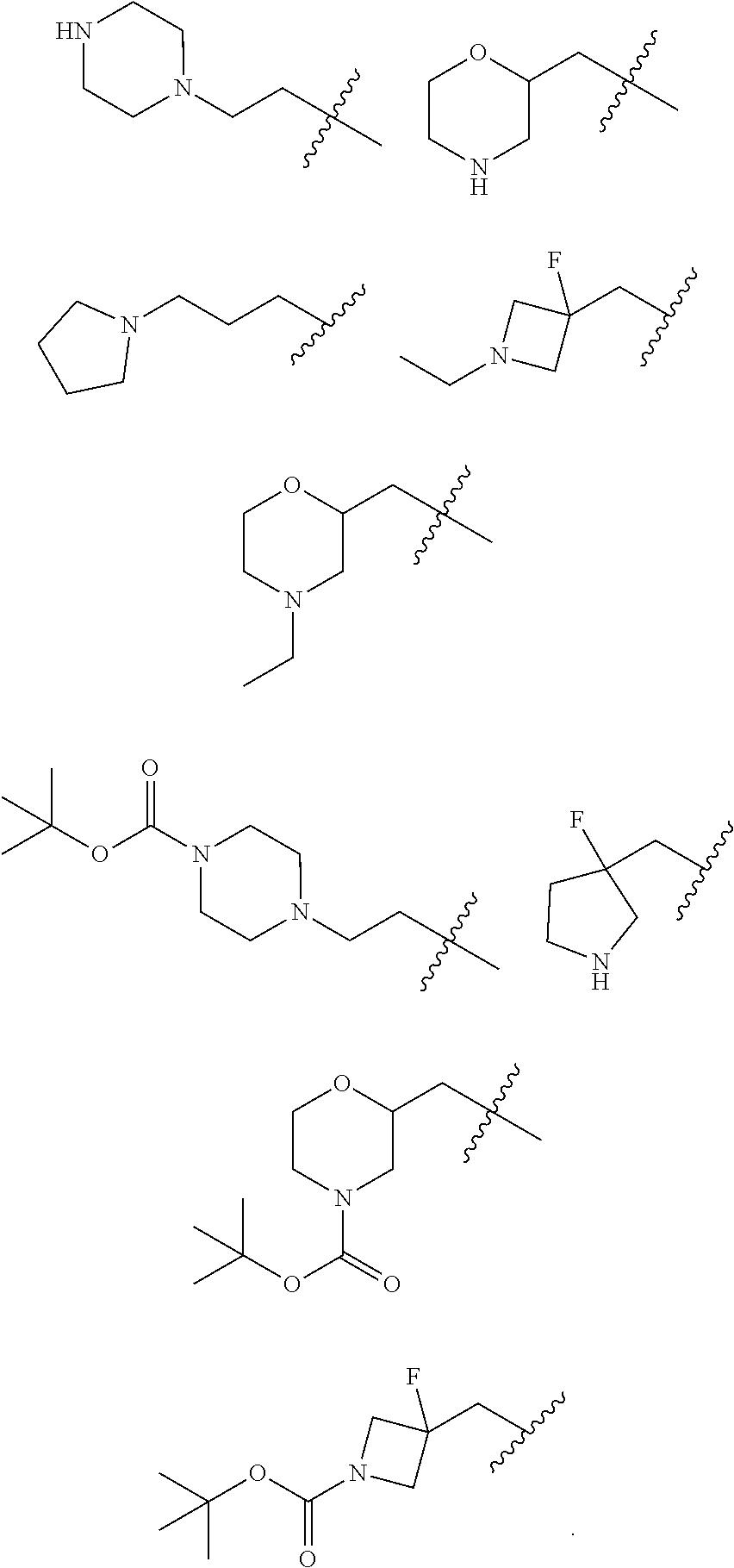
C00015

C00016

C00017
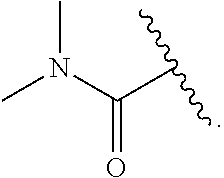
C00018
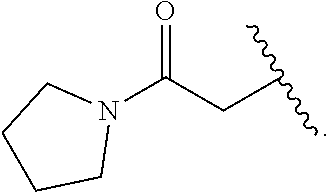
C00019
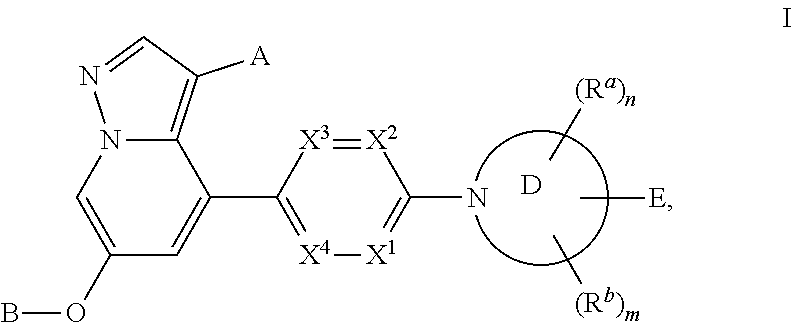
C00020

C00021
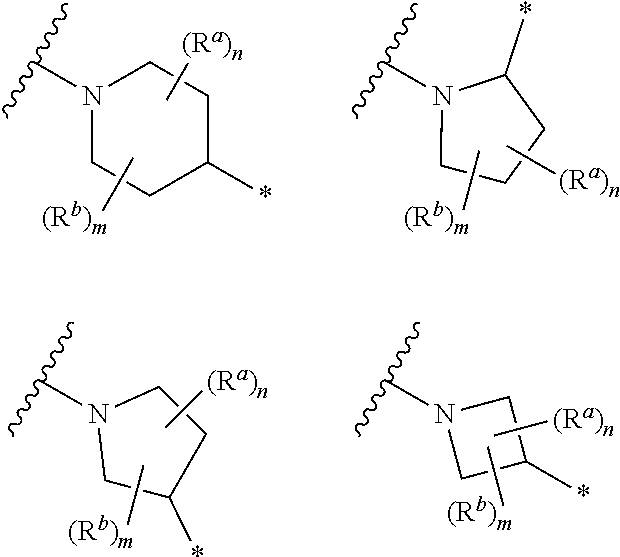
C00022

C00023
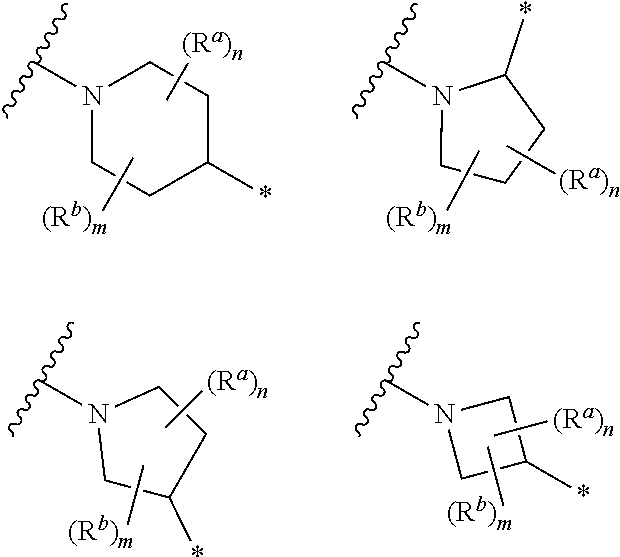
C00024

C00025

C00026

C00027

C00028

C00029

C00030
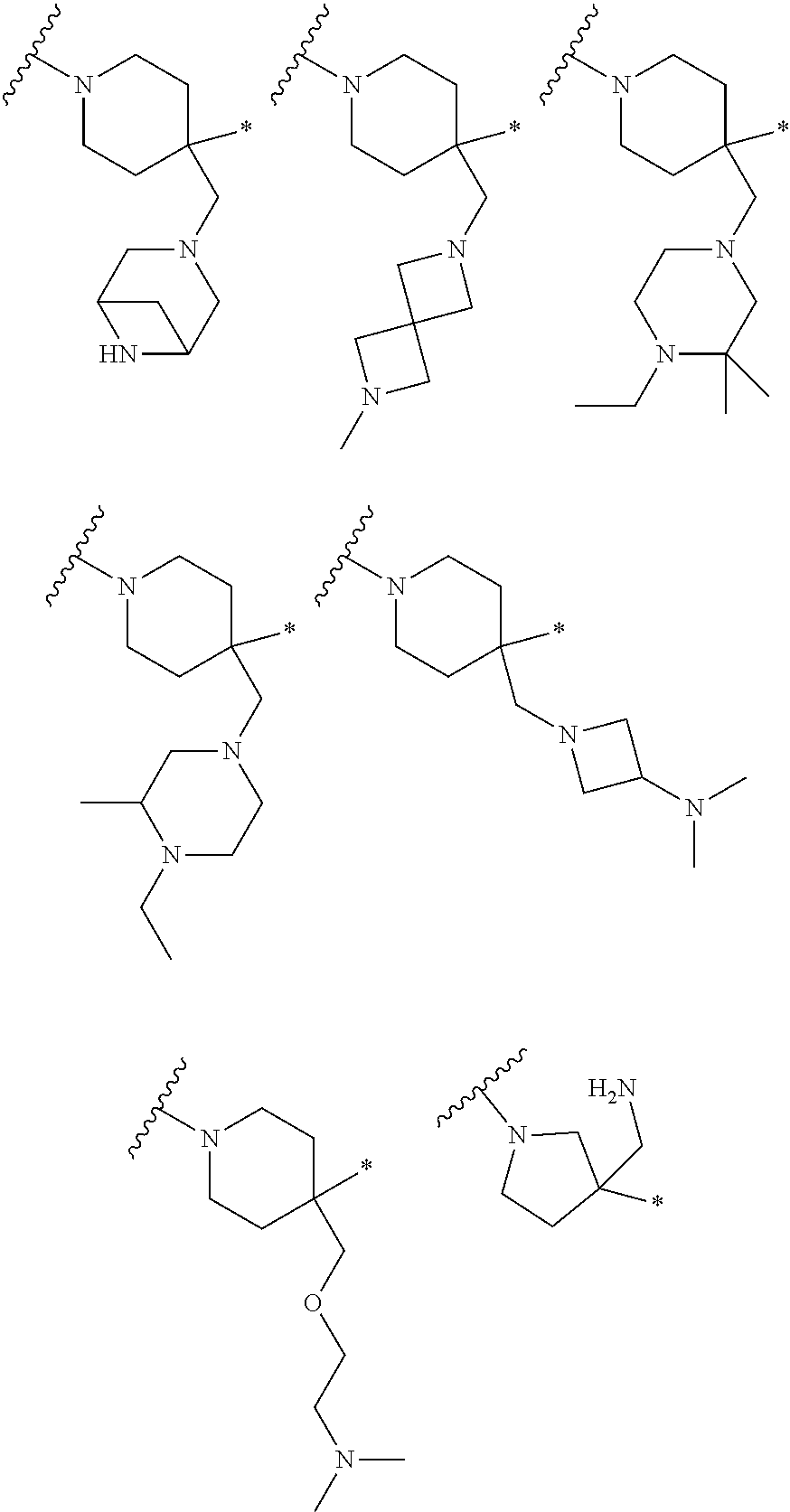
C00031
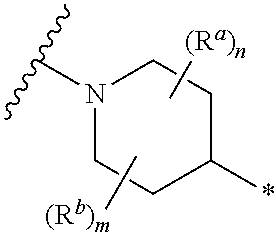
C00032
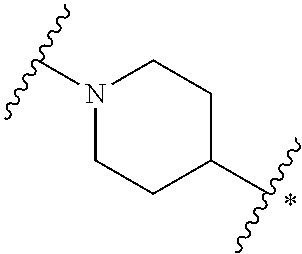
C00033
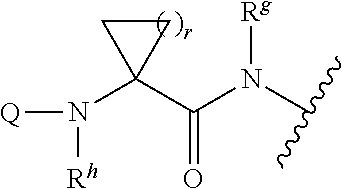
C00034

C00035
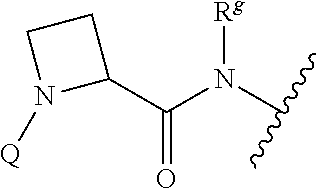
C00036
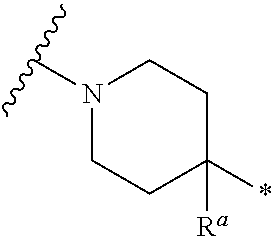
C00037
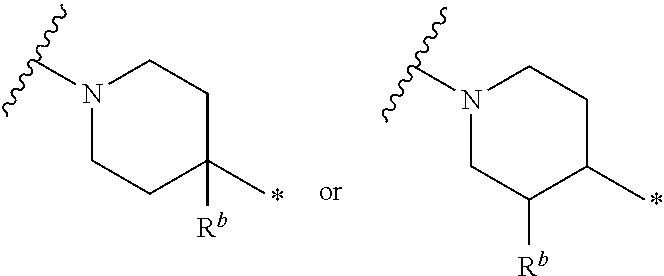
C00038

C00039
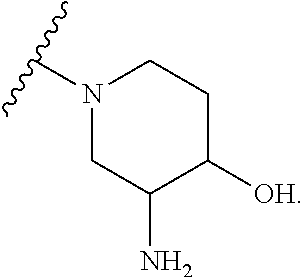
C00040
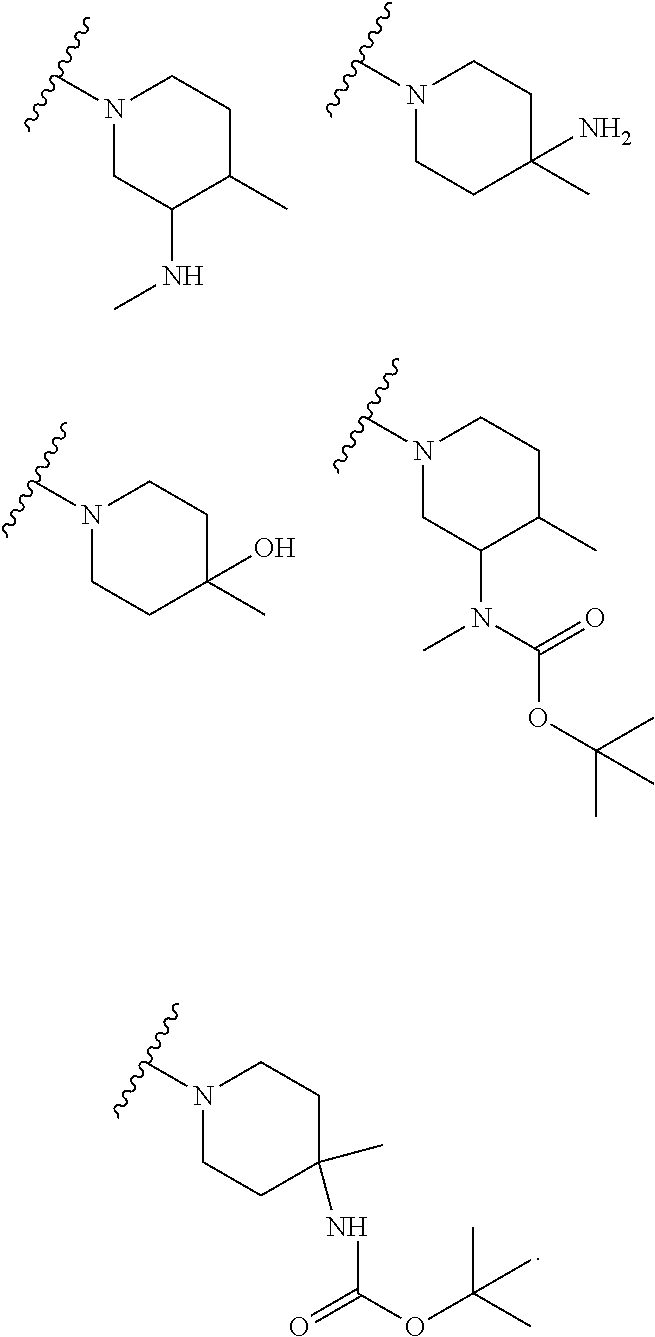
C00041

C00042

C00043

C00044

C00045

C00046
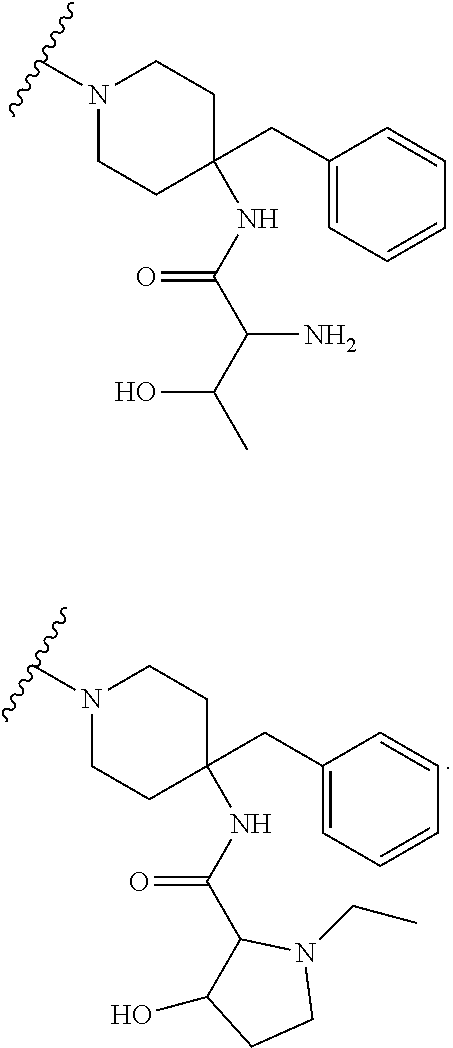
C00047

C00048

C00049

C00050

C00051
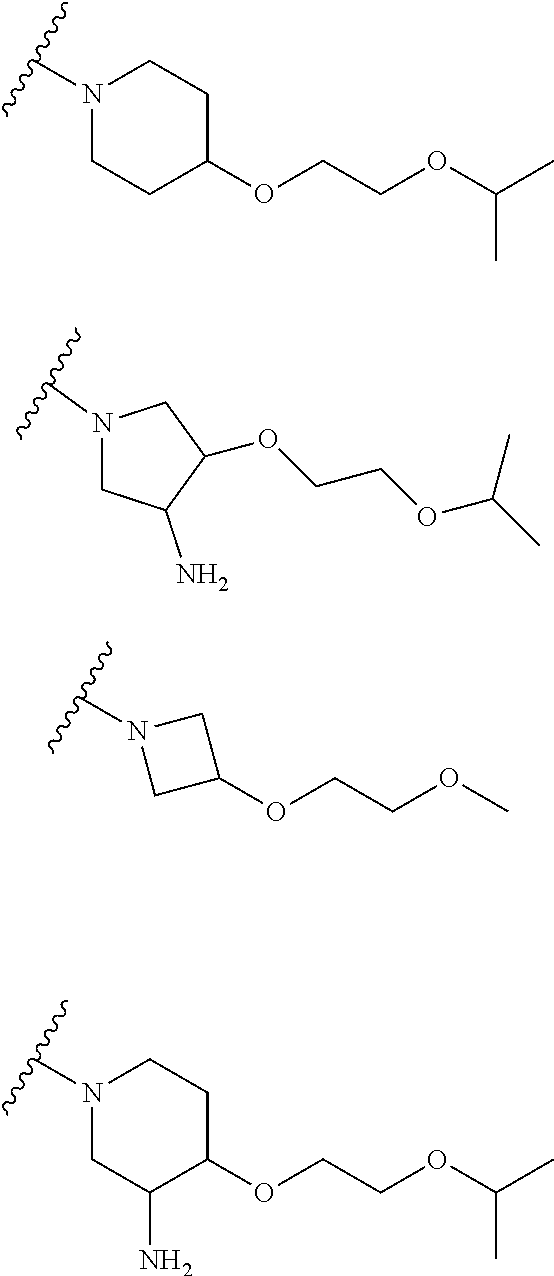
C00052

C00053

C00054
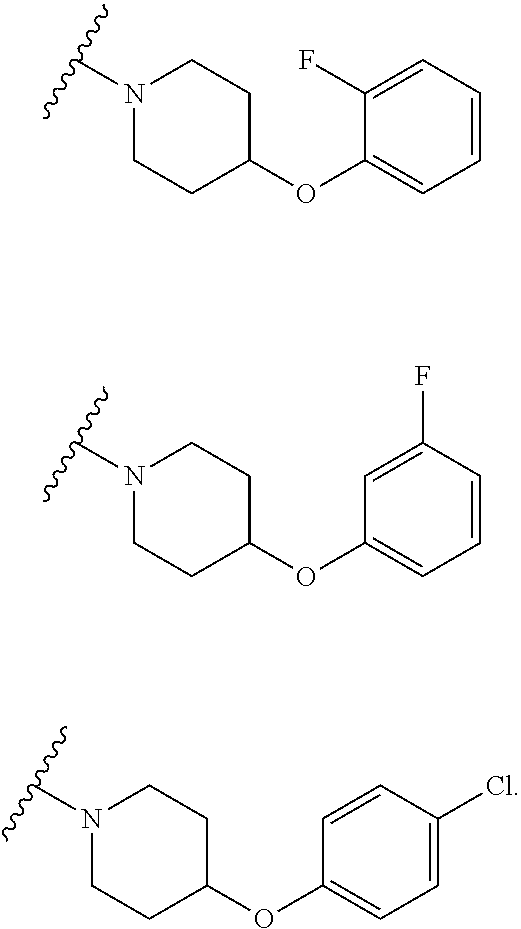
C00055

C00056

C00057

C00058

C00059

C00060

C00061

C00062

C00063
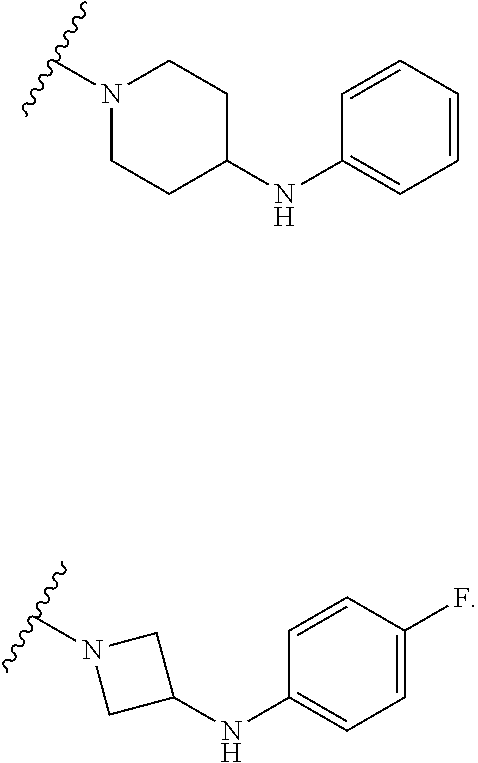
C00064
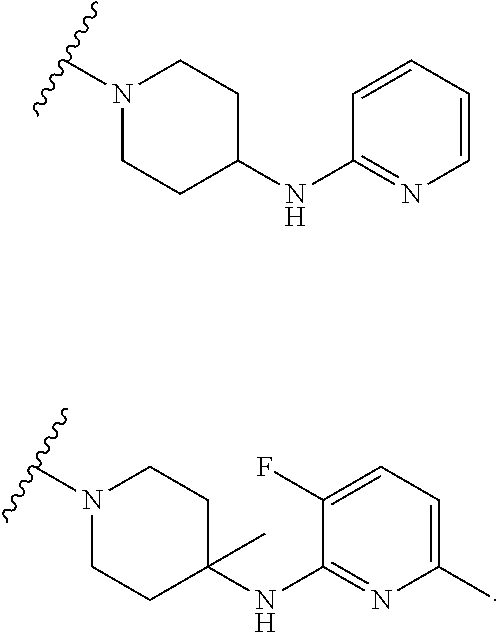
C00065

C00066

C00067

C00068

C00069

C00070

C00071

C00072

C00073

C00074

C00075

C00076

C00077

C00078

C00079

C00080

C00081

C00082

C00083

C00084

C00085

C00086

C00087

C00088

C00089

C00090

C00091

C00092

C00093

C00094

C00095

C00096

C00097

C00098
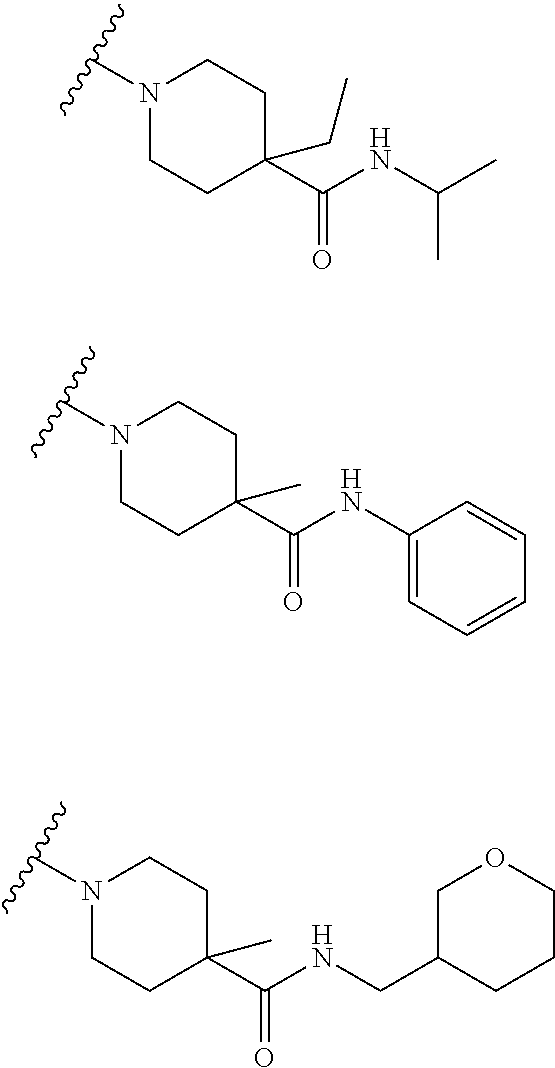
C00099

C00100

C00101

C00102

C00103

C00104

C00105

C00106

C00107
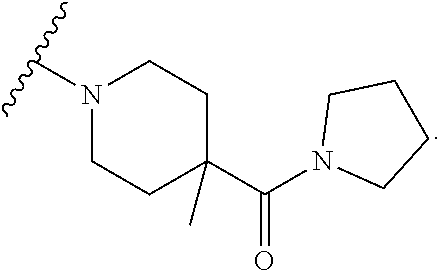
C00108

C00109

C00110
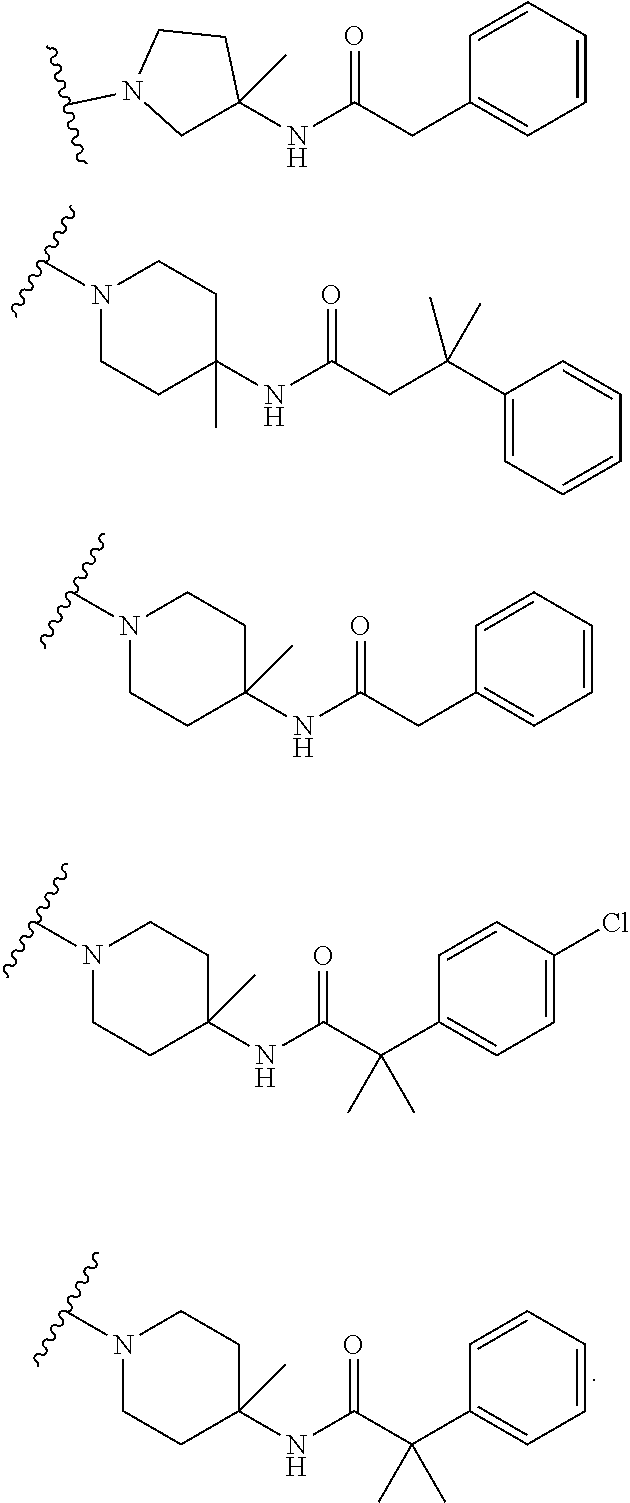
C00111

C00112
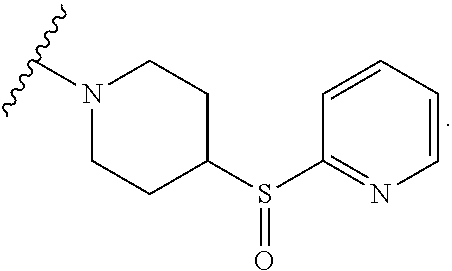
C00113
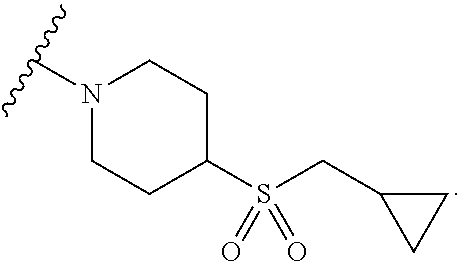
C00114

C00115
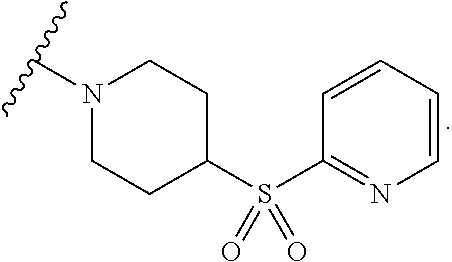
C00116
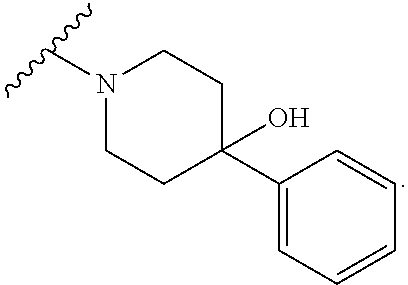
C00117

C00118
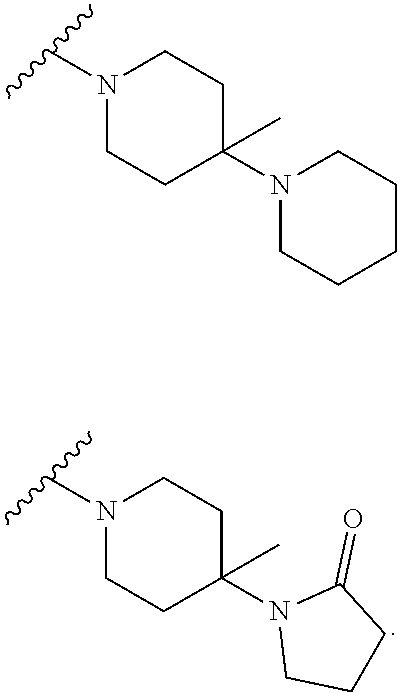
C00119
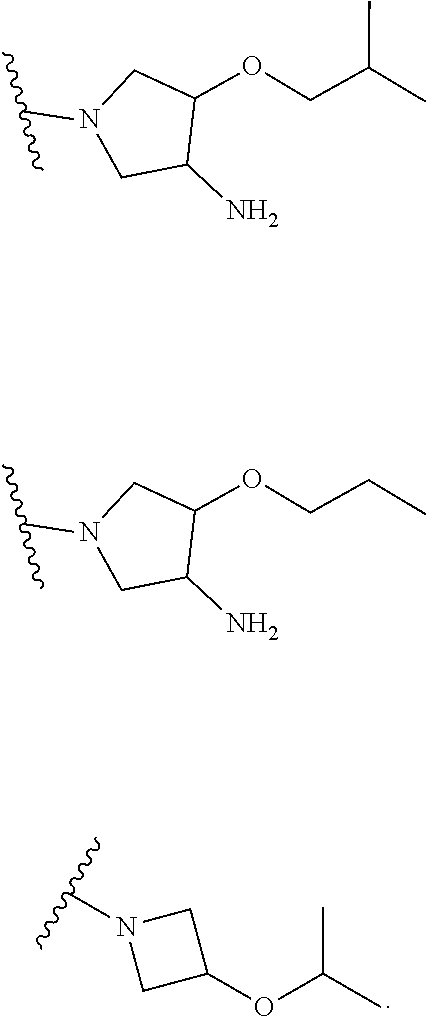
C00120
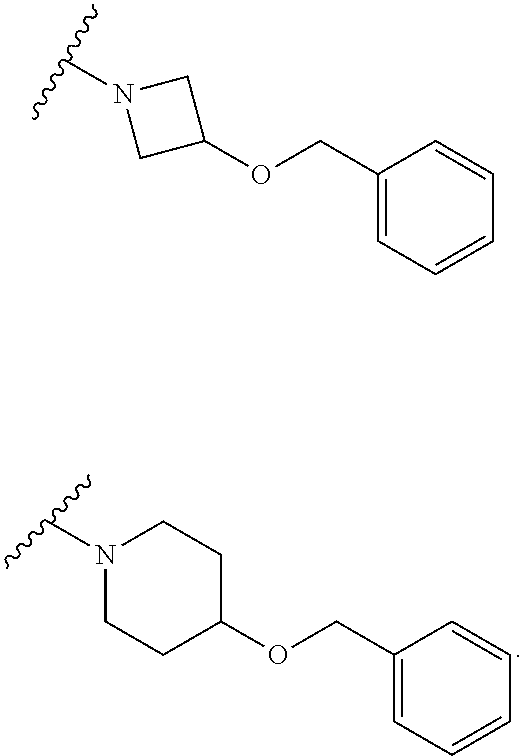
C00121
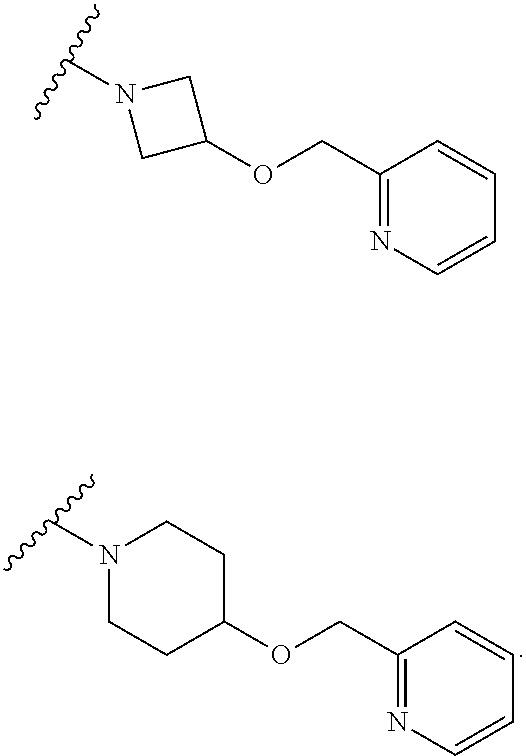
C00122
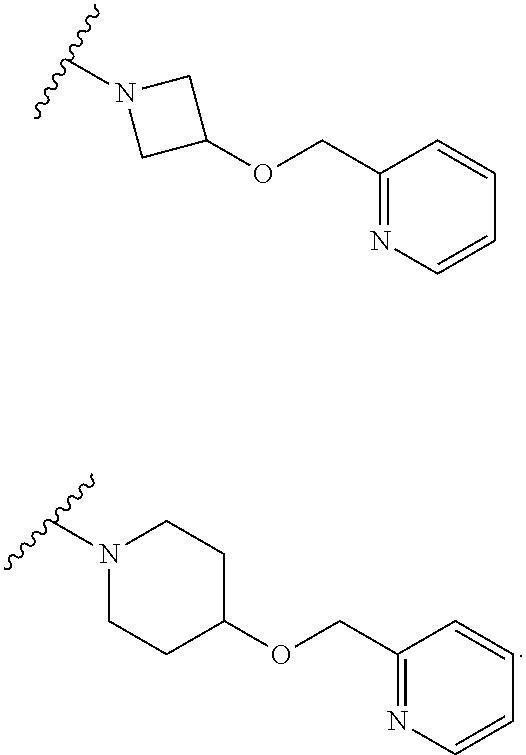
C00123

C00124
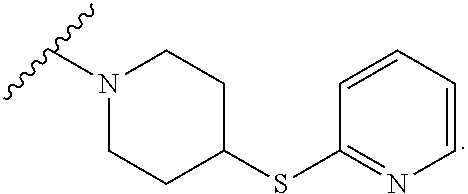
C00125
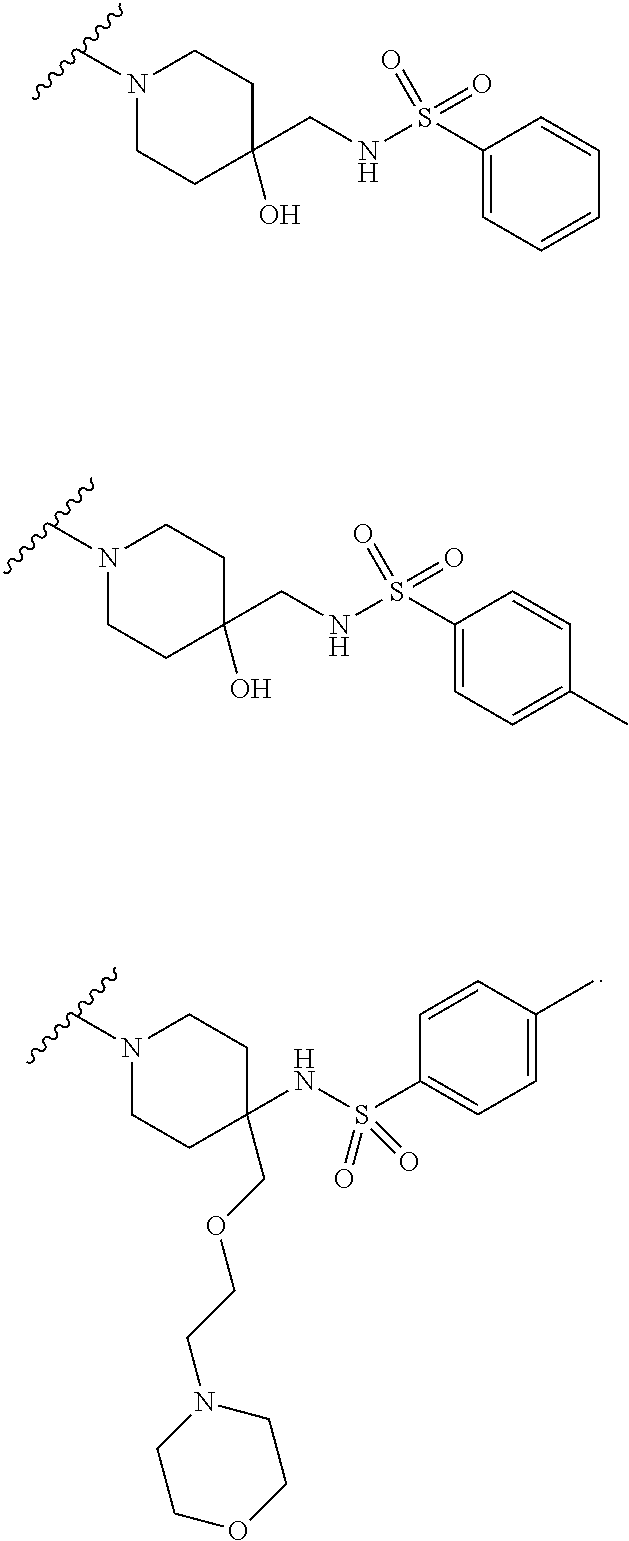
C00126
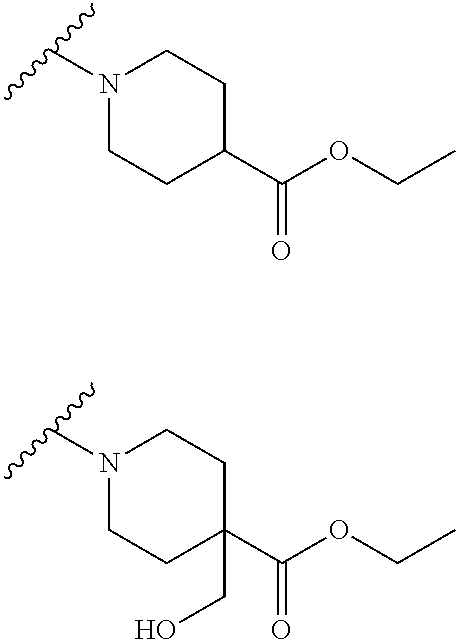
C00127
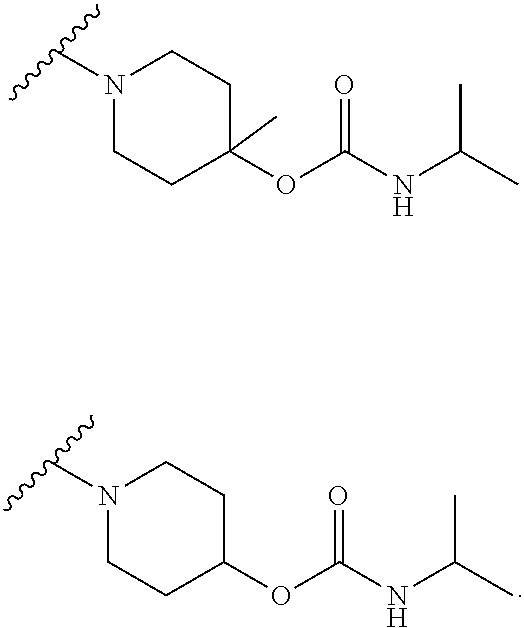
C00128

C00129
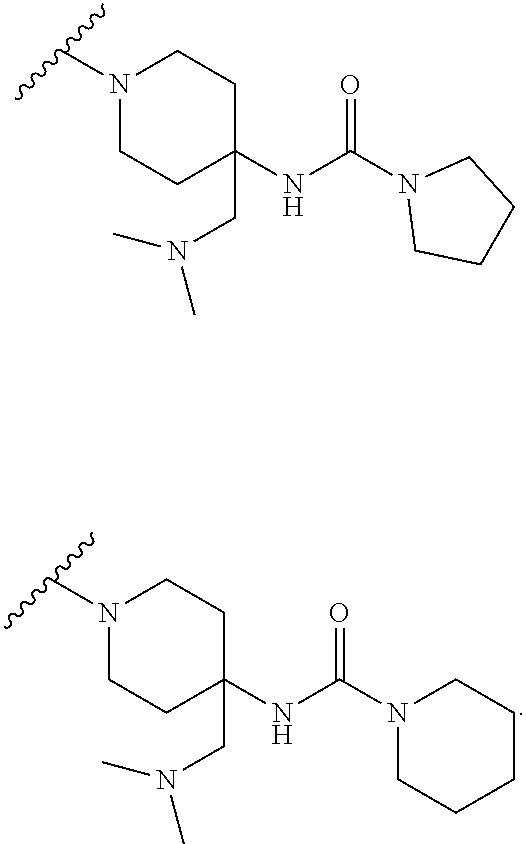
C00130

C00131
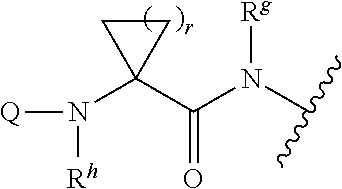
C00132

C00133
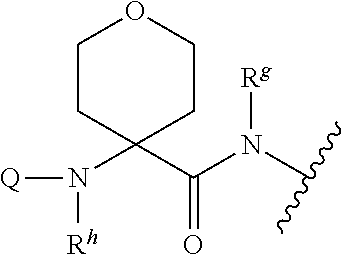
C00134
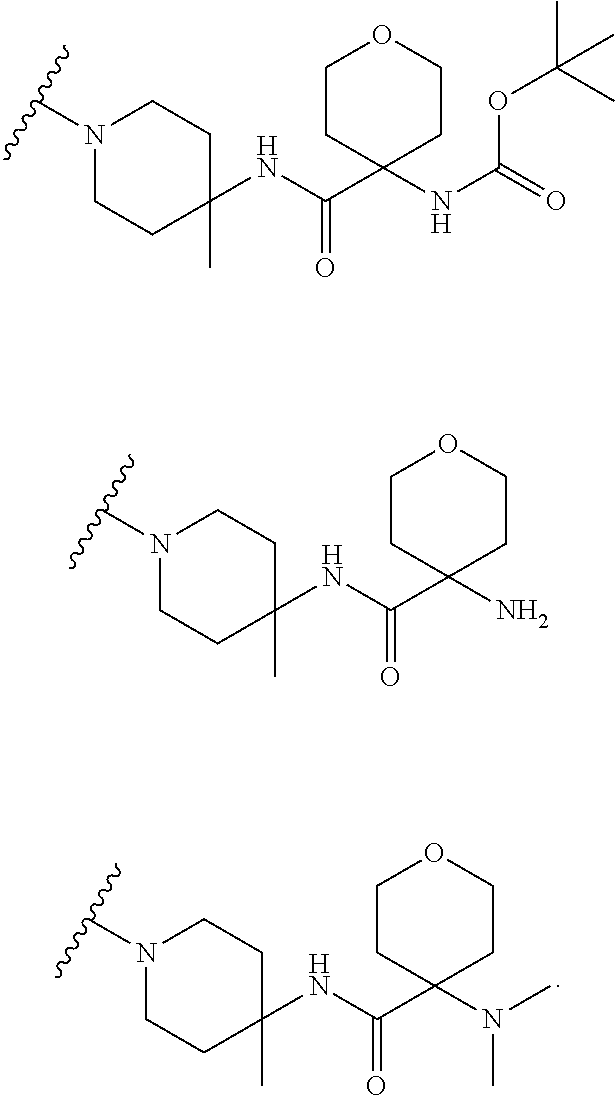
C00135

C00136
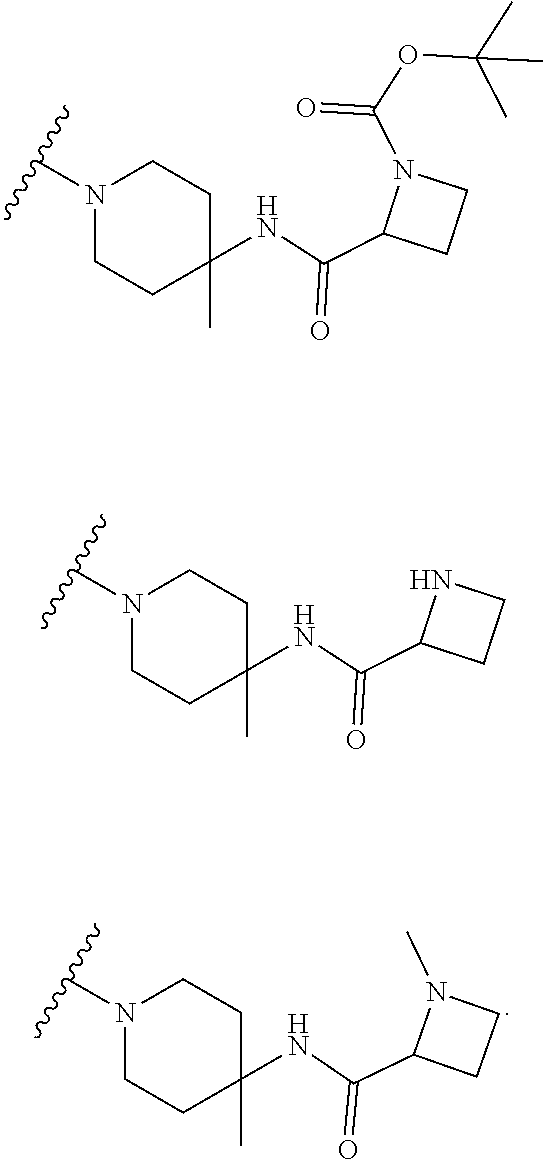
C00137
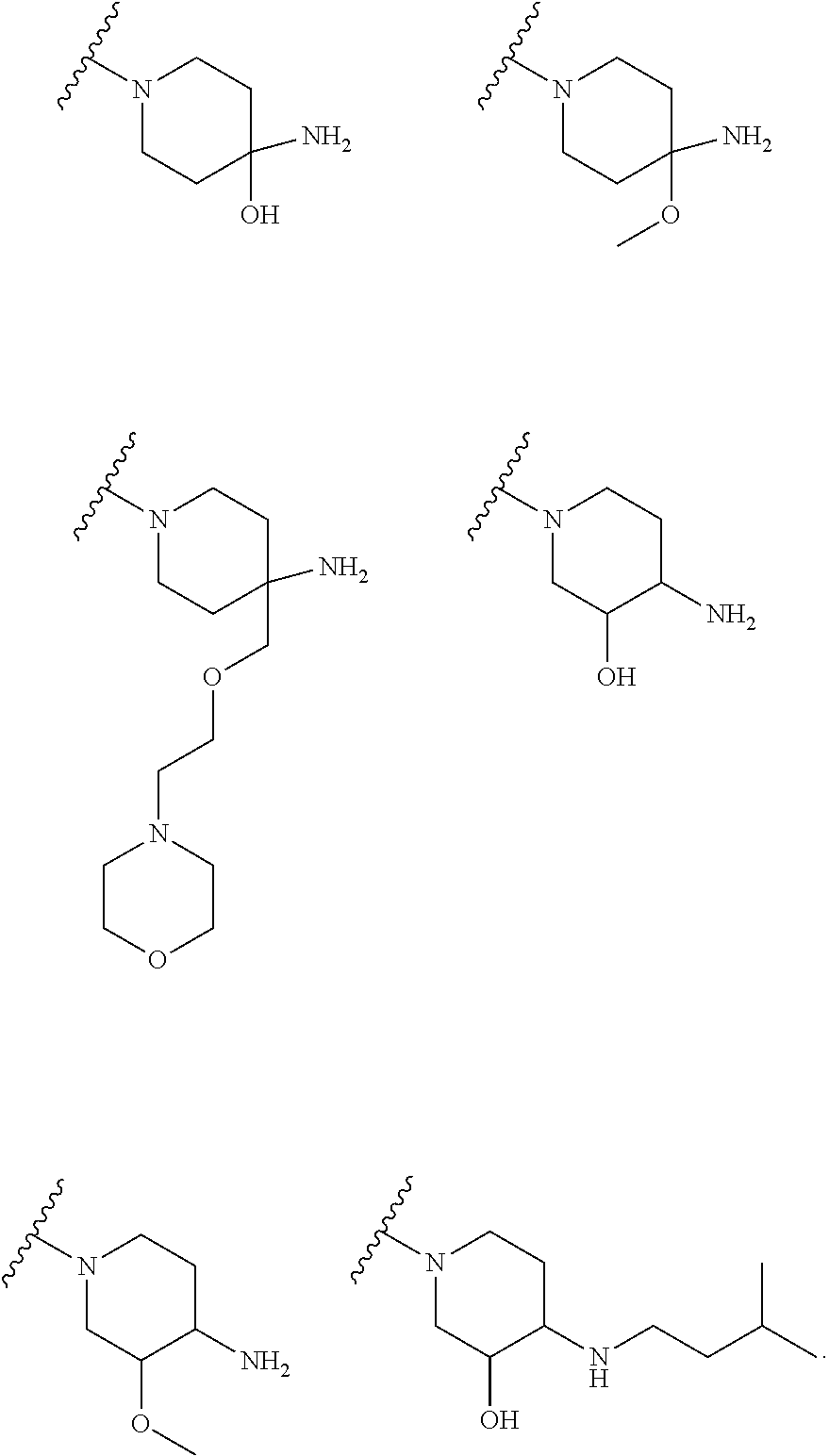
C00138
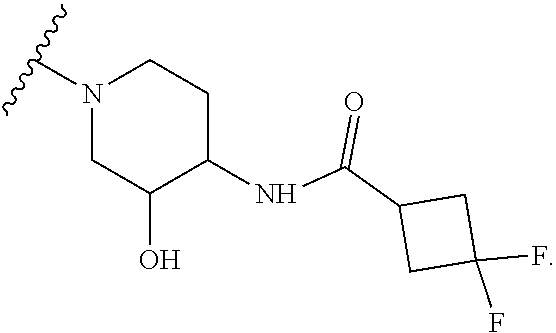
C00139
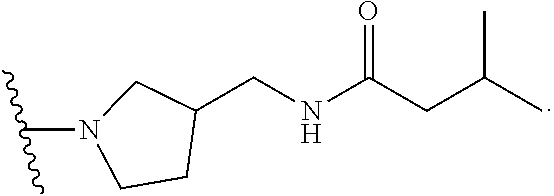
C00140
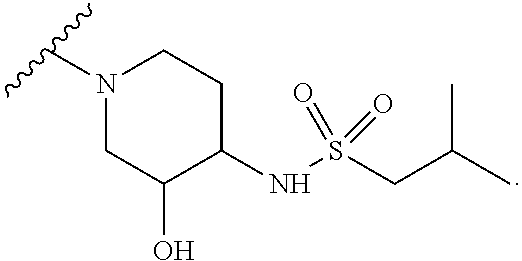
C00141
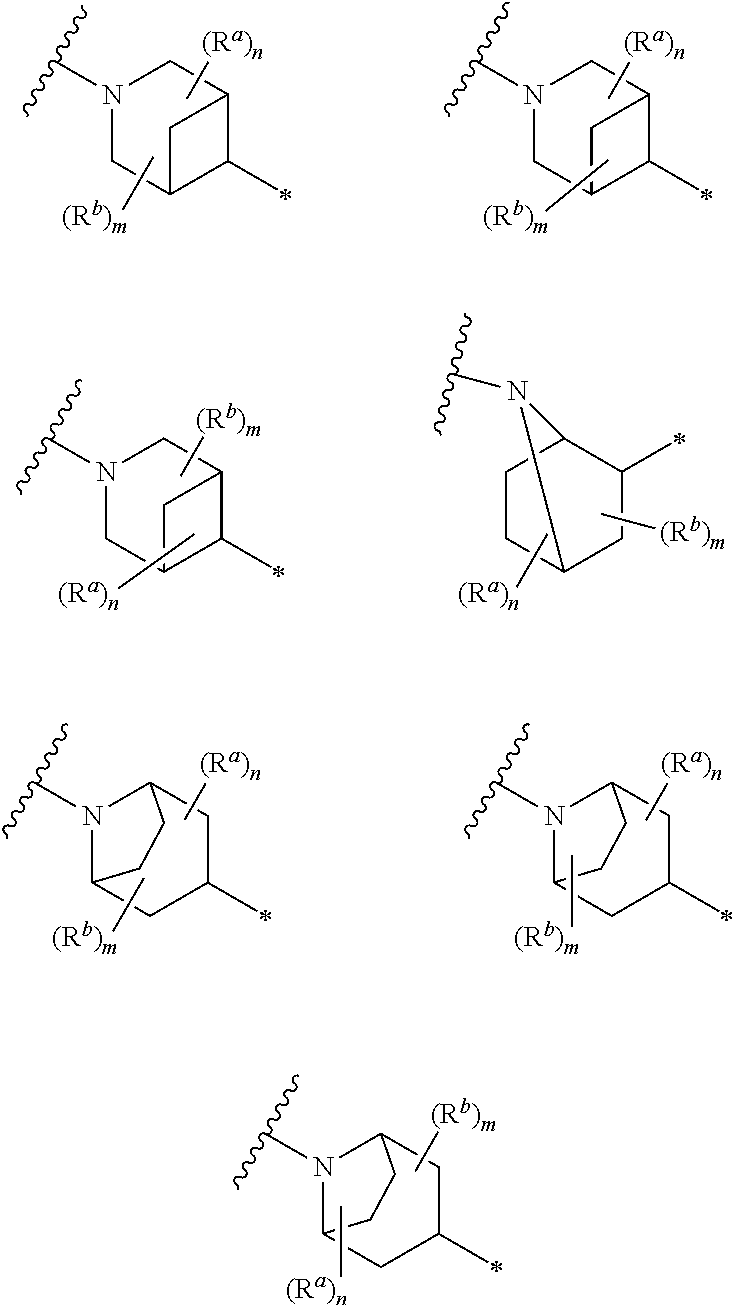
C00142
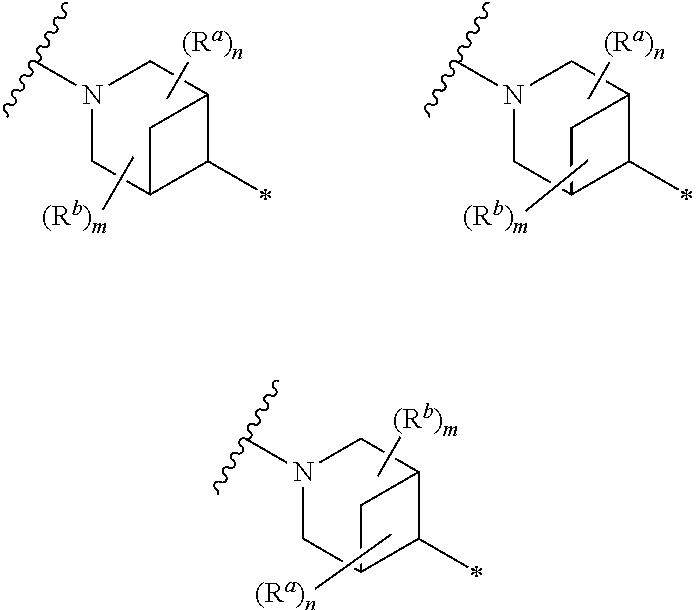
C00143
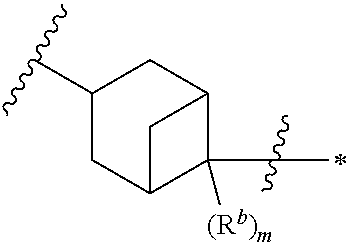
C00144
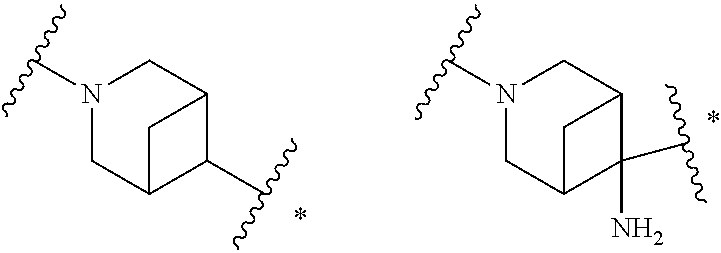
C00145
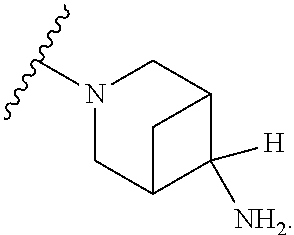
C00146
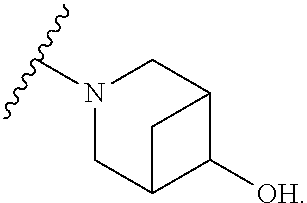
C00147
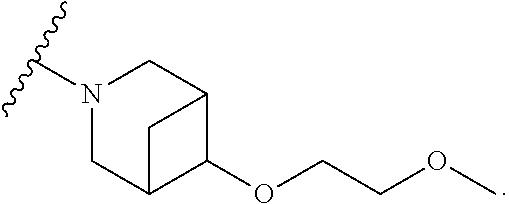
C00148

C00149

C00150
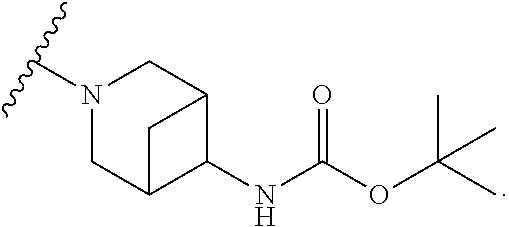
C00151

C00152
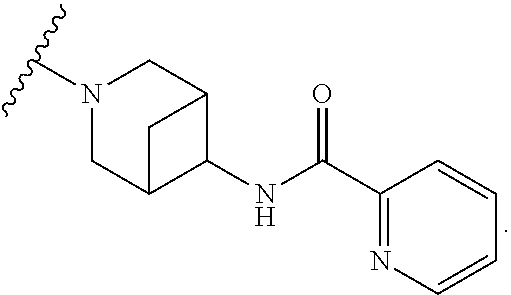
C00153
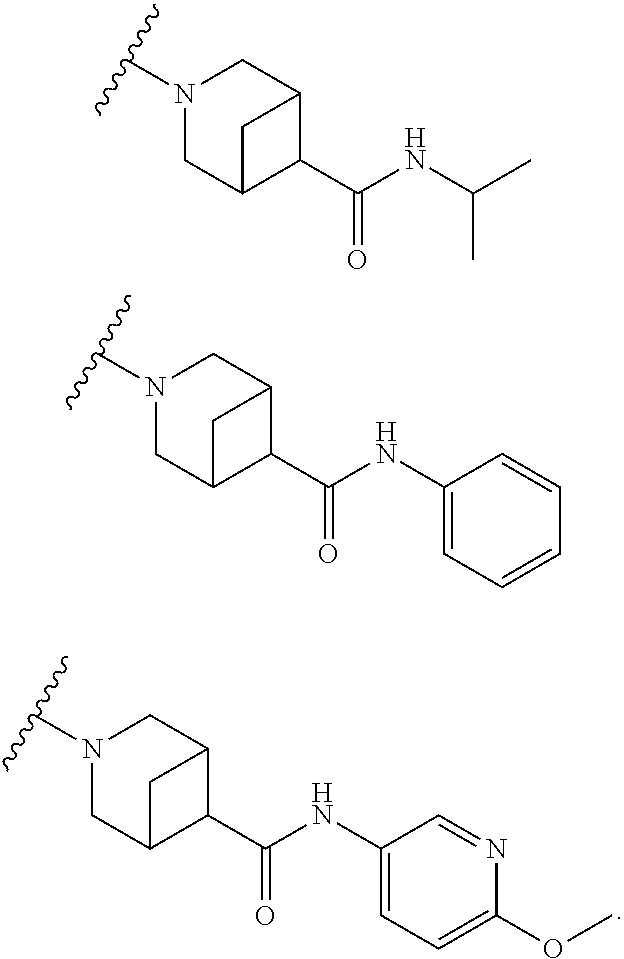
C00154

C00155
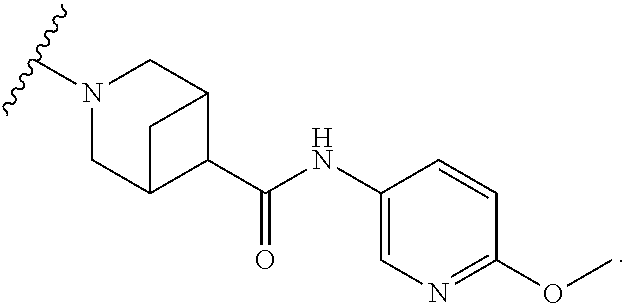
C00156
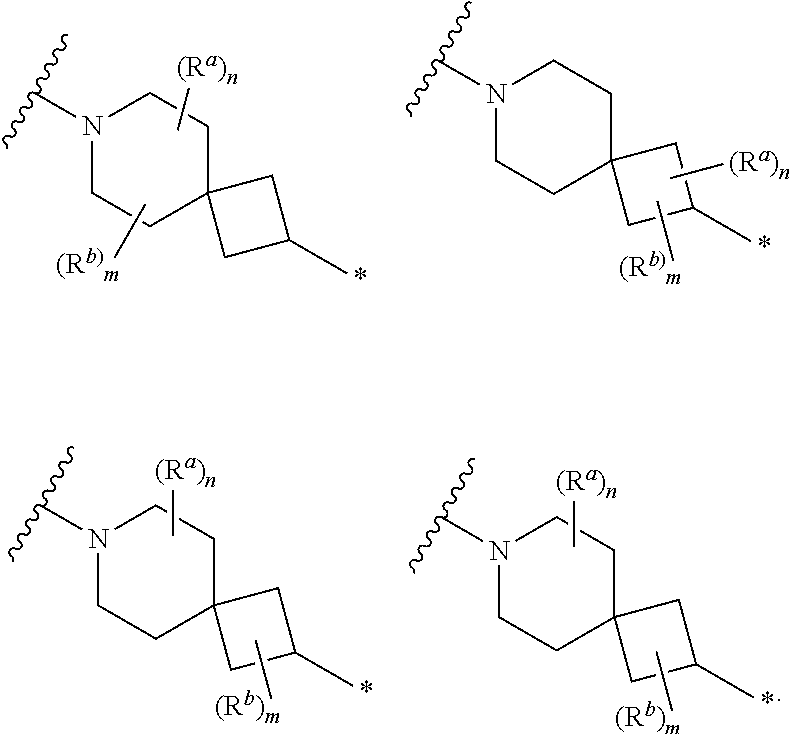
C00157
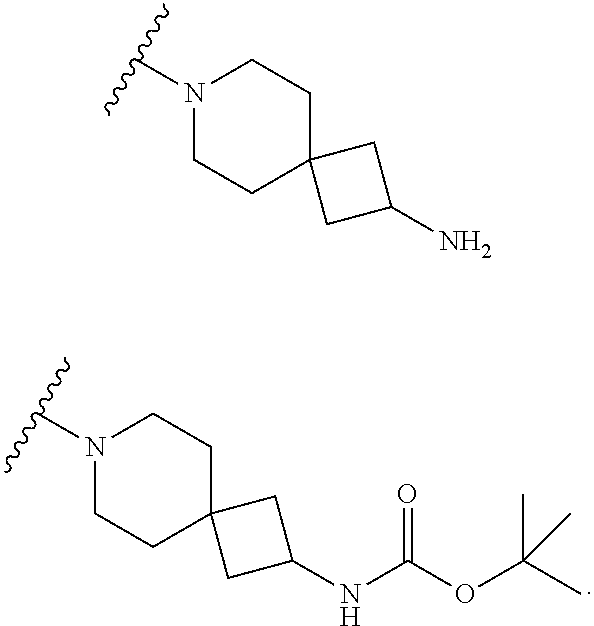
C00158
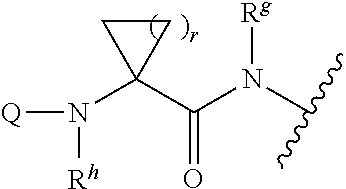
C00159
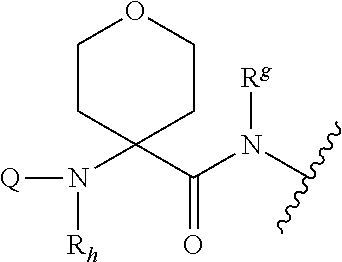
C00160
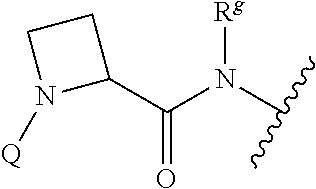
C00161
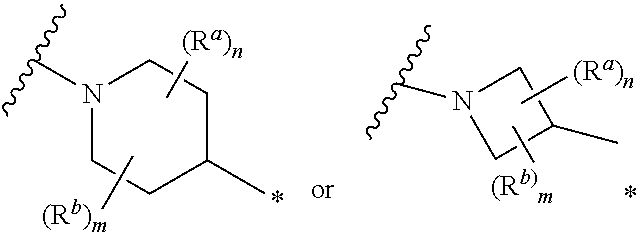
C00162
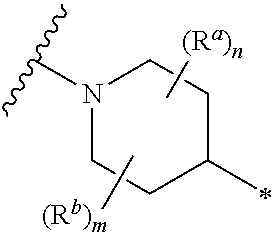
C00163
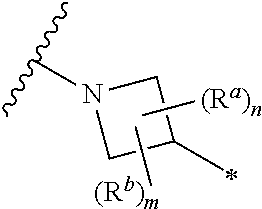
C00164

C00165
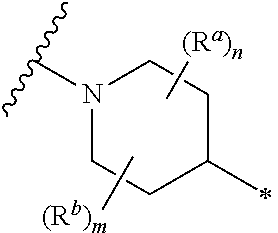
C00166
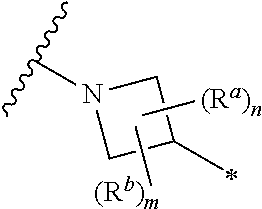
C00167

C00168
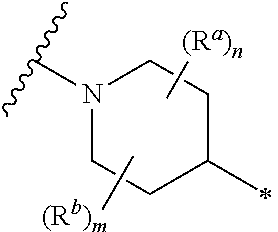
C00169
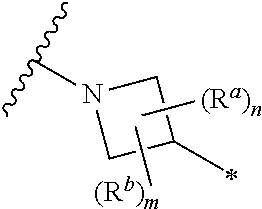
C00170

C00171

C00172
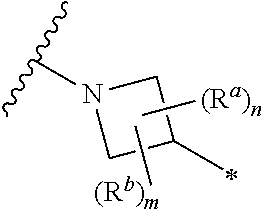
C00173

C00174
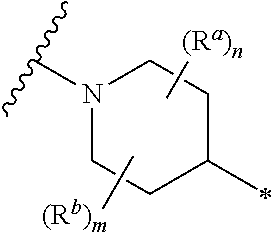
C00175
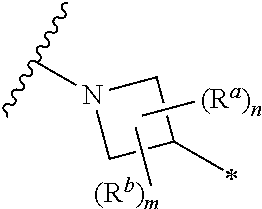
C00176

C00177
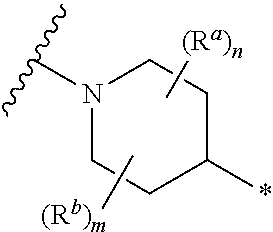
C00178
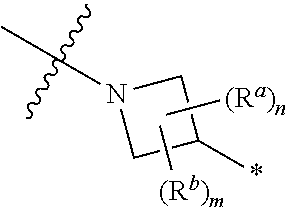
C00179
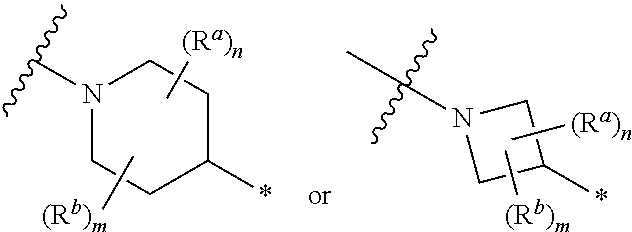
C00180
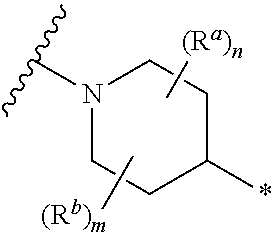
C00181
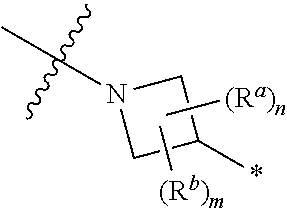
C00182
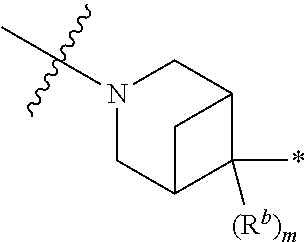
C00183
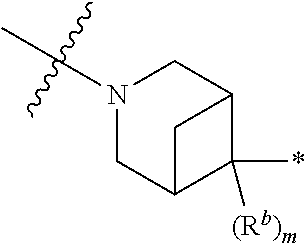
C00184
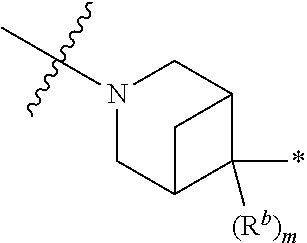
C00185
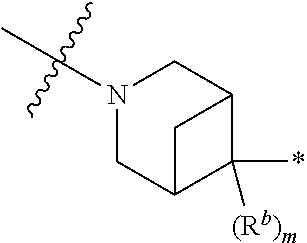
C00186
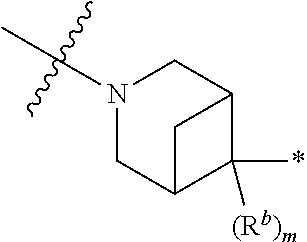
C00187
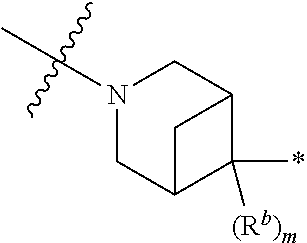
C00188
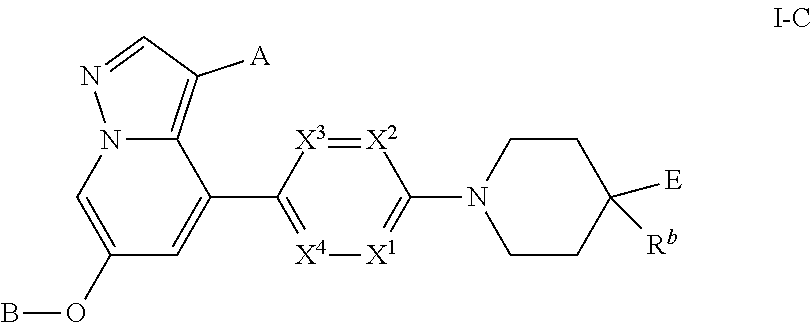
C00189
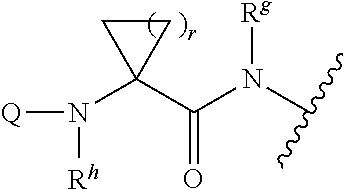
C00190
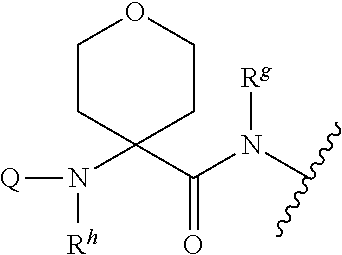
C00191
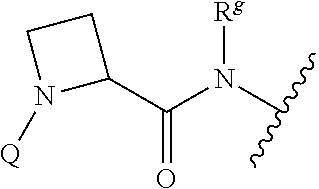
C00192

C00193
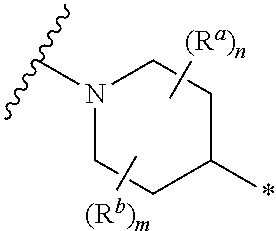
C00194
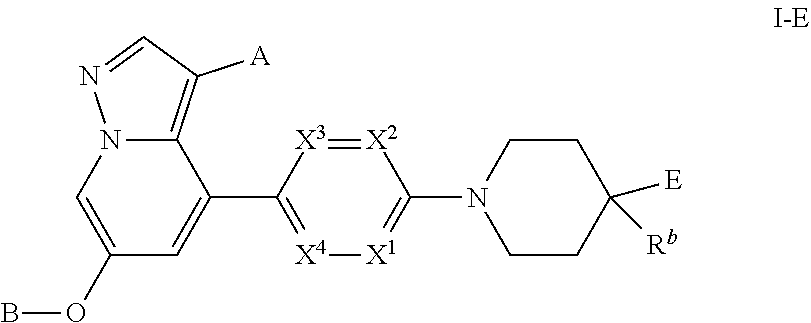
C00195
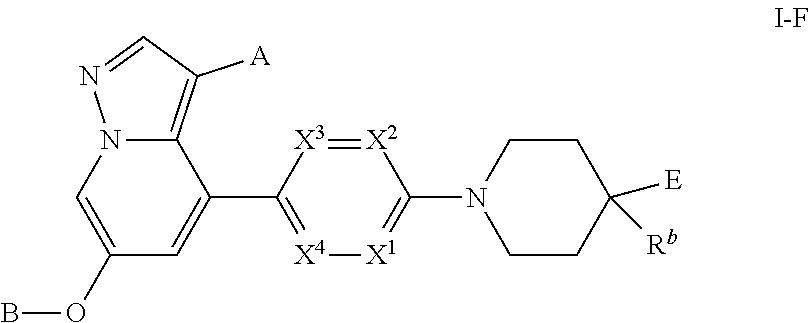
C00196

C00197
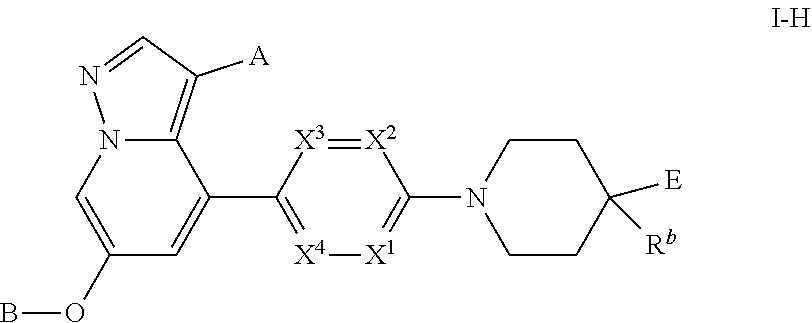
C00198
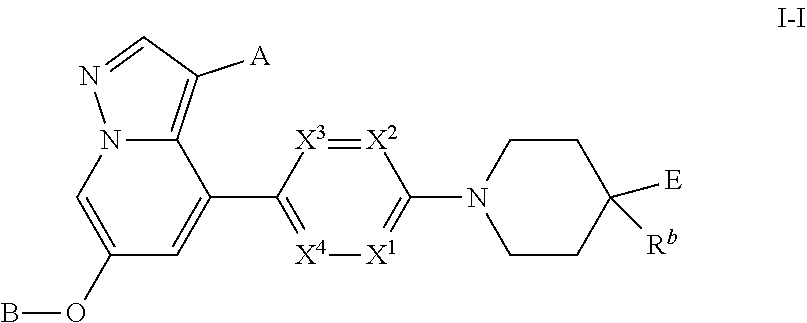
C00199
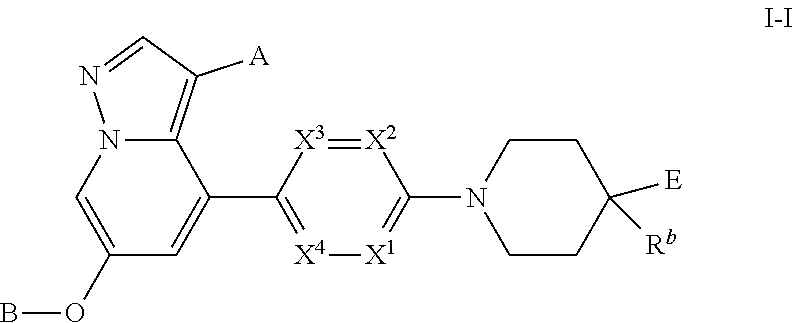
C00200
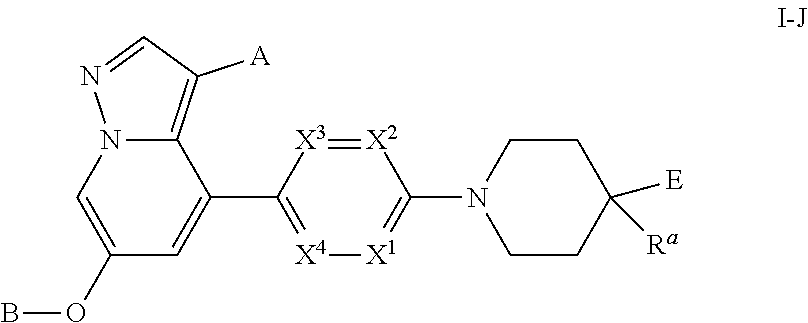
C00201
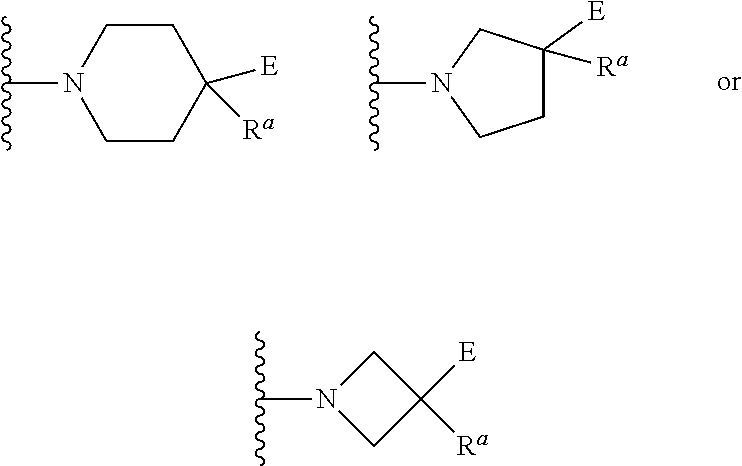
C00202
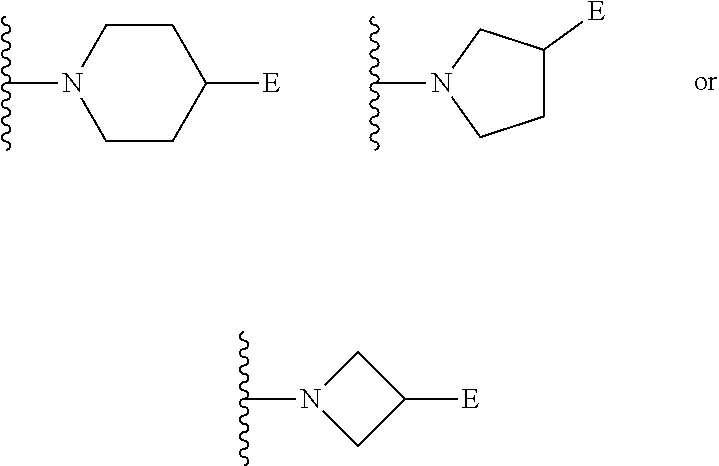
C00203
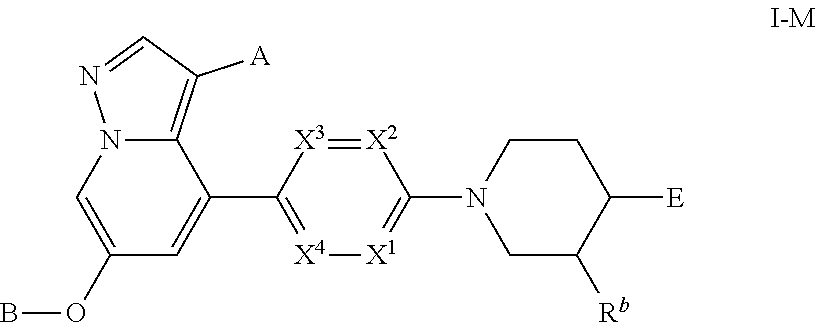
C00204
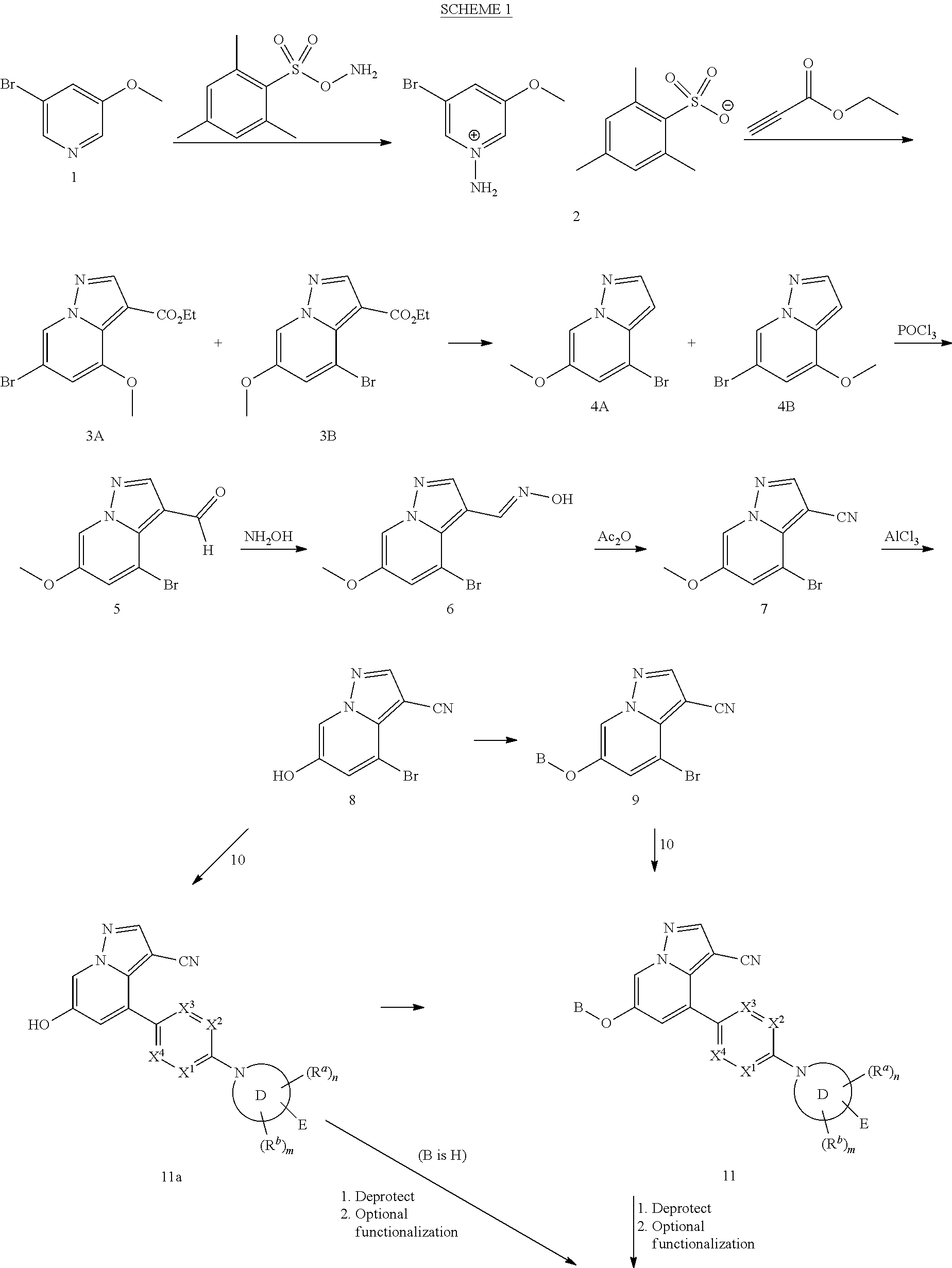
C00205
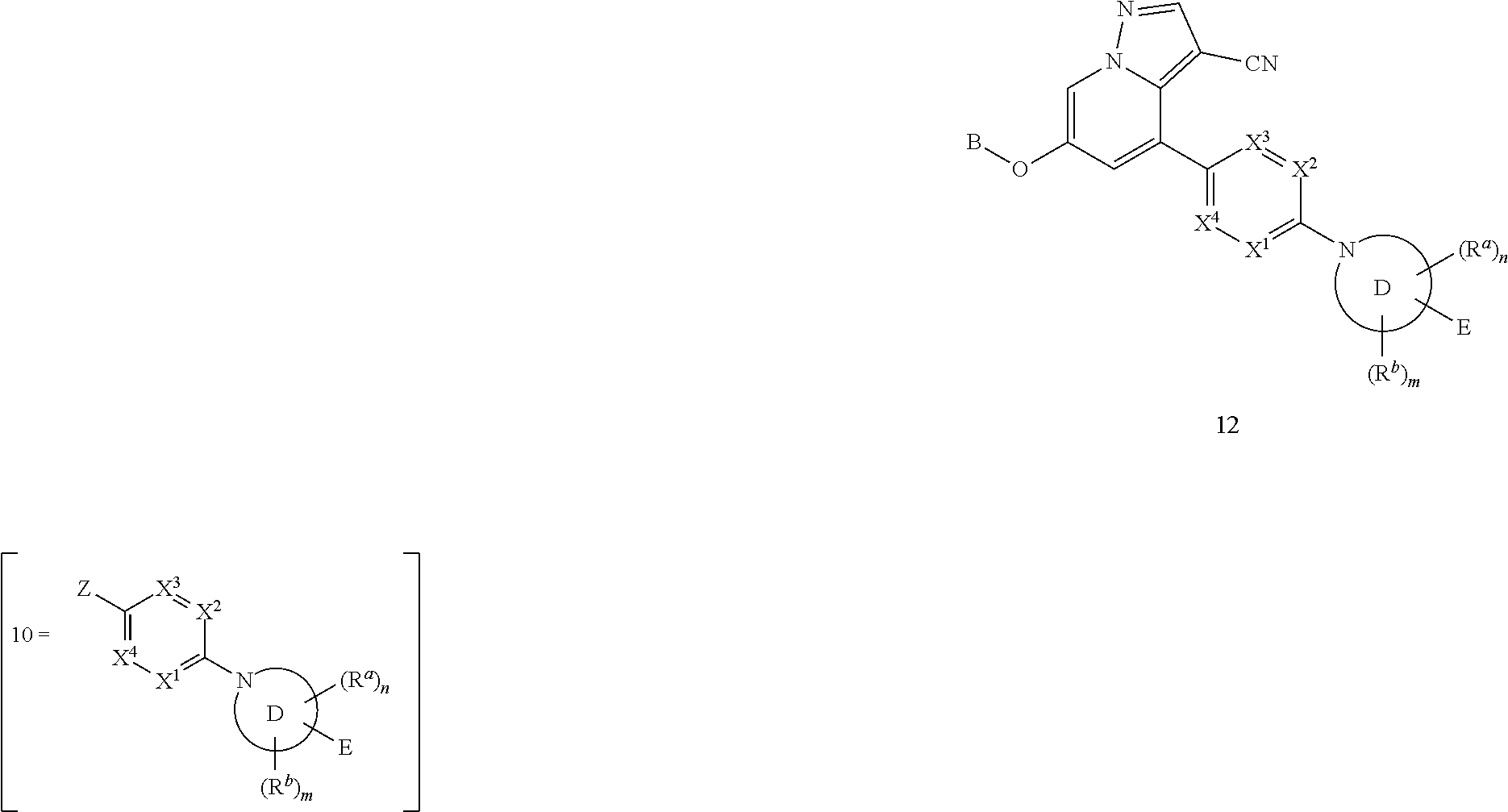
C00206
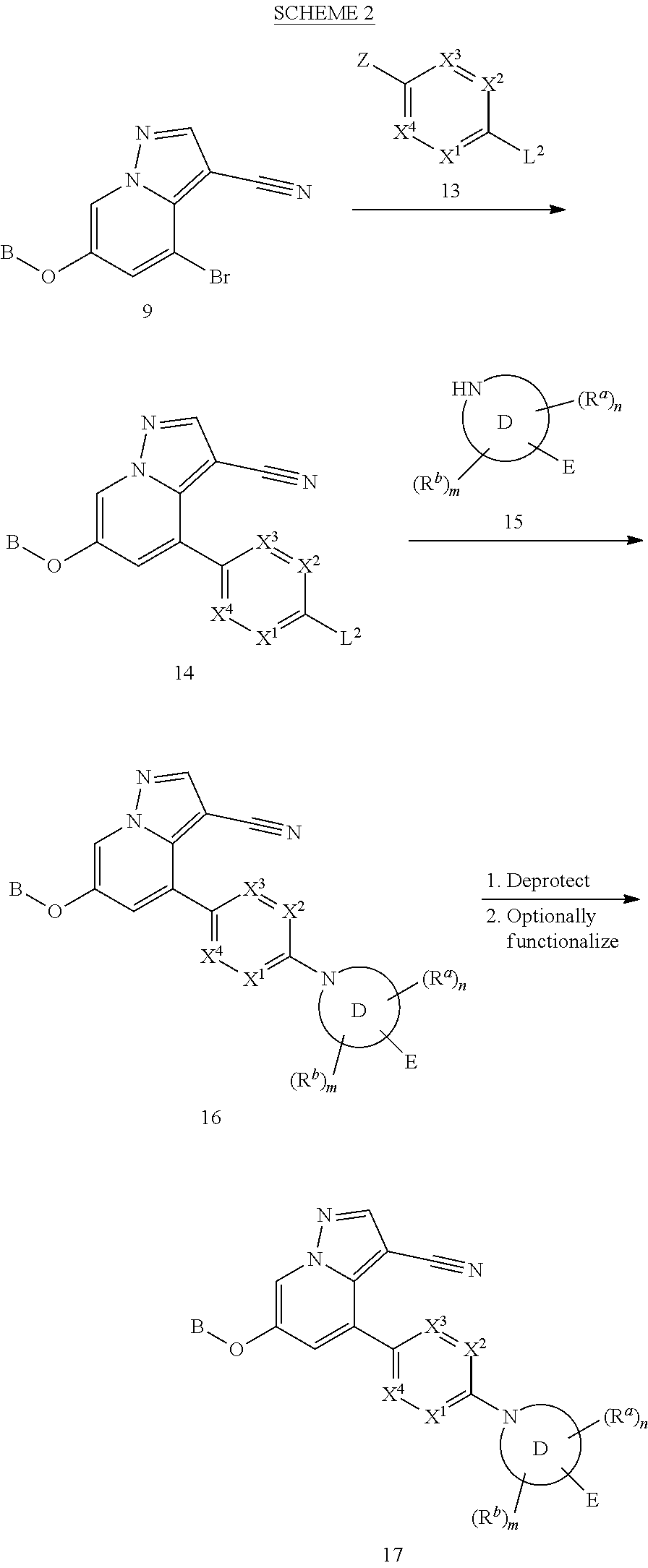
C00207
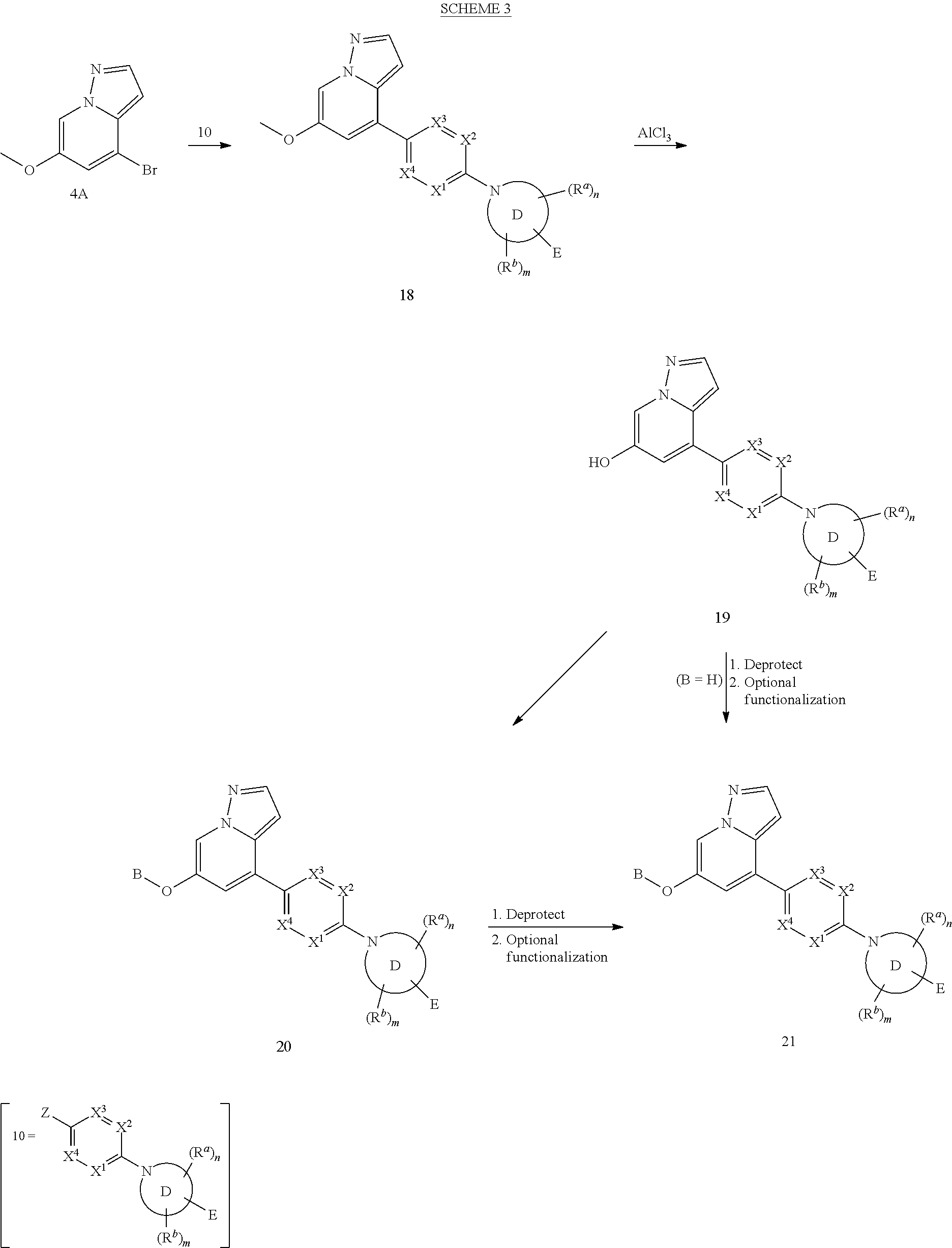
C00208
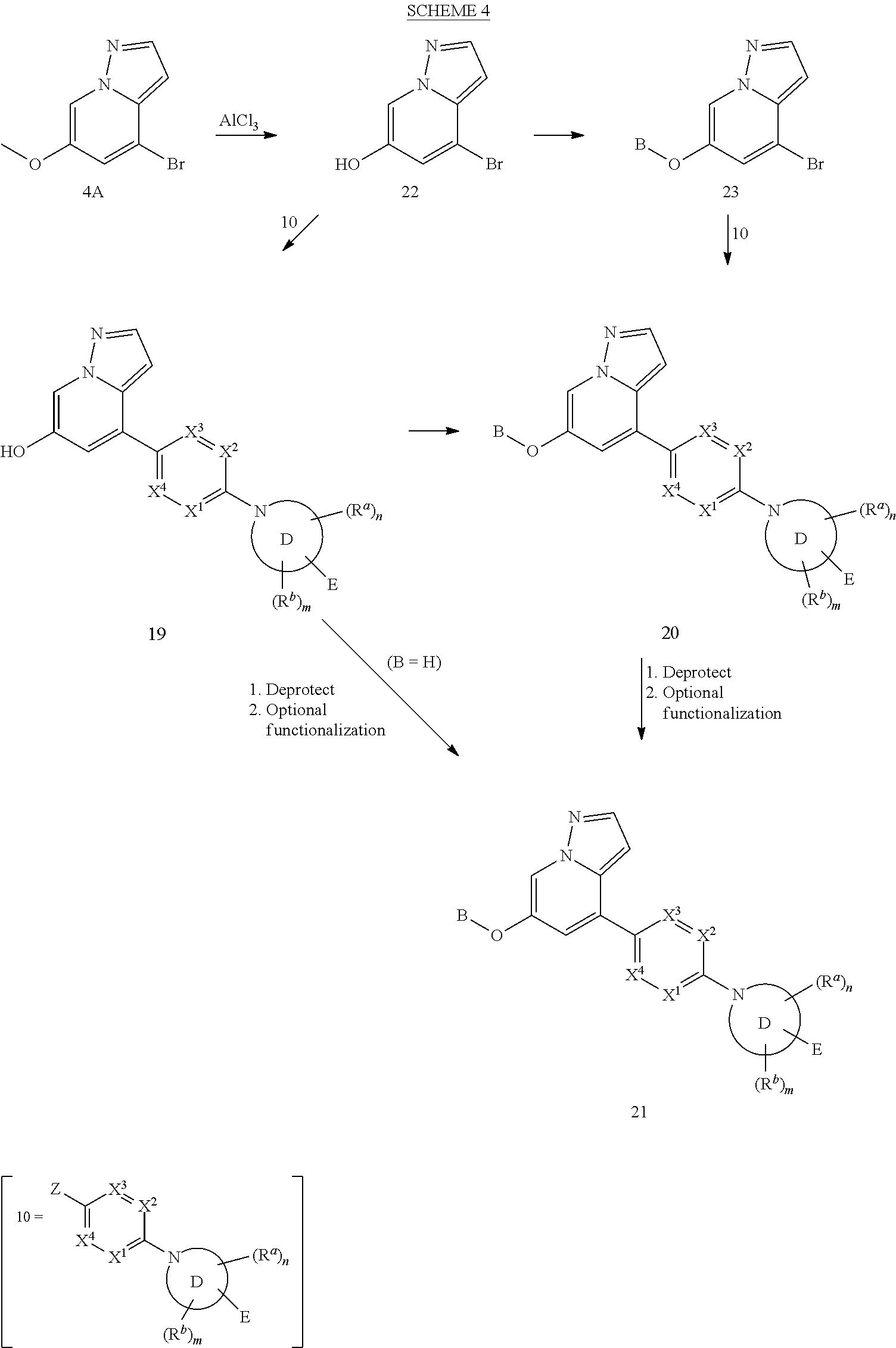
C00209
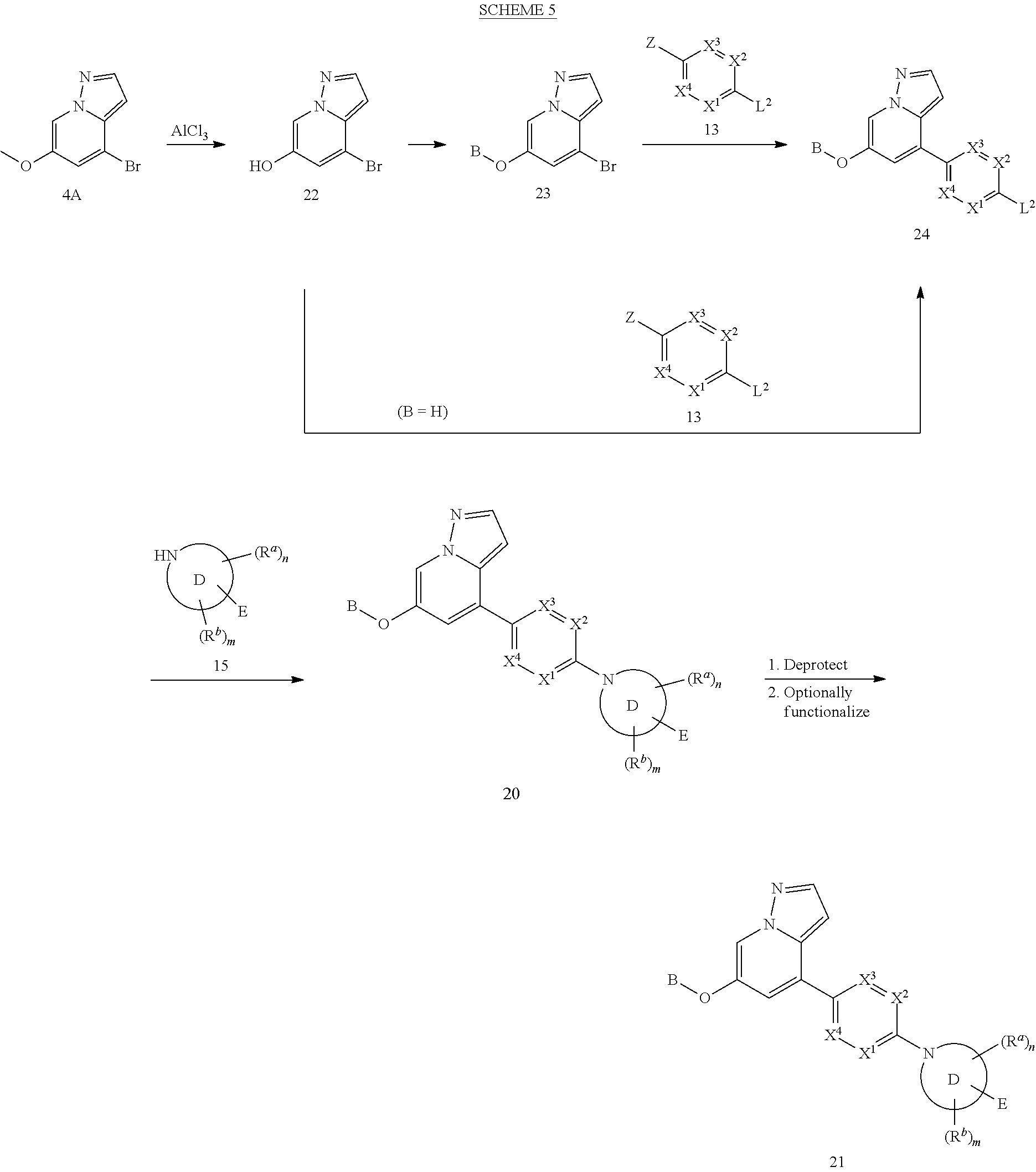
C00210
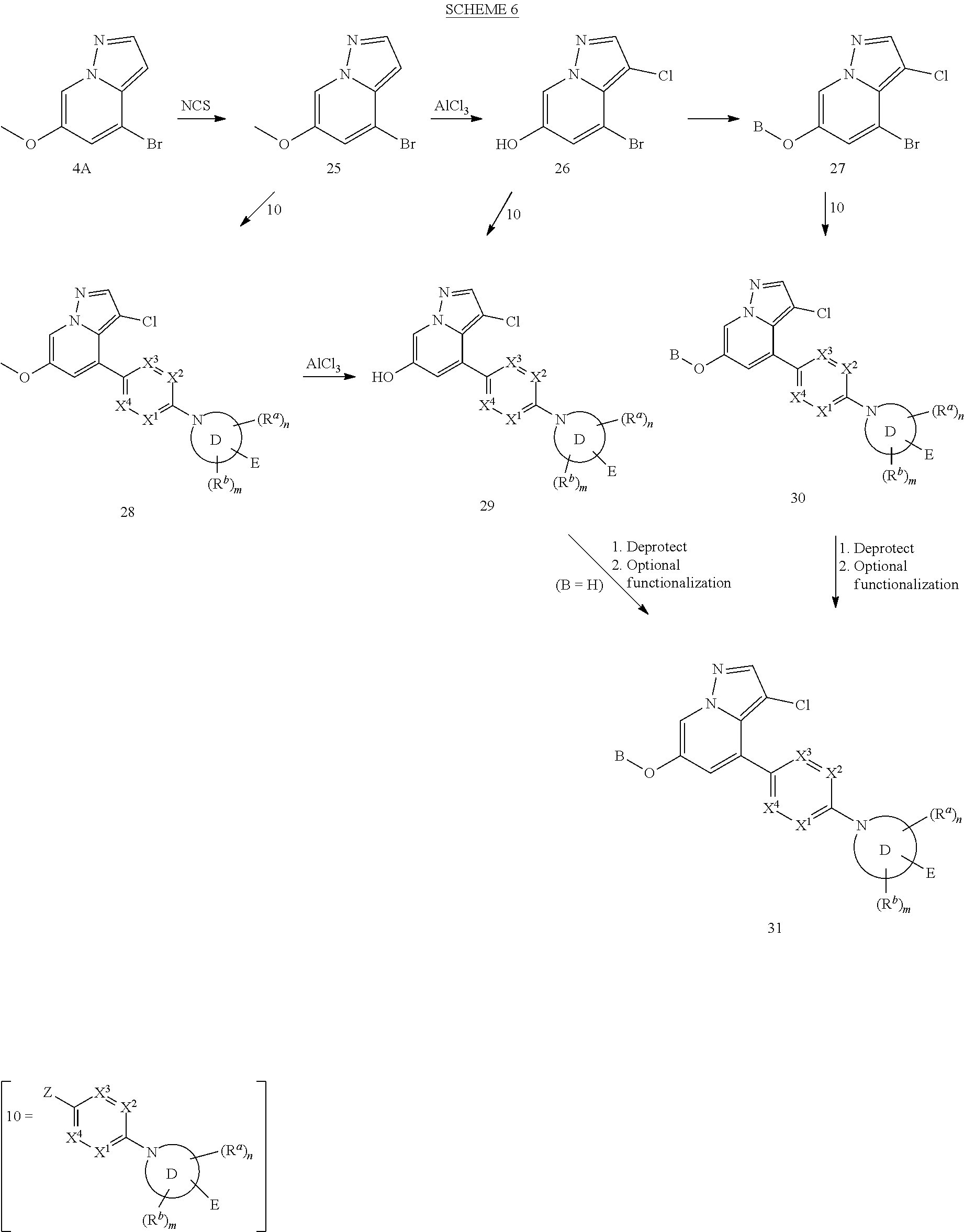
C00211
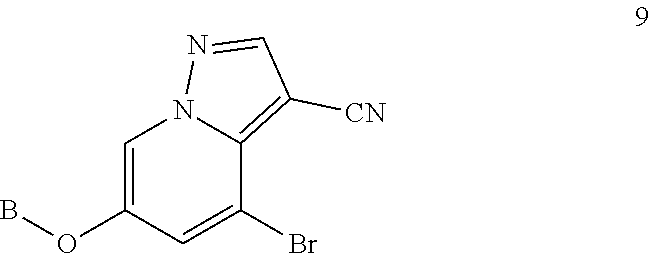
C00212
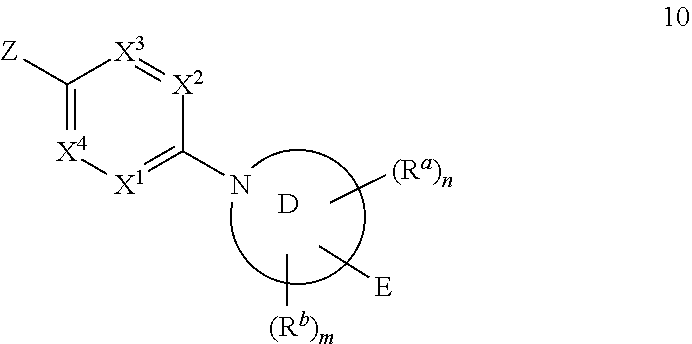
C00213
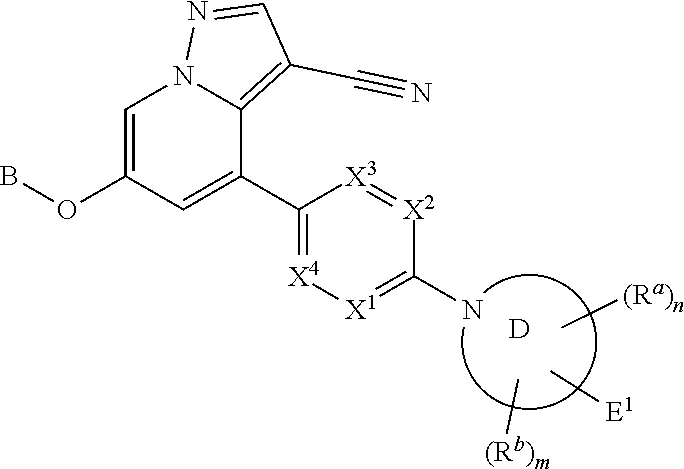
C00214
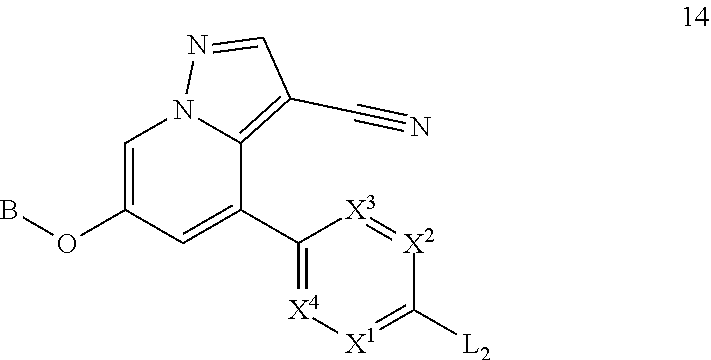
C00215
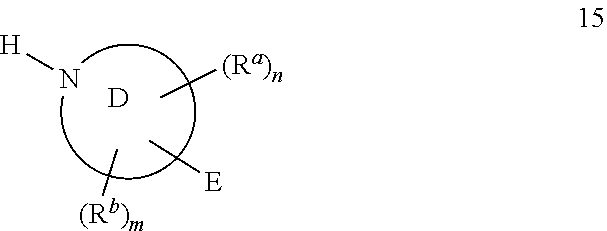
C00216
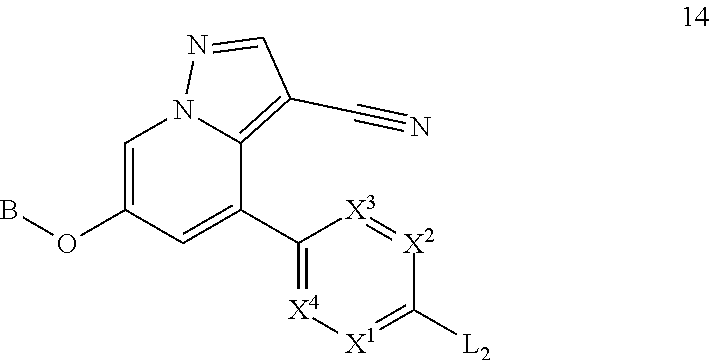
C00217
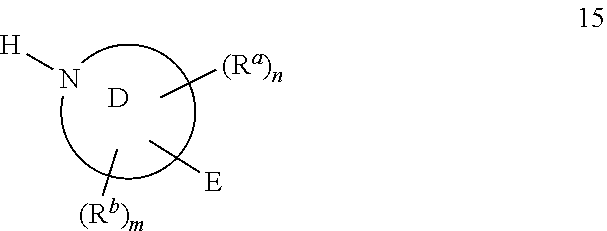
C00218
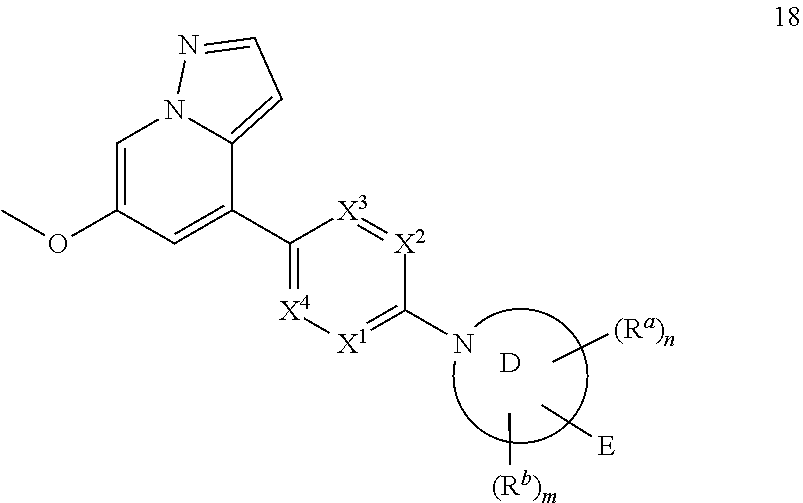
C00219
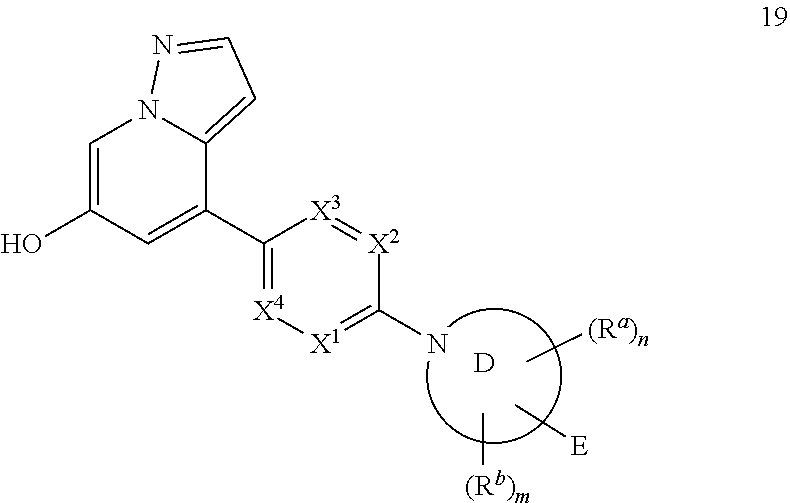
C00220
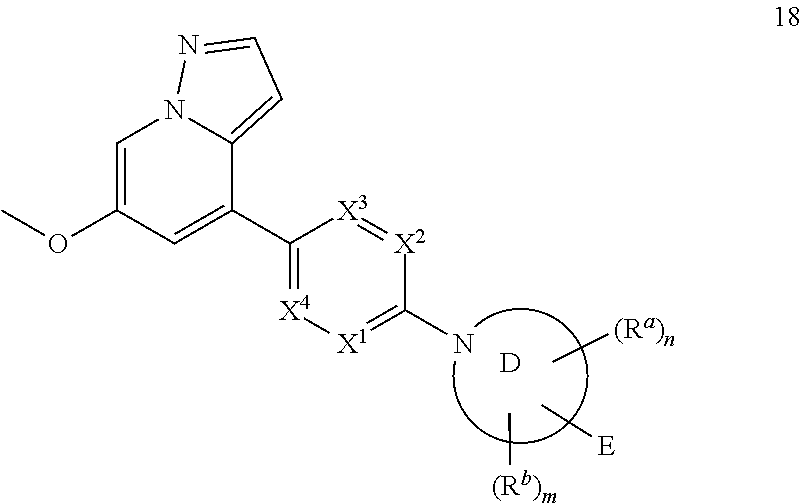
C00221
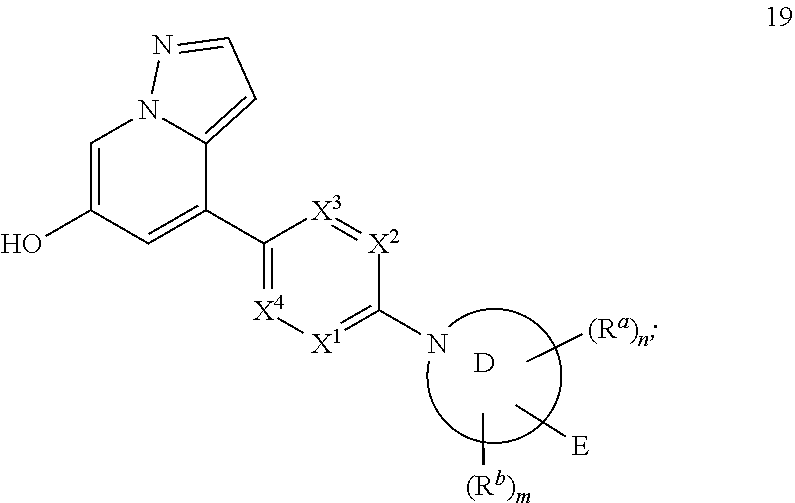
C00222
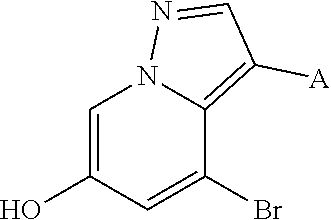
C00223

C00224
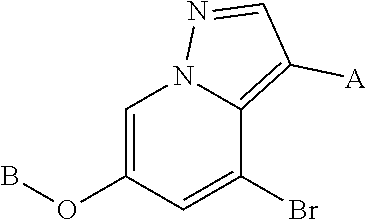
C00225
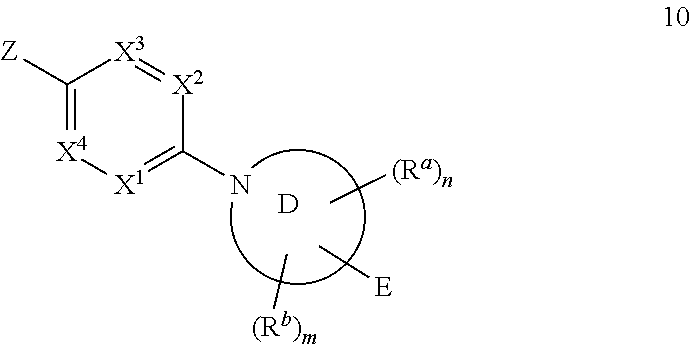
C00226
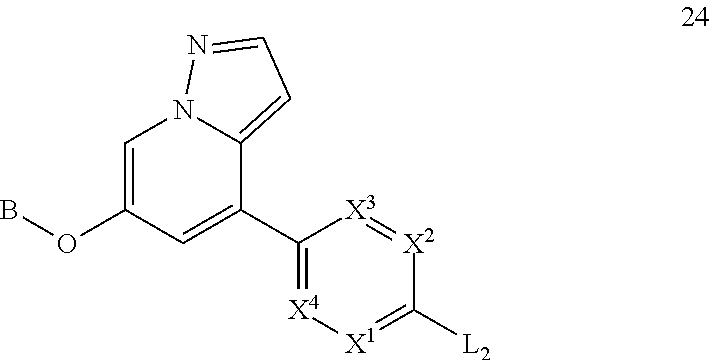
C00227
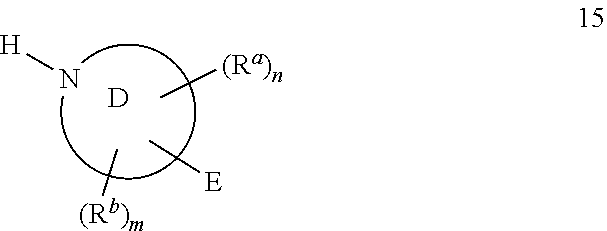
C00228
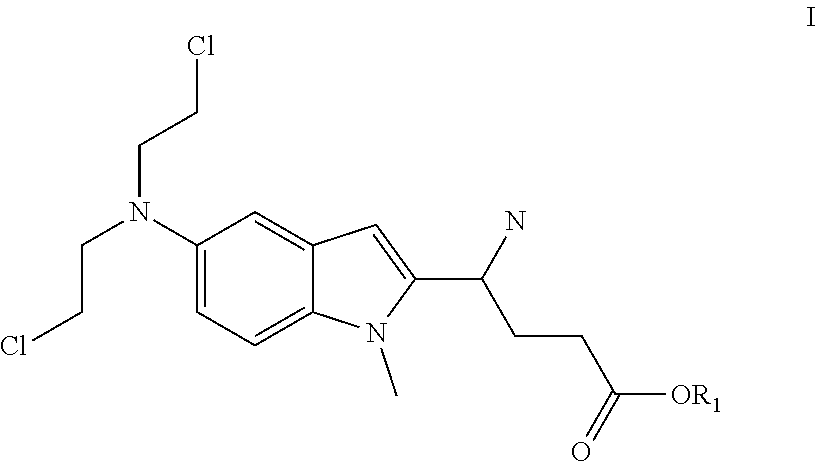
C00229
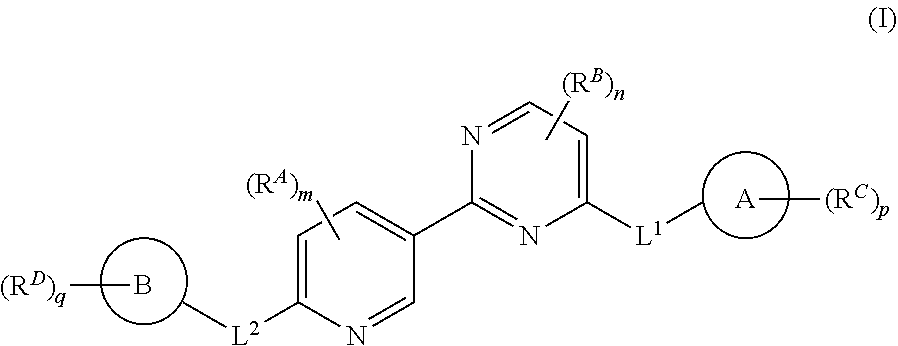
C00230
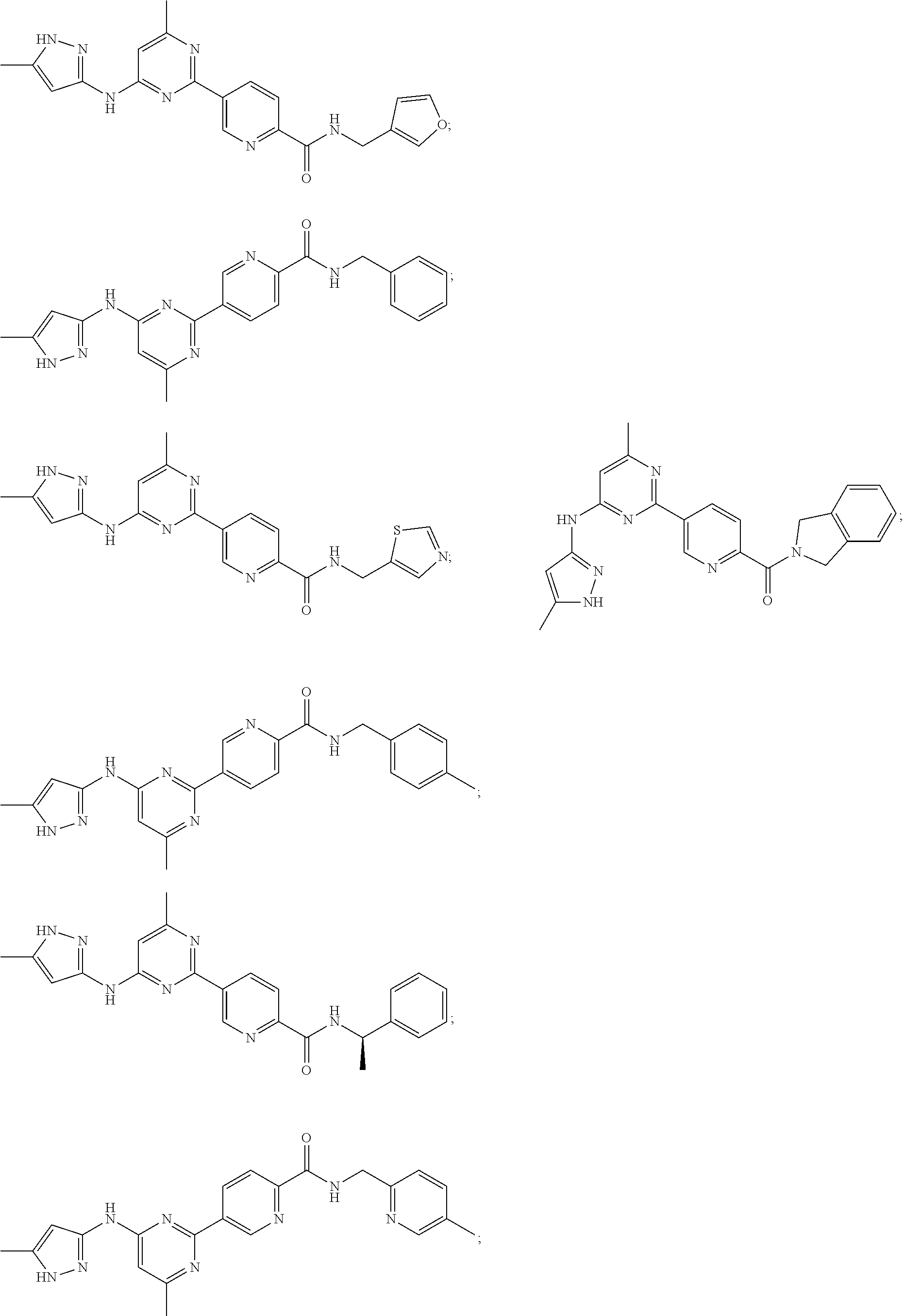
C00231
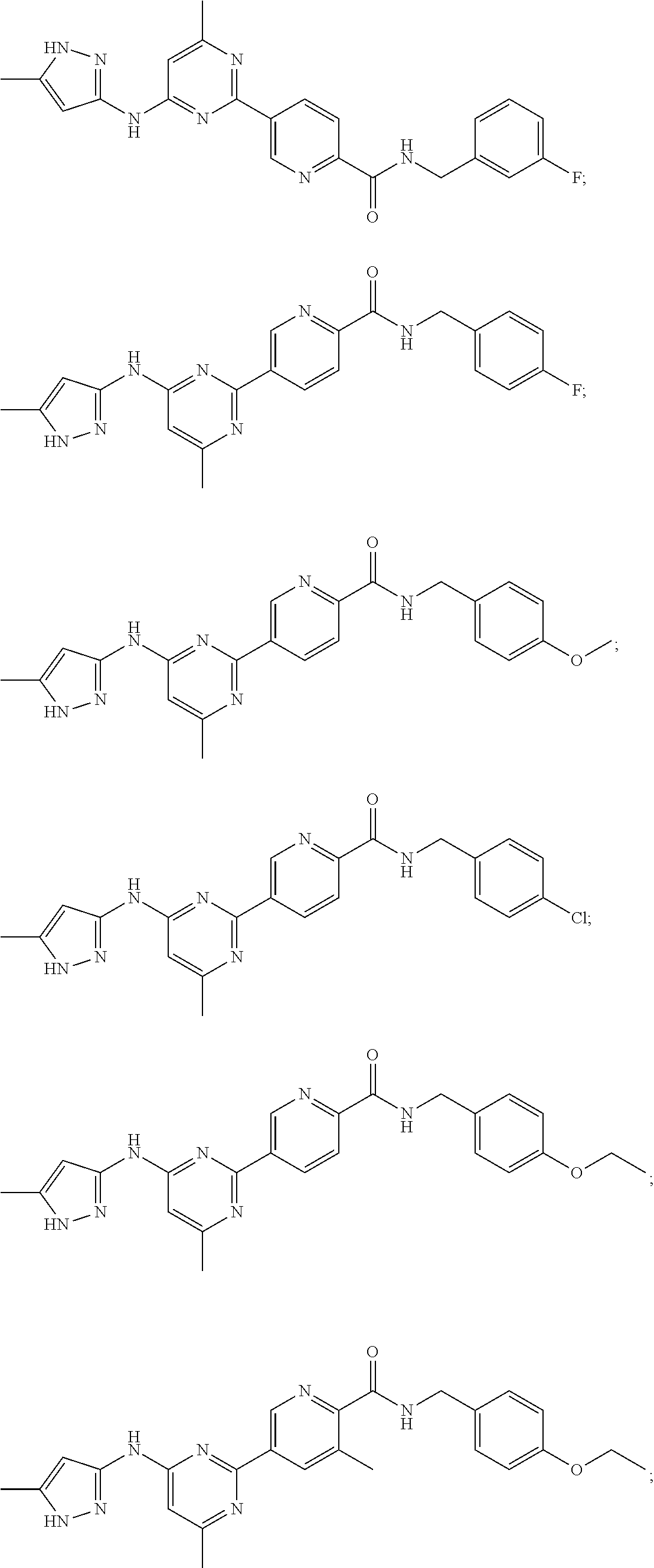
C00232
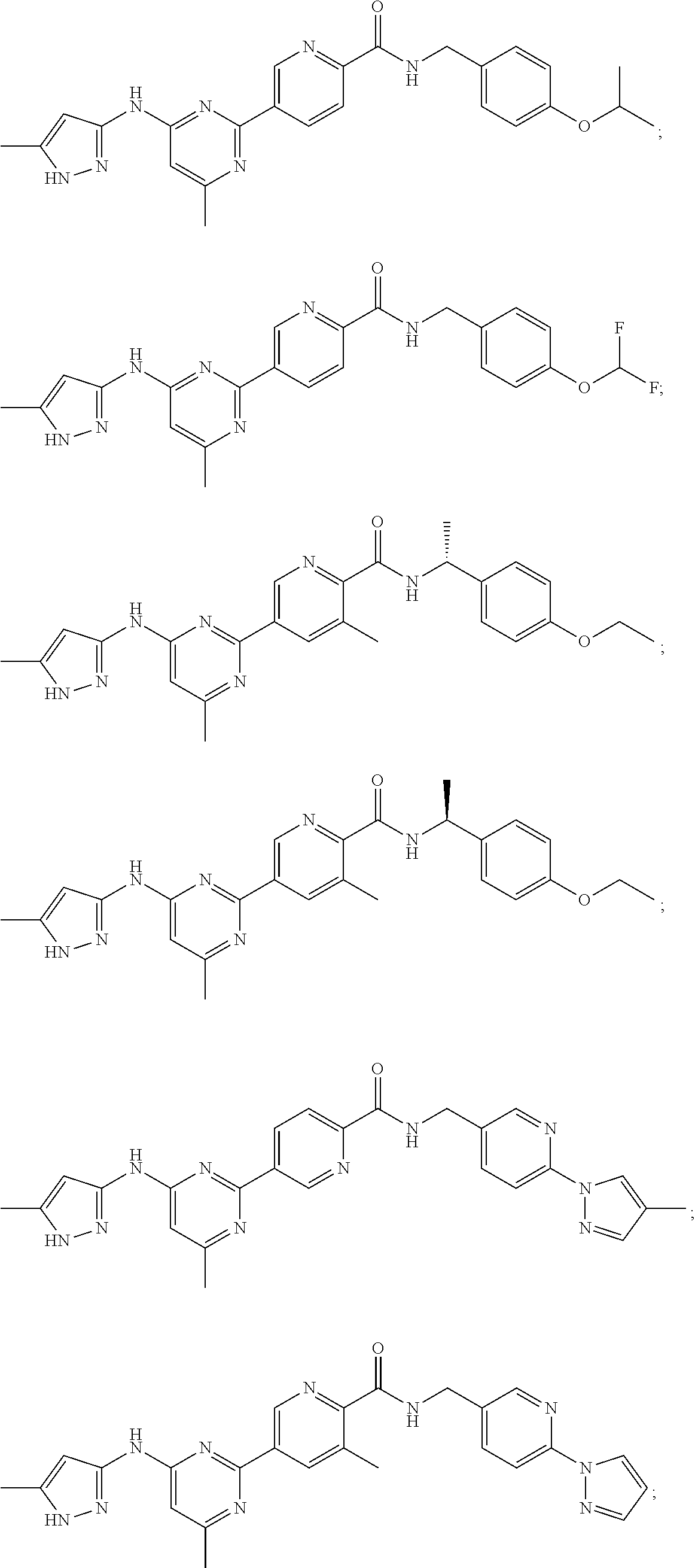
C00233
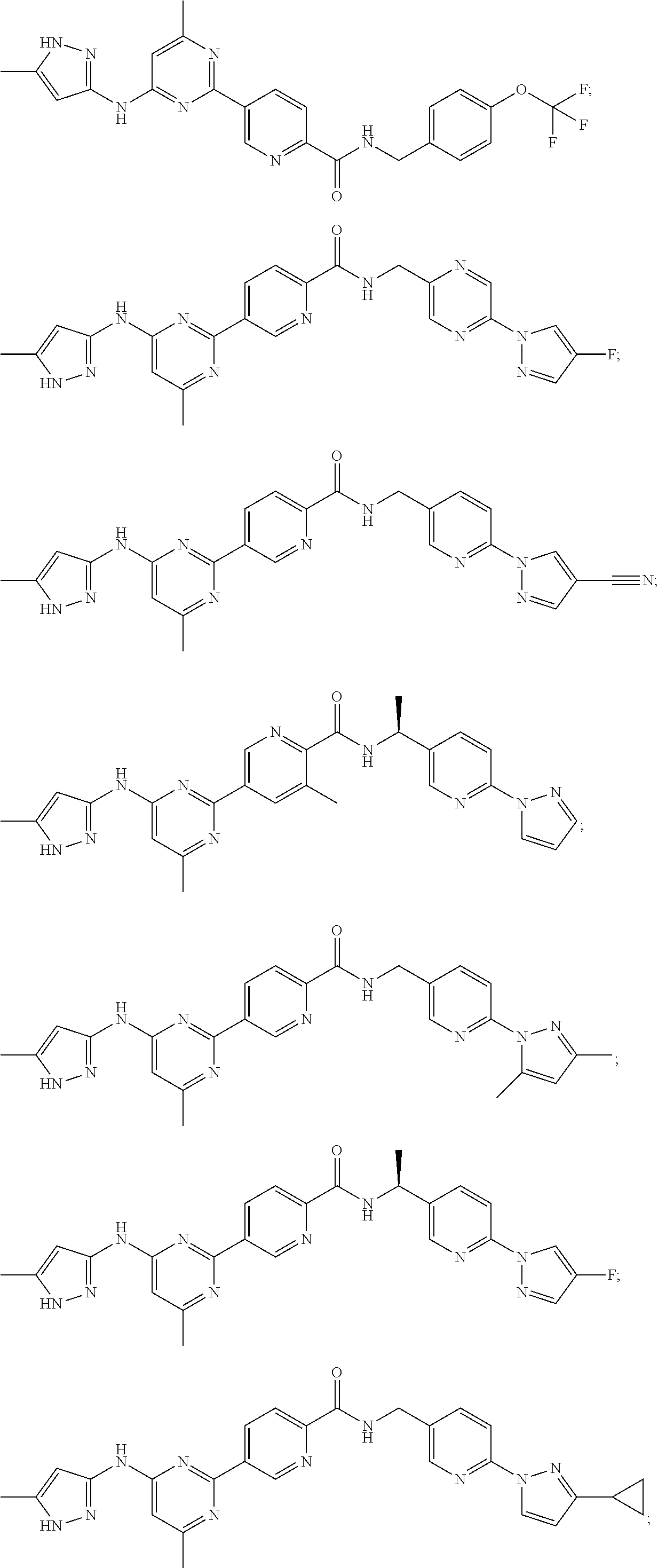
C00234
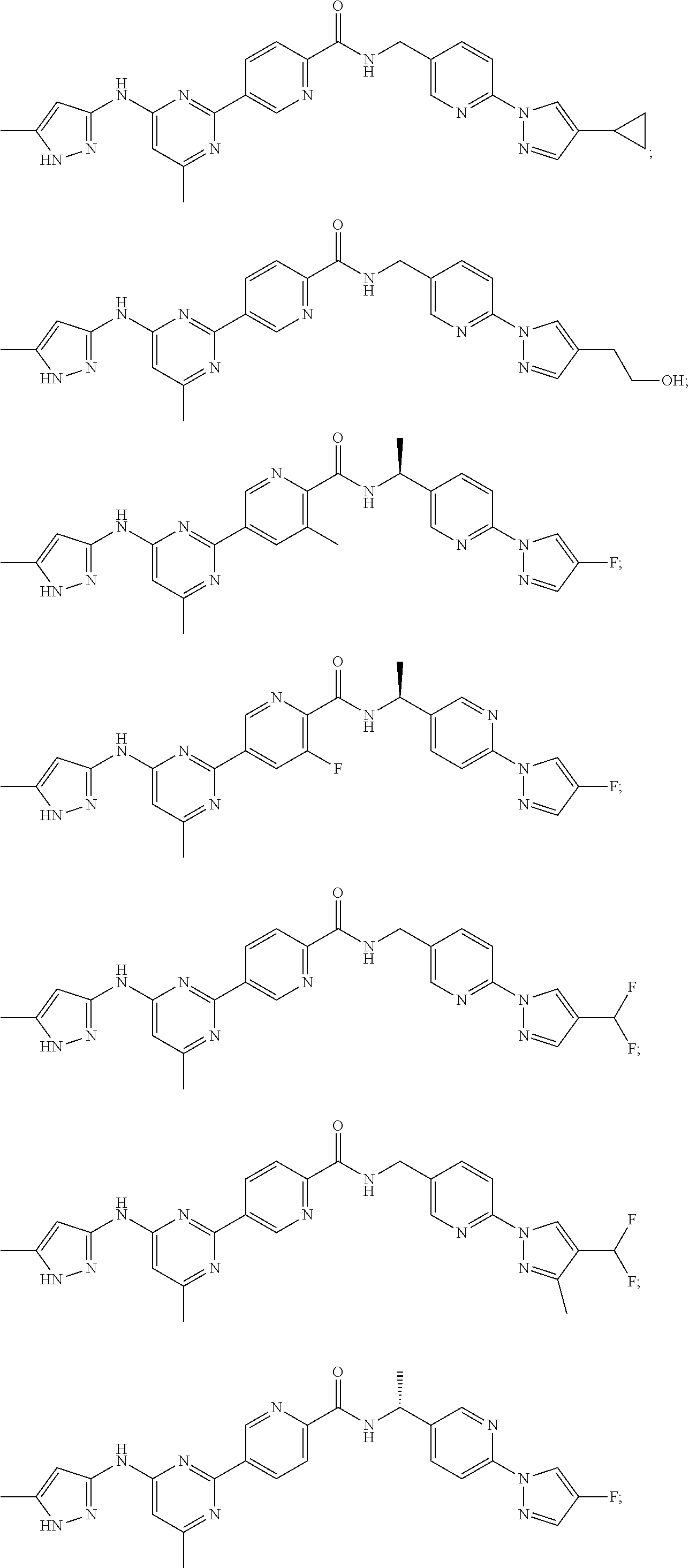
C00235
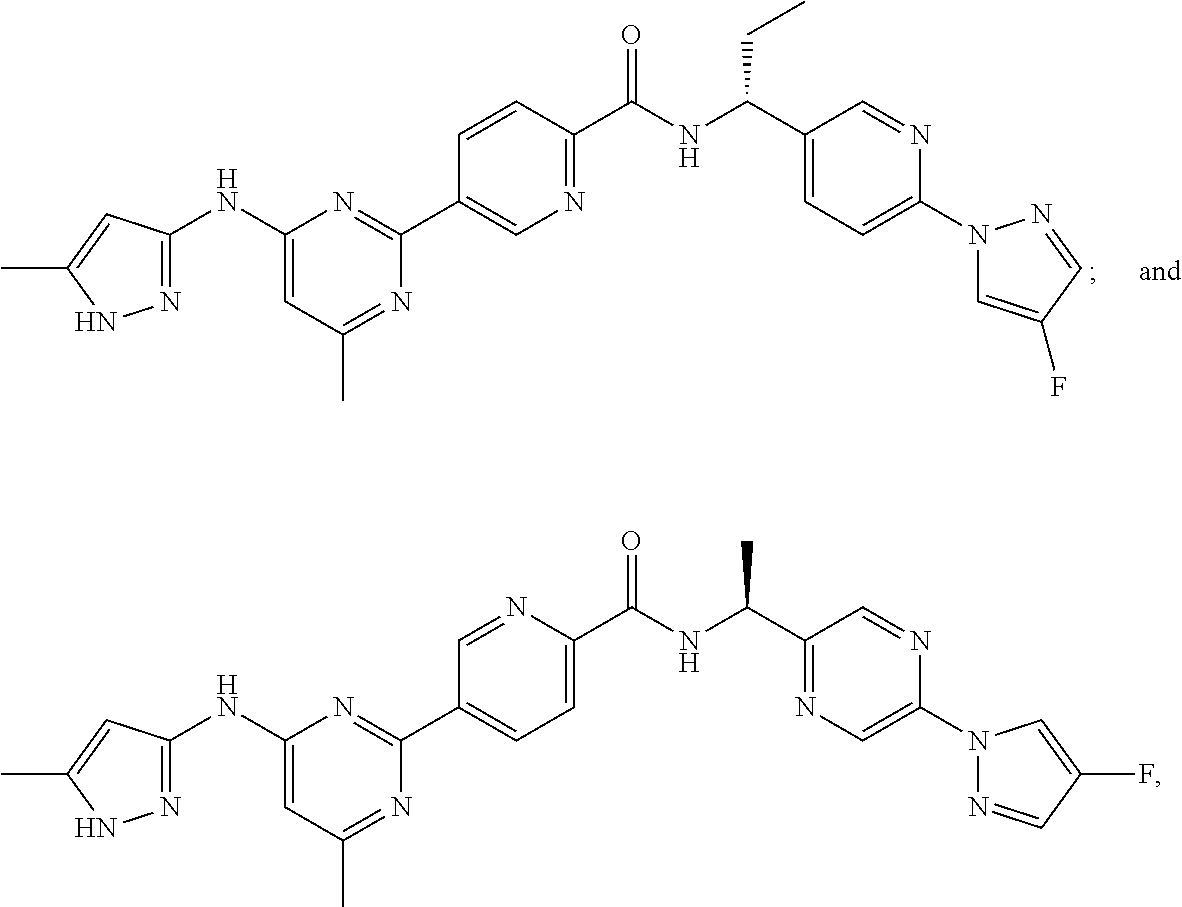
C00236
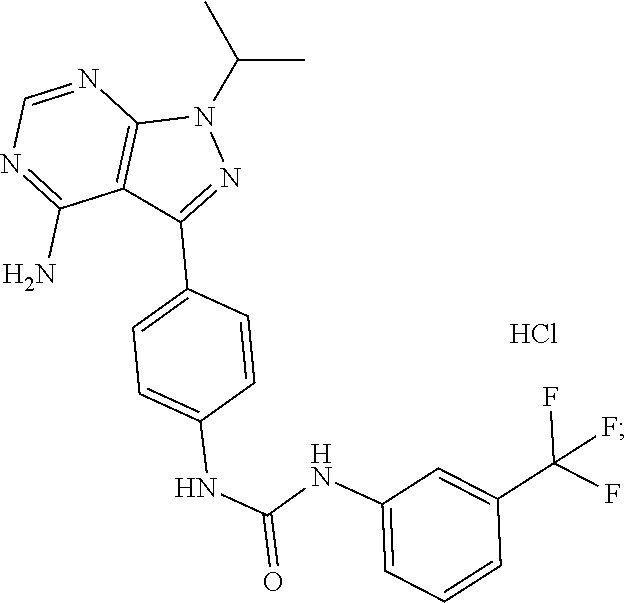
C00237
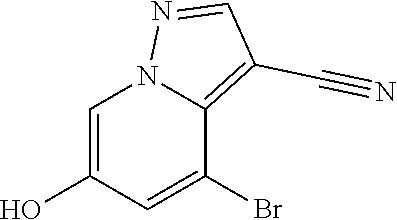
C00238
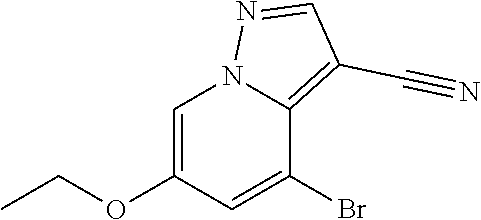
C00239
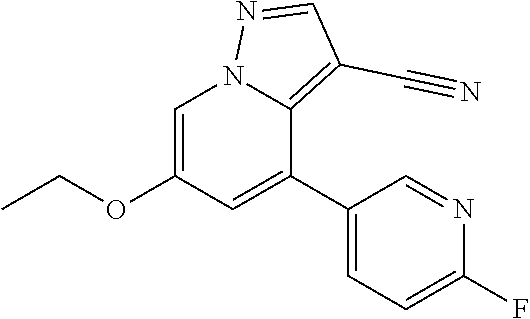
C00240
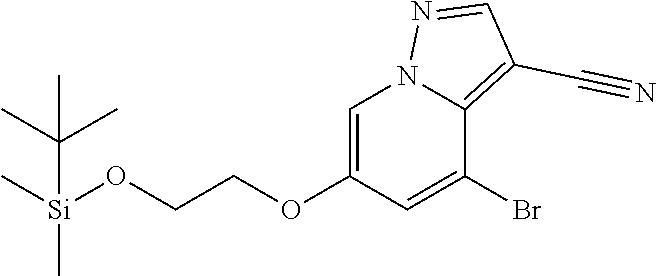
C00241
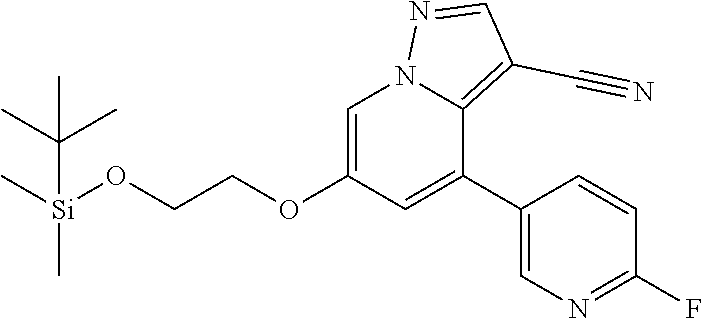
C00242
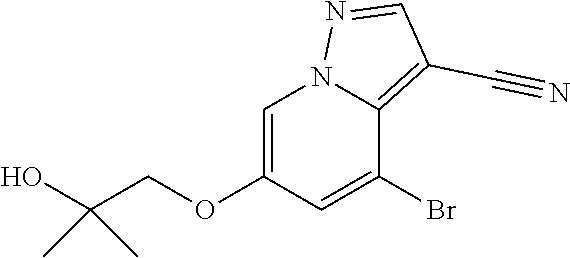
C00243
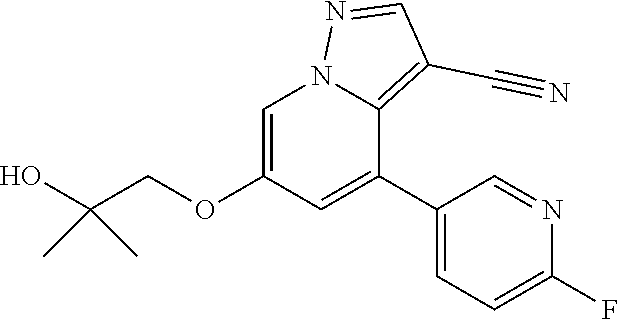
C00244
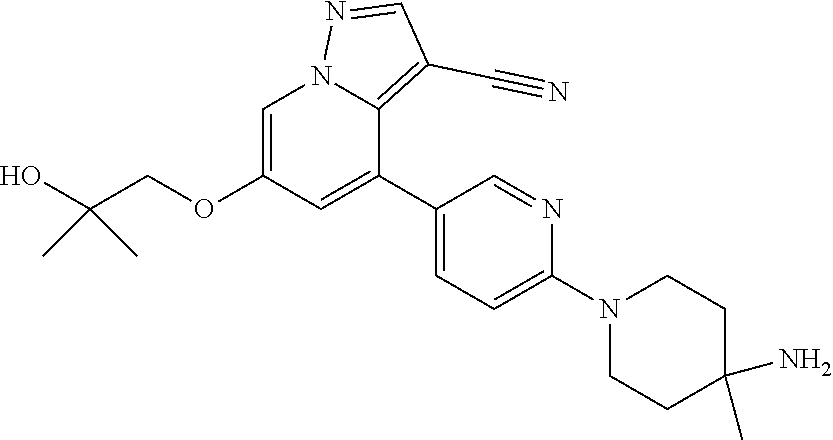
C00245

C00246
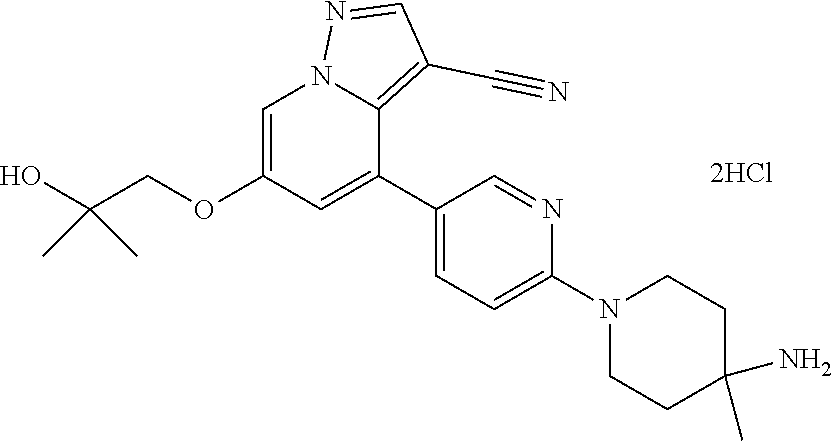
C00247
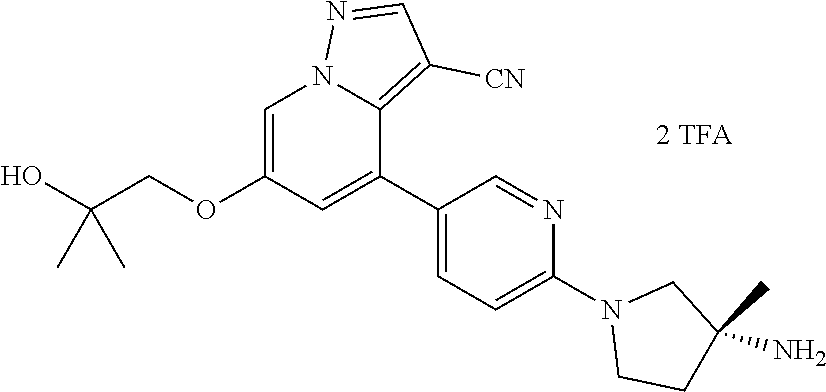
C00248
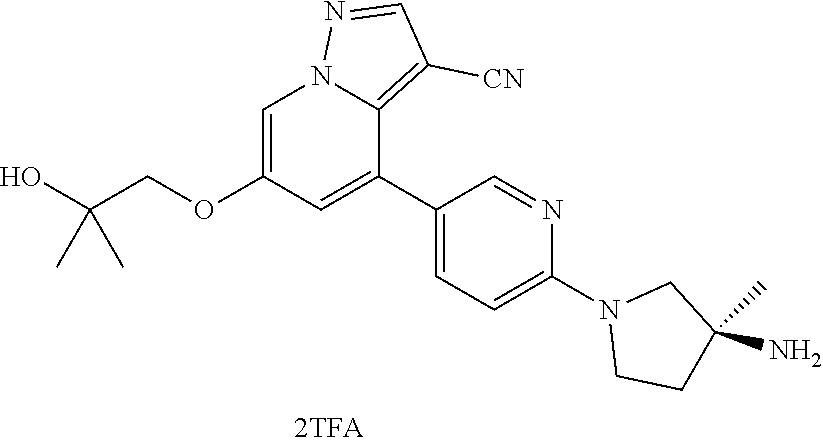
C00249
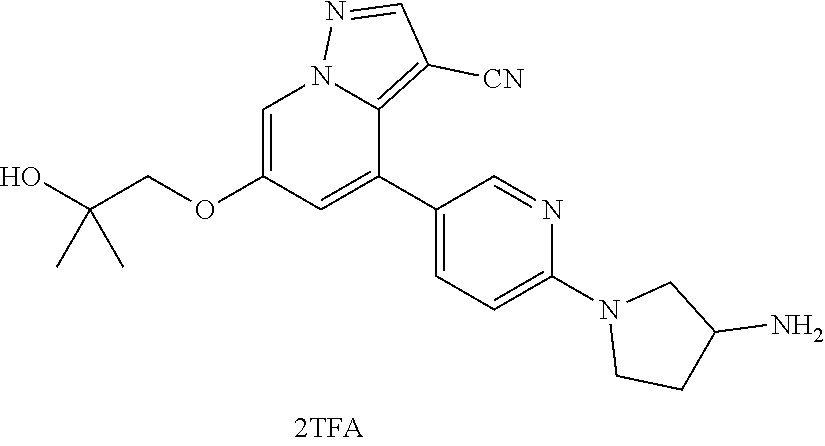
C00250
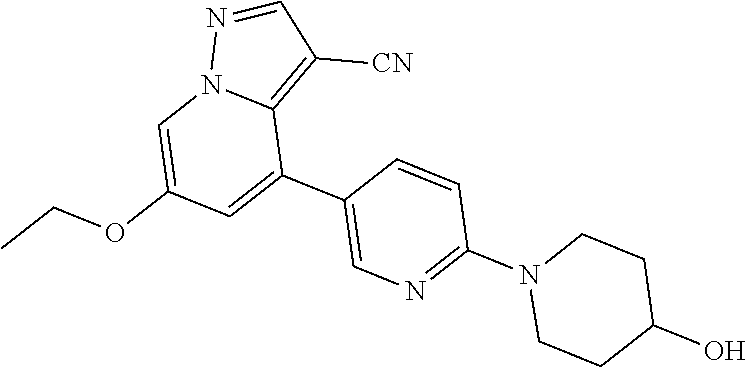
C00251
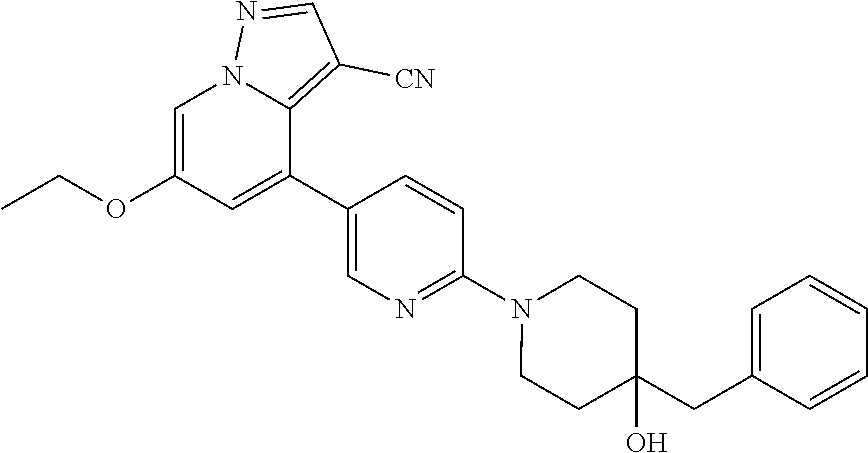
C00252
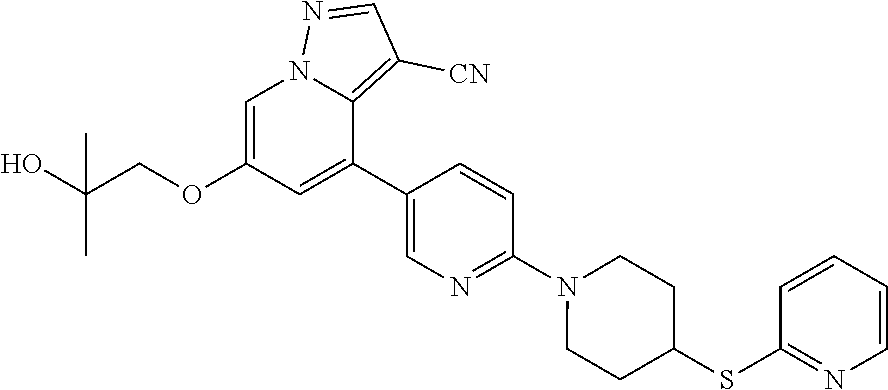
C00253

C00254
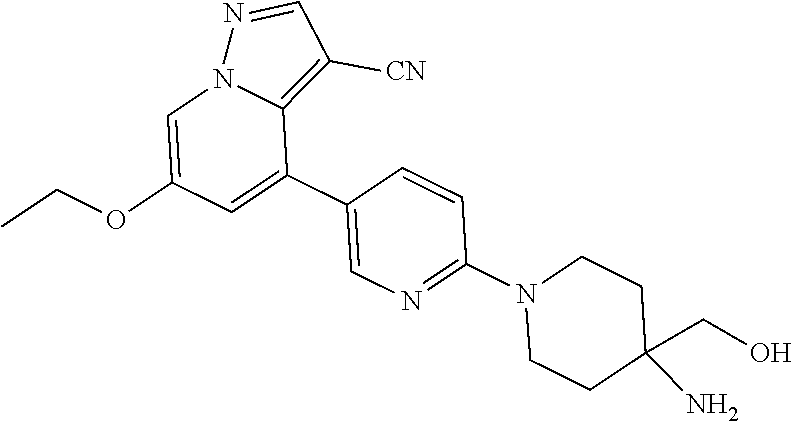
C00255
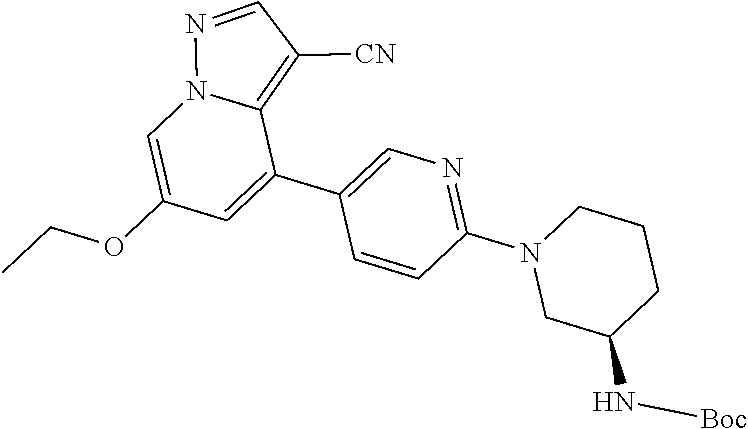
C00256
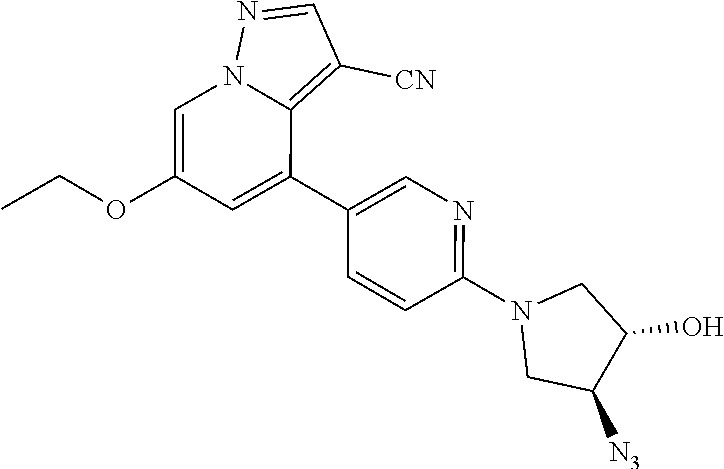
C00257
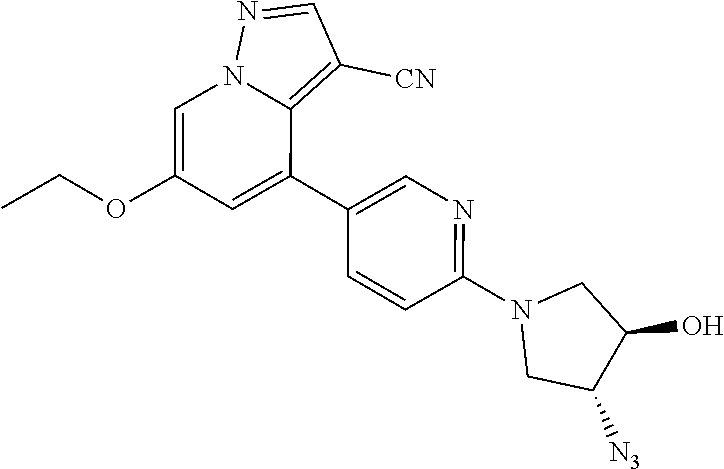
C00258
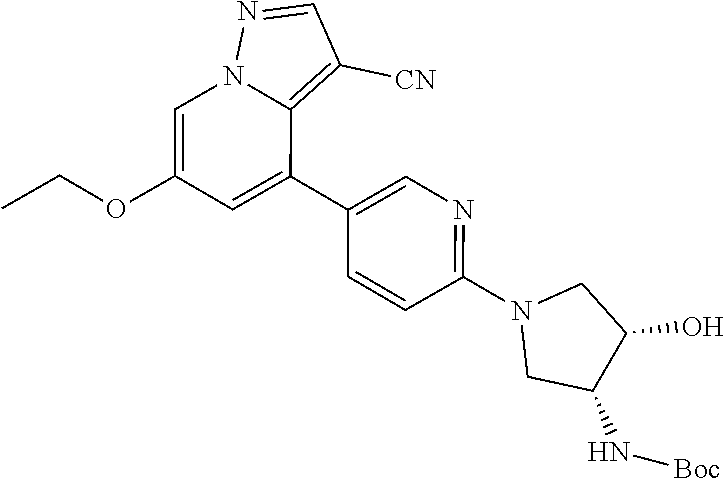
C00259
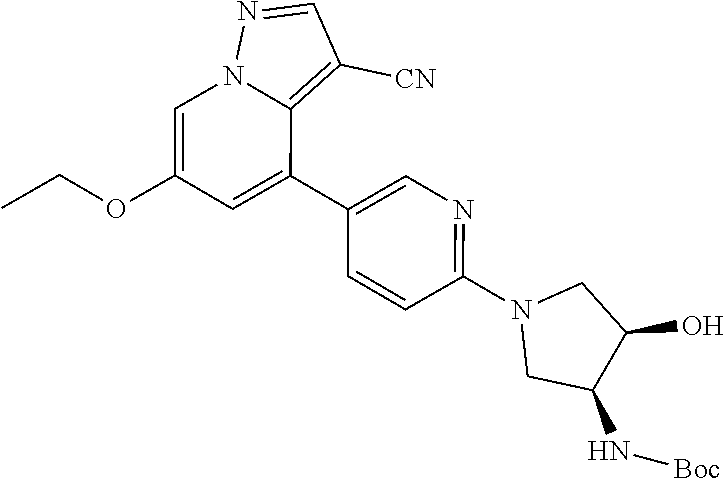
C00260
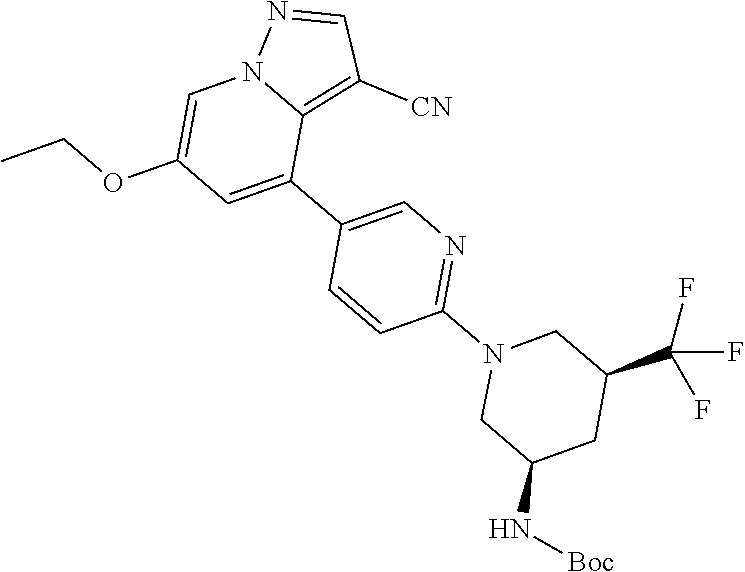
C00261
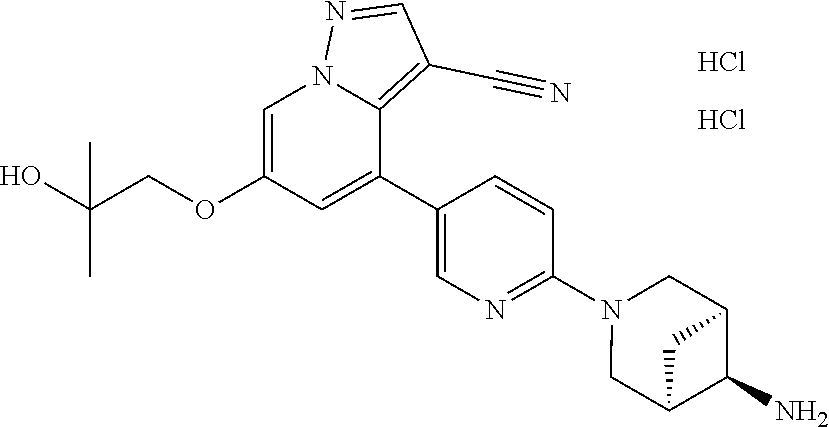
C00262
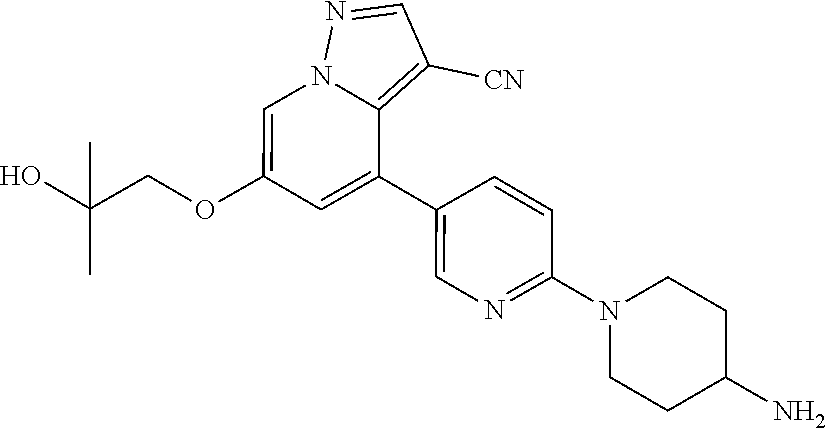
C00263
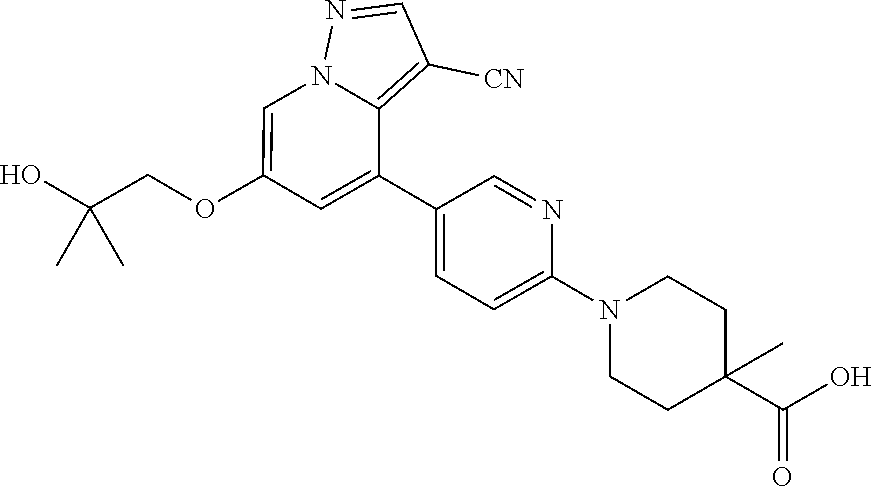
C00264
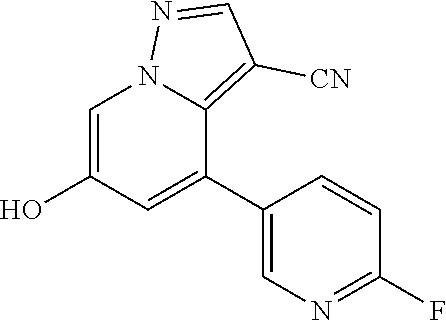
C00265
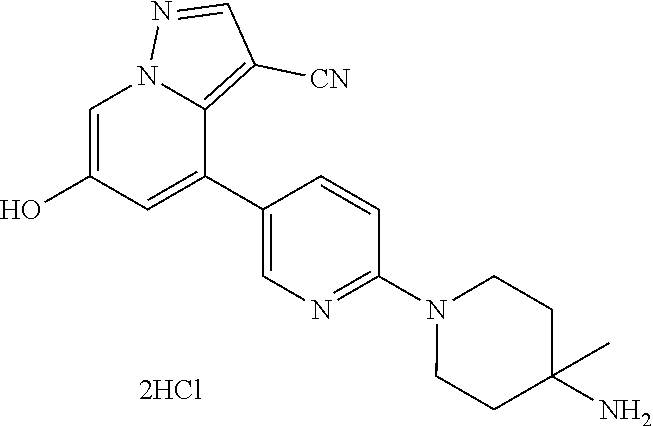
C00266
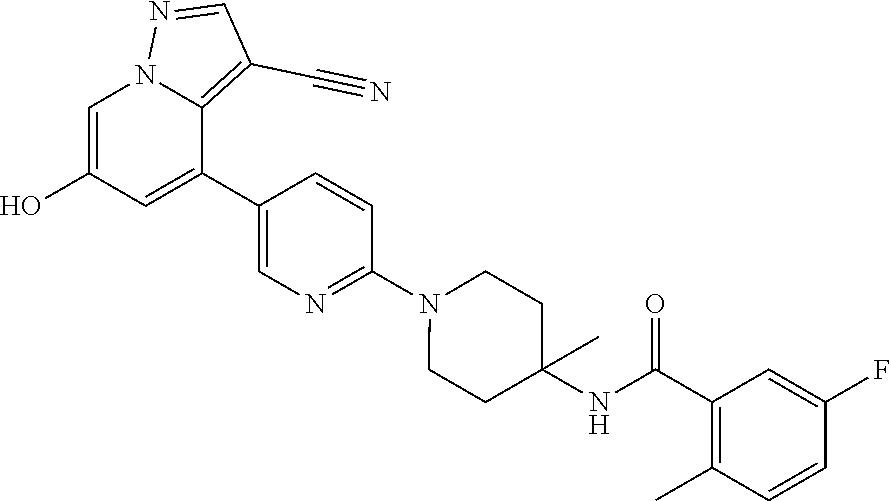
C00267
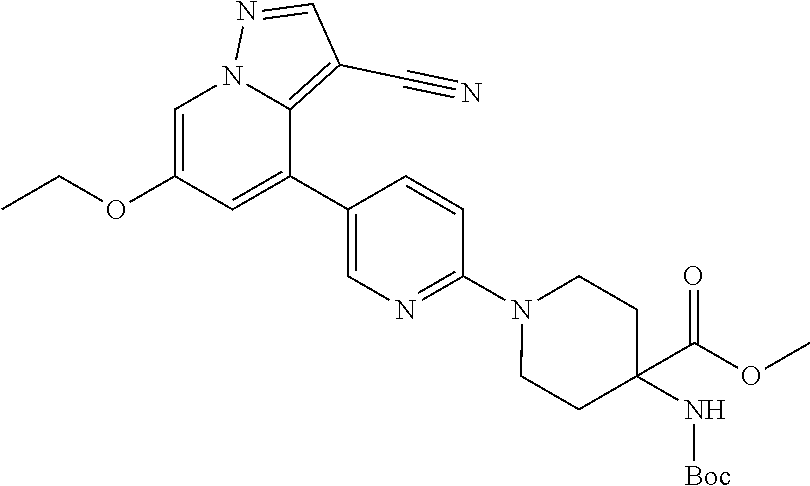
C00268
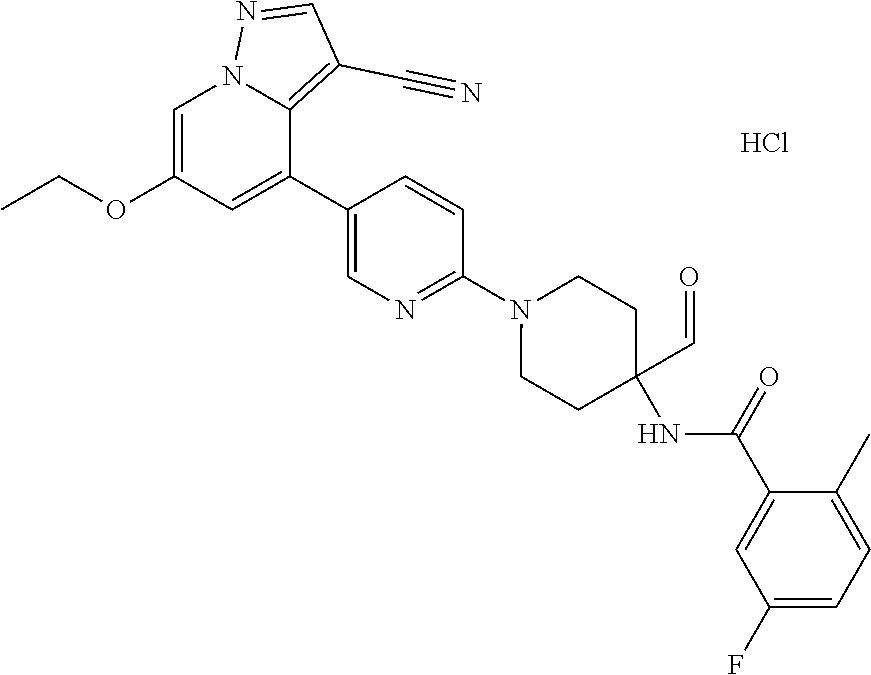
C00269
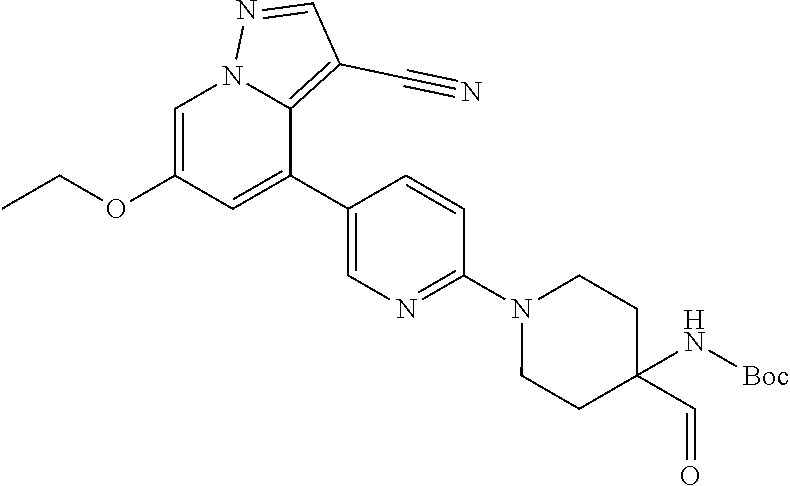
C00270
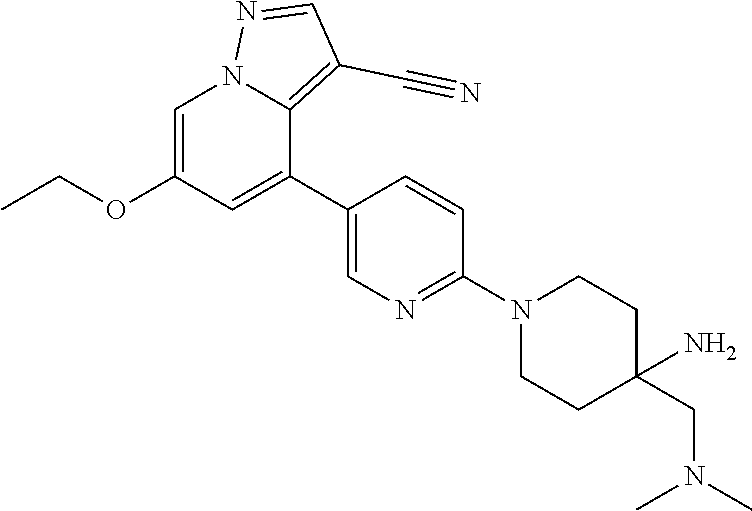
C00271
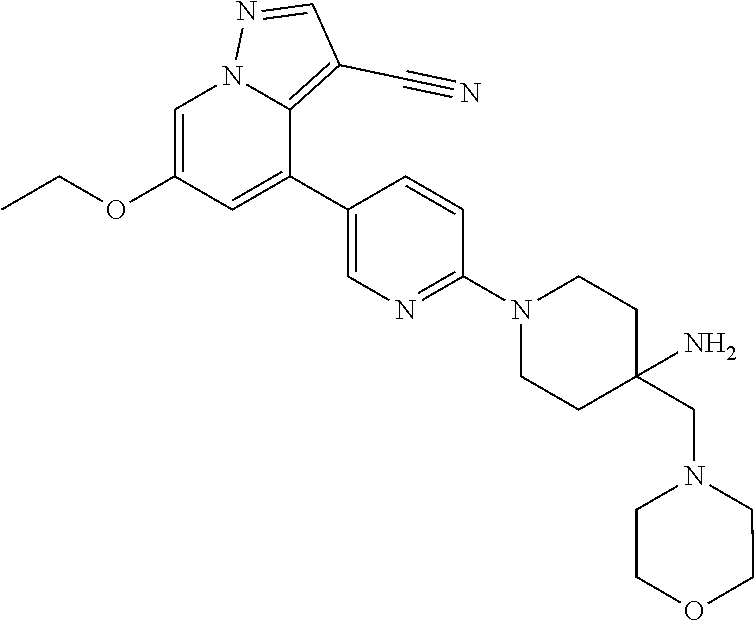
C00272
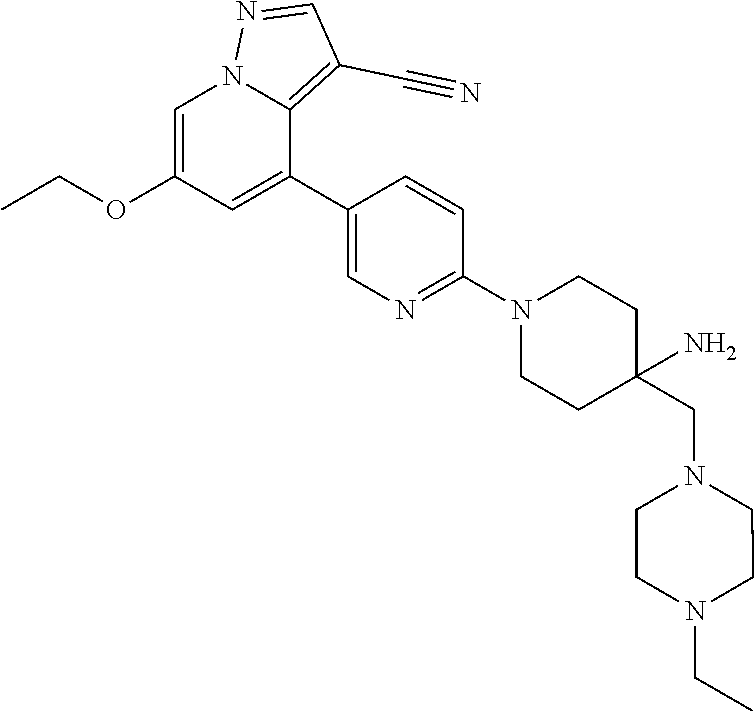
C00273
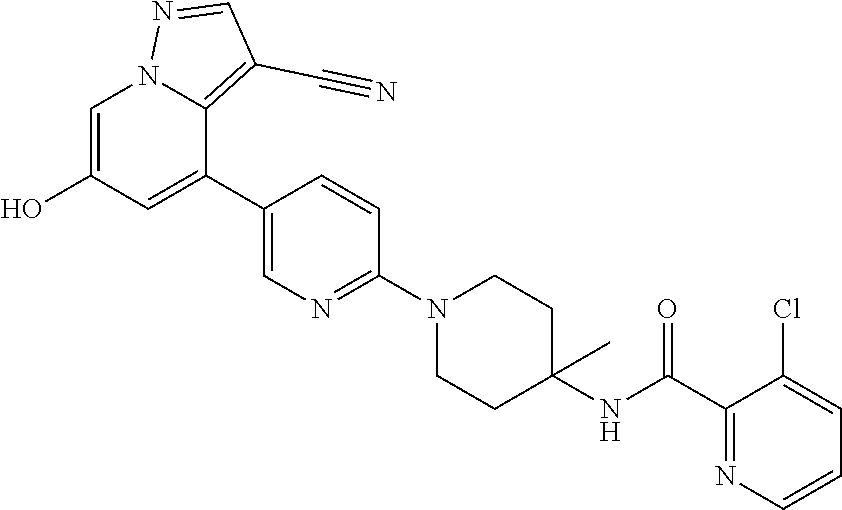
C00274
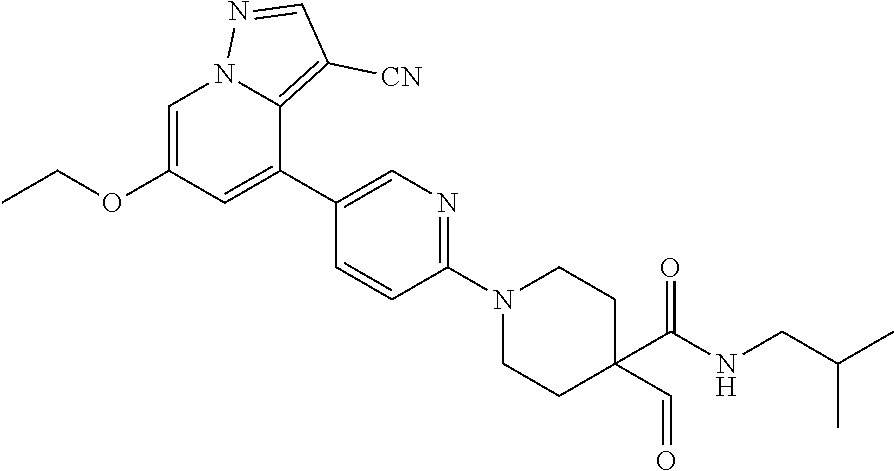
C00275
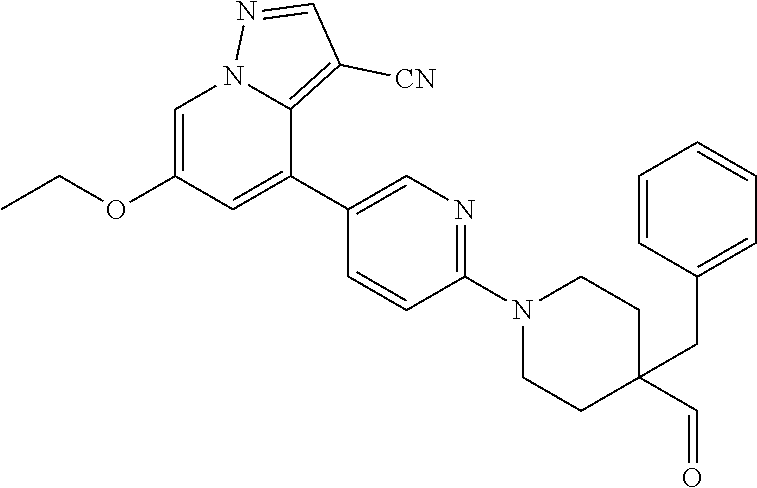
C00276
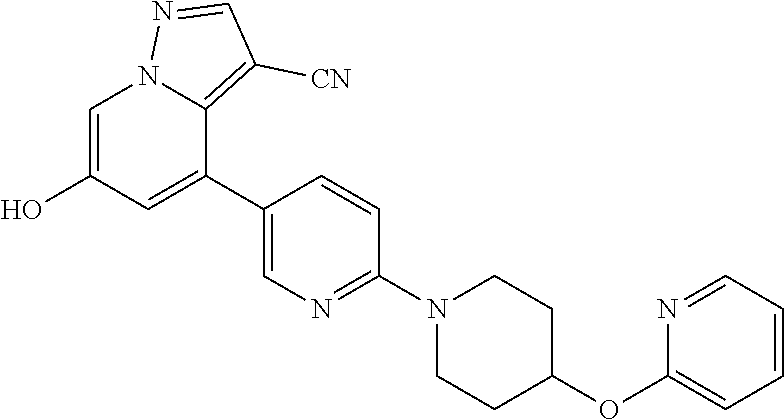
C00277
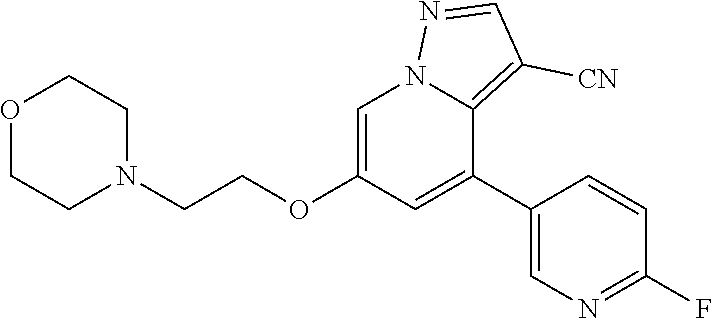
C00278
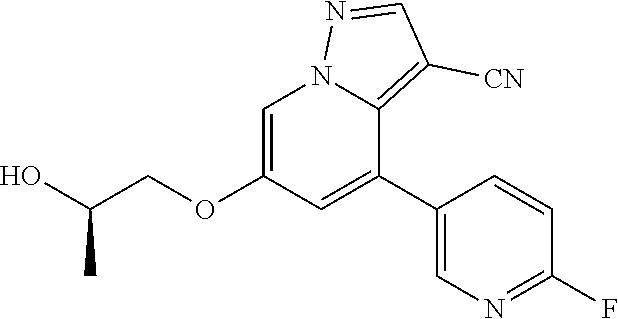
C00279
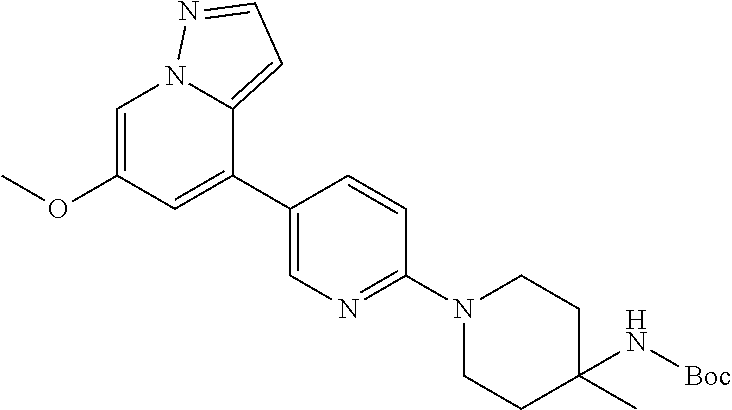
C00280
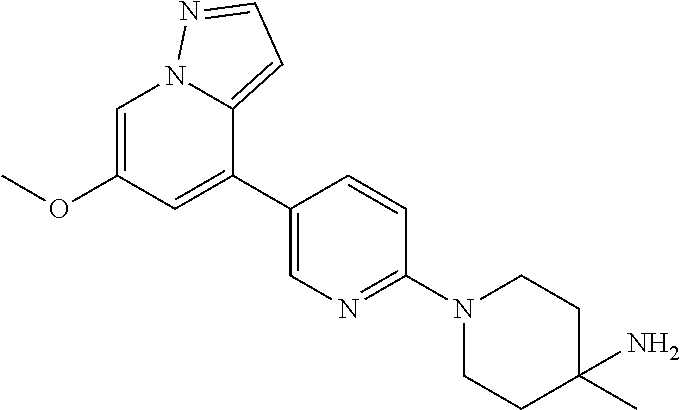
C00281
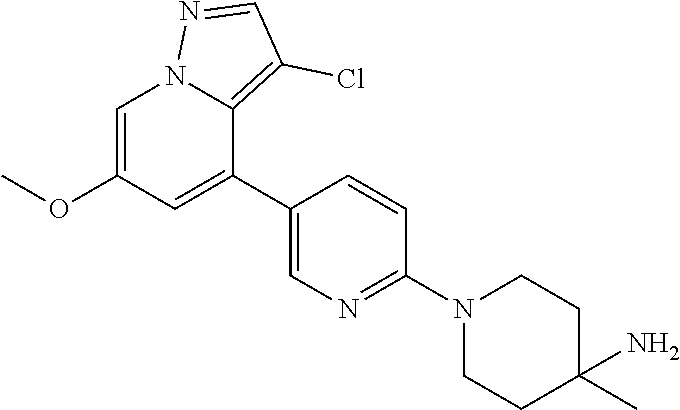
C00282
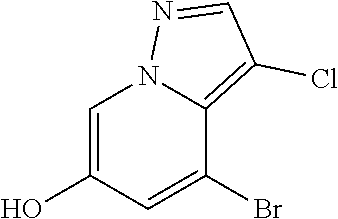
C00283

C00284
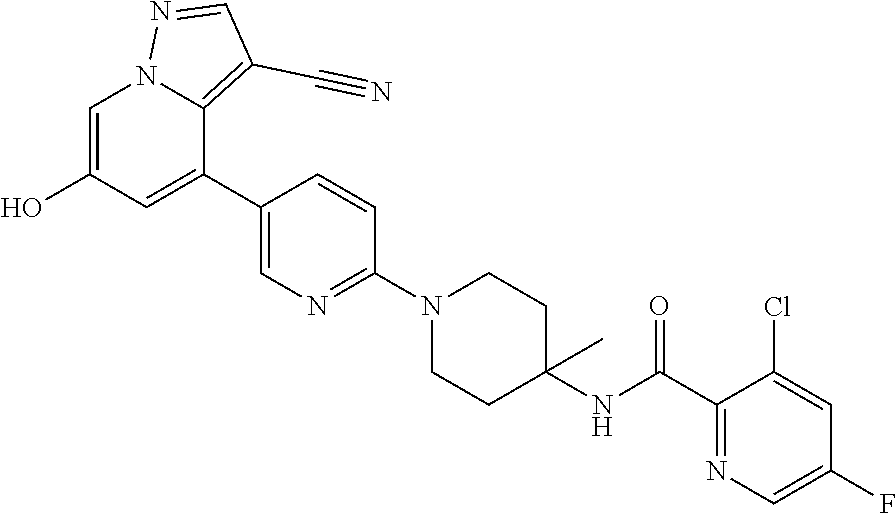
C00285
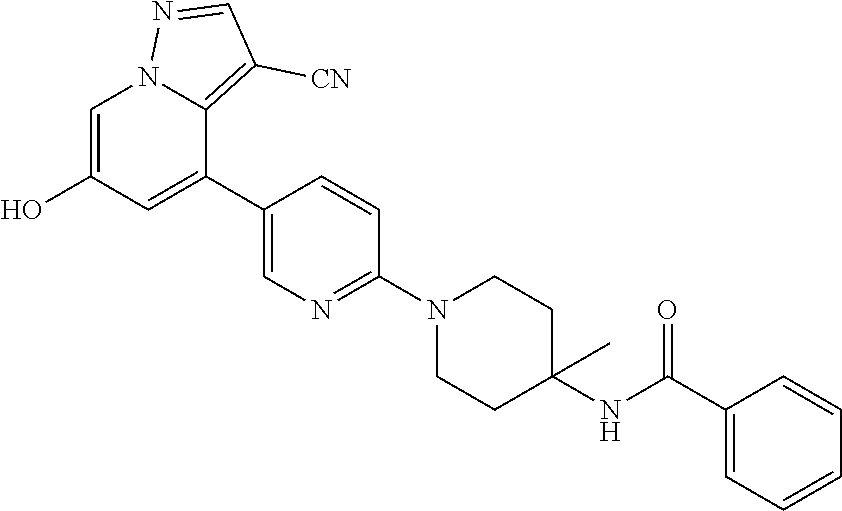
C00286
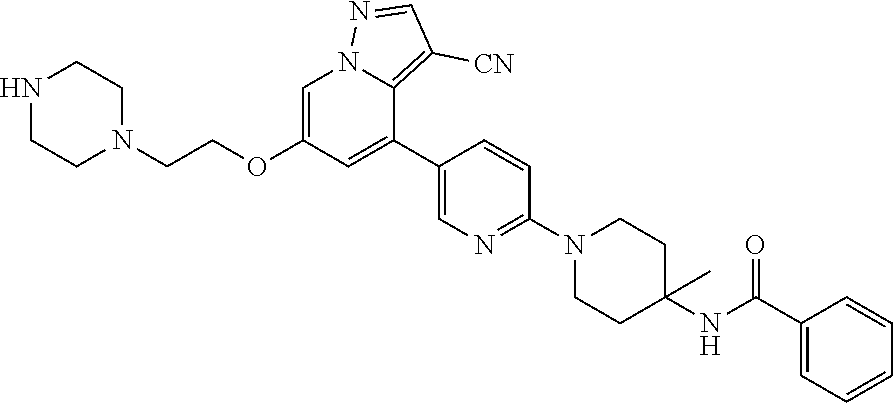
C00287
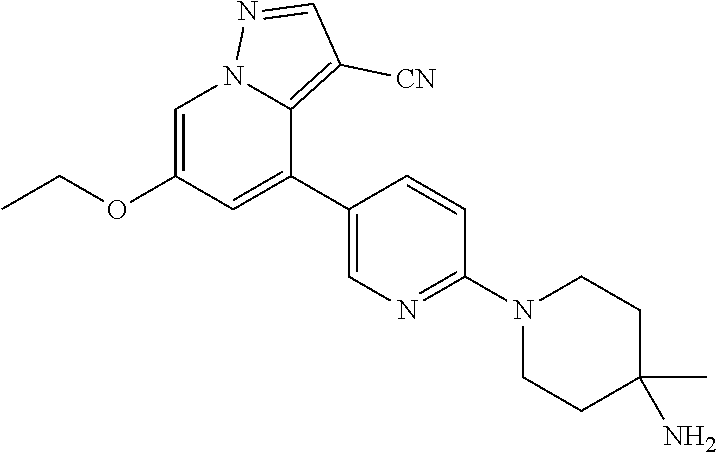
C00288
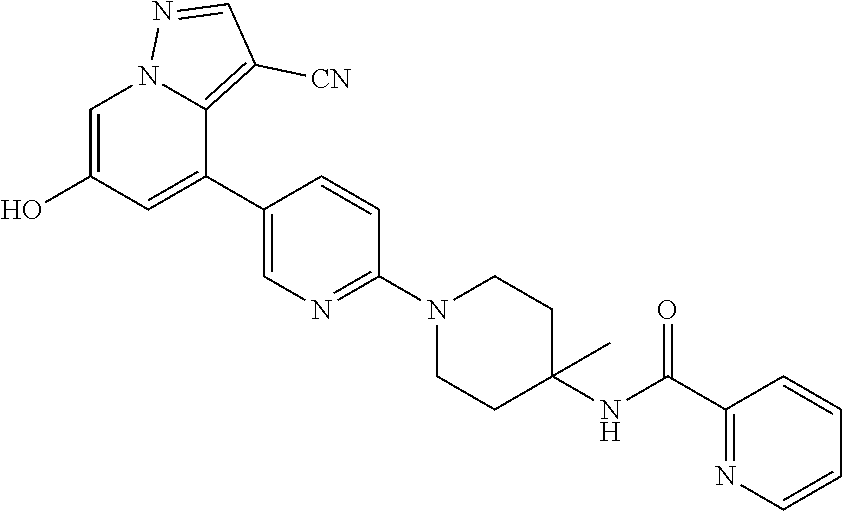
C00289
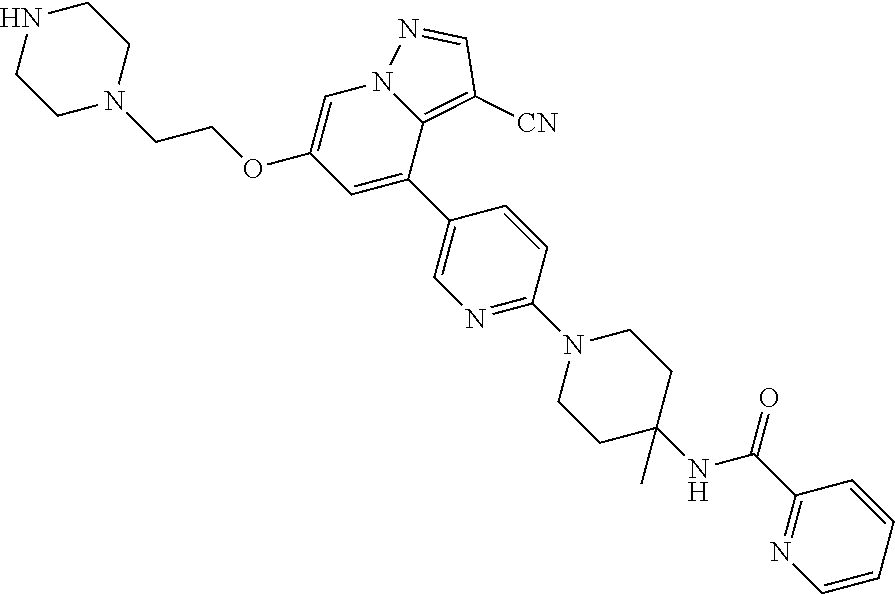
C00290
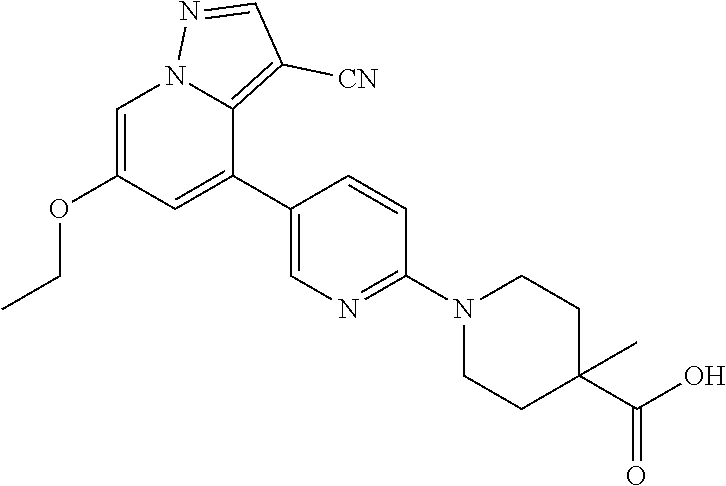
C00291

C00292
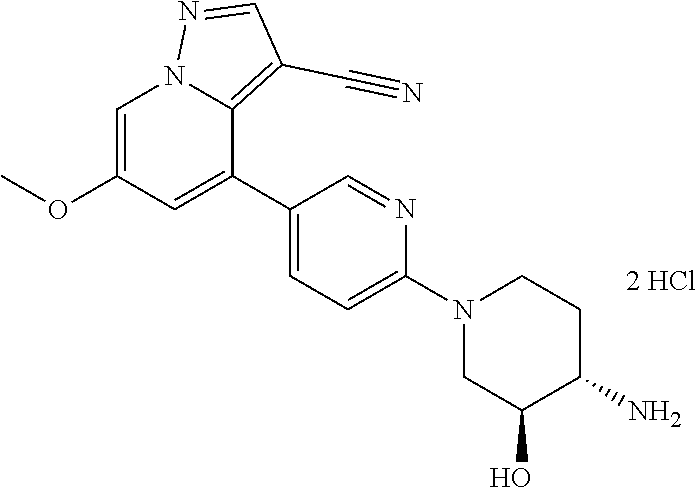
C00293
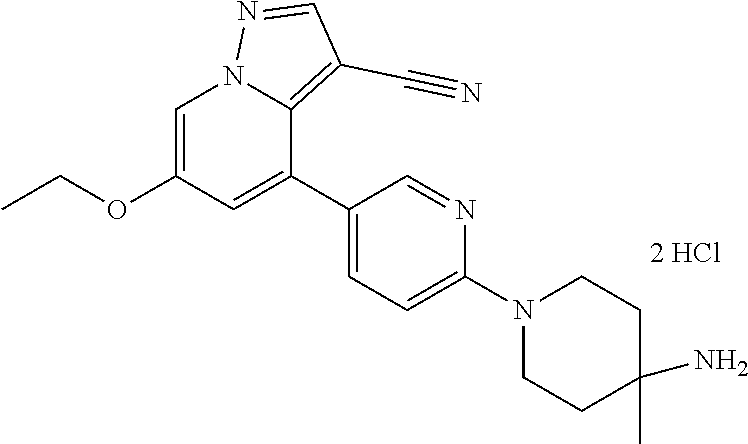
C00294
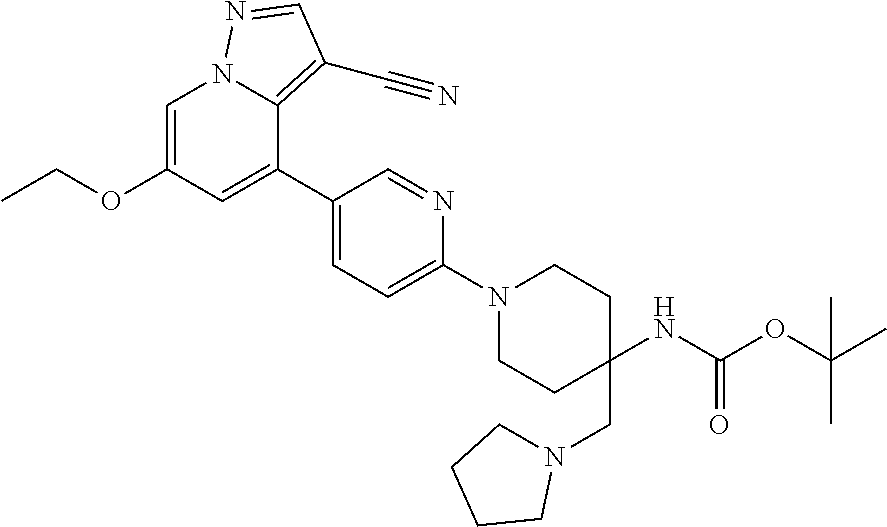
C00295
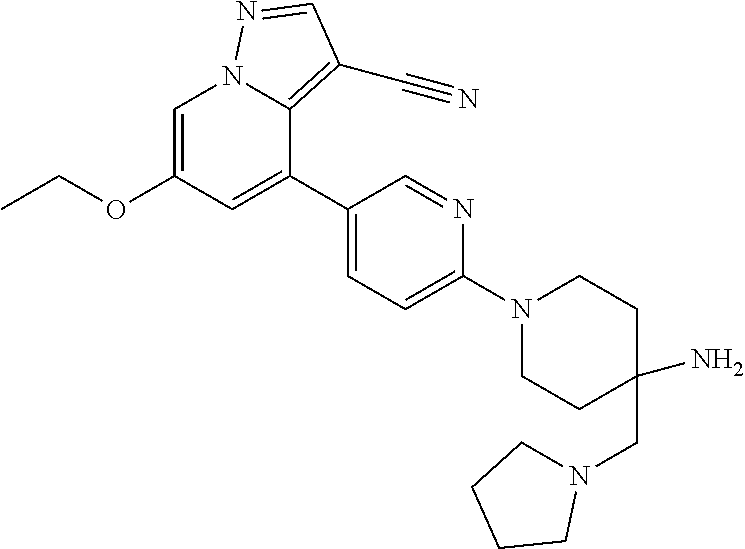
C00296
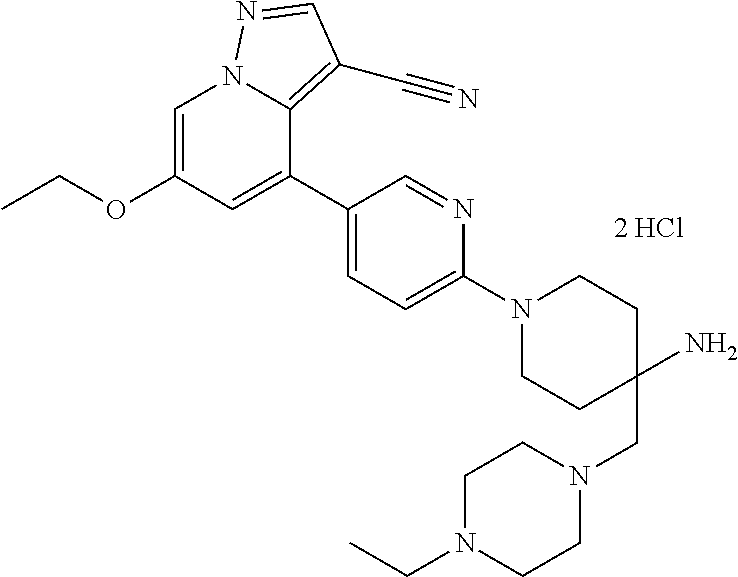
C00297
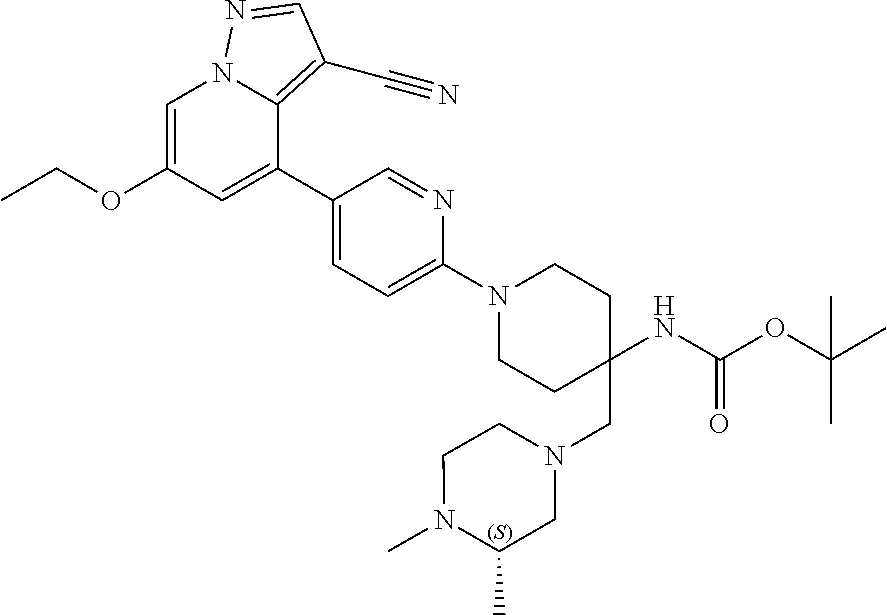
C00298
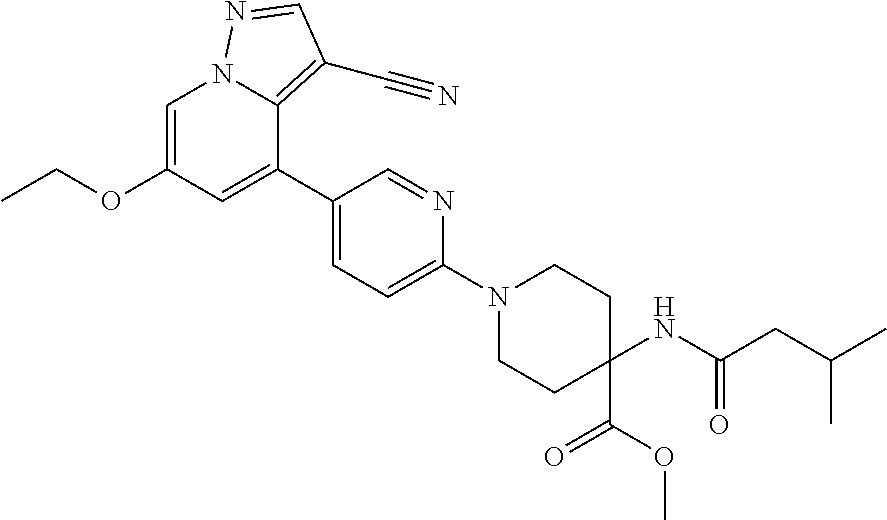
C00299
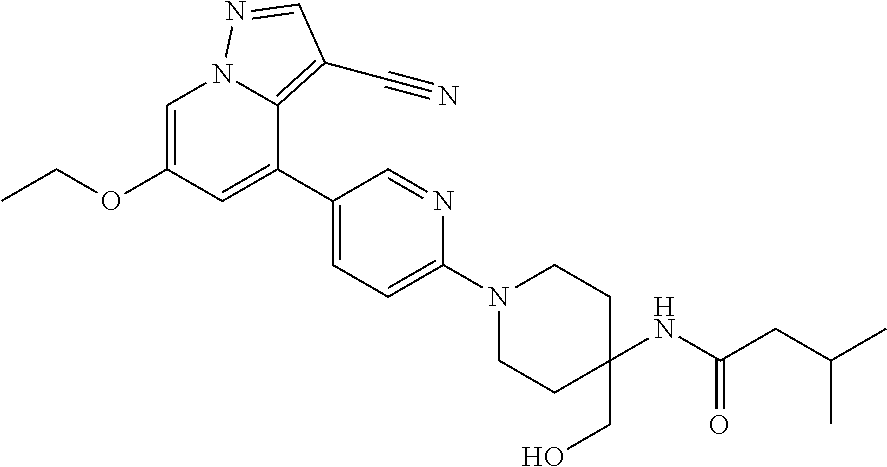
C00300

C00301
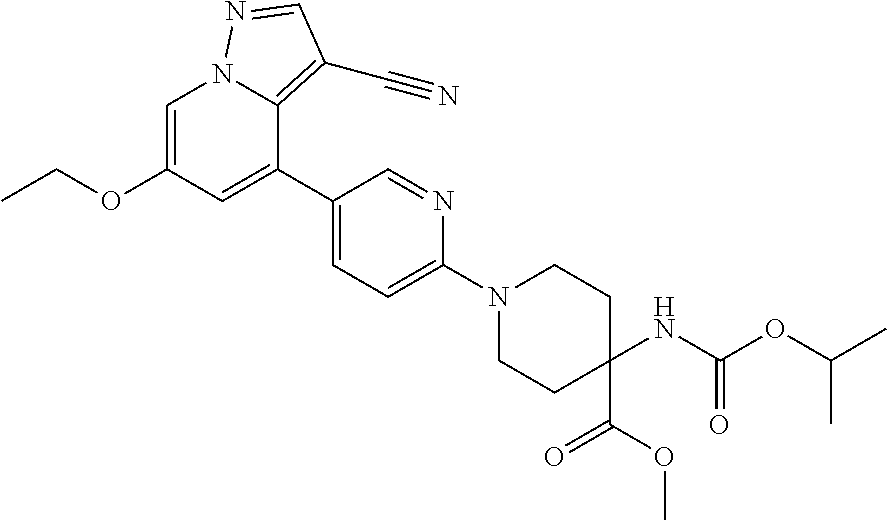
C00302
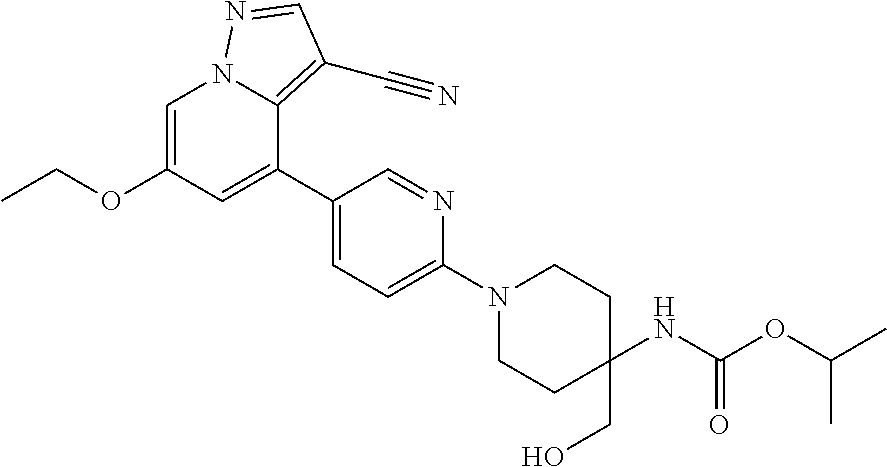
C00303
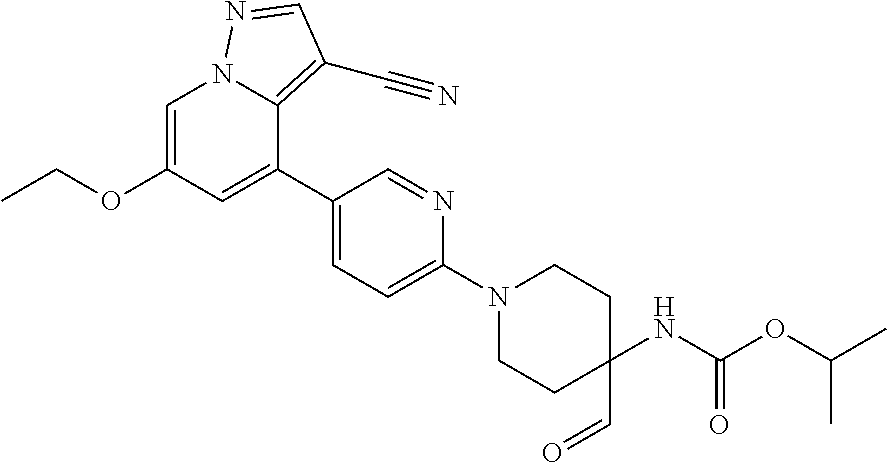
C00304
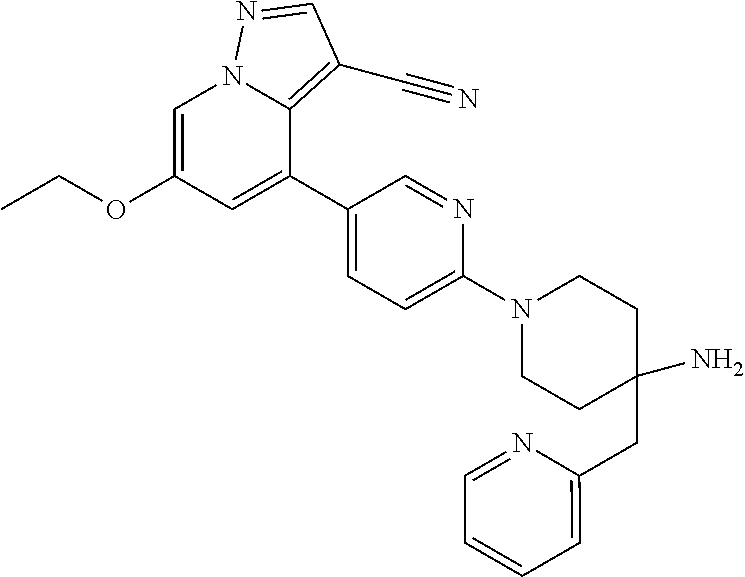
C00305
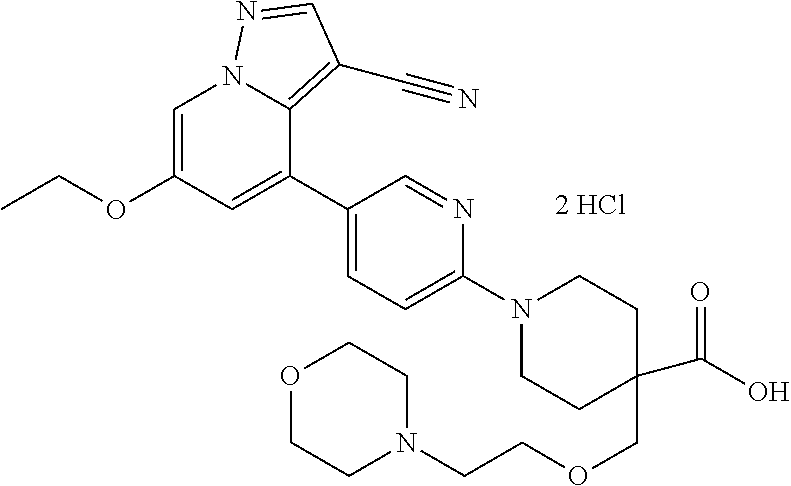
C00306
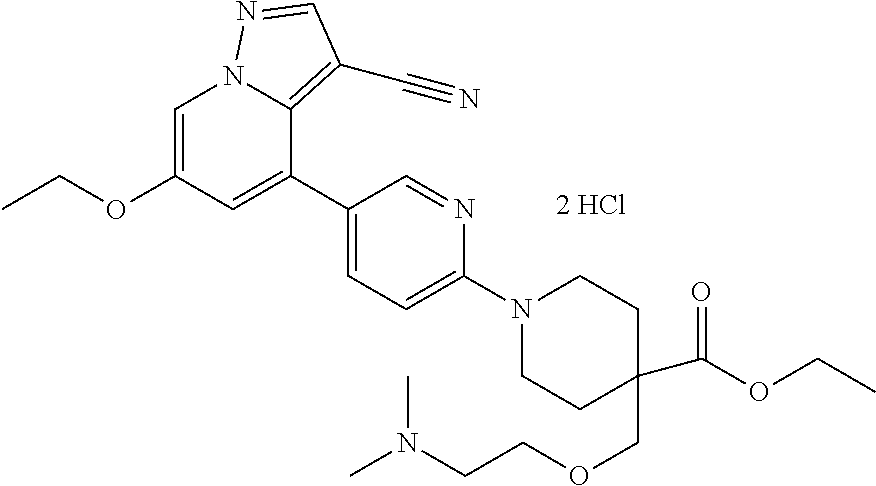
C00307
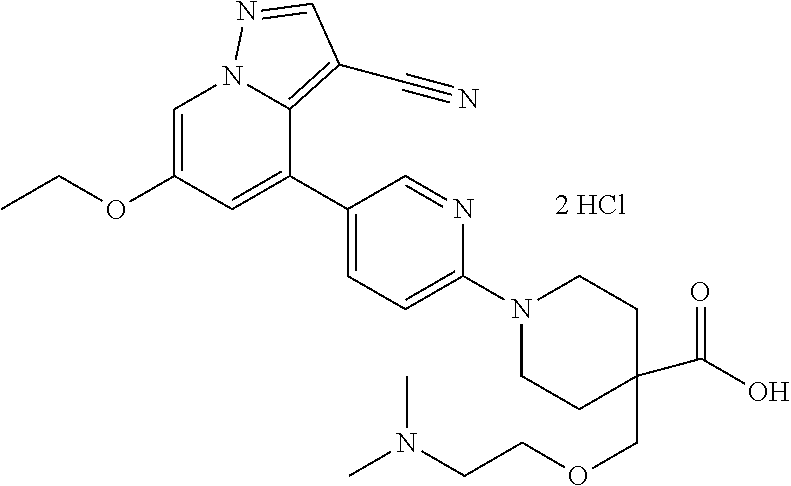
C00308
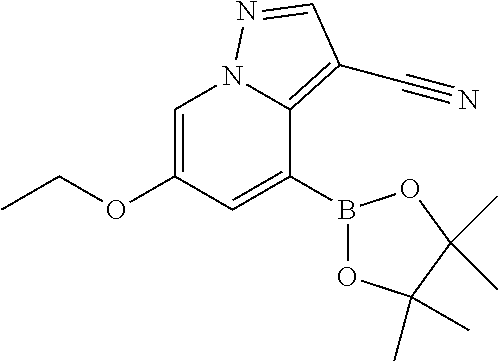
C00309
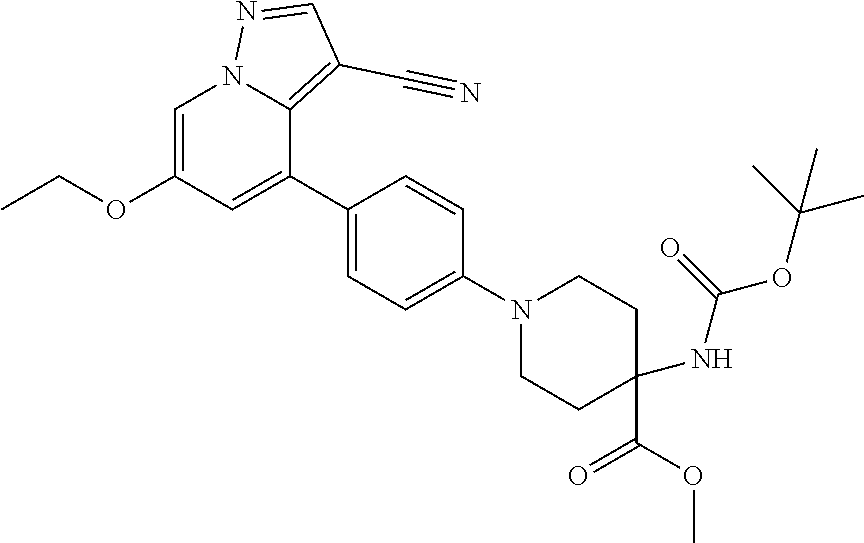
C00310
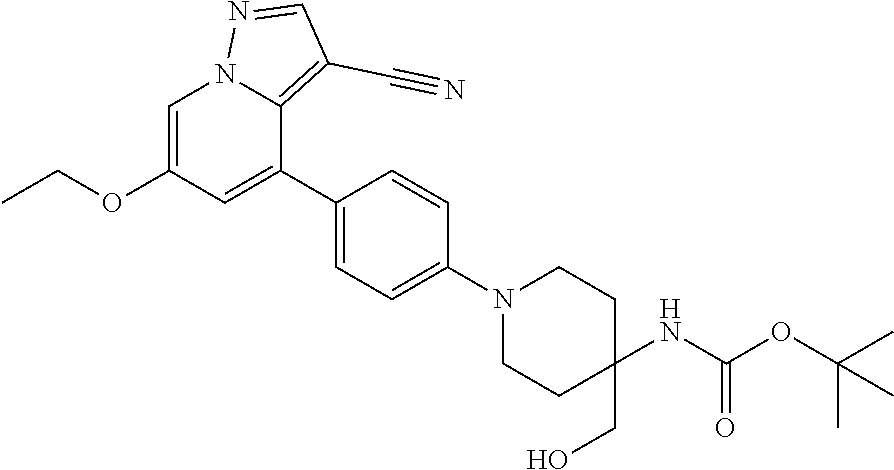
C00311
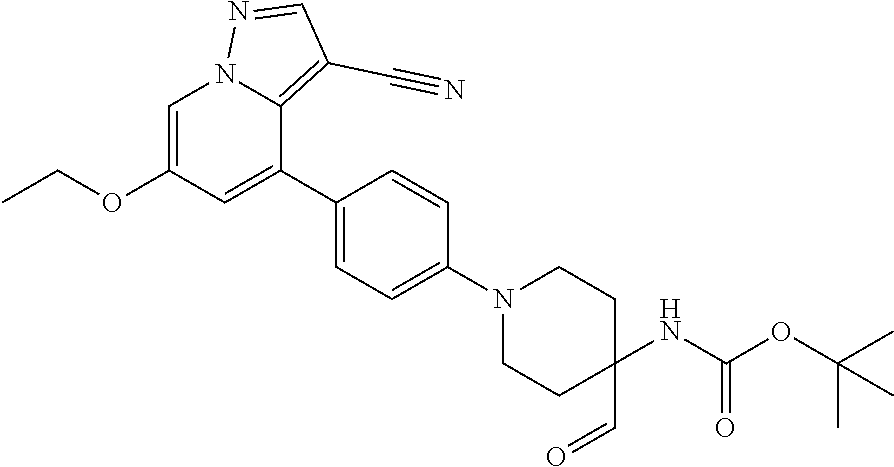
C00312
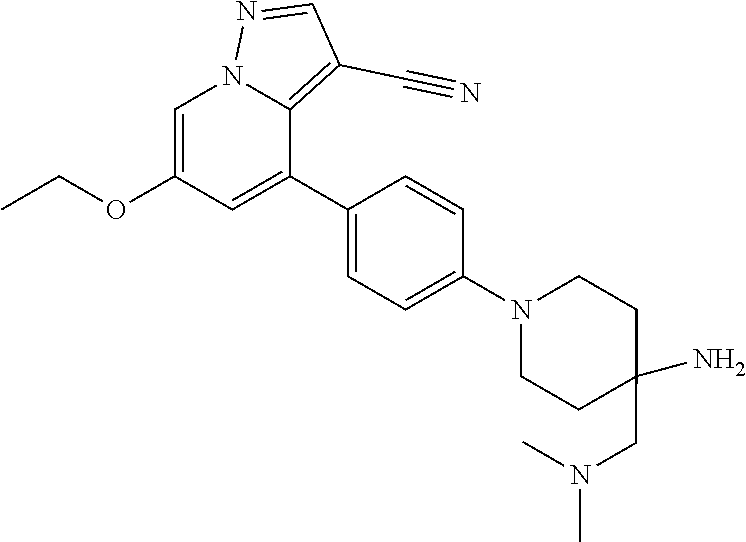
C00313

C00314
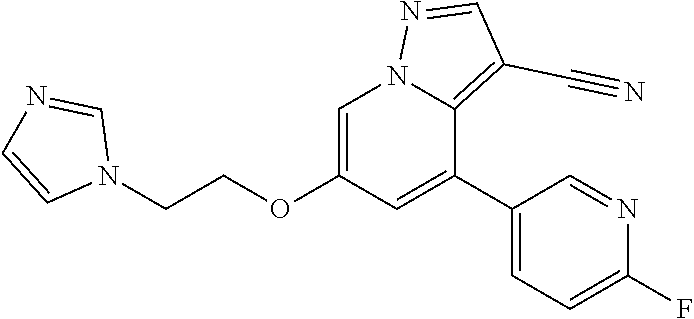
C00315
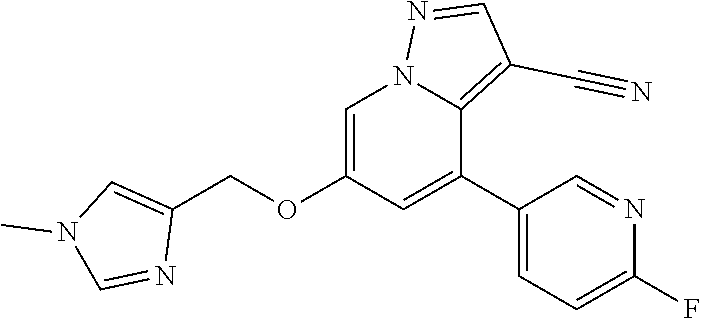
C00316
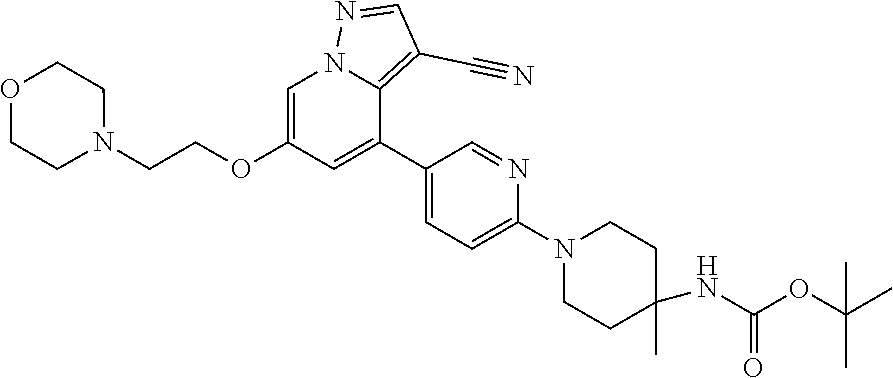
C00317
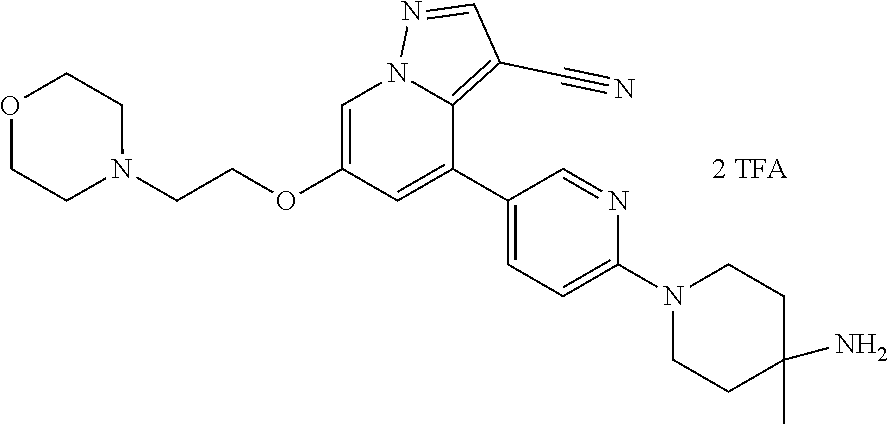
C00318
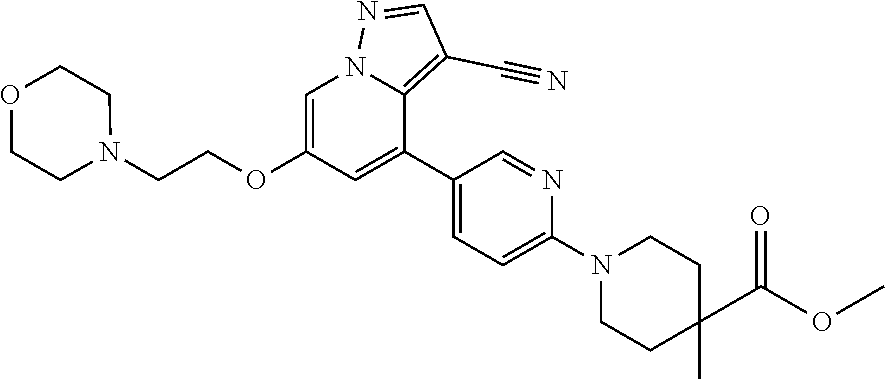
C00319
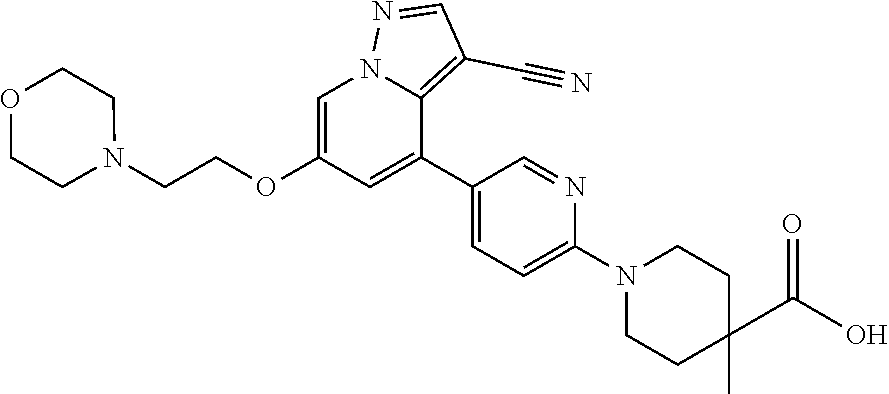
C00320
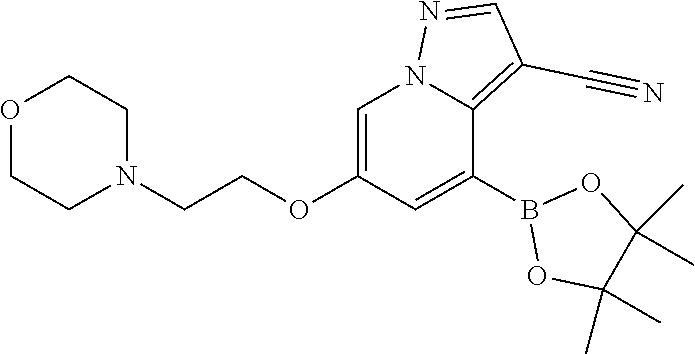
C00321
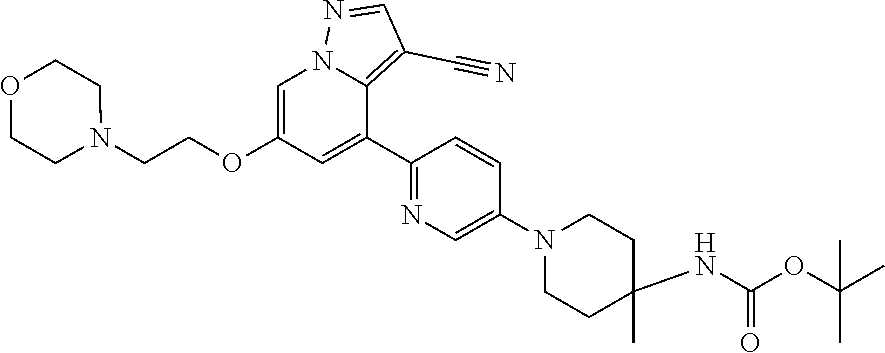
C00322
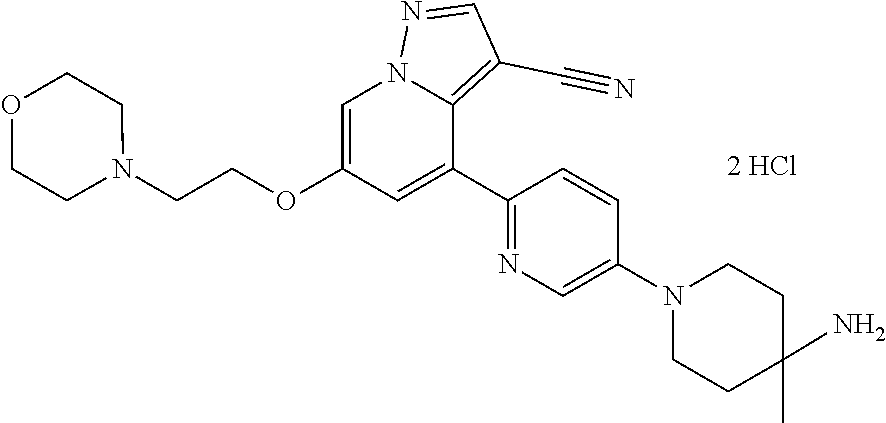
C00323
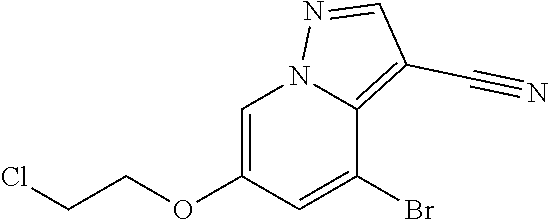
C00324
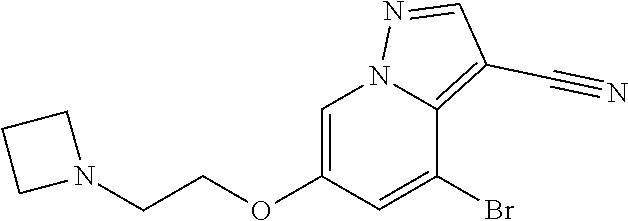
C00325
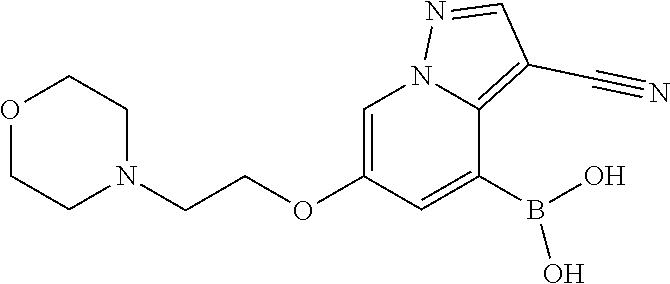
C00326
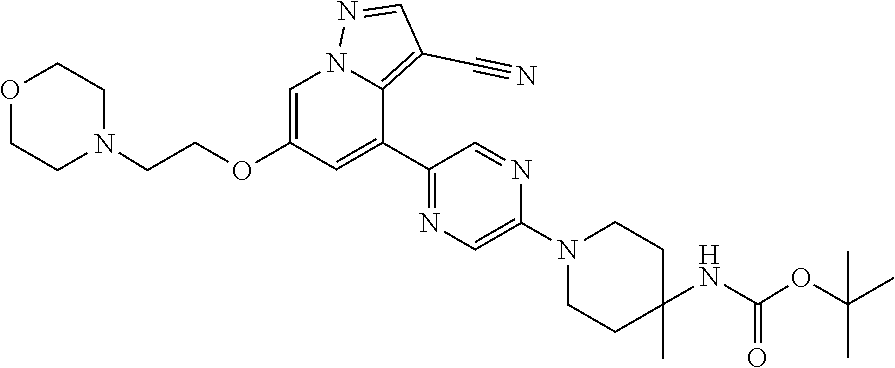
C00327
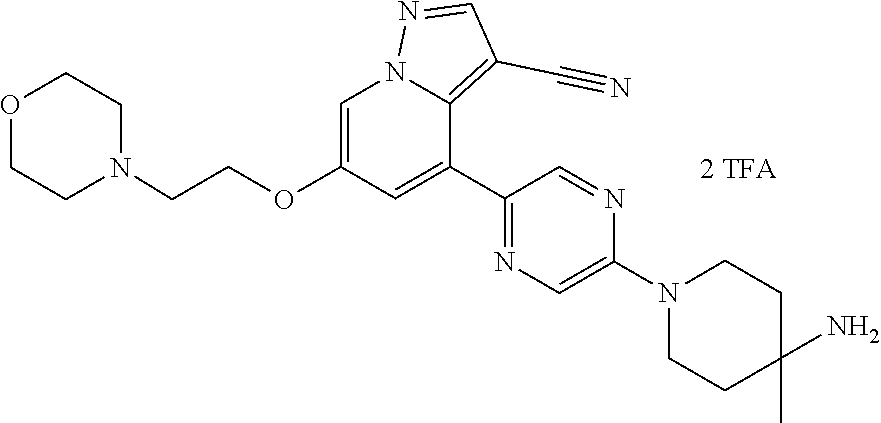
C00328
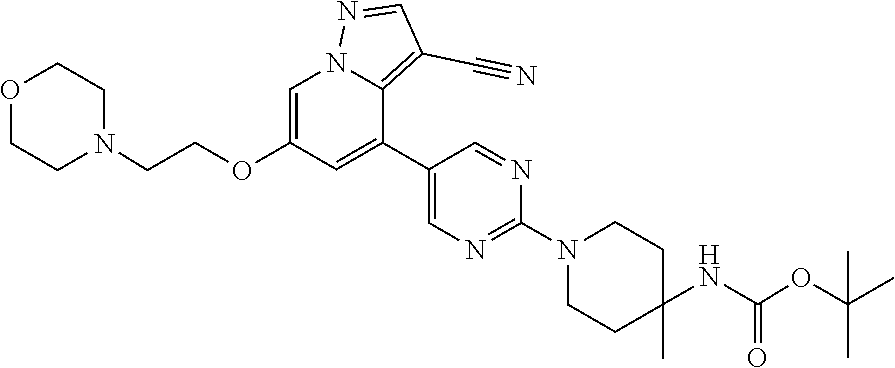
C00329
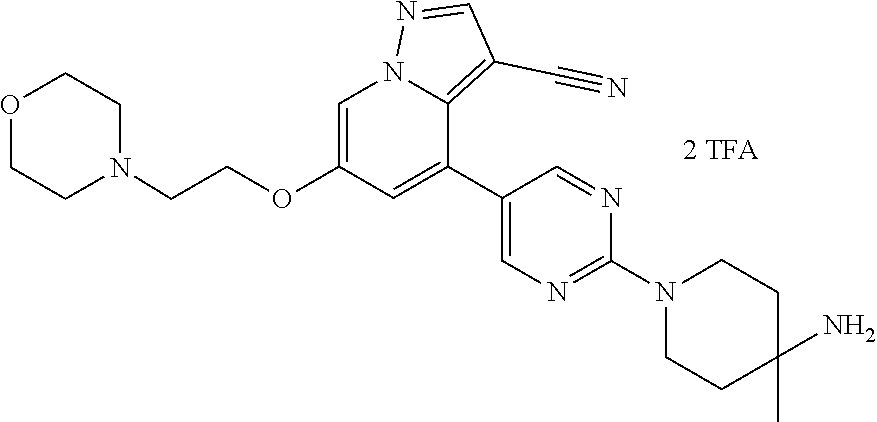
C00330

C00331
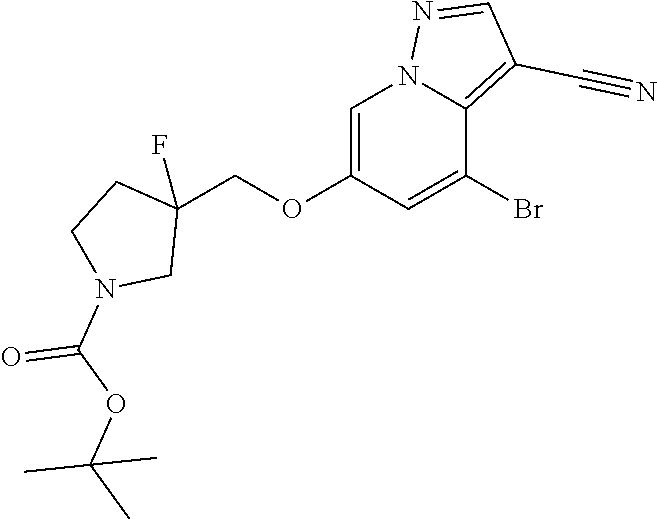
C00332
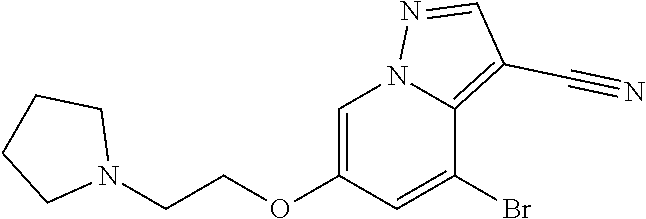
C00333
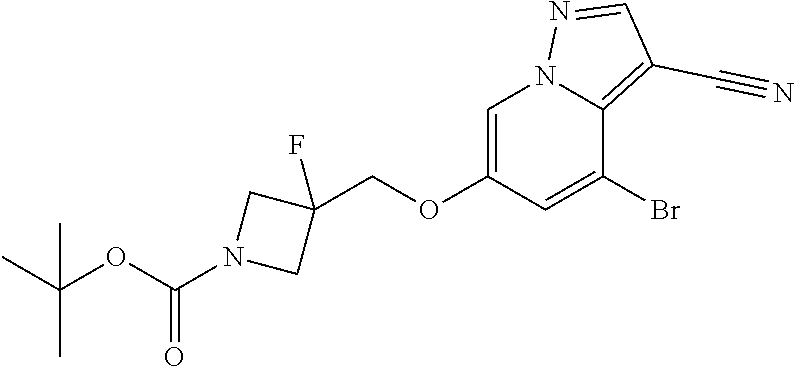
C00334
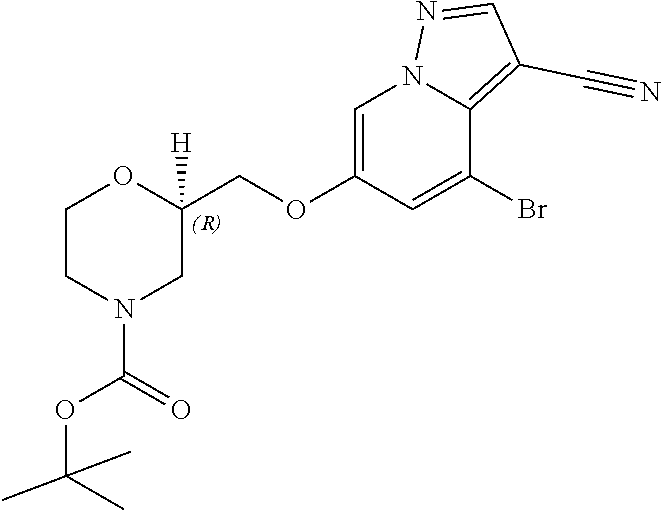
C00335
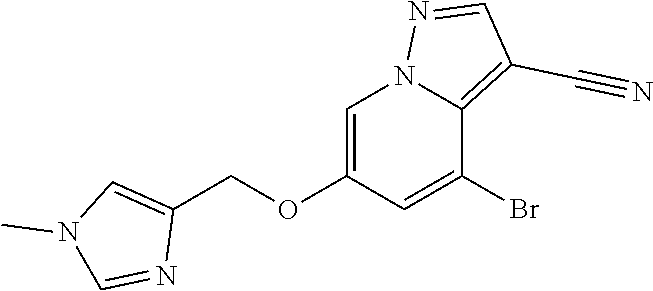
C00336
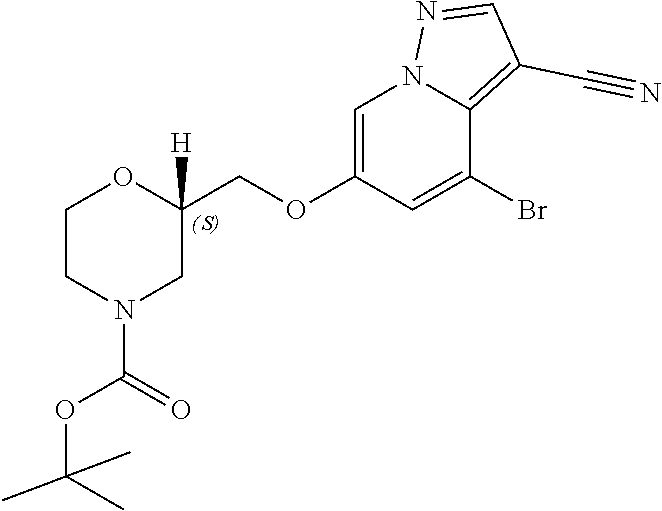
C00337
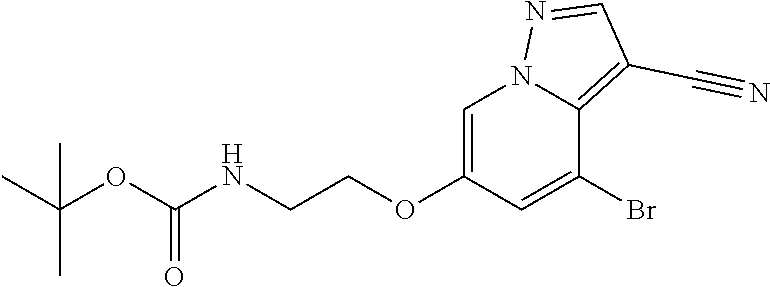
C00338
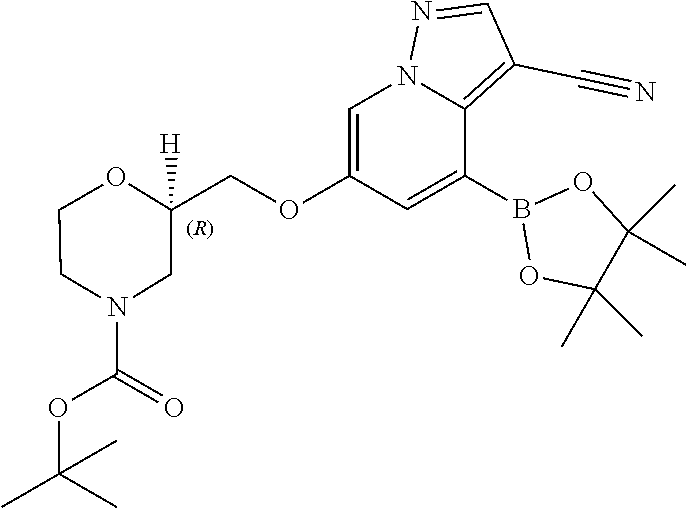
C00339
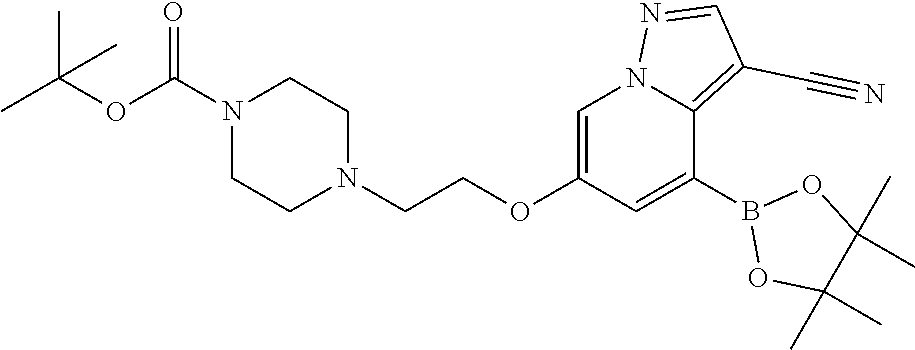
C00340
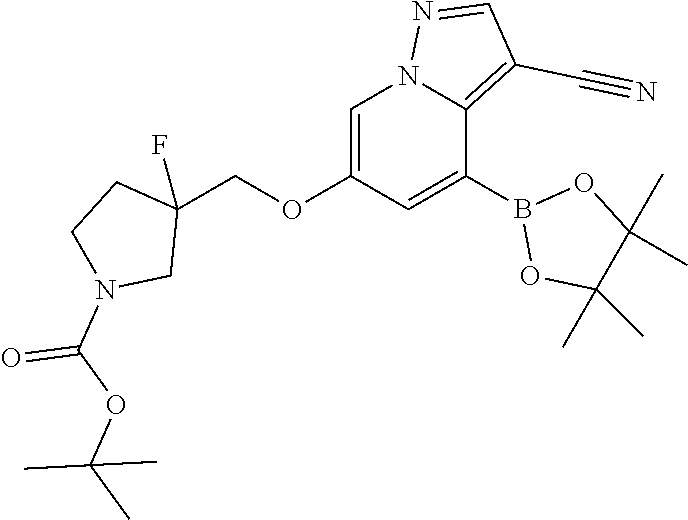
C00341
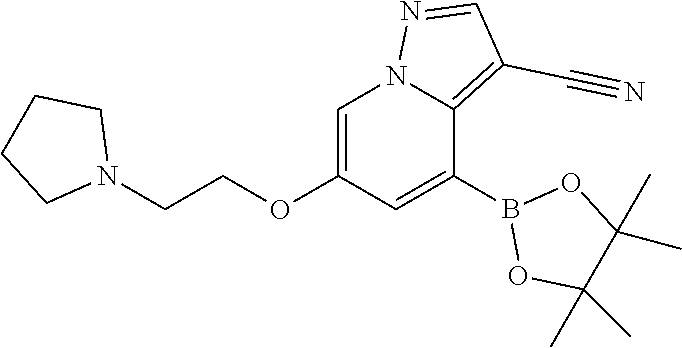
C00342
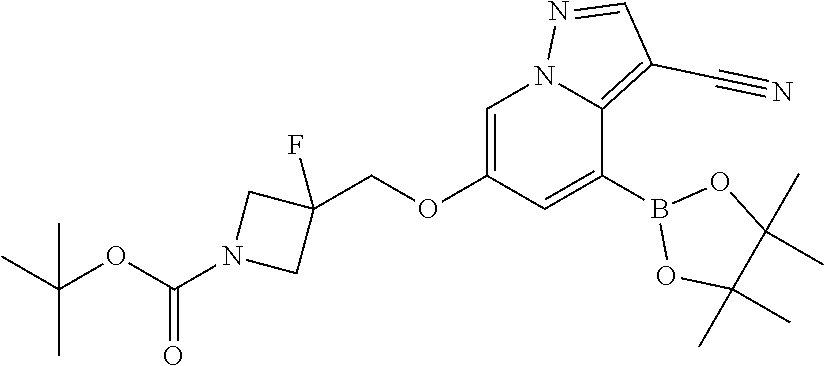
C00343
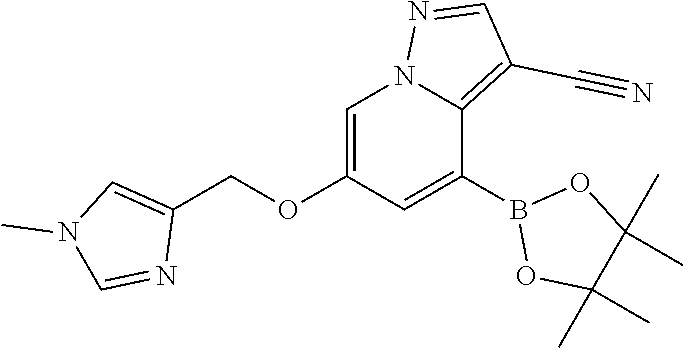
C00344
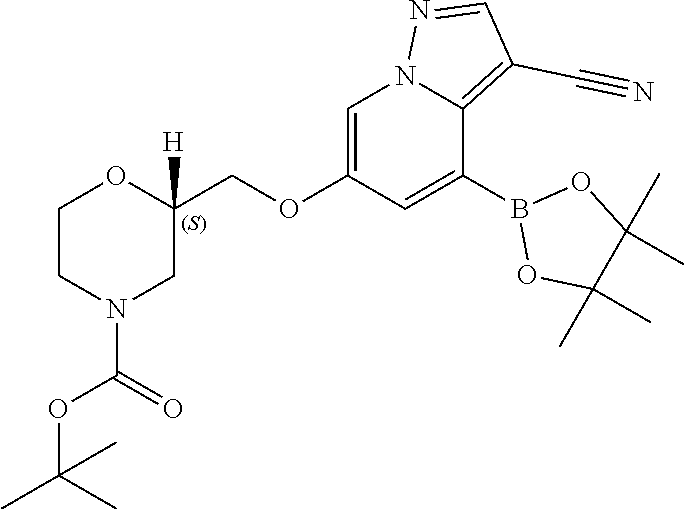
C00345
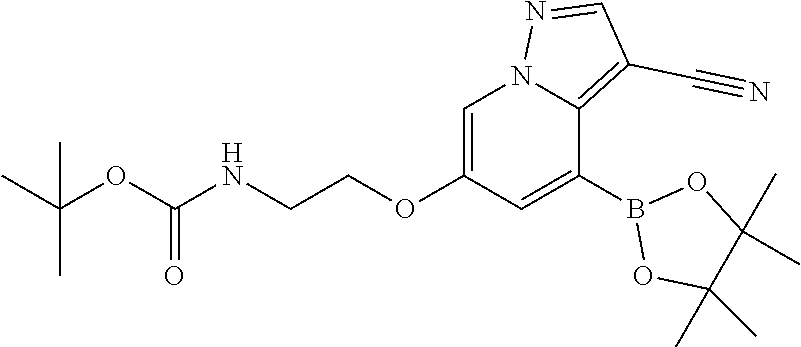
C00346
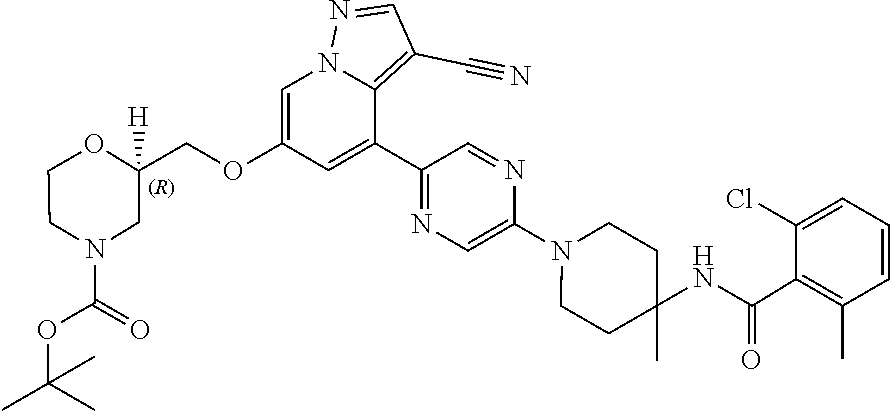
C00347
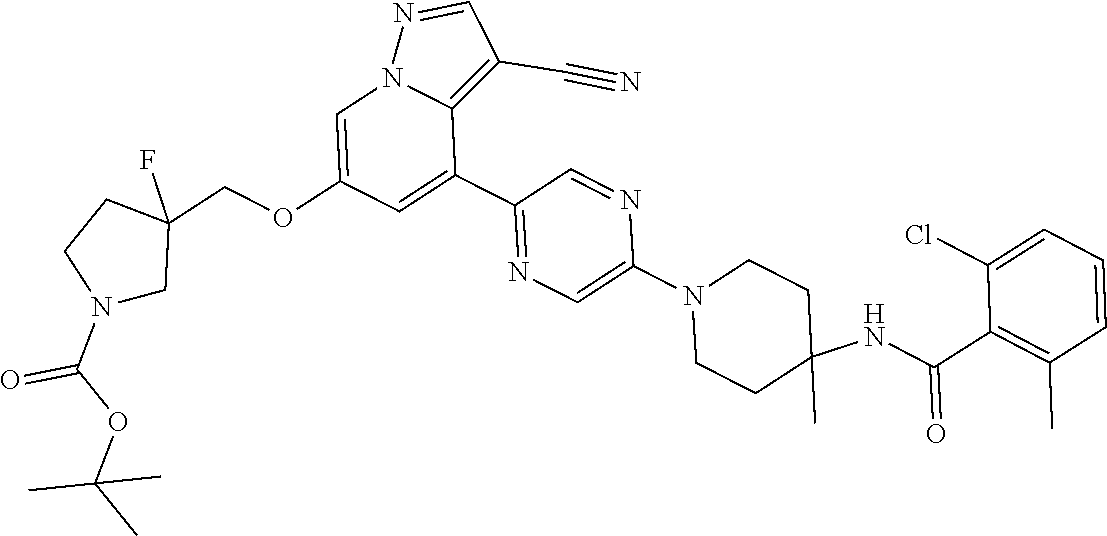
C00348
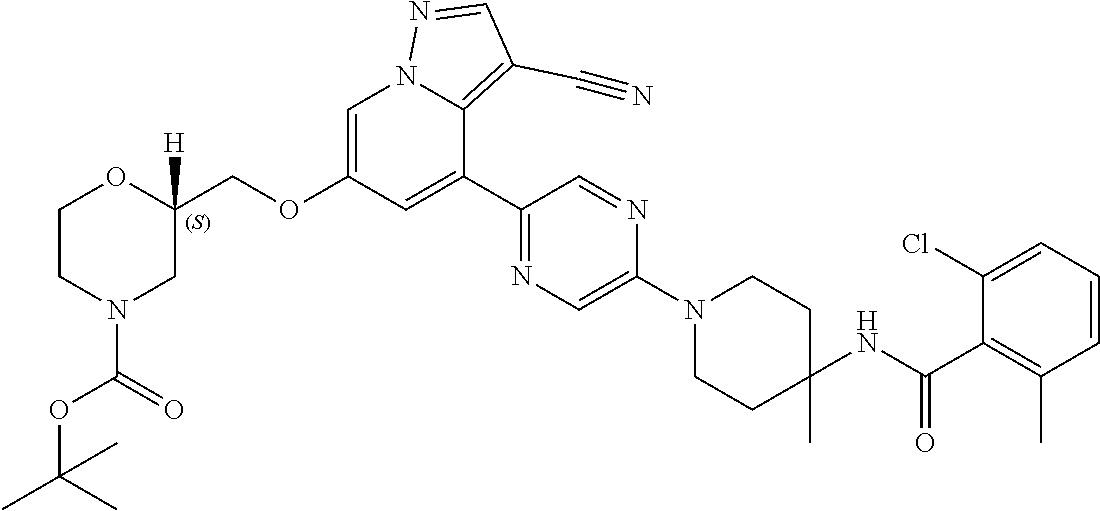
C00349
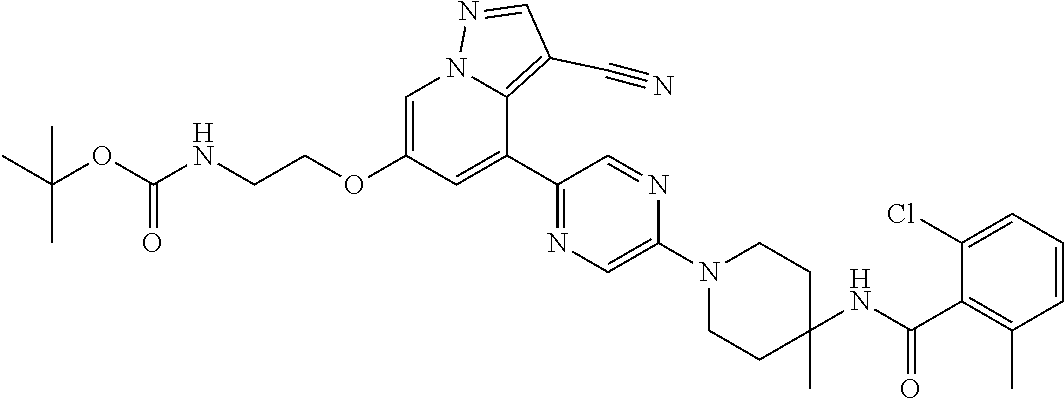
C00350
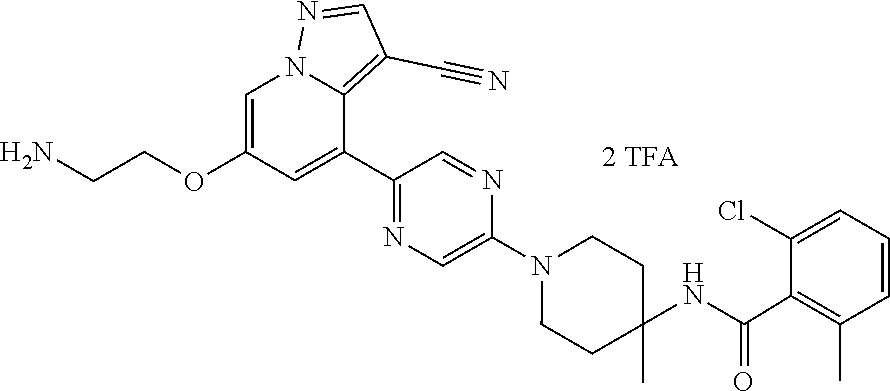
C00351
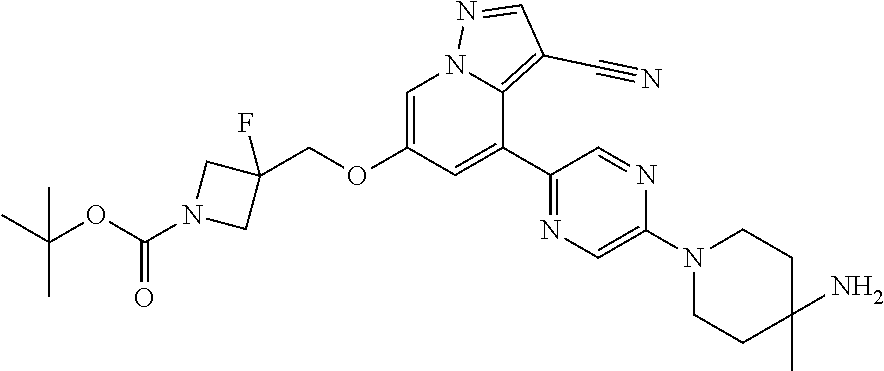
C00352
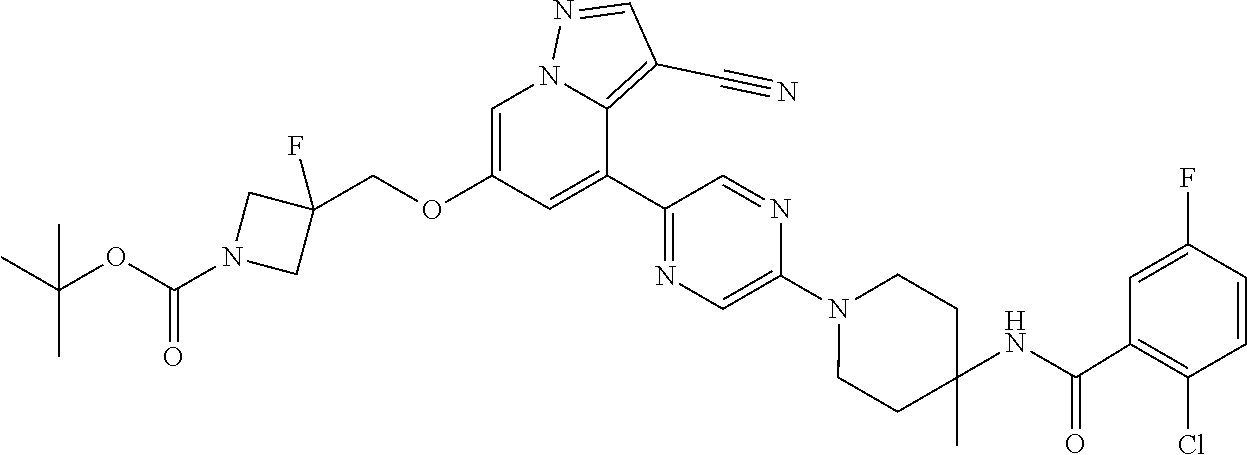
C00353
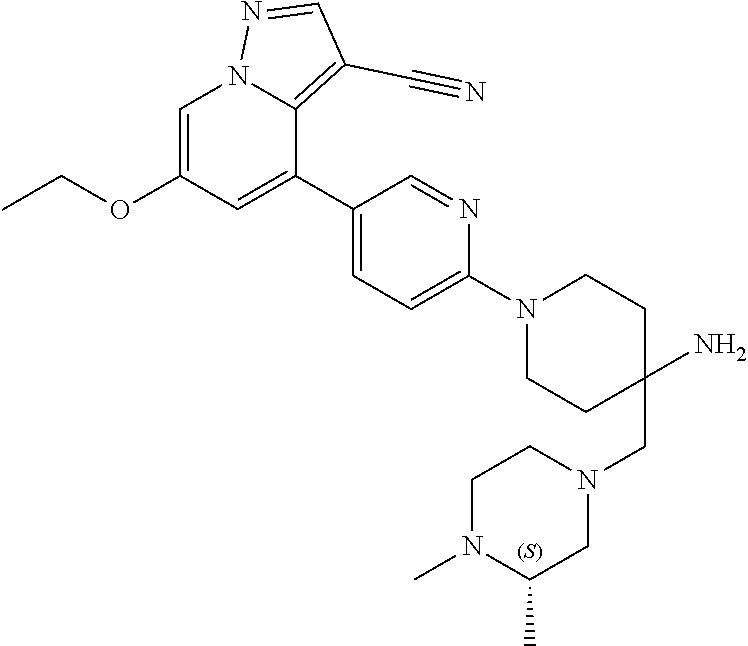
C00354
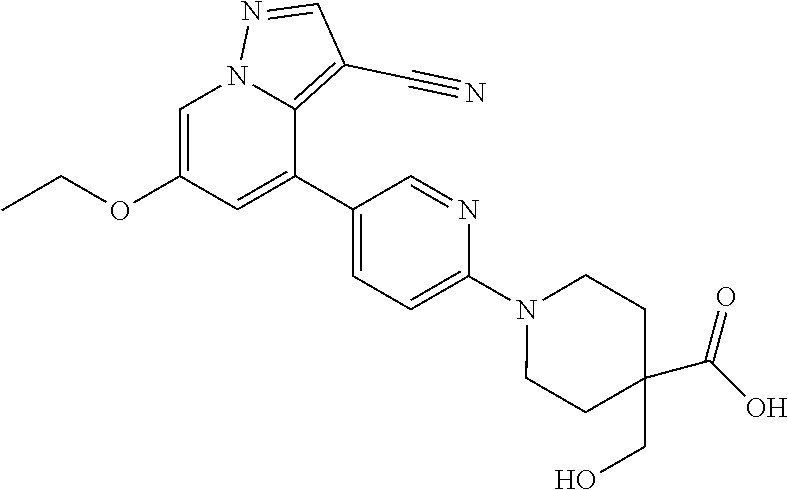
C00355
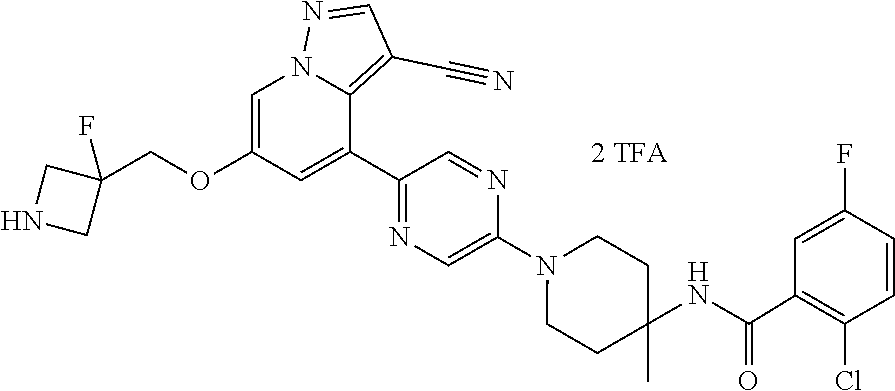
C00356
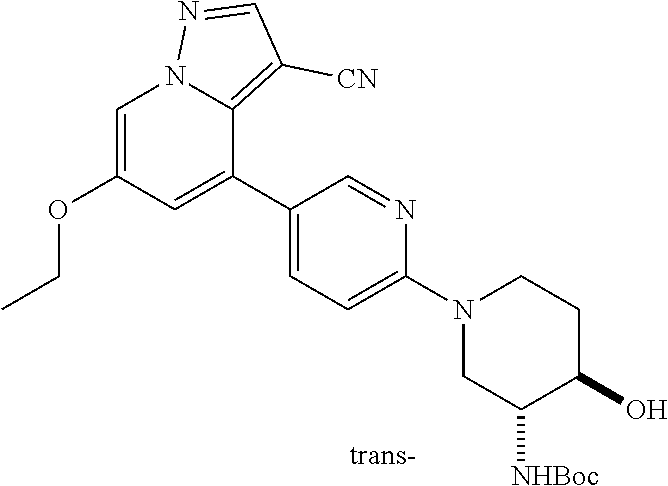
C00357
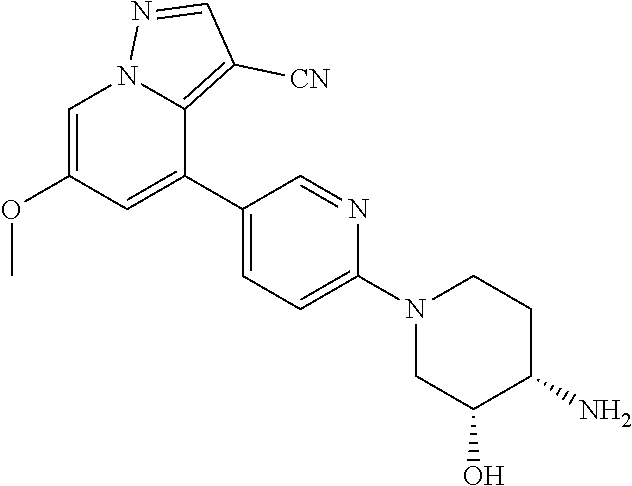
C00358
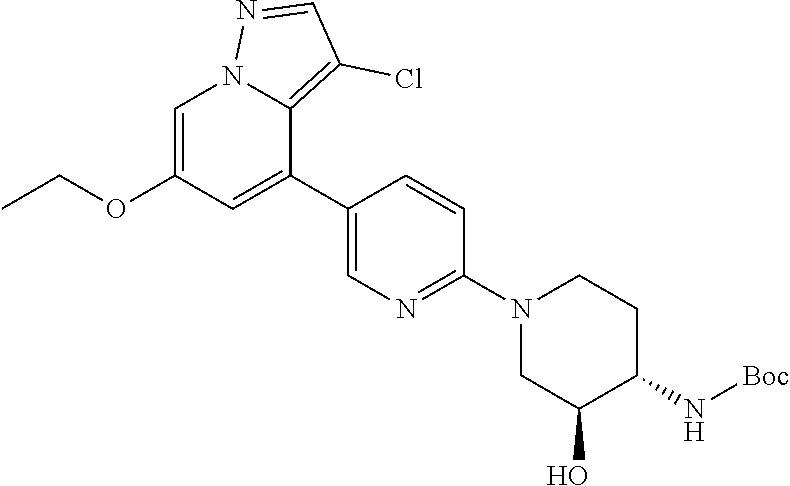
C00359

C00360
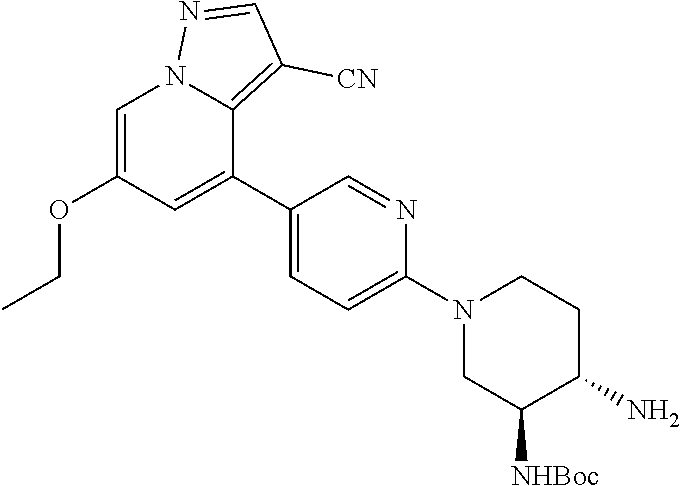
C00361
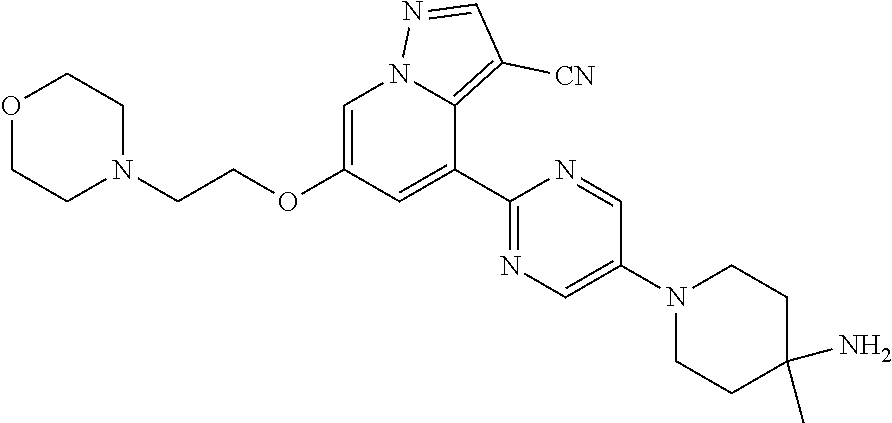
C00362
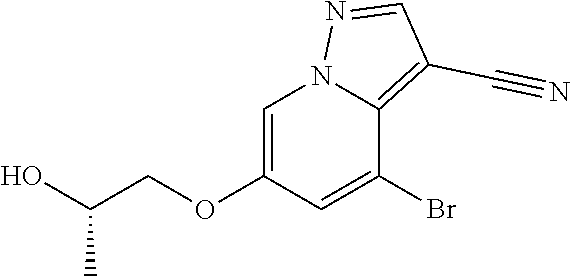
C00363
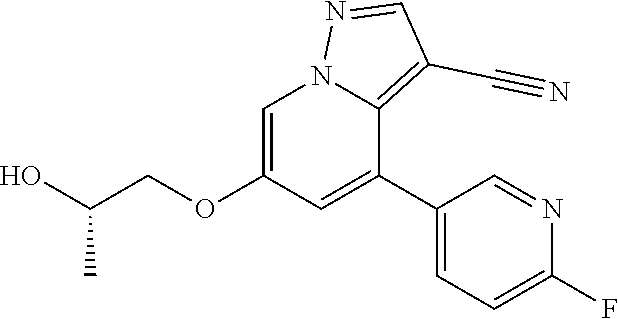
C00364

C00365
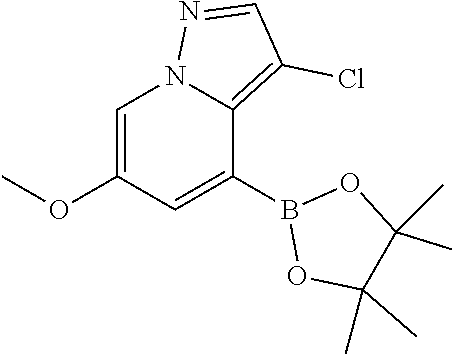
C00366
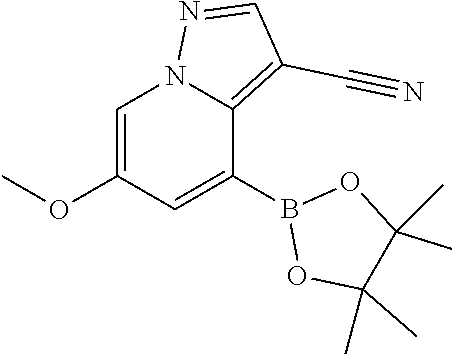
C00367
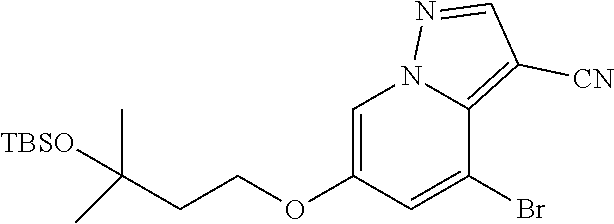
C00368
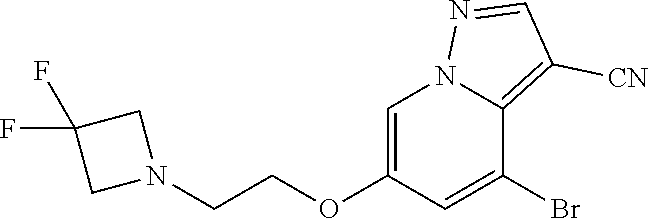
C00369
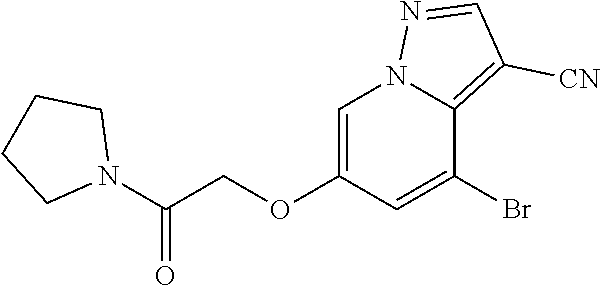
C00370
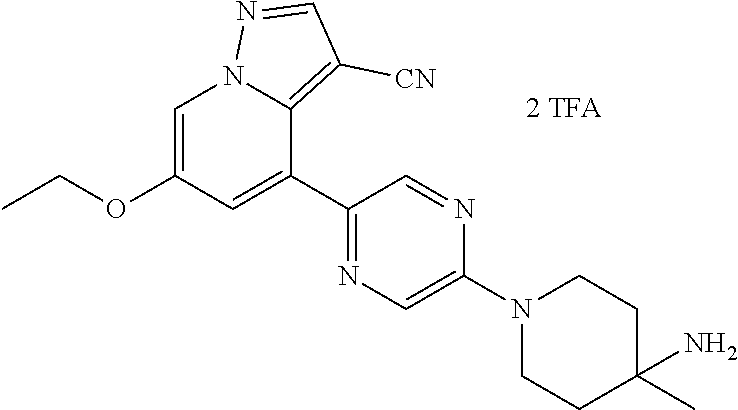
C00371
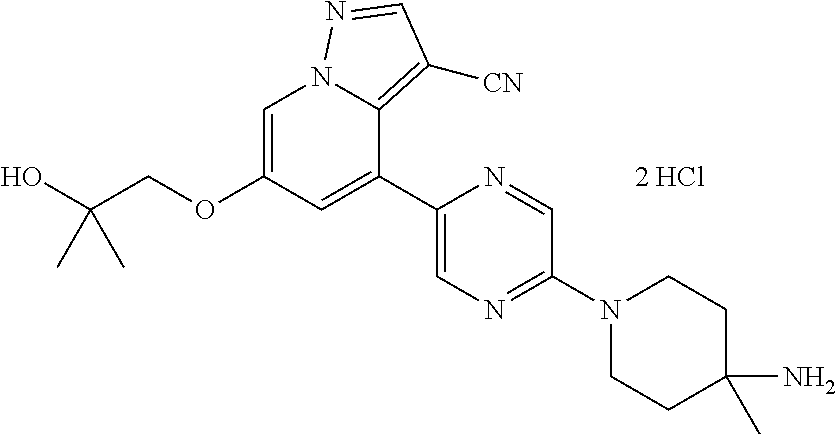
C00372
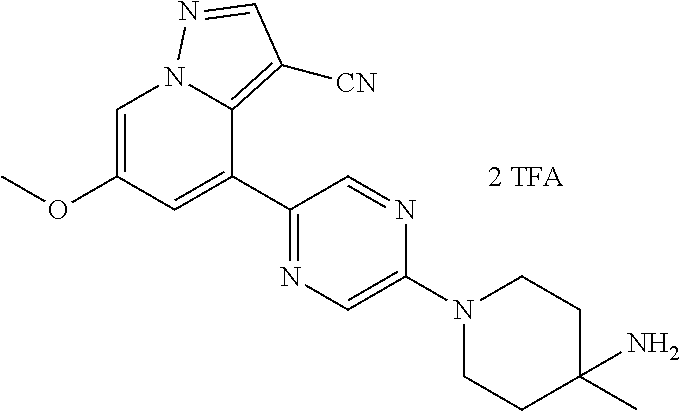
C00373
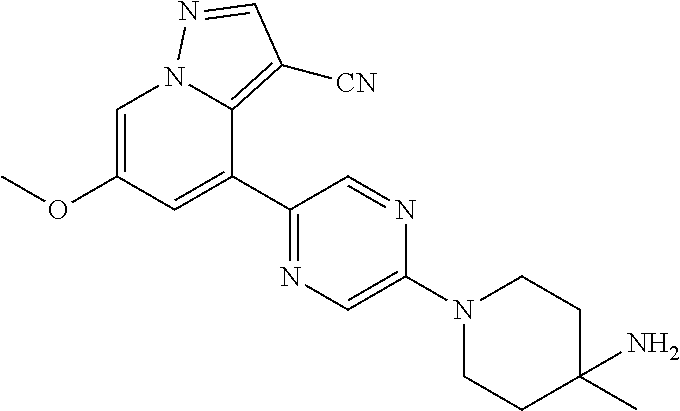
C00374
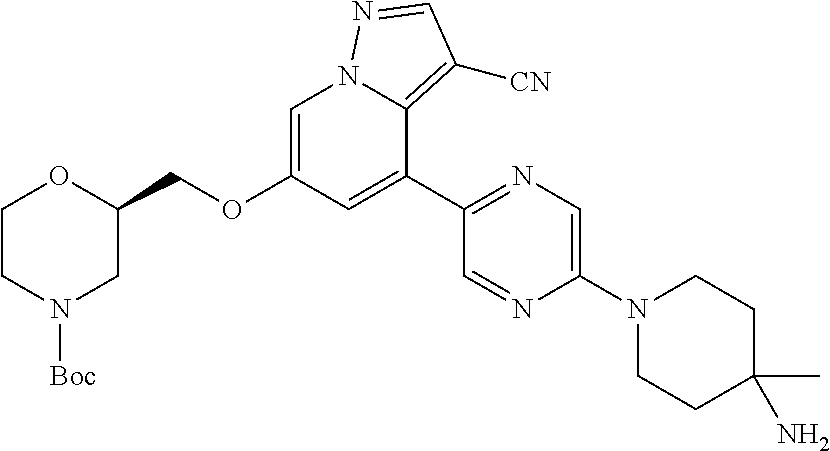
C00375
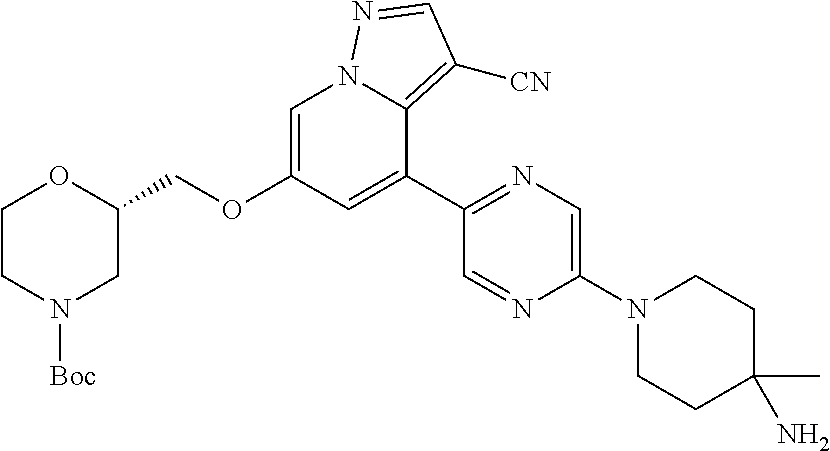
C00376

C00377
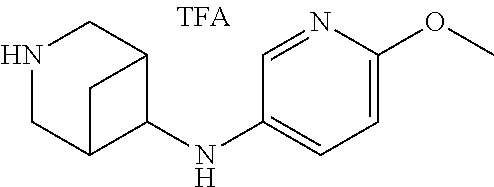
C00378
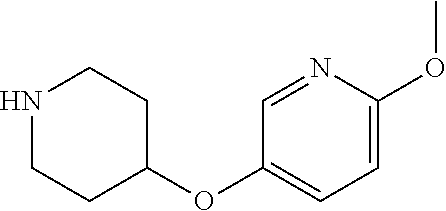
C00379
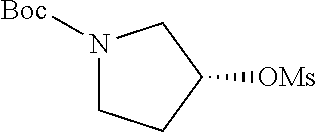
C00380
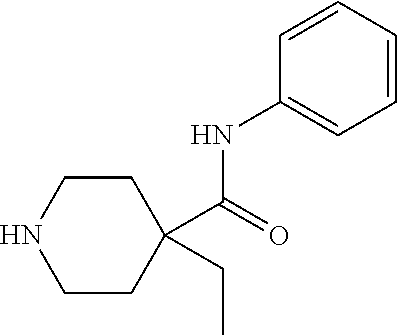
C00381
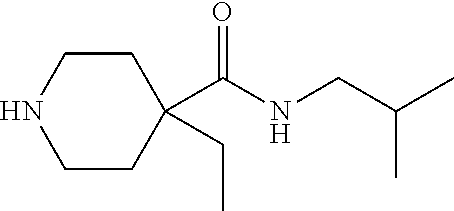
C00382
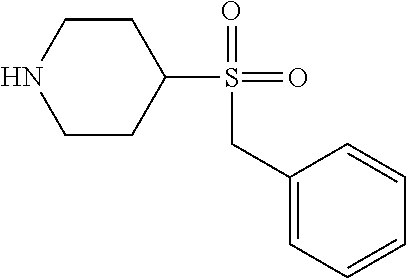
C00383
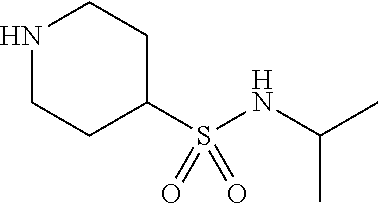
C00384
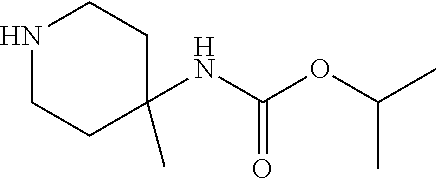
C00385
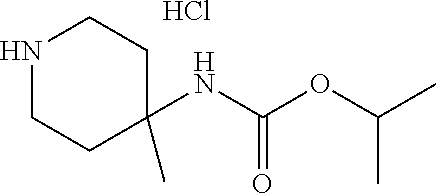
C00386

C00387
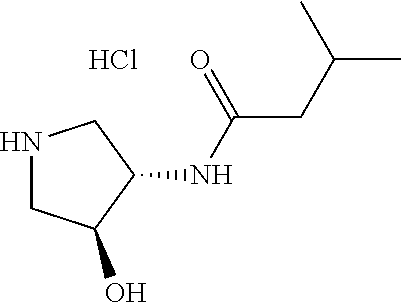
C00388
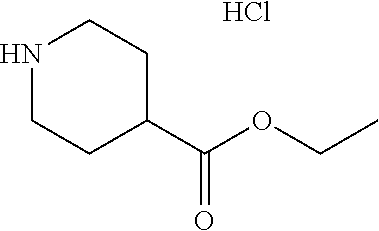
C00389
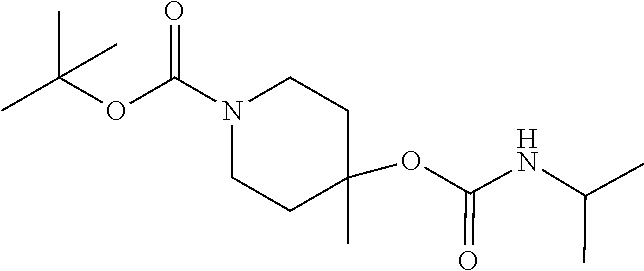
C00390
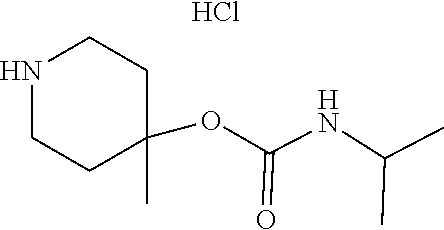
C00391
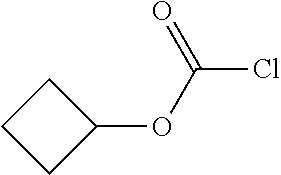
C00392
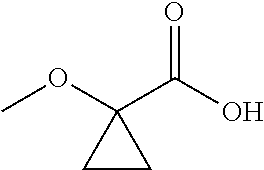
C00393
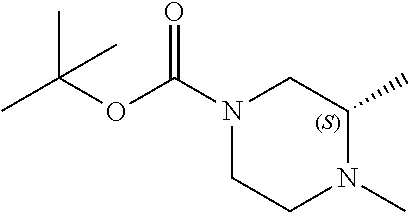
C00394
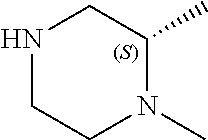
C00395
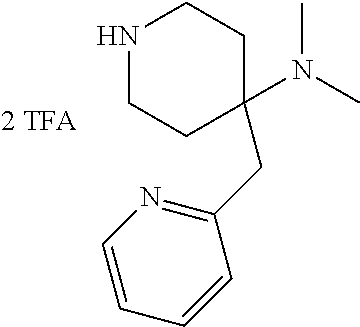
C00396
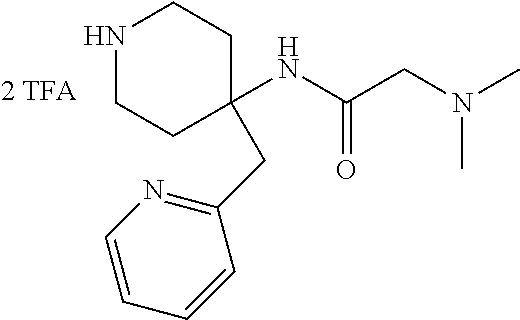
C00397
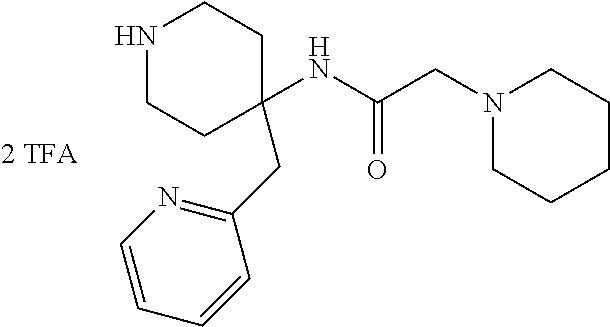
C00398
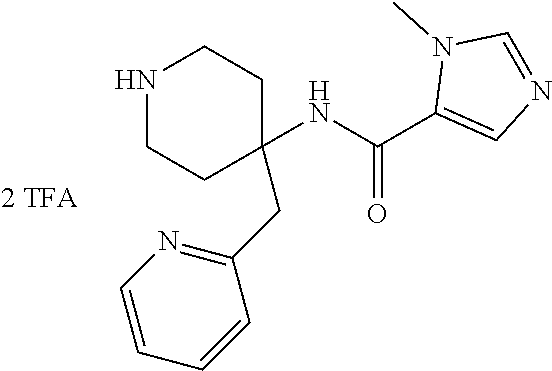
C00399
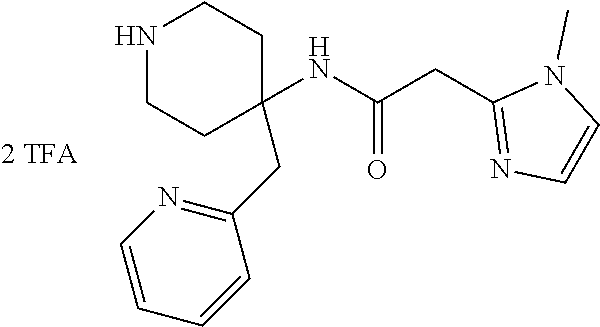
C00400
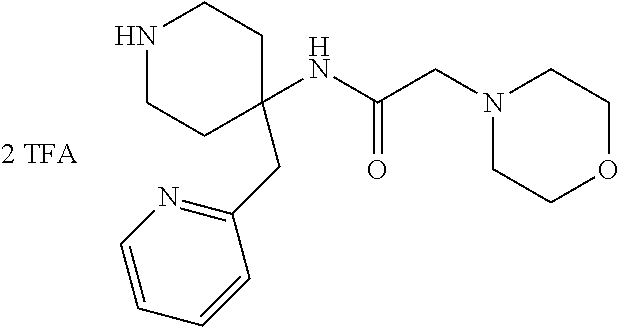
C00401

C00402
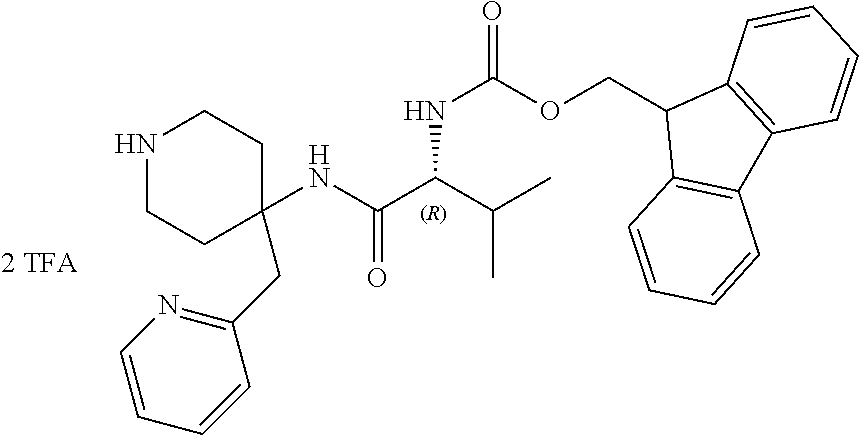
C00403
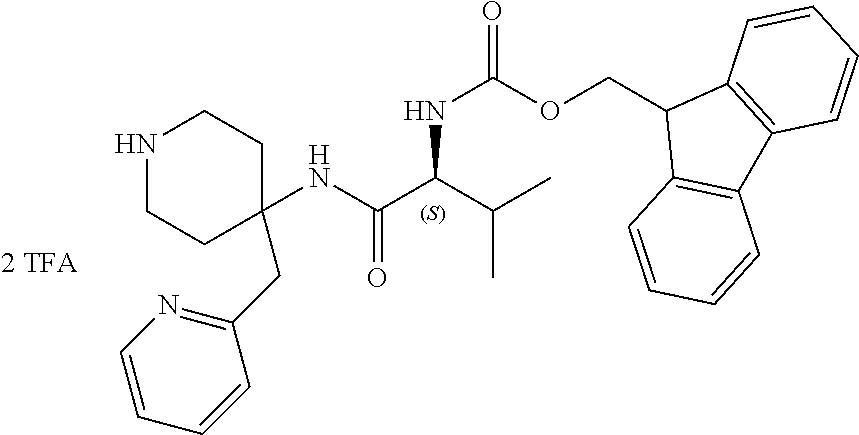
C00404
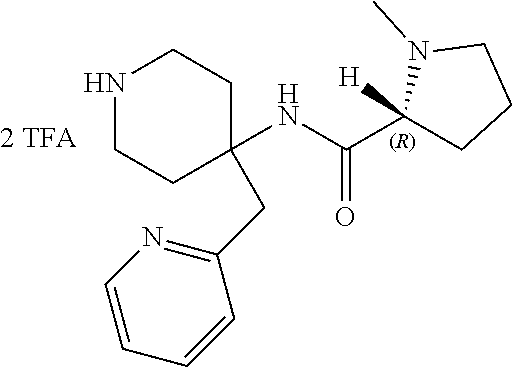
C00405
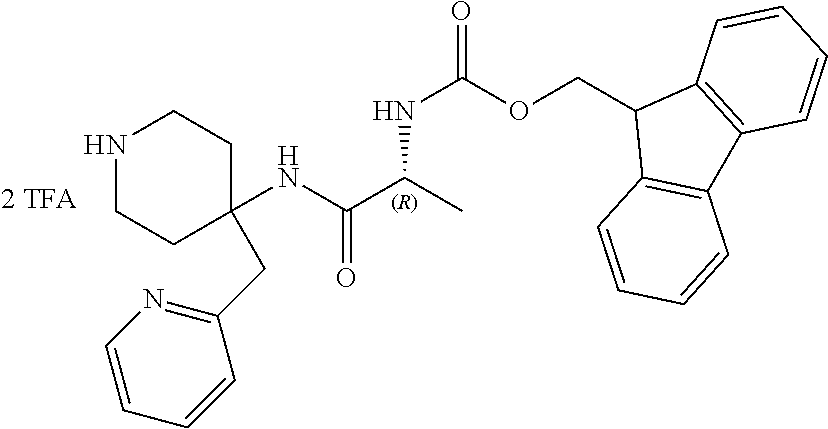
C00406
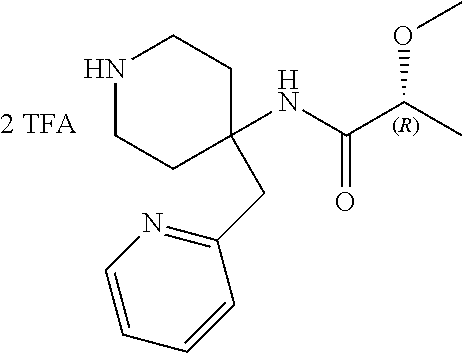
C00407
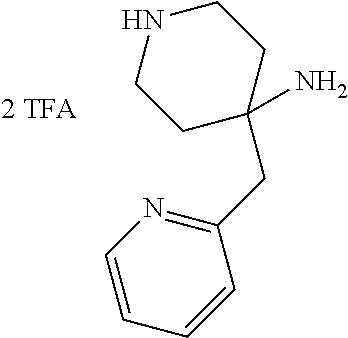
C00408
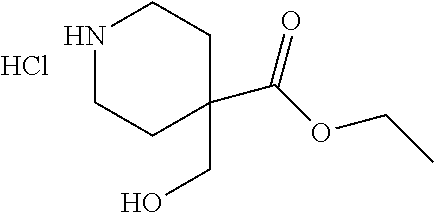
C00409
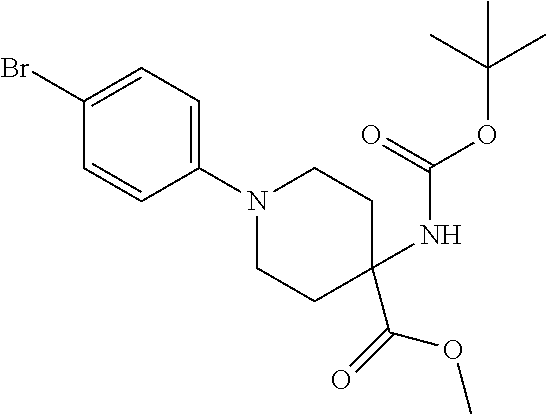
C00410
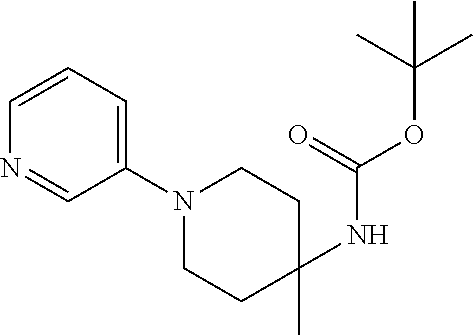
C00411
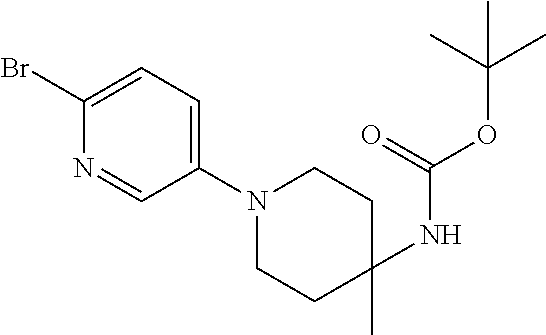
C00412
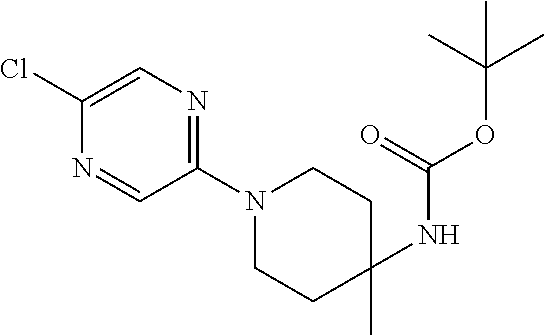
C00413
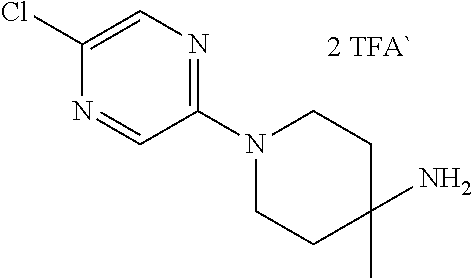
C00414
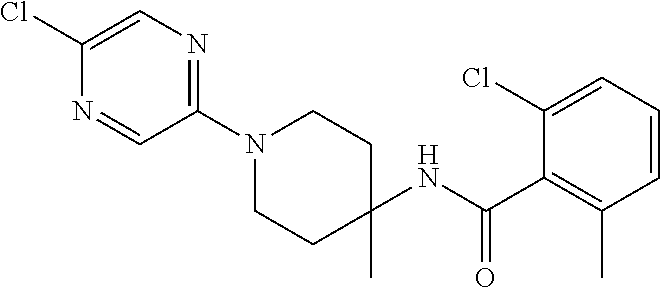
C00415
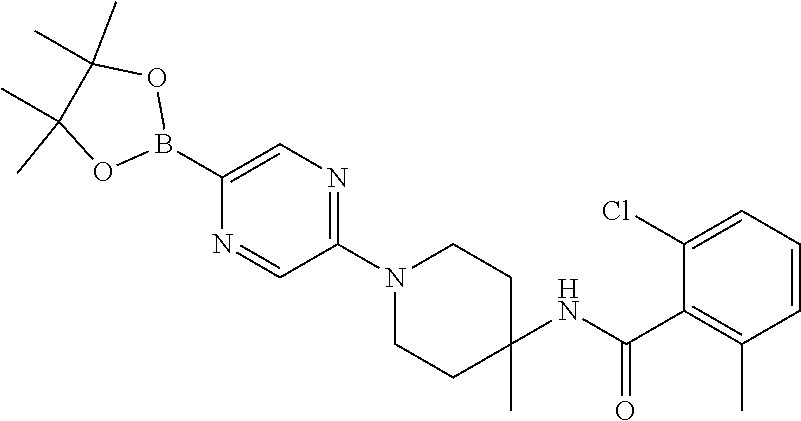
C00416
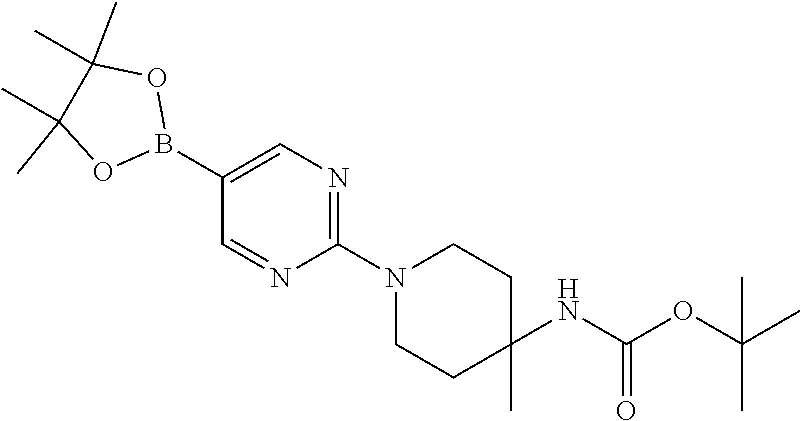
C00417
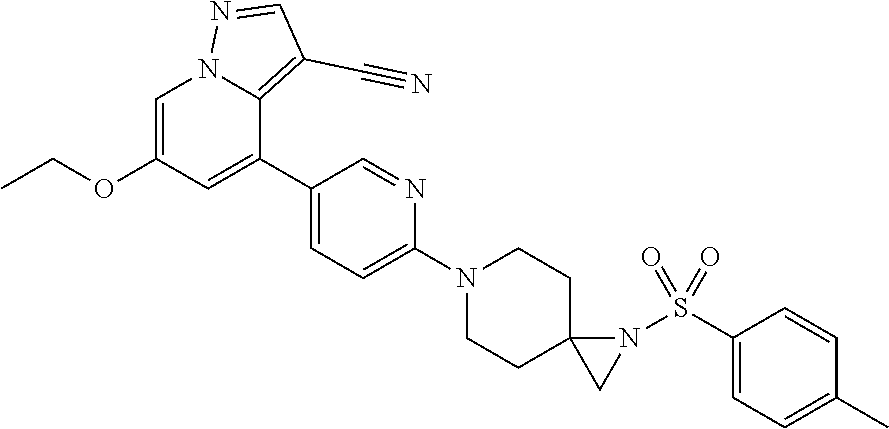
C00418
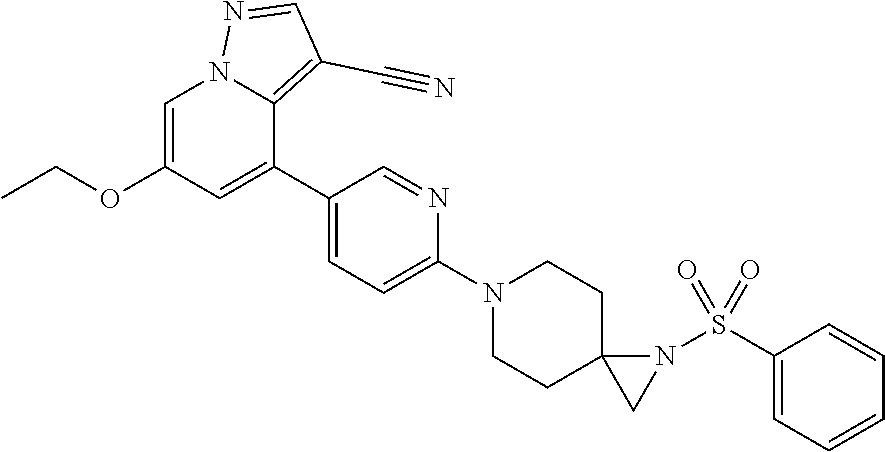
C00419
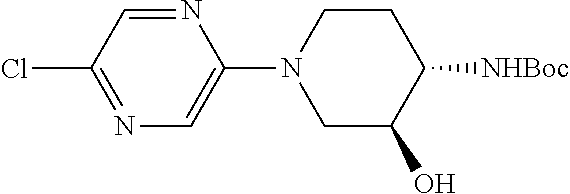
C00420
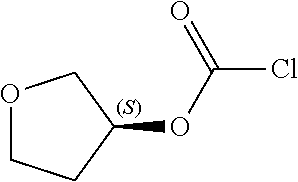
C00421
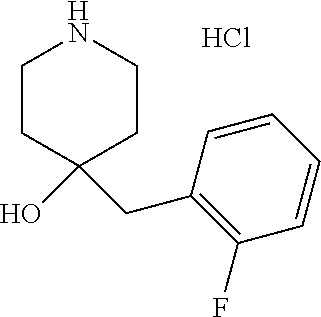
C00422

C00423
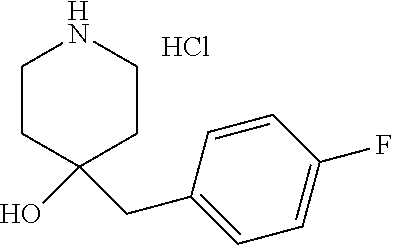
C00424

C00425
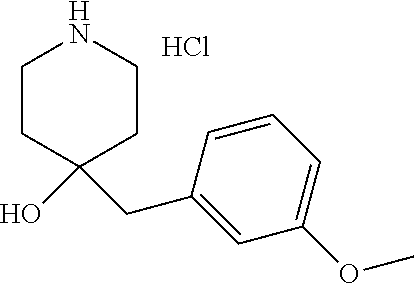
C00426
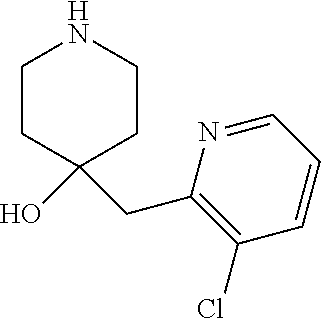
C00427
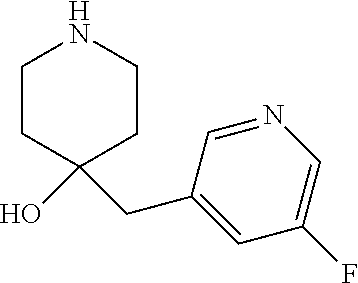
C00428
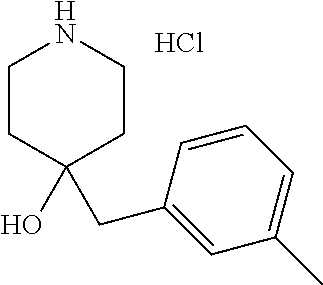
C00429
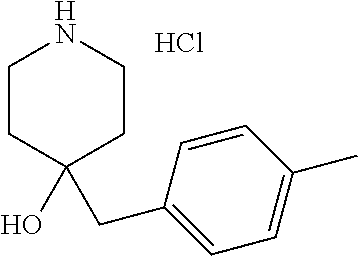
C00430

C00431
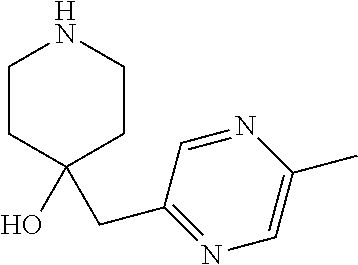
C00432

C00433
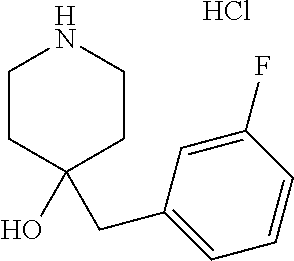
C00434
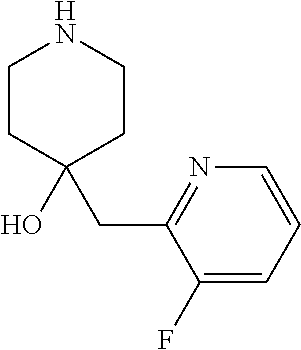
C00435
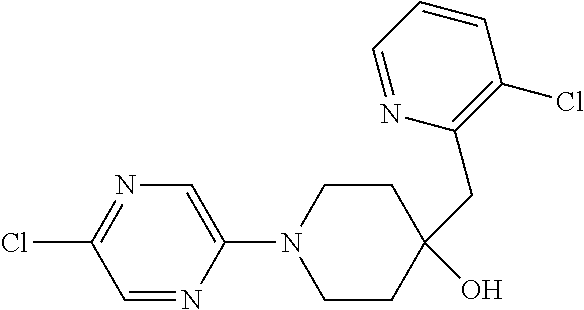
C00436
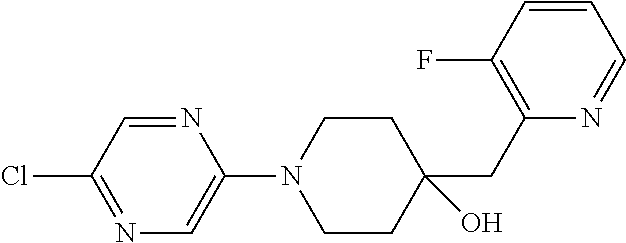
C00437
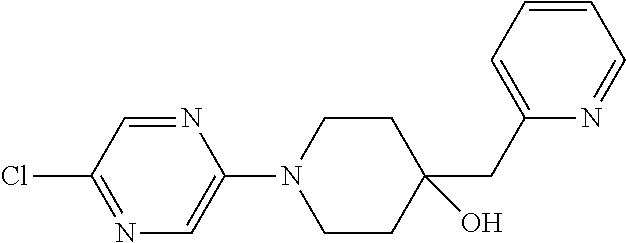
C00438
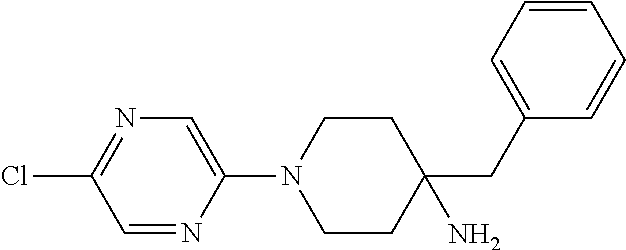
C00439
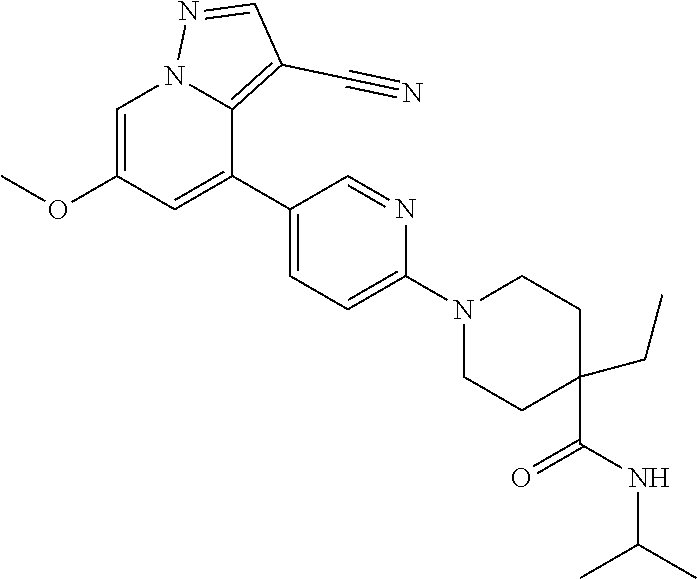
C00440
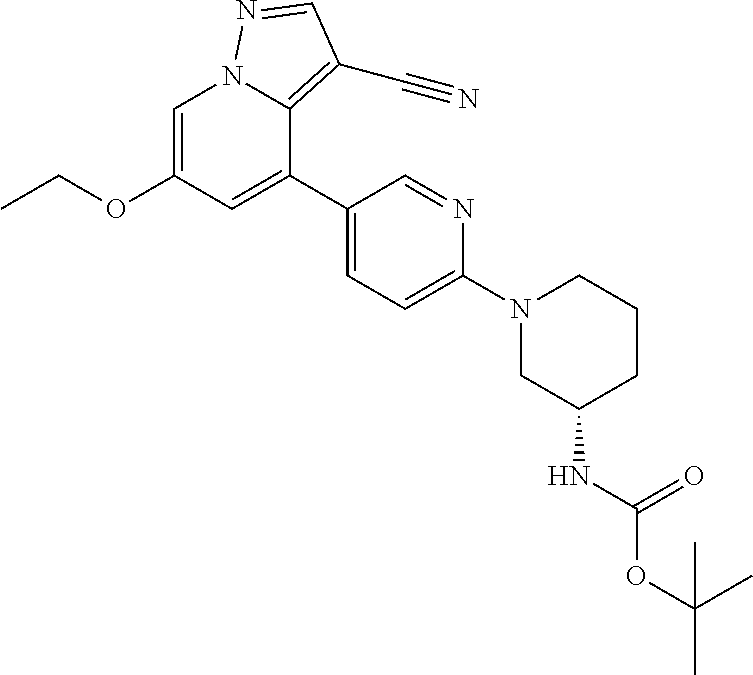
C00441
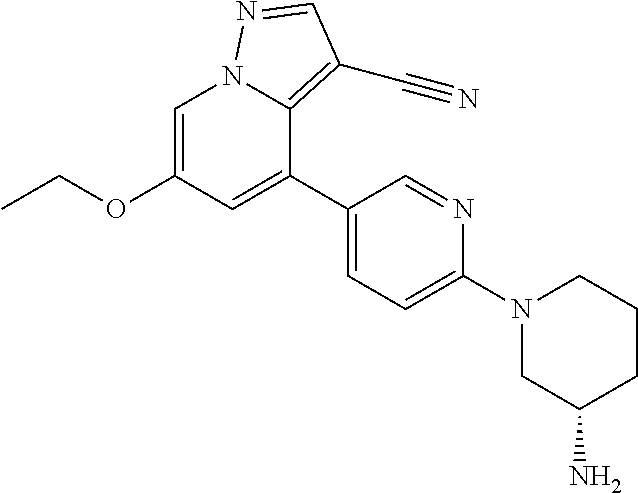
C00442
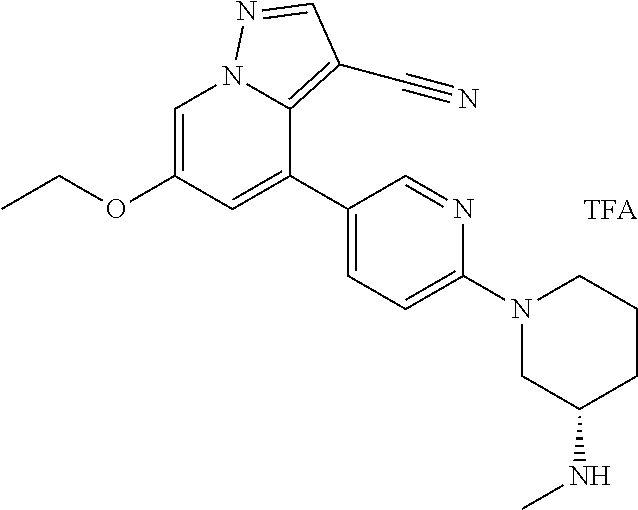
C00443
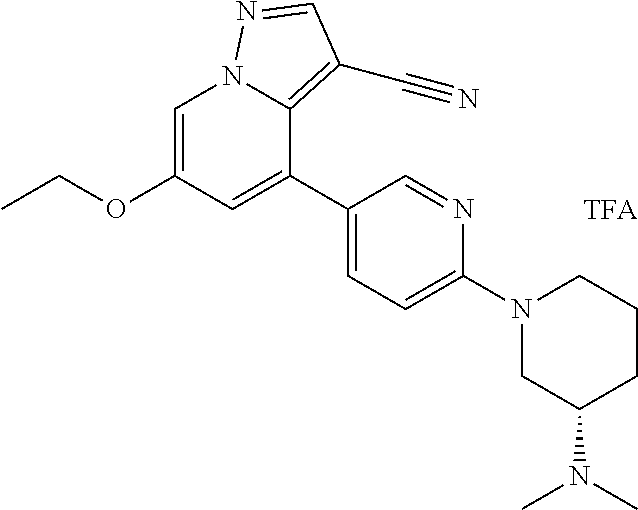
C00444
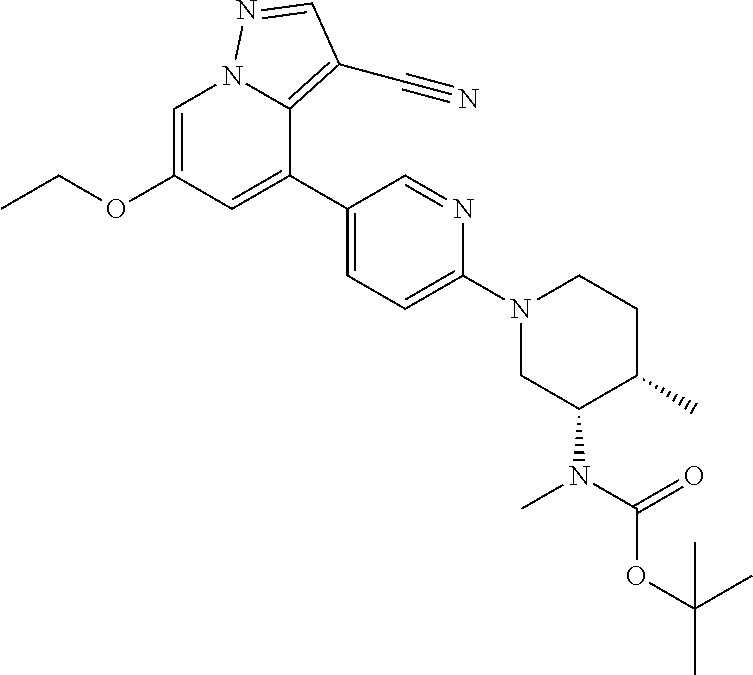
C00445
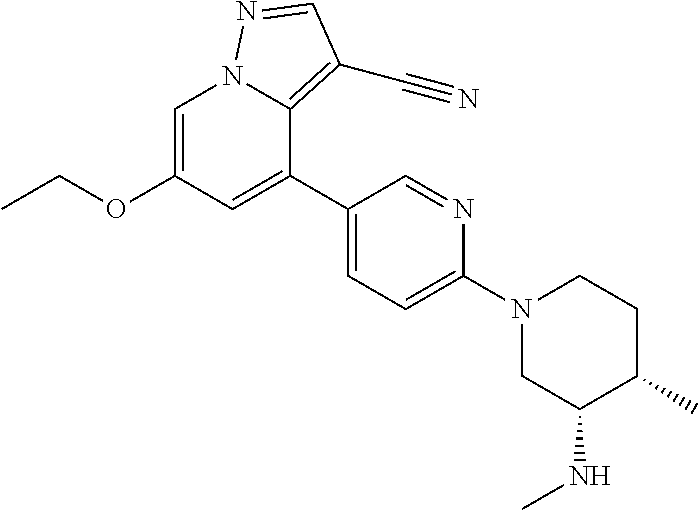
C00446

C00447
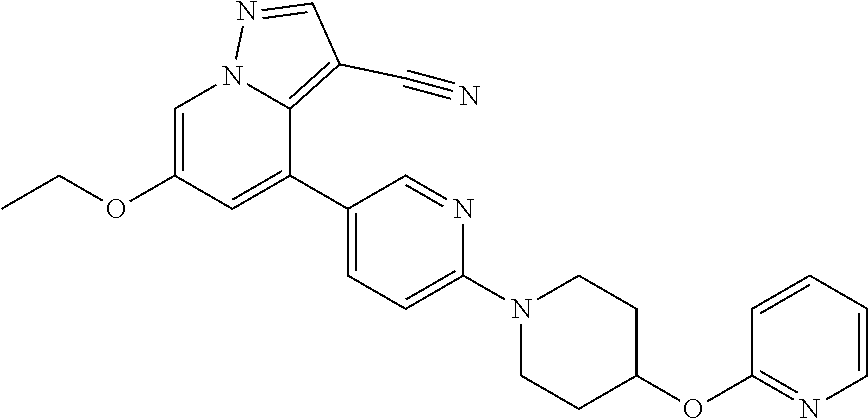
C00448

C00449
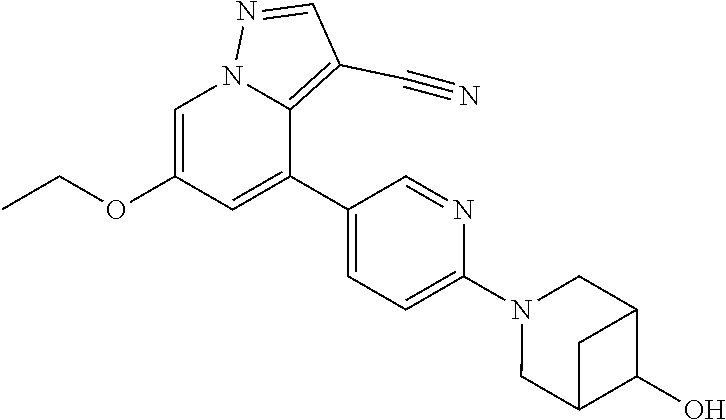
C00450
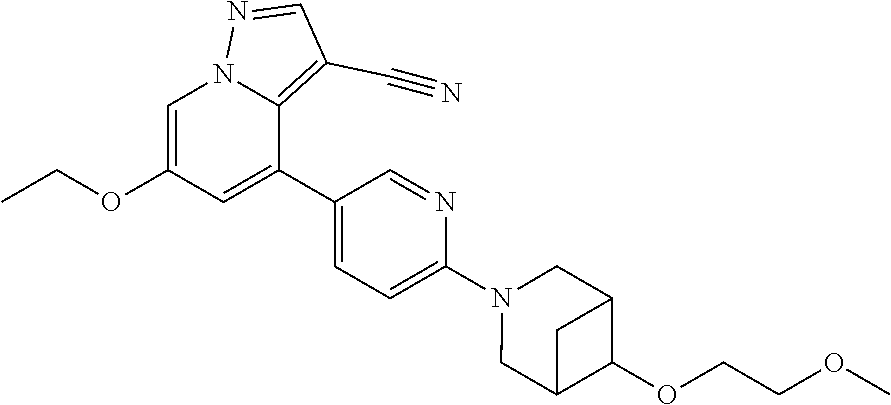
C00451
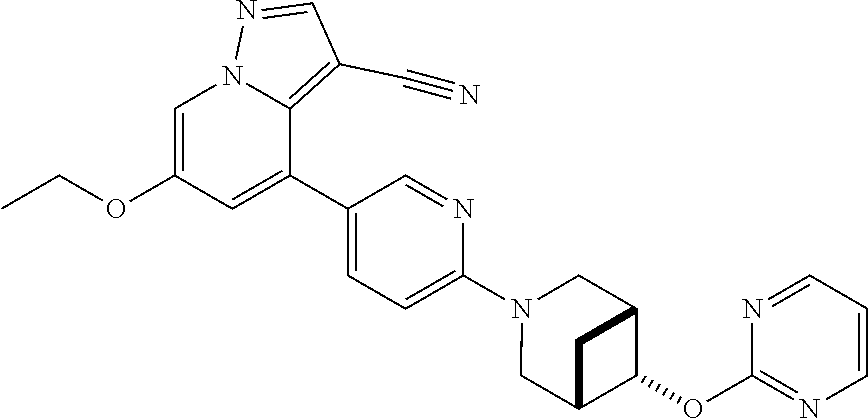
C00452
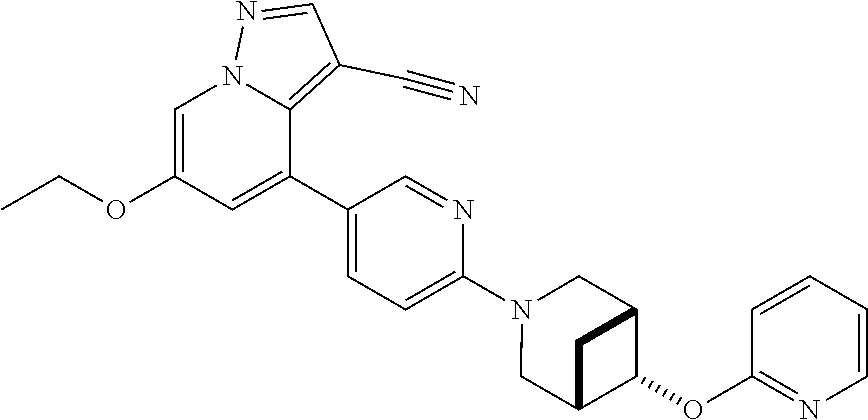
C00453

C00454
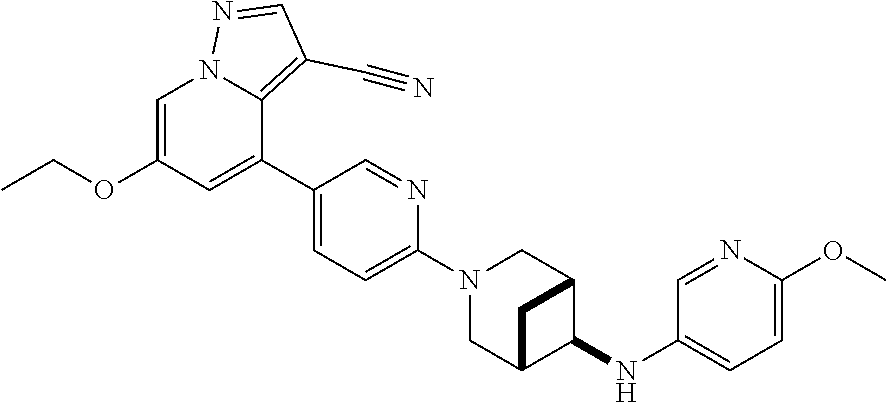
C00455
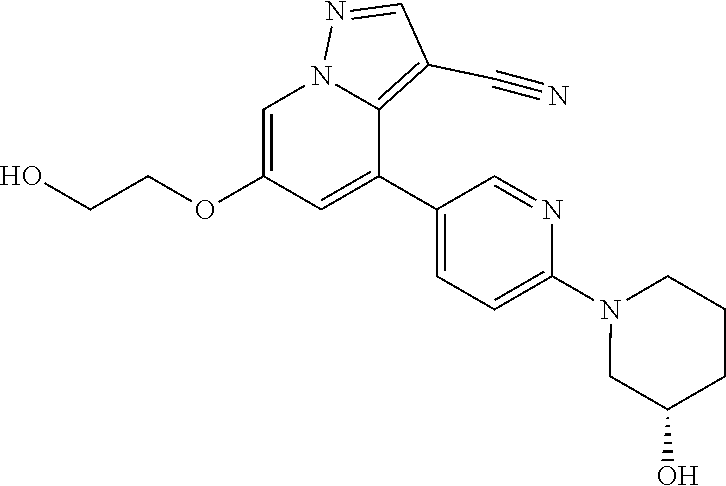
C00456
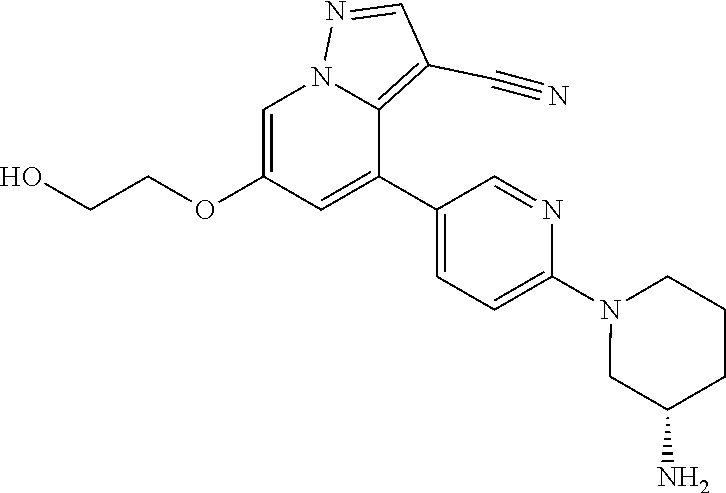
C00457
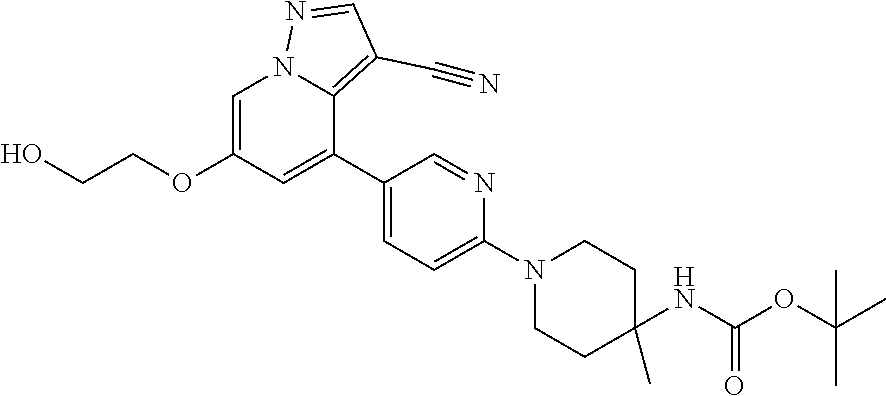
C00458
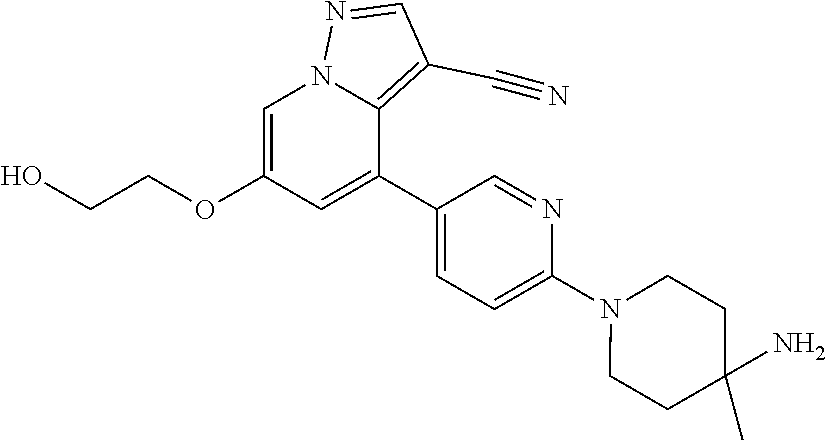
C00459
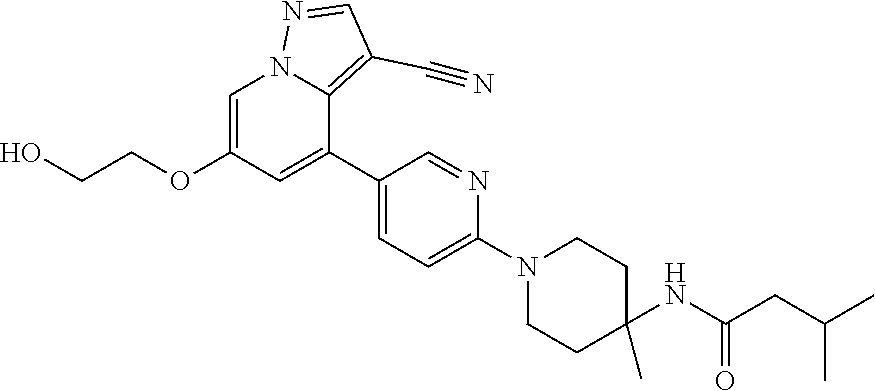
C00460
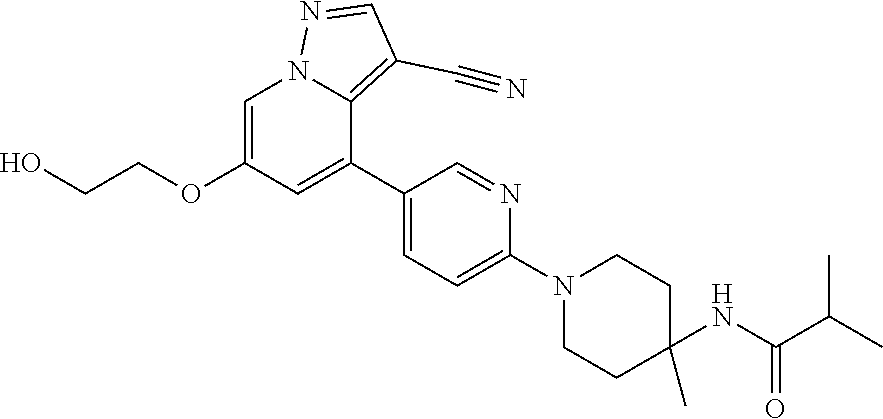
C00461
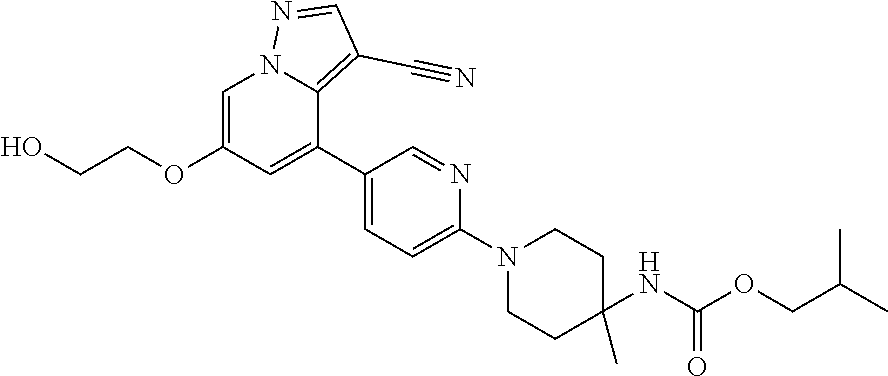
C00462
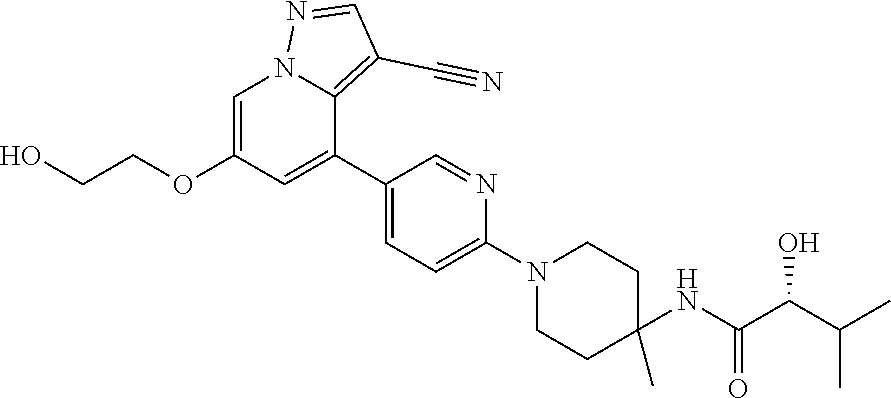
C00463

C00464
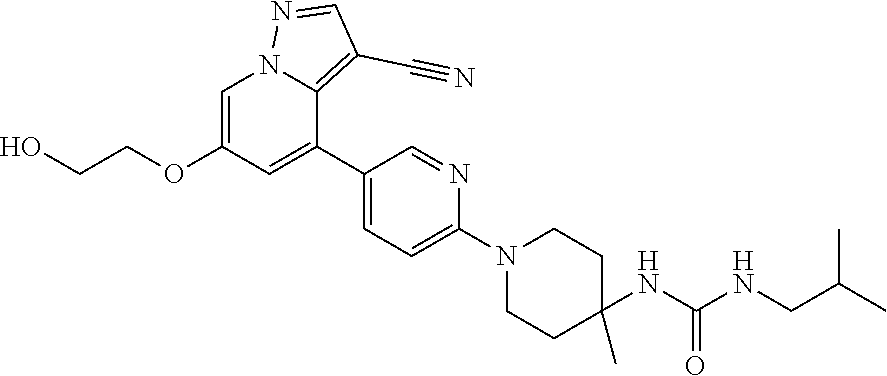
C00465
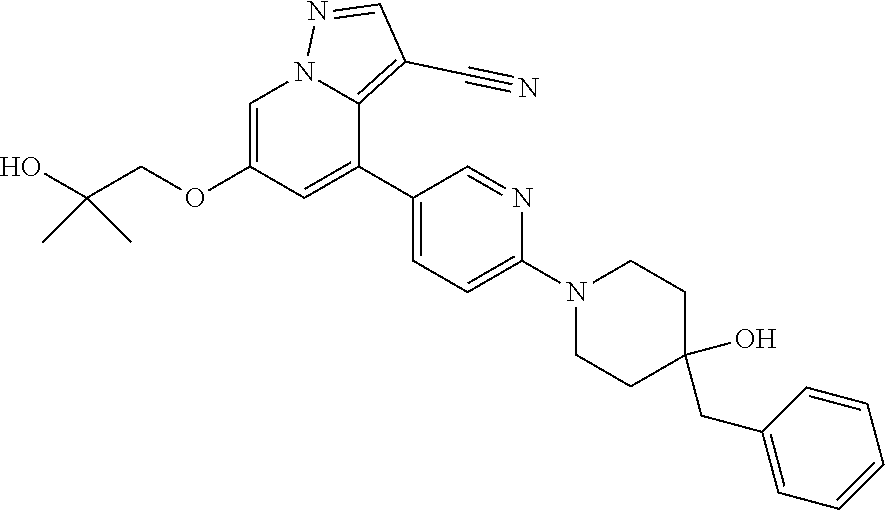
C00466
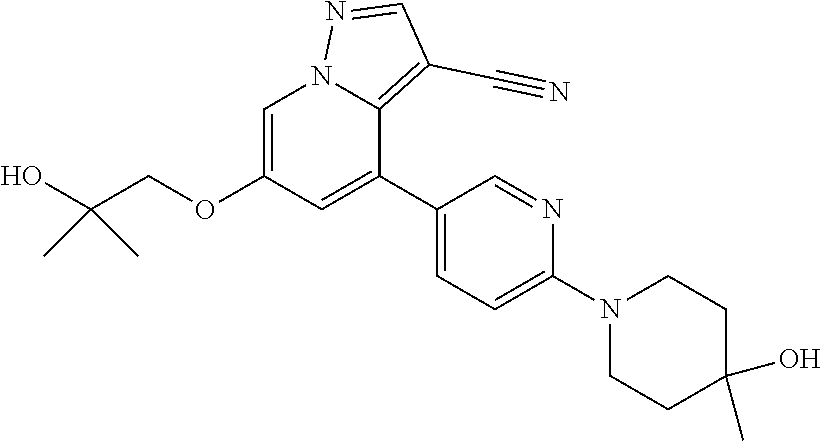
C00467
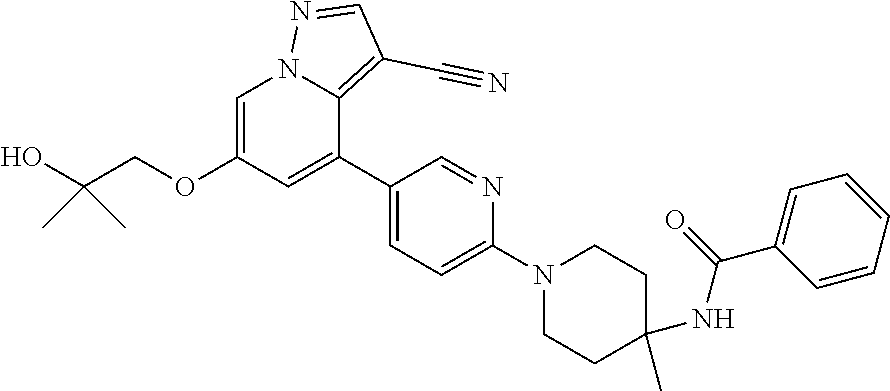
C00468
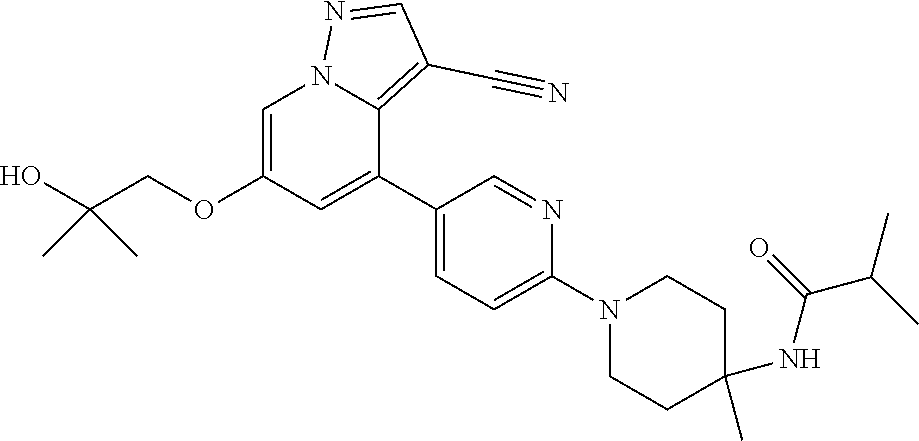
C00469
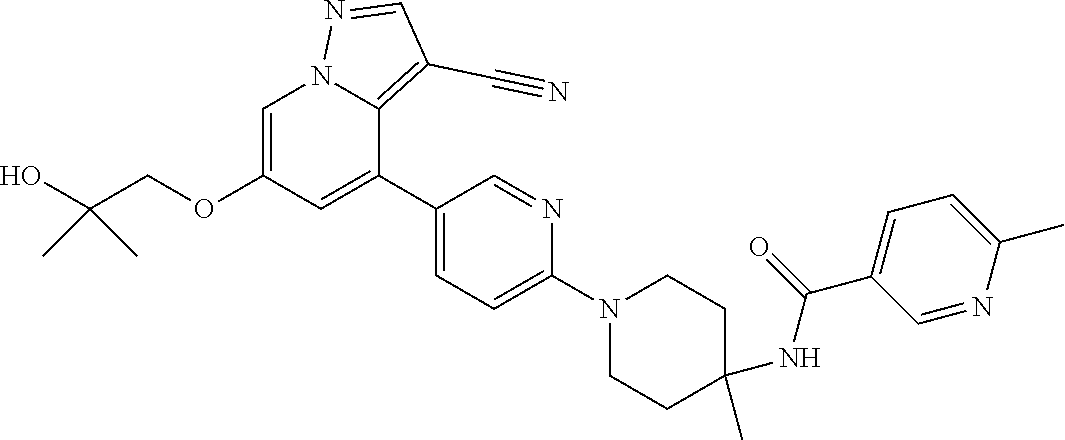
C00470
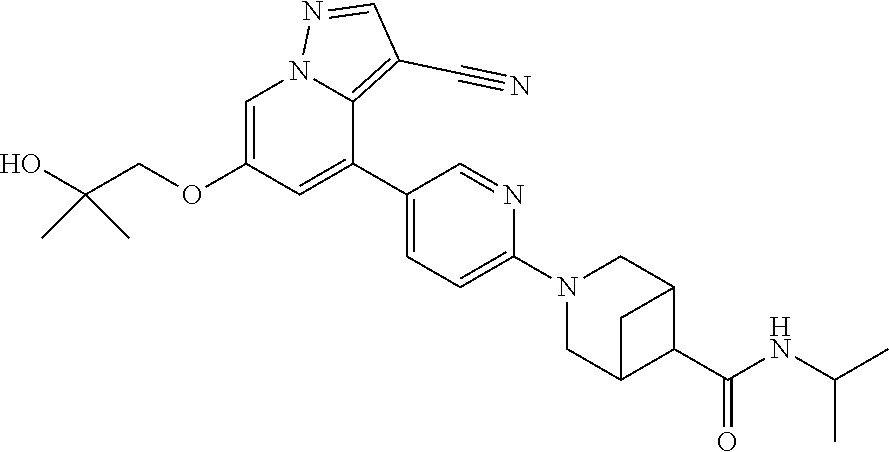
C00471
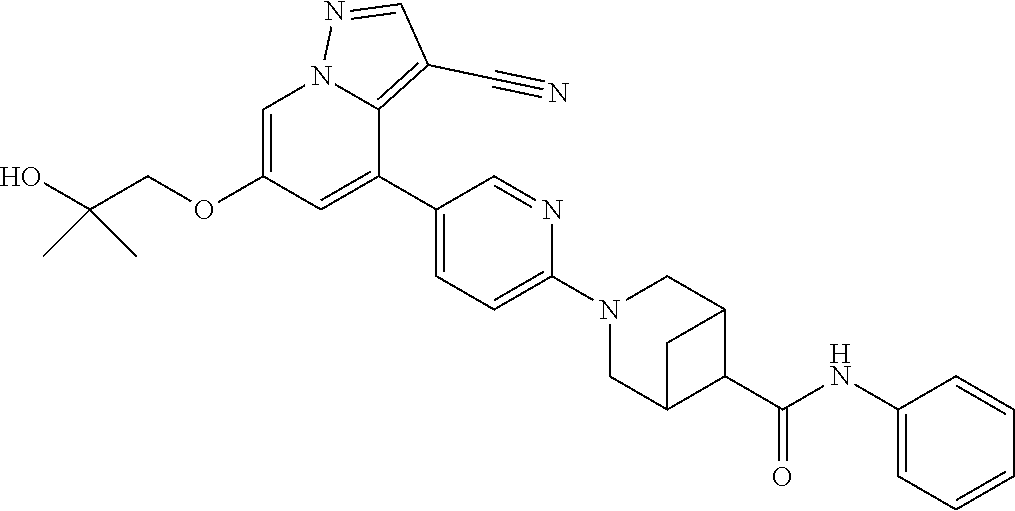
C00472
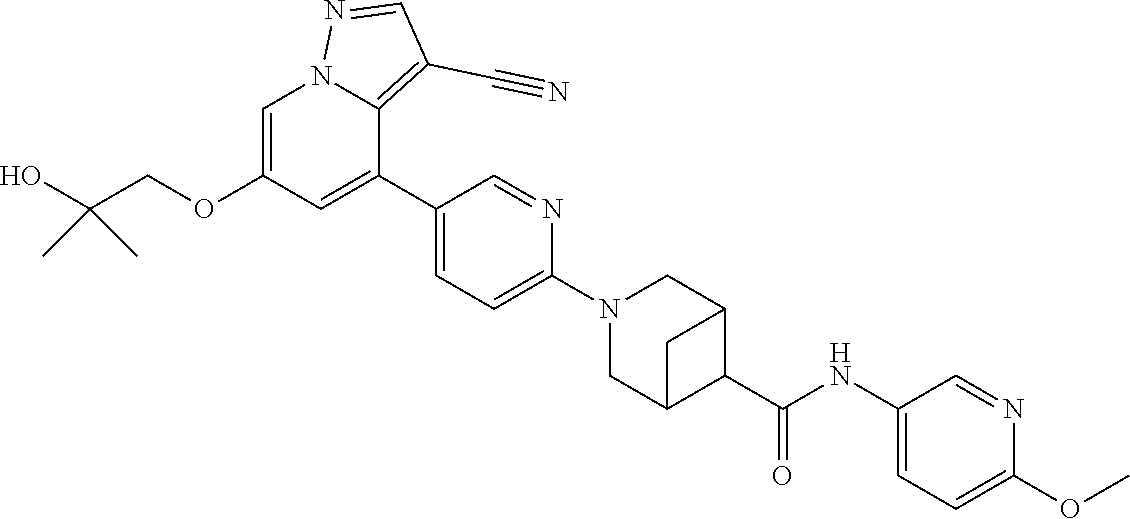
C00473
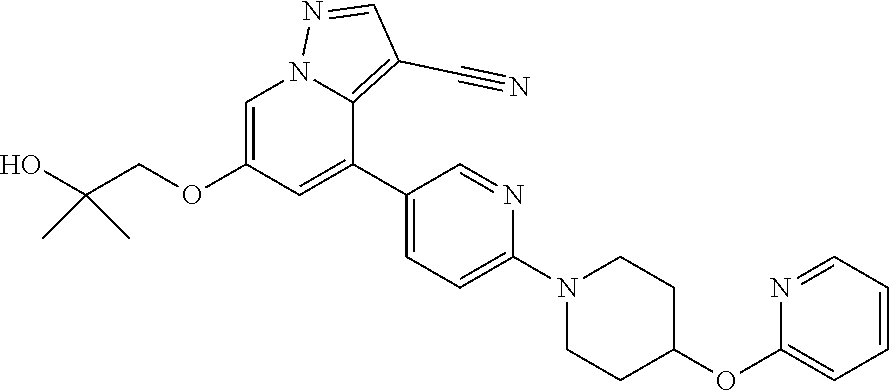
C00474
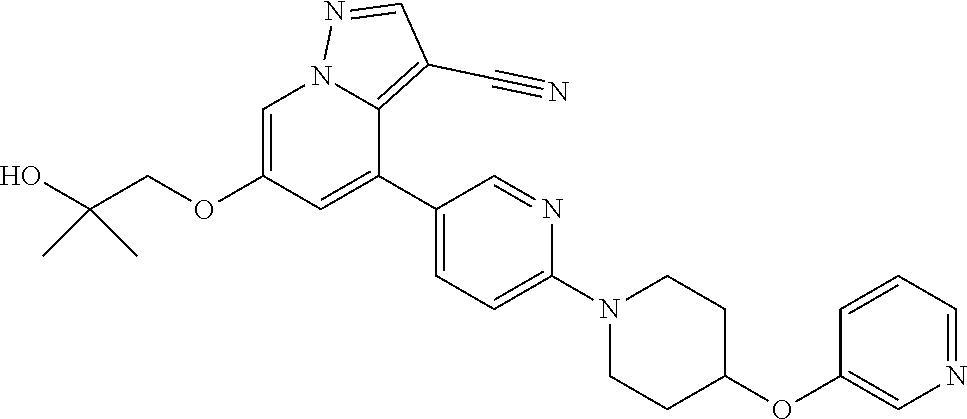
C00475
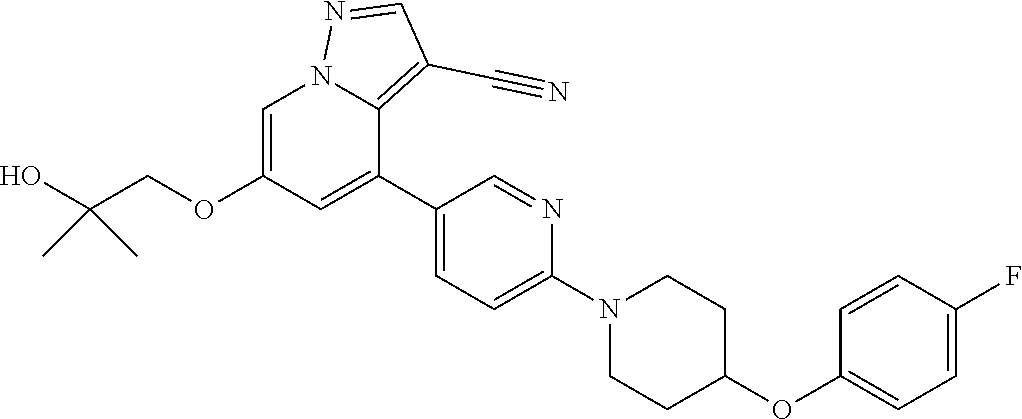
C00476
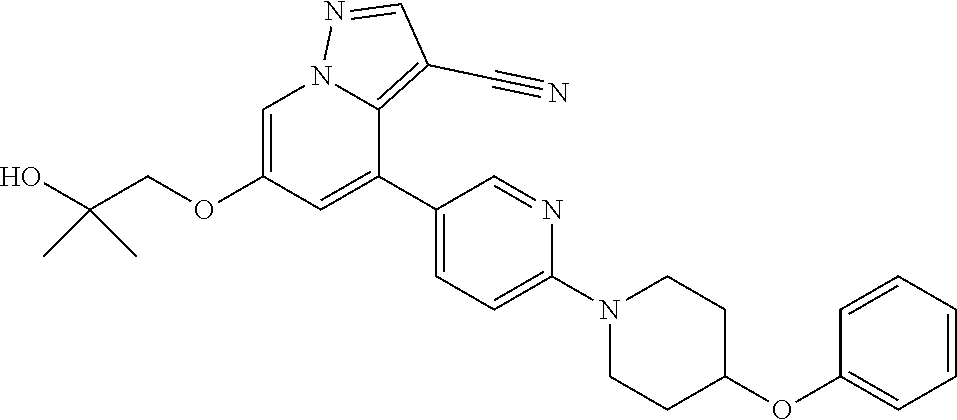
C00477
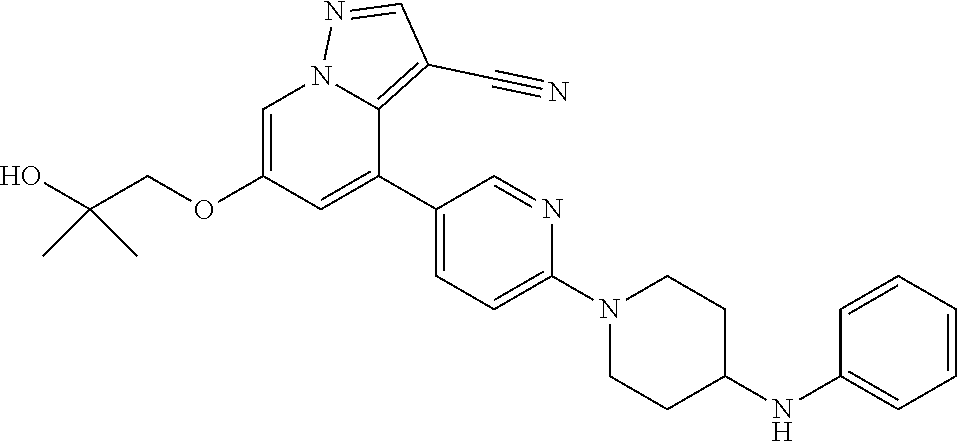
C00478

C00479
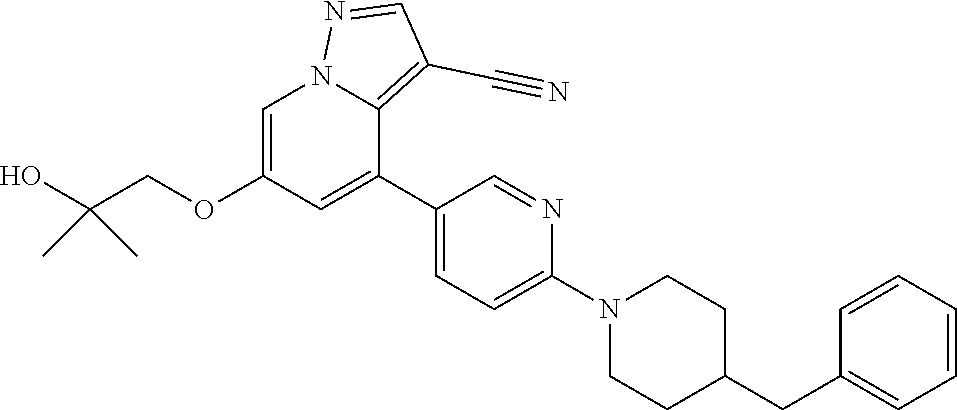
C00480
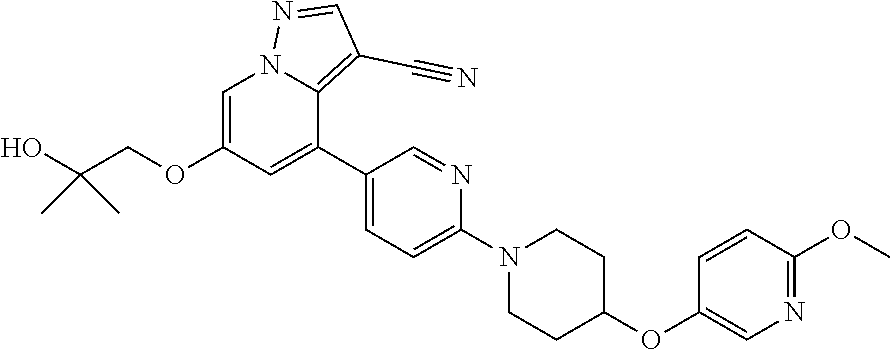
C00481
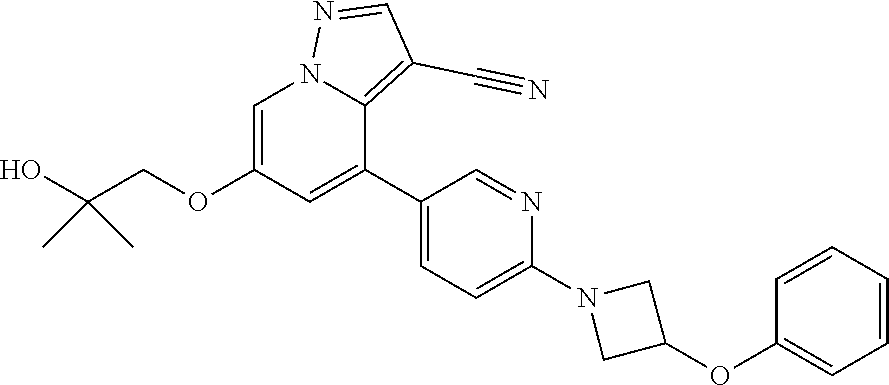
C00482
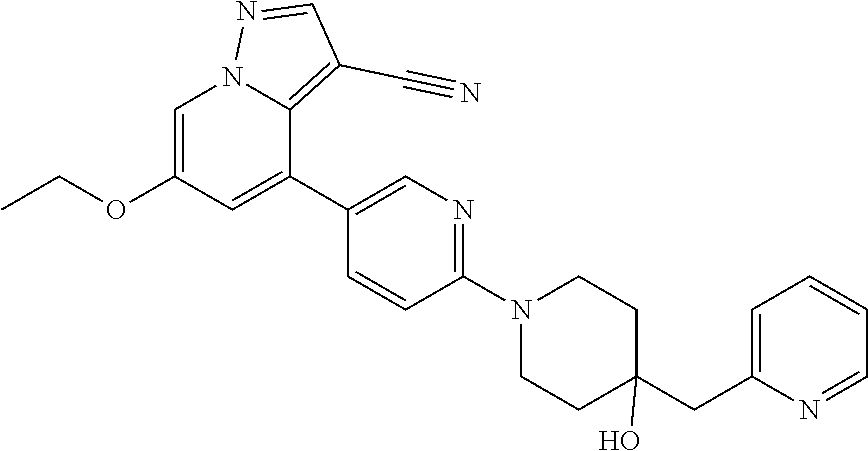
C00483
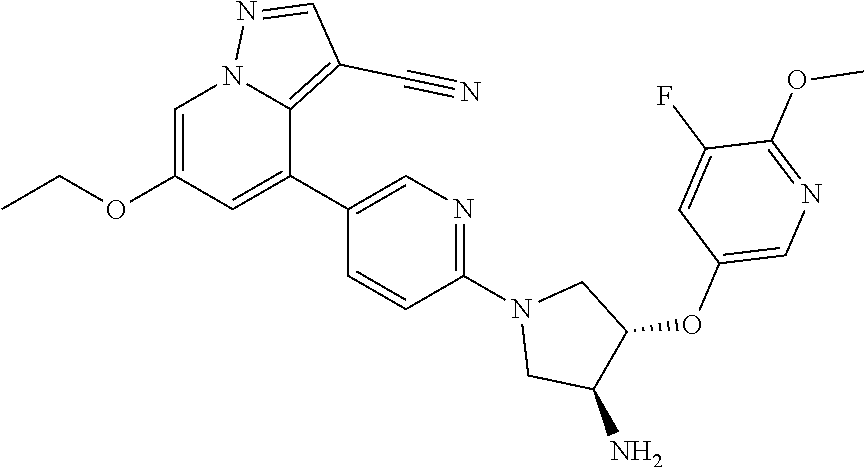
C00484
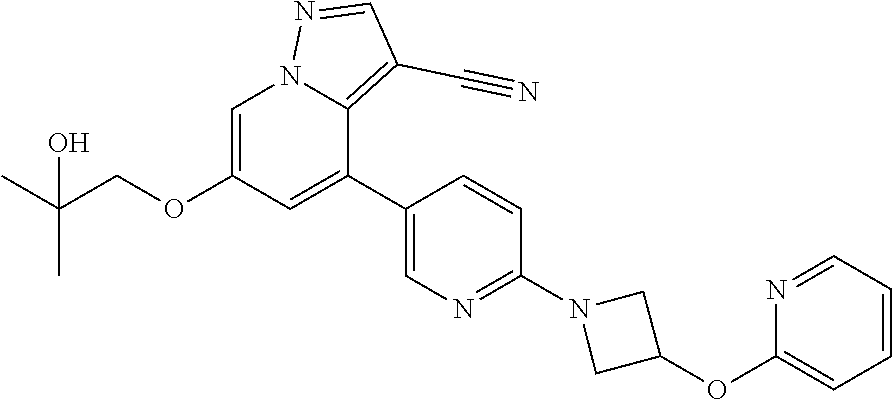
C00485
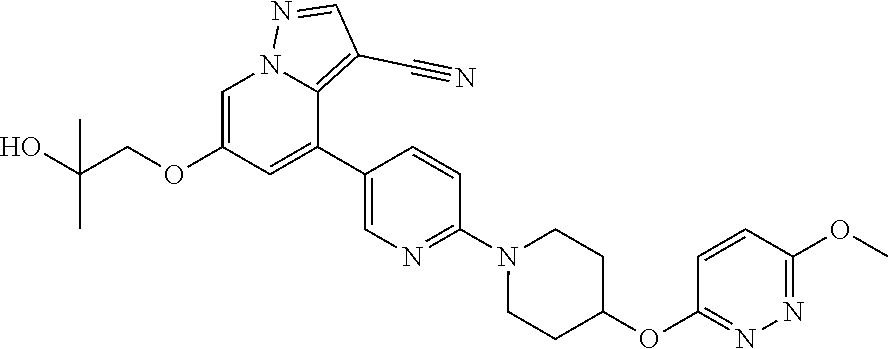
C00486

C00487
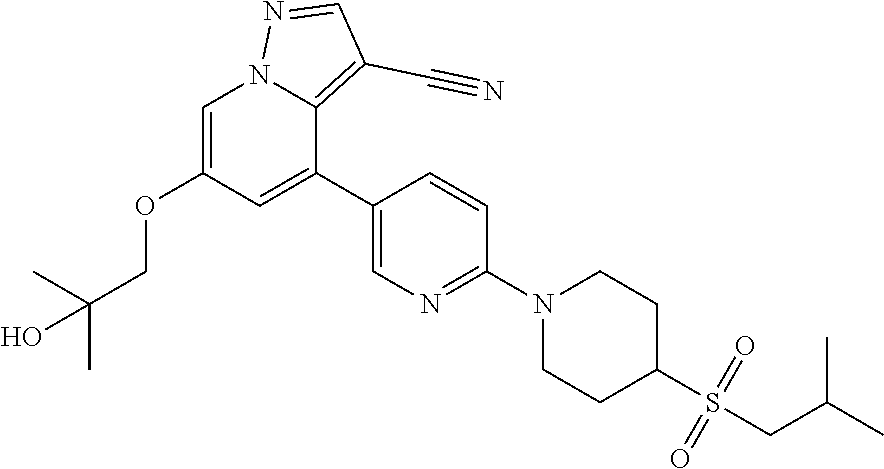
C00488
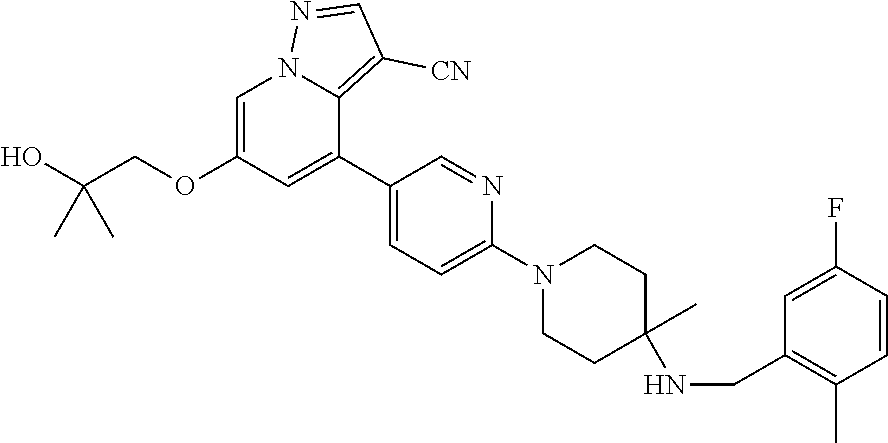
C00489
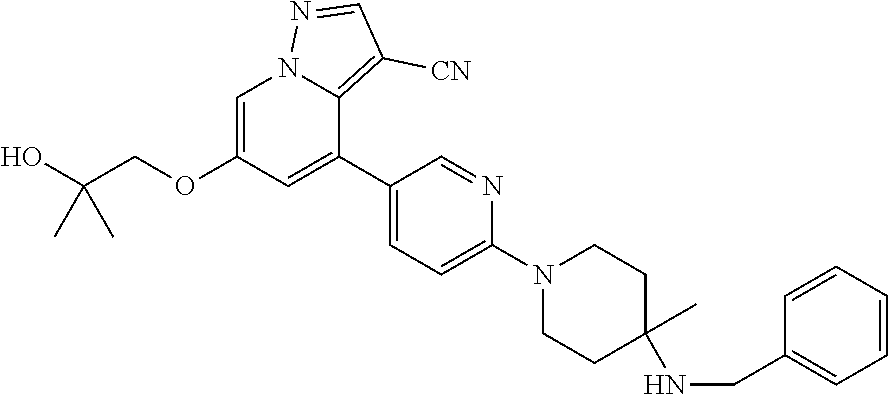
C00490
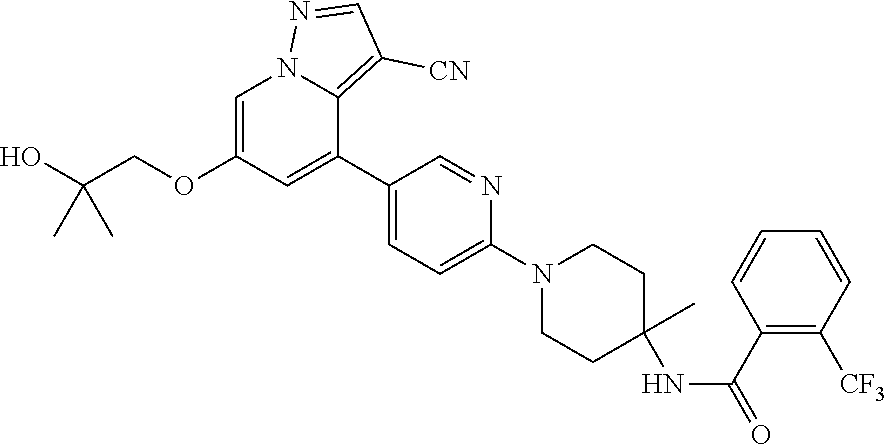
C00491
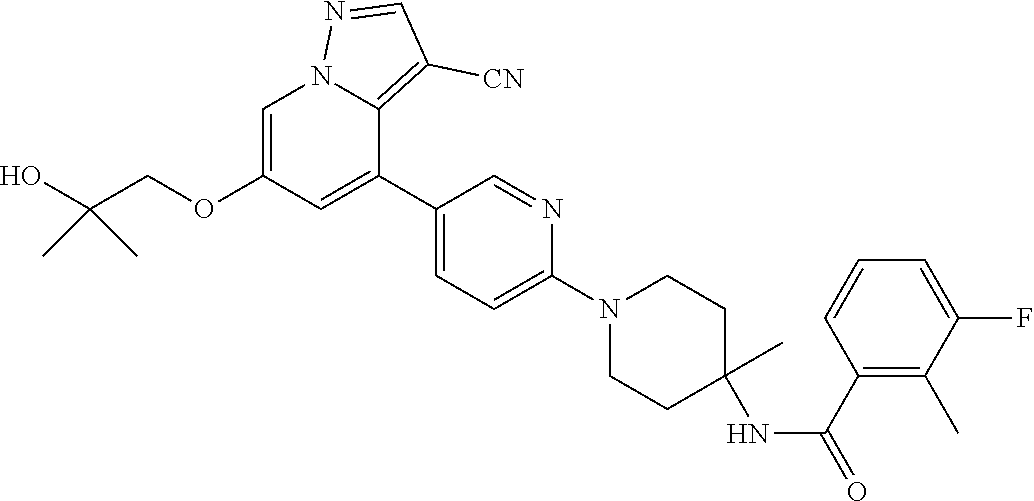
C00492
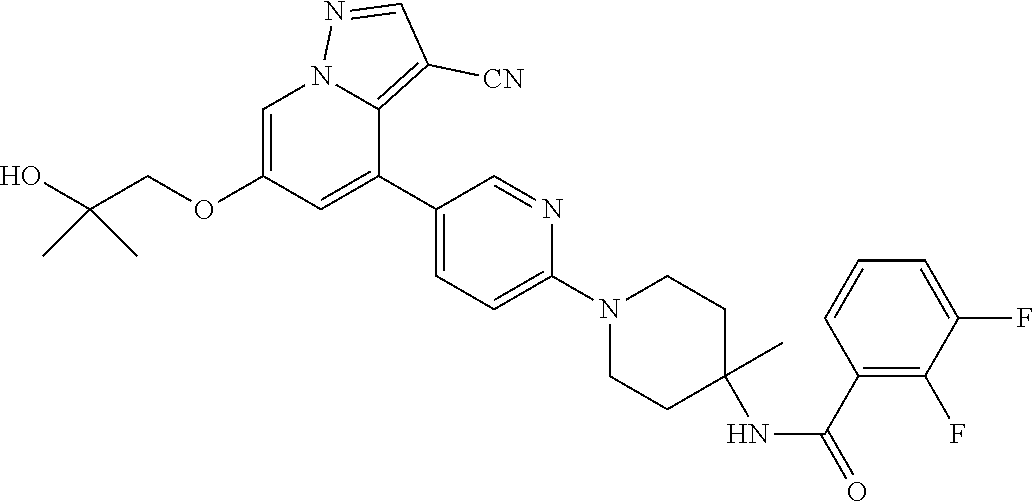
C00493
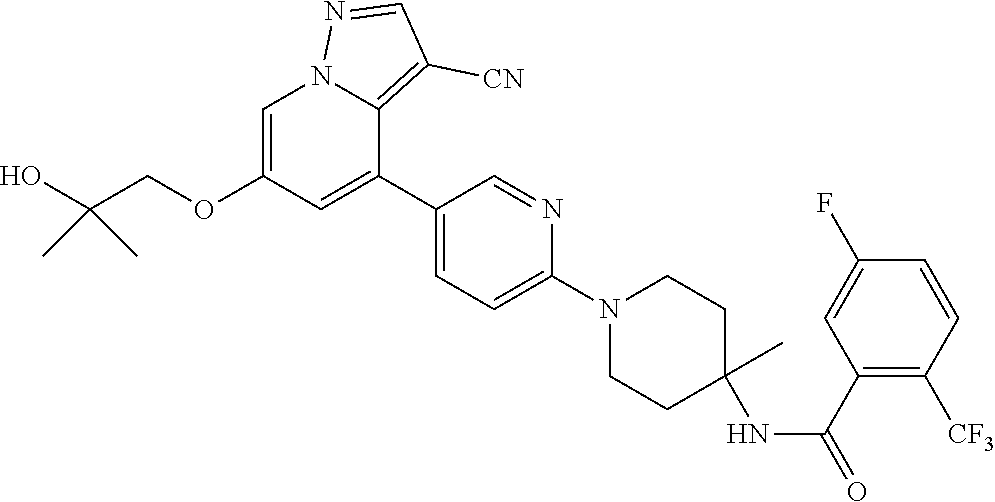
C00494
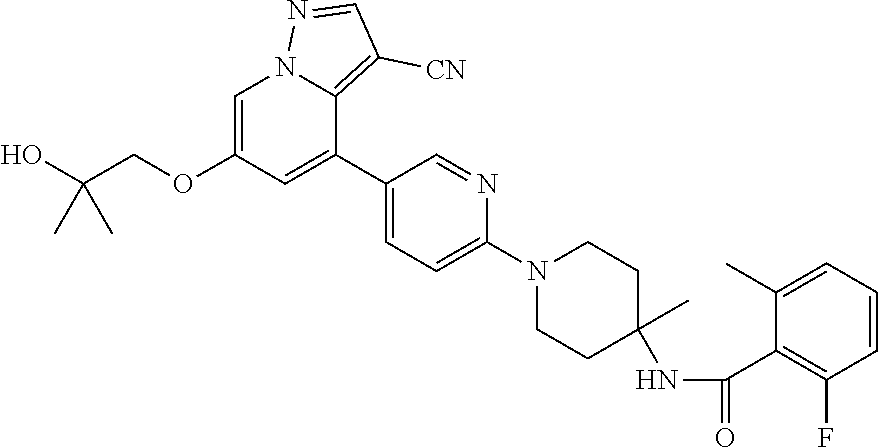
C00495
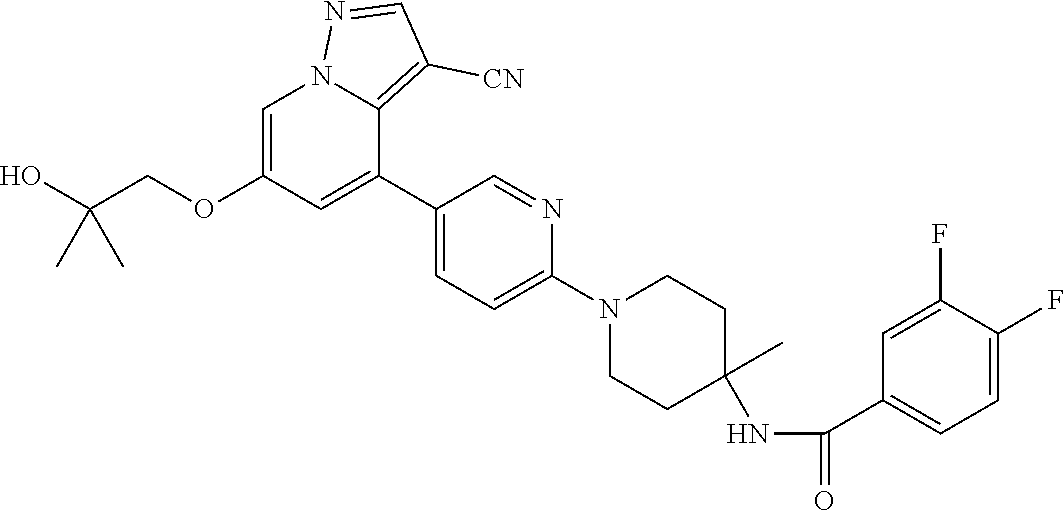
C00496
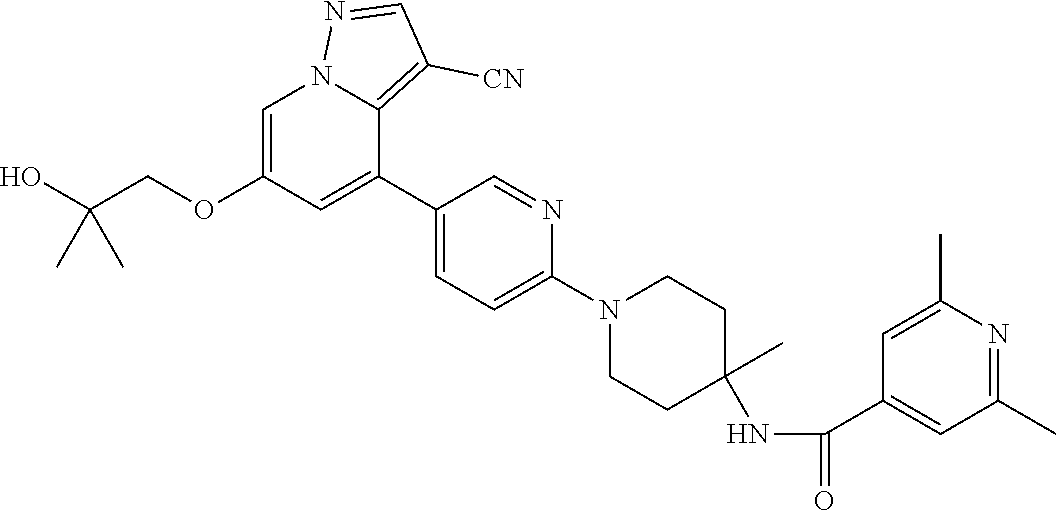
C00497
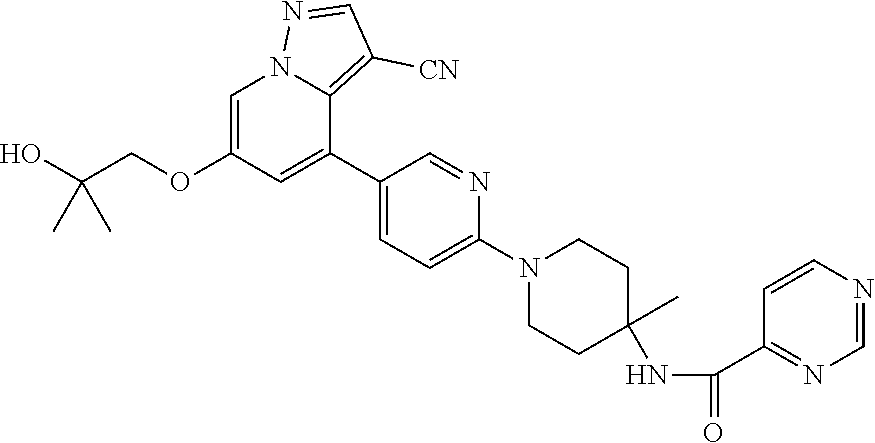
C00498
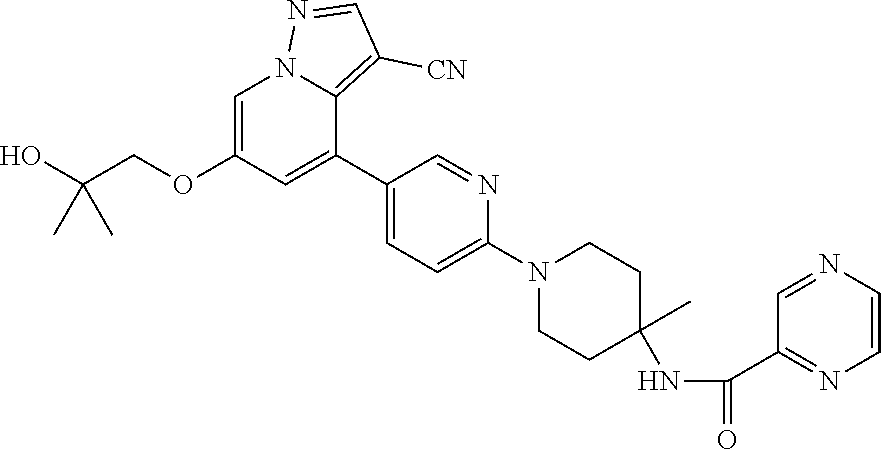
C00499
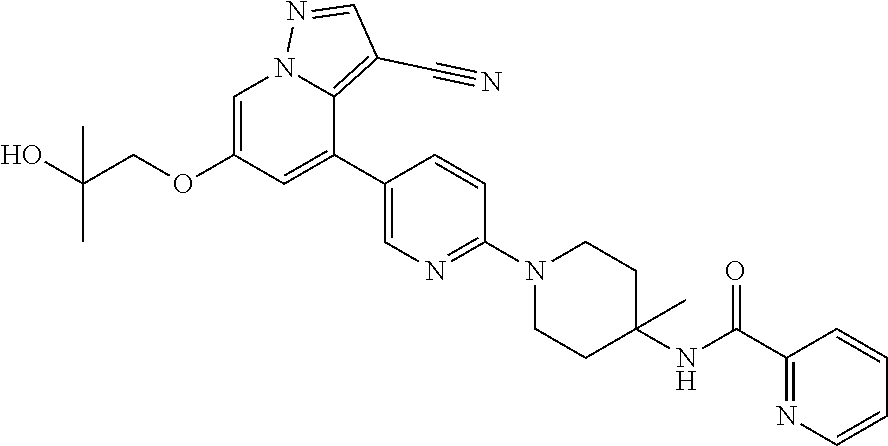
C00500
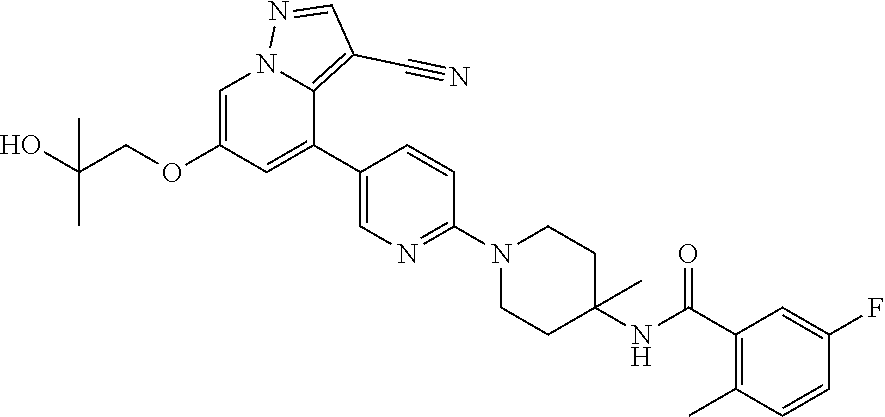
C00501
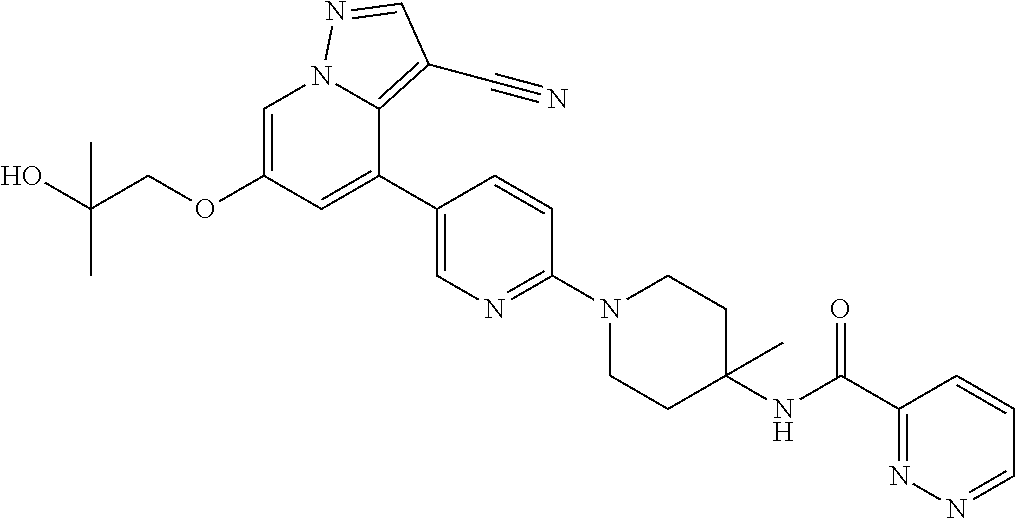
C00502
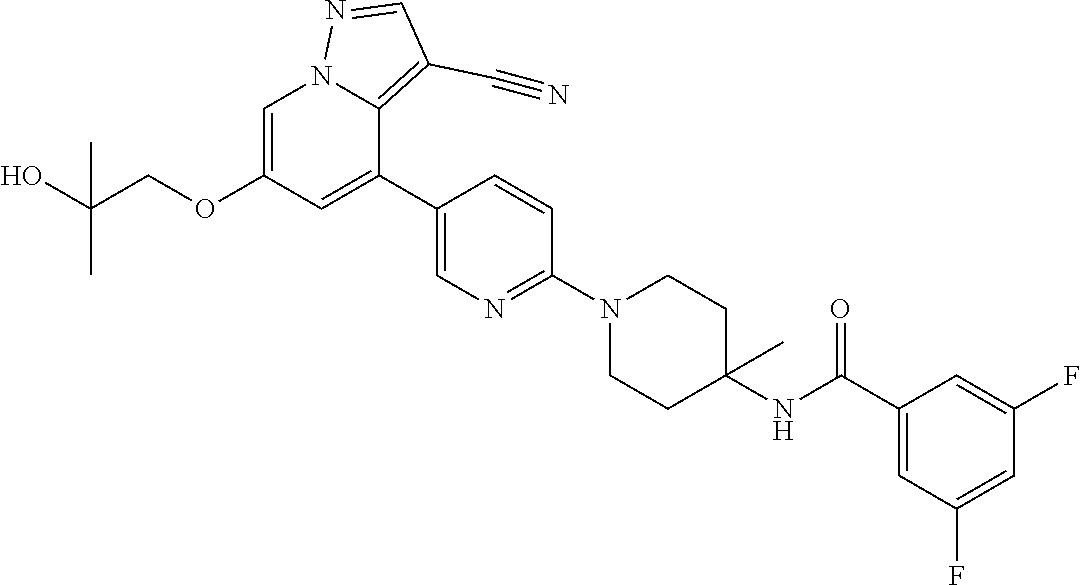
C00503
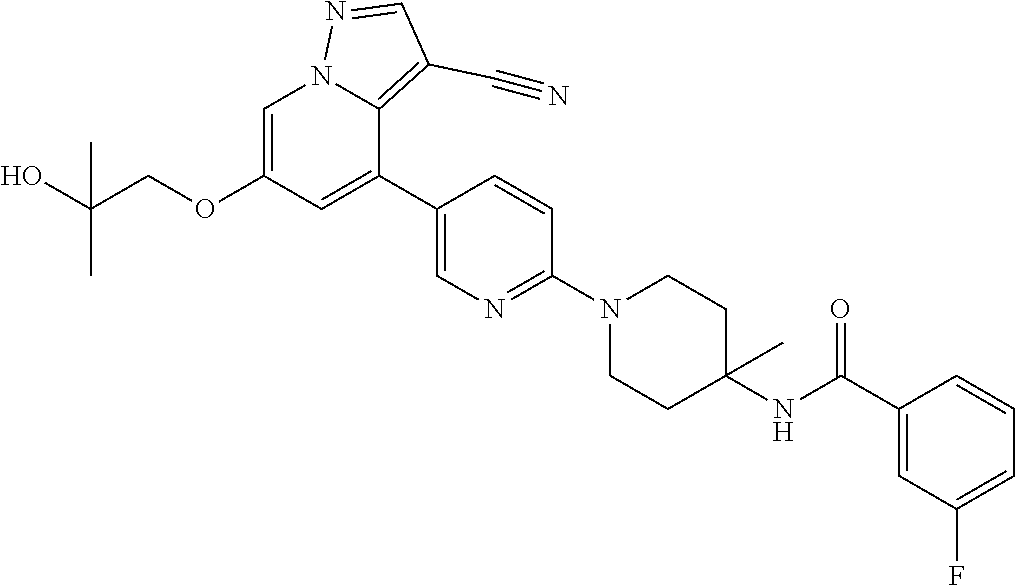
C00504
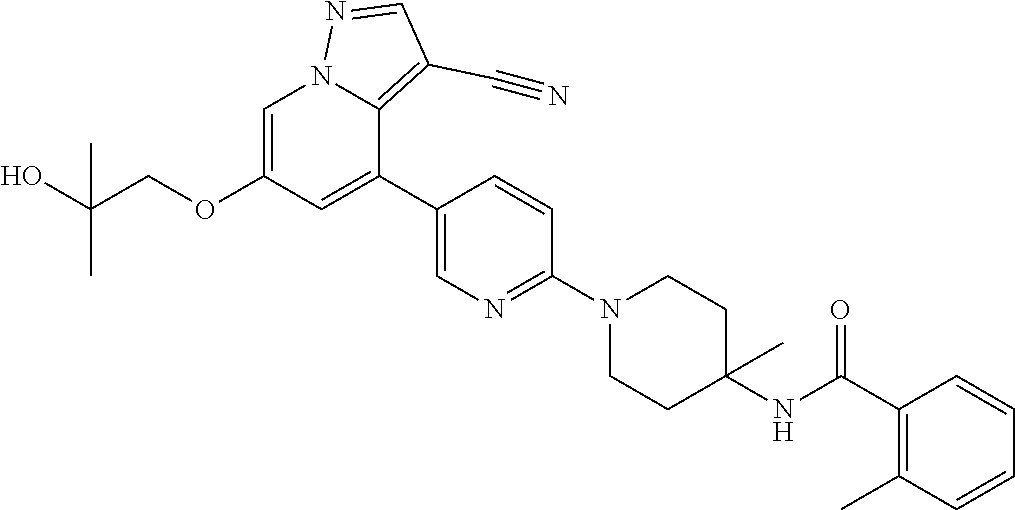
C00505
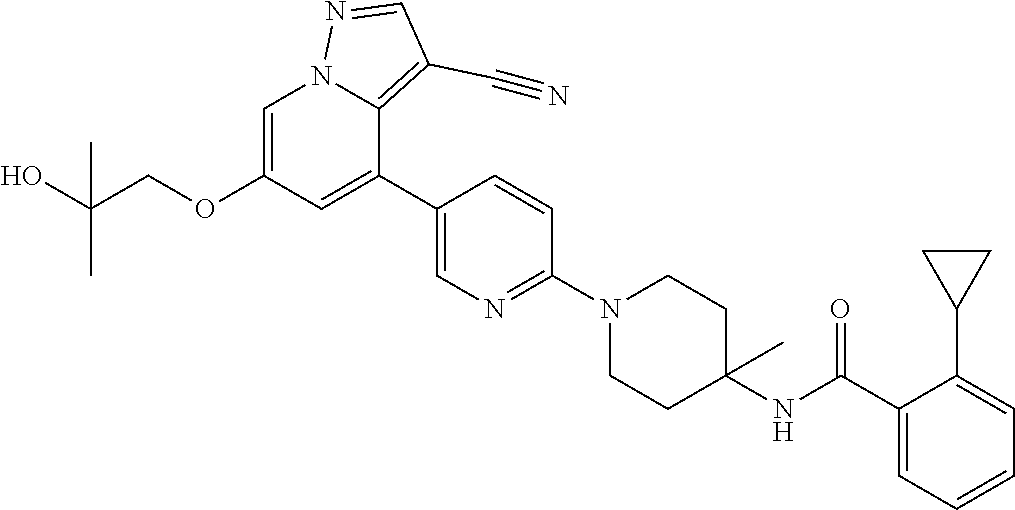
C00506

C00507

C00508
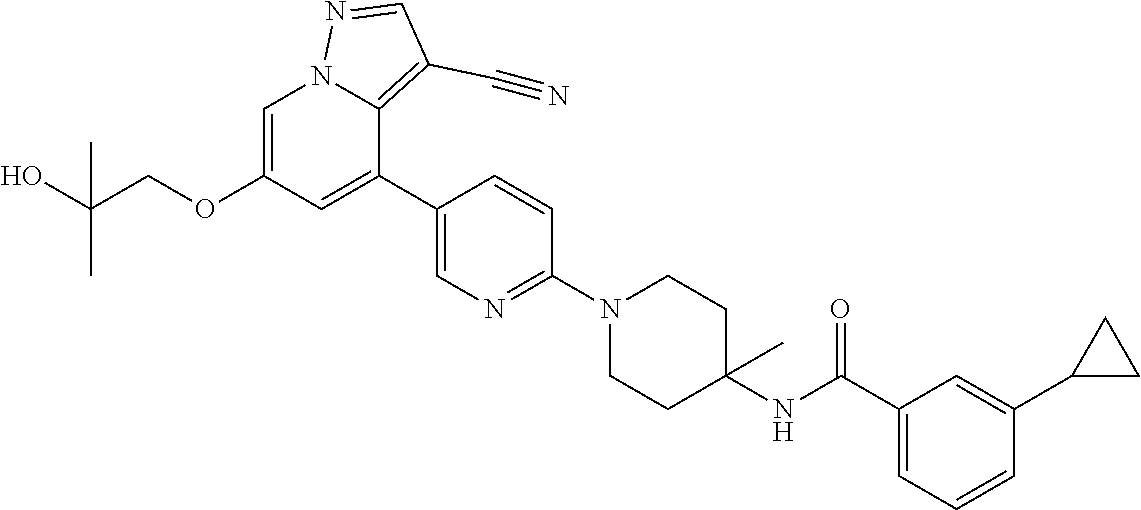
C00509
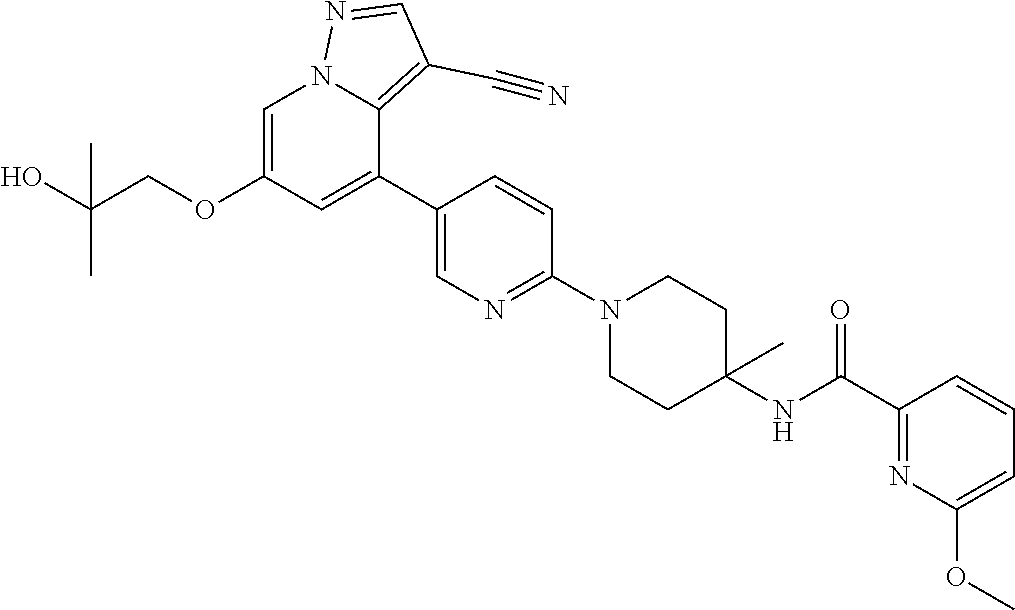
C00510
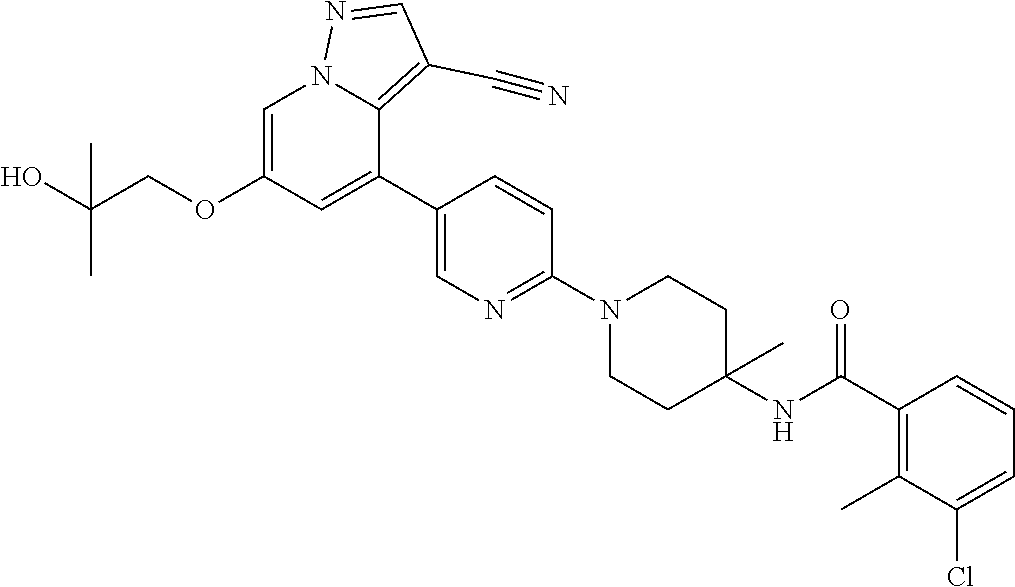
C00511
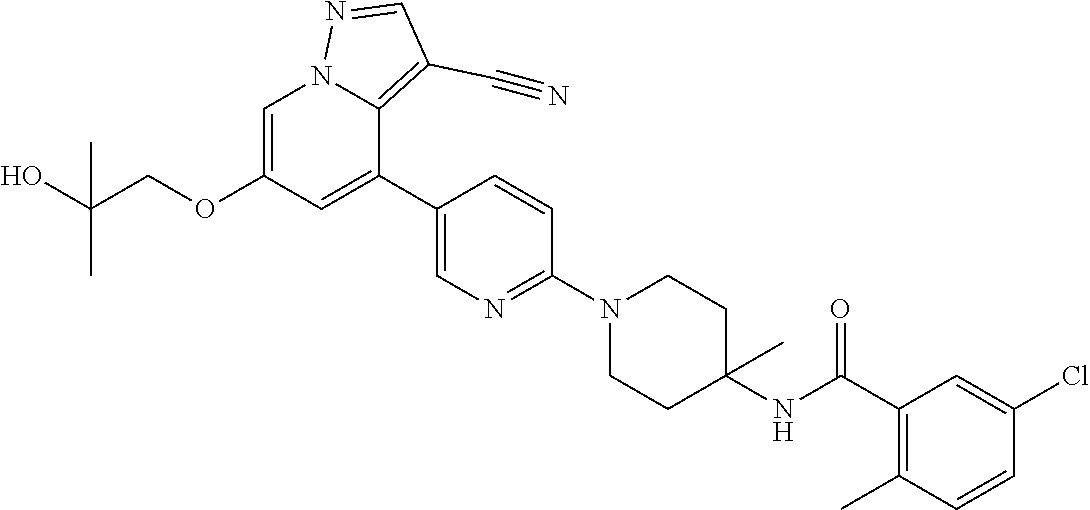
C00512
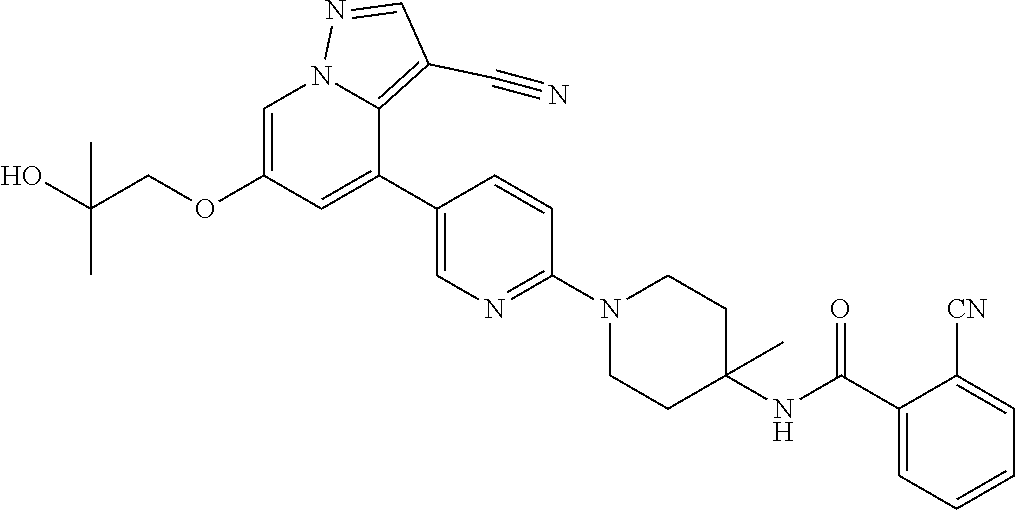
C00513
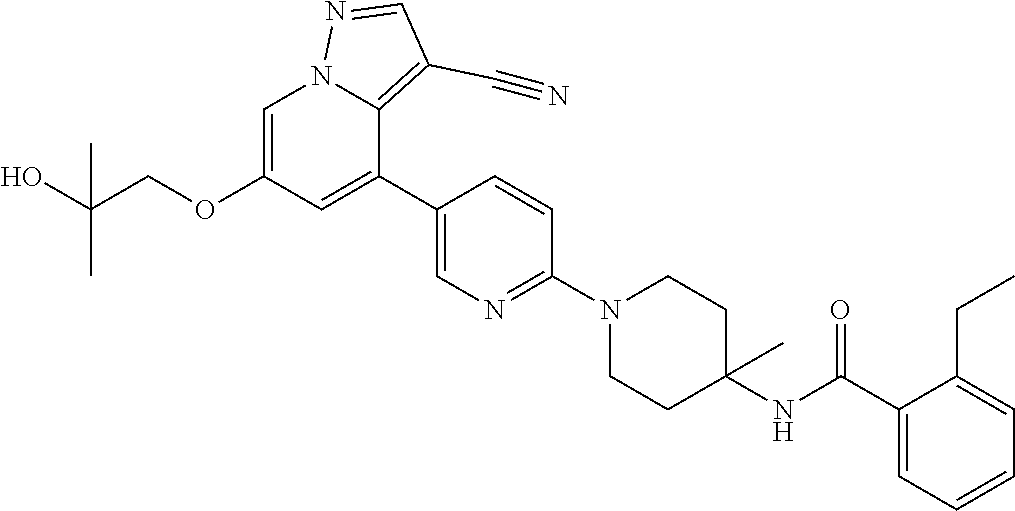
C00514
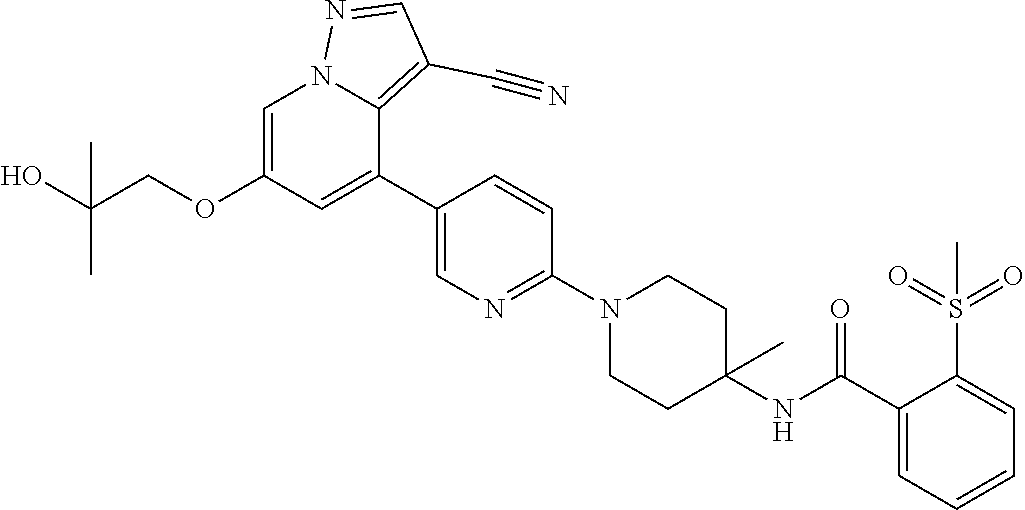
C00515
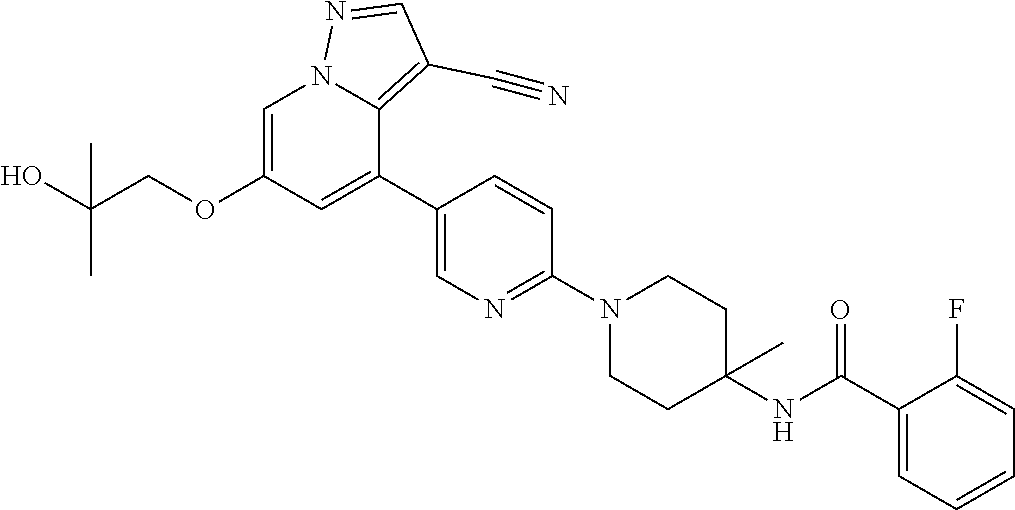
C00516
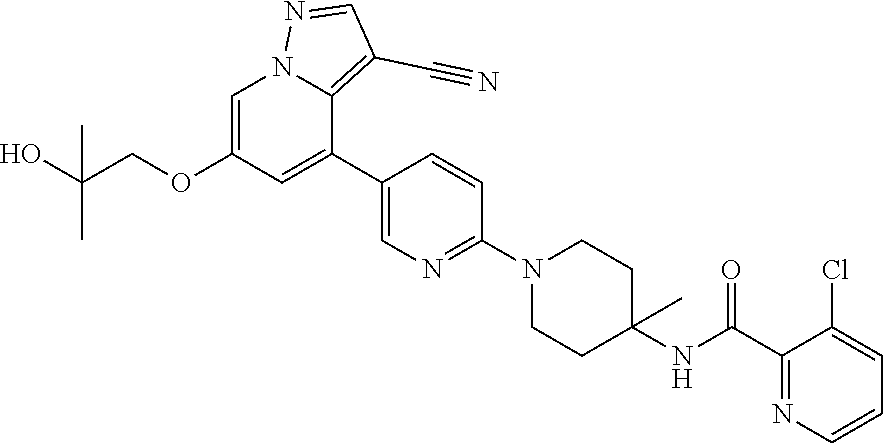
C00517
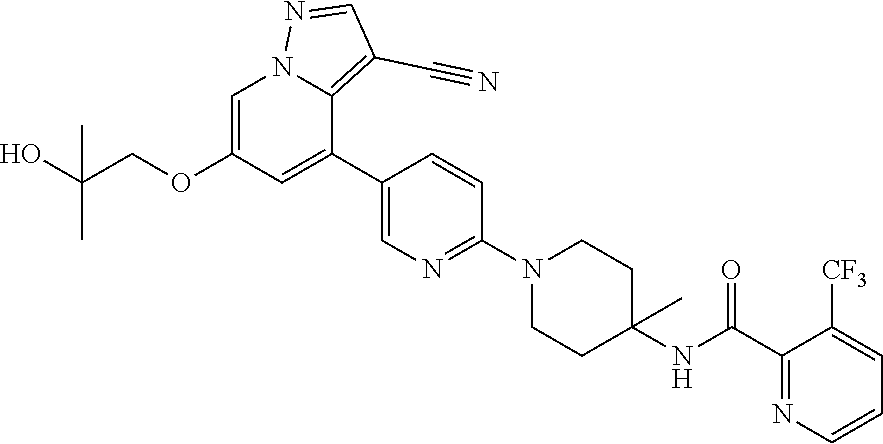
C00518
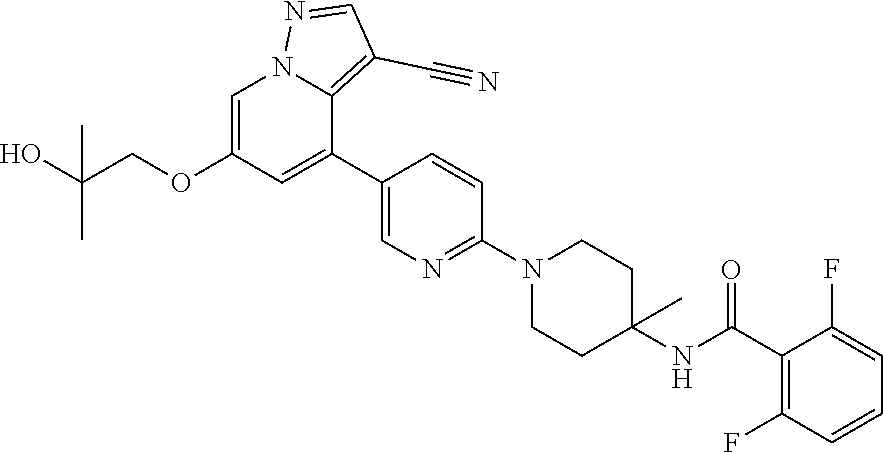
C00519
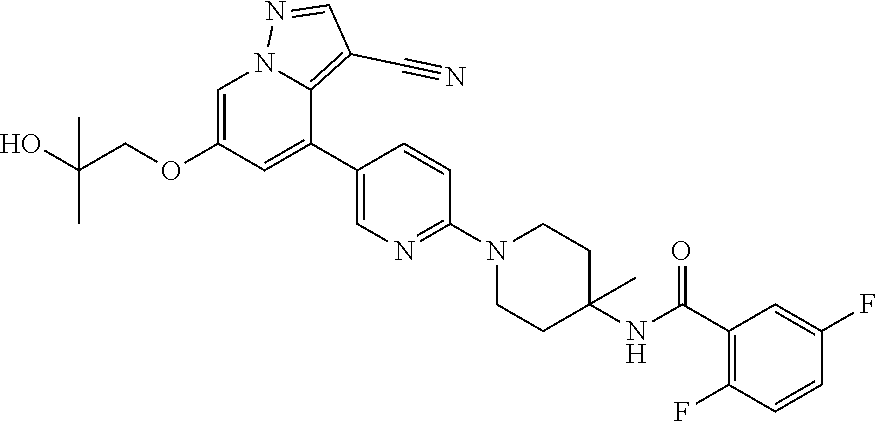
C00520
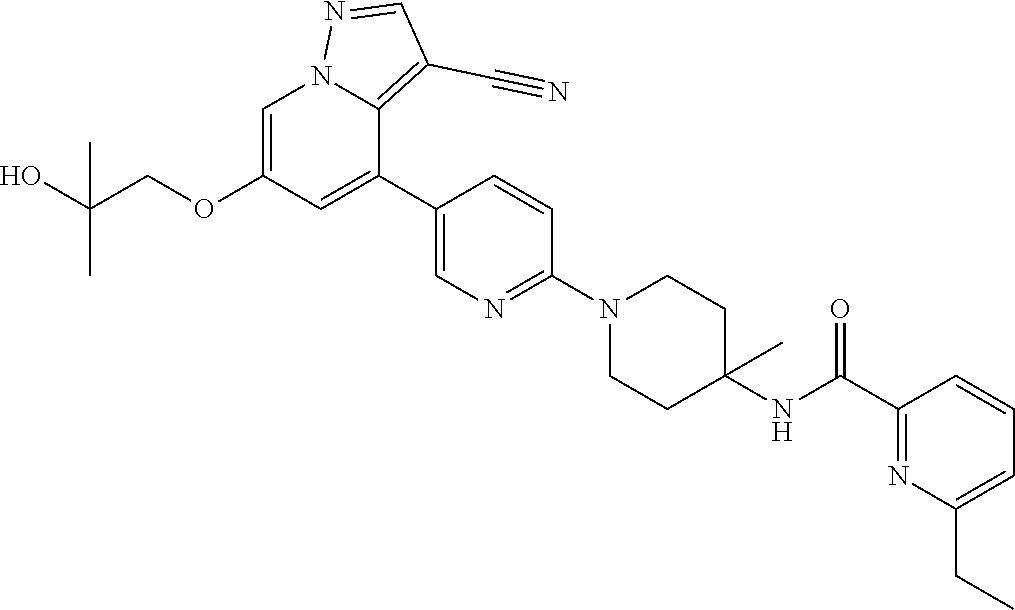
C00521
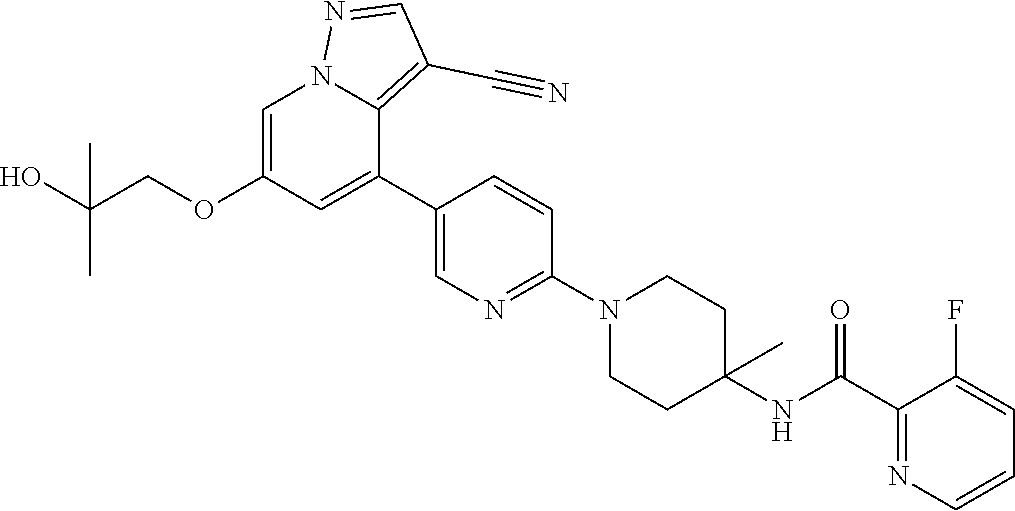
C00522
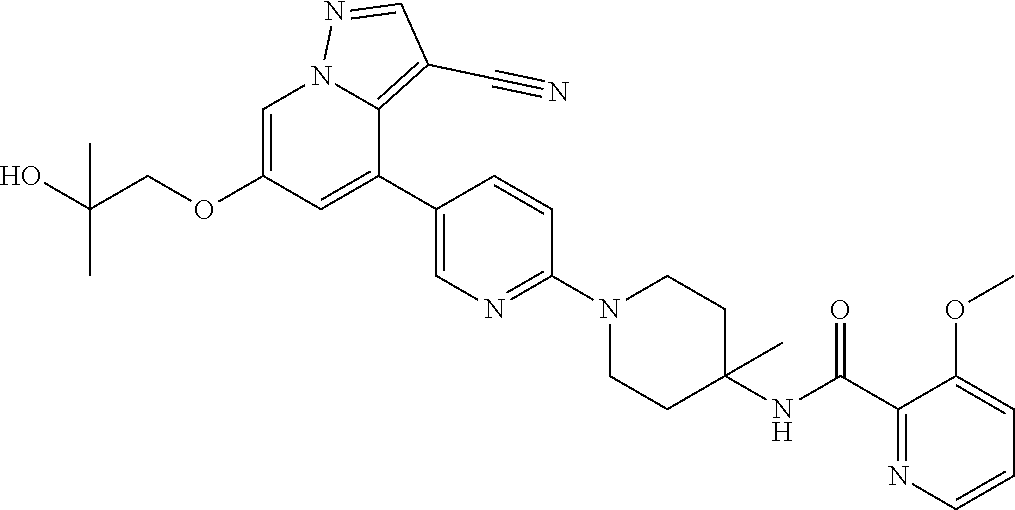
C00523
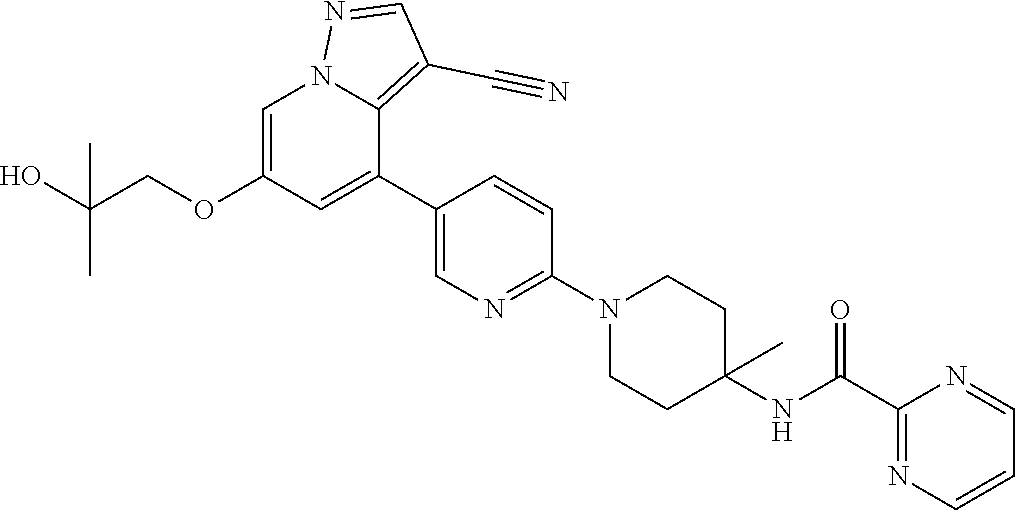
C00524
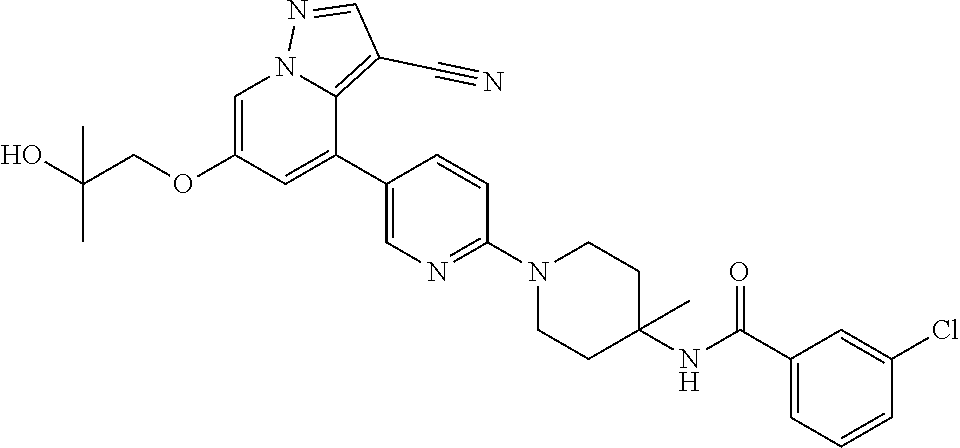
C00525
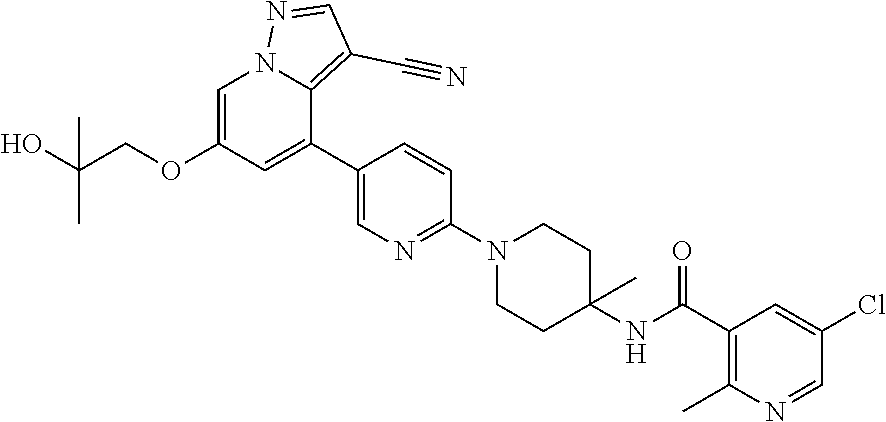
C00526
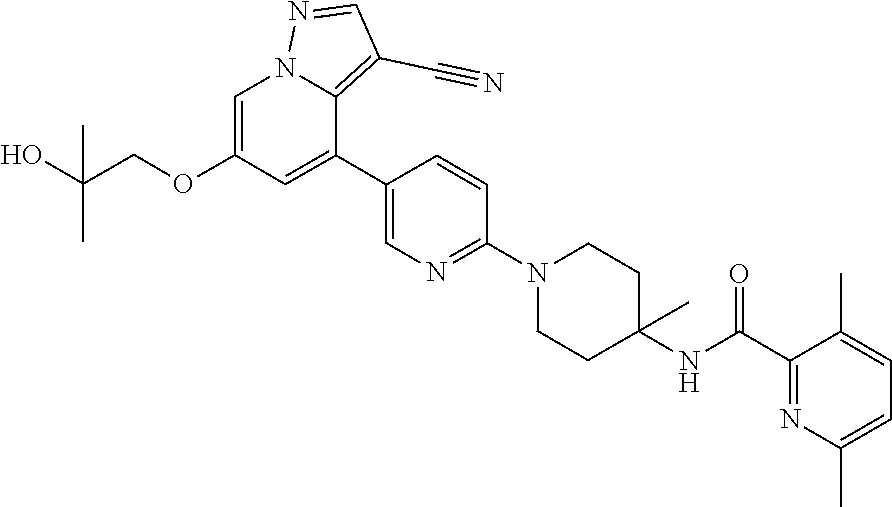
C00527
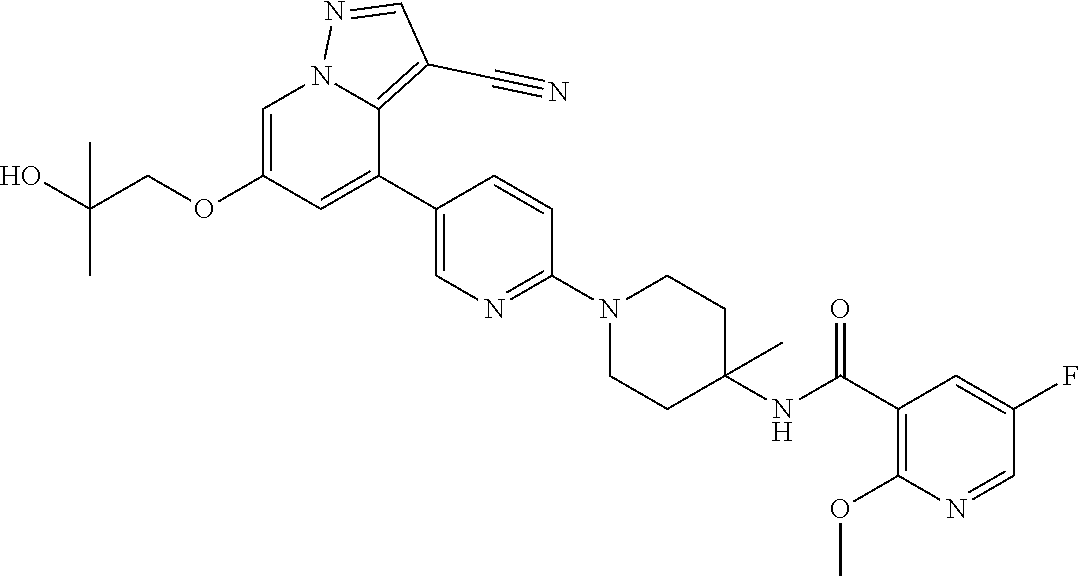
C00528
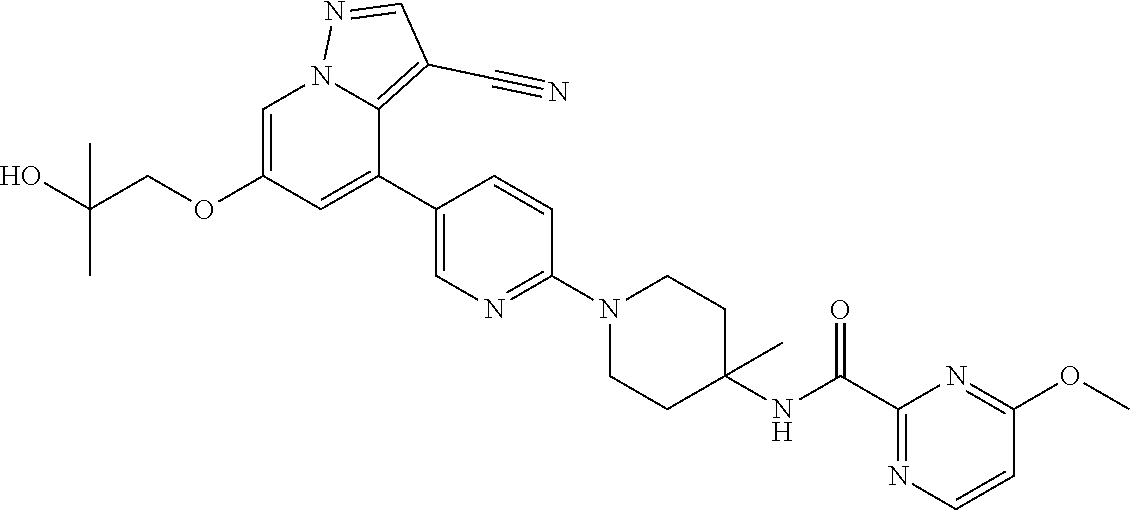
C00529
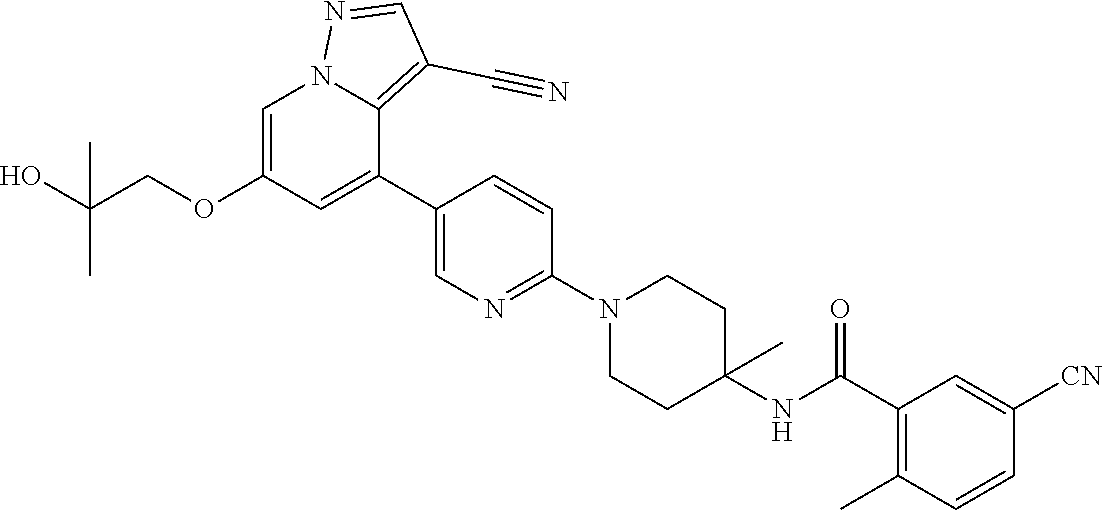
C00530

C00531
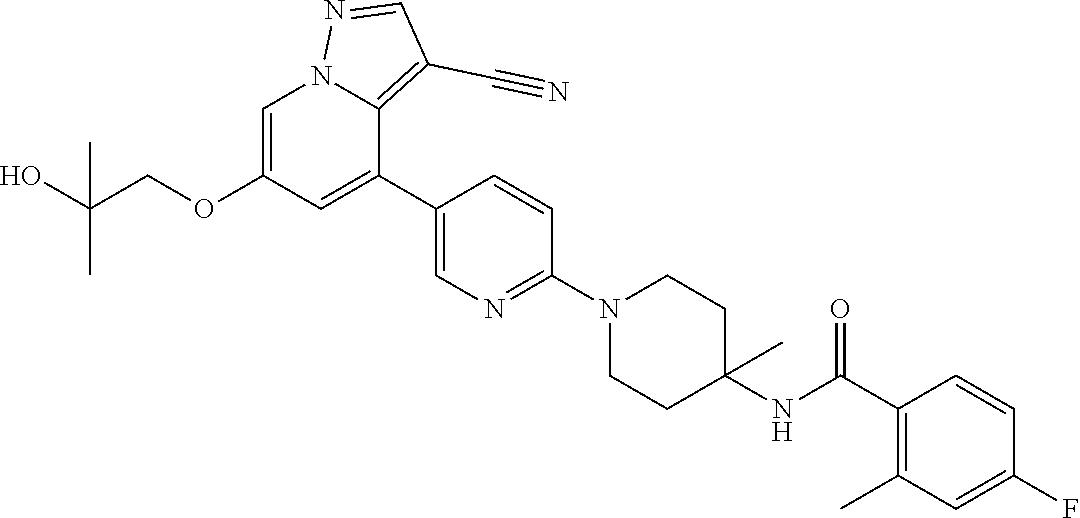
C00532
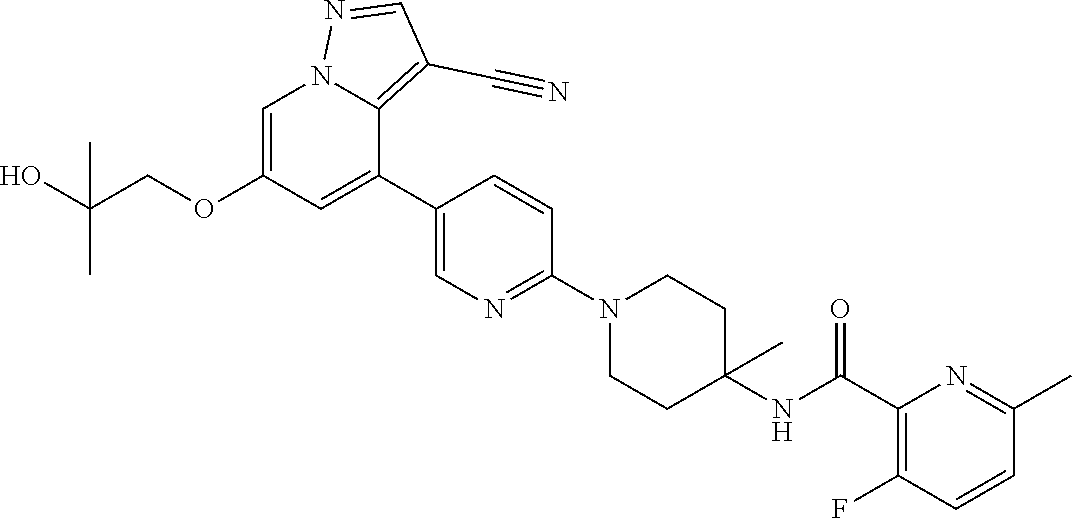
C00533
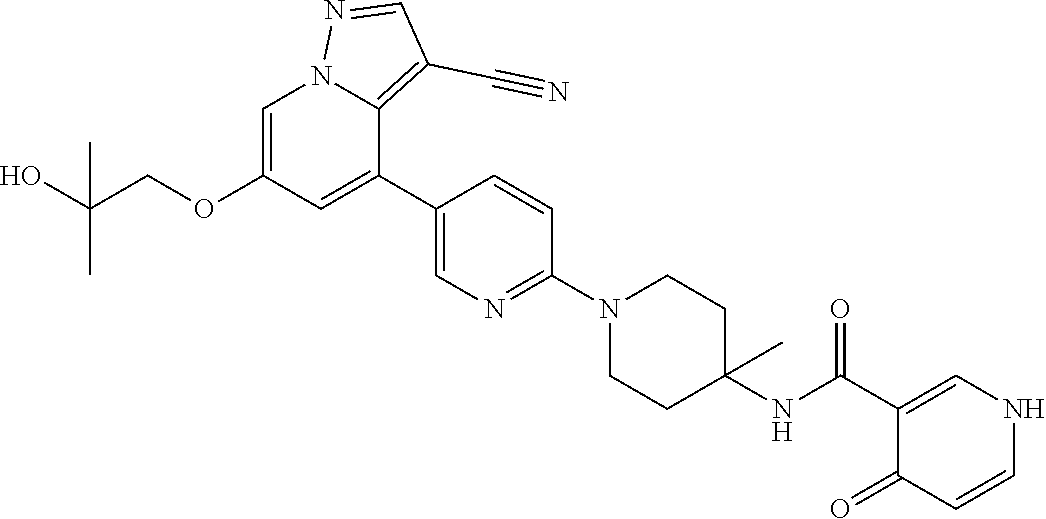
C00534
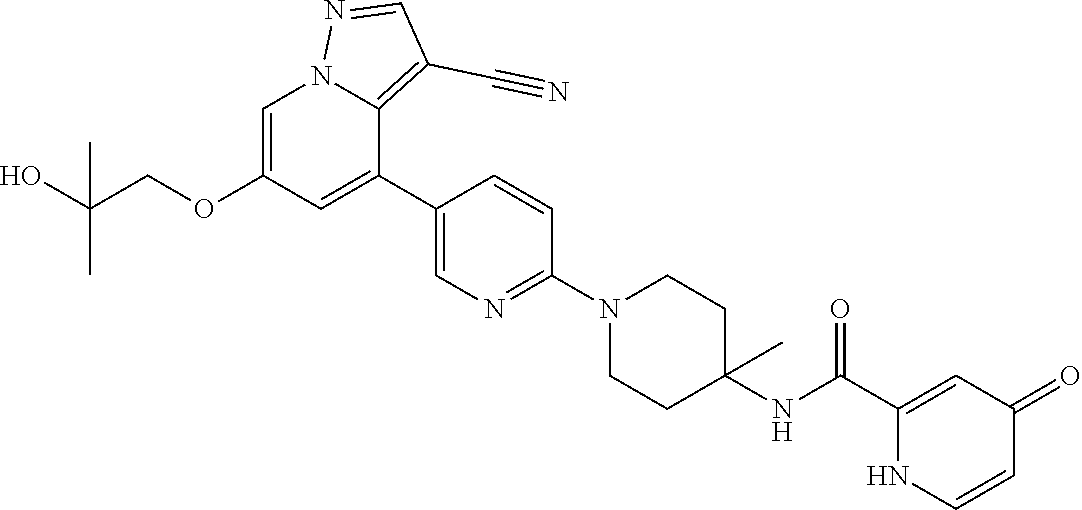
C00535
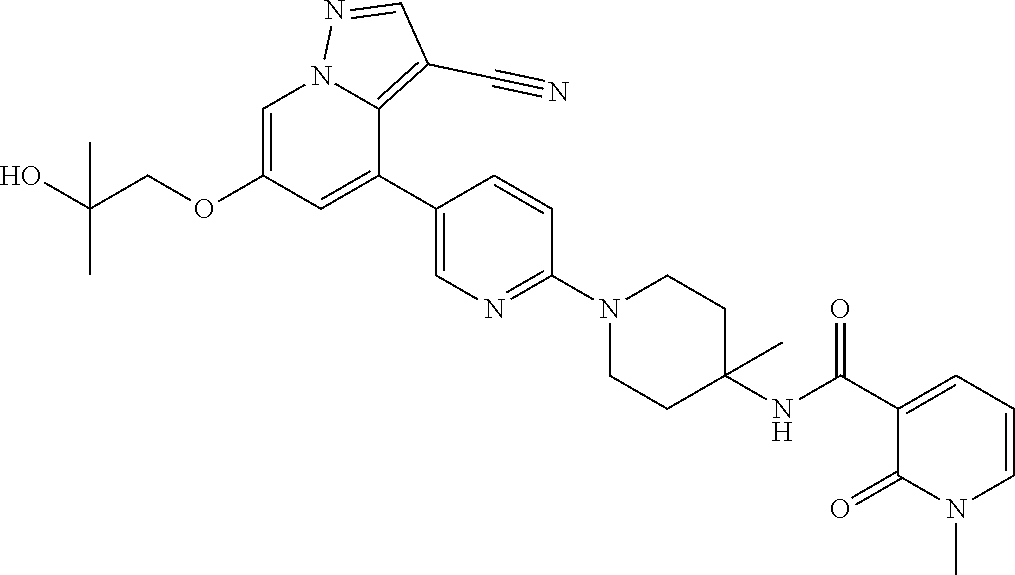
C00536
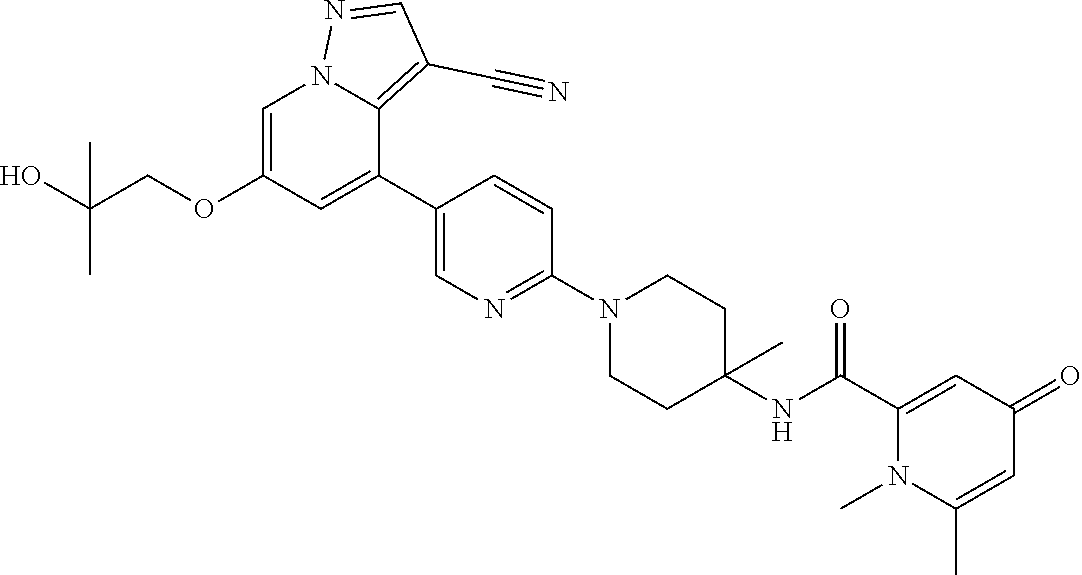
C00537
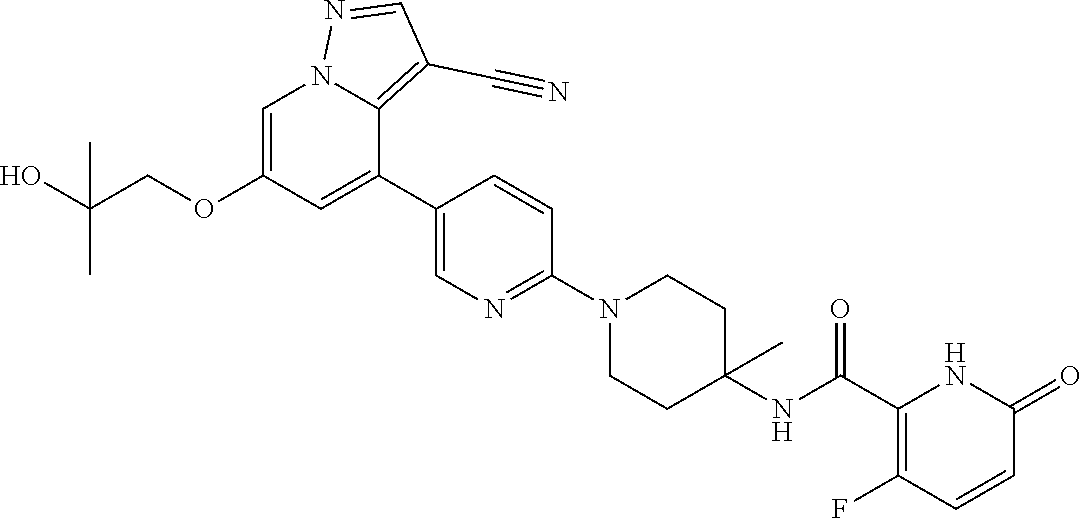
C00538

C00539
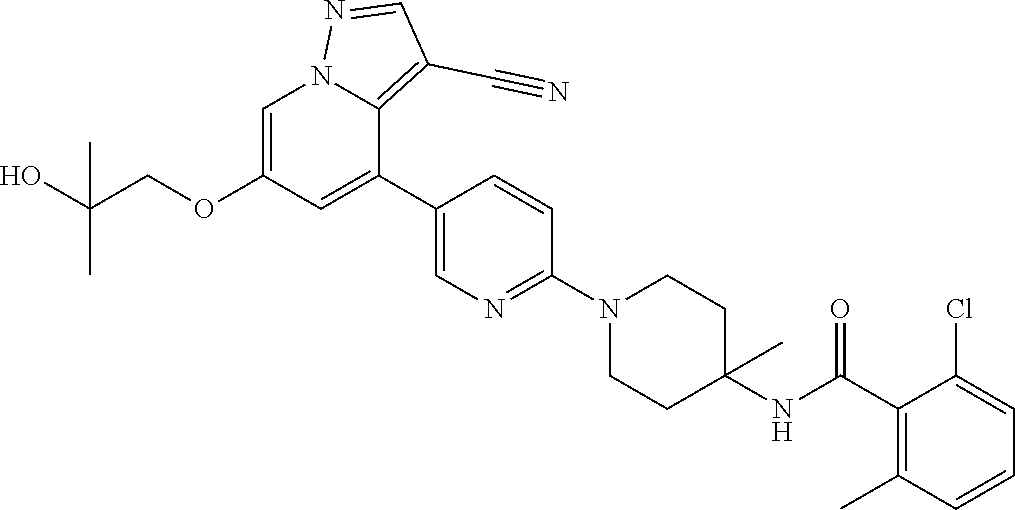
C00540
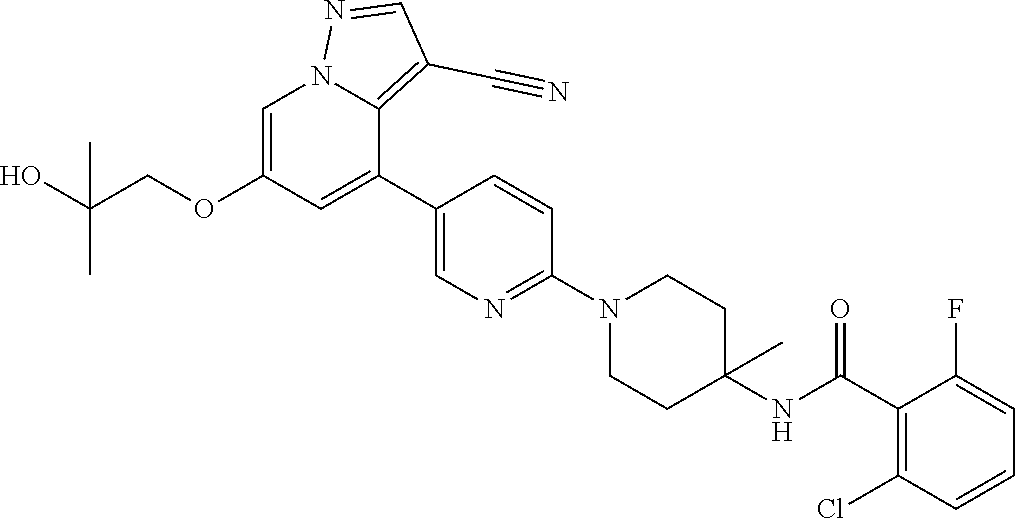
C00541
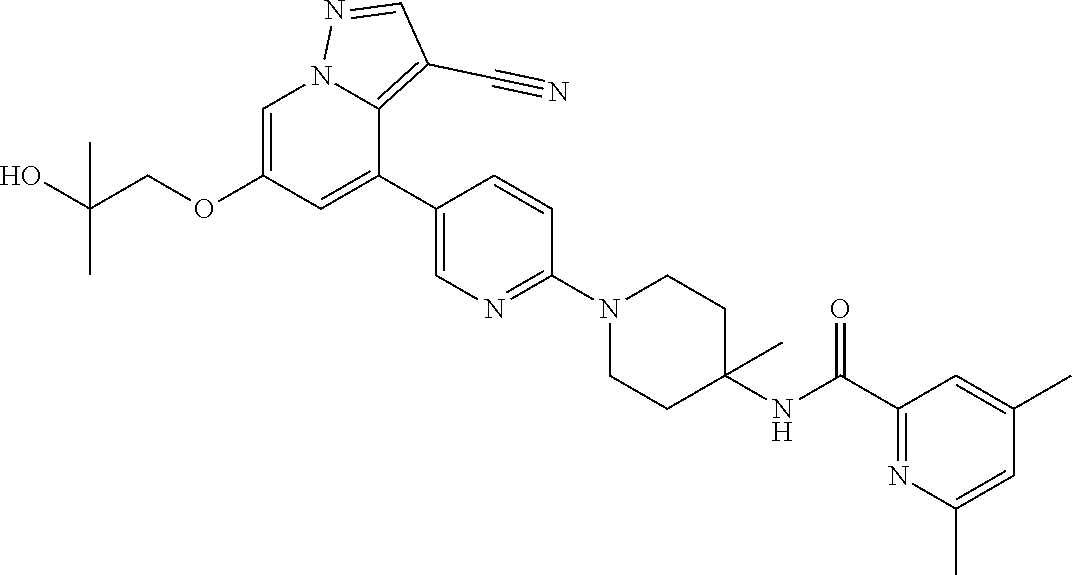
C00542
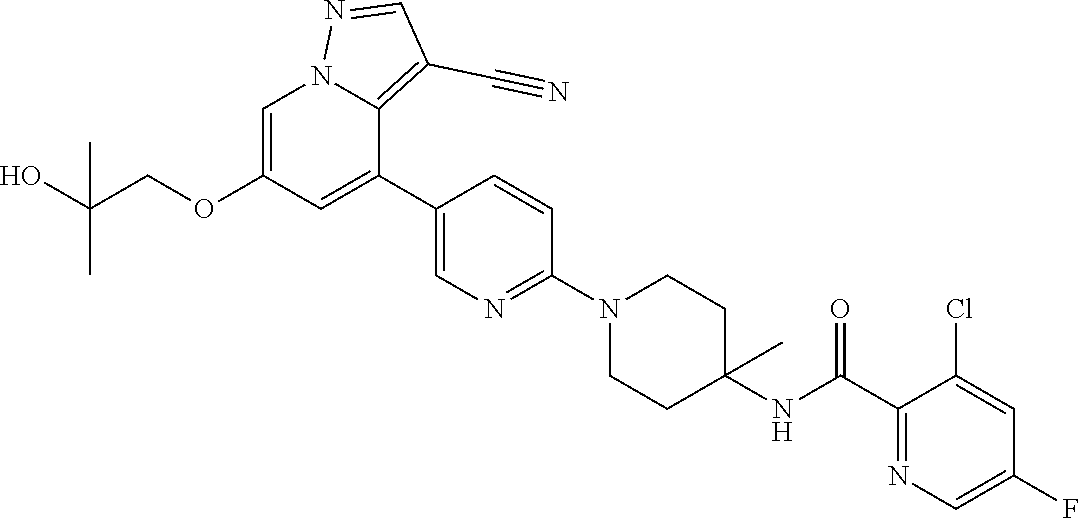
C00543
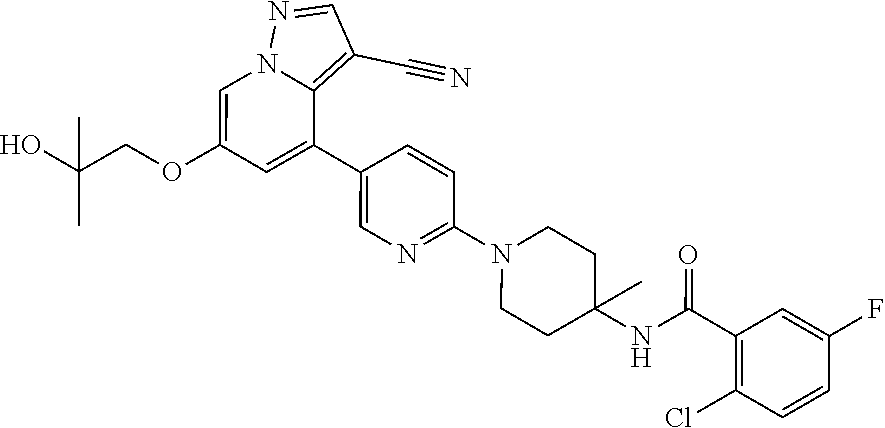
C00544
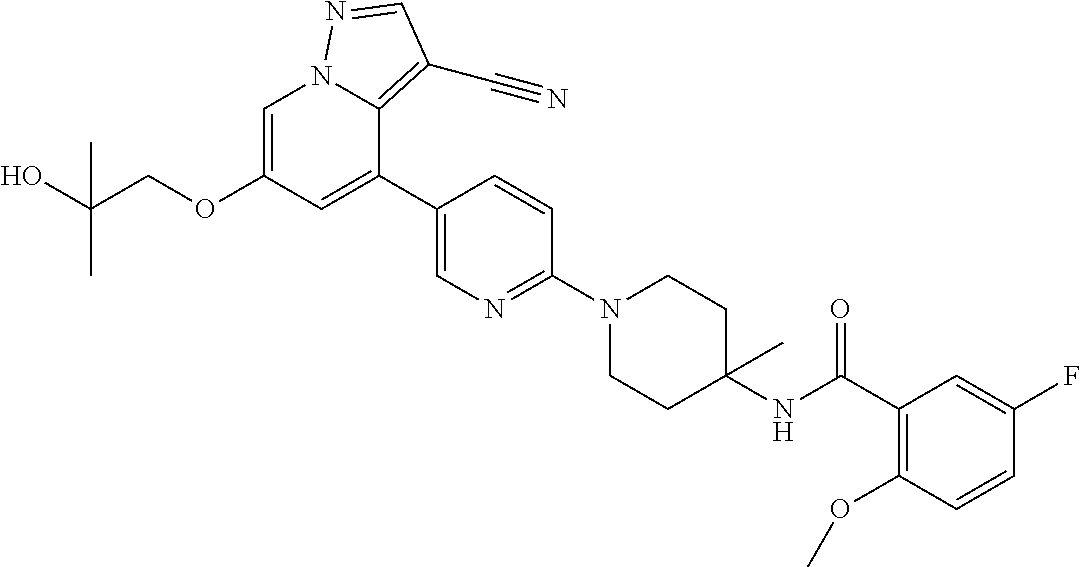
C00545
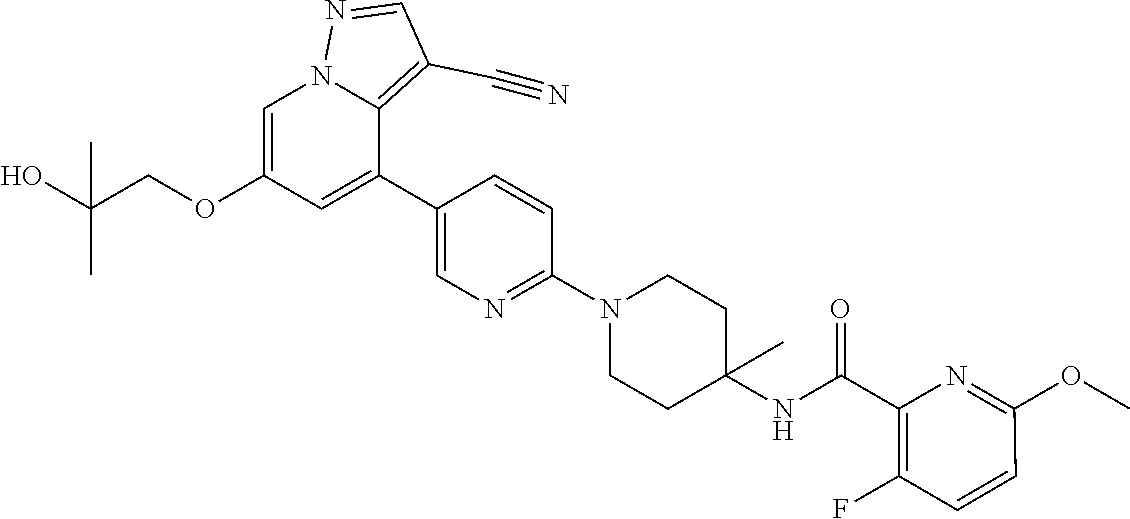
C00546
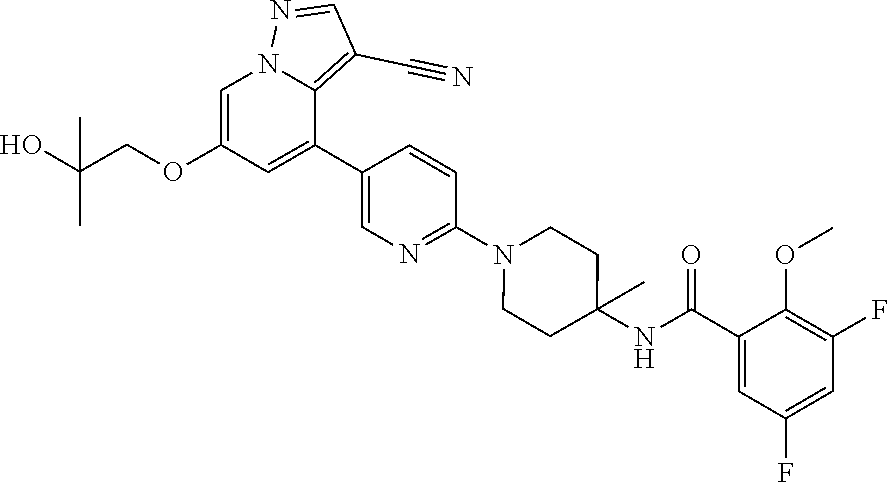
C00547
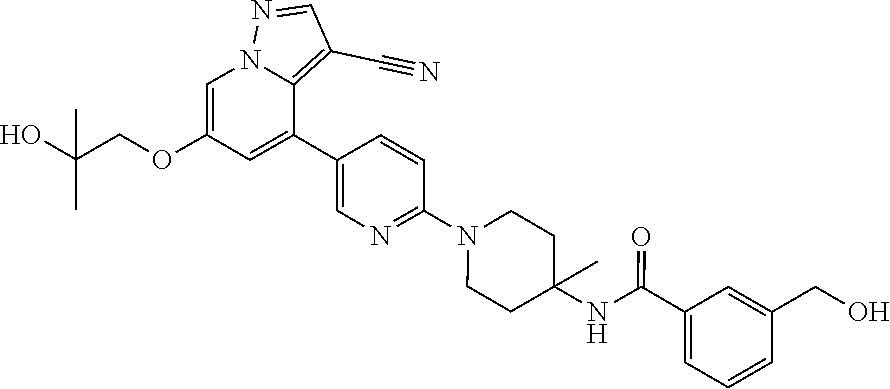
C00548
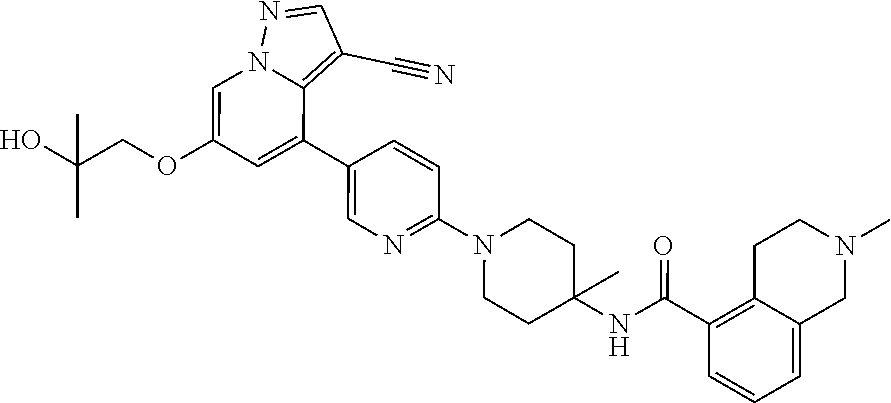
C00549
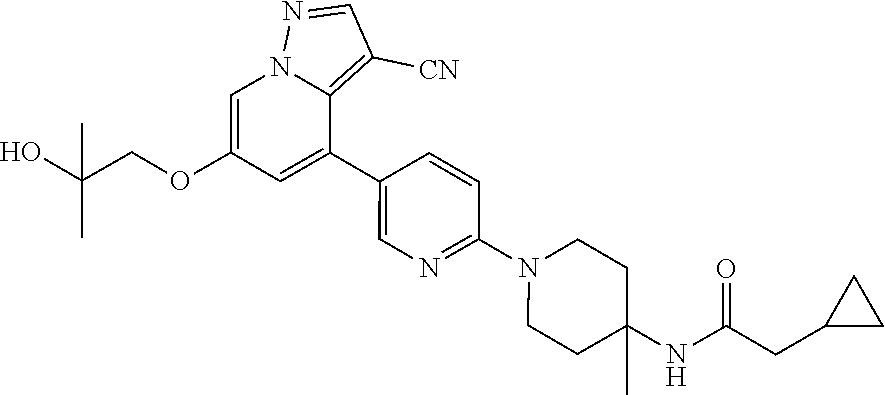
C00550
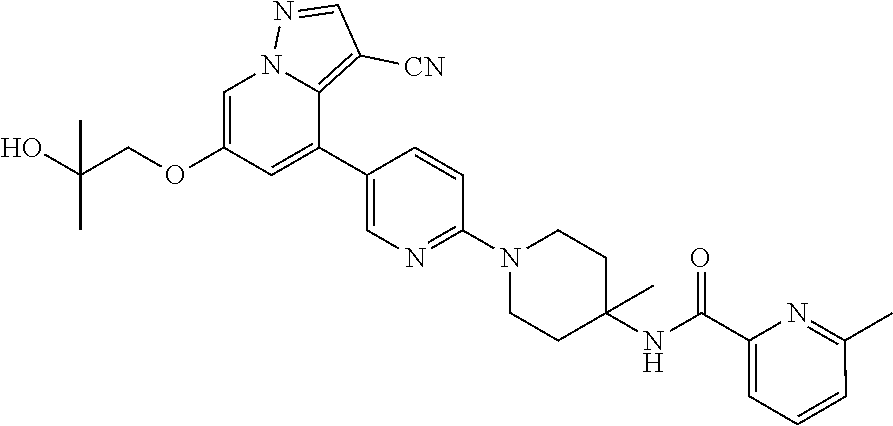
C00551
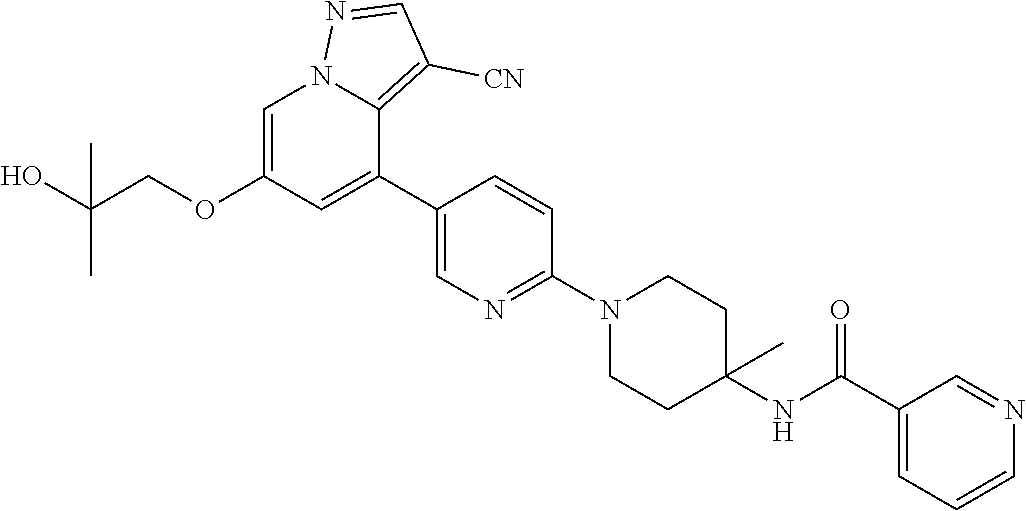
C00552
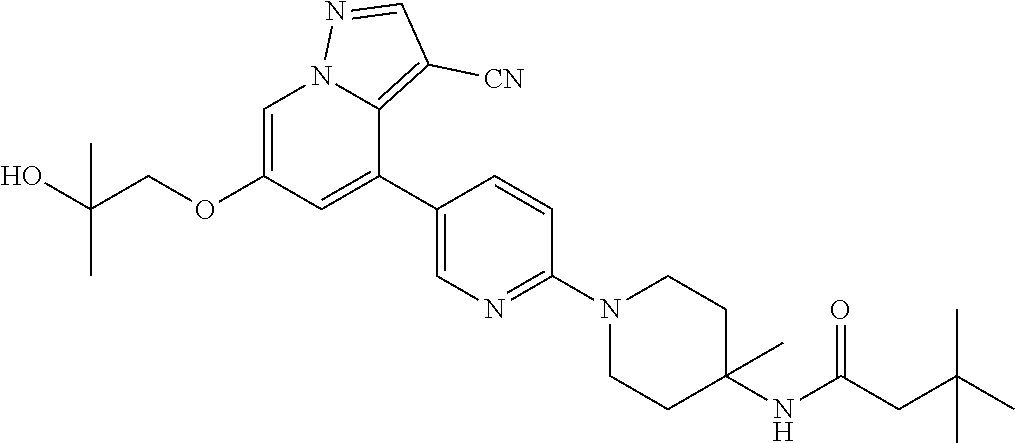
C00553
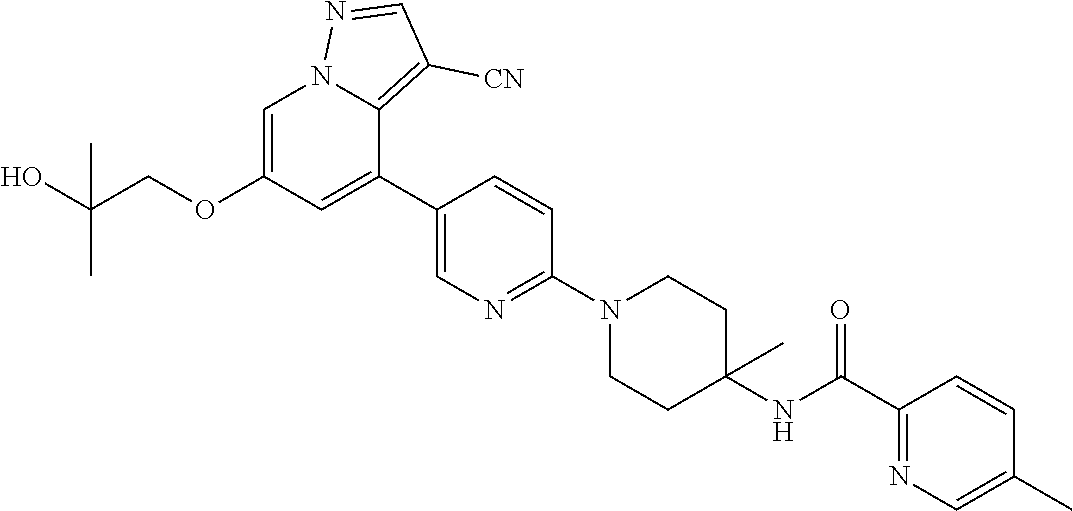
C00554
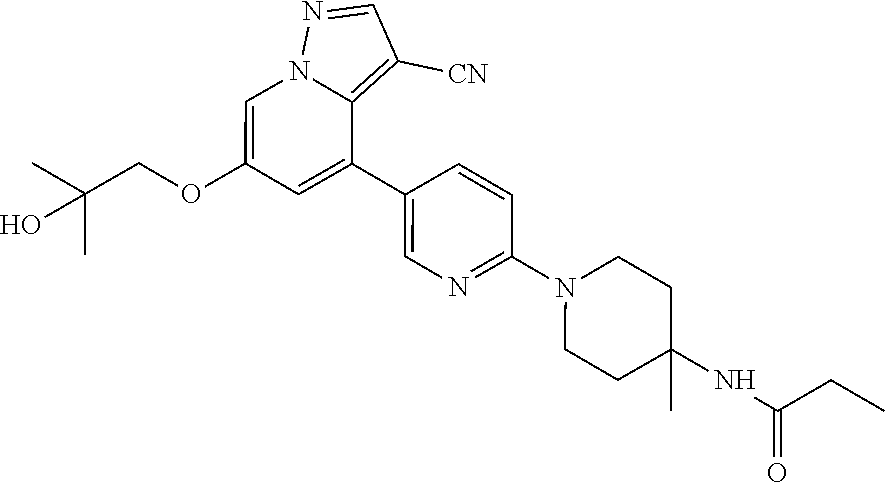
C00555
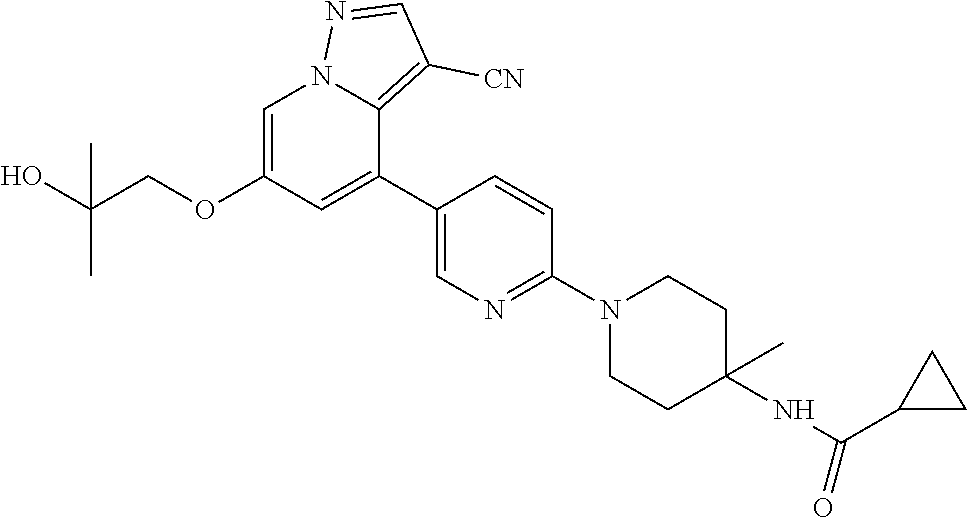
C00556

C00557
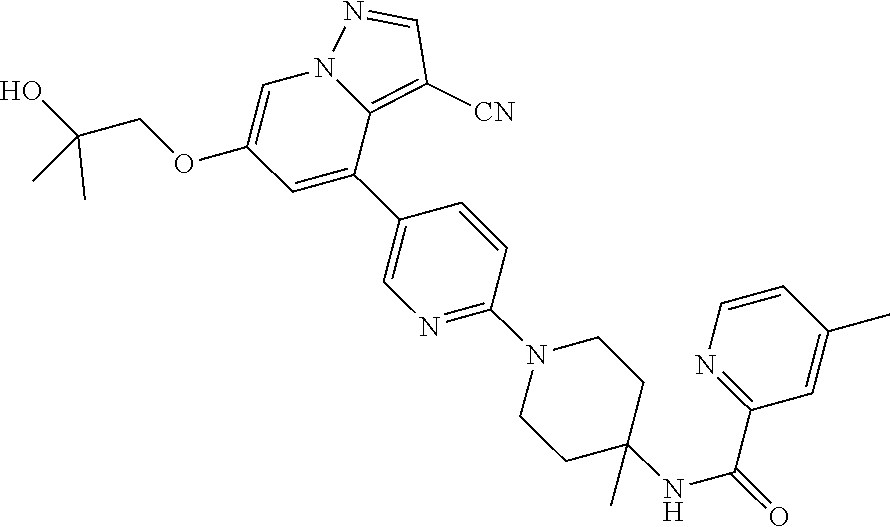
C00558

C00559
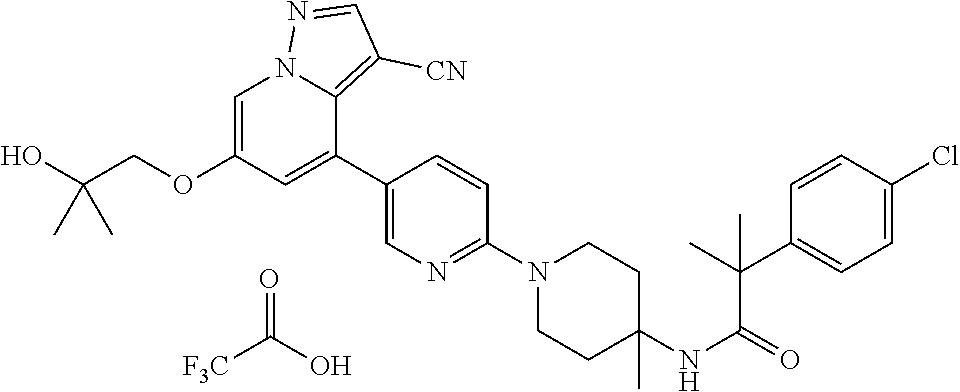
C00560
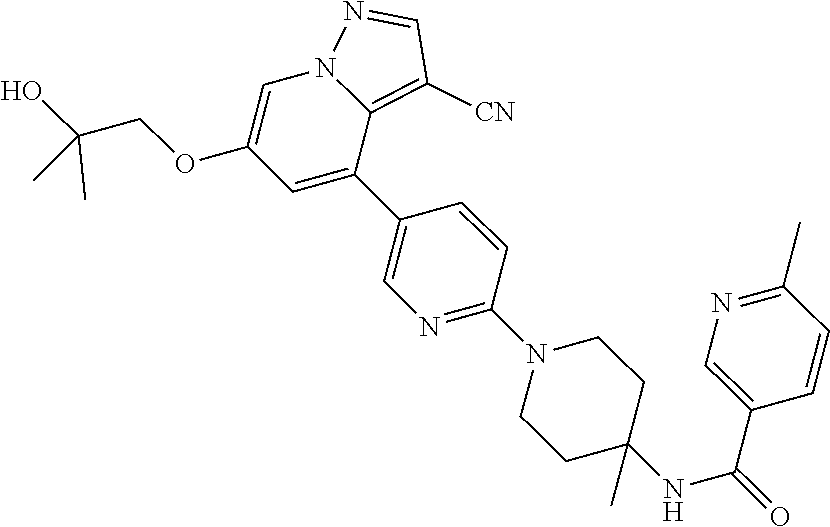
C00561
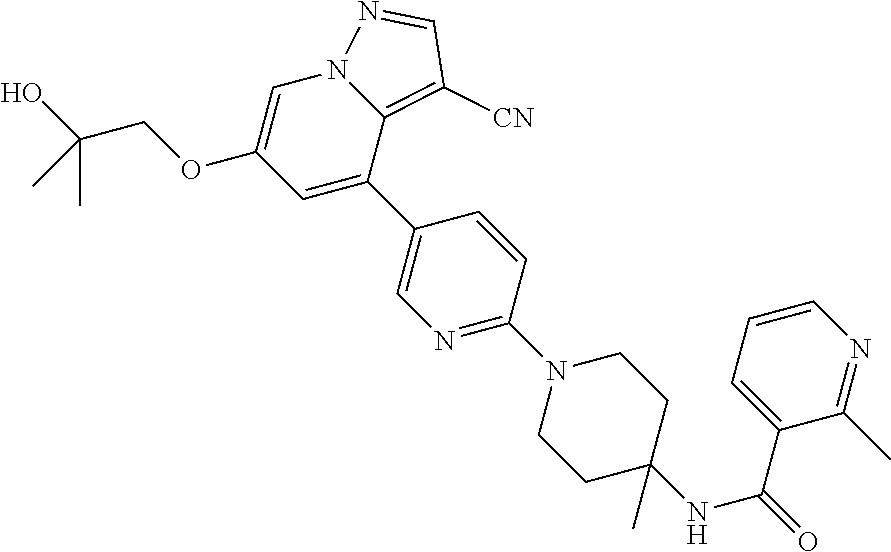
C00562
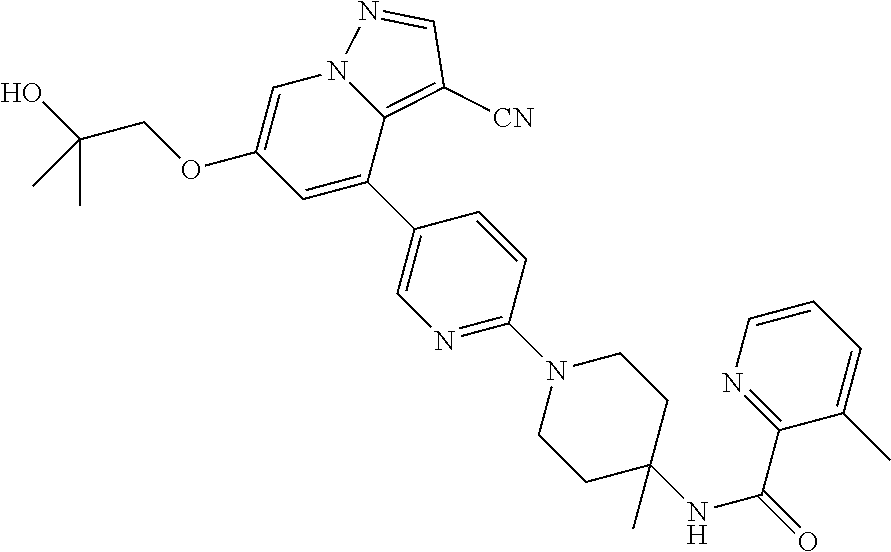
C00563
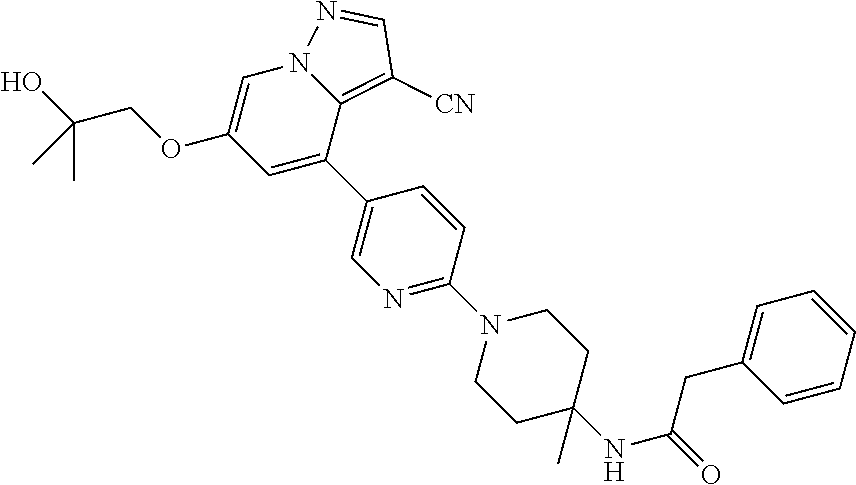
C00564
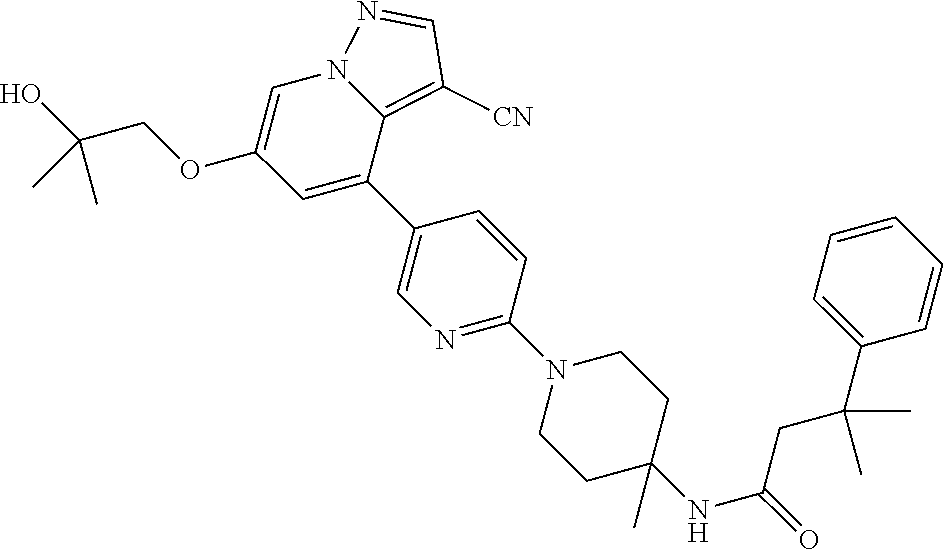
C00565
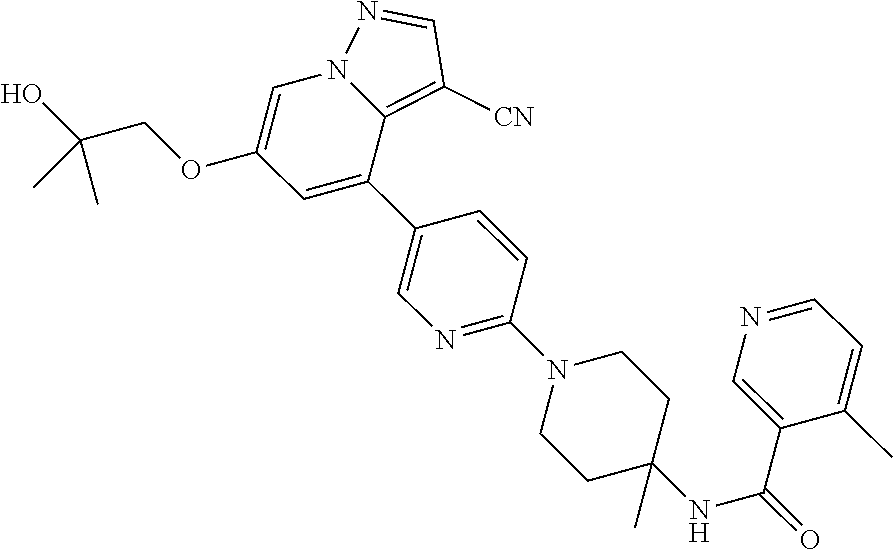
C00566
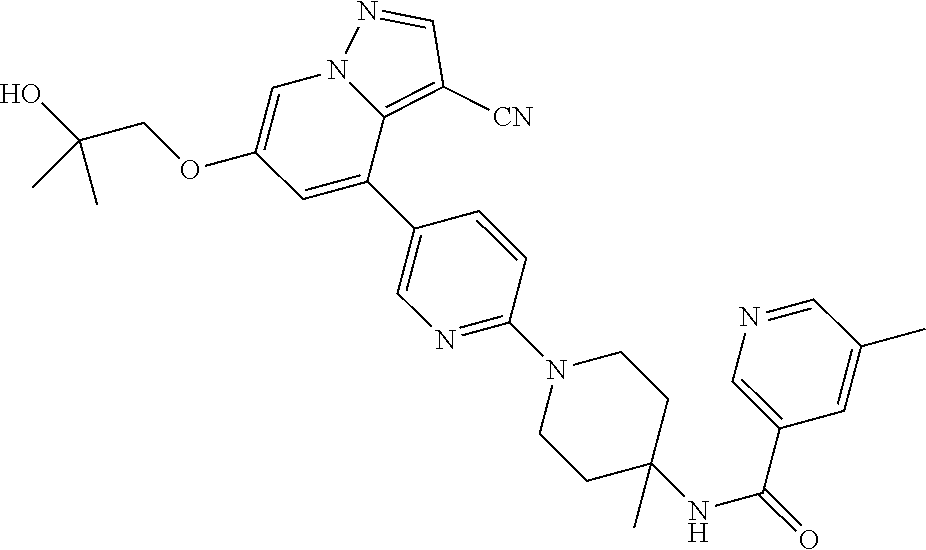
C00567
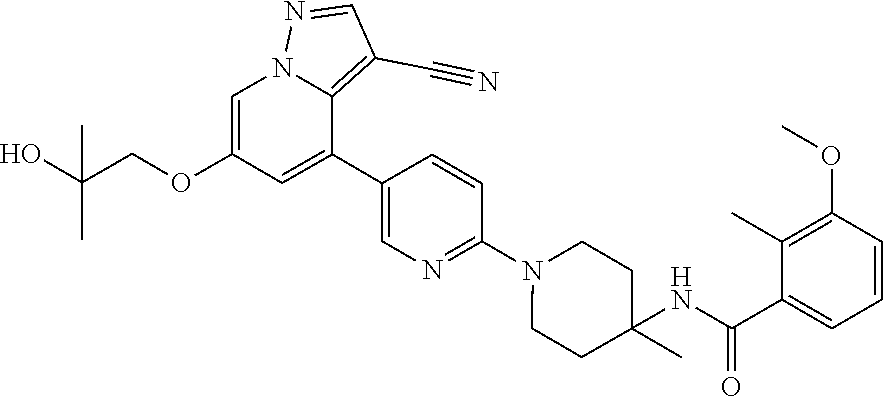
C00568
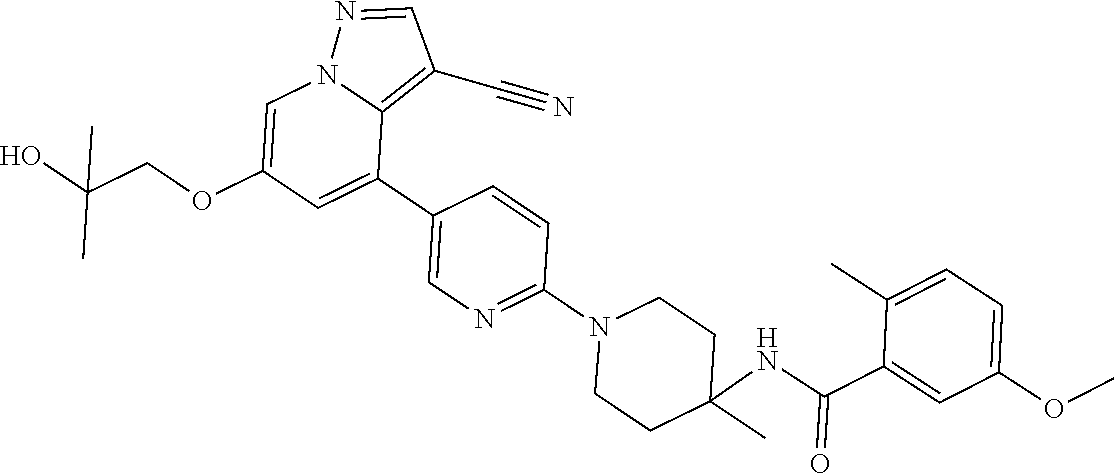
C00569
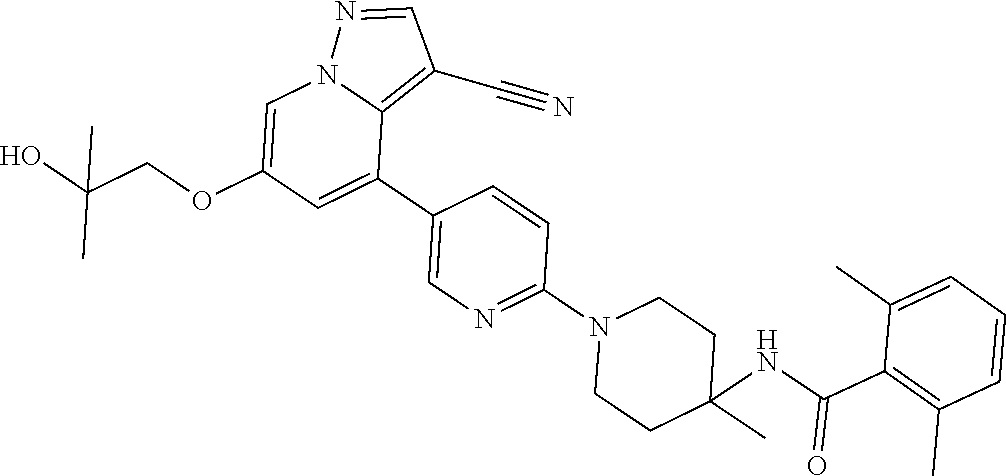
C00570
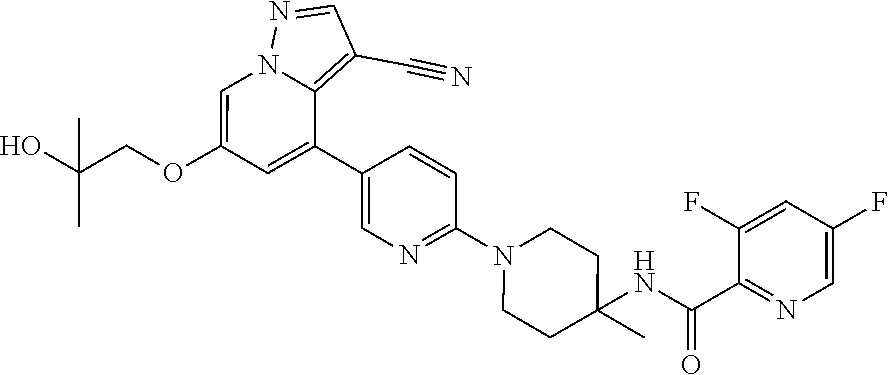
C00571
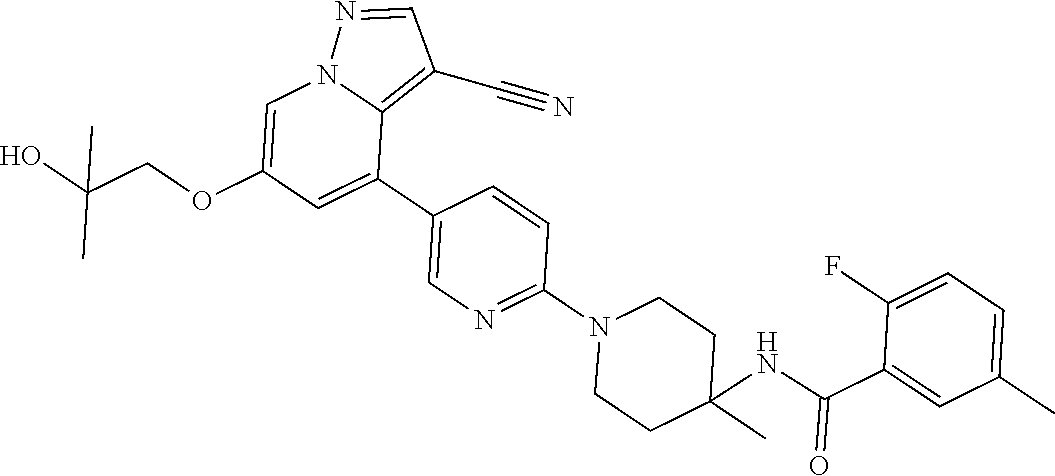
C00572
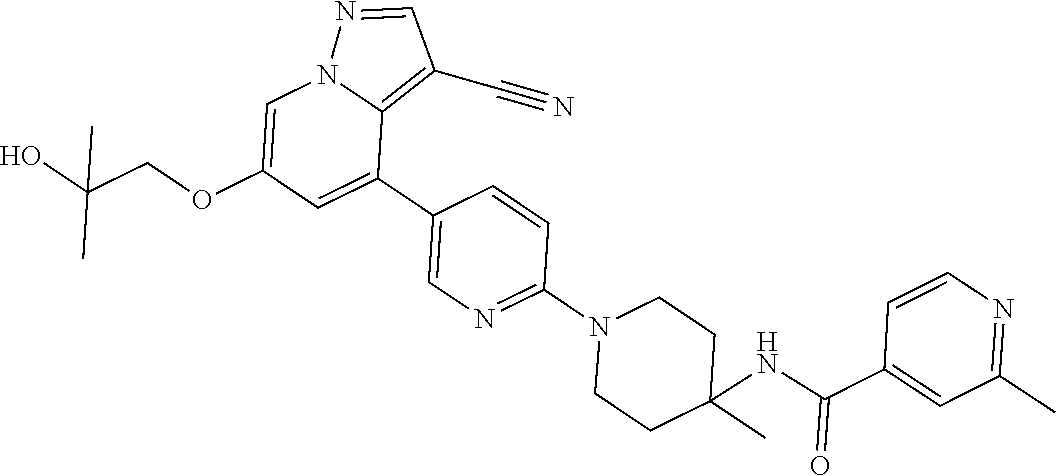
C00573
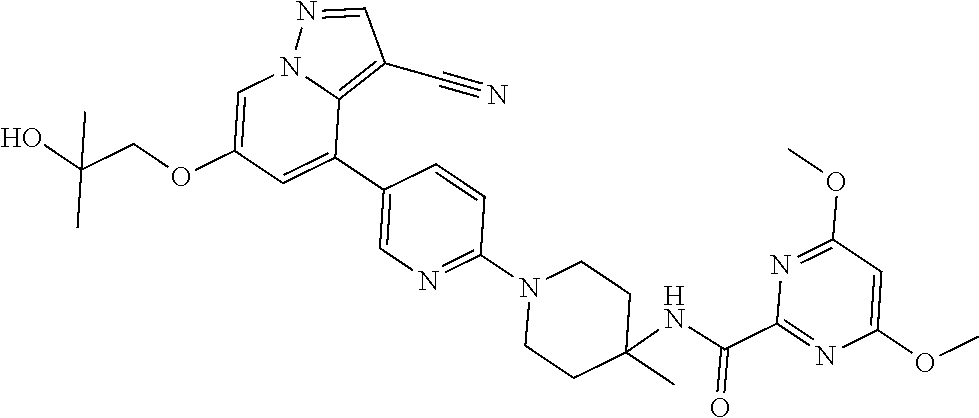
C00574
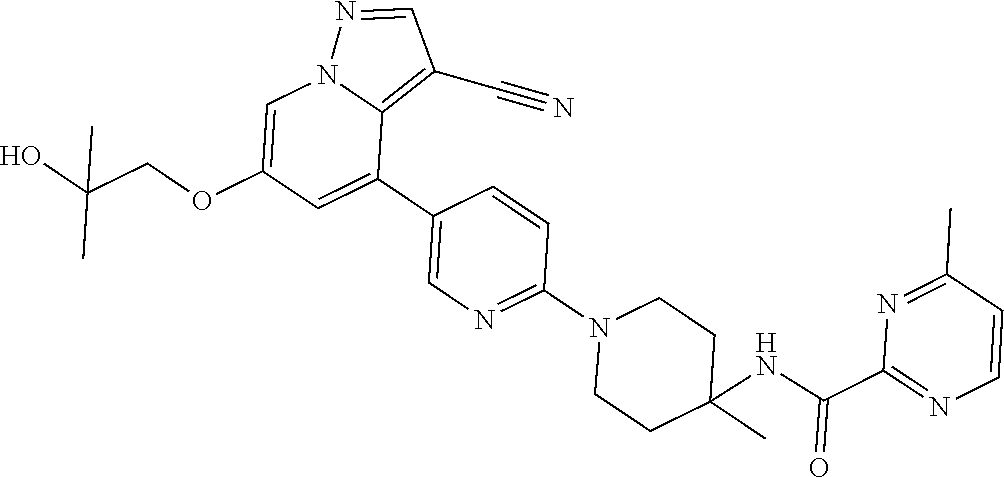
C00575
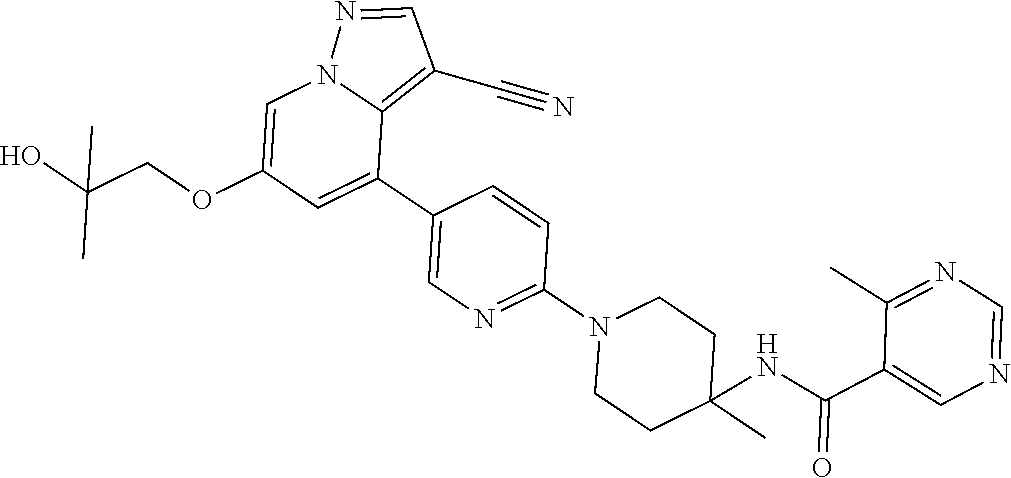
C00576
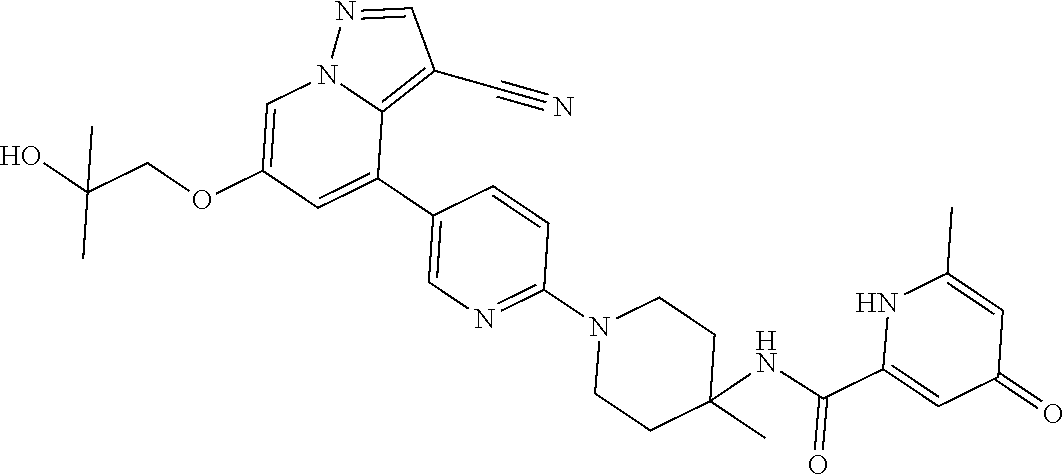
C00577
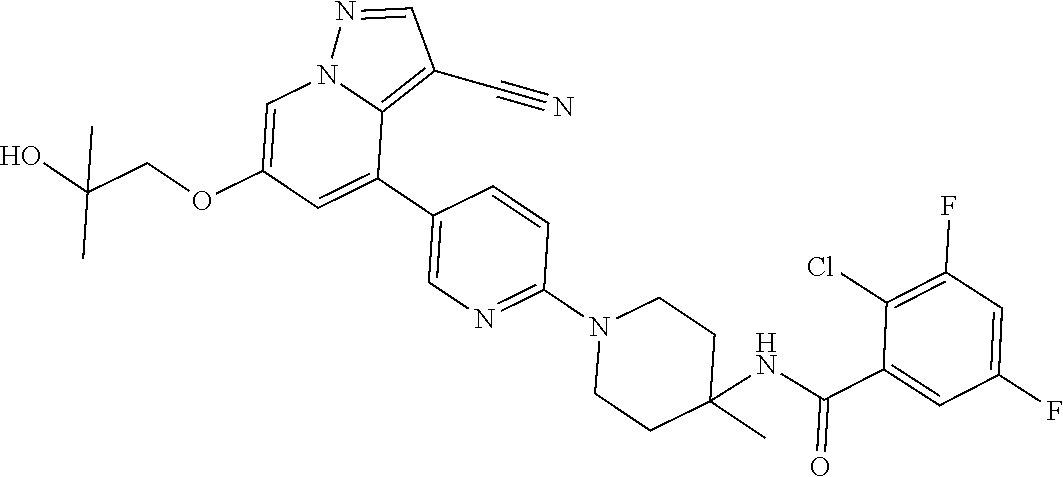
C00578
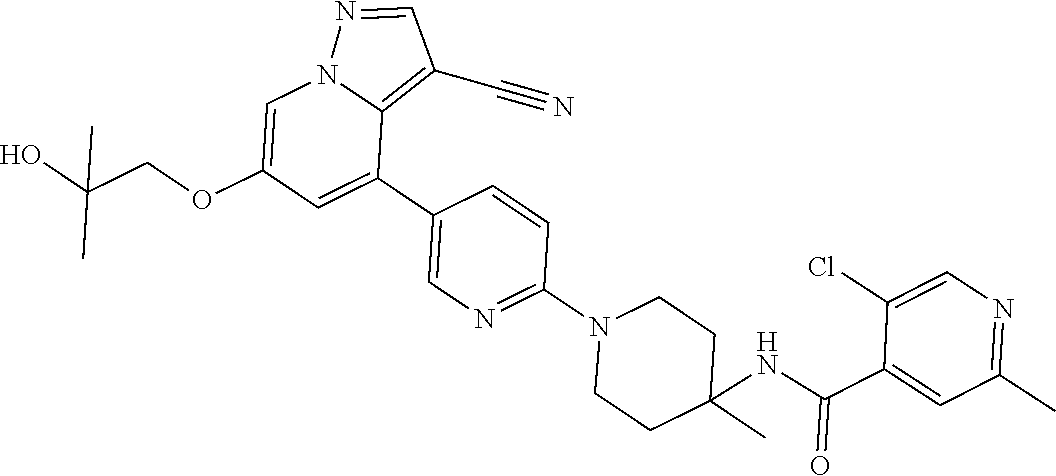
C00579
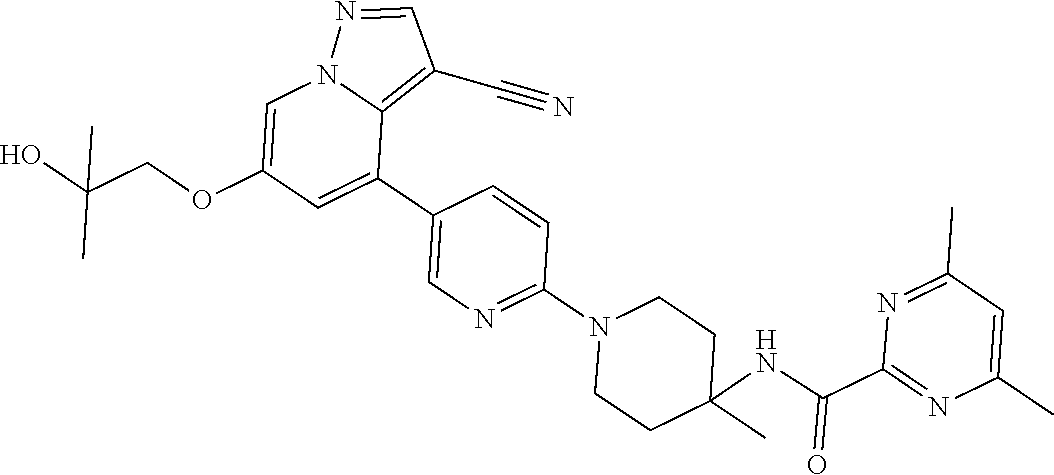
C00580
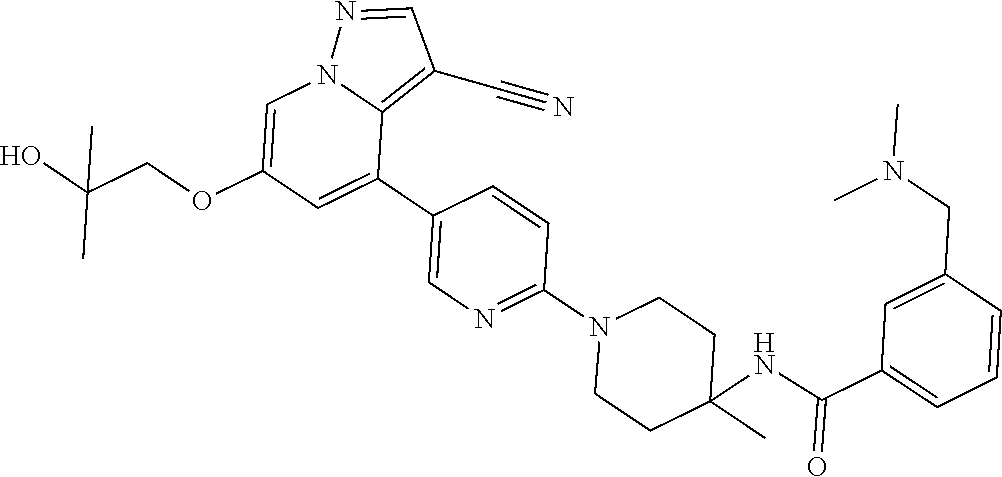
C00581
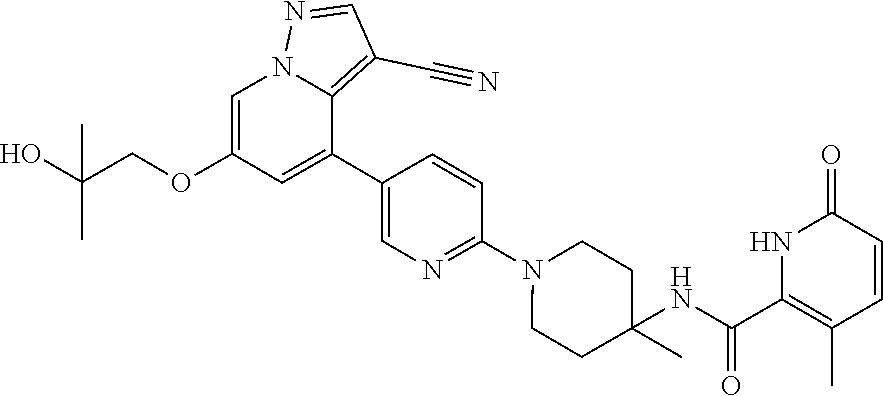
C00582
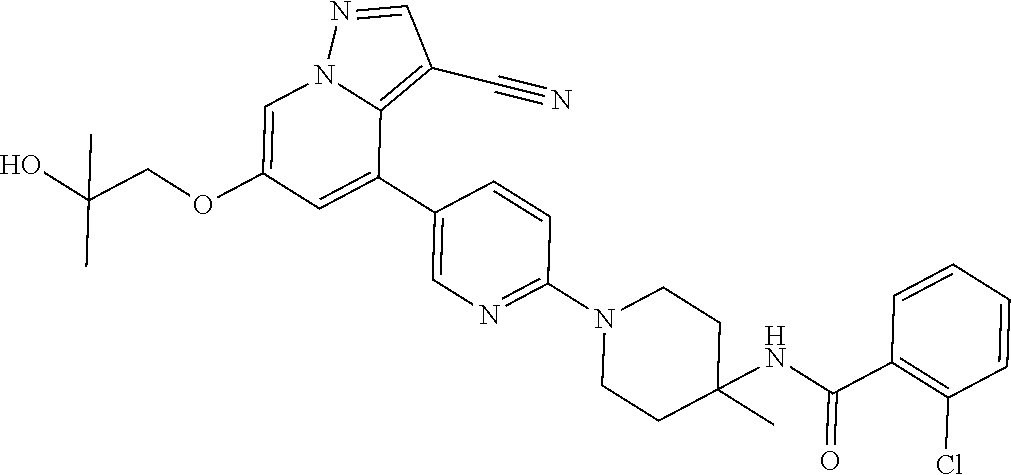
C00583
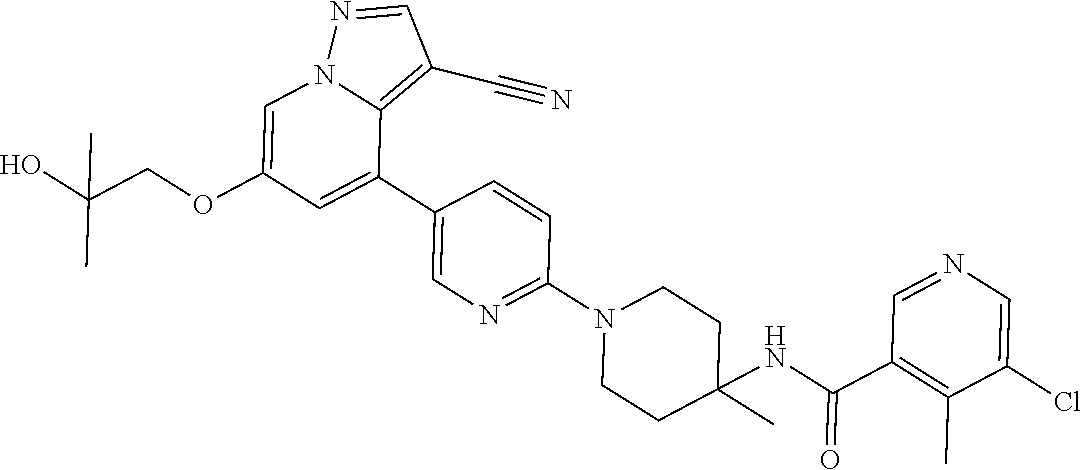
C00584
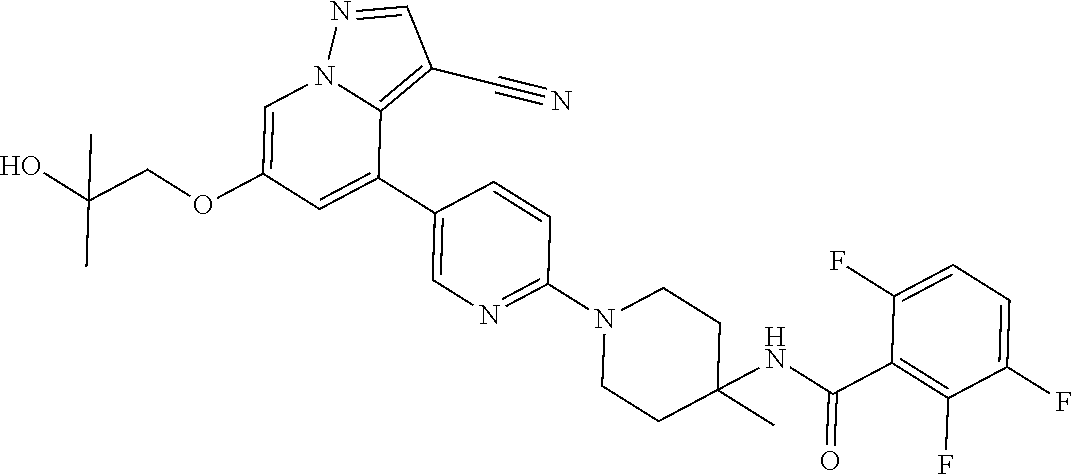
C00585
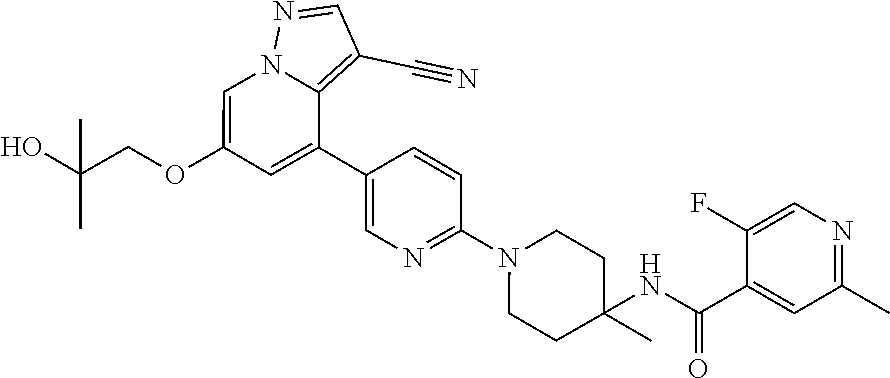
C00586
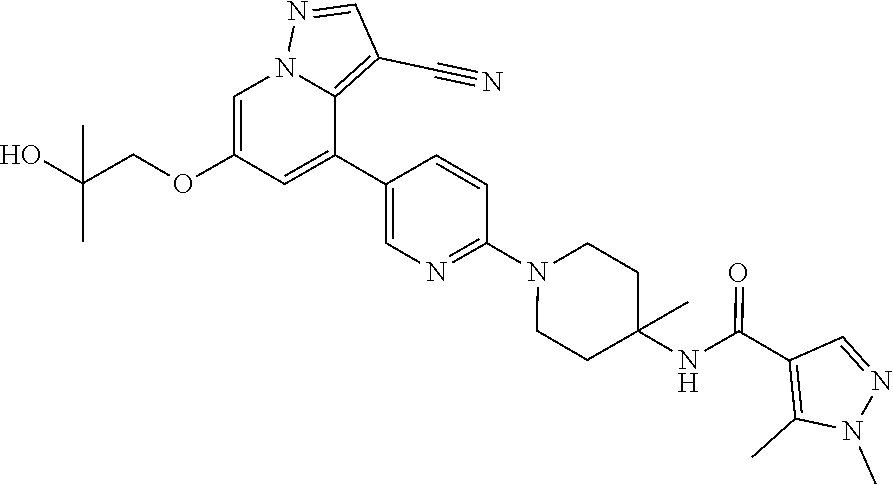
C00587
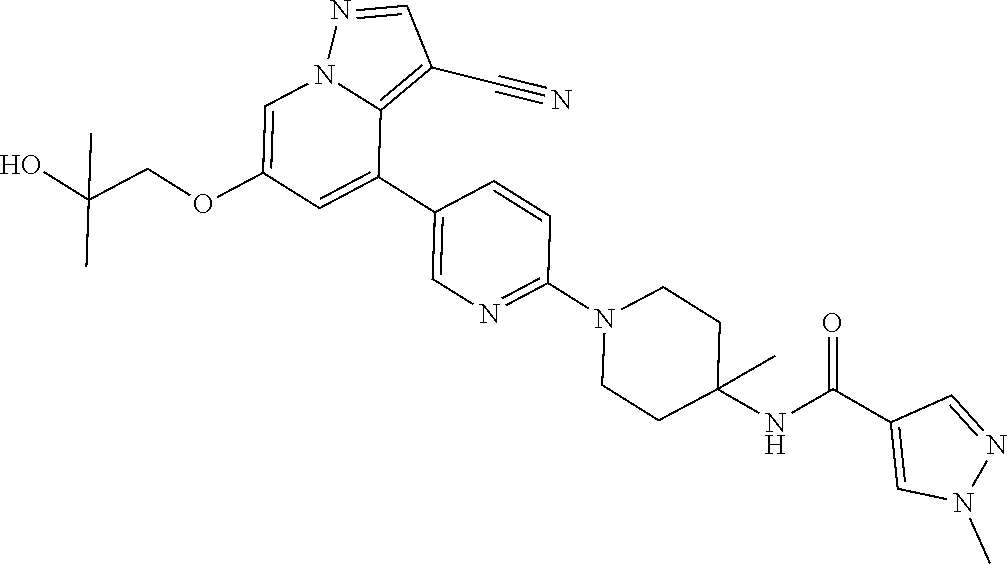
C00588
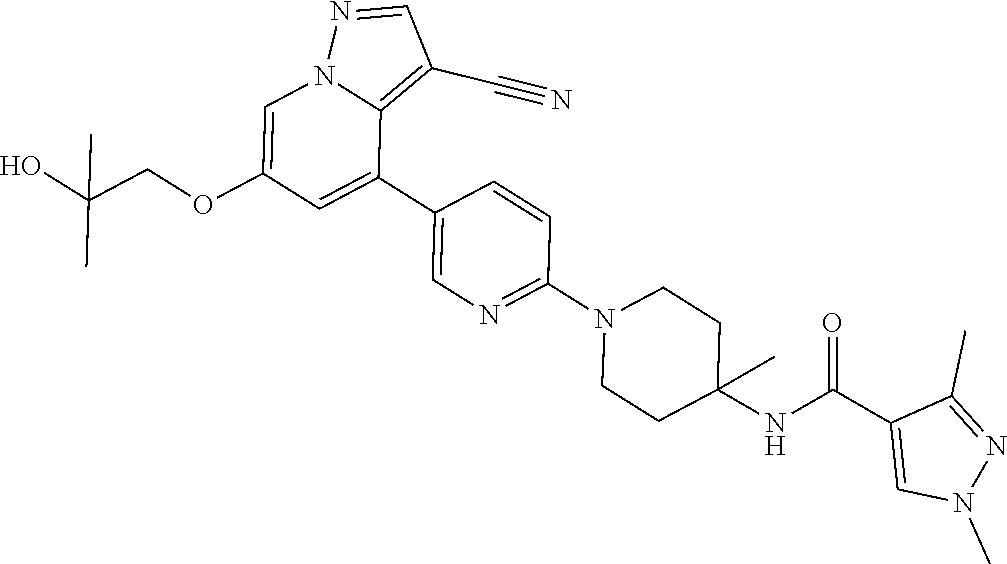
C00589
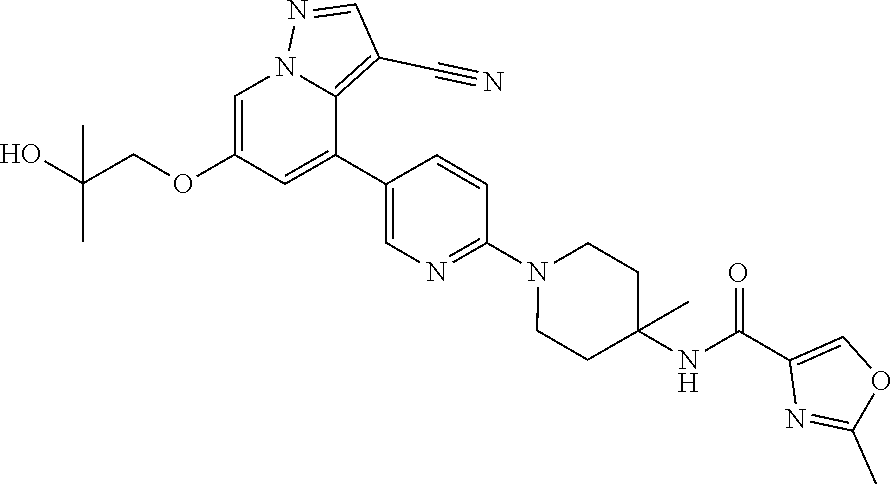
C00590
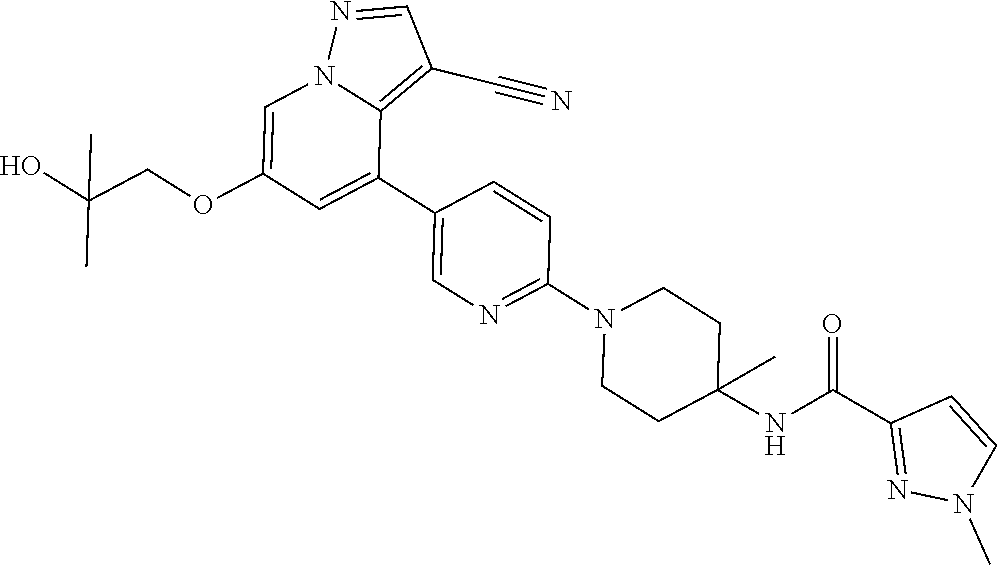
C00591
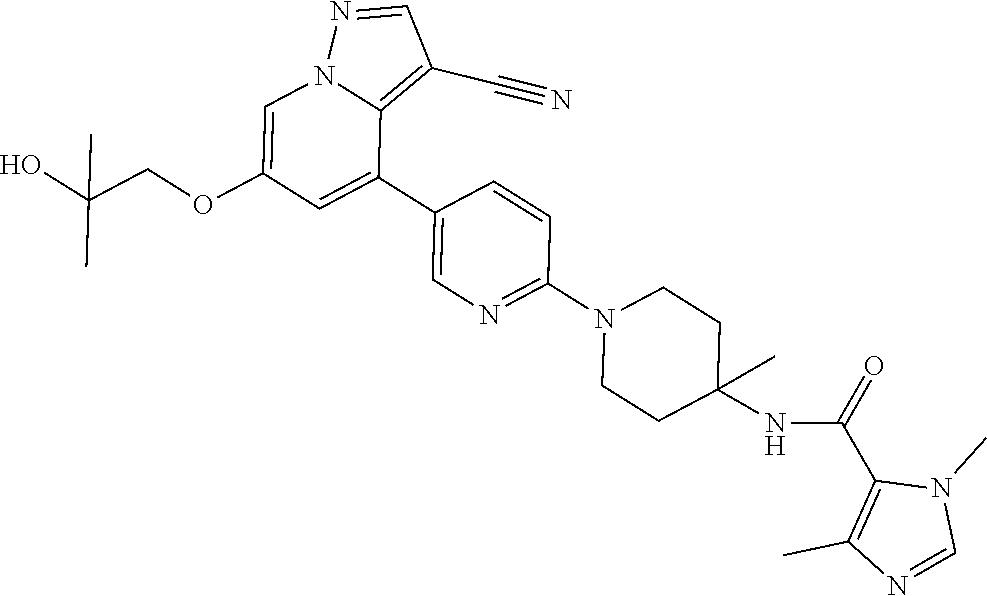
C00592
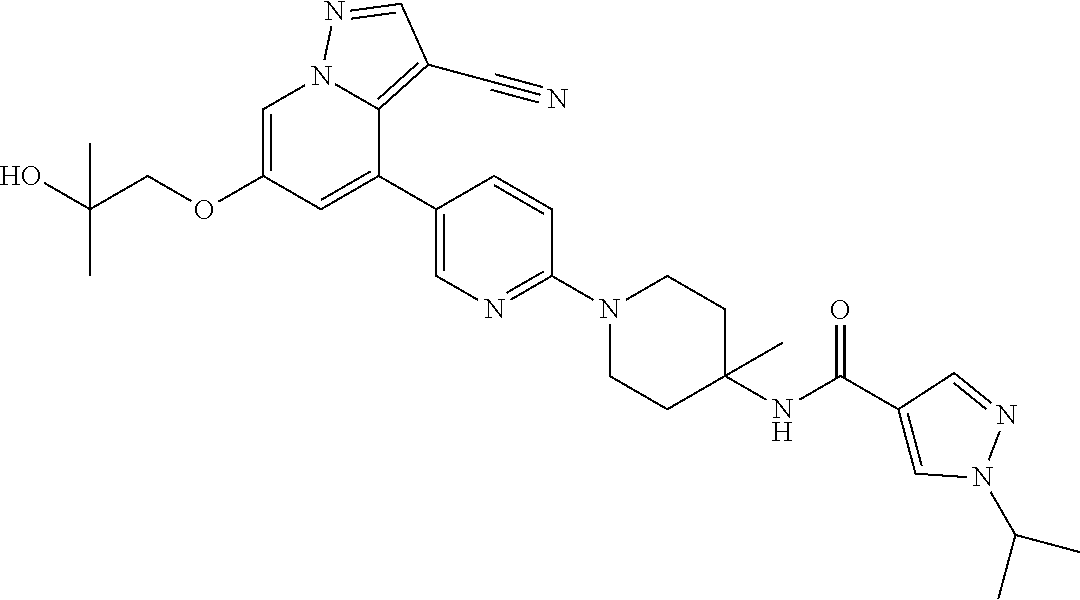
C00593

C00594
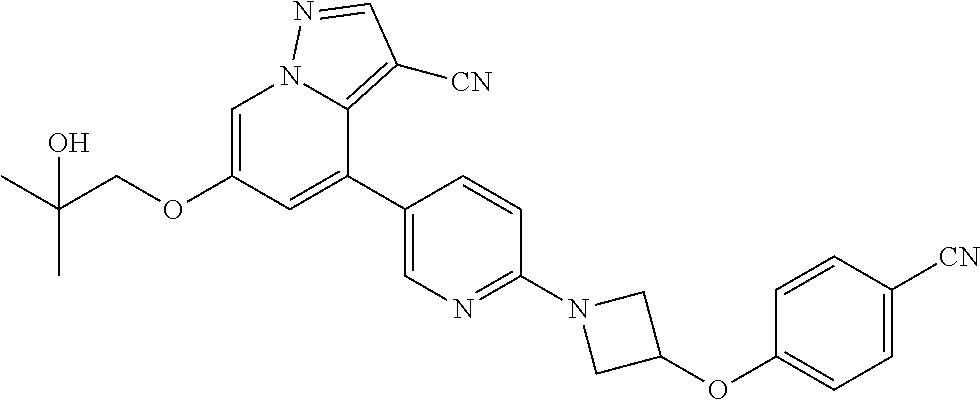
C00595
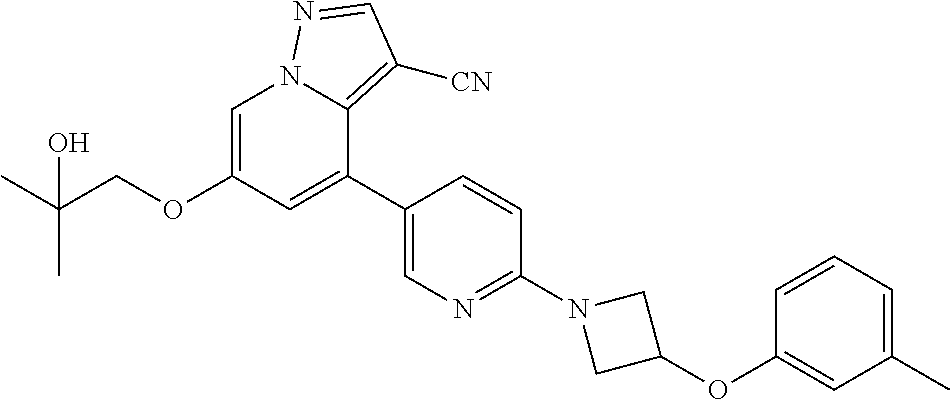
C00596
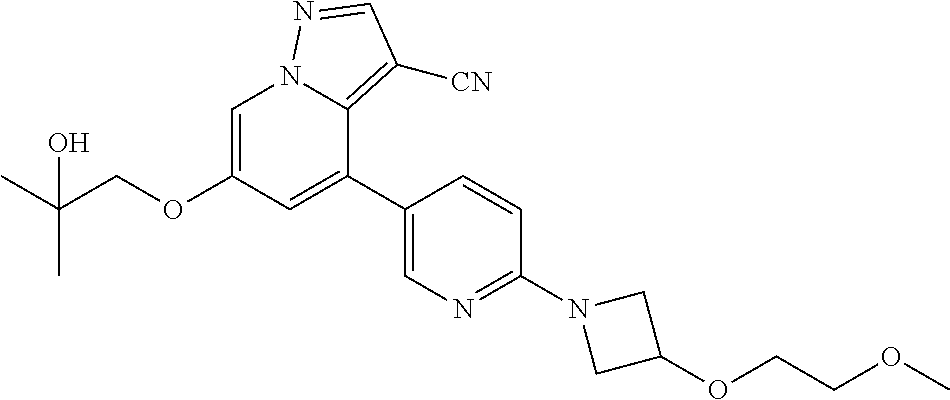
C00597
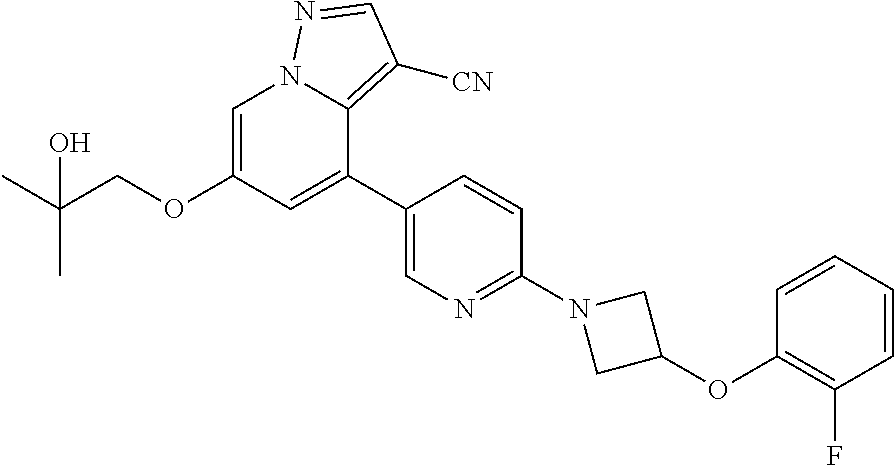
C00598
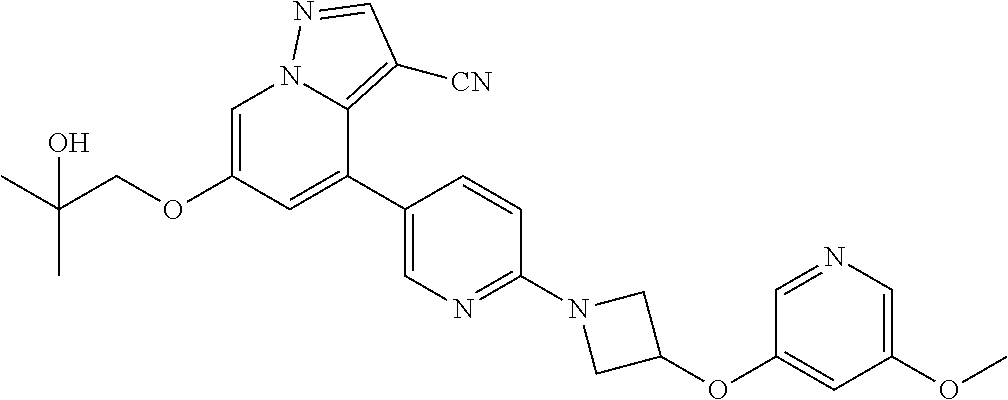
C00599
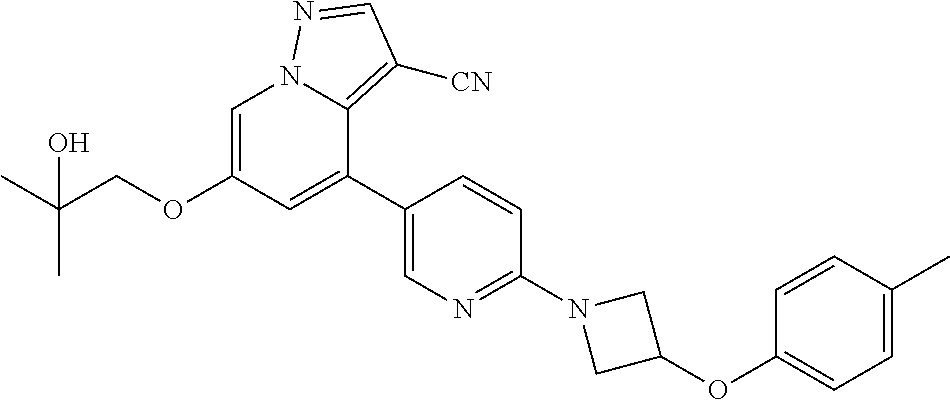
C00600
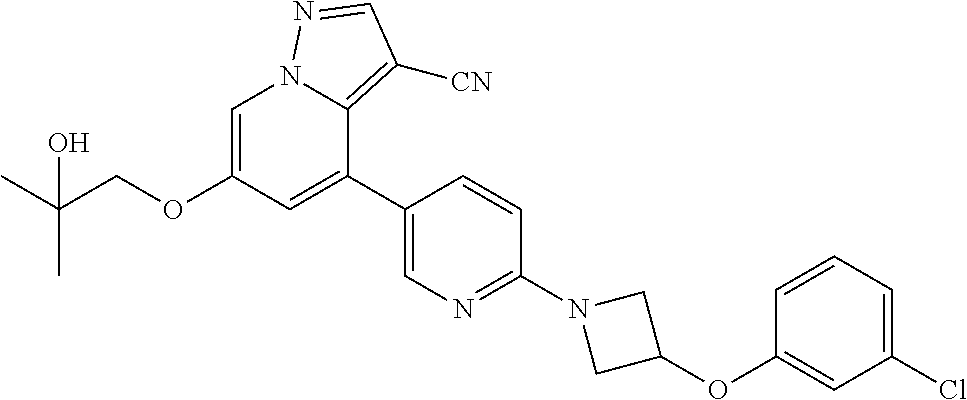
C00601
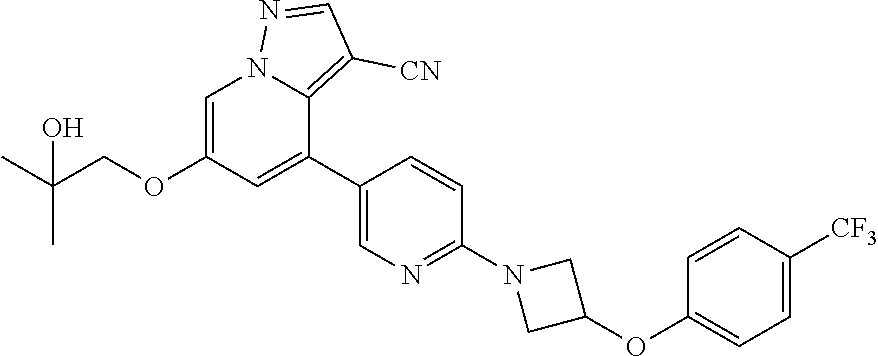
C00602
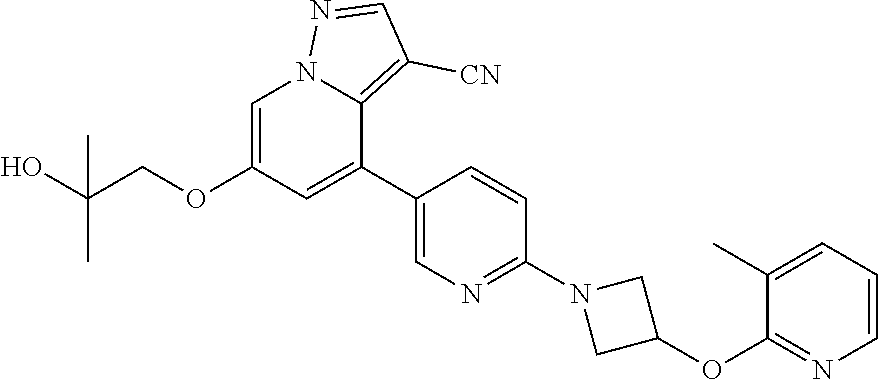
C00603
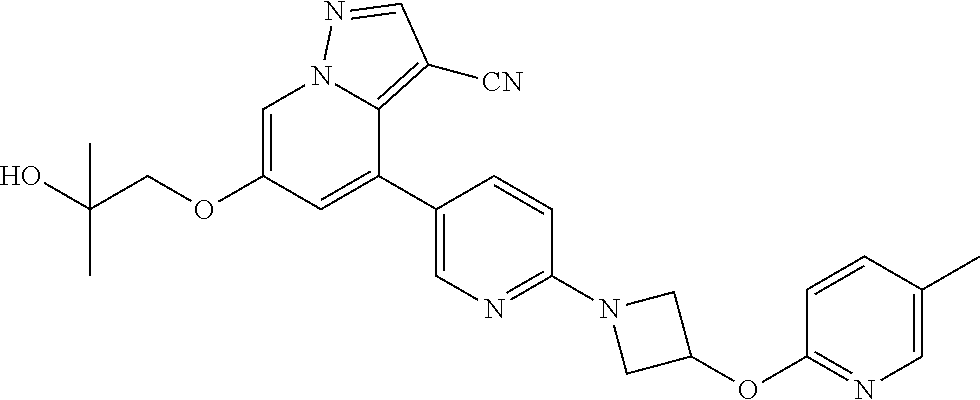
C00604

C00605
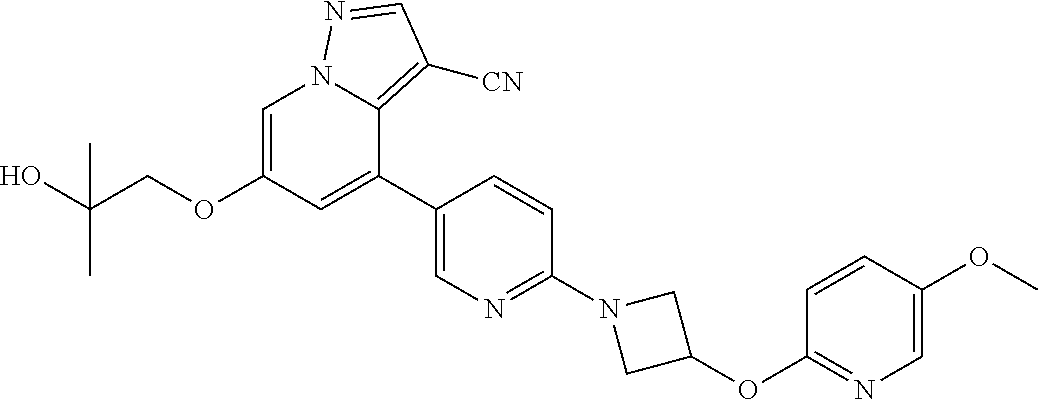
C00606
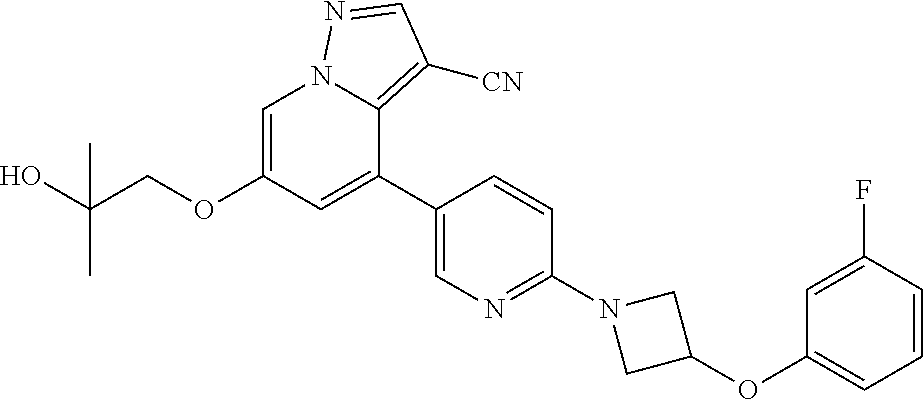
C00607

C00608
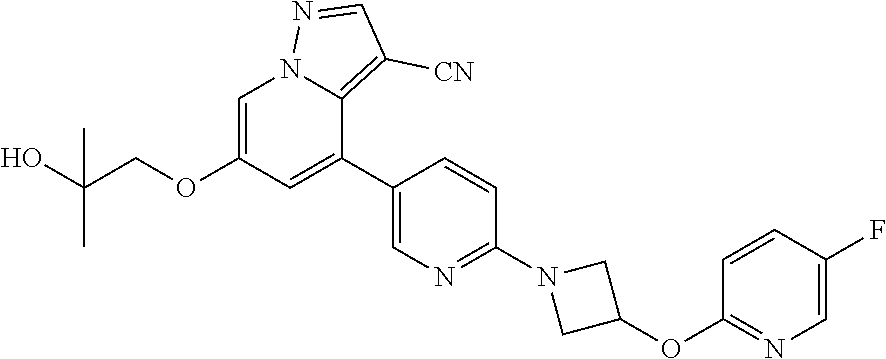
C00609

C00610
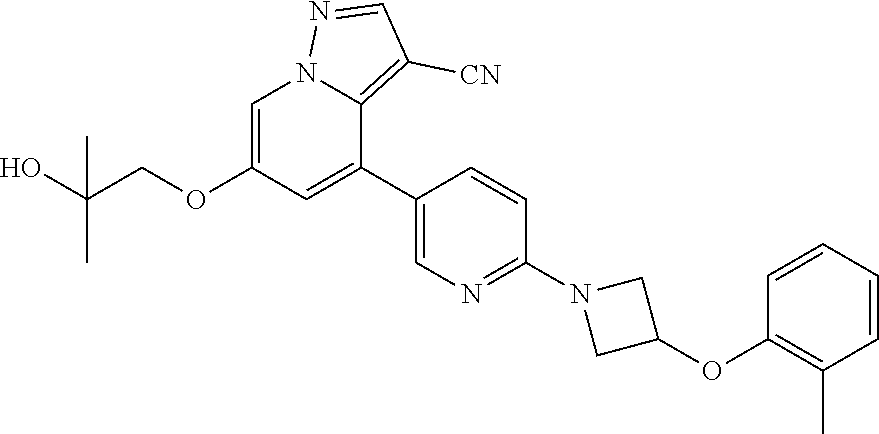
C00611
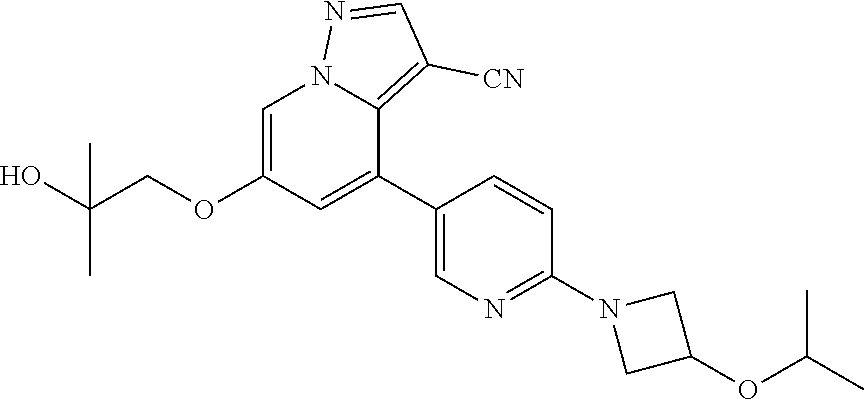
C00612
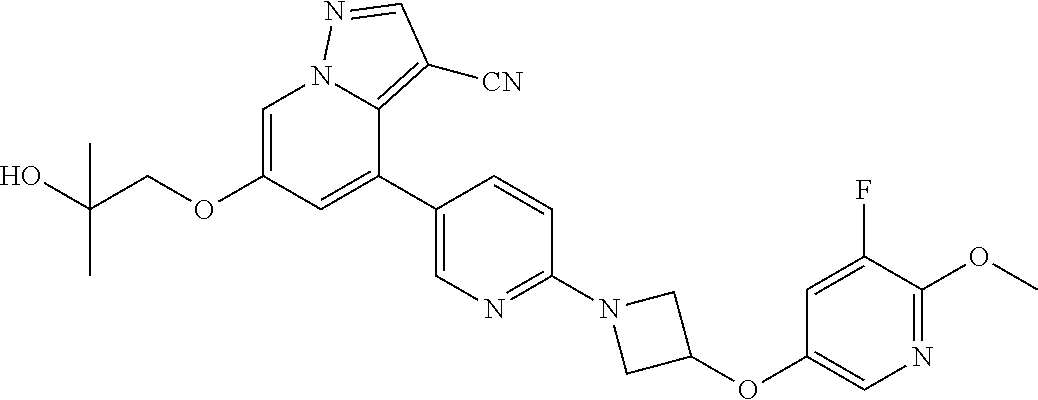
C00613
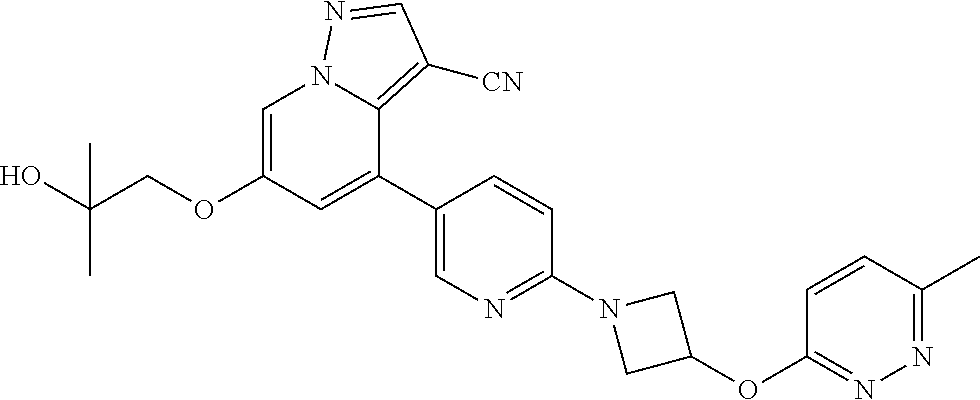
C00614
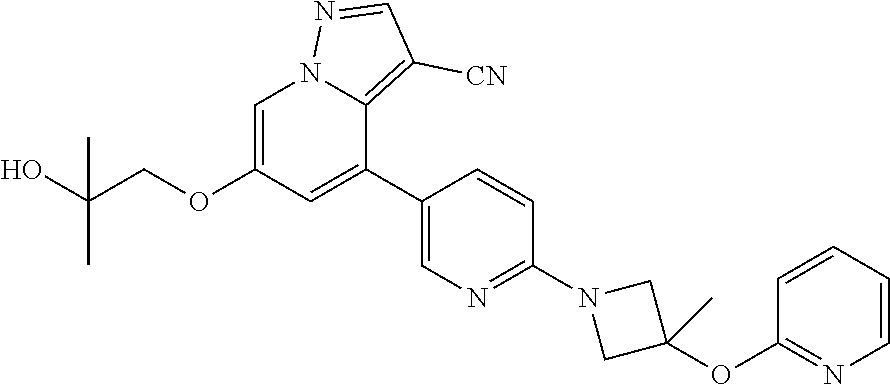
C00615
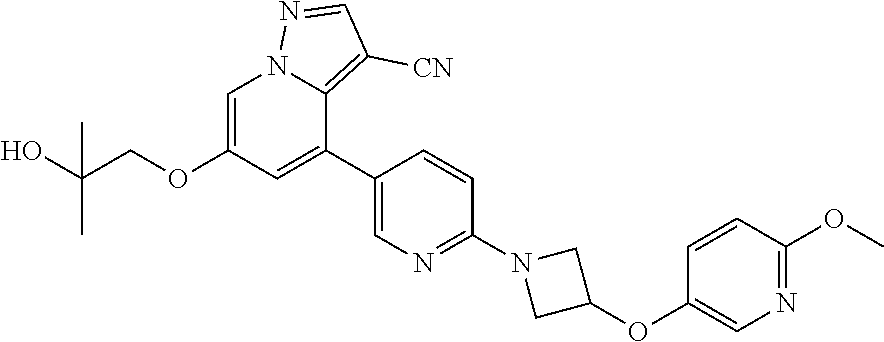
C00616
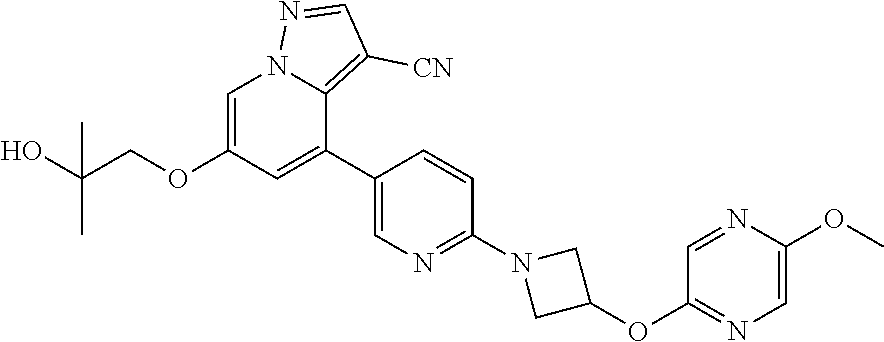
C00617
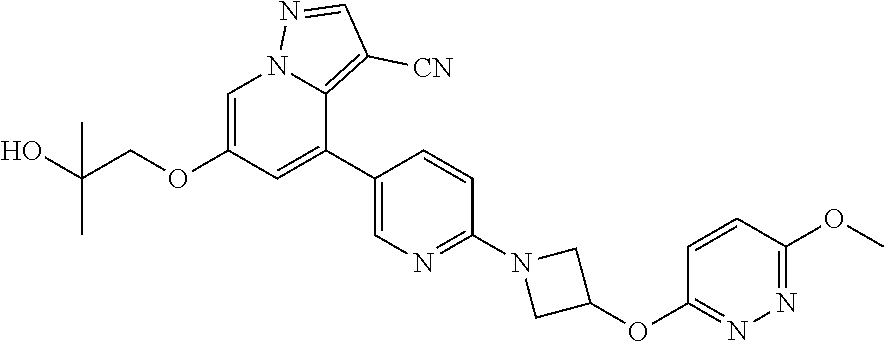
C00618

C00619
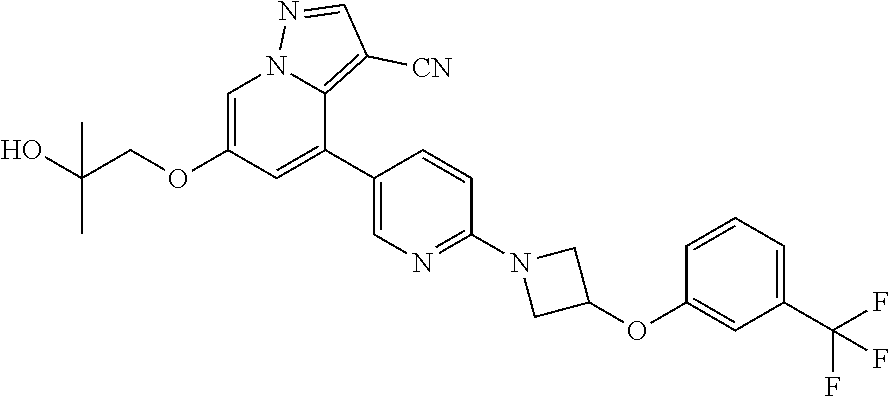
C00620
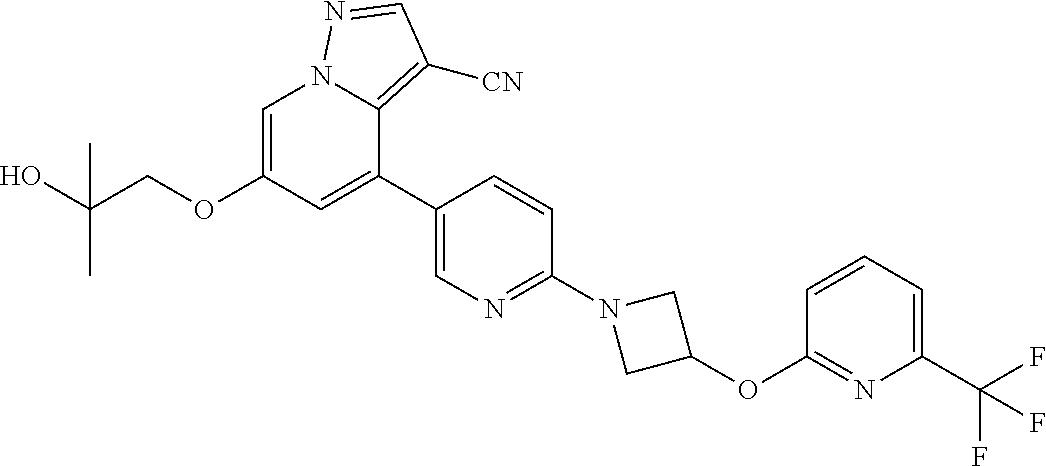
C00621
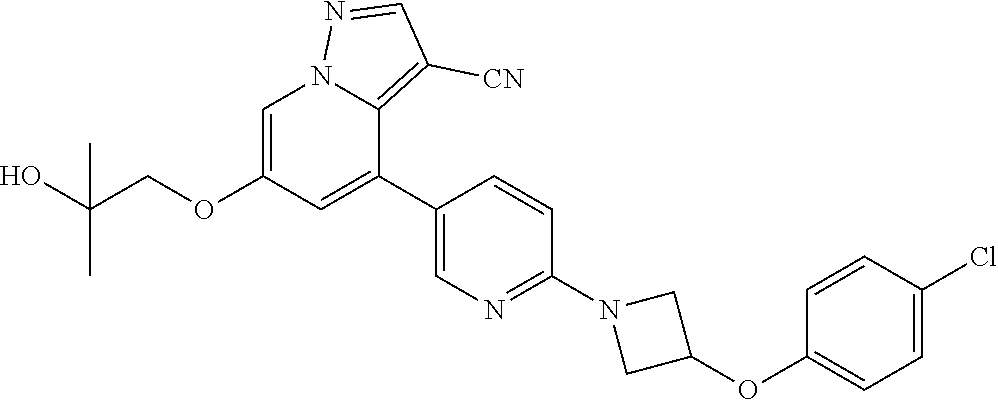
C00622
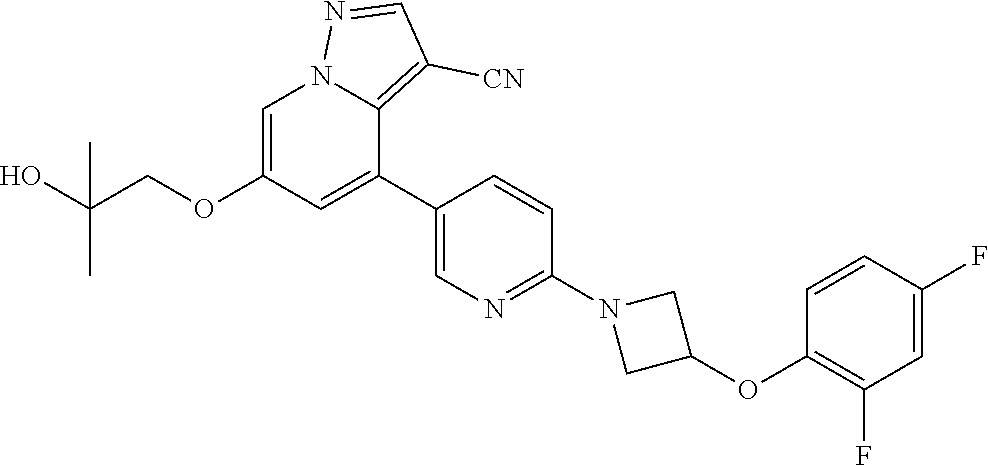
C00623

C00624
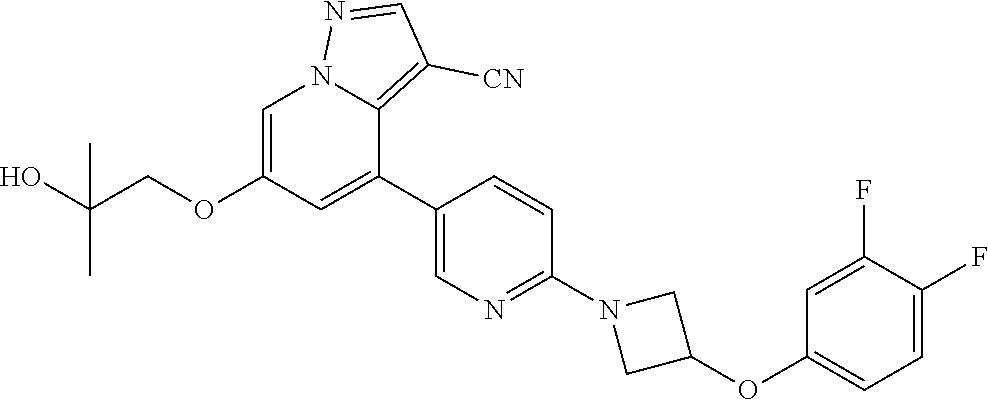
C00625
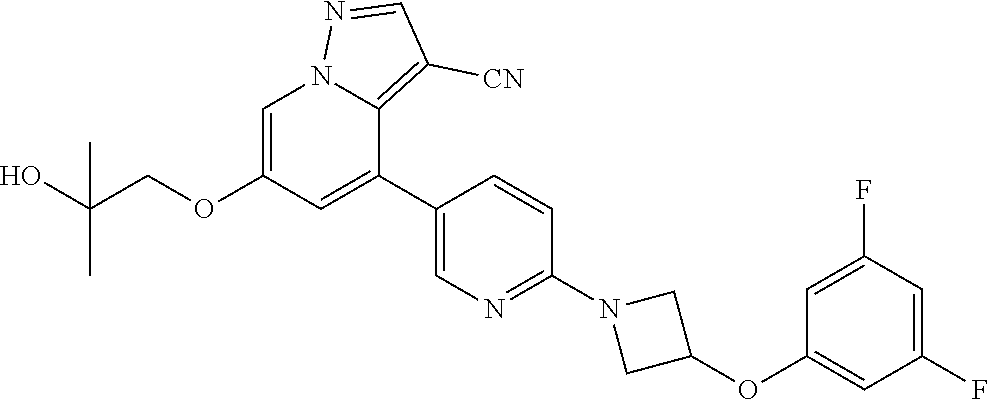
C00626
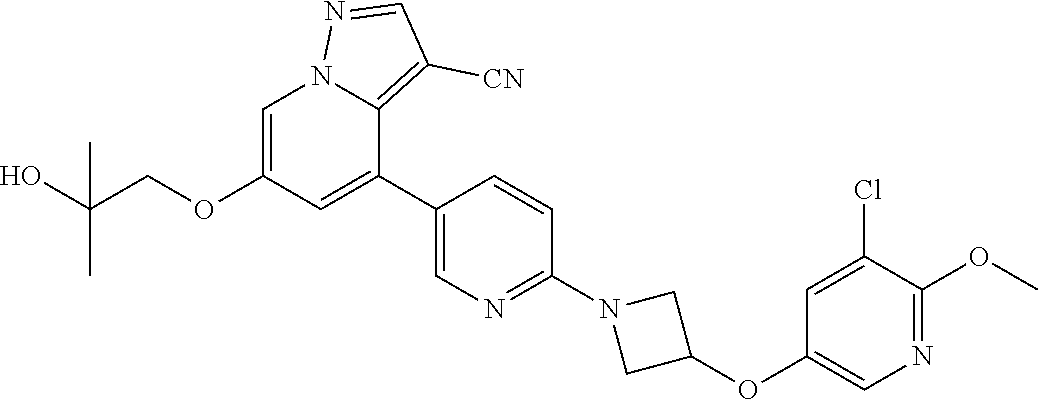
C00627
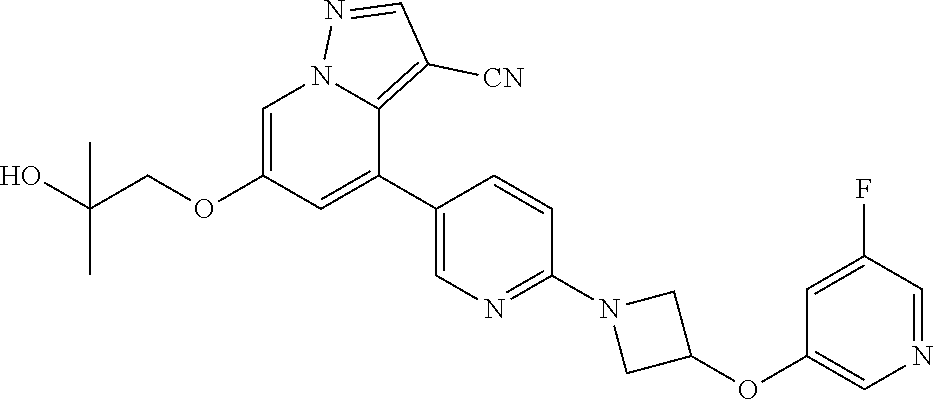
C00628
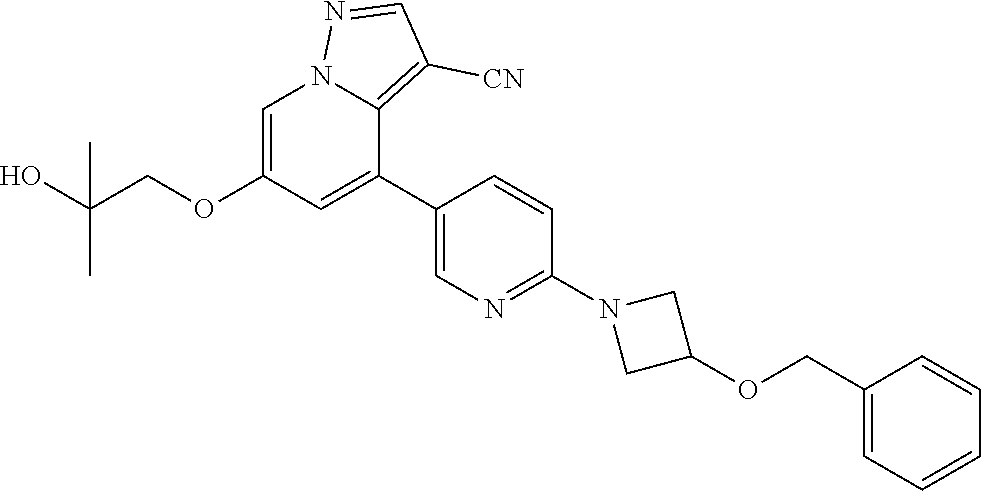
C00629
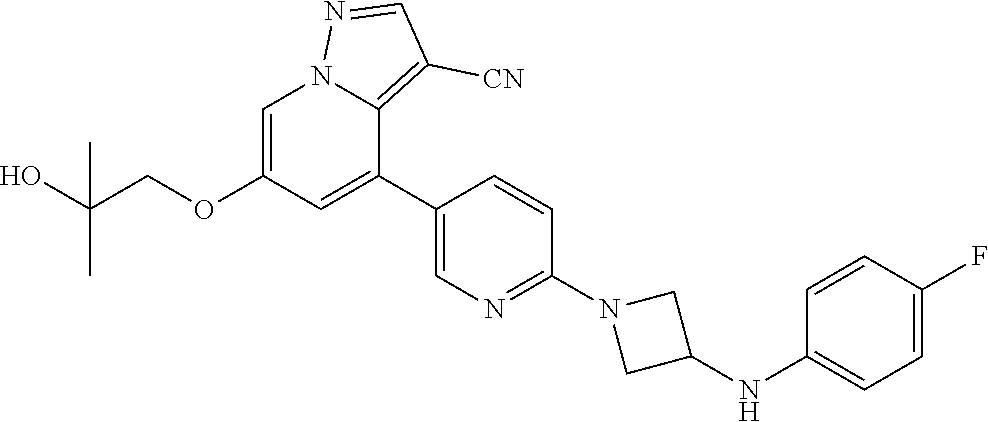
C00630
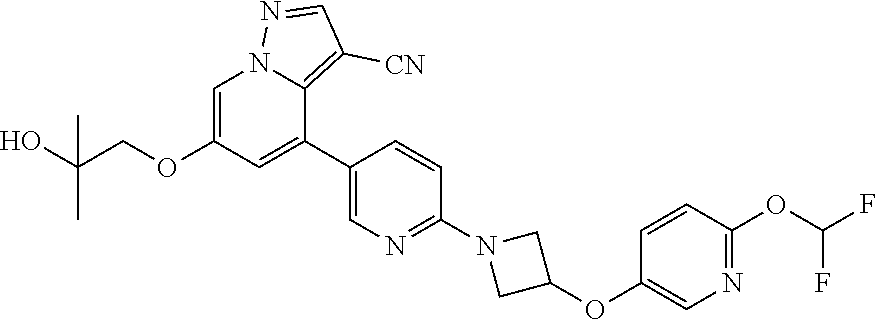
C00631
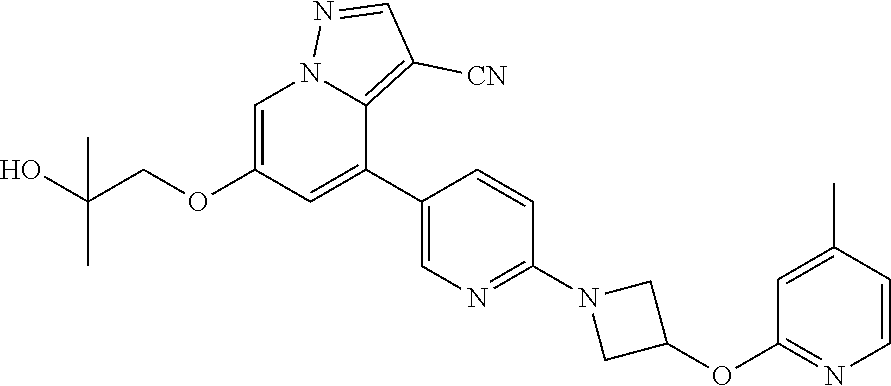
C00632
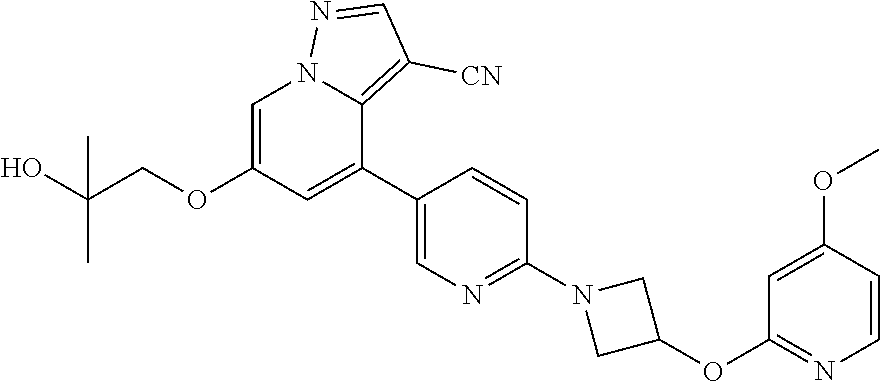
C00633

C00634
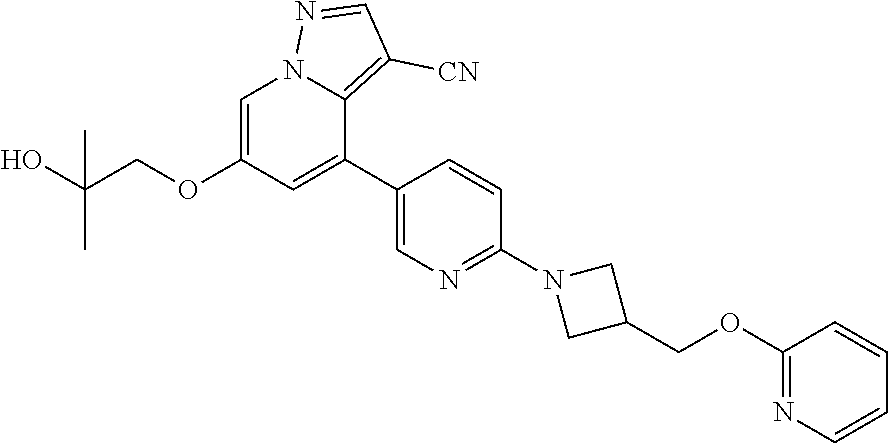
C00635
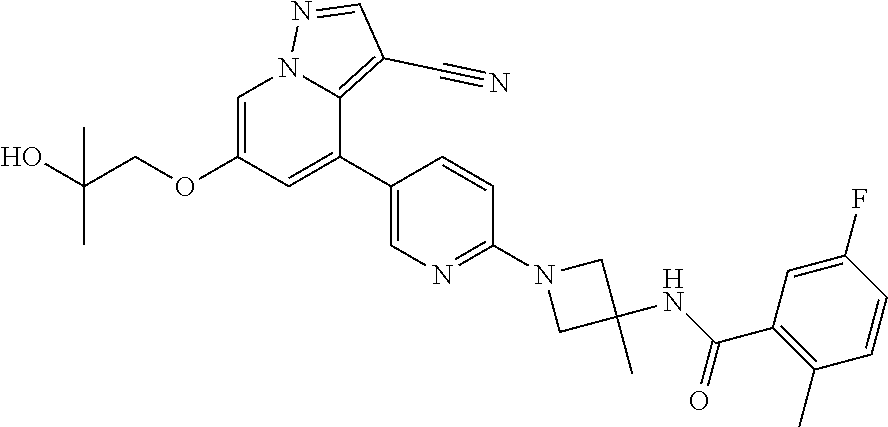
C00636
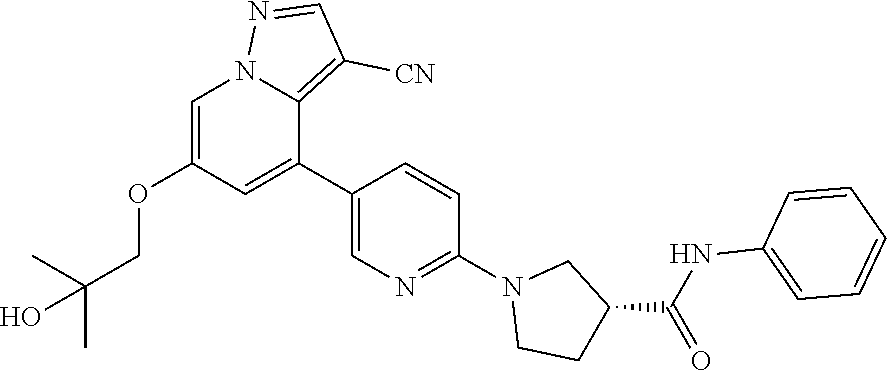
C00637
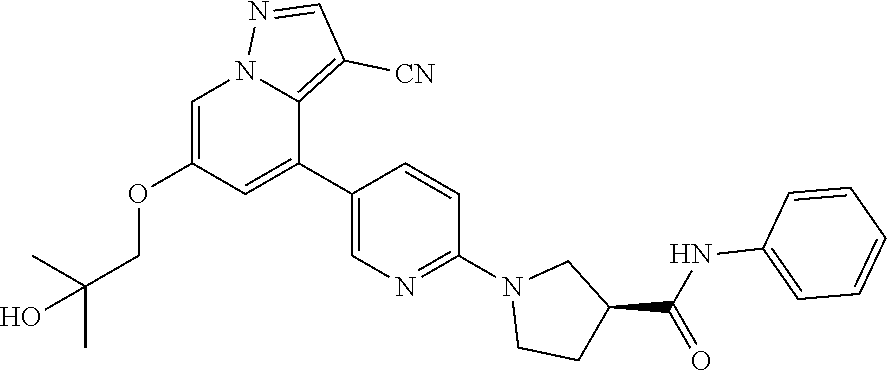
C00638
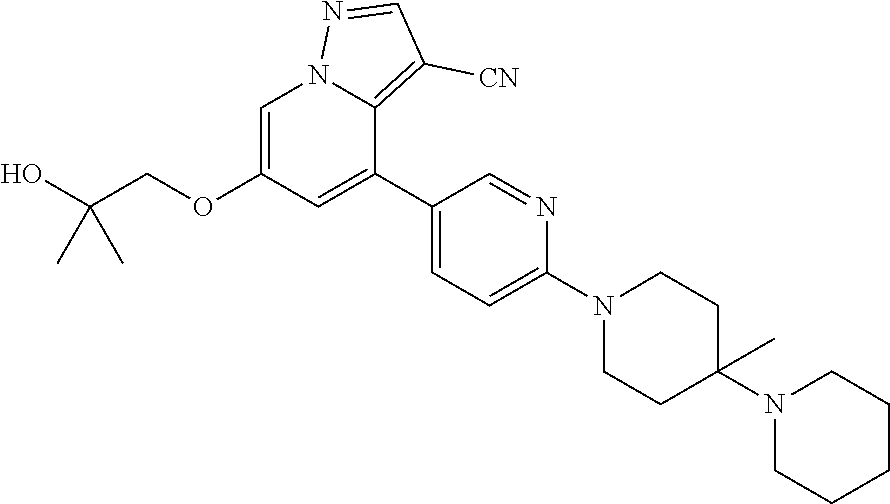
C00639
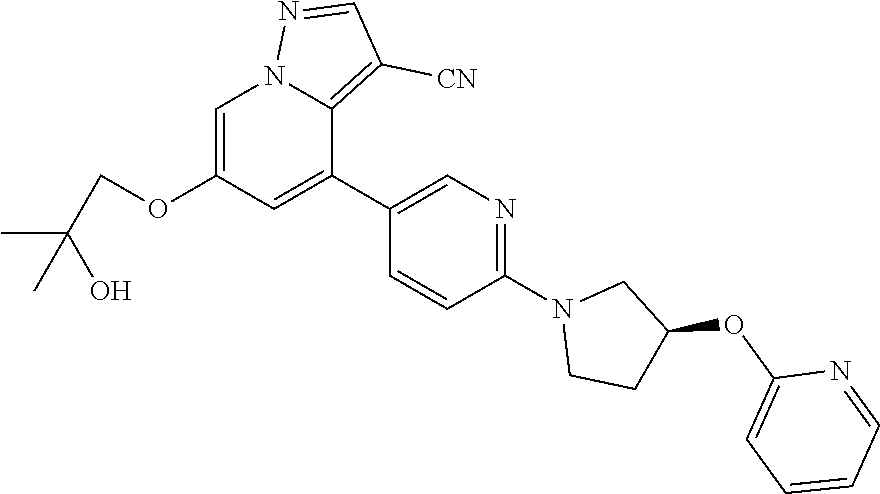
C00640
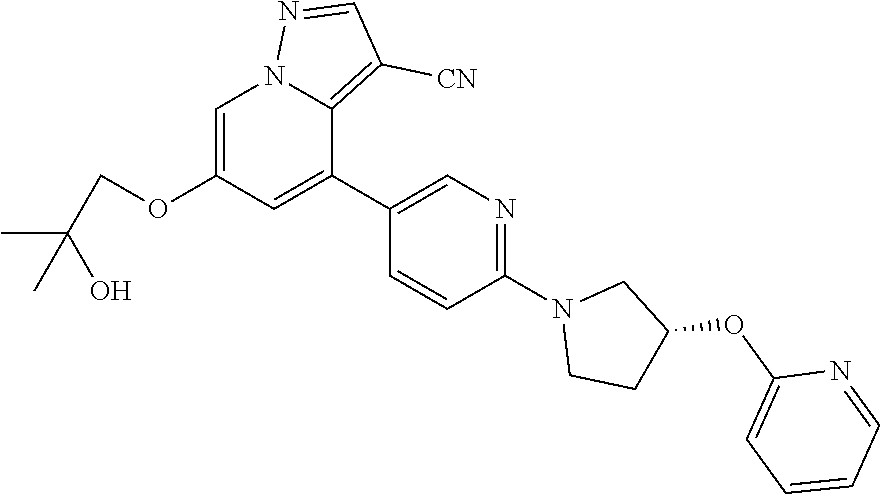
C00641
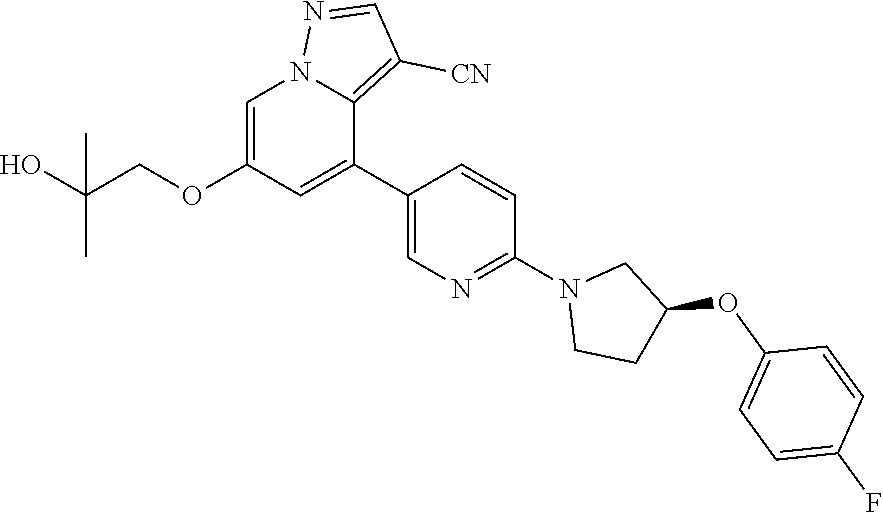
C00642
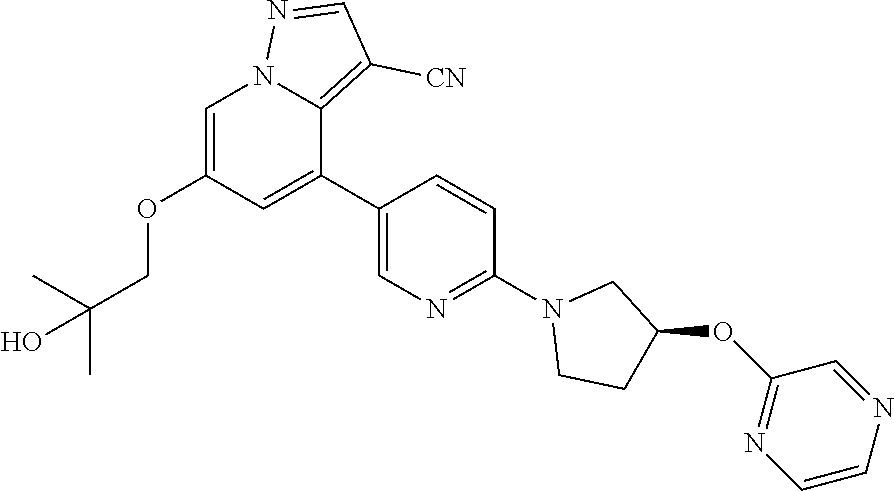
C00643

C00644
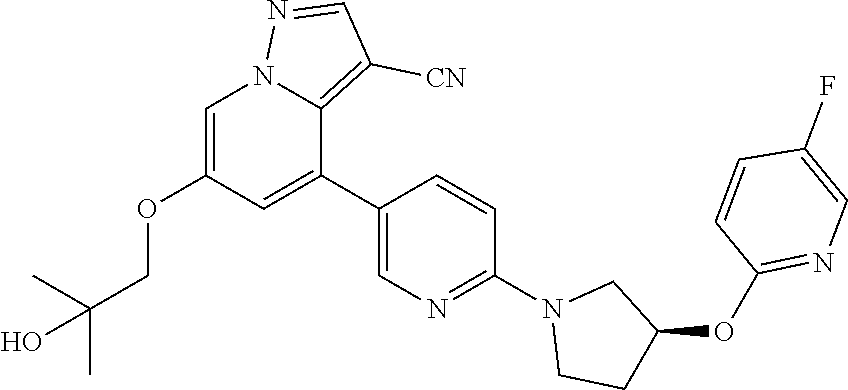
C00645
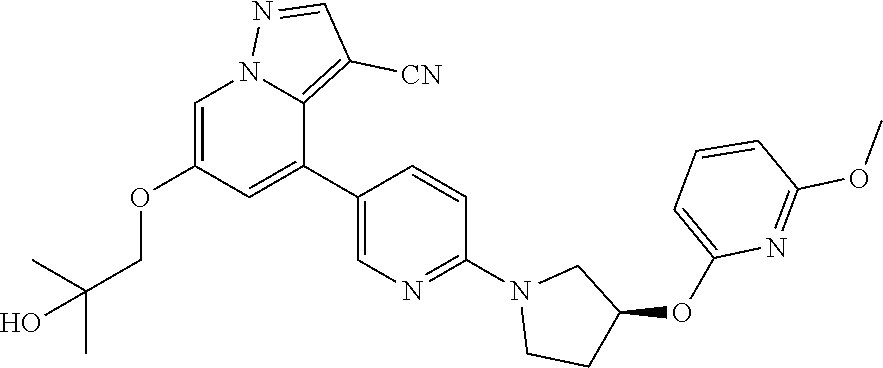
C00646

C00647
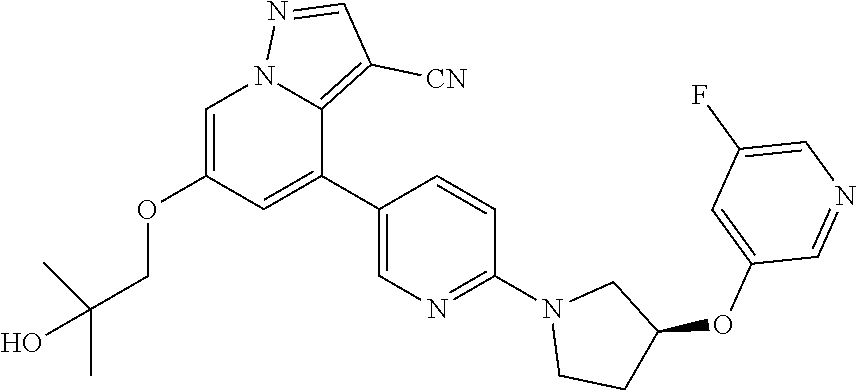
C00648

C00649
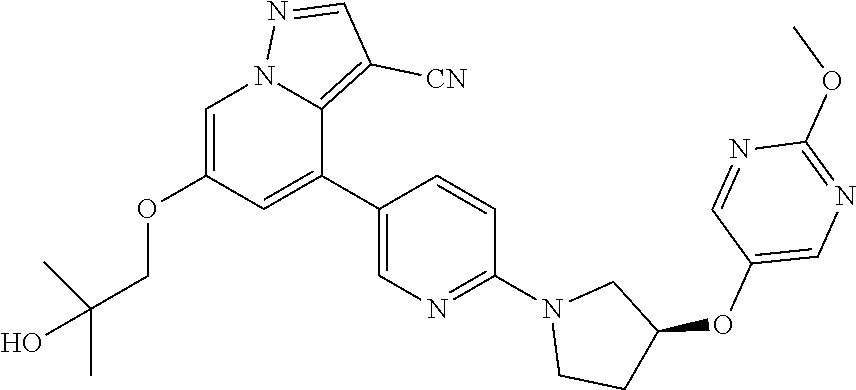
C00650
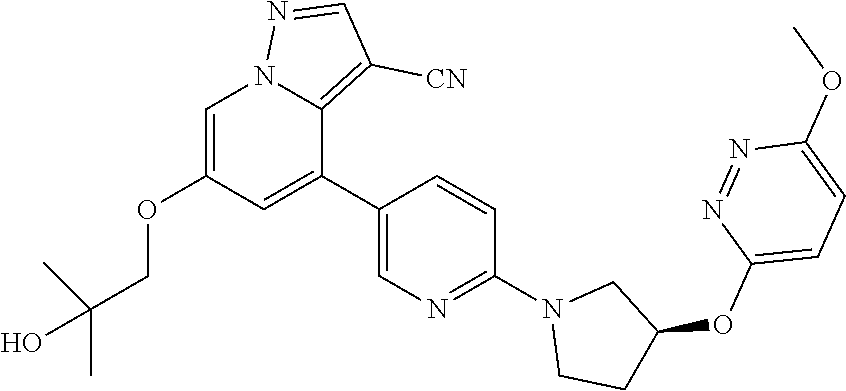
C00651
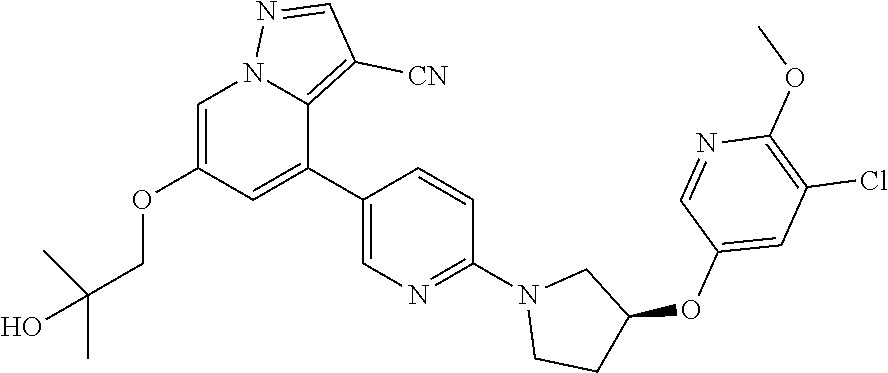
C00652

C00653
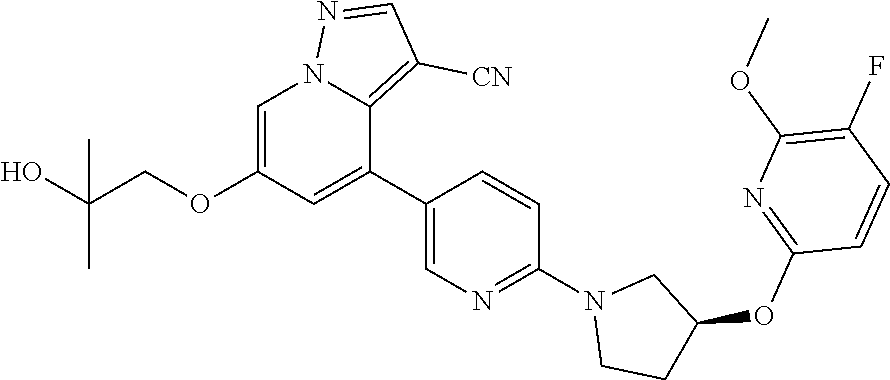
C00654
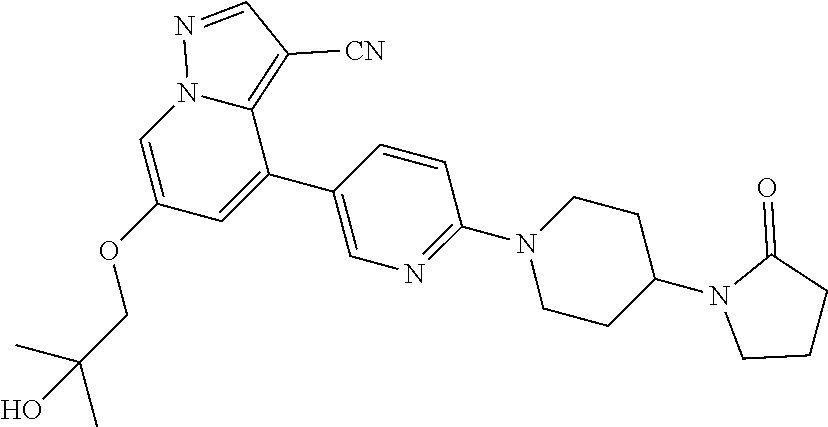
C00655
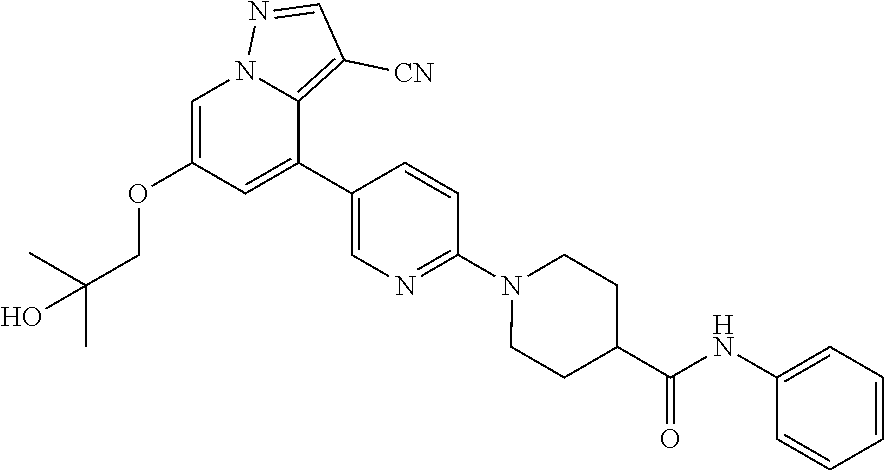
C00656
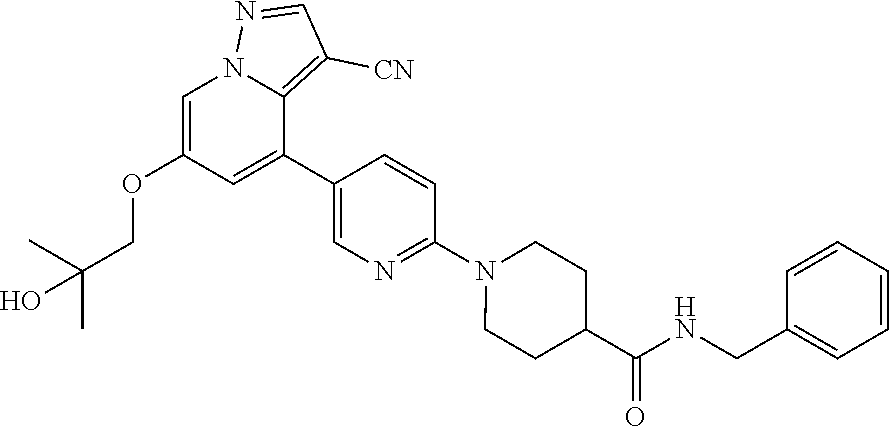
C00657
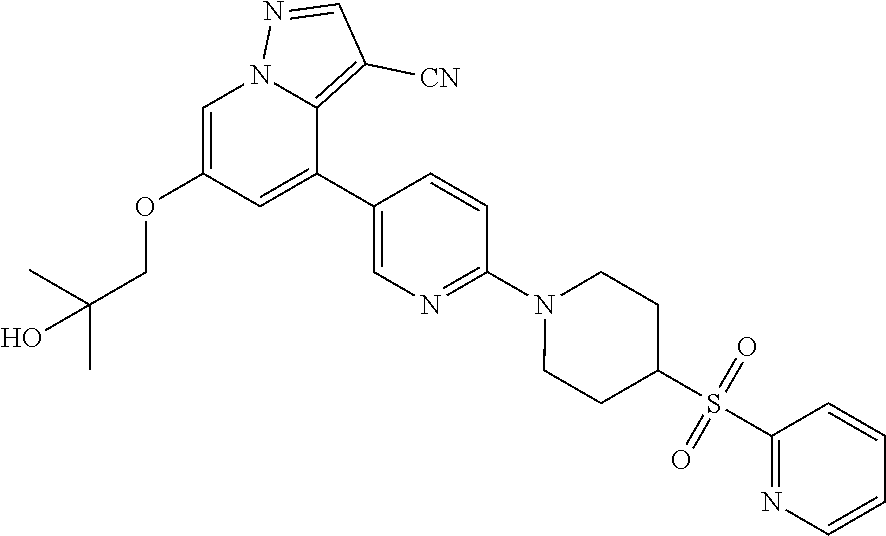
C00658
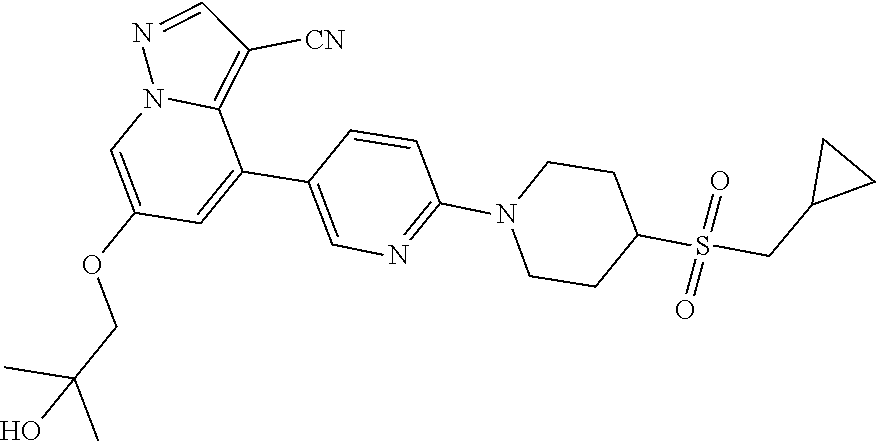
C00659
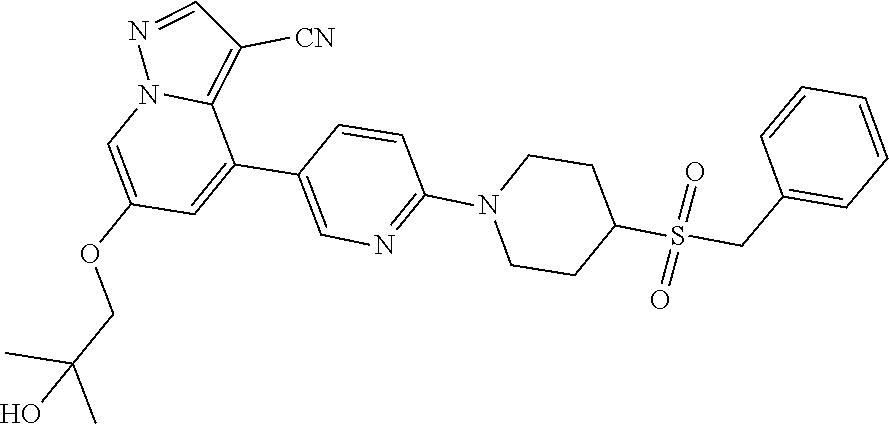
C00660
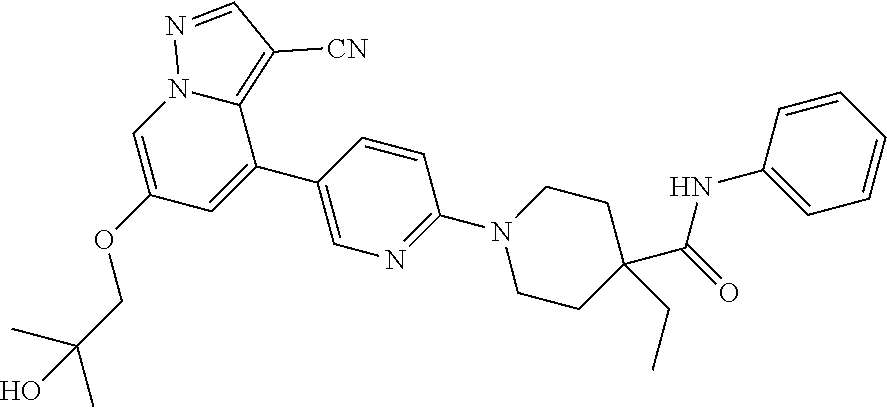
C00661

C00662
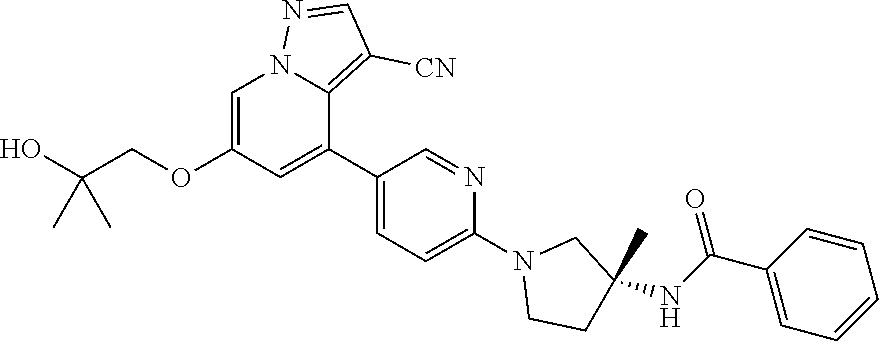
C00663
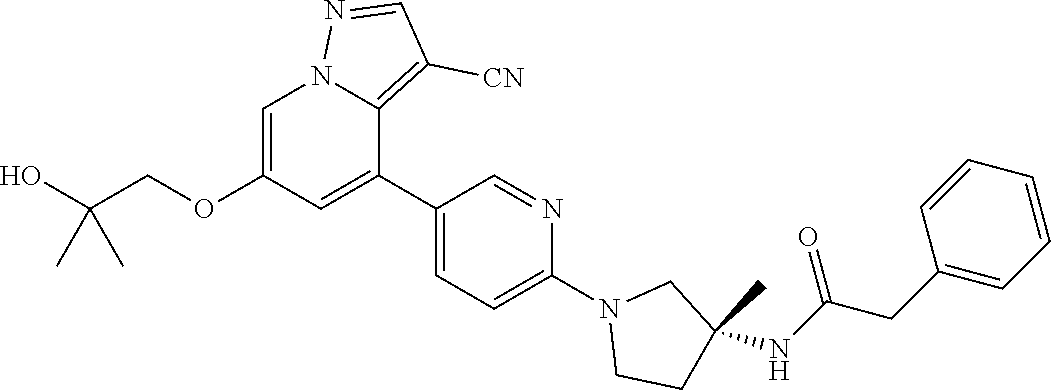
C00664
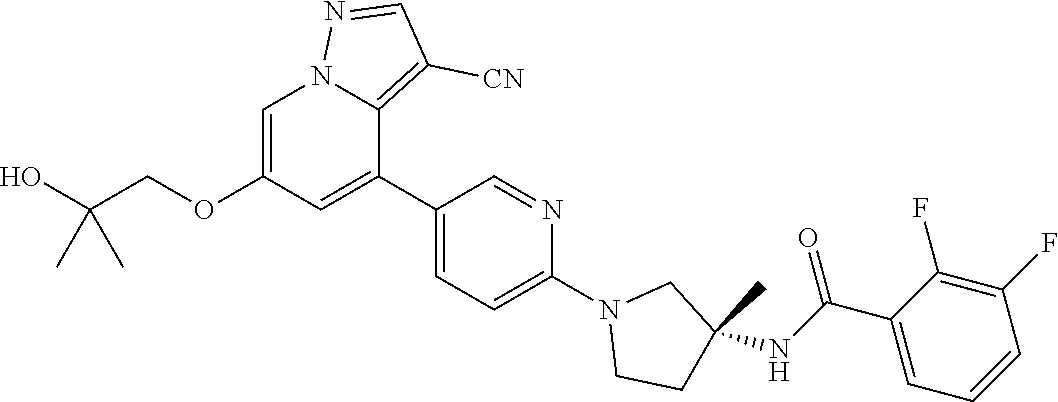
C00665
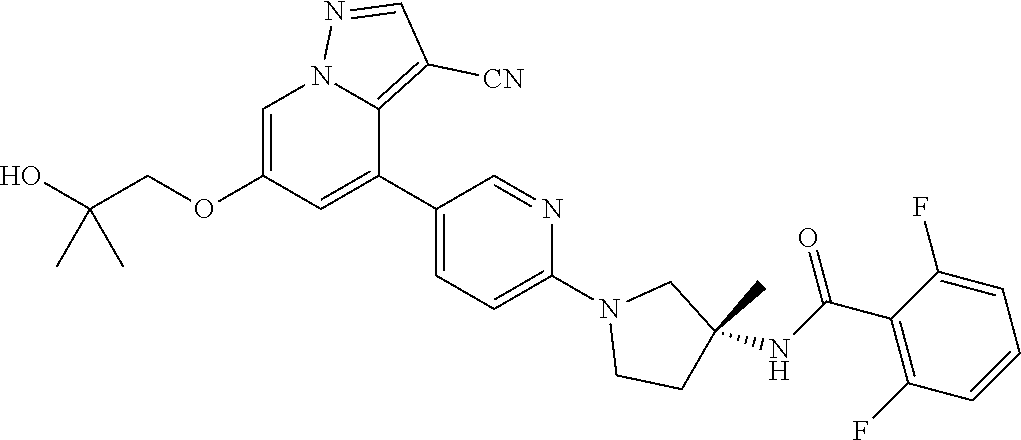
C00666
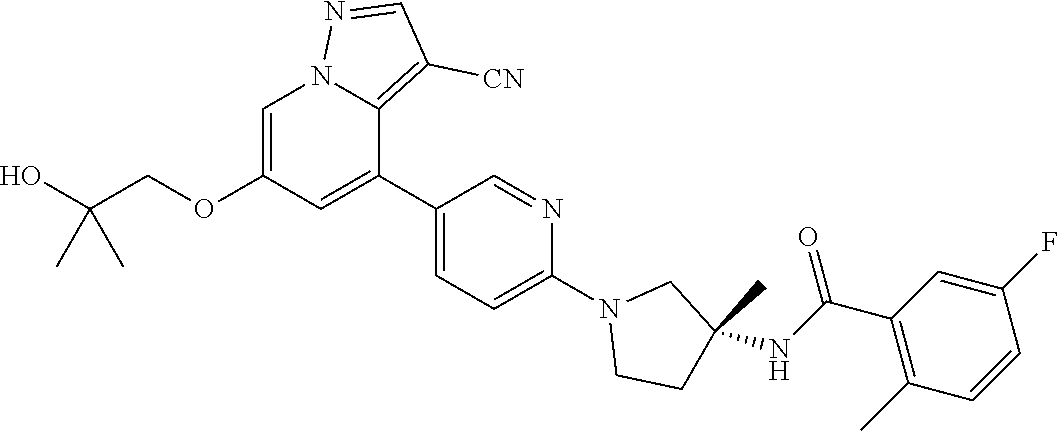
C00667
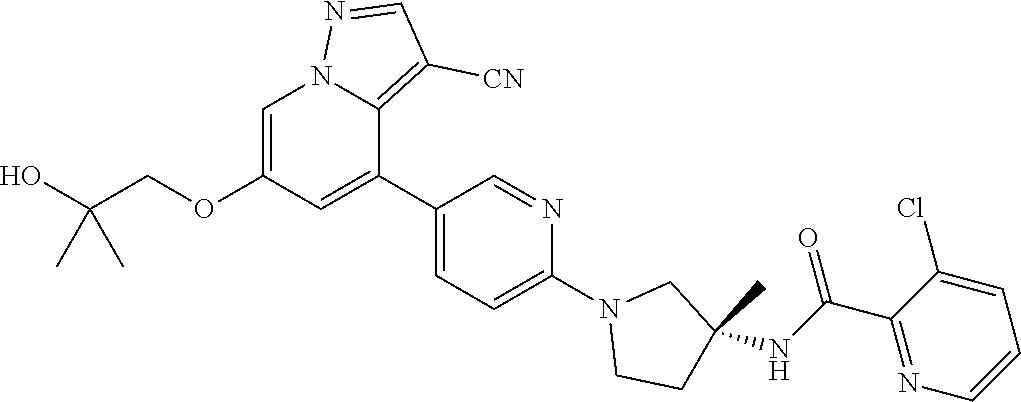
C00668
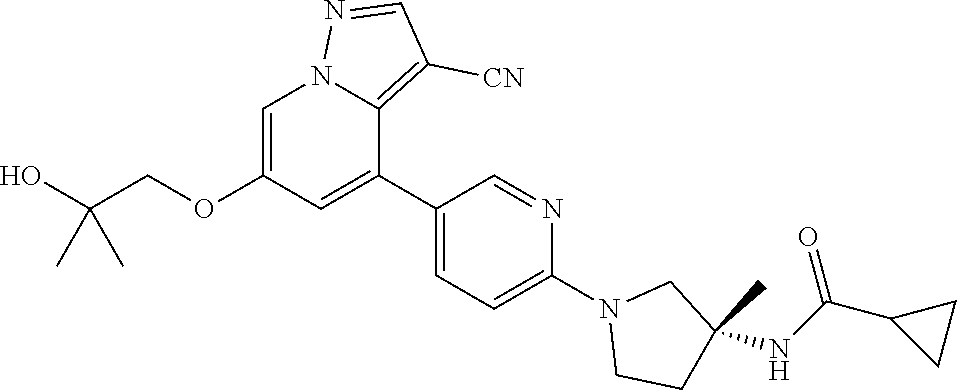
C00669
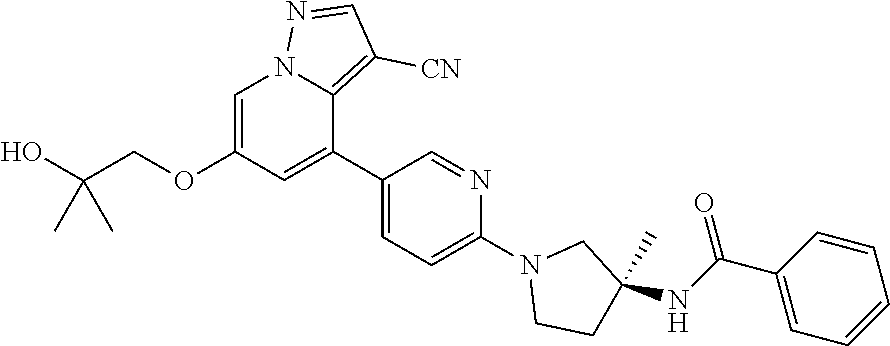
C00670
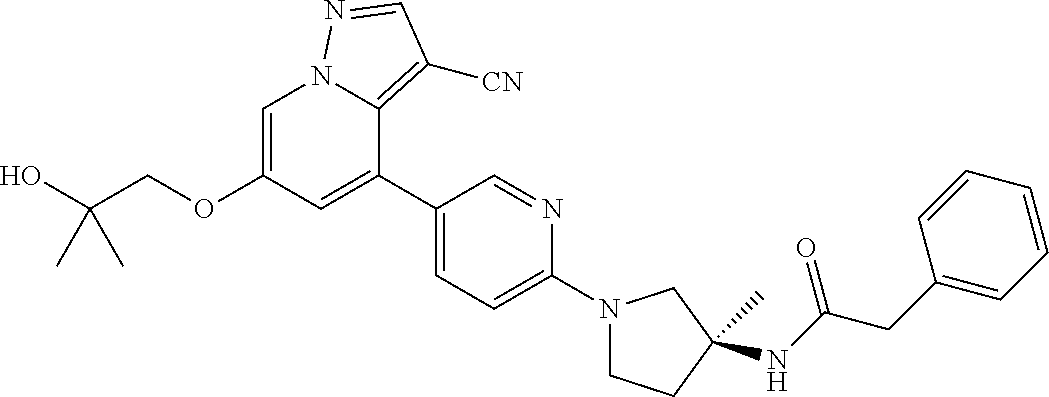
C00671
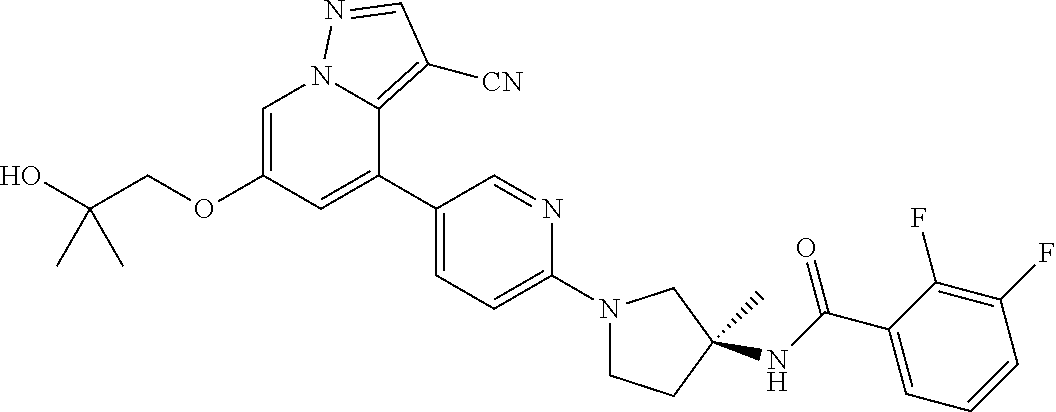
C00672
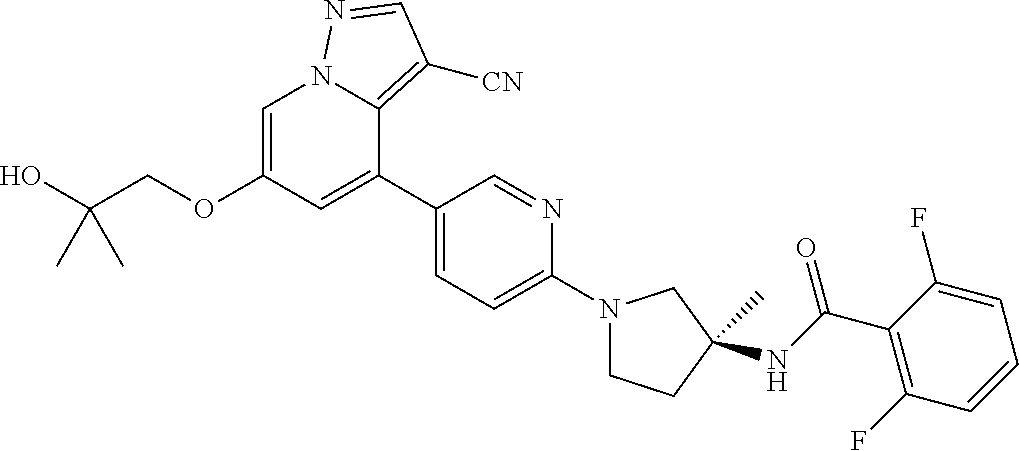
C00673
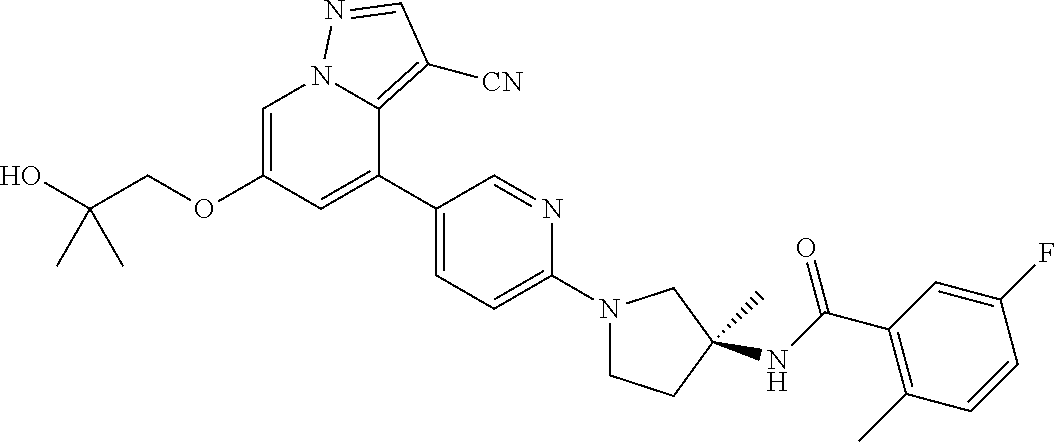
C00674
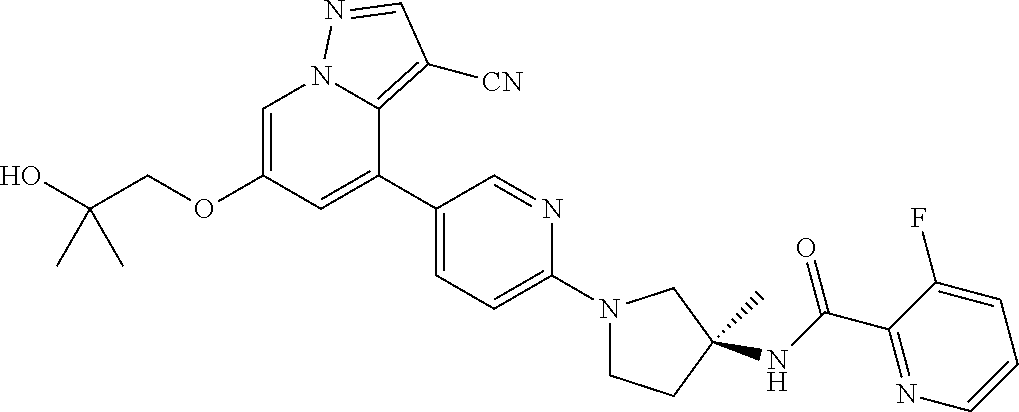
C00675
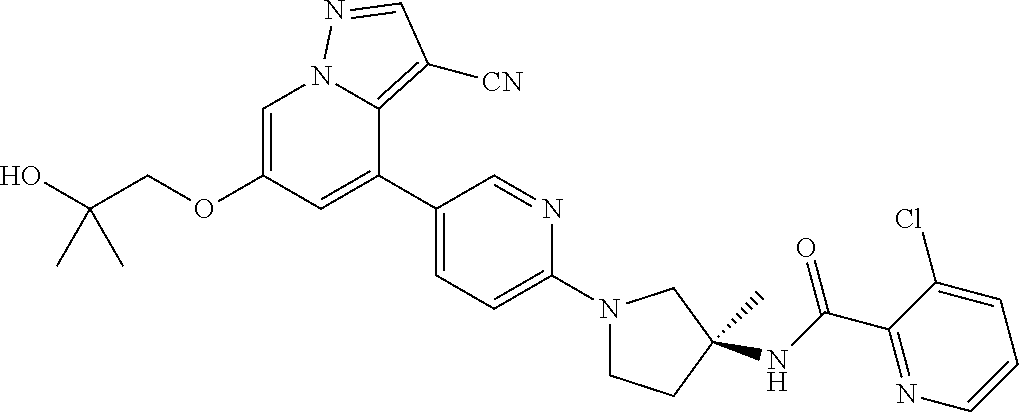
C00676
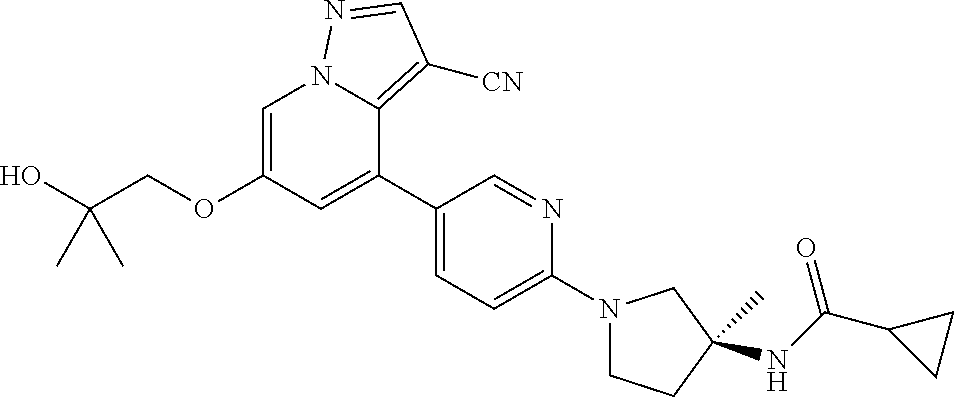
C00677
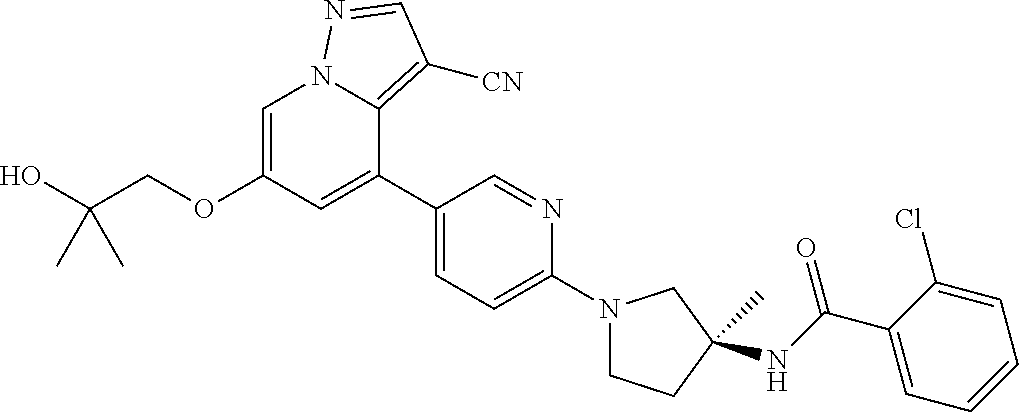
C00678

C00679
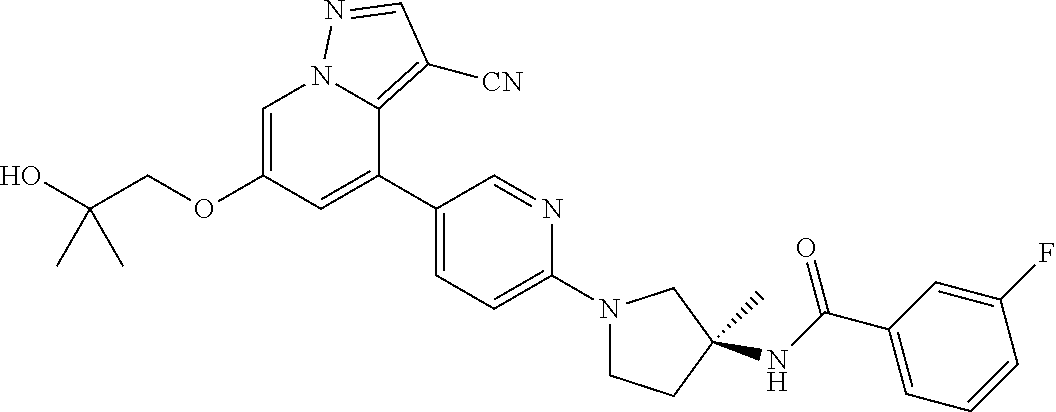
C00680
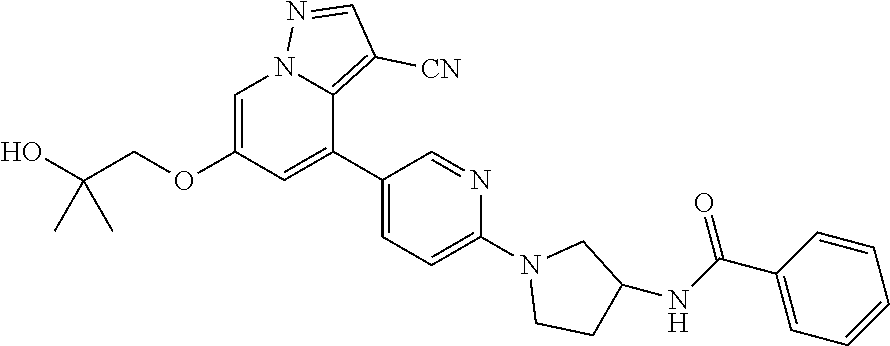
C00681
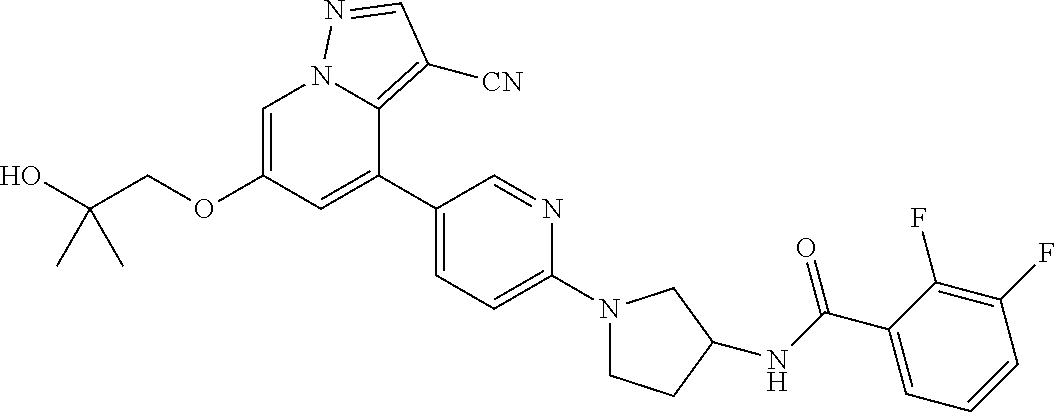
C00682
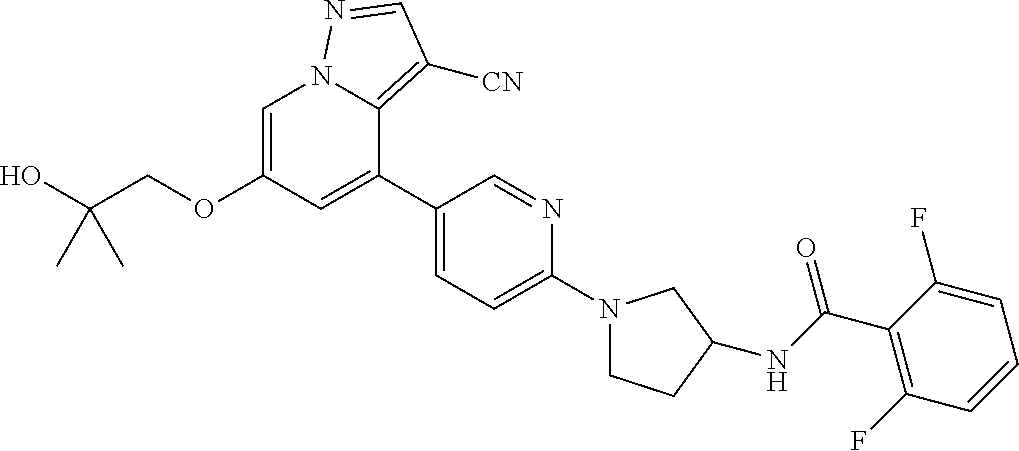
C00683
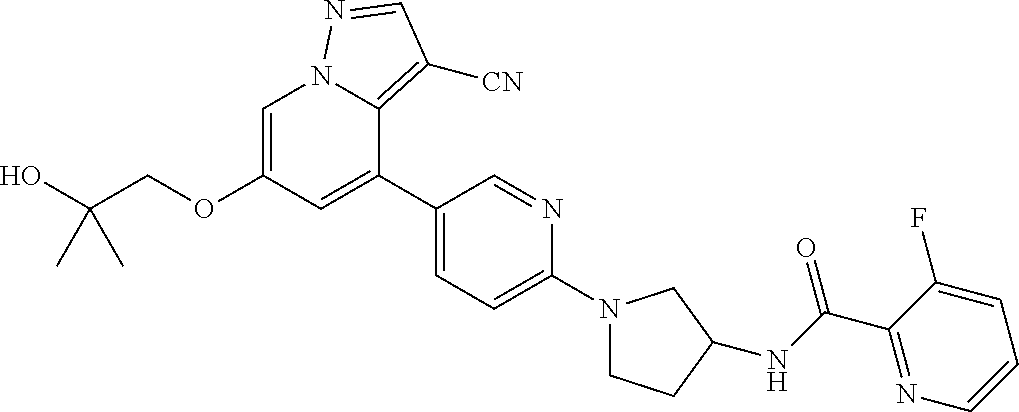
C00684
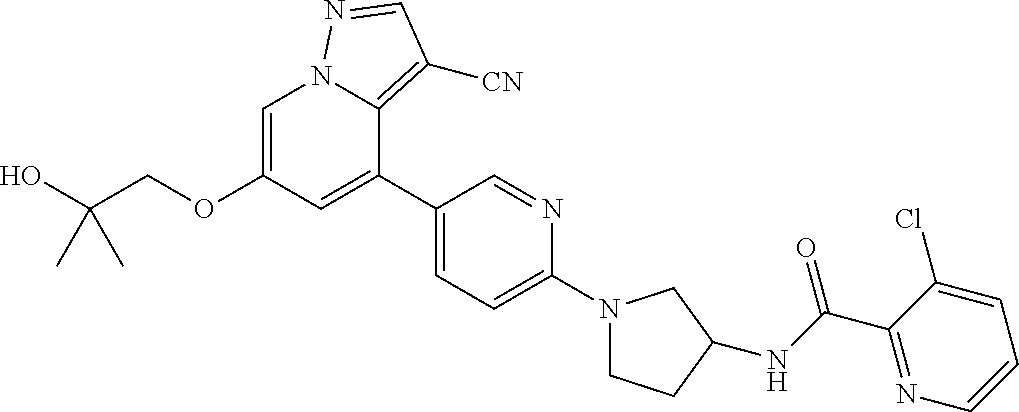
C00685
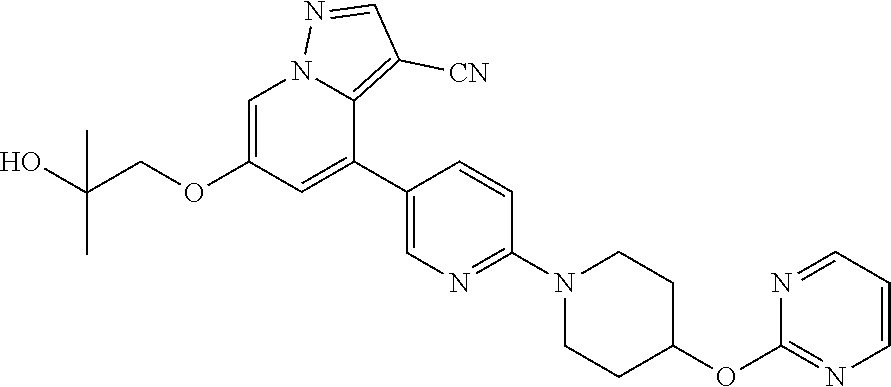
C00686
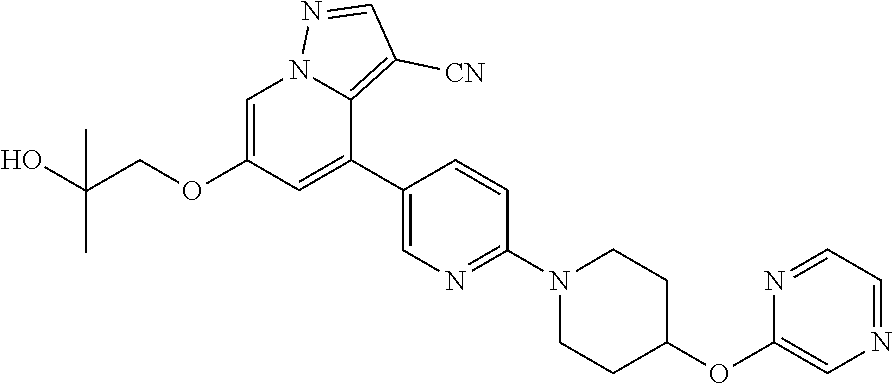
C00687
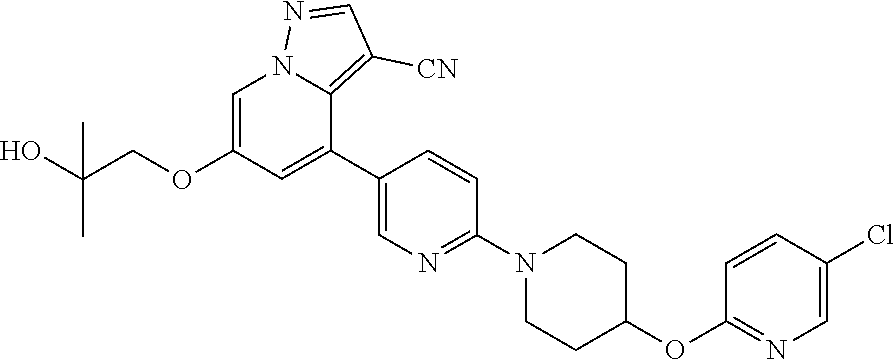
C00688
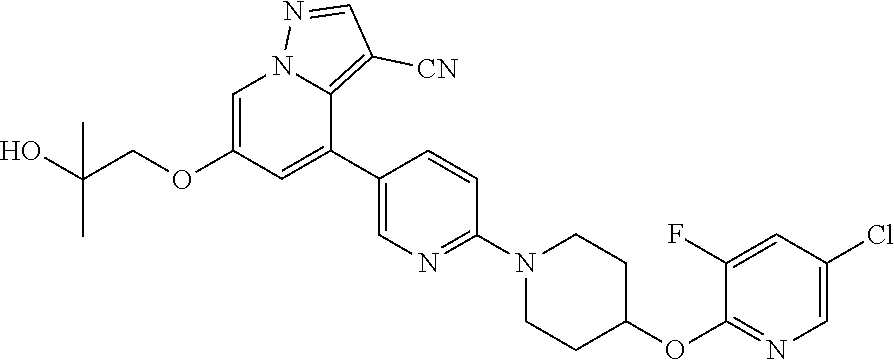
C00689
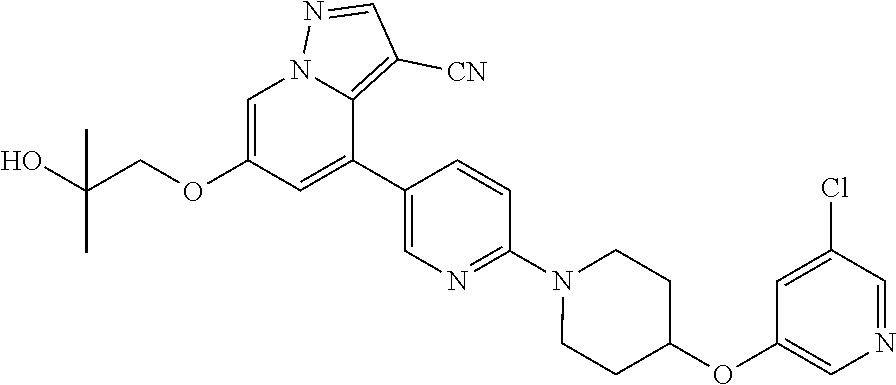
C00690
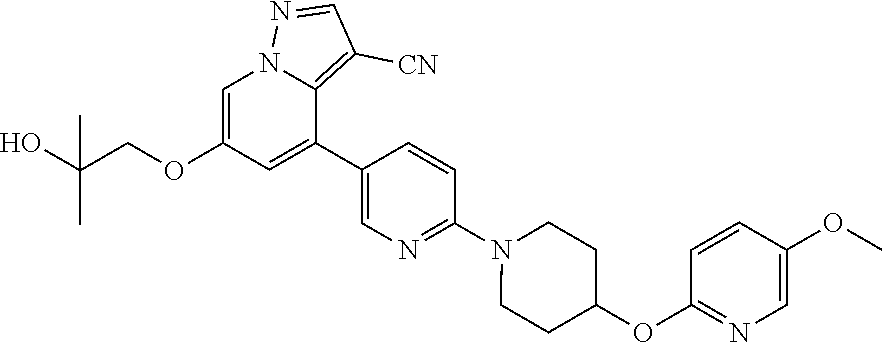
C00691
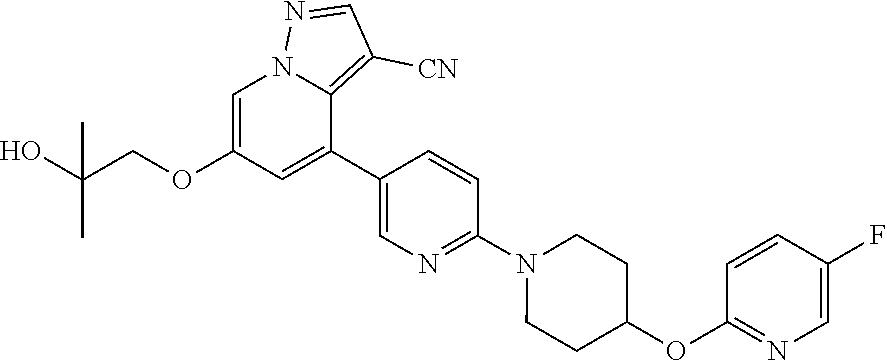
C00692
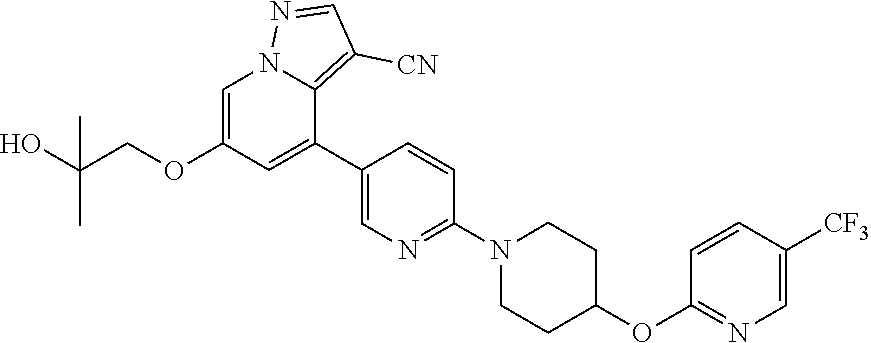
C00693
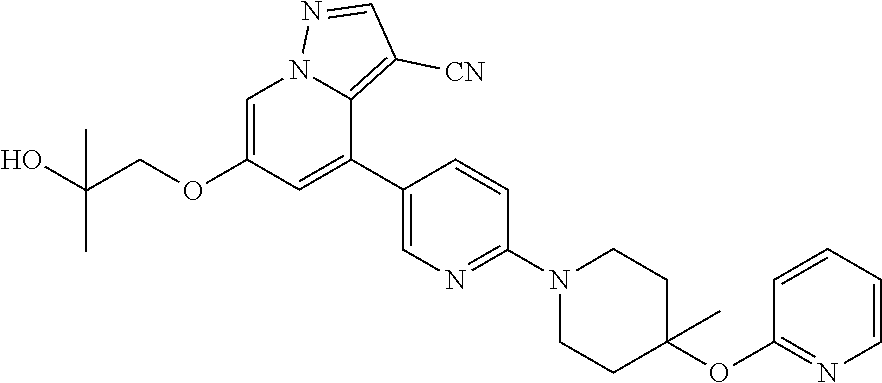
C00694
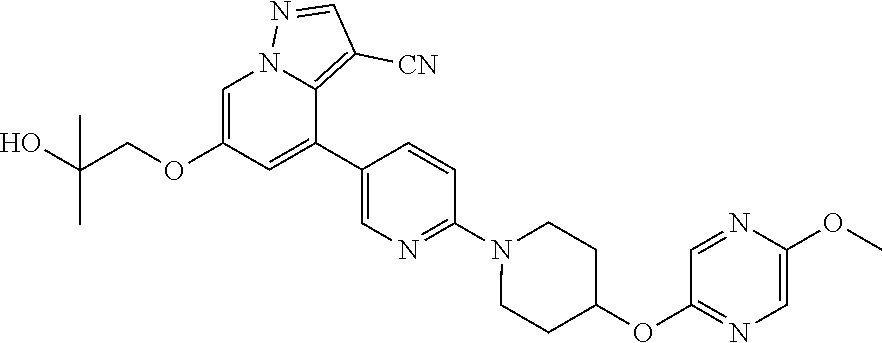
C00695
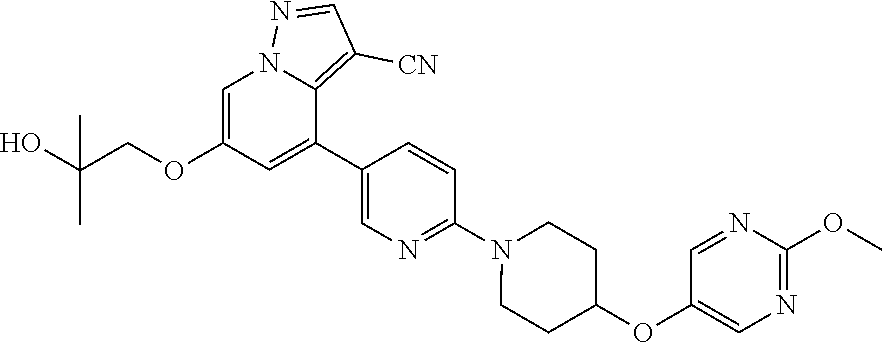
C00696

C00697
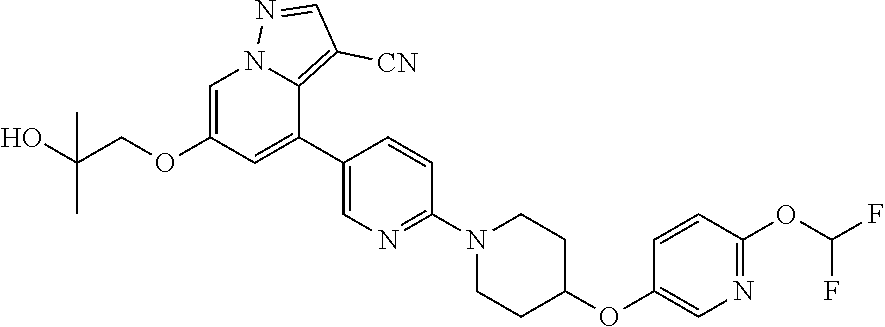
C00698
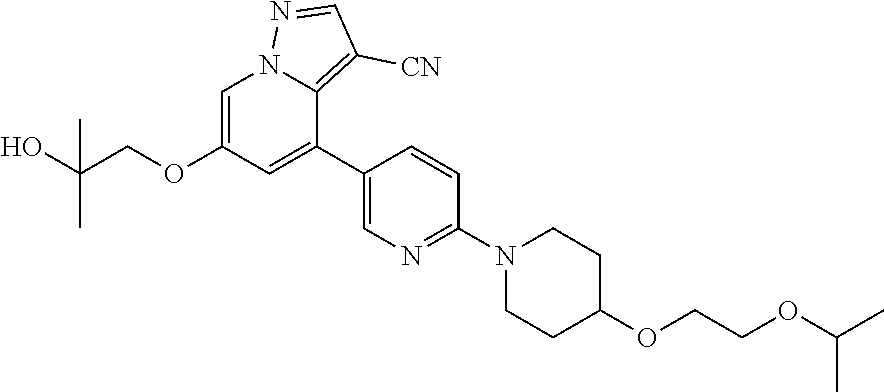
C00699
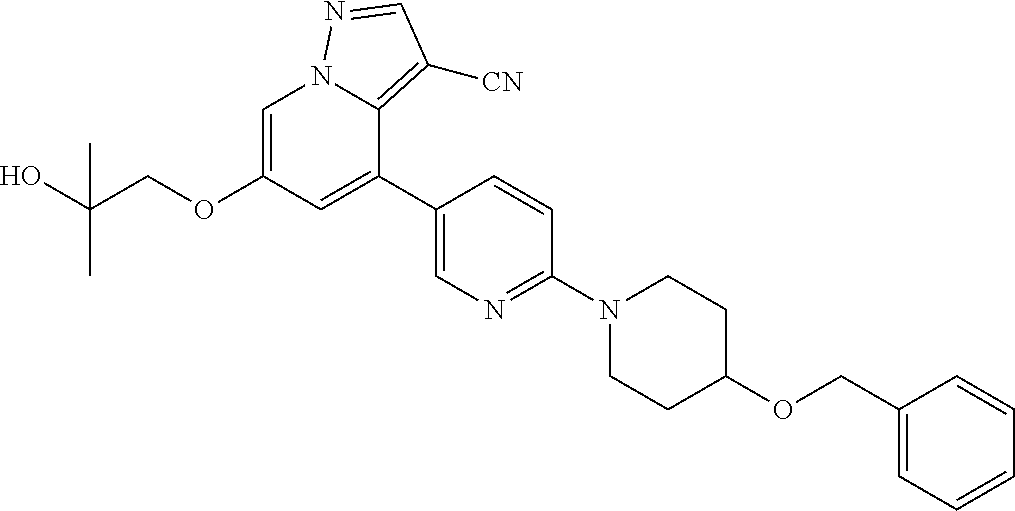
C00700
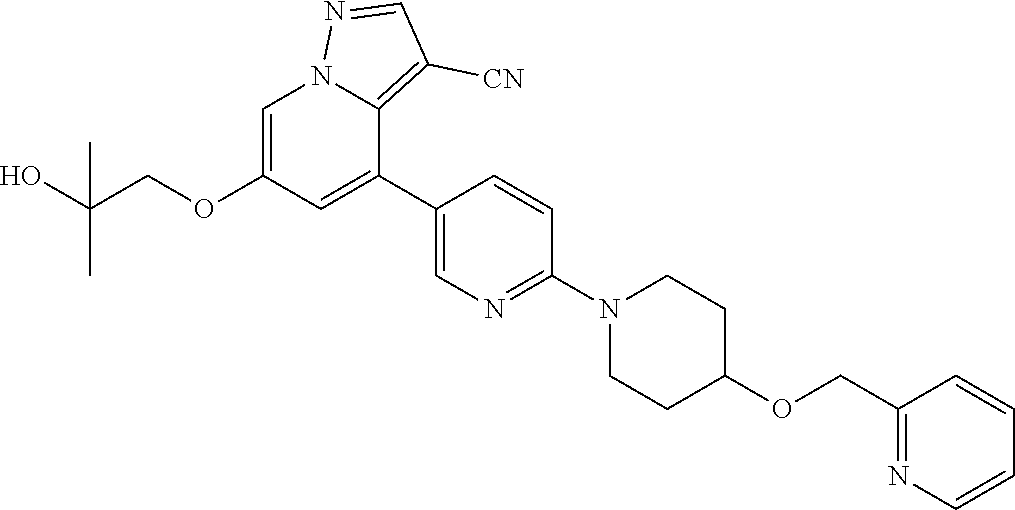
C00701
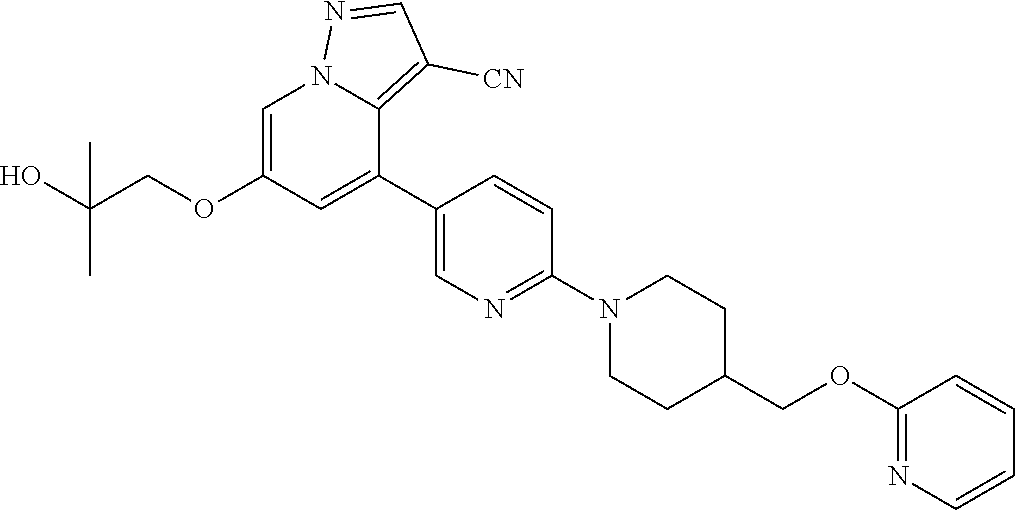
C00702

C00703
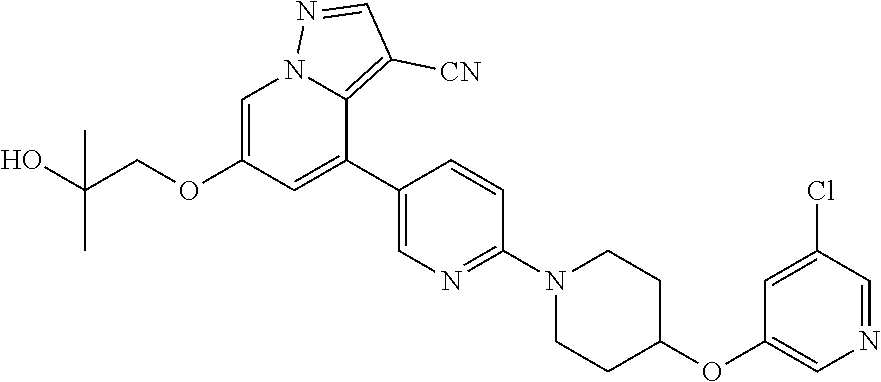
C00704
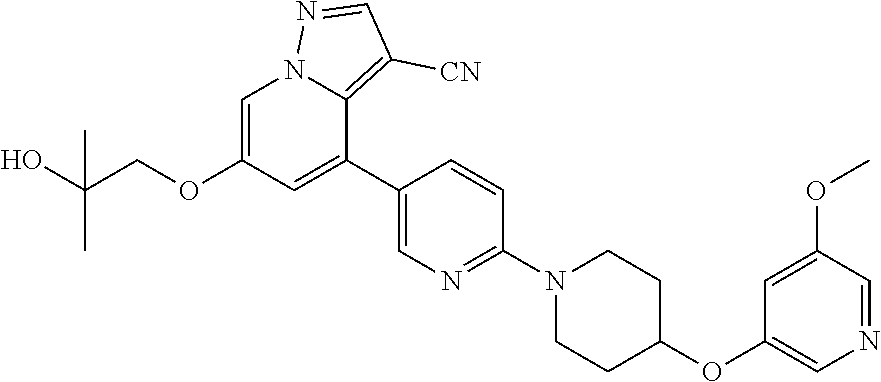
C00705
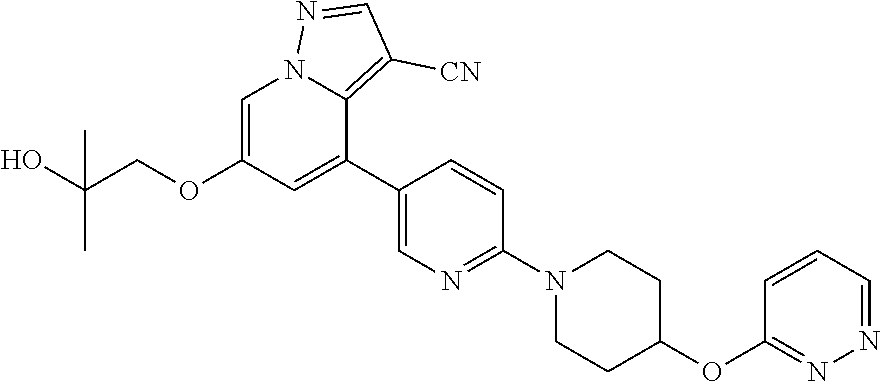
C00706

C00707
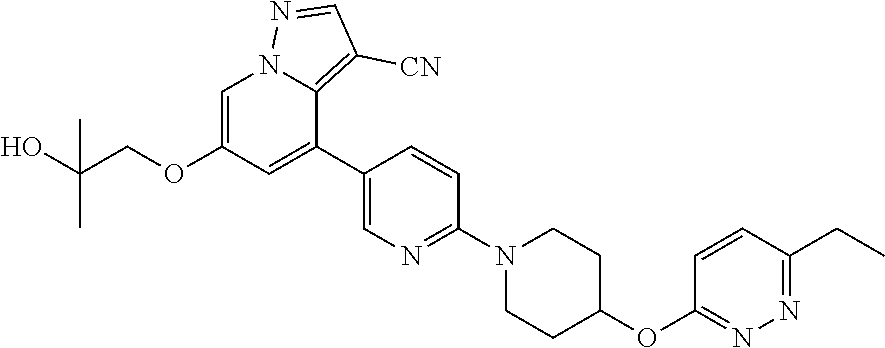
C00708
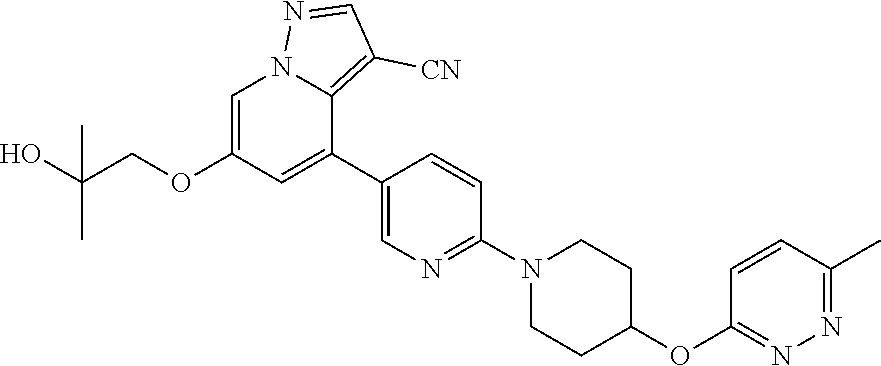
C00709
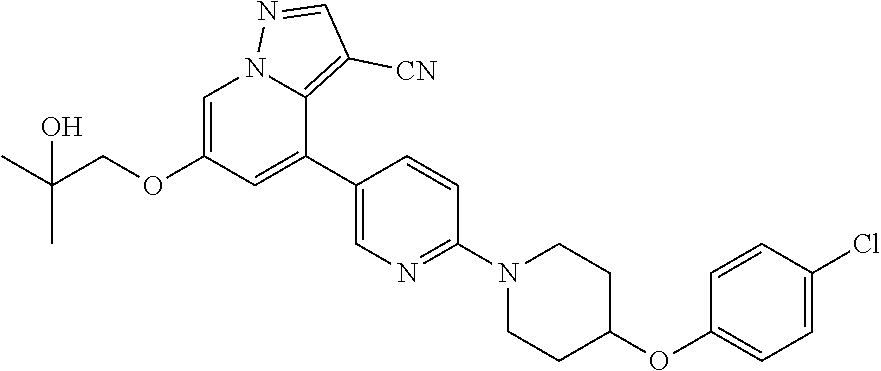
C00710
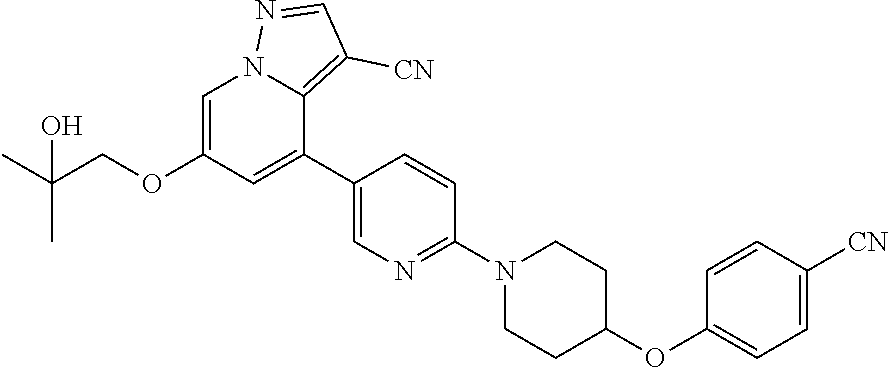
C00711

C00712
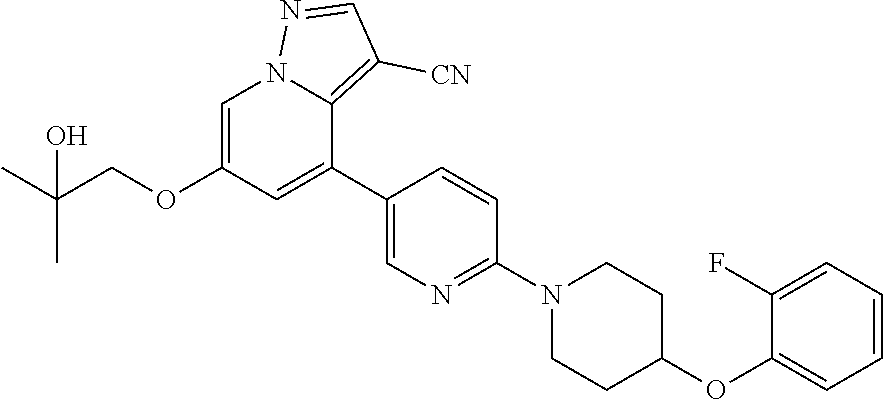
C00713
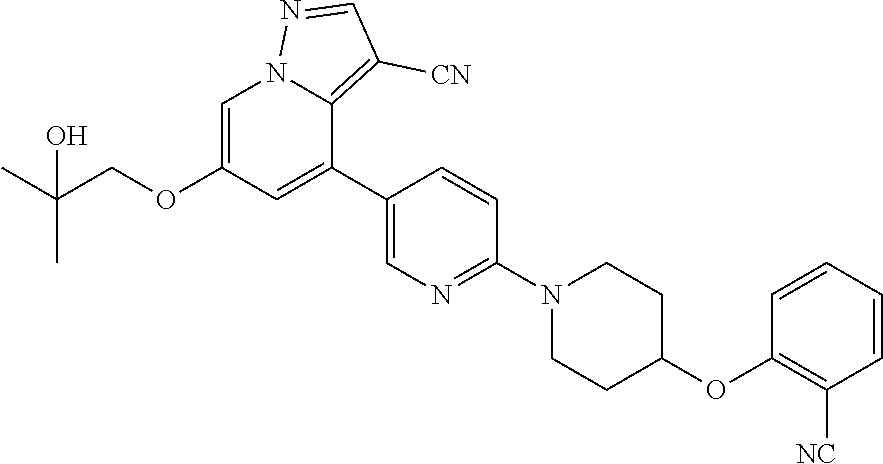
C00714
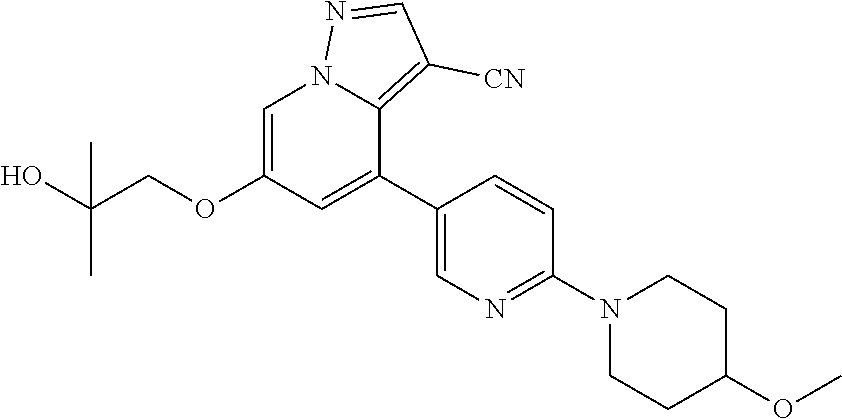
C00715
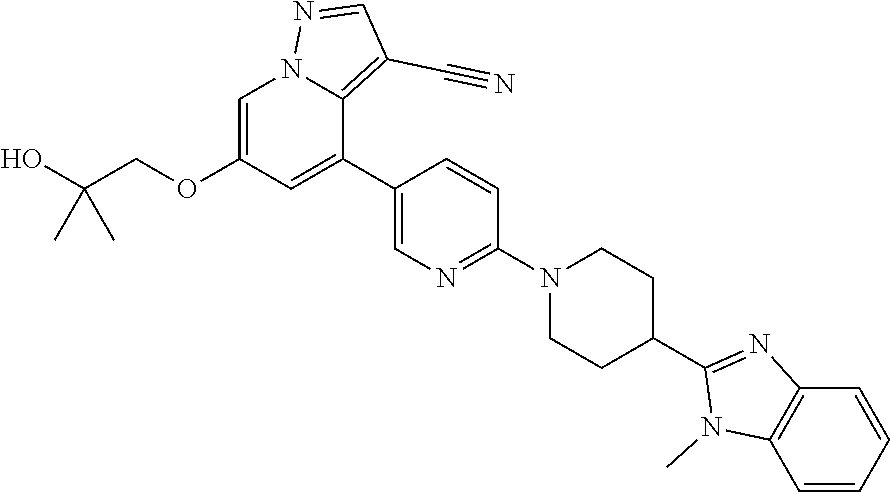
C00716
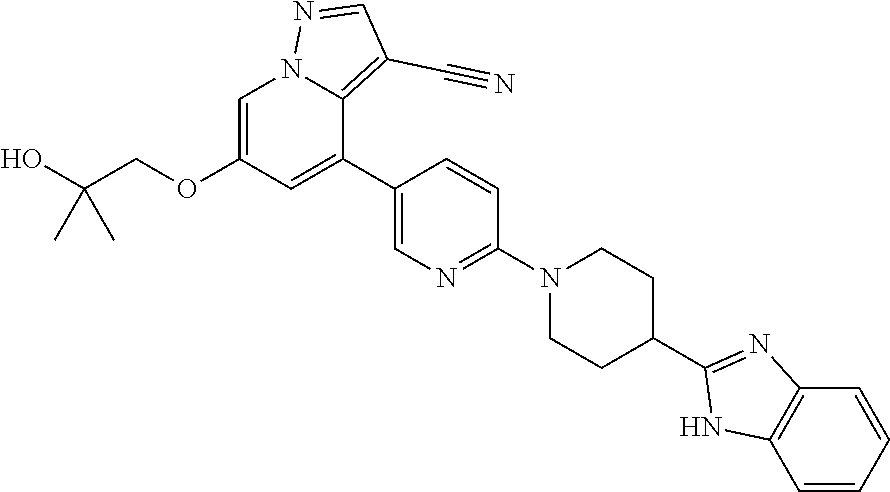
C00717
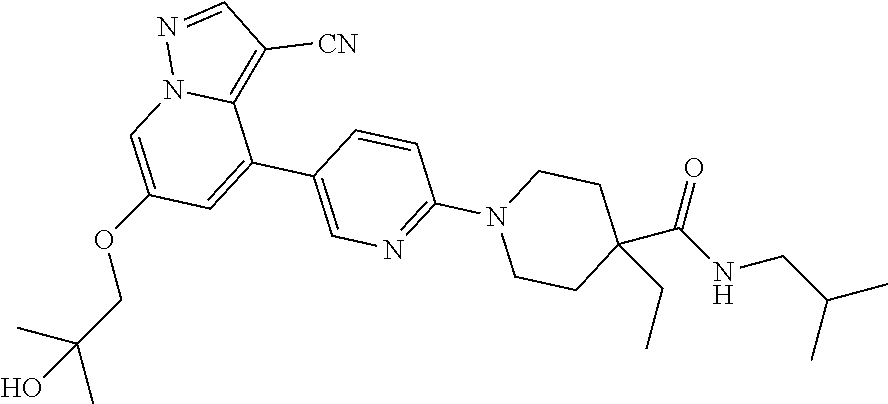
C00718
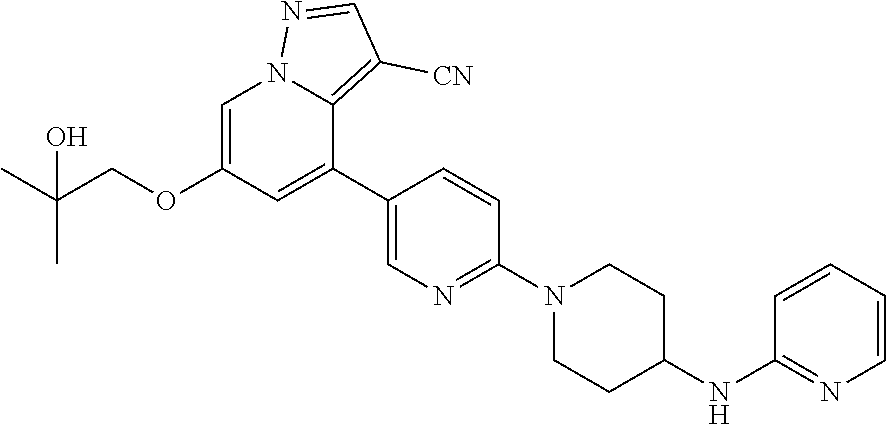
C00719
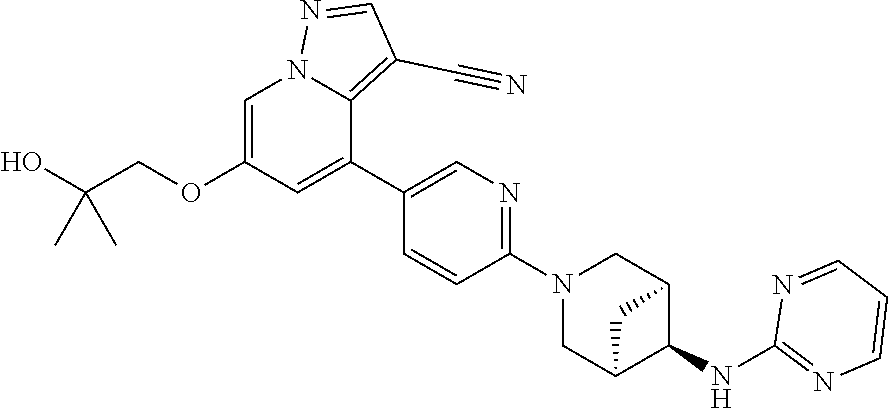
C00720
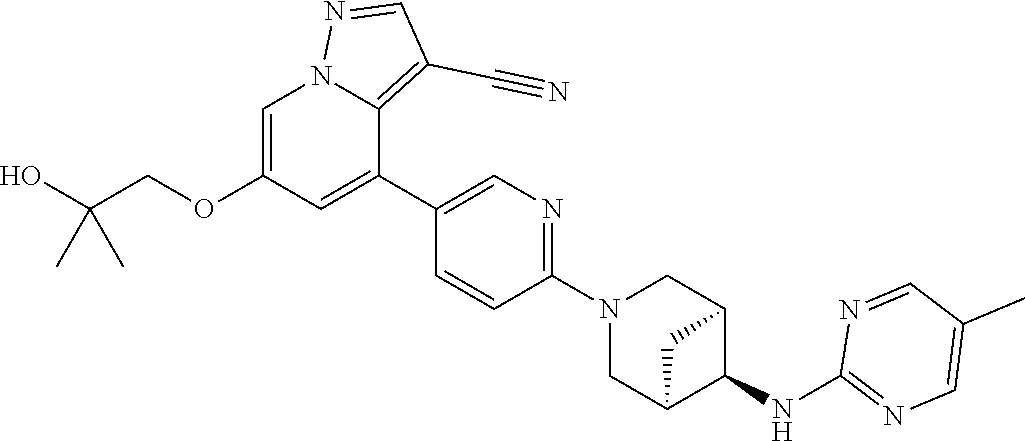
C00721
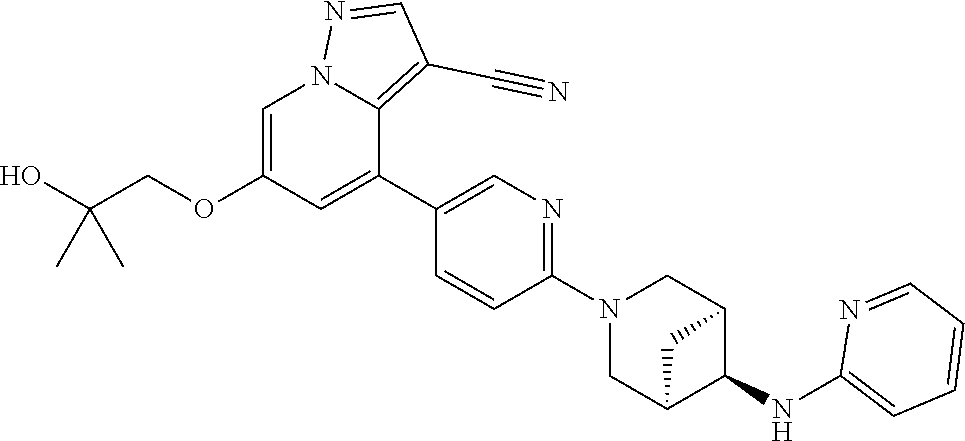
C00722
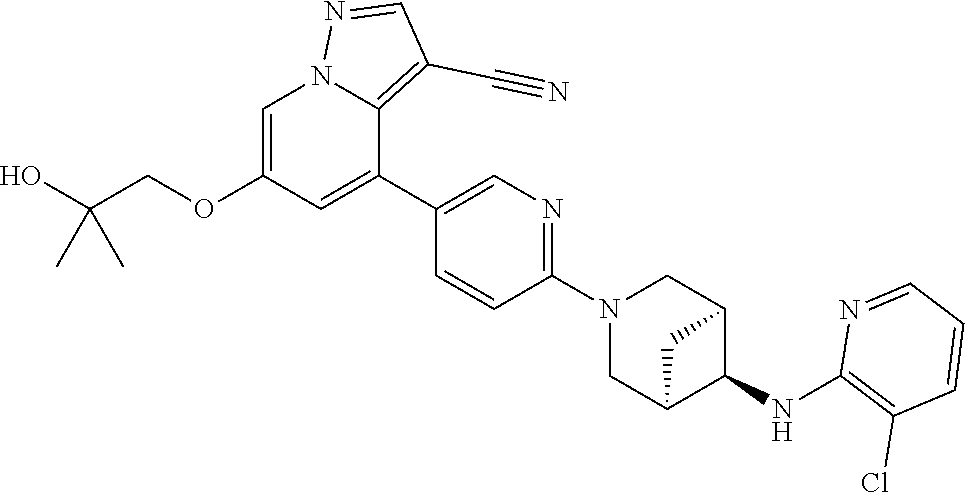
C00723
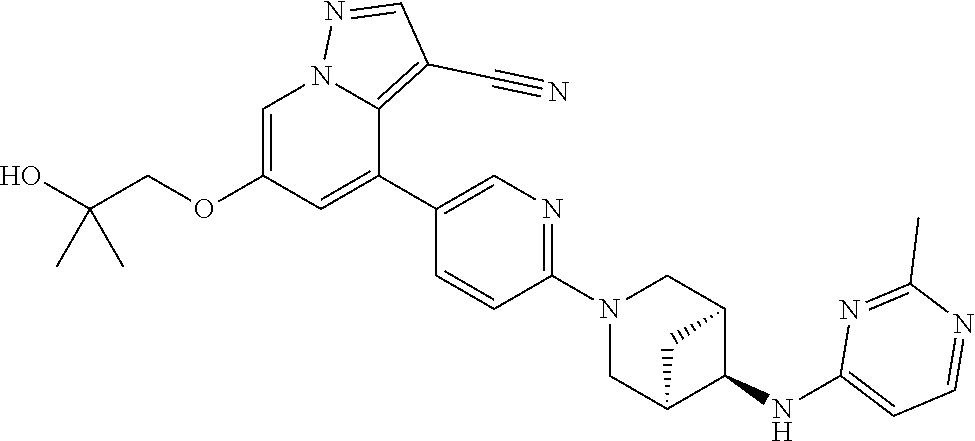
C00724
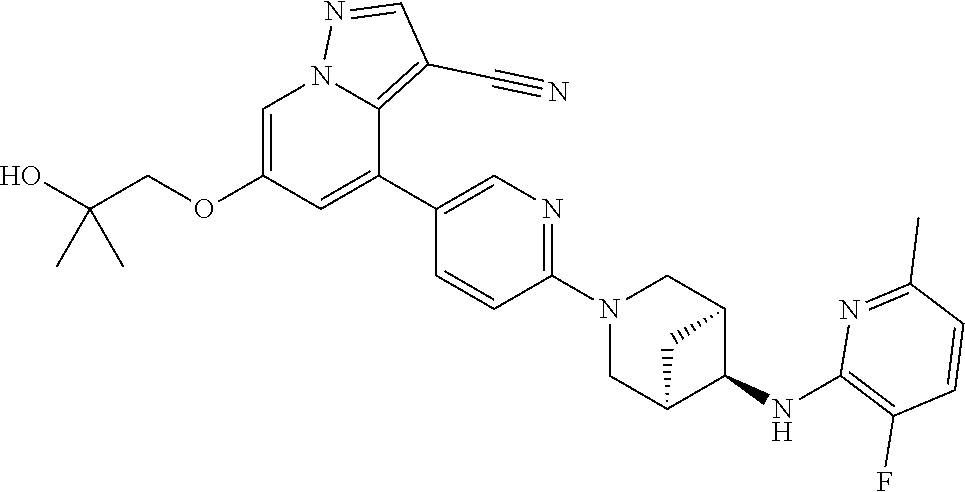
C00725
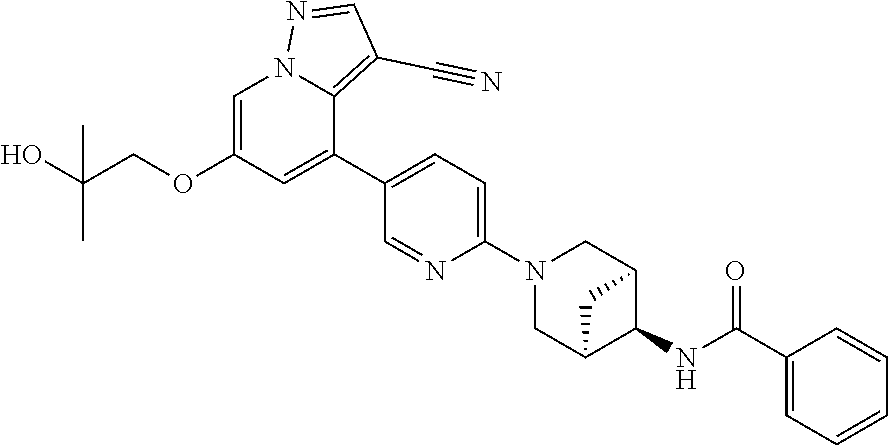
C00726
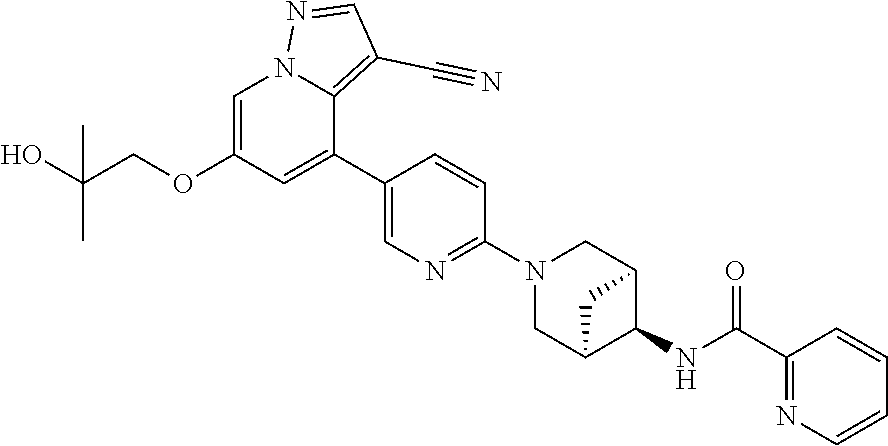
C00727
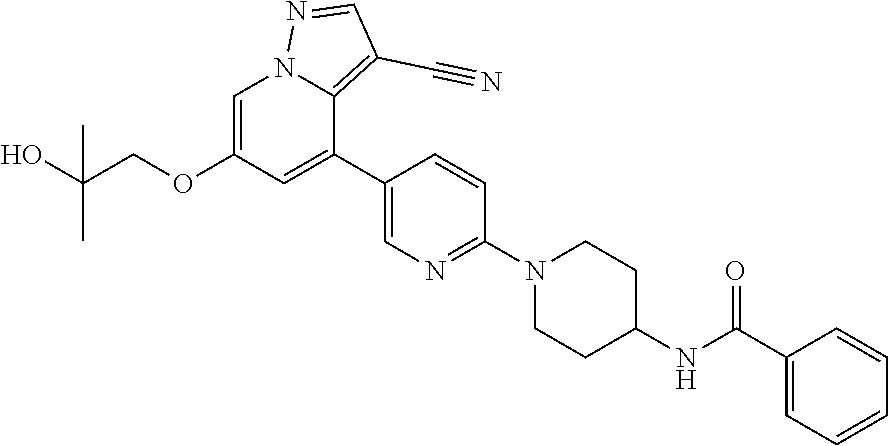
C00728
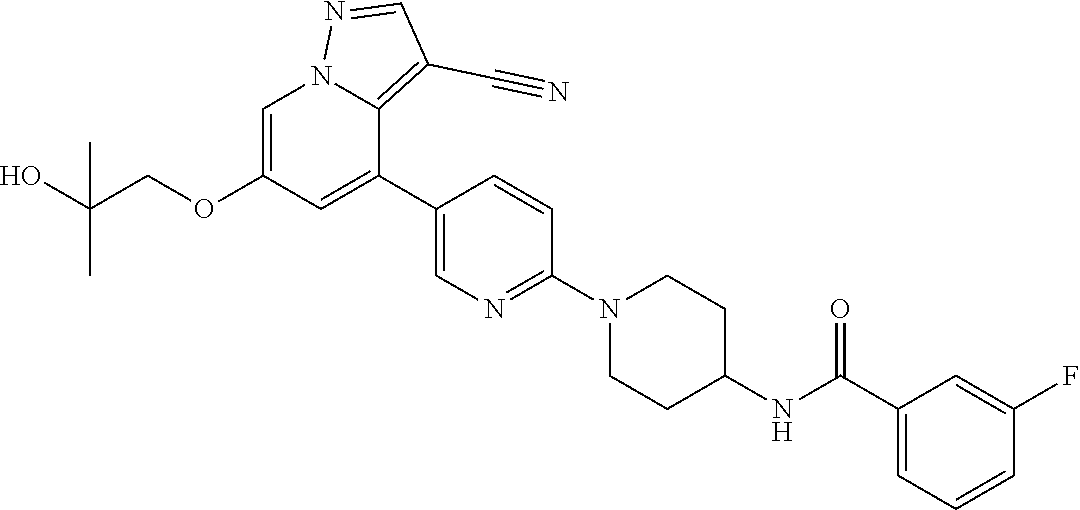
C00729
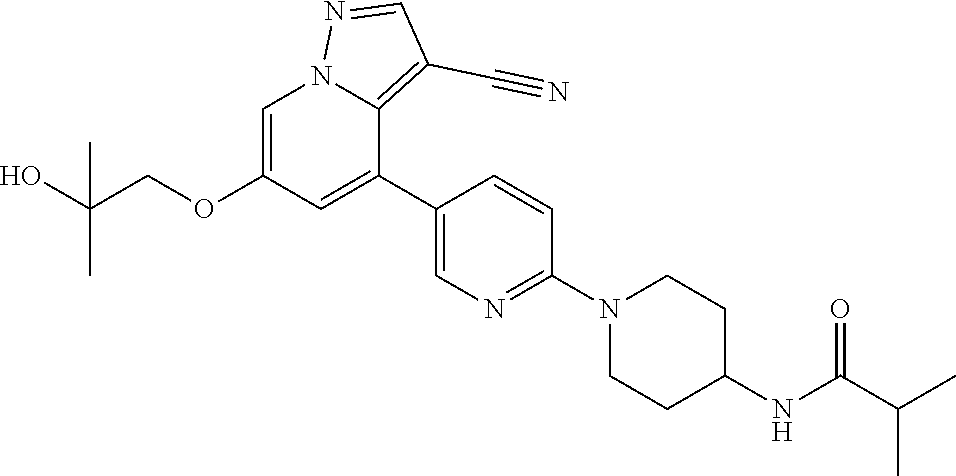
C00730
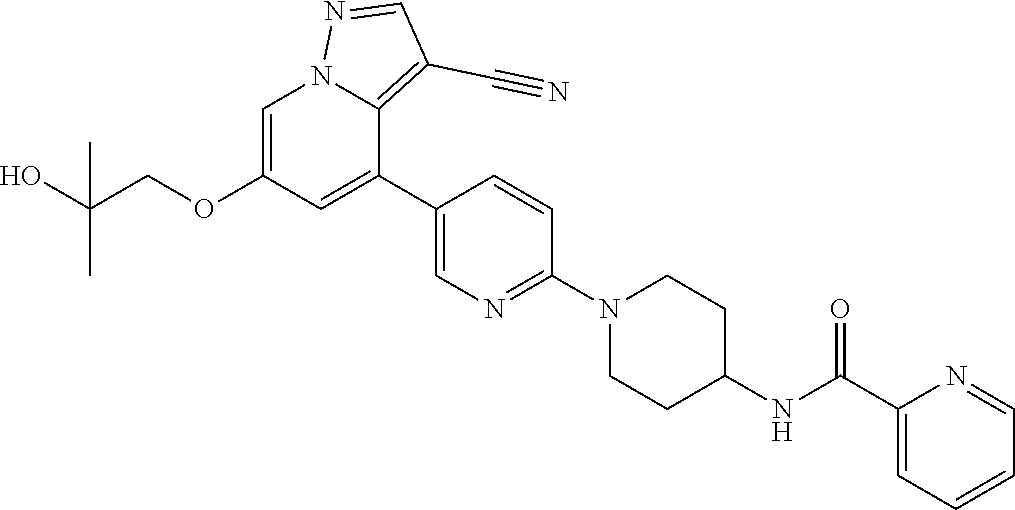
C00731
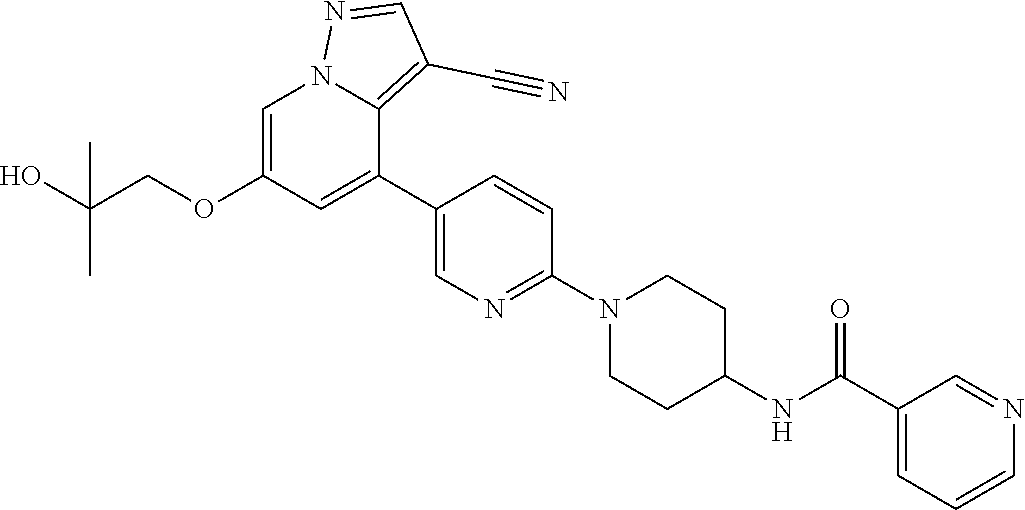
C00732
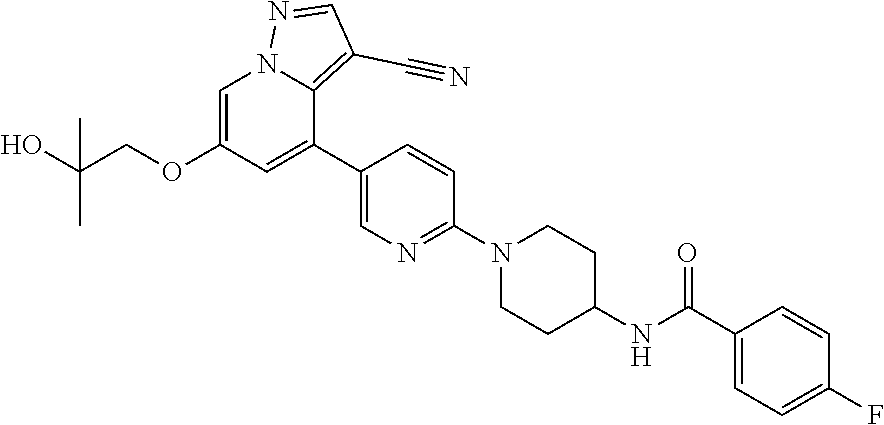
C00733
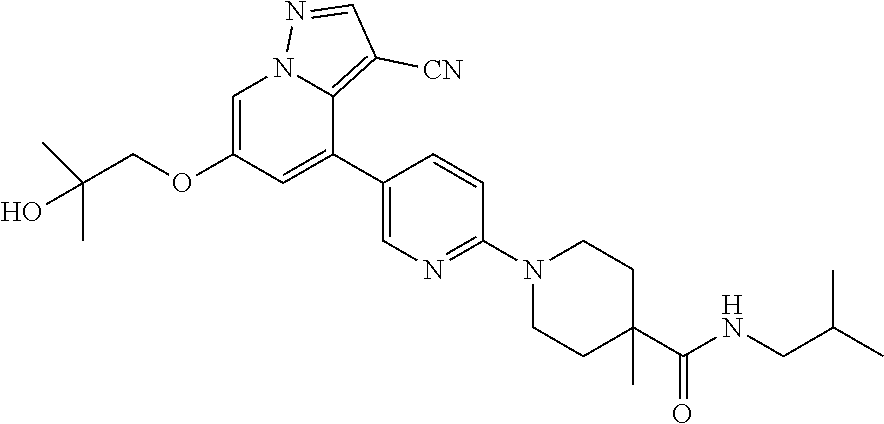
C00734
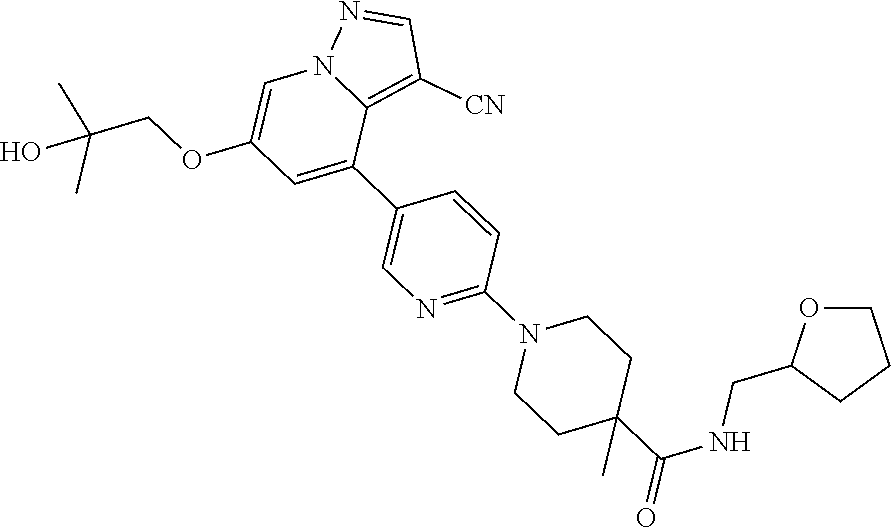
C00735
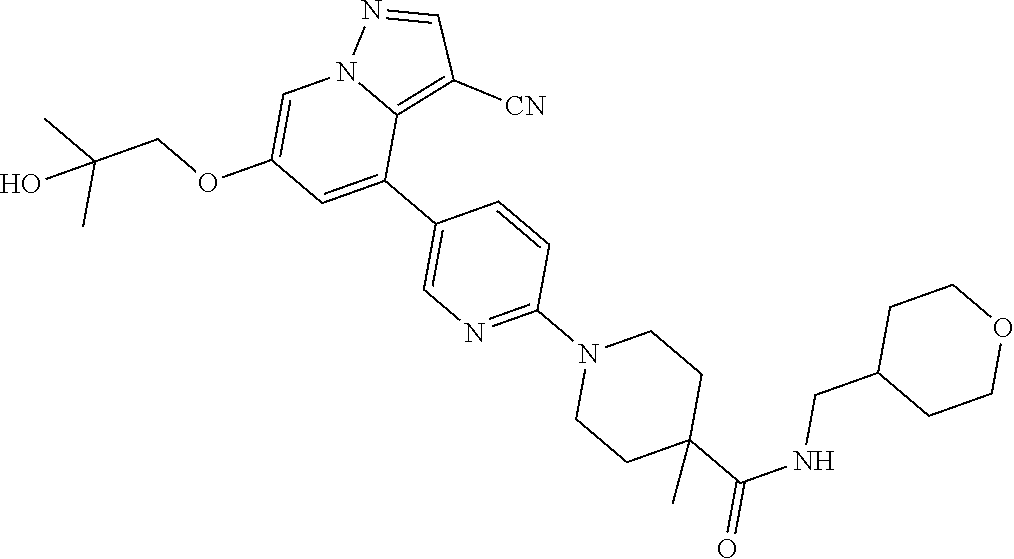
C00736
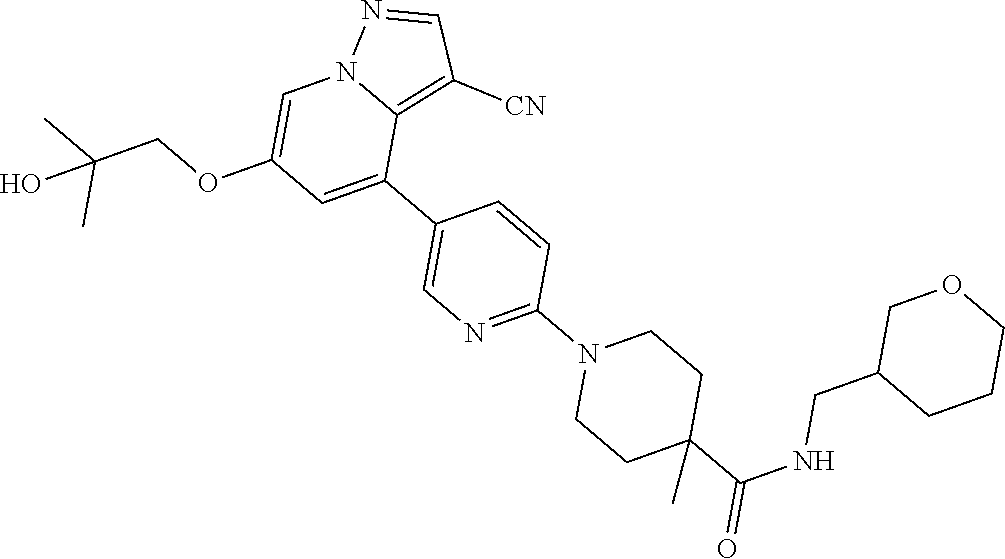
C00737
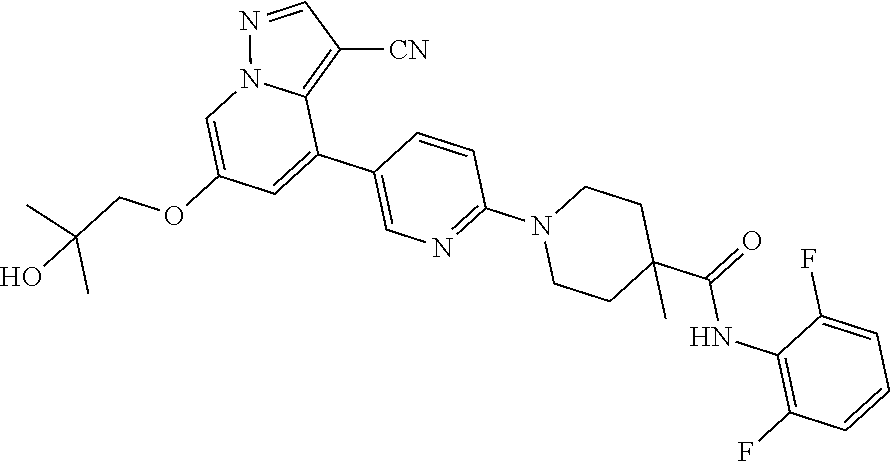
C00738

C00739
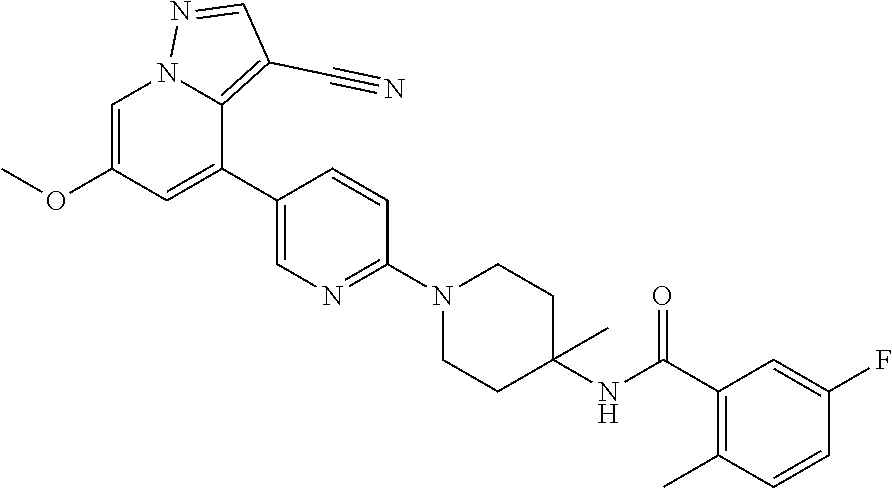
C00740
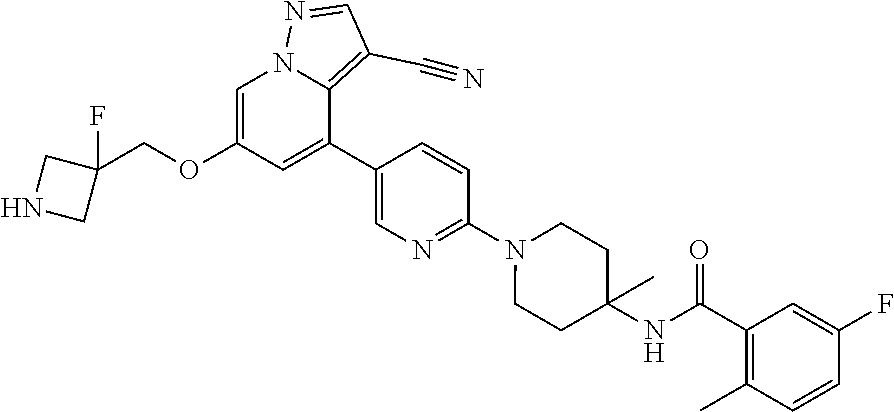
C00741
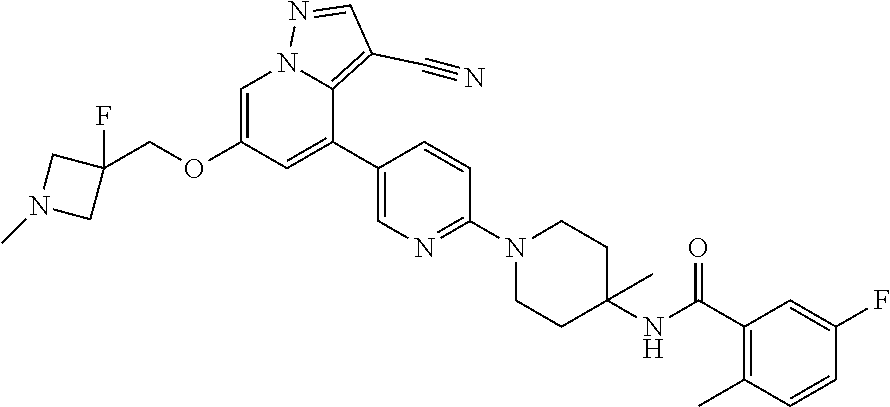
C00742
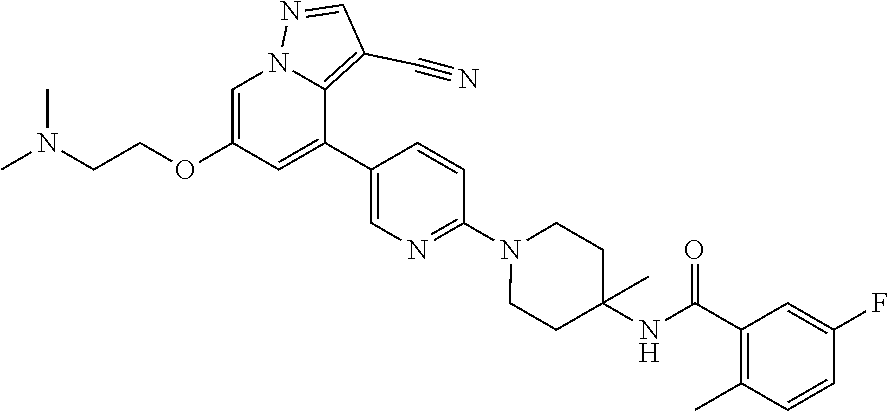
C00743
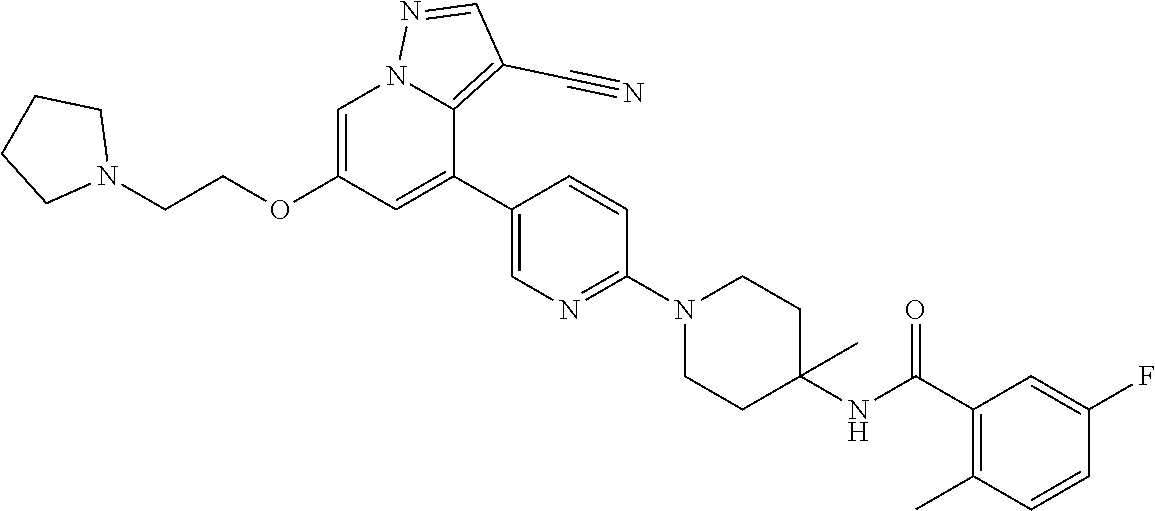
C00744
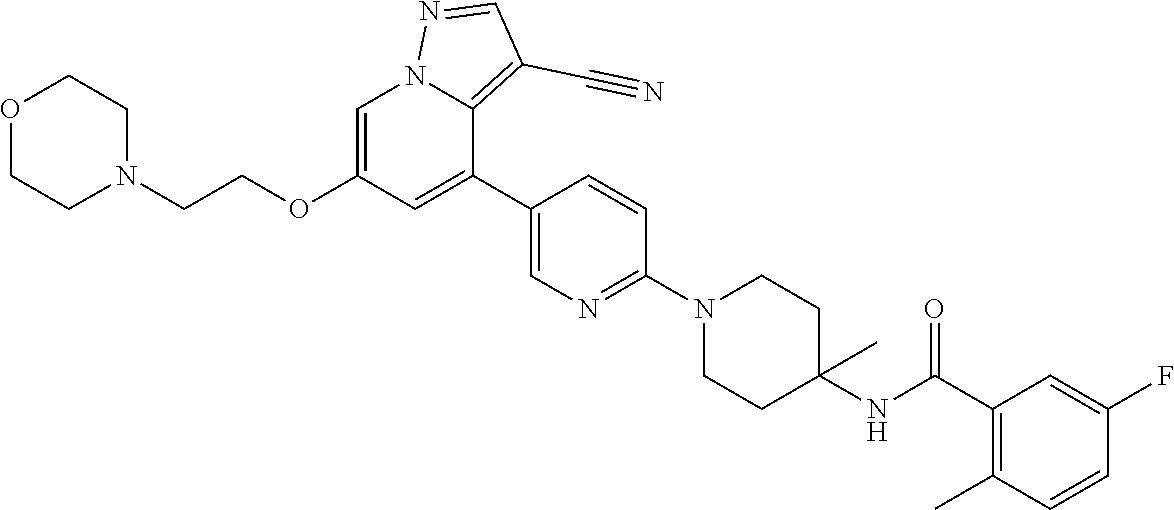
C00745
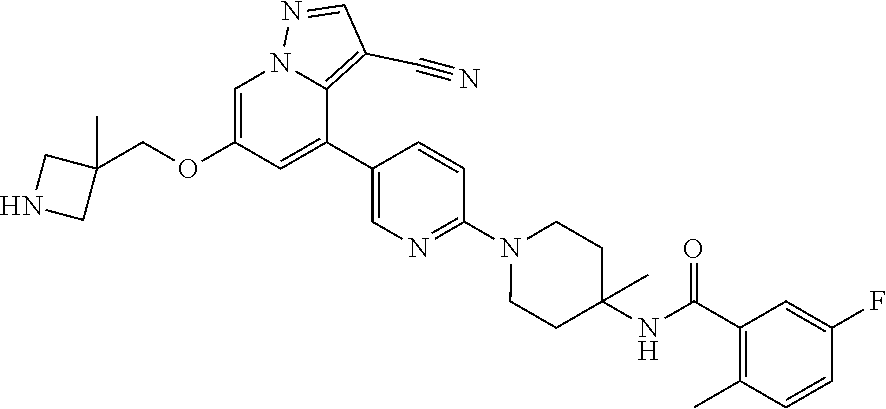
C00746
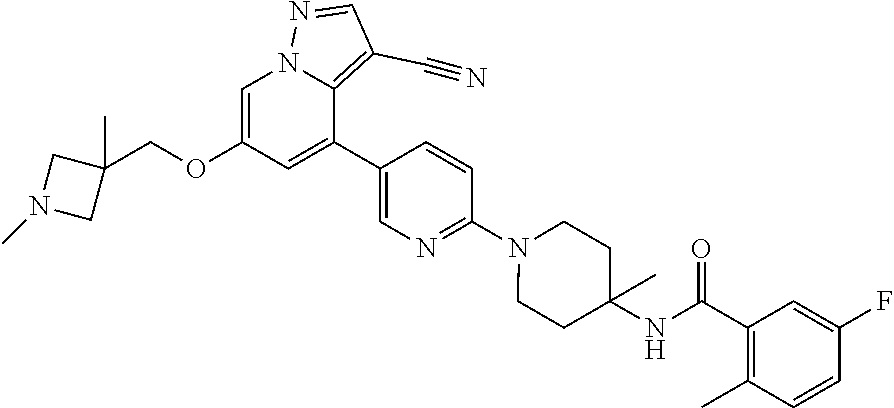
C00747

C00748
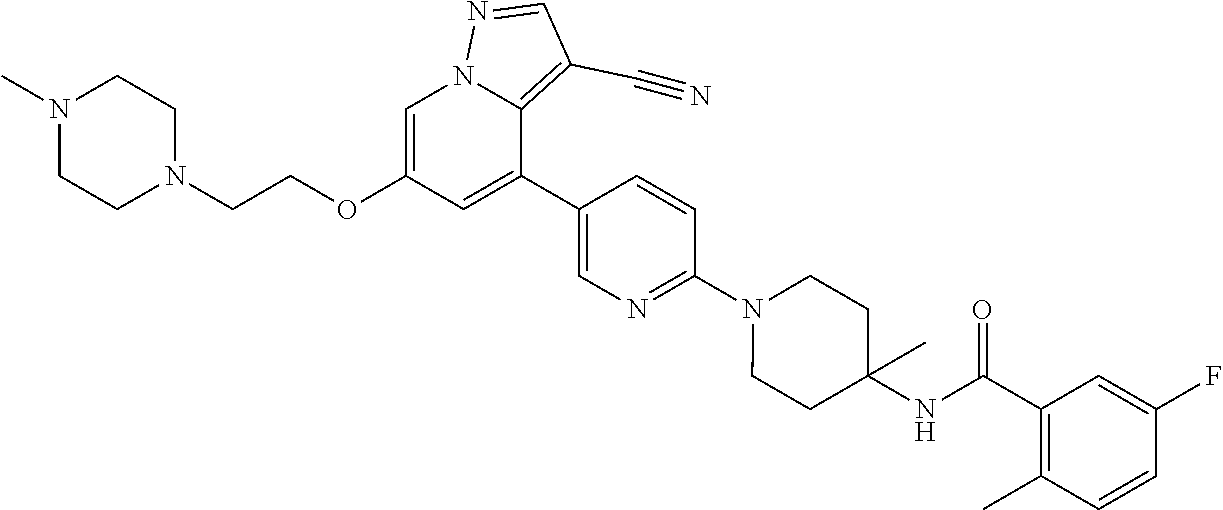
C00749

C00750
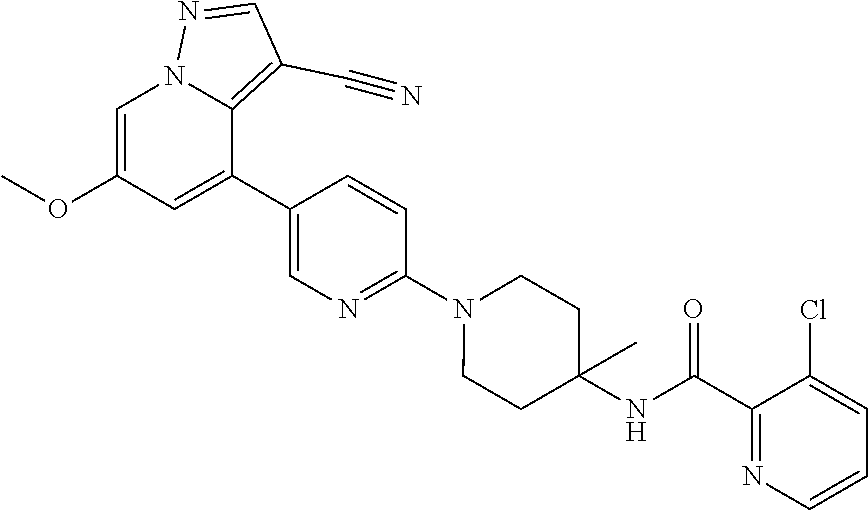
C00751
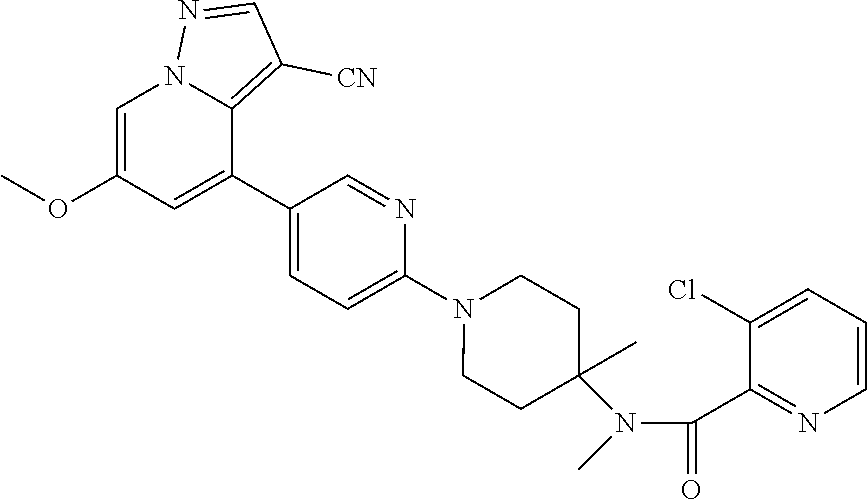
C00752
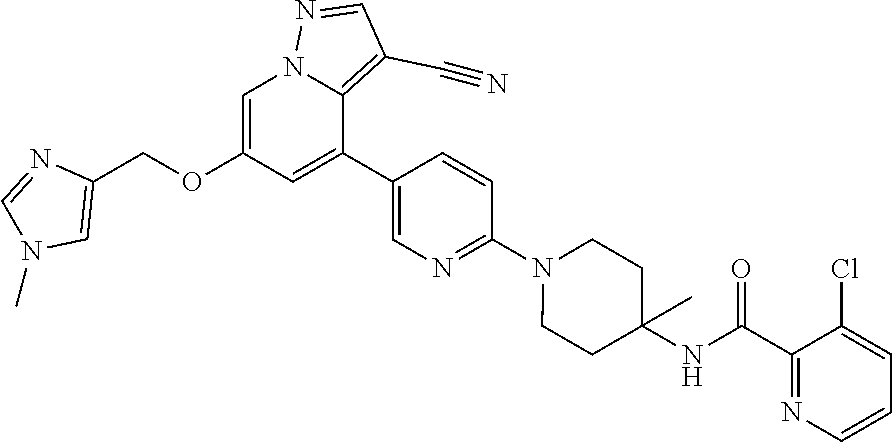
C00753
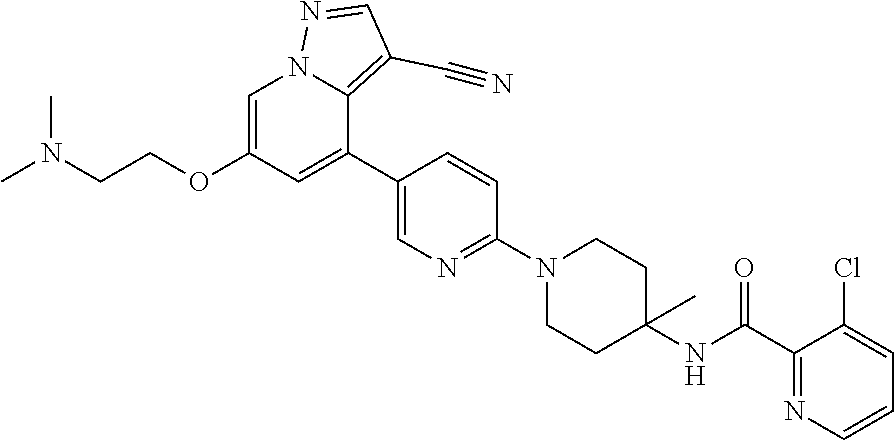
C00754
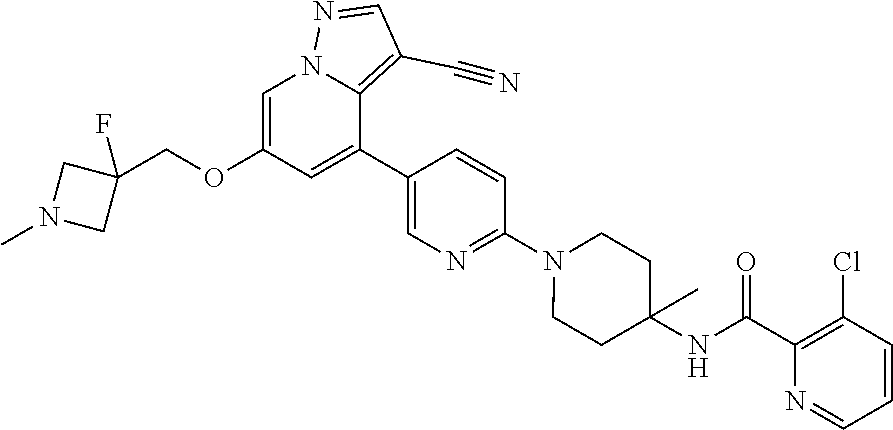
C00755
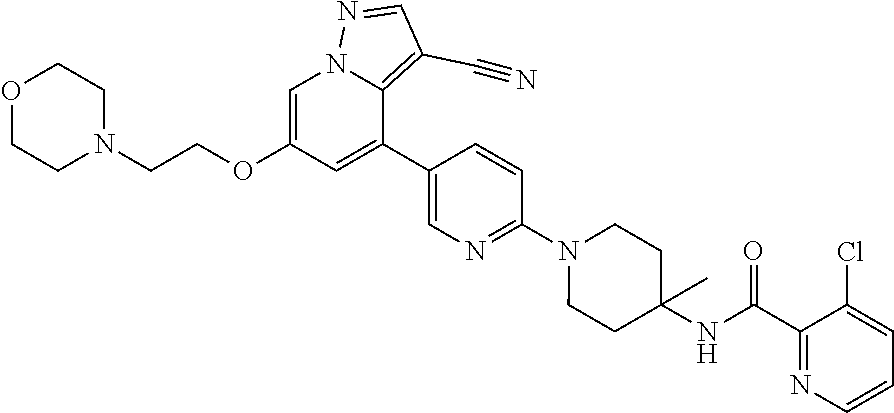
C00756
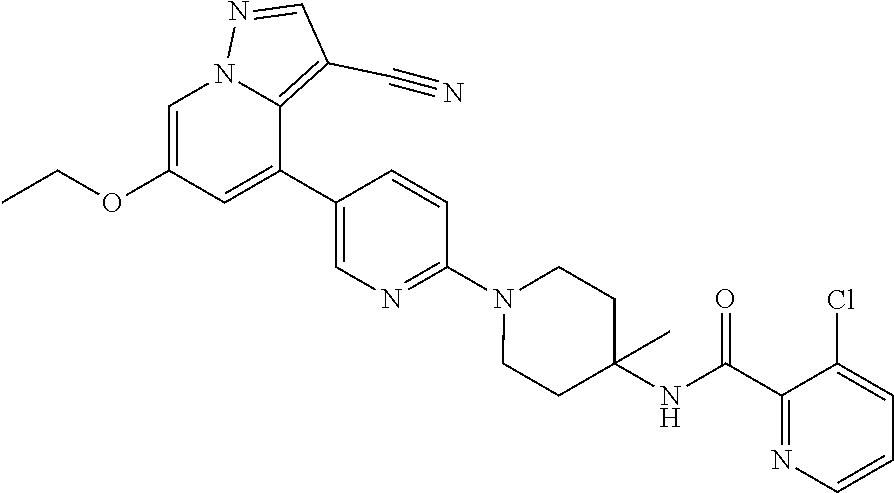
C00757
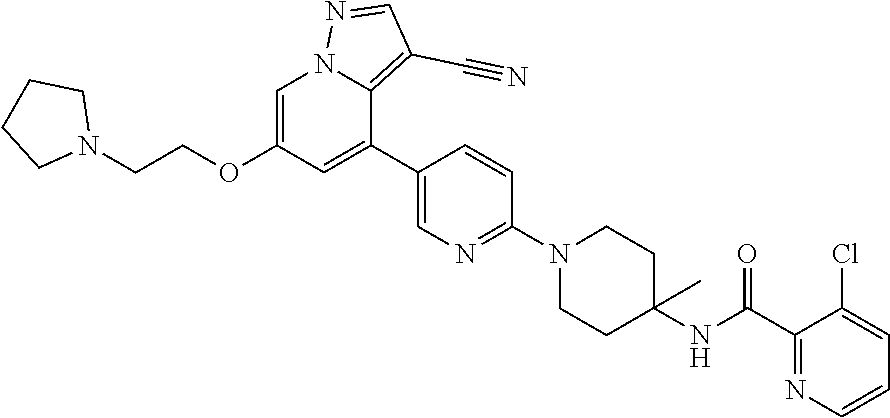
C00758
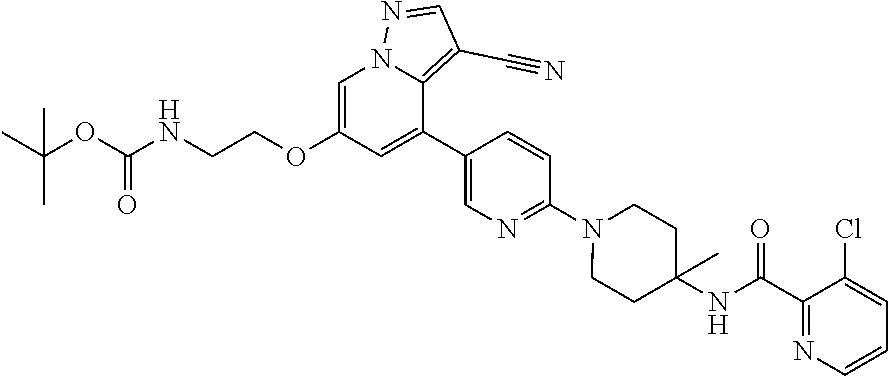
C00759
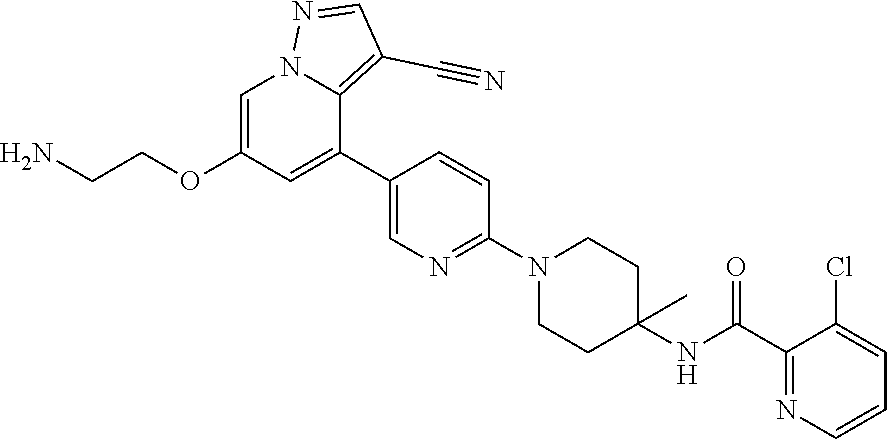
C00760
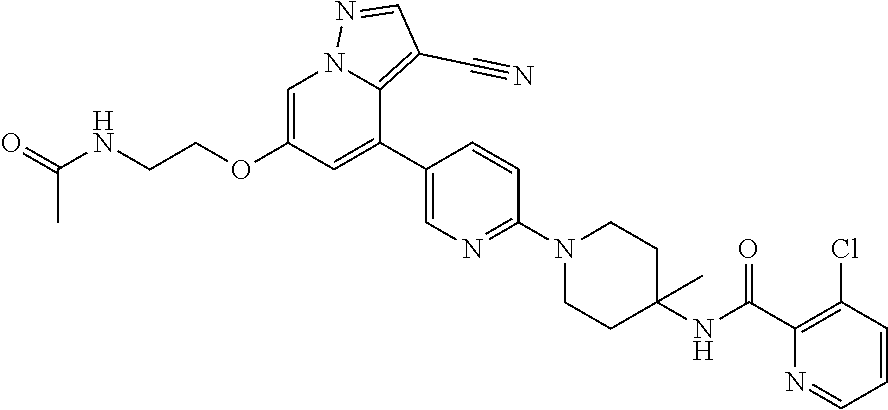
C00761
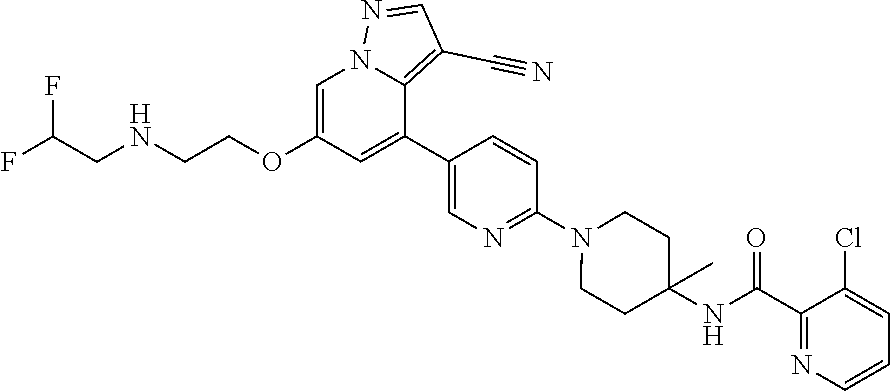
C00762
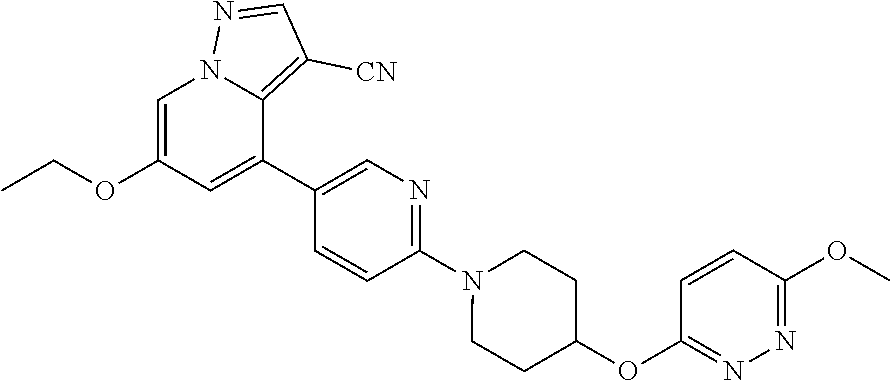
C00763
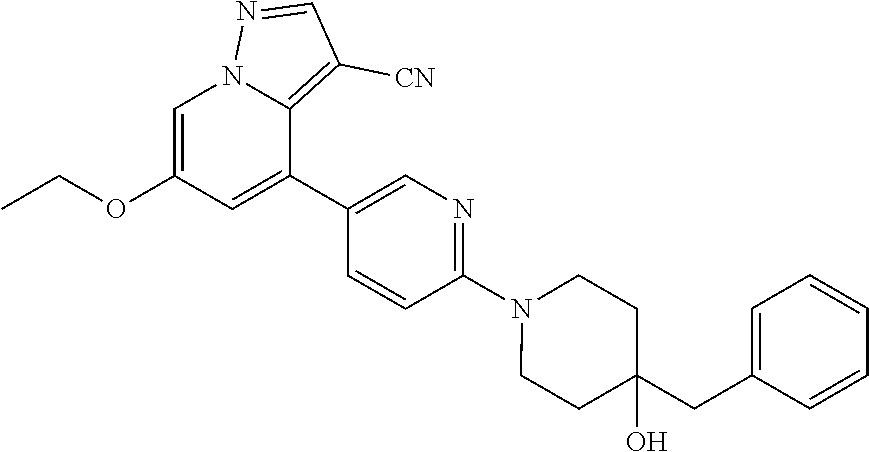
C00764
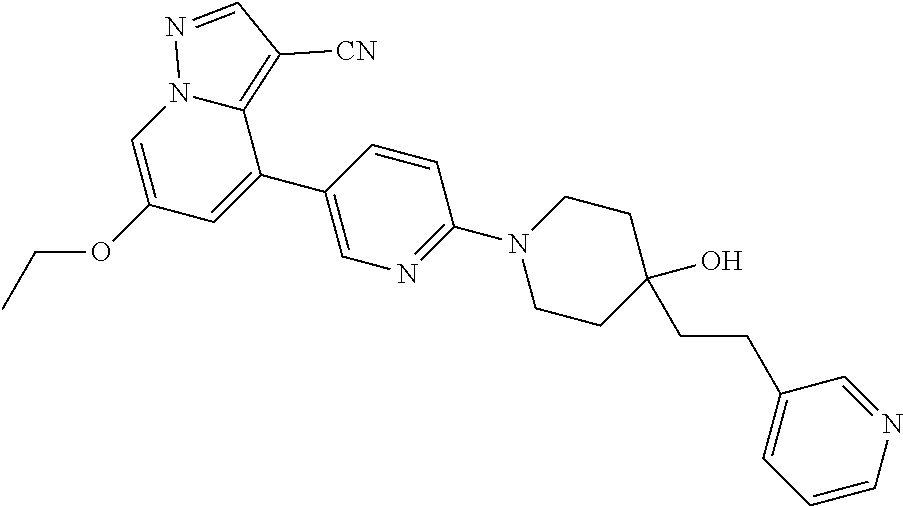
C00765
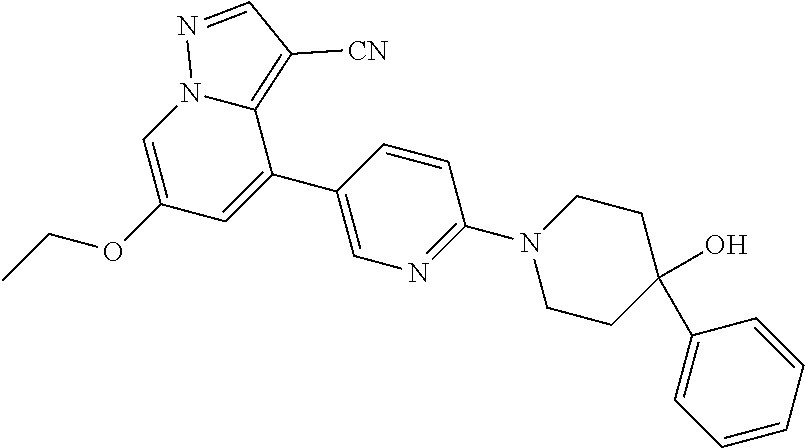
C00766
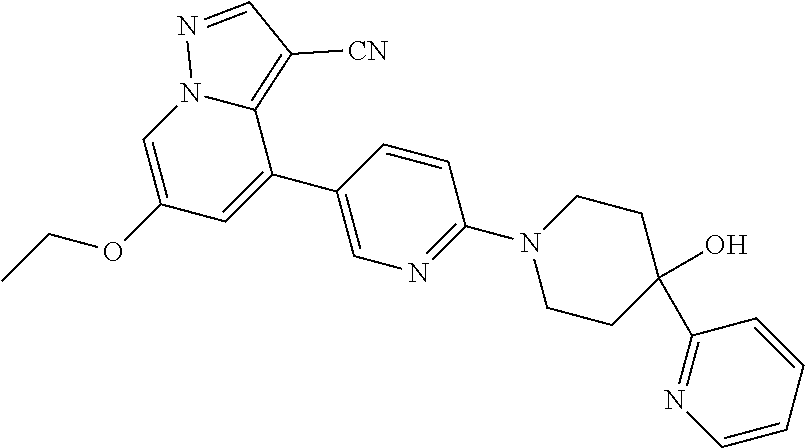
C00767

C00768
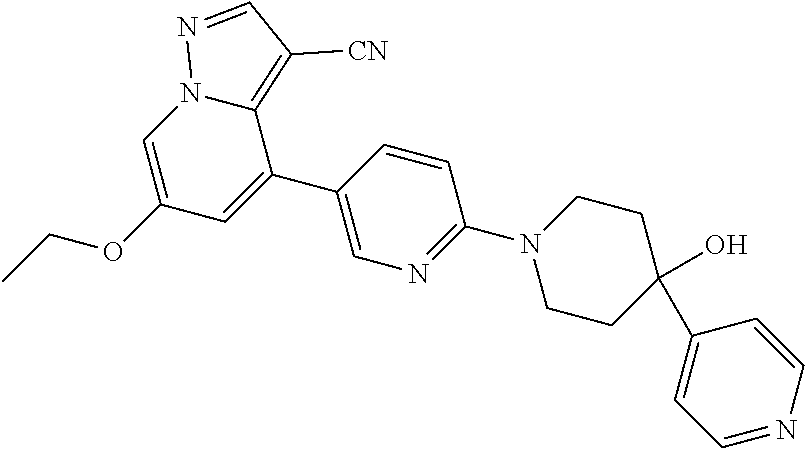
C00769
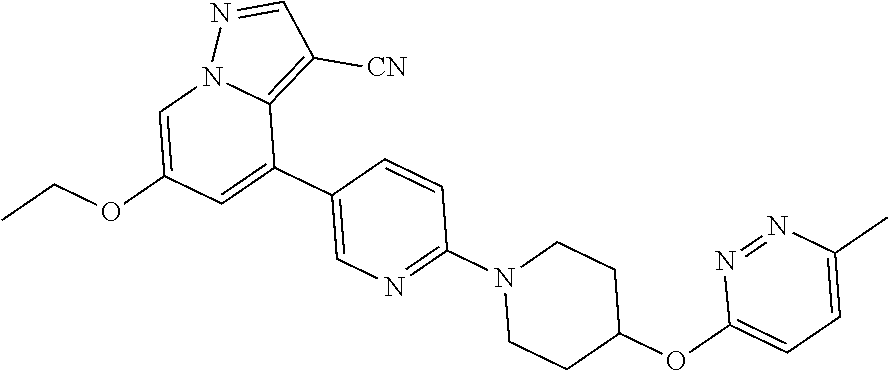
C00770

C00771
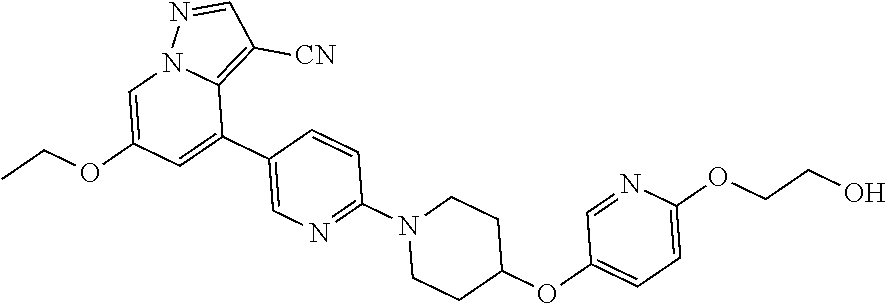
C00772
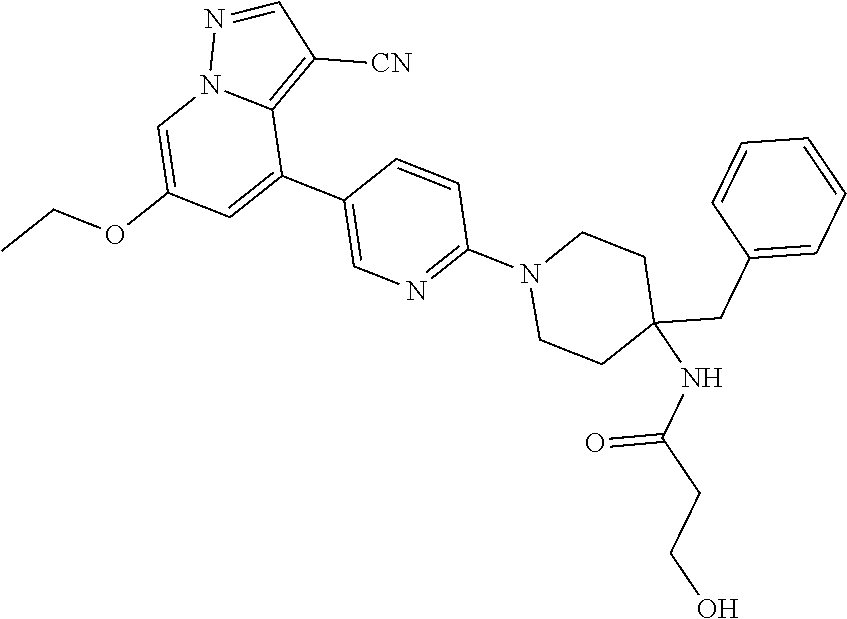
C00773
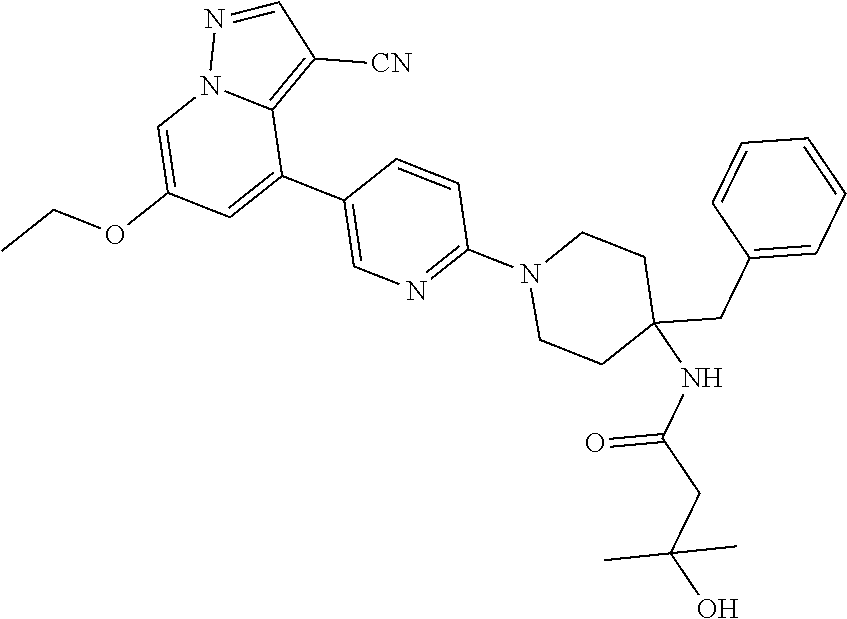
C00774
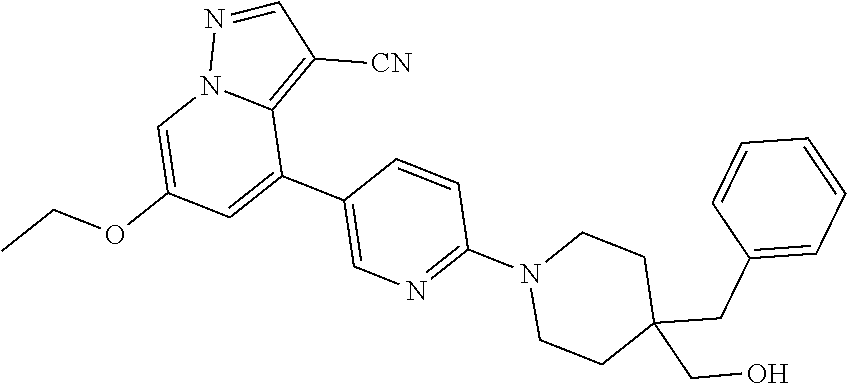
C00775
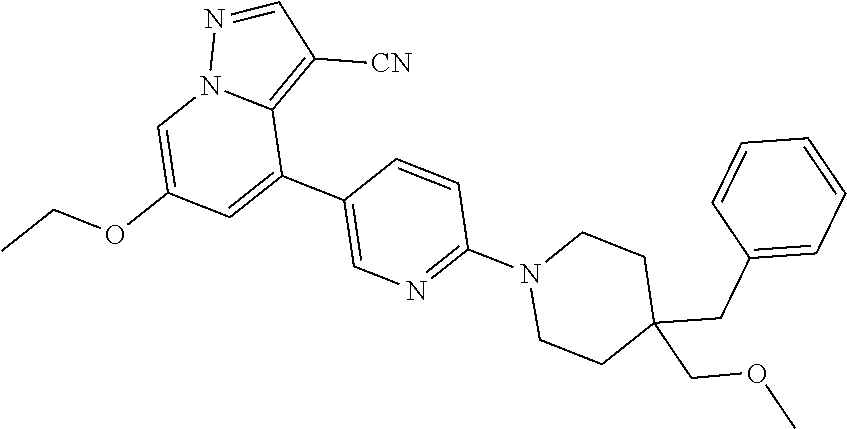
C00776
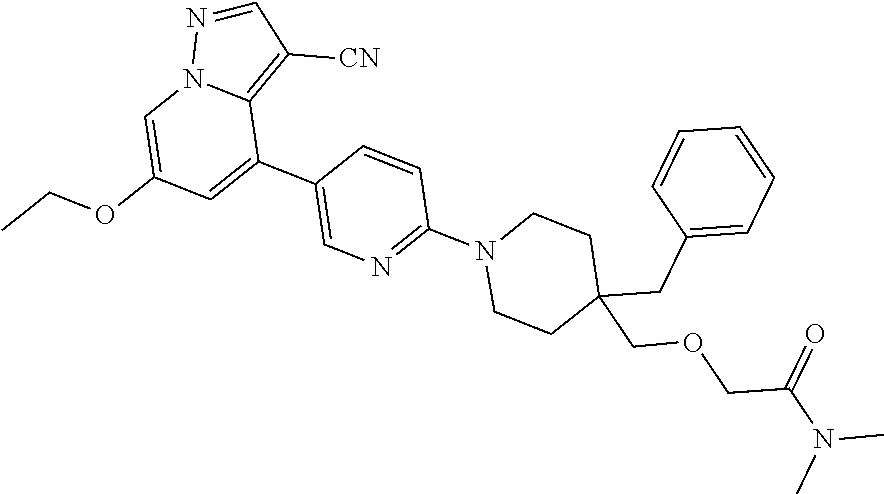
C00777
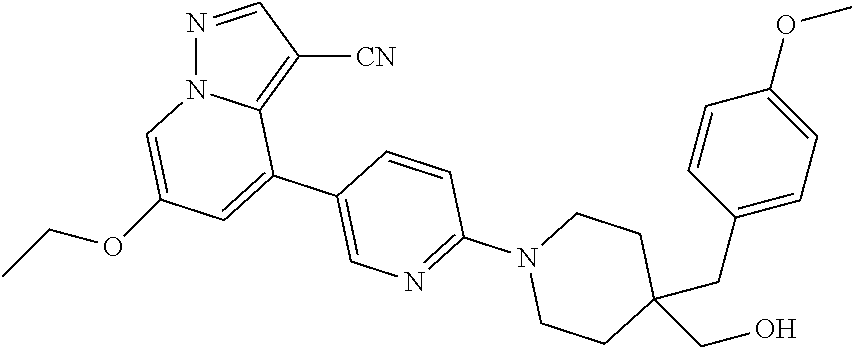
C00778
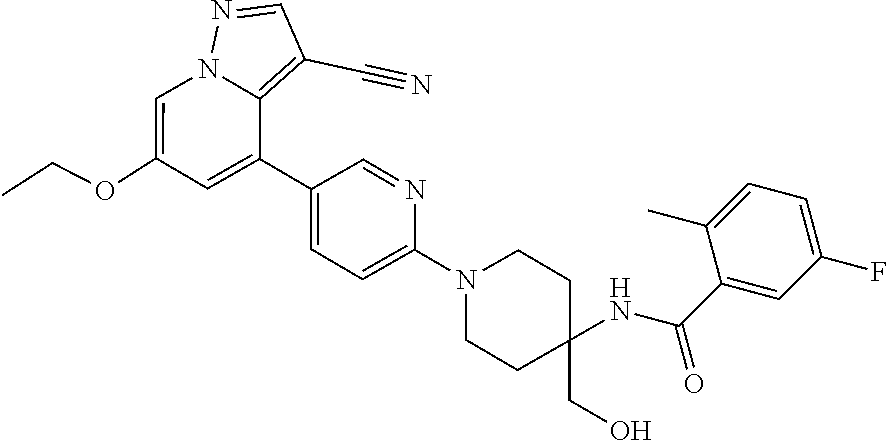
C00779
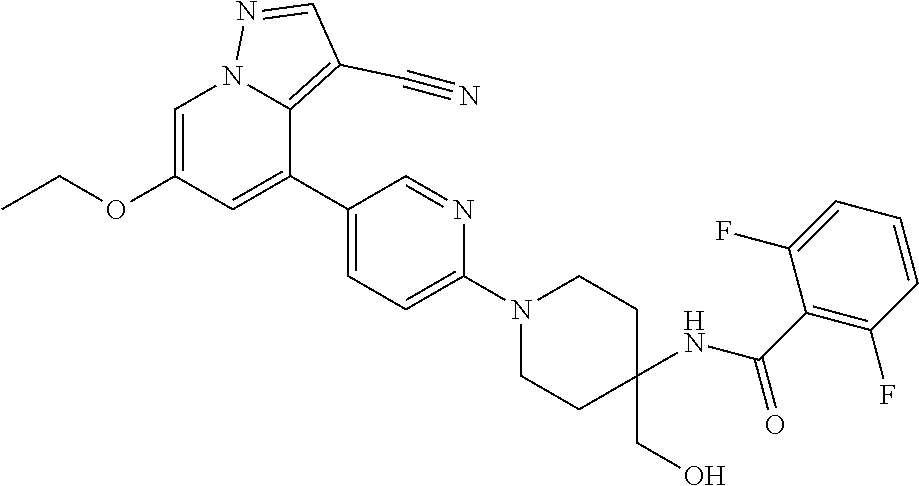
C00780

C00781

C00782
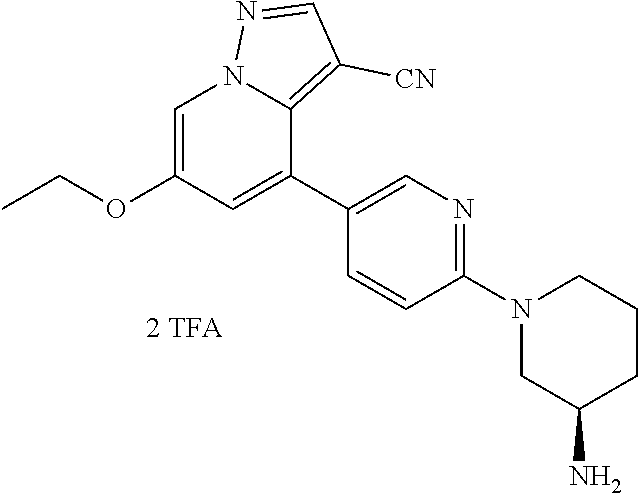
C00783
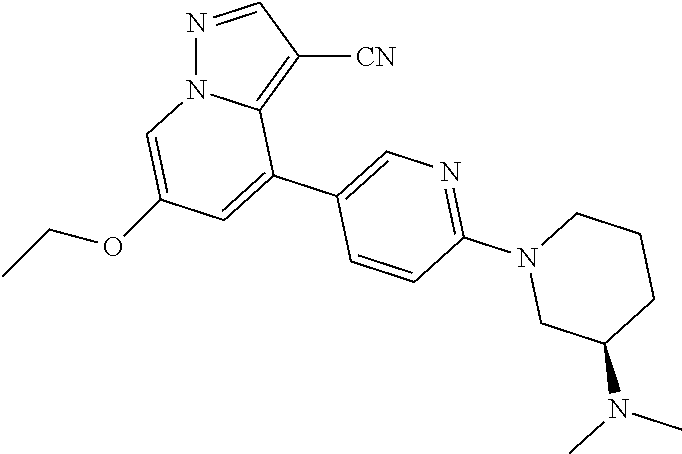
C00784
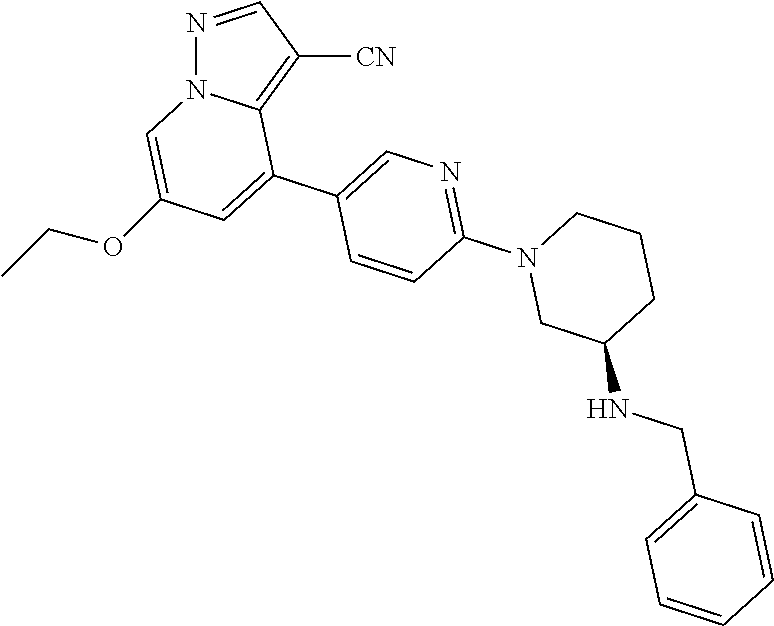
C00785
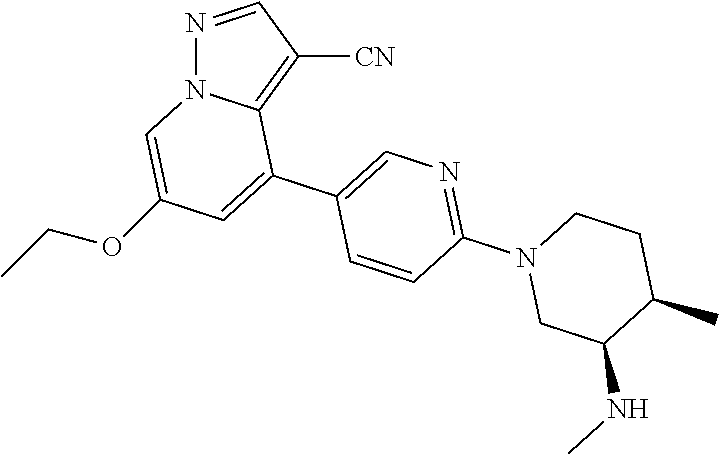
C00786
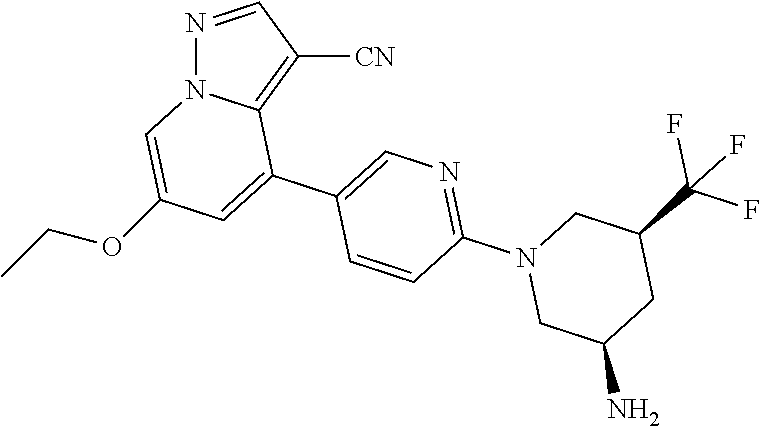
C00787
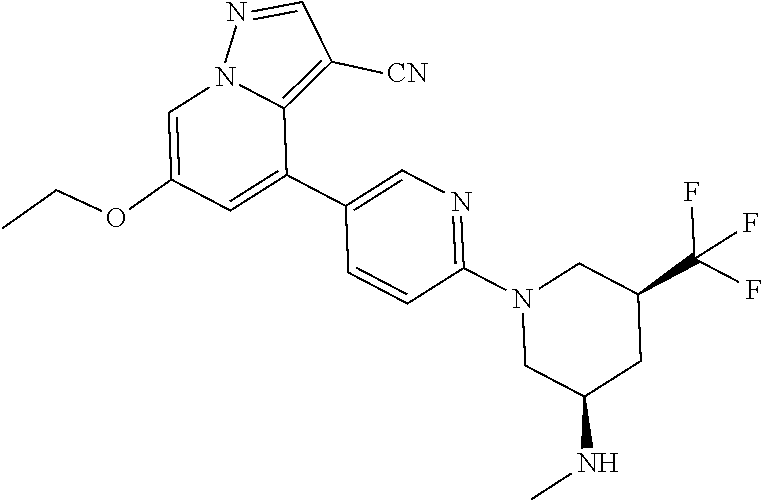
C00788
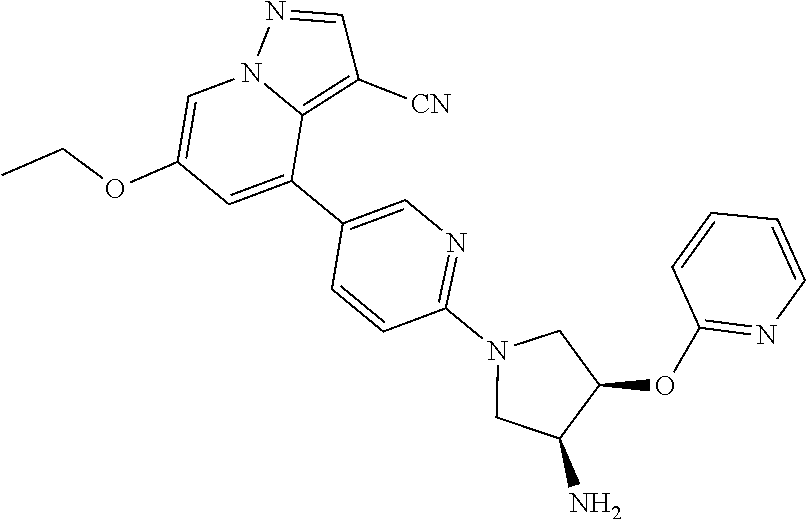
C00789
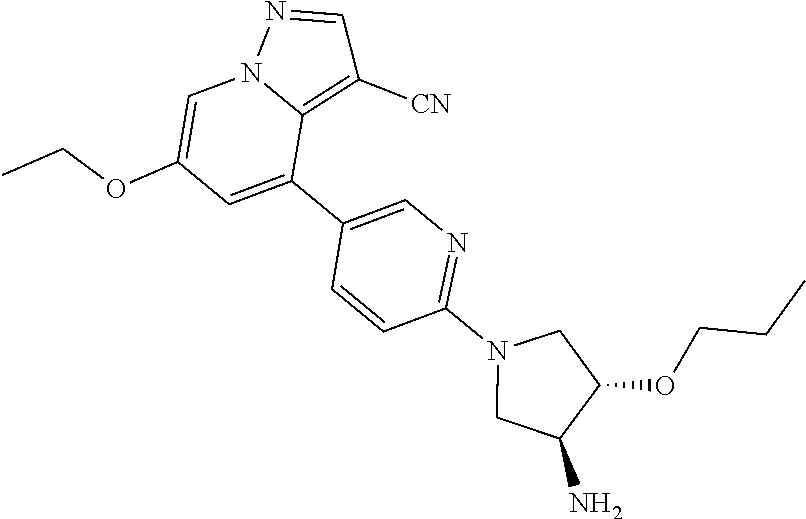
C00790
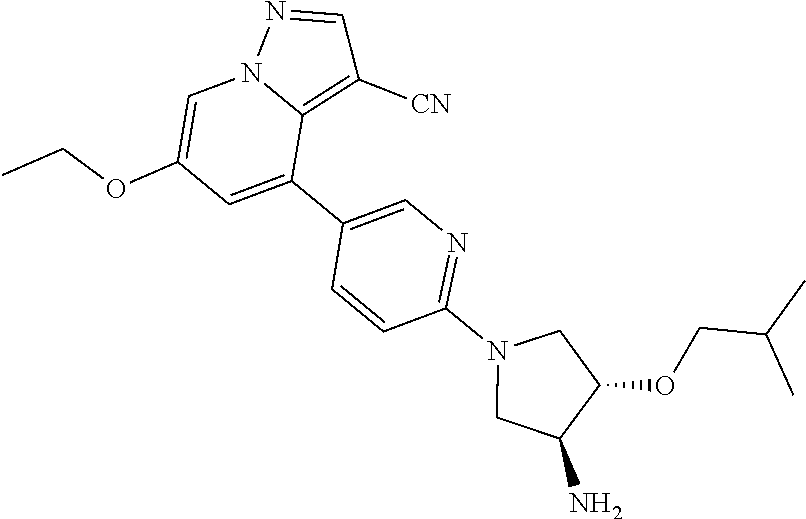
C00791
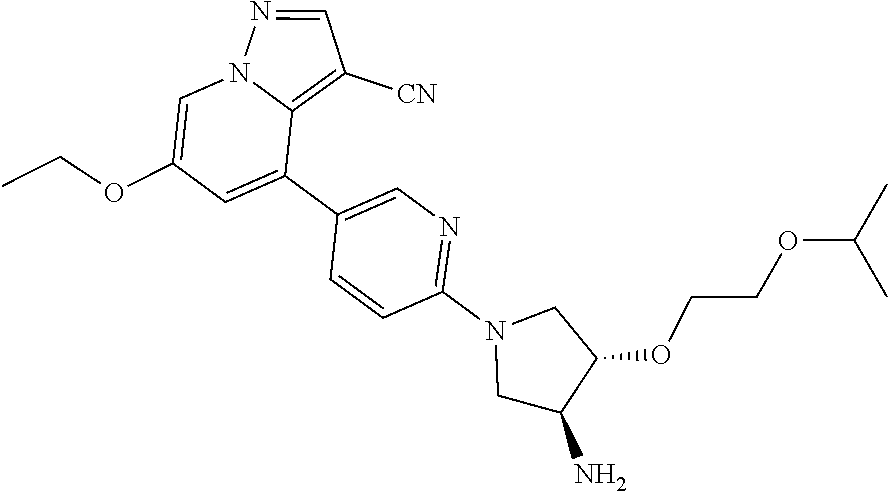
C00792
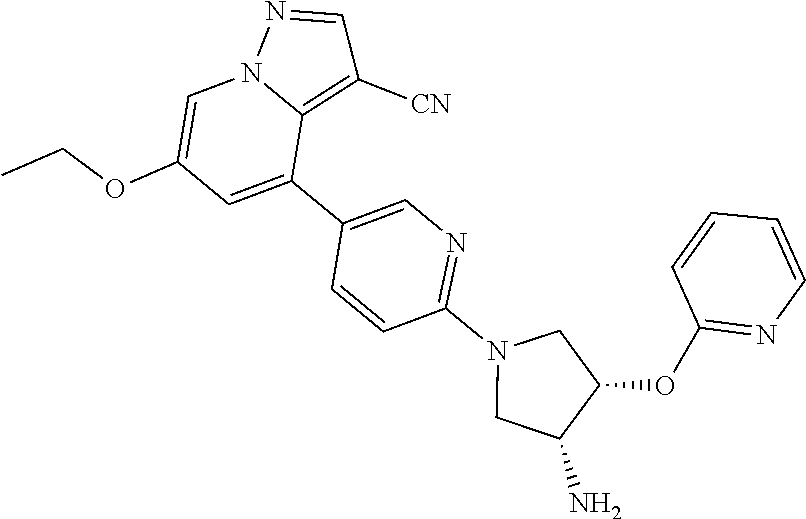
C00793
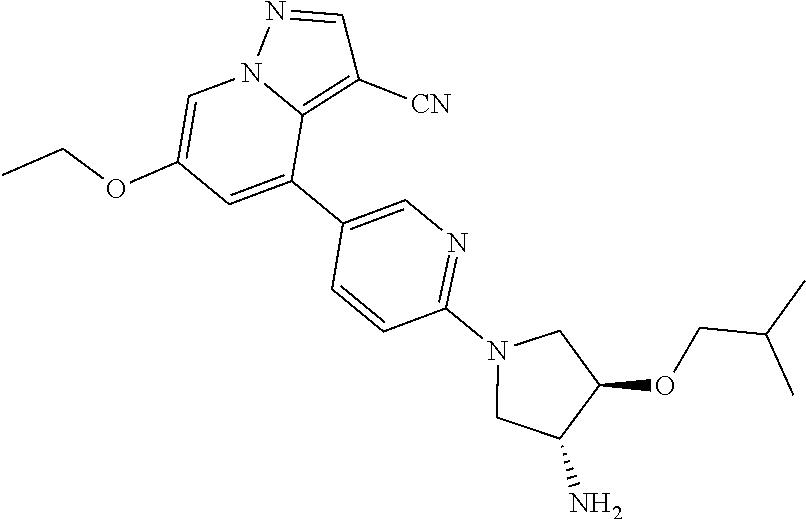
C00794
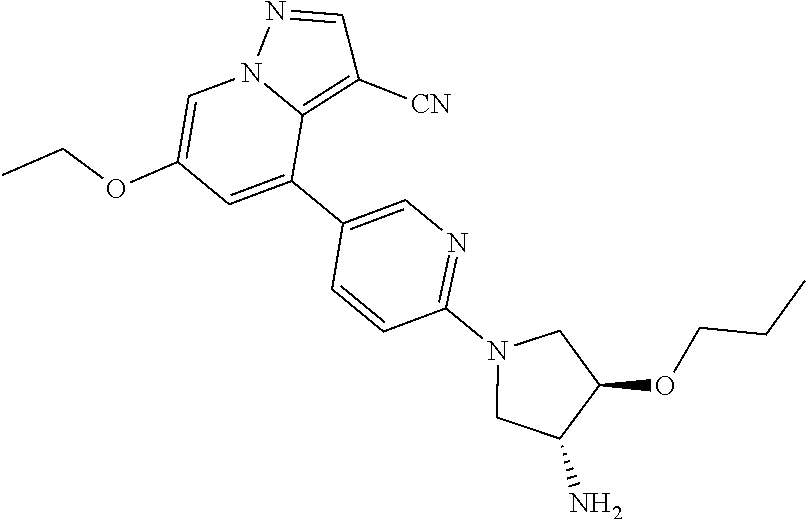
C00795
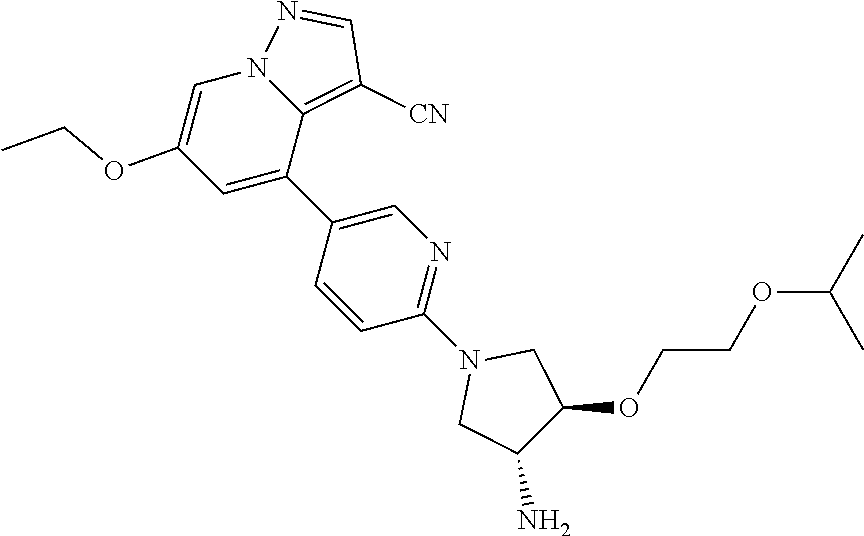
C00796
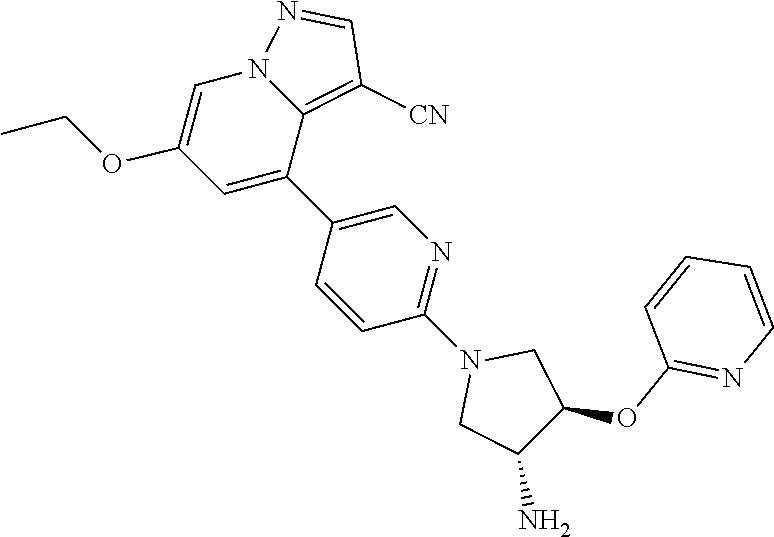
C00797
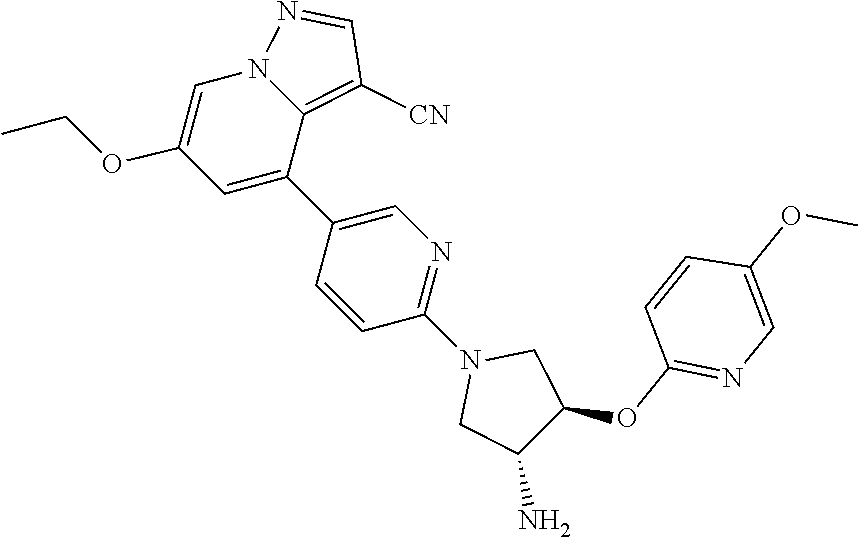
C00798
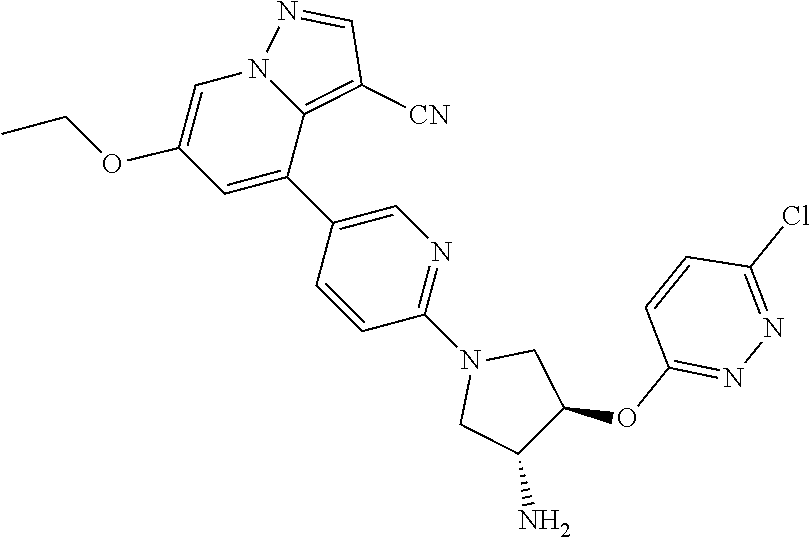
C00799
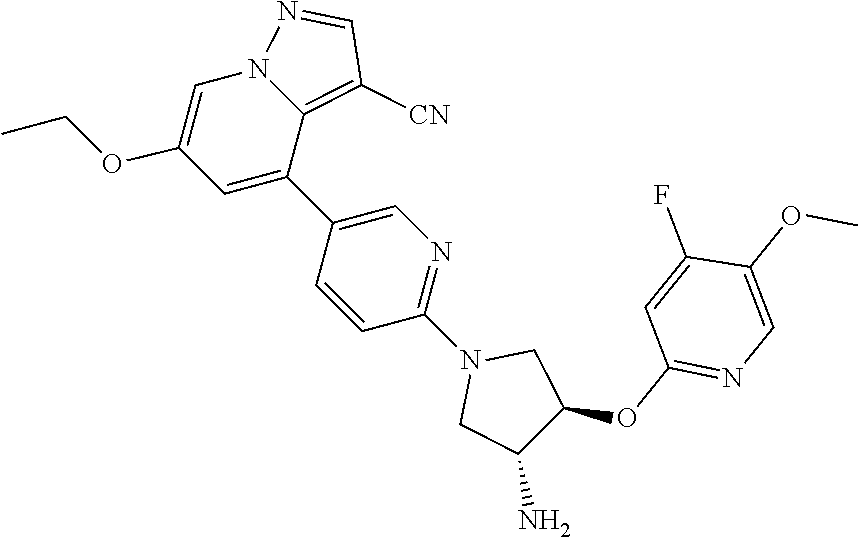
C00800
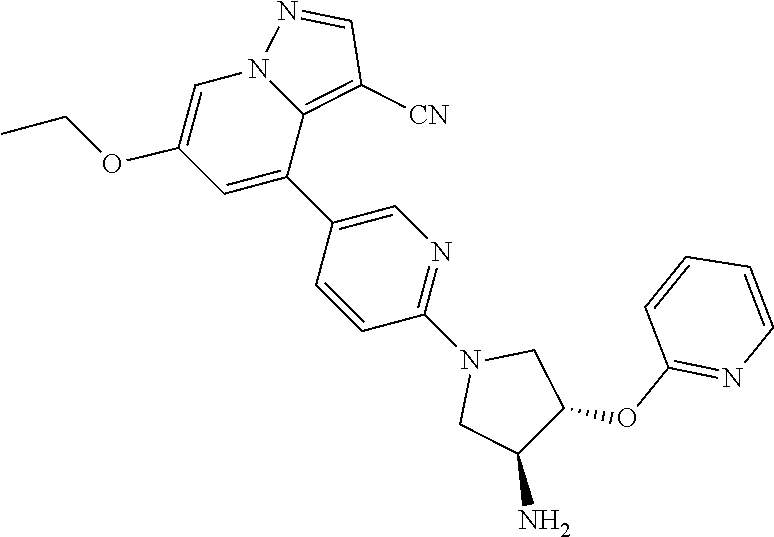
C00801
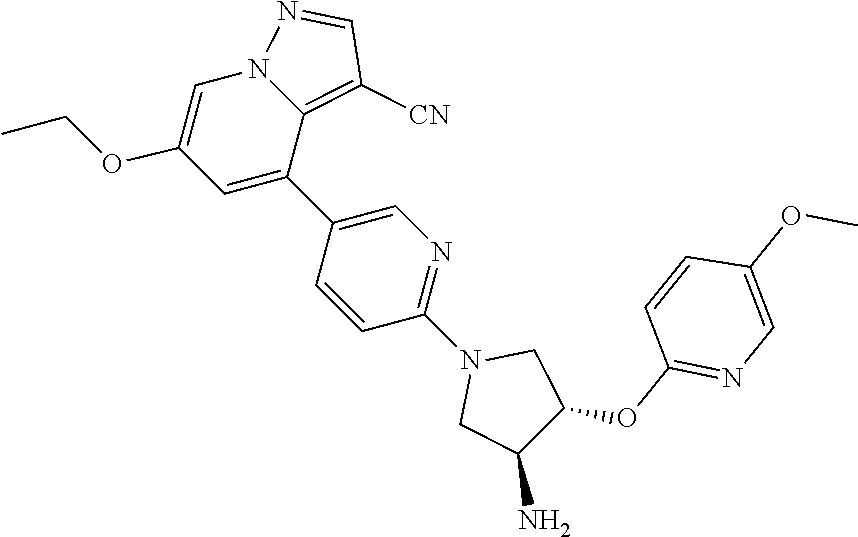
C00802
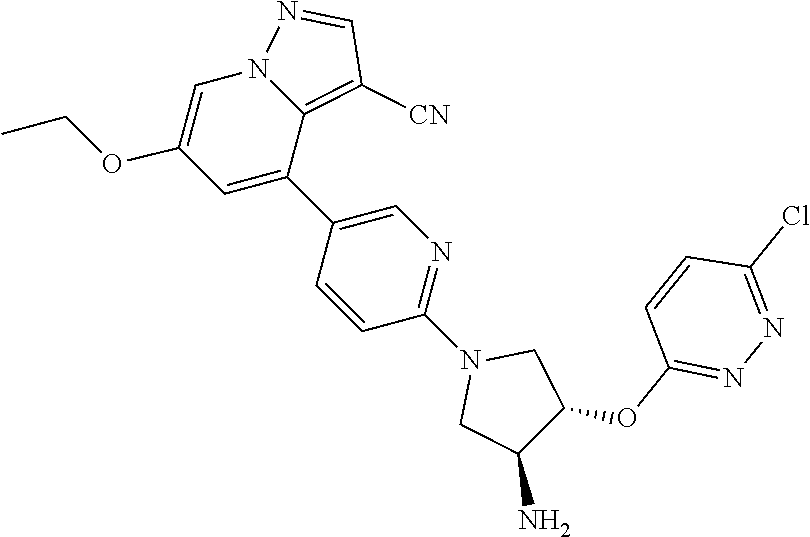
C00803
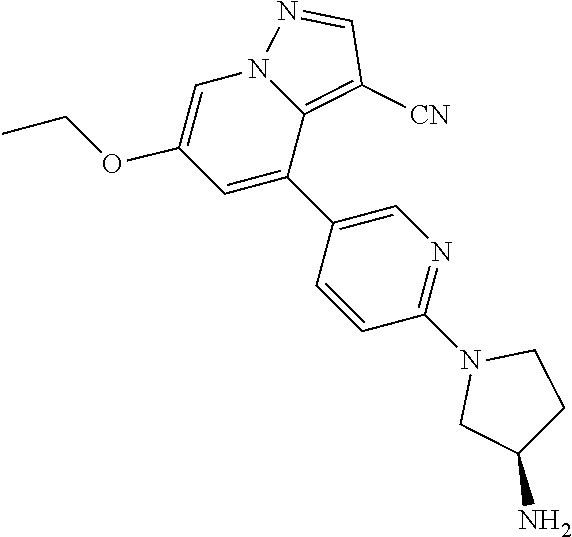
C00804
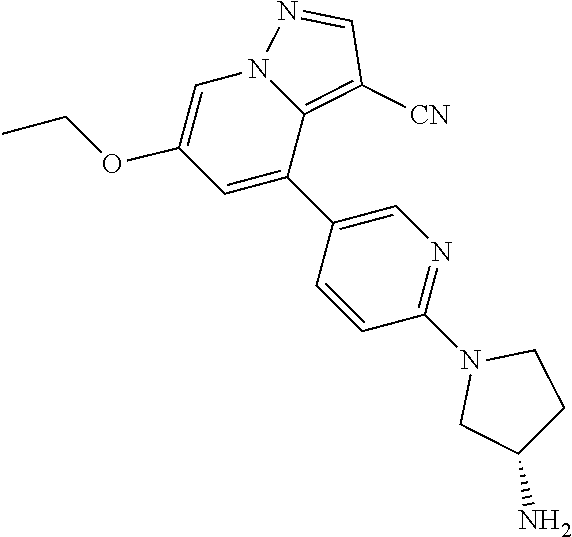
C00805
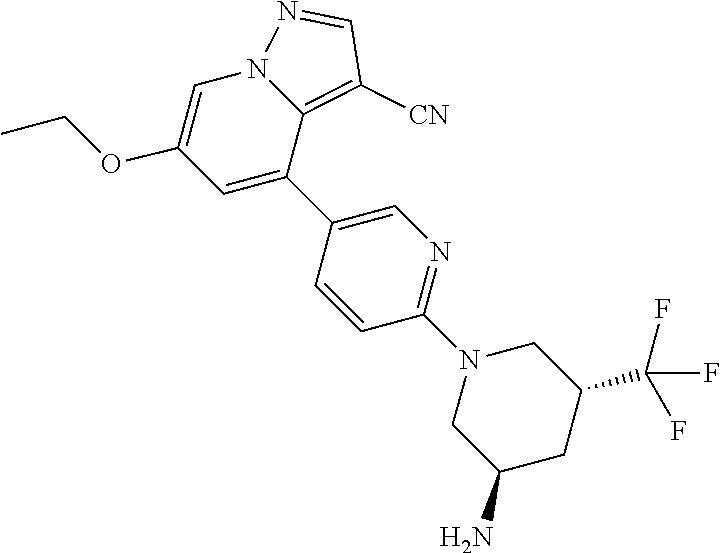
C00806

C00807
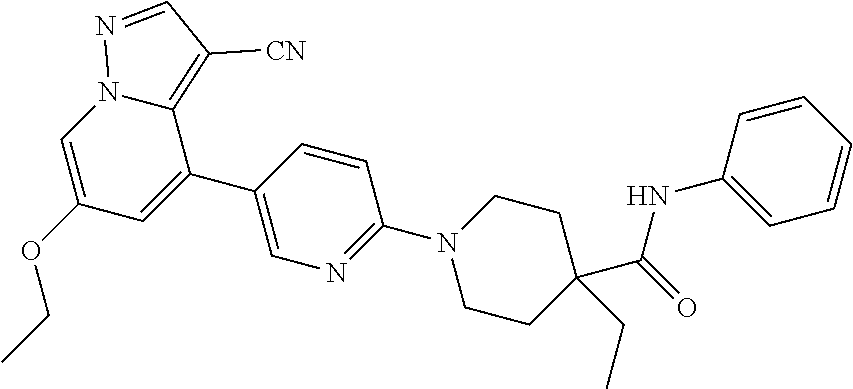
C00808

C00809
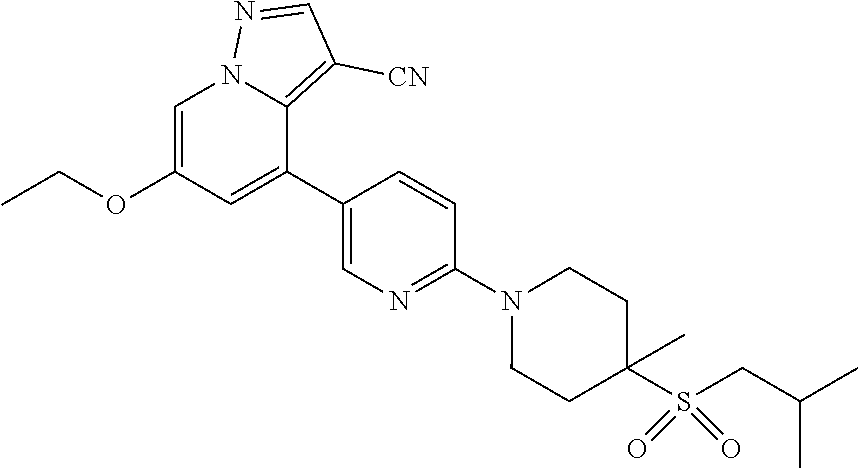
C00810
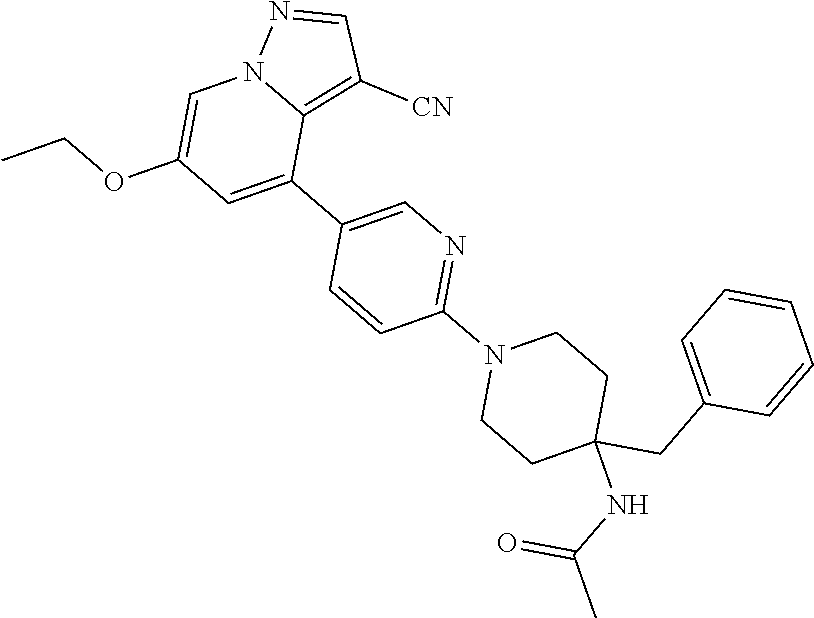
C00811
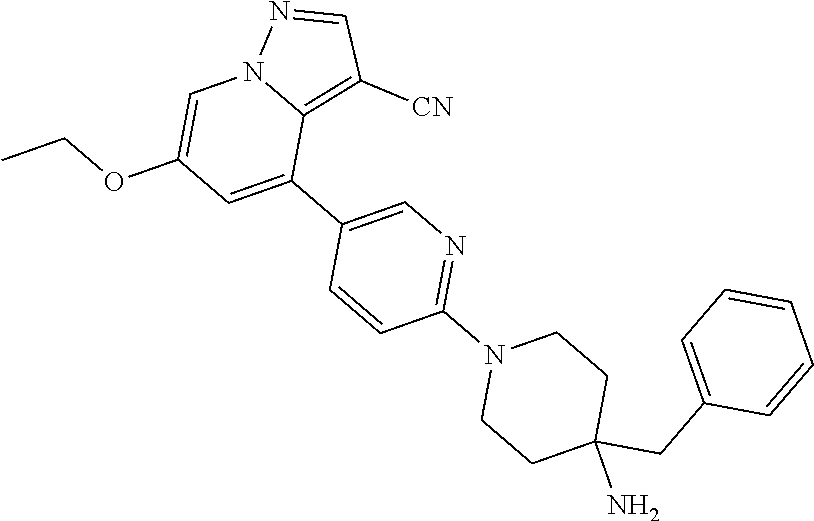
C00812
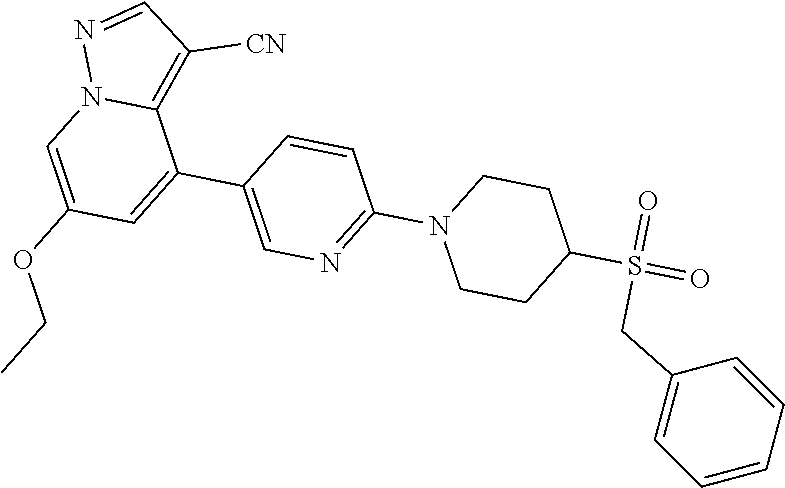
C00813
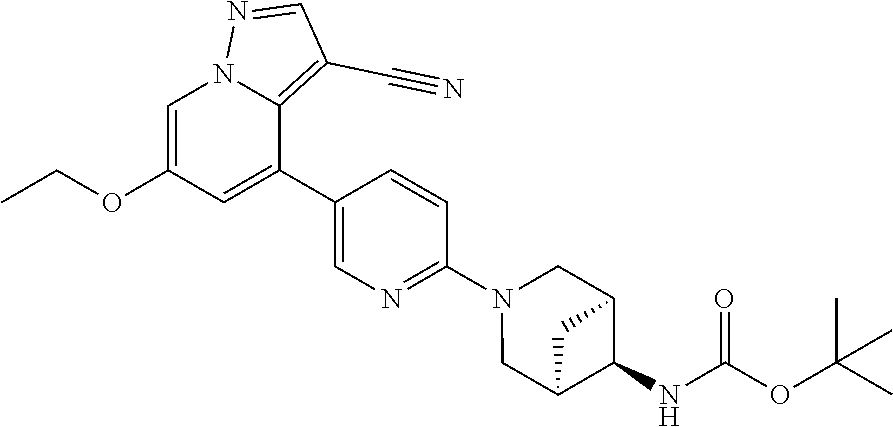
C00814
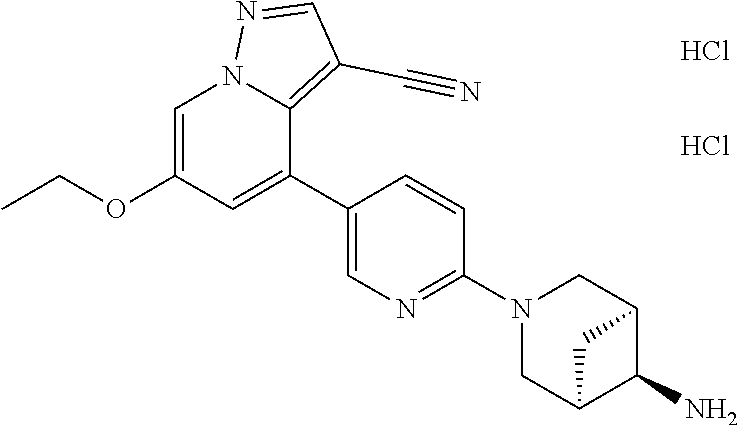
C00815
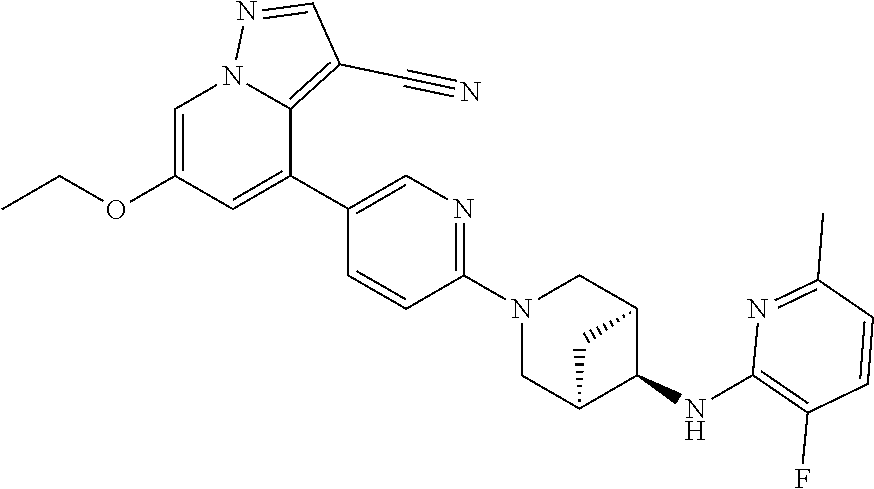
C00816
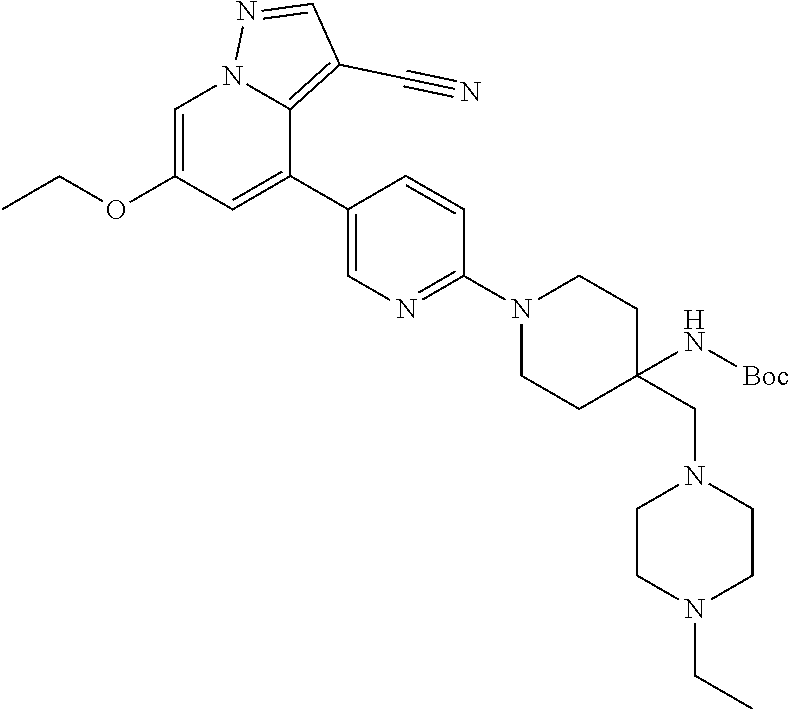
C00817
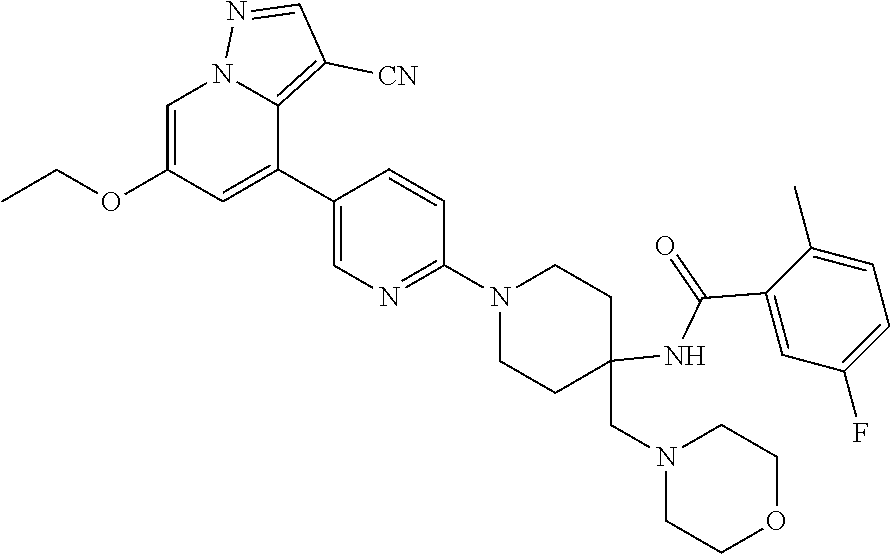
C00818

C00819
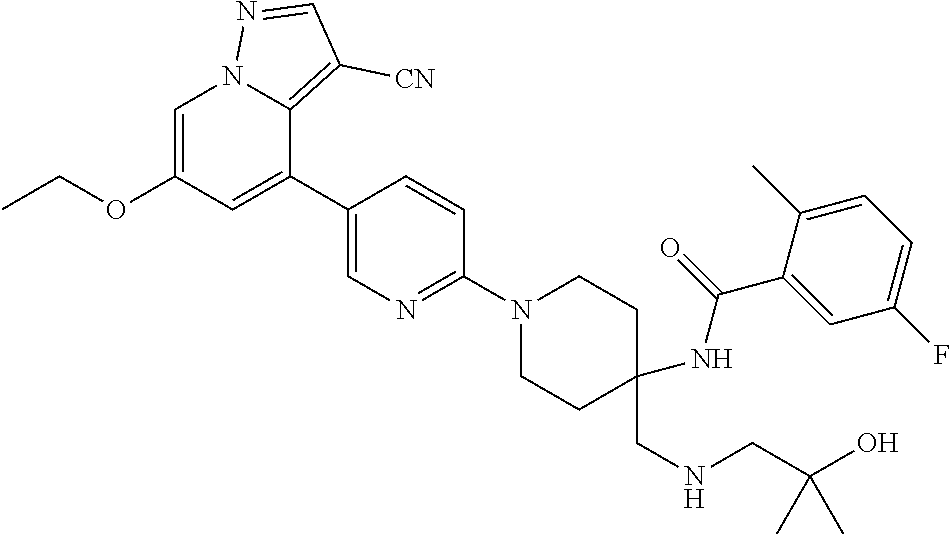
C00820
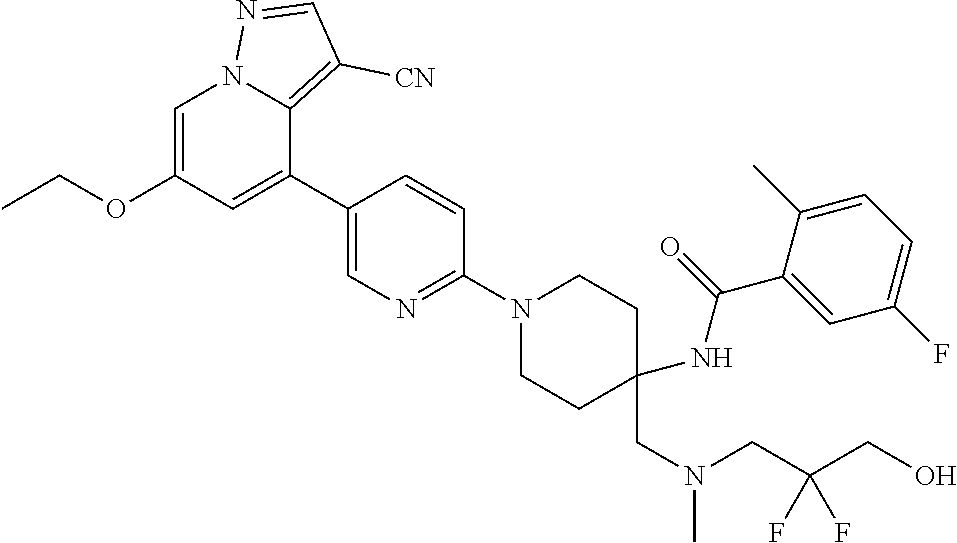
C00821

C00822
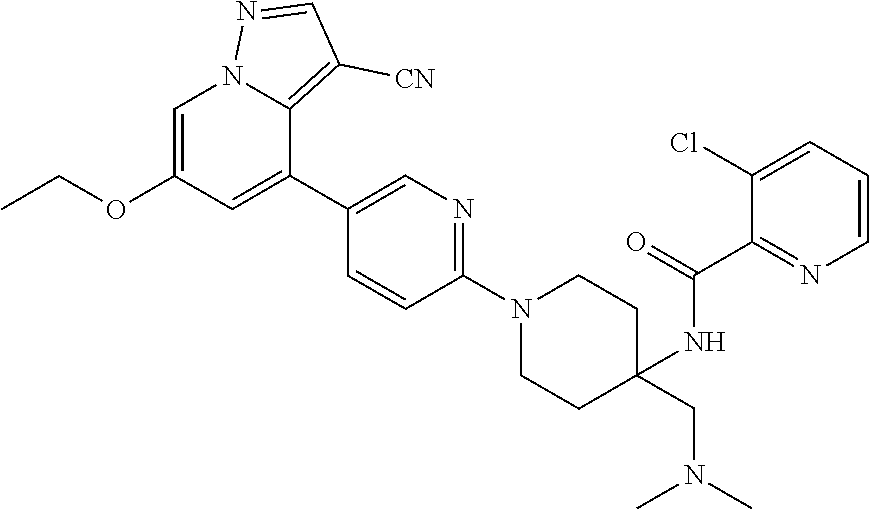
C00823
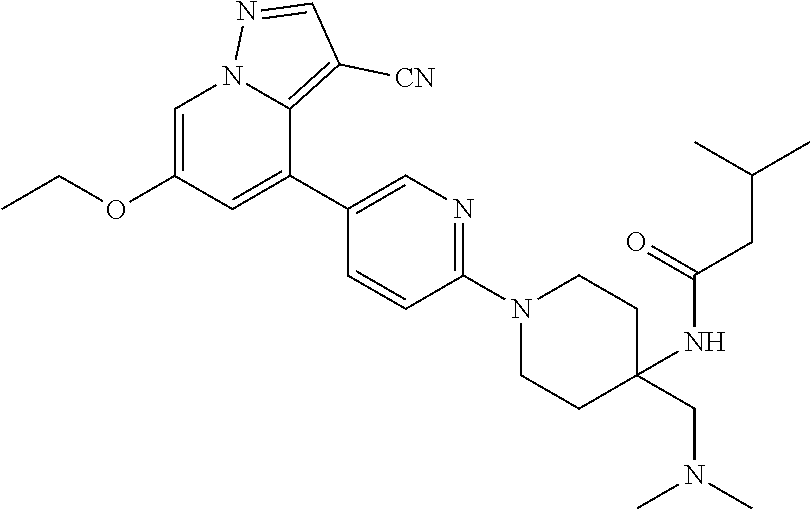
C00824
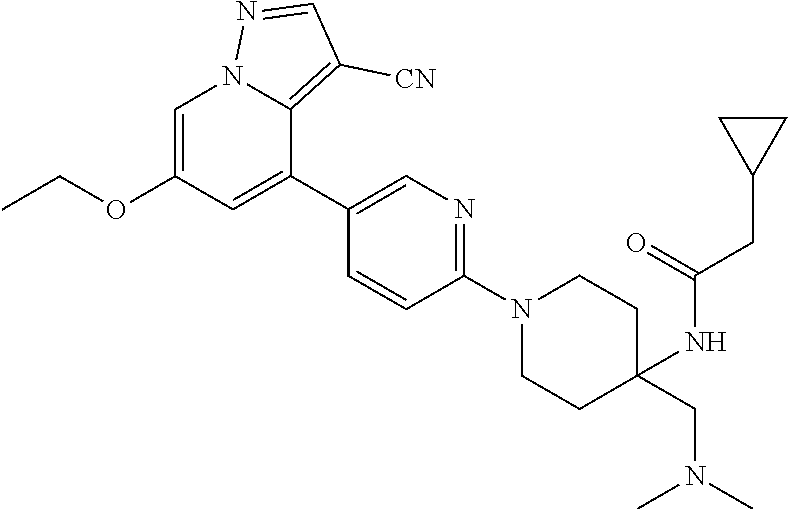
C00825
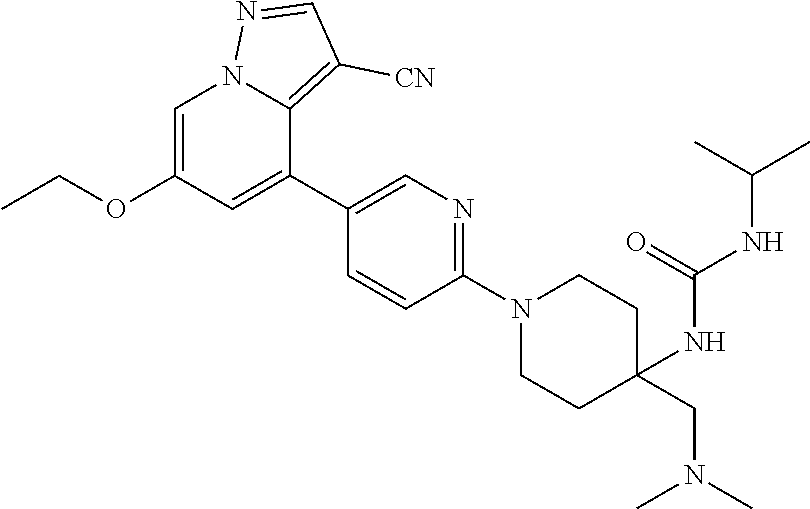
C00826
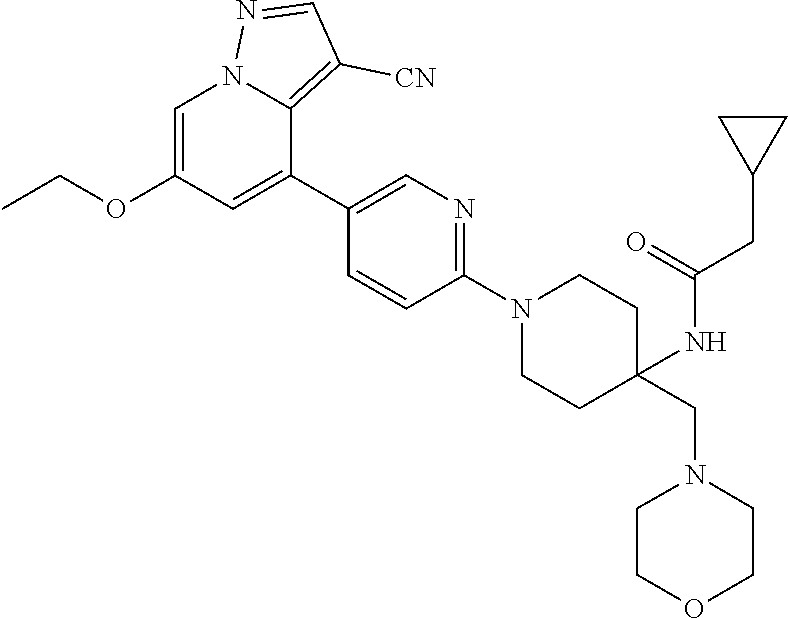
C00827
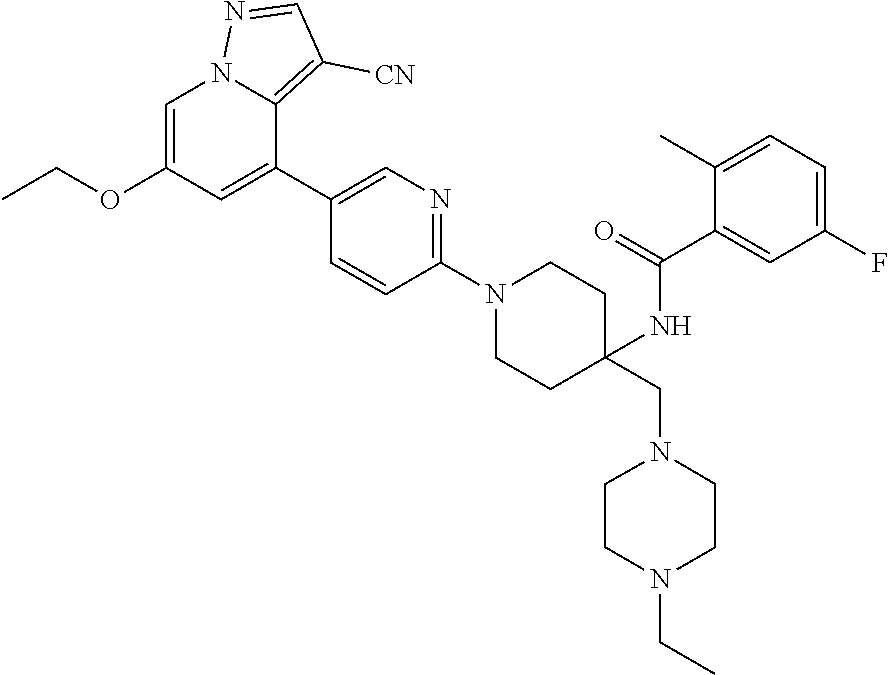
C00828
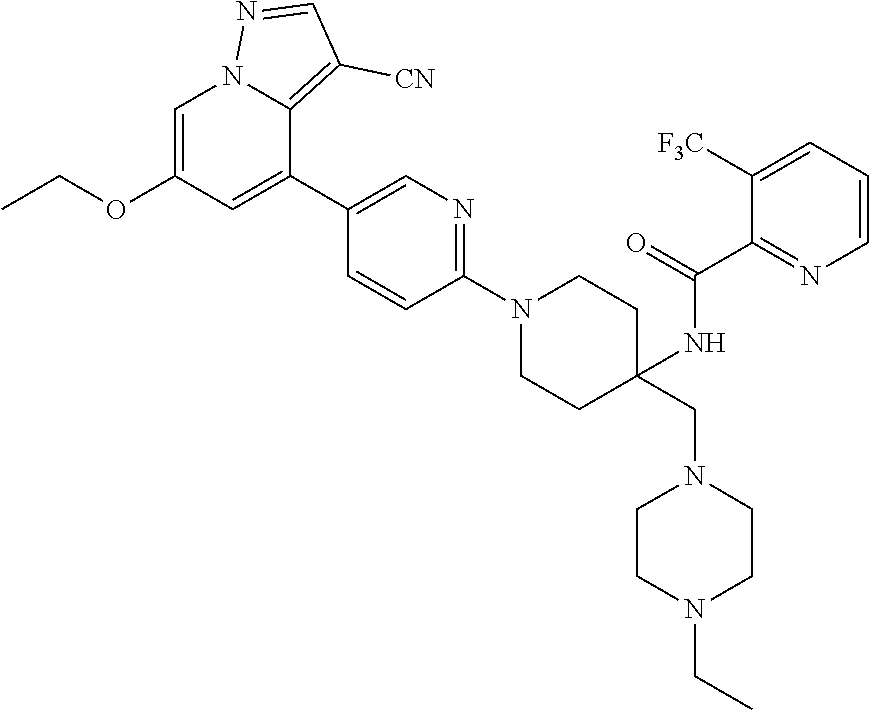
C00829
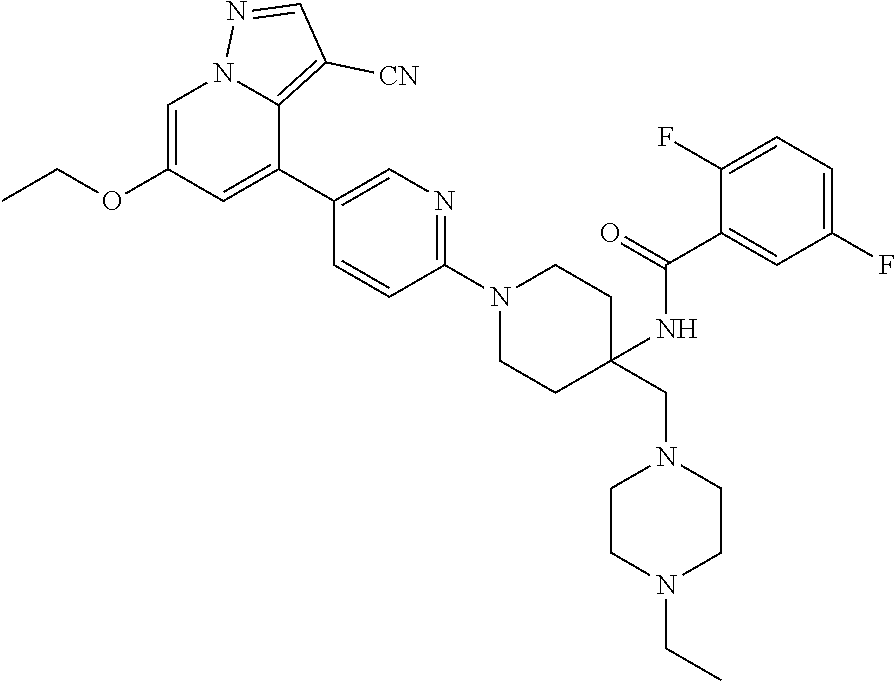
C00830
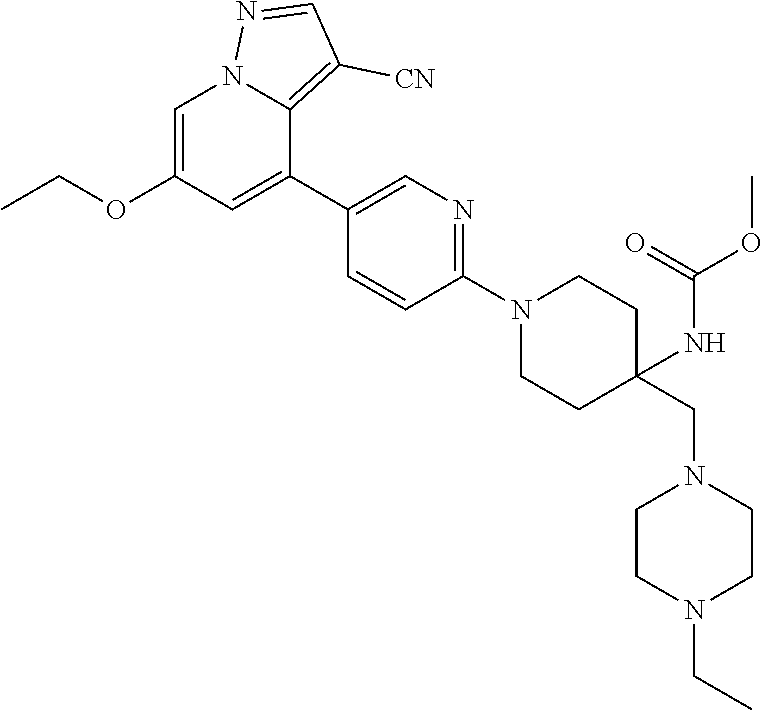
C00831
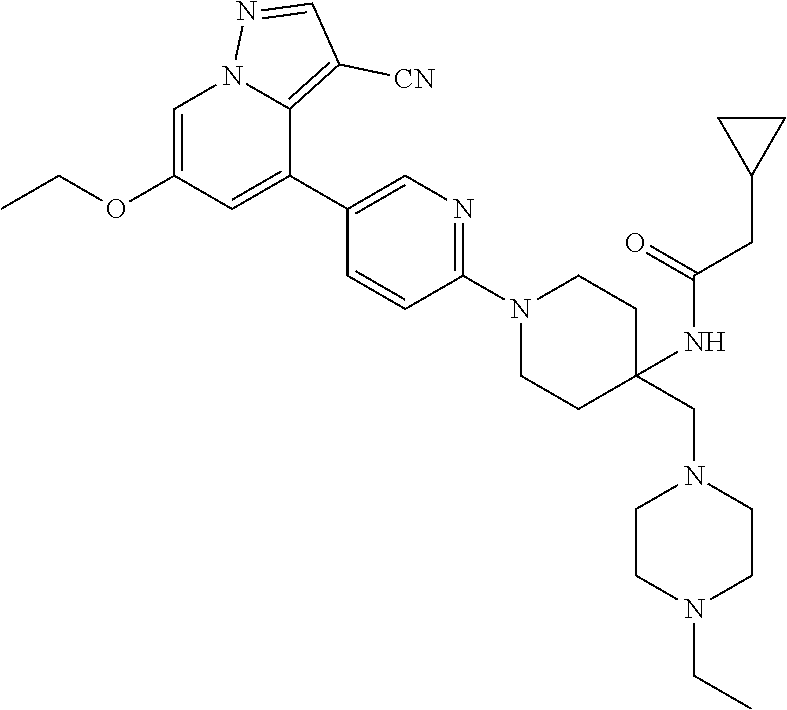
C00832
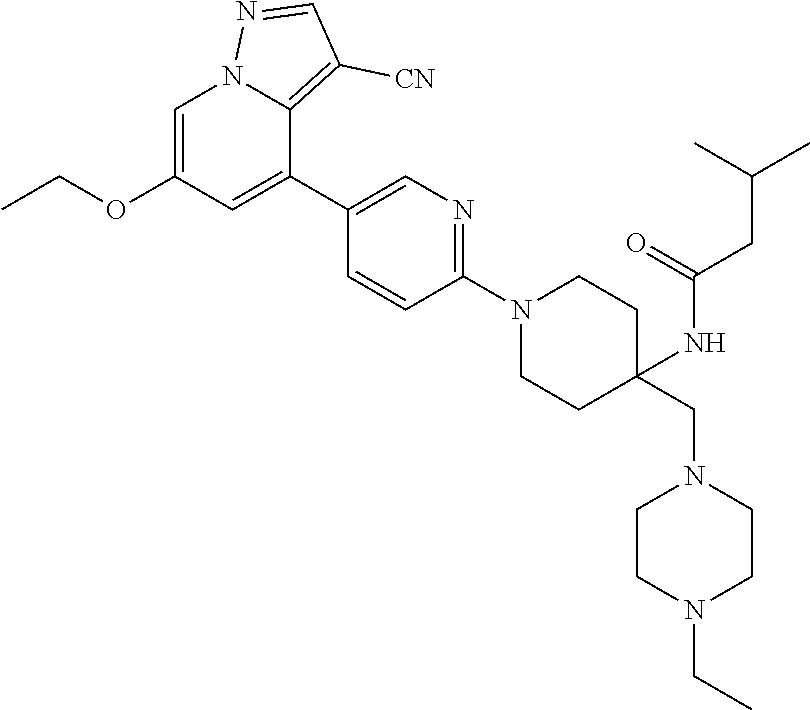
C00833
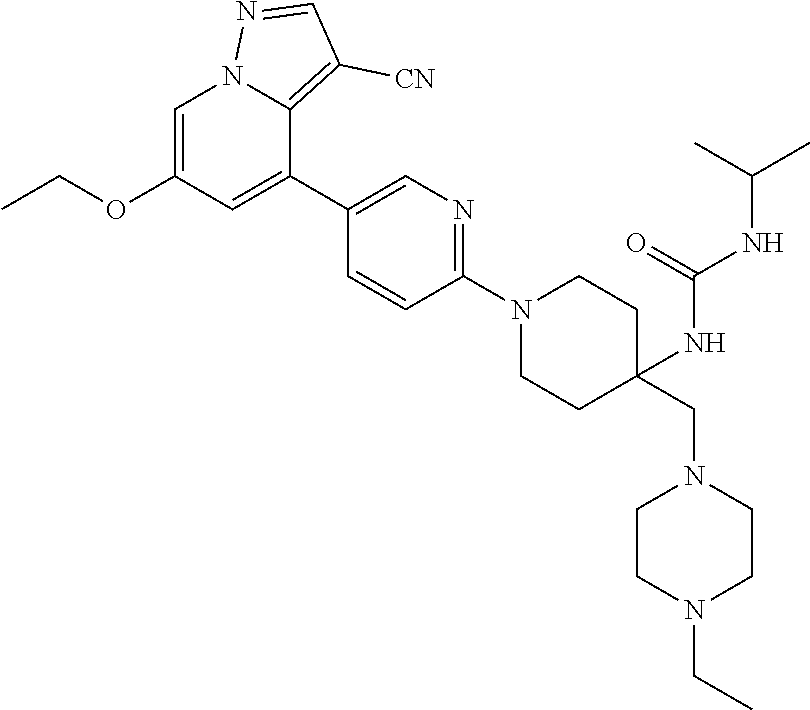
C00834
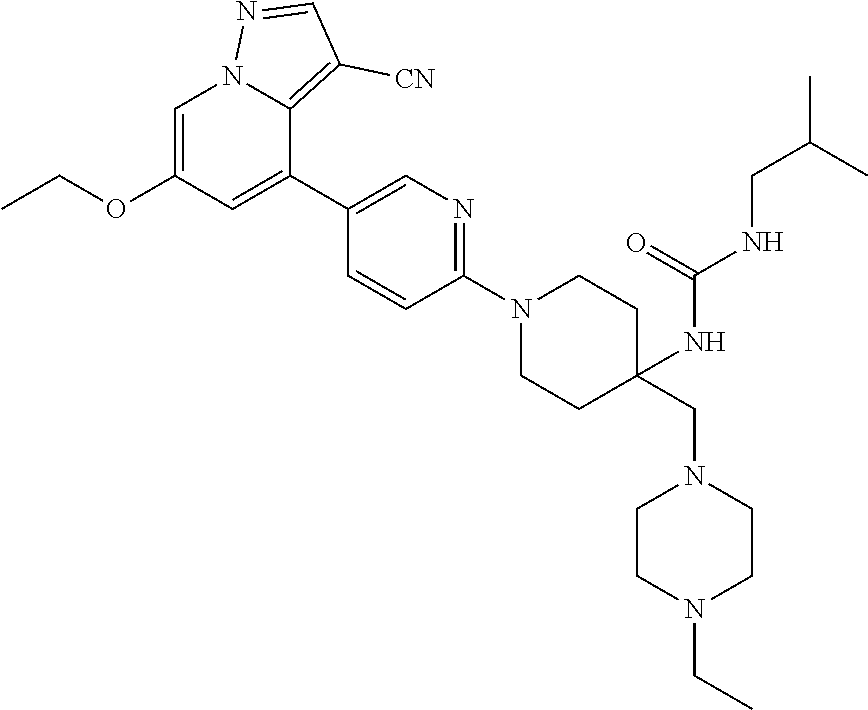
C00835

C00836
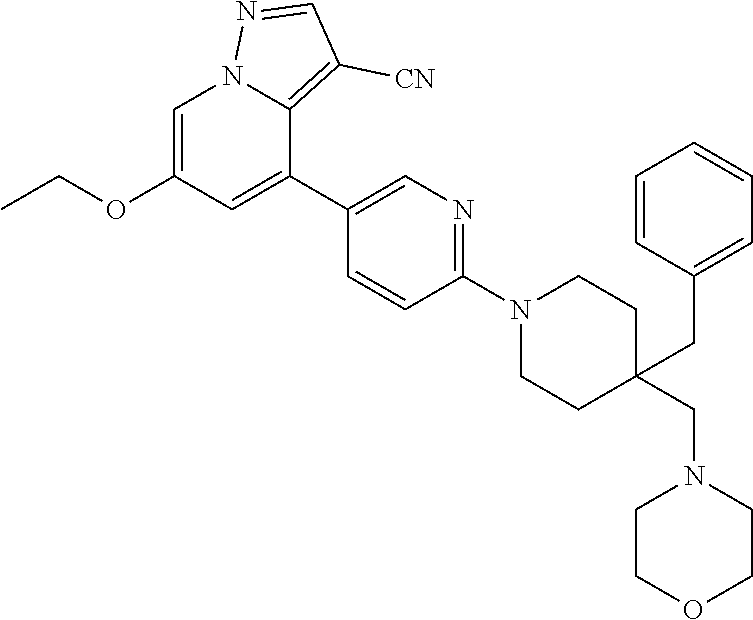
C00837
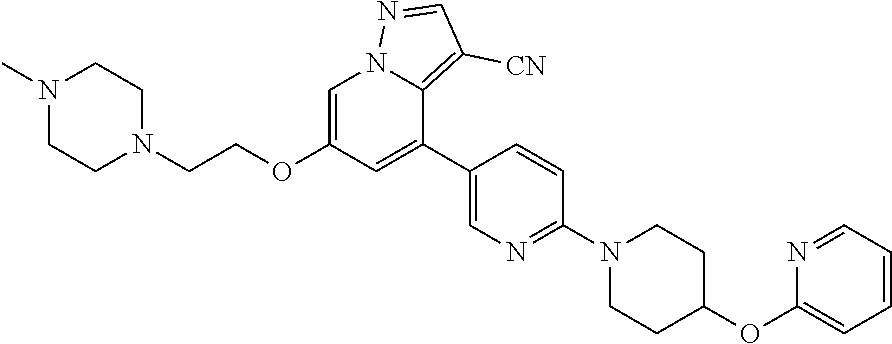
C00838
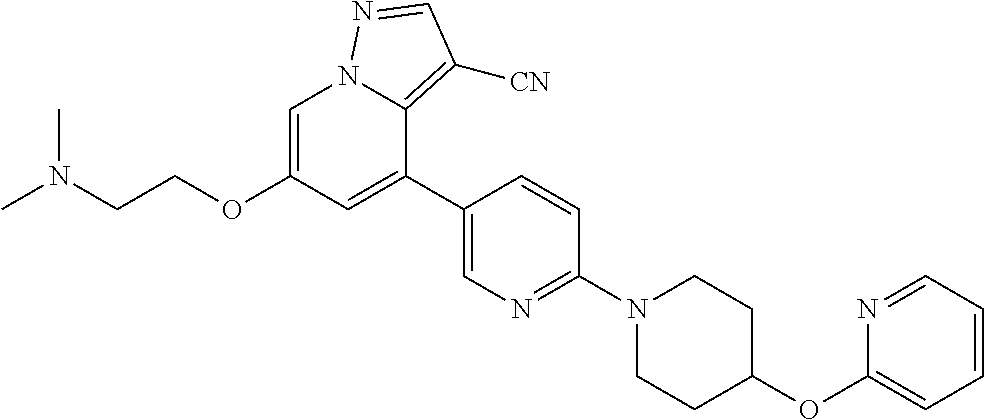
C00839
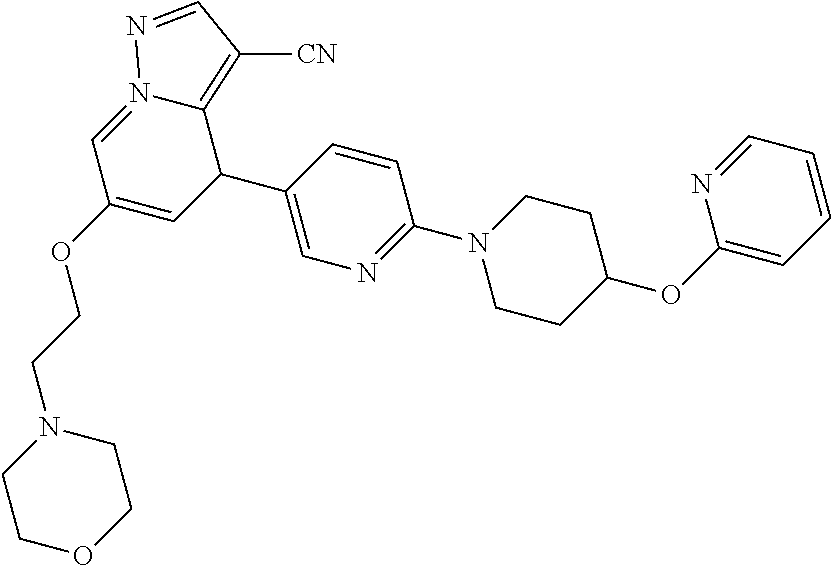
C00840

C00841
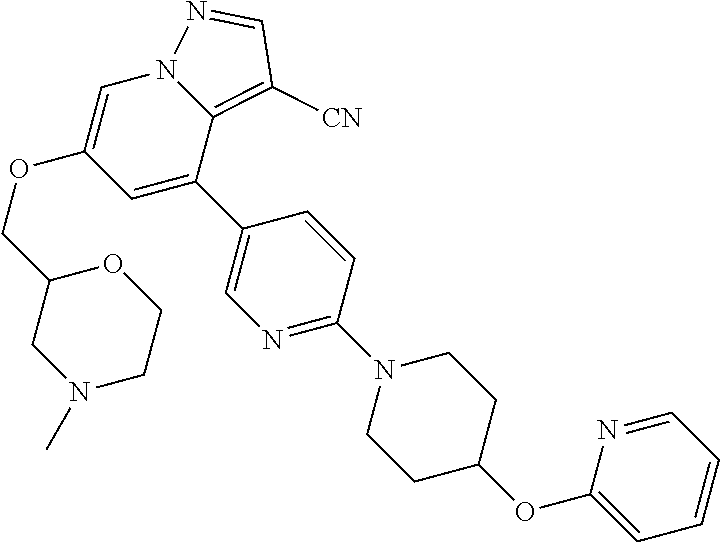
C00842
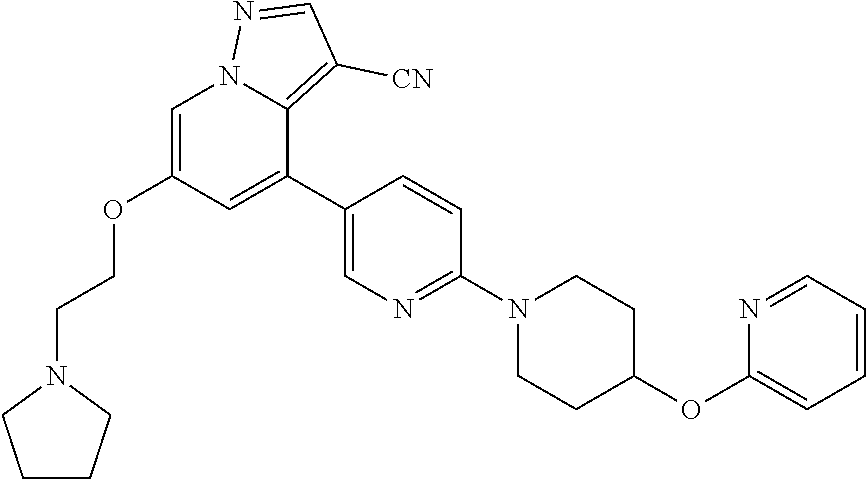
C00843
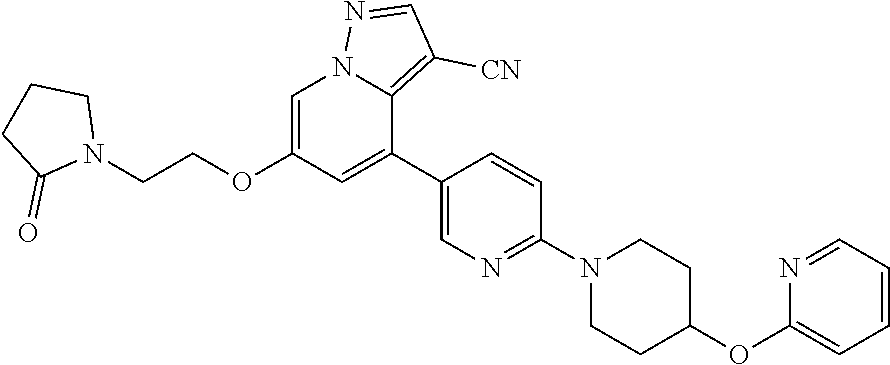
C00844
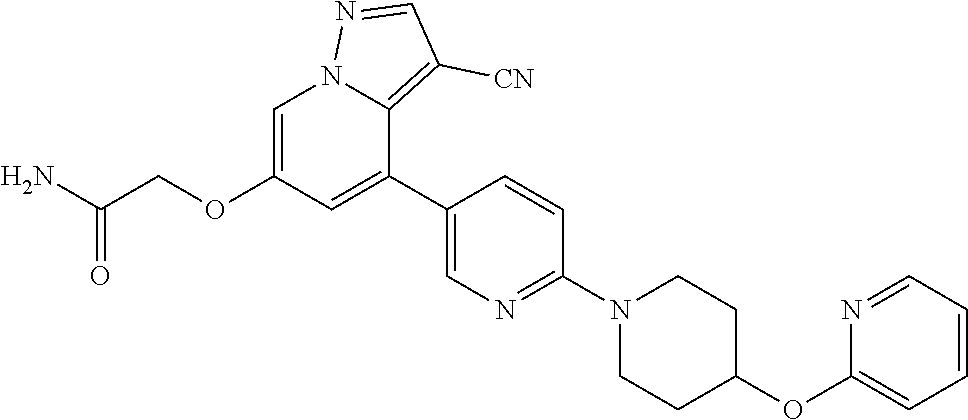
C00845
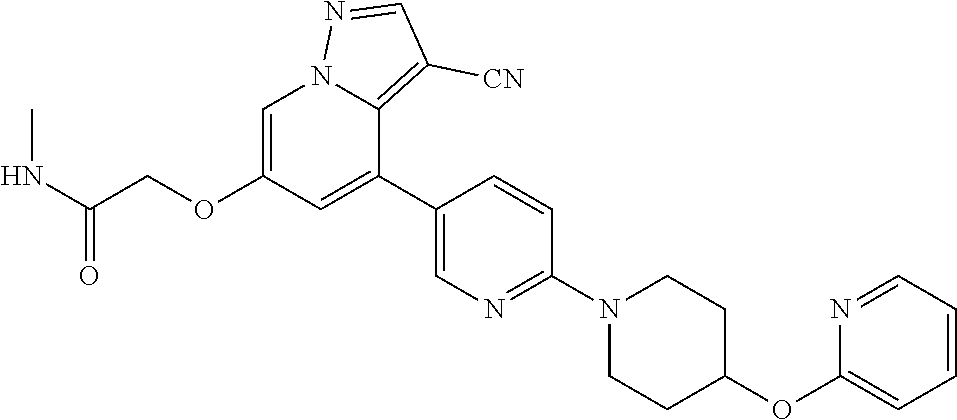
C00846
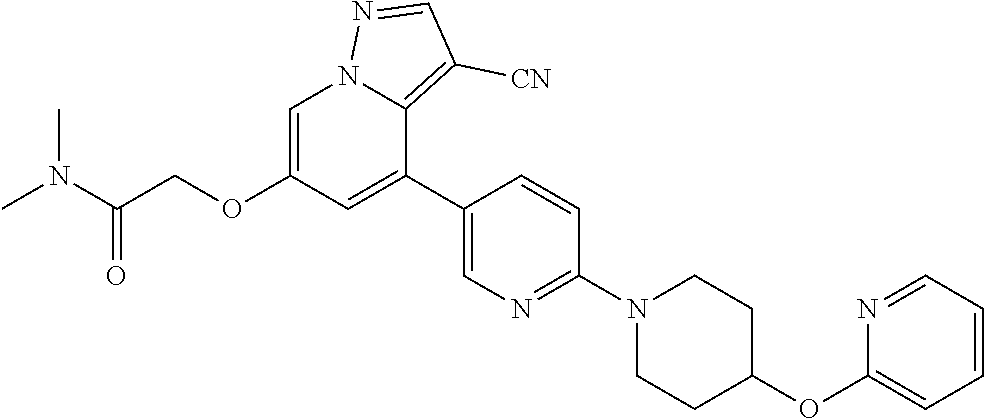
C00847

C00848

C00849
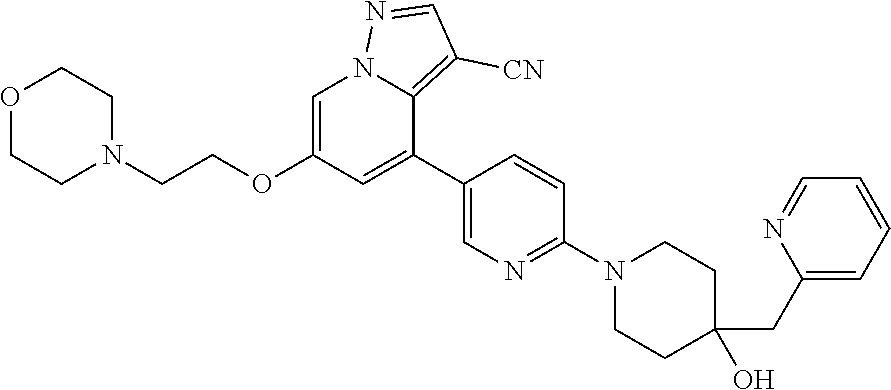
C00850
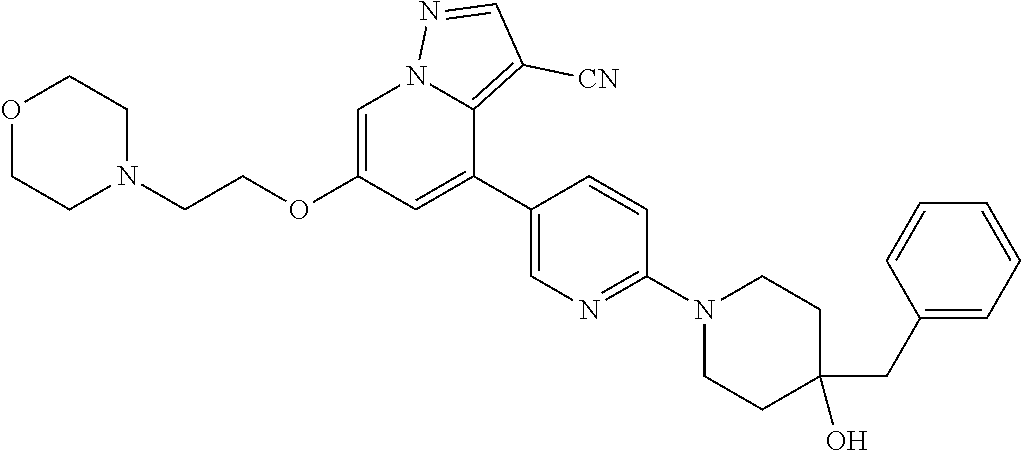
C00851
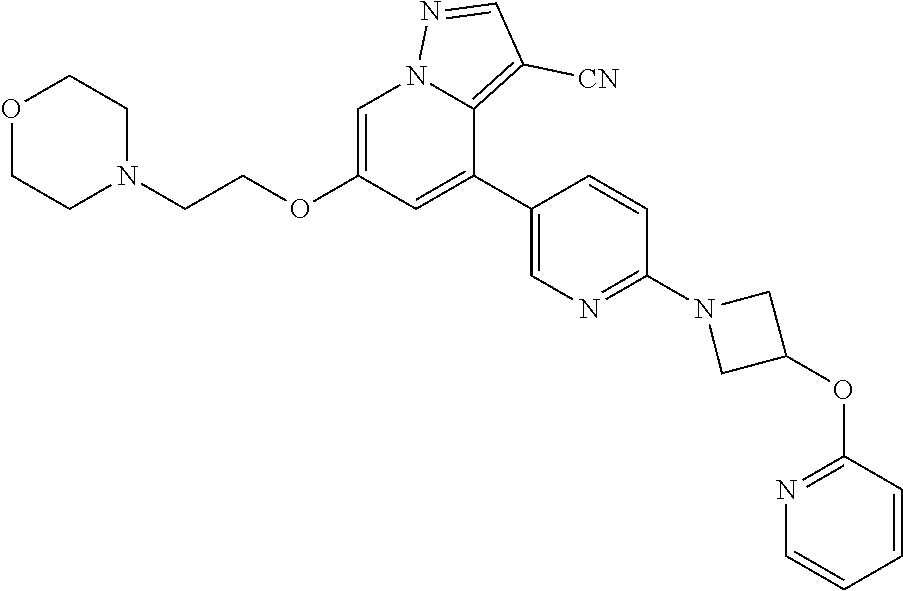
C00852
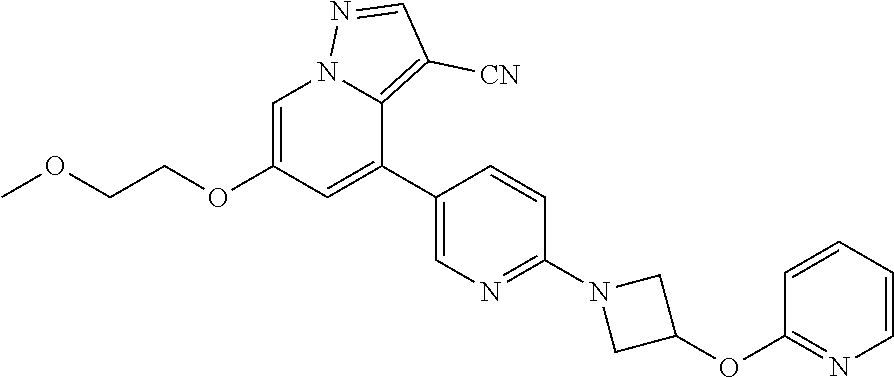
C00853
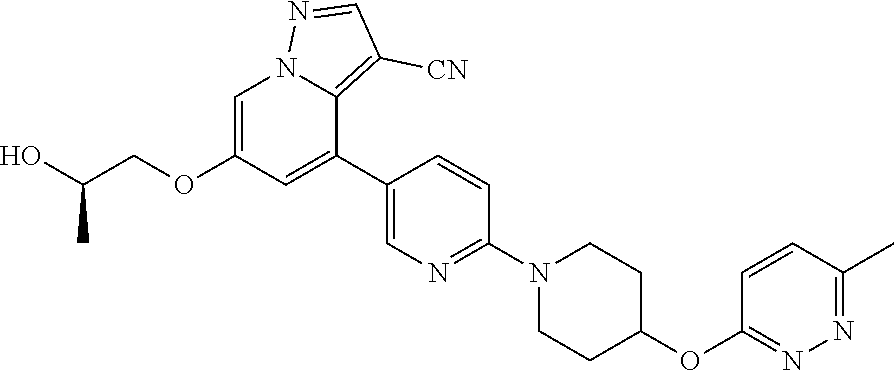
C00854
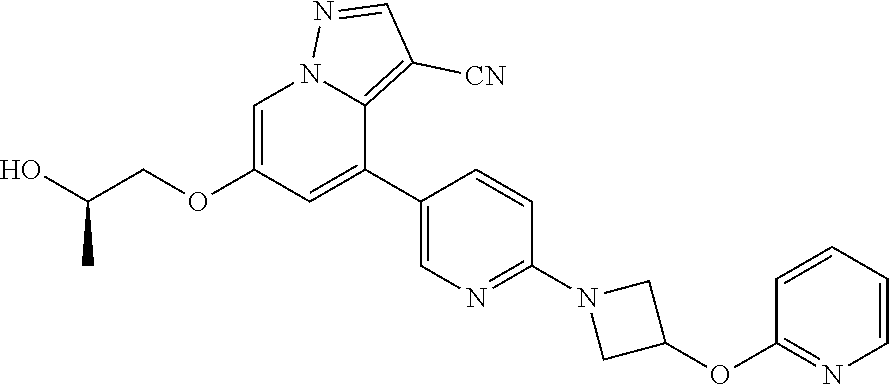
C00855
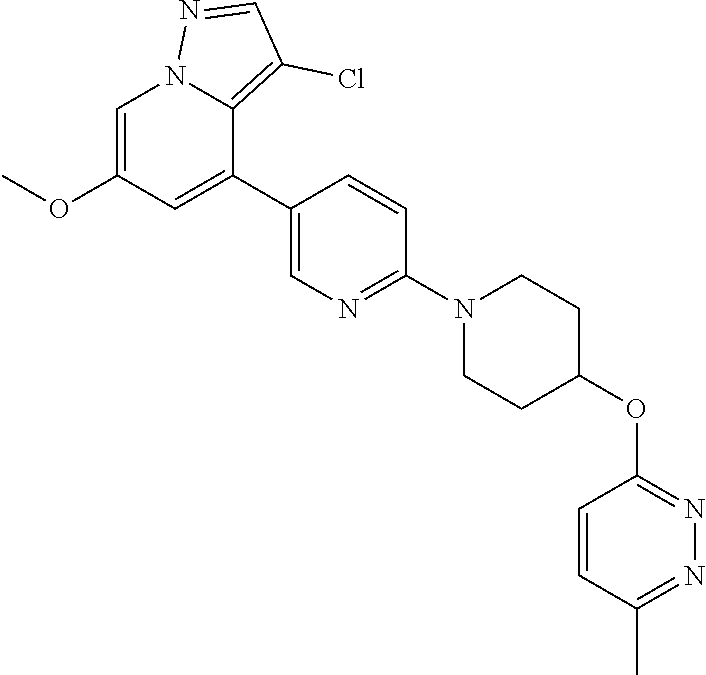
C00856
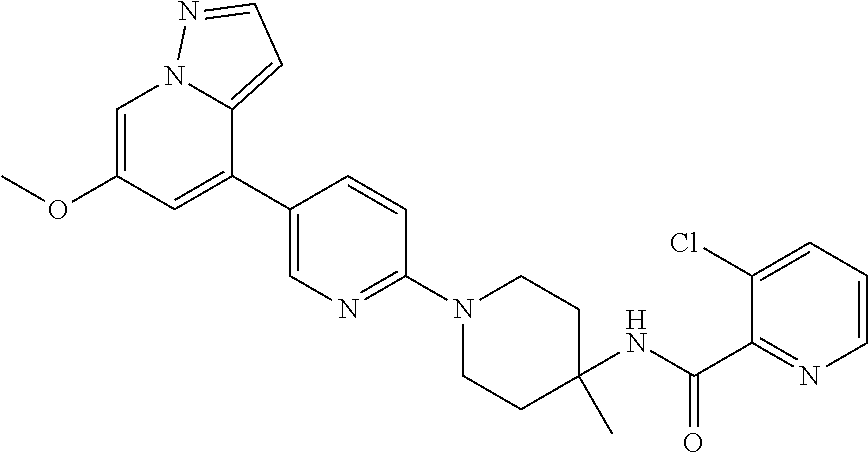
C00857
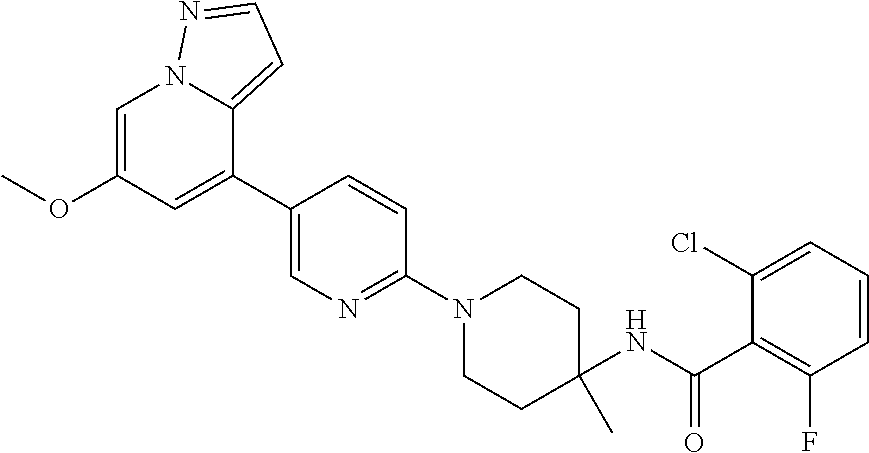
C00858
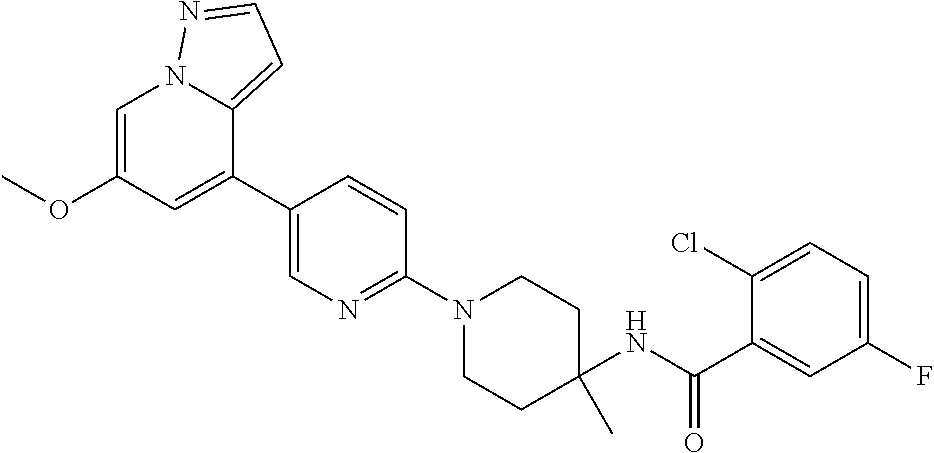
C00859
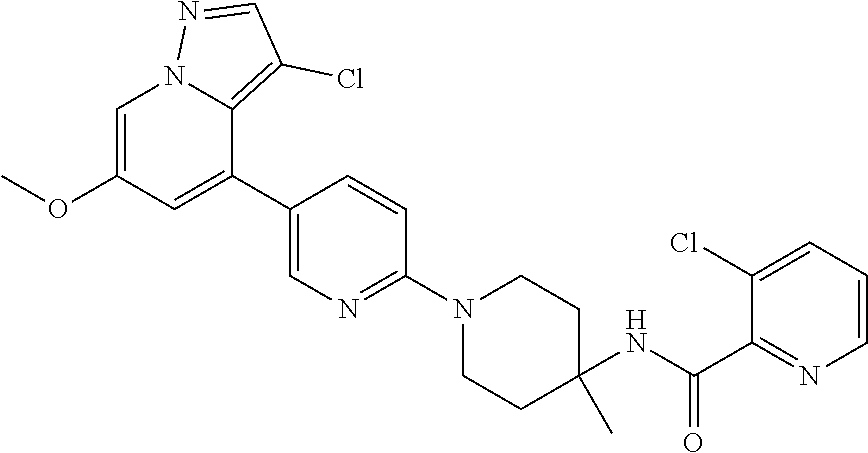
C00860
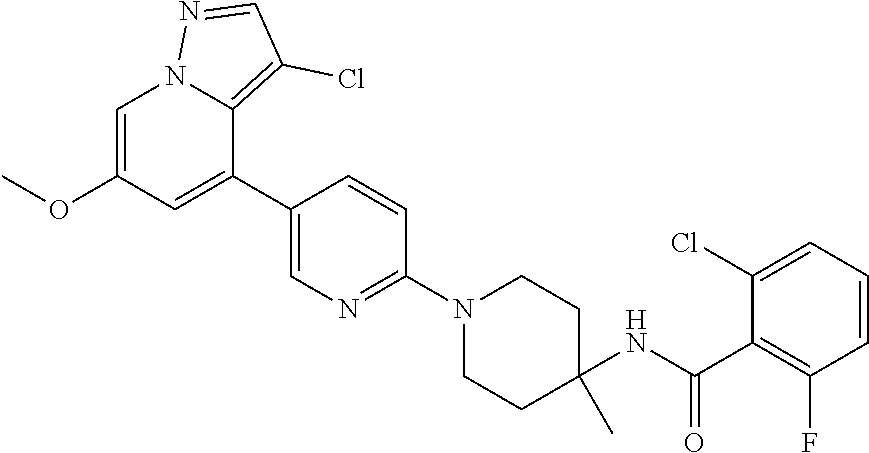
C00861
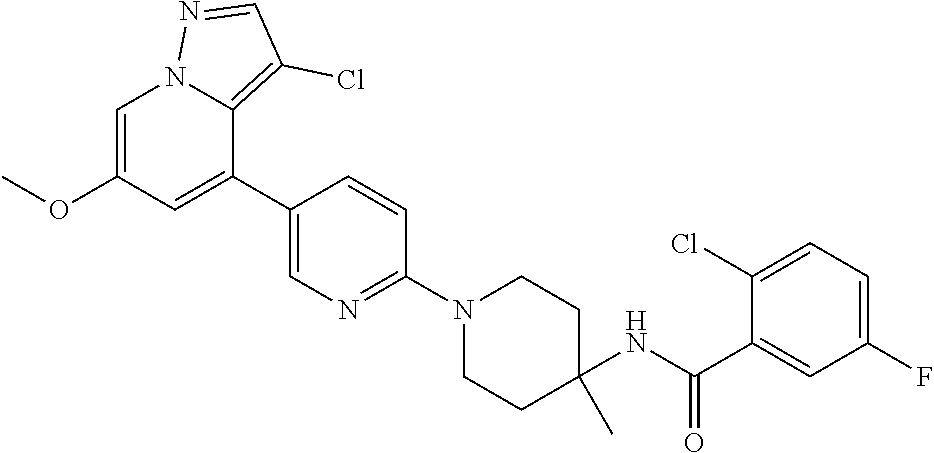
C00862
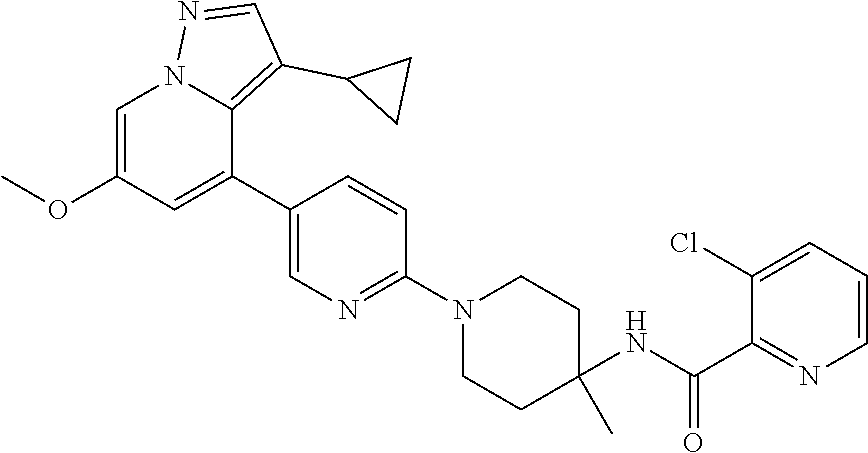
C00863
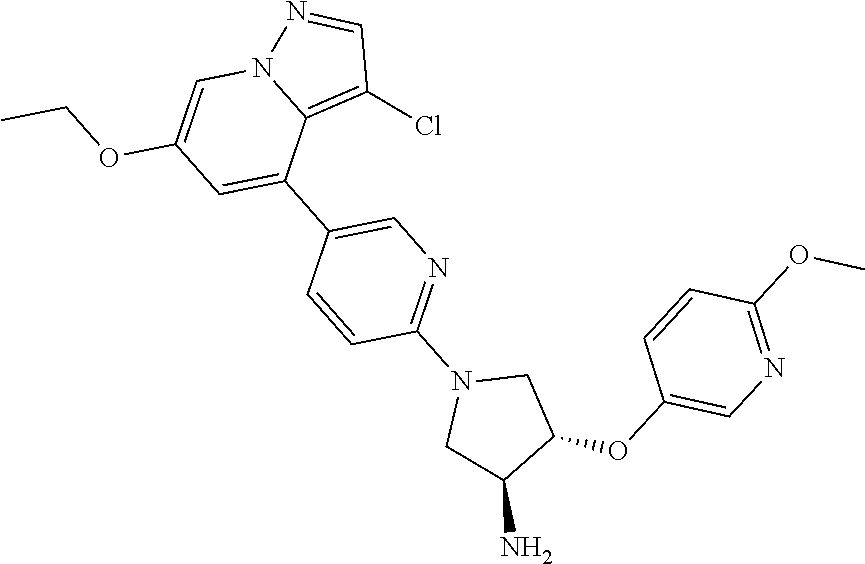
C00864
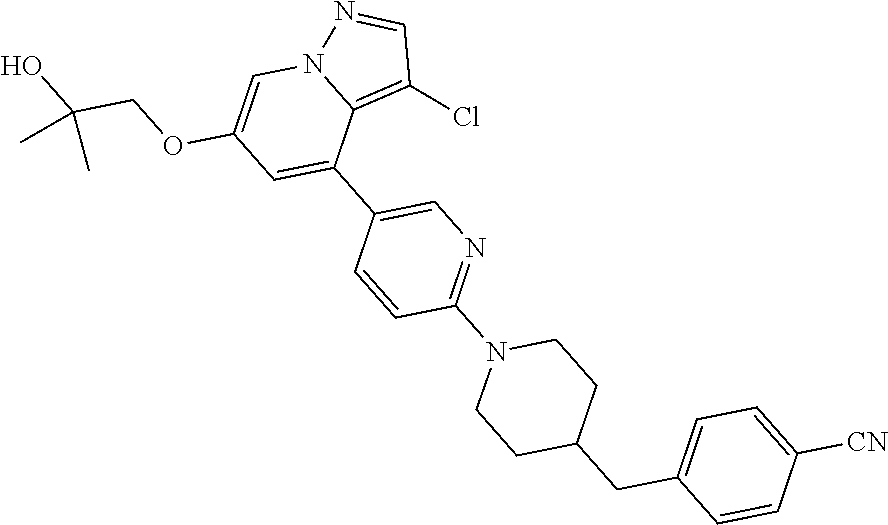
C00865
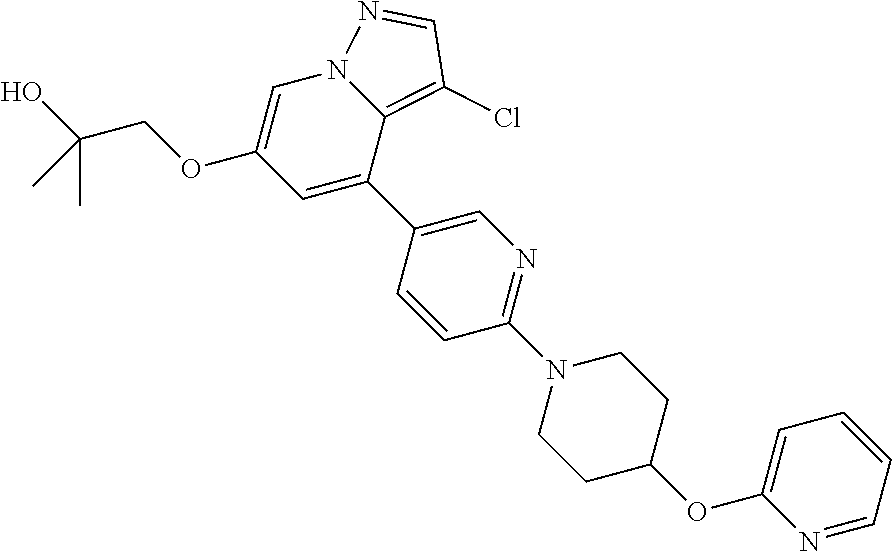
C00866
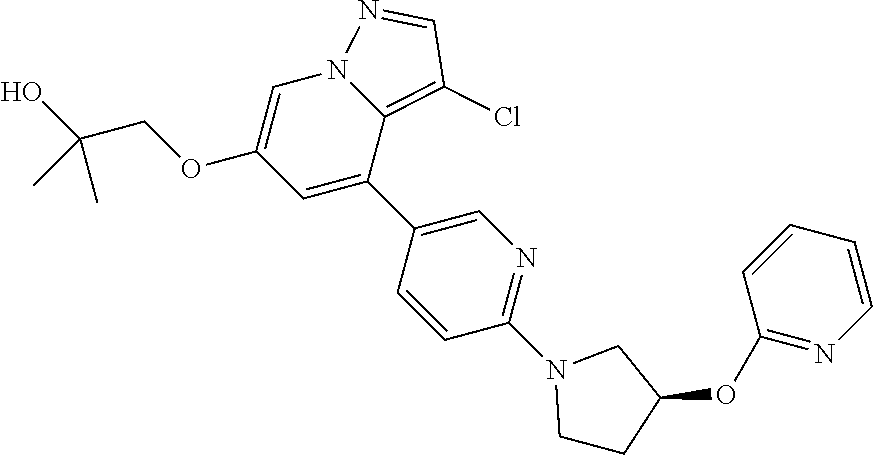
C00867
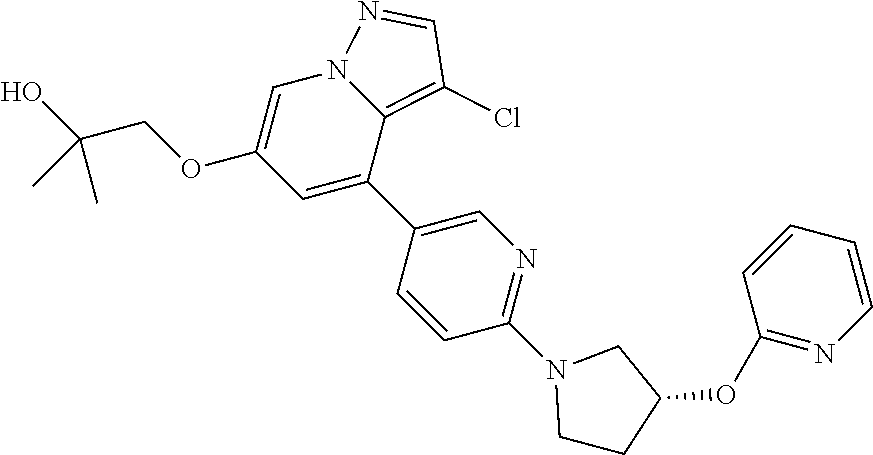
C00868
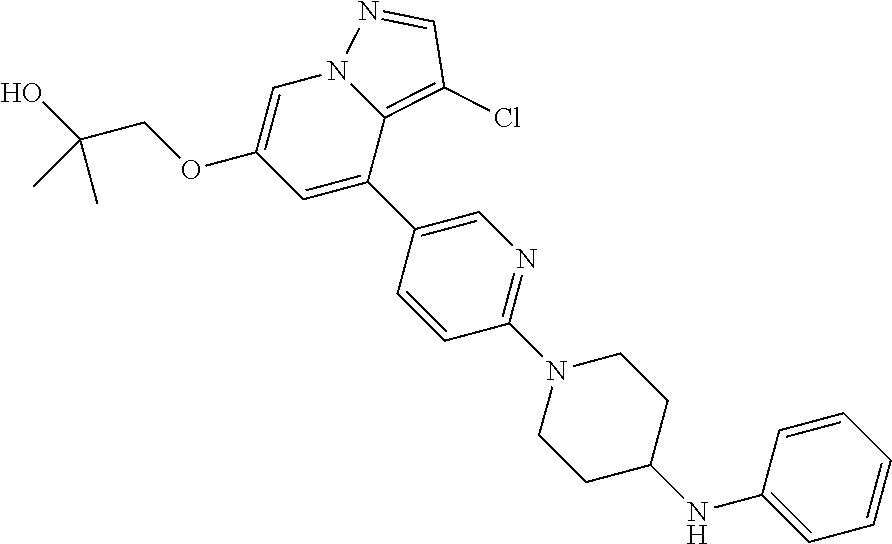
C00869
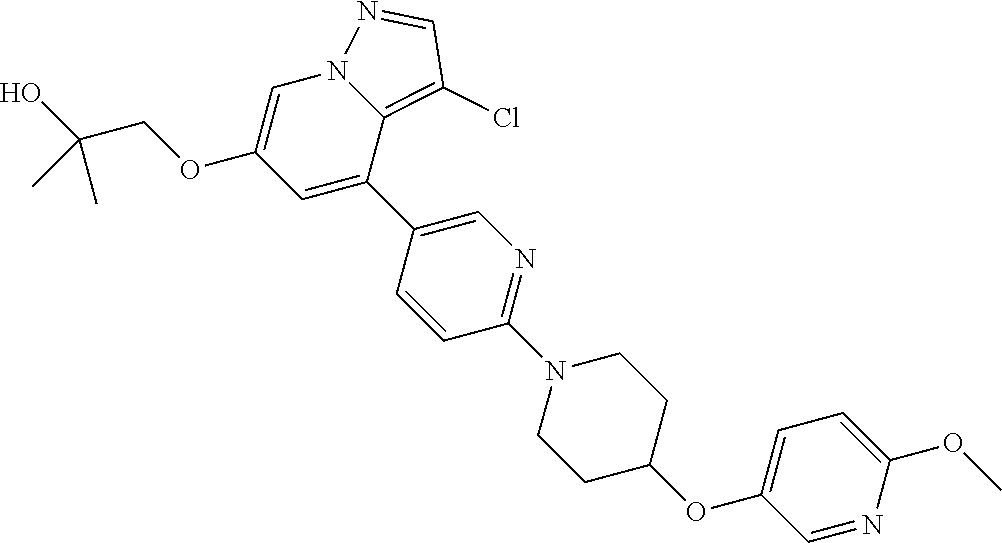
C00870
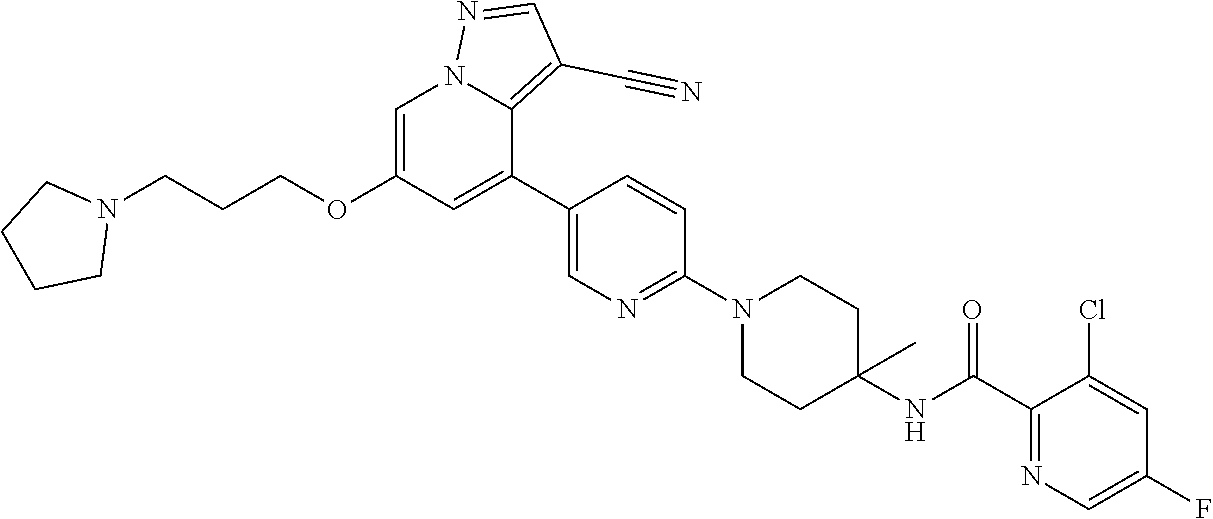
C00871
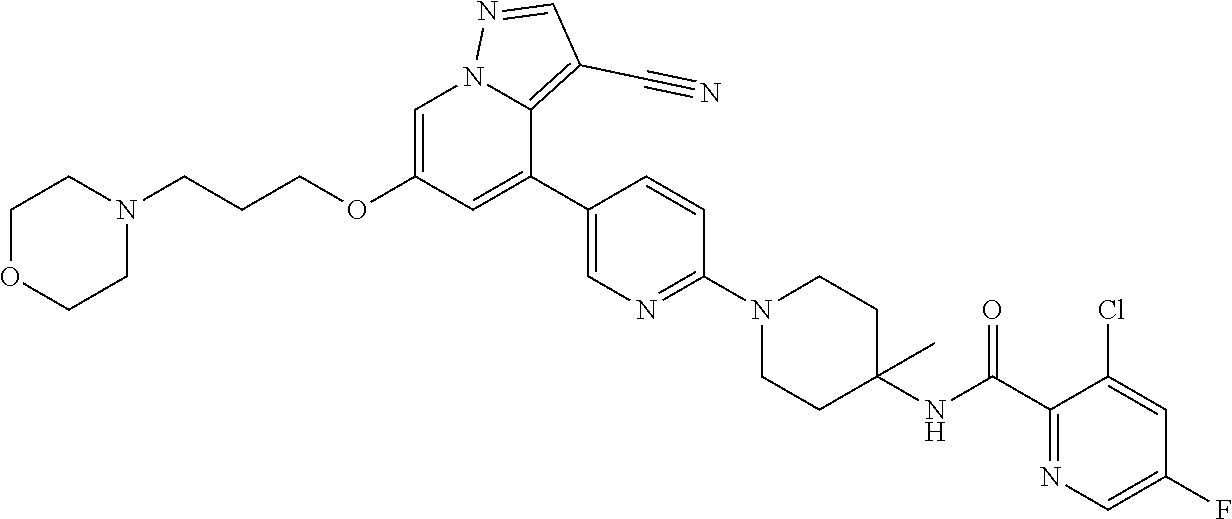
C00872
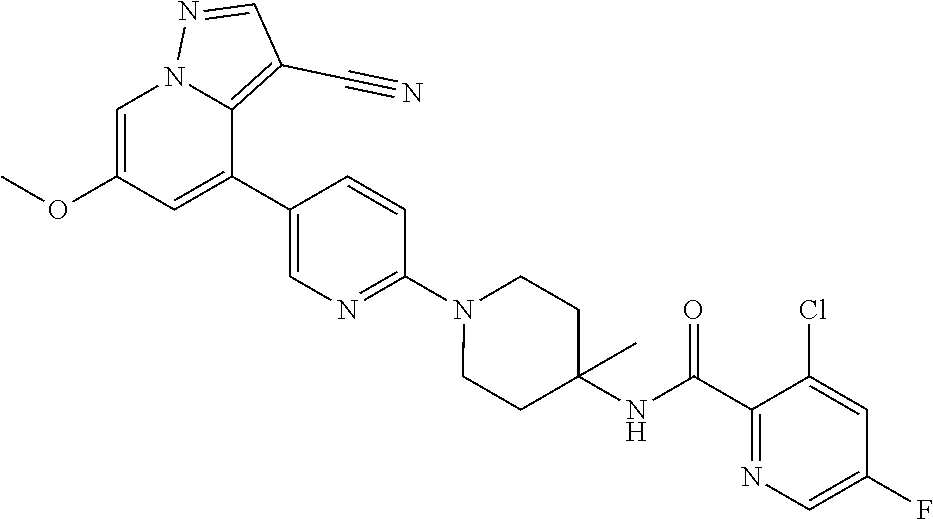
C00873
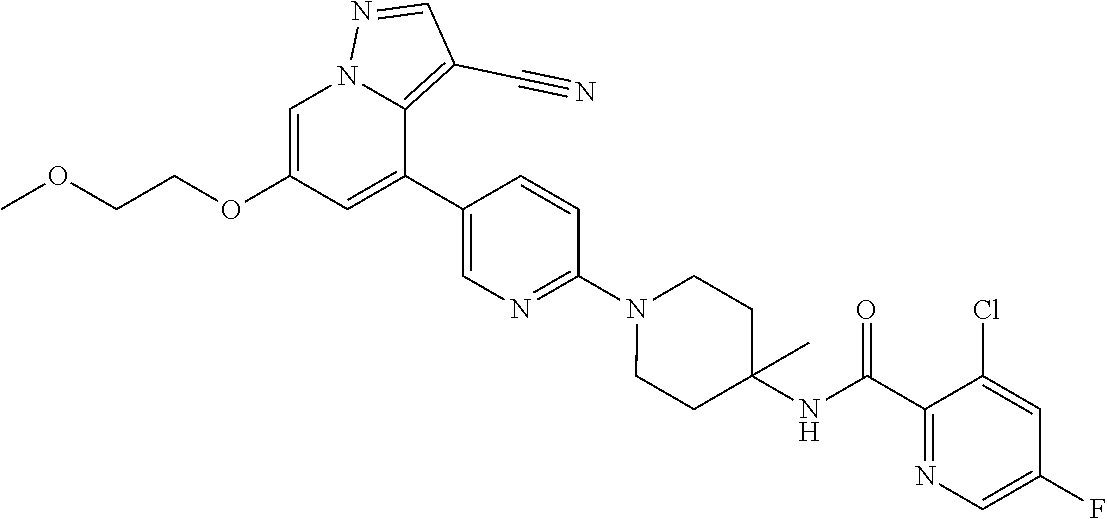
C00874
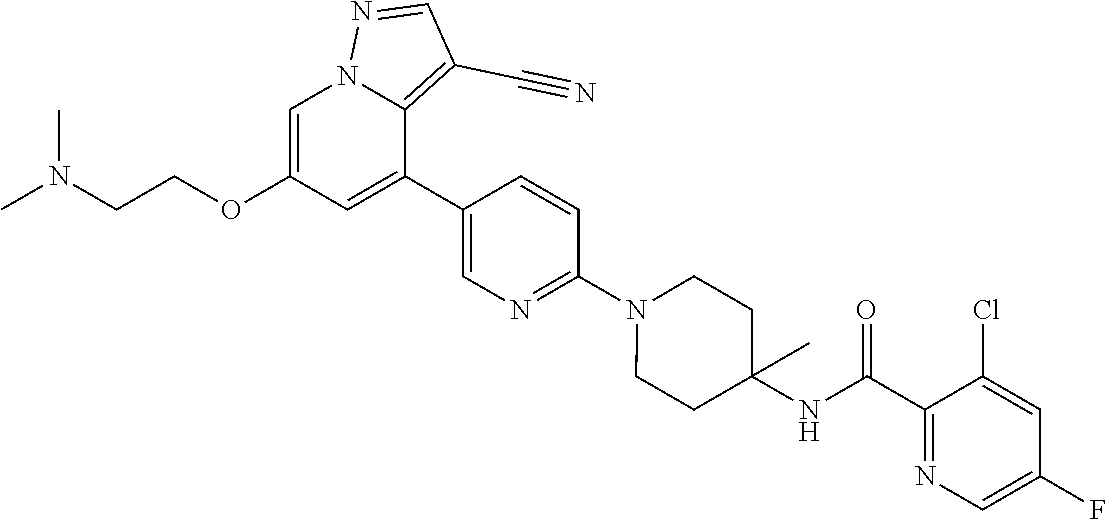
C00875
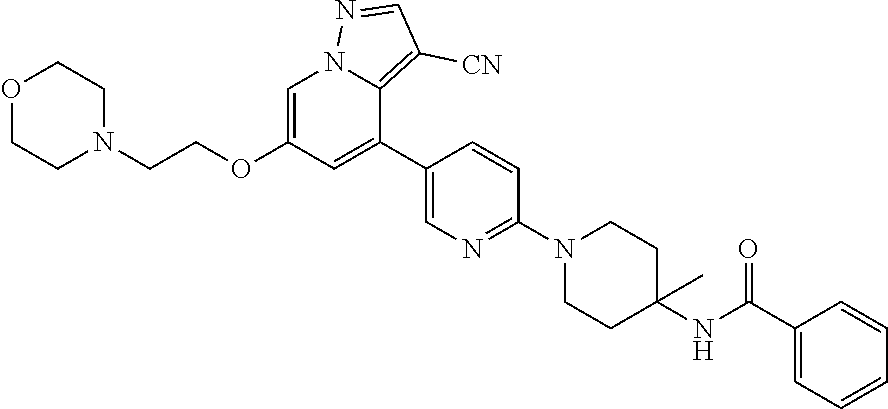
C00876
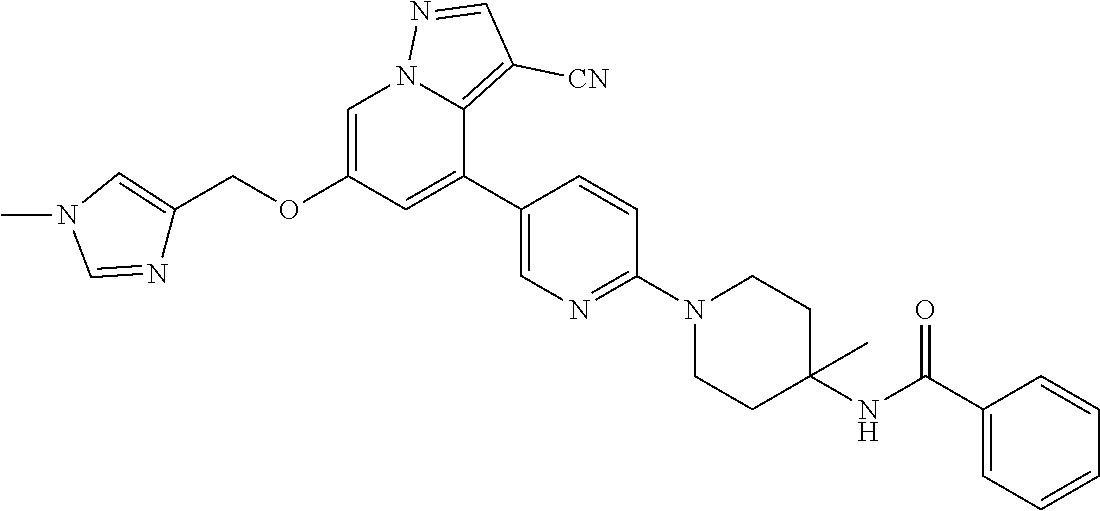
C00877

C00878
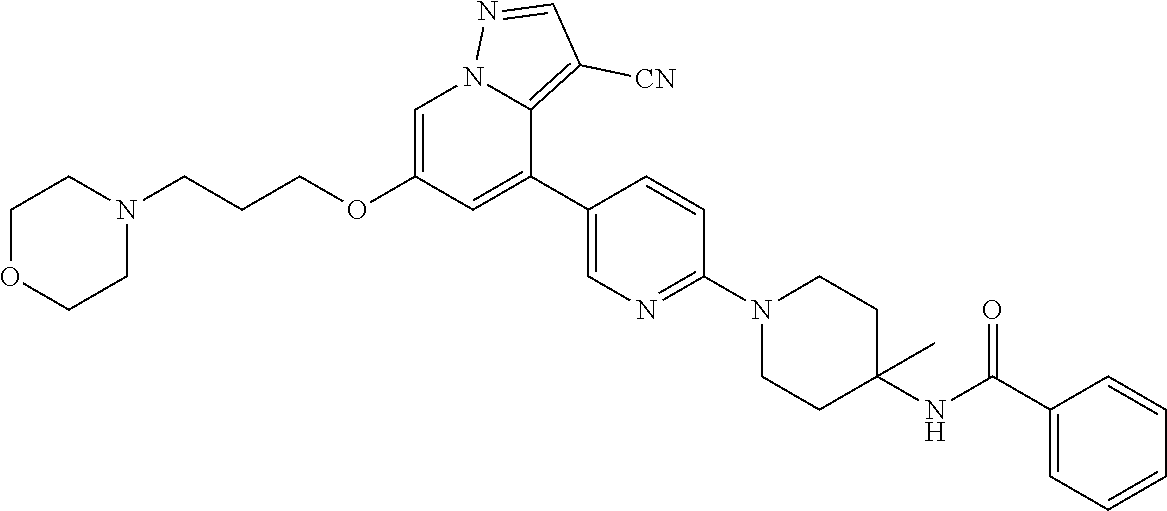
C00879
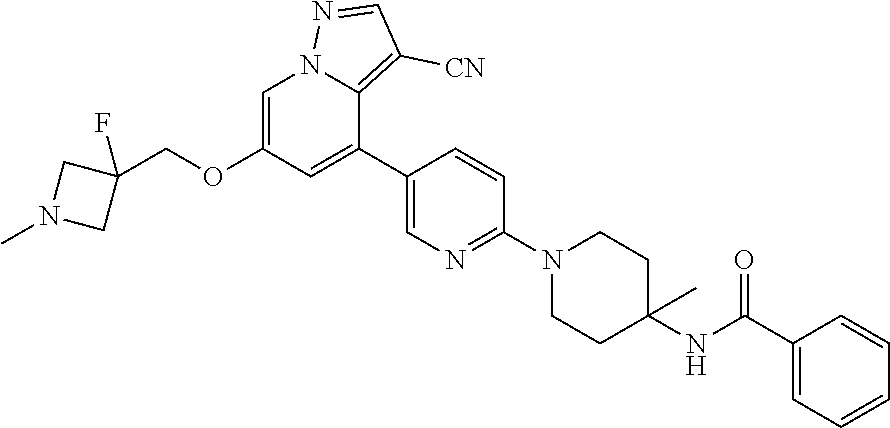
C00880
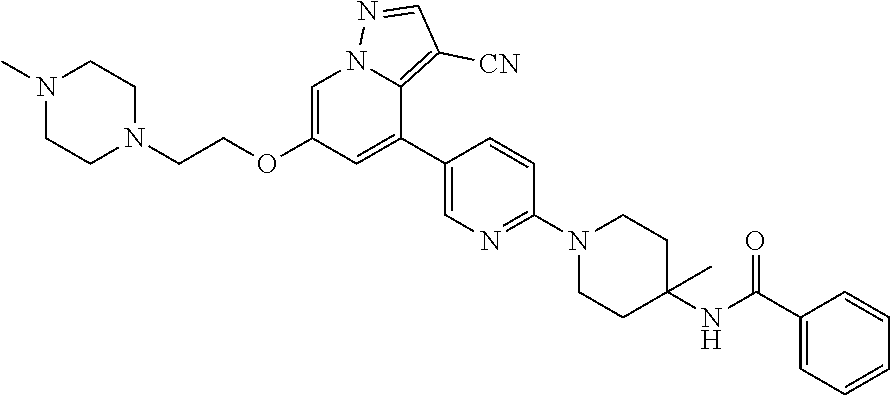
C00881
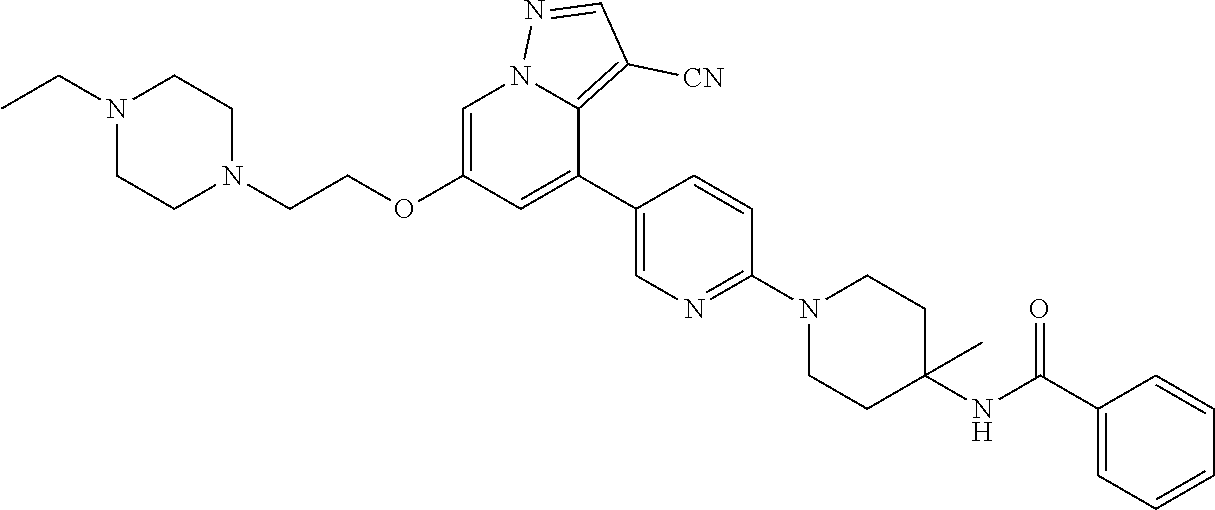
C00882
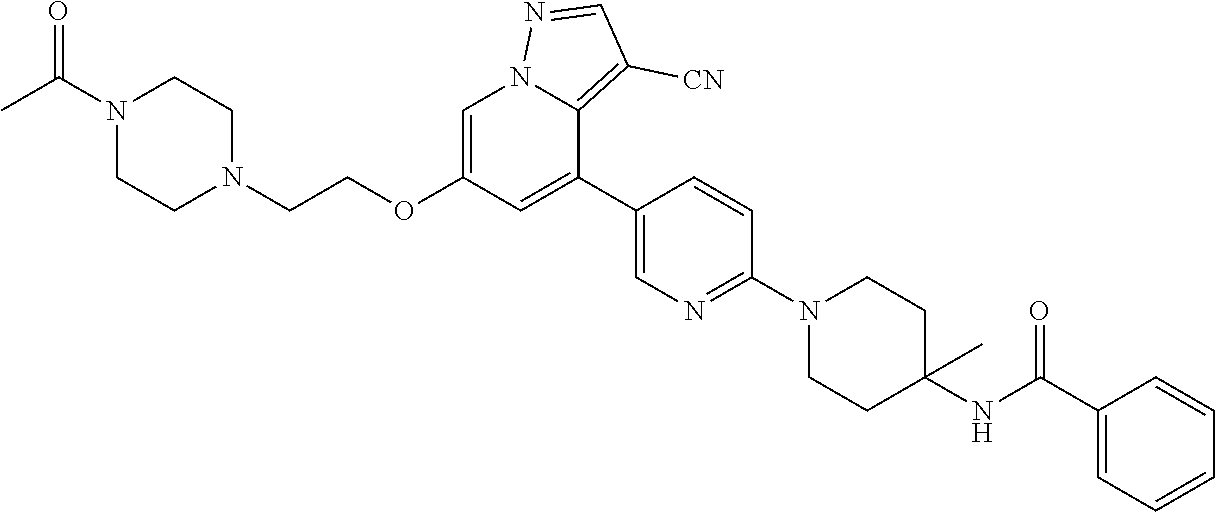
C00883
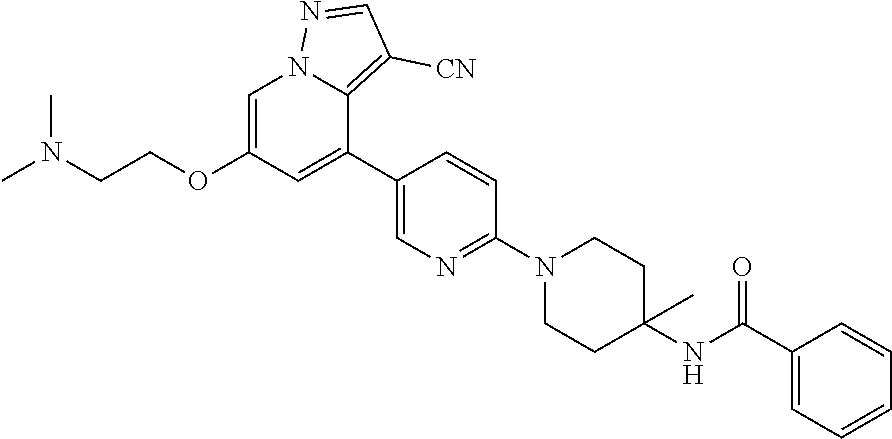
C00884
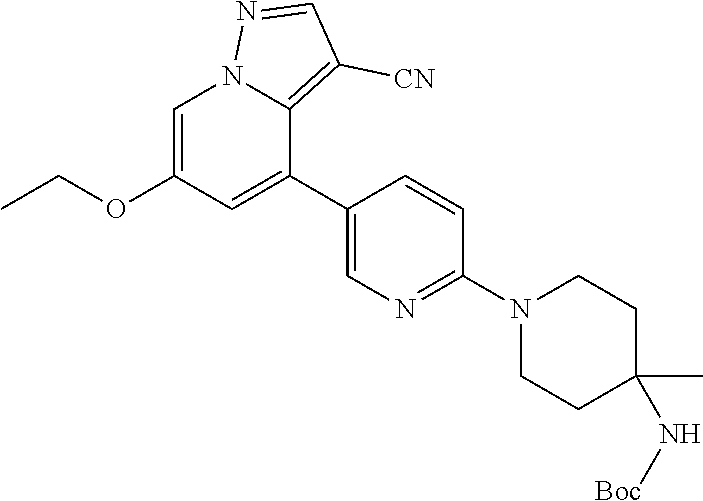
C00885
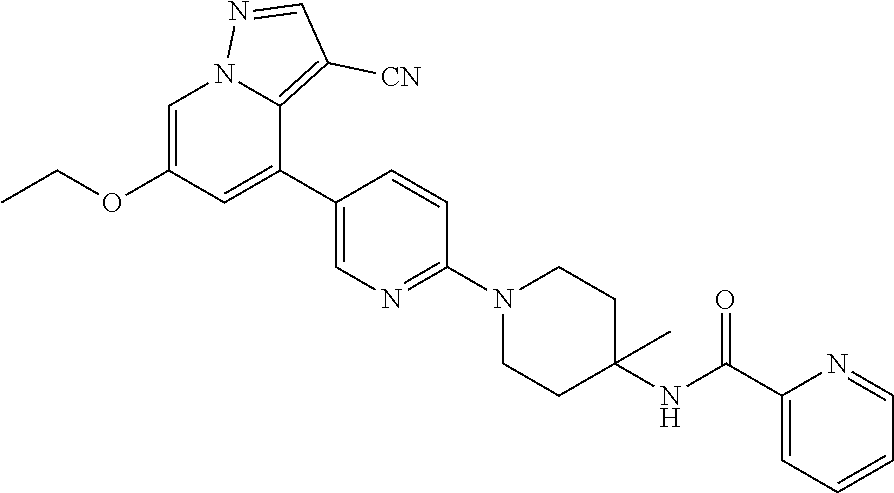
C00886
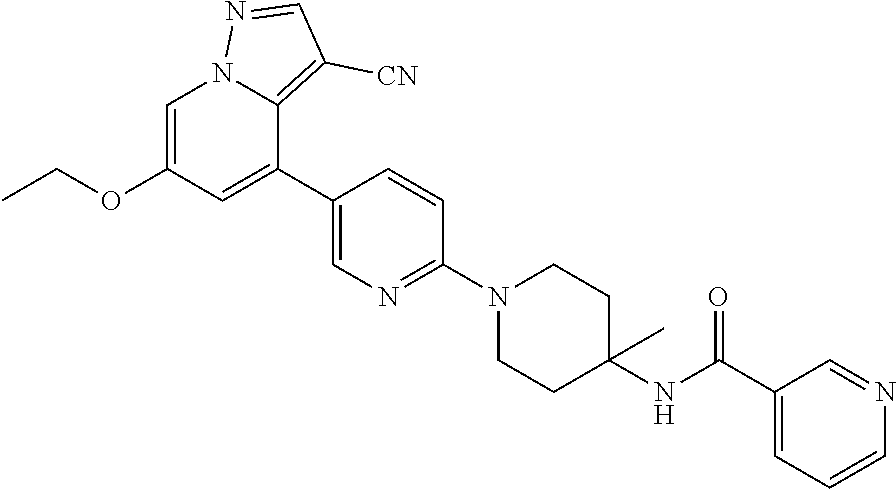
C00887
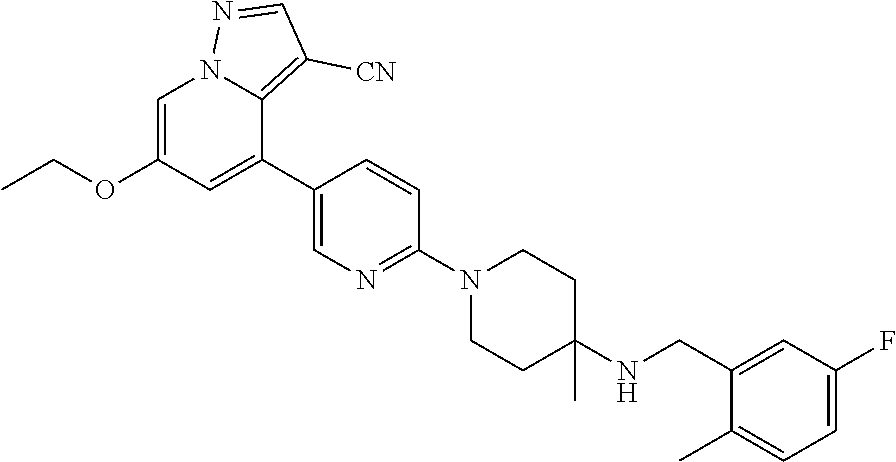
C00888
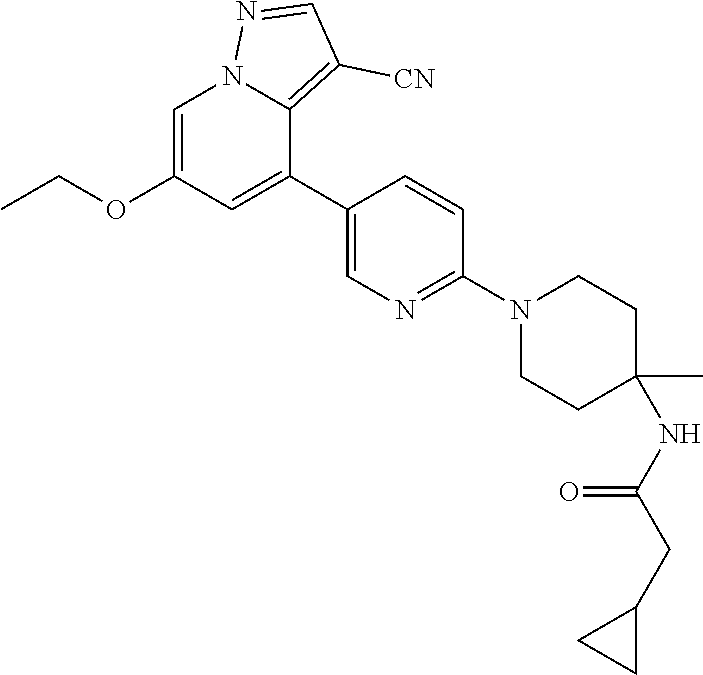
C00889
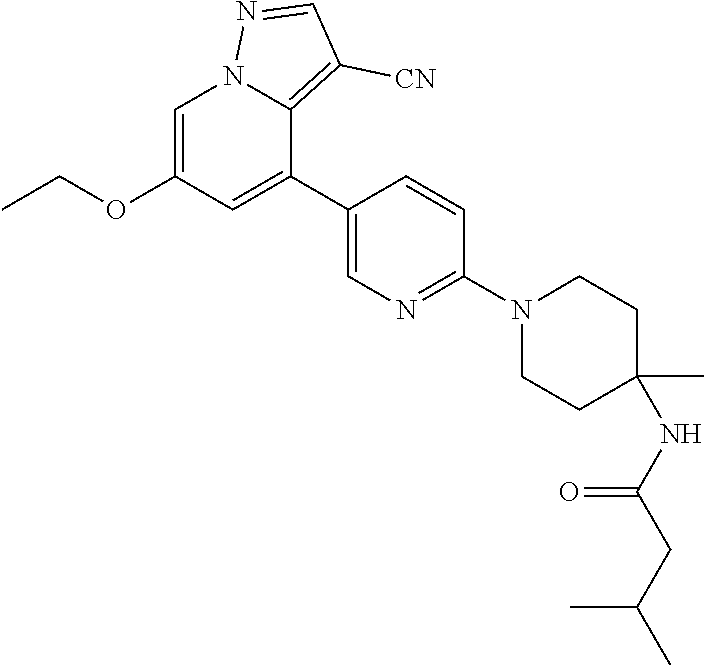
C00890
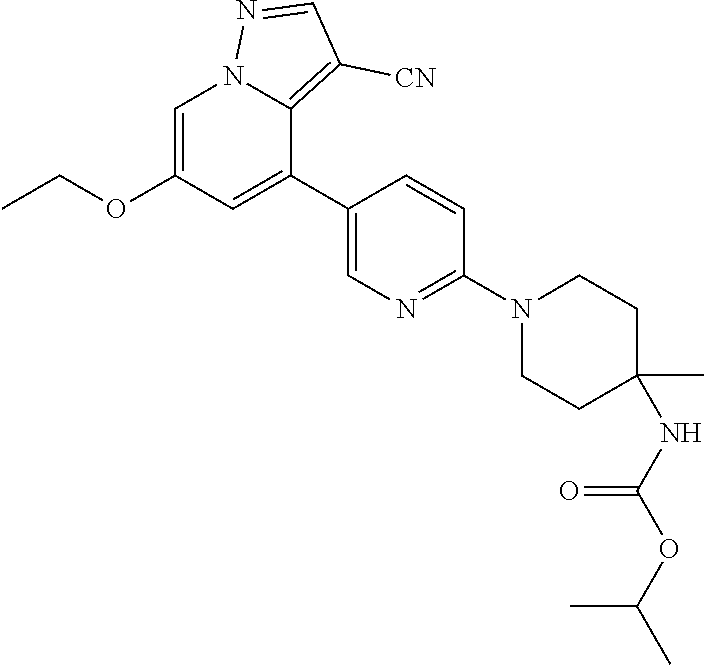
C00891
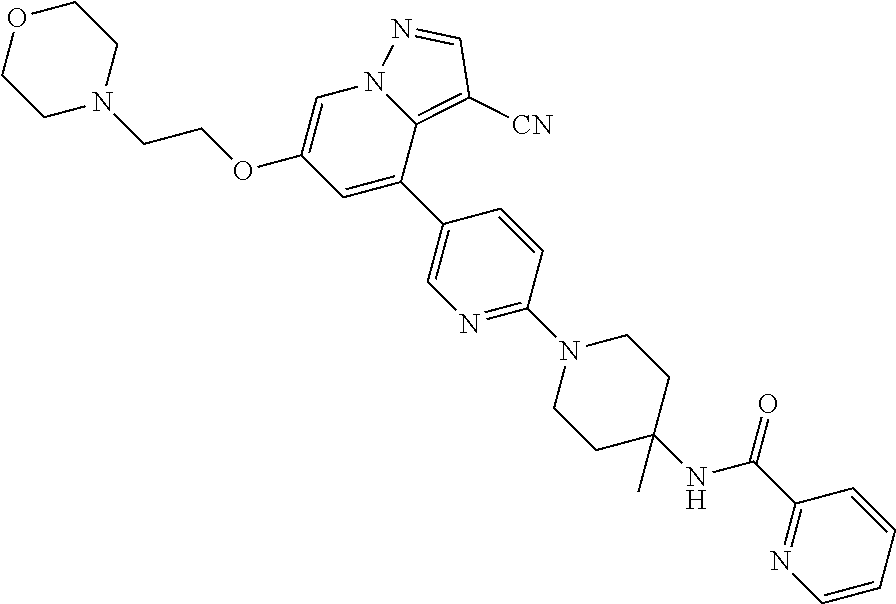
C00892
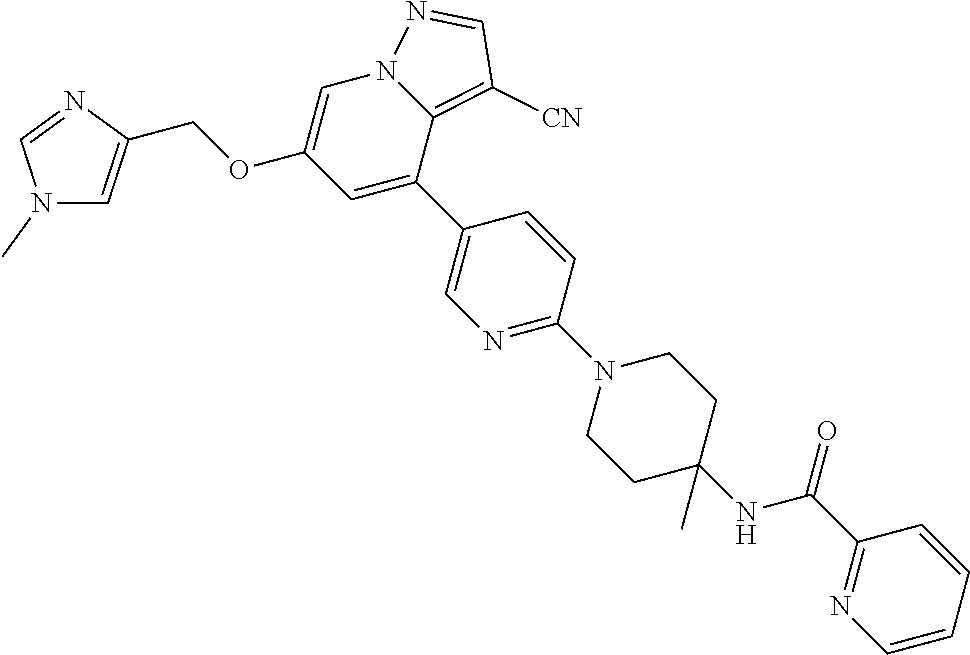
C00893
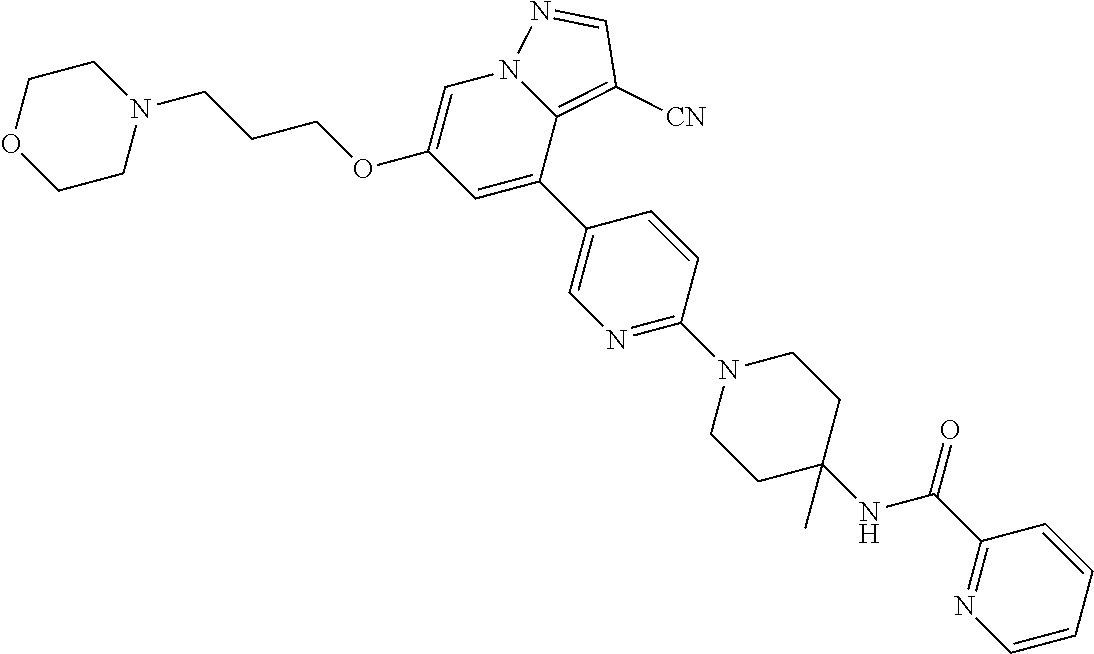
C00894
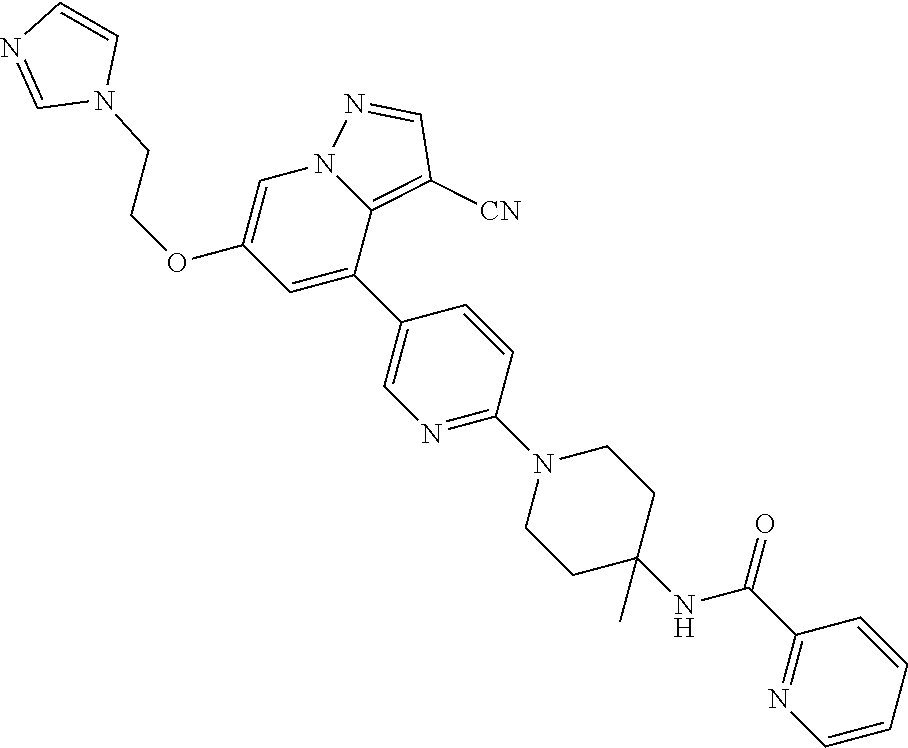
C00895
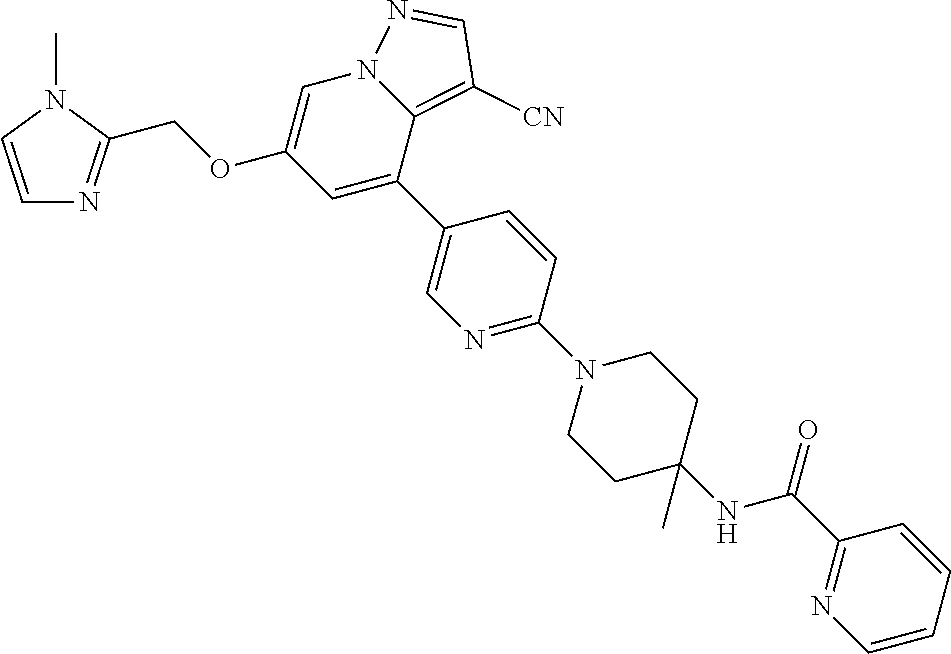
C00896
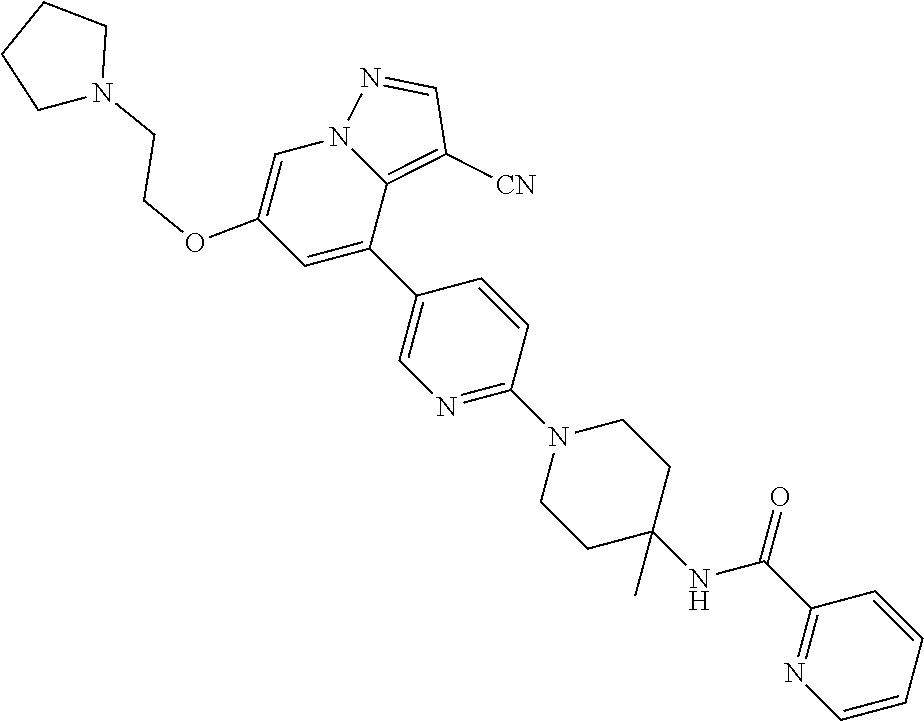
C00897
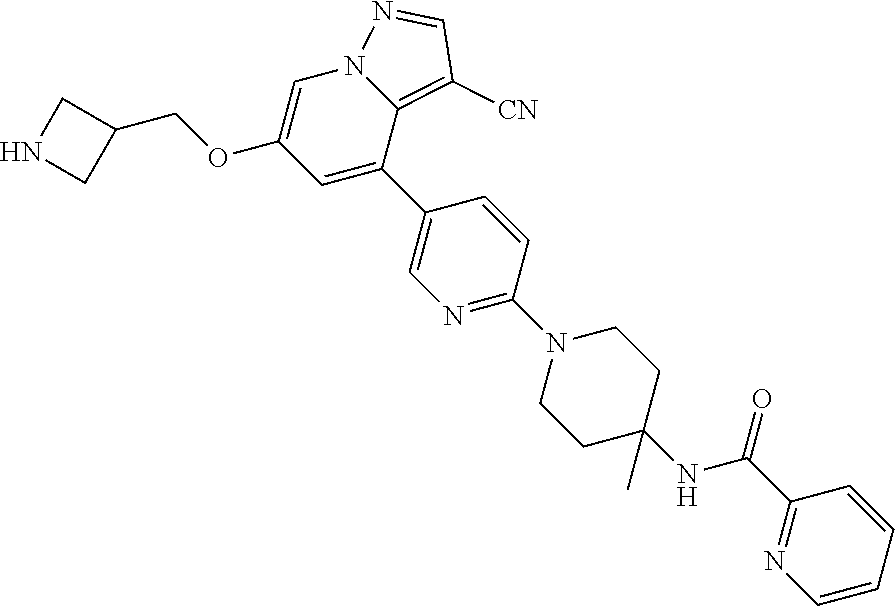
C00898
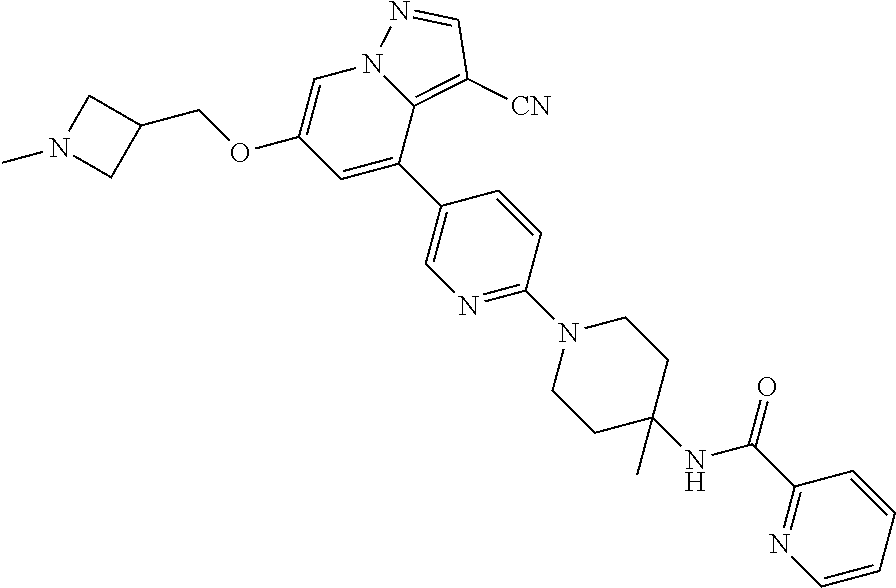
C00899
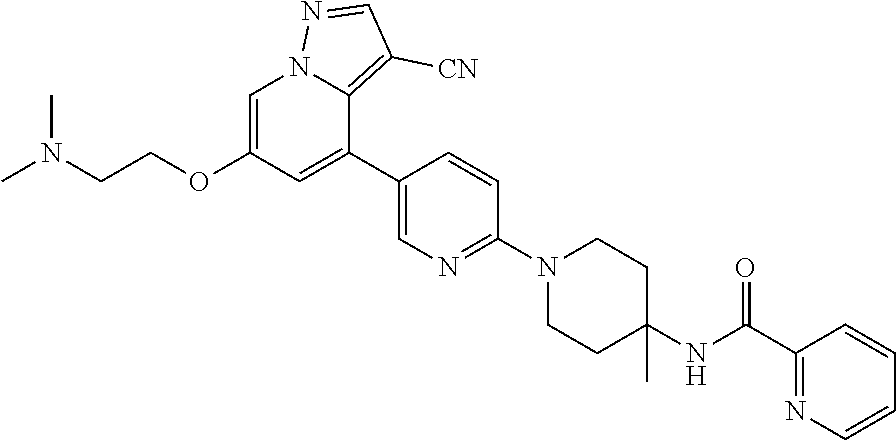
C00900
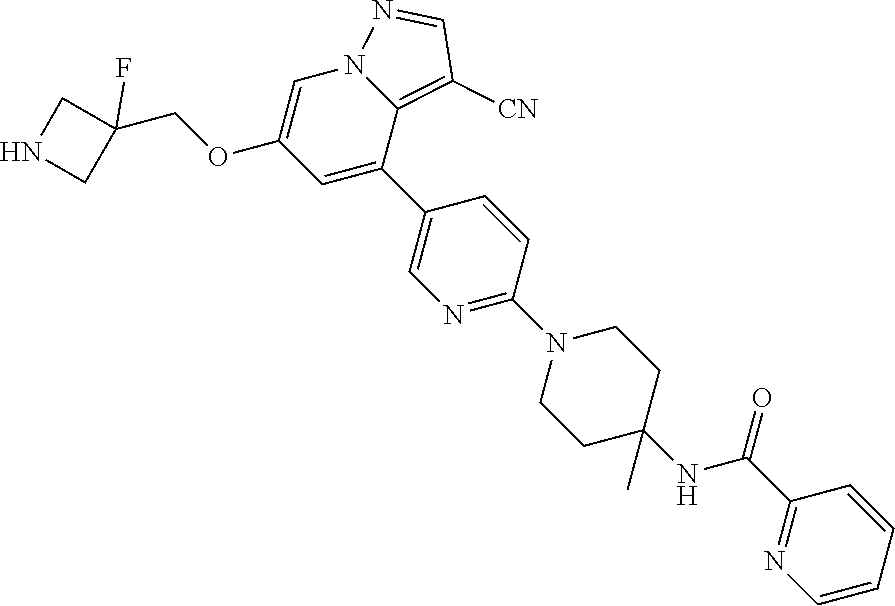
C00901
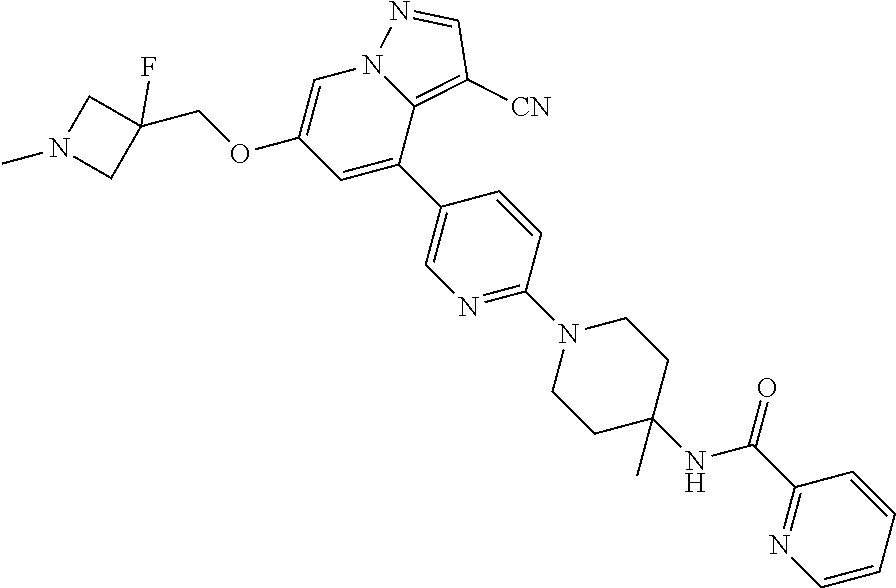
C00902
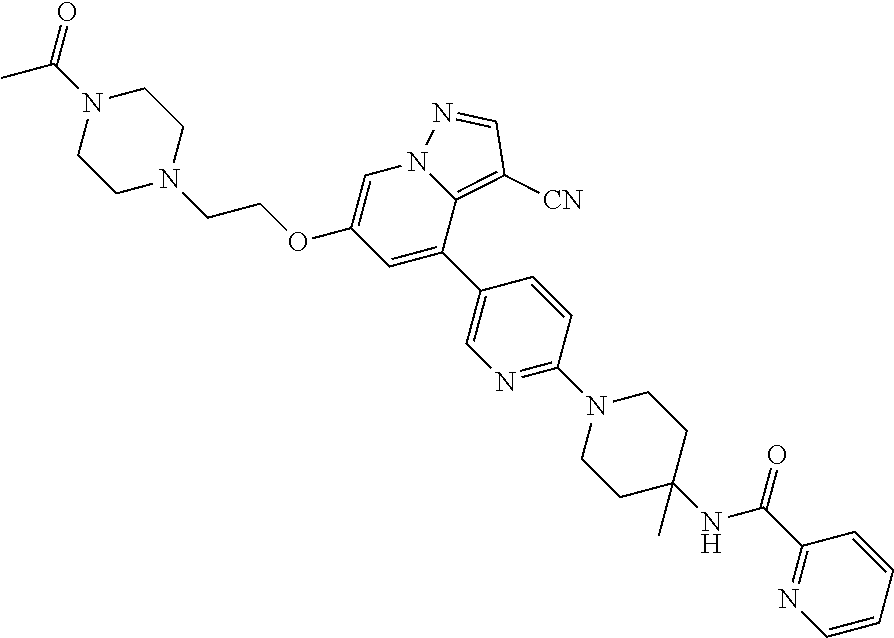
C00903
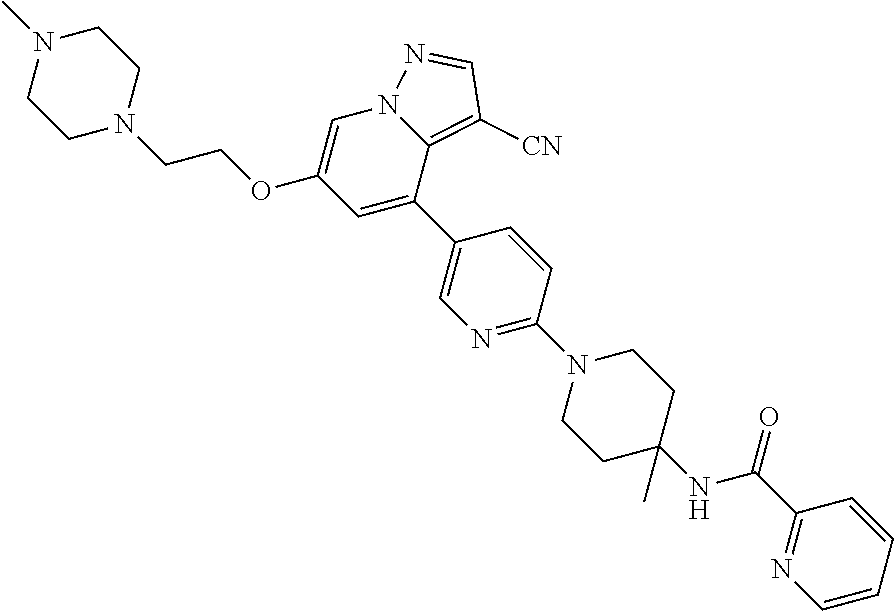
C00904
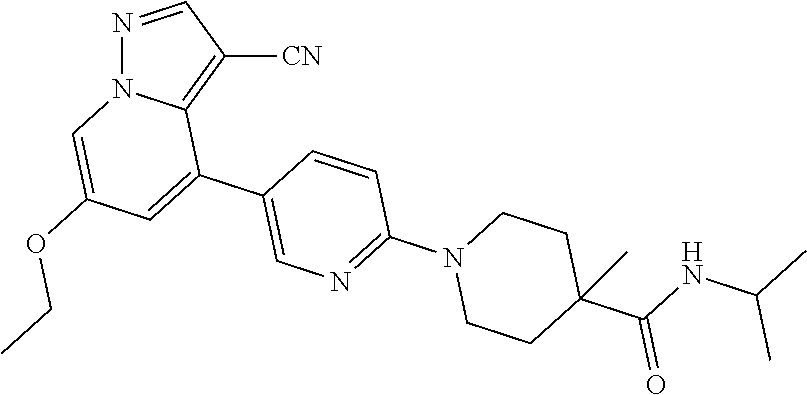
C00905

C00906
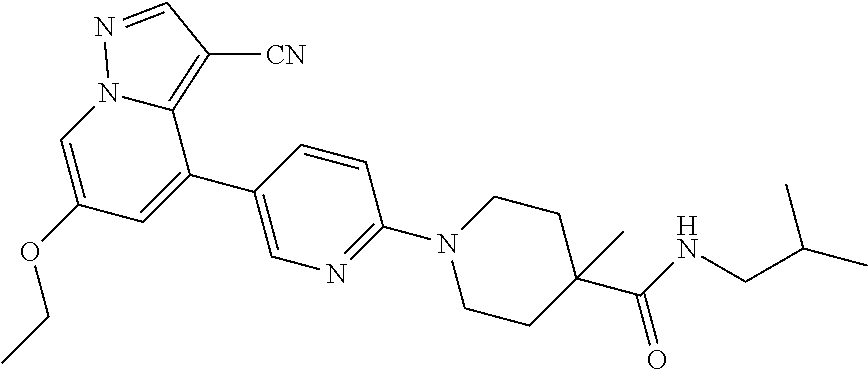
C00907

C00908
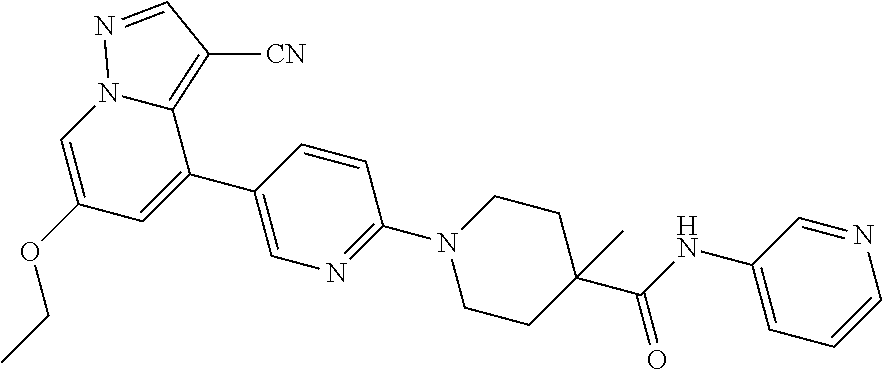
C00909
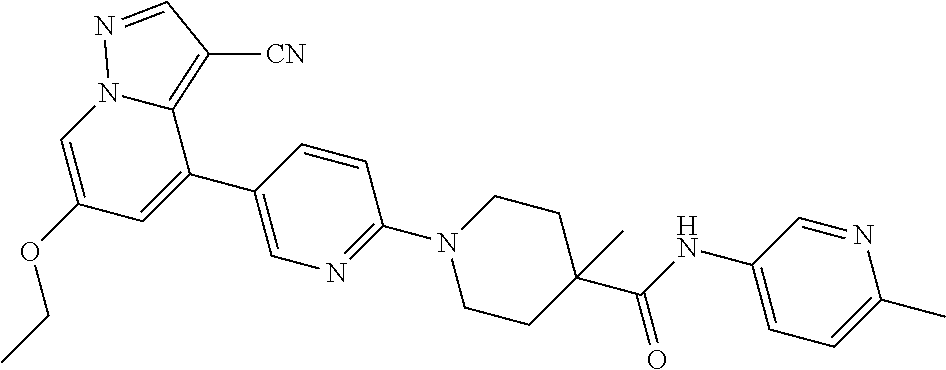
C00910
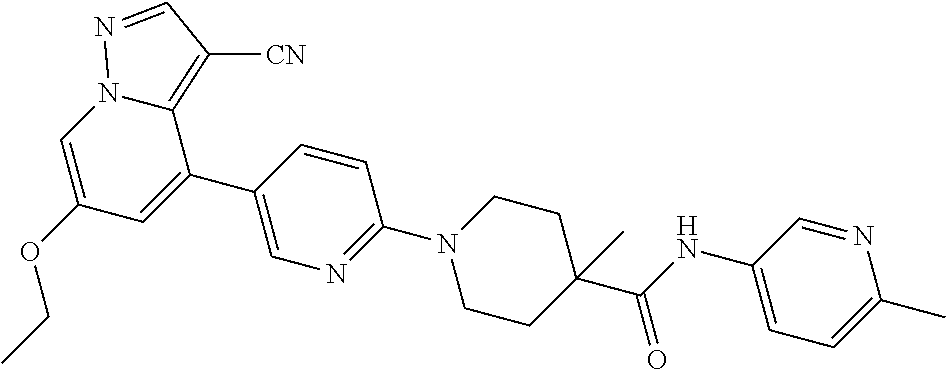
C00911
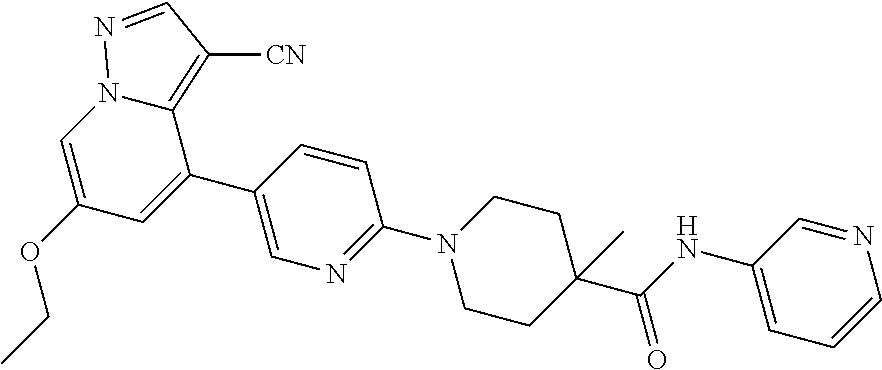
C00912
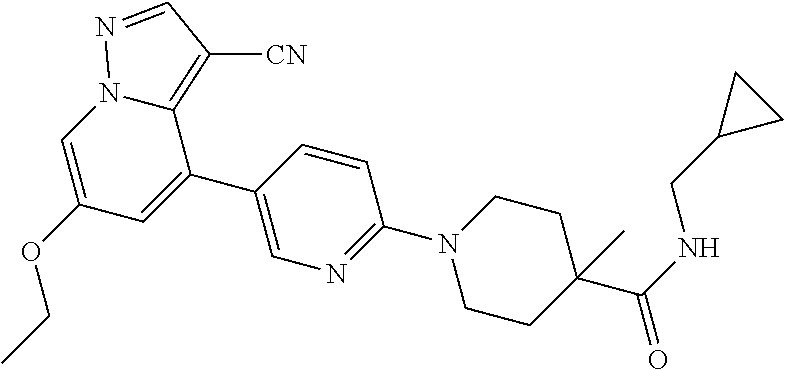
C00913
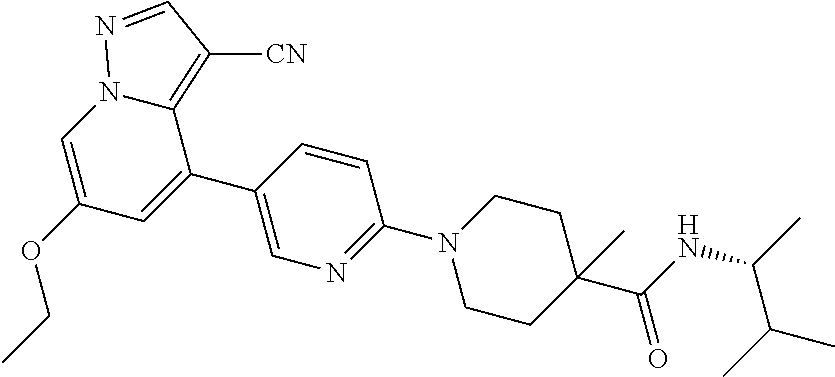
C00914
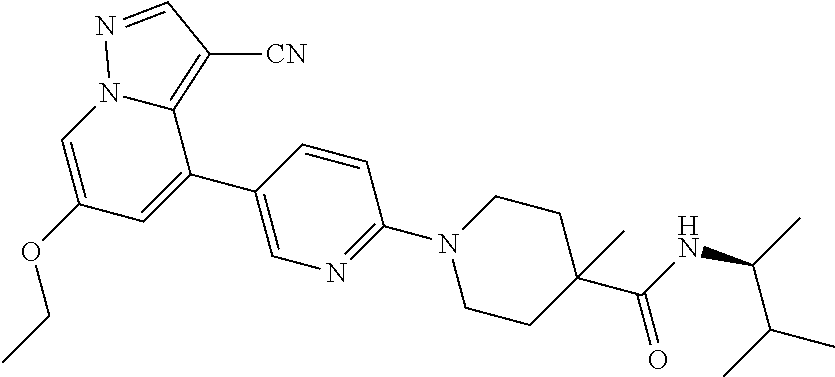
C00915
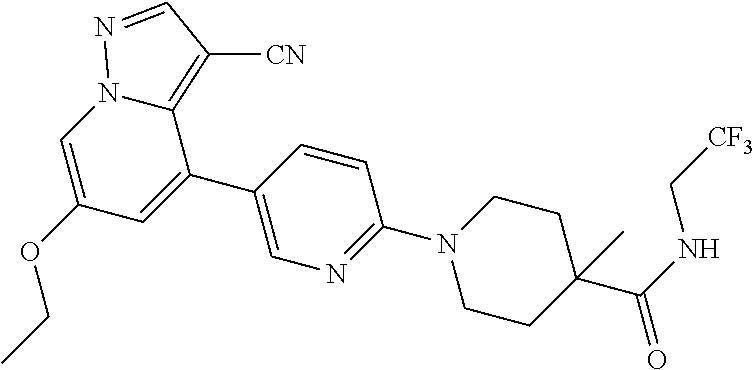
C00916
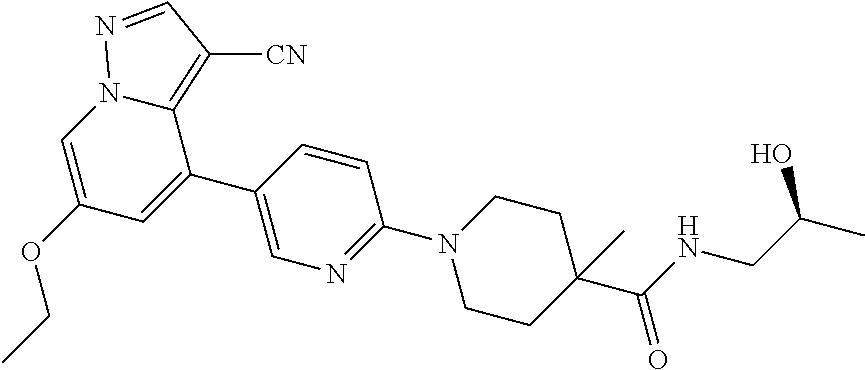
C00917

C00918
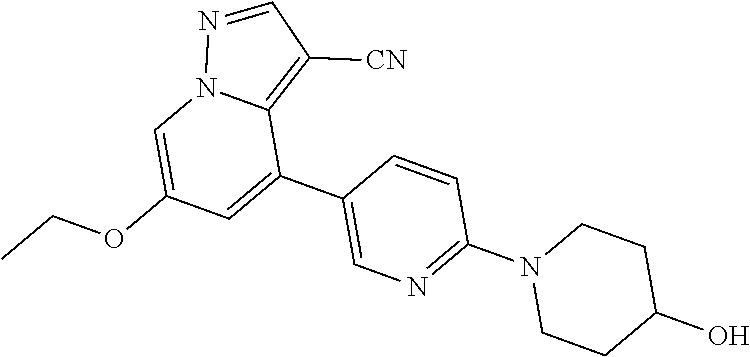
C00919
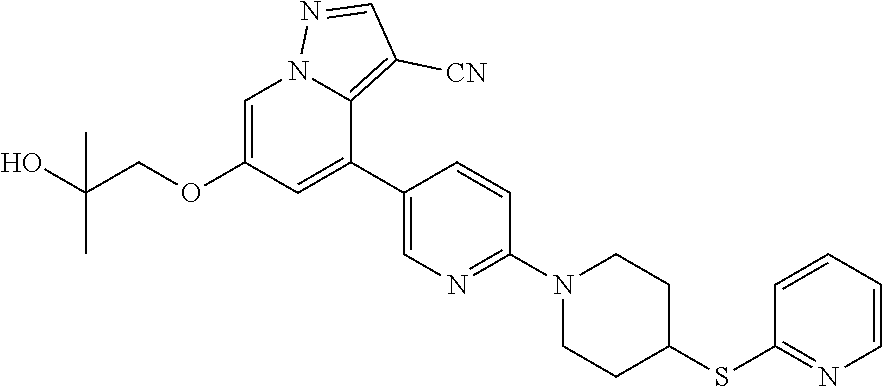
C00920
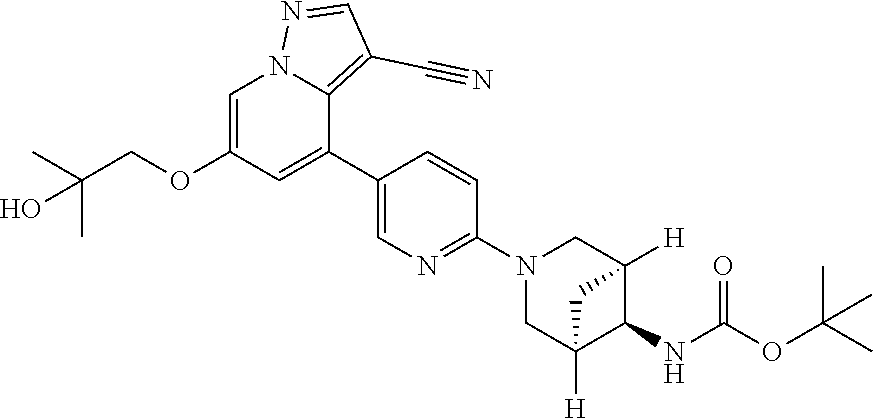
C00921
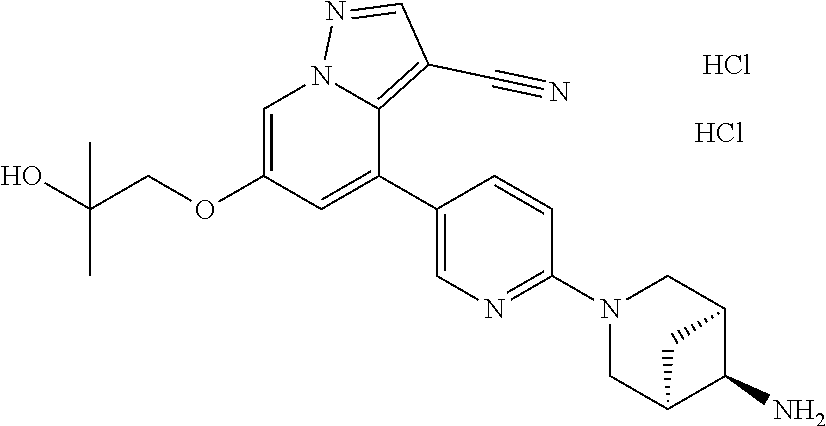
C00922
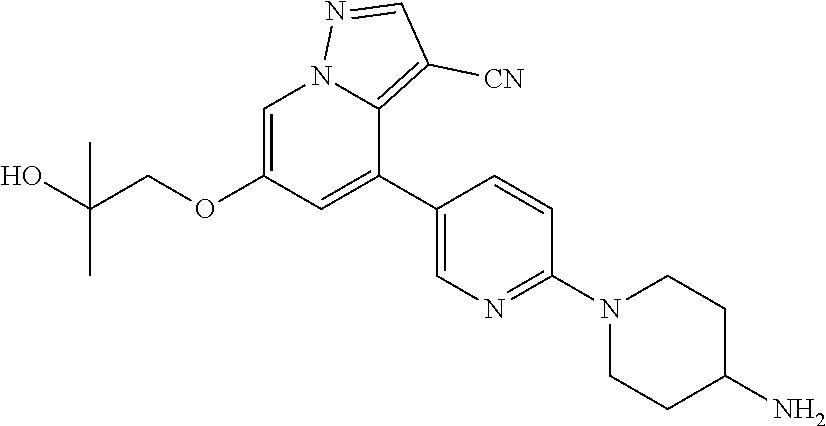
C00923
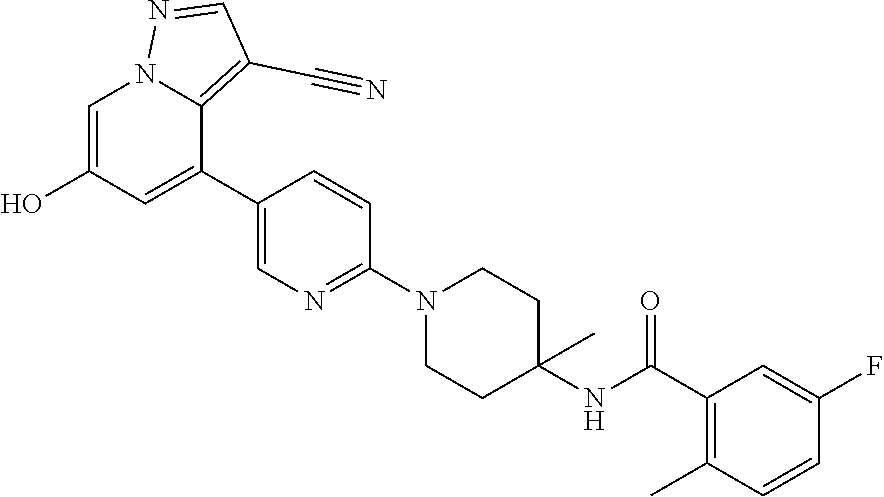
C00924
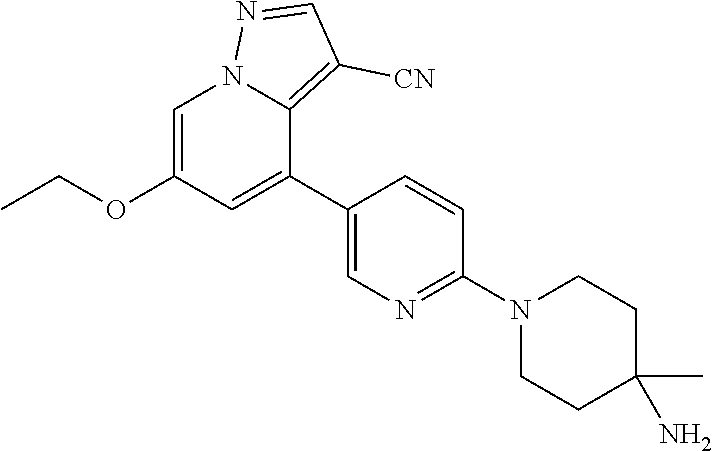
C00925
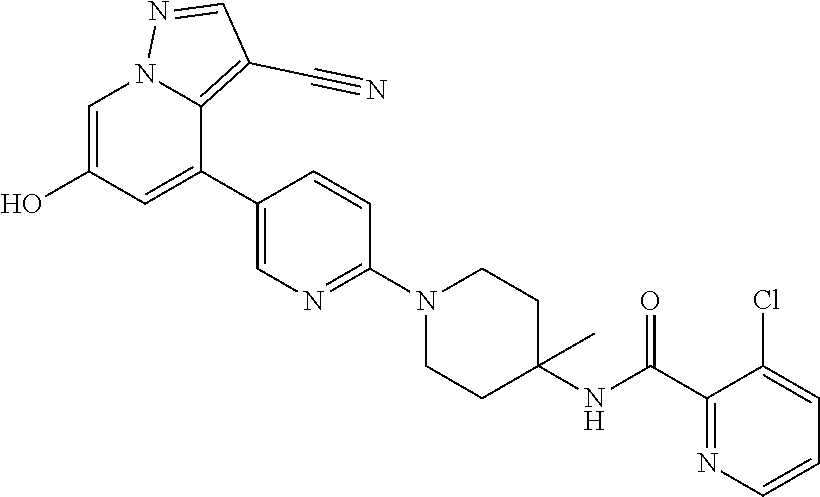
C00926
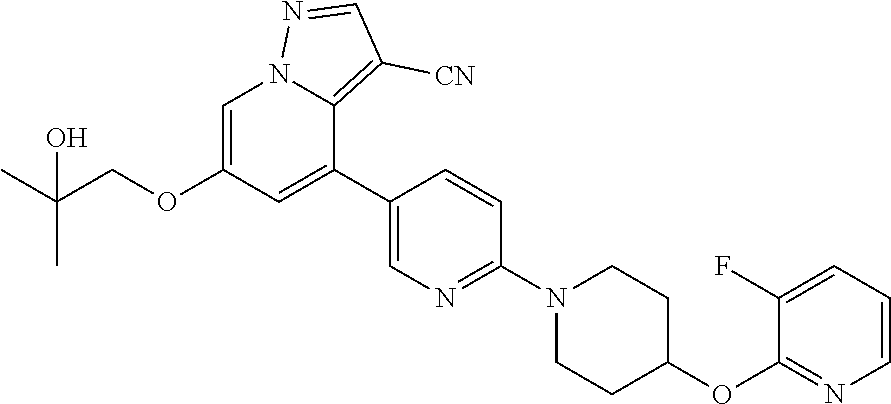
C00927
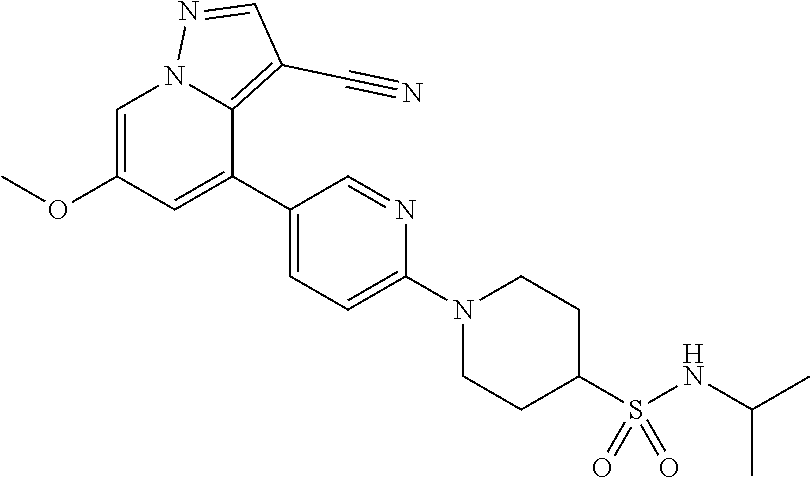
C00928
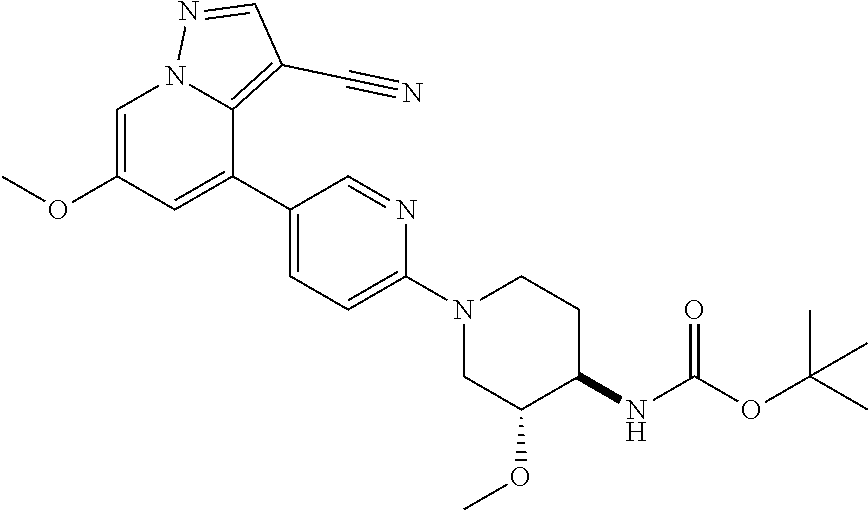
C00929
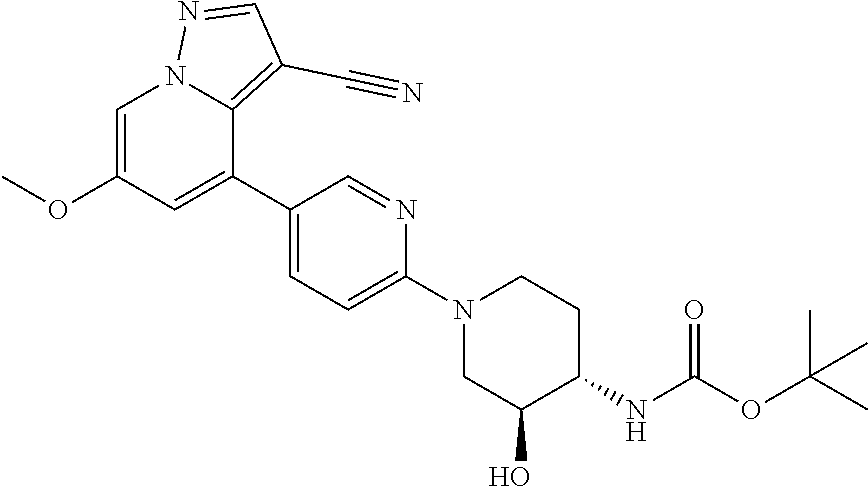
C00930
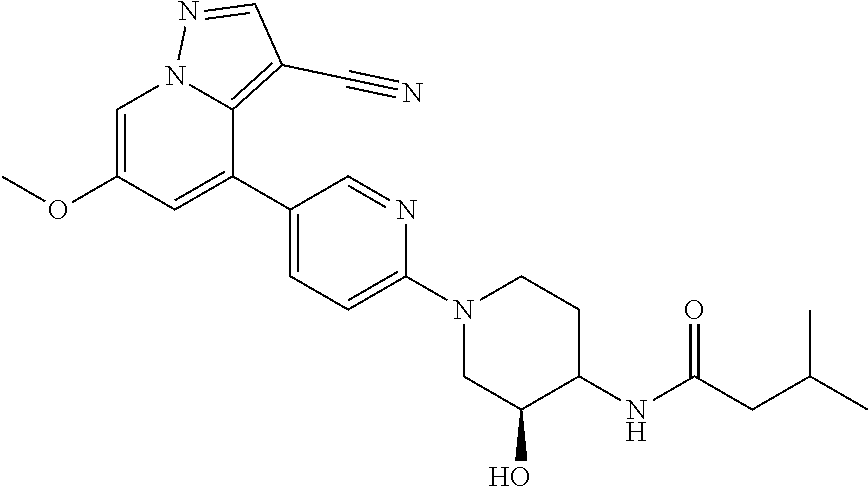
C00931
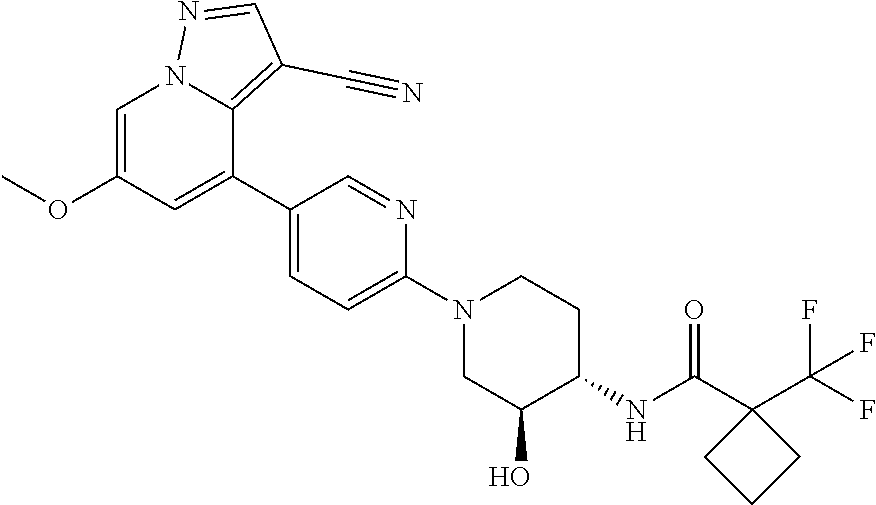
C00932
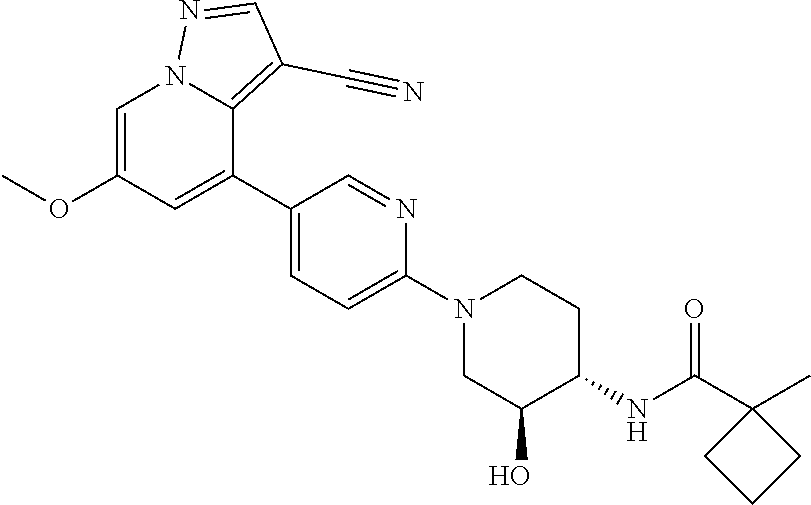
C00933

C00934

C00935
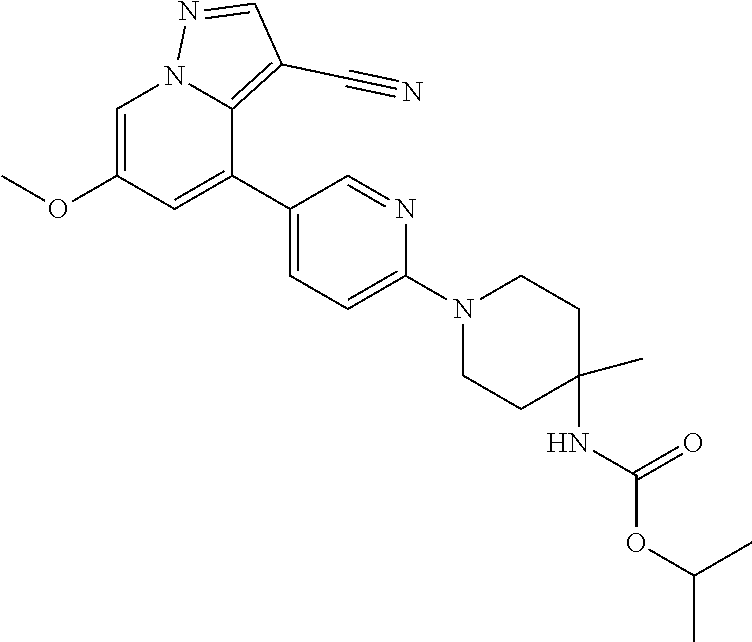
C00936
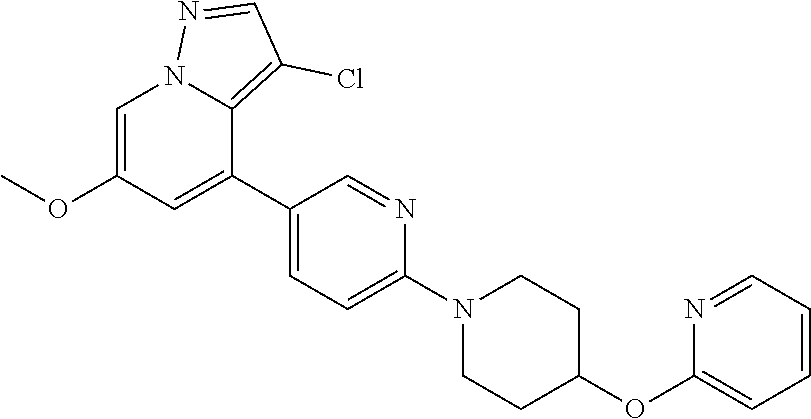
C00937
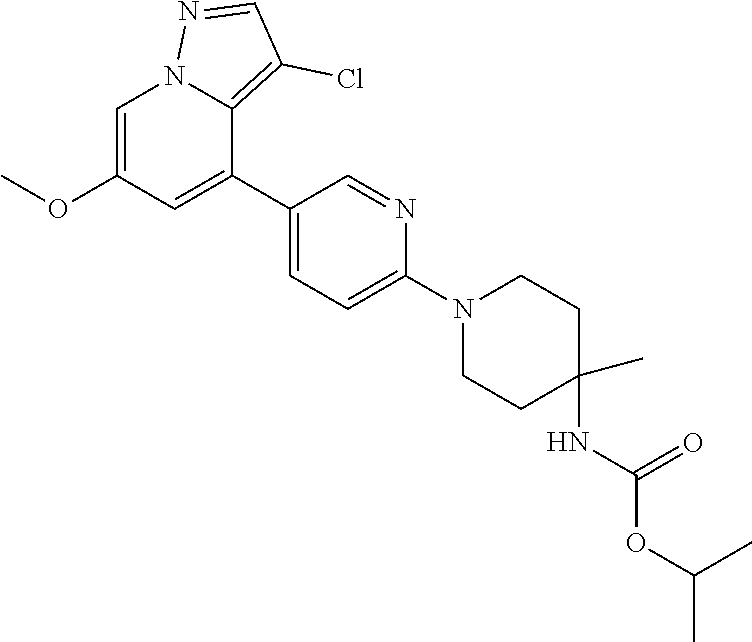
C00938
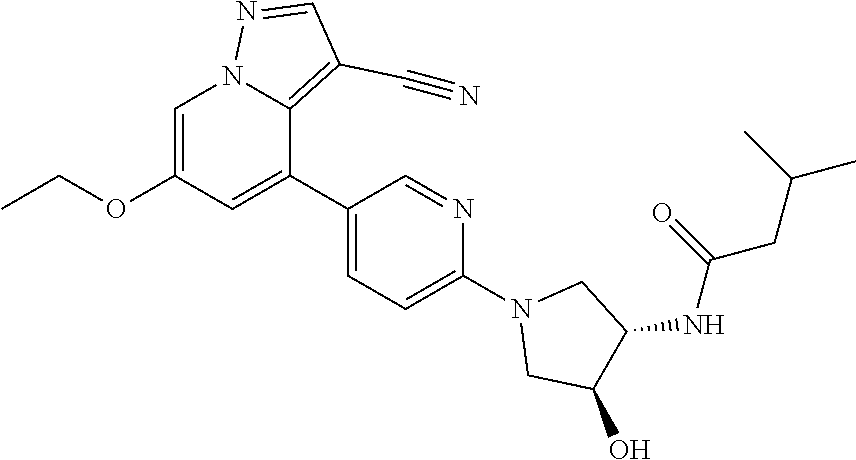
C00939
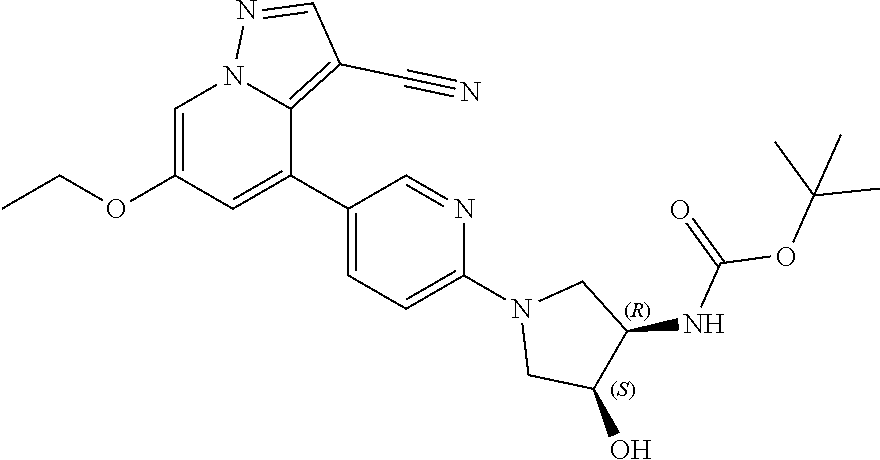
C00940
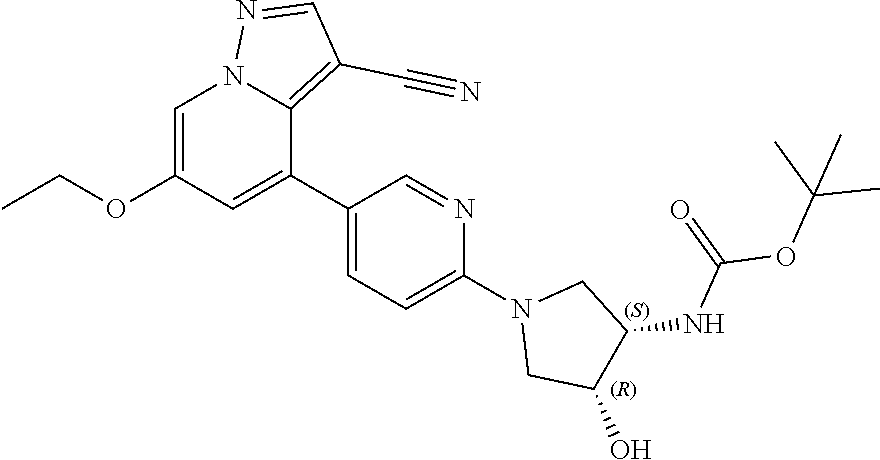
C00941

C00942
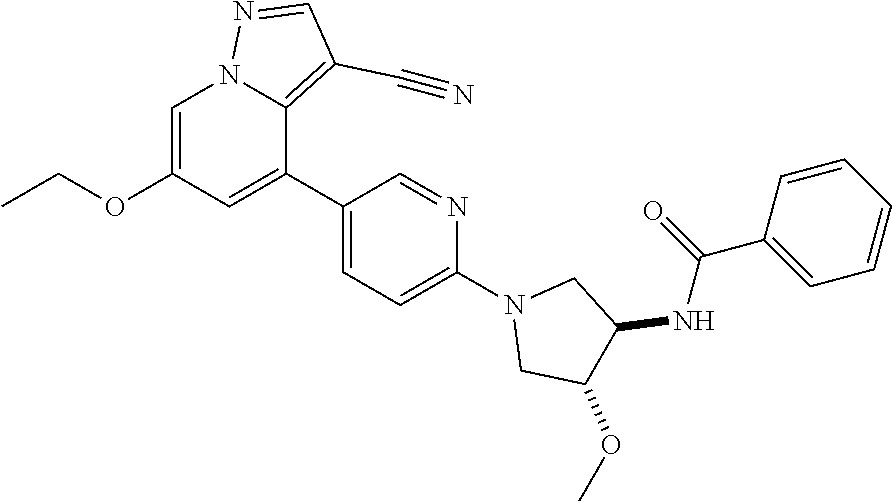
C00943
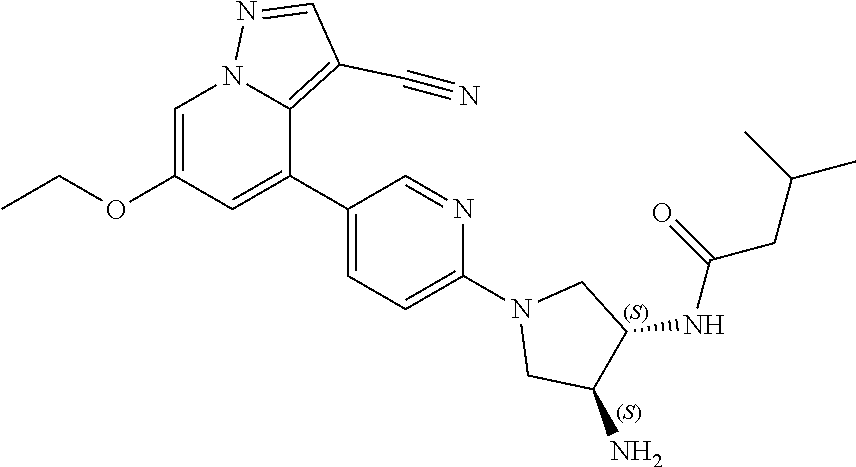
C00944
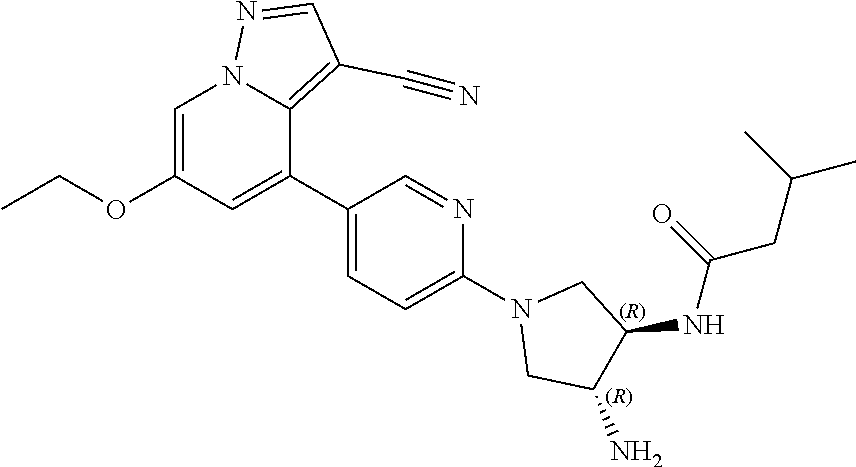
C00945
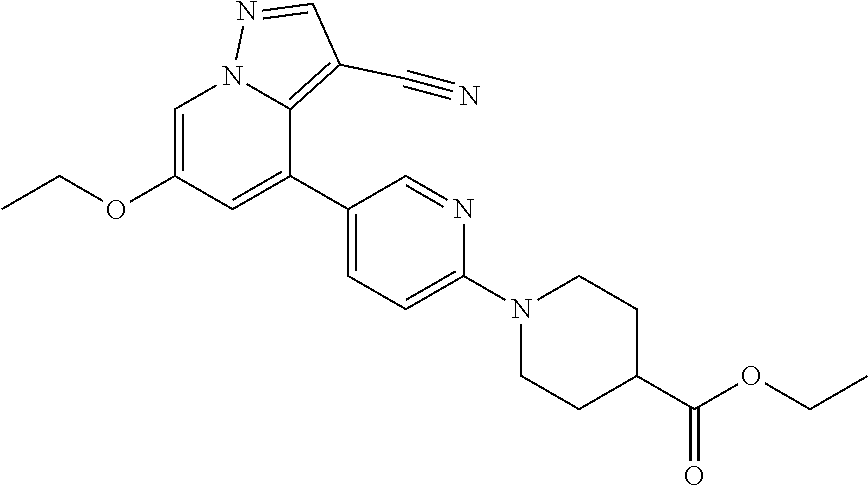
C00946

C00947
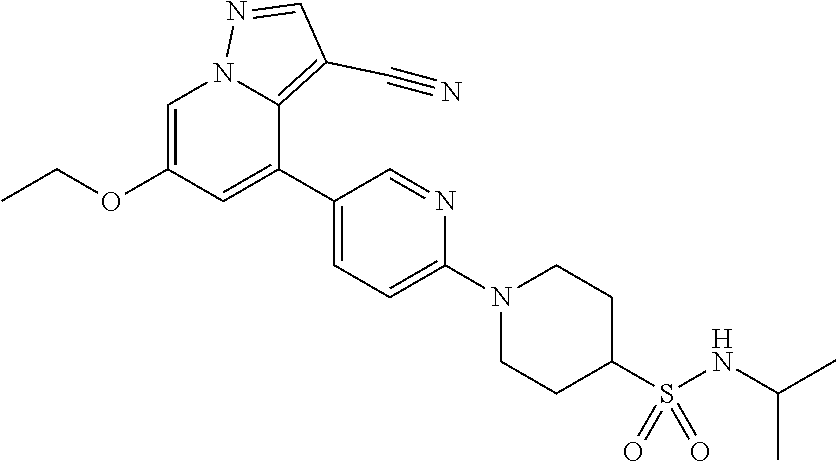
C00948

C00949
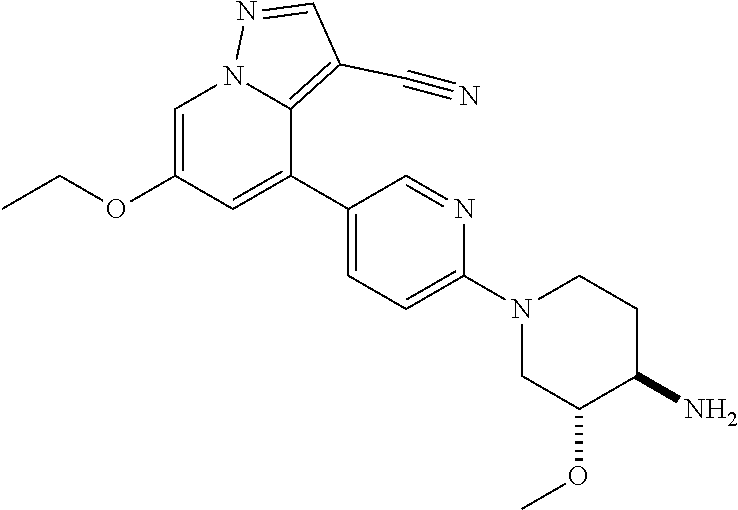
C00950
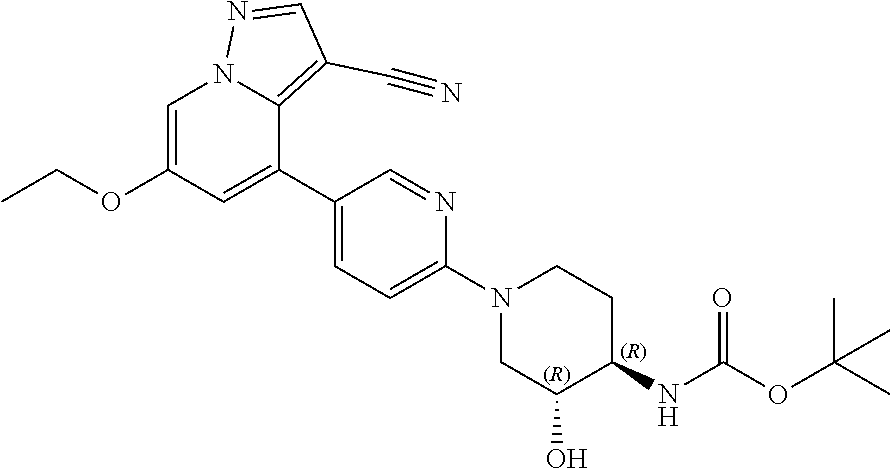
C00951
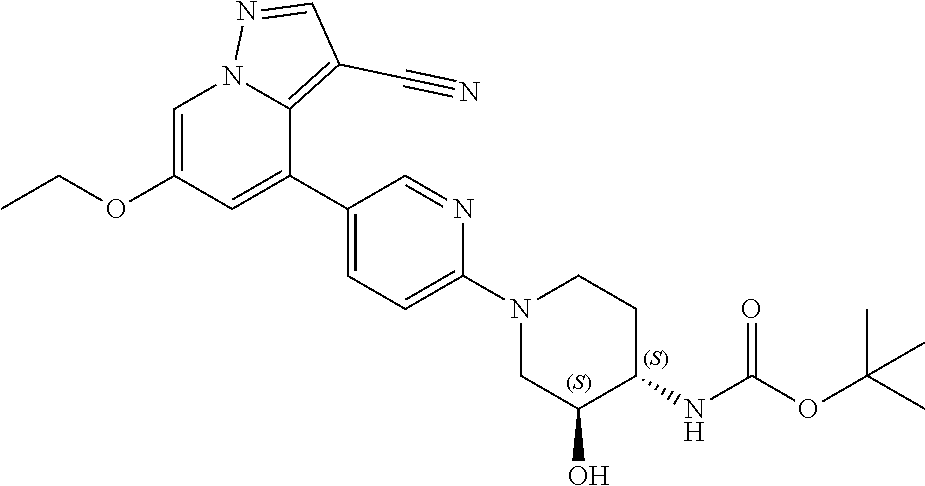
C00952
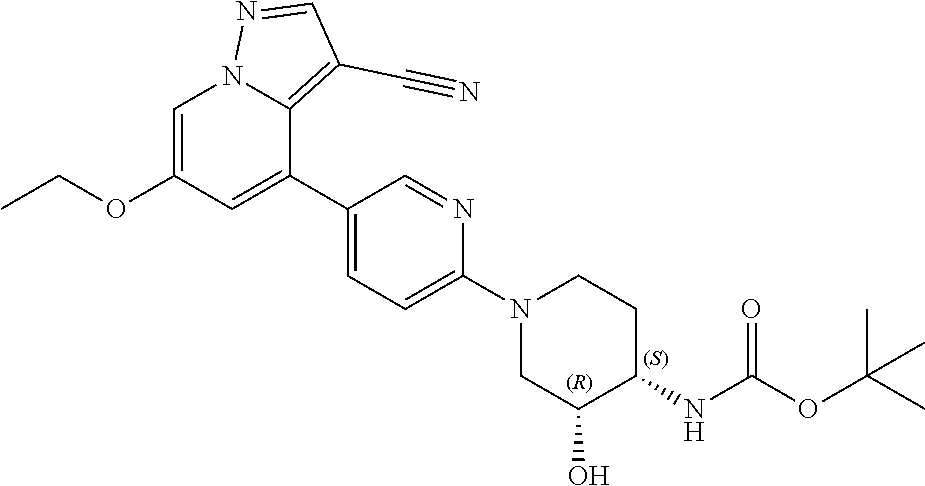
C00953

C00954
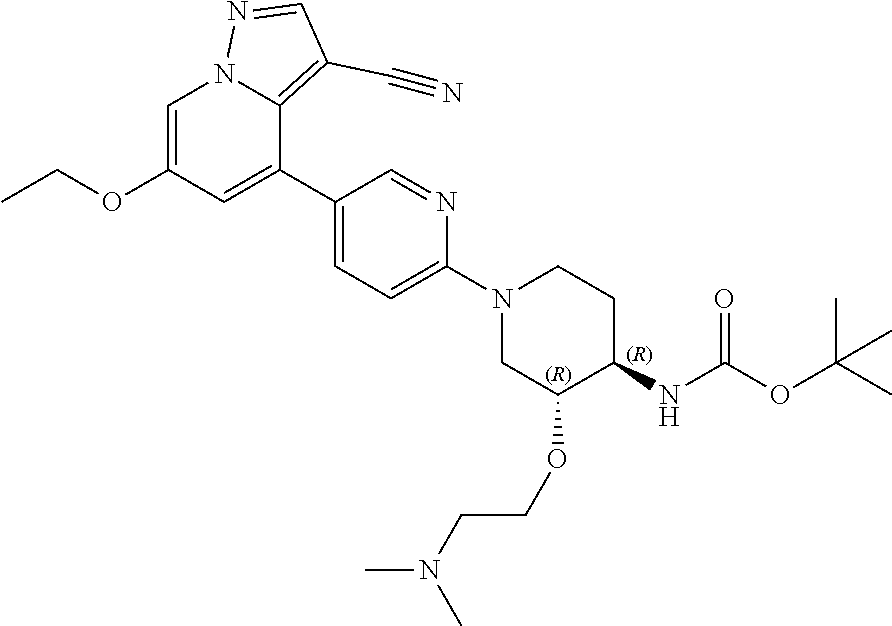
C00955
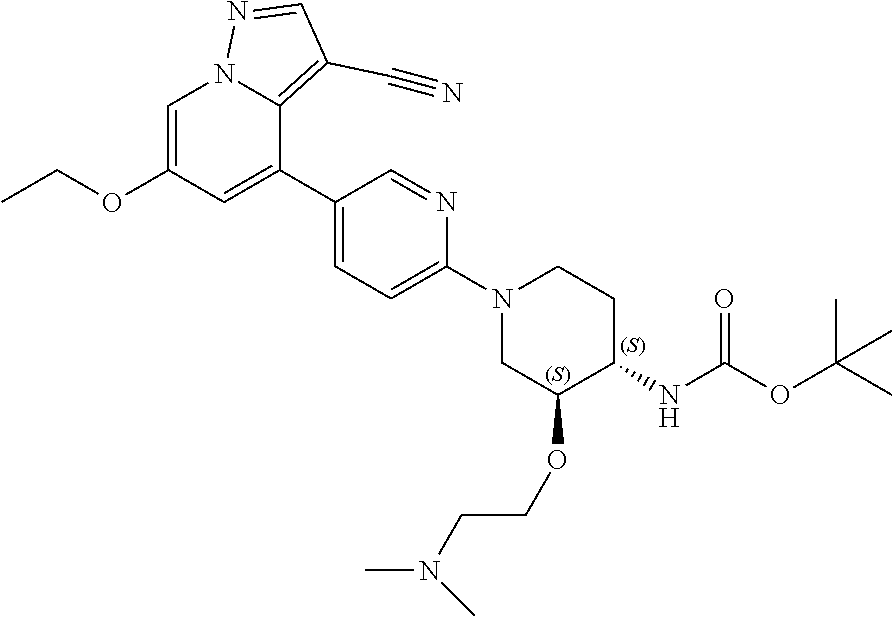
C00956

C00957
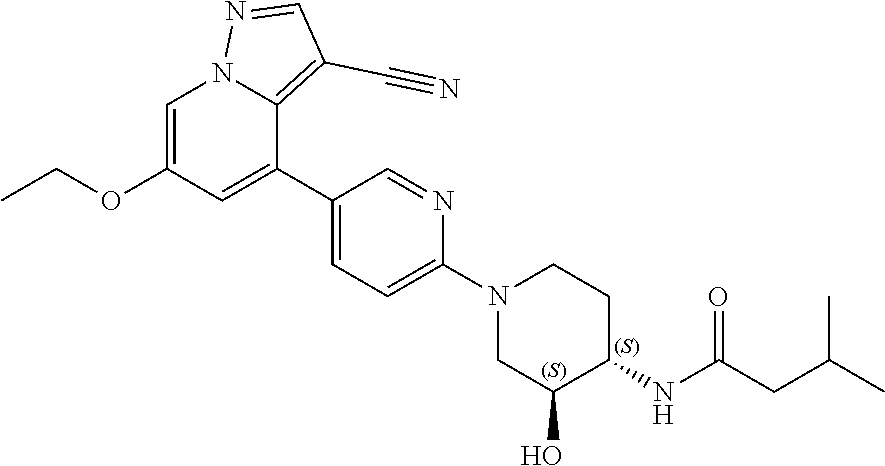
C00958
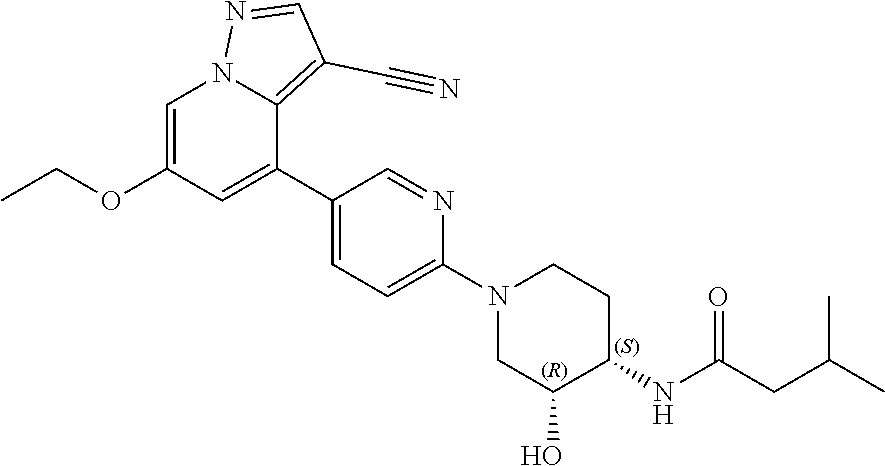
C00959

C00960

C00961
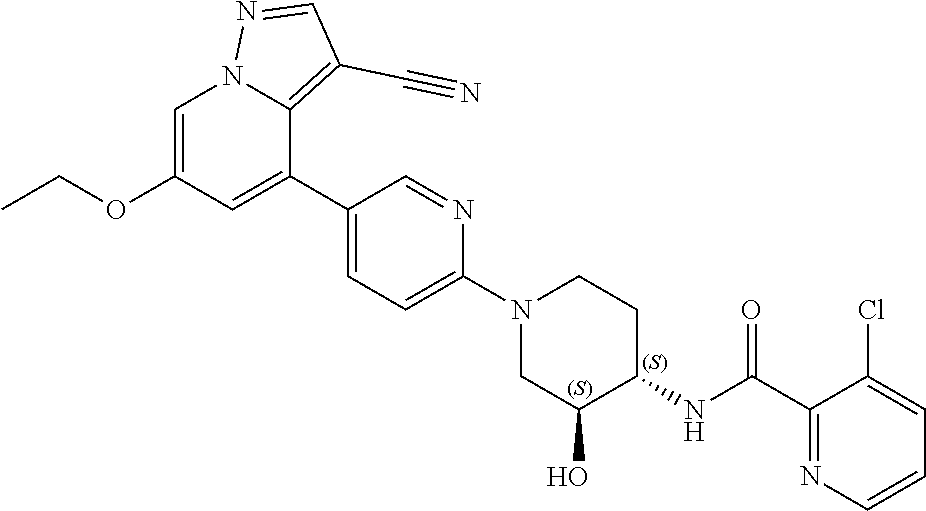
C00962
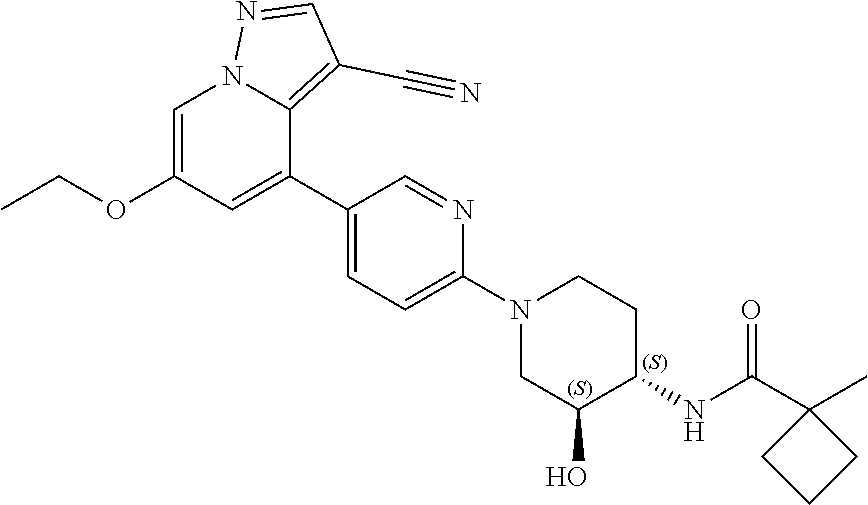
C00963
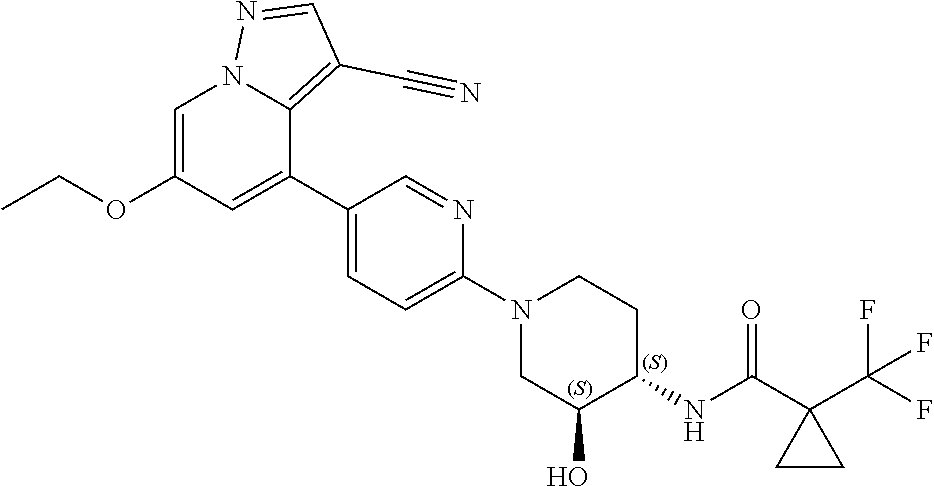
C00964
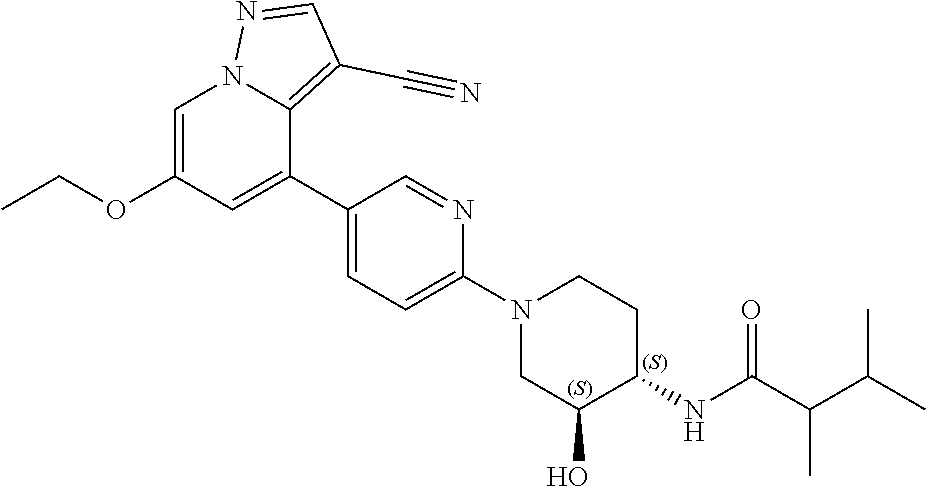
C00965
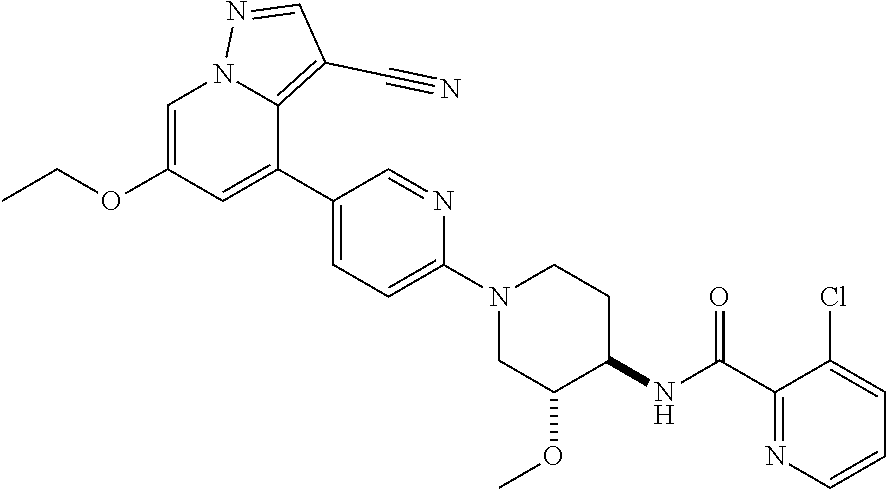
C00966
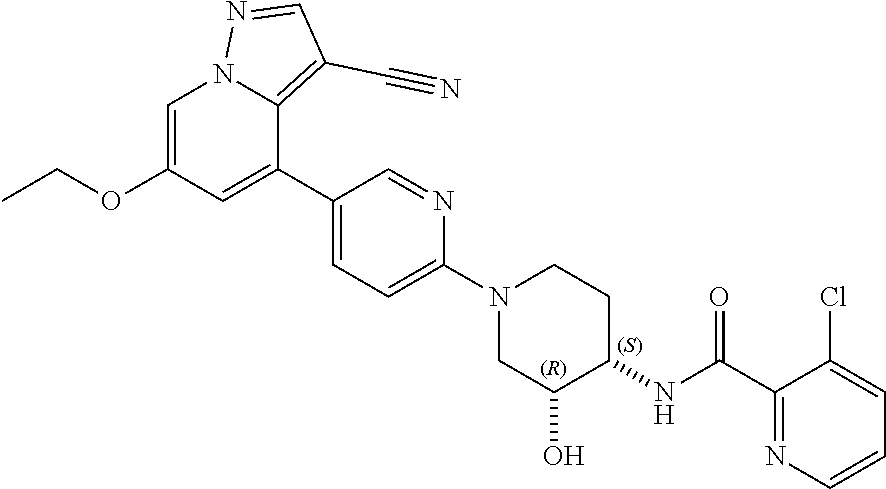
C00967
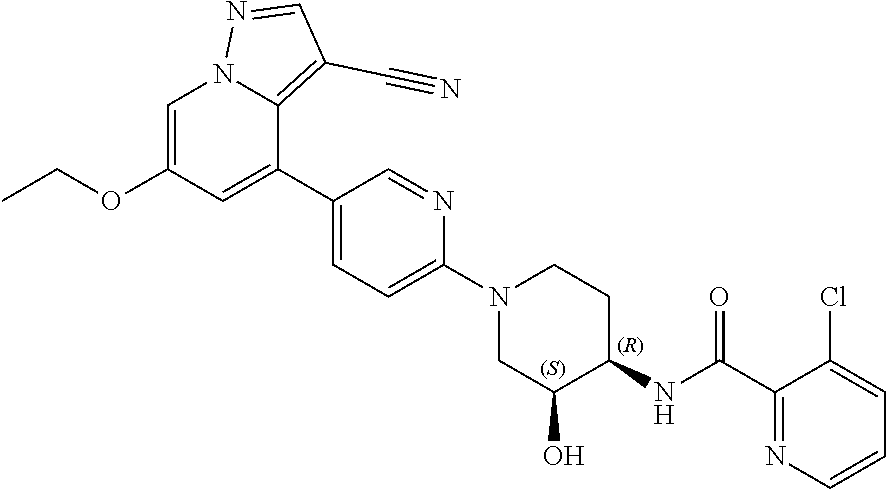
C00968
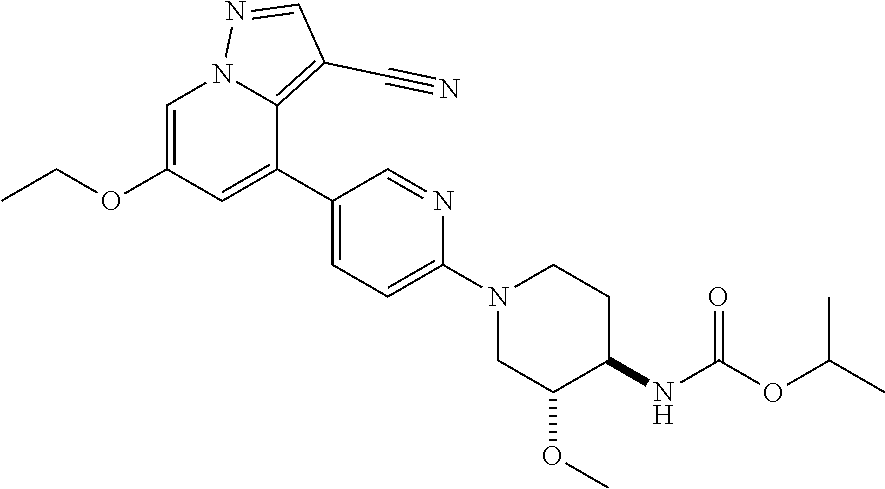
C00969

C00970

C00971
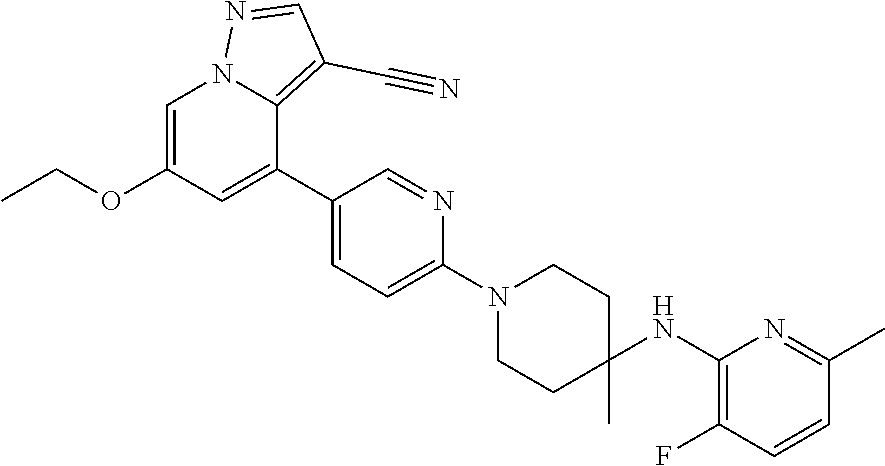
C00972
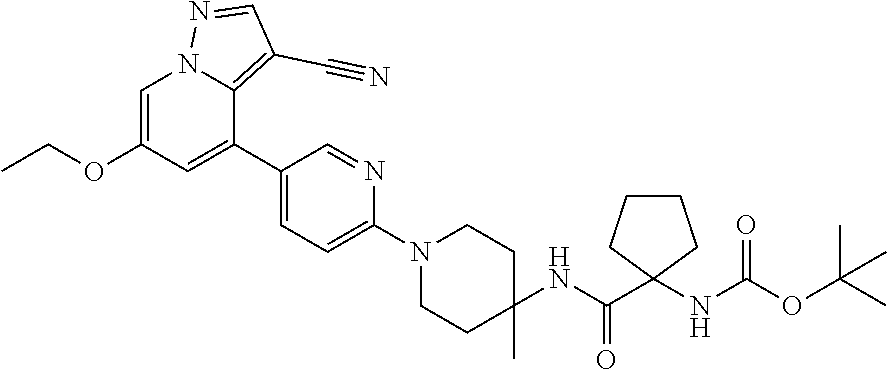
C00973
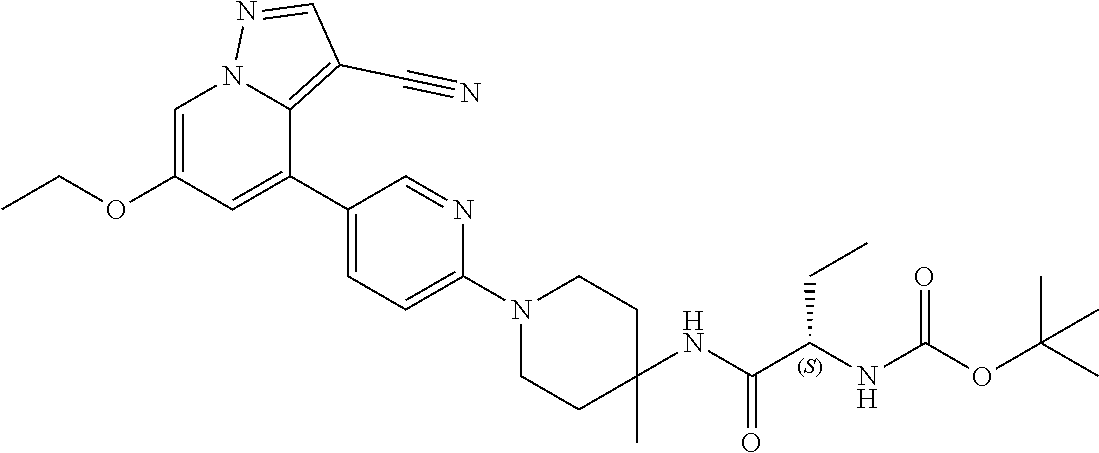
C00974
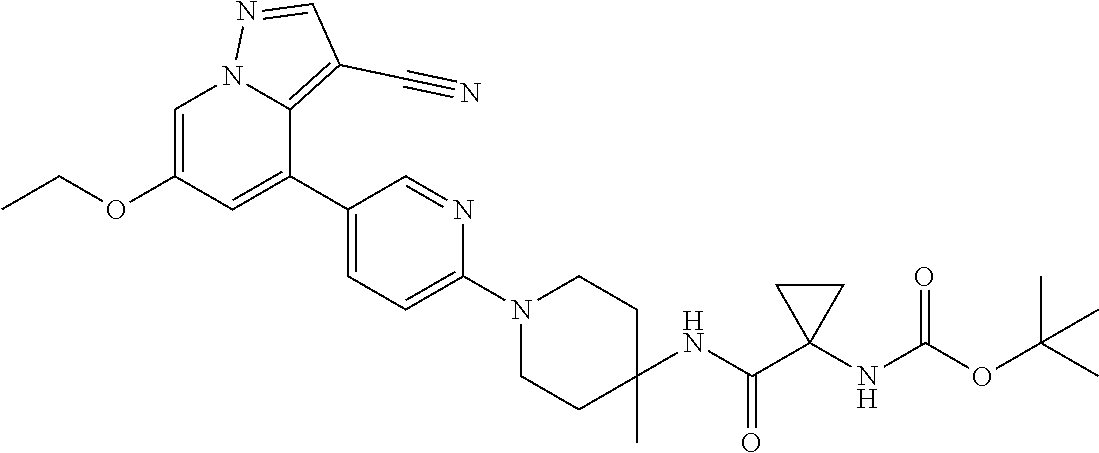
C00975
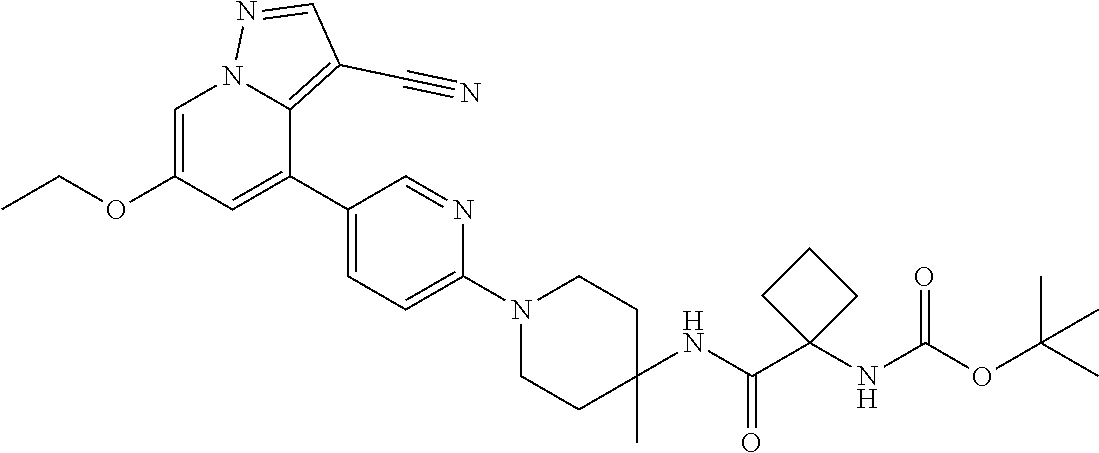
C00976
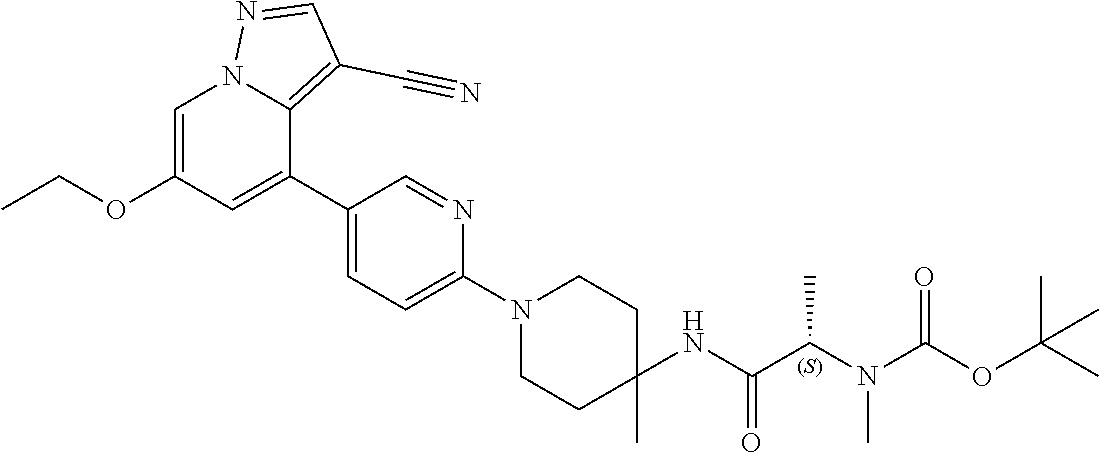
C00977
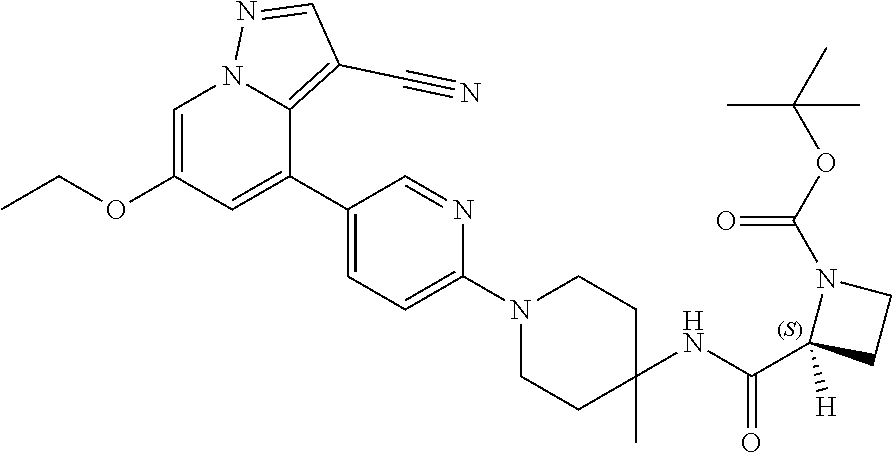
C00978
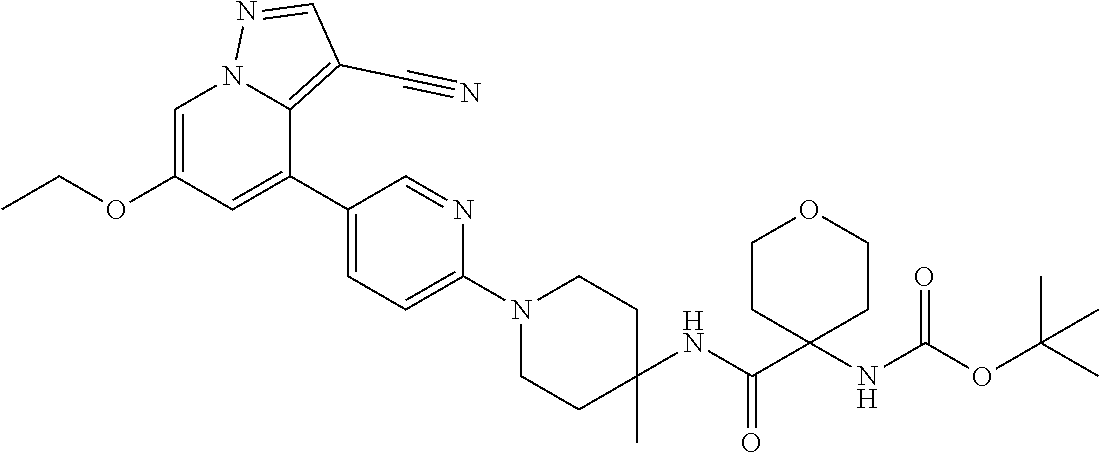
C00979
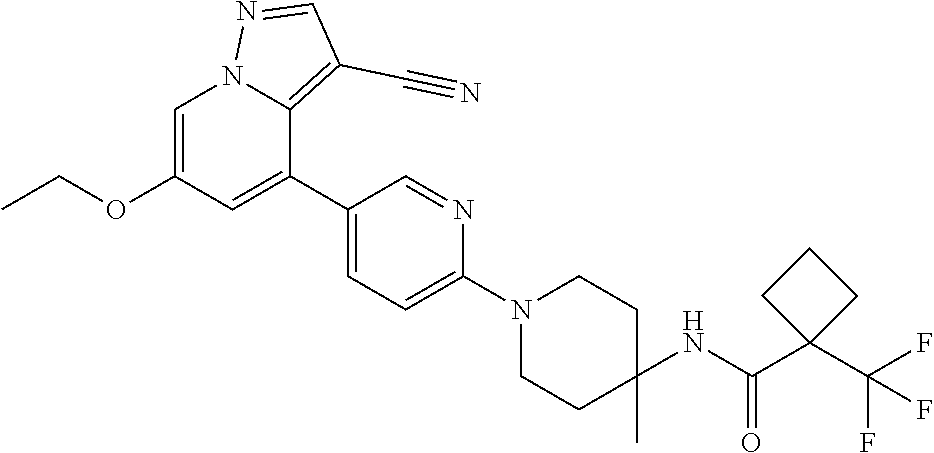
C00980
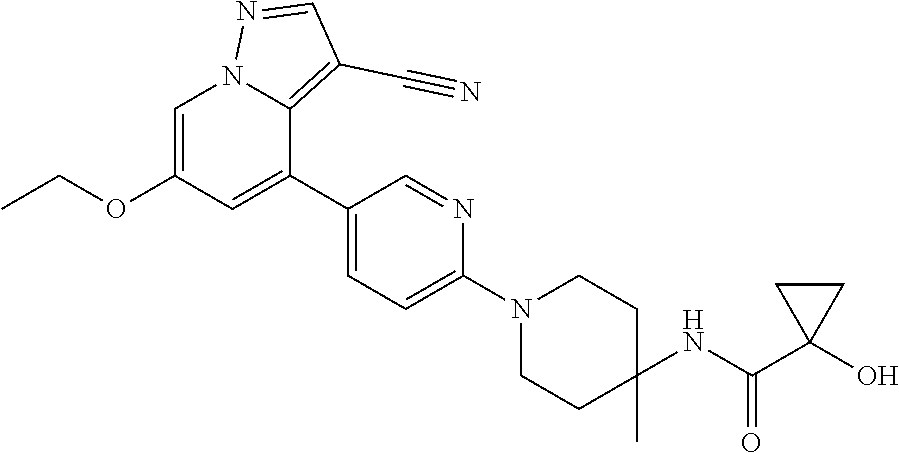
C00981
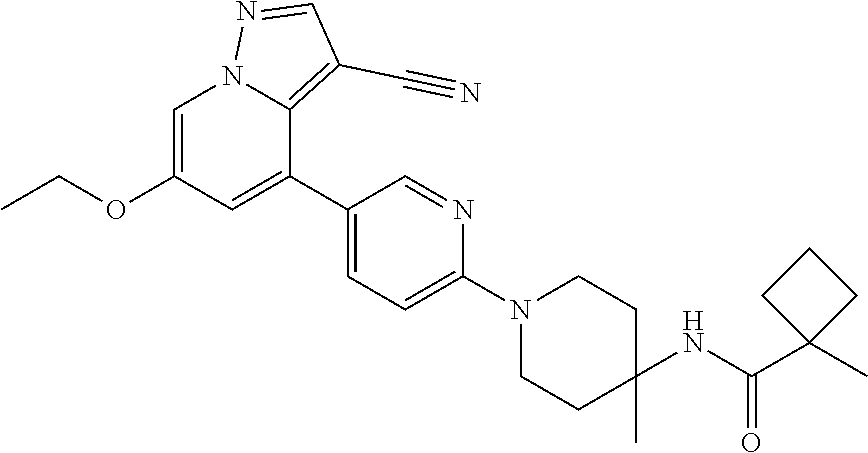
C00982

C00983
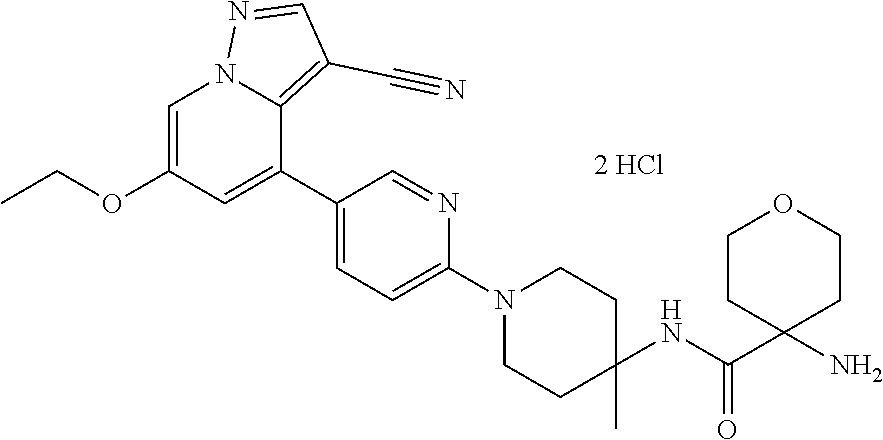
C00984
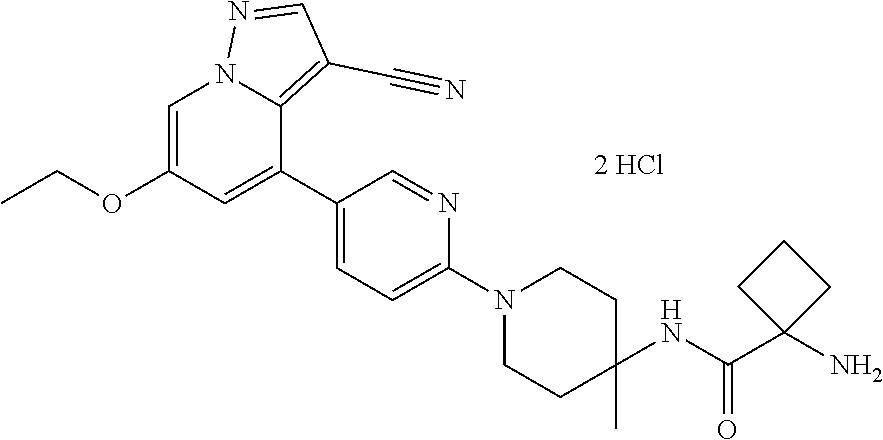
C00985
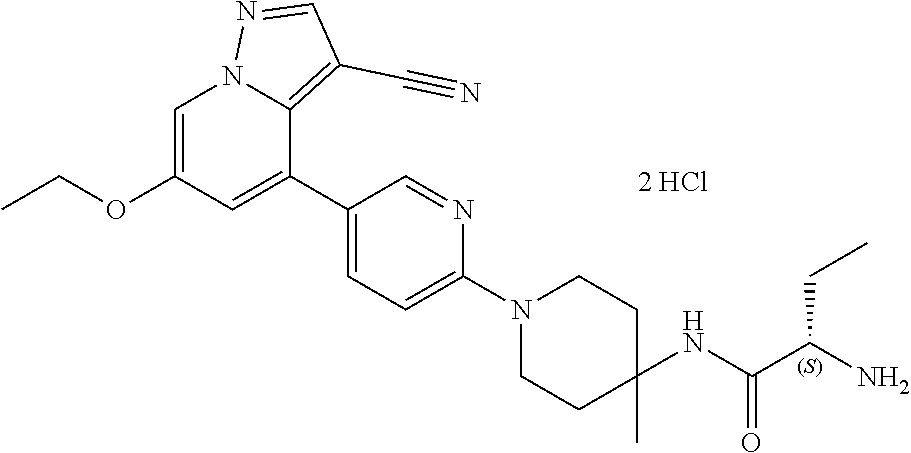
C00986
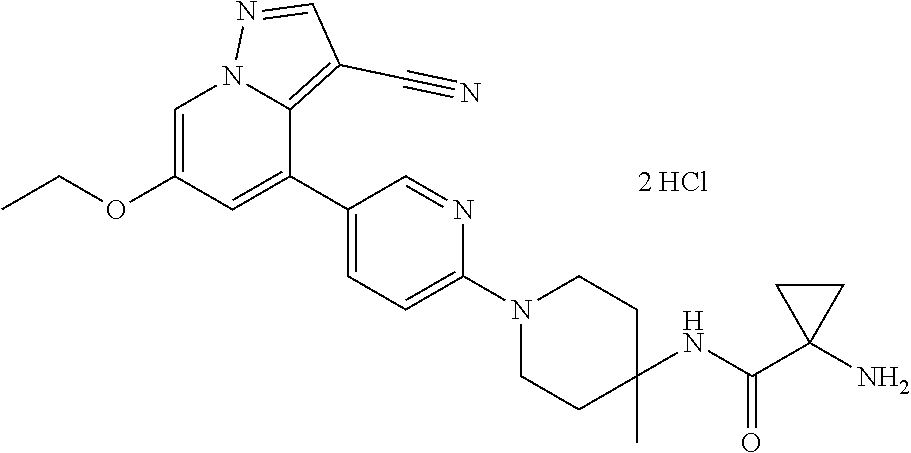
C00987
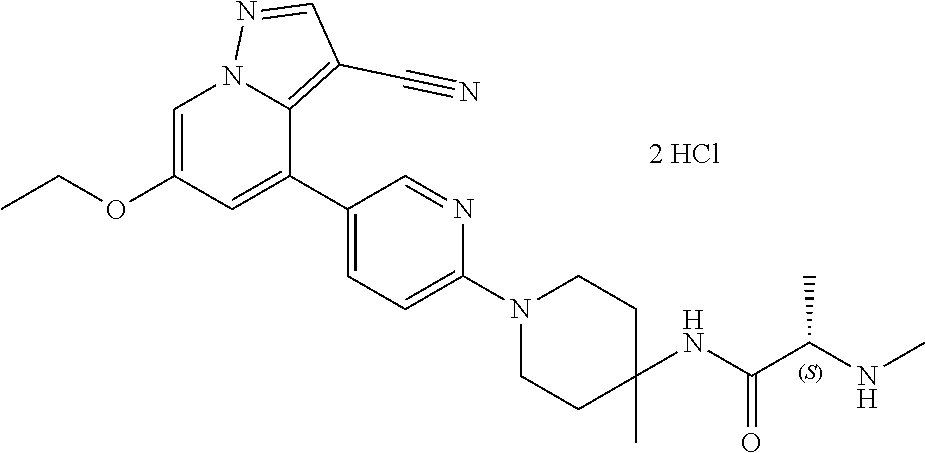
C00988
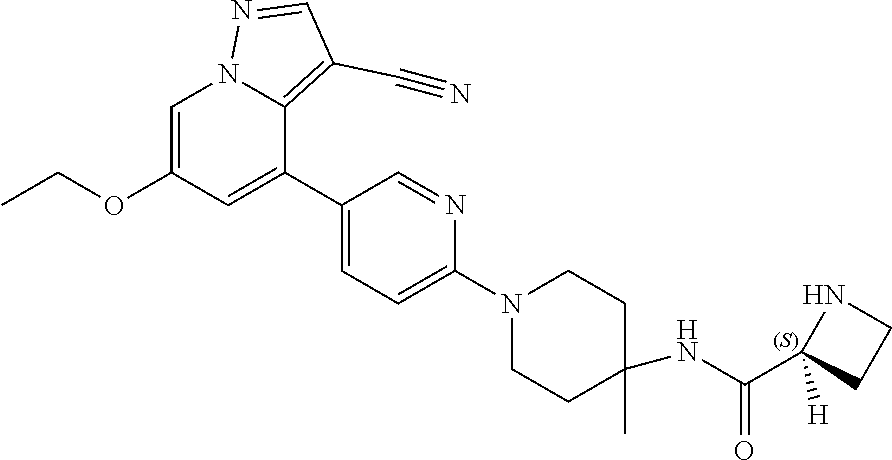
C00989

C00990
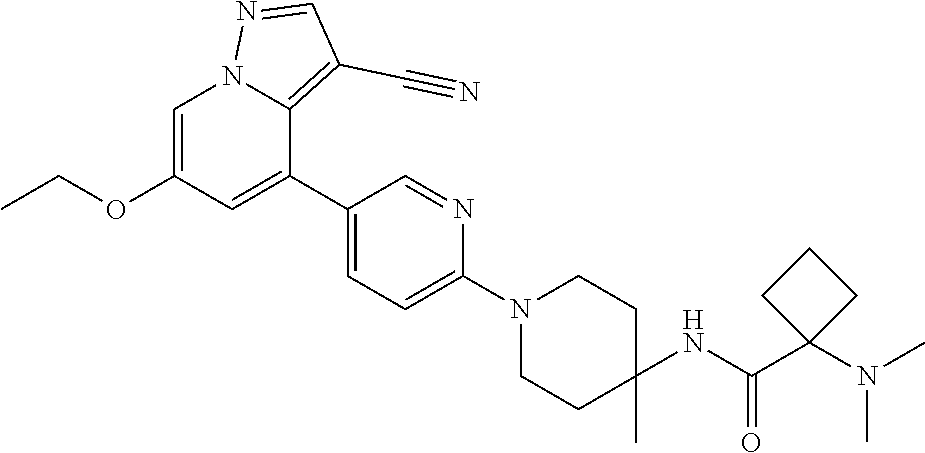
C00991
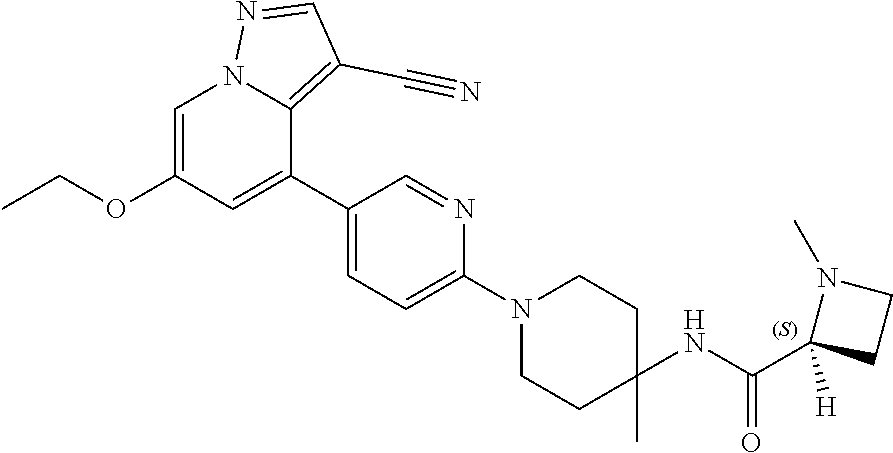
C00992
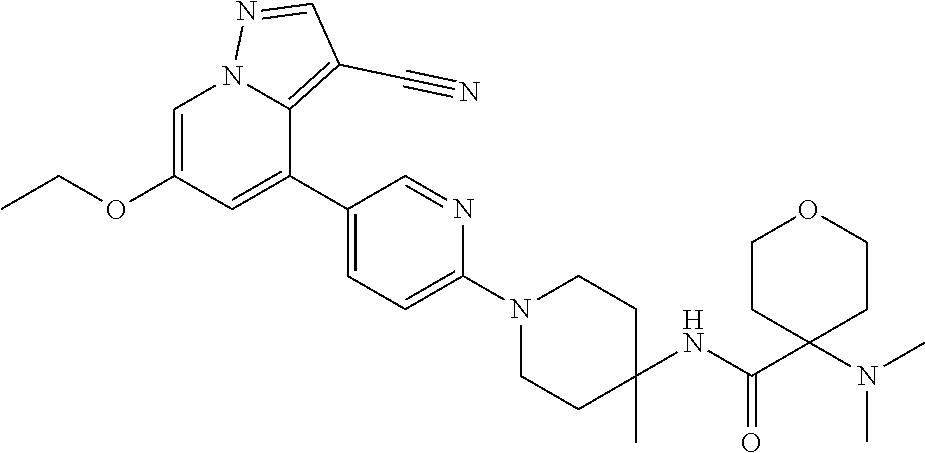
C00993

C00994
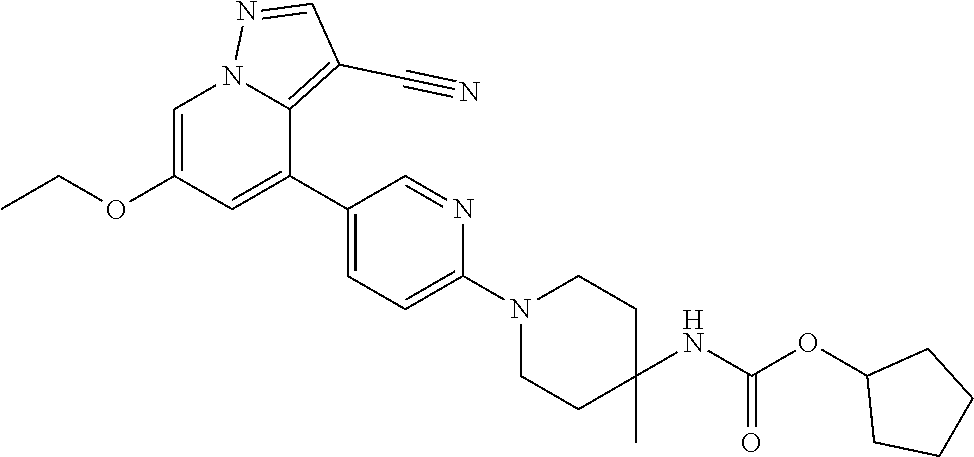
C00995

C00996
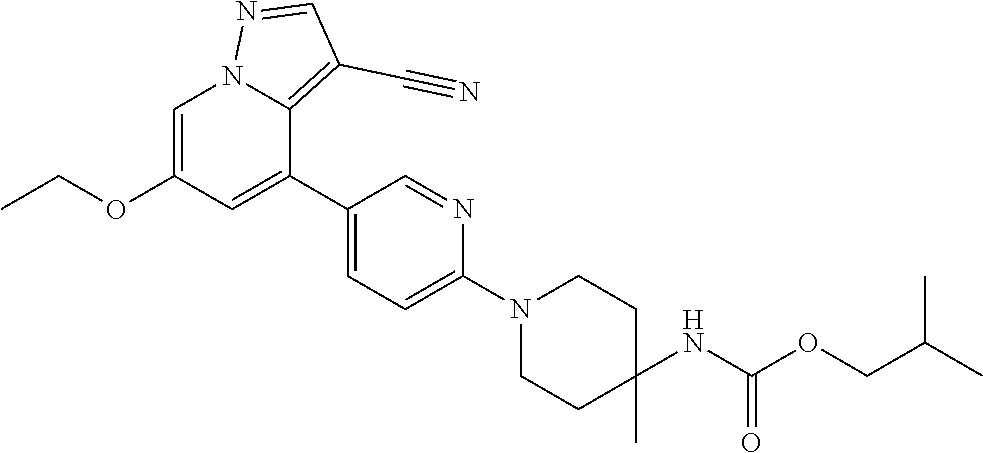
C00997
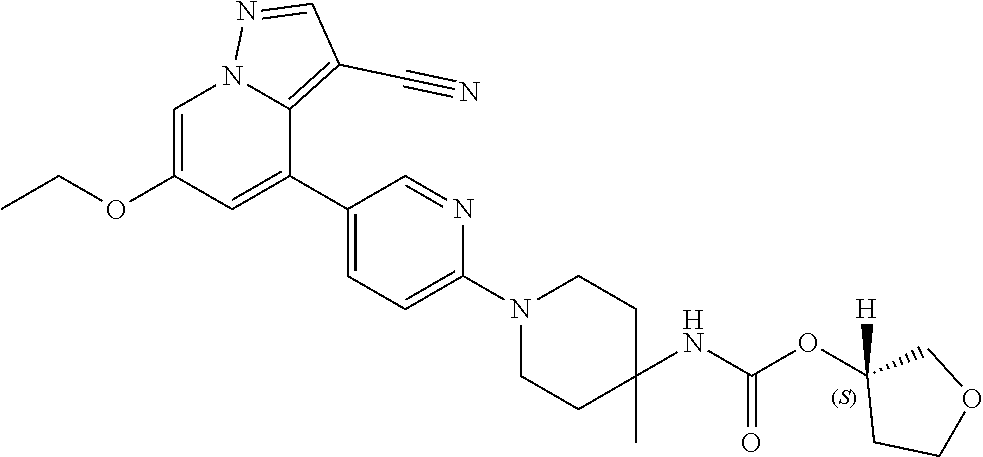
C00998
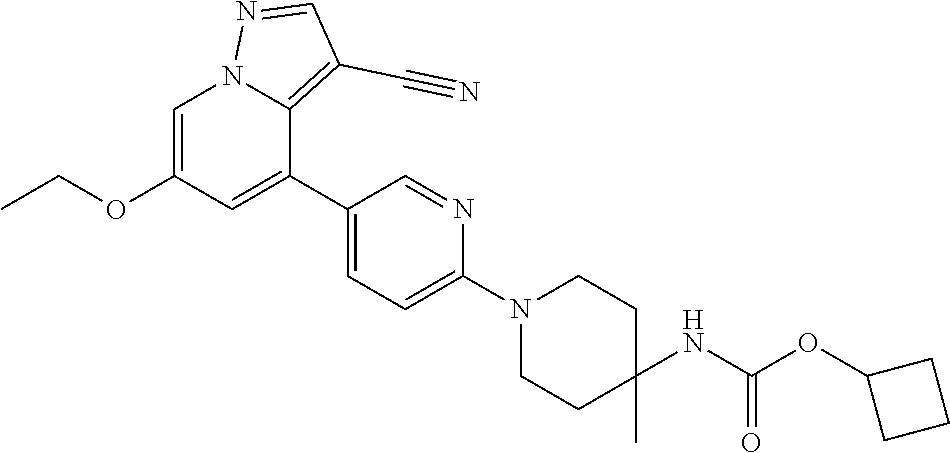
C00999

C01000

C01001
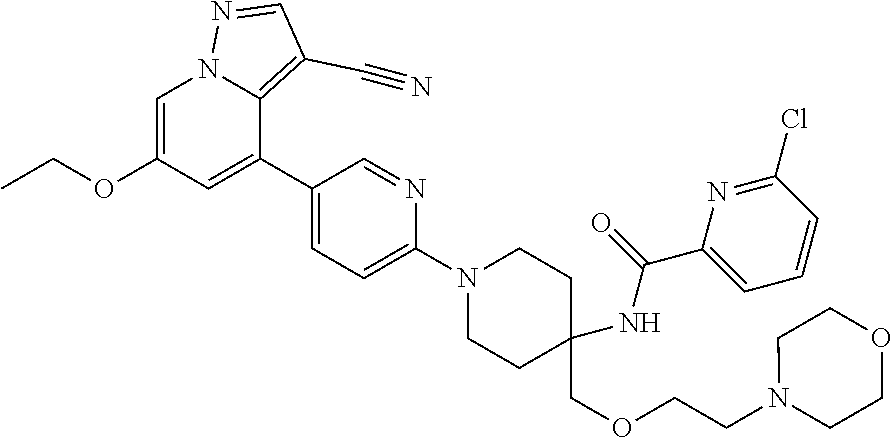
C01002
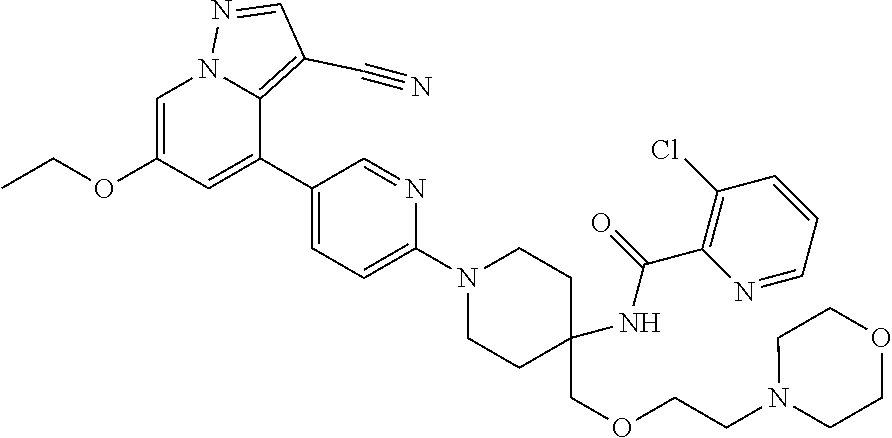
C01003
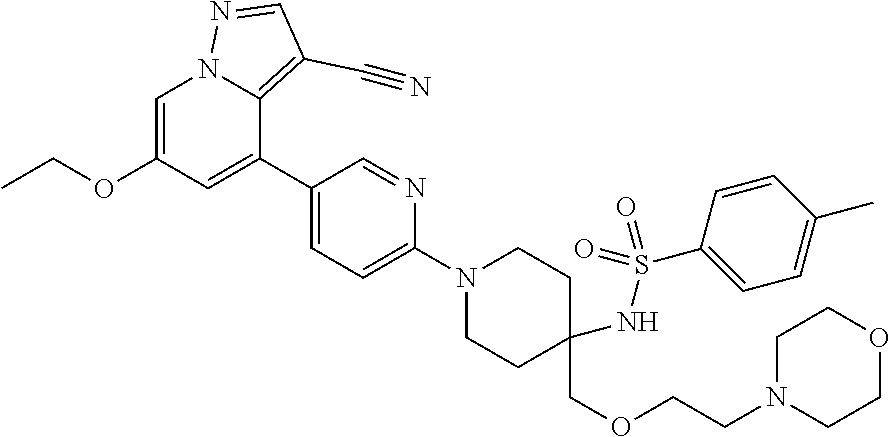
C01004
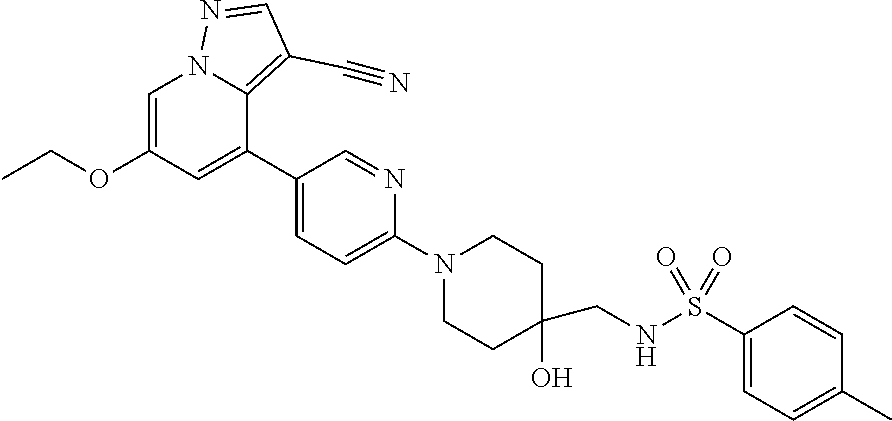
C01005
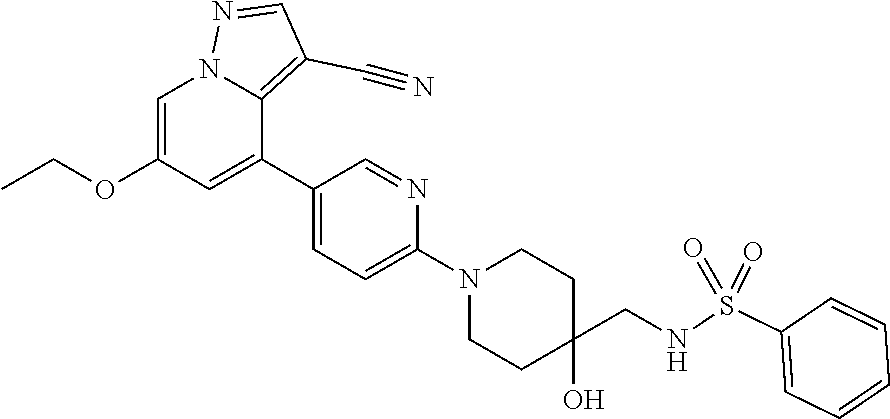
C01006
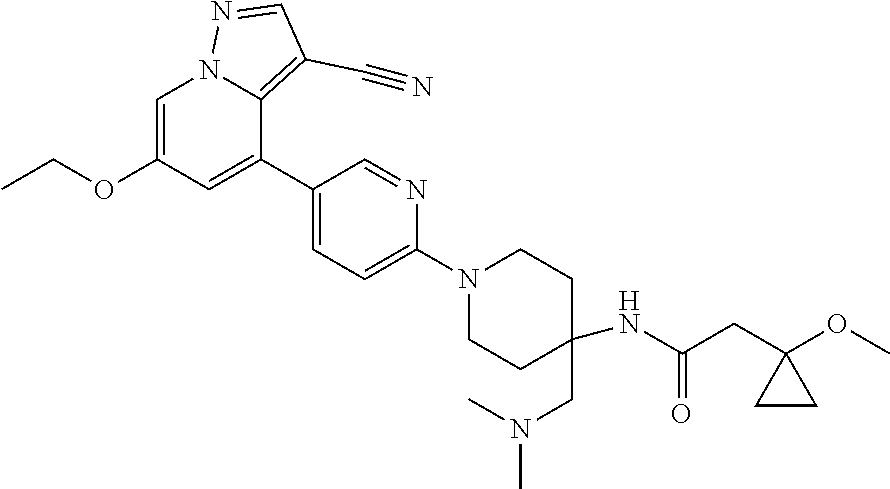
C01007
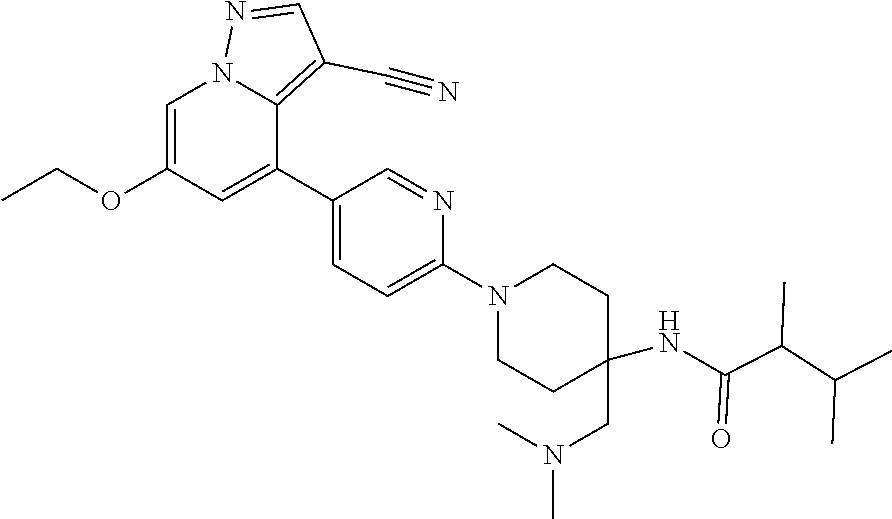
C01008
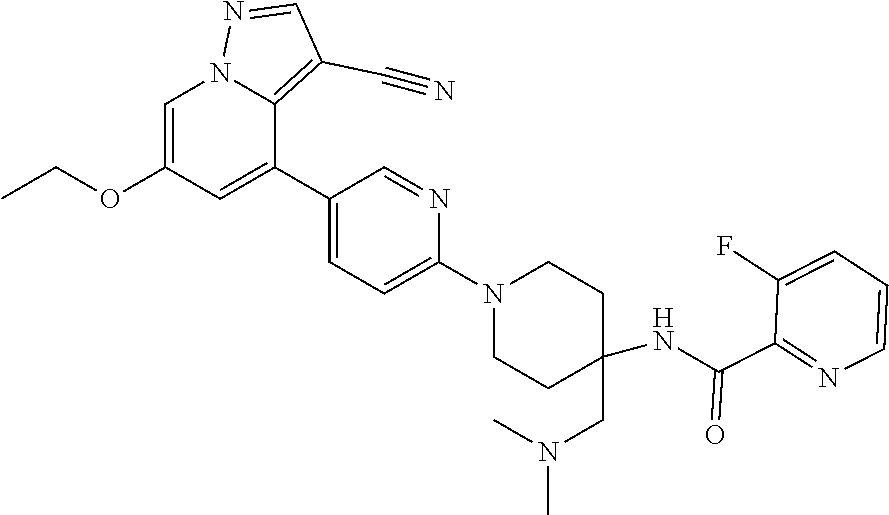
C01009
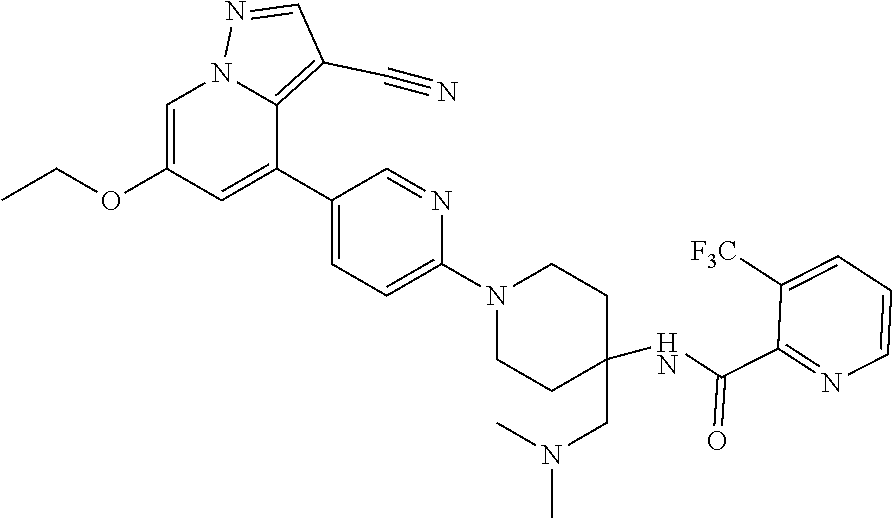
C01010
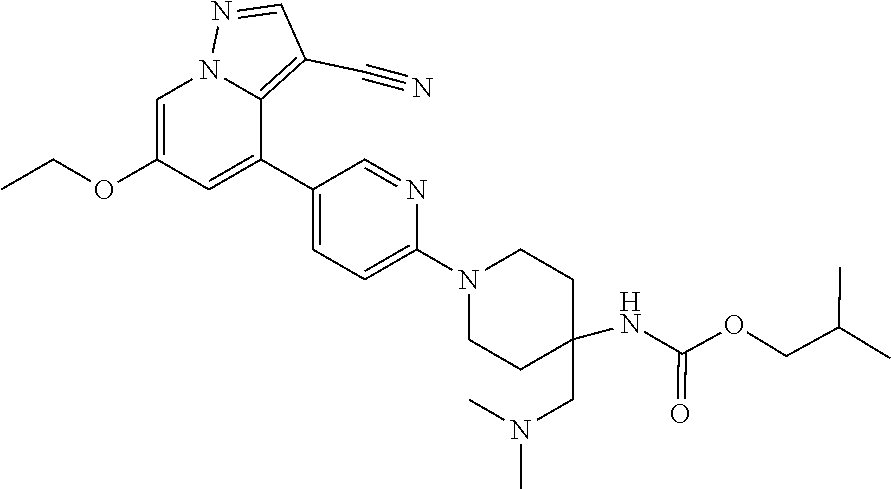
C01011

C01012
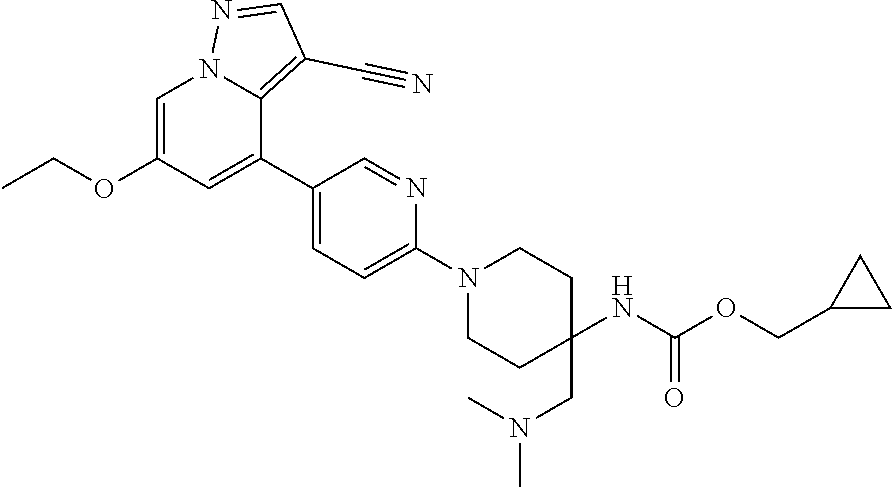
C01013
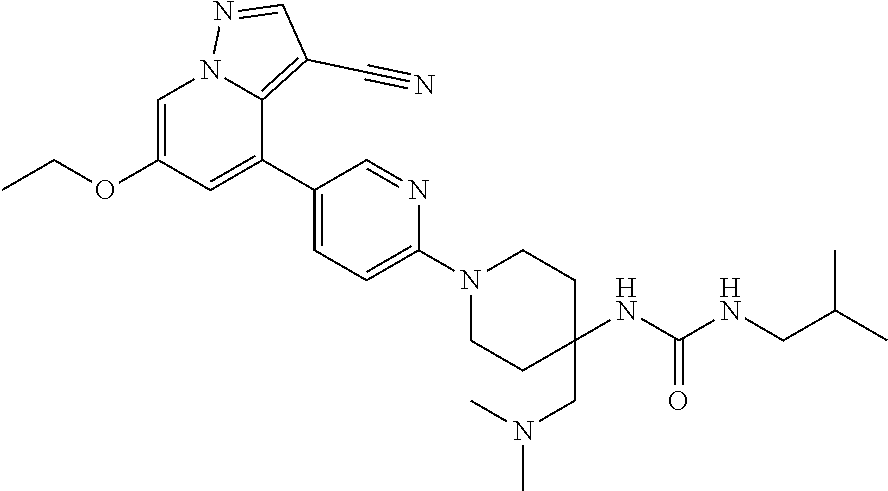
C01014
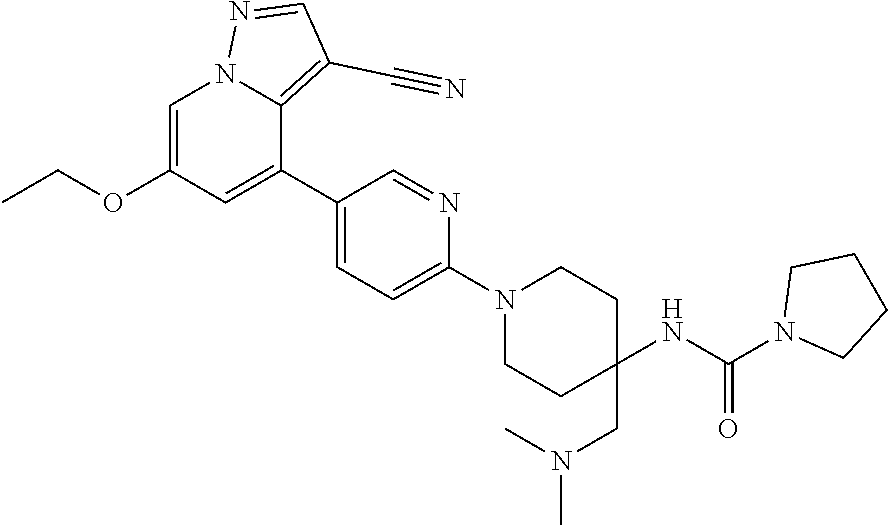
C01015
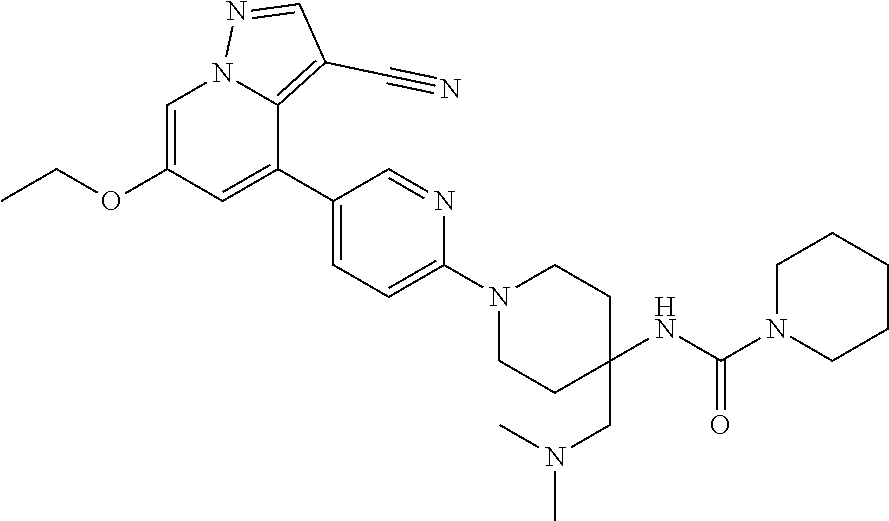
C01016
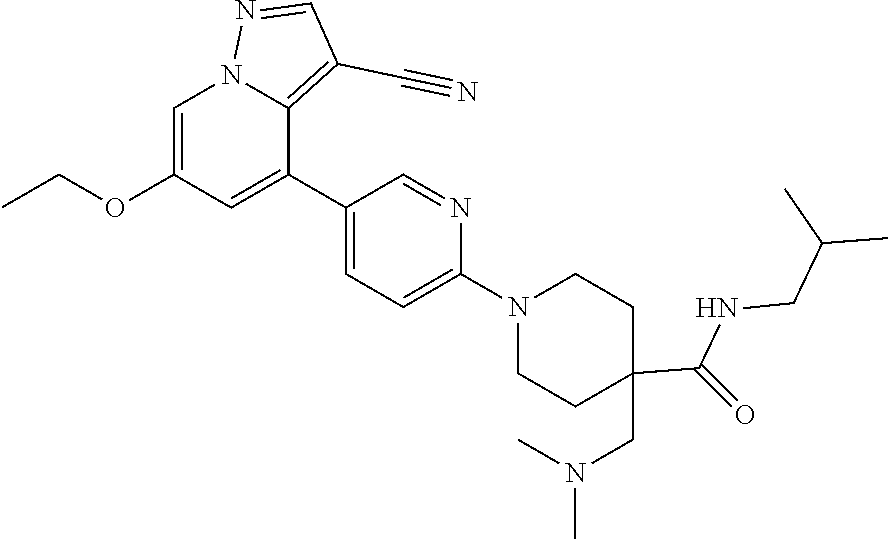
C01017

C01018
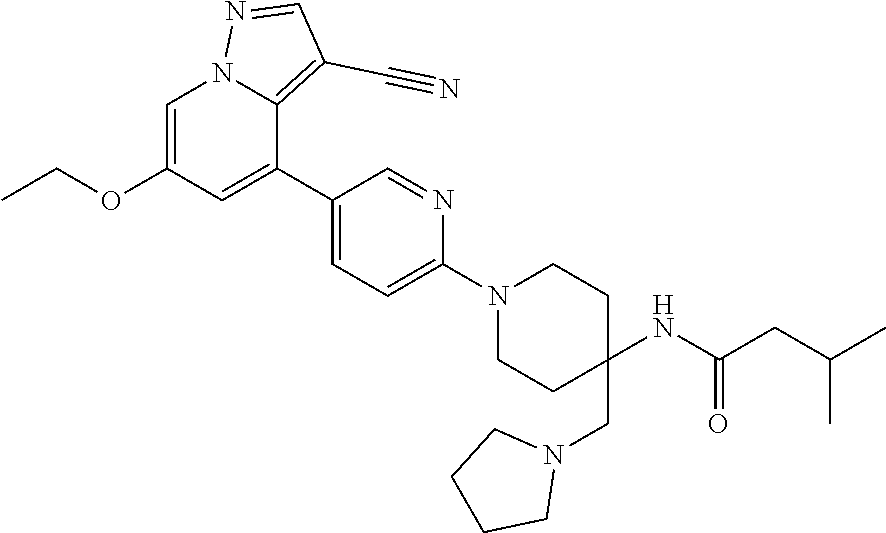
C01019

C01020
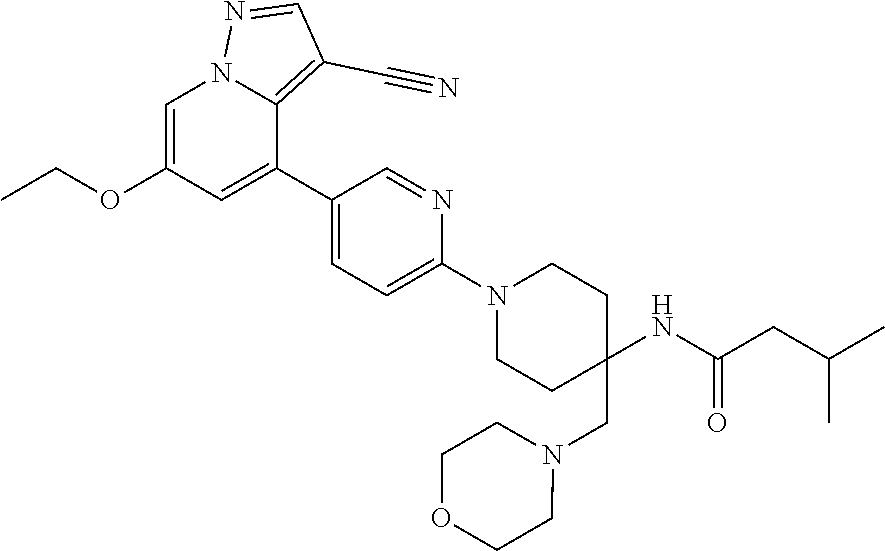
C01021
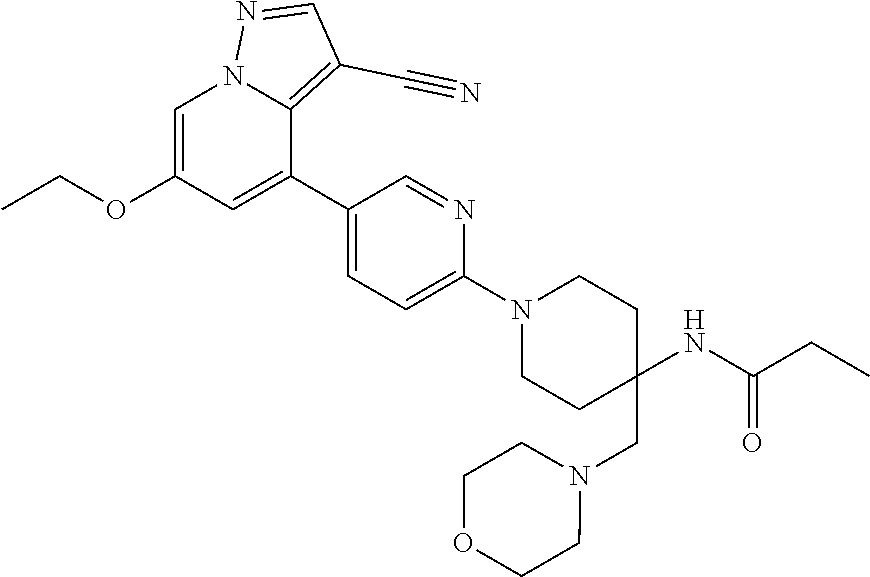
C01022
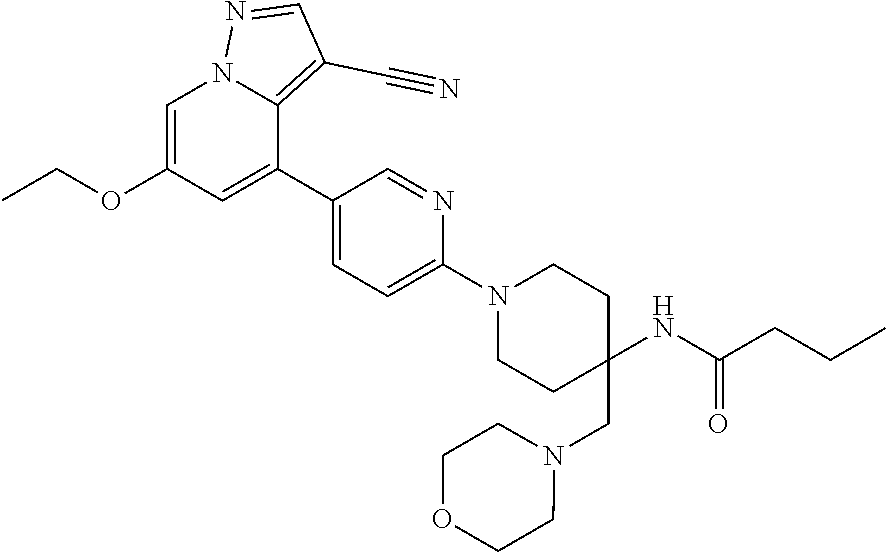
C01023

C01024
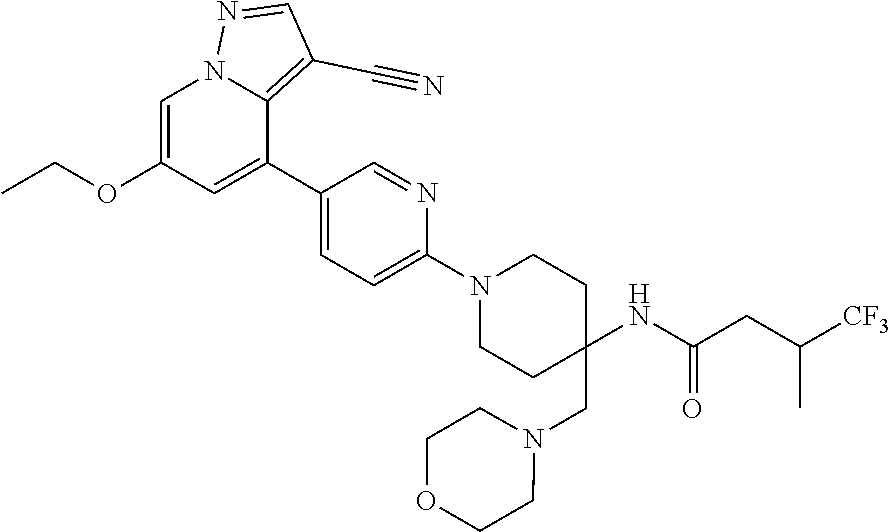
C01025
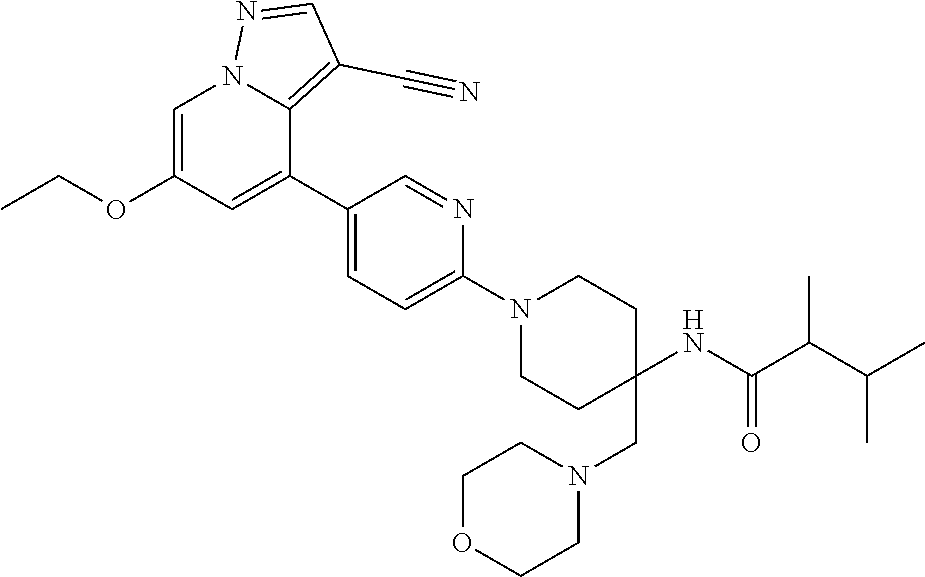
C01026

C01027
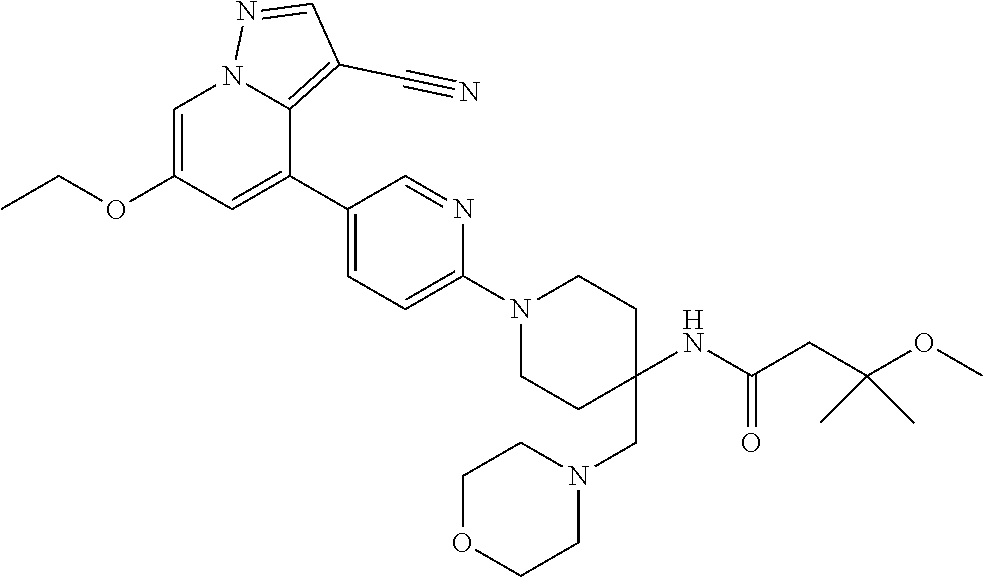
C01028
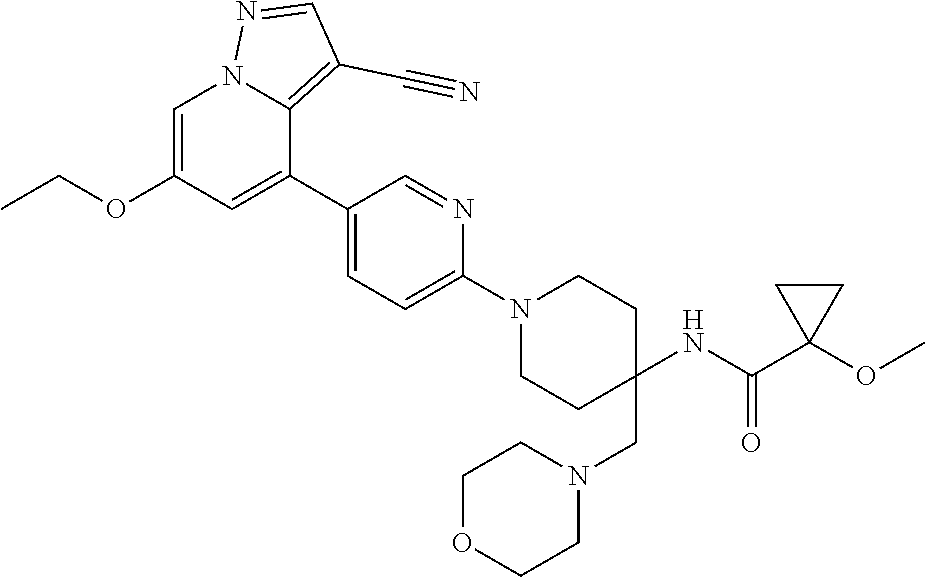
C01029
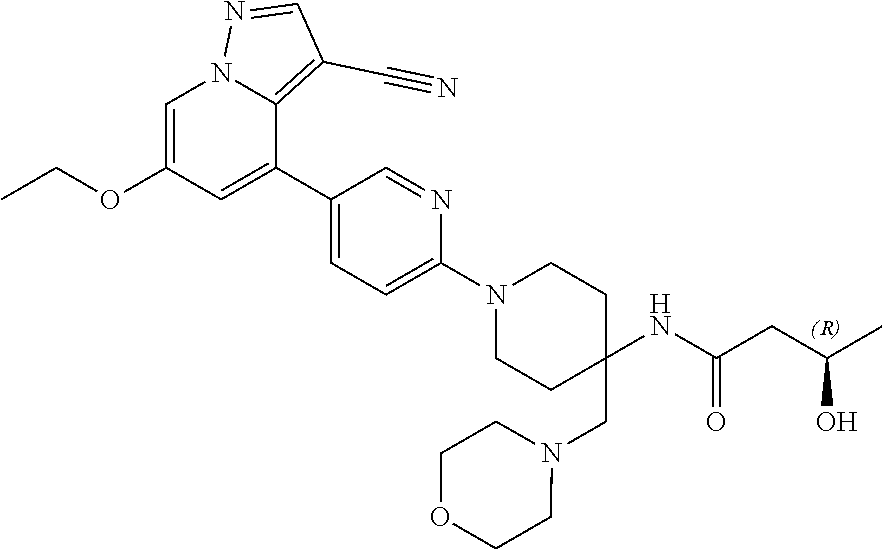
C01030
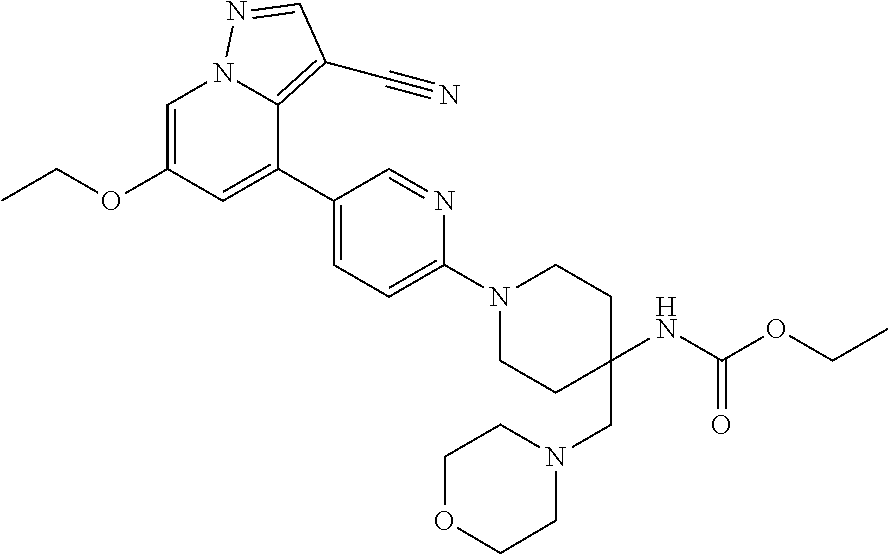
C01031
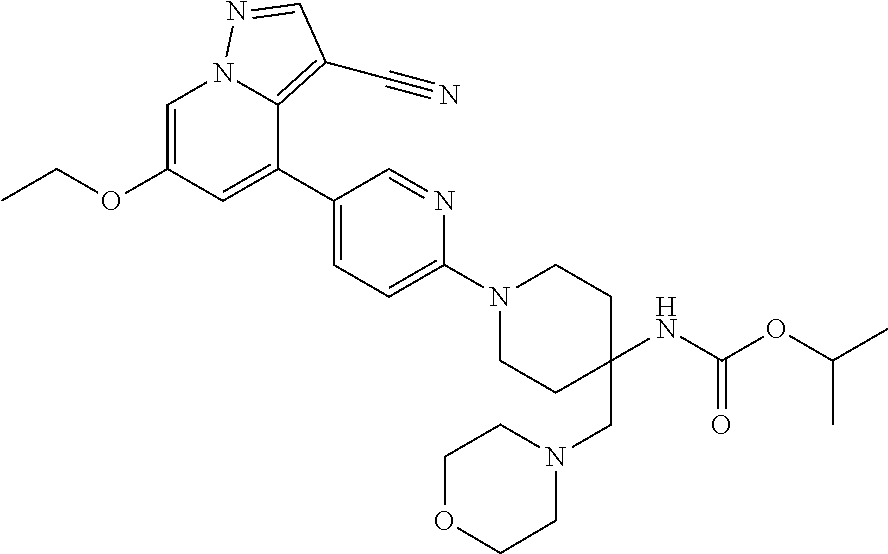
C01032
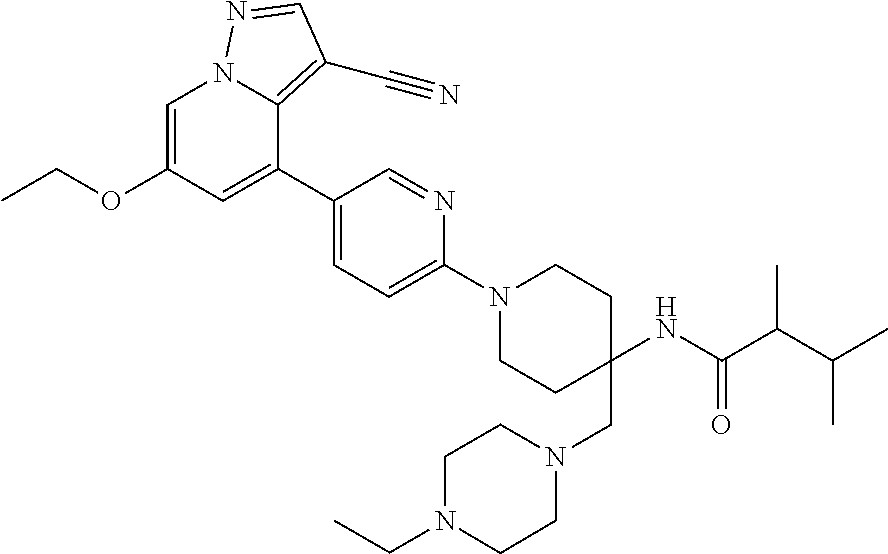
C01033
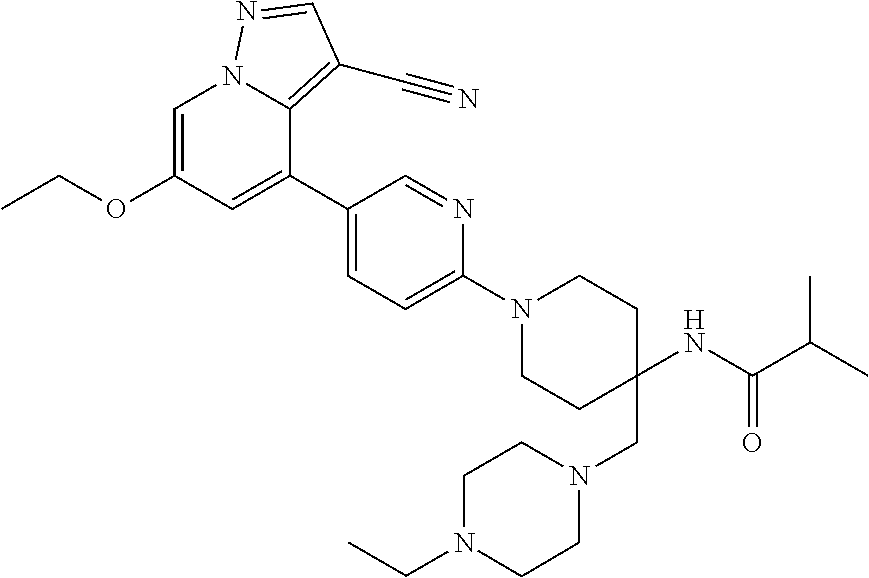
C01034
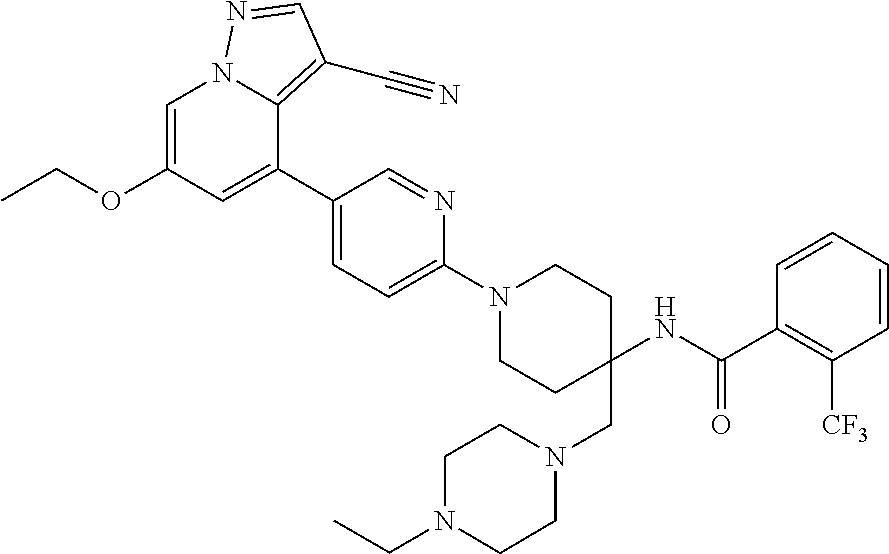
C01035
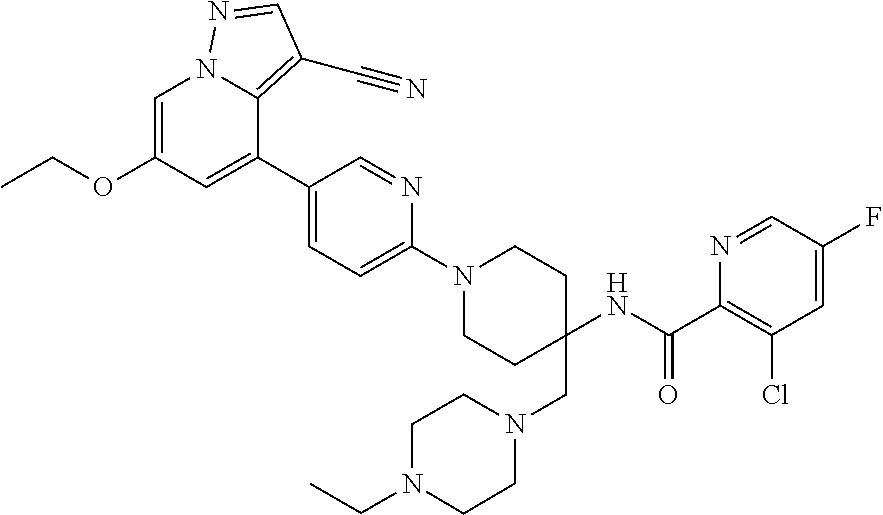
C01036

C01037
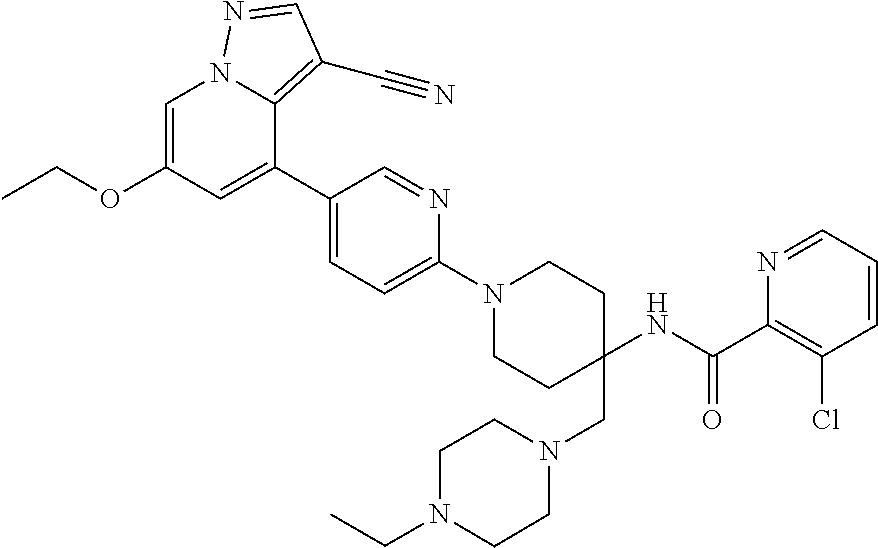
C01038
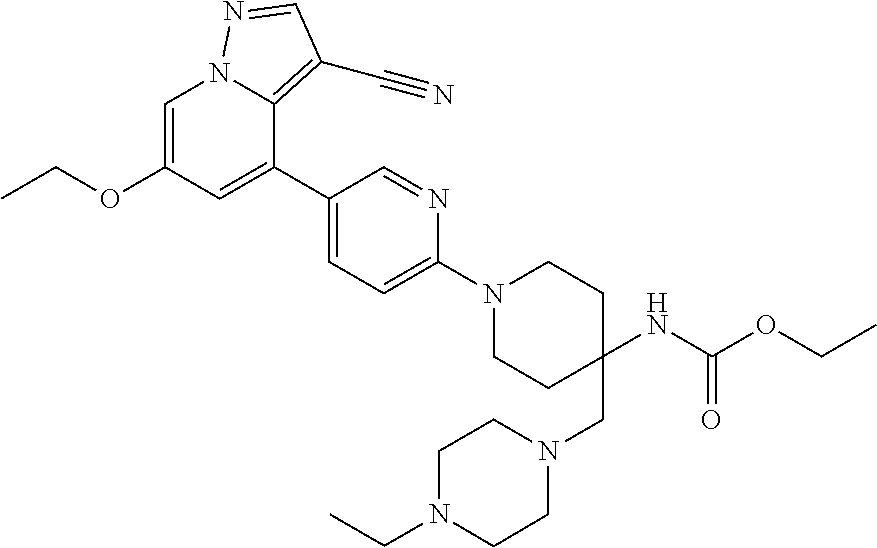
C01039
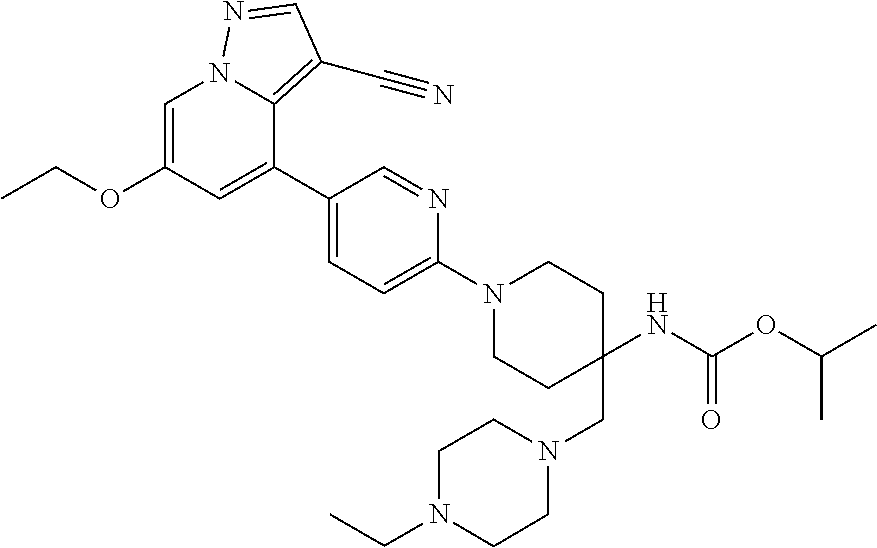
C01040
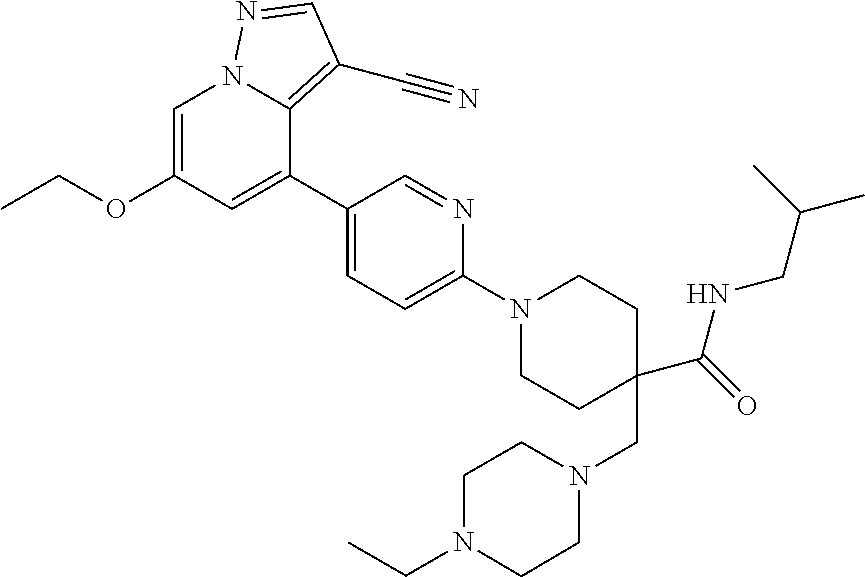
C01041
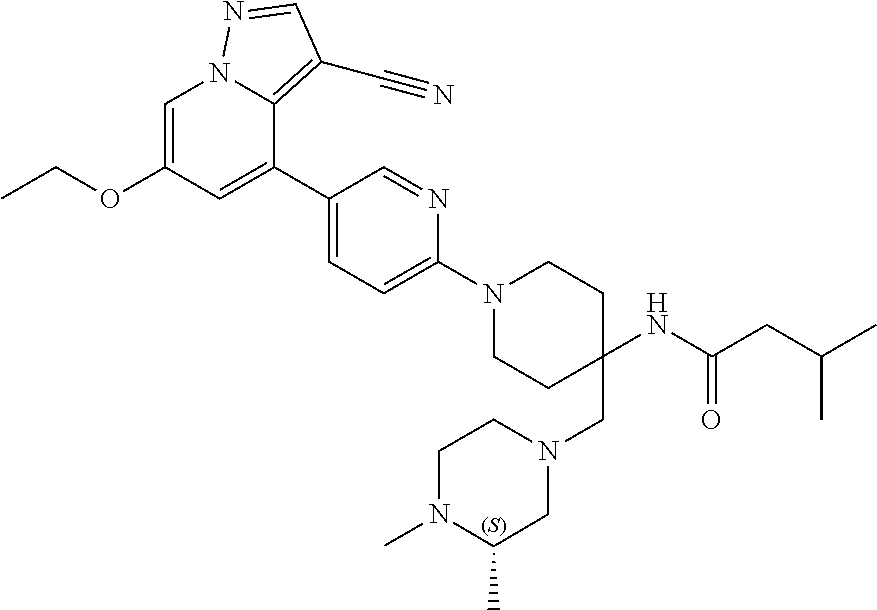
C01042
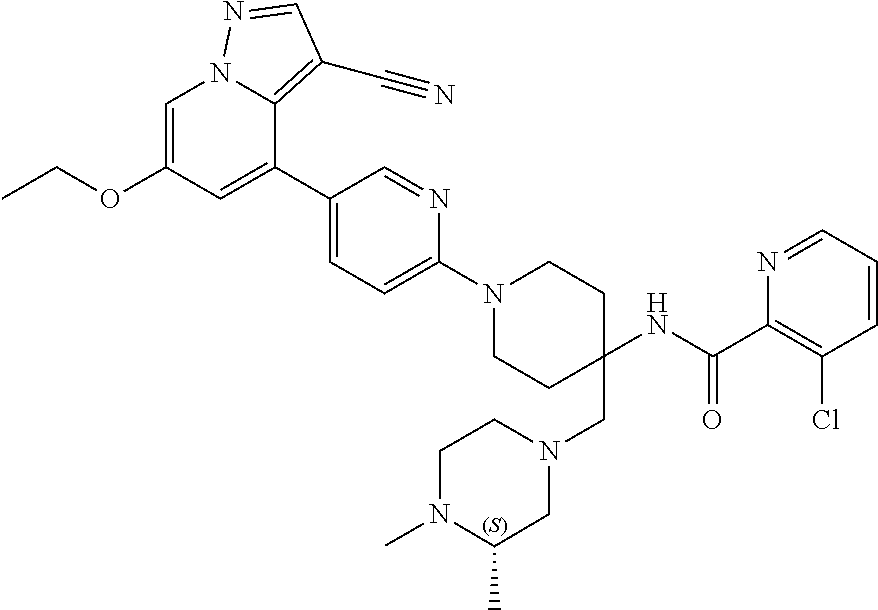
C01043
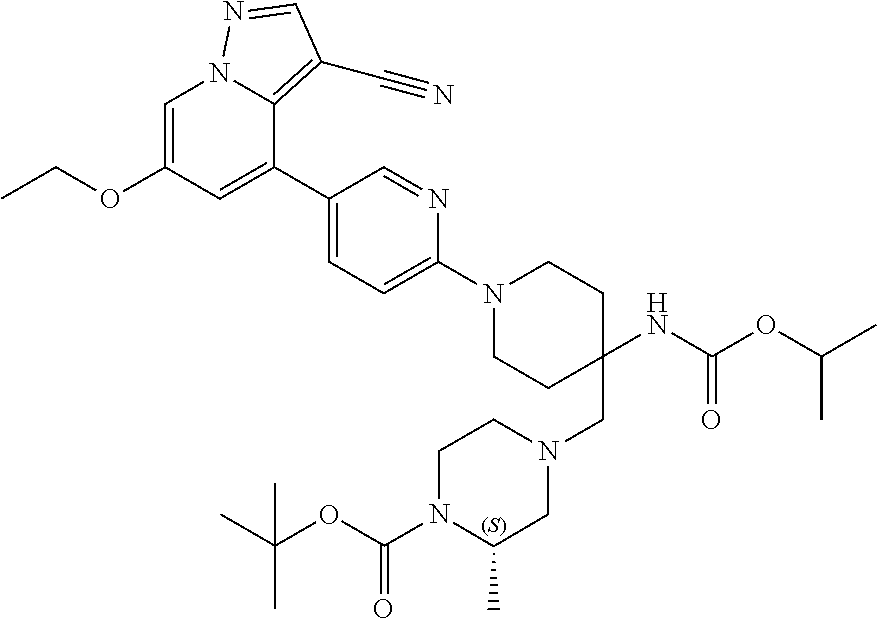
C01044
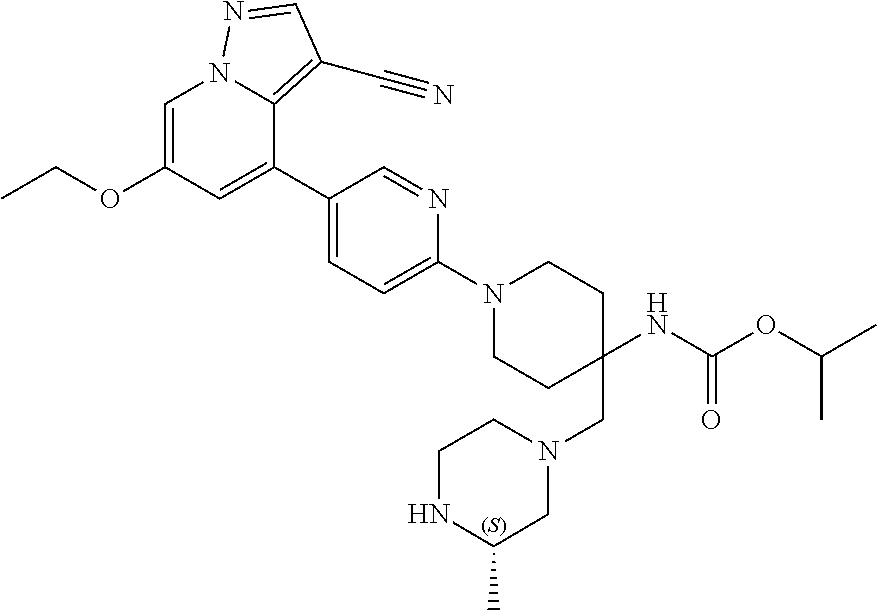
C01045
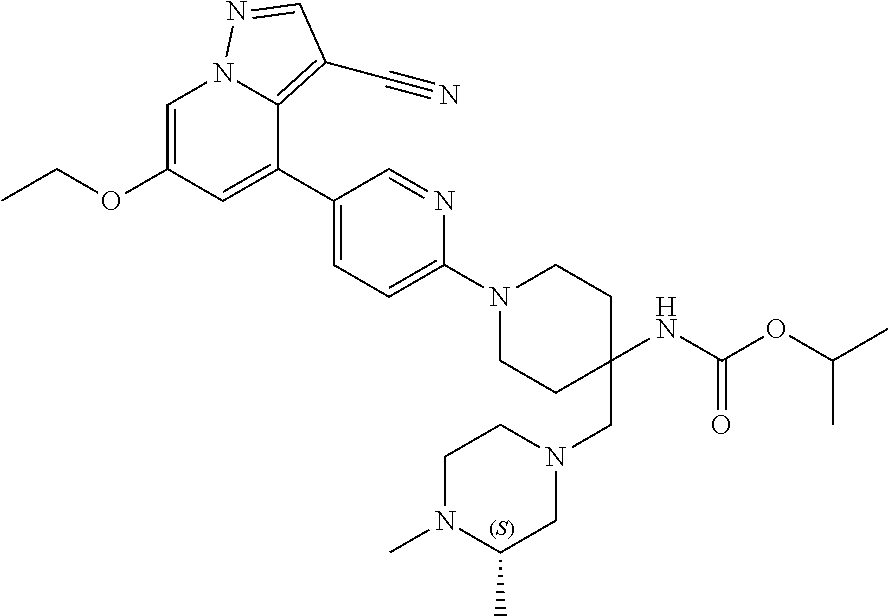
C01046

C01047
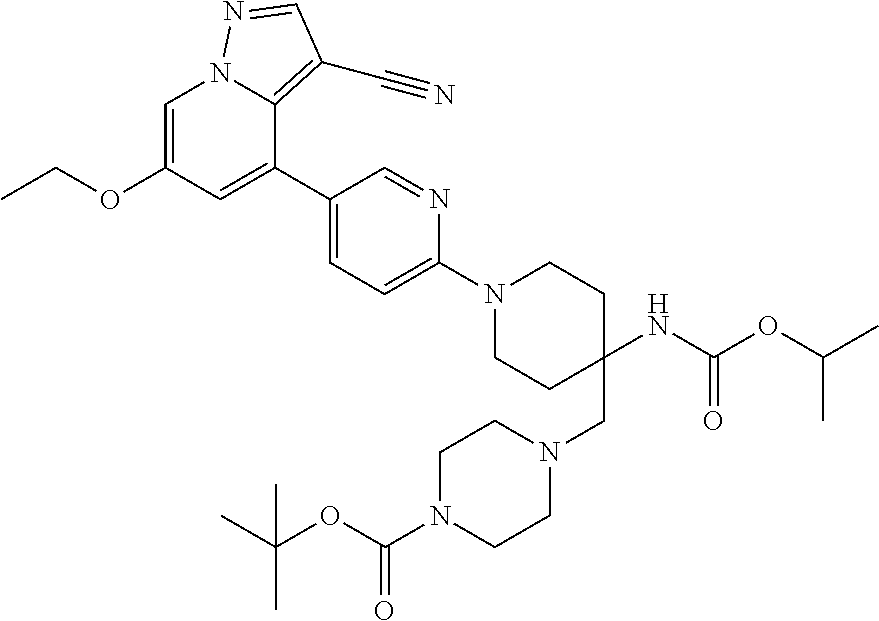
C01048
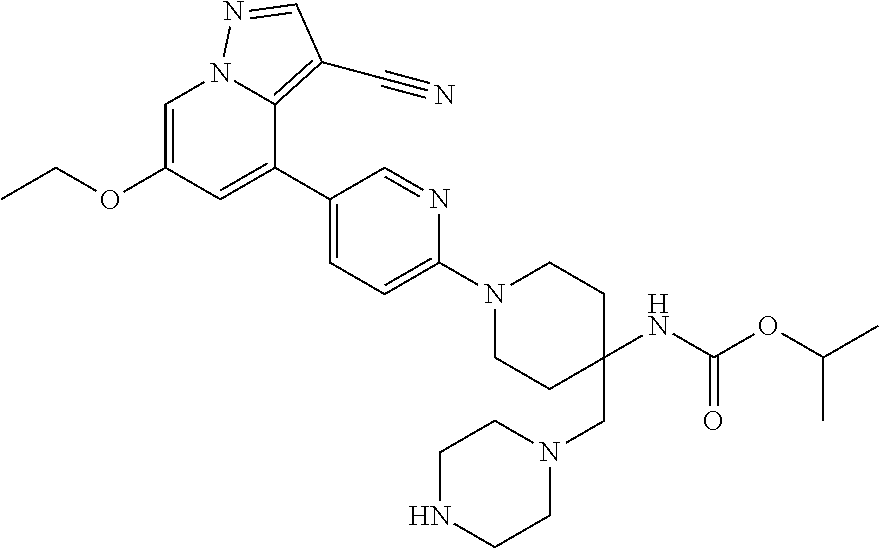
C01049
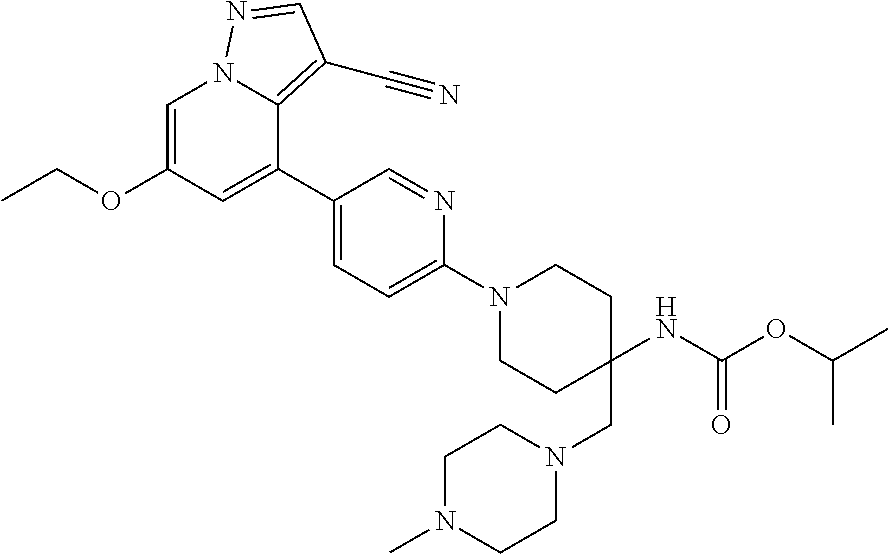
C01050
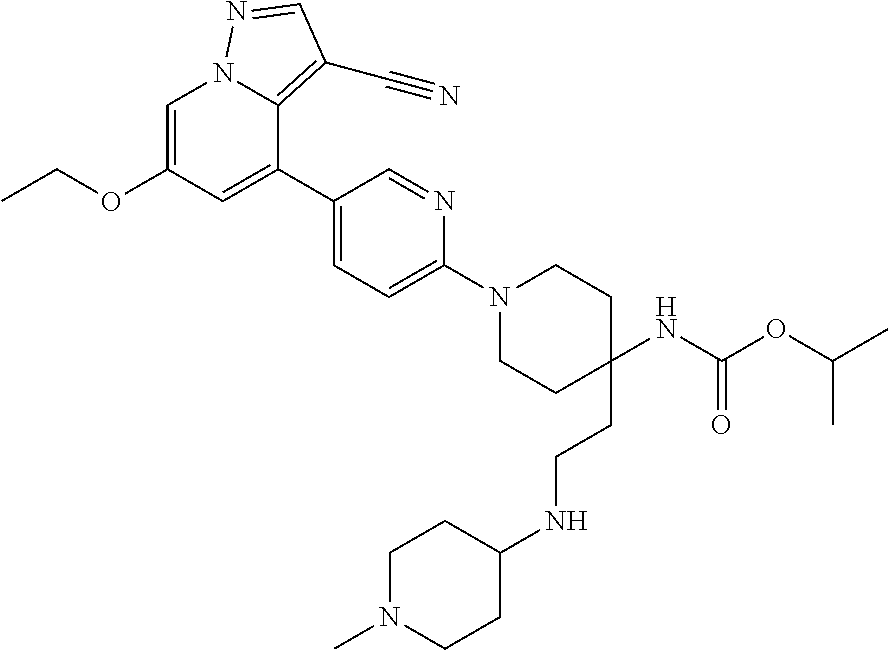
C01051
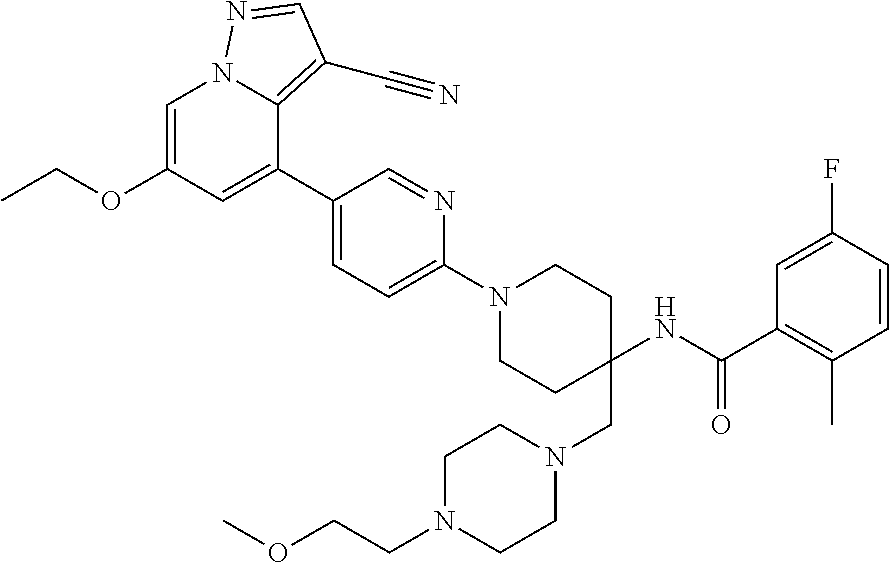
C01052
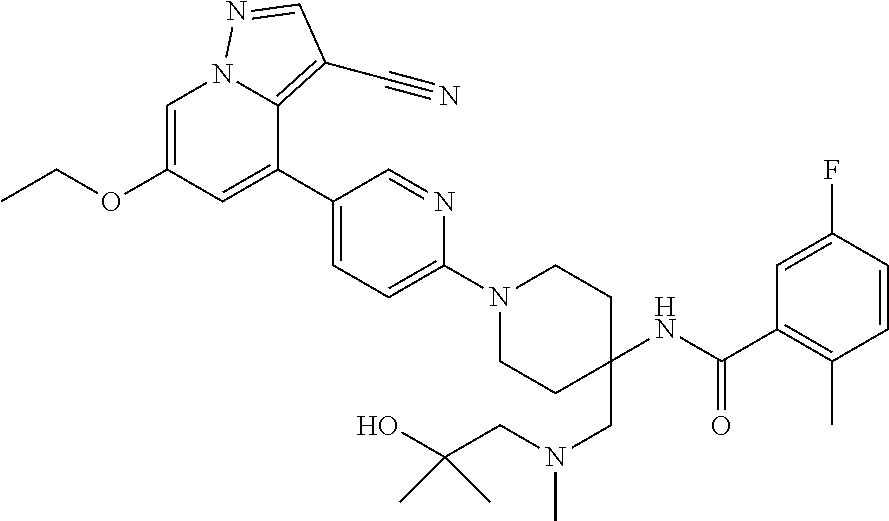
C01053
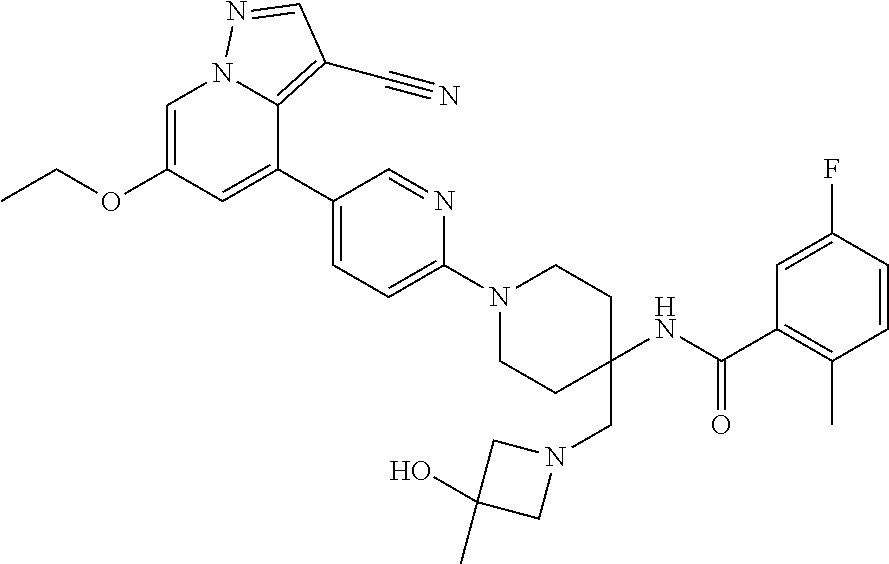
C01054
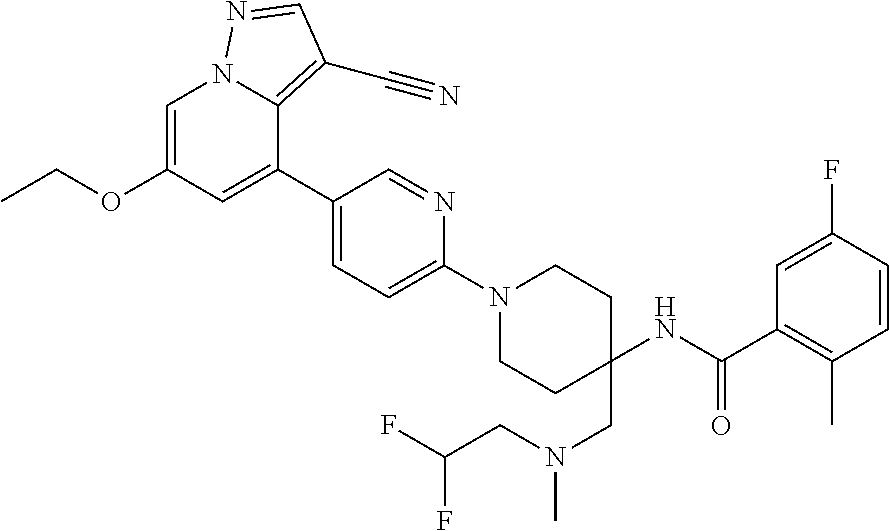
C01055
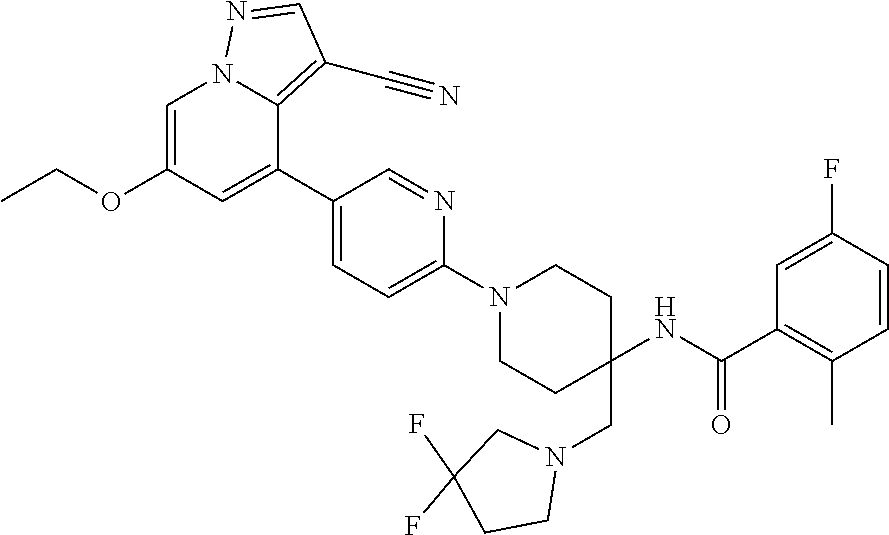
C01056
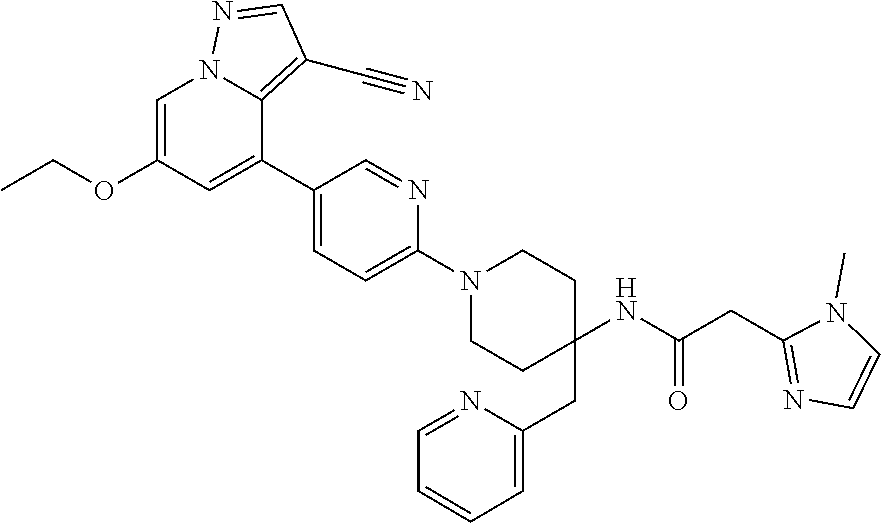
C01057

C01058

C01059
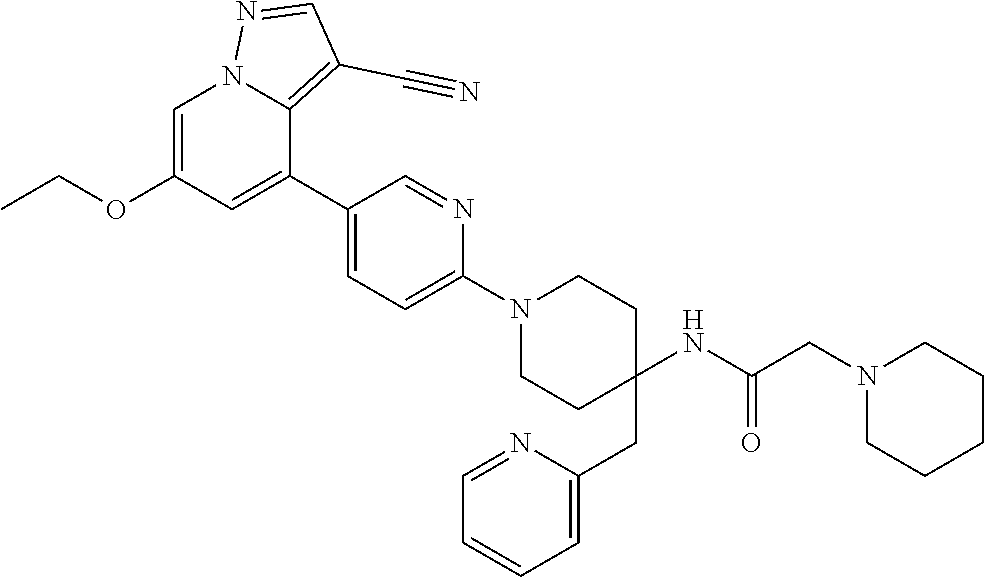
C01060
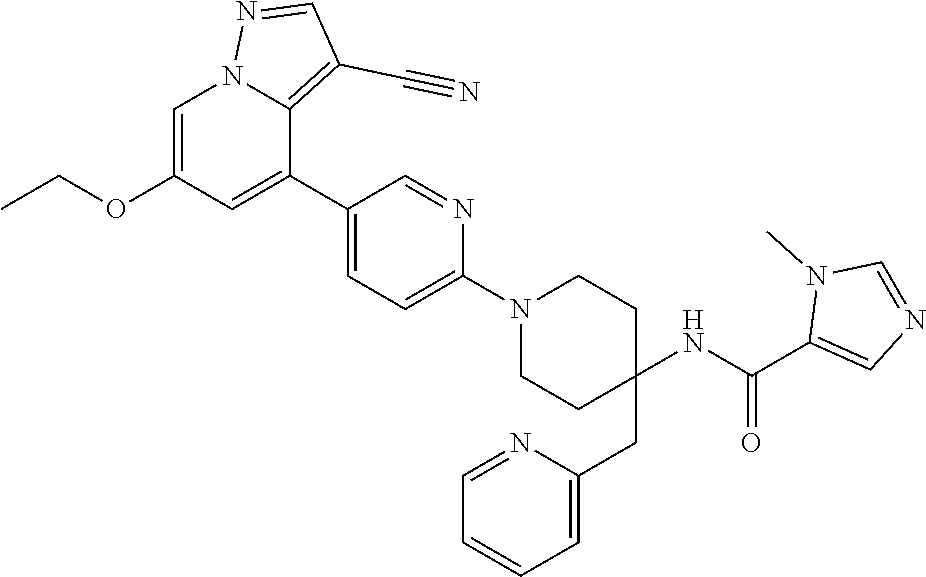
C01061

C01062

C01063
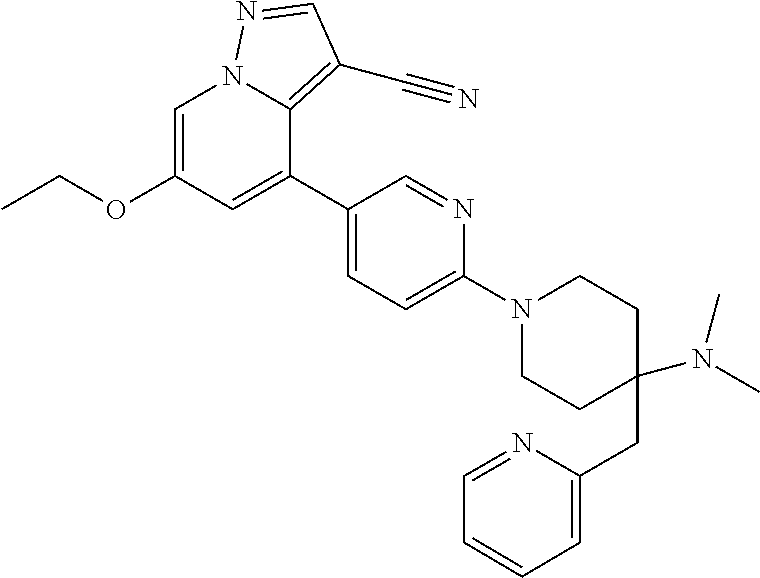
C01064
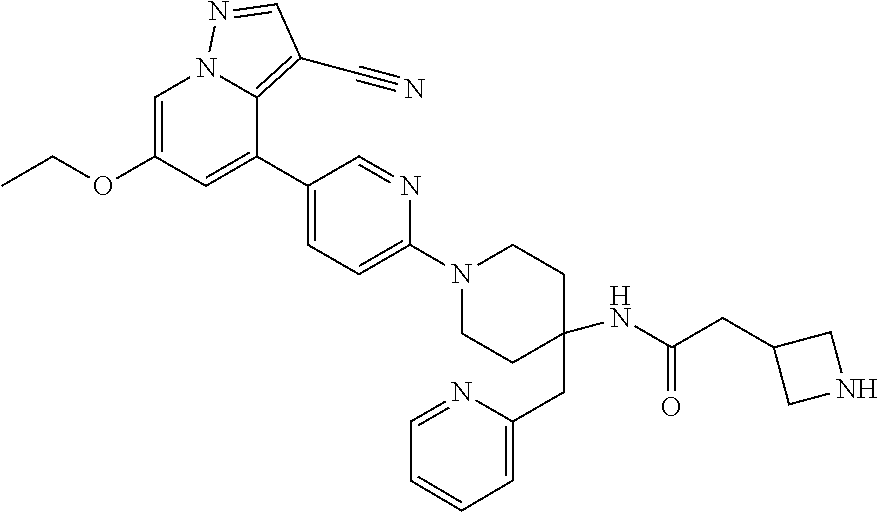
C01065
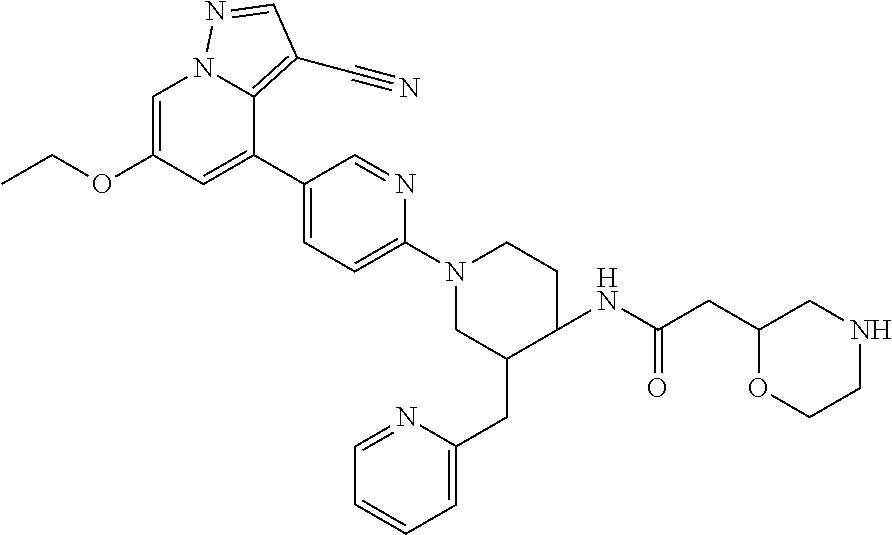
C01066
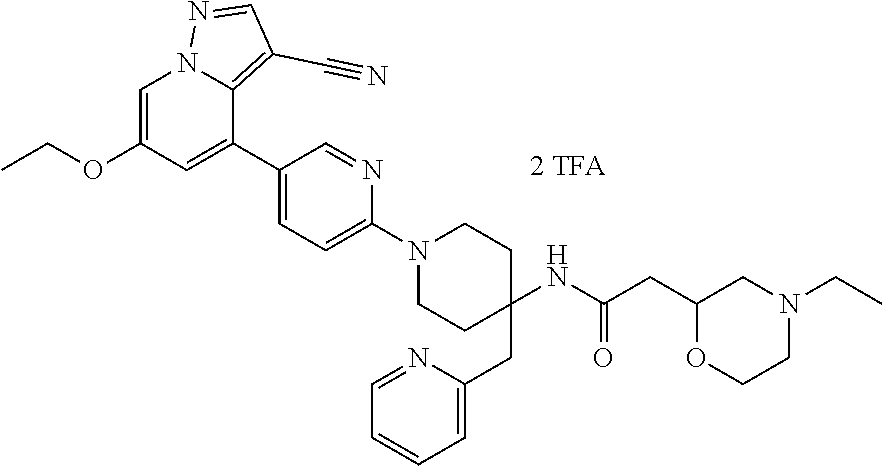
C01067
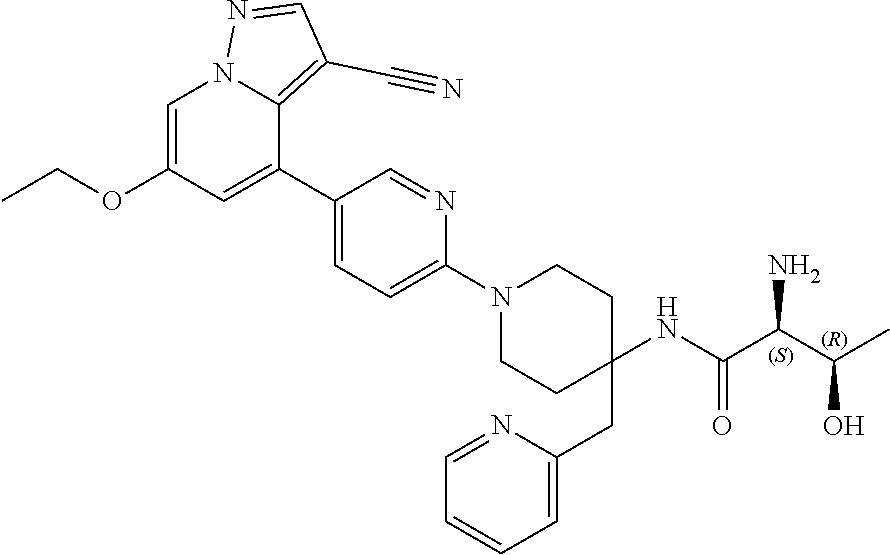
C01068

C01069
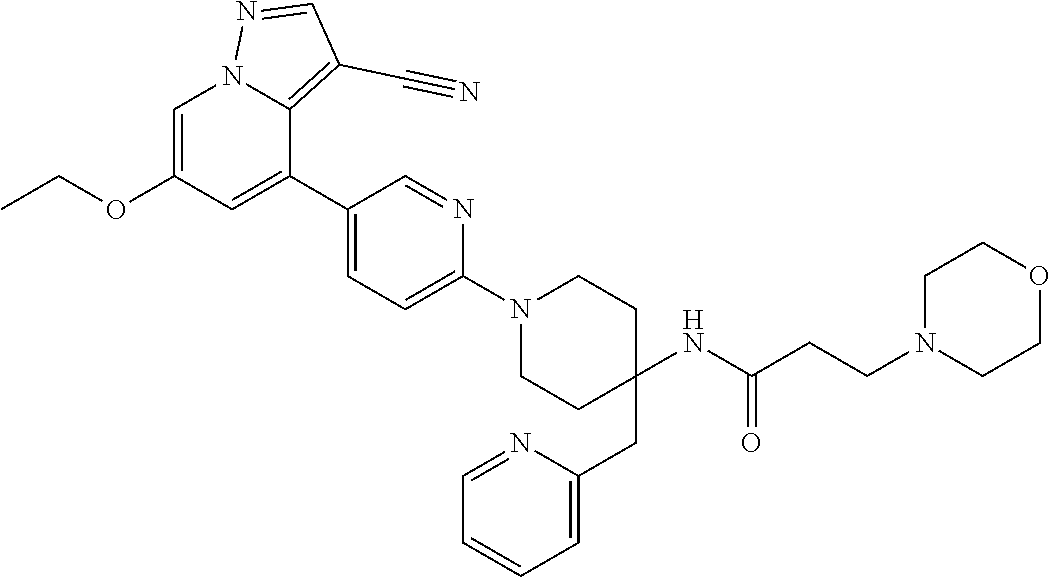
C01070
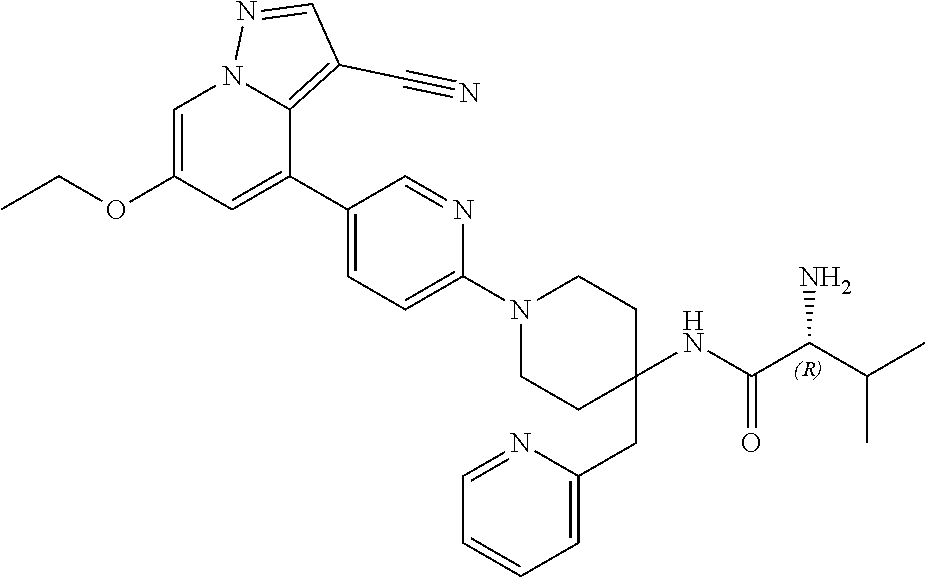
C01071
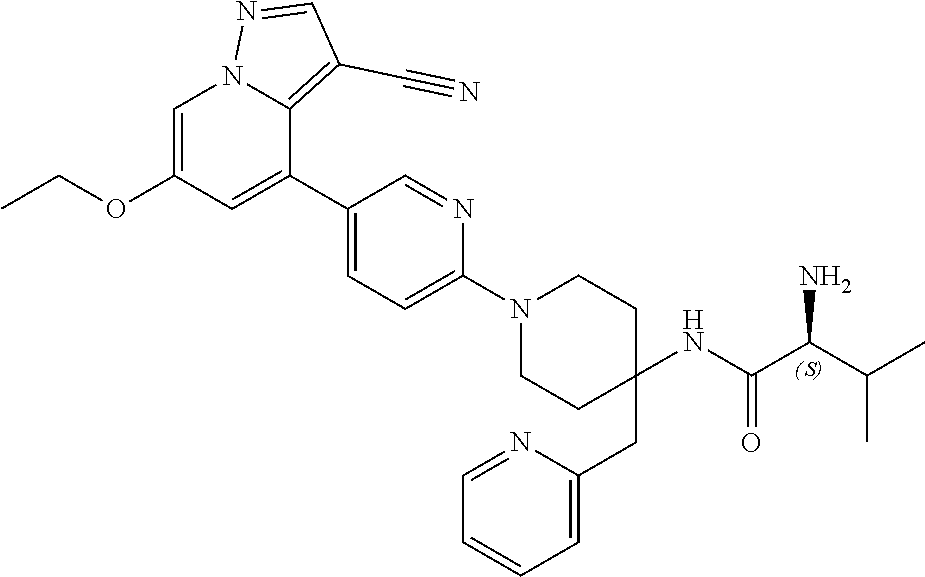
C01072
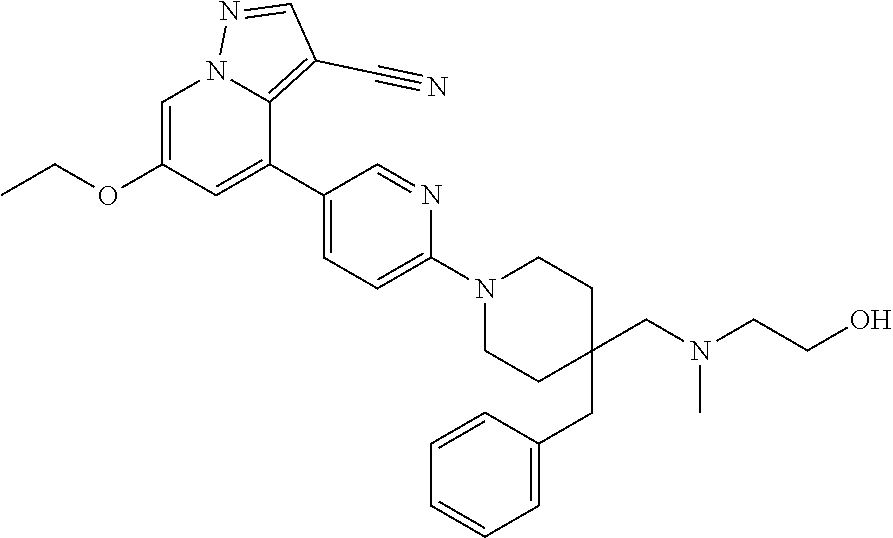
C01073
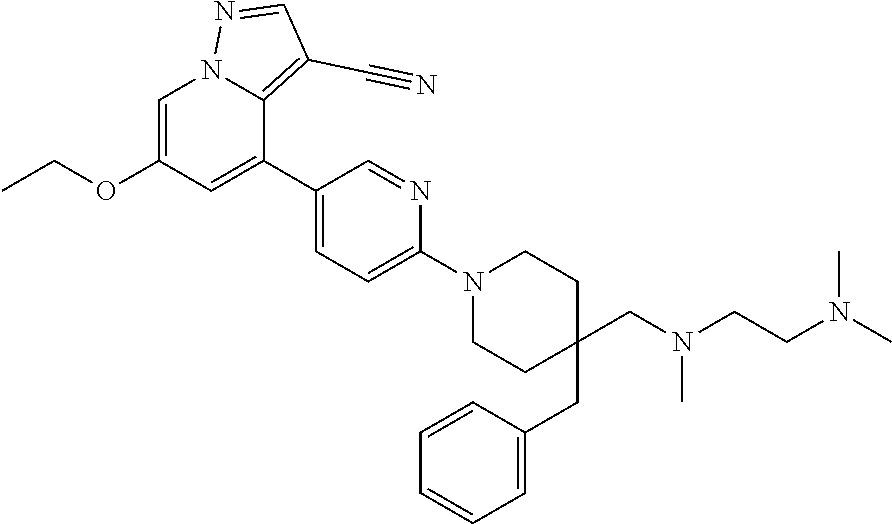
C01074
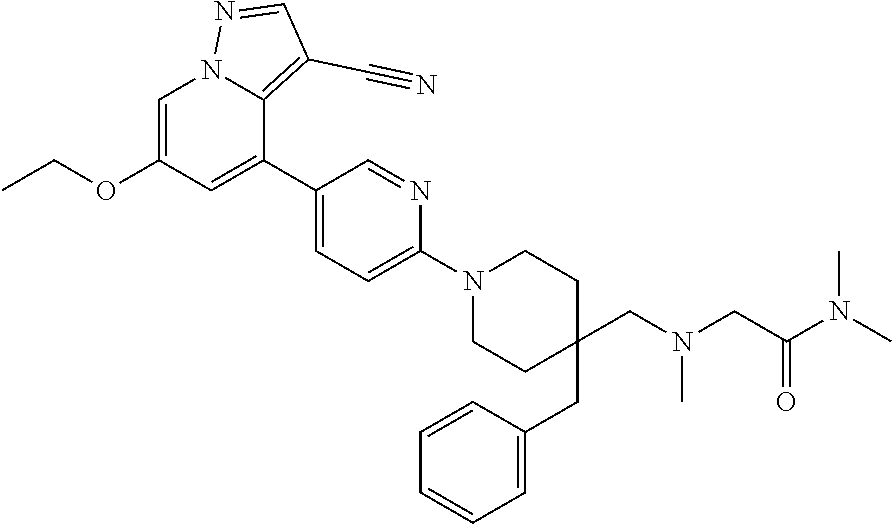
C01075
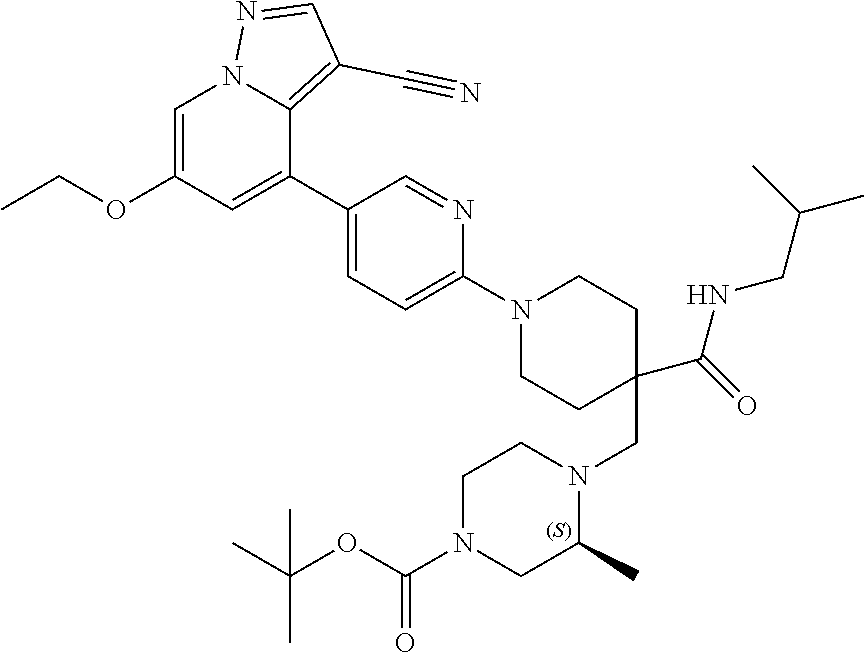
C01076
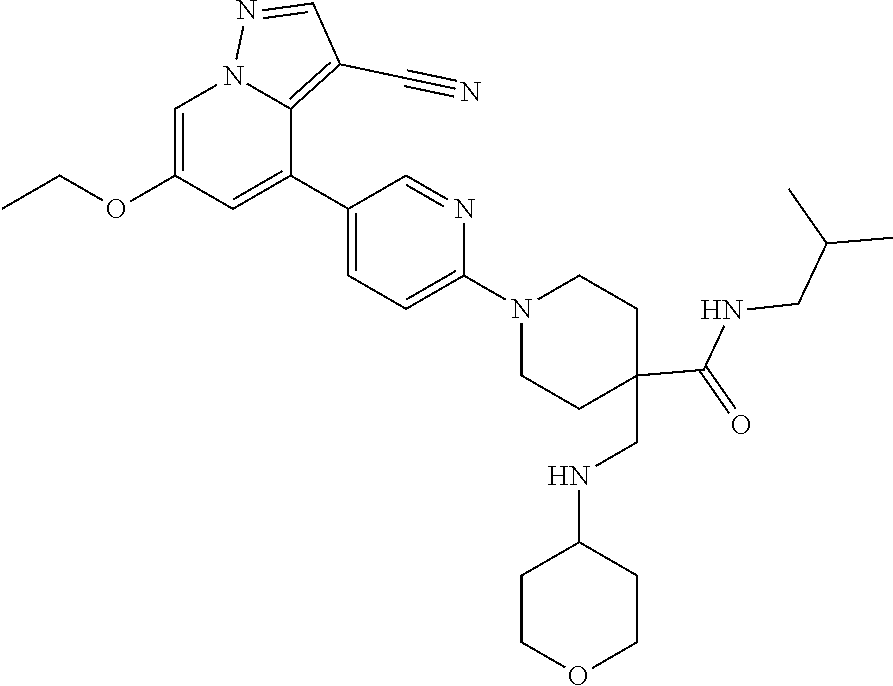
C01077
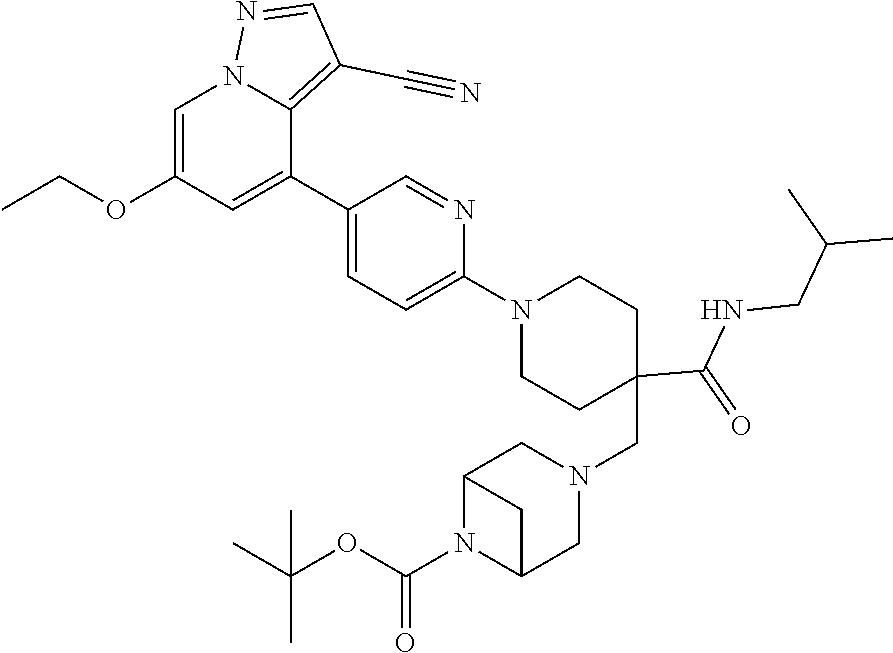
C01078
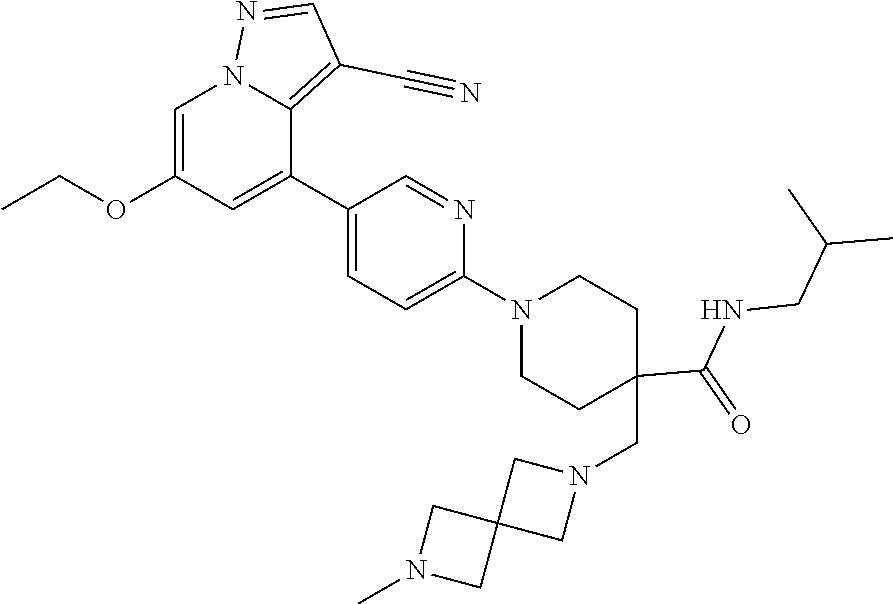
C01079
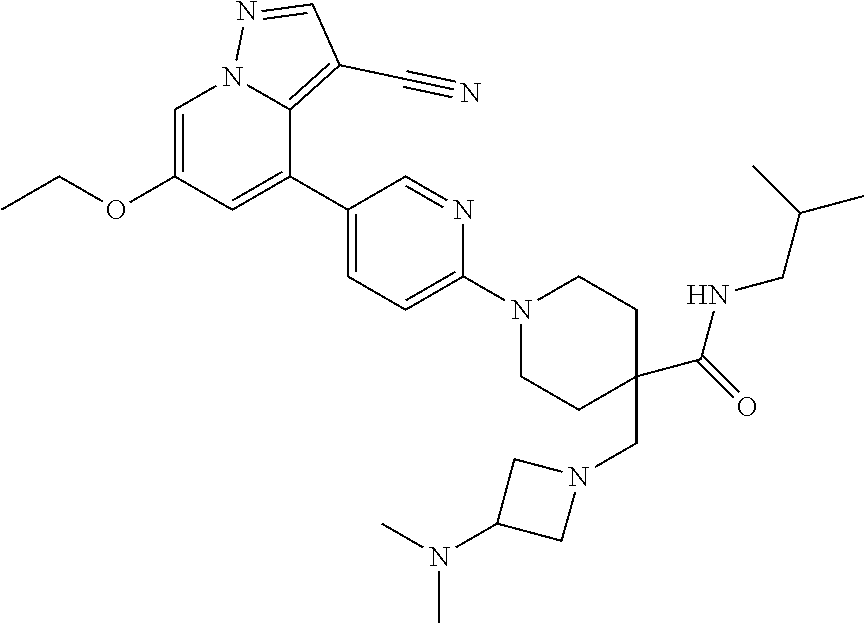
C01080

C01081
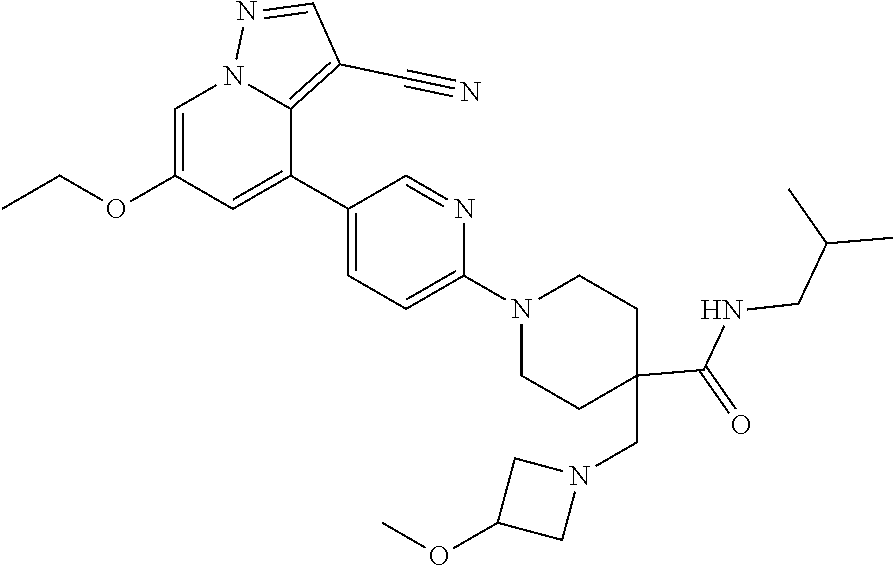
C01082
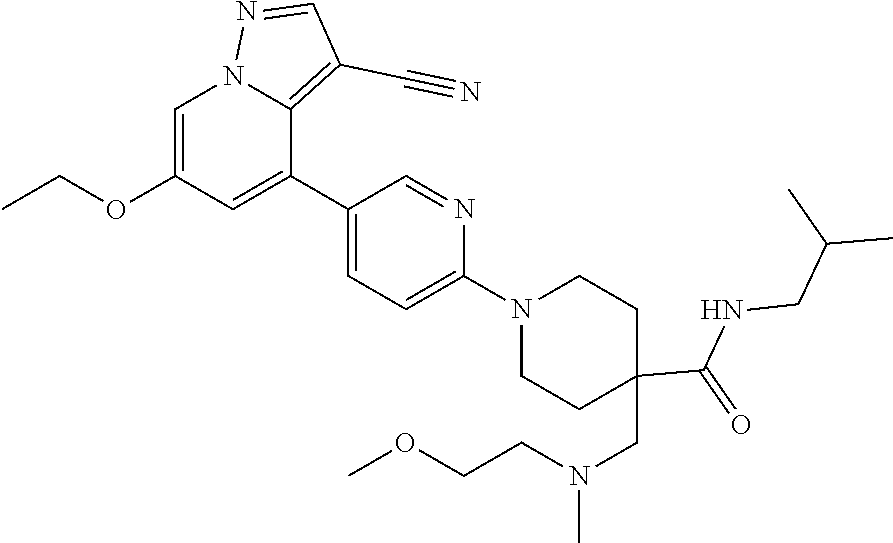
C01083
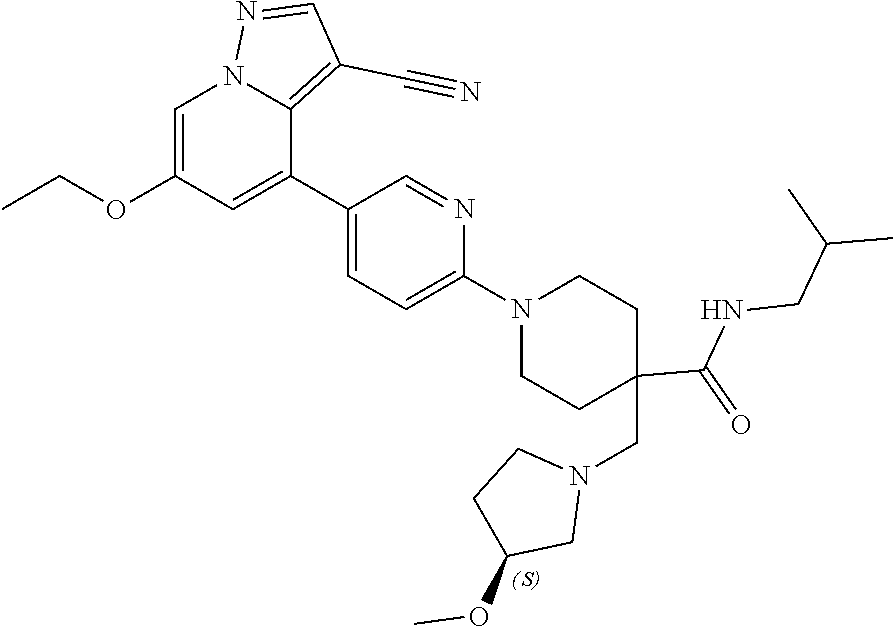
C01084
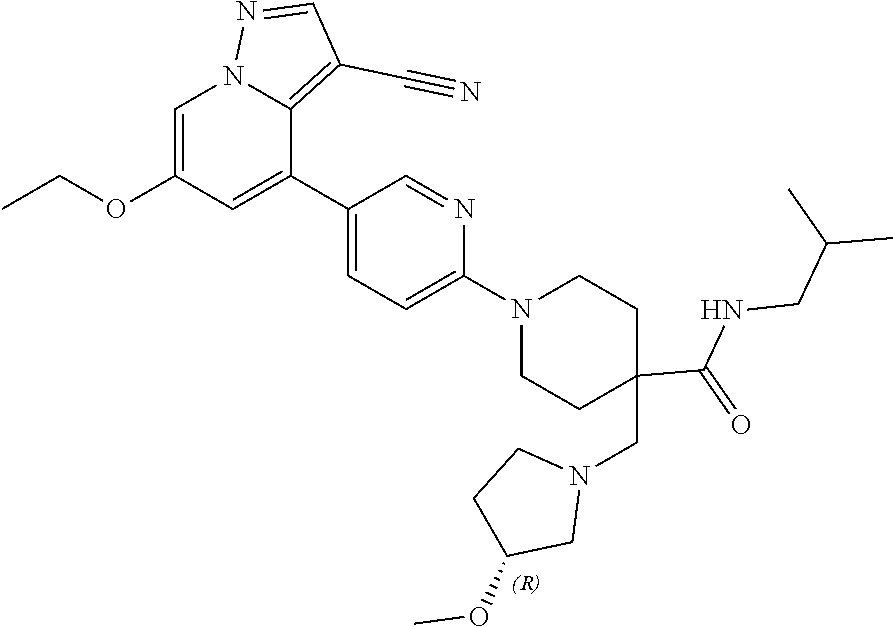
C01085
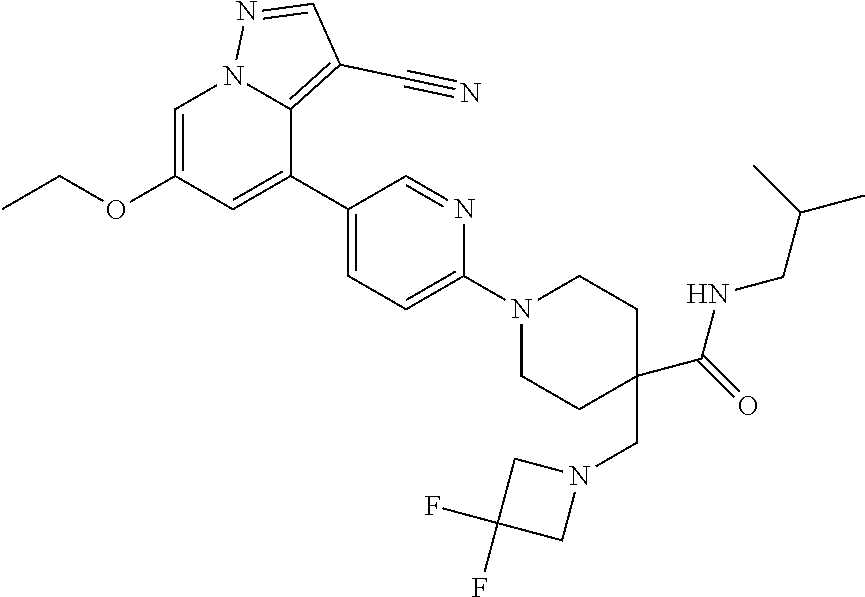
C01086
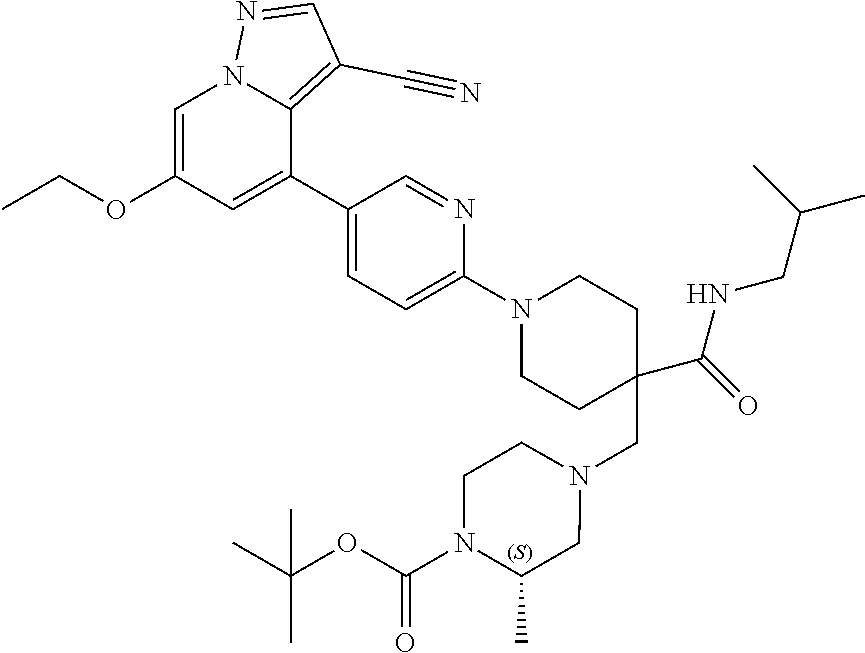
C01087
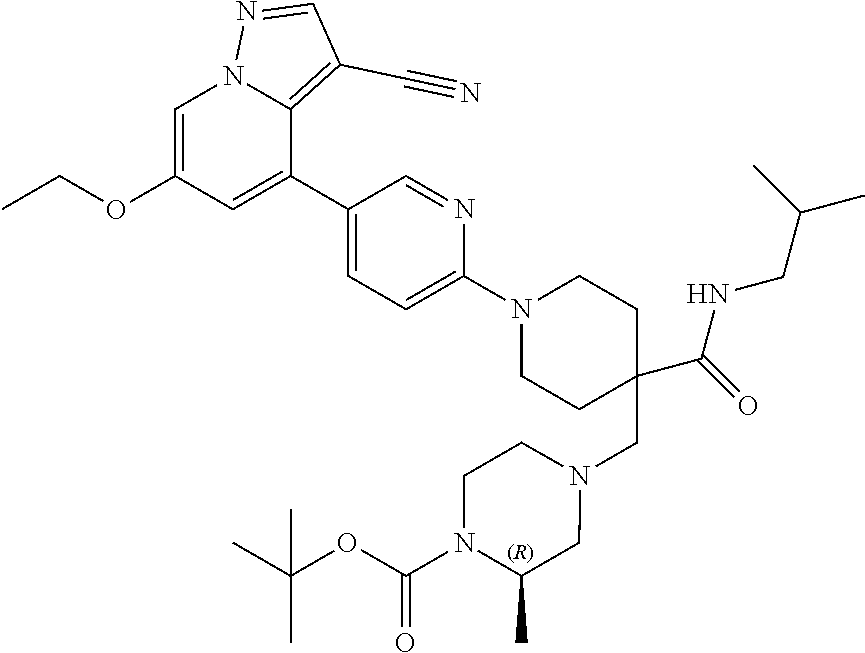
C01088
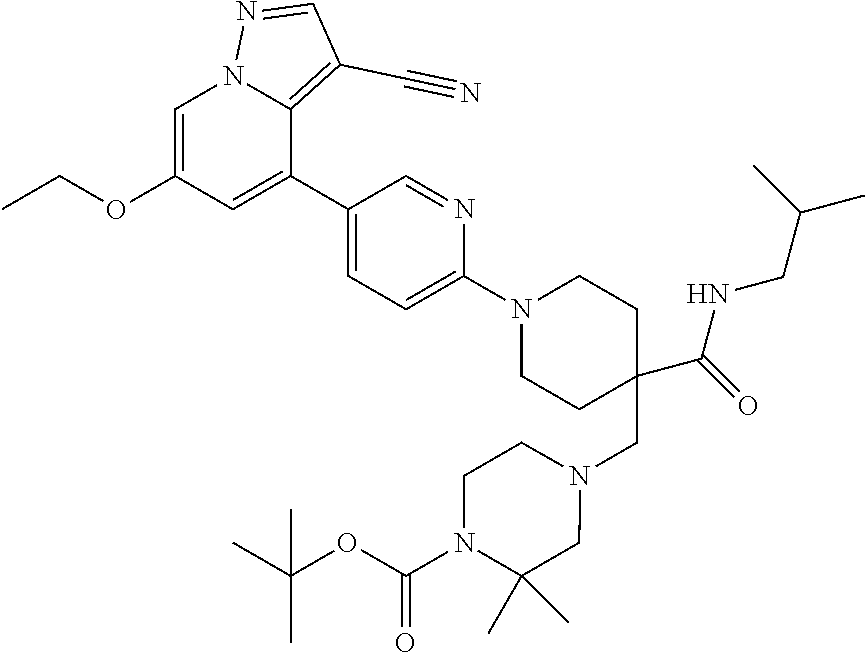
C01089
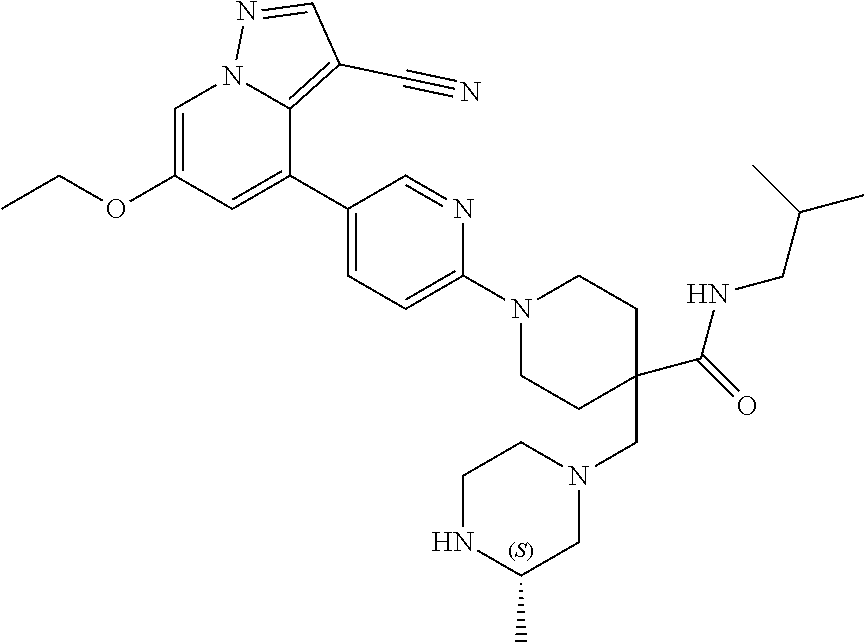
C01090
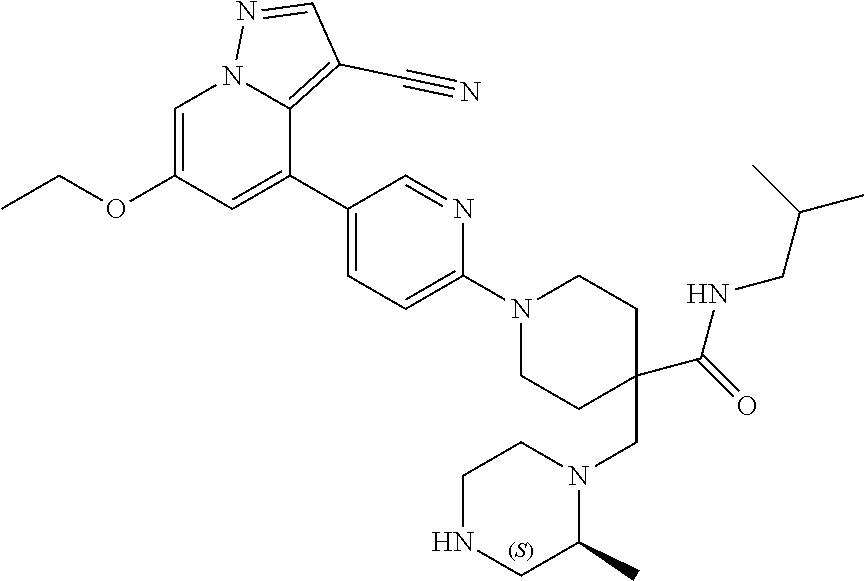
C01091
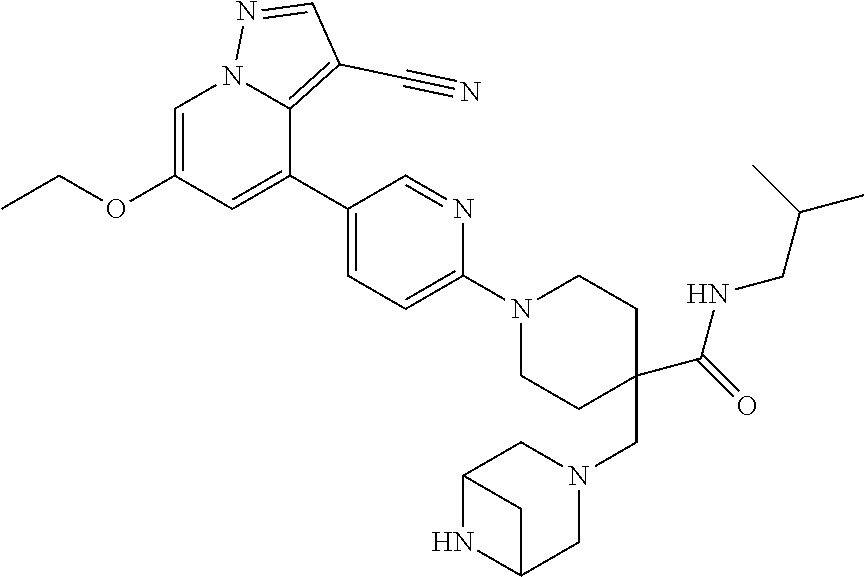
C01092
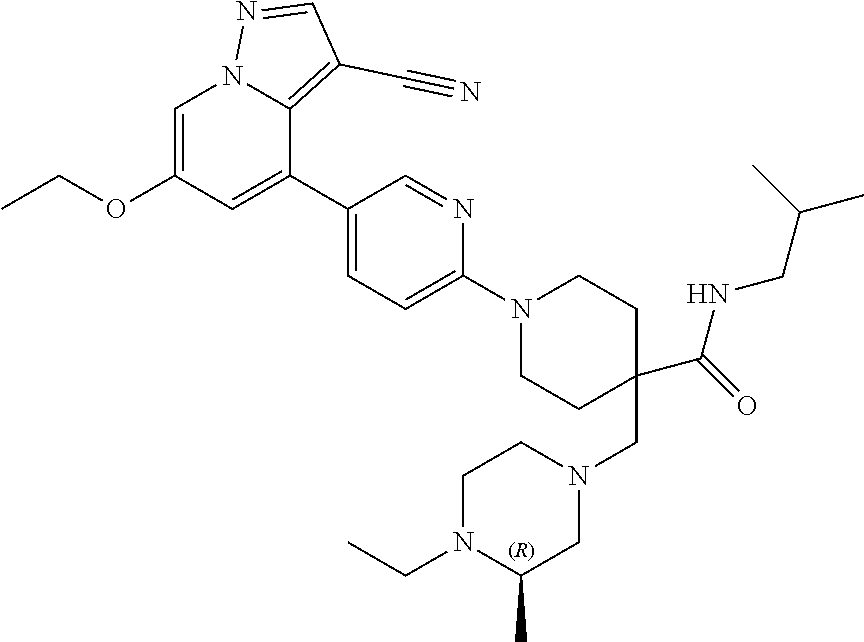
C01093
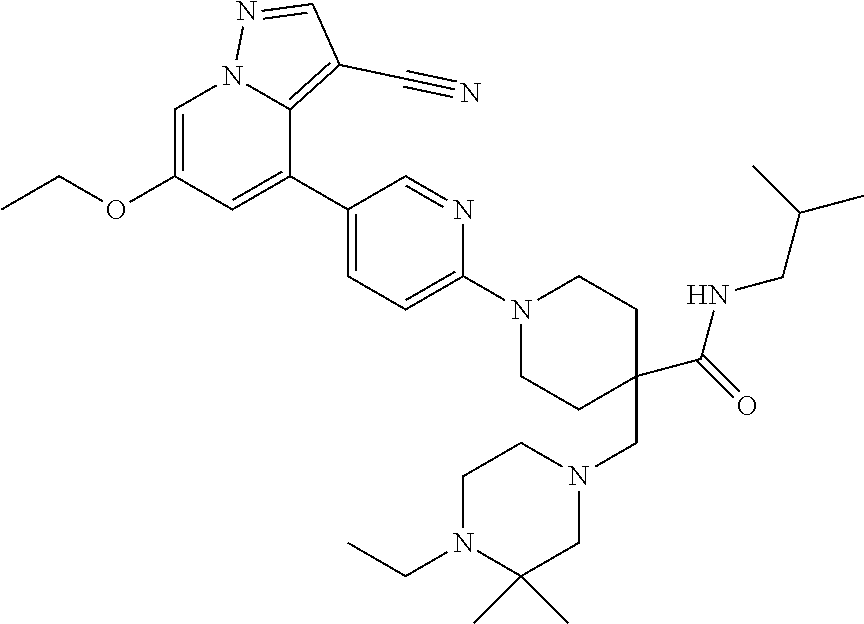
C01094
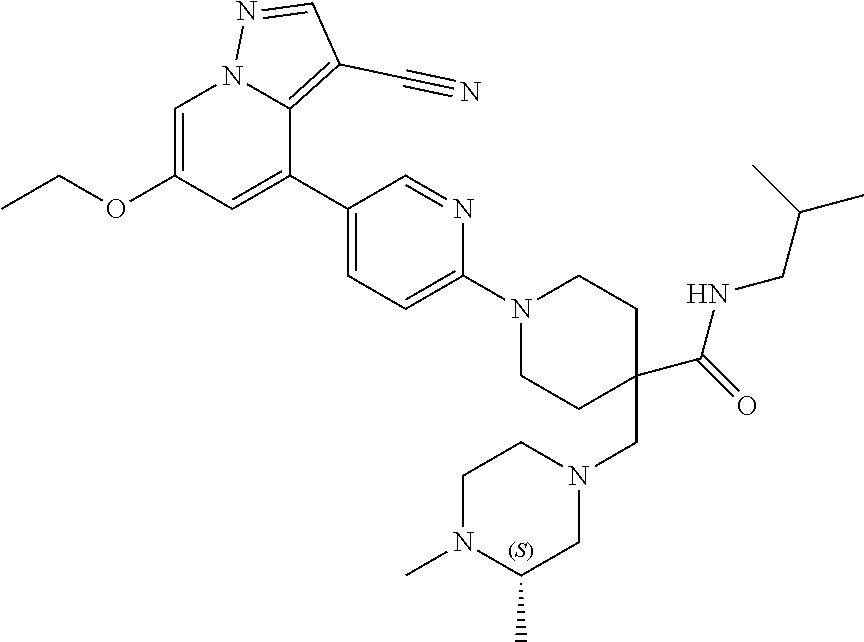
C01095
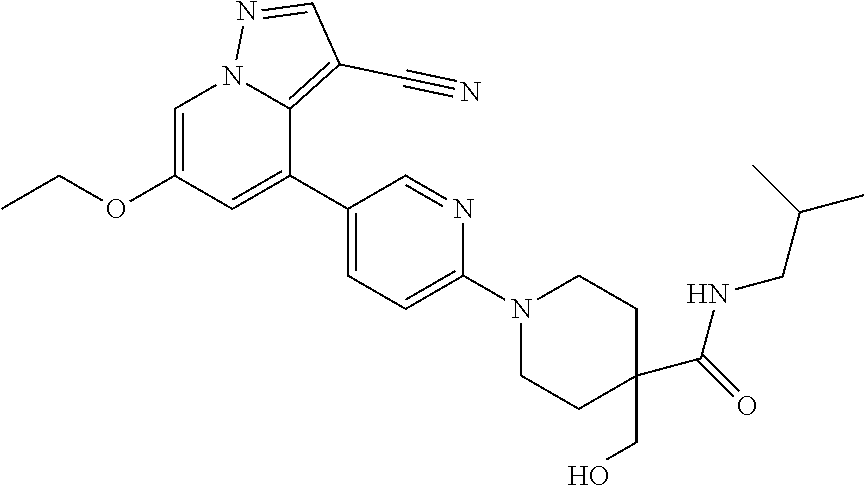
C01096

C01097
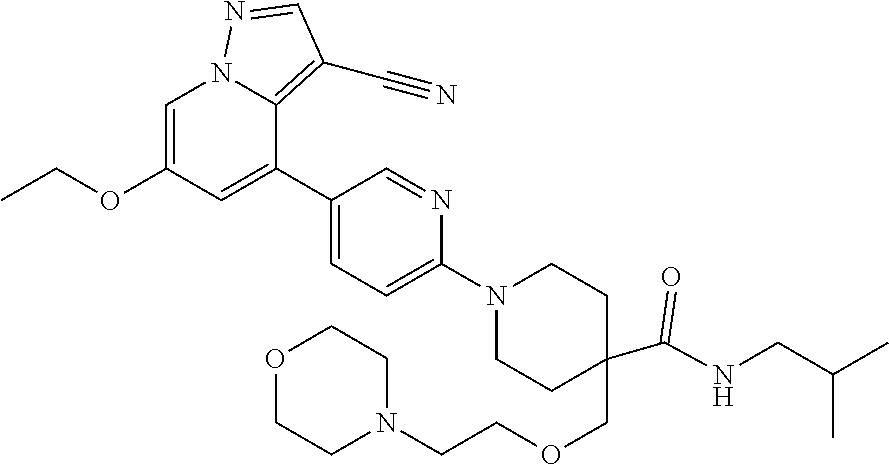
C01098
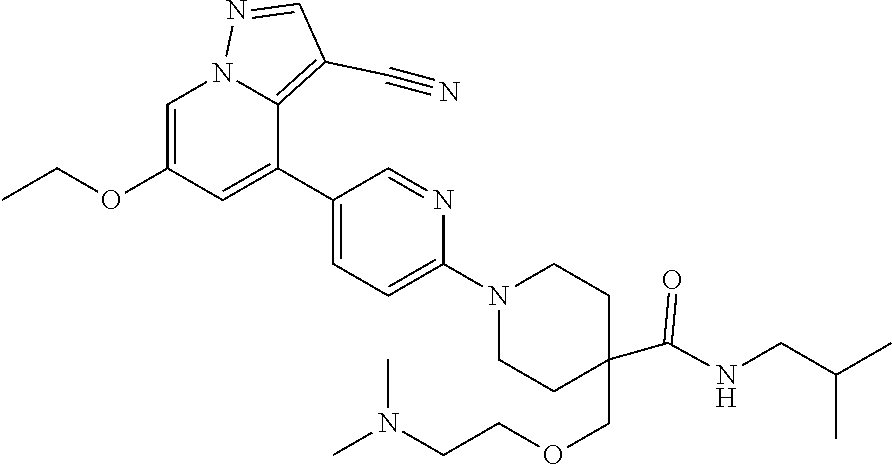
C01099
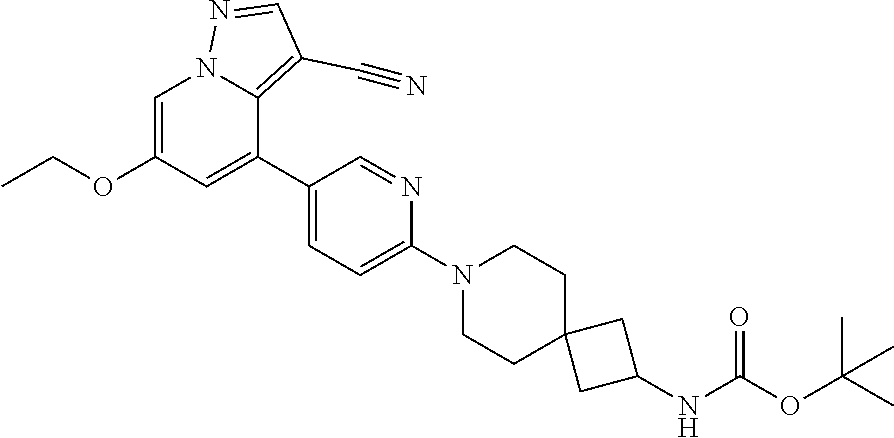
C01100
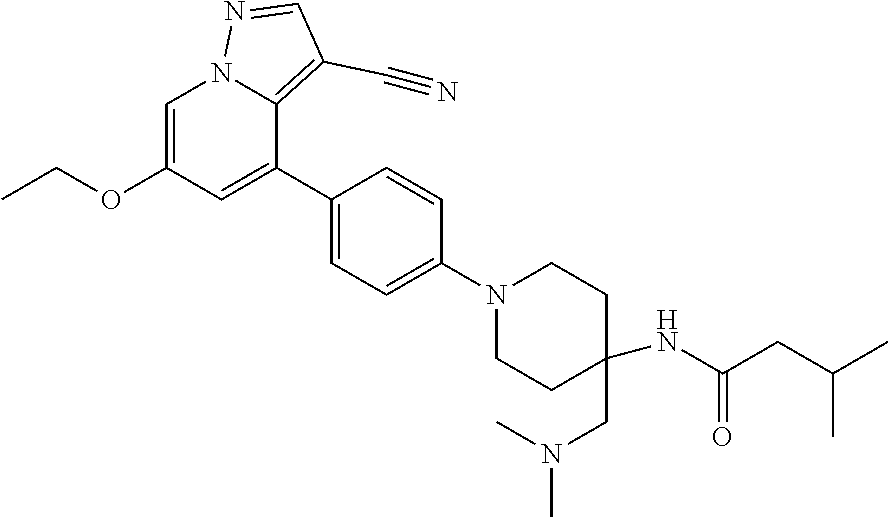
C01101
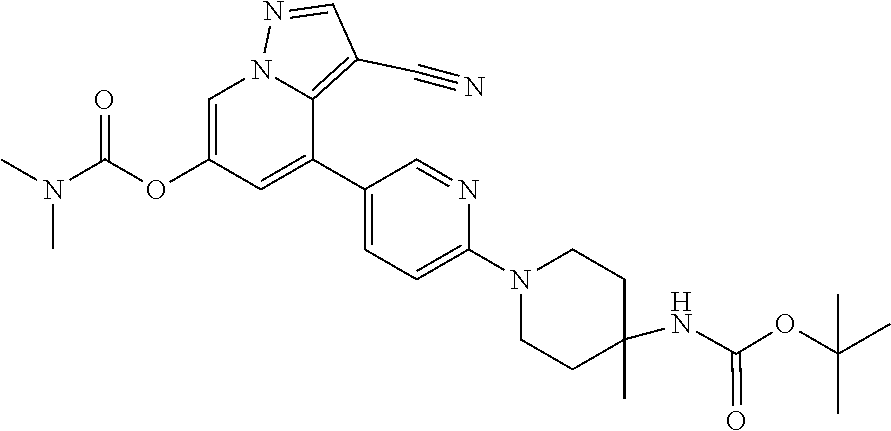
C01102
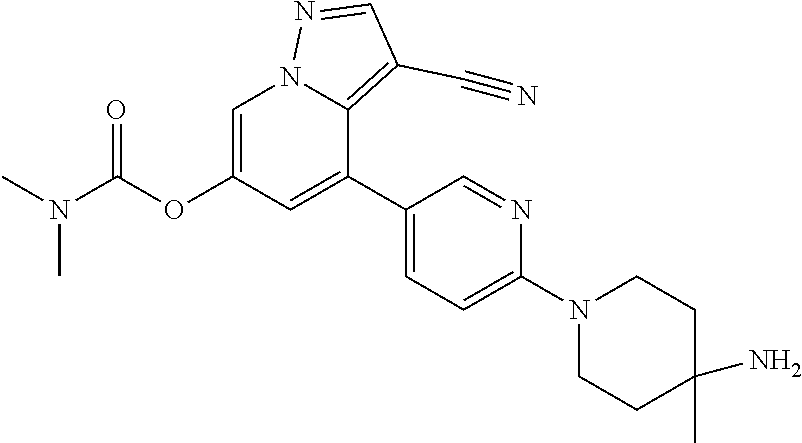
C01103
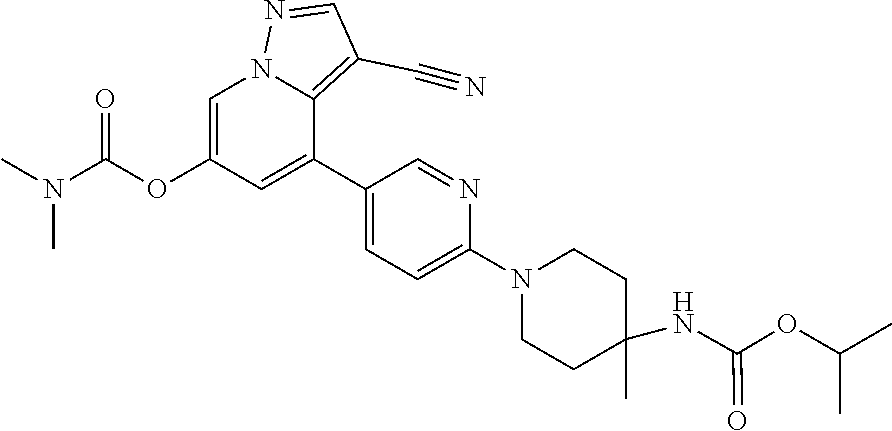
C01104

C01105
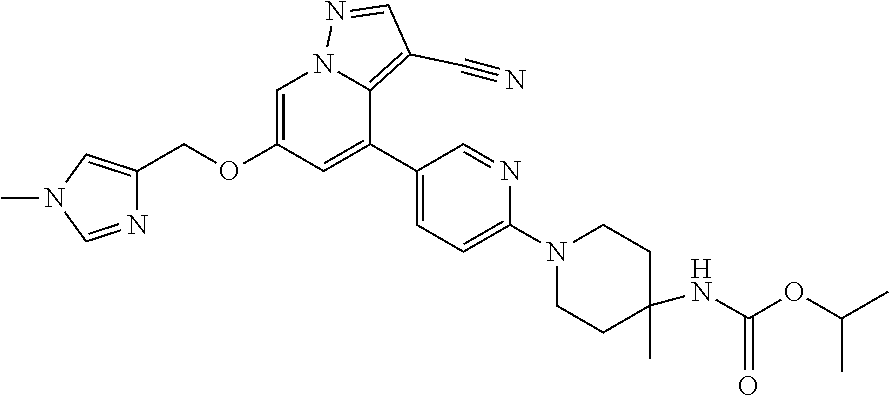
C01106
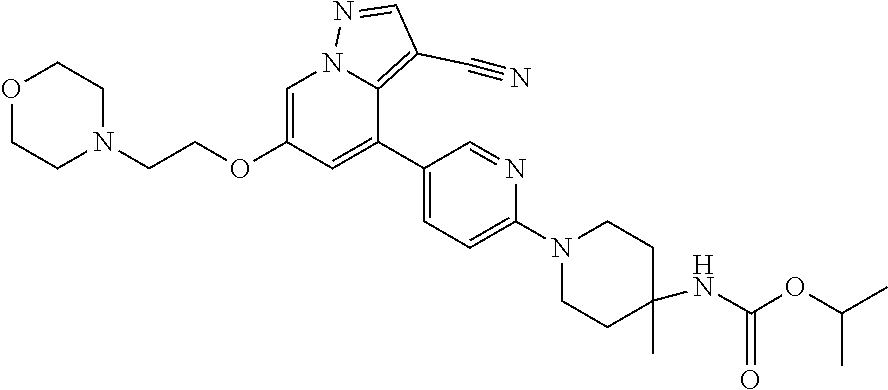
C01107
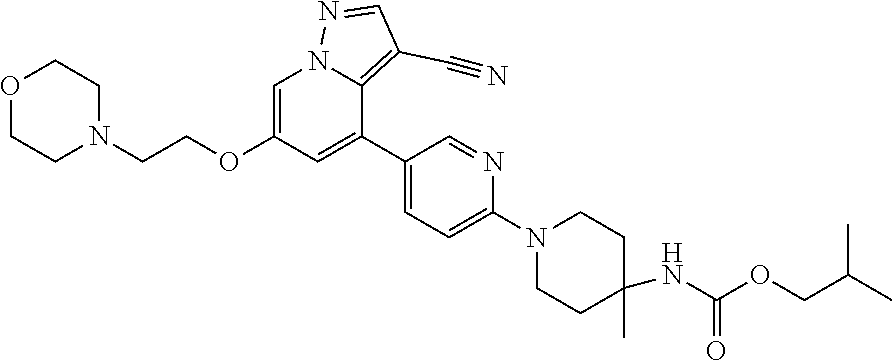
C01108
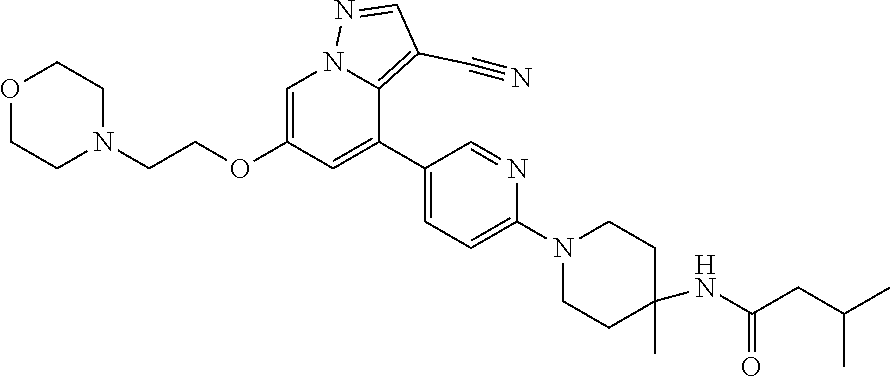
C01109
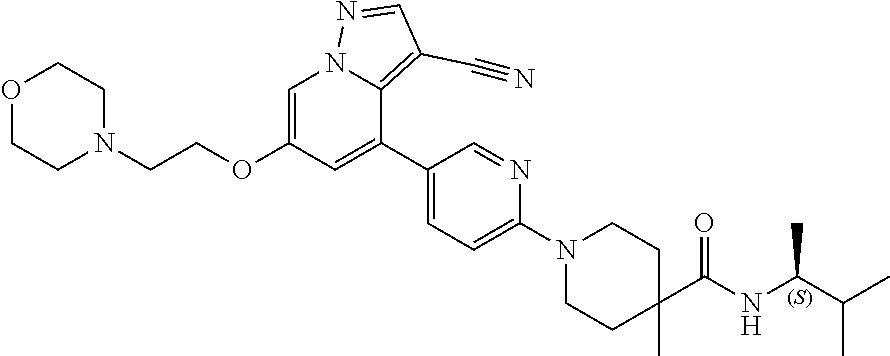
C01110
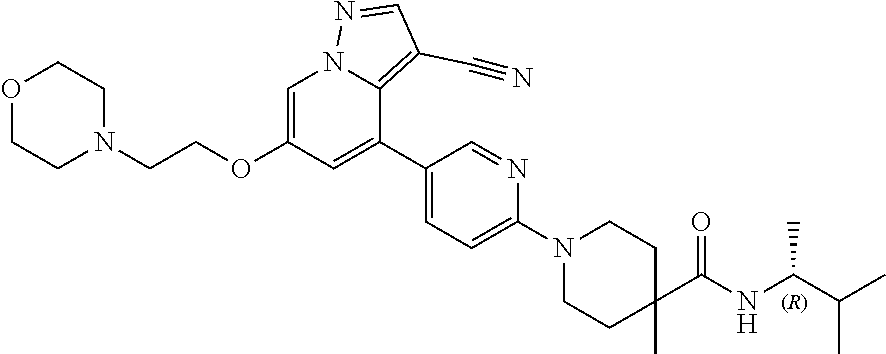
C01111
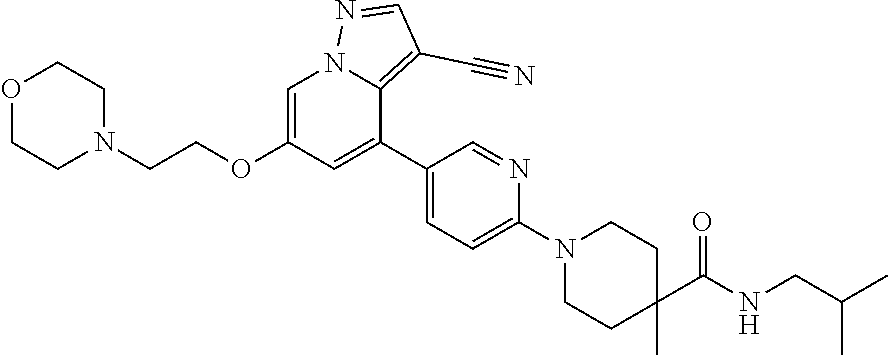
C01112
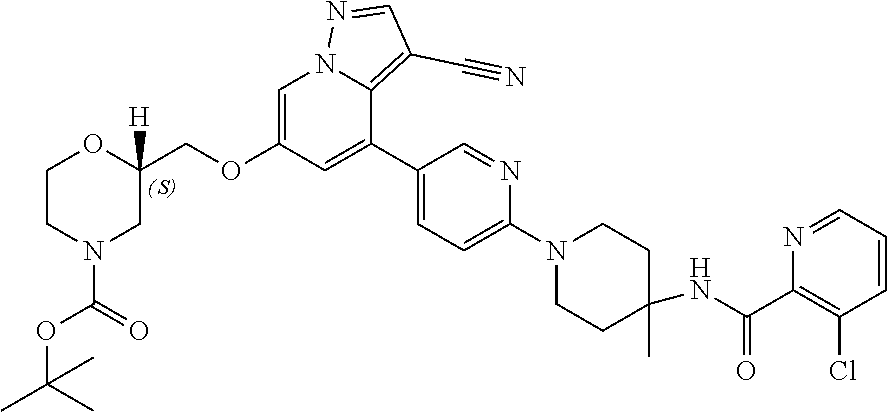
C01113
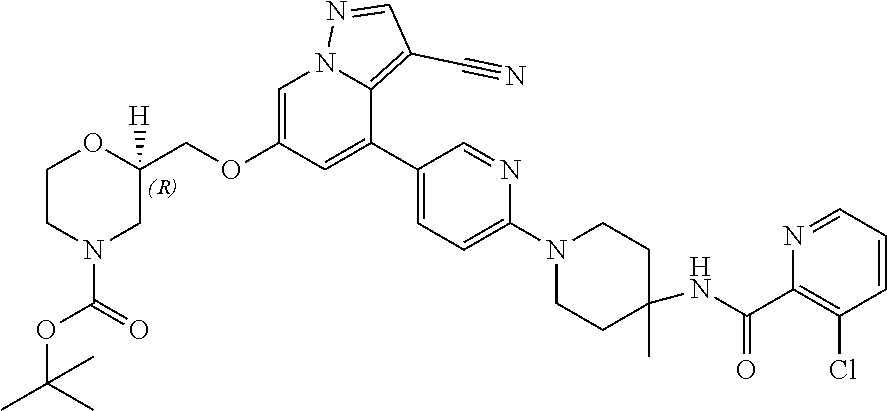
C01114
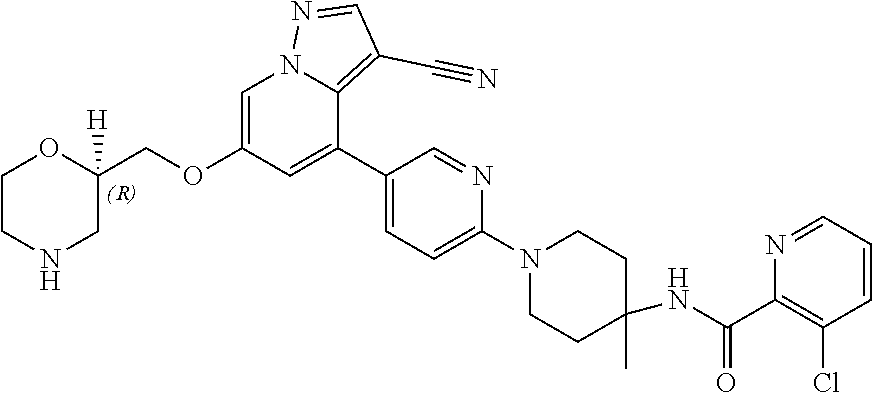
C01115
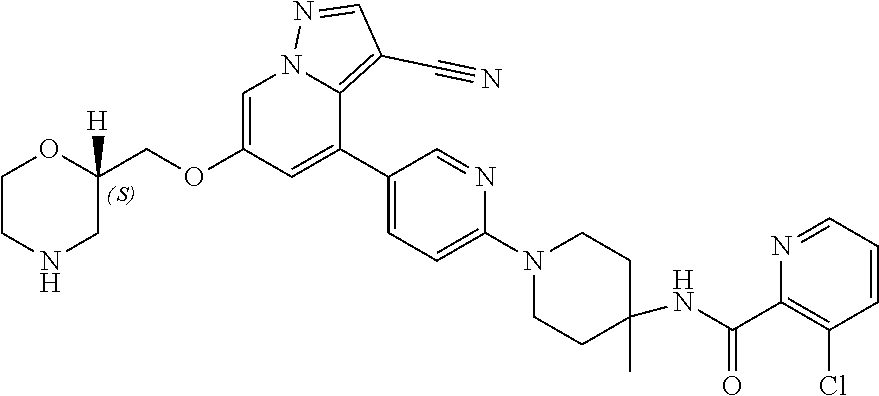
C01116
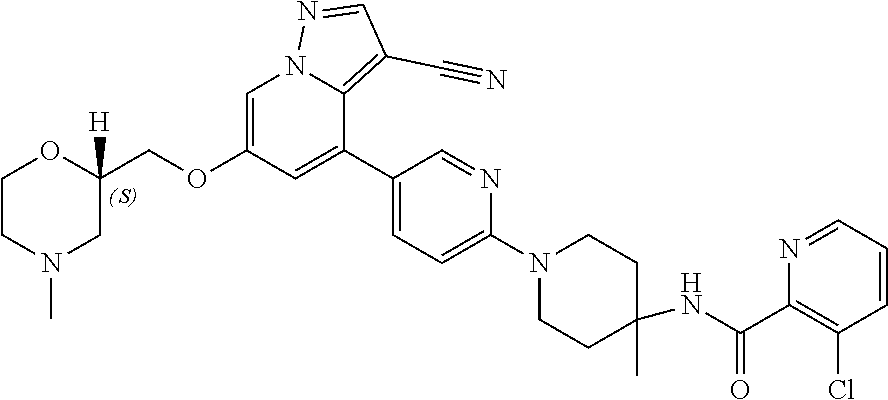
C01117
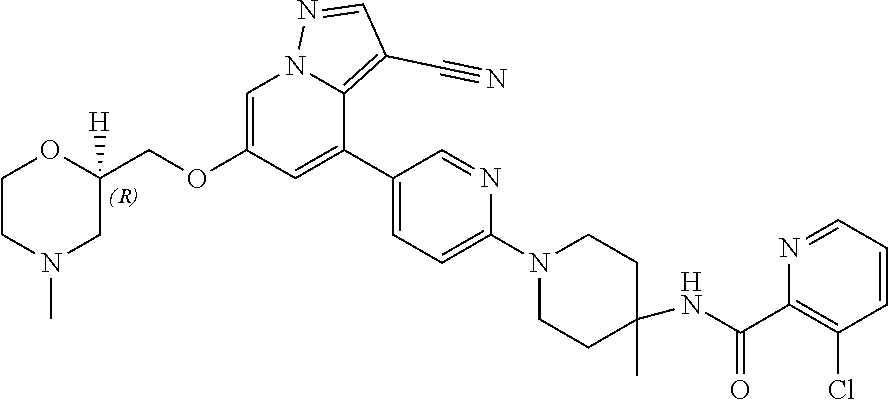
C01118
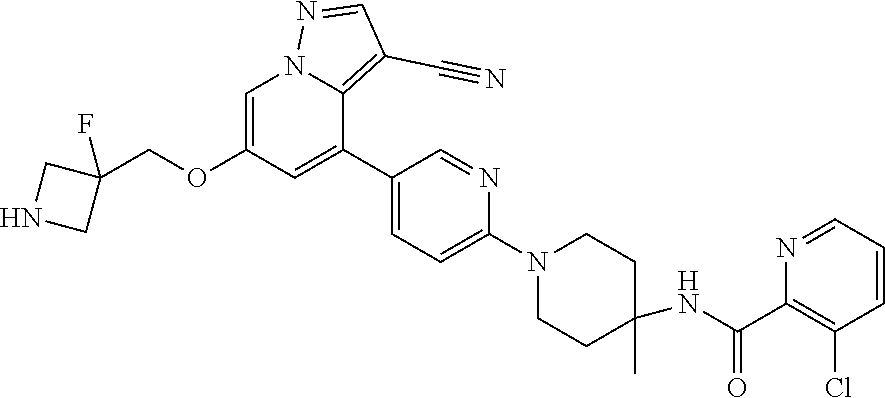
C01119
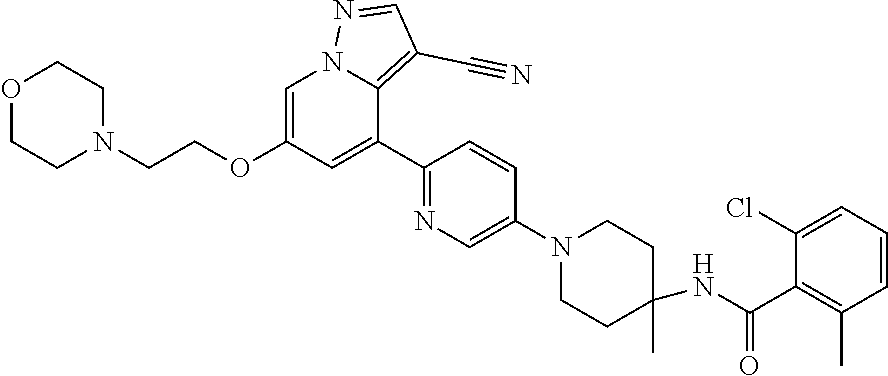
C01120
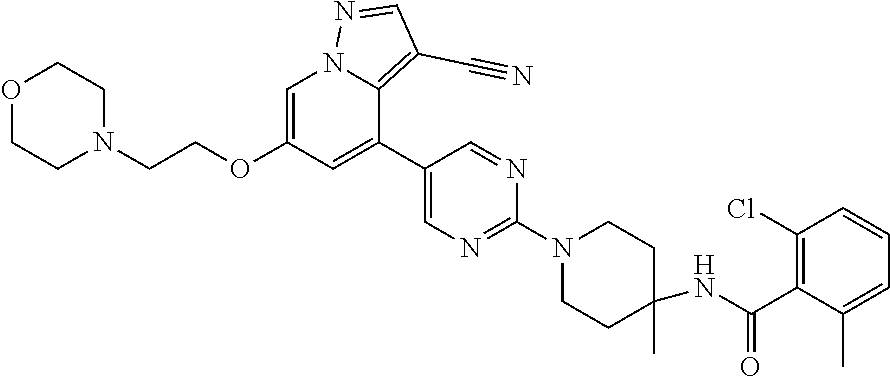
C01121

C01122
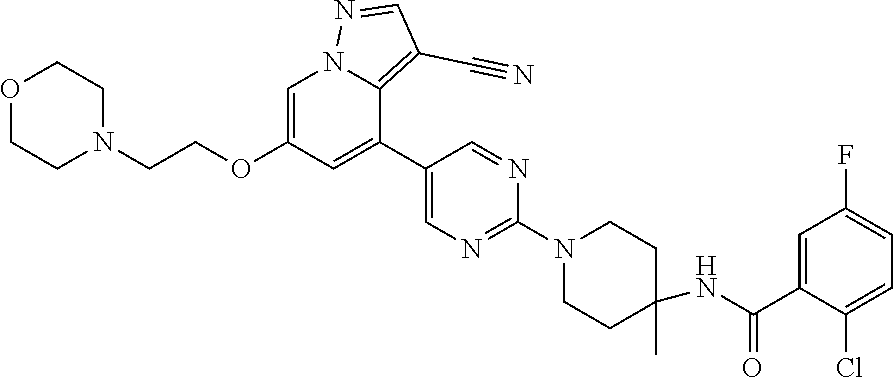
C01123
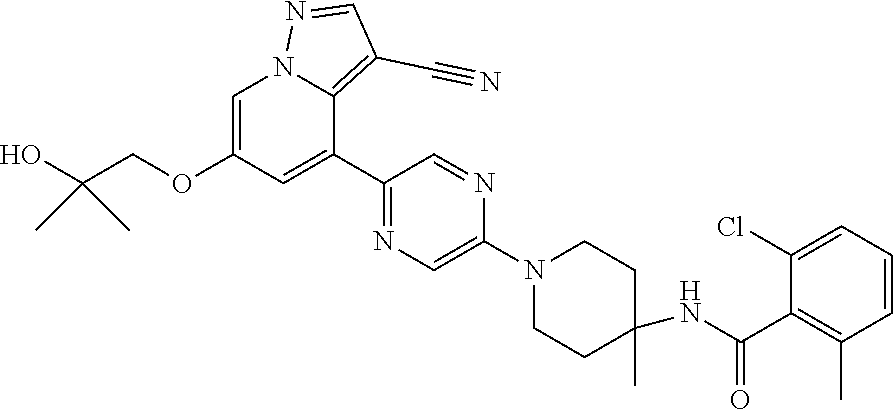
C01124
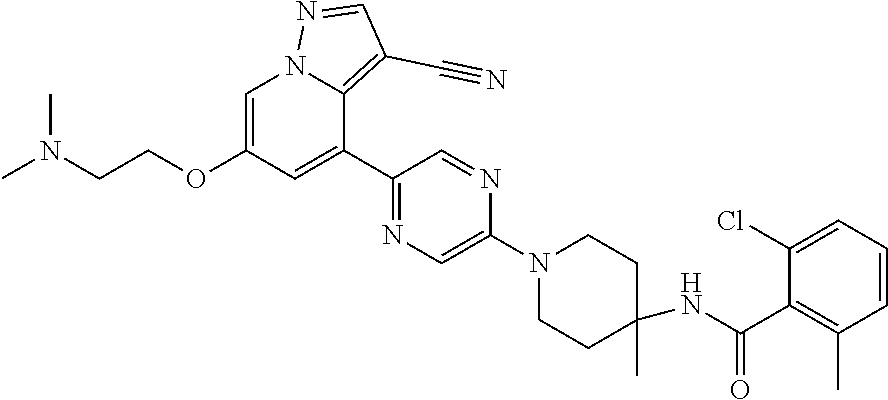
C01125

C01126
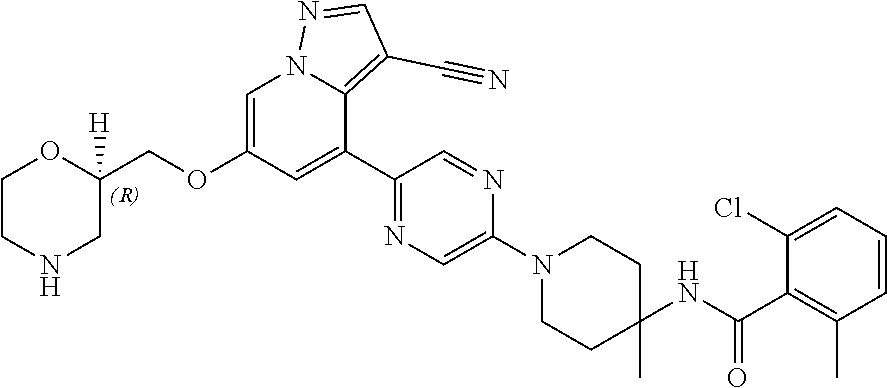
C01127
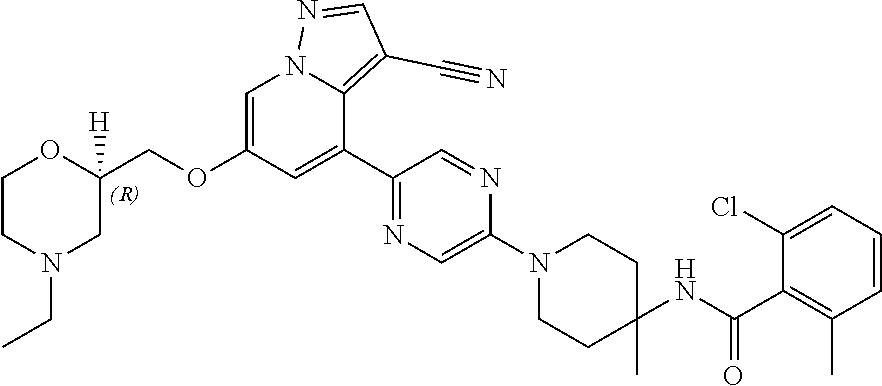
C01128
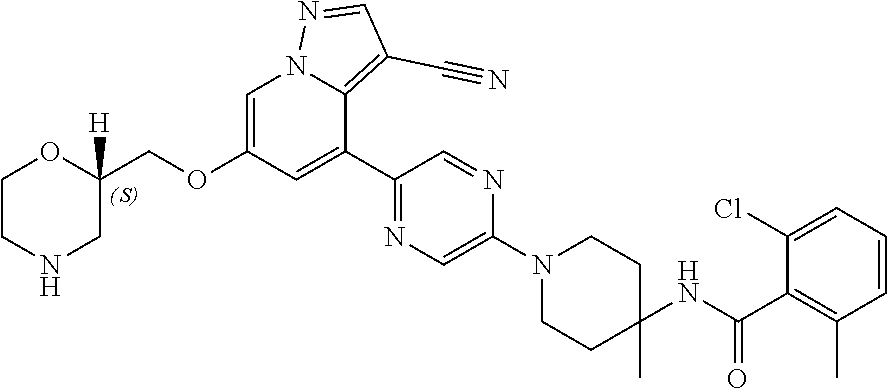
C01129
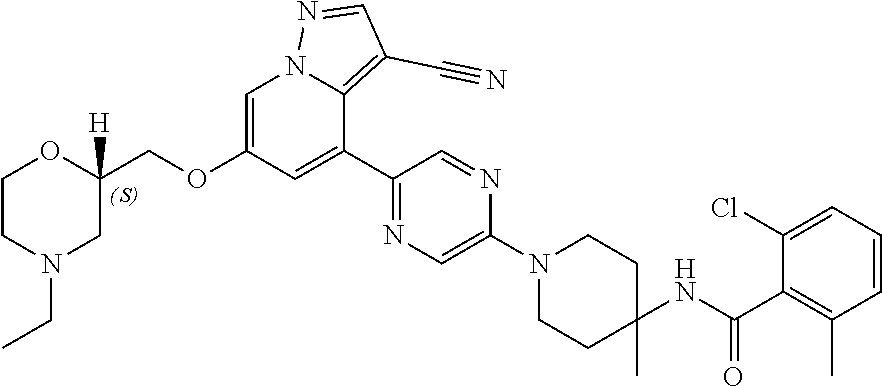
C01130
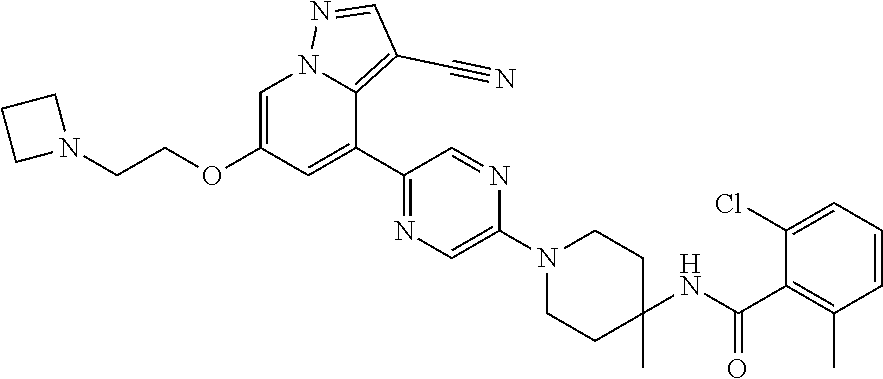
C01131
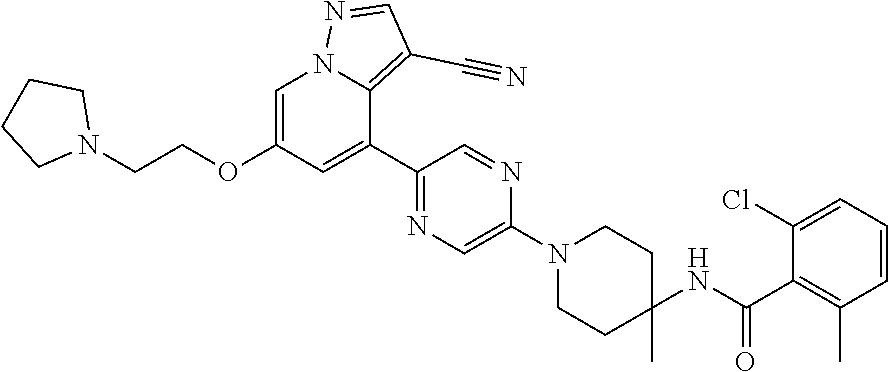
C01132
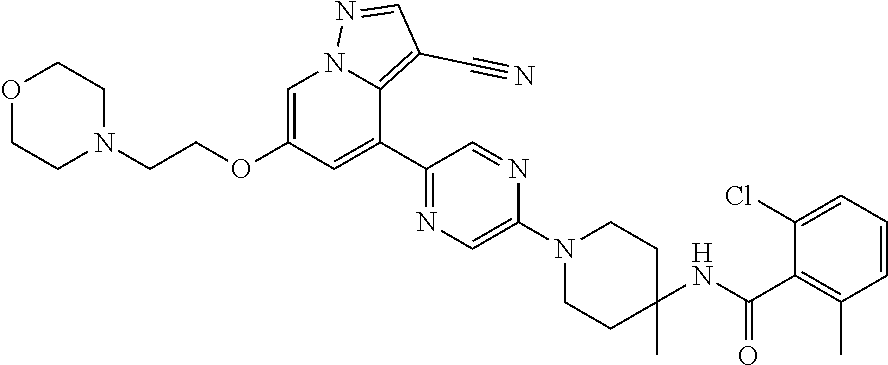
C01133

C01134
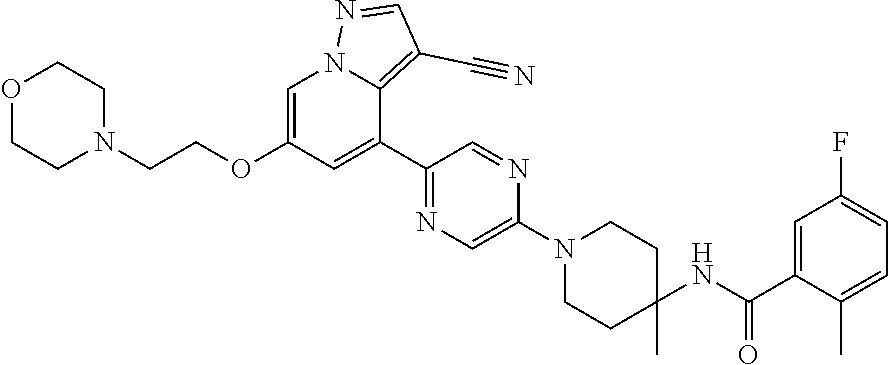
C01135

C01136

C01137
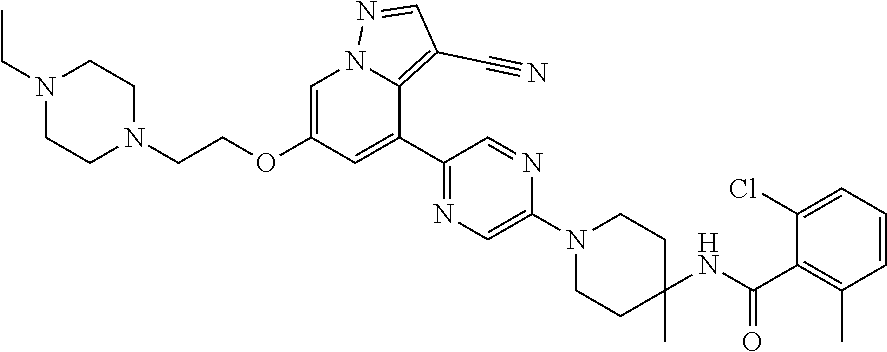
C01138
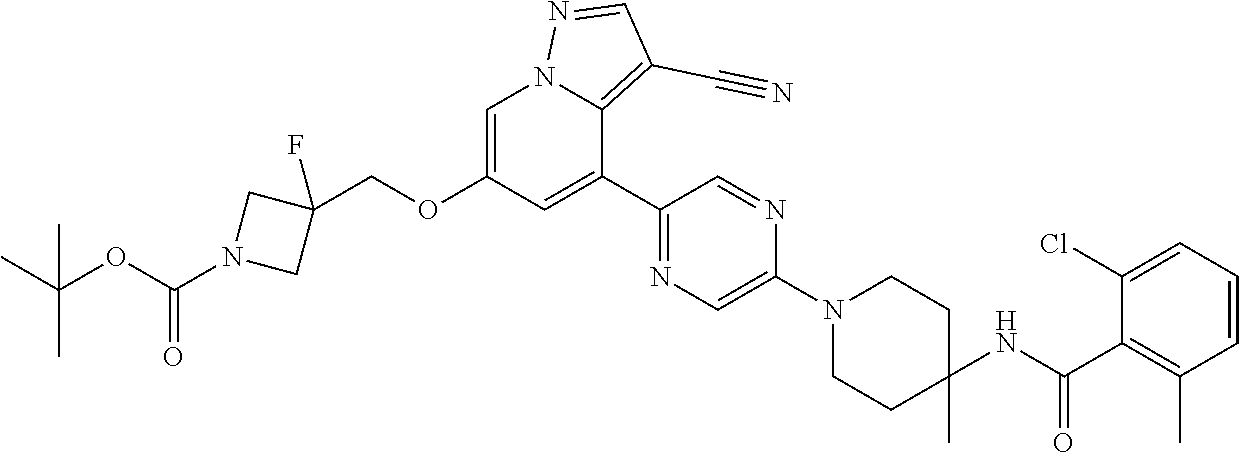
C01139
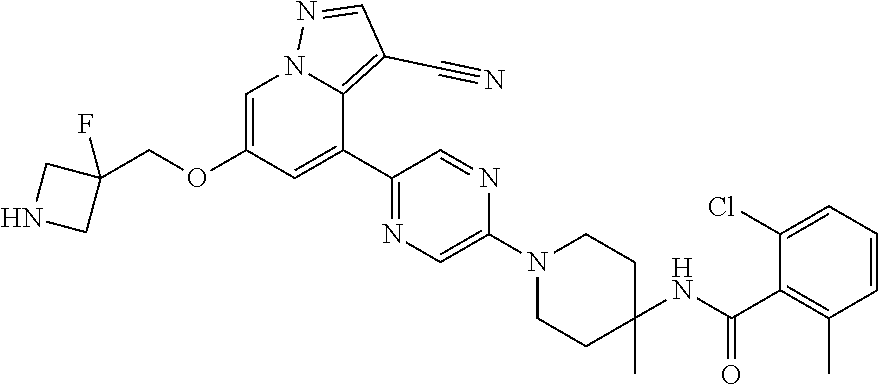
C01140
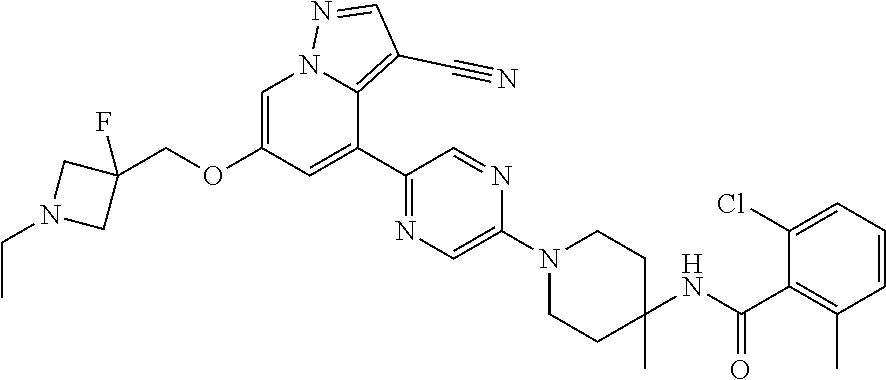
C01141
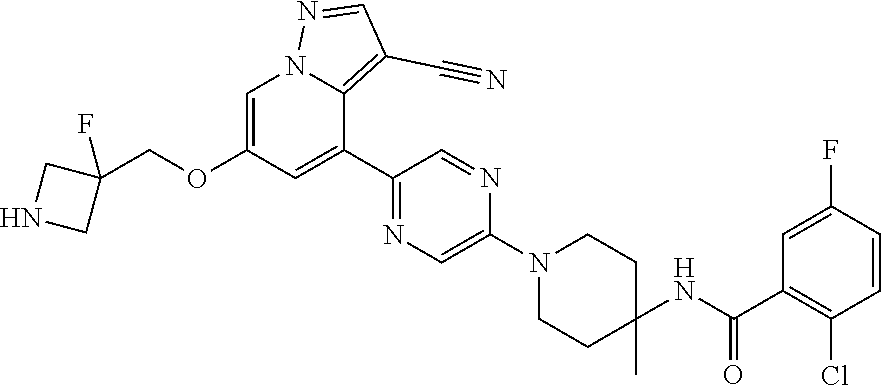
C01142
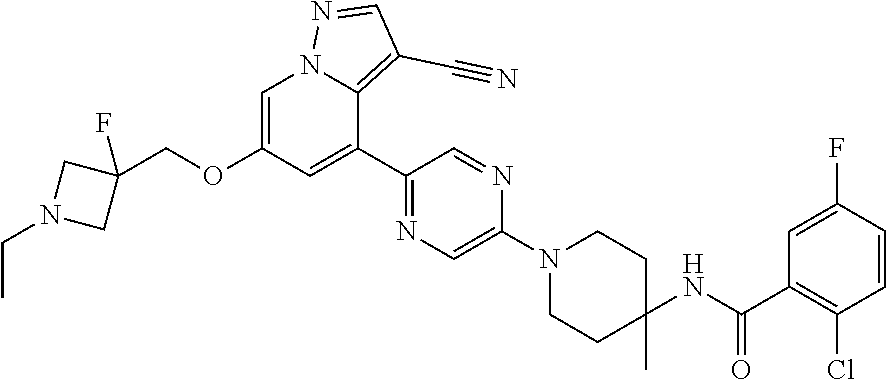
C01143
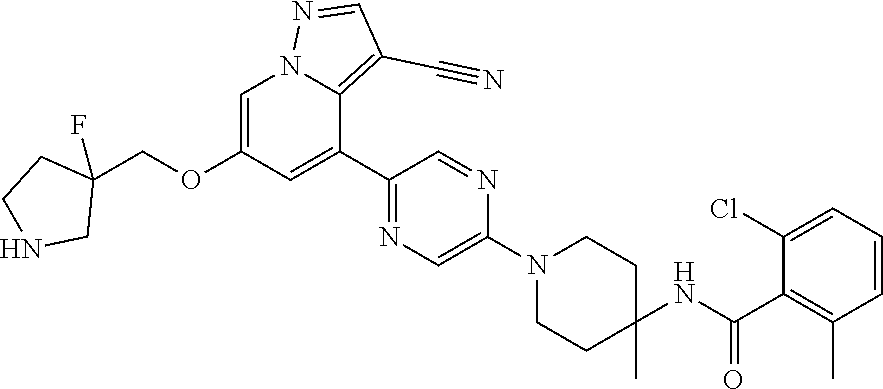
C01144
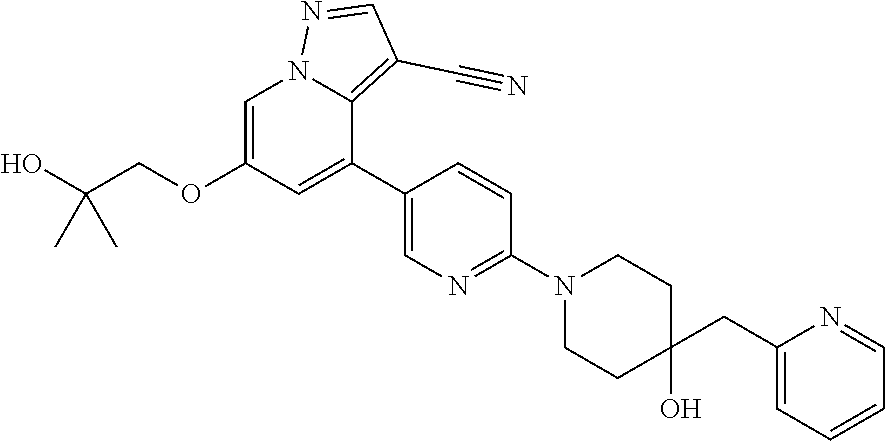
C01145

C01146
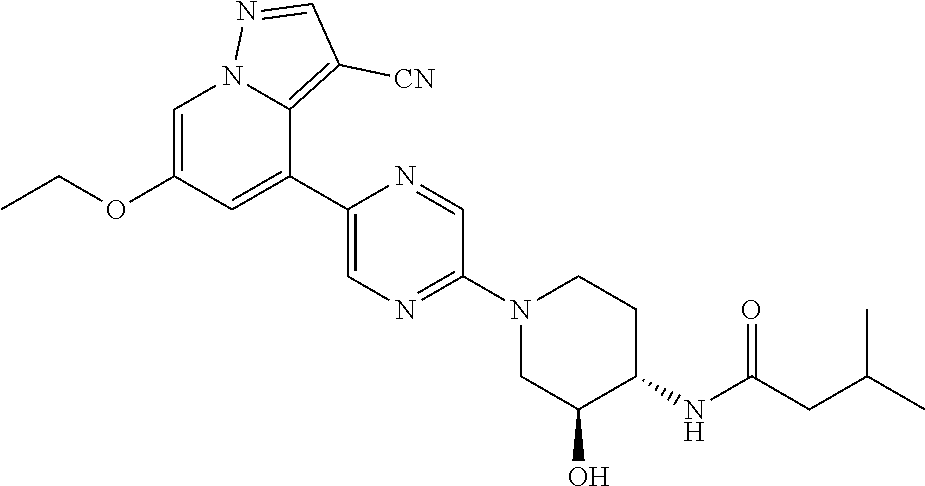
C01147
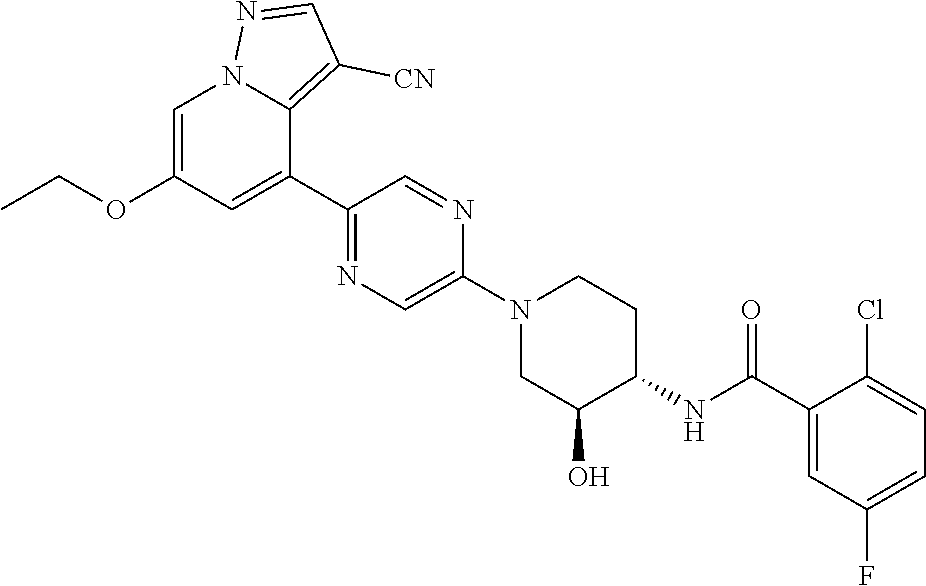
C01148
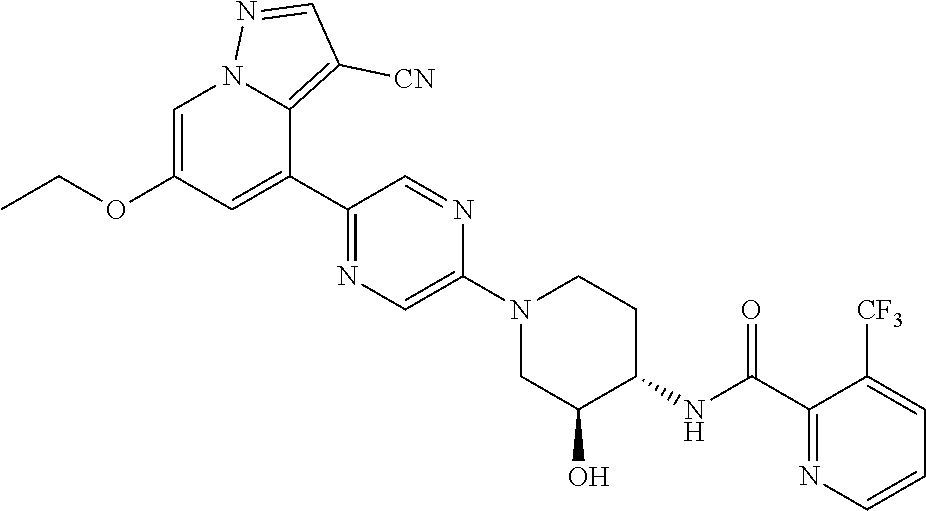
C01149
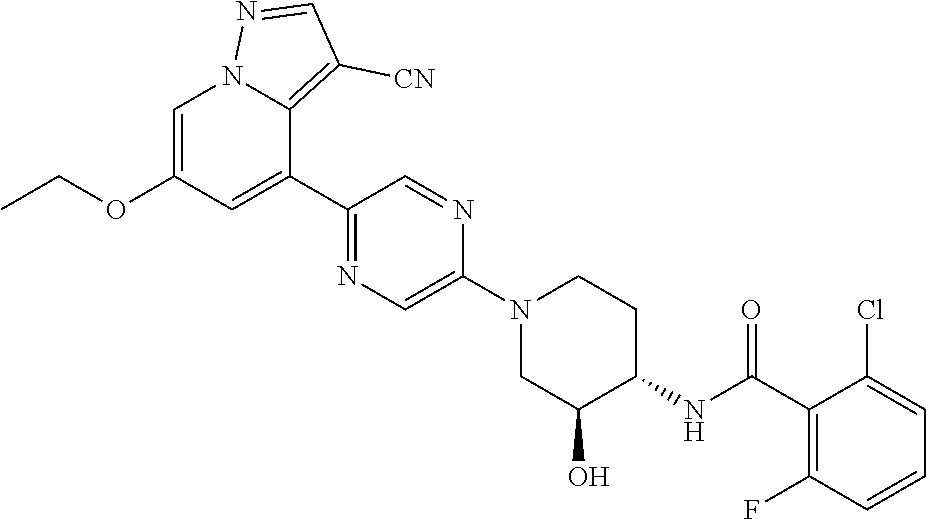
C01150
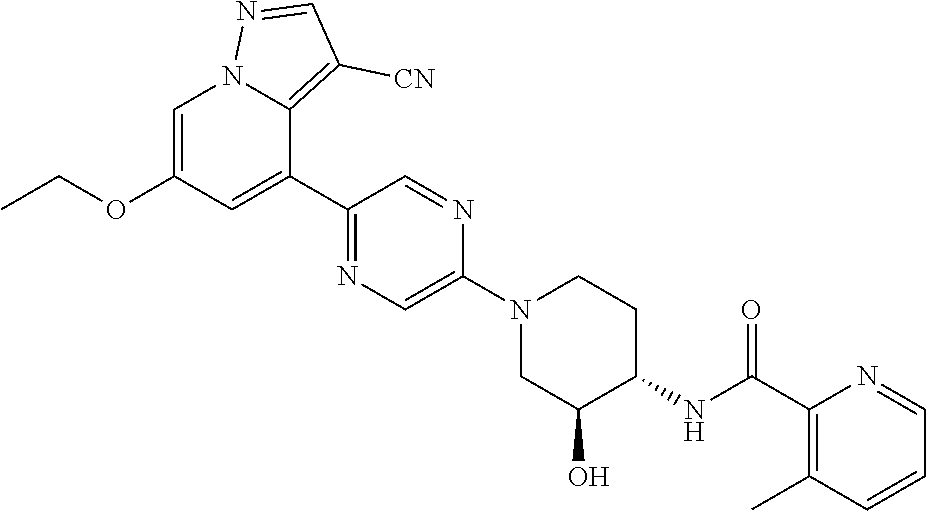
C01151
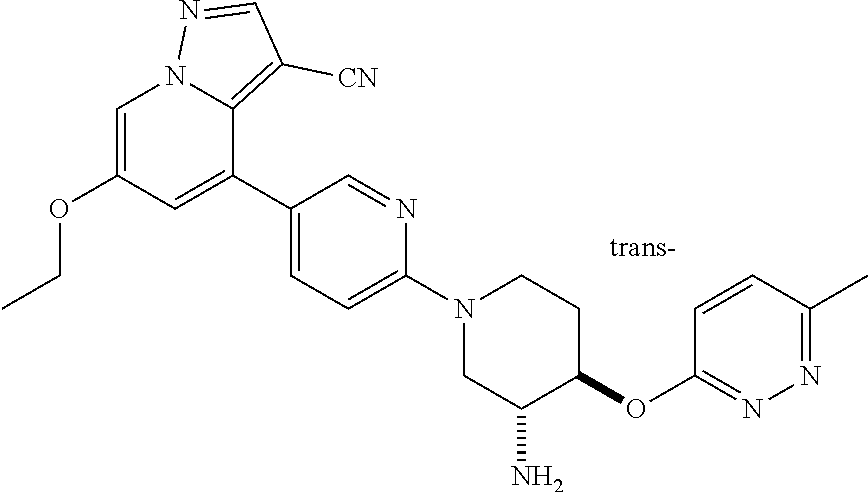
C01152
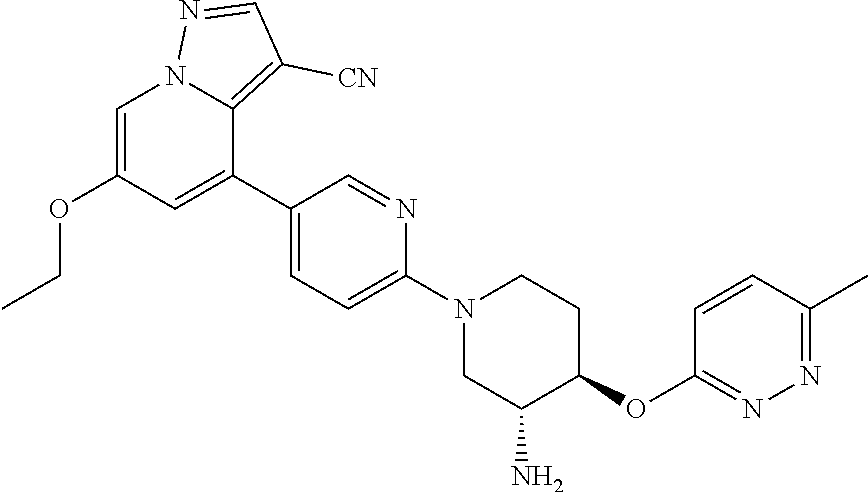
C01153

C01154
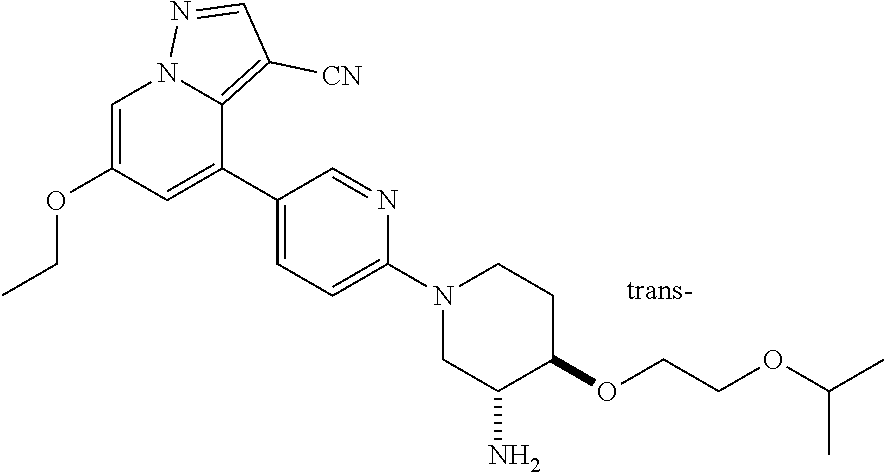
C01155
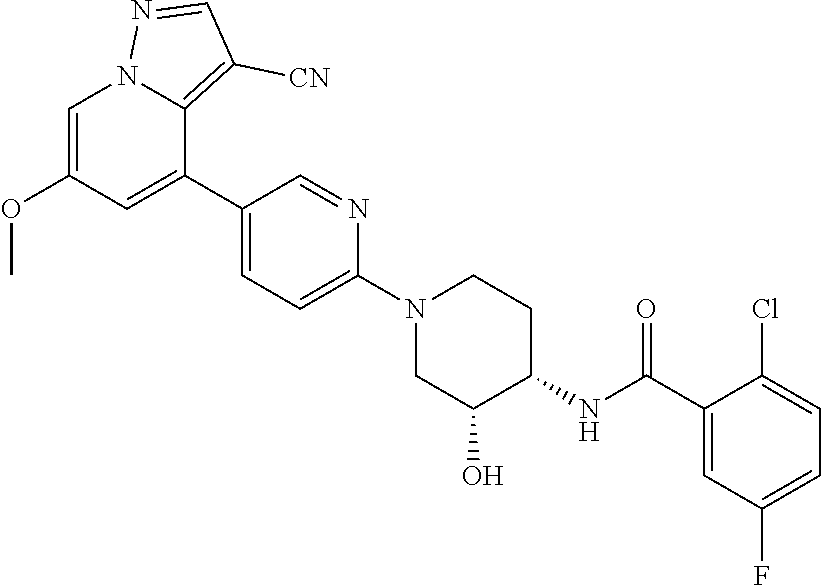
C01156
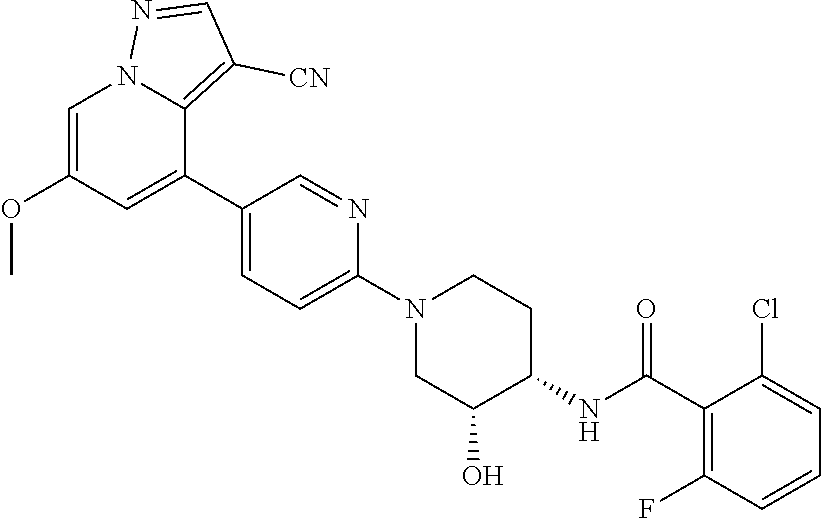
C01157
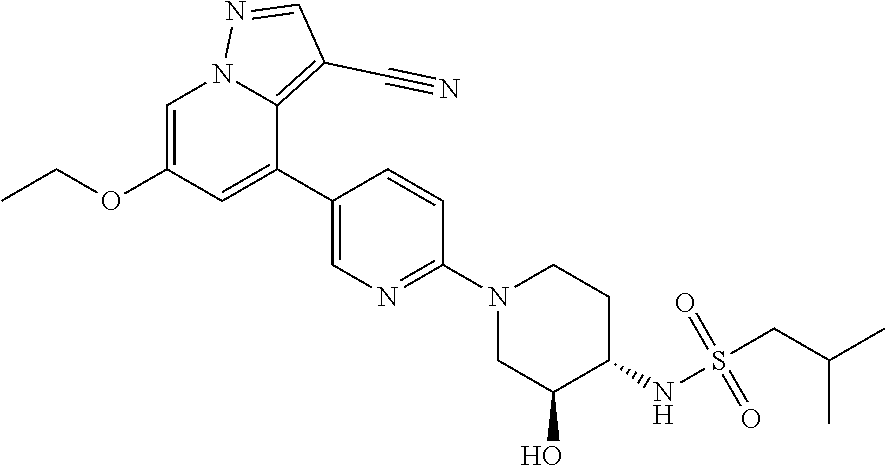
C01158

C01159

C01160
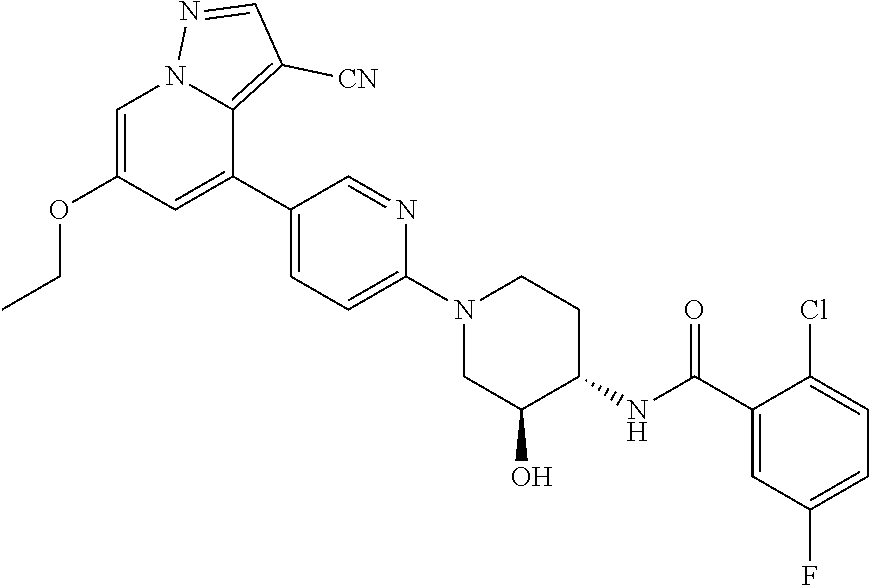
C01161
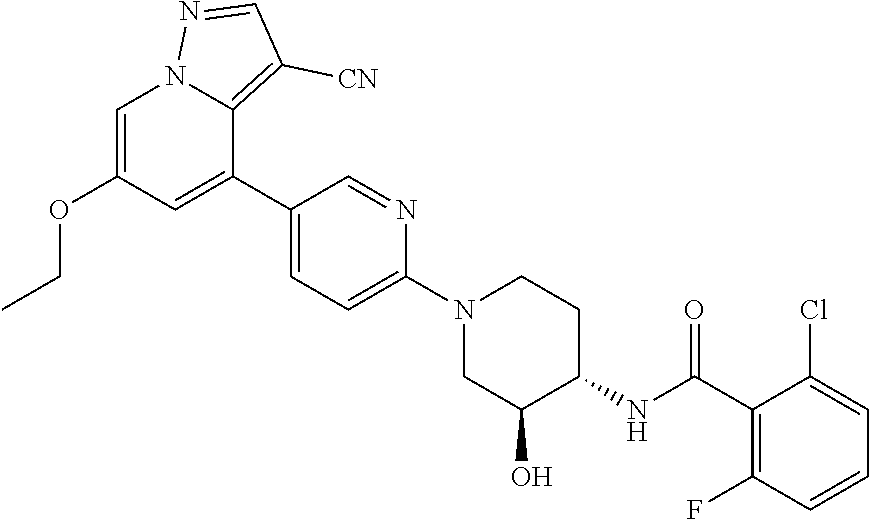
C01162

C01163
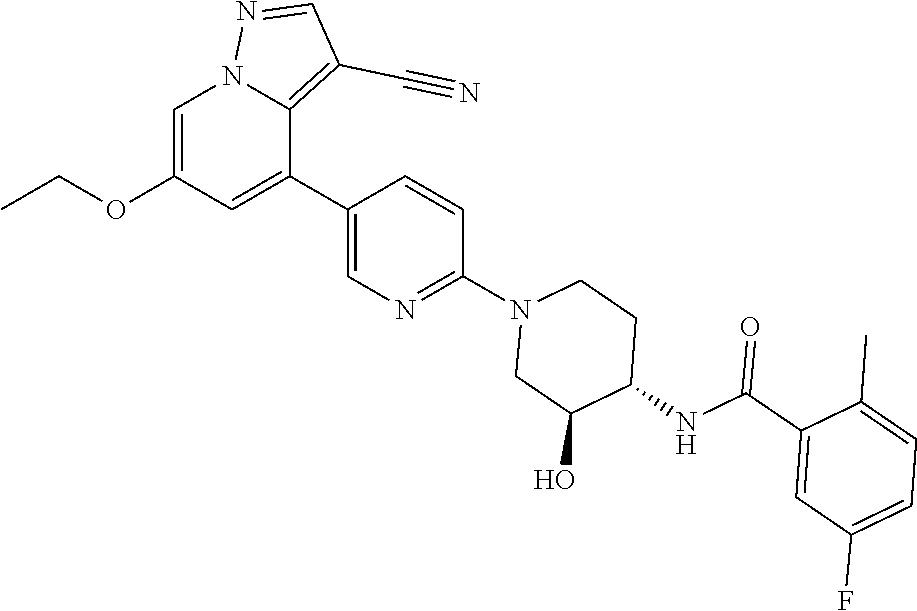
C01164
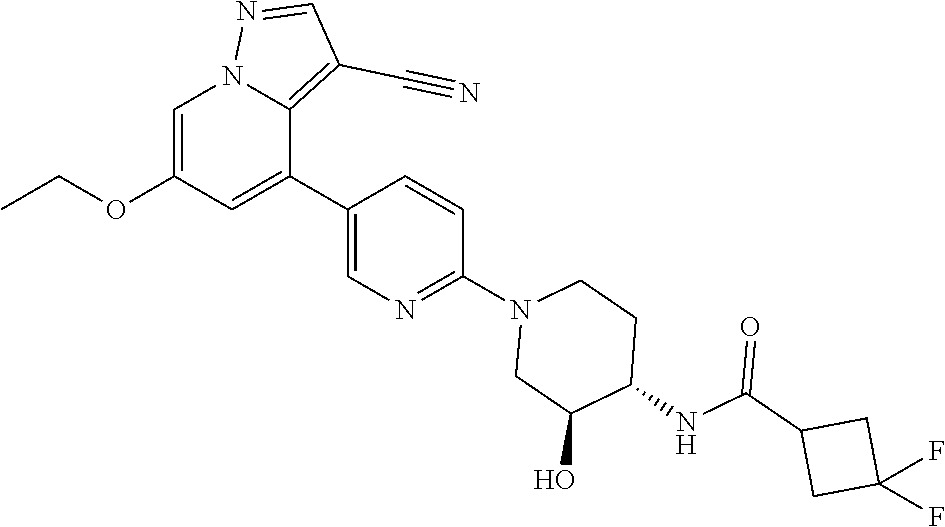
C01165
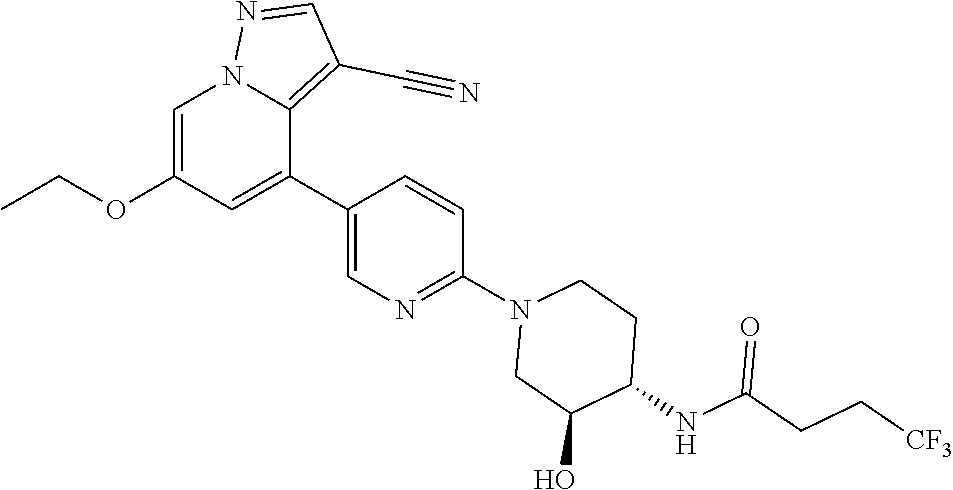
C01166
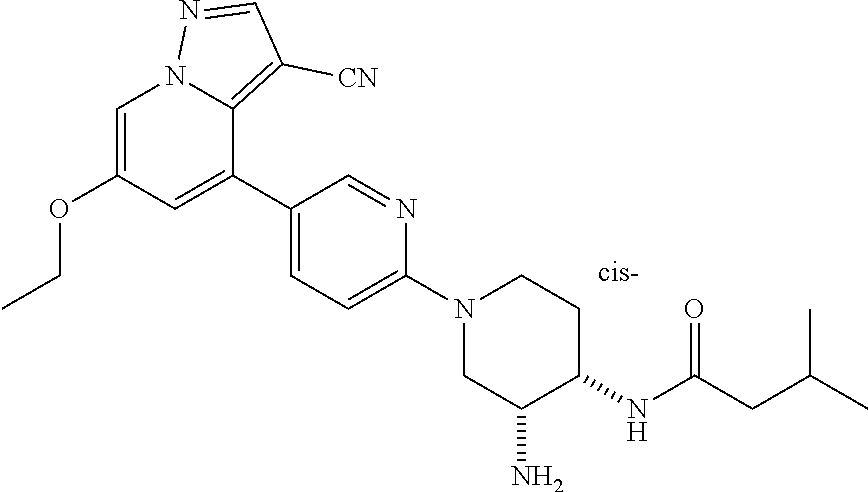
C01167

C01168
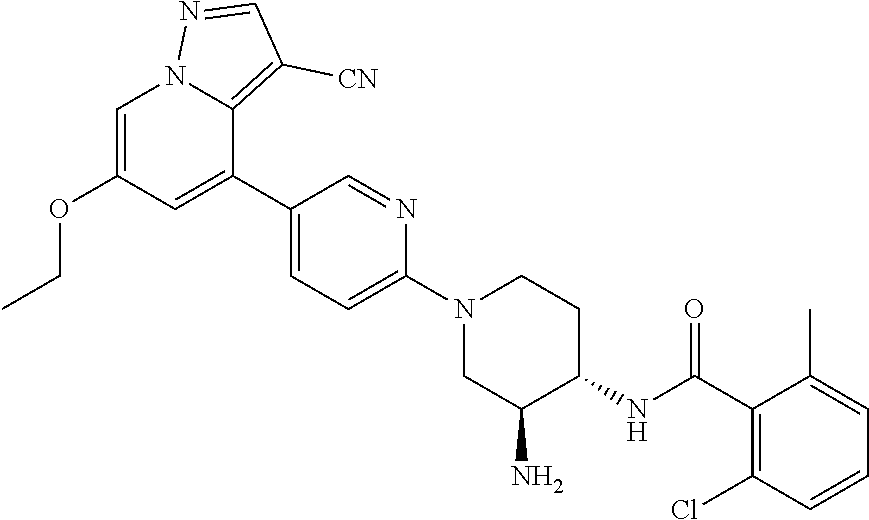
C01169

C01170
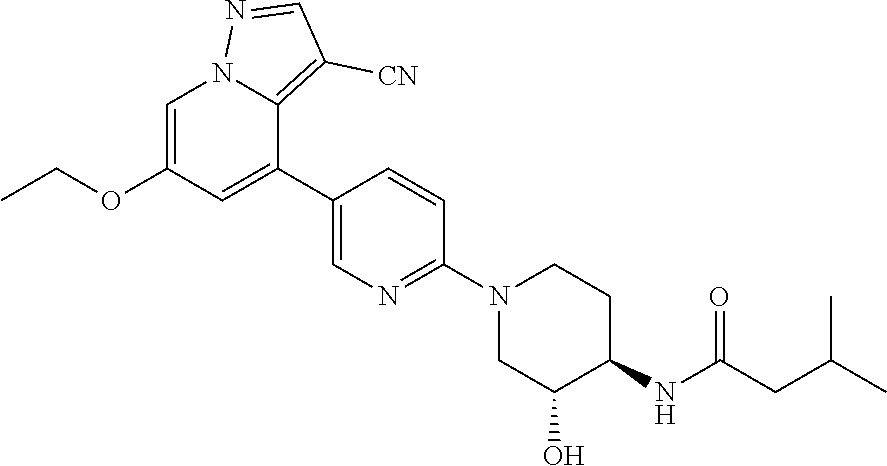
C01171
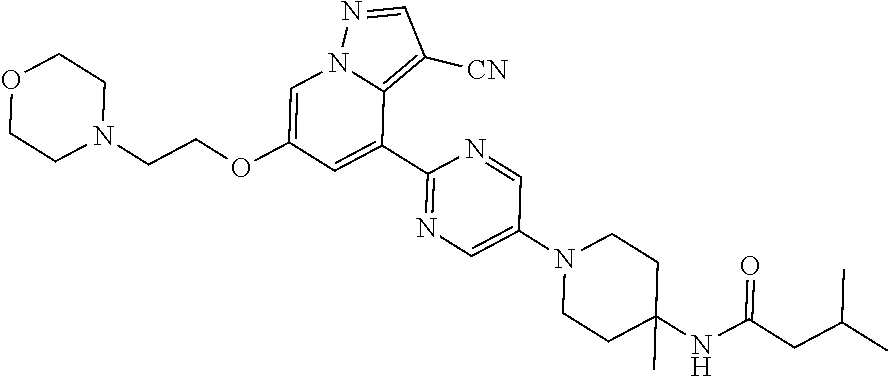
C01172
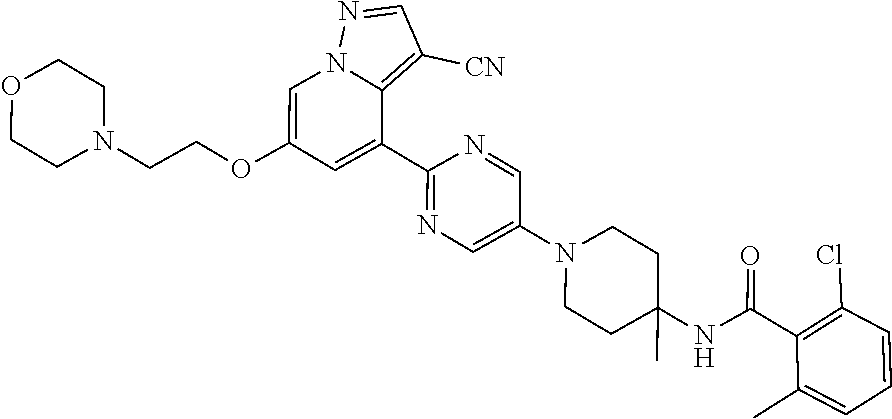
C01173

C01174
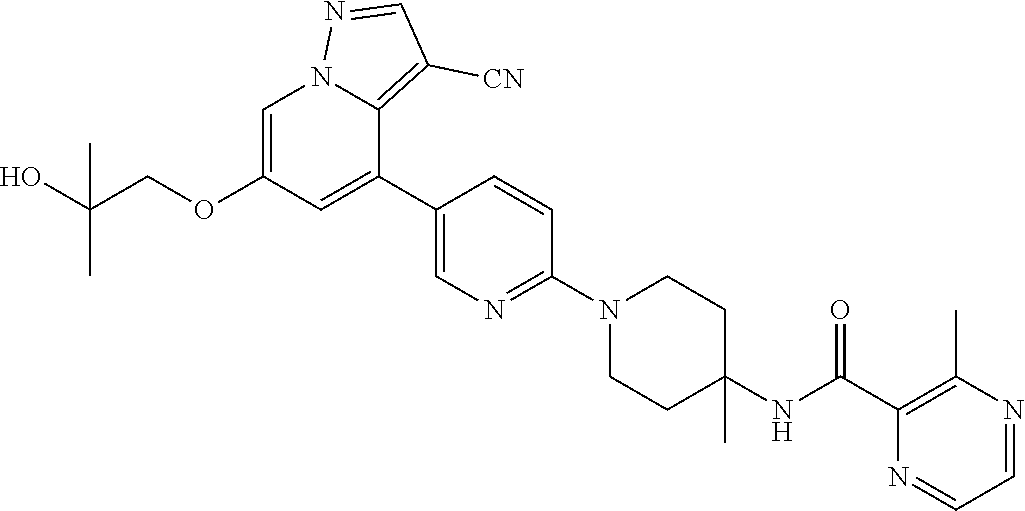
C01175
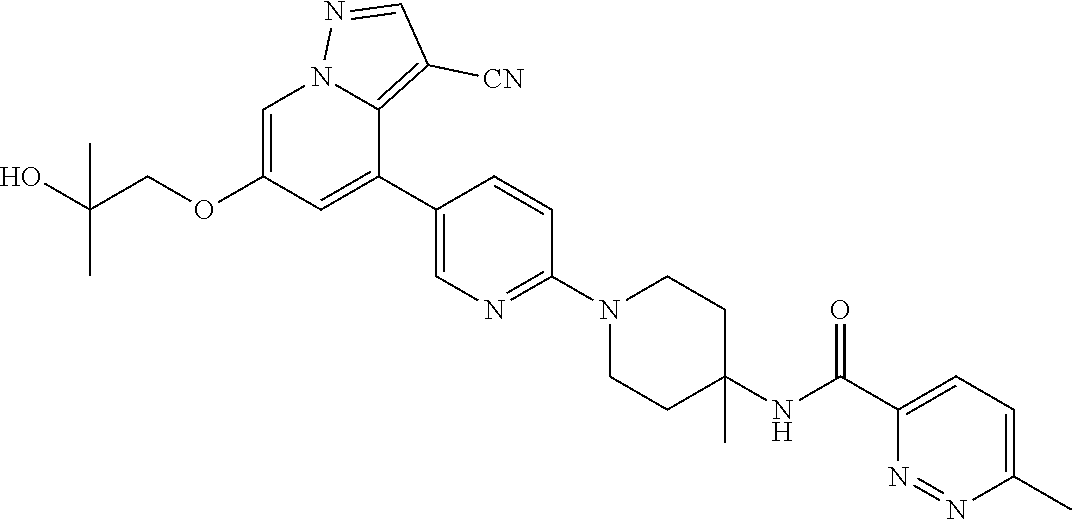
C01176
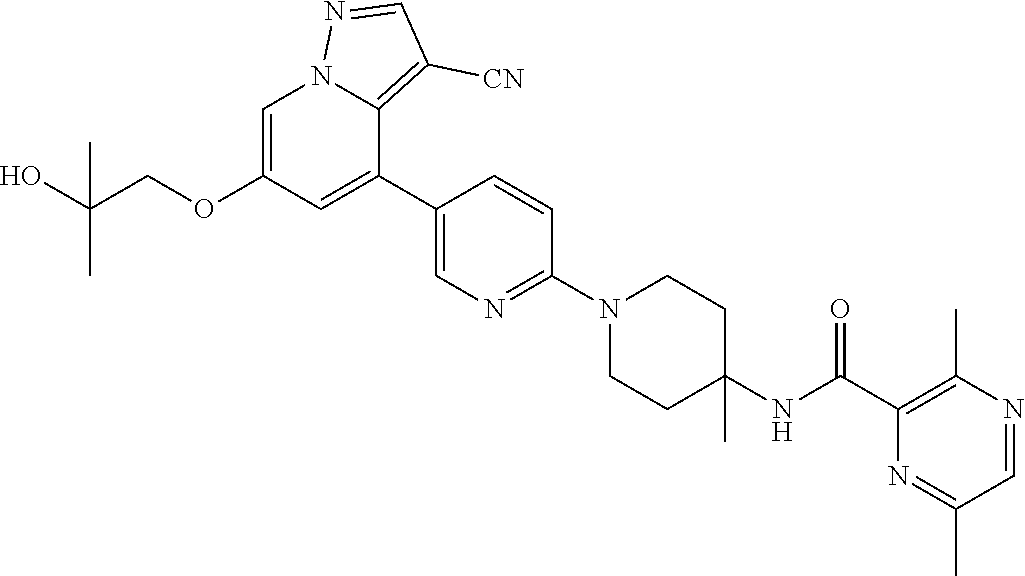
C01177
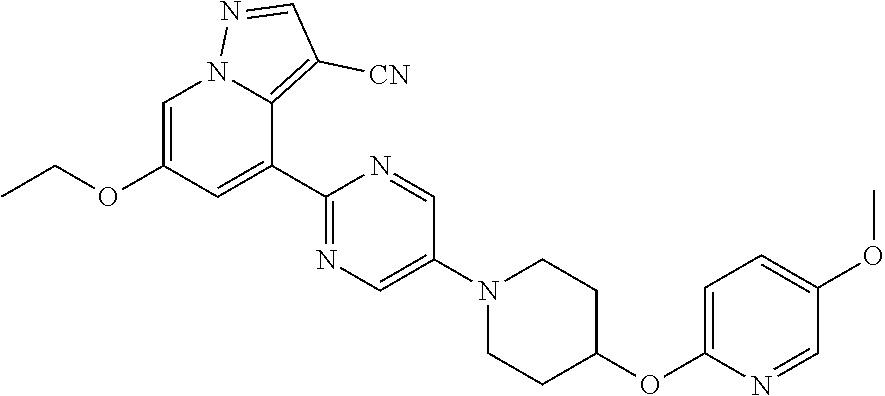
C01178
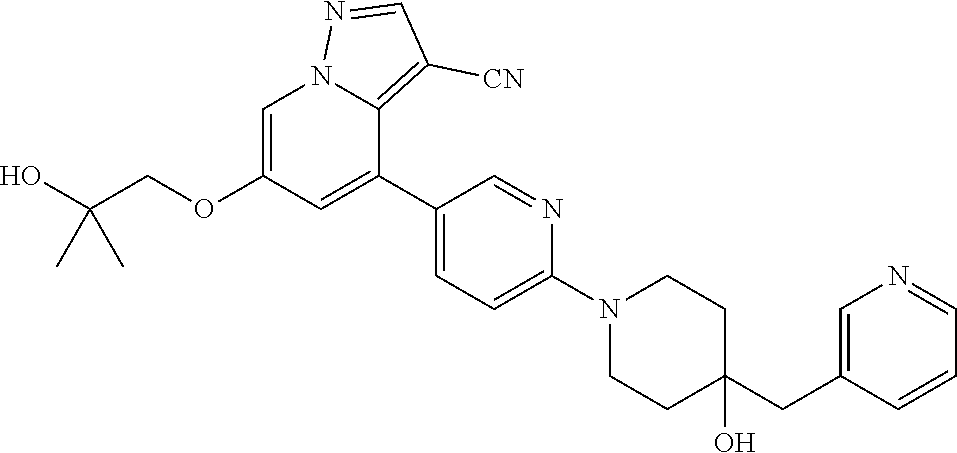
C01179
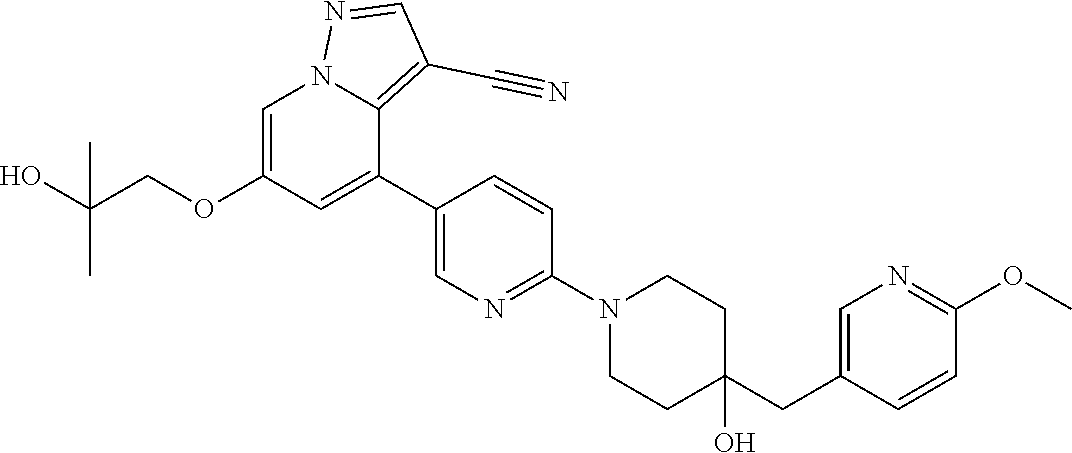
C01180
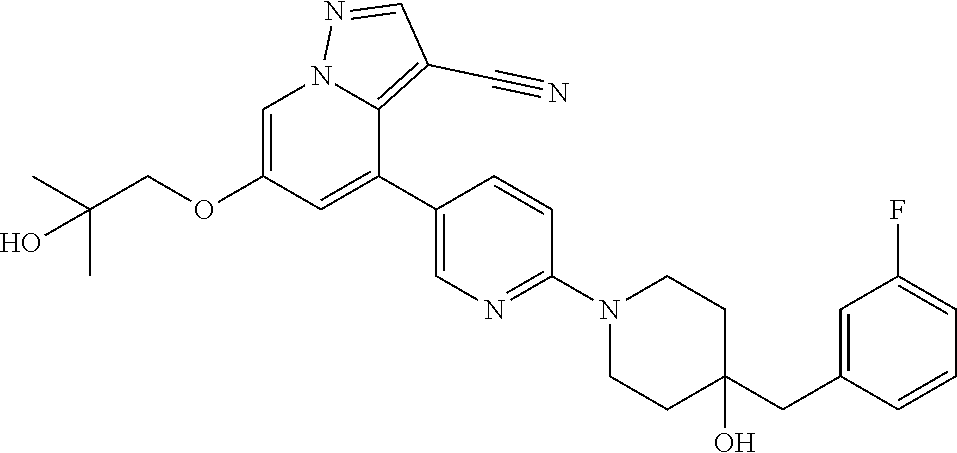
C01181
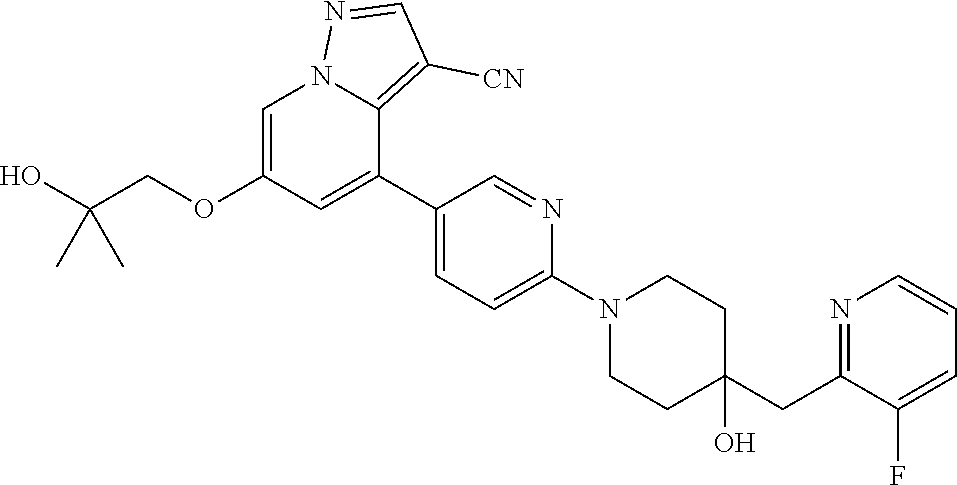
C01182
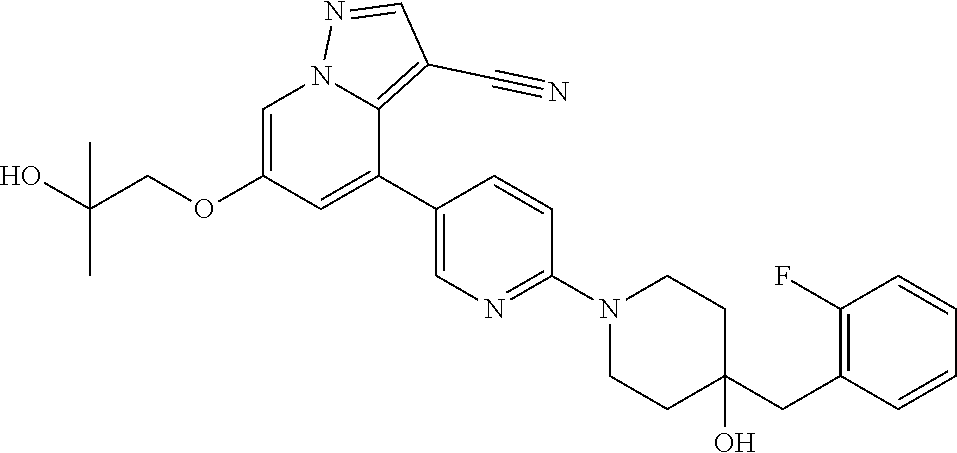
C01183
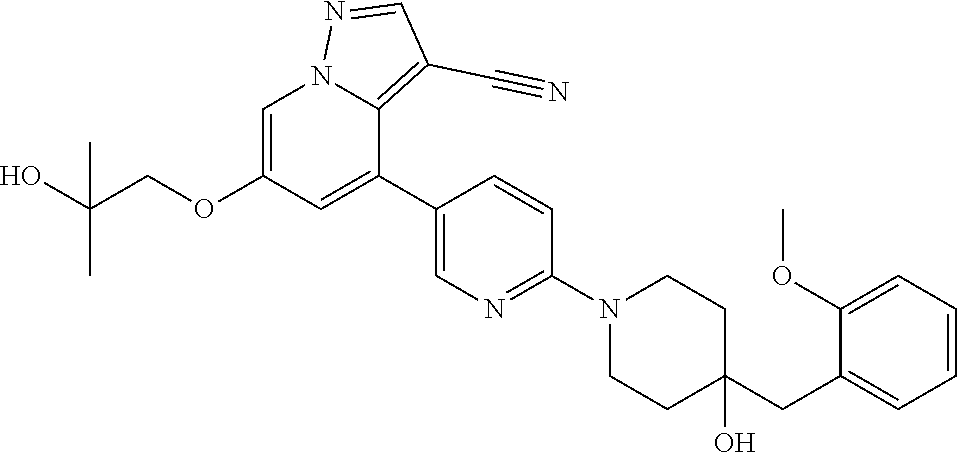
C01184
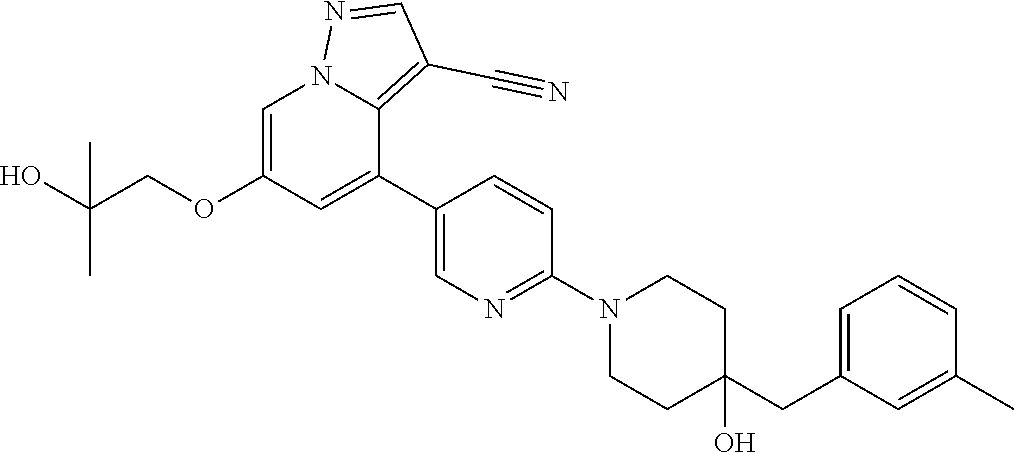
C01185
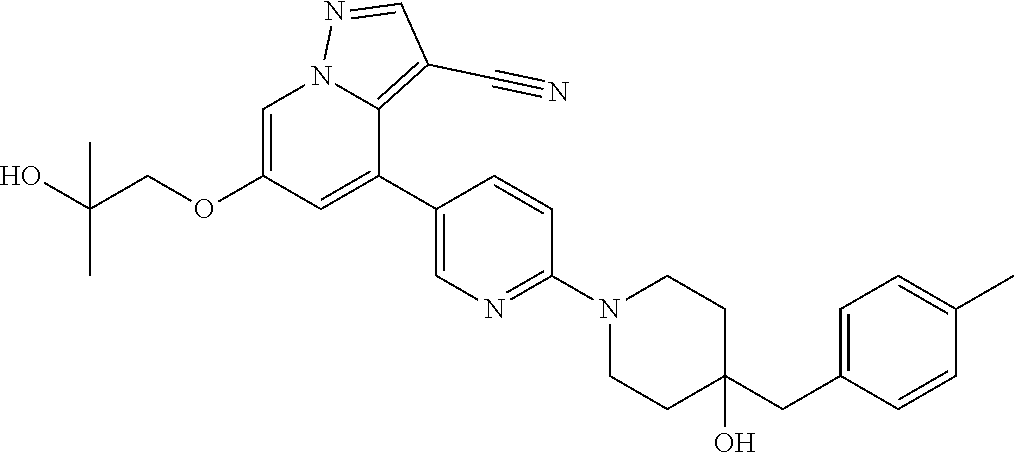
C01186
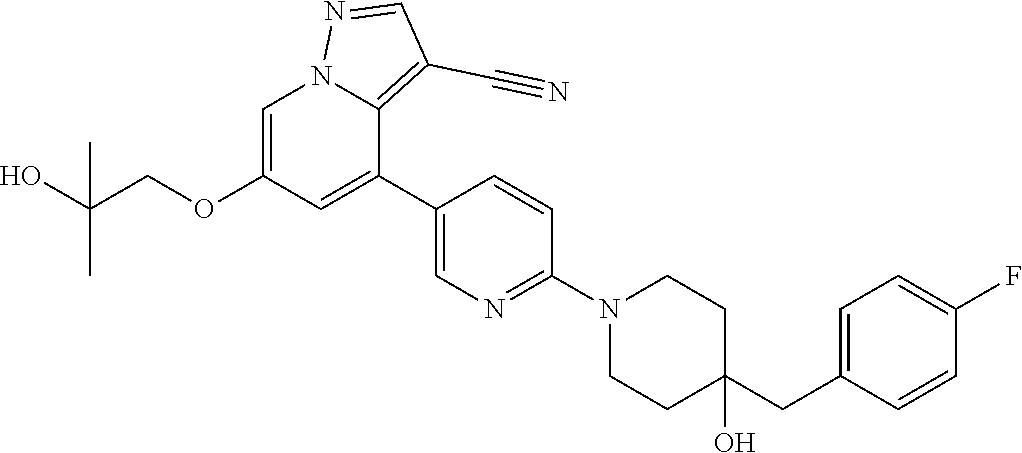
C01187
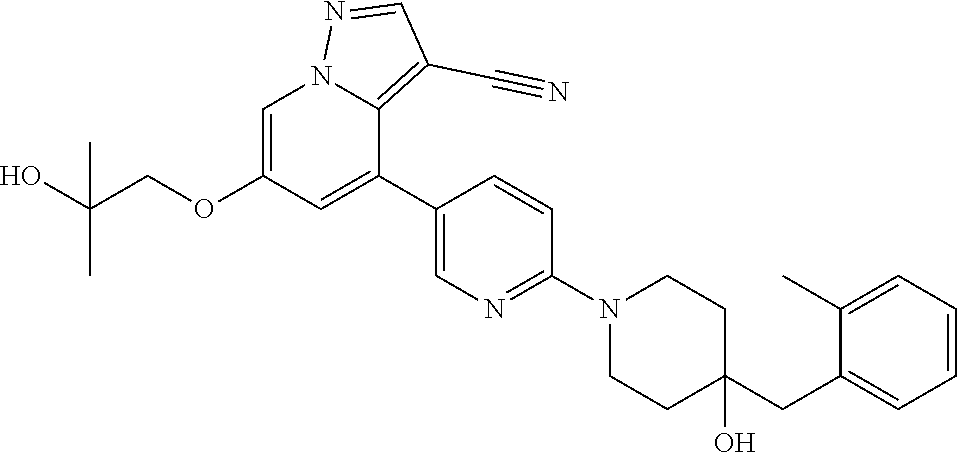
C01188
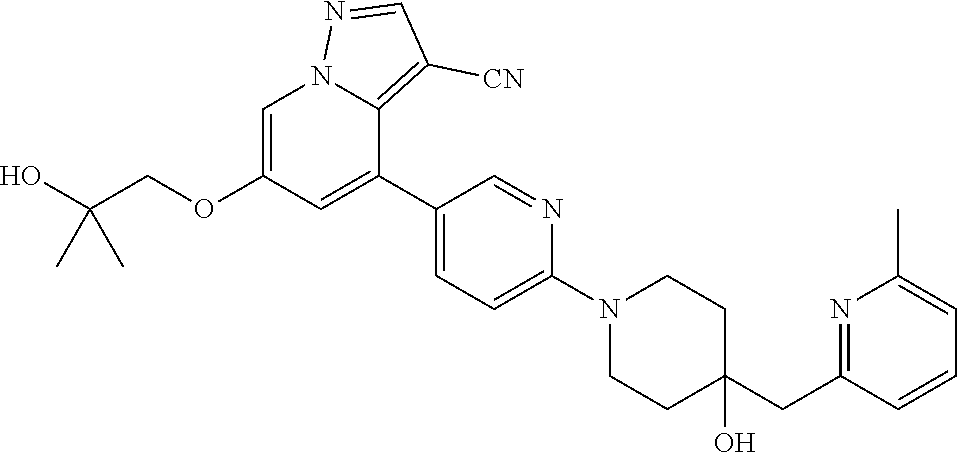
C01189

C01190
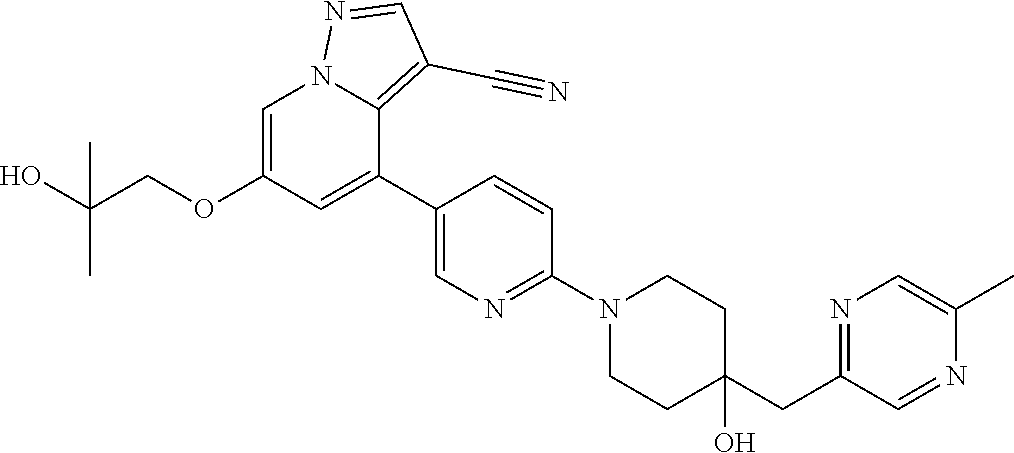
C01191

C01192

C01193
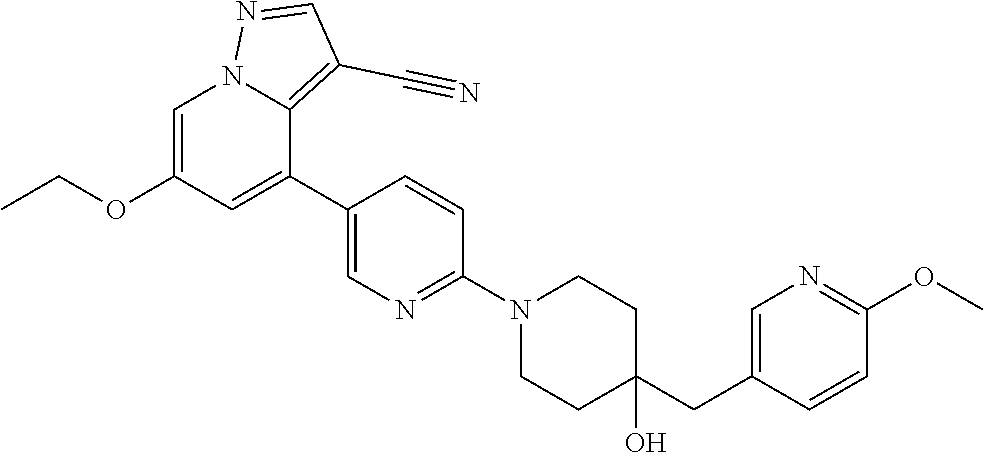
C01194
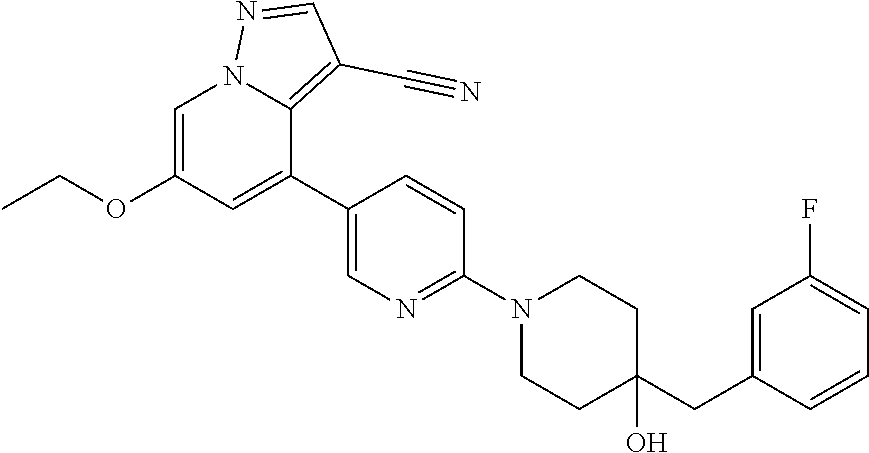
C01195
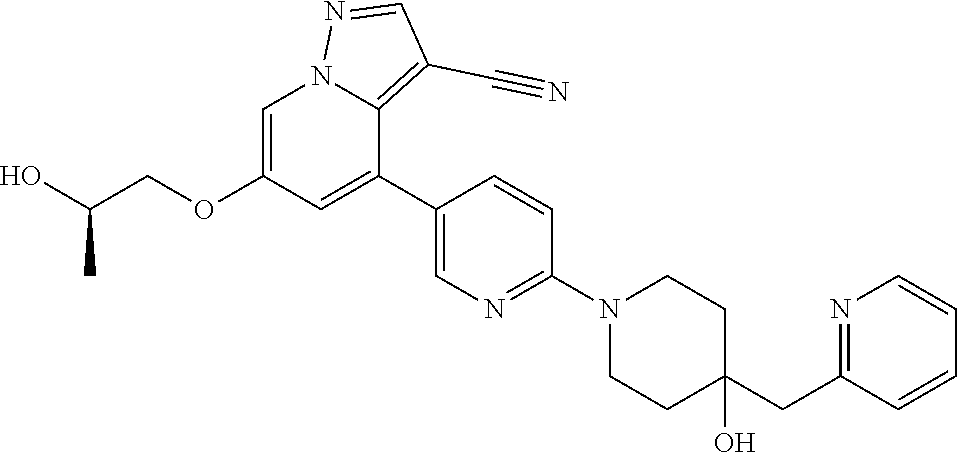
C01196
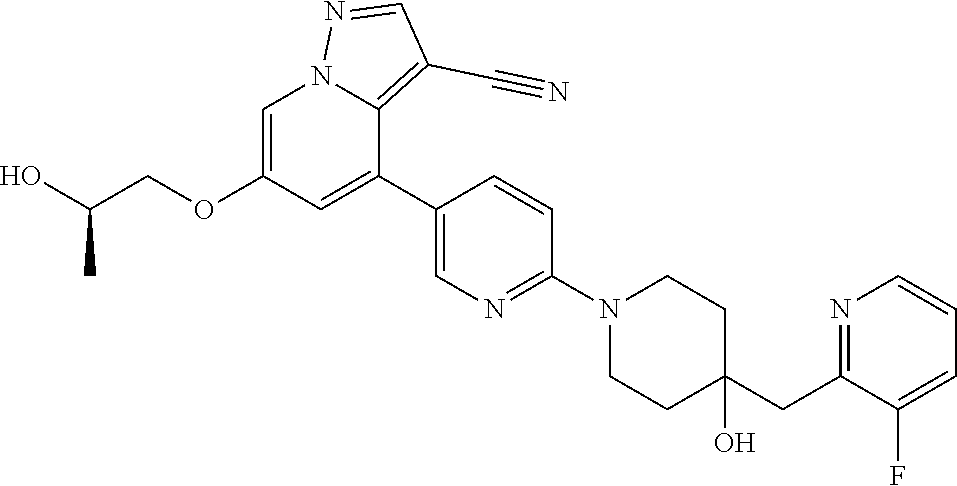
C01197
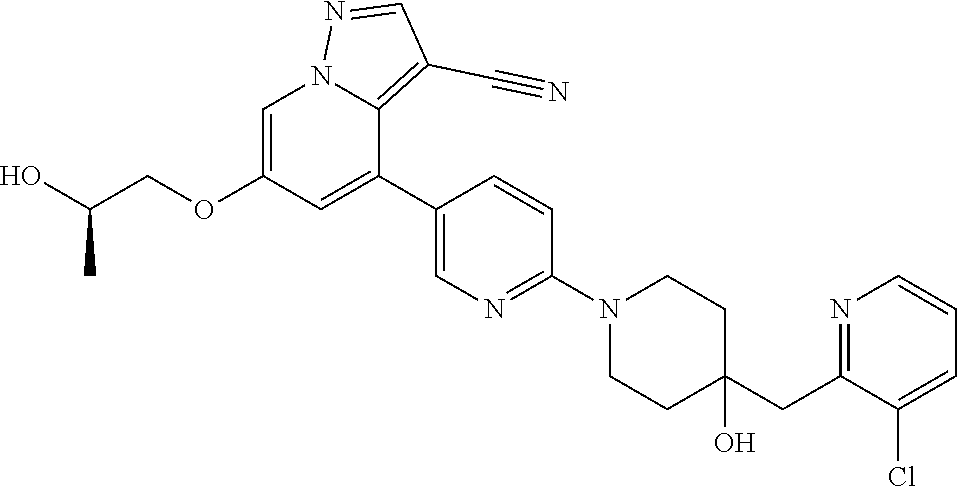
C01198
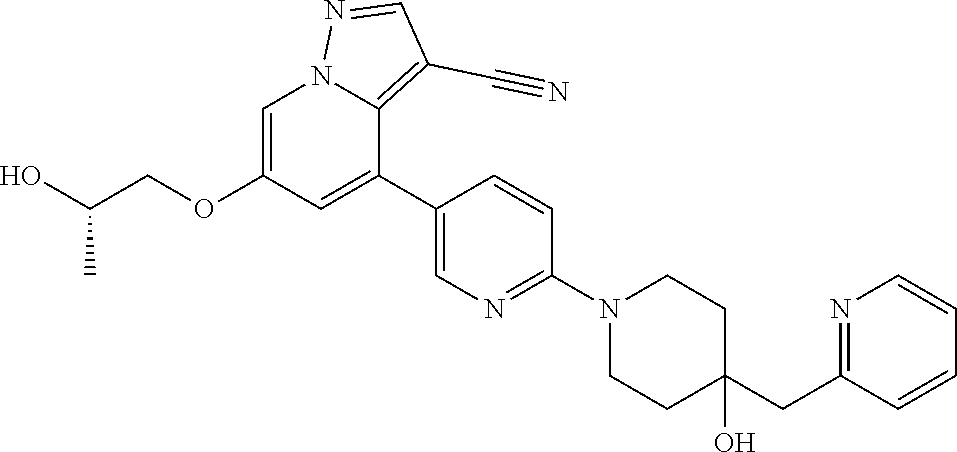
C01199
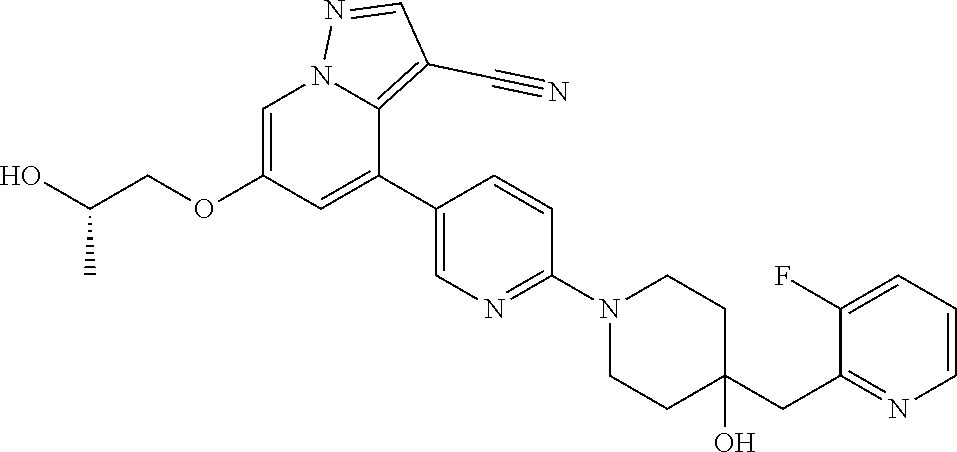
C01200
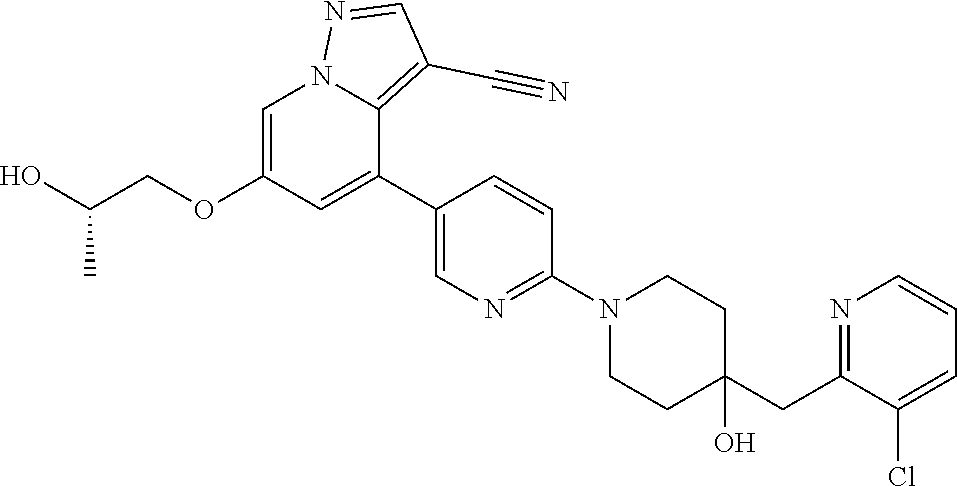
C01201
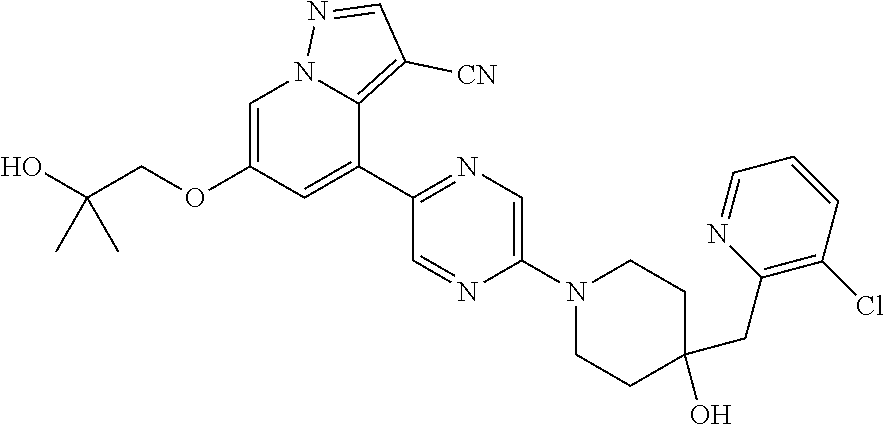
C01202
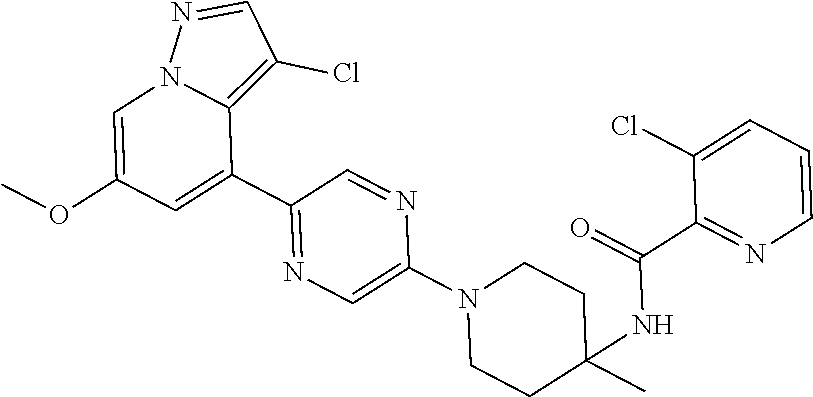
C01203
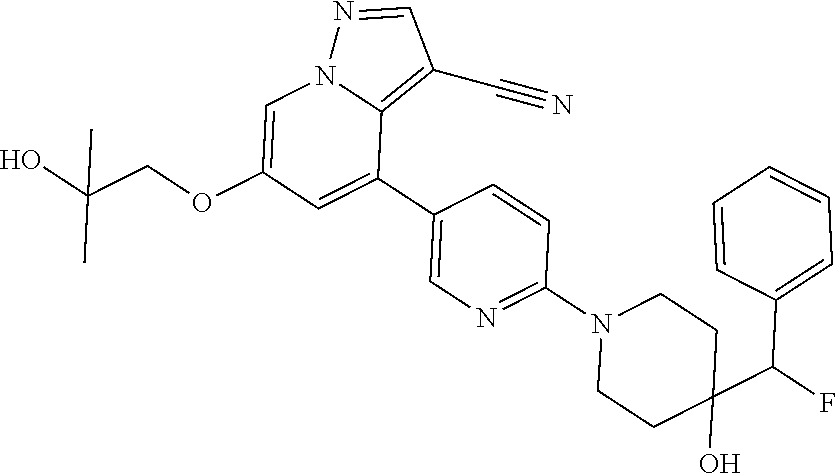
C01204
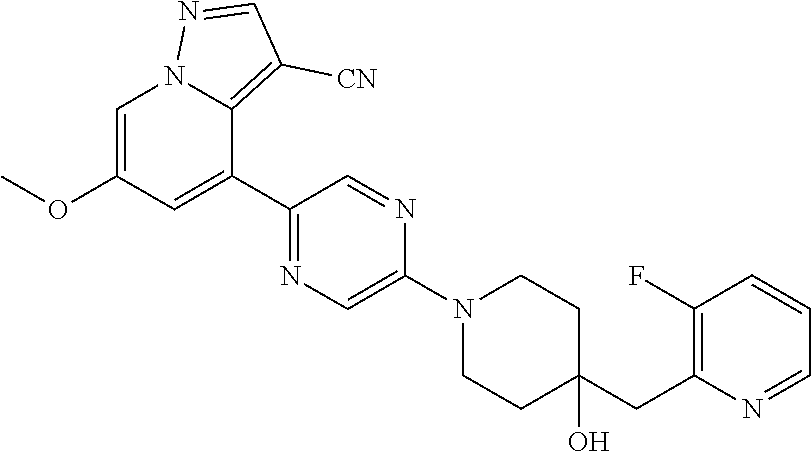
C01205
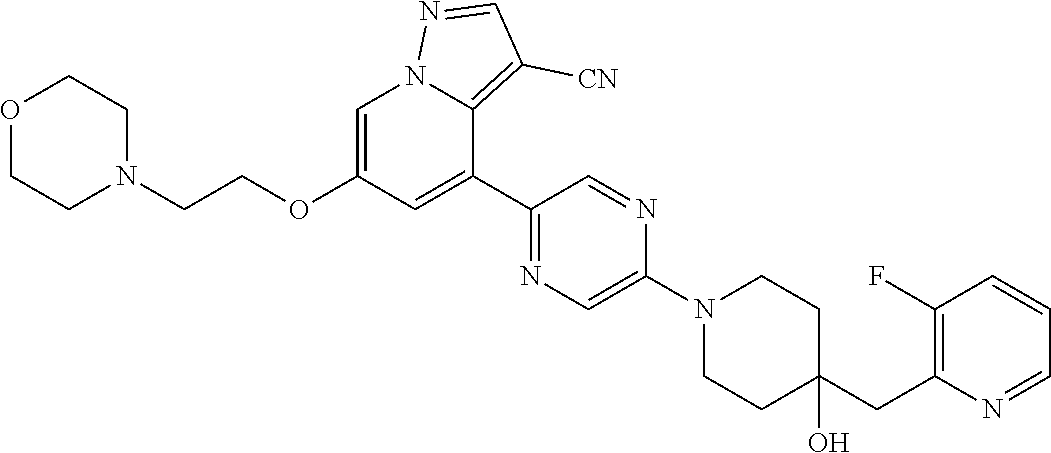
C01206
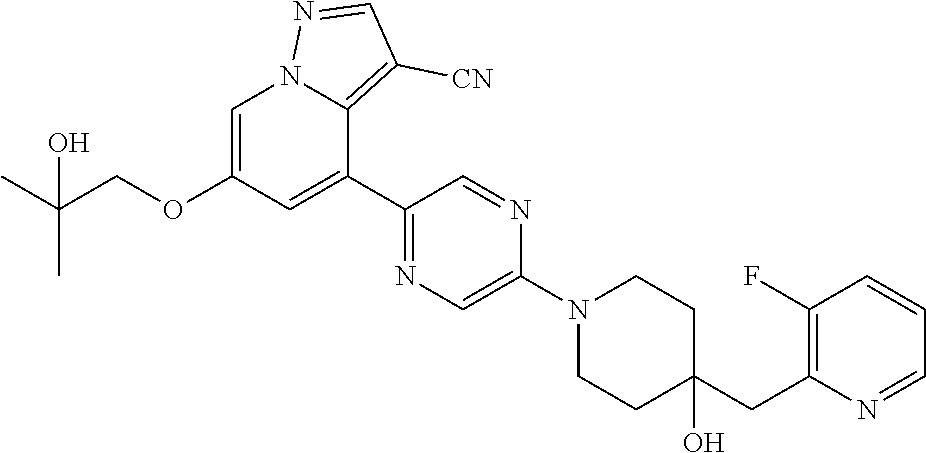
C01207

C01208

C01209
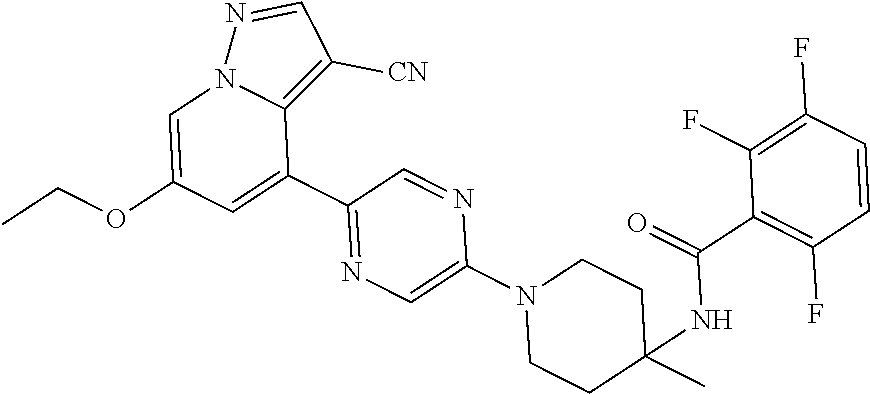
C01210
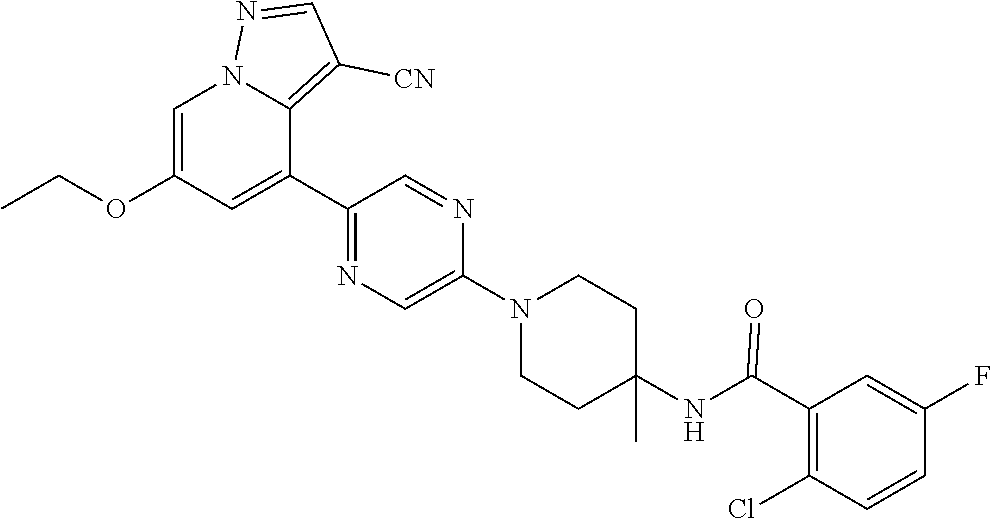
C01211
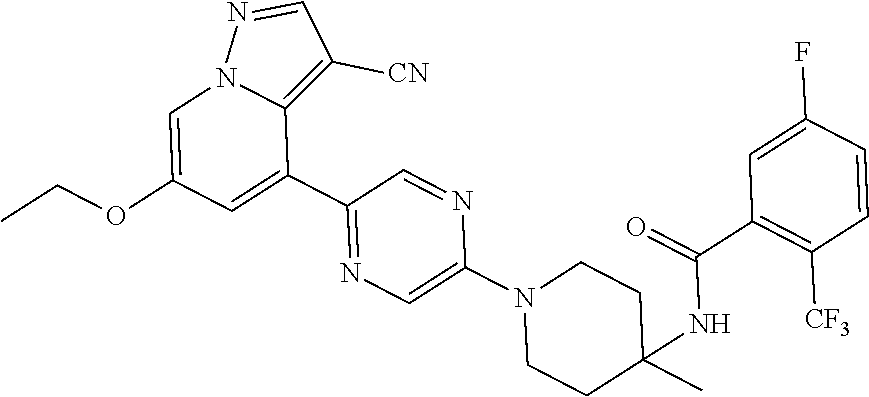
C01212
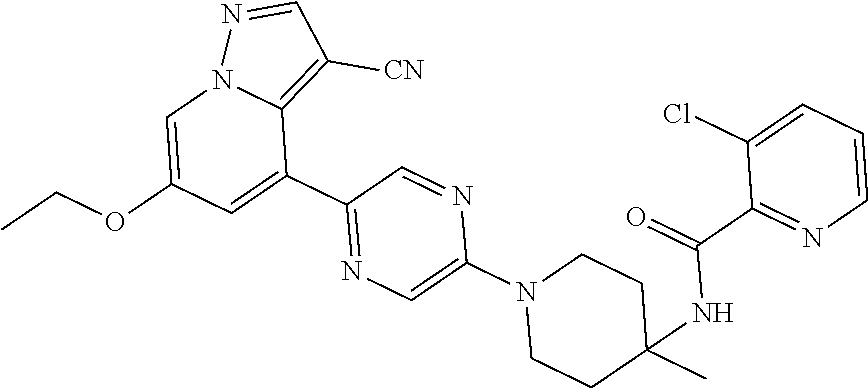
C01213
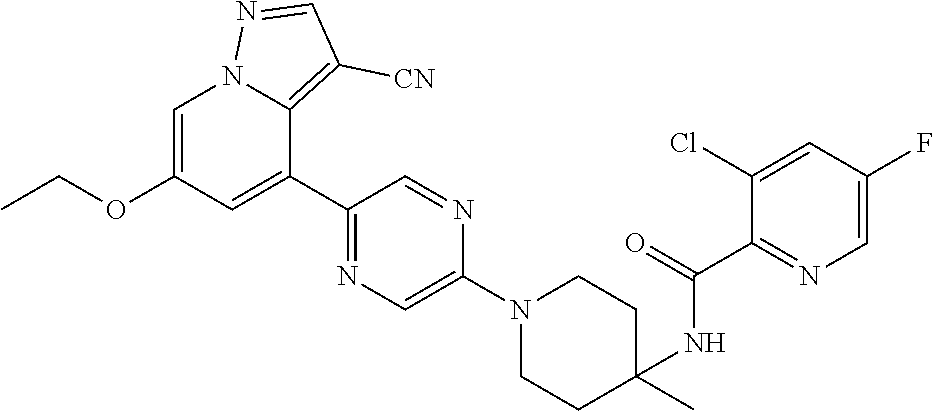
C01214
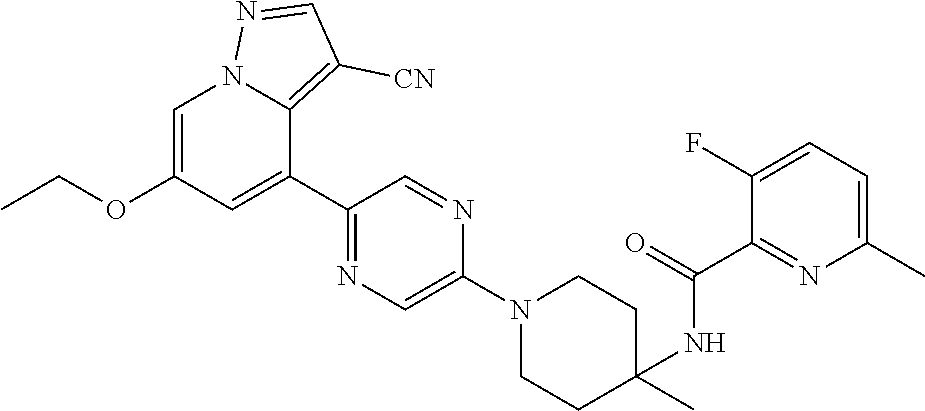
C01215
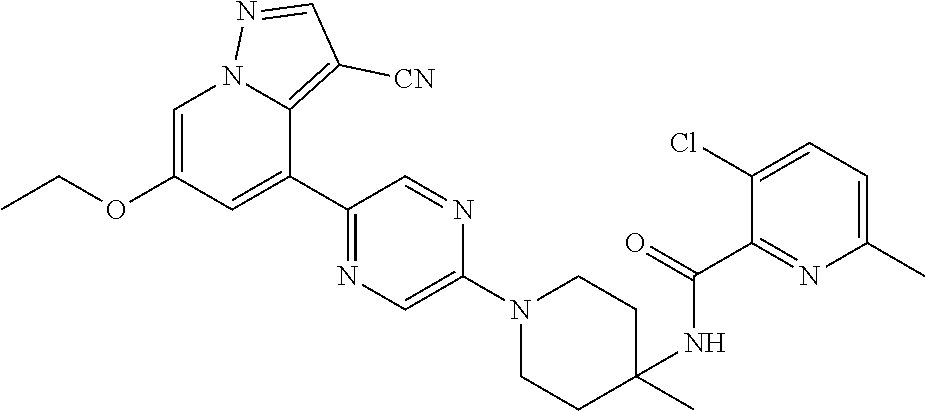
C01216
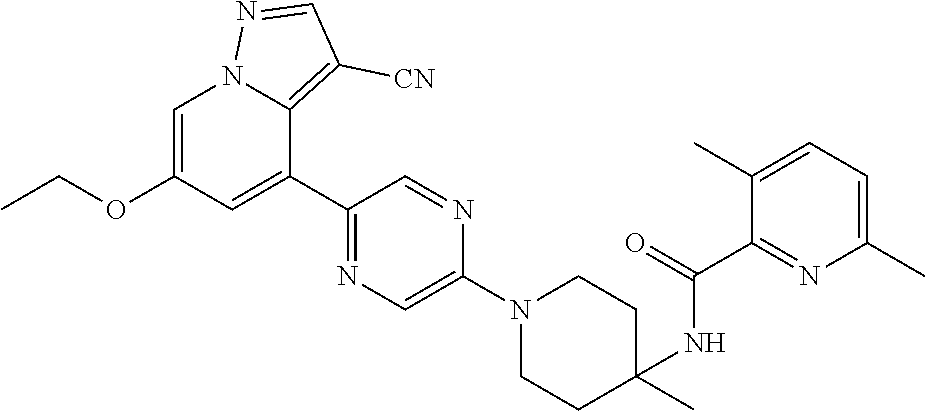
C01217
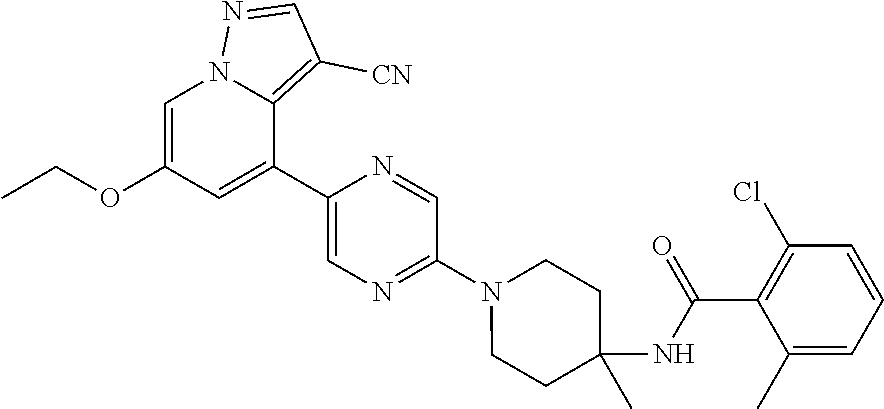
C01218
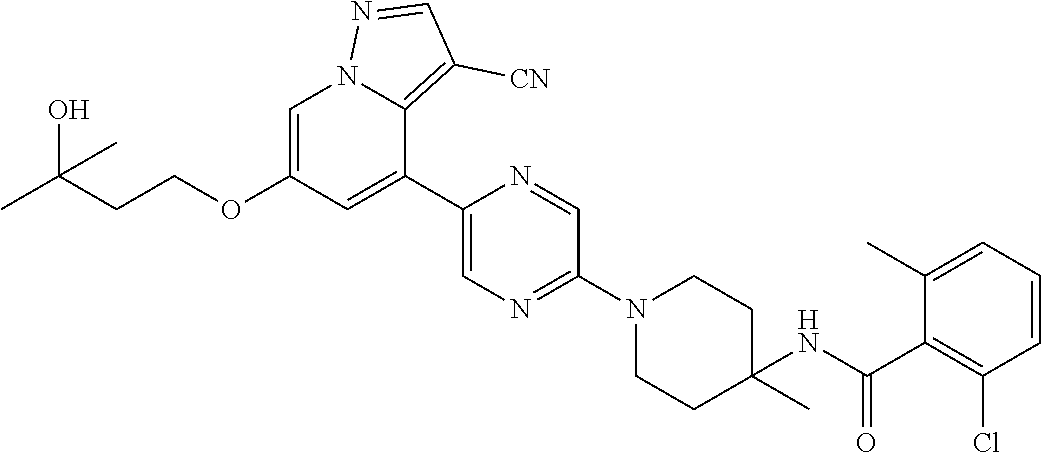
C01219

C01220
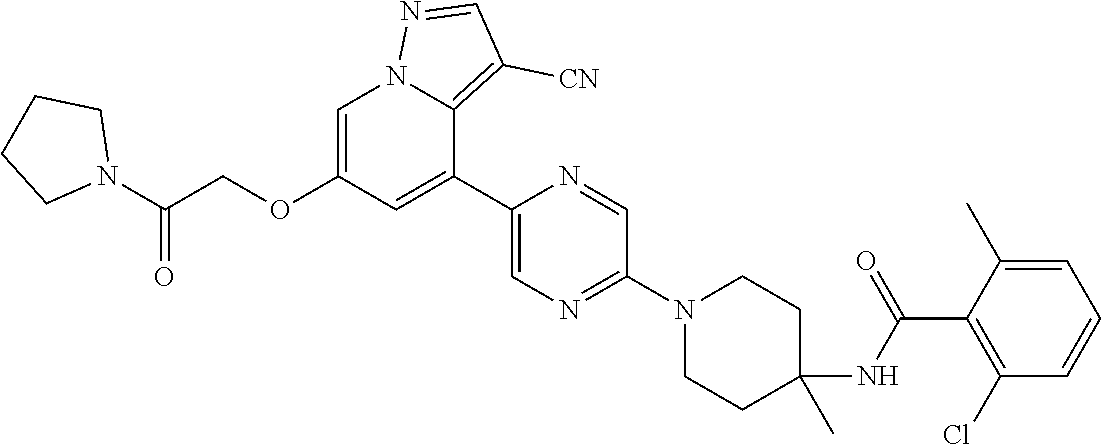
C01221
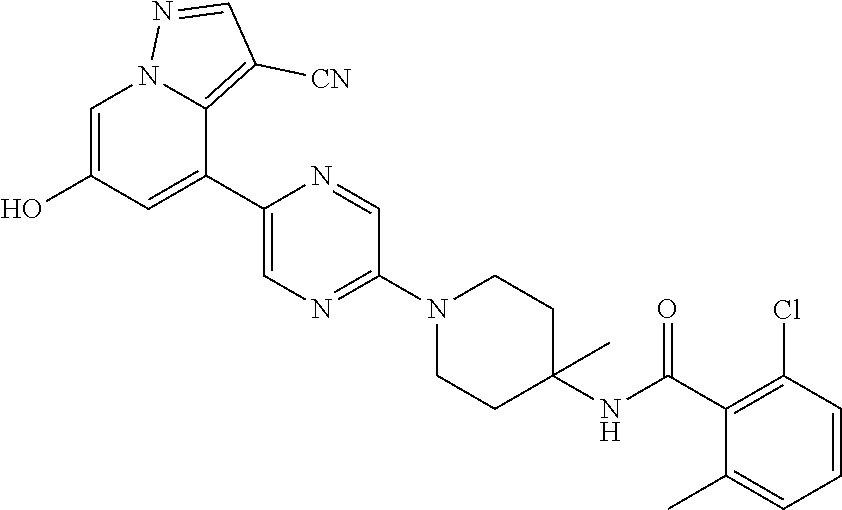
C01222
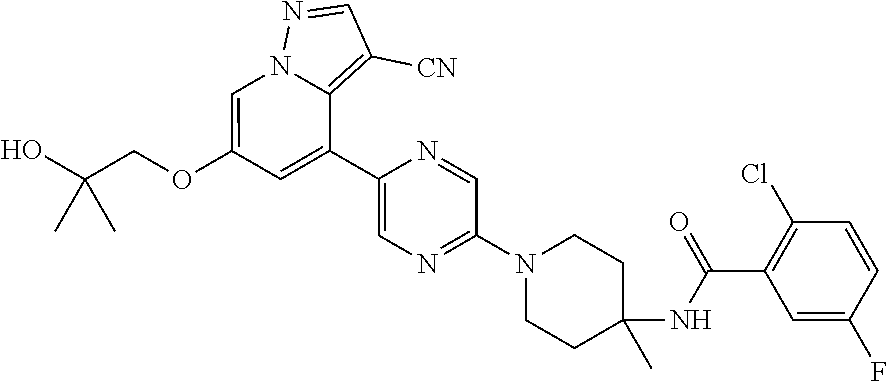
C01223
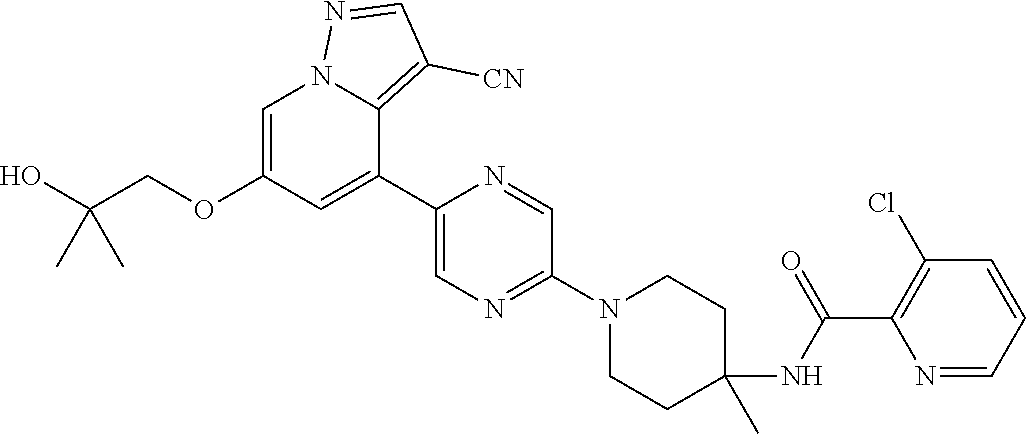
C01224
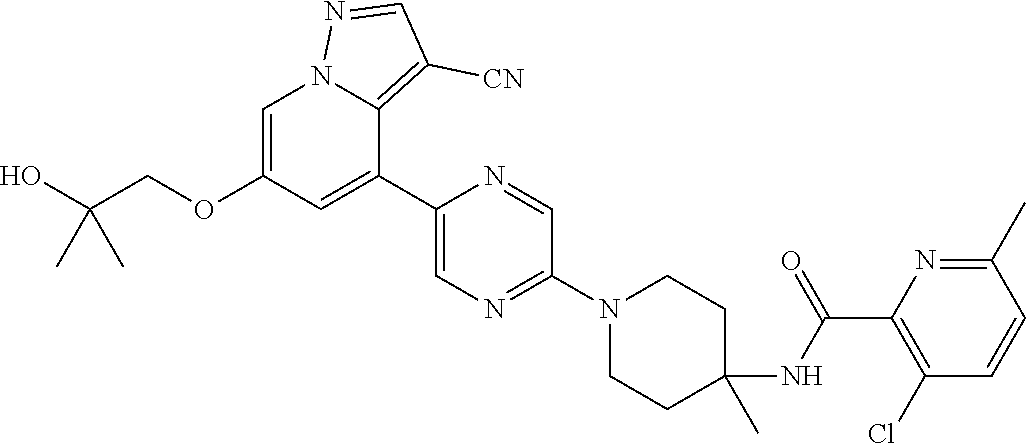
C01225
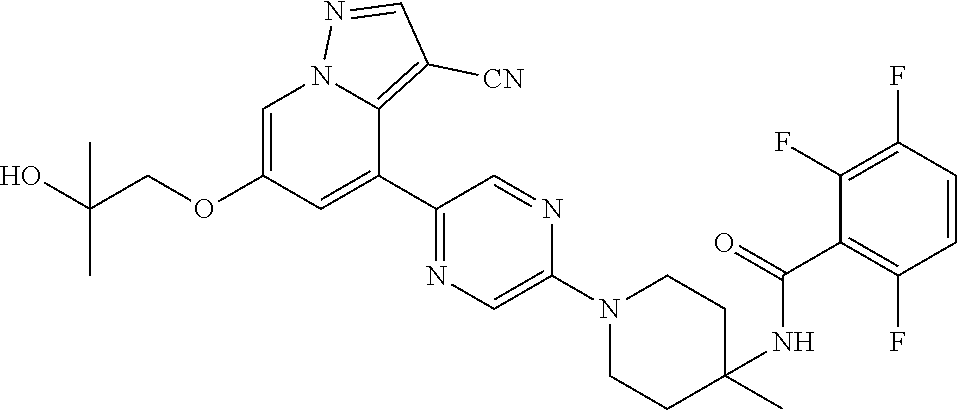
C01226
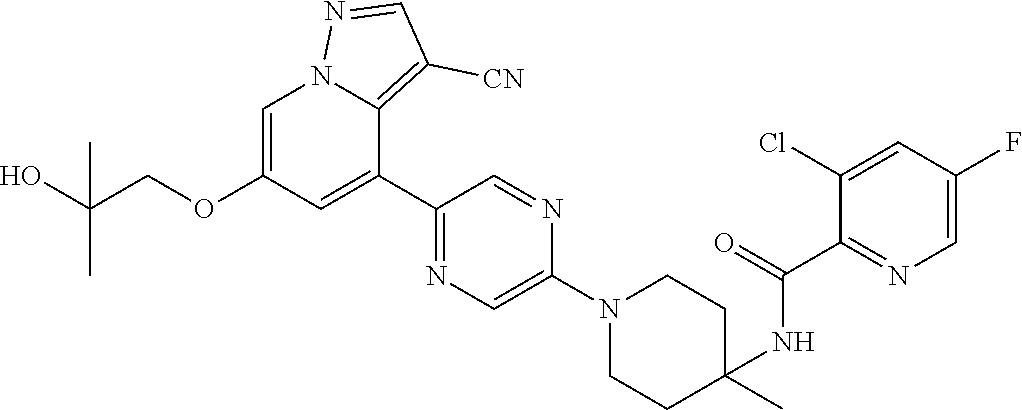
C01227
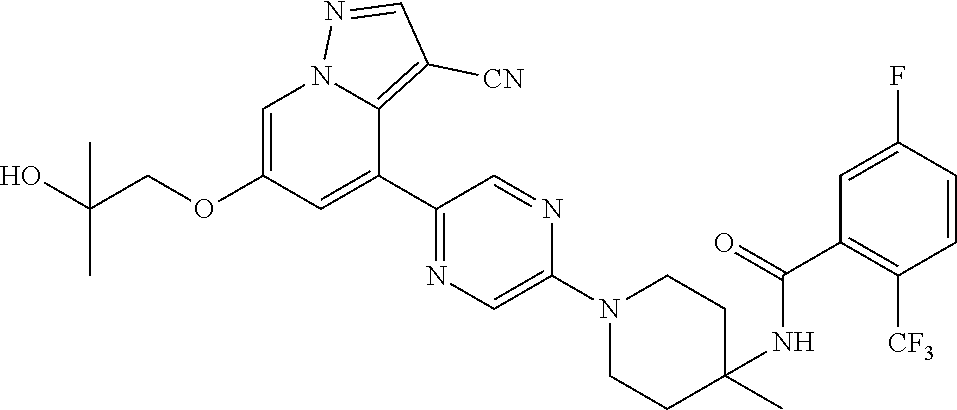
C01228
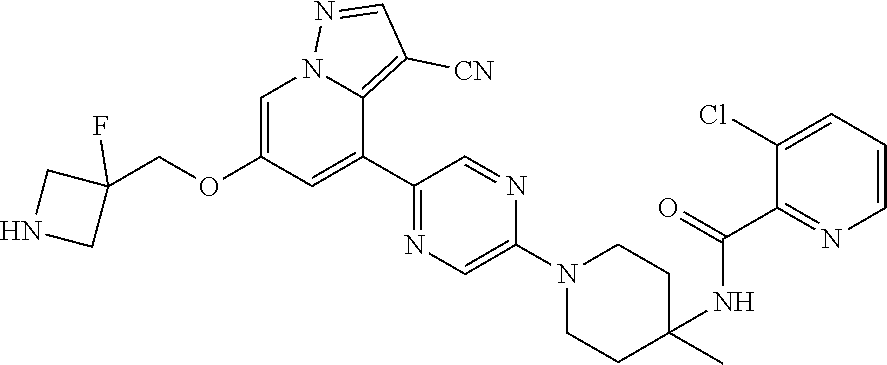
C01229
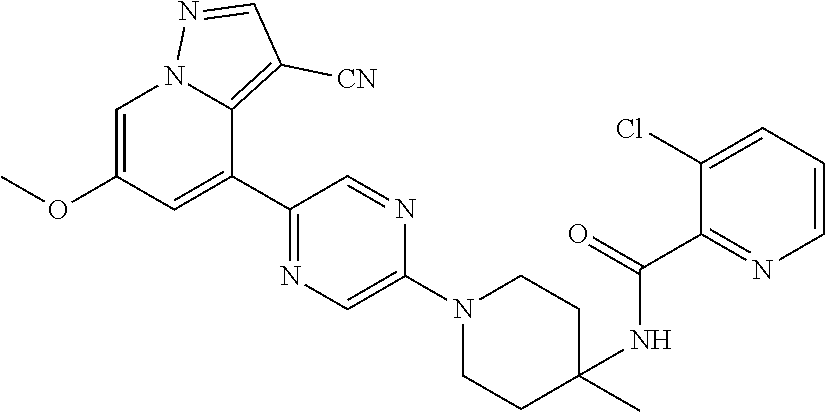
C01230
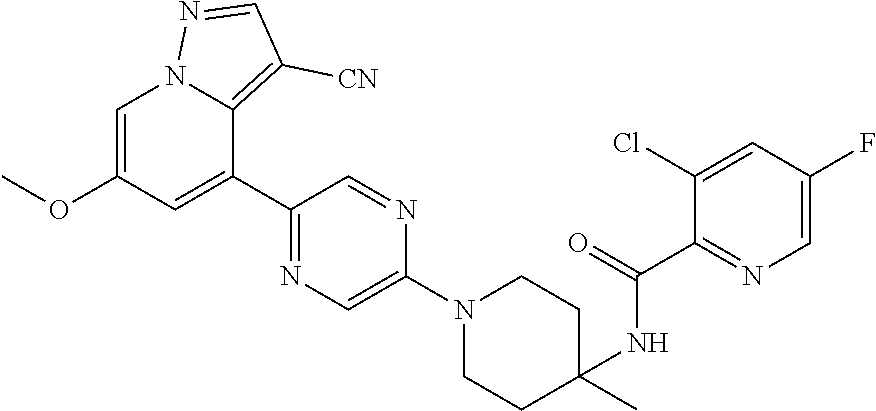
C01231
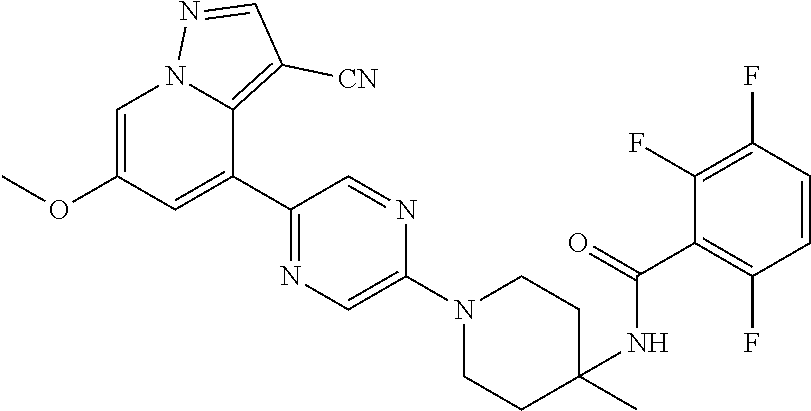
C01232
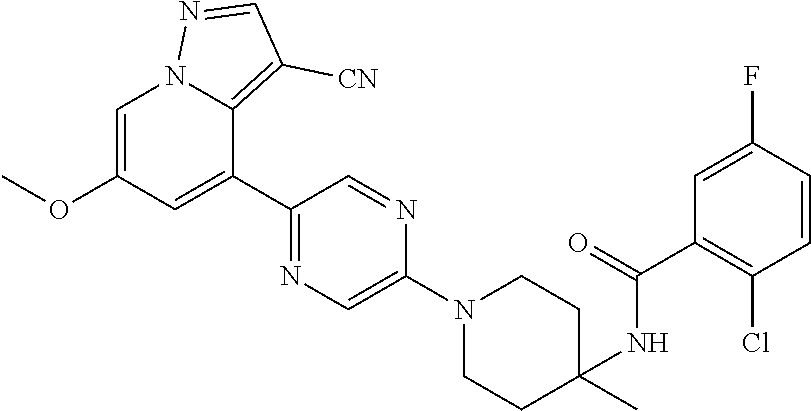
C01233
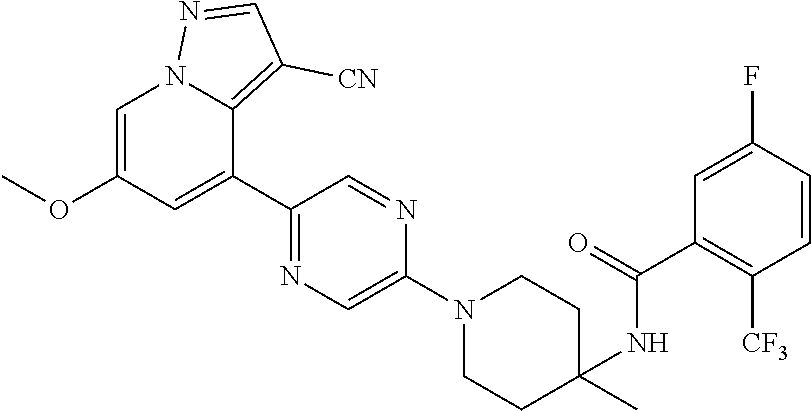
C01234
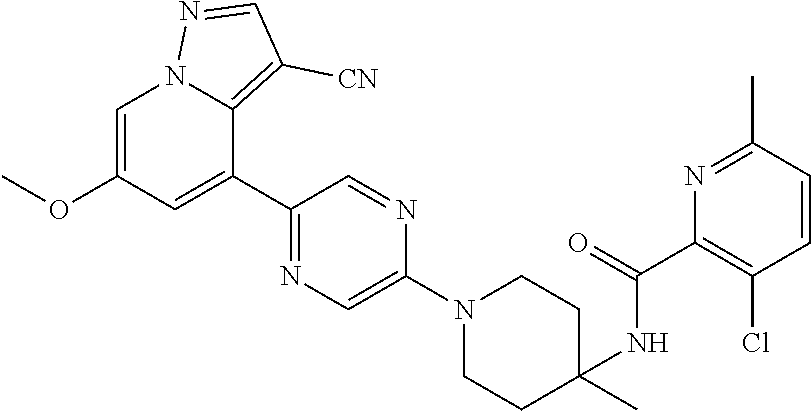
C01235
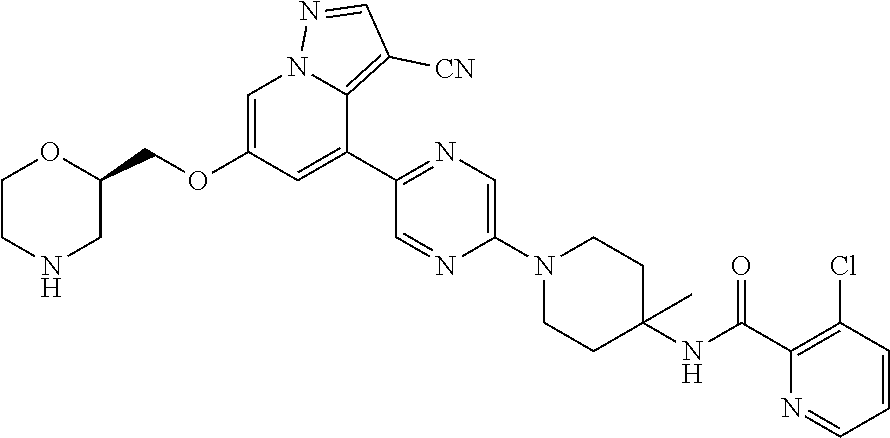
C01236
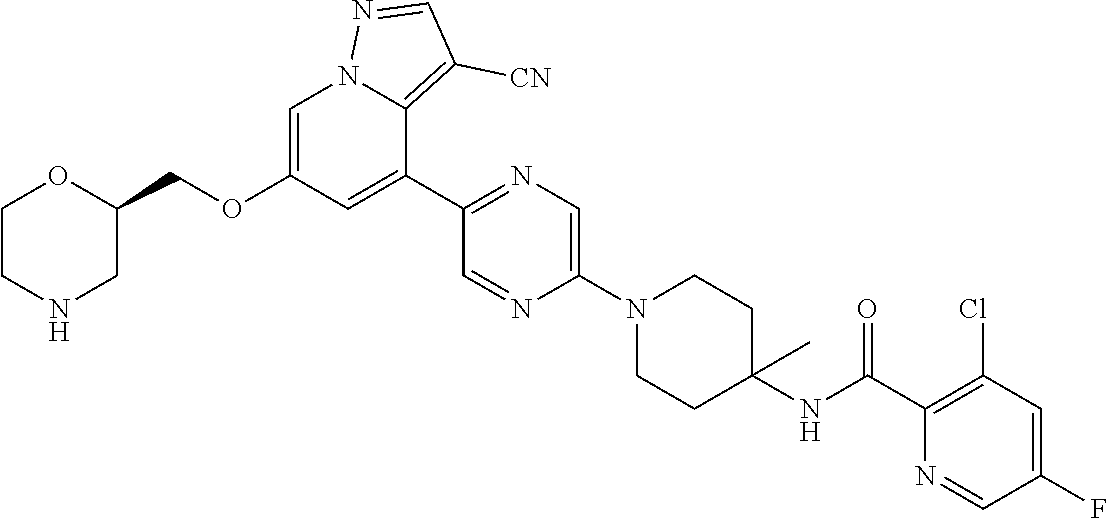
C01237
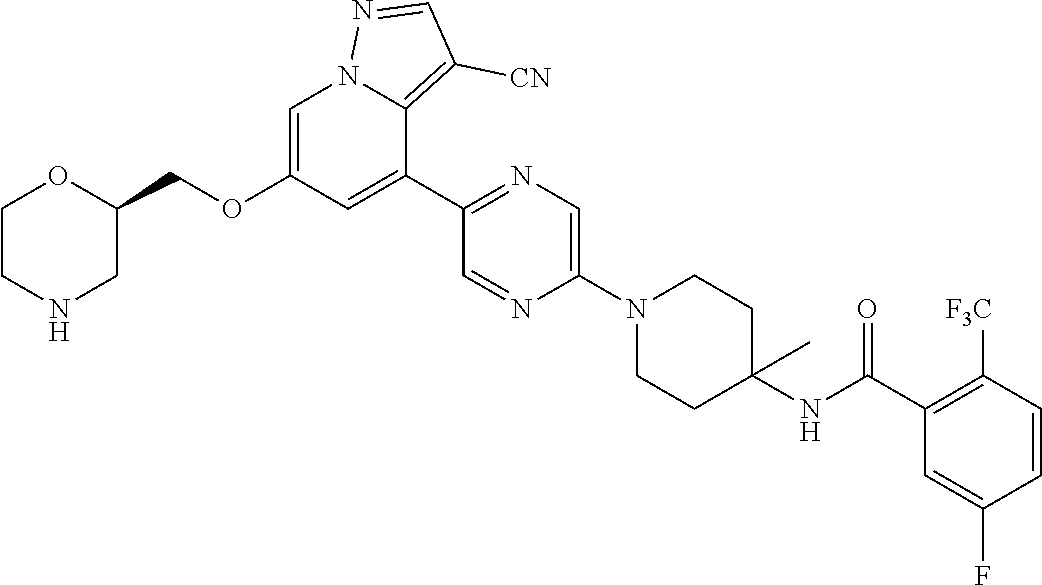
C01238
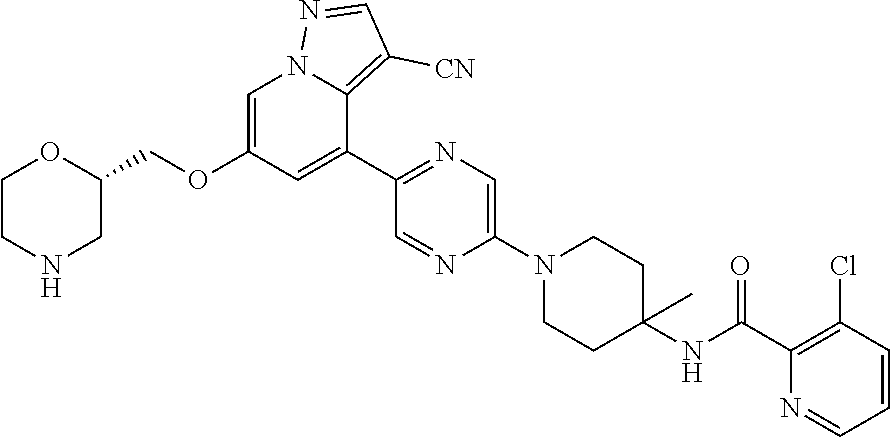
C01239
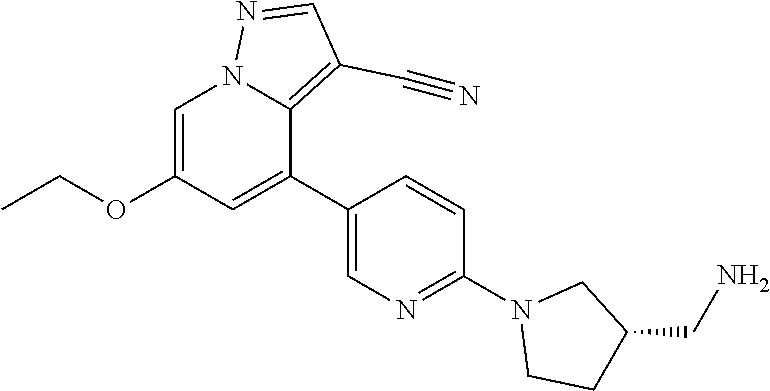
C01240
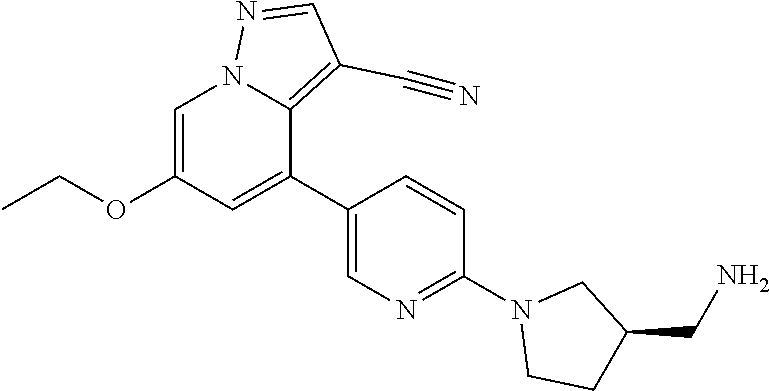
C01241
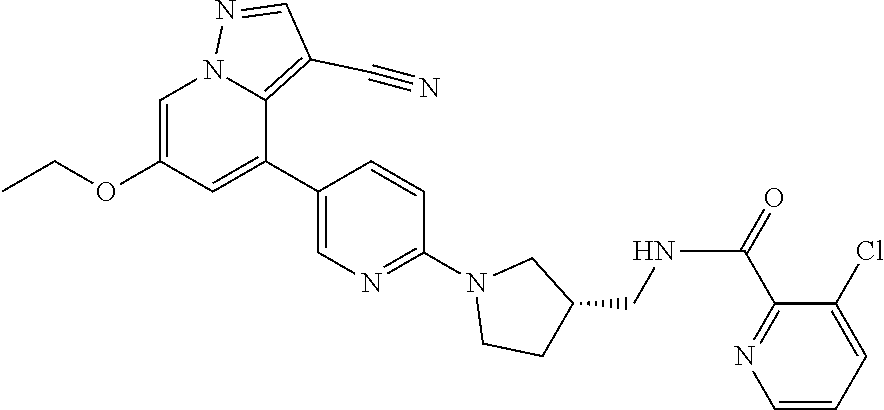
C01242
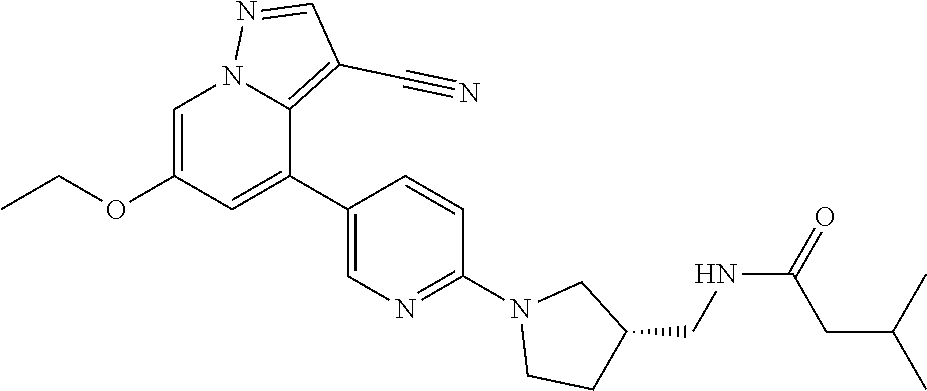
C01243
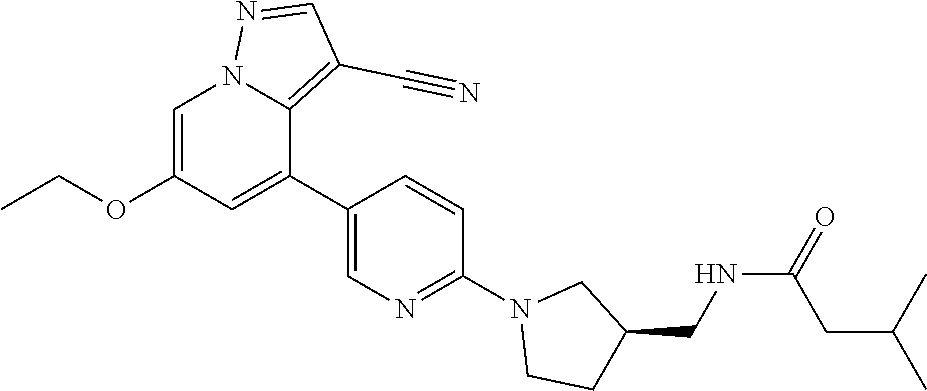
C01244
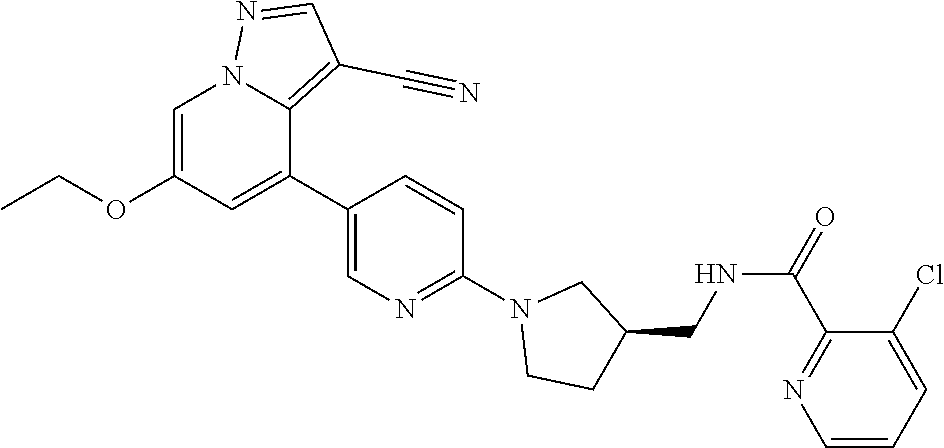
C01245

C01246
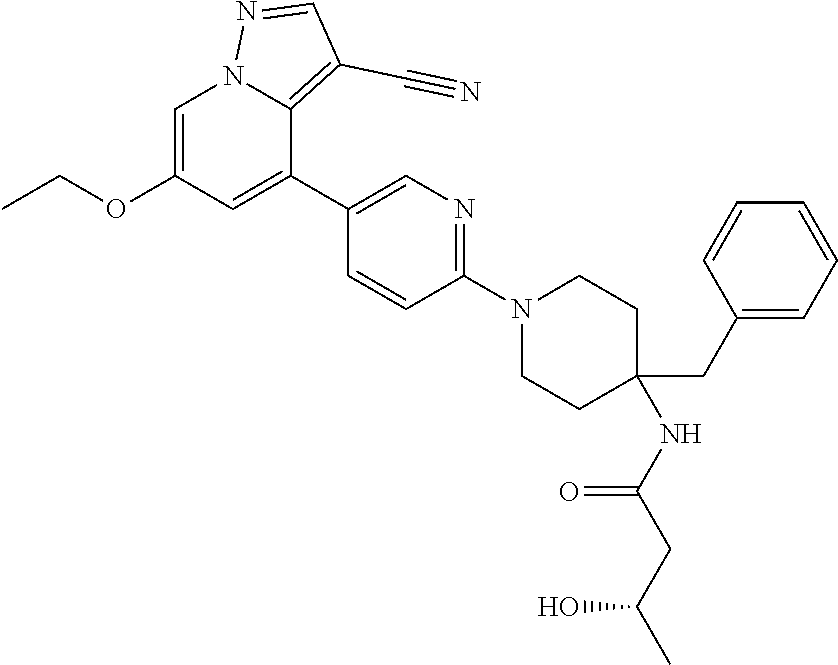
C01247
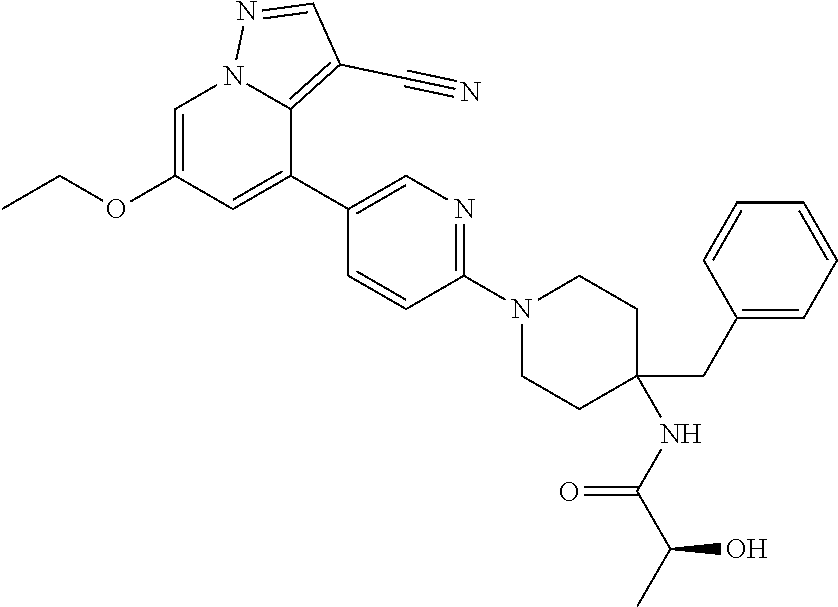
C01248
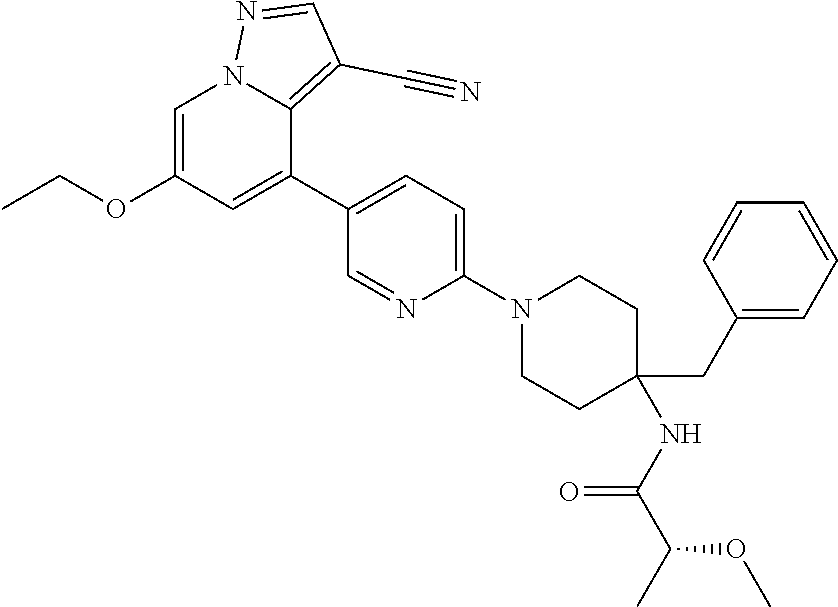
C01249
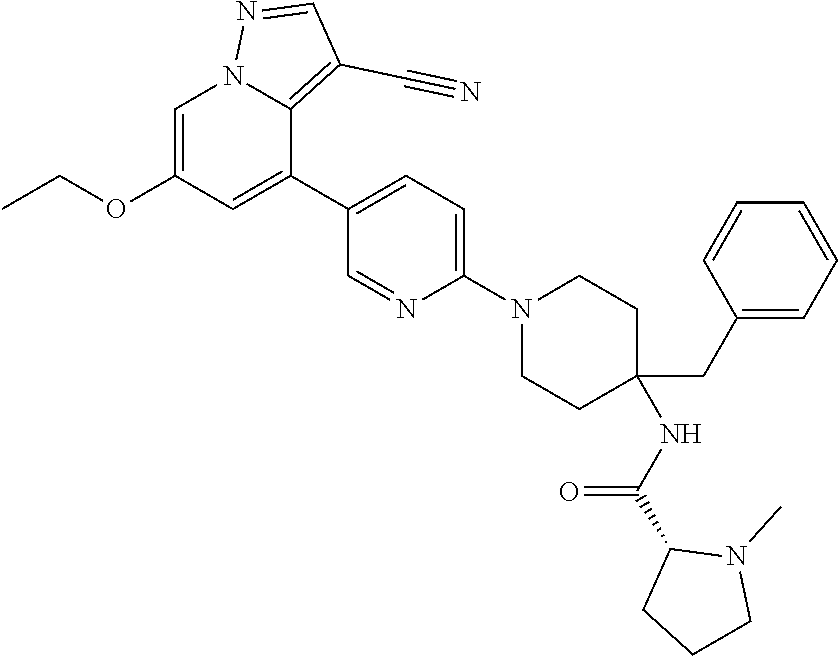
C01250
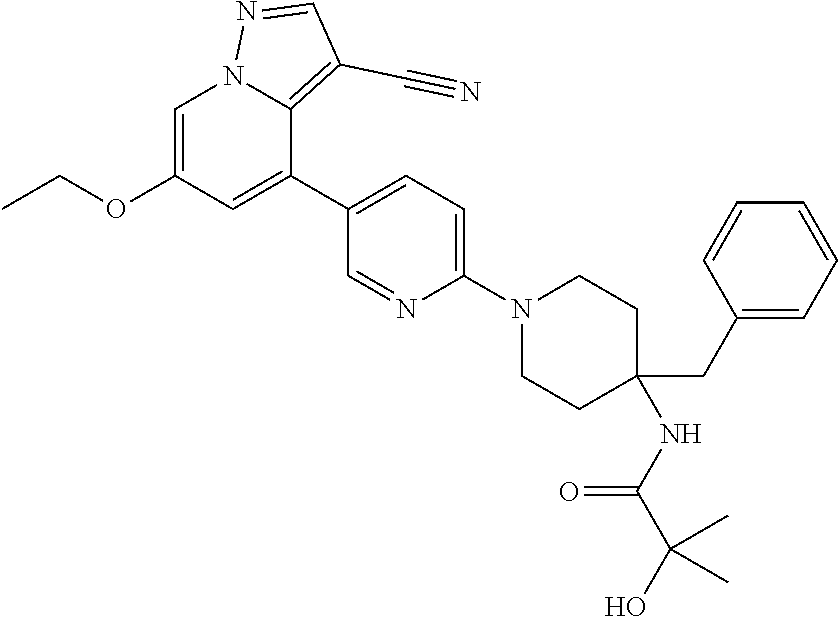
C01251
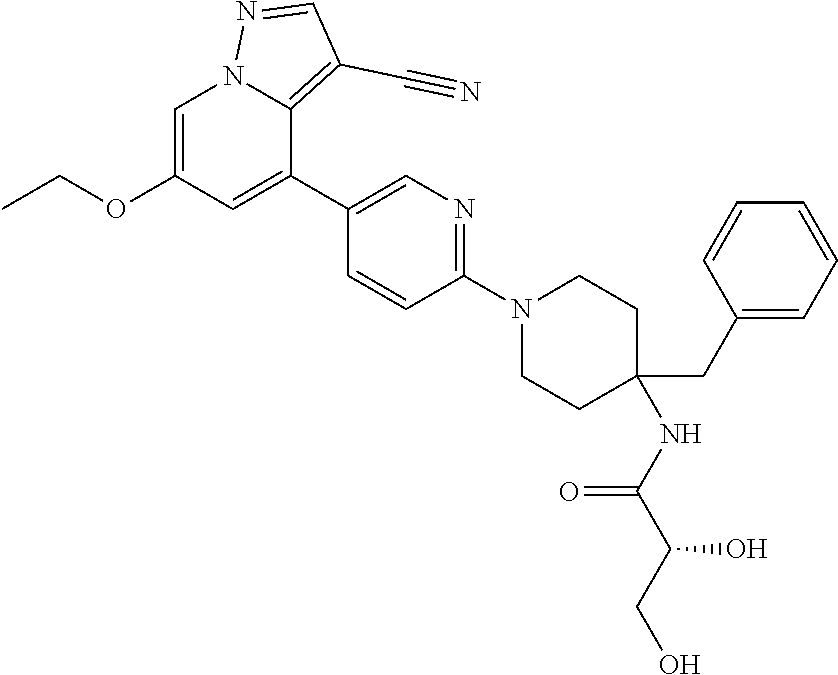
C01252
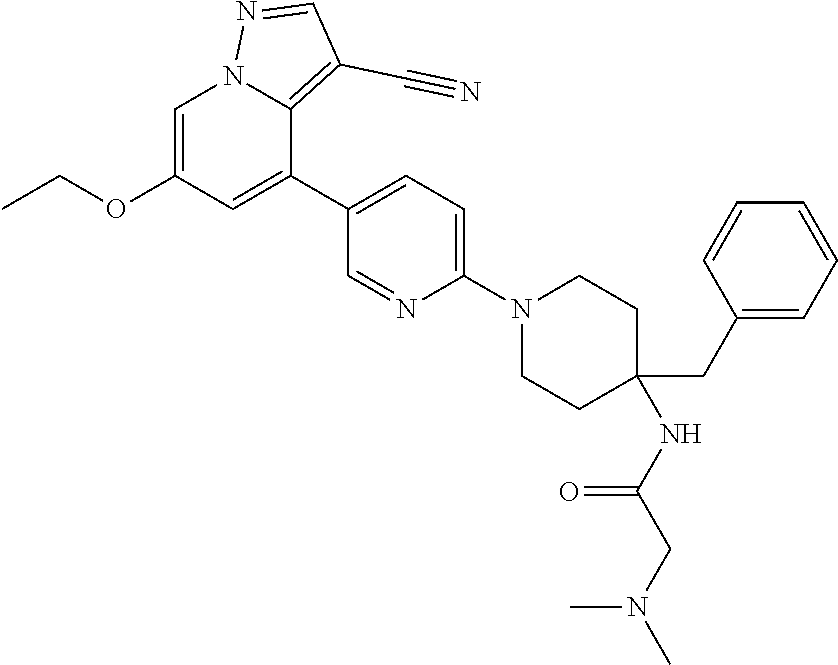
C01253
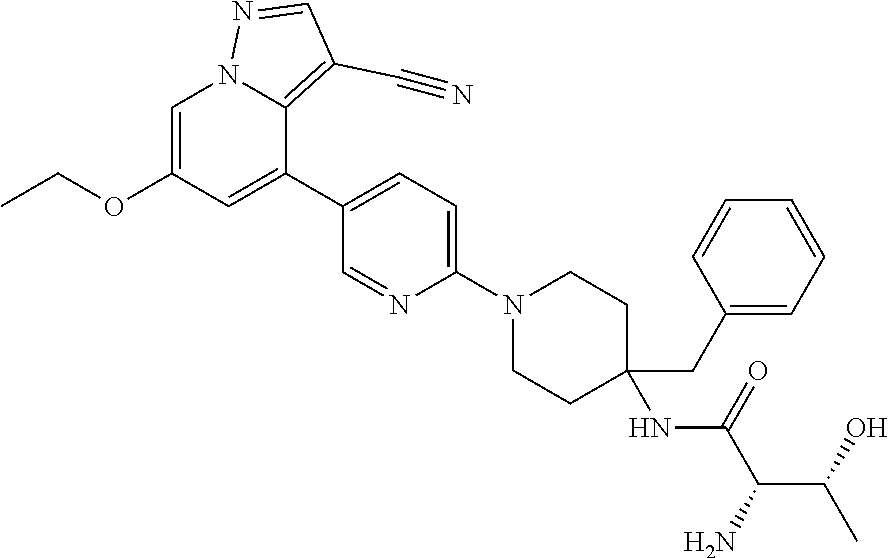
C01254

C01255
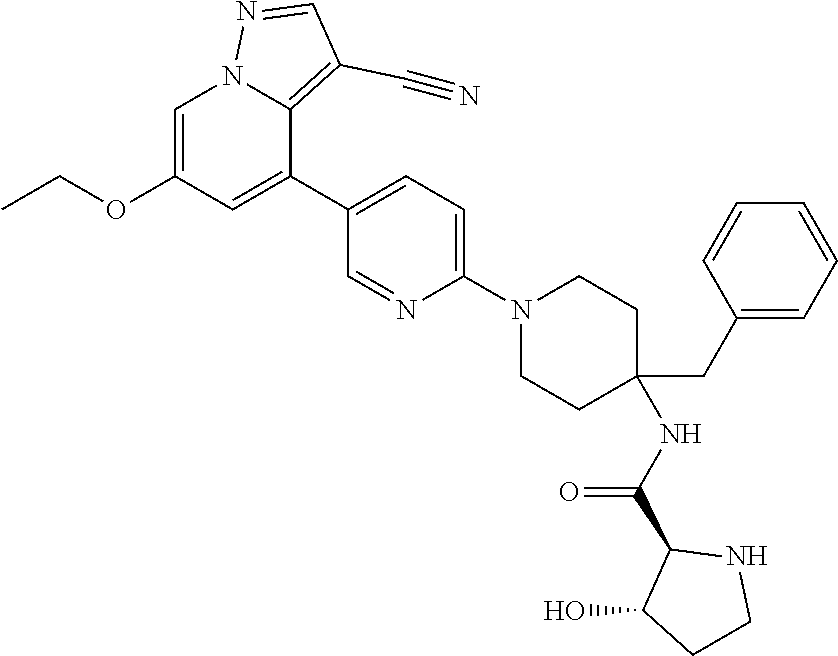
C01256
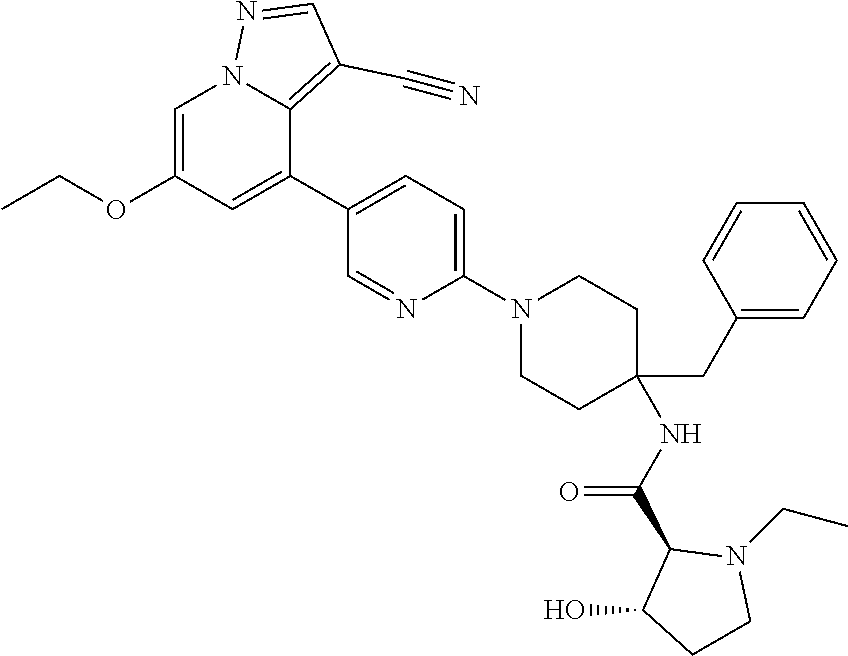
C01257
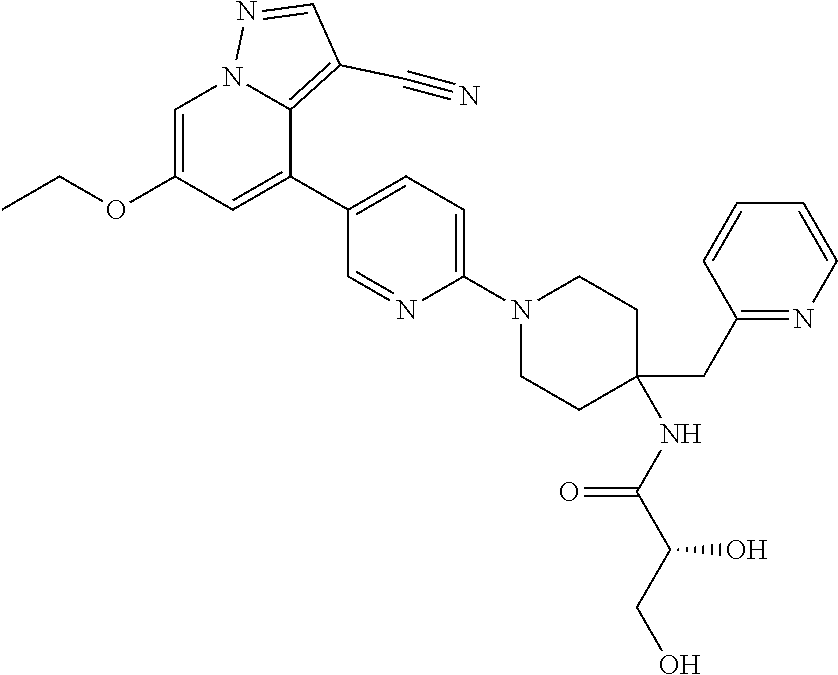
C01258
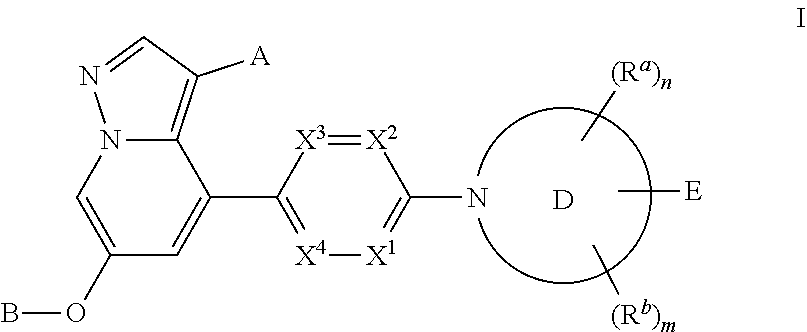
C01259
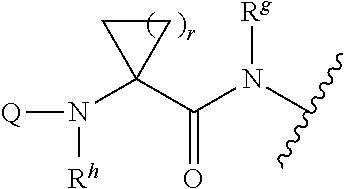
C01260
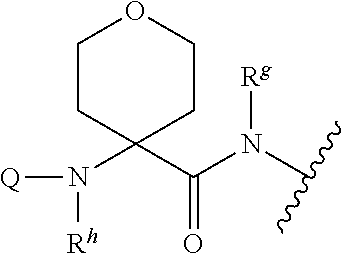
C01261
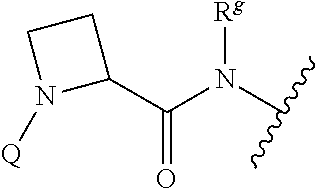
C01262

C01263

C01264
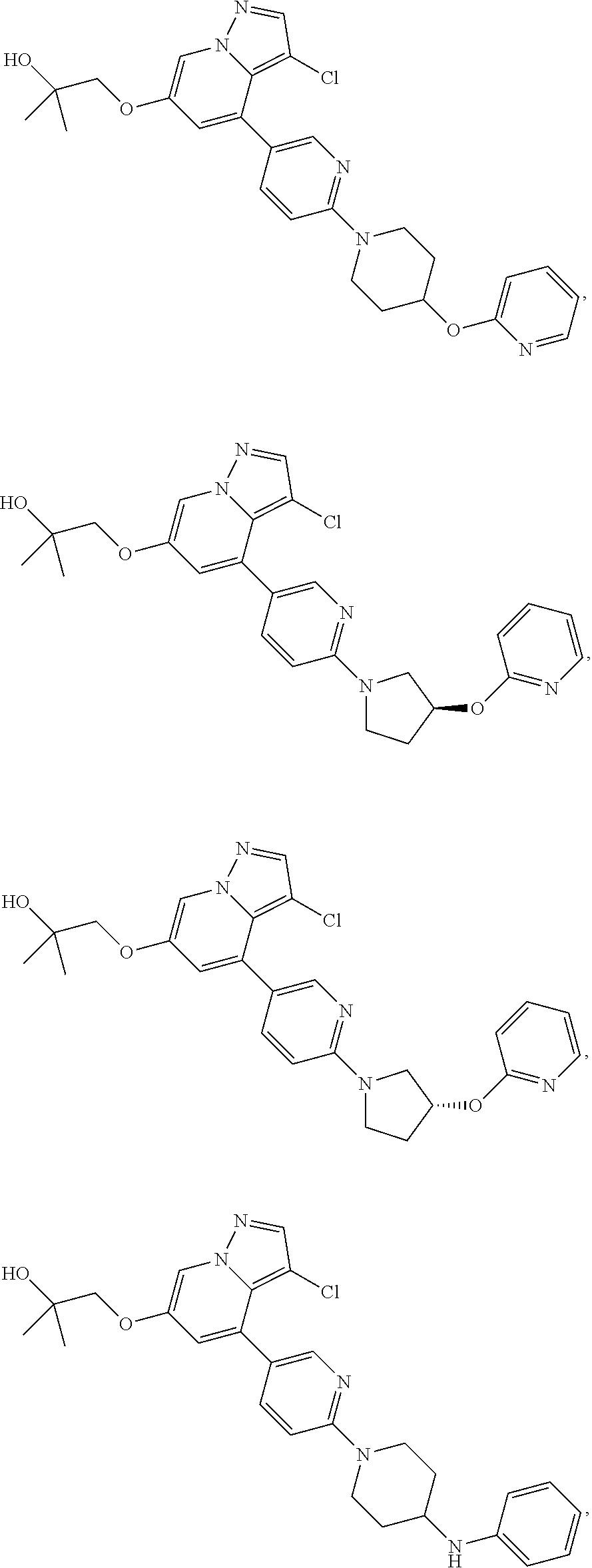
C01265

S00001
XML
uspto.report is an independent third-party trademark research tool that is not affiliated, endorsed, or sponsored by the United States Patent and Trademark Office (USPTO) or any other governmental organization. The information provided by uspto.report is based on publicly available data at the time of writing and is intended for informational purposes only.
While we strive to provide accurate and up-to-date information, we do not guarantee the accuracy, completeness, reliability, or suitability of the information displayed on this site. The use of this site is at your own risk. Any reliance you place on such information is therefore strictly at your own risk.
All official trademark data, including owner information, should be verified by visiting the official USPTO website at www.uspto.gov. This site is not intended to replace professional legal advice and should not be used as a substitute for consulting with a legal professional who is knowledgeable about trademark law.